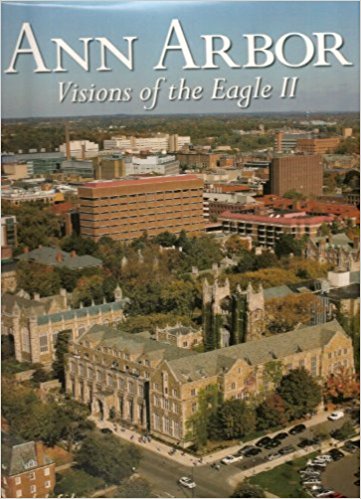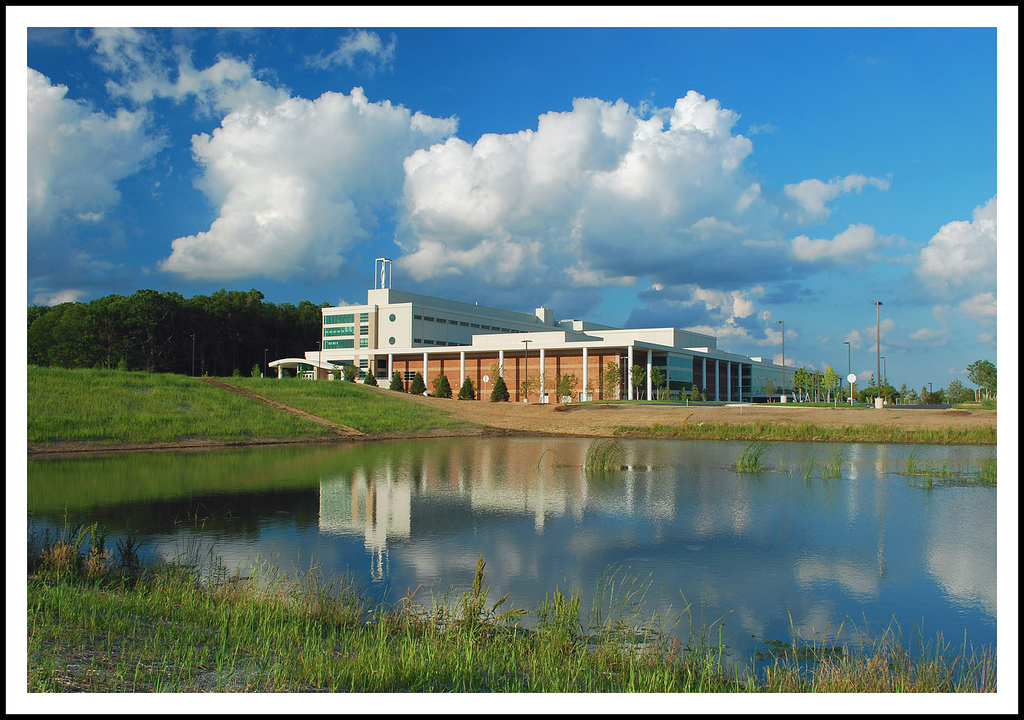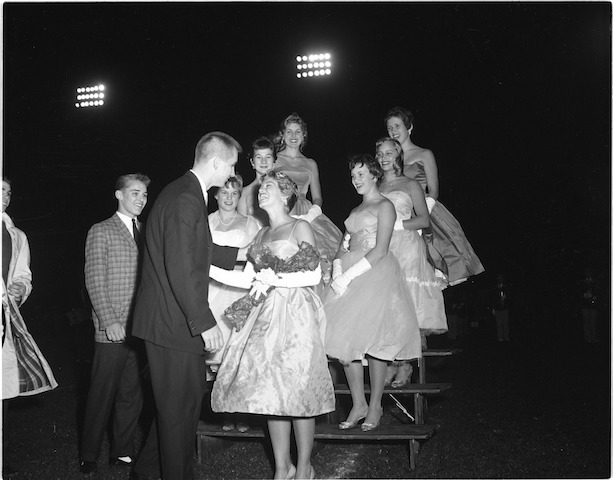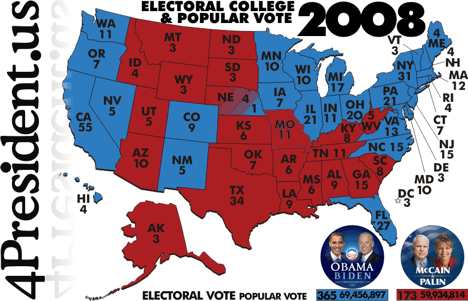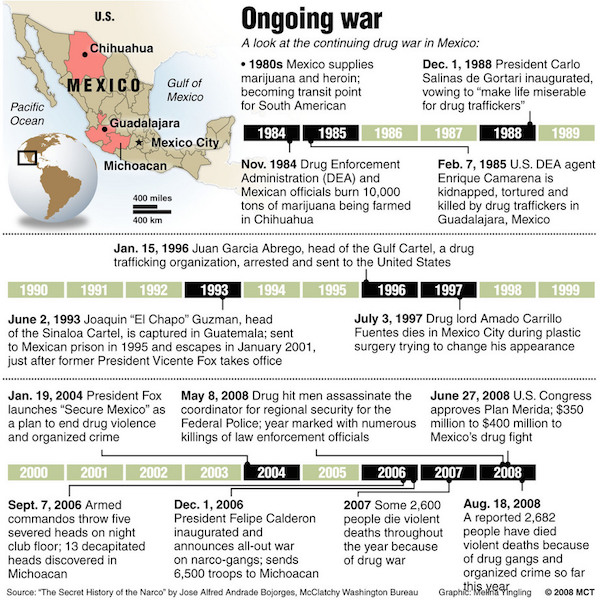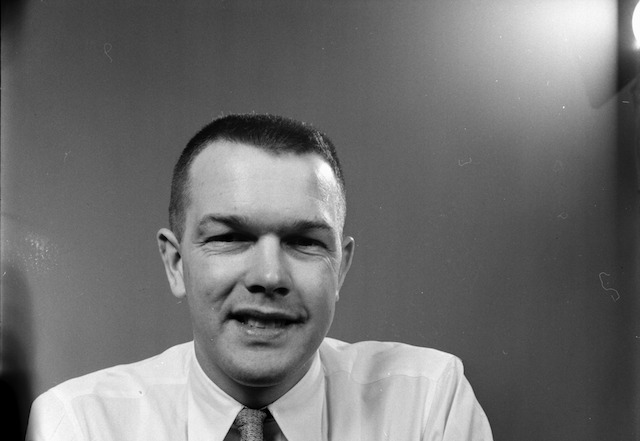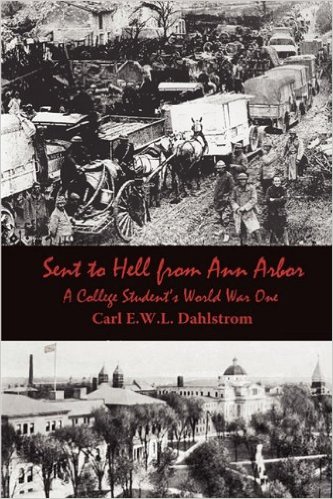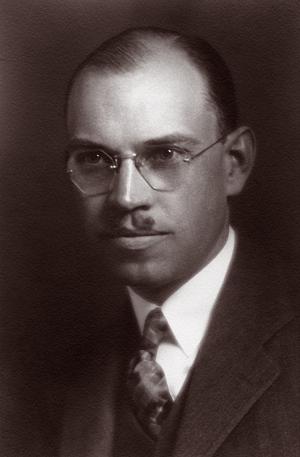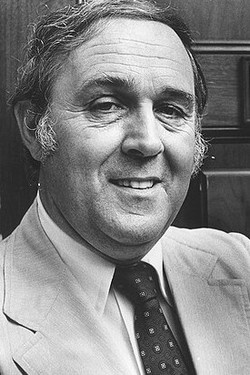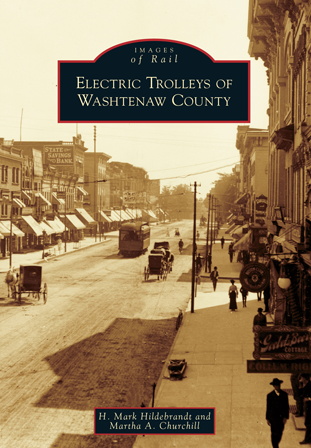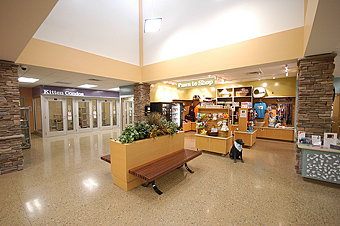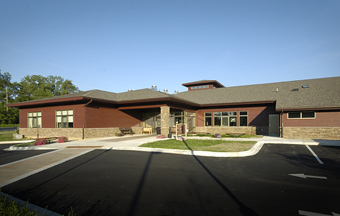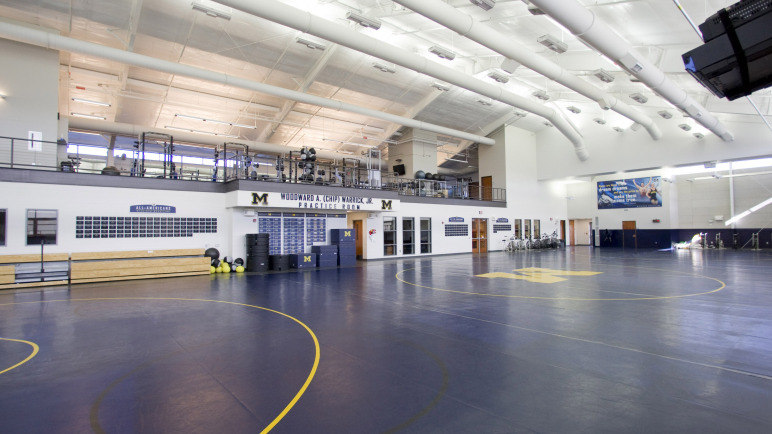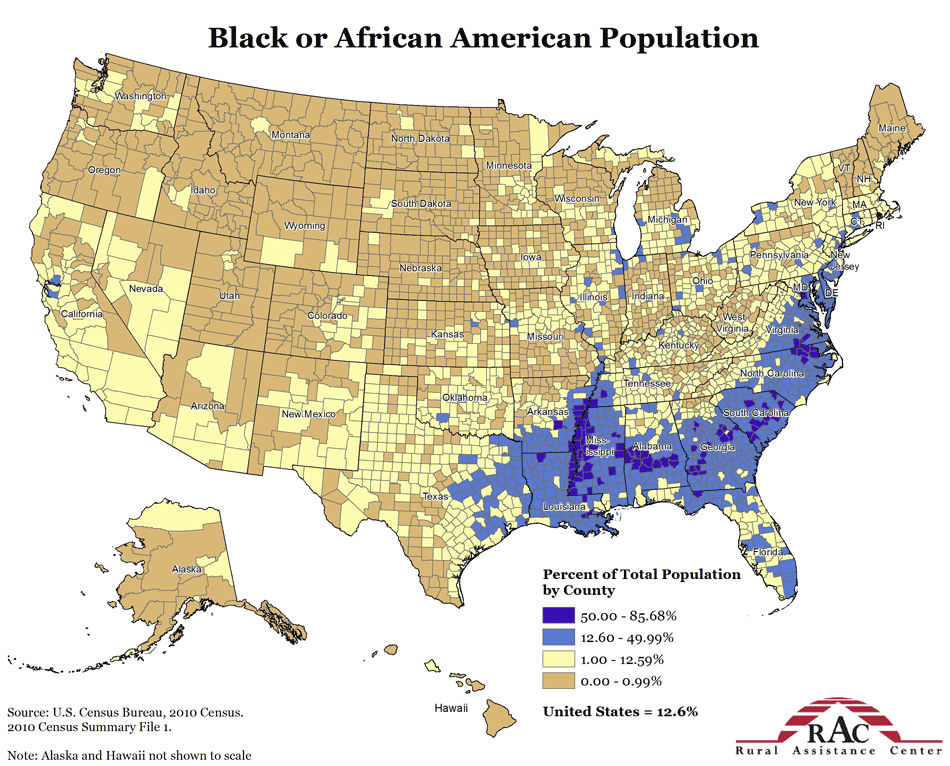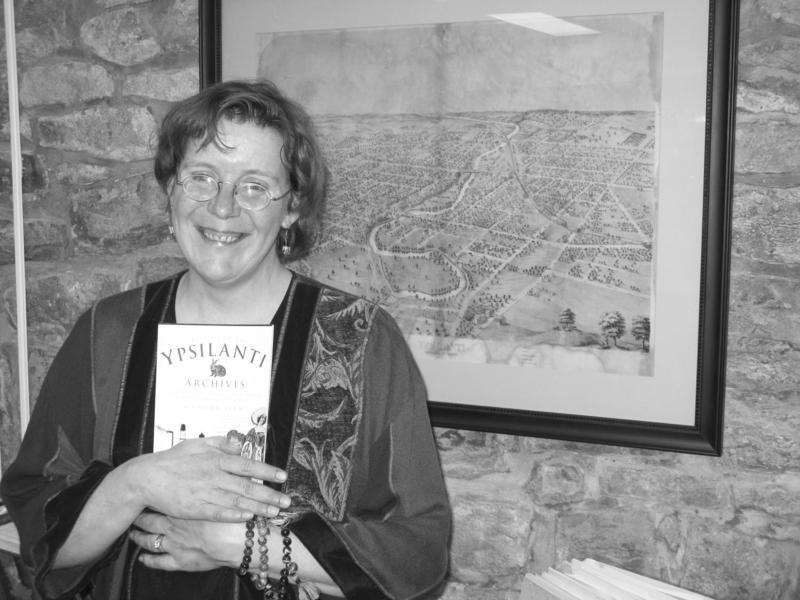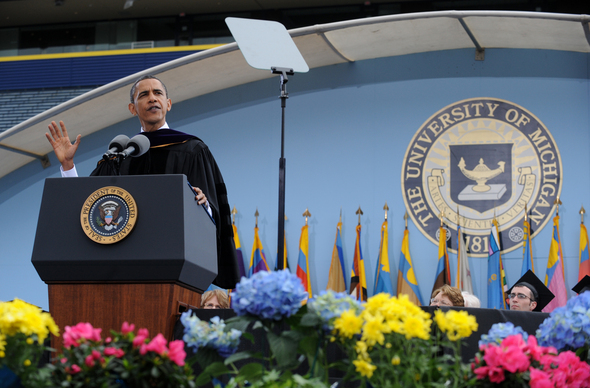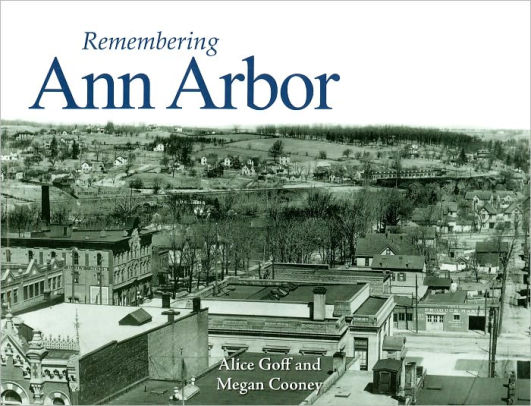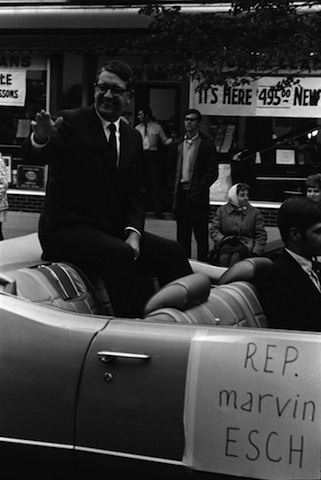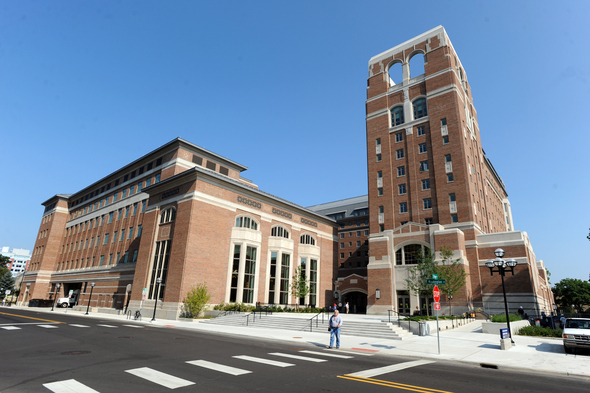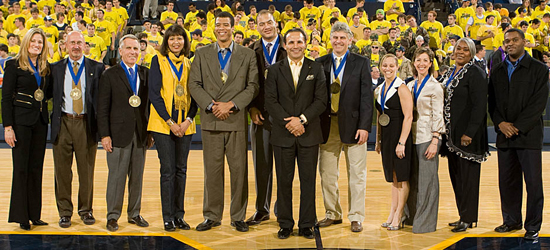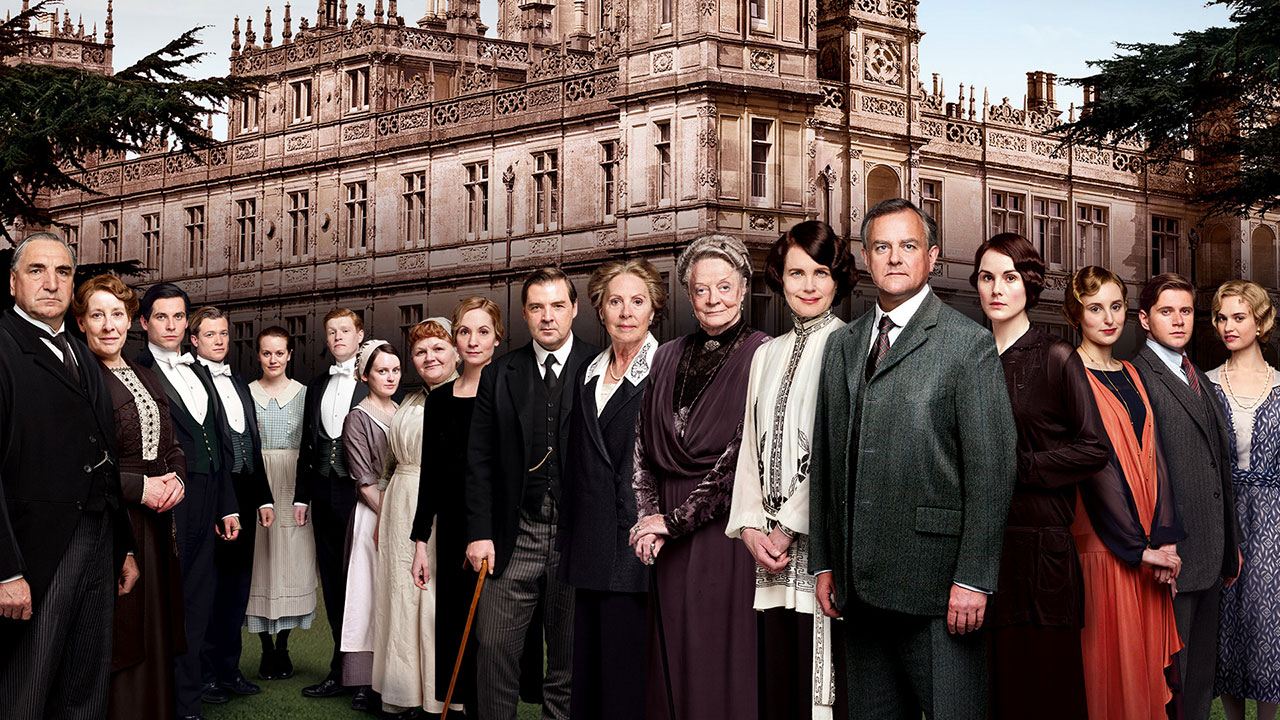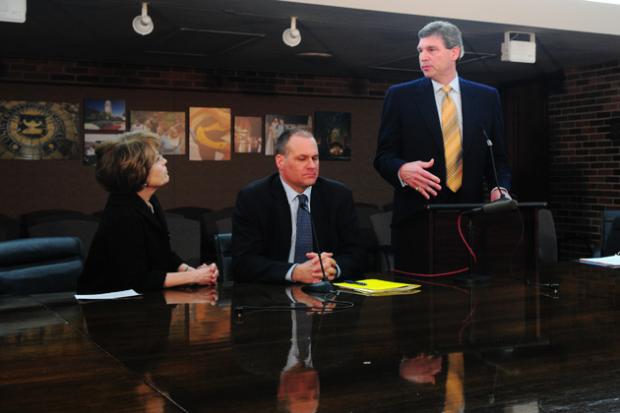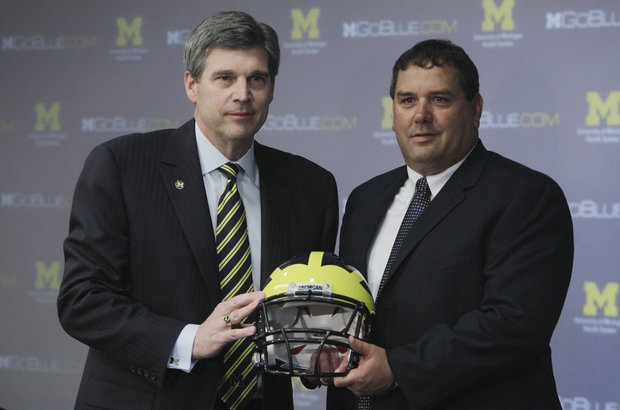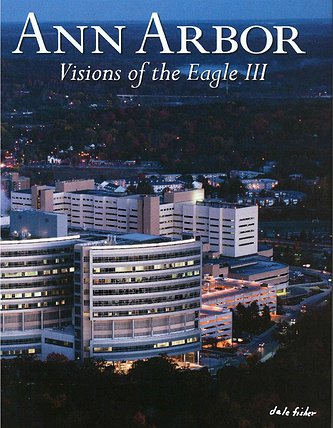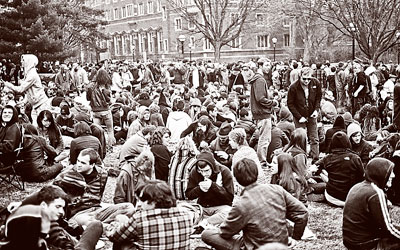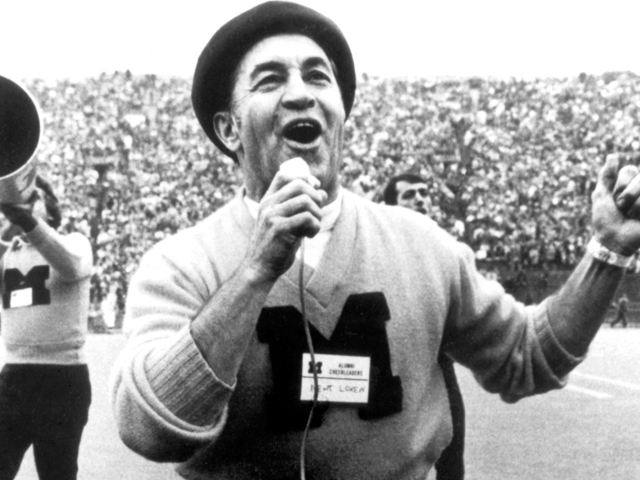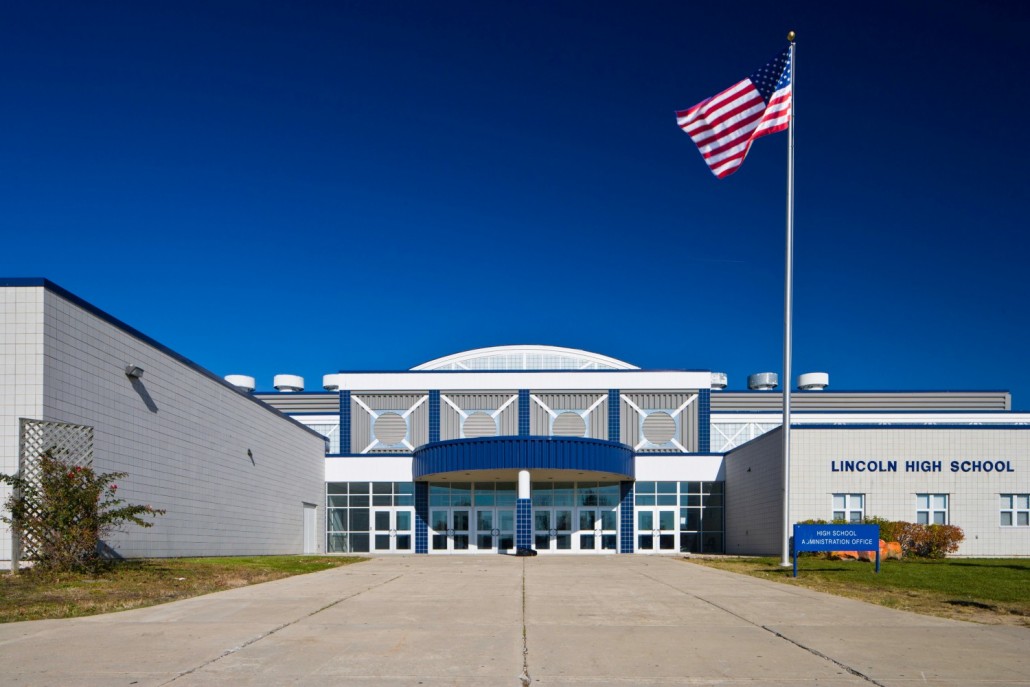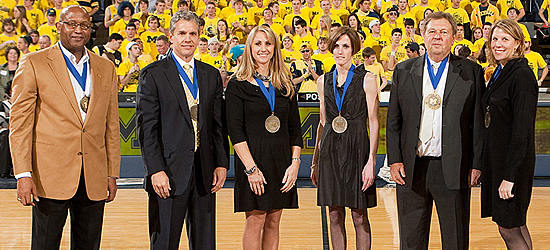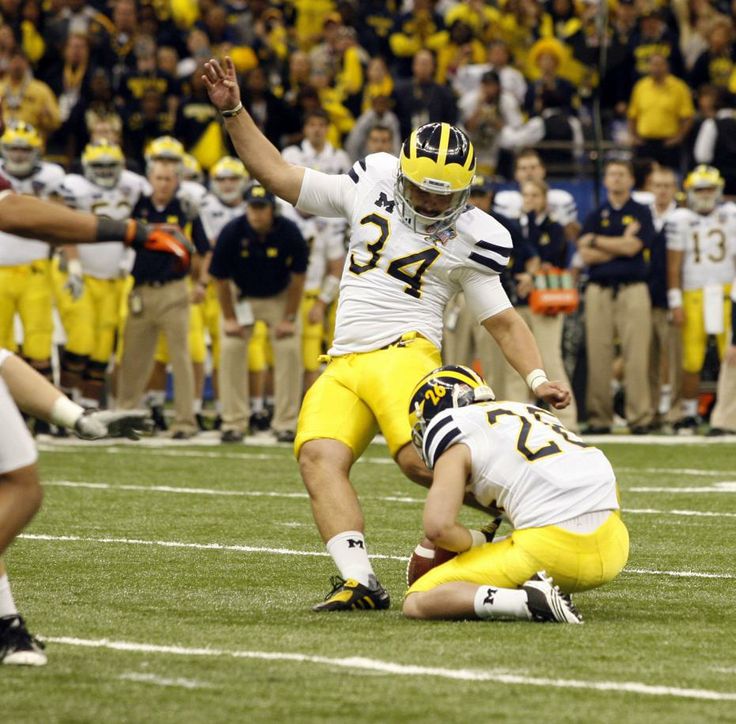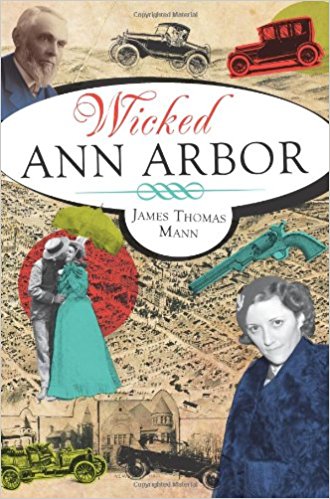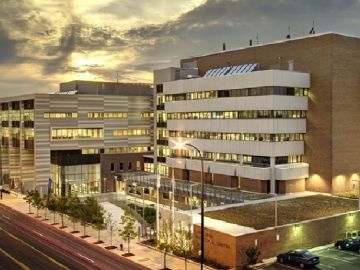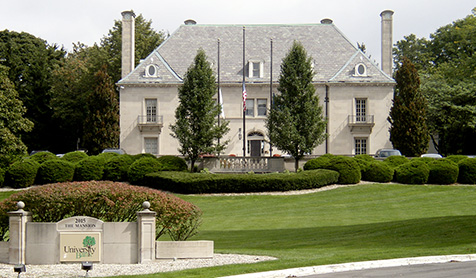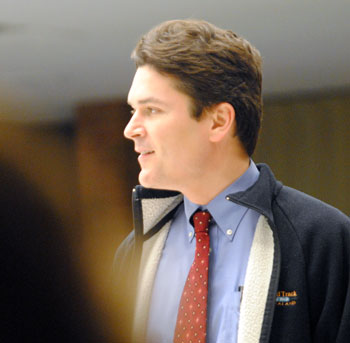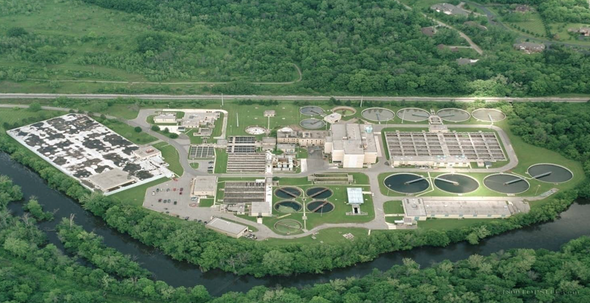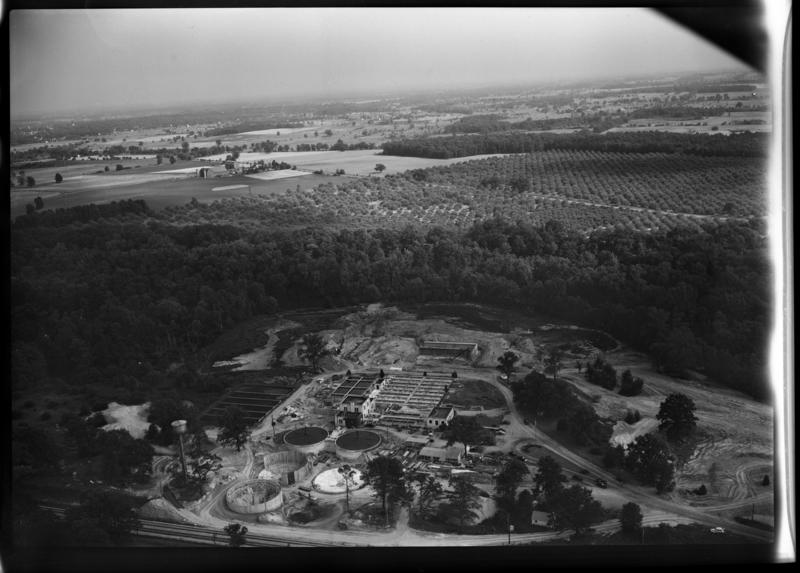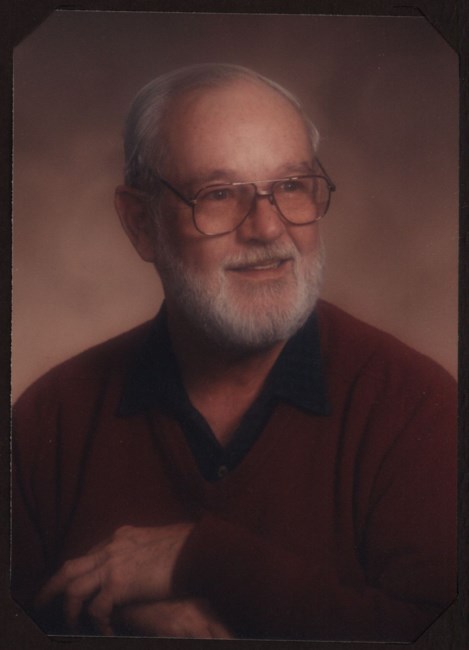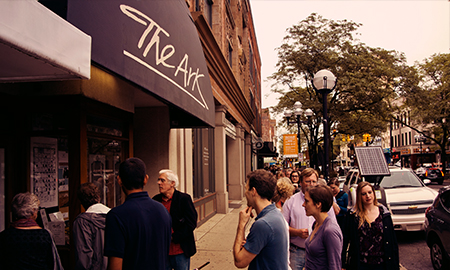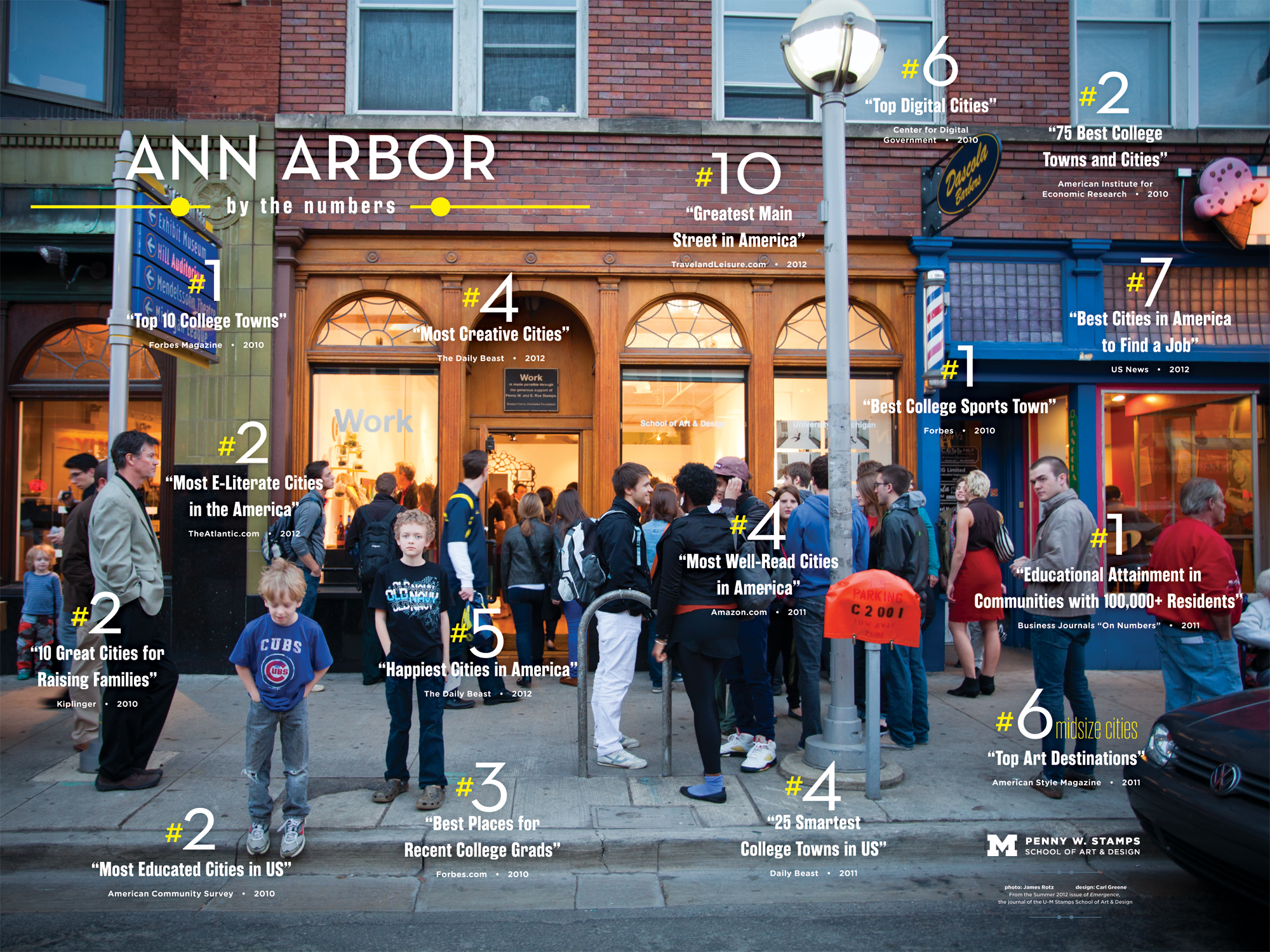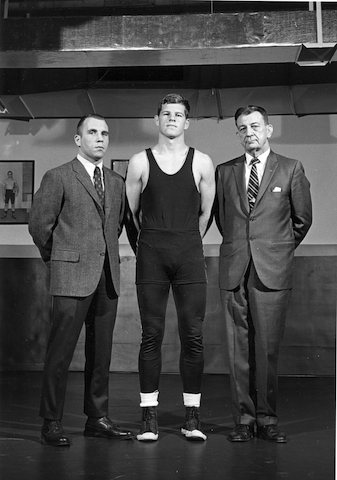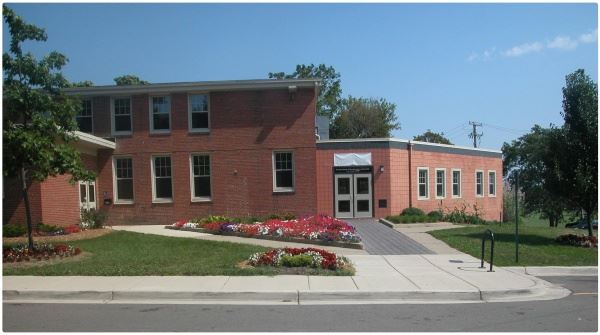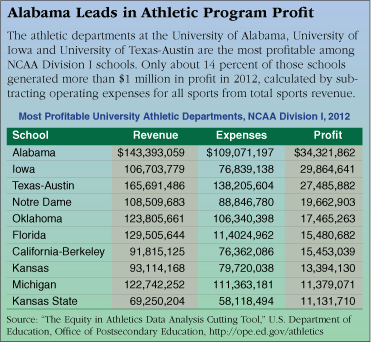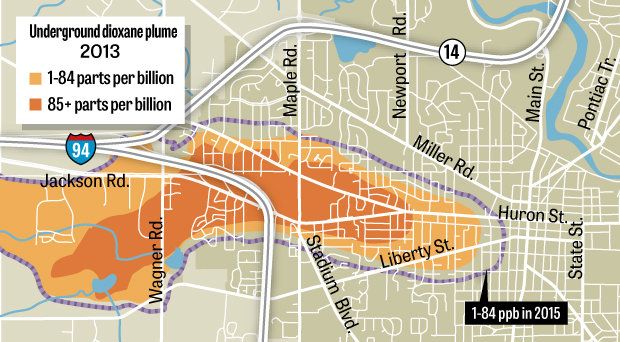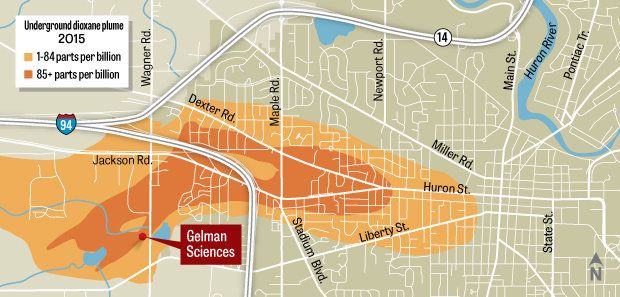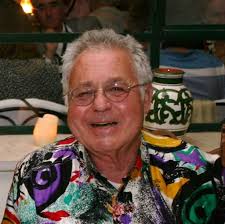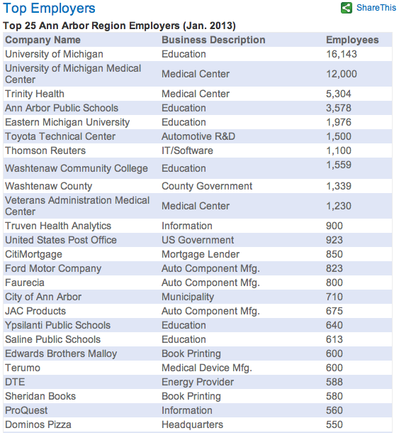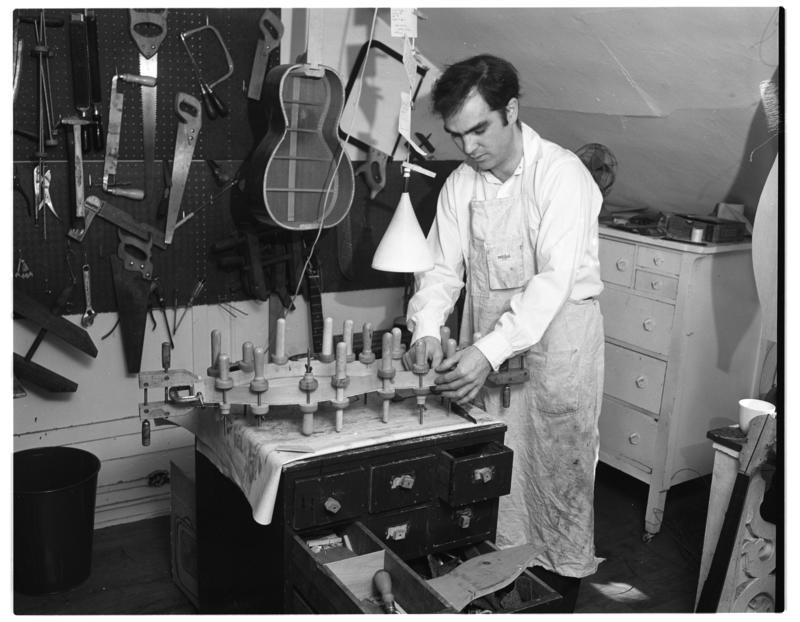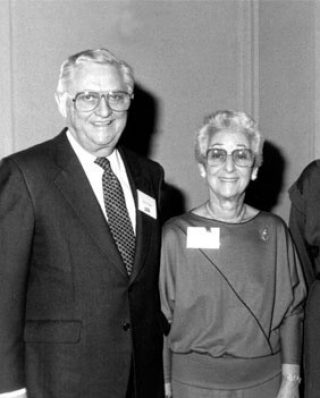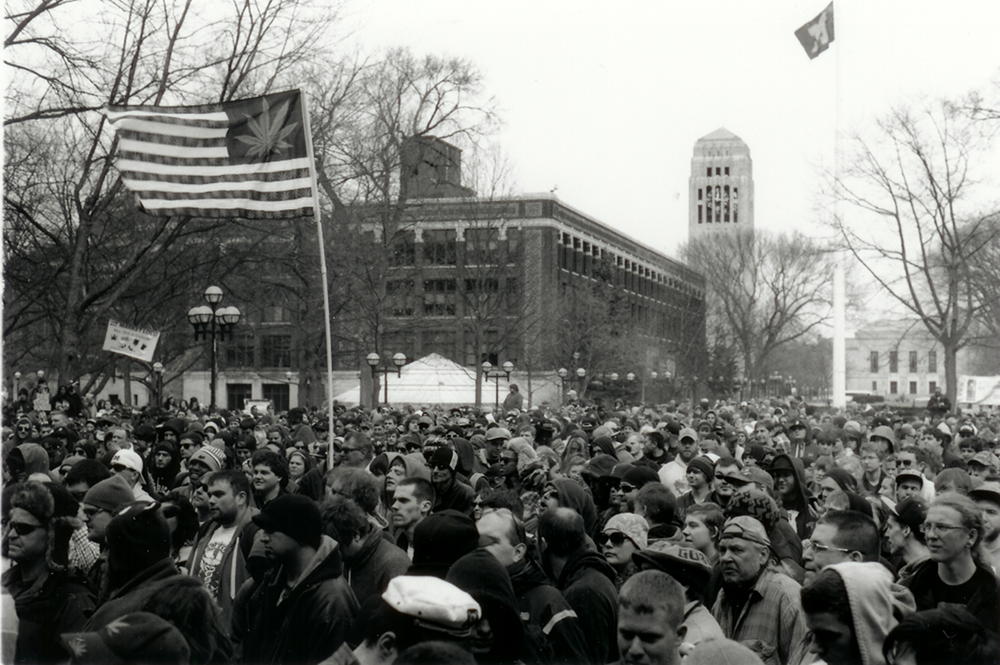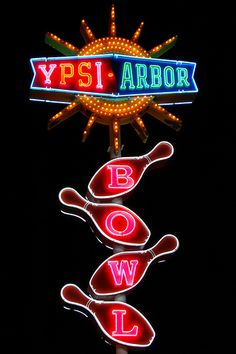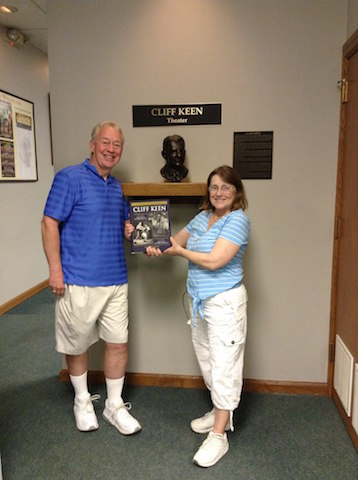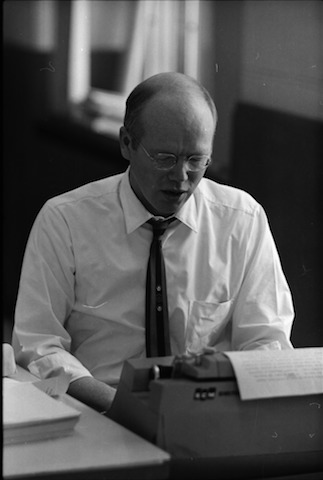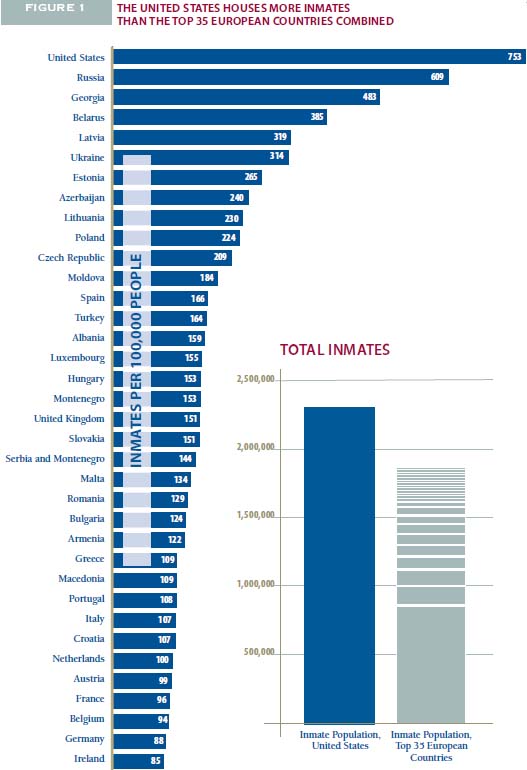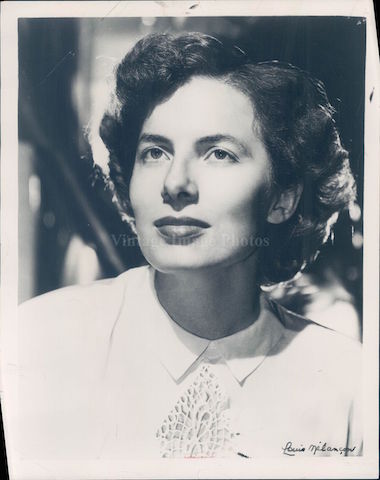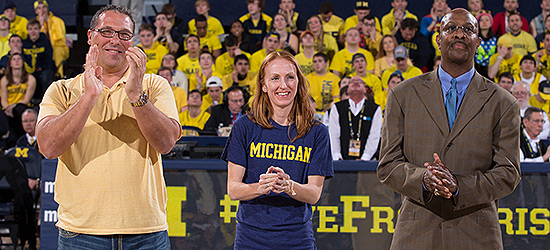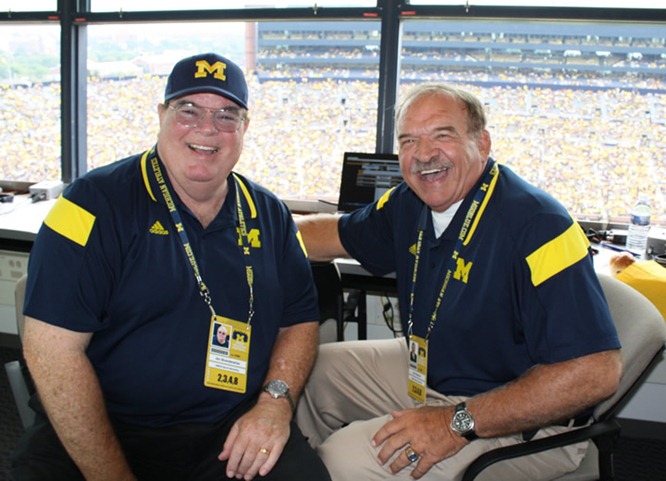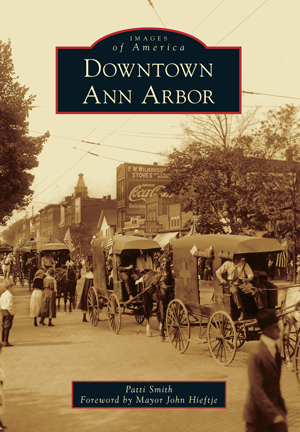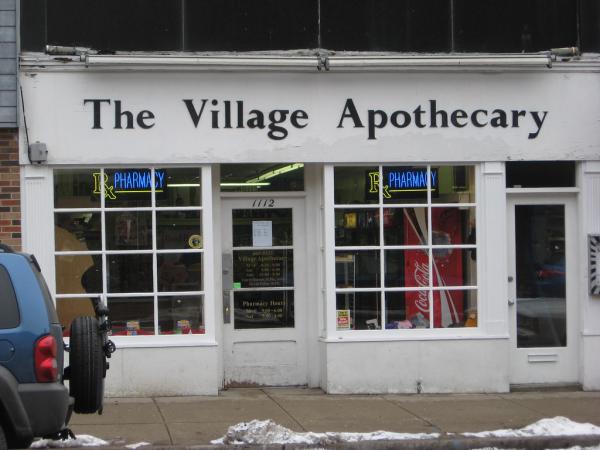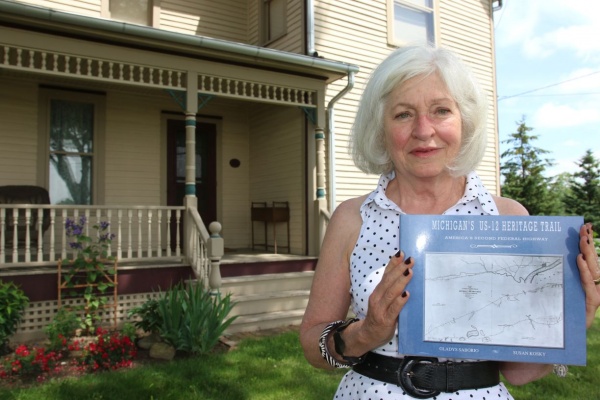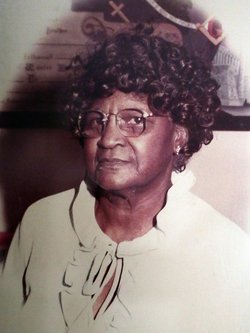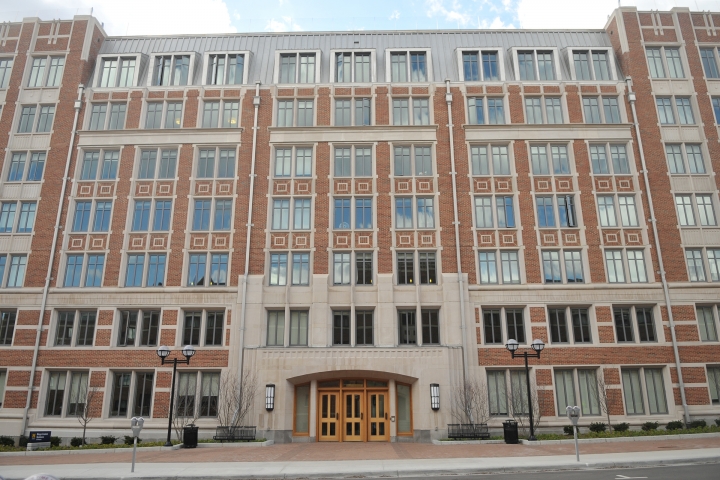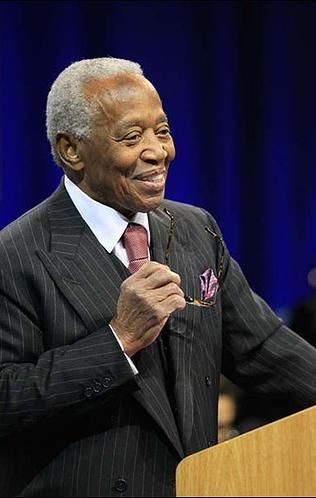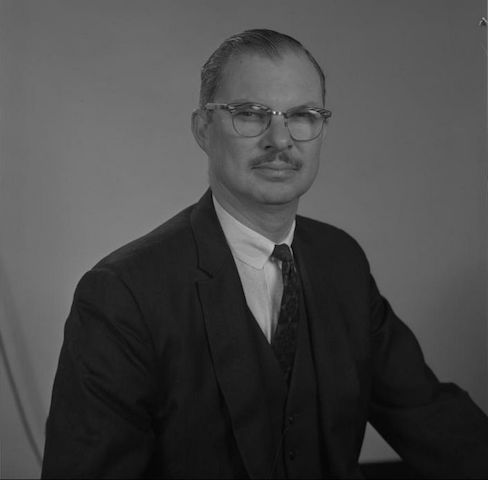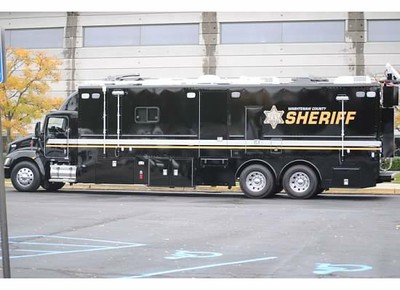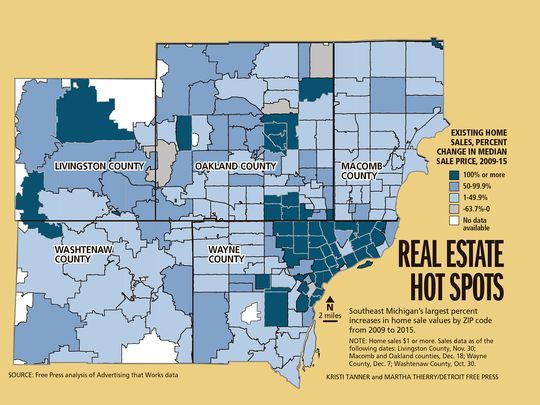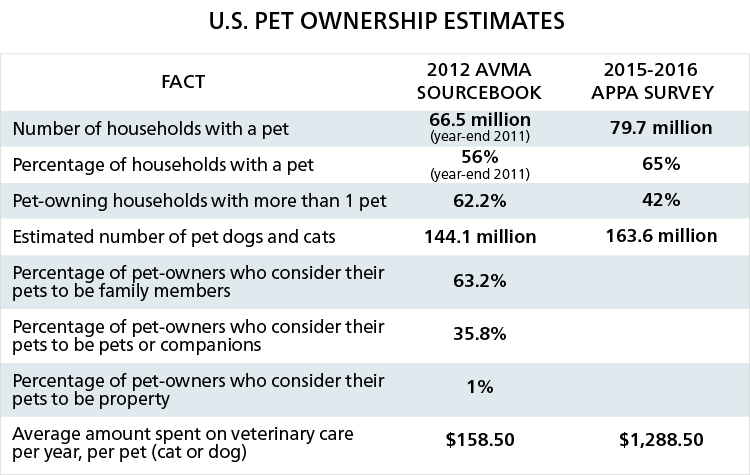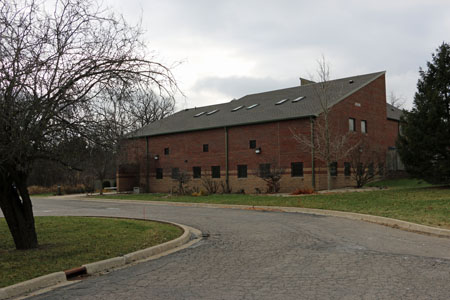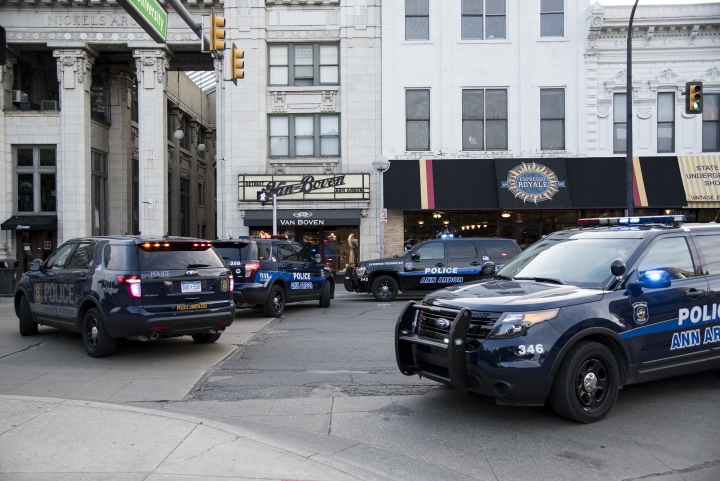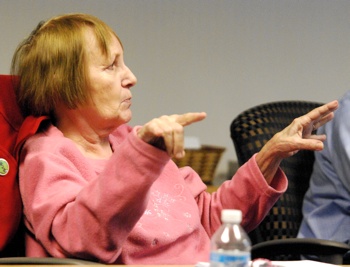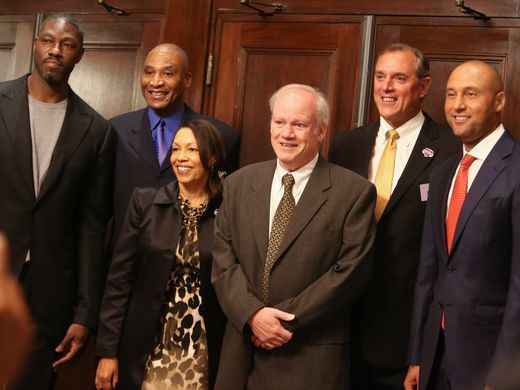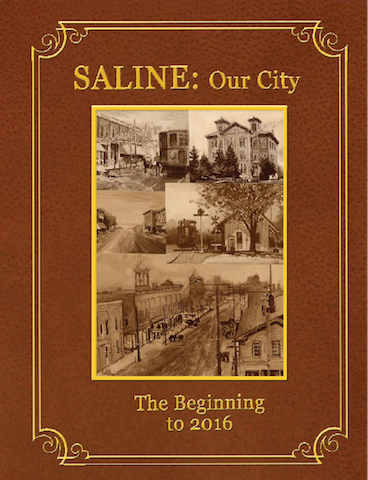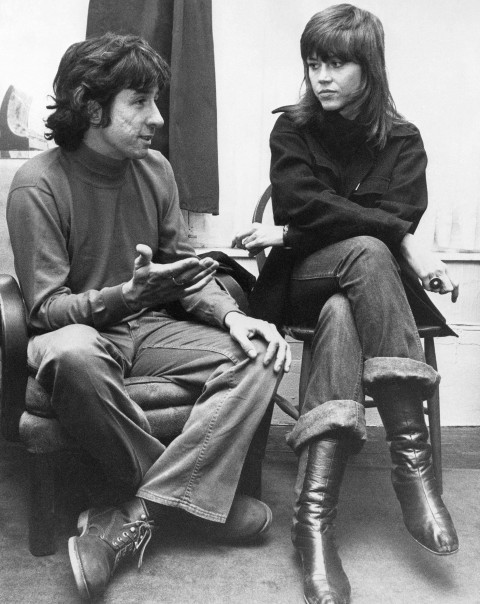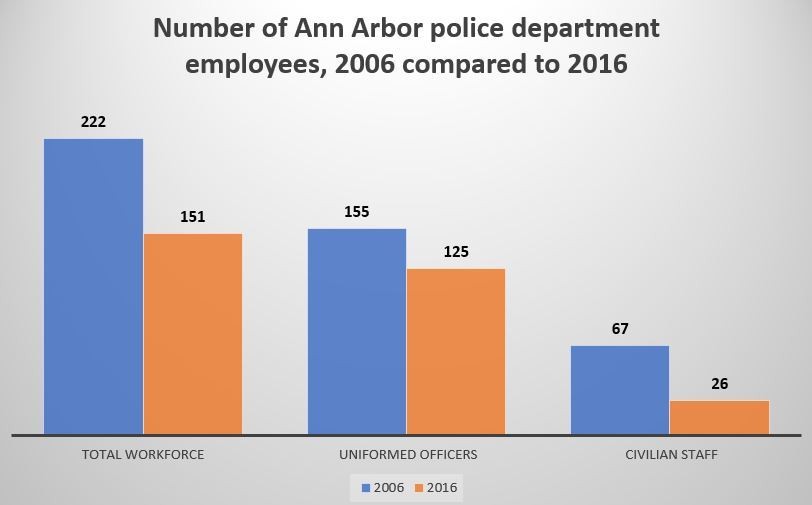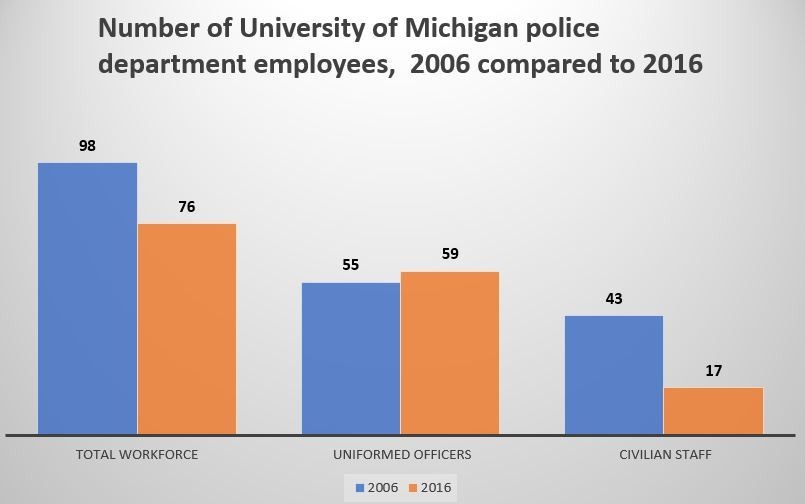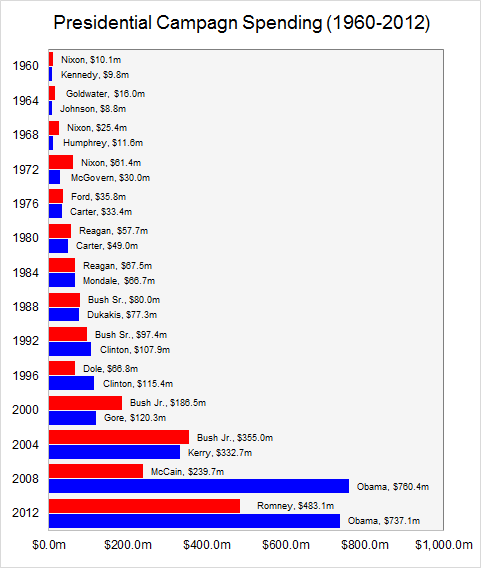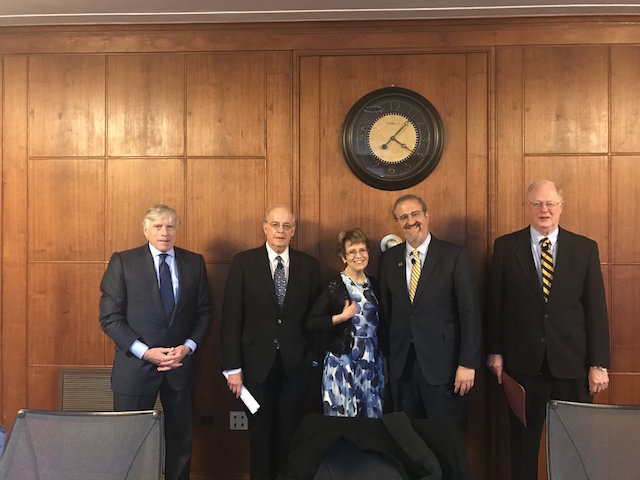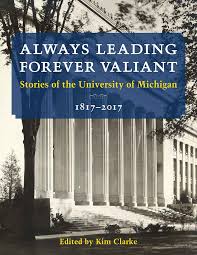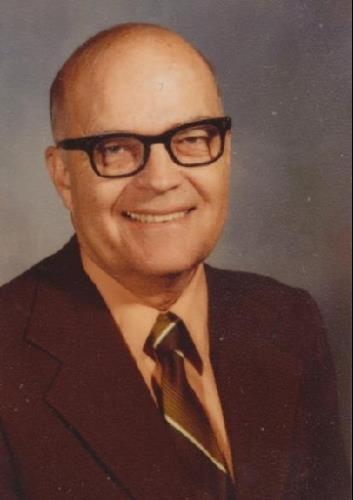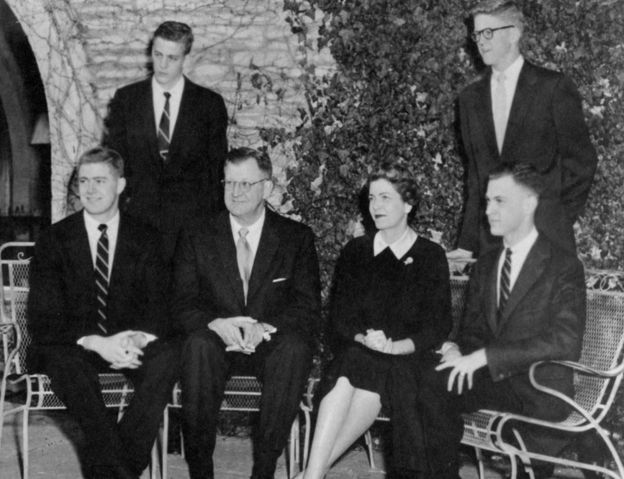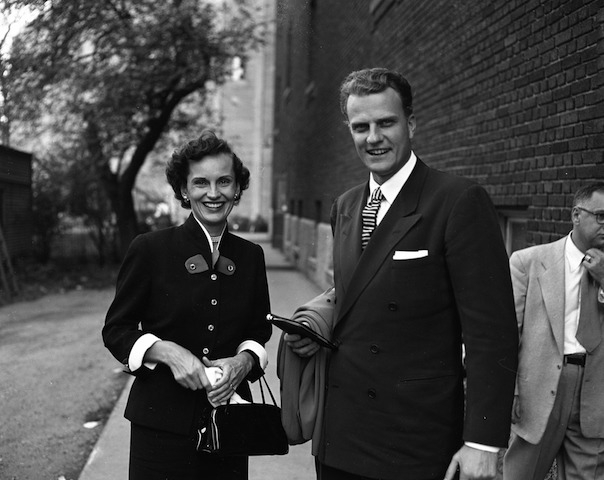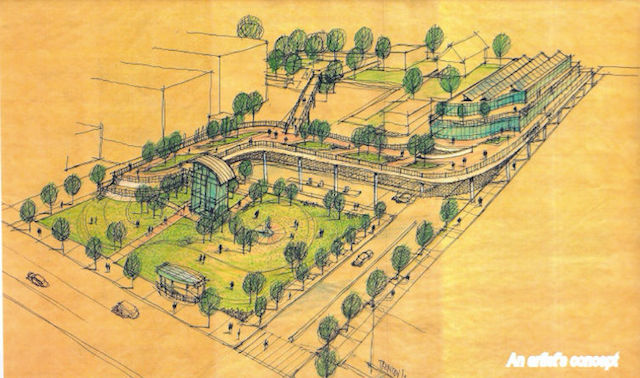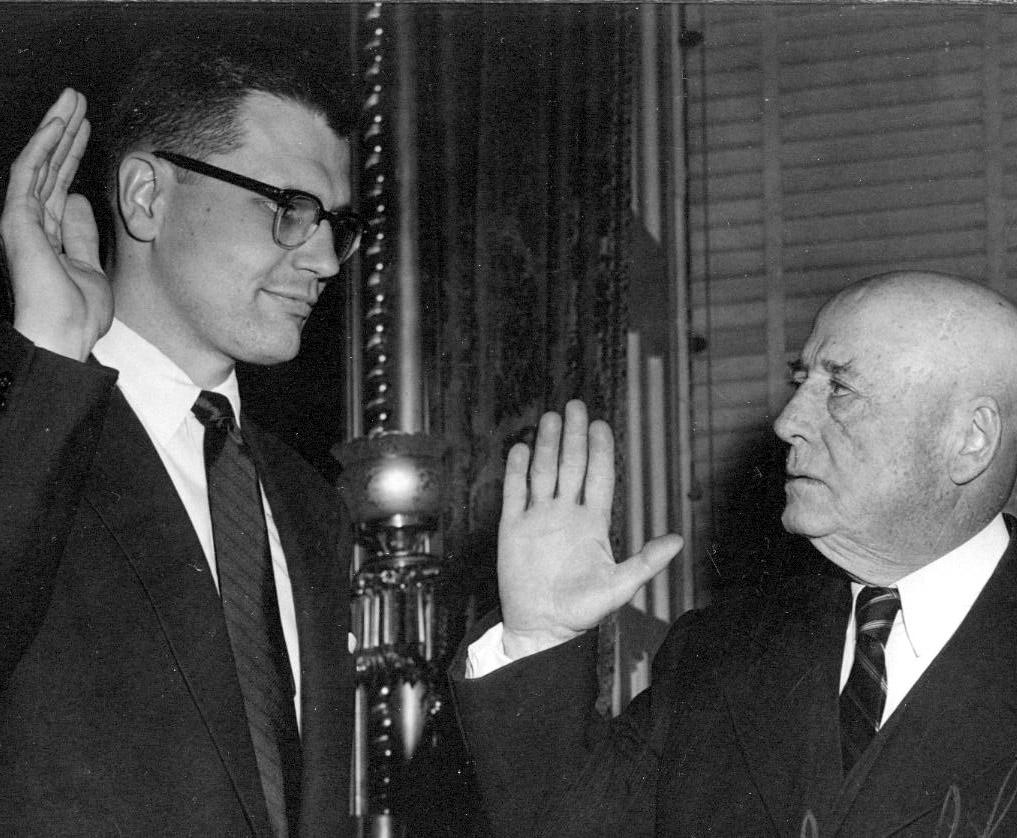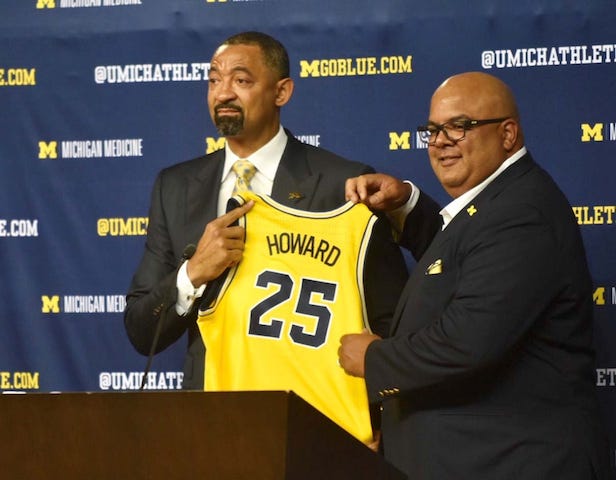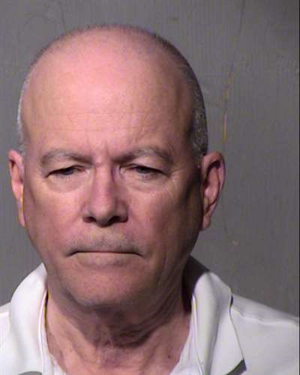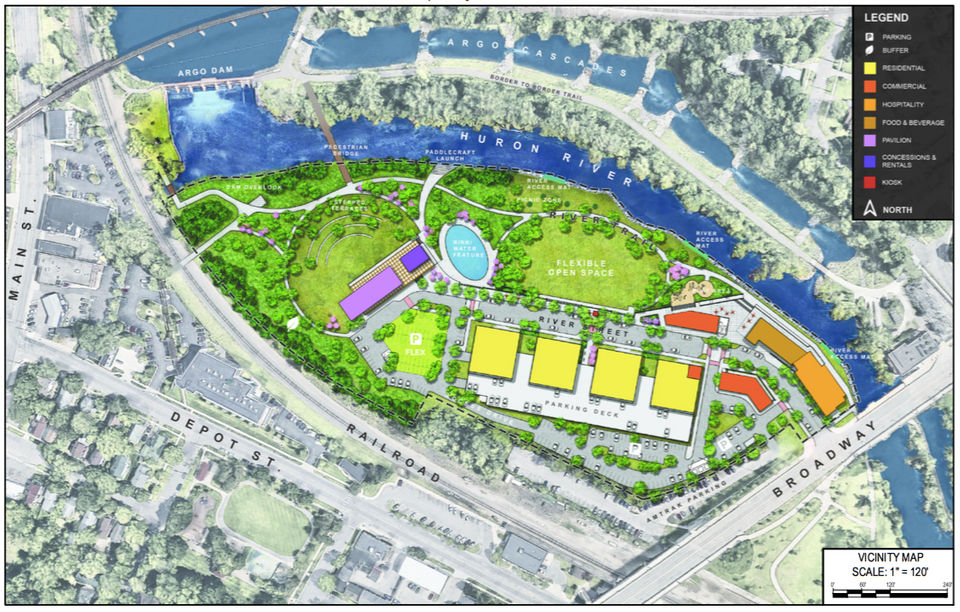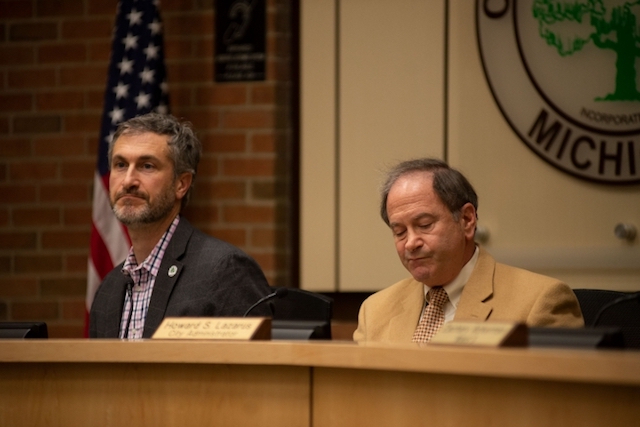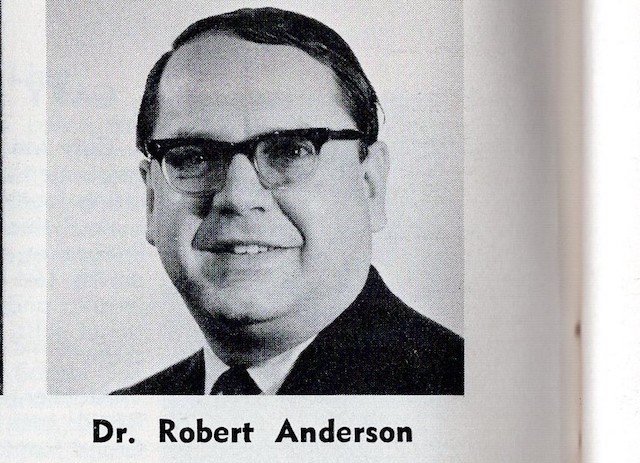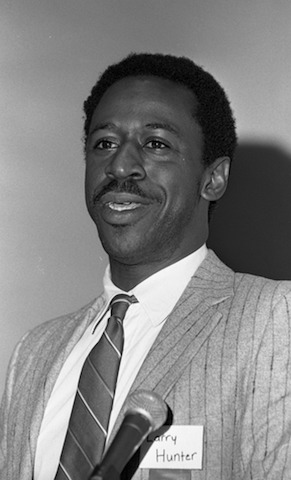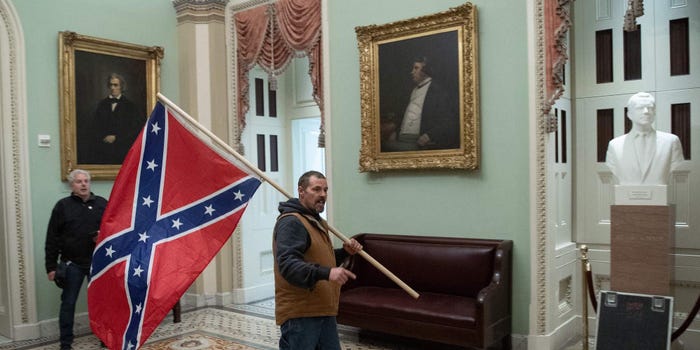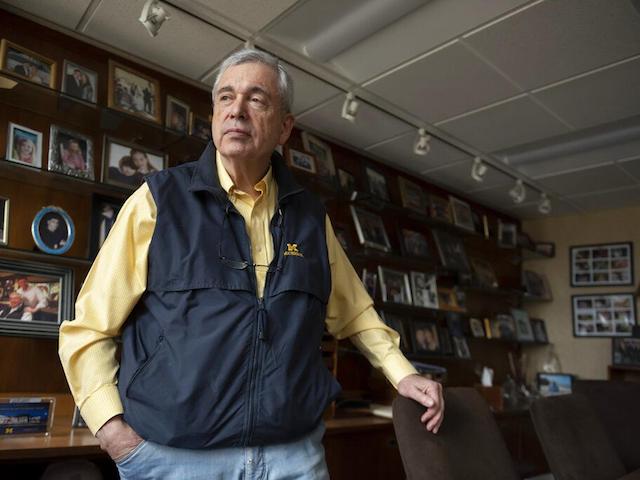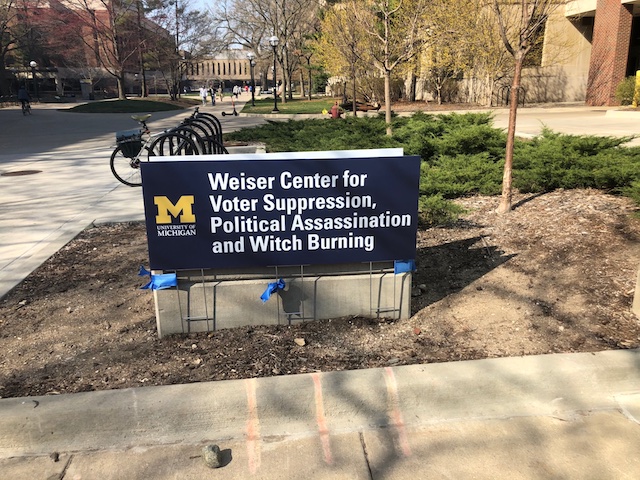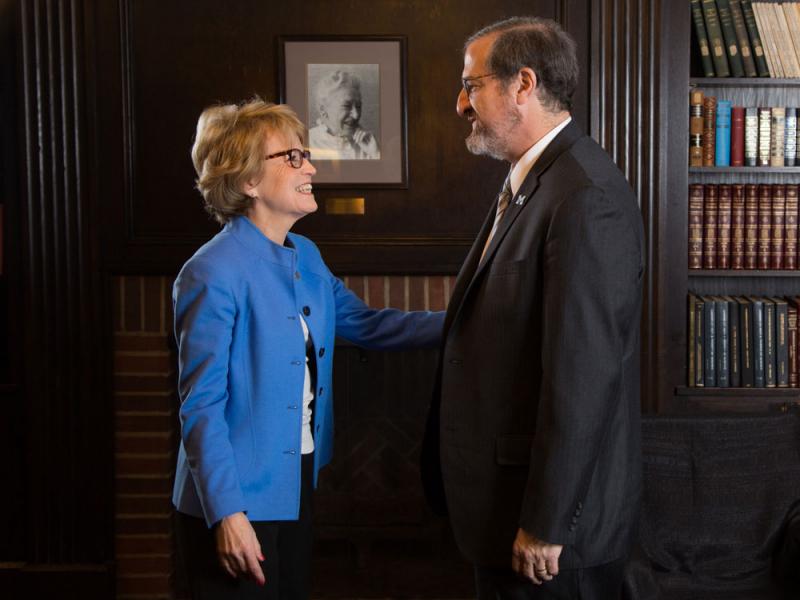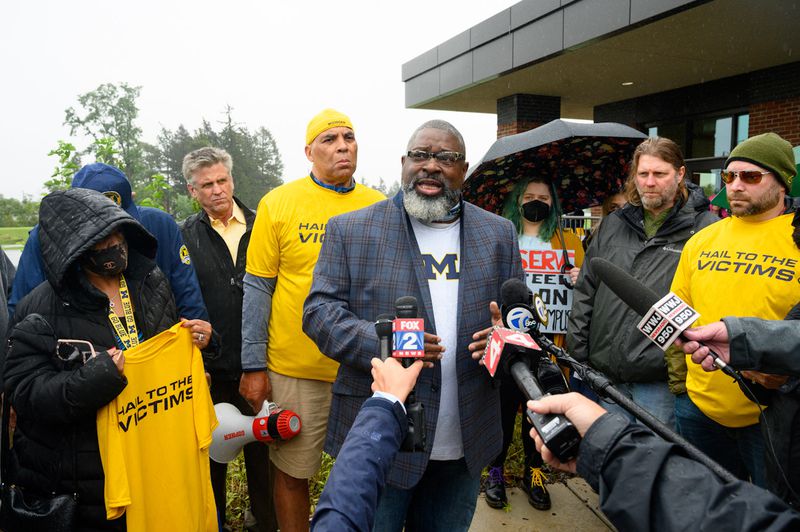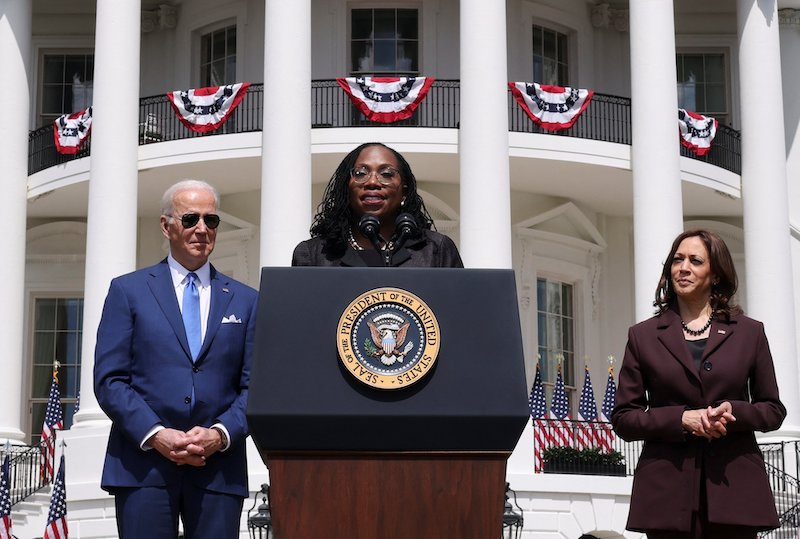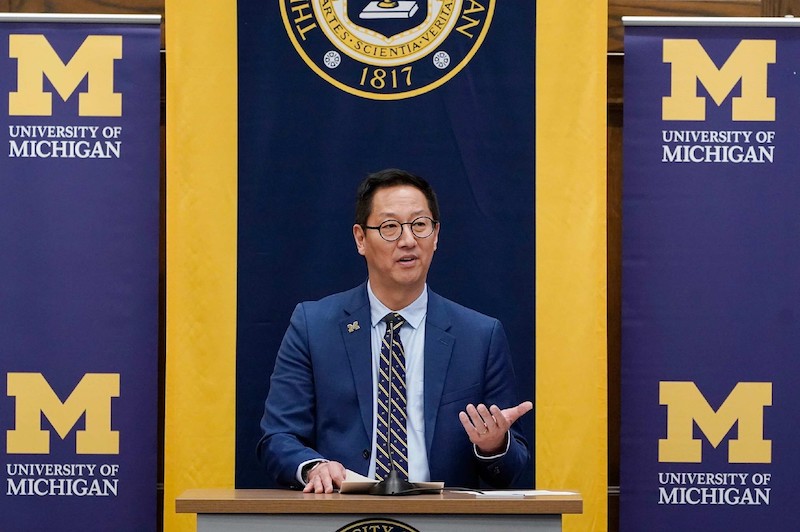Timeline of Ann Arbor and Washtenaw County Area History including its many Tragedies, Crises, Disasters, and Shocking News:


The Laurentide Glacier formed The Great Lakes and Lake Algonquin with several phases causing changes to the region

The Beaver or Iroquois Wars erupted in 1629 and continued for decades to 1701
On April 6, 1680, French Explorer, Robert Cavelier, Sieu de La Salle and four companions were led by a Mohican guide down the Huron River

French Explorer, Cadillac, journied to Michigan and both Fort Ponchartrain was founded in 1701 along with Michigan's first church, St. Anne's; Fort Michilimackinac was founded in 1715
John Locke, the father of Liberalism, passed away on October 28, 1704 at the age of 72
The first continuous newspaper was published at Boston in 1704: The Boston News-Letter
French troops massacred over 1,000 Fox Indians at the head of the Detroit River; Grosse Pointe got its start after the massacre. The Fox Wars continued through 1716.
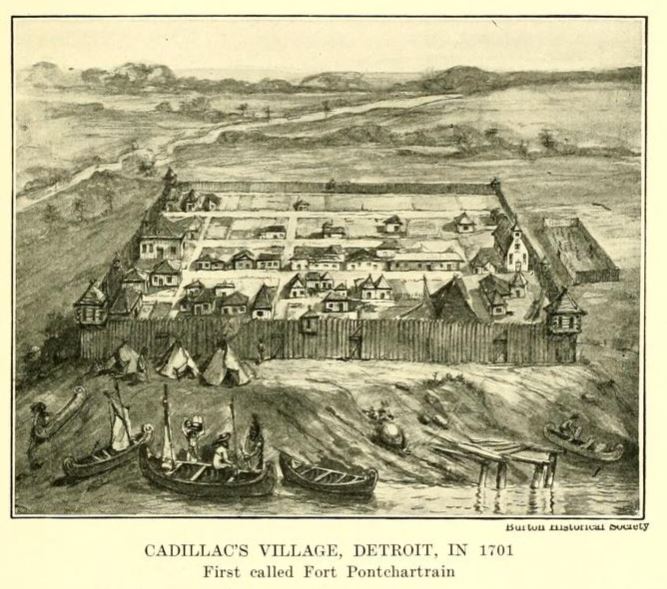
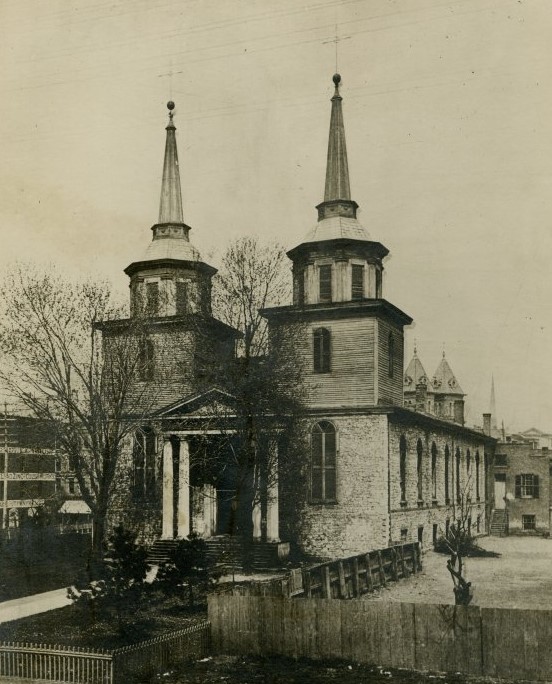
St. Anne's Church in Detroit, this is an 1880 view of the church founded in 1701

Petroglyphys at Sanilac State Park are evidence that Indians resided in Michigan for hundreds of years (The Indian or Mound Builder)
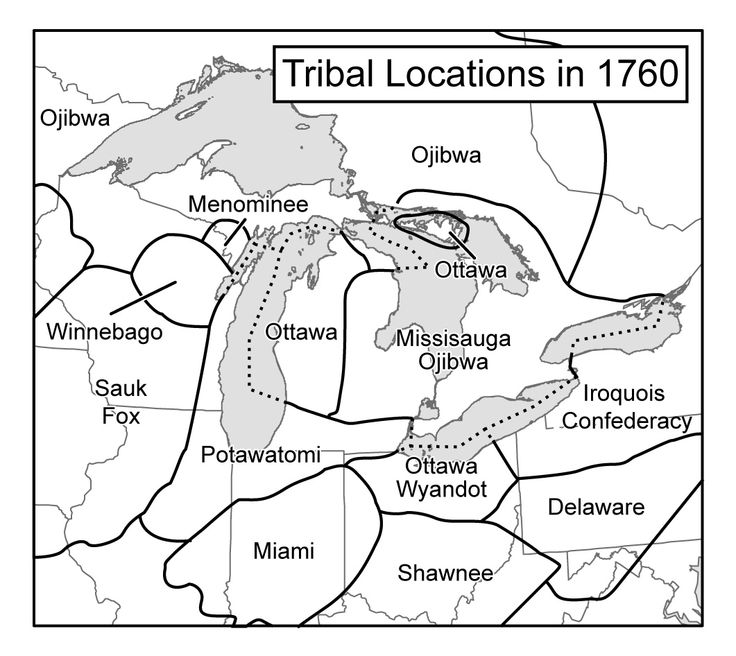
Smallpox was identified in South Carolina in 1709
Isaac Newton, French Philosopher, Theologian and Astronomer passes away on March 31, 1727 at the age of 84
Bradford's Magazine was published on February 13, 1741 by Andrew Bradford; three days later, Benjamin Franklin published General Magazine
Johan Sebastian Bach, German composer, passed away on July 28, 1750 at the age of 65
Black Rain fell on Detroit on October 19, 1762
Jean Jacques Rousseau, philosopher, writer and composer, passed away on July 2, 1778 at the age of 66
James Cook, British Explorer, Cartographer, and Captain of the Royal Navy, passed away on February 14, 1779 at the age of 50
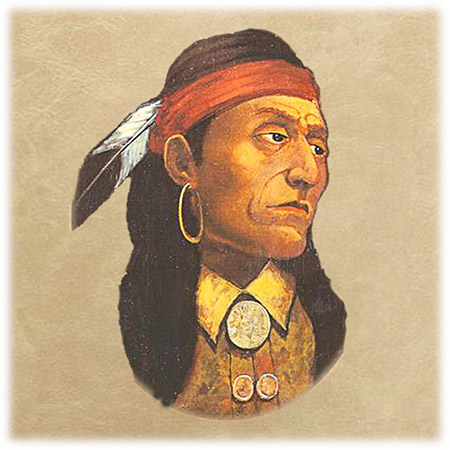
- Pontiac's War took place 1763-1766 (Pontiac, a Drama of Old Detroit)

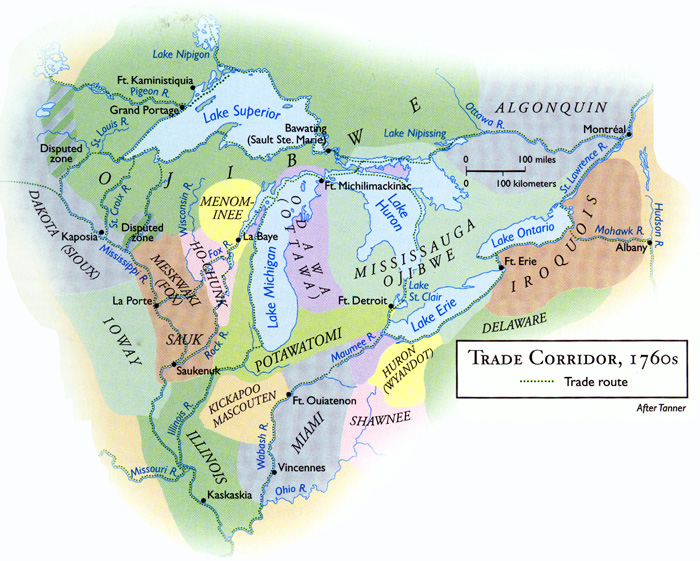
- American Revolutionary War, 1775-1783; the Declaration of Independence was signed on July 4, 1776 by 56 politicians from 13 colonies
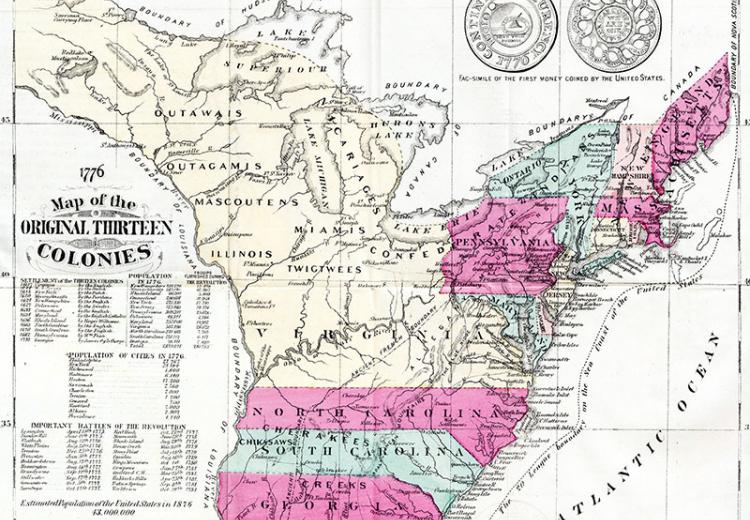
- 13 Colonies Map in 1776
- Carl Linnaeus, Swedish Botanist, Zoologist and Physician, passed away on January 10, 1778 at the age of 79
- By 1782, there were 179 slaves living in Detroit with a population of 2144 in 1778 with over 300 houses; there were 33 slaves in 1751 with a population of 483
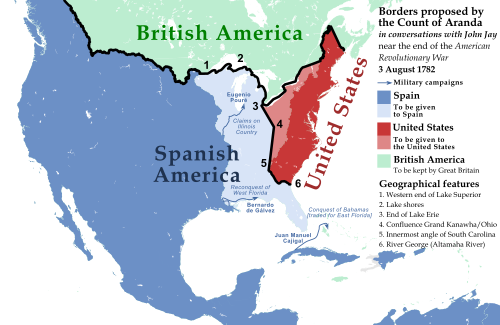
- Count Aranda, a Spanish Statesman, proposed borders to American on August 3, 1782
- In 1782, Pierre Bonga, an African-American fur trader, settled at Mackinac Island; one of his sons was George Bonga
- Founder's Day was proclaimed by Congress on October 11, 1782; Massachusetts celebrated Founders Day on November 28

- The Treaty of Paris in 1783 ceded the Michigan Territory to the United States
- The Constitutional Convention was held at Philadelphia, Pennsylvania from May 25 to September 17, 1787; the ratification was complete on January 10, 1791
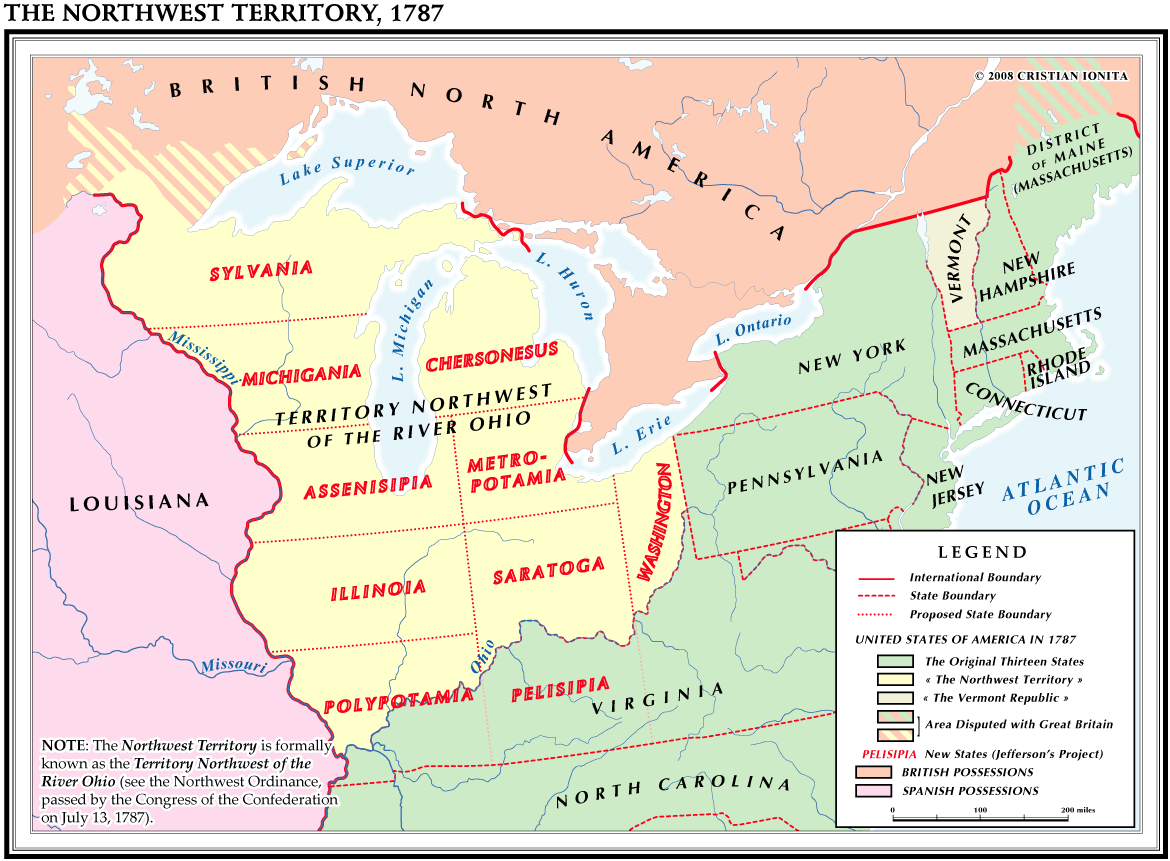
- The Northwest Ordinance created the Northwest Territory on July 13, 1787; it was the first organized territory in the United States
- The Three-Fifths Compromise was reached in 1787 although virtually no slaves could vote
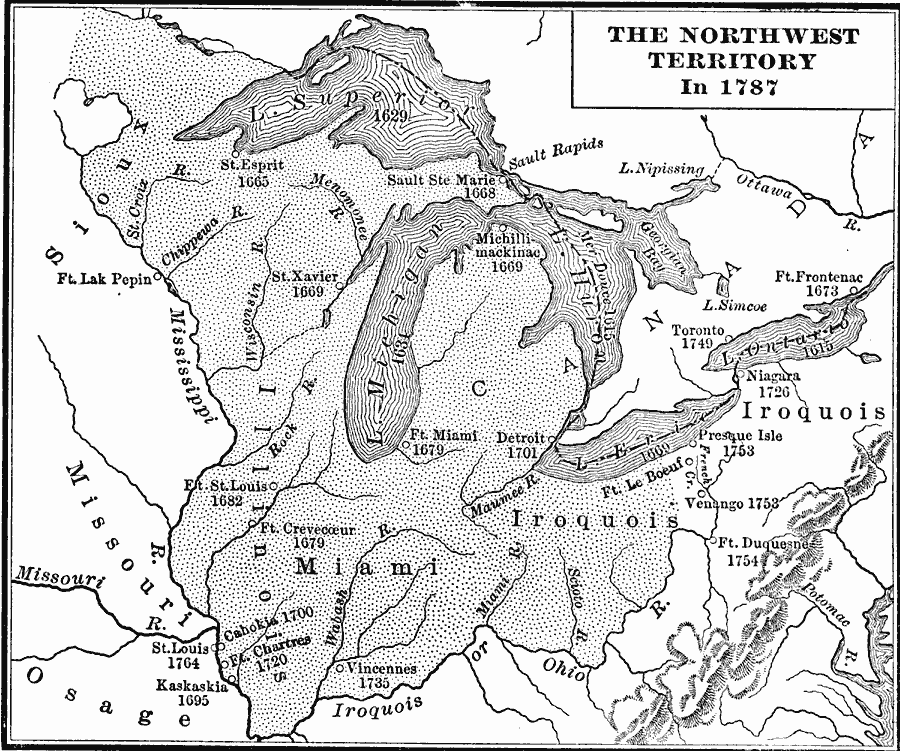
- The first state admitted to the United States was Delaware on December 7, 1787 followed by Pennsylvania on December 12, and New Jersey on December 18
- Georgia was the 4th state admitted on January 2 followed by Connecticut on January 9, and Massachusetts on February 6th. Maryland was admitted as the 7th state on April 28 followed by South Carolina on May 23rd, New Hampshire on June 21, Virginia on June 25, New York on July 26, and North Carolina on November 21. There were 21,000 slaves imported to the colonies up until 1700, but from 1700-1760, there was an influx of 189,000 more slaves.
- The Supreme Court and Congress held their inaugural sessions on March 4, 1789

- George Washington became the first United States President on April 30, 1789 after state electors voted on February 4
- The Naturalization Act of 1790 was aimed at prohibiting citizenship for non-White immigrants

- Benjamin Franklin died April 17, 1790; he was one of the wealthiest men in America, and his autobiography was published after his death in 1891 with his 13 virtues he coined at the age of 20 in 1726. He wrote an essay, The Way to Wealth, in 1758
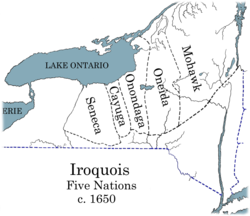
- On May 29, 1790, Rhode Island was admitted as the 13th state; it was one of the original 13 colonies. The Roanoke Colony was established in 1585 with 116 people by 1587. The Virginia Colony was established in 1607 at Jamestown growth was thwarted by the Indian Massacre of 1622 and disease. The New Netherland Colony was established in 1614. The Plymouth Colony which began by Pilgrims in 1620 which had a population of 1,980 by 1625, but disestablished by 1691. The Maine Colony was established in 1622. There were 50,000 colonists by 1641, 200,000 by 1688, 270,000 by 1702, and 435,000 by 1715. The Iroquois Confederacy of Six Nations was formed in 1722. America had 1 million inhabitants by 1749, 1.5 million by 1754, and 2.2 million by 1765.
- On July 17, 1790, Adam Smith, Economist, passed away at the age of 67
- The First Census of the United States took place on August 2, 1790 with 3,929,214 people
- Wolfgang Amadeus Mozart passed away on December 5, 1791
- The Postal Service Act of 1792 was passed; it allowed newspapers to be delivered up to 100 miles away for one cent
- Jacob Young became the first negro to own land in Detroit in 1793
- Yellow Fever was identified in Philadelphi in 1793
- On July 23, 1793, Roger Sherman died
- On October 8, 1793, John Hancock died
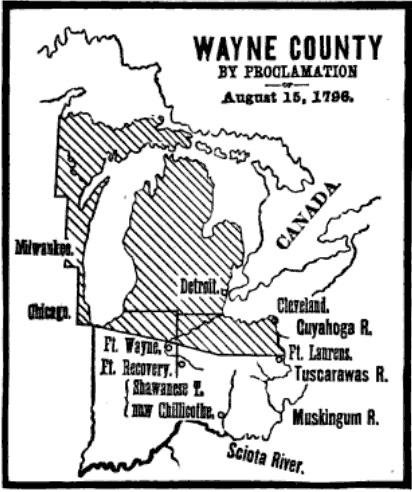
- Wayne County was organized on August 15, 1796 as the 6th county in the Northwest Territory after the British evacuated Detroit on July 11, 1796; Governor Arthur St. Clair officiated the territory, 1788-1802
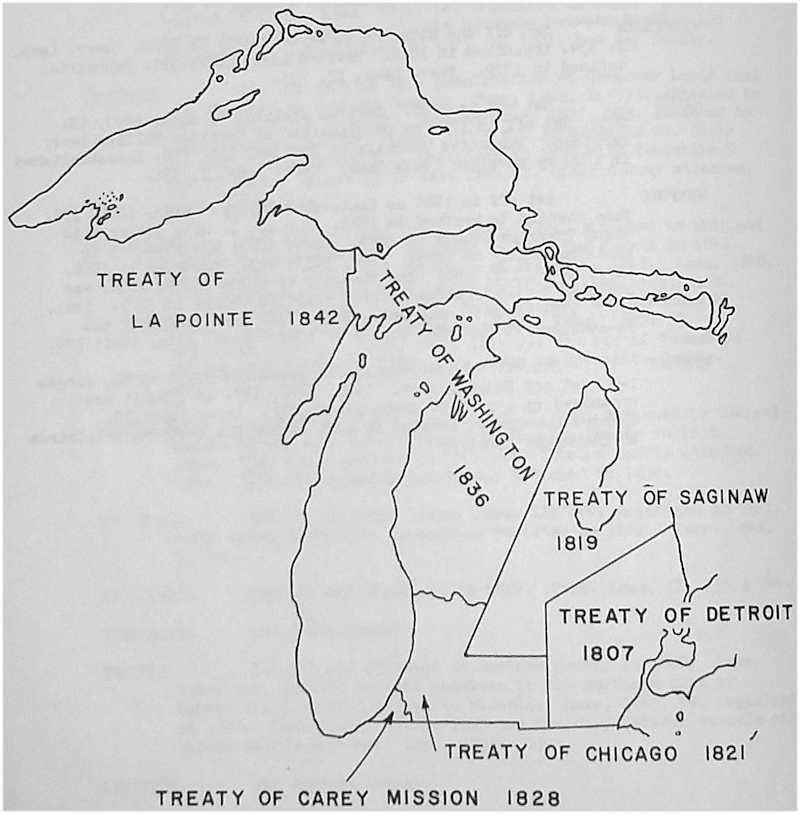
- Early Indian Treaties in Michigan
- Father Segard in 1632, Jacques Marquette in 1668, and Robert De La Salle in 1679 were the first "White Men" to set foot in Michigan along with Mound-Builders; the first European in Michigan was Etienne Brule in 1660. Michigan was "New France," 1660-1763. Michigan was derived from the Indian Mitchi-sawgyegan, a great lake; Mitchaw meant "great" and Sagieygan "lake" in Chippewa language.
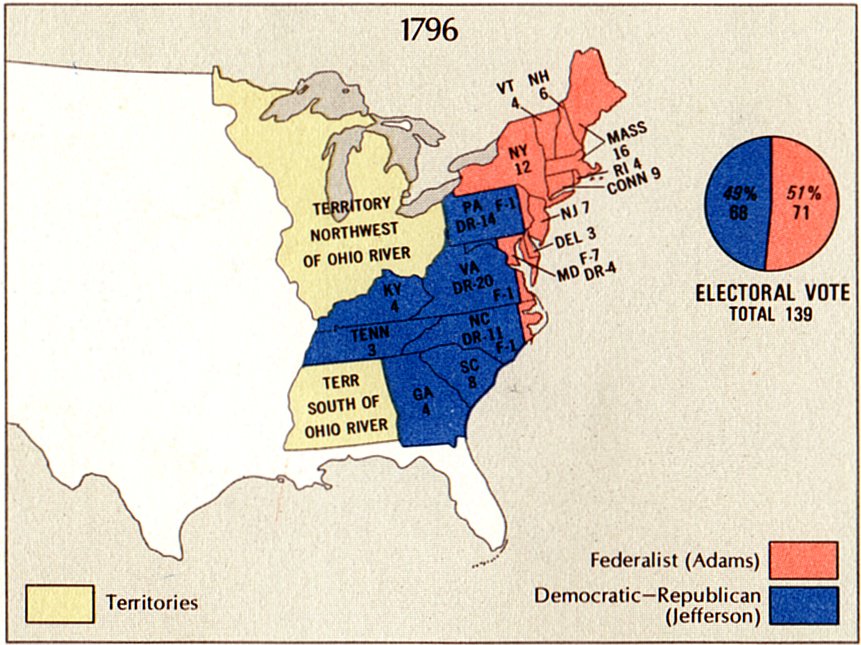
- John Adams won the Presidential Election November 4-December 7, 1796 over Thomas Jefferson with less than 67,000 Americans voting with a population of over 4 million (less than 1.7%) and 700,000 slaves (300,000 in Virginia). Land ownership was required in order to vote so only about 6% of tax-paying White males could vote until the 14th Amendment was passed in 1868. Even "free" Black males were forbidden the right to vote in many Northern states. Who gets the right to vote?
- The first election in Michigan was held December, 1798 with Solomon Sibley winning as delegate from the Northwest Territory; he later was elected the first Mayor of Detroit in 1806
- George Washington died on December 14, 1799
- Elma Sands body was found on January 2, 1800; Levi Weeks was acquitted of her murder; this was considered to be America's first murder case (The Manhattan Well Murder Case)
- Thomas Mifflin died on January 20, 1800

- Pope Pius XII was coronated on March 14, 1800; he passed away on August 20, 1823
- Henry Snow came to settle at Snow's Landing in 1800
- By 1800, it was estimated that 150-200 newspapers existed in America
- The Library of Congress was established on April 24, 1800; it now has over 38 million books, 3.6 million recordings, 14 million photographs, 5.5 million maps, 8.1 million pieces of sheet music, 70 million manuscripts, etc.
- On June 11, 1800, the U.S. Capitol moved from Philadelphia to Washington, DC
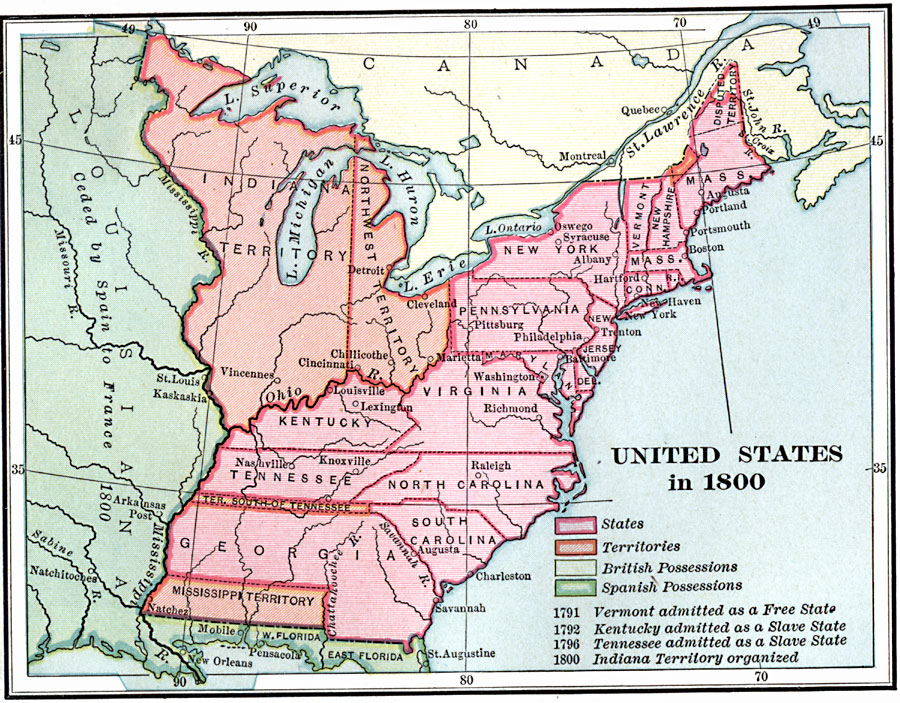
- On July 4, 1800, the Territory of Indiana was created out of the Northwest Territory
- Virginia banned the religious gatherings of slaves at sunset to worship in 1800
- The Second Census of the United States was conducted on August 4, 1800 with 5,308,483 people including 893,602 slaves (16.83%); there was 5,641 people in the Indiana Territory and approximately 3,757 people reorted in the Michigan Territory
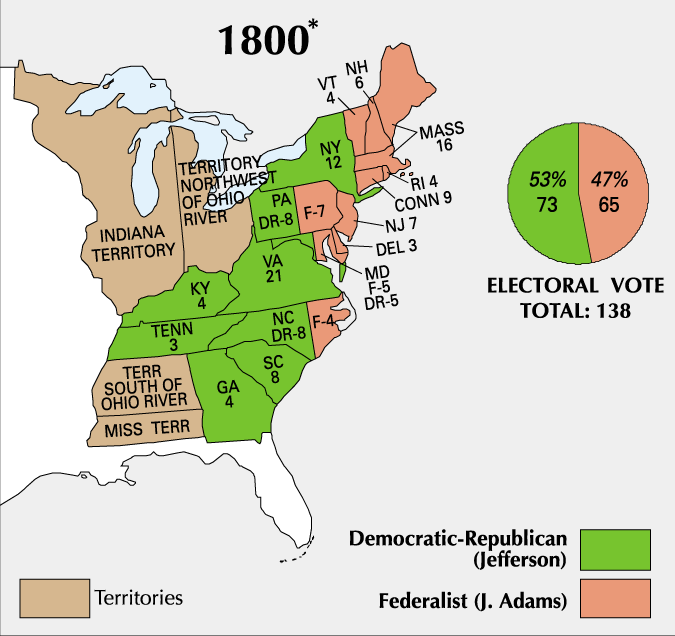
- Thomas Jefferson defeated John Adams in the 1800 Presidential Election held October 31-December 3 with less than 68,000 people voting with a population of 5.3 million (less than 1.3%) and 900,000 slaves including 322,000 in Virginia
- West Point Academy was founded in 1802
- The Enabling Act of 1802 on April 30 concluded that Ohio had over 60,000 people making it eligible for statehood
- Ohio was admitted as the 17th state on March 1, 1803 out of the Northwest Territory (History of Ohio)
- On October 2, 1803, Samuel Adams died
- World Population reached 1 billion in 1804
- On July 4, 1803, France sold the Louisiana Territory to the United States for $11.25 million
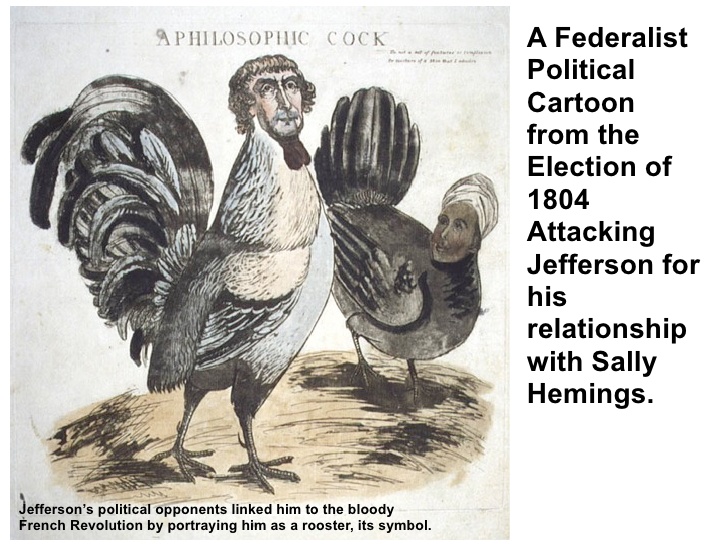
- The Jefferson-Hemings Scandal in 1804 when James Callendar reported that President Jefferson fathered children with his slave, Sally Hemings; Callendar had been refused a Postmaster of Richmond, Virginia position by Jefferson in 1802 after Jefferson pardoned Callendar of sedition in 1801. After Callendar fled Philadelphia, Stevens Thomas Mason gave him refuge at his Virginia estate. Later, Calendar drowned in 1803.
- In 1804, the World Population reached 1 Billion people
- On May 14, 1804, the Lewis & Clark Expedition began
- Alexander Hamilton died in a duel with Aaron Burr on July 11, 1804 at Weehawken, NJ

- Thomas Jefferson won the Presidential Election of 1804 over Charles Pinckney on November 2-December 5 with 143,000 people voting with a population of over 6 million Americans (2.38%)
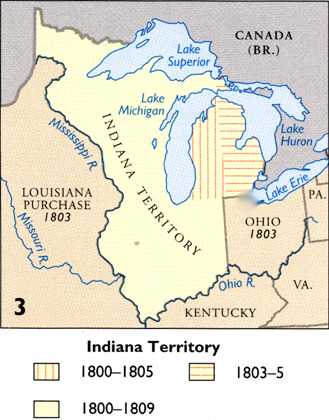
- On March 22, 1805, William Hull was appointed Governor of the Michigan Territory by President Jefferson; Hull negotiated the Treaty of Detroit in 1807
- On June 11, 1805, a fire destroyed much of Detroit
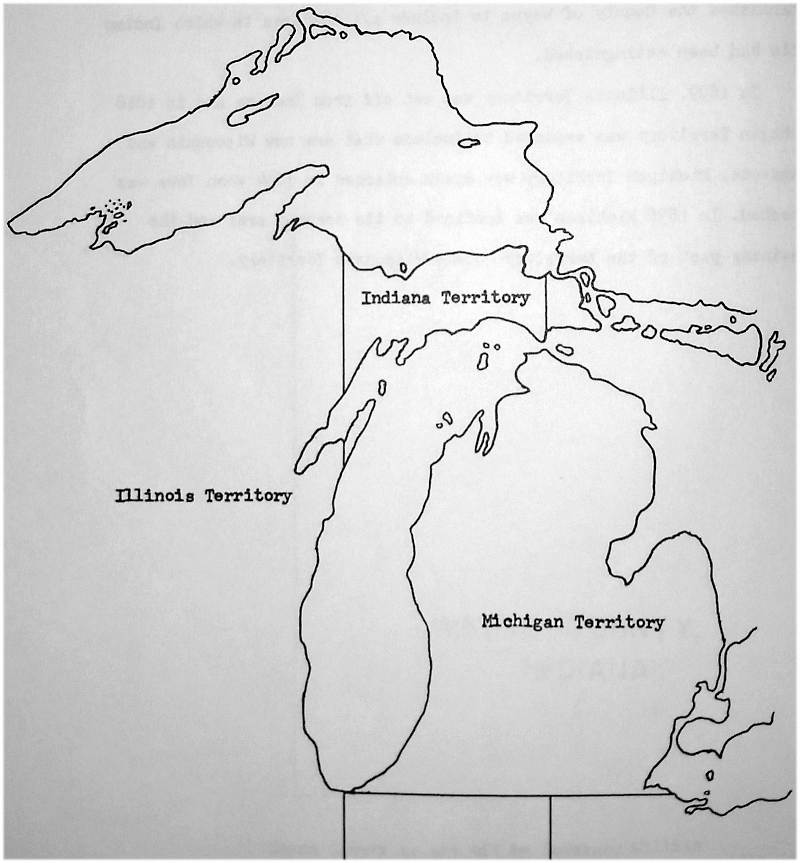
- On June 30, 1805, the Michigan Territory was created; the Michigan Territory Militia can be traced back to a Detroit parade on May 11, 1803
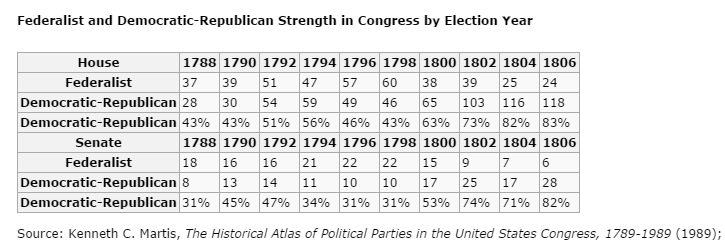
- Detroit was incorporated as a city in 1806 with 20 acres, and reincorporated in 1815 with a population of 850 (Woodward Plan for Detroit); the first post office opened at Detroit in 1806
- On May 8, 1806, Robert Morris died
- On June 8, 1806, George Wythe died
- The Bank of Detroit was chartered on September 15, 1806
- Treaty with the Ottawa, Chippewa, Wyandot and Potawatomi Indians in 1807 (Treaty of Detroit)
- Augustus Woodward, first Judge for the Michigan Territory, denied the return of two slaves in 1809 to a man in Windsor, Canada
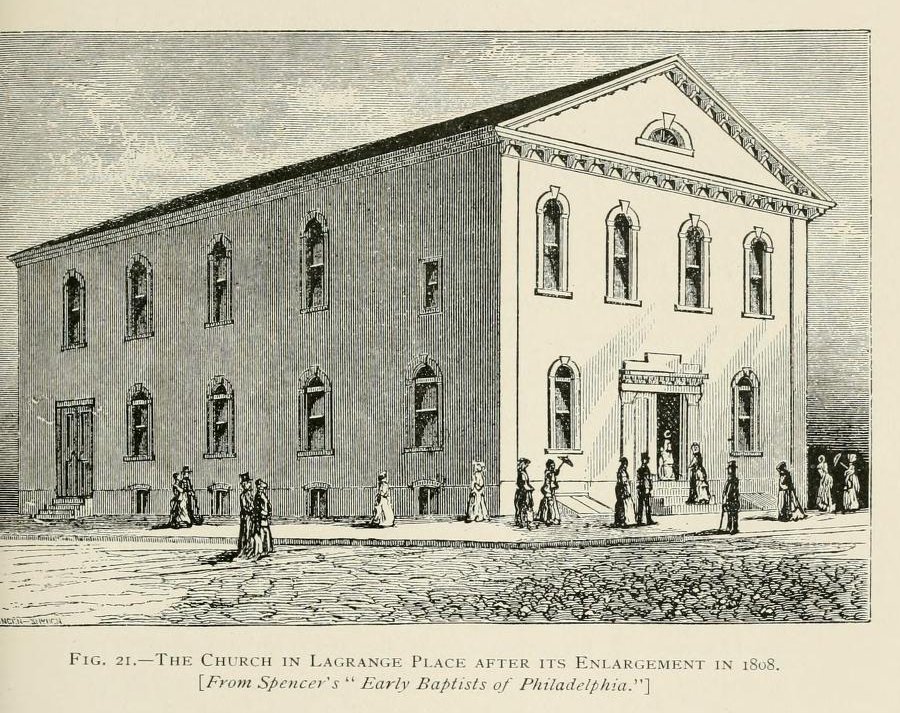
- The first African Baptist Church in America was founded at Philadelphia in 1808; the Keithian Quakers organized by George Keith first hosted negroes for worship in 1707
- John Jacob Astor established the American Fur Company on April 6, 1808 following the U.S. Embargo Act of 1807; he became the wealthiest man in America by 1830, and founded a fur company on Mackinaw Island in 1817
- Thomas Jefferson signed into law the Militia Act of 1808 after Congress passed the legislation on March 11; it provided free able-bodied white male citizens, 18-45, be organized into a local militia. At that time, only 10% of 525,000 men in militias owned a gun so $200,000 was appropriated to help arm the militias
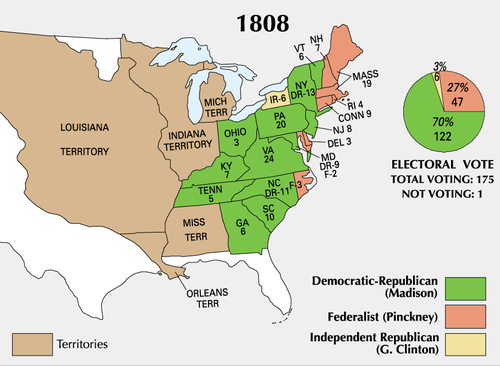
- On November 4-December 7, 1808, James Madison defeated Charles Pinckney in the 1808 Presidential Election; there were 192,691 Americans who voted with a population of 7 million (2.75%) including 1.2 million slaves with nearly 400,000 in Virginia
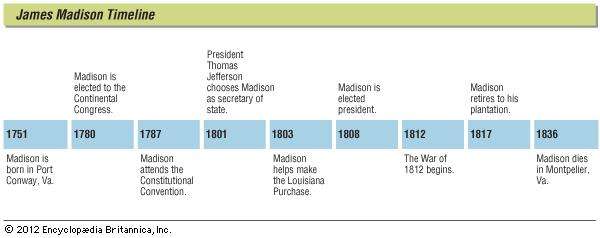
- The Illinois Territory was created March 1, 1809
- The first newspaper in Michigan was published on August 31, 1809, Michigan Essay or the Impartial Observer in Detroit by James M. Miller
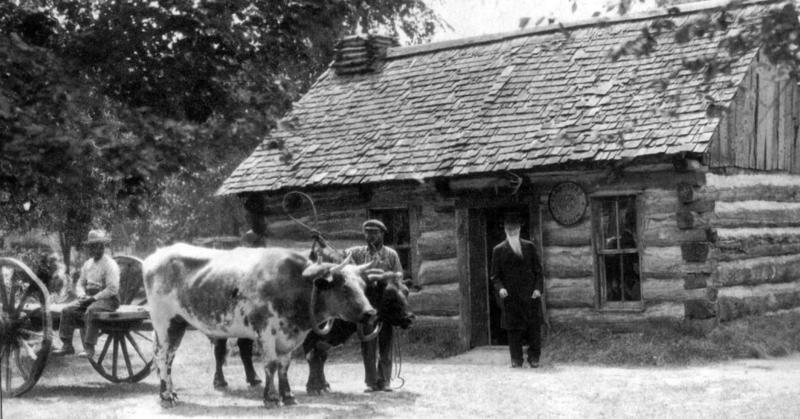
- Ypsilanti was a trading post established by fur trader Gabriel Godfroy, a devout Catholic who was a Trustee at St. Anne's Parish the second oldest Roman Catholic Church in America, in 1809 who purchased 562 acres in 1812 (The Days Before Godfrey); Francis Pepin and Louis Le Shambre also established the trading post with Godfroy. The trading post lost it most valued customers as local Indians moved Westward so the trading post eventually ceased to exist by 1818. Later, Benjamin Woodruff established Woodruff's Grove in 1823 with Robert Stitts, John Thayer, and David Beverly as other early settlers. Jason and Daniel Cross arrived in the Summer of 1823. Ypsilanti became a city in 1823 called Woodruff's Grove, but renamed in 1829 named after General Demetrius Ypsilanti. The pic above is a log cabin at Ypsilanti.
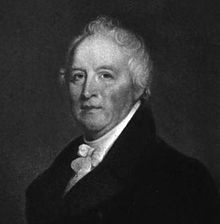
- Governor William Hull and Chief Justice Augustus Woodward passed an act in 1809 to establish public schools in Michigan
- Napoleon was ex-communicated on June 10, 1809 by Pope Pius VII; it was estimated that the Napoleonic Wars, 1803-1815, killed between 3.5-7 million people, the most deaths in the world since the Black Death, 1346-1353, killed 75-200 million people and Mongol Invasions by Ghenghis Khan and his followers, 1206-1337, that killed 30-40 million people
- Detroit published its first newspaper on August 31, 1809; the Detroit Gazette was published in both French and English
- The earliest reference to "doughnuts" was in 1809.
- In 1810, it was estimated that there were 4,672 non-Indians residing in Michigan; 80% were French, and there were 32 slaves which were mostly native Americans (The Indians of Washtenaw County). The population of Detroit was estimated at 1650, but was listed as only 770 residents on the Detroit Historical Society Timeline
- The Third Census of the United States took place on August 6, 1810; there were 7,239,881 people including 1,191,362 slaves (16.45%)
- By 1810, 366 newspapers existed in America
- The Hartford Fire Insurance Company was founded in 1810
- Famine in China in 1810-1811
- On December 10, 1810, West Florida was annexed by the United States
- Stephen Girard, a former agent for Peter Manigault, purchased most of the stock of the First Bank of the United States expired in 1811; Girard's Bank was the principal source of credit for the War of 1812
- On April 30, 1812, Louisiana was admitted as the 18th state

- War of 1812 (Battle of Fort Dearborn and Battle of Frenchtown) began on June 18, 1812

- On October 30-December 2, 1812, President James Madison was re-elected over DeWitt Clinton; there were 278,786 Americans who voted with a population of over 8 million (less than 3.5%)
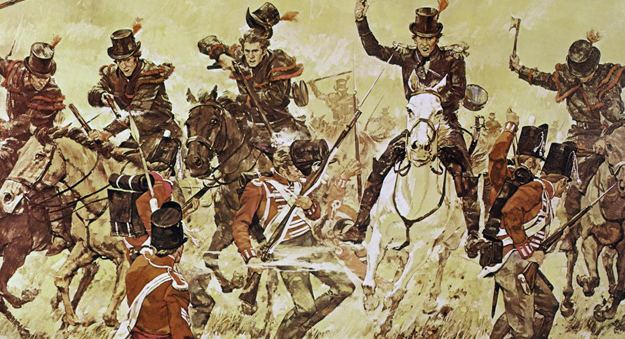
- On January 18-23, 1813, 1,300 British forces fell upon an American Army at Raisin River near Monroe; the Battles of Frenchtown with at least 412 dead, 547 captured and 94 seriously wounded
- On January 23, 1813, George Clymer died
- The Vaccine Act of 1813 was passed to encourage people to become vaccinated for smallpox; the act was repealed in 1822, and the rights of vaccination were given to states. The vaccine was developed by Edward Jenner in 1796.
- Jane Austen published Pride and Prejudice in 1813, Sense and Sensibility in 1811, Mansfield Park in 1814, and Emma in 1815; she died in 1817 at the age of 41
- On September 10, 1813, the Battle of Lake Erie was fought
- Chief Tecumseh died on October 5, 1813 (Curse of Tippecanoe)
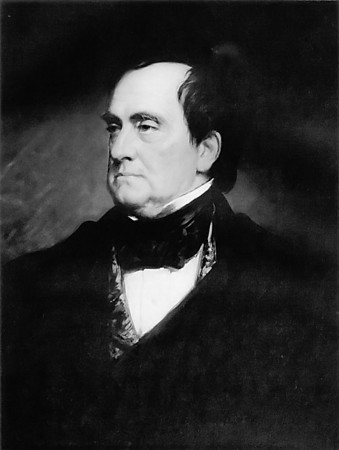
- On October 29, 1813, Lewis Cass, considered by many as the "Father of Michigan," was named Territorial Governor of the Michigan Territory, 1813-1831, by President James Madison; he was a slave owner (Lewis Cass Papers)
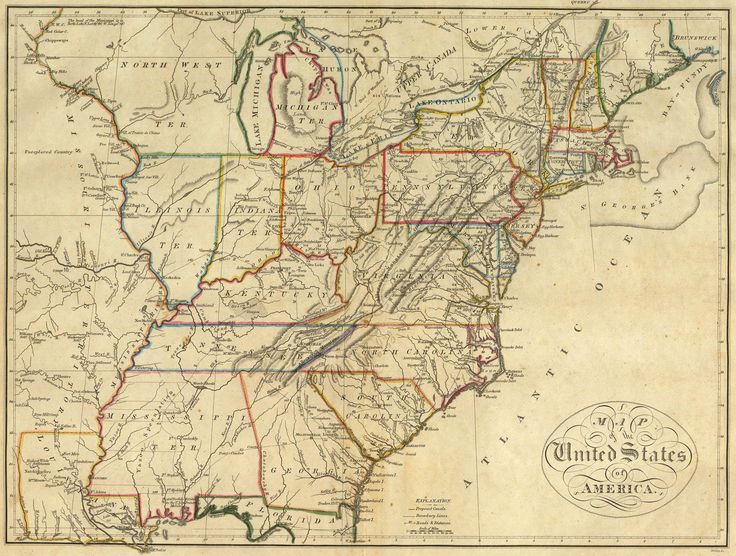
- Map of the United States in 1814
- The British invaded Washington, D.C. on August 24, 1814 and burned the State Capitol; reconstruction began in 1815 and took until 1819 to complete
- Andrew Jackson led the First Seminole War in 1814-1819
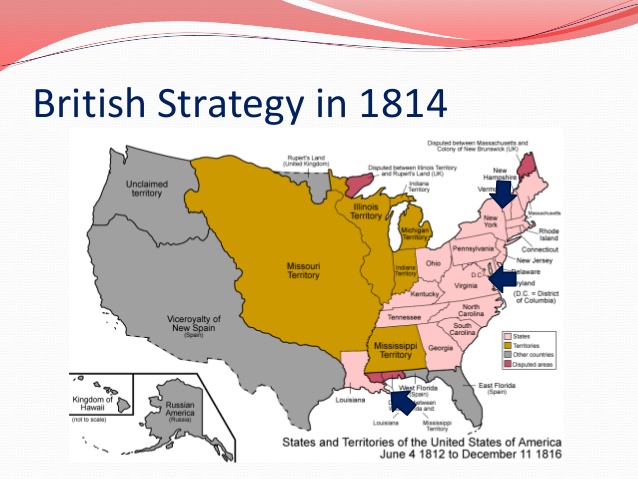
- Napoleon was defeated at Waterloo on June 18, 1815 as over 50,000 men die; the British Empire was the leading country in the world after this defeat
- Detroit incorporated as a city in 1815 with a population of 850
- Joseph Fletcher and Alexander Holmes ran the Base Line on the North Side of Washtenaw County in 1815, and Benjamin Hough also helped compled the township lines in 1816. (Peak Through Time: Surveyors braved wolves, weather, and wilderness to create local townships) The First Survey of Michigan
- Stethoscope invented in 1816
- Joseph Wampler of Steubenville, Ohio was appointed Deputy Surveyor and began survey work in the Michigan Territory in 1816
- Richard Allen founded the African Methodist Episcopal Church in 1816; it grew out of the Free African Society of 1787
- The Forgotten Summer of 1816 (Connecticut version)
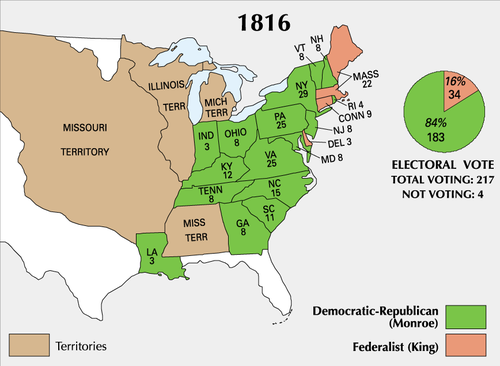
- On November 1-December 4, 1816, James Monroe was elected President over Federalist Rufus King; there were 112,370 Americans who voted with a population of over 9 million (less than 1.125%). It was less than half who voted in 1812.
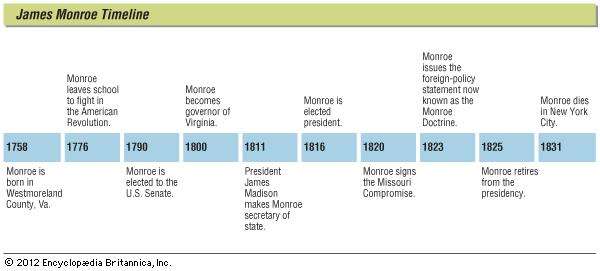
- On December 11, 1816, Indiana was admitted as the 19th state
- Tavern keepers in Michigan were forbidden to sell liquor to minors or Indians; the public act also prohibited Sunday liquor sales. Tavern keepers were also required to provide lodging to customers.
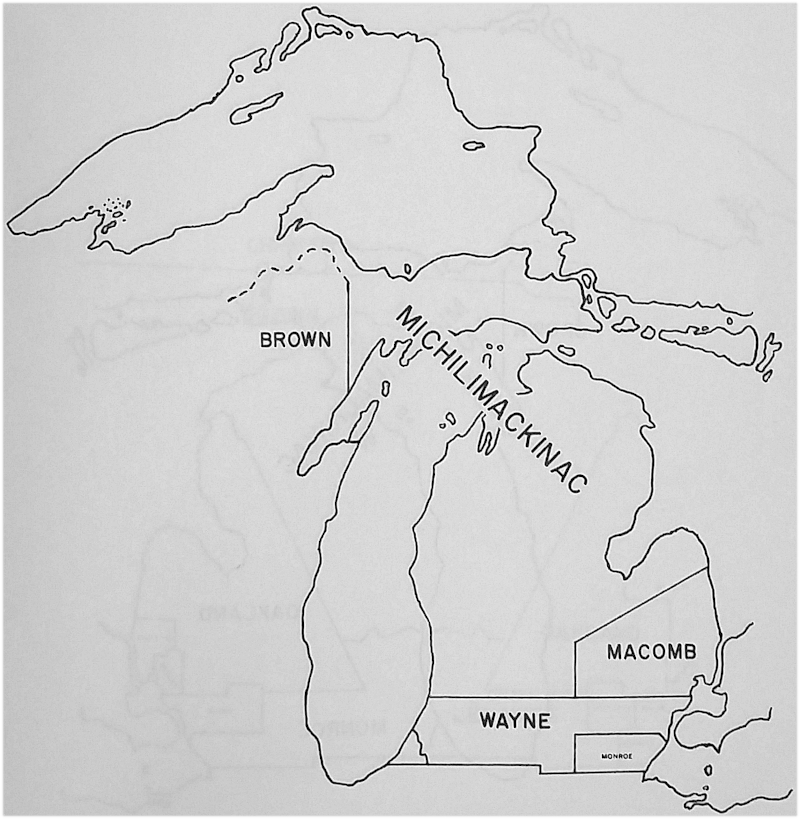
- Monroe County was the second County in Michigan in 1817, and named after President James Monroe who visited the area in 1817
- Clinton was named in honor of New York Governor DeWitt Clinton in 1817; the Erie Canal was referred to as Clinton's Big Ditch.
- Oakland County was founded on January 12, 1817
- The first library was opened in the State of Michigan at Detroit March, 1817 by John Monteith
- The first Cholera Pandemic began in 1817 near Calcutta, India in the Bengal Region; it spread to China. the Phillipines, and Thailand, and killed at least 30,000 in Bangkok. It also spread to the persian Gulf and Syria.
- The Era of Good Feelings began in 1817-1825
- The Detroit Gazette, Michigan's first newspaper, began publication on July 25, 1817 in both French and English
- James Monroe was the first President to visit Michigan on August 13, 1817
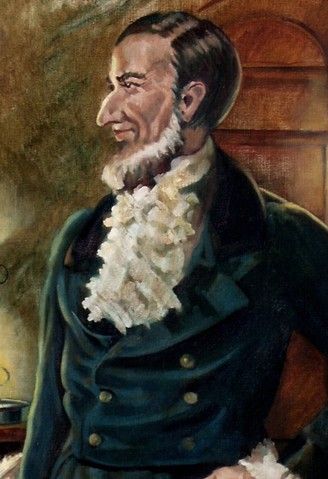
- Catholepistemiad or the University of Michigania was founded in Detroit on August 26, 1817 by Father Gabriel Richard, John Monteith, and Augustus Woodward; Woodward was a Freemason, and the Zion Lodge provided much needed financial support for the University of Michigan, approximately 67% of the monies needed
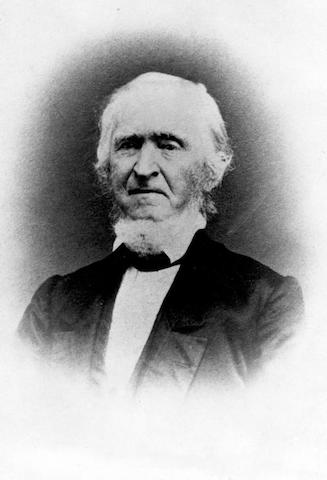
- Treaty of Fort Meigs on September 29, 1817
- On December 10, 1817, Mississippi was admitted as the 20th state
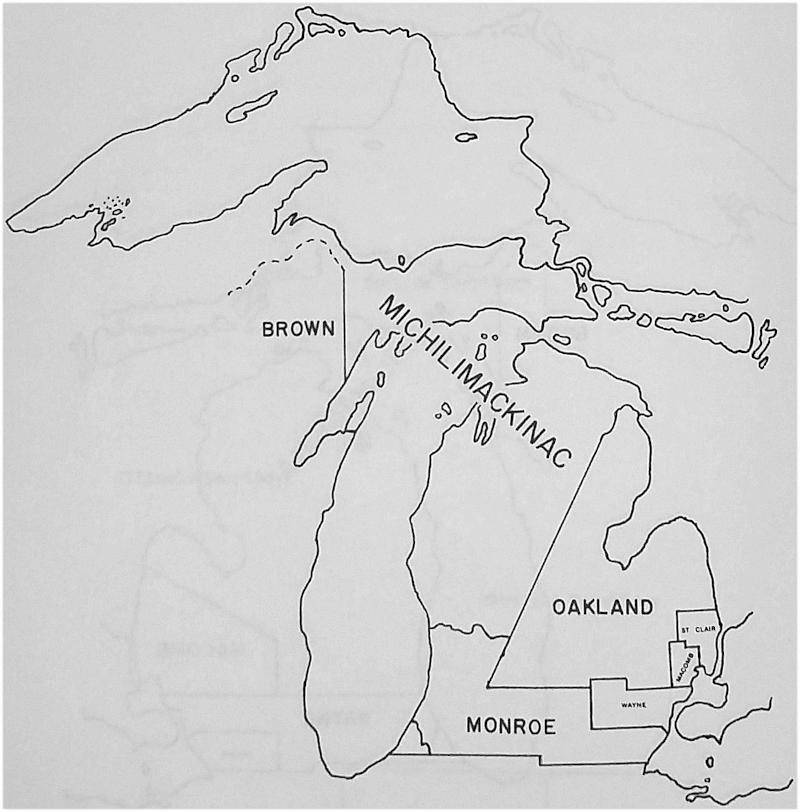
- On January 15, 1818, Macomb County became the 3rd county in Michigan; it was named after William Macomb, and he was a slave owner with 26 slaves
- In 1818, Connecticut became the first state to abandon property ownership as a pre-requisite for voting
- The term "bureaucracy" was coined in 1818
- On July 6, 1818, the first public land auction in Michigan took place at Detroit with land selling at $4 per acre
- The first blood transfusion was performed in 1818
- Denis Johnson was credited with the first mass produced bicycle or velocipedes in 1818 (also referred to a "boneshakers"); American patents bicycles popularized the vehicle in the late 1860s (Development of the Bicycle)
- Mary Wollstonecraft Shelley published Frankenstein in 1818
- On December 3, 1818, Illinois was admitted as the 21st state
- Silent Night was first performed December, 1818
- Joseph Wampler re-ran the Base Line in 1819; he also re-ran the township lines of Lyndon and Sylvan Townships; he subdivided the townships of Lyndon, Dexter, Webster, Northfield, Lima, Scio, Ann Arbor, Superior, Lodi, Pittsfield and Panama (Salem).
- In 1819, the population in the Michigan Territory was 8,806 with 1,450 in Detroit, and the first steamboat traveled in the Great Lakes

- Treaty of Saginaw on September 24, 1819 ceded nearly 6 million acres of Indian Lands to Michigan settlers forcing Indian tribes (Ojibwe, Ottawa, and Potawatomi) further West; Lewis Cass and 114 Indian Chiefs met to sign the treaty

- On December 14, 1819, Alabama was admitted as the 22nd state
- Life Expectancy in the 1820s and 1830s was estimated at 34.8 years; if a person lived to age 20, they could expect to live another 40 years until 60, and if a person lived to age 30, they could expect to live another 34 years. At that time, most men lived longer than most women.
- On March 15, 1820, Maine was admitted as the 23rd state
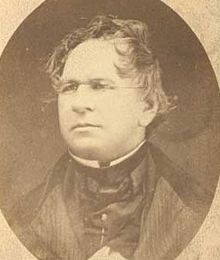
- In 1820, Henry Schoolcraft noted the Sauk Trail, and it was surveyed in 1825; it is believed to be 12,000 years old. Indian Trails in Michigan
- On March 28, 1820, St. Clair County was founded
- Thomas Palmer built the first brick building in Detroit in 1820
- On August 4, 1821, the Saturday Evening Post began publication
- The Fourth Census of the United States was conducted August 7, 1820; there were 9,638,453 people including 1,538,022 slaves (15.96%), and 8,896 in Michigan. The population of Detroit was 1422; Detroit, Mackinac, and Sault St. Marie were the largest cities in the territory
- On August 10, 1821, Missouri was admitted as the 24th state as the Missouri Compromise was reached on May 8, 1820
- In 1820, there was an estimated 1.5 million slaves in America with over 450,000 in Virginia
- It was estimated by Economist Angus Maddison that in 1820 the United Kingdon had 3 Times the Gross Domestic Product (GDP) in 1820 than the United States, and the only countries with higher GDP were China, India (a British Colony), Japan and Russia
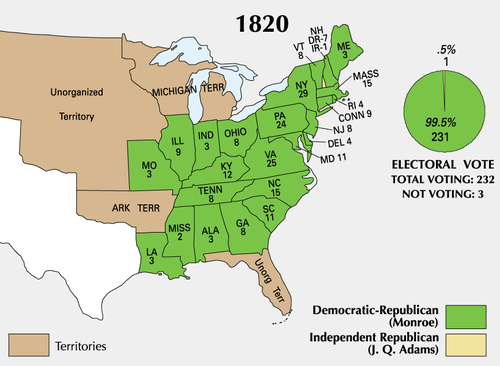
- On November 1-December 6, 1820, President James Monroe was re-elected President with 108,359 Americans who voted with a population of over 10 million (just over 1% of all Americans) including 1.7 million slaves with 425,000 in Virginia
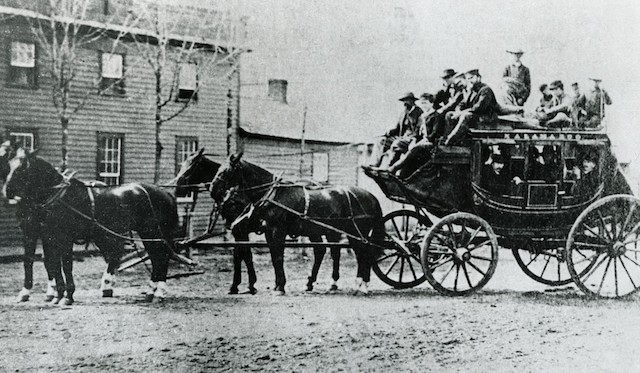
- The first Michigan Stagecoach went from Detroit to Mount Clemens in 1822; it was established by Christian Clemens. The pic above was from 1865 at the Plainwell Halfway House from the Good Intent Line that ran from Grand Rapids to Kalamazoo and Battle Creek since 1854
- Patty Cannon and Joe Johnson, leaders of the Cannon-Johnson Gang in Delaware and Maryland were first indicted of illegal slavery crimes May, 1822 (The Legend of Patty Cannon)
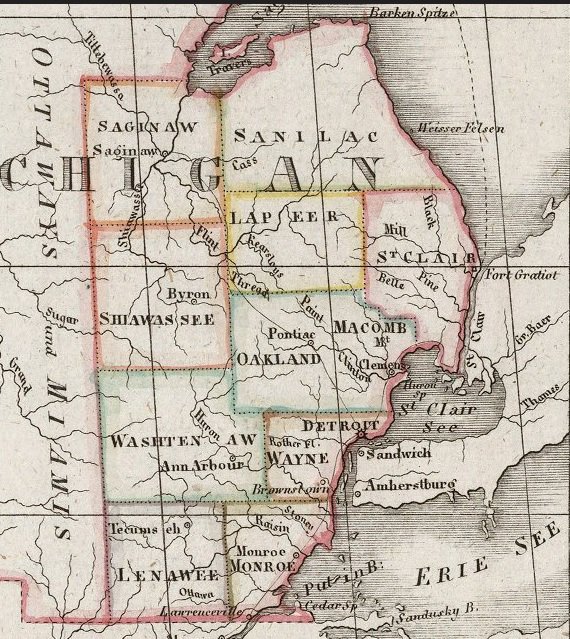
- Washtenaw County was founded in 1822; the boundries took part of the land that were part of Oakland and Wayne Counties, and other counties created included Lenawee, Lapeer, Saginaw, Sanilac and Shiawassee County was founded on September 12, 1822
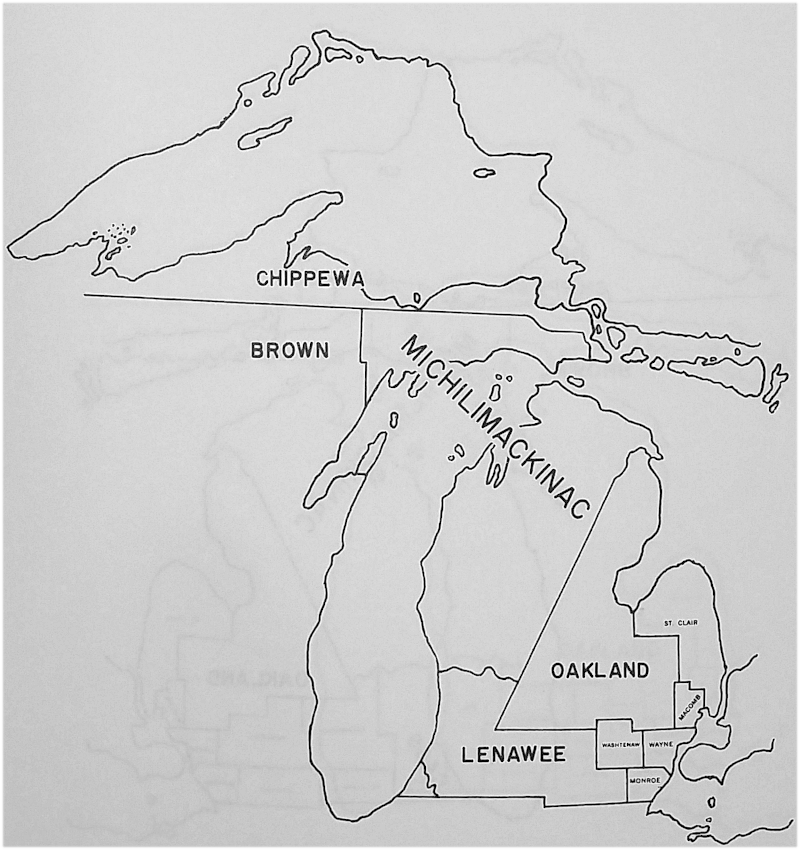
- Washtenaw came from the Indian word Wustenong or Wushte-nong meaning "Further District or Land Beyond." Another interpretation was "large stream or river."
- The first land was purchased in Washtenaw County by Daniel Kellogg in Ypsilanti July 1, 1822
- Benjamin Sutton settled in Northfield Township in the Spring of 1822 with six children; on May 17, 1824, Sutton purchased land at Sutton Road and Pontiac Trail
- Eldridge Gee visited Washtenaw County June, 1822 with Epaphras Matteson, Joseph Young, and Giles Downer, and stated that there were no "White Persons" residing in Washtenaw county
- Potato Chips appeared in a 1822 Cookbook
- In 1822, the American Colonization Society founded Liberia on the west coast of Africa for the migration of free African-Americans
- In 1822, East Florida was merged into the Florida Territory
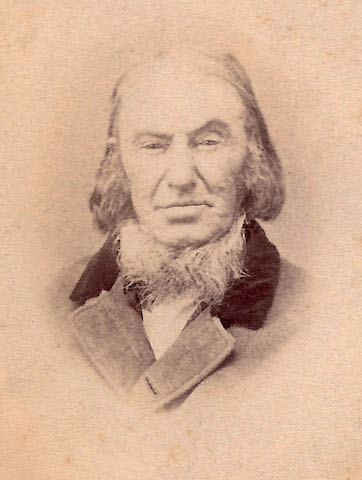
- Benjamin J. Woodruff was the first settler in Washtenaw County with land purchased in Pittsfield Township; he built a home that he moved into on July 6, 1823, and resided their until his death on October 8, 1837 at the age of 91
- Jason and Daniel Cross settled at Woodruff's Grove in 1823; they dubbed themselves as "Kings of the River." John Bryan was also one of the first settlers at Woodruff's Cove.
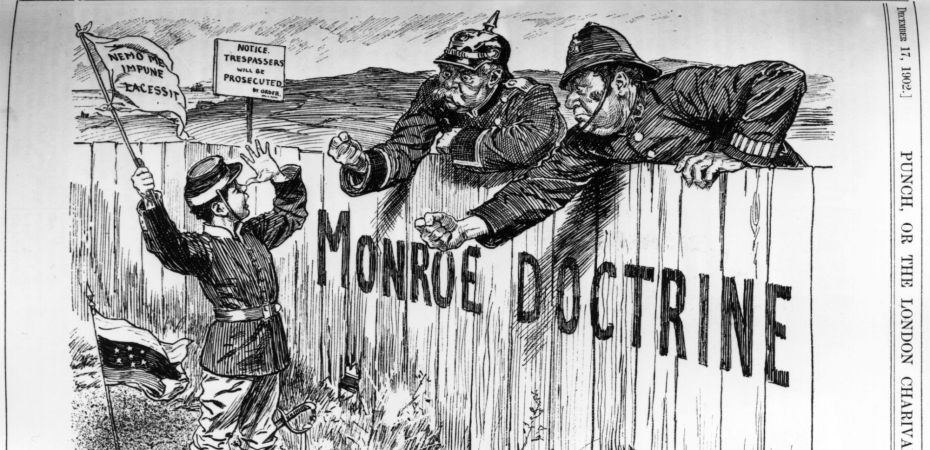
- President Monroe issued the Monroe Doctrine in 1823; it politically separated the United States from Europe, and prohibited colonialism from European states. It put the United States into political isolationism
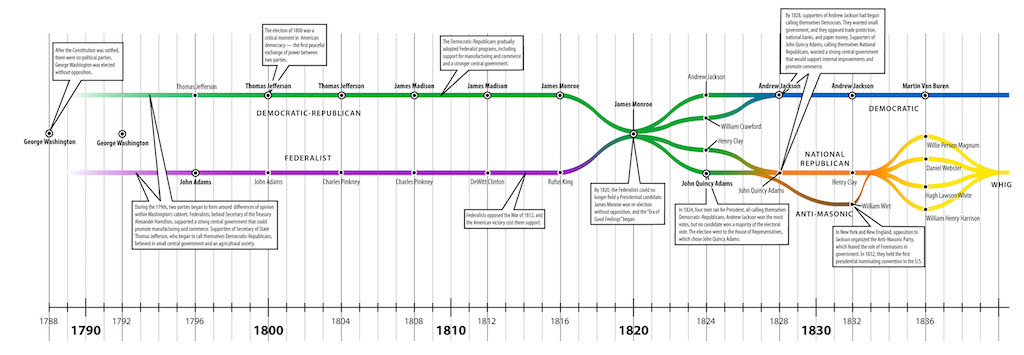
- William Webb Ellis invented rugby in 1823; it is the world's most popular sport with over 3.5 billion fans in 2018 while cricket, invented in 1725, is the second most popular sport
- John Bryan arrived at Washtenaw County Fall, 1823
- The First Noel was first published in 1823
- In 1823, the Odawa Indian Tribe petitioned to live at Waganawkezee (Odawa in the Petoskey area)
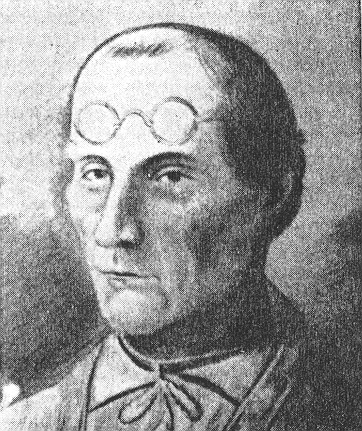
- Father Gabriel Richard in 1824; he was born in France, and emigrated to Baltimore in 1792. He came to Detroit June, 1798, founded a school in 1804, founded Catholepistemiad in 1817, and was elected to the state legislature in 1822
- Calvin Chipman put up the first log house in Ann Arbor in 1824
- George Noyes made the first government land purchase at Pittsfield Township in 1824
- In March, 1824, Father Gabriel Richard petitioned Congress to fund a highway between Detroit and Chicago.
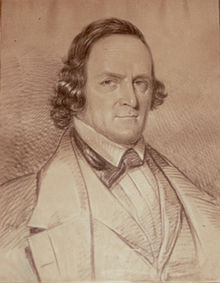
- On May 25, 1824 Annarbour was registered in Wayne County; John and Ann Barry Allen plus Elisha Rumsey were founders and almost named the city Allensville (Deed shows that city began on Riverside Park land), and there are many theories about how Ann Arbor got its name. Allen bought 480 acres for $600. Ann Allen was born, Ann Isabella Barry, in 1797 and her father, Thomas Barry was one of the richest men in Baltimore; Ann's mother died in 1797, and her father, Thomas, died in 1800 at the age of 33 leaving her an orphan at the age of 3. Her father, Thomas, left her 2,000 pounds to be bequethed when she married or turned the age of 21; she married Dr. William McCue of Virginia on January 20, 1813 at the age of 16. She bought a 287 acre farm in Lexington, and also owned slaves. Their son, John, was born in 1816, and Thomas in 1818; however, Dr. McCue contracted typhoid fever and died six months later on November 7, 1818. Ann was a widow at 21 with 2 sons; she inherited 33% of her husband's estate with 67% set aside for their two sons. She married John Allen, cousin of William McCue, on June 7, 1821; Allen was also a widow with two children and $40,000 in debt. Allen, 19, married Mary Crawford, 17, on November 2, 1815. The Allen's had a daughter, Sarah Ann, on May 10, 1823. John, 27, came to the Michigan Territory early in 1824, and met Elisha Walker Rumsey who left Genessee County, New York after a scandal involving cattle. Allen and Rumsey met Governor Lewis Cass who recommended land along the Huron River for land purchase. Allen was appointed Postmaster of Ann Arbor on December 30, 1824. Allen absconded from Virginia much like Rumsey from New York to leave their creditors behind. Allen was a slave owner in Virginia, but did not own slaves in Ann Arbor. When Ann left Virginia in 1824, she left her two sons, 6 and 8, behind. The Allen's lived in a small log cabin at the corner of Huron and Second St., but moved February, 1825 to a cabin at the corner of Main and Catherine St. having sold their original home to his brother for $1. Allen operated the Washtenaw Coffee House at the corner of Ashley & Liberty; he became the first Village President, 1834-1835.
- Mr. & Mrs. George W. Allen were the first married couple in Washtenaw County
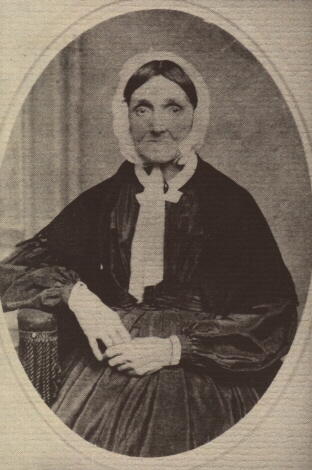
- Dixboro was founded in 1824 by Captain John Dix; he founded a grist mill at Fleming Creek.
- Harvard graduate, Samuel W. Dexter, purchased several hundred acres in Scio and Webster Townships in 1824 which was known as Mill Creek, but later became the Village of Dexter in 1830; Dexter was appointed Chief Justice of Washtenaw County in 1826 and became a University of Michigan Regent in 1840. Judge Dexter was the first postmaster on April 24, 1826. Dexter owned 3500 acres of land in Washtenaw County in 1835. Charles Cowden owned the first store at Dexter. Dexter Township was one of the original three townships in Washtenaw County in 1827 along with Ann Arbor and Ypsilanti. He erected a saw mill at Mill Creek and then a grist mill with Mathews, Bond and Thomas Martin; it burned down in 1851.
- John Mack subdivided Sylvan, Sharon and Manchester Townships in 1824.
- The Huron River was originally named by Indians, but in 1824 was distinctively separated from the Clinton River; it is 130 miles and flows from Lake Erie into Wayne and Monroe Counties upwards through parts of Livingston and Oakland Counties
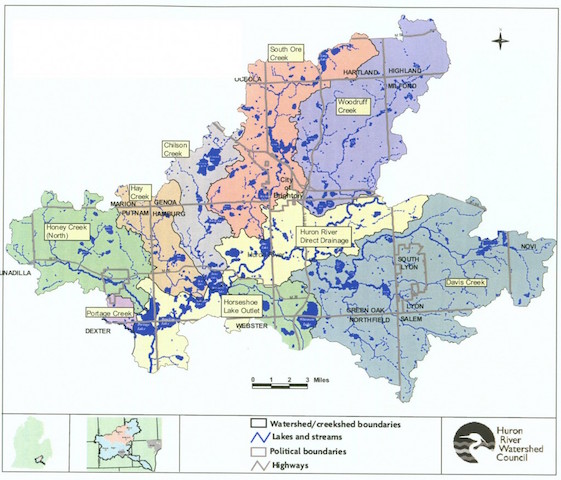
- Washtenaw County has 115 lakelets including 33 with no name, 27 in Lyndon, 12 in Dexter, but none in Scio, Ypsilanti, Augusta or York; the largest lakes in the County are Ford Lake (1,049 acres), Whitmore Lake (677 acres), Portage Lake (644 acres), Winnewana Lake (500 acres), Base Line Lake (285 acres), Geddes Pond (261 acres), Foumile Lake (256 acres), Cavanaugh Lake (215 acres), Independence Lake (203 acres), Sugarloaf Lake (205 acres), North Lake (200 acres), Pleasant Lake (190 acres), Silver Lake (179 acres). There are 155 lakes at nearby Livingston County which are a part of the Huron River Chain of Lakes (253 miles) with Brighton Lake the largest with 600 acres followed by Lake Chemung at 321 acres. (Inland Lakes of Michigan)
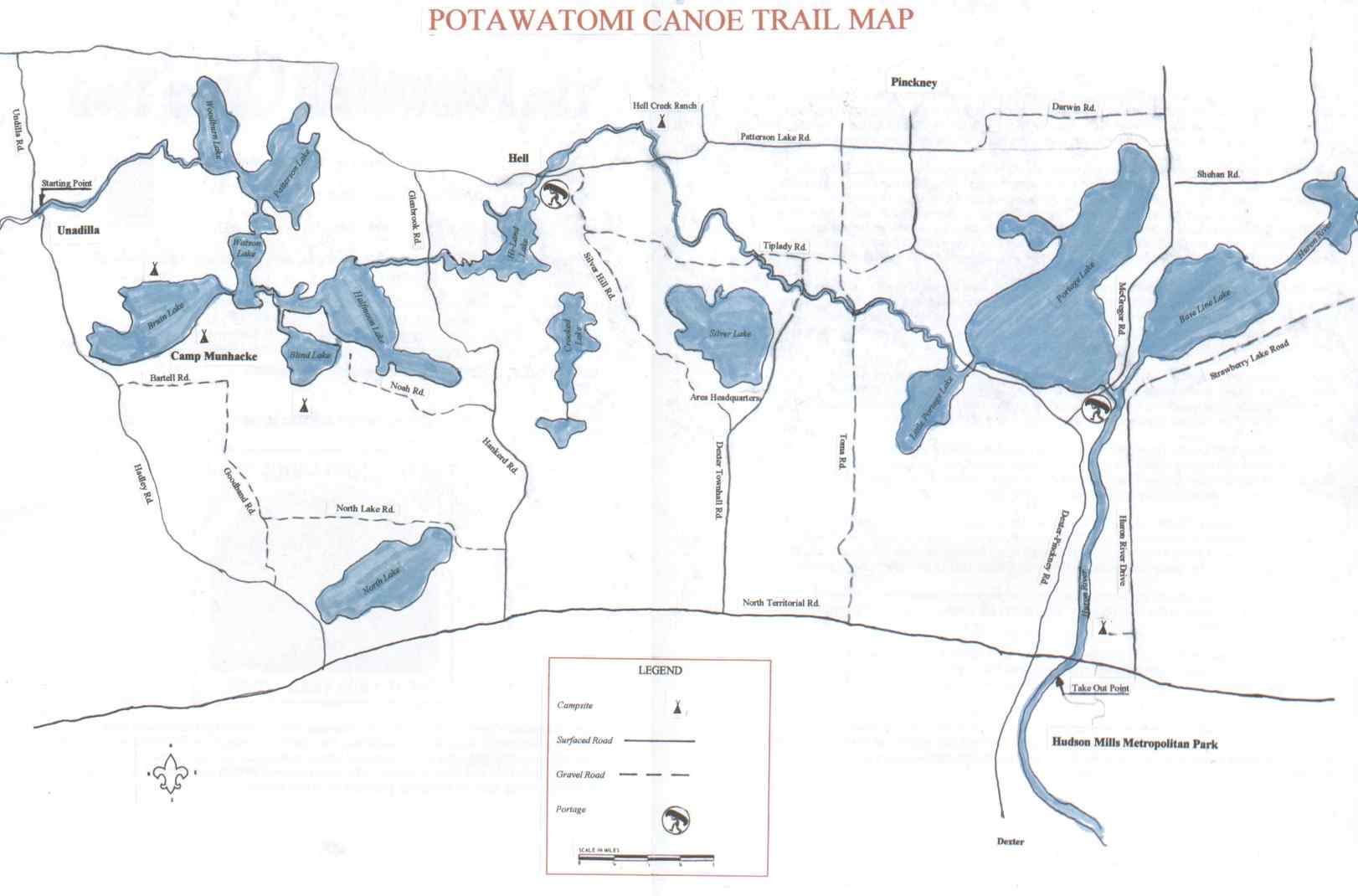
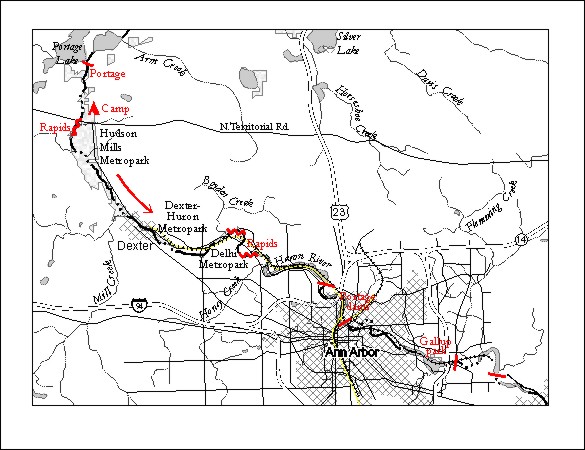
- Israel Branch was the first "jailer" in 1824
- Asa Smith was another early settler in Ann Arbor; Calvin Smith and Samuel W. Dexter were attornies that also came to Ann Arbor in 1824
- There were more families in Ypsilanti in 1824 than Ann Arbor; there were 320 families with 1,842 individuals in Ypsilanti compared to 202 families with 1,184 individuals in Ann Arbor
- Elisha Rumsey and John Allen established the Washtenaw Coffee House in 1824 at Huron and First Streets in a log cabin; Calvin Chipman assisted in erecting the first log house June, 1824, and took credit for proposing the vote to name Ann Arbor.
- Ezra Maynard cleared the property later to be known as the the Cobblestone Farm at 2781 Packard Rd.
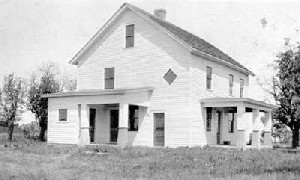
- John and Robert Geddes came to Ann Arbor on July 14, 1824; they founded Geddesburg, and the deed to their farm was signed by President John Quincy Adams in 1927. John was known as "Uncle John," and held the position of Justice of the Peace for over 20 years, Ann Arbor Township Supervisor, and was elected to the State Legislature in 1840. Orrin White and George Rush were the first settlers in the area prior to Geddes arrival. Robert Geddes was twice elected Supervior of Ann Arbor Township. The Geddes house is pictured above, and an 1881 pic of John Geddes below. Geddes Letters Geddes Papers The Geddes Farm, 1827-2003 Geddes Road was named after John Geddes and was formerly called "The Potawatomi Trail." The Geddes brothers founded a saw mill at the corner of Dixboro and Geddes Rd. John Geddes was its first postmaster on July 21, 1875, and a train depot was built in 1878.
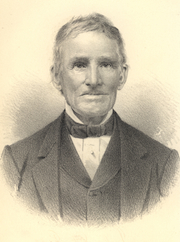
- David E. Lord was the first physician in the county; he arrived August, 1824, and became County Clerk, 1827-1830
- On August 24, 1824, August Woodward left Michigan as he was appointed Judge in Florida by President Monroe; Woodward died on July 12, 1827 at the age of 52
- In September, 1824, John Harford opened a store in Ann Arbor
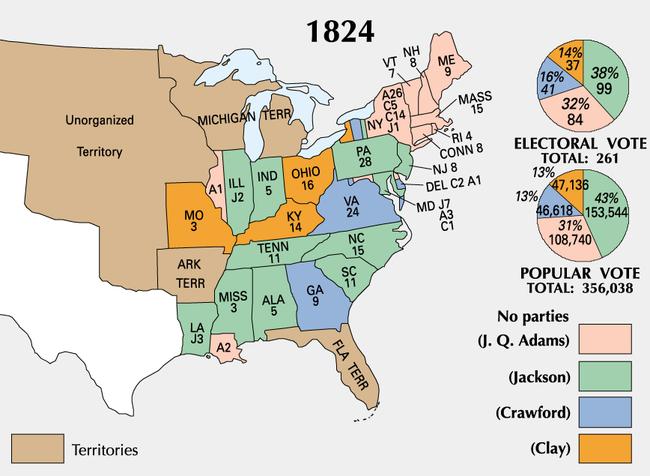
- On October 26-December 4, 1824, John Quincy Adams defeated Andrew Jackson in the 1824 Presidential Election after Jackson won the popular vote and a majority of the electoral voted, but the election was decided by the House of Representatives after Henry Clay gave his support to Adams; there were 365,833 Americans who voted, and Jackson won the popular vote by 38,149 which was 10.5% more than Adams. Only 3.3% of all Americans voted.

- On December 8, 1824, Ann Arbor established a Post Office with John Allen as its first postmaster, 1824-1830

- On April 5, 1825, Orange and Sally Risdon bought 164 acres and Saline became an unincorporated village in 1832 (Orange Risdon's 1825 Map) (Orange Risdon's Family). Leonard Miller built the first log cabin along the Saline River. Also in 1825, John Gilbert purchased a 240 acre farm; that farm was sold to the Tate family in 1840, and they sold it to Emanuel Rentschler in 1901. The farm became a museum in 1913.
- John Tyrell purchased 400 acres, and established Clinton in 1825; he built a log cabin there in 1831
- McCracken School in Pittsfield Township was the first school to open in Washtenaw County in 1825
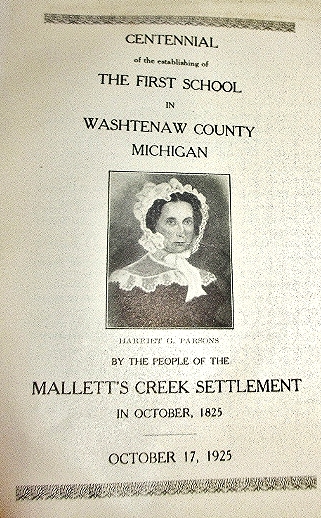
- Miss Monroe opened the first school in Ann Arbor in a log cabin September, 1825 with Orville Barnes as another teacher (Ann Arbor School History); Barnes came with John Allen from Virginia. There were also other schools established in Washtenaw County including Meadowview, Malletts Creek near Platt and Packard also known as Stone School with Miss Elzada Fairbrother as its first teacher; Harriet Parsons also taught there. Superior Townline on Joy Rd., Frains Lake on Plymouth Rd., and Free Church School on Gotfredson and Plymouth Rd. were also established in 1825.
- On May 9, 1825, Woodruff's Grove established a Post Office. Augustus Woodward, John Stewart, and William Harwood purchased the old French Claims and platted a village after Orange Rison's survey. Major Benjamin Woodruff opened the County's first grist mill in 1825 on the Huron River in Ypsilanti.
- On June 3, 1825, Edward D. Ellis began publishing the Michigan Sentinel at Monroe
- John and Joseph Dickinson settled in the Northeast area of Washtenaw County in 1825; Ira Rider was the first postmaster in the area on June 4, 1831 and the post office was named Rider. George Renwick became the first supervisor in 1832, and when he became postmaster on May 29, 1841, the post office was renamed Renwick until January 28, 1846 when it was renamed Salem. The name briefly change in 1875 to Summit, but was renamed Salem in 1876.
- Earhart Manor was settled in 1825 by Elnathan Botsford
- Physician Samuel Denton arrived in Ann Arbor in 1825; he was elected to the State Senate and became a University of Michigan Regent, and was Dean at the University of Michigan Medical School
- Attornies Elisha Belcher an Elias Skinner came to Washtenaw County in 1825; Skinner was the first attorney in Ypsilanti
- Attornies Gideon Wilcoxson and Marcus Lane came to Ann Arbor in 1825
- Reverend Moses Clark settled in Geddesburg in 1825 at the Botsford Farm (near Concordia University), and became the first Baptist Minister in Salem in 1832 at a log cabin near Bullock's Corners
- In 1825, there were 9 small houses in Ann Arbor; Dr. Benjamin Packard noted April, 1825 that their were 7 log homes beside the Allen home
- In the winter of 1825, the first public ball was held in Ann Arbor in a log tavern near the house of Erastus Root
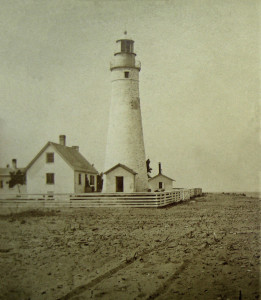
- Fort Gratiot Light was the first Lighthouse built in Michigan in 1825 near Port Huron; the above pic is from 1873, and Michigan has over 150 Lighthouses which is more than any other state
- Conrad Bissinger was the first German to settle in Ann Arbor
- John R. Williams was elected as first Mayor of Detroit in 1825
- Terhune Pioneer Cemetery was founded in 1825
- Mallett's Creek Settlement and School in 1825
- Hamline Rawson came to Snow's Landing with his father in 1825; Amasah Rawson filed a plat on January 7, 1836, and the area became known as Rawsonville
- Allen Williams built the first log cabin at Lodi Plains in 1825 although Hugh Crestie made the first land purchase in 1824, but never resided there. Orrin Howe became the first postmaster on August 29, 1827; it existed until February 3, 1856.
- William Lemmon made the first land purchase in Lima Township in 1825, but didn't settle there until 1830; however, Samuel Clements was the first settler there in 1825. Asa Williams was the first postmaster there on February 12, 1833 as Mill Creek, and it was renamed Lima on May 2, 1834
- Jonathan Stratton, a surveyor, named a 667 acre parcel in honor of local landowner, Luke Whitmore in 1825; it became known as Whitmore Lake 9 miles north of Annarbour. Whitmore was the first County Treasurer in 1829, and George W. Dexter was Whitmore Lake's first postmaster on June 9, 1834. The area was first called Northfield, but the name changed to Whitmore Lake on December 27, 1854. It is bordered by Hamburg Township (1831), Northfield Township (1832), Webster Township (1827), and Green Oak Township (1835) (Hamburg history) (Salem history)
- By the end of 1825, there were 150 people residing in Washtenaw County
- On October 26, 1825, the Erie Canal opened in New York; it facilitated settlements in Michigan as well as the delivery of farm products
- In the winter of 1826, the second public ball was held on the inauguration of the Masonic Lodge where the Gregory House stood; notables attending from Detroit included General Cass, Judge Witherel, O.Cook, L. Cook, General Larnerd, General Schwartz, James Abbot, Nathan Newell, from Ann Arbor: Elisha and Minerva Rumsey, Judge Rumsey, General Martin Davis, Colonel Thayer, Orange Risdon, Captain Orrin Howe, Judge Oliver Whitmore and Miss Venus Whitmore, Judge Anthony Case, Seley Neal, John Goram, Dr. Lord, Augustus Bird, from Dexter: Nathaniel Noble and his brother plus Rufus Crossman, from Superior Township: Esek Pray, Colonel John Brewer, Hiram Robertson, from Ypsilanti: Major McKinstry and Benjamin Woodruff, from Plymouth: Dr. and Mrs. Davis, Mr. and Mrs. Ward, and Rawsonville: Amariah Rawson.
- Anson Brown came to Ann Arbor in 1826
- In 1826, Robert Noyes founded a flouring mill
- The Second Cholera Pandemic spread to Hungary and Russia in 1826, and spread to France; it made its way to Canada and Detroit by 1832
- Thomas Alexander became the first settler in Webster Township May, 1826; Luther Boyden and Israel Anus arrived later that year. The Township was organized in 1833; Moses Kingsley was the first postmaster on May 11, 1833. Munnis Kenny suggested the Township be named in honor of Daniel Webster.
- On May 10, 1826, John Gilbert purchased 80 acres along the Raisin River, but was not filed until March 25, 1835 as Manchester. In 1833, James Soule purchased a large tract of land he named Soulesville; the two competed until 1867 when the area became known as Manchester Village.
- On May 26, 1826, Elias Boudinot, a Cherokee Indian, delivered an Address to the Whites at the First Presbyterian Church in Philadelphia
- On June 6, 1826, the first cemetery was donated by Andrew Nowland; he purchased 5 acres from Thomas Chambers at the "head" of Huron Street (Huron and 12th Street, now Fletcher). Elizabeth Thompson, mother of William Thompson, was the first person buried there November, 1833. (Our First Public Parks: The Forgotten History of Cemeteries) George Noyes may have been the first person buried at the Ann Arbor Cemetery in 1825
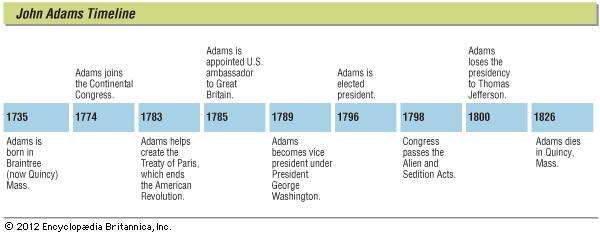
- On July 4, 1826, both Thomas Jefferson and John Adams died on the 50th anniversary of the Declaration of Independence
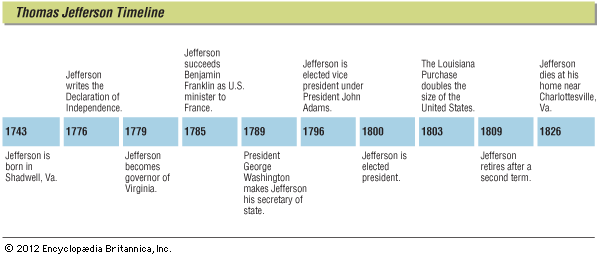
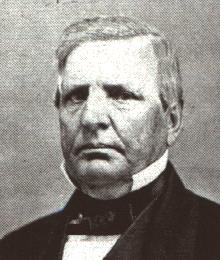
- James "Honest Jim" Kingsley came to Ann Arbor in 1826, became the first member of the Washtenaw County Bar Assn., became a probate judge, and was elected Mayor of Ann Arbor, and University of Michigan Regent
- By 1826, there were Michigan Stagecoach Lines from Detroit to Ann Arbor, Pontiac, and Toledo
- The Grand Lodge of Free and Accepted Masons of Michigan was founded in Alma in 1826; Governor Lewis Cass was a Grandmaster. The roots of Freemasonry goes back to the Middle Ages as far back as 1390; it is the world's oldest fraternal and secret society. The Ann Arbor Chapter of the Freemasons began in 1827 as the Western Star Lodge 6 by Henry Rumsey, brother of Elisha Rumsey. The group met at John Allen's Tavern, a log cabin at the corner of Main and Huron.

- Daniel and Polly Brown came to Ann Arbor in 1826; they owned the property that would later become Michigan Football Stadium
- John Stewart built the first saw mill in Washtenaw County in 1826 at Ypsilanti

- Origen Richardson was an attorney who came to Ann Arbor in 1826; he was later elected as Lieutenant Governor of Michigan in 1841
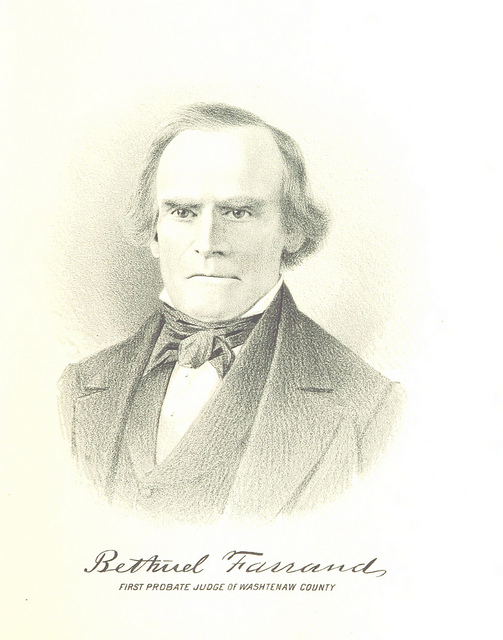
- The First Presbyterian Church was organized August 26, 1826; William Page was the first minister, Israel Branch was the deacon, elder and sexton, and they held services at the northwest corner of Main & Ann St. Bethuel Farrand was an elder, and held that post for 21 years.
- The first session of court for Washtenaw County was on January 15, 1827 with Judge Samuel Dexter and Associate Oliver Whitmore presiding with David Lord as the clerk at the house of Erastus Priest. Bethuel Farrand was the first Probate Judge. Elisha Belcher was the first attorney in the county.
- On March 26, 1827, Ludwig Van Beethoven died at the age of 56
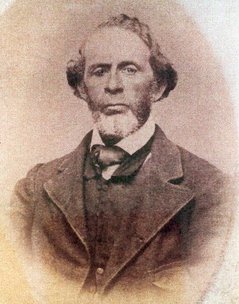
- In 1827, Jacob and Berthena Aray, the first African-Americans in the Ann Arbor area, came to Pittsfield Township from Somerset, New Jersey with their four children, and purchased 160 acres. Mary Aray may have settled their as early as 1817. Their son, Asher Aray (pictured above), became a railroad conductor, and helped 28 runaway slaves to gain freedom in Detroit after hiding them at the Aray farm.
- On March 6, 1827, Ludwig van Beethoven, German composer and pianist, passed away at the age of 56
- Clements Cemetery was established in Lima Township in 1827; it was named after Samuel Clements
- Cornelius Osterhout and a man named Hull built a sawmill at what would be later called Hudson Mills (1844 by Adams & Peters) in 1827

- On July 9, 1827, John Biddle, the Mayor of Detroit, won the election to become Michigan's delegate to the U.S. Congress, and was re-elected in 1829; he later became President of Michigan Central Railroad in 1835
- Mark Norris noted in his diary on July 19, 1827 that Ann Arbor consisted of 3 inns, 4 stores, two tanneries, two blacksmith shops and about 20 dwelling houses
- August, 1827 Elisha Rumsey, Co-Founder of Annarbour died six months after being appointed Justice of the Peace; he purchased 160 acres for $200
- On November 4, 1827, Alexander D. Crane entered Washtenaw County; he was an apprentice blacksmith from New York, but began to study law in 1832. He was elected constable, then Deputy Sheriff and Collector of Taxes for 10 years; he was appointed Postmaster of Dexter in 1849, and later served as Washtenaw County Prosecuting Attorney, 1855-1858, and 1861-1864. He also served as Captain during the Civil War, and later serves as Circuit Court Judge four times and was appointed 4th District Court Judge, 1873-1876.
- Anson Brown & Company was established as a general store at Ann Arbor in the Fall, 1827
- Ann Arbor Library established in 1827 (Ann Arbor School History)
- List of 1827 Residents of Washtenaw County
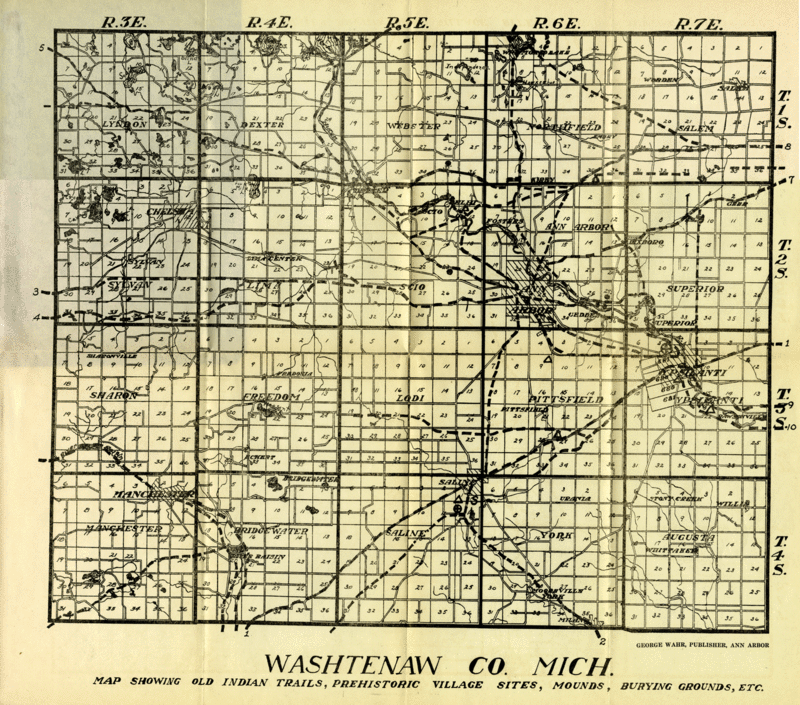
- Washtenaw County Indian Map in 1827
- By 1827, Ann Arbor had 150 residents, 3 stores, and 3 taverns to compete with the Washtenaw Coffee House; there were also 30 cabins
- Washtenaw County began accumulating records of marriages within the county in 1827
- Edward Clark opened a store on Main Street in 1827 near Washington; he built another two-story structure across the street in 1828, and it was known as the Farmers Store
- On March 29, 1827, The Bank of Monroe was chartered
- On April 2, 1827, the Merchants and Mechanics Bank was chartered
- Hardy & Reading built a saw mill in 1827; it was sold to Mark Norris, Timothy McIntyre, Anthony Case and Chester Perry, then Arden Ballard. It became a flouring mills known as "The Eagle Flouring Mills" by 1839, but destroyed by first in 1856. Ballard sold his interest to Dr. Clarke of Detroit in 1843, and he sold to Thomas O. Hill in 1850; he sold to Mark Norris and B. Follett who sold his interest to his son, Lyman Norris while Follett sold his interest to Chauncey Joslin.
- Bethuel Farrand was elected Probate Judge, and presided April 2, 1827
- The first town meeting of Dexter was on May 28, 1827
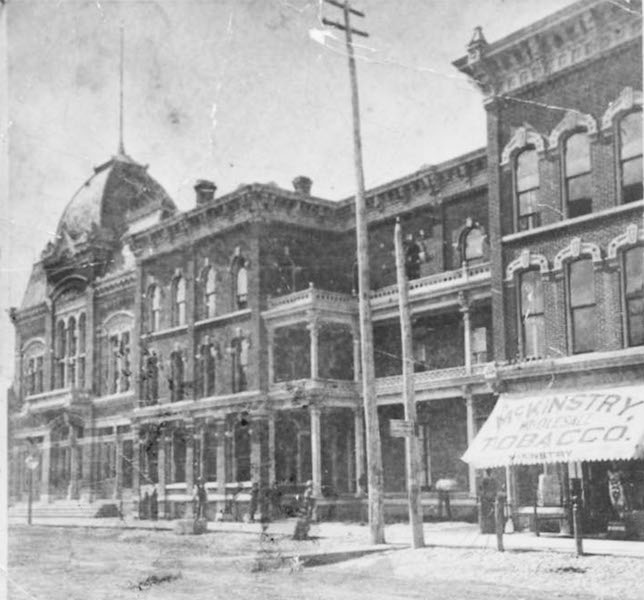
- The Hawkins House Hotel was opened in Ypsilanti in 1827 at Michigan and Washington Streets
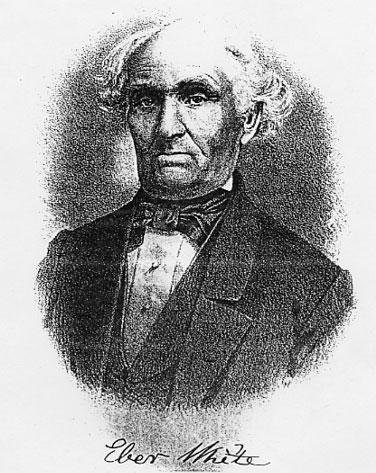
- The First Methodist Chuch was established in Ann Arbor July 29, 1827 by John Baughman with Eber White as one of its 5 original members
- The first piano made its way to Ann Arbor from Detroit in 1827 by a team of oxen; Indians were greatly attracted to this musical instrument
- T.W. & Moses Merrill opened a school in Ann Arbor Fall, 1827
- St. Andrews Episcopal Church was founded in Fall, 1827; services were held in a schoolhouse at the corner of Washington and Fifth
- Robert Owen coined the term, "socialist," in his periodical, The Co-operative Magazine and Monthly Herald in November, 1827

- Rumsey Map in 1827
- The First Baptist Chuch was founded in 1828 in a farmhouse 3 miles west of Ann Arbor
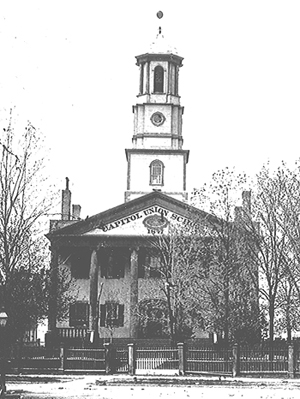
- In 1828, the State Capitol was built in Detroit for $24,500 at the corner of Griswold and State St.; it was first occupied on May 5 (Michigan State Capitol History)
- Methodist Minister Lorenzo Davis, one of Washtenaw County's first historians, moved to Ypsilanti in 1828; Davis became Register of the Deeds in 1845 and Superintendent of the Poor (Davis Papers)
- Washtenaw County began accumulating Circuit Court Records in 1828

- The Democratic Party was founded in 1828
- The First Edition of Webster's American Dictionary was published in 1828 with 70,000 entries by Noah Webster
- On May 13, 1828, Colonel Solomon Peterson obtained 160 acres in Putnam Township to found the City of Pinckney
- Territorial Governor, Lewis Cass, approved a resolution drafted by Henry Schoolcraft on June 16, 1828 to establish a library to store and preserve important historical documents including 131 law books; on July 3, 1828, William B. Hunt was appointed to preserve those documents
- David and Jonathan Ely were Ann Arbor merchants; Heathcot Mowey opened a store in 1828
- The Broadway Bridge was built in Lower Town in 1828
- Detroit's population in 1828 was 1,517
- John Williams built a home at 4580 Farrell Road in Webster Township in 1828
- The first circus performance in Michigan was in 1828 by William Blanchard
- Crippen School was established on Stommel Rd. in Ypsilanti in 1828
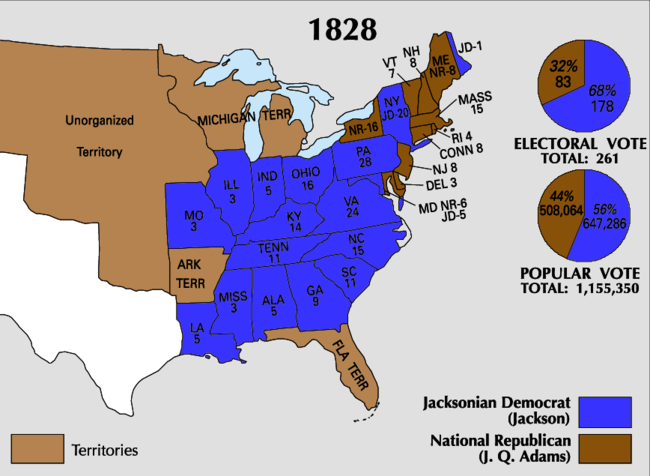
- On October 31-December 2, 1828, Andrew Jackson defeated President John Quincy Adams in the 1928 Presidential Election; there were over 1.1 million Americans who voted of a population of nearly 13 million (less than 8.5% of all citizens) with over 2 million slaves, and different states voted at different time. Jackson's wife, Rachel Donelson, died on December 22 of a heart attack. They were married since 1794.
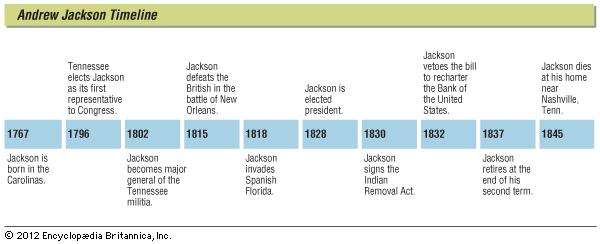
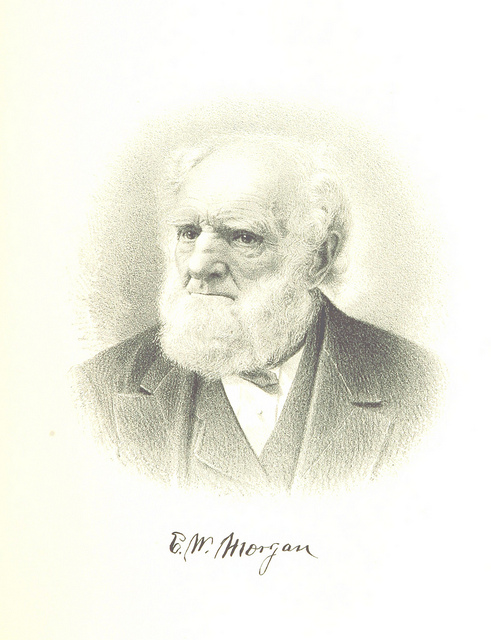
- Attorney Elijah Morgan came to Ann Arbor in 1829 (Morgan Family Papers)
- Construction began on U.S. 112 in 1829, and was completed in 1833; it was known as the Northern Indian Trail. Michigan Highway History
- Washtenaw County Jail was built at Rumsey Square in Ann Arbor in 1829
- On May 17, 1829, John Jay died
- In 1829, W.W. Harwood built a flouring mill on Congress St. in Ypsilanti; he sold it to Mark Norris in 1832, and it was sold to John Gilbert in 1835. Gilbert gave half-interest to his son-in-law, Abel Godard, in 1839; Alfred Hunter bought it in 1840, and it was assigned to Mr. Beckwith until 1854 when it was sold to Nathan Follett and Alexander Ross. Isaac Conklin purchased it in 1861, but the Follett's bought it back in 1865 until it was sold in 1873 to the Deubel brothers.
- Attornies George W. Jewett and James B. Gott also came to Ann Arbor in 1829
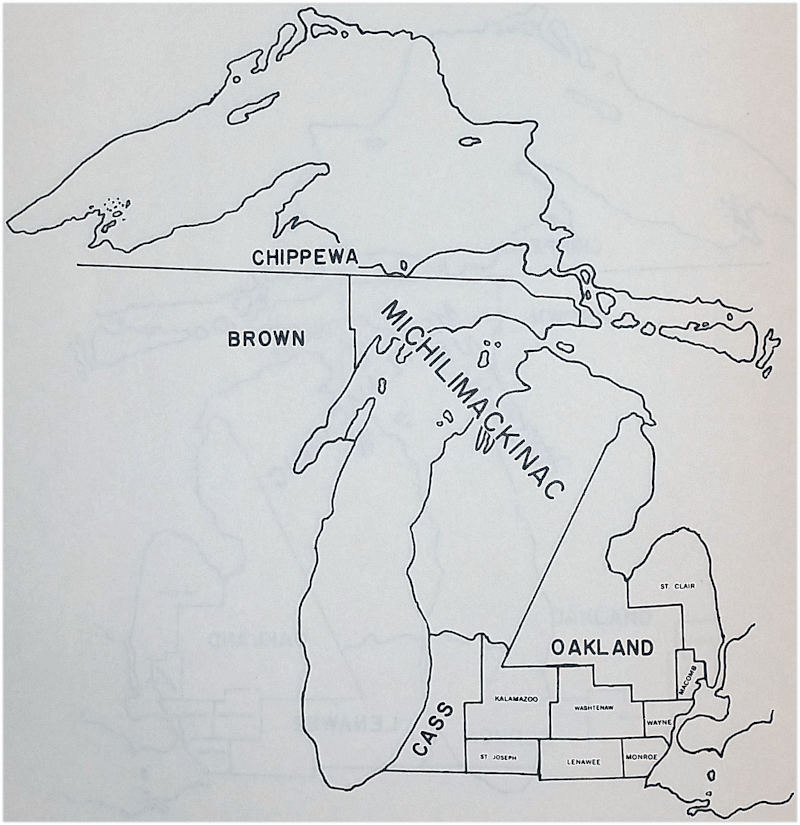
- When Jackson and Ingham Counties were established in 1829, their boundries took part of the lands that was originally part of Washtenaw County; although Ingham County was created on October 29, 1829, it remained part of Washtenaw County until 1838. Michigan created 10 "Cabinet Counties" in 1829 with Barry, Berrien, Branch, Calhoun, Cass, Eaton, Ingham, Jackson, Livingston, and Van Buren Counties all named after cabinet members of the Andrew Jackson administration.
- On August 15, 1829, the Cincinnati Riots broke out
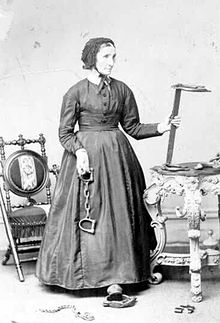
- Laura Smith Haviland moved to Lenawee County September, 1829; she was one of the leaders in the Michigan Underground Railroad
- Franklin L. Parker moved with his parents at the age of 9 to Salem Township in 1829; he was admitted to the University of Michigan in 1843 and graduated in 1847. He was admitted to the bar in 1850, but excelled in real estate investments where he became one of the wealthiest men in the county and state with holding in many counties. (Franklin L. Parker Papers)
- George Pease and his son, William, and William's cousin, David Keyes, settled at Grass Lake in 1829 although David Sterling owned land their previously. Daniel Walker came in 1830, and Lorenzo Hale became the first postmaster on December 30, 1839. A railroad depot was build in 1842; it was incorporated as a village in 1871. Judge Henry Francisco was postmaster at nearby Francisco on October 4, 1843.
- The third newspaper in Michigan, The Western Emigrant, began operations on November 18, 1829; it was published by Judge Samuel Dexter and John Allen with George Corselius as Editor
- Andrew Muir was the first resident of Augusta Township in 1829; James Miller founded the village of Stoney Creek in 1829
- Hixon was established in 1829 by Daniel Hixon; George Howe became the first Supervisor in 1833, and it was renamed Bridgewater Township (Video). Its first post office was established April 3, 1833, and named Columbia Lake until renamed Bridgewater on May 8, 1843
- Daniel Hiscock, 10, arrived at Ann Arbor on October 29, 1829 from Wayne County, PA with 8 siblings after a 6 week journey with a wagon and three horses. He later became one of the Directors of the Ann Arbor Savings Bank for over 25 years.
- The Western Emigrant began publishing November 18, 1829 by Thomas Simpson
- On November 5, 1829, the Farmers & Mechanics Bank was chartered
- John Wesley Brooks, a former slave, came to Ann Arbor in 1829; he paid $100 for 80 acres in Pittsfield Township where he farmed for 25 years until 1854 when he moved into Ann Arbor on North Main St. He was credited with founding the Second Baptist Church in 1854 and the Bethel African Methodist Episcopal Church in 1865; he passed away on June 22, 1882 at the age of 84.
- Samuel Camp, a tavern keeper, and L. Hawley built a distillery November, 1829
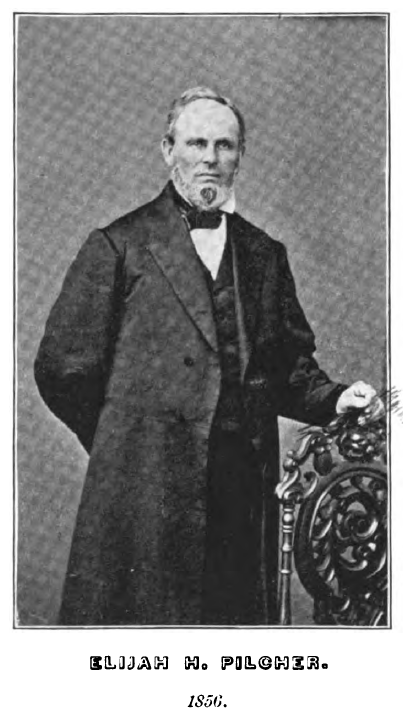
- Methodist Minister, Elijah Pilcher, came to Ann Arbor in 1830 at the age of 21 after preaching in Ann Arbor, Jackson, Saline, Manchester, Tecumseh, Adrian, Coldwater, and Marshall; he became a University of Michigan Regent, 1845-1851, and graduated with a medical degree in 1859 (Life and Labors of Elijah Pilcher)
- Elizabeth Chandler moved to Tecumseh in 1830; she was a Quaker and an Abolitionist (Chandler Papers)
- Argo Dam was built in 1830
- Michigan's population was 31,639 in 1830
- Absalom Traver, a grocer, tavern keeper, and fire chief from Manhattan, walked to Ann Arbor in the Summer of 1830 after taking a steamship to Buffalo, NY, and purchased 178 acres for $1,000 in Section 21 of Ann Arbor Township. He returned to Manhattan, and came back to Ann Arbor May, 1833 with his wife, Charlotte, and five children. He built a home at 1309 Jones Drive, and later built a second home at 1418 Broadway where he later moved to in 1840. In 1834, he built a saw mill, and provided lumber for the first buildings on the University of Michigan campus in 1839. Traver built another home at 1300 Broadway after giving the 1418 Broadway home to his daughter, Mary Ann and her husband, Apollos Tuttle. Traver Road was also called Tuttle Road. Charlotte Traver died March, 1846, and Absalom remarried to Amanda Hill September, 1846; Charlotte gave them 9 children, and Amanda provided 3 more. Traver also built a grist mill at Traver Creek by 11856, and platted a Second Addition along Maiden Lane. Three of Traver's sons enlisted in the Civil War as did Tuttle, and Traver passed away on August 12, 1869. His family left Ann Arbor for Milan, Saline, Jackson, Plymouth and Hillsdale. Ann Arbor's Forgotten Founder
- Dexter built its first public school in 1830 at a cost of $400
- Mooreville was established in 1830 by John Moore; he was the first postmaster on January 5, 1833. The post office was renamed York on May 2, 1834, and continued through April 30, 1907
- Tolansville was settled in 1830 after Henry Tolan; he was brother-in-law to William Marvin, son of John Marvin who established the first settler in the area. Tolan built a potash factory, hotel and drug store; it was still in Monroe County when Bethuel Hack became its first postmaster on March 27, 1833 with the office named Farmersville. Milan was founded in 1831 by John Marvin, Bethuel Hack, and Harmon Allen. It was renamed Milan on April 21, 1836, but was more popularly known as Woodward's Mills until 1859 after David Woodward who became postmaster in 1834.
- Hethcot Mowey opened a store in Ann Arbor in 1830
- Cyrus Beckwith established a farm in Sylvan Township in 1830 with the purchase of 500 acres. Nathan and Darius Pierce purchased 400 acres in Sylvan and Lima Townships in 1831, and James and Elisha Congdon purchased 440 acres in 1834; Sylvan Center was named be Edmund Conkling at the suggestion of his wife; Sylvan was the post office name on July 4, 1834 with Calvin Hickox as its postmaster. Elisha Congdon was the first postmaster of Kedron on January 4, 1849. The Village of Kedron began in 1832, but was renamed Chelsea on July 19, 1850. William Dunham opened the first tavern, and Elihue Frisbie the first store in 1838. Chelsea Depot received first shipment on May 2, 1850. (A Short History of Chelsea)
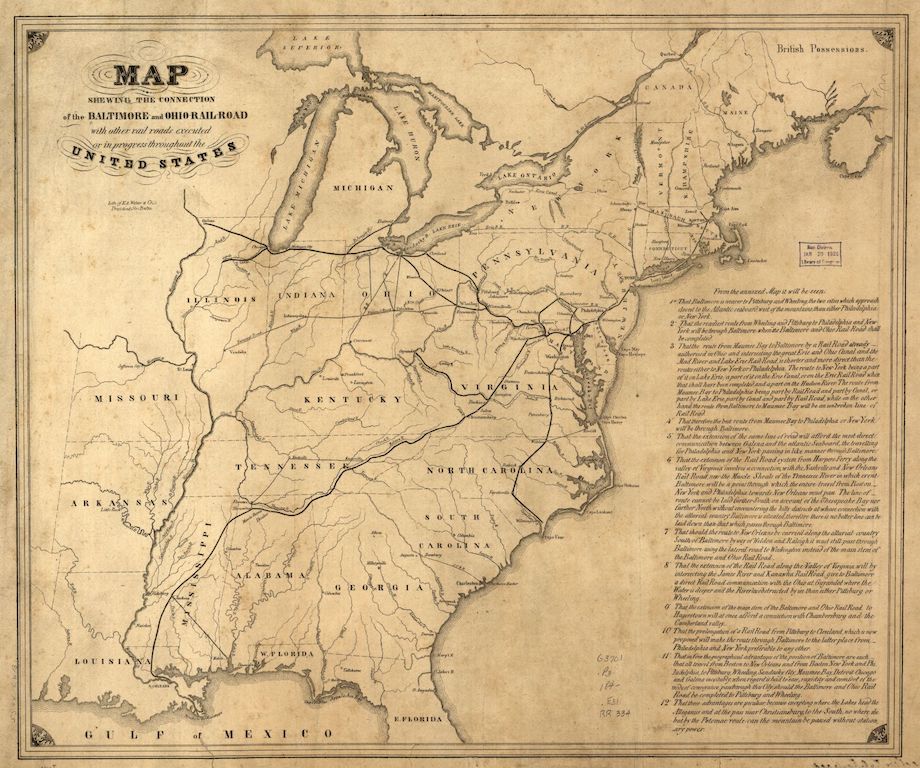
- The Baltimore & Ohio (B&O) Railroad was established in 1828, and laid their first track in 1830
- The Fifth Census of the United States was conducted on June 1, 1830; there were 12,866,020 people including 2,009,043 slaves (15.62%) in 24 states
- Detroit's population in 1830 was 2,222, Michigan's population was 31,639 with 4,042 in Washtenaw County and 973 in Ann Arbor with 12,866,020 in the United States platts and maps
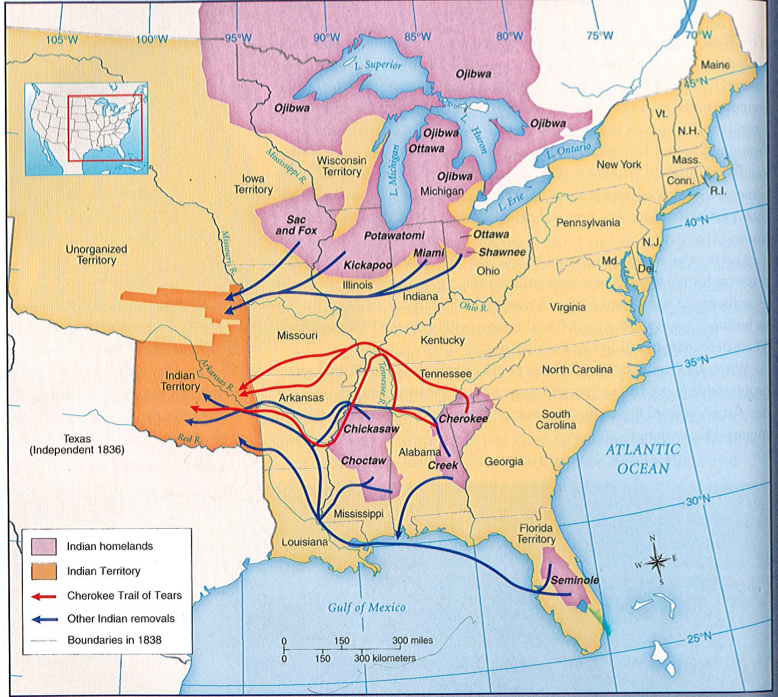
- The Indian Removal Act was passed in 1830 with the support of Michigan Governor, Lewis Cass; the Trail of Tears left thousands of American Indians homeless, dead and/or without property; Daniel Webster, Henry Clay, Abraham Lincoln, Davy Crockett, Jeremiah Evarts (William Penn) and others opposed the legislation. President Jackson rewarded Cass by appointing him Secretary of War; thus, Cass was to implement and enforce the act.
- Solon Cook, a harness maker, arrived in Ann Arbor August, 1830; he eventually opened Cook's Temperance House
- The first settler in Green Oak Township was Stephen Lee September, 1830; he came from New York with Isaac Appleton setting 20 days later. J.B. Hammond entered May, 1831 as did William Lemon. Moses Gleason came June, 1831. Daniel Appleton also came in June, and Benjamin Curtis by October, 1831. Herman Dix settled by May, 1832, Nathaniel Potter later that month with George Gready as well. A.W. Olds and George Gallway came in 1833. The first schoolhouse was built by 1834.
- John Thompson Mason, was appointed by President Jackson as Michigan's Acting Territorial Secretary and Superintendent of Indian Affairs in 1830; he was formerly U.S. Marshall. Mason's oldest son, Stevens Mason, 19, of 11 children replaced his father in 1831
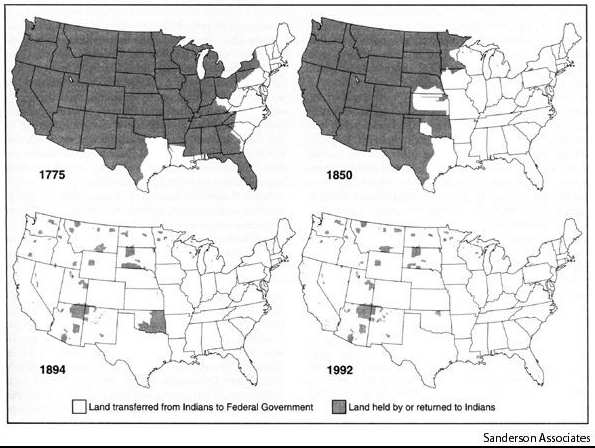
- In 1830, Arden Ballard built a home at 125 N. Huron St. in Ypsilanti; he was the village president
- Samuel Dexter purchased The Western Emigrant, and began publishing The Emigrant on November 24, 1830; it was anti-Masonry, and the name was changed to The Michigan Emigrant in 1832, but ceased operations November 20, 1834. There were 715 newspapers published in America in 1830.
- Lewis Kellam and Daniel Luce bourght the first land at Sharon in 1830, but Ira Anabil, Amos Bullard, and John Bessey were the first settlers there in 1831. The Richfield post office opened February, 1832 with Joseph Gilbert as its first postmaster. The town was first called Peppergrass until the Township was organized in 1834; it was named after Sharon, Connecticut. It was named Sharon on January 15, 1836 with Daniel Kellogg as its postmaster; the post office closed on July 15, 1856.
- George B. Cooper moved to Ann Arbor in 1830; he became State of Michigan Treasurer in 1846
- Michigan County Histories: Allegan, Antrim, Baraga, Barry, Bay, Berrien, Calhoun, Cass, Charlevoix, Chippewa, Clare, Clinton, Delta, Emmet, Genesee, Gladwin, Hillsdale, Houghton, Ingham, Ionia, Iosco, Jackson, Kalamazoo, Keweenaw, Leelanau, Lenawee, Macomb, Mason, Missaukee, Monroe, Montcalm, Montmorency, Newaygo, Oakland, Oceana, Oscoda, St. Joseph, Saginaw, Shiawassee, Washtenaw, Wayne, Wexford (Michigan Historical Markers)
- Michigan City and Township Histories: Beaver Island, Brighton, Byron Center, Canton, Chelsea, Clinton, Detroit, Dexter, Farmington, Grand Ledge, Grand Rapids, Grosse Ile, Howell, Lansing, Lowell, Manchester, Marshall, Mason, Meridian, Milford, Northville, Pittsfield, Plymouth, Rockford, Romeo, Royal Oak, Saline, Salem, Sebawaing, Southfield, Tecumseh, Troy, Ypsilanti, Zeeland
- The first lawn mower was invented by Edwin Budding in 1830 at Thrump, England
- Chauncey Goodrich came to Ann Arbor in 1830; he ran the Goodrich House, 1831-1842 on South Fourth Ave.
- Orson V. Packard came to Washtenaw County in 1830, and settled at Panama Township on 80 acres; he helped to build many school houses and churches. He was also an assessor, 1836-1846, and Justice of the Peace, 1846. His brother, Alexis, was a clerk for the Township, and a Deacon for the First Baptist Church. One of his sons was Harvey Commodore Packard became a member of the 20th Infrantry during the Civil War.
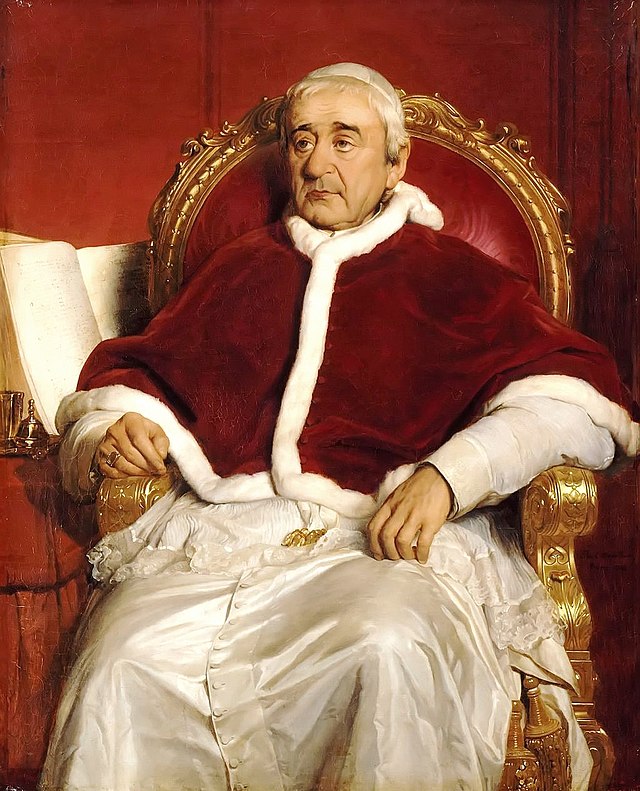
- On February 2, 1831, Pope Gregory XVI was coronated; he passed away on June 1, 1846
- Austin Eli Wing, a Mason, from Monroe defeated Samuel Dexter, an Anti-Mason for the U.S. Congress seat on July 11, 1831; Wing became a University of Michigan Regent in 1845

- James Edmunds came to Ypsilanti in 1831; he ran for Governor in 1847 after being elected to senate in 1839
- Frederick and Maria Staebler purchased land at the intersection of Lodi, Scio, Freedom, and Lima townships in 1831, and their son Michael was born in 1843
- The first town meeting at Pittsfield was held at the home of John Gilbert in 1831; Ezra Carpenter motioned that the town be named Pitt in honor of English Prime Minister, William Pitt, and it was renamed Pittsfield in 1840. The post office operated from January 21, 1835 until December 31, 1907.
- Detroit & St. Joseph Railroad was incorporated in 1831 with capital of $1.5 million; it was renamed the Central Railroad of Michigan in 1837, and owned by the State after finanical difficulties. It reached Ypsilanti on February 3, 1838.
- Emery was first settled in 1831 by Joshua Leland in Northfield Township; it was named after his son, Emery, who later became Northfield Township Supervisor and Probate Judge, and the post office operated February 20, 1884 until March 31, 1903
- Hamburg was settled in 1831 by Felix Dunlavey, Jesse Hall, Calvin Jackson, Cornelius Miller and Herman Lake
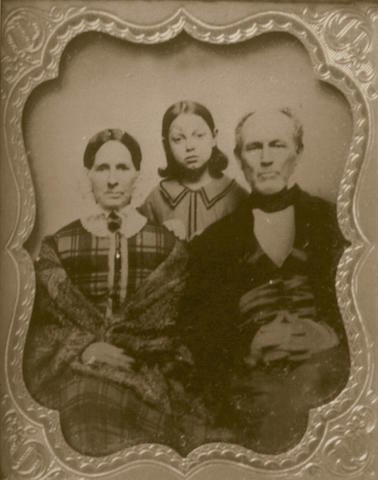
- In 1831, Gideon Whittemore (pictured above with his family), Daniel Leroy and Olmstead Chamberlain sold to Col. Mack, Gen. John R. Williams and Major Joseph Campau the newspaper called the Oakland Chronicle and the well known slave, Hector, was placed in charge of it. It became the Detroit Free Press.
- There were 7 schools in Ann Arbor with 289 pupils in 1831 between the ages of 5 to 17, and 61 pupils older than 17
- The Detroit Free Press was founded in 1831 by John R. Williams and Joseph Campau; it was sold to Wilbur Storey from Jackson who moved to Detroit in 1853. In 1872, William Quinby, a 1858 Michigan graduate, became the majority stockholder and editor-in chief.
- Edward Mundy came to Ann Arbor in 1831; he later served as Lieutenant Governor, 1835-1840, Attorney General, and State Supreme Court Judge

- The first Catholic Church in Washtenaw County was founded in 1831 with logs on Whitmore Lake Rd. with 15 families called St. Brigid, but later renamed St. Patricks, in honor of Father Patrick O'Kelly, a native of Kilkenny, Ireland who came to America in 1821 and Ann Arbor in 1826; he was sent to minister Irish immigrants in 1829 at Northfield Township. O'Kelly also established settlements at Green Oak Township in 1831 with St. Josephs, and in Livingston County in 1843 with St. Patricks of Brighton, St. John Catholic Church at Howell, St. James at Hartland, St. Mary's of Pinckney, Ingham County with St. Patrick's at Bunker Hill Township in Leslie, Oakland County with St. Thomas at Pointiac and St. Patrick's at White Lake, Wayne County with St. Johns in Dearborn, and as far West as Kalamazoo. He was also called to Milwaukee in 1839 where he helped organize many parishes through 1842. O'Kelly held the first Catholic service at Ann Arbor on July 12, 1835 in the private home of James and Margaret Horrigan, and helped to establish St. Thomas High School in 1868; he passed away on October 8, 1858.
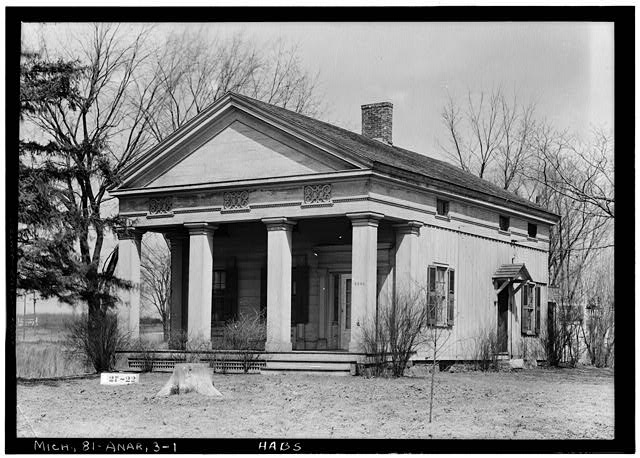
- John Anderson, County Sheriff, purchased land in Pittsfield Township at 2301 Packard Rd.; his son, William, built a home in 1846
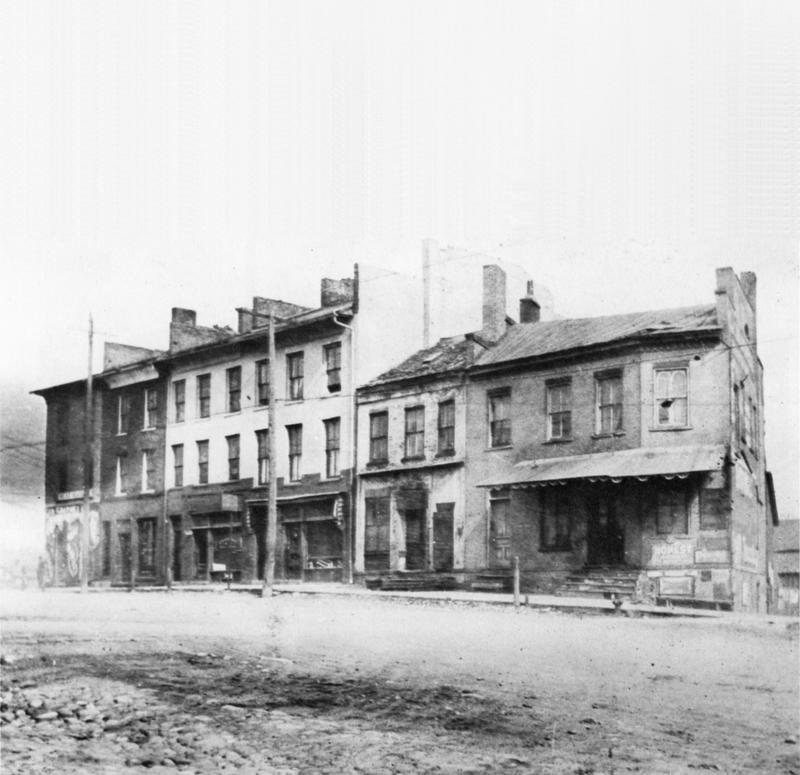
- The two-story building on the far right in this early photograph was erected in 1831 on this side of Broadway by Asa Smith for his home and cabinet shop. It was the first brick structure in Lower Town. Next door, in 1833, Josiah Beckley built the three-story Huron block where he had a general store. It faced Anson Brown's new building on the other side of Broadway. Upstairs, Josiah's brother Guy Beckley published an influential abolitionist newspaper, "The Signal of Liberty," from 1841 to 1847. Over time the block housed grocery and variety stores, saloons, a meat market, and a bakery. Wooden sidewalks and cobblestone gutters edged the dirt street. The block was demolished in 1859.
- Loren Mills built the first brick house in Ann Arbor in 1831
- James W. Hill became the first resident in Freedom Township in 1831; the first town meeting was held in 1834, and Henry M. Griffin was elected Supervisor. Levi Rogers was the first postmaster at Fredonia on July 11, 1838; there was also a Fredonia in Calhoun County. The first postmaster was Henry Davidter on May 21, 1867
- Fosdick School was established at 507 Bemis Rd. in 1831 (Ann Arbor School History)
- On August 21, 1831, Nat Turner's slave rebellion broke out at Southampton County, Virginia; Turner died on November 11
- William Henry "Billy" Vanderbilt inherited $100 million from his father, Cornelius Vanderbilt, in 1831
- The Peebles family (John, Reuben and David) settled in Salem Township in 1831; it was given a post office named Peebles Corners in 1838. E.S. Worden owned 156 acres in the village that was given a post office on March 7, 1882 named Worden with Silas Pratt as its postmaster until it ceased operations on January 31, 1902.
- The Gilbert Family came to Ypsilanti in 1831

- The Parks Tavern in Clinton was established in 1831 by James Parks after he purchased it from Oramel Skinner; it would later be known as the Eagle Tavern in 1849 when purchased by Calvin and Harriet Woods. It was a popular Stagecoach stop along with Walker Tavern in Brooklyn which was built in 1832 by Ezra Blood; the Eagle Tavern was later moved to Greenfield Village.
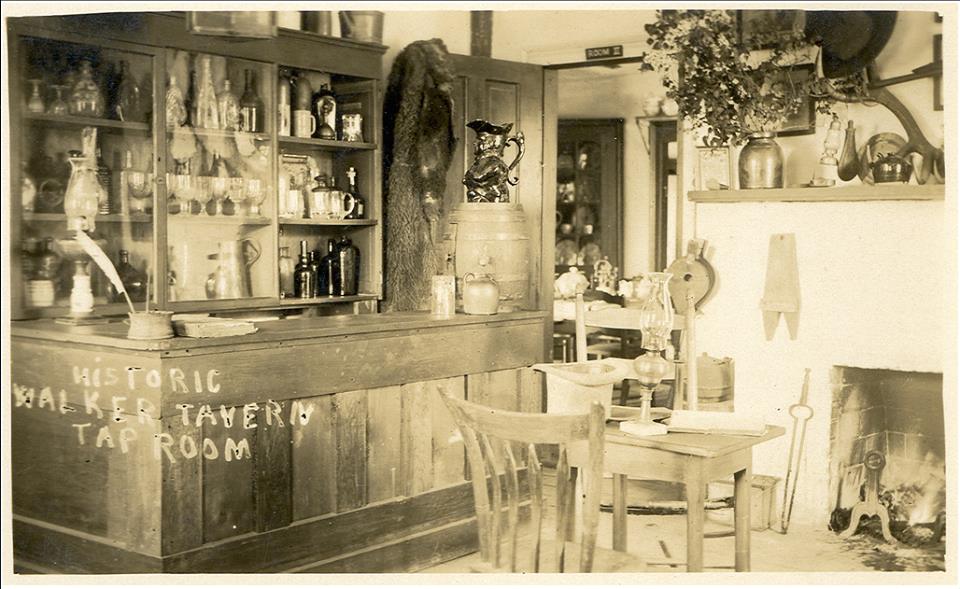
- William Lloyd Garrison published The Liberator in 1831; Garrison and his newspaper spearheaded the Abolitionist Movement in the United States, and the American Anti-Slavery Society was founded in 1833
- On August 6, 1831, George Bryan Porter became Governor of the Michigan Territory after Lewis Cass resigned due to his appointment as Secretary of War under President Jackson
- On August 16, 1831, the Baptist Church of Dexter was founded by Elder Carpenter
- New York shoemaker, Jacob Doremus emigrated to Delhi Village in 1831, and was one of the founders of Webster Church in 1833 (Delhi Village 1874 Platt Map)

- The New York Central Railroad was born in 1831

- On February 1, 1832, The Western Emigrant published a proposal for a transcontinental railroad
- Lyman Graves erected a saw mill at Paint Creek in 1832
- Edward Mundy moved to Ann Arbor in 1831, and opened a store; he later became Justice of the Peace, Lieutenant Governor, Attorney General, and Michigan Supreme Court Justice. O.H. Thompson also opened a store in Ann Arbor
- On March 22, 1832, Johann Wolfgang von Goethe, novelist, poet and statesman, passed away at the age of 82
- On January 6, 1832, William Lloyd Garrison founded the New England Anti-Slavery Society
- The Anson Brown Building in Lower Town was erected in 1832 as a general store at 1001 Broadway St. (Crossing between Two Parts of Town)
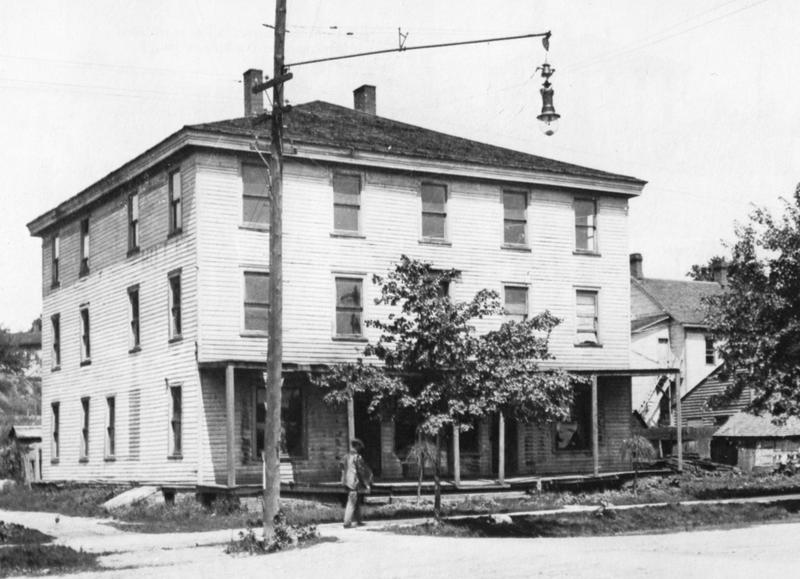
- Justice Gooding established the Washtenaw House Hotel in 1832 in Lower Town; it later became a boarding house in 1878 operated by William R. Thompson, and was torn down in 1927. Thompson was elected as an Ann Arbor Trustee, and became Mayor, 1843-44.

- Black Hawk War of 1832; Chief Black Hawk, the leader of the Sauk lived until October 3, 1838 in Iowa after being moved from his native lands in Illinois (The Story of the Black Hawk War was published in 1892)
- John Allen and Calvin Smith were admitted to the Washtenaw County Bar in 1832 after studying law under James Kingsley
- Jonathan Mann was the second German to settle in Ann Arbor in 1832
- Frog Island Park was the first park at Ypsilanti in 1832 at Cross and Forest St.
- Langford Sutherland purchased a farm at 797 Textile Rd. in Pittsfield Township in 1832
- Father Gabriel Richard died on September 13, 1832 of Cholera during the epidemic; cholera killed 600 people in Detroit in 1834, and wiped out over 15% of its population by 1835
- Oakgrove School was established in 1832 at Bemis & Carpenter Rd.; Mills School was established at the "old" Mills House at Saline and Ann Arbor Rd. (Ann Arbor School History)
- Anson Brown became Postmaster in 1832
- Panama Township was renamed Salem Township in 1832; Rufus Thayer owned the first property in the township, and Alexis Packard was the first township clerk, 1834-1839. George Renwick was the first supervisor in 1834 and 1837. The first meeting of Salem Township was held March, 1833 at Bullock's Corners near the house of Jacob Bullock. Lucius Lyon resurveyed the township in 1844. (Lucius Lyon Papers)
- Isaac Pomeroy and Judge Dexter built a saw mill at the site of what would later by named Dover Mills in 1832
- Attorney Olney Hawkins came to Ann Arbor in 1832; there were six attornies in Ann Arbor in 1832 including Lawrence who was born in Washtenaw County in 1808 although the County wasn't officially recognized until 1822
- Henry Vinkle, a cabinet maker and undertaker, established a shop in the Village of Dexter in 1832; he built his own coffin, and took afternoon naps in it
- A cornerstone for the St. Peter's Episcopal Church was laid by William Narcissus Lyster, an Irishman, in 1832; the area became known as Irish Hills
- On June 29, 1832, the Bank of Raisin River was chartered, and the Lake Michigan Steamboat Company was founded with John Allen, Samuel Dexter, Anson Brown as 3 of its 21 original corporators
- On August 2, 1832, the Bad Axe Massacre ended the last Indian rebellion East of the Mississippi River; on August 27, the Black Hawk War ended after its start on April 6
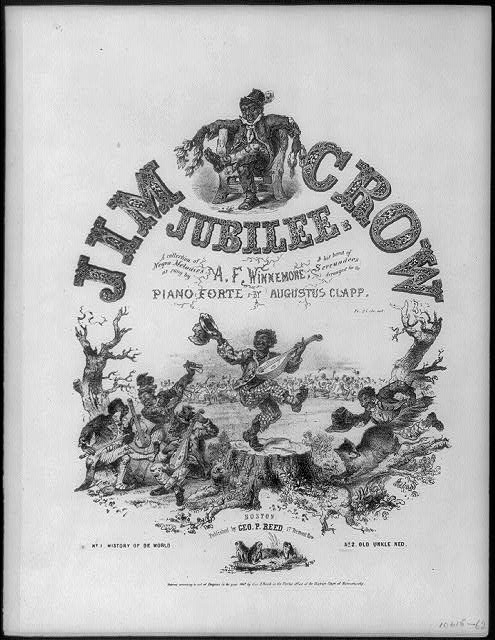
- Thomas Rice made the Jim Crow character his signature act in 1832 as "Daddy Rice;" he started the act in 1828 Jump Jim Crow
- Minstrel Shows began in the 1830s and continued in their popularity for decades (Stereotypes and Stereotyping of African-Americans in America)
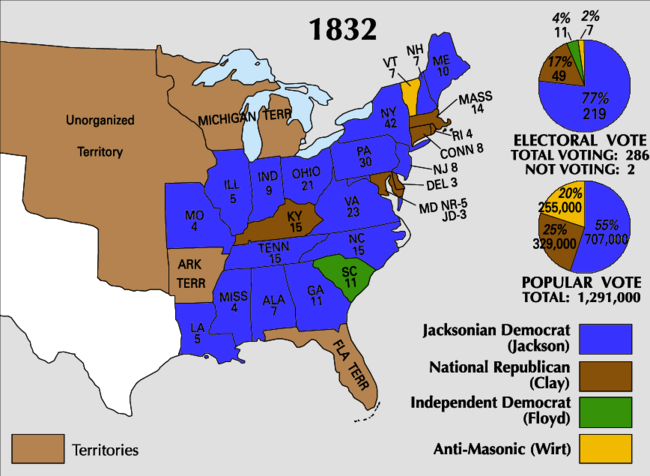
- On November 2-December 5, 1832, Andrew Jackson defeated Henry Clay, John Floyd and William Wirt in the 1832 Presidential Election; there were nearly 1.3 million Americans who voted, and different states voted at different times. Less than 9% of Americans voted.
- William Webb Harwood, one of the founders of Woodruff's Grove, sold his land there, and purchased a thousand acres in Pittsfield Township. He deeded two acres of his land to the Wesleyan Methodist Society Church along with a cemetery. The Harwoods, Arays, and Prestons were all abolitionists and involved in the underground railroad.
- On January 15, 1833, Augusta Township was given their first post office at Paint Creek with David Hardy as postmaster; it was transferred to Willis (Newcomb) on September 27, 1881
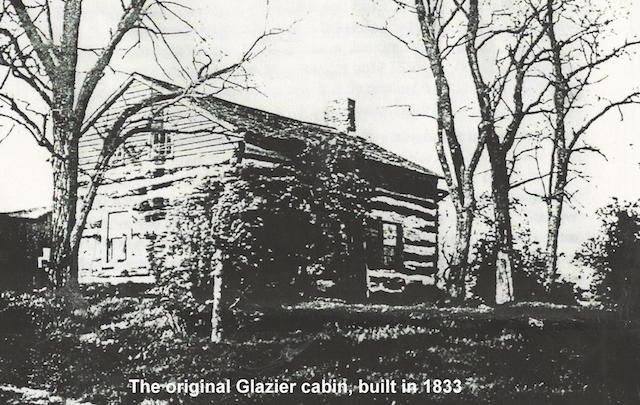
- The Glasier Cabin was built in 1833 by Richard Glasier; he was a Quaker, and involved in the underground railroad
- Major John Gilbert received a grant of 400 acres, but never settled at Manchester; however, James Harvey Fargo and his uncle, Steven Fargo, built and operated a saw and grist mill as Manchester Mill Company. Harry Gilbert became the first postmaster on May 8, 1834. Most of its early settlers came from Manchester Township at Ontario County, New York.
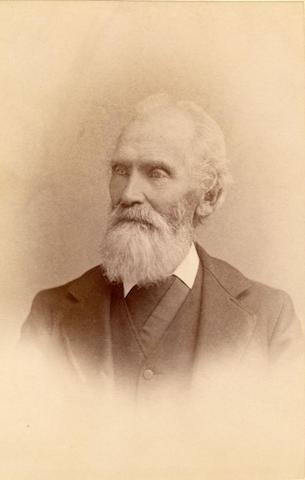
- Stephen Mills bought land near Manchester in 1833; he traded the land for Tracks 6 and 7 in Pittsfield Township in 1835 across from the Pittsfield Grange. Mills became the first "premier" builder in Washtenaw County; the pic is from 1874
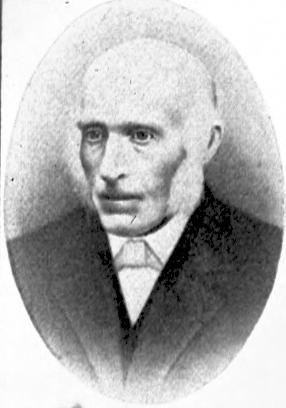
- Zion Lutheran Church was founded in 1833 in Scio Township by Rev. Frederick Schmid; he was the only German Protestant Minister in the State, and he organized churches at Detroit, Monroe, and Waterloo in Jackson County
- Yellow Mills was settled in 1833 in Dexter Township after Judge Dexter and Isaac Pomeroy built a sawmill near the Bell Road Bridge in 1832; it was later renamed Dover Mills in 1863 by Thomas Birkett
- Kalamazoo College was founded in 1833
- The Whig Party was founded in 1833
- Attorney Jonathan E. Fields came to Ann Arbor in 1833
- Collins Plains was settled in 1833 by Josiah and Harrison Collins; it later became Lyndon Township in 1837 with Horace Leek as its first supervisor, and has 35 lakes, most of any township in Washtenaw County
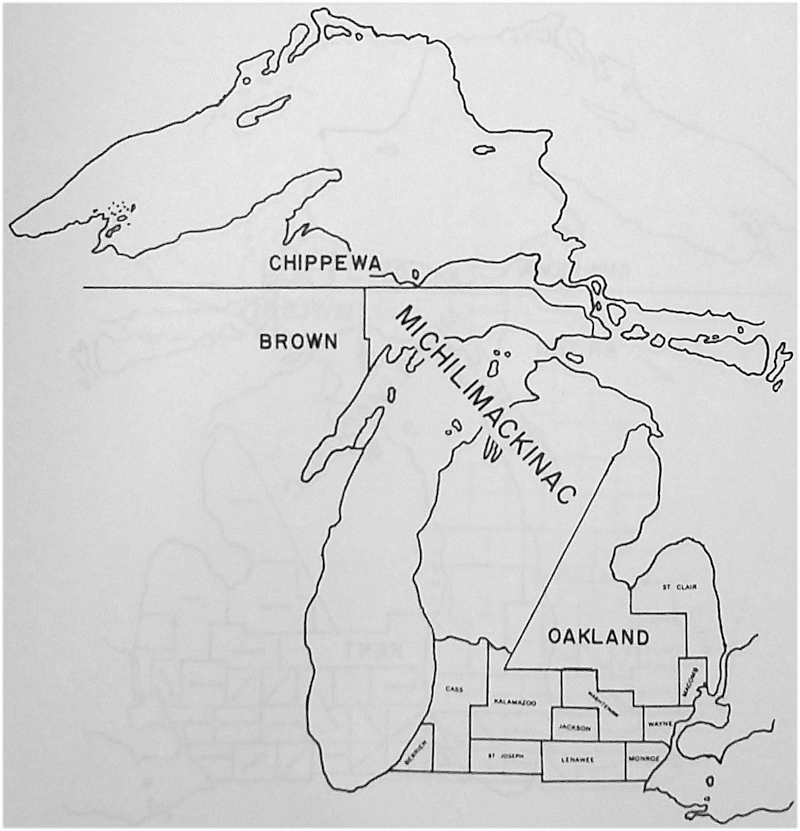
- Livingston County was founded in 1833; the boundries took part of the land that was originally that were in Washtenaw County

- Kinsley Bingham came to Green Oak Township from New York in 1833; he served many positions, Justice of the Peace, Postmaster, and Probate Judge before being elected to the State Legislature in 1837. He was elected to Speaker of the House in 1838, U.S. Congress in 1847, Governor, 1855-1858, and U.S. Senate until his death in 1861. He was both a Republican and a Free Soil Democrat. Bingham married Robert Warden's sister, Margaret, who passed away in 1834 and Warden married Bingham's sister, Caroline, in 1841; both were founders of Green Oak Township, previously known as Greenock named after Greenock, Scotland. The Warden home was at 9797 Rushton Rd. (Kinsley Bingham Papers)
- The British Slavery Abolition Act of 1833 freed nearly 1 million slaves in the British Empire
- Volney Chapin came to Ann Arbor June, 1833; he formed a partnership with Jonathan Hussey, and established V. Chapin & Company. He bought the furnace of Samuel Sperry. By 1846, he employed 60 men in the manufacture of plows, mill machinery, saw-mill engines and boilers, threshing machines and separators, stoves, etc. His firm name changed to Chapin & Loomis in 1846, and Chapin, Tripp and Loomis a few years later until 1859 when he sold his share to Tripp. Chapin also owned over 6,000 acres in Saginaw Valley for his salt and lumber business. Chapin built Spring Mills in 1844, bought Yellow Mills in 1846 from Judge Samuel Dexter where he built Dover Mills, bought half interest in 1851 in the Lund Paper Mill, and in 1854 helped build the Geddes Mill. Chapin was President of the First National Bank in 1863, and served as Treasurer of the University of Michigan, 1860-1864. (The Last of the Chapin Name)
- On June 14, 1833, the Blackburn Riot took place in Detroit, and the riot lasted until July 30; Thornton and Lucie Blackburn escaped from Louisville to Detroit in 1831
- On August 12, 1833, Chicago was incorporated with a population of about 200
- Lodi Township and Freedom Township were approved March 7, 1834; Orrin Howe, a settler in 1825, was the first Postmaster of Lodi Township (Lodi Cemetery established in 1831)
- On April 7, 1834, the first town meeting was held at the house of Oliver Kellogg for Sharon Township
- John Allen became Ann Arbor's first Village President in 1834
- Gershom Mott Williams became Michigan's second State Librarian in 1834 succeeding William B. Hunt
- Chauncey Copeland settled at Stoney Creek and Dexter in 1834; Chauncey became a grocer, and then lumber dealer with Royal Franklin Copeland. His nephew, Roscoe Pulaski Copeland, a flour and grain dealer, became President of Dexter by 1838. Roscoe married Frances Holmes who came to the area in 1825 with her parents Lawrence and Lydia Holmes.
- After Anson Brown died of cholera in 1834; Captain Charles Thayer became Postmaster, 1834-1841
- Hiram Putnam was the first settler at Waterloo in 1834; the township was first organized as East Portage in 1836 with sawmill owner Patrick Hubbard as the first postmaster on July 24, 1837
- Mallett's Creek got a post office on June 4, 1834 with Nehemiah Parsons as its postmaster; it operated until January 23, 1840
- Unadilla was given a post office on June 25, 1834 with Elnathan Noble as its first postmaster; the area was known as Milan prior to that. It was platted in 1837, but the plat was abandoned. The post office operated until July 14, 1906.
- Jacob Vandawarker came to Ann Arbor in 1834; he established a shoemaking business, and built a home by 1844 at 220 North Fifth Ave.
- Calvin Bliss came to Ann Arbor in 1834, and founded the first jewelry store west of Detroit
- Dr. Abel Millington came to Ypsilanti in 1834, and became Sheriff; he built a flour mill by 1838 that his son, Darwin, operated
- Ann Arbor's population in 1834 was 830, Ypsilanti had 500 residents, Washtenaw County 4042, Detroit 4900

- Washtenaw County built its first Court House in 1834 (Three Courthouses of Washtenaw County)
- Judge Samuel Dexter built a home for physician, Amos Gray, at 8540 Island Lake Road in 1834; it was sold to Dennis Warner, Isaac and Dolly Coleman, George and Eveline Rosier, Leonard Rodman and Leo Hoey
- The Webster United Church of Christ was built in 1834 at 5484 Webster Church Rd. by Henry V. Libhart; it was the first church erected in Washtenaw County
- The first paper mill in Michigan was erected in Raisinville in 1834 by Christopher McDowell; he founded the Raisin River Paper Company
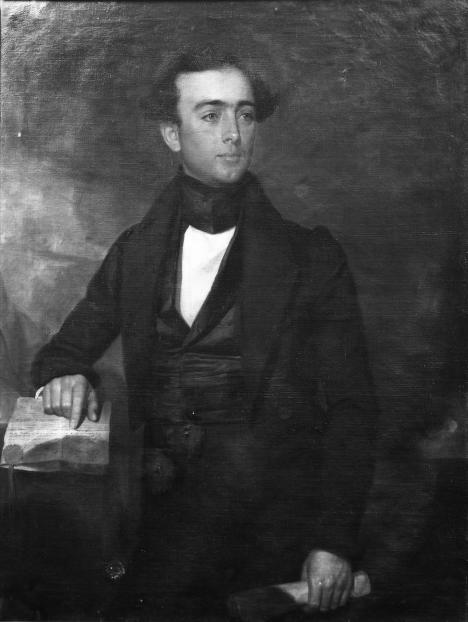
- Michigan's first elected governor, Stevens T. Mason, 23, on July 6, 1834, and he is still the youngest governor in the history of the United States; Mason Hall was named in his honor at Ann Arbor, the first student building at the University of Michigan
- The Michigan Census of 1834 showed that 87,273 people resided in Michigan's Lower Penisula in 14 organized counties; 60,000 was required for statehood according to the terms of the Northwest Ordinance of 1787. Wayne County had 17,000.
- On October 22, 1834, Rensellear W. Ingals established the Lenawee Republican and Adrian Gazette later known as The Watchtower newspaper; a few days later, Beriah Brown began publishing the Tecumseh Democrat
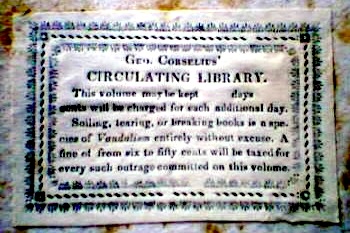
- On December 4, 1834, The Michigan Whig began publishing by George Corselius; it was renamed The Washtenaw Democrat on April 9, 1935, and Corselius became Ann Arbor's first book store owner by 1840 with his circulating library
- On January 8, 1835, the United States of American had zero public debt for the only time in its history
- An Assassination attempt was made on President Andrew Jackson on January 30, 1835
- The Ann Arbor Argus, Ann Arbor's first newspaper, began February 5, 1835 with Earl P. Gardiner; it became the Semi-Weekly Daily Argus on March 22, 1837
- Attornies Norton R. Ramsdell, Robert Wilson, George Miles, George Danforth, and George Sedgwick came to Ann Arbor in 1835
- On March 26, 1835, the Bank of Washtenaw was chartered along with three other banks: Michigan State Bank, Bank of Pontiac, and Erie and Kalamazoo Railroad Bank
- John Rice operated a sawmill in the 1830s in Manchester; it is now known as Sharon Mills County Park
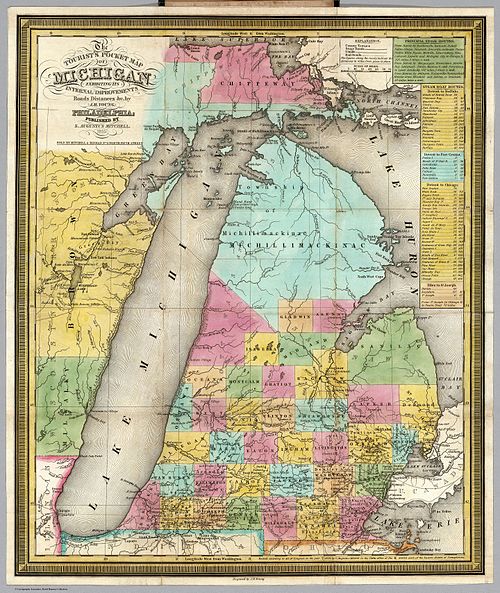
- A Pocket Tourist Map of Michigan Above and Steamboat Passenger Mileage and Rates for journies in 1835
- First Circus came to Ann Arbor in 1835
- The first Baptist Church was built in Lower Town in 1835
- In 1835, a group of liberals invited Nathaniel Stacy, a Universalist Preacher, to Ann Arbor; he later founded the Unitarian Church
- Albion College was founded in 1835
- Ann Allen's son, Tom, 17, moved to Ohio Spring, 1835, and John, 19, moved to New York in 1836 as did John Allen's daughter, Sarah, . After all the children left, Ann had a difficult time living in Ann Arbor as an "empty nester" with her two sons in Virginia.
- Attorney George W. Jewett came to Ann Arbor in 1829, and became its second Village President in 1835
- Daniel B. Brown was elected Supervisor of Ann Arbor Township in 1835; he later became Washtenaw County Sheriff
- On April 25, 1835, the first skirmish of the Michigan-Ohio War took place as Michigan Militia collided with a Ohio Surveying Party; Robert E. Lee, Army Lieutenant, was assigned to survey the Lake Erie area, and was in Michigan as well when the "Harris Line" was established.
- Alfred Holt settled at Pierceville at Sylvan Township in 1834, and became their first postmaster on May 2, 1835; it operated until January 8, 1841, and named after Nathan Pierce
- On May 11, 1835, the Constitution of the State of Michigan was adopted and approved on October 6; slavery was outlawed, and Washtenaw County was represented by John Brewer, Russell Briggs, Richard Brower, Alpheus Collins, Rufus Crossman, Abel Godard, Orin Howe, William Moore, Edward Mundy, Nathaniel Noble, Robert Purdy, Gilbert Shattuck, Michael Stubbs, and Orrin White
- Samuel Foster bought a mill at Scio Township in 1835 on the Huron River; the village was platted by Dr. Cyril Nichols, and the first postmaster was Matthew Gregory on September 9, 1835.
- In 1835, Ann Arbor merchant, E.F. Gay, and Amariah Hammond purchased 30 acres of land from Jesse Hall at Hamburg; they constructred a dam and built the area's first sawmill, and sold their interest to the Grisson Brothers who emigrated from Hamburg, Germany in 1837. 19 men held a meeting in 1837, and were going to name the town Steuben or Knox. Reuben Bennett became the first postmaster on March 8, 1837 of Hamburgh; it was changed to North Hamburgh on November 10, 1852. The "g" was dropped from its name in 1894.
- On June 15, 1835, Arkansas was admitted as the 25th state
- The first school house was built at Lima Center in 1835; it was named after Township Supervisor, Russel Parker, and Abraham Yeomans was the first teacher in an addition on Samuel Clements property
- Dr. Nathan Thomas built a home in Schoolcraft in 1835; it served a a host for runaway slaves

- When Governor Stevens Mason convened the legislature in Detroit on July 11, 1835, there were 21 votes for acceptance and 28 for rejection of statehood under the conditions and terms imposed by Congress
- On July 15, 1835, Monroe County Sheriff, Joseph Wood was dispatched to Toledo to arrest Major Benjamin Stickney; after a conflict when Stickney resisted and fled, Governor Lucas of Ohio refused to extradite Stickney back to Wood's jurisdiction
- Governor Mason dispatched the Michigan Militia to intervene in the conflict with Ohio for the strip of land in Northern Ohio near Maumee; the group was under the command of Ann Arborite, Captain John Slingerland with Captain Forsyth from Ypsilanti as second in command from an account given by Morell Goodrich. Captain A.D. Crain from Dexter was also amongst the group. They camped at Knagg's Tavern, 10 miles west of Monroe on the Raisin River; then proceeded to Toledo where they confronted Major Strickland of the Ohio Militia. There was a lot of words an taunting, but not any fighting during the Toledo War. Slingerland was later elected Sheriff of Washtenaw County. As a result of the conflict, Ohio natives referred to Michigan as Wolverines due to their ornery nature.

- On August 15, 1835, President Jackson appointed John Scott Horner as Governor of the Michigan Territory; he replaced Stevens Mason
- The State Journal began to be published on September 10, 1835 by George Wood; it became The Michigan State Journal on April 11, 1839, and Franklin Sawyer was its edtor from May 22, 1839 to 1850. It was a Whig paper.
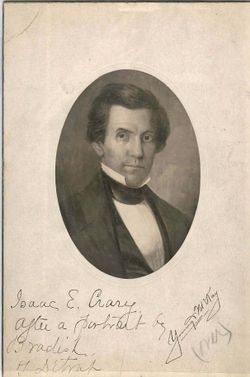
- Isaac Crary of Marshall was a delegate to the State Convention in 1835, and elected to U.S. Congress on October 5-6, 1835; he served as a University of Michigan Regent, 1837-1844, and credited with starting Michigan's State Public School System
- On November 18, 1835, Detroit built its first City Hall

- There were 85,000 people residing in the Michigan Territory by 1835
- On December 16-17, 1835, The Great Fire of New York destroyed 530 buildings including the New York Stock Exchange
- On December 28, 1835, the second Seminole War broke out; over 3,000 Indians and 1600 military deaths through 1842
- In January, 1836, 13 Post Offices were established in Michigan: Sterling in Washtenaw County, Concord in Jackson County, Morton and Climax Prairie in Kalamazoo County, Unionville and Fairdale in Lenawee County, Colon, Nottoway, Winfield, Constantine, and Franklin in St. Joseph County, Pine River in Genesee County, Howell in Livington County
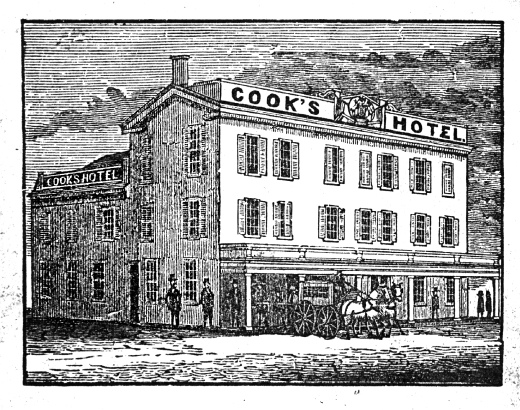
- Cook's Temperance House opened in 1836 by Solon and Anna Cook
- Edwin Baruch Winans first moved to Scio Township in 1834, and then Unadilla township Spring, 1836
- The North Lake M.E. Church was organized in 1836 with a membership of 19 by Rev. Charles Glenn (A Tale of Two Lakes)
- From February 23-March 6, 1836, the Battle of the Alamo was waged
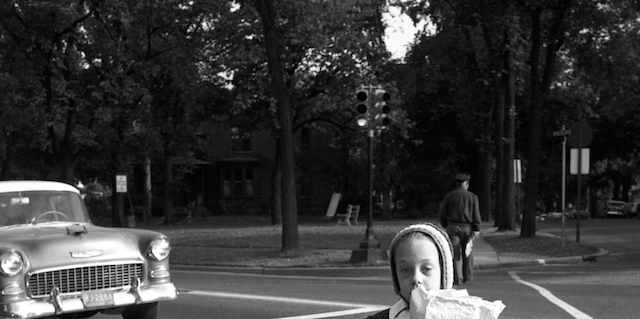
- Hanover Square Park was founded on a plat in 1836 at the corner of Packard and Madison; it was Ann Arbor's first city park, and was originally 2 hectare acres and may have existed as a park as early as 1824
- A second grist mill was built in Webster Township in 1836 named Peninsula Mills by Millard, Mathews and Bond; six men were employed and it produced 200 barrels of flour per day
- The Second Baptist Church of Detroit was founded March, 1836 by 13 former slaves who left the First Baptist Church due to discrimination; it served as a "station" for the Underground Railroad hosting over 5,000 slaves
- Michigan rejected the Harris compromise in April, 1836 to the boundry conflict between Ohio and Michigan: President Jackson refused to grant Michigan Statehood until Michigan accepted the compromise. In the meantime, on June 15, 1836, Arkansas was granted statehood unconditionally.
- Michigan Manual 1836
- On April 8, 1836, Washtenaw County was visited with a destructive rain storm
- William Kirkland arrived in Livingston County on April 18, 1836; he named the village of Pinckney after his brother, Charles Pinckney Kirkland. Kirkland wed Caroline Stansbury in 1835; her brother, James, was the first postmaster on February 25, 1837. The village was platted and recorded on August 9, 1837.
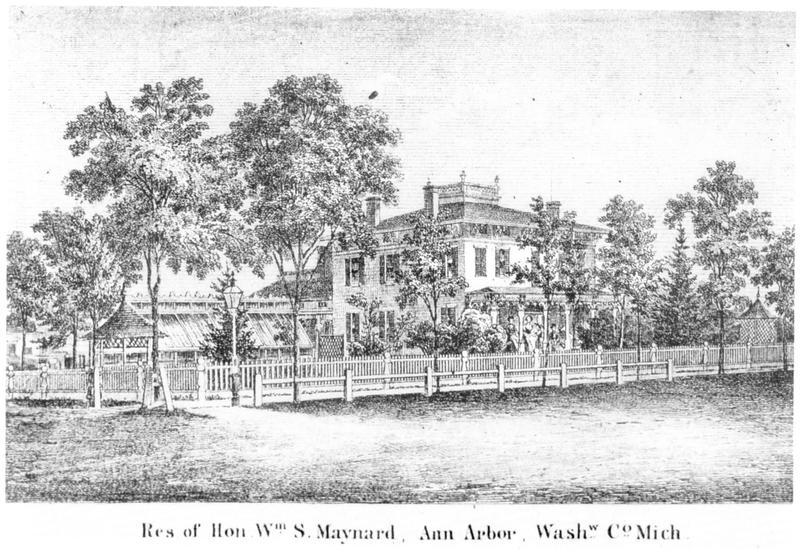
- William S. Maynard replaced George J. Jewett as Village President in 1836; Maynard also started the Ann Arbor Land Company that same year, and built a home at Main & William St. that would later become the Elks Lodge at 338 S. Main St. Stock owners of the Ann Arbor Land Company included William Maynard, Elijah Morgan, Charles Thayer, Samuel Denton, Augustus Garrett, and Daniel Brown. Garrett (below) served as Mayor of Chicago, 1843-1846, after being Alderman, 1840-1843; he was also a highly successful auctioneer, but passed away in 1848 at the age of 47.
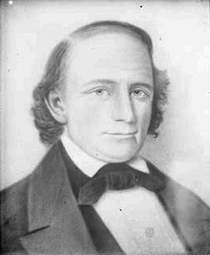
- Construction began on May 18, 1836 on the Detroit & St. Joseph Railroad which was chartered in 1831; it completed construction between Detroit and Dexter by 1840, but ran out of money. It was incorporated for $2 million and renamed Central Railroad of Michigan in 1846 reaching Kalamazoo.
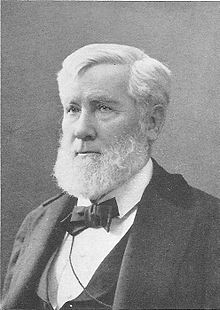
- James F. Joy moved to Detroit in 1836 after graduating from Dartmouth and Harvard Law School; he became School Inspector in Detroit, and purchased Michigan Central Railroad in 1837. Later, Joy was elected to the Michigan State Legislature and became a University of Michigan Regent
- The Wisconsin Territory was created July 3, 1836
- The Founding Meeting of the Michigan Anti-Slavery Society was held on November 10, 1836 in Ann Arbor; Theodore Foster and Guy Beckley were two of the local leaders
- Rev. John Davis Pierce, a Congressional minister, was appointed Superintendent of Public Schools in Michigan in 1836-1841; Pierce later published The Journal of Education, 1838-1840, was elected to the State House of Representatives in 1847, helped to open Michigan Normal College in 1850, and became Washtenaw County Superintendent in 1867. Pierce Hall was named in his honor along with Pierce Middle Schools in Grosse Pointe, Waterford and Redford. Pierce graduated from Brown University in 1822 with classmate Horace Mann in 1819; Pierce attended Princeton Seminary School while Mann went to Law School. Mann was Librarian at Brown while Pierce was there.
- Daily stagecoach travel between Chicago and Detroit was established in 1836
- G.W. Smith was Ann Arbor's first dentist in 1836
- Samuel Ruthruff purchased 80 acres in Superior Township in 1836 just south of Frain's Lake
- The Bank of Ypsilanti was chartered in 1836
- The coal mining industry began in Michigan in 1836
- Over 200,000 people traveled through the Detroit port in 1836 as travel through the Great Lakes greatly increased
- Maine Lumber Baron, Charles Merrill, purchased land in Michigan in 1836, and moved to Michigan after the Panic of 1837; by 1848, he built sawmills in Muskegon, Saginaw and Falmouth. His daughter, Lizzie, married Thomas W. Palmer in 1855.
- Edwin Lawrence came to Ann Arbor in 1836
- A New Guide for Emigrants to the West including sketches of Michigan, Ohio, Indiana, Illinois, Wisconsin, Missouri and Arkansas was published in 1836
- On June 28, 1836, James Madison died
- Hanover Park became Ann Arbor's First City Park in 1836; it is at 333 Packard between Division and Madison
- John Glenn received a 140 acre land grant at North Lake in 1836 (A Tale of Two Lakes)
- The Cody Farm was purchased at 670 Textile Rd. in 1836; the Cody's were relatives of Buffalo Bill Cody
- Originally named Bronson after eccentric Titus Bronson who was run out of town, it was renamed Kalamazoo in 1836
- Claudius Britton sold 141 acres to Washtenaw County in 1836 for $1200; it is now Washtenaw County Farm Park. A "poor" house and insane asylum was built in 1837. A brick building known as the Washtenaw Infirmary was constructed there in 1917, but it was vacated in 1967. An exercise trail was built there in 1976, and Project Grow began using it for gardening.
- Augusta Township was founded in 1836 by Judson Durkee; the first post office was established at Paint Creek in 1832, and the community of Willis became official by 1889
- An informal proposal held in Ann Arbor on December 14 at the Frostbitten Convention was accepted, 62-10, that Michigan cede the strip of land in Northern Ohio known as Toledo to Ohio in exchange for the Upper Peninsula. Mason Stevens was reaffirmed as Michigan's Governor, and John Scott Horner became Secretary of the Wisconsin Territory.
- On August 22, 1836, the First Presbyterian Church was founded in a log schoolhouse built by John Allen
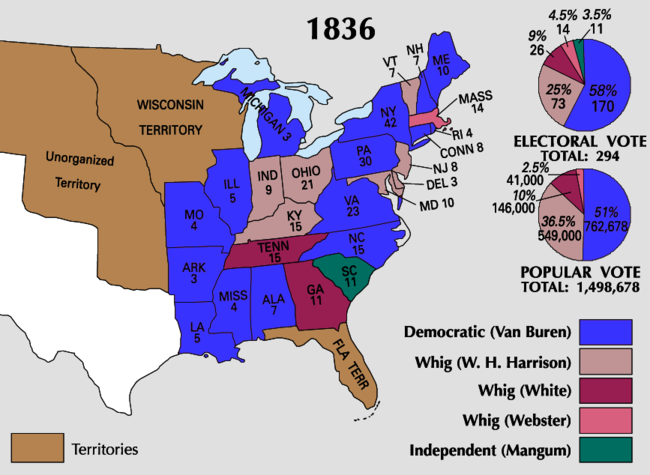
- On November 3-December 7, 1836, Martin Van Buren defeated William Harrison and Hugh White in the 1836 Presidential Election; there were 1.5 million Americans who voted, and different states voted at different times. Only 10% of Americans voted. Michigan had 3 electoral votes in its first Presidential Election; all went to Van Buren.
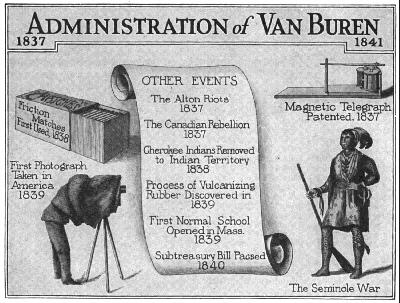
- Ann Arbor's Oldest Buildings

- January 26, 1837 Michigan became the nation's 26th state with Detroit as its Capital; on March 18, 1837 the University of Michigan was created under the Organic Act and governed by a Board of Regents appointed by the Governor. Geologist Henry Schoolcraft named many Michigan counties. At the time of statehood, Michigan had 36 counties and a population of about 200,000.
- Forten School was established in 1837 serving York and Pittsfield Township pupils; Carpenter School was established at Packard and Carpenter, and Roberts School was established at Michigan Ave. and Carpenter Rd.
- Alva Freer moved to Lima Township and Joseph Frisbie to Sylvan Township in 1837
- In 1837, Ann Arbor's population was 2,944 and Ypsilanti was 2,280 with 21,817 in the County
- The Detroit, Plymouth and Ann Arbor Turnpike Company was chartered on March 22, 1837 to build the first plank road in Michigan; there were 202 plank roads built in Michigan
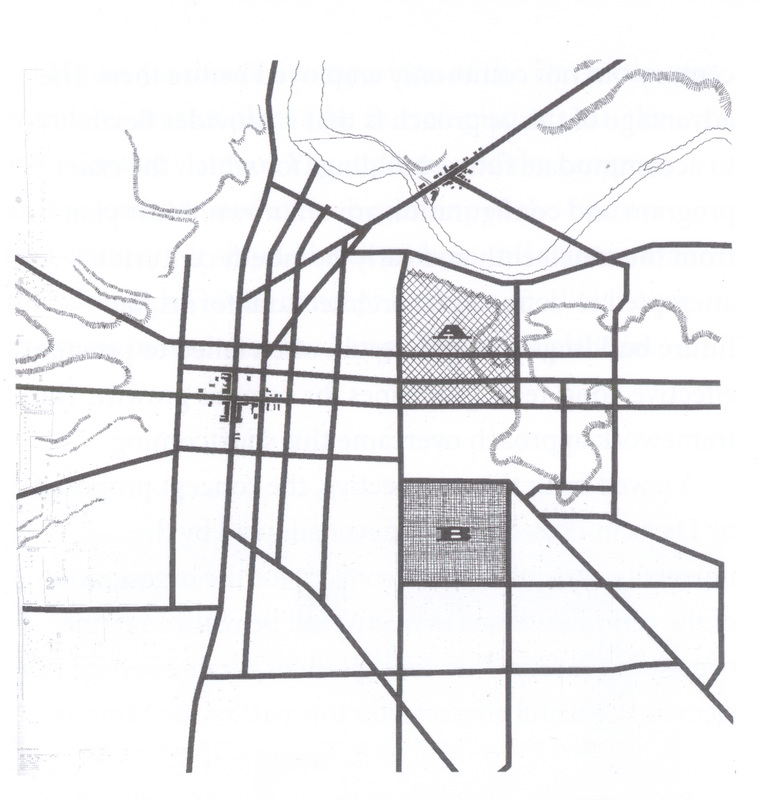
- The President's House at the University of Michigan was completed in 1837 after the village of Ann Arbor offered the Regents of Catholepistemiad two 40 acre parcels of land to move to Ann Arbor March, 1837; Alexander Jackson Davis was hired in 1838 as architect.

- Panic of 1837 shut down the Bank of Washtenaw which was chartered on March 26, 1835
- The Anti-Slavery Society of Detroit was established on April 26, 1837
- Wiard's Orchards was founded by George Wiard in 1837
- The Agra Famine of 1837-1838 in India resulted in over 1 million deaths
- Carpenter School at Packard & Carpenter was established in 1837; it was named for Ezra Carpenter (Ann Arbor School History)
- The first newspaper in Ypsilanti was the Ypsilanti Republican in 1837 by a young man named Wallace
- The Towner House was built in Ypsilanti in 1837
- Ann Arbor Thespian Society introduced "Pizzarro or the Death of Rollo" in 1837
- D.W. and C. Bliss opened a jewelry store, and E.P. Dwight opened a book store in Ann Arbor
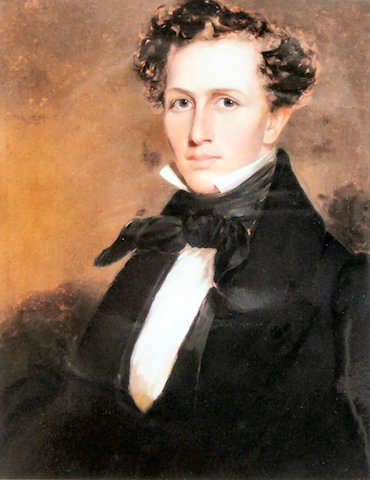
- John Norvell became a U.S. Senator in 1837; he moved to Michigan in 1831 as Postmaster of Detroit, and also became a Regent at the University of Michigan
- On July 4, 1837, Michigan's first steam locomotive, Adrian, was launched; there were 23 private railroad companies in Michigan
- The Michigan Times began its publication August, 1837, but ceased on October 27, 1840; it was Democratic
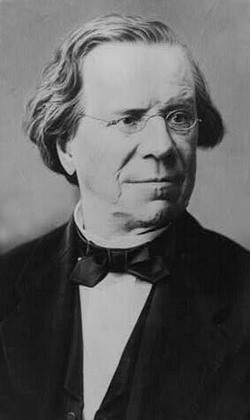
- Robert McClelland of Monroe became a Univerity of Michigan Regent in 1837 after turning down the State Attorney General and Treasurer positions; he was elected to the Michigan House of Representatives in 1838 and rose to Speaker of the House in 1843, and later was elected to the U.S. House, 1843-1849, and Michigan governor, 1851-1853. He was appointed U.S. Secretary for the Interior under President Franklin Pierce, 1853-1857
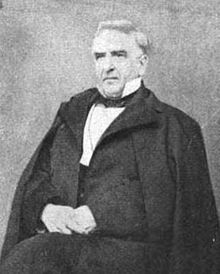
- Zina Pitcher became a Regent at the University of Michigan, 1837-1852, and was elected Mayor of Detroit, 1840-1843. Pitcher was appointed Assistant Army Surgeon by President Monroe in 1822, and achieved the rank of Major and rose to Chief Army Surgeon by President Jackson. He was elected President of the American Medical Association.
- Between 1787 and 1837 more than two dozen life insurance companies were established in America, but fewer than a half dozen survived; the sale of life insurance in American began in the 1760s, and promoted by Presbyterian ministers for distressed widows and children. Episcopalian priests also created a comparable relief fund in 1769
- After the Toledo War, Ann Arbor won a bid to for the new site of the University of Michigan in 1837 which held its first classes in 1841 and graduated 11 men in 1845. Henry Philip Tappan became its first President in 1852. Students were required to attend daily chapel services, and church on Sundays. (War of 1817)
- The First United Methodist Church was dedicated in 1837; John Baughman was the first preacher, and established the Methodist Society in 1827; they established their first church in 1830.
- Proctor & Gamble was founded October 31, 1837
- Elijah Parish Lovejoy, a Presbyterian Minister and Newspaper Editor, was murdered at Alton, Illinois by a Pro-Slavery mob after speaking out against the ills of slavery on November 7, 1837
- On February 3, 1838, the first train reached Ypsilanti (Ann Arbor Railroad History) (Underground Fugitive Slave History: Ann Arbor and Ypsilanti) Depot Town was established in Ypsilanti
- On February 8, 1838, A. Kern established a new brewery in Upper Village
- The Tuomy family arrived in Scio Township from Kerry, Ireland in 1838; Timothy and Joahanna Tuomy purchased one of the first farms in Washtenaw County with 280 acres on June 6, 1835. They had 9 children including Cornelius L. Tuomy, born in 1843. (Tuomy Papers)
- On March 20, 1838, an electrical storm, torrential rainfall, and disastrous wind contributed to the death of John Allen's nephew, Tommy Welch
- Depot Town was established in Ypsilanti in 1838 by Mark and Rocceta Vail Norris
- The King Grocery Store was founded in 1838 in Ypsilanti
- The Washtenaw County Jail was moved from Rumsey Square to North Main Street in 1838
- Edward R. Everett replaced William S. Maynard as Village President in 1838
- The Ann Arbor Journal began publication in 1838 by Seaman and Cole; it continued through August 4, 1847, and became The Washtenaw Whig by S.S. Shoff, a University of Michigan graduate; Schoff and his brother, Charles, also a University of Michigan graduate, produced the paper. Charles moved to Champaign, Illinois, and his brother owned one of the first bookstores in Ann Arbor on the Franklin Block. On September 26, 1855, it was renamed The Ann Arbor Journal by Seaman and Cole which continued through 1868. It was Republican.
- William Lambie came to Ypsilanti in 1838
- By 1838, there were 70 pupils attending school at the Academy at Ann Arbor
- In July, 1838, Asa Gray was appointed as a Professor of Botany at the University of Michigan; he was entrusted with $5,000 to establish a library
- On July 11, 1838, Levi Rogers became the first postmaster at Fredonia; the post office operated until July 31, 1901
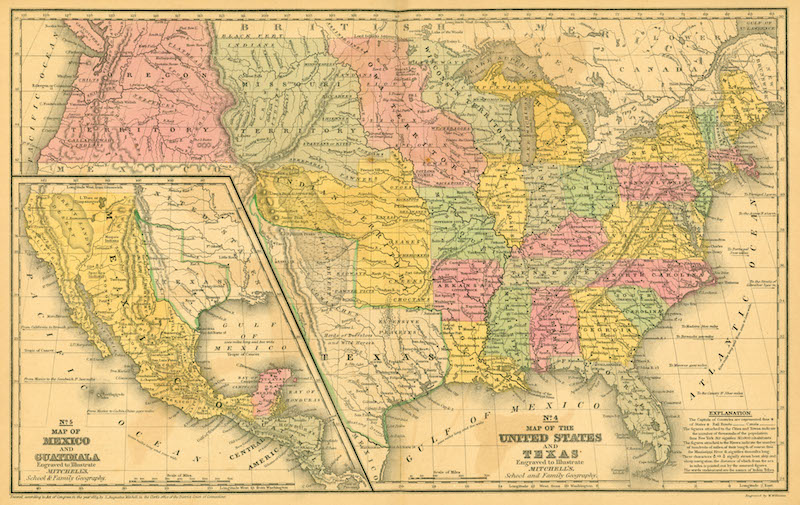
- Map of the United States in 1839
- The Detroit Boat Club was founded on February 18, 1839; it is the oldest boat club in America
- Abner Doubleday was credited with the establishment of baseball in 1839
- St. John the Baptist Catholic Church built a chapel in Ypsilanti in 1839; it was enlarged to be a 16' x 24' facility in 1845, and enlarged again in 1858
- Jackson State Prison opened in 1839
- William S. Maynard was reinstated as Village President in 1839
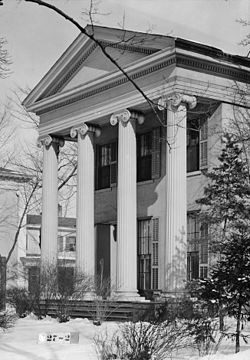
- Judge Robert S. Wilson came to Ann Arbor in 1835, and built a home as 126 N. Division St. in 1839; he resided there until he moved to Chicago in 1850. The home was sold to John Welles, and had other owners until 1893 when it was sold to George Wahr, noted bookseller and stationeer, who married Emma Staebler. Their daughter, Nathalie Wahr Sallade lived in the home.
- Berkshire Hathaway was founded in 1839
- Ypsilanti Chronology, 1839-1912
- Earle P. Gardiner started the daily newspaper, Daily Michigan Argus, January, 1839, but it ceased publication March 14, 1839 after one issue of the Morning Chronicle. On July 25, 1939, it became The Democratic Herald. T.N. Caulkins began as its publisher on August 28, 1939 to December 28, 1842. On February 1, 1843, it became the Michigan Argus with E.R. Powell and Orrin Arnold as editors; they renamed it, True Democrat, on December 15, 1845. E.R. Chase took control of the True Democrat on December 19, 1845. The True Democrat and Michigan Argus were continued by Chase and Arnold on February 6, 1846, and Sanford & Brothers gained control of the paper on November 2, 1847, but The True Democrat ceased publication in 1849. The Michigan Argus continued under Cole & Gardiner until December 29, 1854 when it became the Weekly Michigan Argus. Elihu B. Pond took control on January 5, 1855 through October 10, 1879.
- The first Michigan State Fair was held at Ann Arbor in 1839; it was unsuccessful with only two exhibitors, and another wasn't held until 1849 at Detroit. It was the first State Fair held in the United States, and moved permanently to Detroit in 1905. It ended in 2010 after a 160 year run. Suburban Collection Showcase (History of the State Fair in Pictures)
- First Train reached Ann Arbor on October 17, 1839
- Sophia Pierce, a clairvoyant physician, came to Ann Arbor in 1838; she wrote a column in the Ann Arbor Courier
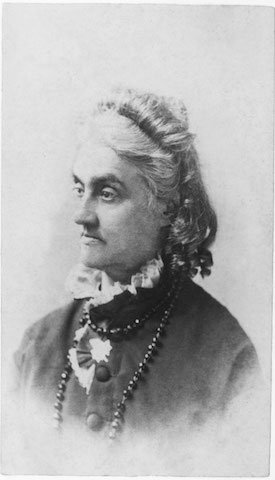
- Miss Mary Clark began her female seminary school November, 1839 with her sister, Chloe; Miss Mary Clark was described by Adolphus Felch as the best educated, best read, and most interesting lady he ever knew, and she was also described by others as an incomparable teacher. (Ann Arbor School History)
- On December 3, 1839, Pope Gregory XVI issued In Supremo Apostalatus which condemned Negro slavery in America; however, the Catholic Church nurtured slavery with Catholic leaders including St. Augustine, Pope Martin I, and St. Thomas Aquinas who stated that the institution of slavery derives from and is instituted by God, is beneficial to slaves and masters, condemning people to encourage slaves to escape and seek freedom, that slavery is punishment for sin, and justified by natural law.
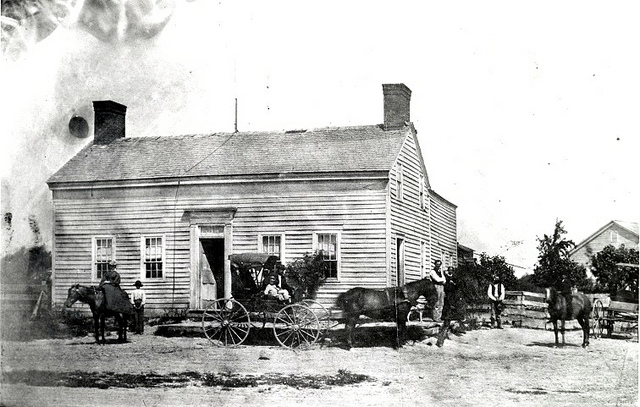
- Robert's Corner was originally a stage coach stop; the house was built in 1840, and it became W.H.L. Roberts Tavern at the corner of Michigan Ave & Carpenter in Pittsfield Township
- The first record for Groundhog Day was from the diary of James Morris of Morgantown, Pennsylvania on February 2, 1840 as a myth of the Pennsylvania Dutch
- By March, 1840, four Professor's Houses were built on the University of Michigan Campus; two faced South University Avenue near the President's House, and two faced North University Avenue
- Dr. Parmenio Davis came to Ypsilanti in 1840, and became Township Supervisor in 1852, Alderman in 1858, Mayor in 1861
- William S. Maynard built a home at 338 S. Main St. in 1840
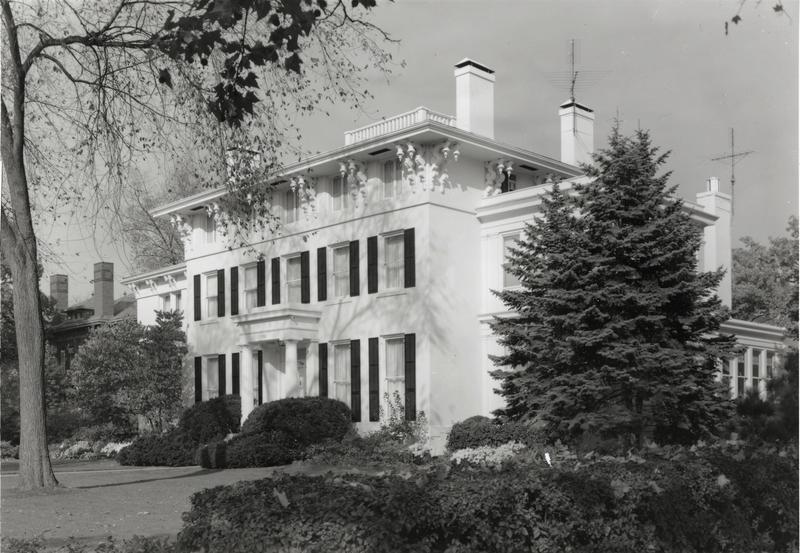
- The President's House was completed in 1840; it was the first structure completed for the new University of Michigan campus at Ann Arbor on 815 South University
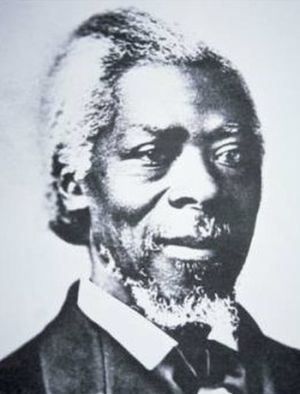
- William Lambert came to Detroit in 1840, and helped organize an underground railroad that allowed over 45,000 slaves to pass through Detroit to Canada for freedom, 1840-1870
- Volney Chapin became Village President, 1840-1843
- The Orrin White House was built in 1840 at 2940 Fuller Rd.
- Patrick Donovan came to Ann Arbor in 1840; he resided on Maiden Lane, and had a grocery store on Broadway
- Theodore Hook invented the postcard in 1840; the first American postcard was used December, 1848 (History of Postcards--Golden Age of Postcards--Smithsonian Postcard History)
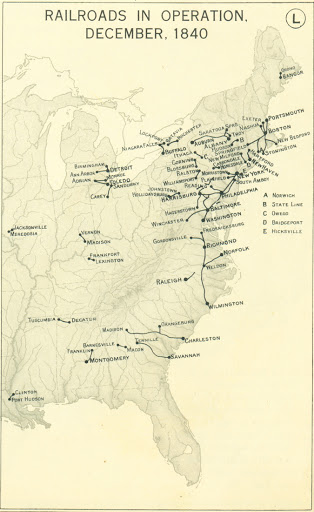
- The Sixth Census of the United States occured June 1, 1840; there were now 2,487,355 slaves (14.57%). Detroit was the 40th largest city in the United States with 9,102 people
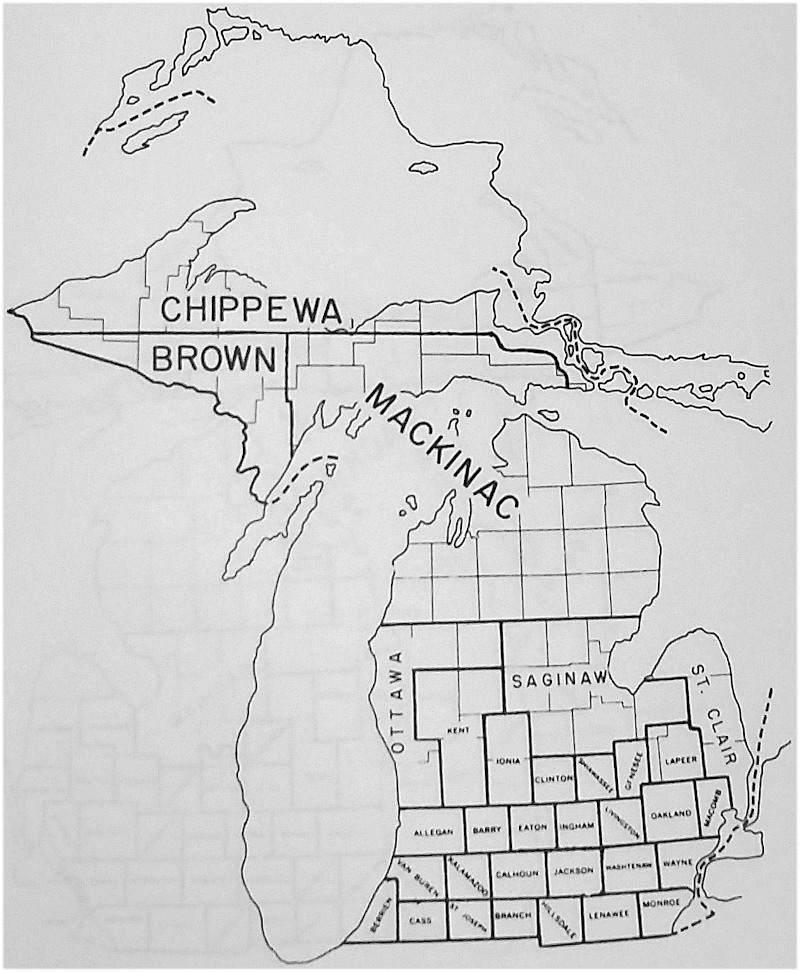
- United States Population in 1840 was 17,069,453/Michigan had 212,267/Washtenaw County had 23,571/Ann Arbor ballooned to 11,991 and Ypsilanti had 2,419
- Michigan had 32 newspapers by 1840; there were approximately 500 saw mills operating in the state
- The second paper mill in Michigan was built by J.H. Lund between 1840-1850 in Huron Valley; it was referenced in a 1842 Detroit Newspaper. Volney Chapin purchased half interest in the mill in 1851, but it burned down in 1854. Lund, Chapin and Company built the Geddes Mill in 1854, but sold out and it became Chapin and Company by 1865.
- The Old Hero began publication on April 24, 1840, but ceased publication October, 1840 following the election; it was a Democratic Whig publication
- By 1840, there were 104 miles of railroads tracks completed in Michigan
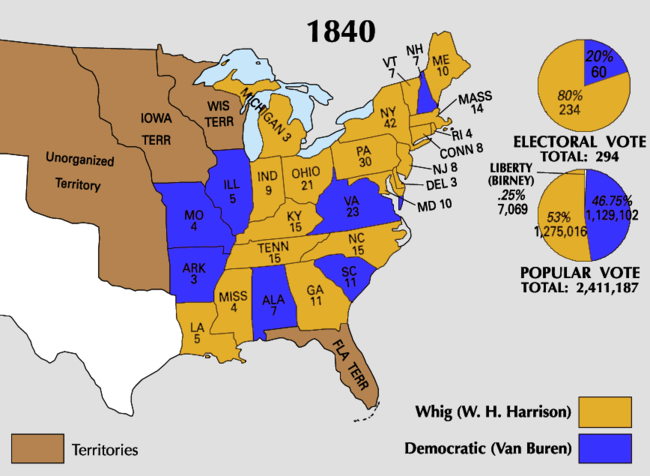
- On October 30-December 2, 1840, William Harrison defeated President Martin Van Buren in the 1840 Presidential Election; there were 2.4 million Americans who voted, and different states voted at different times. Participation of Americans in the voting increased dramatically from 57.8% in 1836 to 80.2% of eligible voters as states began to drop land ownership as a pre-requisite for voting rights. Still, only 14% of Americans voted.
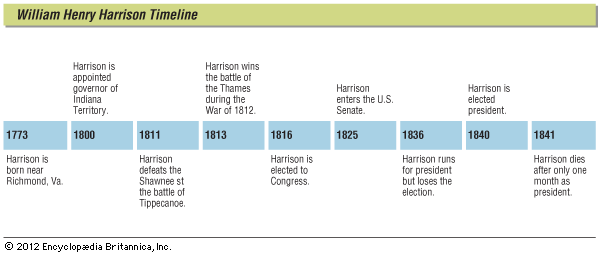
- The U.S.S. Michigan was launched on December 5, 1840, and commissioned on September 29, 1844; its name was changed to the U.S.S. Wolverine in 1905
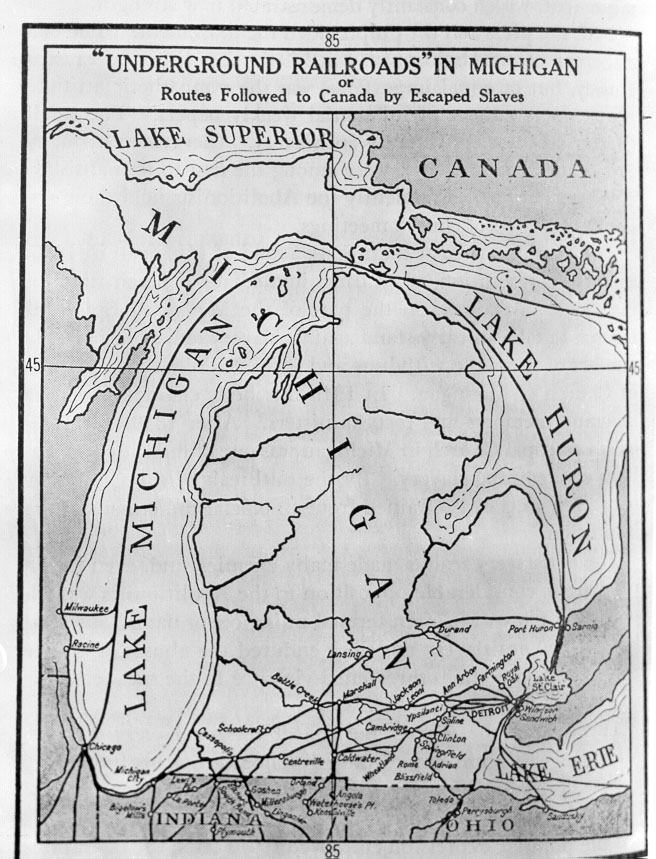
- Underground Railroad Timeline, 1841-1870 (Underground Railroad in Ann Arbor and Washtenaw County) (Ypsilanti's Underground Railroad Past) (Saline)
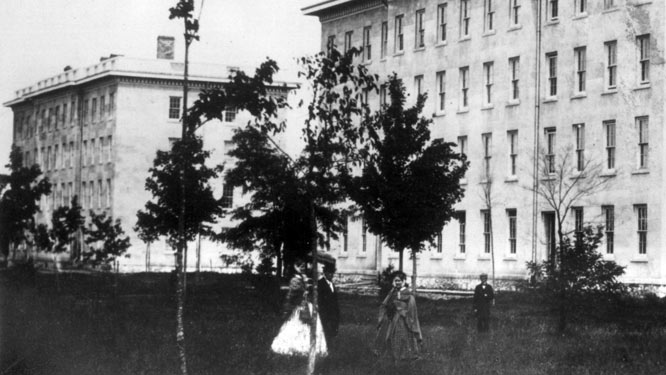
- Mason Hall was the first educational building devoted to instruction on the University of Michigan campus in Ann Arbor; it was started in 1840, and completed in 1841
- The Signal of Liberty began publication on April 18, 1841 by N. Sullivan represented the views of the Anti-Slavery Society, and had a readership of 2,000 from 1841-46; it became the Michigan Liberty Press on February 5, 1848 and moved to Battle Creek. Guy Beckley, John Geddes, Laura Smith Haviland, Aray Asher, and Samuel Dexter were some of the area abolitionists who helped runaway slaves; the Old Central Brewery was one of several hiding spots. The Starkweather Farmhouse at Ypsilanti which was built in 1844 was another spot used for hiding slaves; John and Mary Ann Starkweather employed Elijah McCoy, a famous negro inventor. Leonard Chase was another Ypsilantiian active in the Underground Railroad movement. Richard Glazer was another anti-slavery activist that helped the cause of many slaves. In Saline, Presbyterian Pastor, J.G. Kanouse, John Lowery, and William Harwood helped negro freedom seekers.
- On May 13, 1841, the Wesleyan Methodist Church was formed as a result of the division on the slavery issue with Michigan Methodists
- State Bankruptcies in 1840 for Michigan and 8 other states from the Panic of 1837 led to the Bankruptcy Act of 1841 on April 19
- Leopold Pokagon died in 1841
- In 1841, the U.S. Post Office employed 14,290 men
- John Augustus developed the concept of probation in 1841
- Caleb and Desire Ormsby sold property on Traver Road in 1841 to Josiah Beckley, Robert Davidson and William R. Perry; it became School District #16 at 1202 Traver Blvd. It was sold to Jonathan Lund, Horatio Doty and Lycurgus Edgerton; later, it was occupied by Minnie Ely.
- In 1841, Alabama Abolitionist, James Birney, moved to Saginaw
- Journal of a Trip to Michigan in 1841 was published by Lansing B. Swan
- President William Harrison died of pneumonia on April 4, 1841, one month after taking office
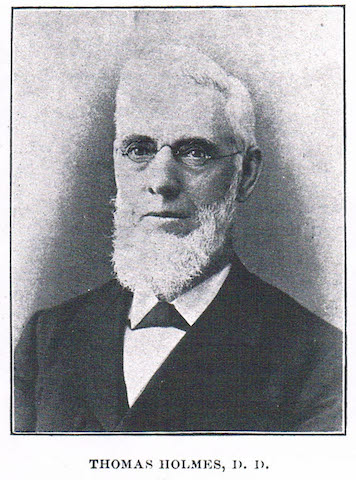
- Rev. Thomas Holmes came to Chelsea July, 1841, and was pastor at the Congregational Church; he later served as 3 time President of the Washtenaw County Historical Society, 1881, 1891 and 1895
- On July 4, 1841, the first train arrived at Dexter
- The death of Mary Rogers shocked the nation on July 28, 1841; it inspired Edgar Allen Poe's story in 1842, The Mystery of Mary Roget
- The first College at the University of Michigan was established in 1841, The College of Literature, Science and Arts with 2 teachers and 7 students
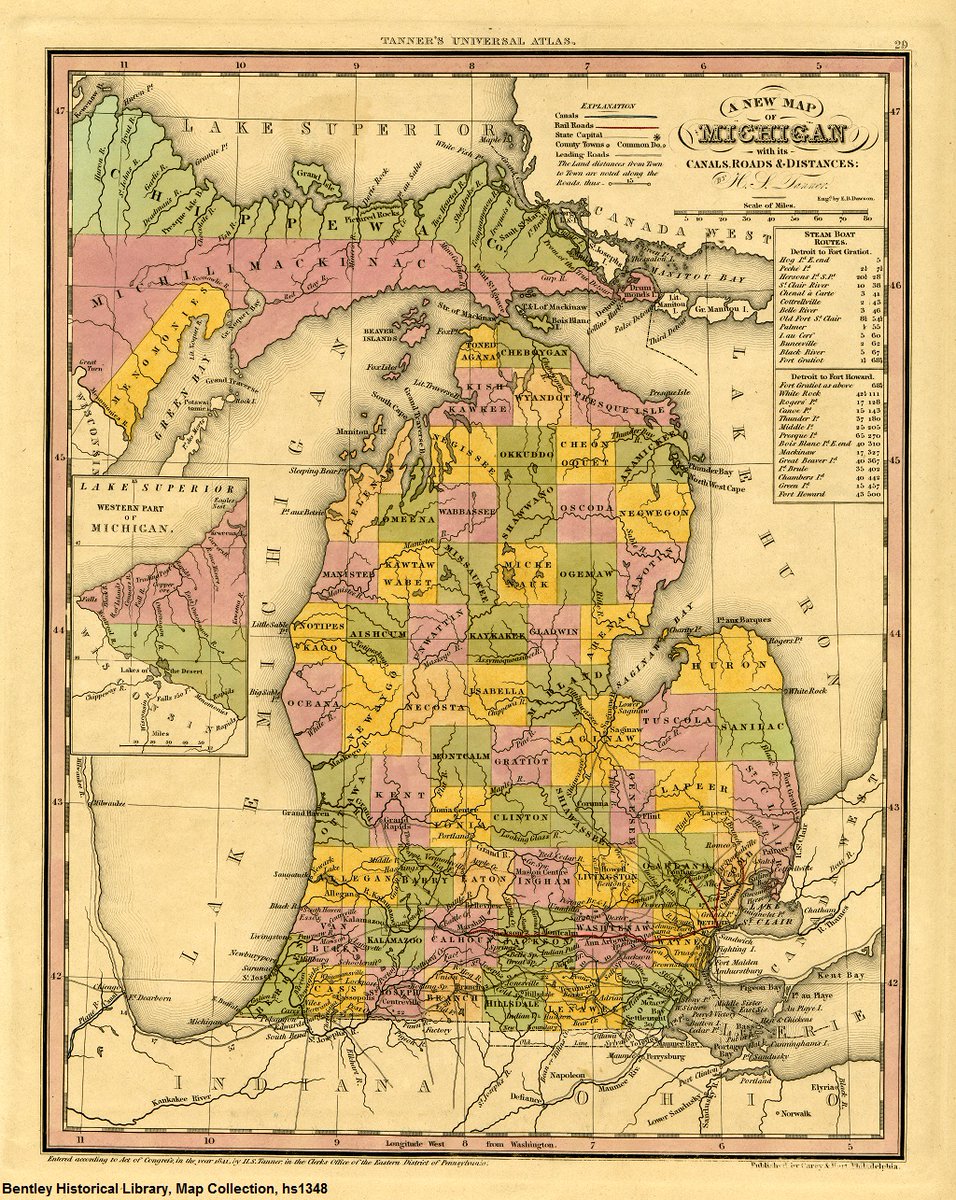
- Michigan Map in 1842 by Henry Schenck Tanner
- Detroit organized their public school system on February 18, 1842

- Joseph Tarr Copeland came to Michigan in 1842, and settled at St. Clair by 1844; he was elected county judge on November 3, 1846, and then became Deputy Collector and Inspector of Revenue by 1848, President by 1850, and Treasurer by 1851. He also served in the Michigan Senate, 1850-1851, and was appointed to the Michigan Supreme Court, 1852-1857; he purchased 6,370 acres of temberland in Midland, Saginaw, Bay, Ogemaw and Gladwin counties by 1854. He was a General in the Union Army during the Civil War, and built "The Castle" at Orchard lake by 1870 on 90 acres; the property later became Michigan Military Academy, 1877-1908. He moved to Orange Park near Jacksonville, Florida in 1878 where he resided until his death in 1893; he was married 53 years, and also served as a judge at Clay County, 1881-1887.
- On February 18, 1842, Detroit Public Schools was established
- In March, 1842, a Detroit Newspaper reported that the census reported 85 stores in Washtenaw County, and 157 Schools with 5,650 pupils. Salem Township had the most schools with 14, but Ypsilanti had the most pupils with 603
- Crawford Long was credited with the establishment of anesthesia on March 30, 1842
- Mutual of New York (MONY) was founded in 1842
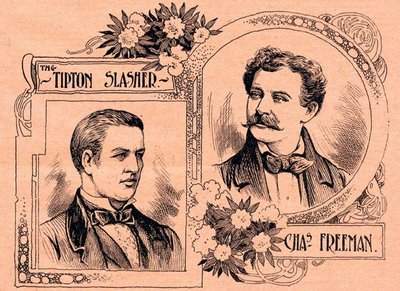
- On December 7, 1842, Charles Freeman of Ypsilanti, the tallest man in the world at that time measuring somewhere between 6'10" and 7'3" and weighing 330 lbs., became the first American Heavyweight Boxing Champion after traveling to the British Isles since March, and defeating Bill Perry, known as the Tipton Slasher, after 70 rounds of fighting on December 6 with another 37 rounds the following day. Freeman contracted tuberculosis in 1845, and passed away on October 18, 1845 at Winchester, England. Reports said Freeman could lift over 2,000 lbs.; he was named "The American Giant" and the "Michigan Mastodon."
- Although skiing dates back to ancient times, the first modern skiing events were organized in Norway in 1843 with ski jumping dating back 1809; skiing became popular in North America in the late 1860s with trains able to transport skiers to mountains
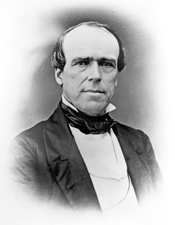
- On March 4, 1843, the Second Congressional District in Michigan was created; Lucius Lyon, a Democrat from Bronson and former University of Michigan Regent, 1837-1839, became the first Congressman (Lyon Papers)
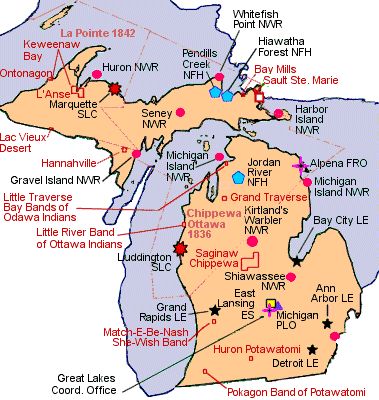
- On March 8, 1843, 16 Michigan Counties were renamed from their original names: Alishcum, Anamickee, Chenoquet, Kanotin, Kautawaubet, Kaykakee, Michilimackinac, Meegisee, Mikenauk, Negwegon, Notipekago, Okkudo, Shawono, Tonedagana, Utwattin, and Wabasee to Alcona, Alpena, Antrim, Clare, Crawford, Emmet, Iosco, Kalkaska, Lake, Mackinaw, Mason, Montmorency, Osceola, Otsego, Roscommon, and Wexford
- William R. Thompson replaced Volney Chapin as Village President in 1843
- On May 1, 1843, a quarrel between Patrick Dunn and Charles Chorr left Dunn dead by gunshot; Dunn have previously assaulted Chorr on June 21, 1842. On November 25, a jury found Chorr guilty of 1st degree murder, and sentenced to hang; however, he escaped and was never to be heard from in Ann Arbor again.
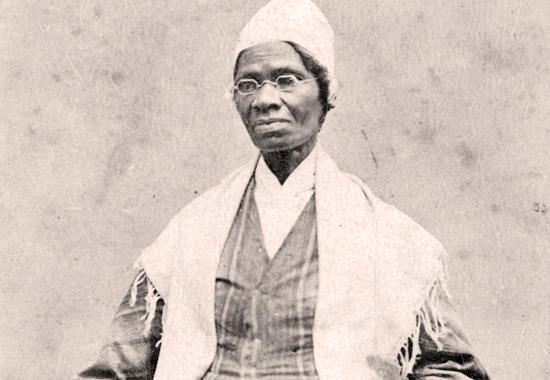
- On June 1, 1843, Isabella (Bell) Baumfree became a Methodist and renamed herself as Sojourner Truth; she spoke in Battle Creek in 1856, and moved there in 1866 where she resided until her death in 1883
- By 1843, there were 51 mills in operation in Washtenaw County
- Charles Dickens published Oliver Twist in 1843; his major works were published from 1836-1870 including David Copperfield in 1849 and Great Expectations in 1861, and he is considered the greatest writer in English history behind William Shakespeare
- Ypsilanti Sentinel, 1843-1848 (Library of Congress)
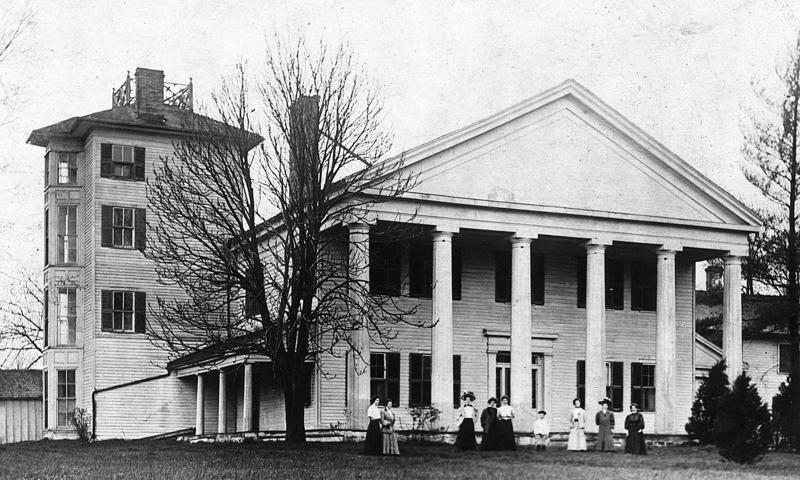
- Gordon Hall was completed in Dexter in 1843
- Dexter built its second public school in 1843 on Broad Street for $10,000; it had 6 rooms, and was used for 13 years
- William Davis built a home in Ypsilanti designed by Arden Ballard in 1843 at 218 N. Washington St.; when Davis died in 1851 and his wife, Mary, died in 1883. The property was purchased by the Ladies Literary Club in 1913 from Edward Davis.
- The Michigan Argus restarted its operations as a daily newspaper in 1843 under E.R. Powell and Orrin Arnold
- Edwin Baruch Winans from from Unadilla Township to Hamburg Township Fall, 1843 after his father died
- The first Christmas Cards were sent in 1843
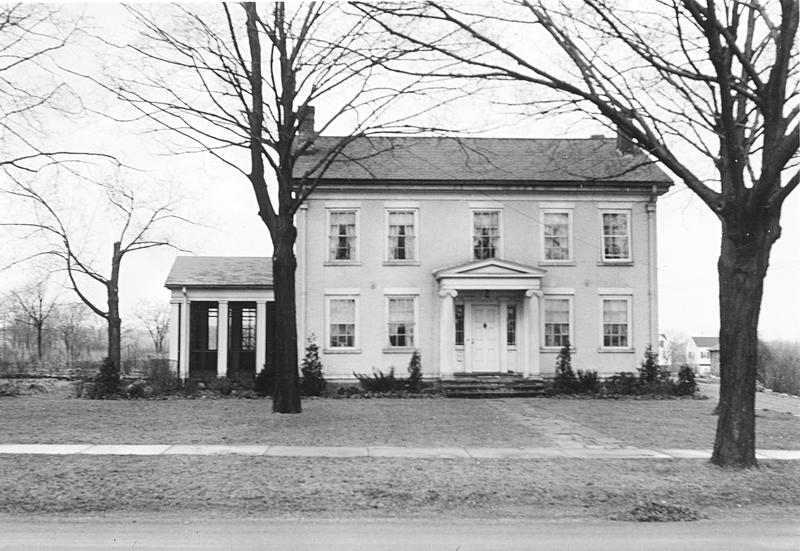
- Methodist Minister, Guy Beckley, was a leader in Ann Arbor for the Anti-Slavery movement; he published Signal of Liberty and resided at 1425 Pontiac Trail (This Old House)
- Judge Robert S. Wilson had a home built in 1843 at 126 N. Division; it was sold to George Wahr in 1892
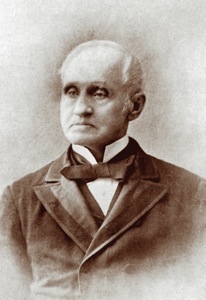
- Andrew Ten Brook left the Baptist Church of Detroit where he was Pastor to become the Chair of Moral and Intellectual Philosophy at the University of Michigan. He was the fifth Professor chosen to lead the University along with Douglass Houghton, Joseph Whiting, George Palmer Williams, and Abram Sager. The four Professor's Houses were built in 1839 and 1840 on South University to accommodate these esteemed faculty.
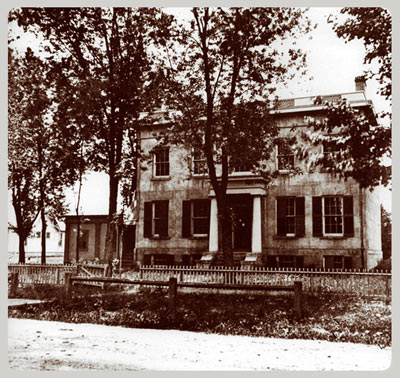
- The "Know-Nothing" Party was founded in 1844; it was also known as the Native American Party and the American Party, and was considered a Right Wing Anti-Immigrant particularly Anti-Catholic/Irish/German. It claimed over one million members by 1854, but was non-existent after the Civil War
- St. Mary's Catholic Church was established at Chelsea in 1844
- Tecumseh Hotel was built in 1844 in Ypsilanti
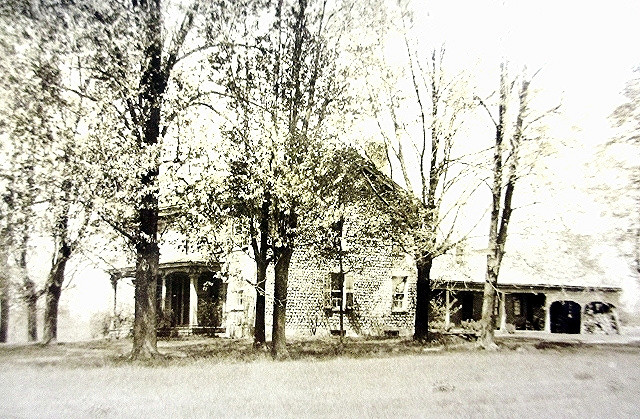
- Cobblestone Farm was built in 1844 by Stephen Mills at what is now 2781 Packard Rd. at the front of Buhr Park; Dr. Benajah Ticknor bought the property in 1835 from Ezra Maynard
- The final French Industrial Exposition was held from May 1 to June 29 with 3,960 exhibitors; the event began in 1798 to show improvements in technology and progressive agriculture
- Samuel Morse sent a telegraph 44 miles on May 24, 1844
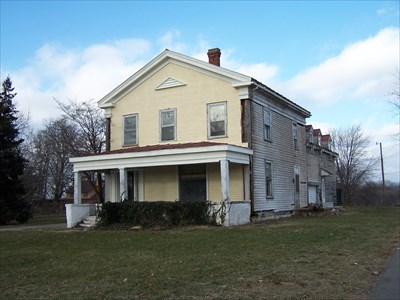
- The Starkweather Farmhouse was built in 1844 at 1266 Huron River Drive by John Starkweather and Mary Ann Newberry who were married on June 5, 1839. John Starkweather was a real estate entrepreneur , and was appointed Assistant Superintendent of Public Instruction by Governor Mason in 1841 with John Pierce. Elijah McCoy was an employee on his farm. The Starkweathers resided on the farm for 34 years, and moved to 130 North Huron in 1875; John died in 1883. The farmhouse was demolished in 2003.
- East Ypsilanti was established in 1844 after a dispute in taxes; it continued through 1858
- The Coon Hunter began publication June 1844 by Orrin Arnold
- The Treaty of Wanghia was signed on July 3, 1844 between the United States and China
- Attorney Olney Hawkins who came to Ann Arbor in 1832 replaced William R. Thompson as Village President in 1844
- Thomas McCue came to Ann Arbor Spring, 1844 to take his mother, Ann Allen, 47, back to Virginia; her daughter, Sarah, married Dr. Addison Waddell, on January 20, 1848. Ann, an Ann Arbor founder, stayed in Virginia until she died on November 27, 1875. (McCue Papers)
- The Ypsilanti Sentinel began to be published in 1844 with I.M. Edmunds, John Van Fossen, Arden Ballard and M. Towne in support of the Whig Party; Charles Woodruff purchased the paper and became its editor
- Stephen Foster, the Father of American Music, wrote 200 songs, 1844-1864
- On September 17, 1844, the Ann Arbor Lodge of Freemasons reorganized after the Morgan Incident
- The Mill-boy of the Sashes began publication October, 1844
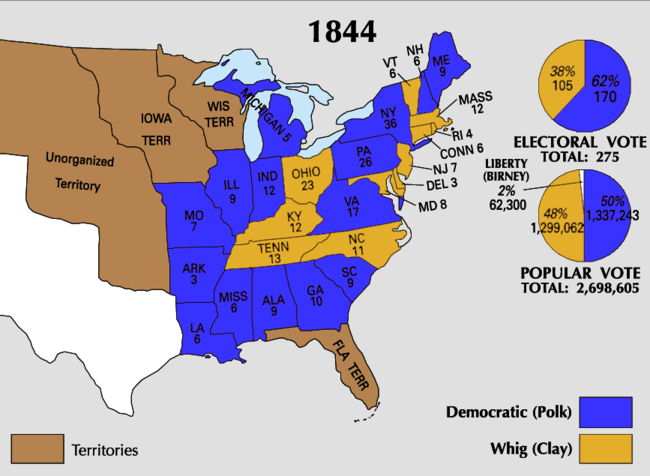
- November 1-December 4, 1844, James Polk defeated Henry Clay in the 1844 Presidential Election; there were 2.7 million Americans who voted, and different states had different election times. Only about 13.5% of Americans voted.
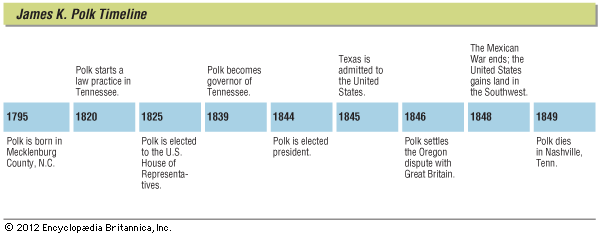
- On December 4, 1844, Michigan Central College was founded in Spring Arbor; it would later move and become Hillsdale College in 1855
- On March 3, 1845, Florida was admitted as the 27th state
- On March 4, 1845, John Smith Chipman, a Democrat from Centreville, became the new Congressman replacing Lucius Lyon in the 2nd Congressional District
- On March 17, 1845, the rubber band was invented by Stephen Perry
- On March 18, 1845, Johnny Appleseed died at Fort Wayne, IN at the age of 70
- Gilbert Shattuck was elected Washtenaw County Sheriff, 1845-1846; he owned a shoe and boot store
- Benjamin Disraeli published Sybil in 1845; he became Prime Minister of the United Kingdom, 1868-1881, after winning a seat in the House of Commons in 1837 as a conservative. Liberal William Gladstone also served as Prime Minister, 1868-1892.
- On April 10, 1845, a great fire destroyed a third of the city of Pittsburgh causing $6-12 million in damage
- A fire destroyed the Michigan Central Train Station in 1845 at Ann Arbor

- The first German Church was built at Washington and First in 1845

- St. Thomas Catholic Church was established in 1845 on E. Kingsley St. after the efforts of Father Thomas Cullen, Priest of the Diocese of Detroit 1833-1862, began in 1839 to build a Catholic Church in Ann Arbor
- A German School was established in 1845 in the basement at Bethlehem Church on First St. (Ann Arbor School History)
- Ann Arbor's population in 1845 was 3,030 with 39 African-Americans
- Probate Judge George Sedgwick replaced Attorney Olney Hawkins as Village President, 1845-1849
- On May 2, 1845, Deforest Phelps, 23, was murdered at Peninsular Mills Dam; Sayre Reeves who operated Star Bending Company in Azalia was responsible
- John Allen won a seat on the Michigan State Senate, 1845-1848
- On June 8, 1845, Andrew Jackson died
- The first graduation ceremony at the University of Michigan was in 1845 with 11 men earning degrees
- Stephen Mills built a home for H.H. Brinkerhoff at 9180 Saline-Milan Rd. in 1845; it was sold to John Burg in 1874
- Calvin Fillmore, brother of President Millard Fillmore, 1850-1853, bought 100 acres in Scio Township in 1845
- On July 4, 1845, a picnic was held on Belle Isle Park, formerly Hog Island, it was the largest city park in America at 982 acres, larger than Central Park in New York
- Frederick Douglass published his autobiography in 1845 about his life as a slave
- New York Life Insurance Company was established in 1845
- Rufus Porter established Scientific American magazine on August 28, 1845
- The Irish Famine, 1845-1852, resulted in 1 million deaths and Ireland losing 20-25% of its population to death and immigration
- Beta Theta Pi became the first fraternity at Michigan, July, 1845 and Chi Psi the second December, 1845; Chi Psi had the first fraternity house where Forest Hill Cemetery stands
- Salem Township was re-surveyed in 1845 by Harvey Parks
- On October 10, 1845, the Naval Academy was established at Annapolis, Maryland
- On December 29, 1845, Texas was admitted as the 28th state
- Detroit's population by 1845 was 13,065
- Alpheus Felch served as the 5th Governor of Michigan from January 5, 1846-March 3, 1847; he came to Michigan from Maine, and moved to Monroe in 1833. He was appointed State Banking Commissioner in 1838 after serving in the Michigan House of Representatives, 1835-1838, and was also State Auditor in 1842. He moved to Ann Arbor in 1843. He was later elected as U.S. Senator, 1847-1853. Felch served as Tappan Professor of Law, 1879-1883.
- On February 23, 1846, the Liberty Bell was cracked after being rung on Washington's Birthday
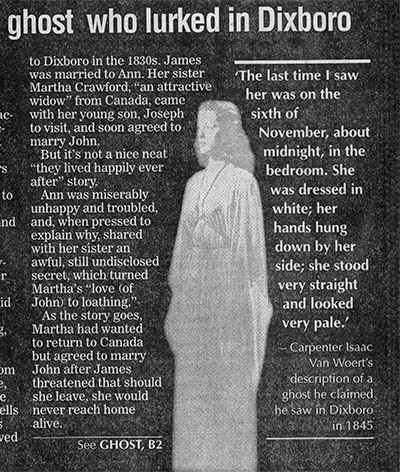
- In 1846, Isaac Van Woert swore in an affidavit to a justice of the peace in Ann Arbor that he had been visited by the ghost of Martha Mullholland who told him she had been murdered by a doctor at the behest of her brother-in-law, James Mullholland, to prevent her from returning to Canada. The legend claims Mullholland committed another murder, and dumped the body in Frains Lake. This is the Legend of the Dixboro Ghost. (MLive)
- Samuel Pettibone surveyed Freedom Township in 1846.
- A.C. Van Raalte was the spiritual leader of 53 Dutch immigrants who founded the city of Holland in 1846
- The Third Cholera Pandemic went from India to Russia in 1846, but may have begun as early as 1837; it killed over 1 million people in Russia, and lasted until 1863. It killed over 52,000 in Great Britain.
- On January 28, 1846, the Ann Arbor Daily Argus restarted again
- 70,000 Mormans migrated to Utah in 1846 after the assassination of Joseph Smith in 1844 and the Missouri Morman War in 1838; Brigham Young became their leader, and the first governor of Utah
- Jacob Doremus tried to name the area, Doremusville, in honor of his deceased wife, but other residents preferred Delhi Village in 1846
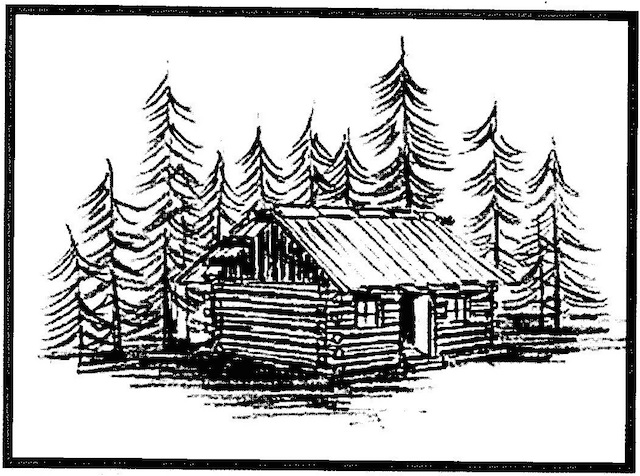
- In April, 1846, a log cabin was built by David James and other Chi Psi Fraternity members on the property that would become the Forest Hill Cemetery
- On April 25, 1846, the Mexican-American War ensued through February 3, 1848; it resulted in the Mexican Cession from the Treaty of Guadalupe Hidalgo
- Michigan became the first state to abolish the death penalty in 1846
- It is believed that the four famines in China in 1846, 1849, 1810, and 1811 caused over 45 million deaths
- Daniel Sloan and Volney Chapin purchased Yellow Mills from Judge Dexter in 1846 and erected a Mill at Bell Rd. and Dexter-Pinckney Rd. (then called Stage or Plank Rd.)
- Madeleine Bertrand and Magdelaine Laframboise died in 1846
- George DeBaptiste came to Detroit in 1846
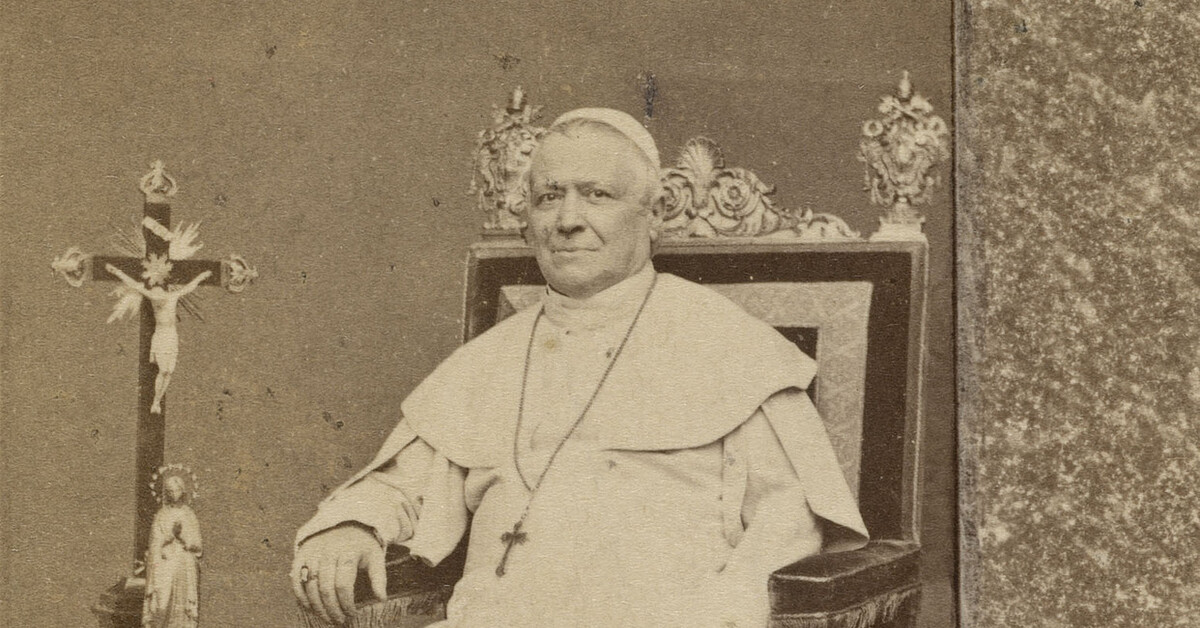
- On June 16, 1846, Pope Pius IX was coronated; he served a Pope until his death on February 7, 1878, the longest tenure of any Pope in modern Catholic History other than St. Peter
- On August 10, 1846, the Smithsonian Museum was established
- On December 28, 1846, Iowa was admitted as the 29th state
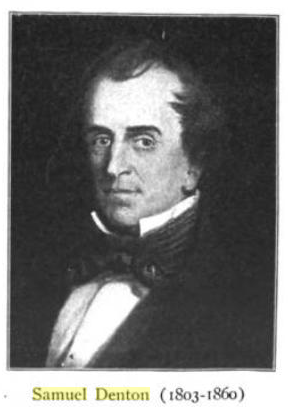
- Samuel Denton, a University of Michigan Professor of Physics and Internal Medicine, founded Denton or Dentonville at Eastern Ypsilanti near Canton and Belleville in 1847; he also served as a Senator in the State Legislature, 1845-1848, was one of the original Board of Regents at the University of Michigan, and served as Dean of the Medical School
- On January 13, 1847, the Ann Arbor Lodge of Freemasons was chartered as Oriental Lodge No. 15
- Stephen Bromley McCracken, Ann Arbor Clerk and Collector, began publishing the Washtenaw Whig in 1847
- The first telegraph office was set up in 1847 at the Train Station
- Michigan Manual 1847
- On March 4, 1847, Edward Bradley, a Democrat from Marshall, replaced John Smith Chapman as Congressman for the 2nd Congressional District; however, he passed away on August 5, and the seat was vacant until December 6 when Charles Stuart, a Democrat from Portage, replaced him
- The First Congregational Church was organized on March 23, 1847; many parishioners separated from the First Presbyterian Church on the issue of negro slavery
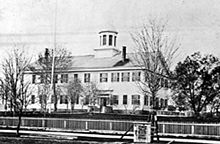
- State Capitol moved from Detroit to Lansing in 1847; Lieutenant Governor Charles Bush cast the deciding vote, and he resided in nearby Genoa Township in Livingston County. Ann Arbor lost its bid to become the State Capitol; other contenders included Marshall, Battle Creek, Albion, Grand Rapids, Jackson, Lyons and Byron in Shiawassee Township. (Michigan State Capitol History)
- The Bronte Sisters published Jane Eyre, Wuthering Heights and Agnes Grey in 1847
- The North American Typhus epidemic of 1847
- John Stoughton Newberry graduated from the University of Michigan in 1847; he was later a congressman and industrialist

- On July 1, 1847, the first U.S. Postal Stamp was issued
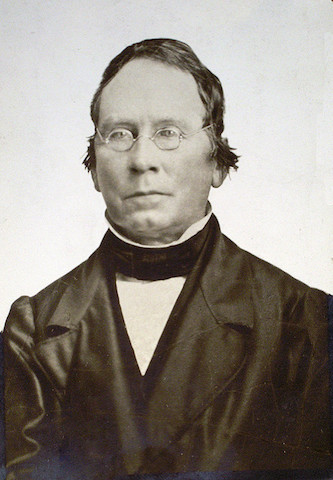
- Lodi Academy was initiated by Rufus Nutting, a Dartmouth graduate, in 1847; he intended to help students prepare to enter the University of Michigan
- On October 13, 1847, Augustus D. Hawley died unexpectedly; he served in the State Legislature since 1840
- The first two foreign students enrolled at the University of Michigan in 1847
- The first Washtenaw County Fair was held in 1848 at the house and yard occupied by the Catholic School
- The University of Michigan Medical School was founded in 1848; it was the second College with its first graduating class in 1852. The school opened in 1850 with 100 students who were charged $5 for 2 years of education; the first graduating class had 90 graduates.
- Revolutions of Europe in 1848
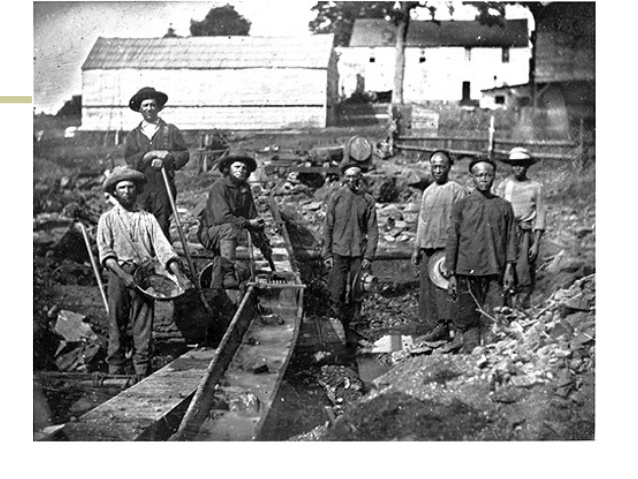
- The California Gold Rush began on January 24, 1848; several Ann Arborites and Washtenaw County people sought their fortune there including Ann Arbor Founder John Allen, future Michigan Governor Edwin Winans, etc.
- The Free Soil Party was established in 1848; they wanted to limit slave trading from coming to Northern States
- B'hoy's Eagle began publication in 1848 by Col. Crocket; it was a satirical paper
- The Fair Society erected a log cabin 28 x 40,' 14' high with an 8' porch with 167 names inscribed in its walls in 1848 of the County's Pioneers
- The Communist Manifesto was published on February 21, 1848 by Karl Marx and Friederich Engels at London, England
- On February 23, 1848, John Quincy Adams died

- Horace Carpenter was elected Supervisor of Pittsfield Township, 1848-1850; he was a carpenter and a surveyor, and son of Ezra Carpenter
- Peter Tuite came to Dexter from Ireland in 1848; he was Register of the Deeds, 1864-1866, and County Clerk, 1874-1876, and passed away at the age of 50
- The city of Michigan was renamed Lansing in 1848 after New York Chancellor and Albany Mayor, John Lansing Jr.
- The Michigan State Capital moved from Detroit to Lansing in 1848
- On May 29, 1848, Wisconsin was admitted as the 30th state
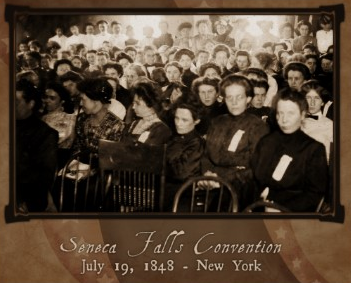
- On July 19, 1848, the first women's rights convention was held at Seneca, NY

- On September 20, 1848, the Free Soil Convention was held in Ann Arbor. Ann Arborite, Edwin Lawrence was elected to the Michigan House of Representatives, 1848-1857, and then served as Circuit Court Judge before being appointed to the Michigan Supreme Court, 1857-1874. He edited the Michigan State Journal, 1836-1940.
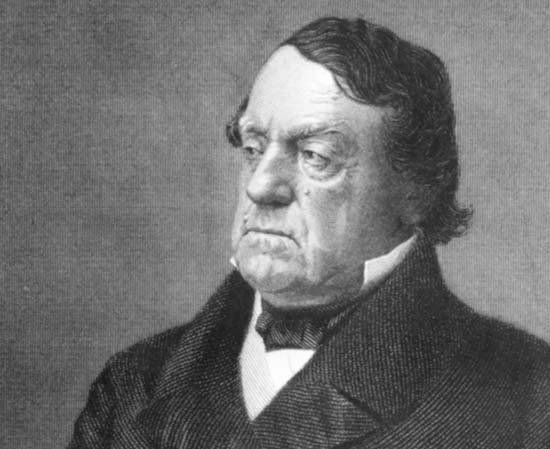
- Lewis Cass lost the 1848 Presidential Election to Zachary Taylor on November 7, 1848; there were 2.8 million Americans who voted which was less than 13% of all Americans
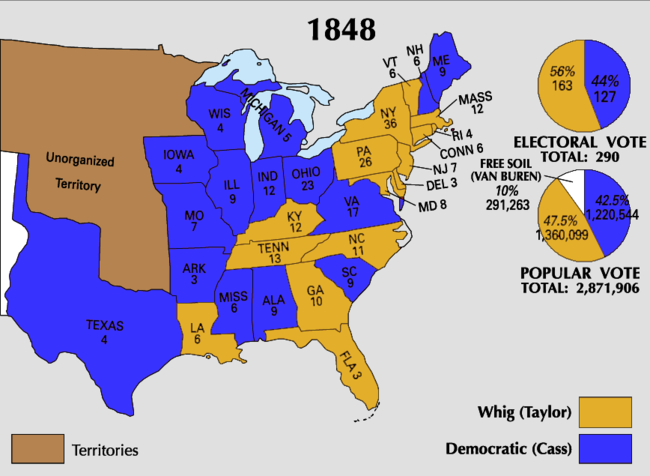
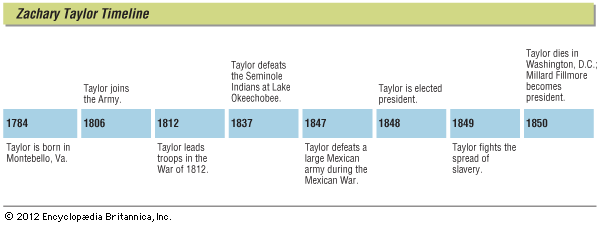
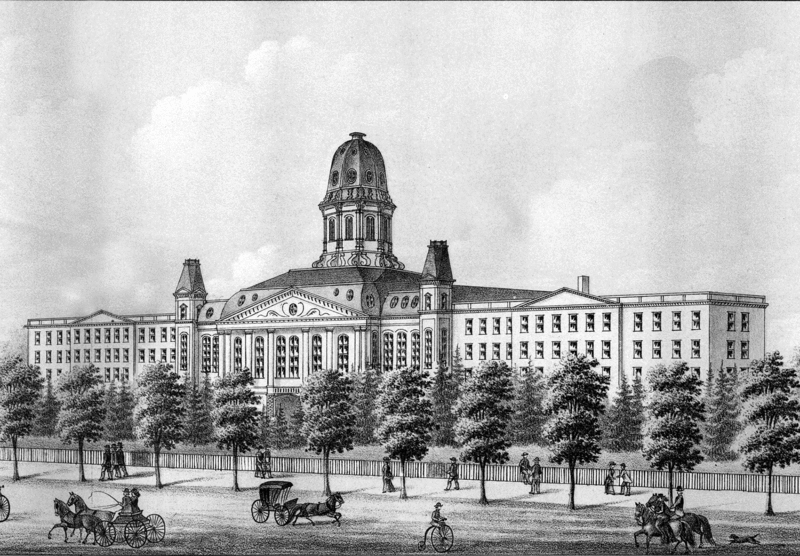
- The South Wing of University Hall was built in 1848, and completed in 1849; together with Mason Hall, it completed University Hall
- On March 3, 1849, the U.S. Department of Interior was created
- On March 4, 1849, William Sprague, a Whig from Coldwater and Circuit Minister in Southwestern Michigan, replaced Charles Stuart as Congressman in the 2nd Congressional District; however, Stuart won his seat back in 1851
- William Finley replaced George Sedgwick as Village President in 1849
- The Detroit Tribune began in 1849 as The Daily Tribune; James Scripps moved to Detroit in 1849, and became its Editor in 1852 with Andrew Fruehauf as owner. It became the Detroit News by 1877.
- Ulysses Grant was a resident of Michigan in 1849
- In 1849, there were 558 sawmills in Michigan
- On May 17, 1849, the St. Louis Fire killed over 4,500
- Yellow Mills was given a post office at Base Lake on August 30, 1849; Miles Y. Hood was postmaster
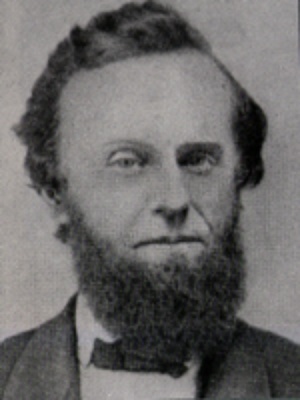
- In 1849, Michigan Normal School was opened in Ypsilanti with 122 students enrolled by 1853; its first building building was dedicated on October 5, 1852. Adonijah Strong Welch, a 1849 University of Michigan graduate, was its first President, 1851-1865, after his participation in the California Gold Rush; Welch was elected U.S. Senator in Florida, 1868-1869, and served at Iowa State President, 1869-1883.
- John Barry became Michigan's only 3 Term Governor in 1849
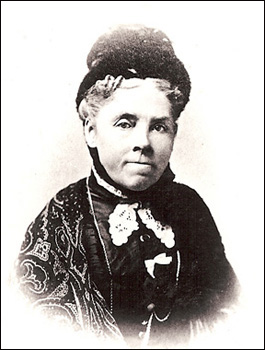
- Helen McAndrew arrived in Rawsonville in 1849, and became the first female physician in the area in 1850 as she moved to Ypsilanti
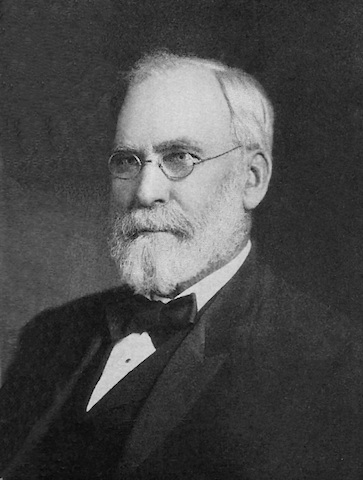
- In 1849, Ypsilanti High School was founded as Union School; Byron Cutcheon, a University of Michigan graduate, was one of its early principals. Ypsilanti High School is the 3rd oldest high school opened in the State of Michigan, and 72nd oldest in the United States.
- Henry David Thoreau published Civil Disobedience in 1849
- Elisha Congdon's house burned down in 1849 at Chelsea
- The First Congregational Church was established at Chelsea in 1849
- On September 25, 1849, the first Michigan State Fair was held at Detroit
- Edgar Allen Poe passed away on October 7, 1849 at the age of 40; Poe's short stories, essays, poetry and other literary works of mystery and the macabre inspired detective and science fiction genres
- On December 7, 1849, Delphone LaLaurie died; she had been torturing and murdering her slaves since 1831 in New Orleans
- By 1850, Life Expectancy was 38 years; if a person lived to 20, they could expect to live for another 40 years, and if a person lived to 30, they could expect another 34 years. The leading causes of death at that time were Tuberculosis, Dysentery, Cholera, Malaria, Typhoid Fever, Pneumonia/Influenza, Diptheria, Scarlett Fever, Meningitis, and Whooping Cough.
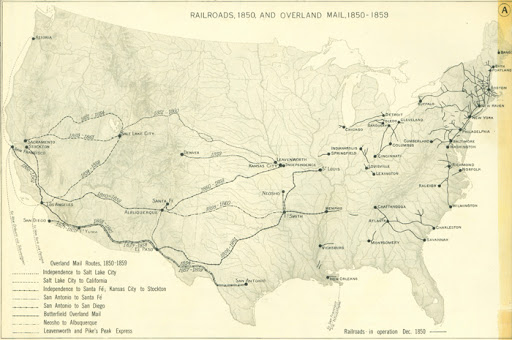
- By 1850, there were 380 miles of railroad track completed in Michigan
- By 1850, Michigan had 58 newspapers
- The Present State of the Methodist Episcopal Church and The Missions of the Methodist Episcopal Church were published in 1850; Hymns for the use of the Methodist Episcopal Church in 1851
- Pinkerton's Detective Agency was founded in 1850 at Chicago by Allen Pinkerton
- Eaton Mills was originally founded as Cordova Corners in 1850 with a very large sawmill run by the Eaton family; it was a lumber settlement. James Sherman was its first postmaster on June 24, 1878. Paint Creek was a nearby farming settlement. A railroad depot was built in 1881.
- John Allen left Ann Arbor in 1850, and went West to seek a fortune in the Gold Rush as did Edwin Baruch Winans from Hamburg March, 1850

- The Old Medical Building was completed in 1850; it was demolished in 1914
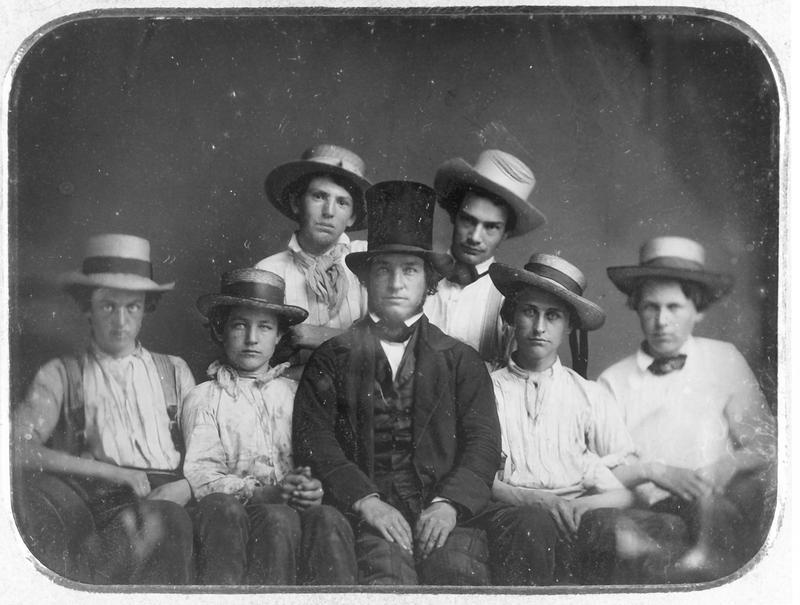
- The oldest known picture of Ann Arbor is the staff of the Michigan Argus in 1850 with Editor and Publisher Lawrence Washington Cole in the middle; he came to Ann Arbor in 1838 from Albion and married Jane Ann Finch of Saline on March 4, 1847, and passed away in 1894 (Oldest Picture from each State)
- The Three Fifths Compromise was reached in 1850 and a stricter Fugitive Slave Law was passed; there were 23 million Americans in 1850 with nearly 10% of the population being foreign born immigrants
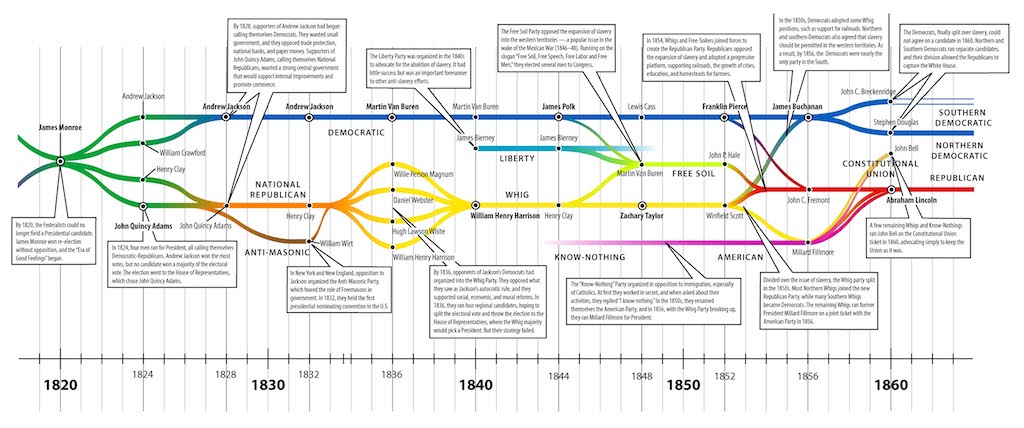
- By 1850, it is estimated that over 100,000 slaves escaped from the Underground Railroad (Underground Railroad in Detroit and Kalamazoo); there were 231 "free black people" in Washtenaw County in 1850
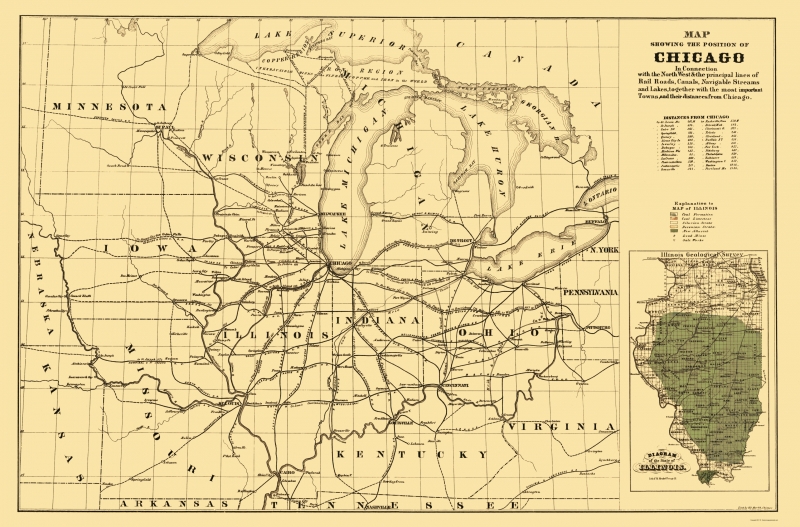
- Midwest Railways in 1850

- Ann Arbor population in 1850 was 4500 (5th largest in Michigan, but it may have been the second largest behind Detroi), 28567 in Washtenaw County (3rd largest county in Michigan), 21019 in Detroit, 397654 in Michigan, and 23 million in the USA. Nearly 37% of Michigan's population came from New York State while 34.33% of the State's Population was born in Michigan. The largest European country in the state's population was German with 9,292 immigrants.
- By 1850, there were 58 newspapers in Michigan
- Abra Hurd had Stephen Mills built her a home at 1880 Textile Rd. in 1850 in Pittsfield Township
- Paul Cousins, a Dexter Teacher, Councilman and Rotarian, founded Cousins Heritage Inn at Dexter in the 1850s
- The McCollum House was built by Stephen Mills in 1850 at 4576 Ann Arbor-Saline Rd.
- The Sidetrack Bar & Grill was established in Ypsilanti in 1850
- Nathaniel Hawthorne published A Scarlet Letter in 1850
- Bernhard Stroh opened the Stroh Brewing Company in 1850 (How to Blow $9 billion: The Fallen Stroh Family)

- Harper's New Monthly Magazine began publication June, 1850; it was founded by John, Joseph, James and Fletcher Harper, and circulation zoomed to over 50,000 within 6 months
- On July 9, 1850, Zachary Taylor died
- George Miles passed away on August 25, 1850; he moved to Ann Arbor in 1837 to study law, and was appointed to the Michigan Supreme Court, 1846-1850. He was also a University of Michigan Regent.
- On September 9, 1850, California was admitted as the 31st state
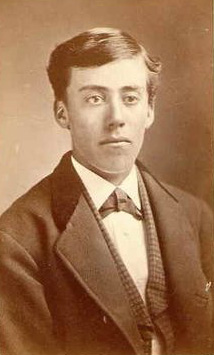
- Charles Woodruff, Editor of the Ypsilanti Sentinel, married Mary Marcia Jones, one of the earliest settlers of Ann Arbor and daughter of Captain James Jones, on October 29, 1850
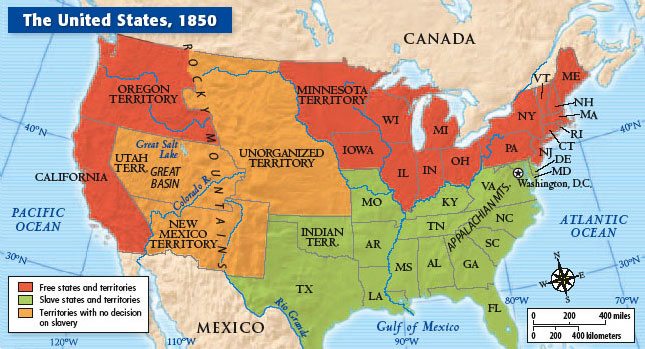
- Map of the United States in 1850
- By 1850, there were 56 orphanages in America after the first one was established in 1729
- Bernhard Stroh founded the Stroh Brewing Company in 1850 at Detroit
- Campus Martius was built at Detroit in 1850
- As It Was In The Beginning, 1850-1870, Part II
- Timeline of Michigan Copper Mining, 1851-1900 (Pre-History to 1850)
- On March 11, 1851 John Allen, Co-Founder of Annarbour died at the age of 53 after leaving Ann Arbor for the California Gold Rush; Ann Arbor incorporated as a city in 1851. There were 72 University of Michigan graduates in their first decade, 1840-1849, all in Literary; there were 7 full-time faculty. Michigan earned $16 million of income with 92.6% of the income from state lands. The University of Michigan Medical School was founded in 1848, and graduated 90 physicians by 1852. The School of Law opened in 1859. The University of Michigan Hospital was the first University Hospital in the nation in 1869. 7th Census of the United States
- Ann Arbor was incorporated as a city on April 4, 1851
- The Great Exhibition was held at London from May 1 to October 15, 1851; it was the first World's Fair with over 6 million visitors
- In 1851, the University of Michigan had 17 "foreign" students of 64 total students enrolled as undergraduates; these were considered "out of staters"
- Massachusetts was the first state to adopt an Adoption Law in 1851
- Massachusetts Mutual Life Insurance Company was established in 1851
- The YMCA at Ann Arbor was launched in 1851
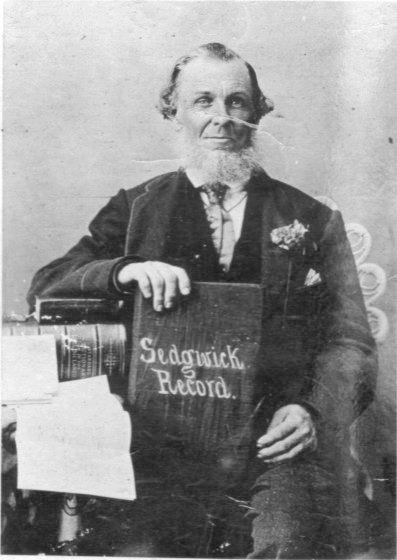
- George Sedgwick, a Whig, became Ann Arbor's first Mayor in 1851-1853; he was formerly a Probate Judge, and served as Village President, 1845-1849, and relocated to Chicago in 1853 with his partner, James Monroe Walker, and were solicitors for the Chicago, Burlington & Quincy Railroad Company through 1875. Walker was an 1849 University of Michigan graduate who became President of that railroad company, 1870-1875.
- First Ward School was established on State St. in 1851; it was later renamed West Hall (West Hall History) (Ann Arbor School History)
- Congress Street Fire in Ypsilanti in 1851
- Herman Melville published Moby Dick in 1851
- A fire destroyed the grist mill at Mill Creek owned by Thomas Martin; it was rebuilt with new ownership by Thomas Peatt and Alldredge.
- Hope College was founded in Holland in 1851
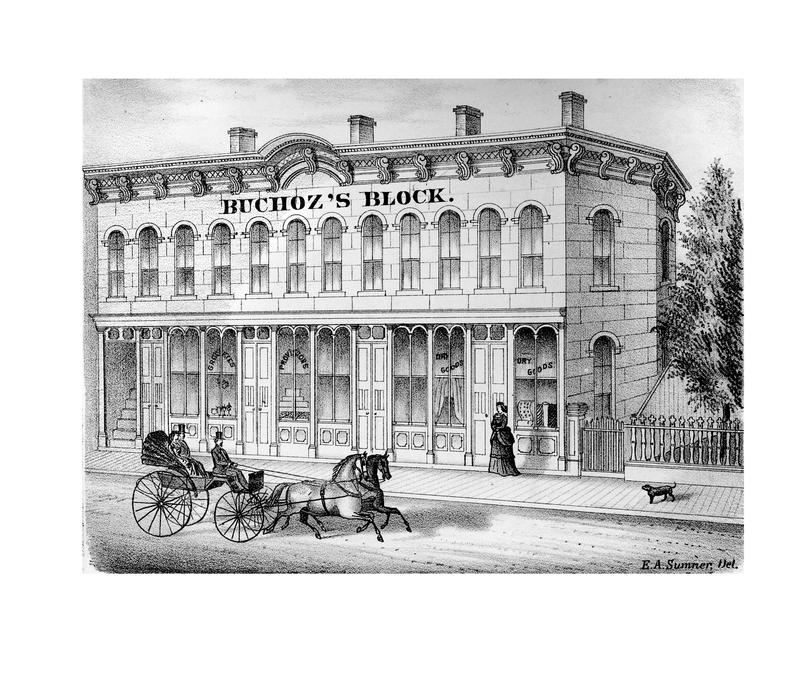



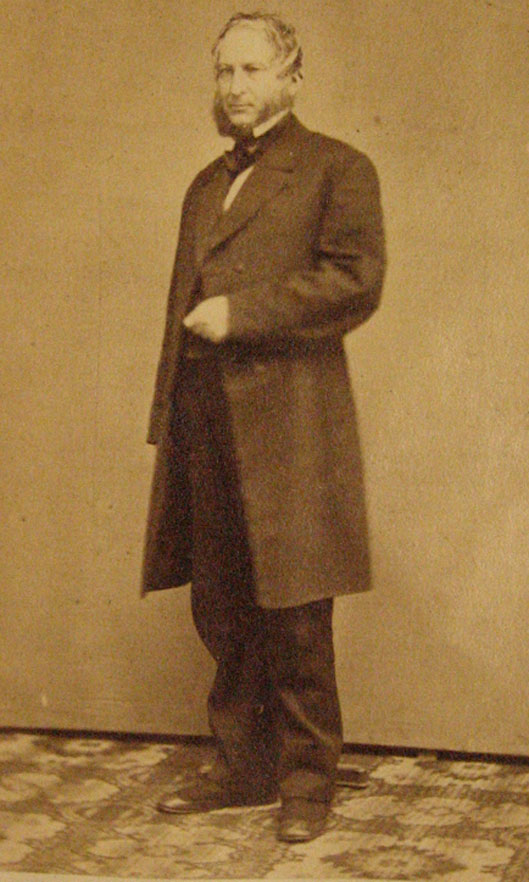
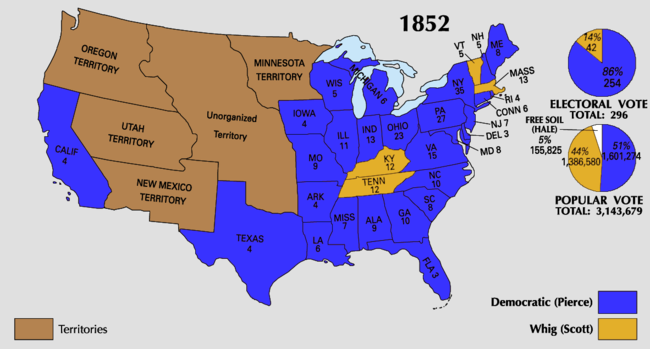
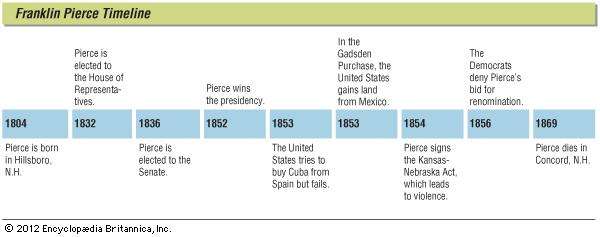

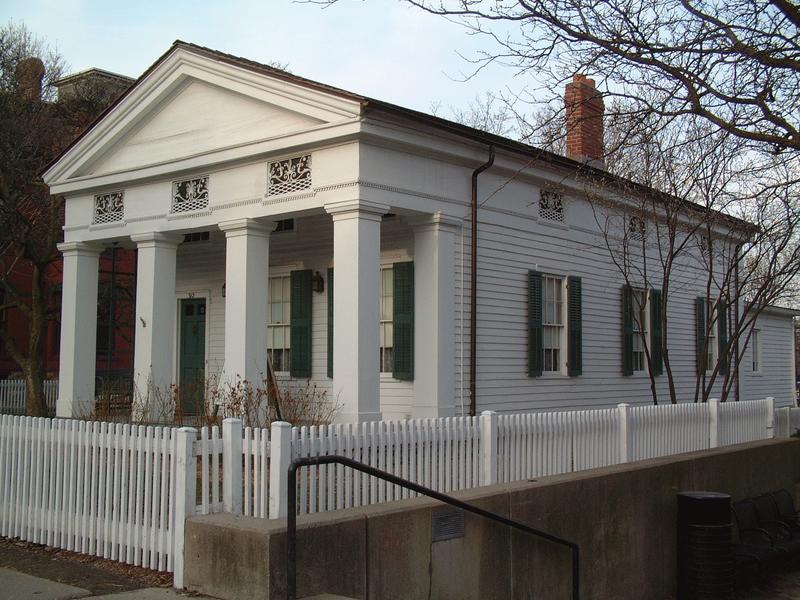
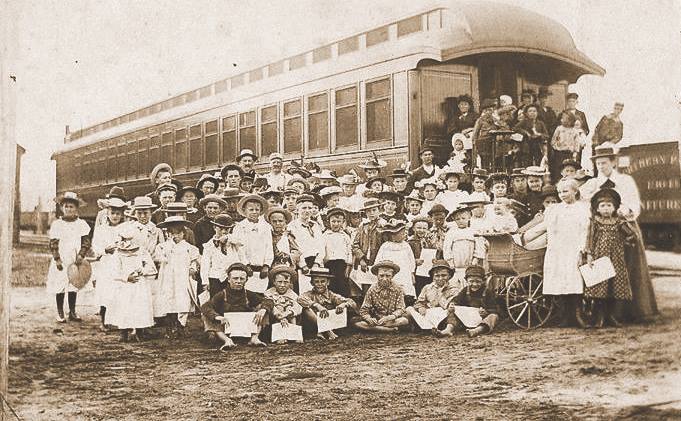
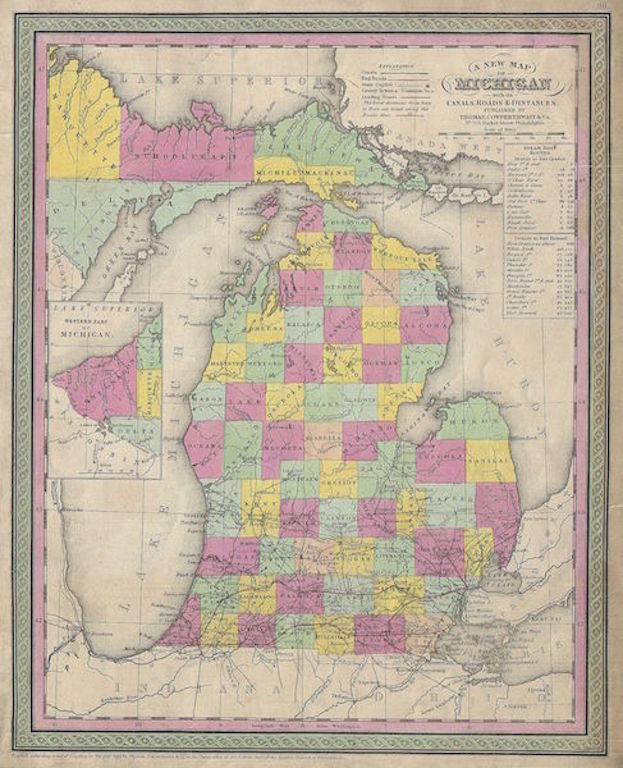
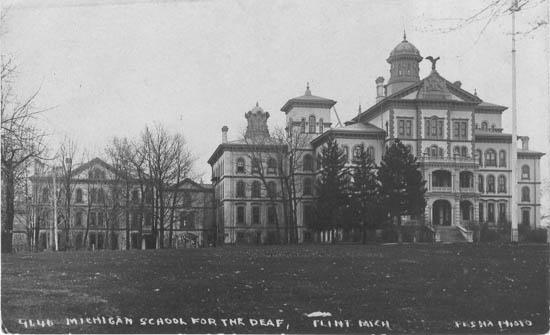
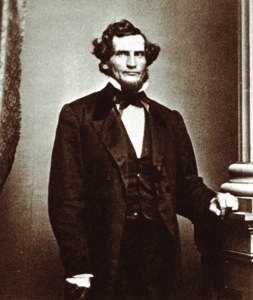
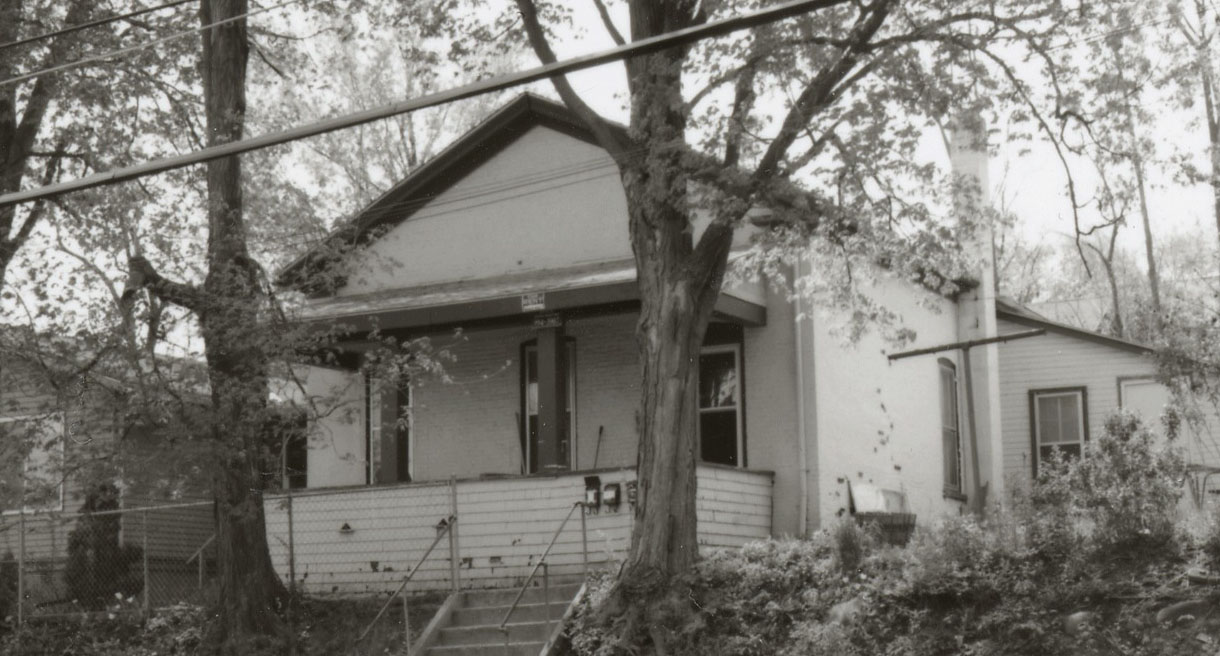
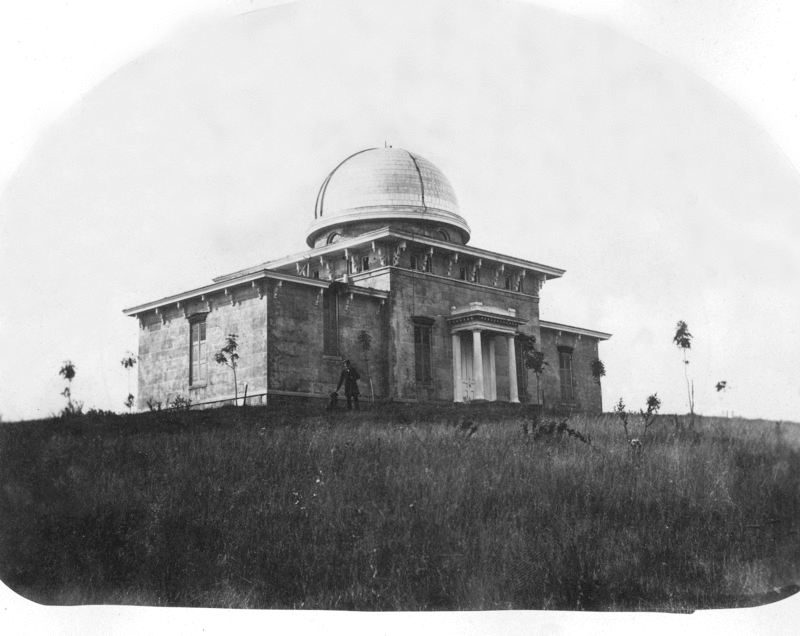

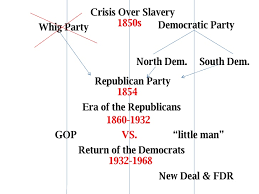
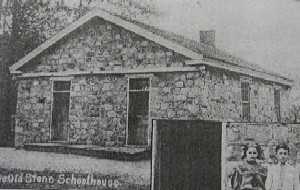
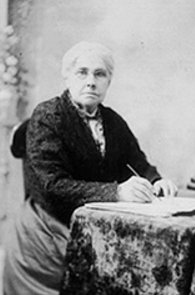
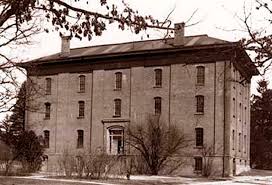
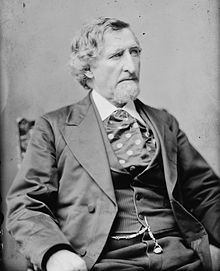
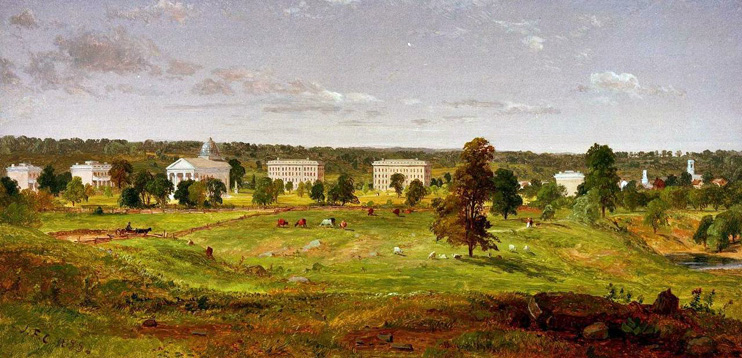
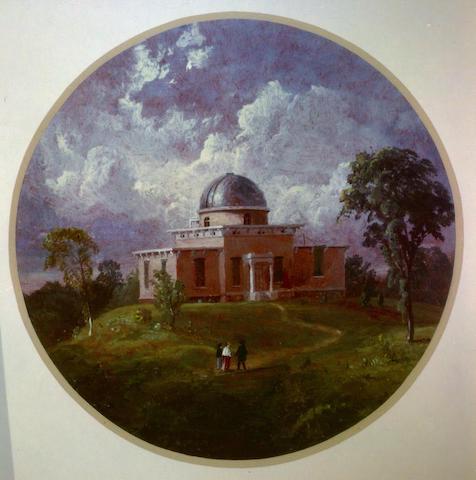


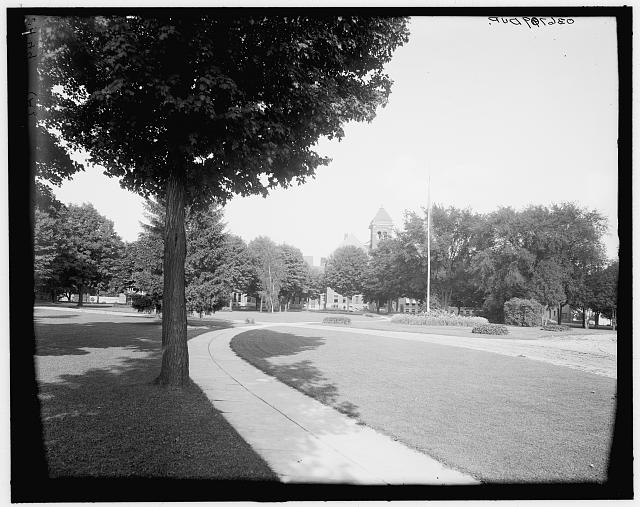
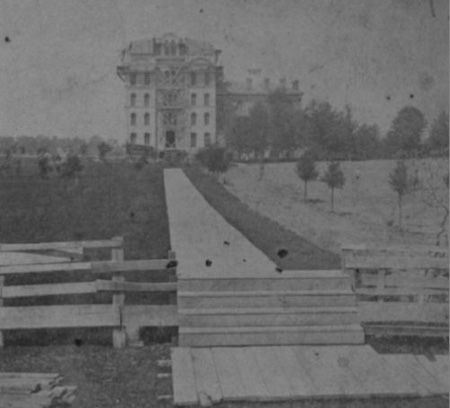
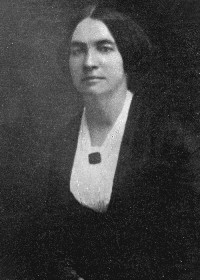
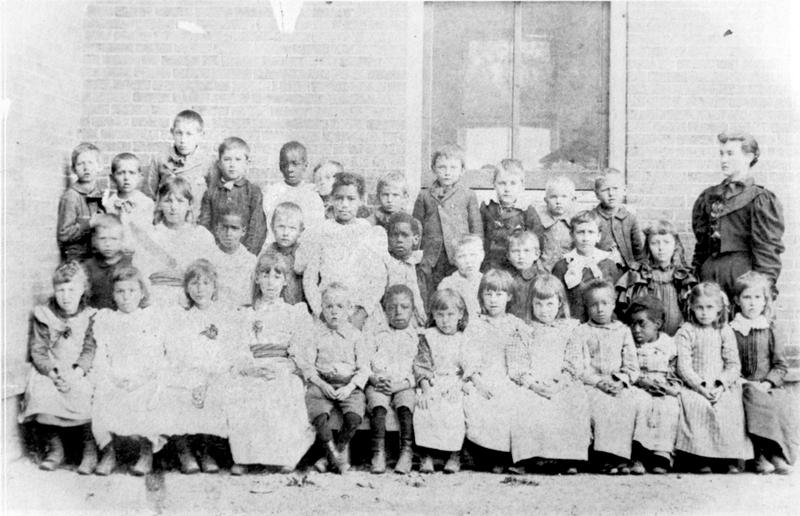
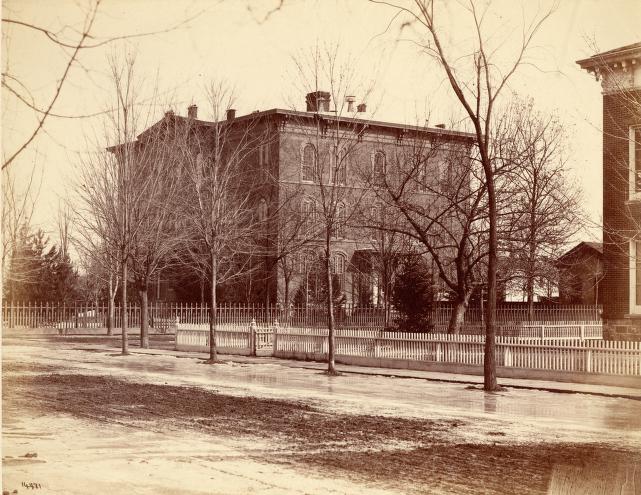
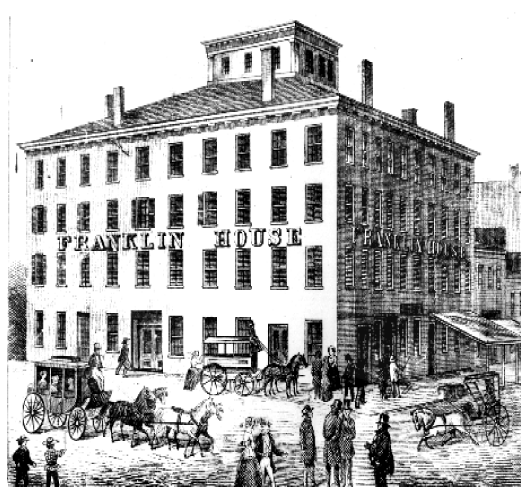
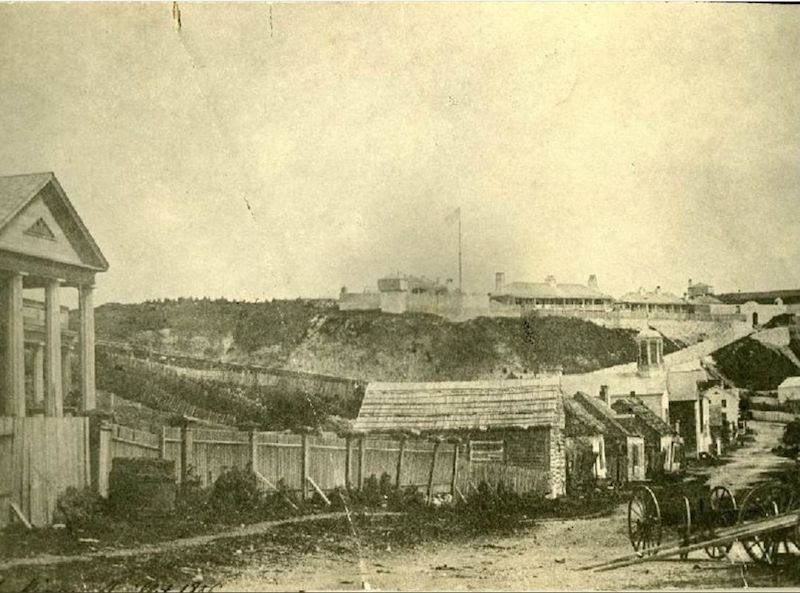


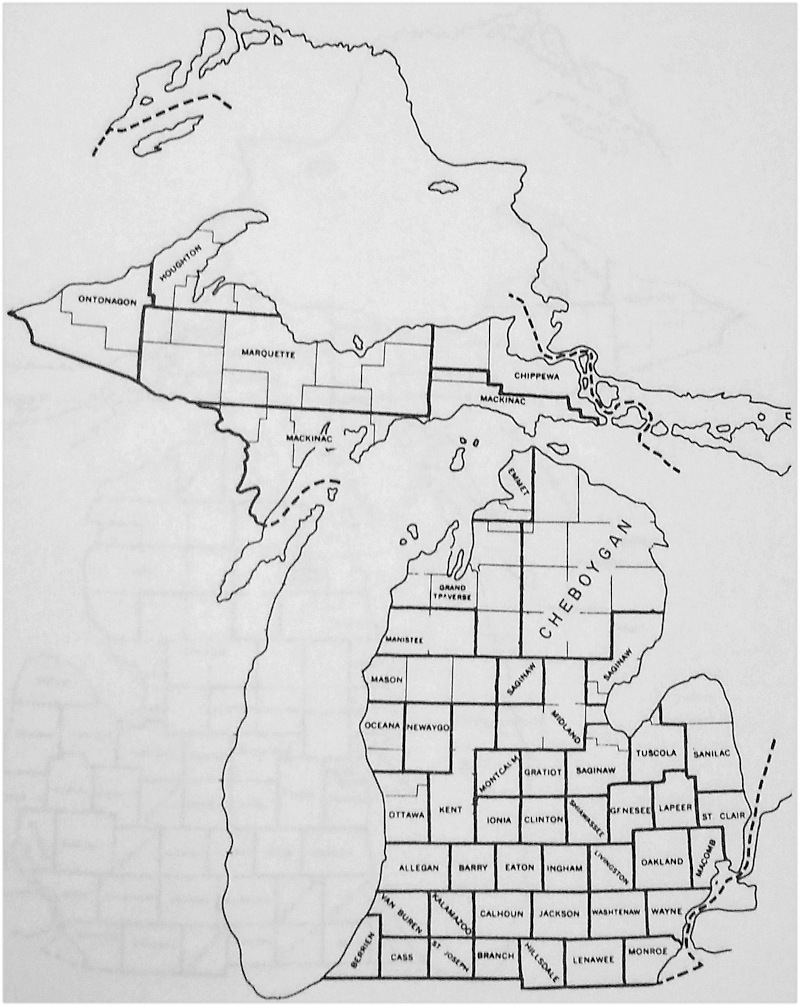
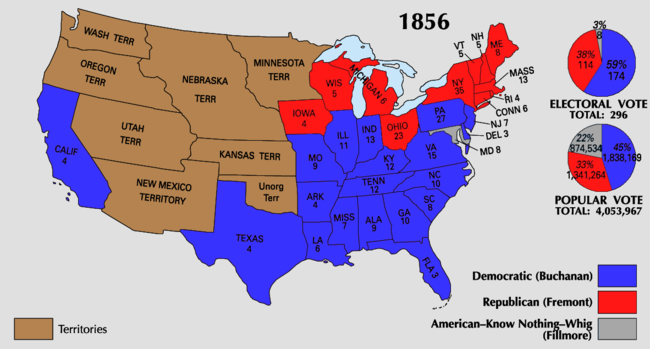
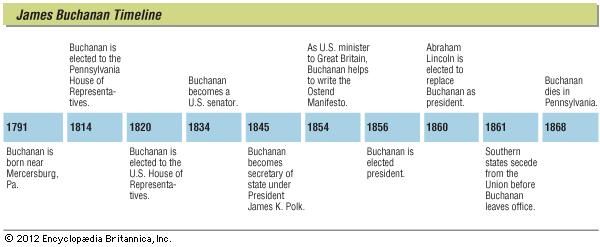
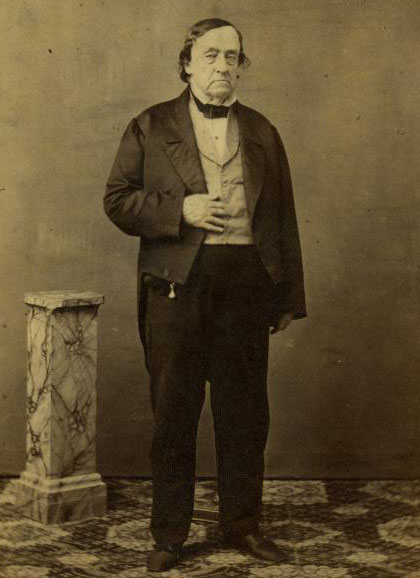
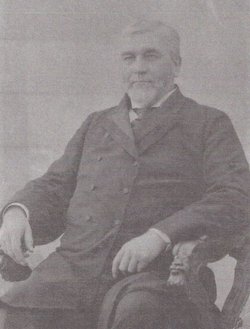
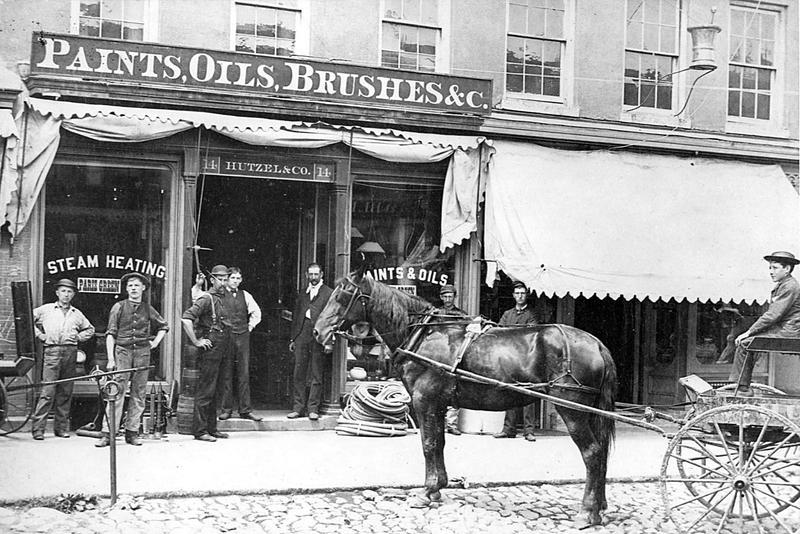
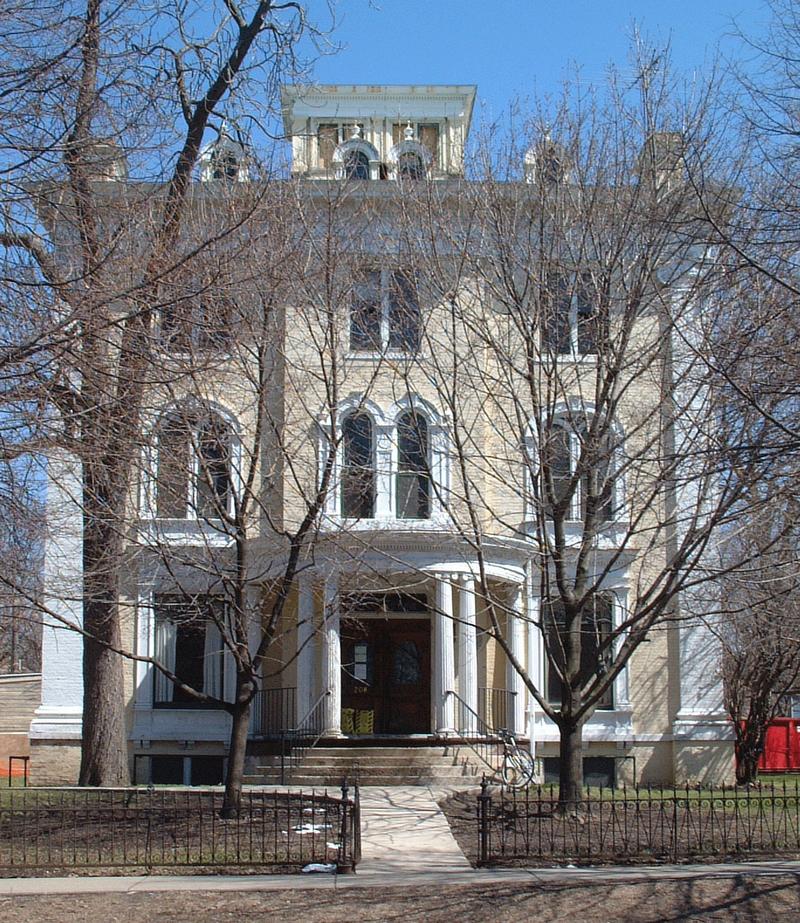


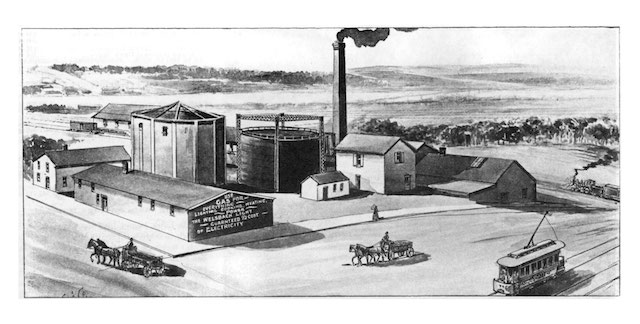
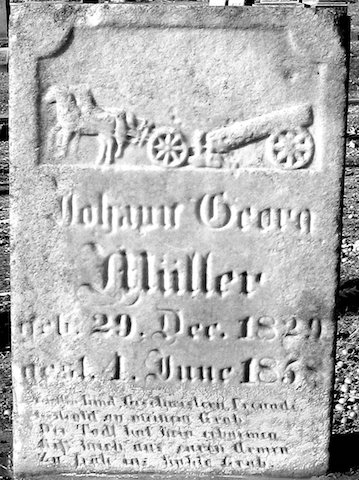
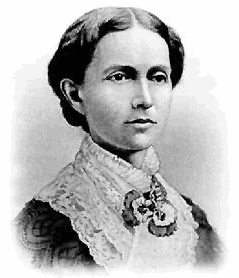

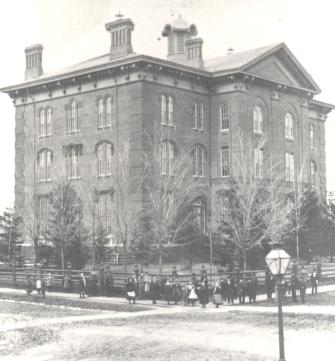
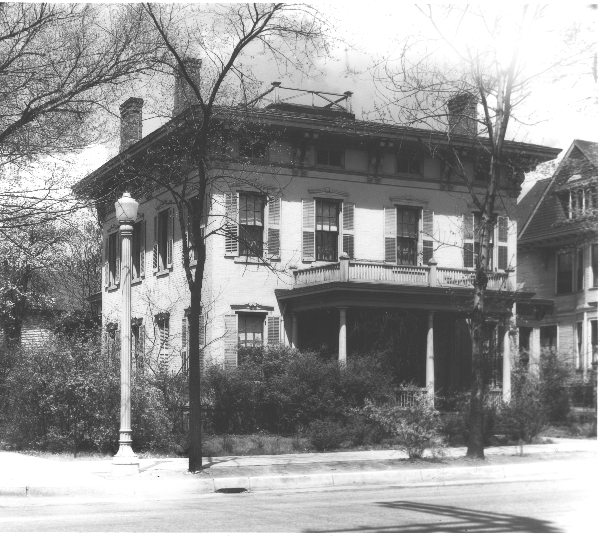
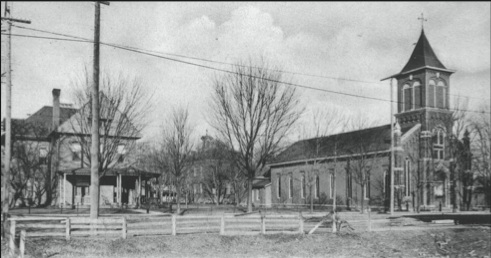
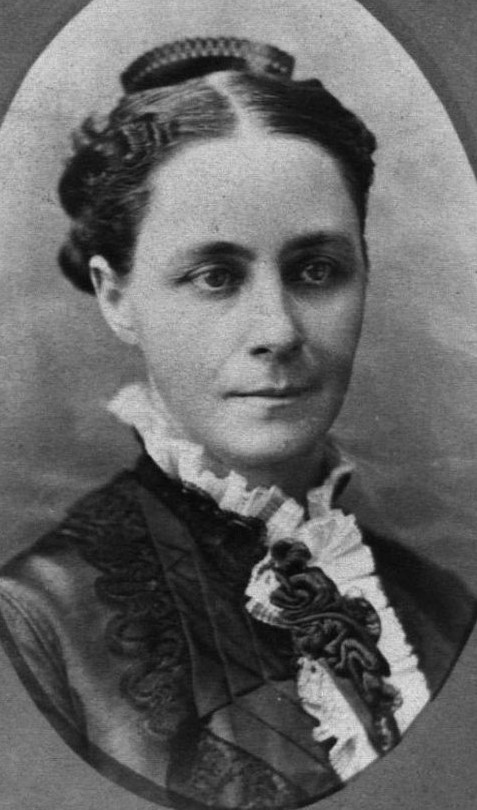
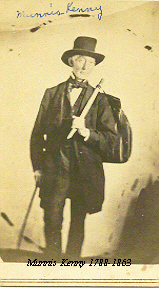
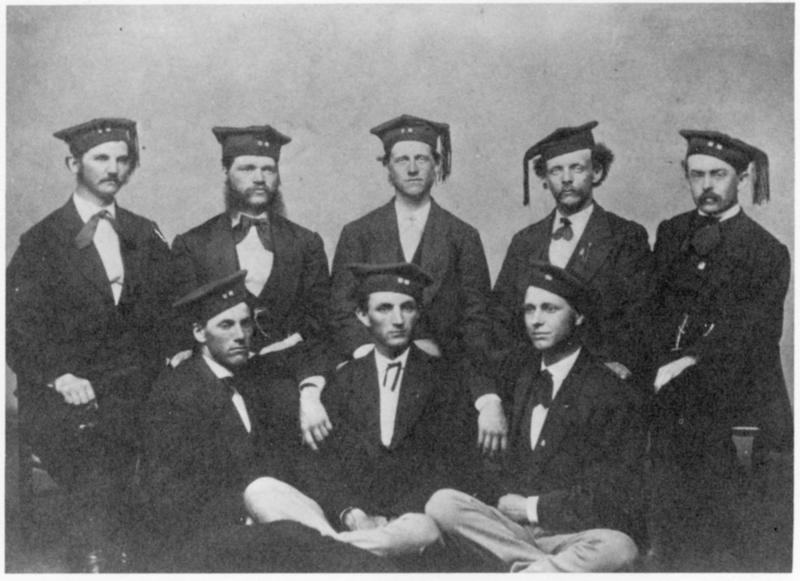
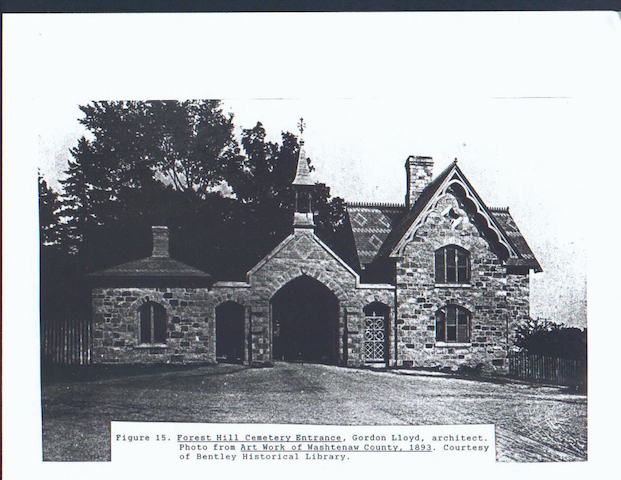
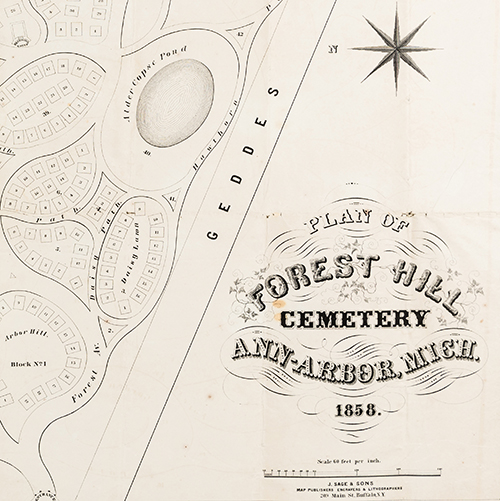

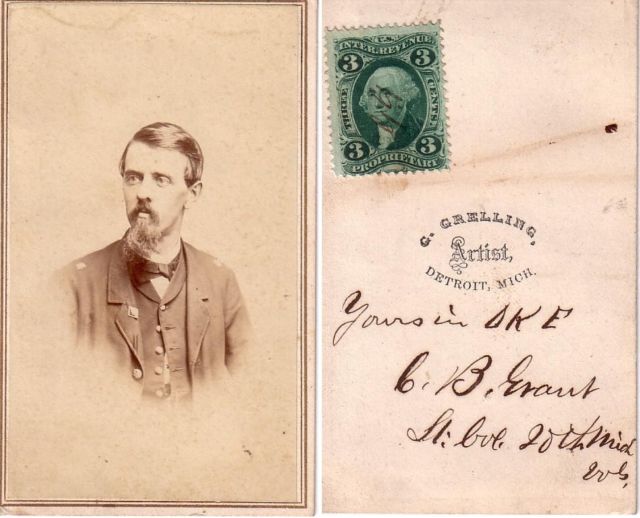
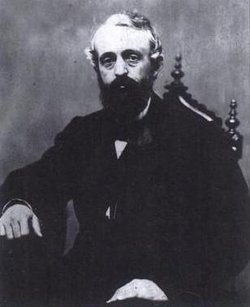

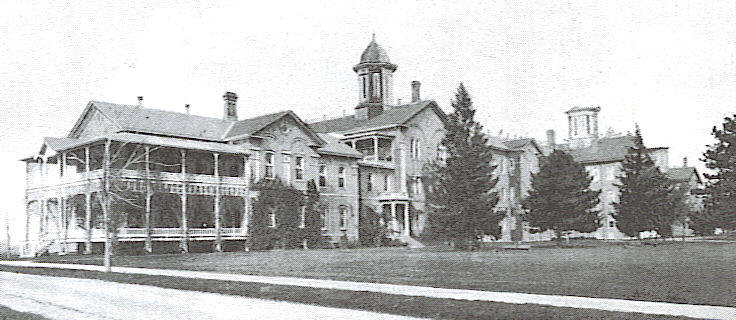
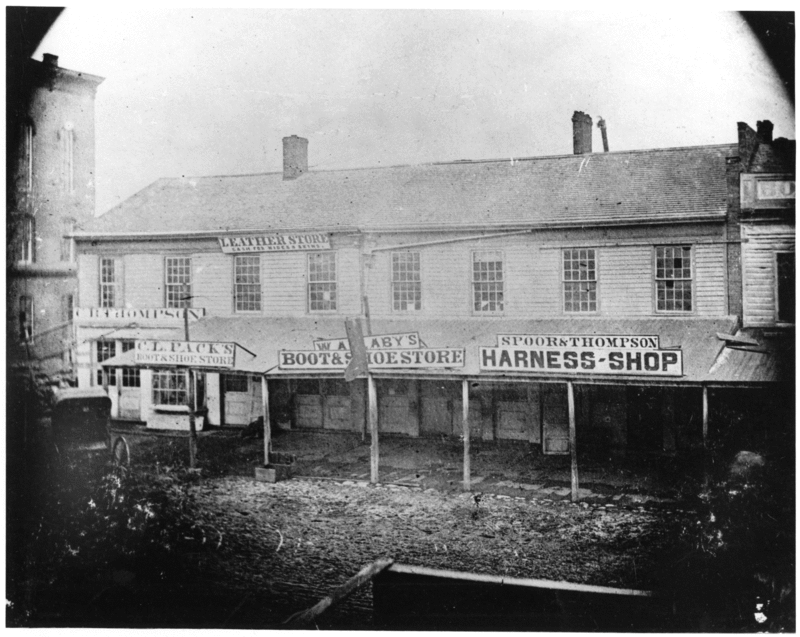
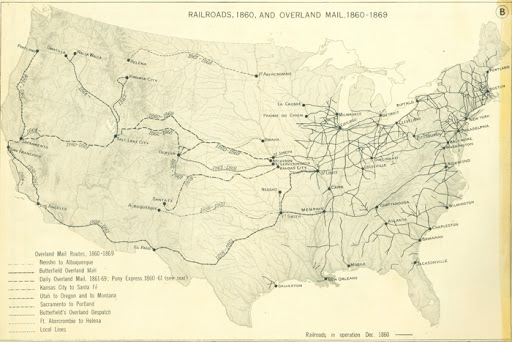
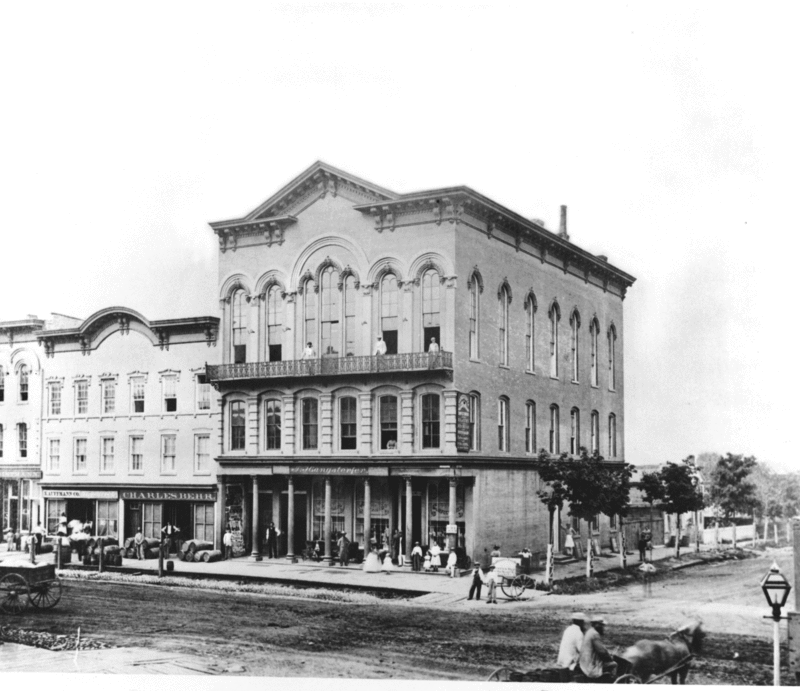
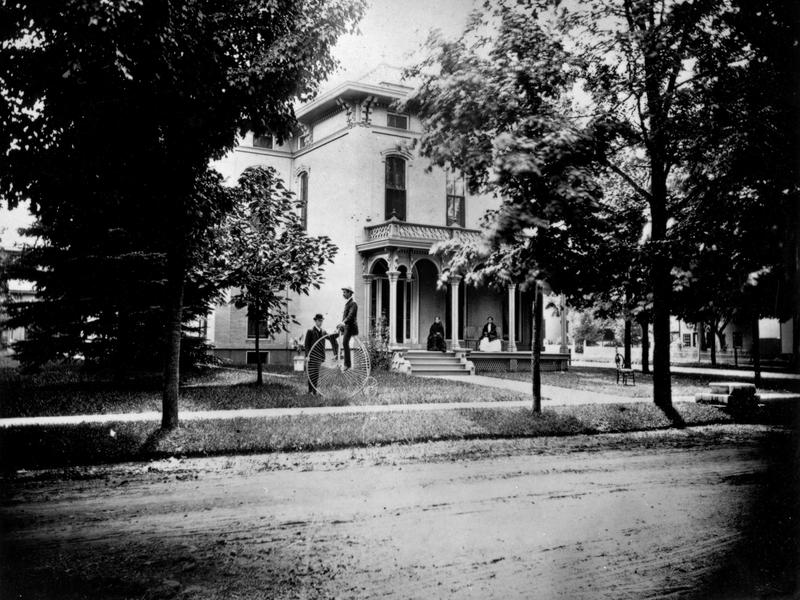
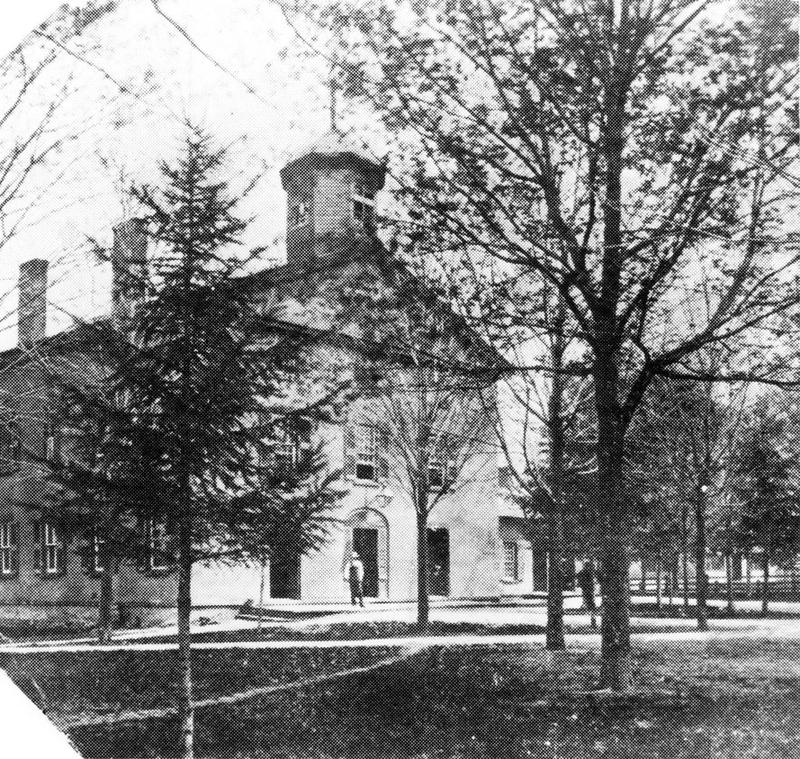
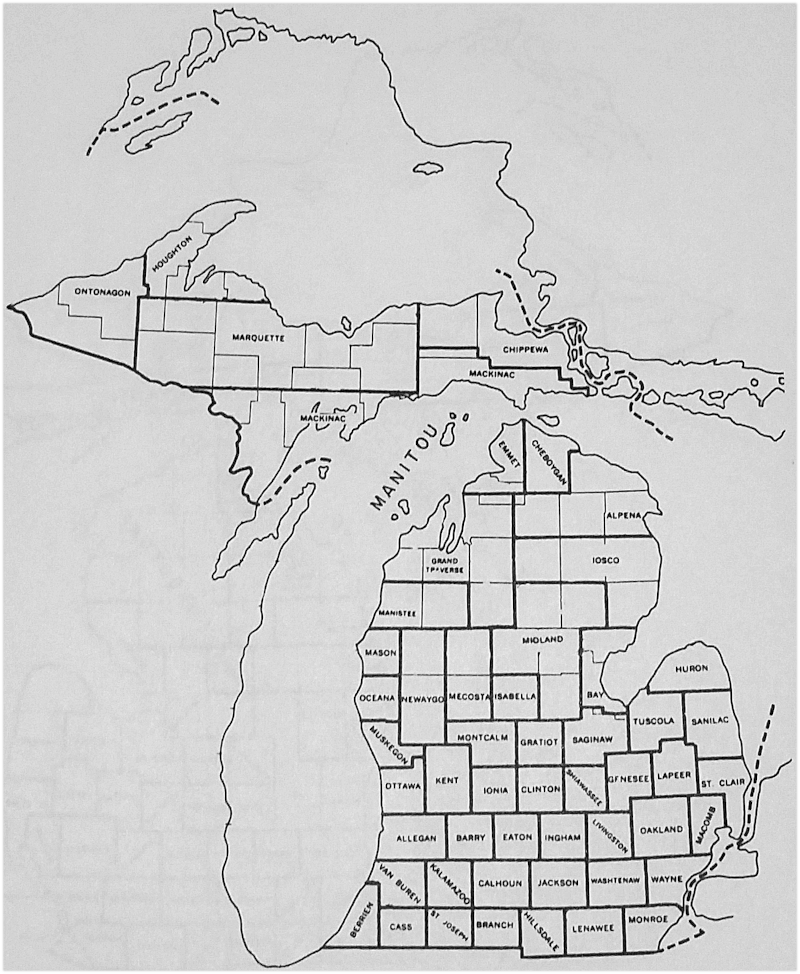
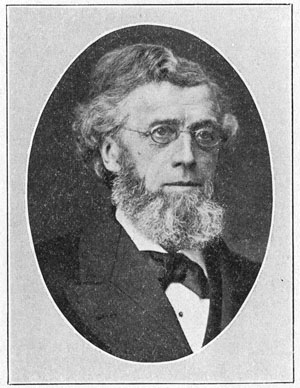

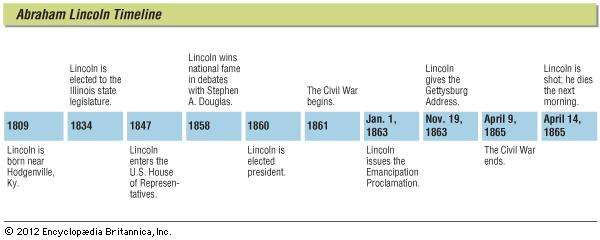
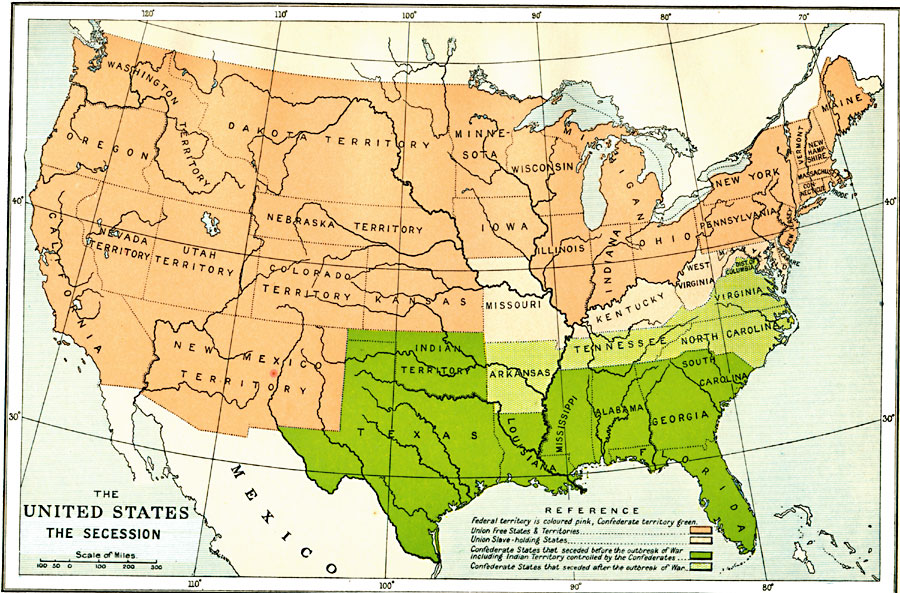
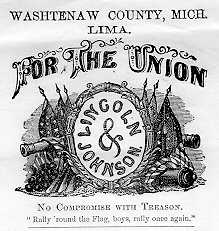
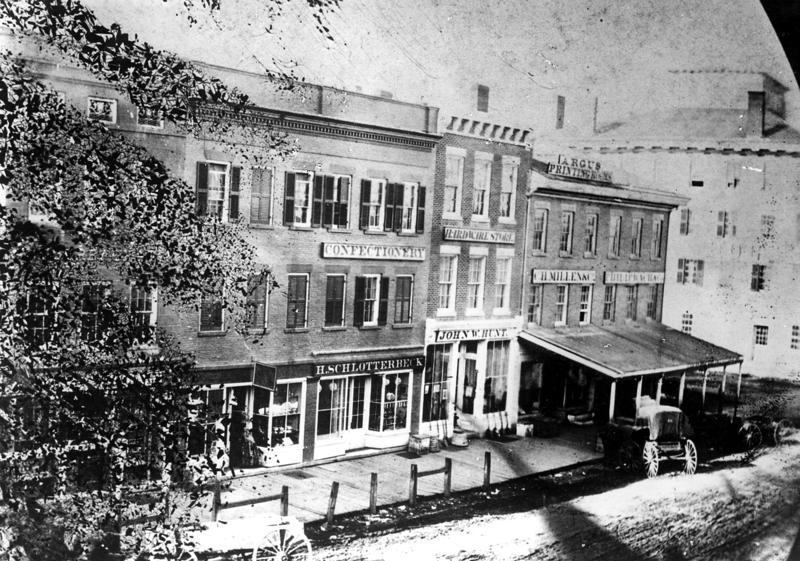
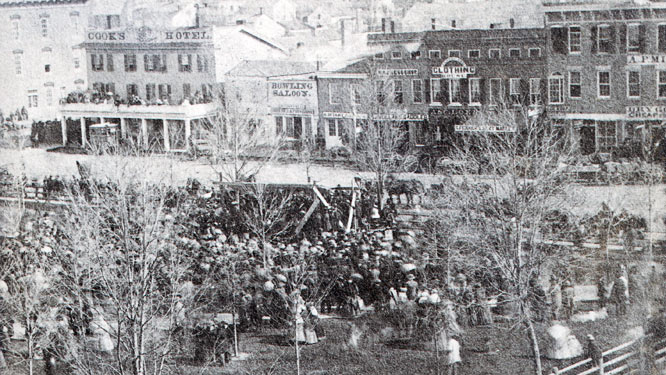

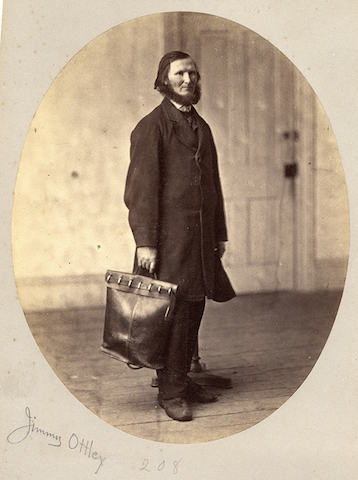
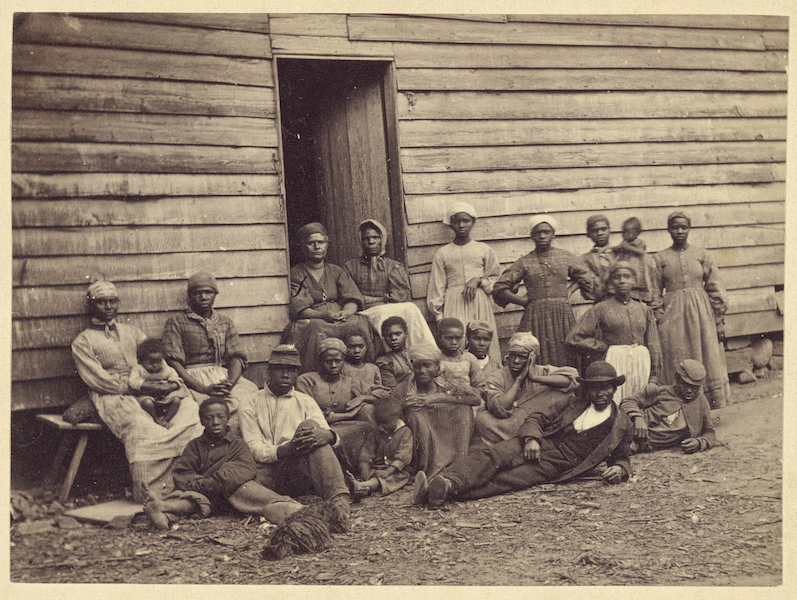
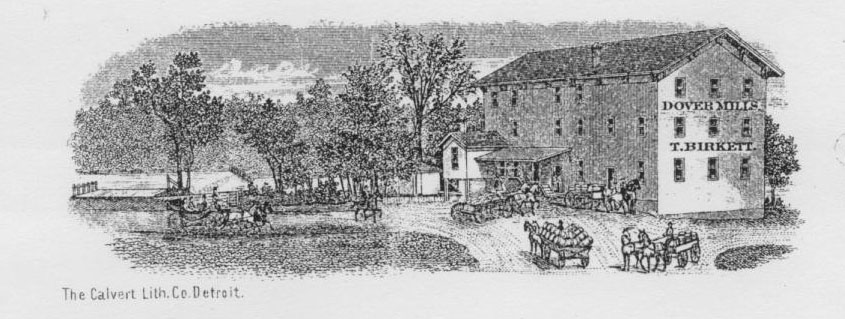
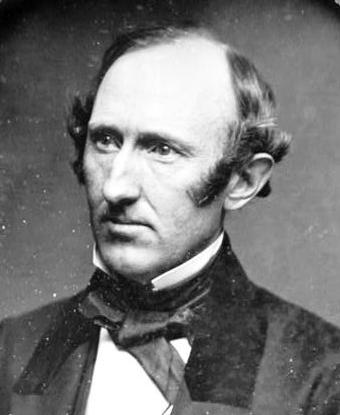
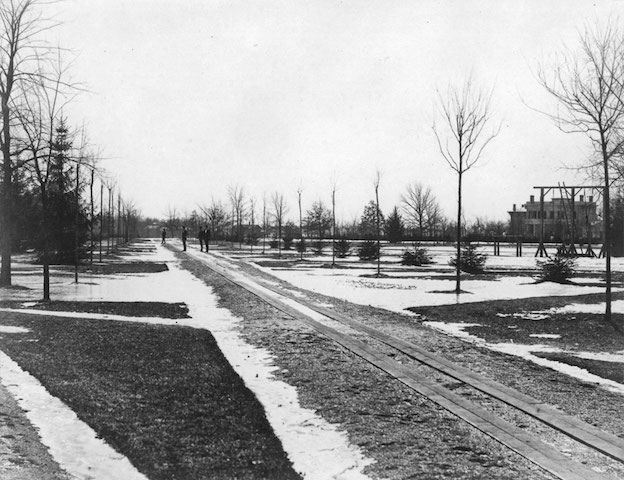
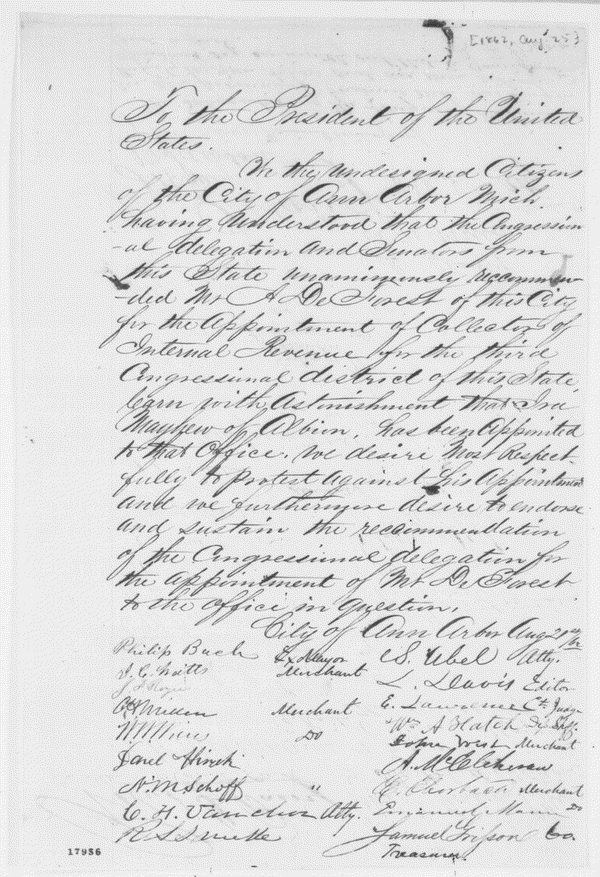
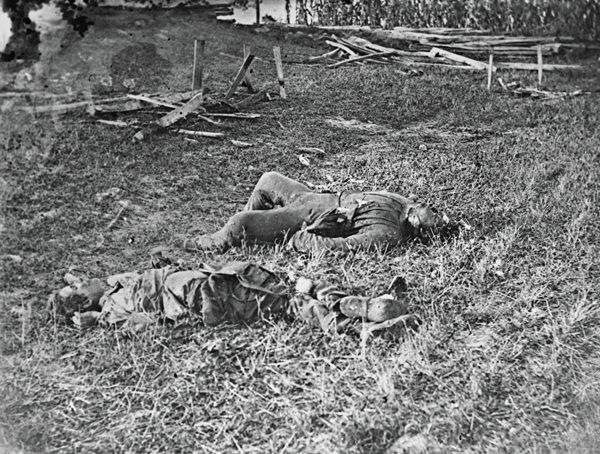
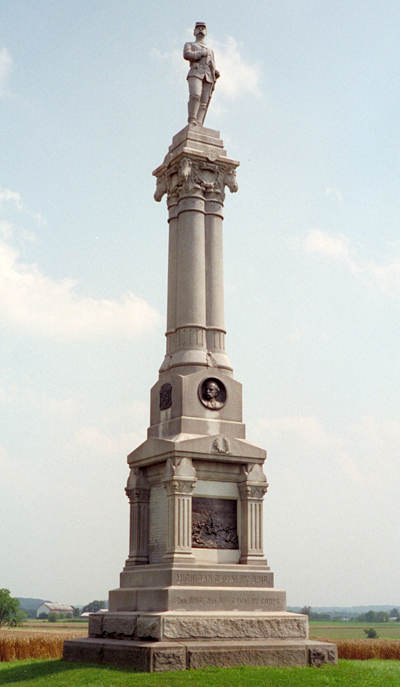
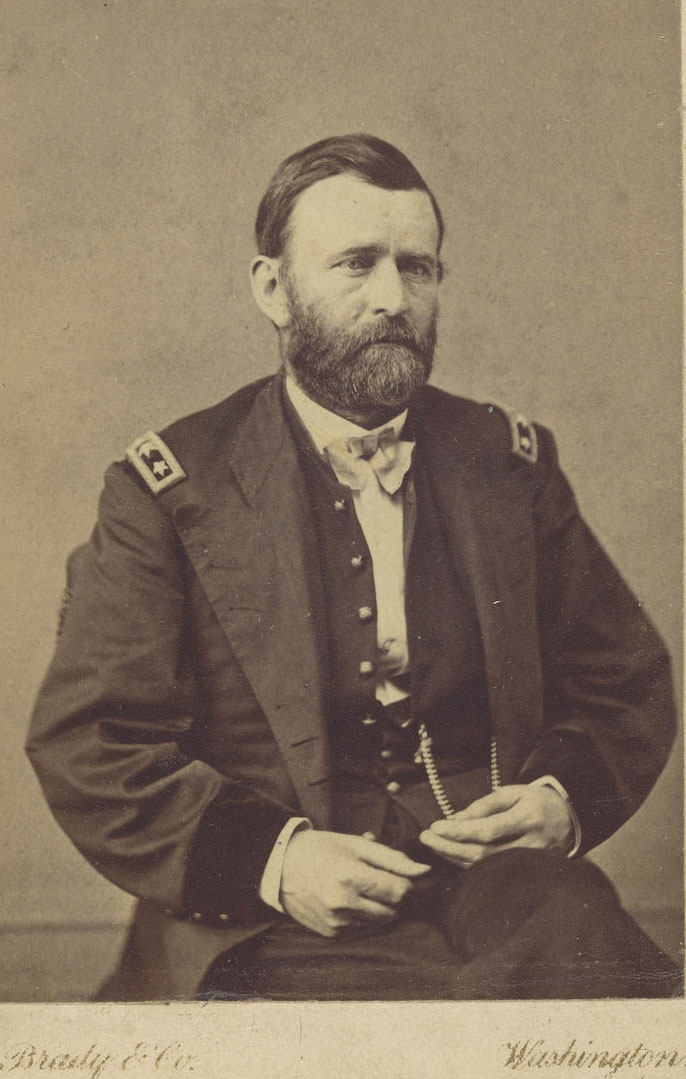
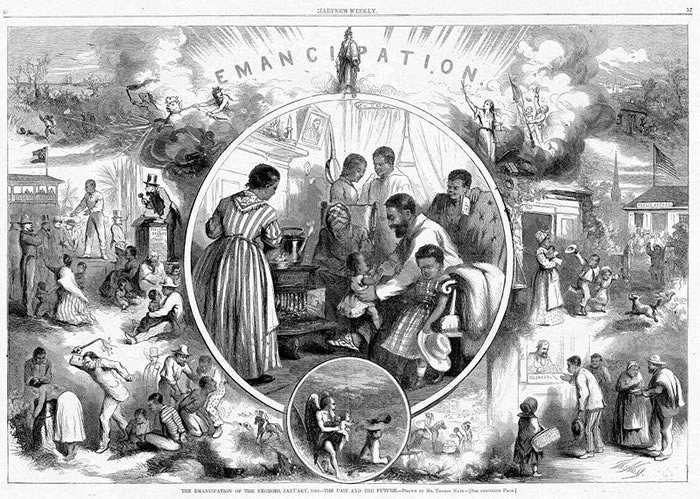
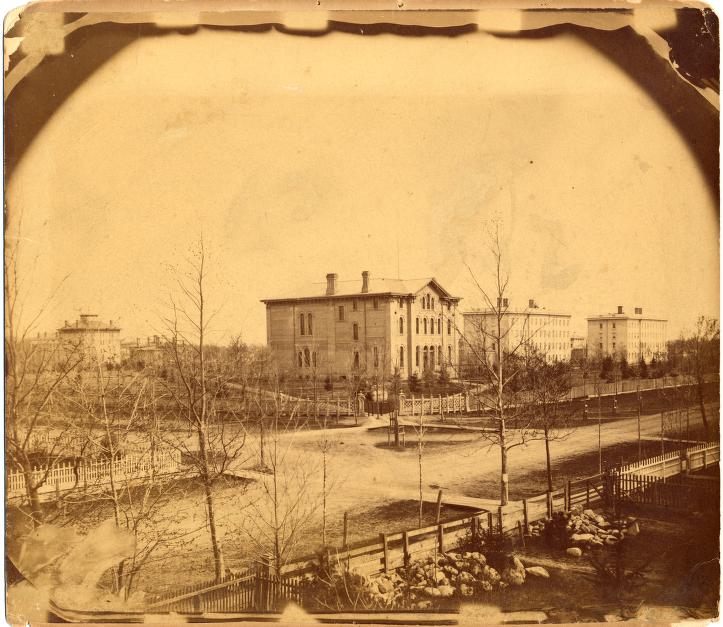
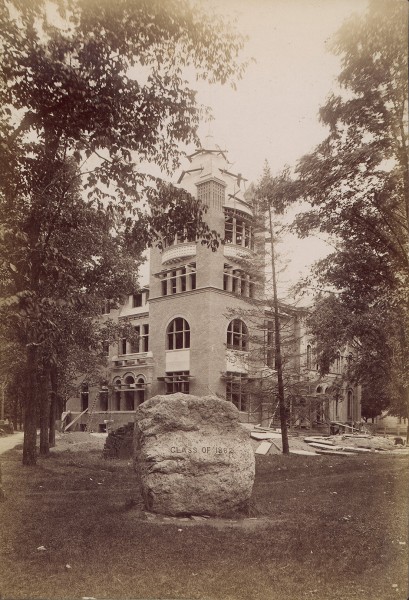
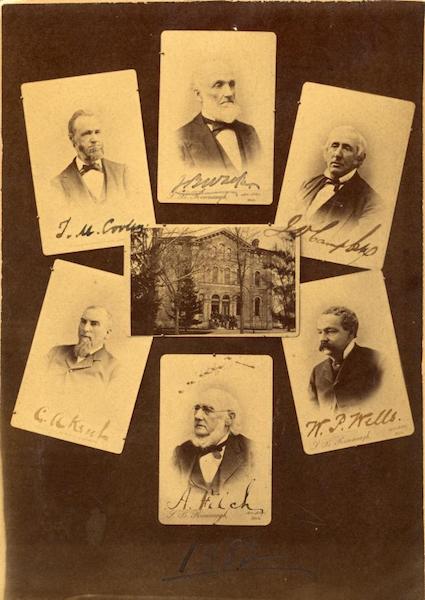
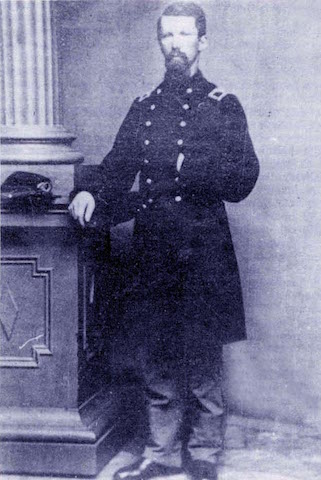
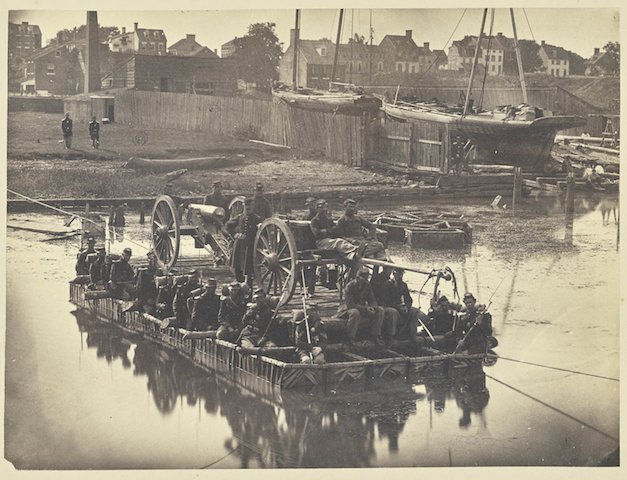
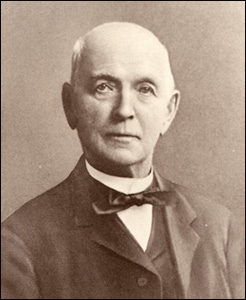
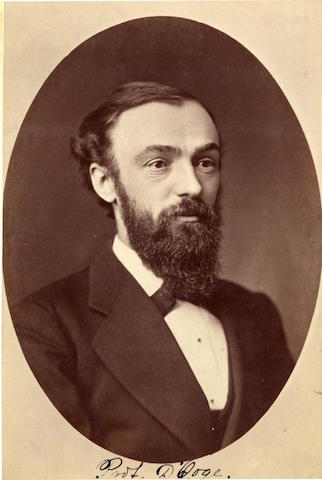
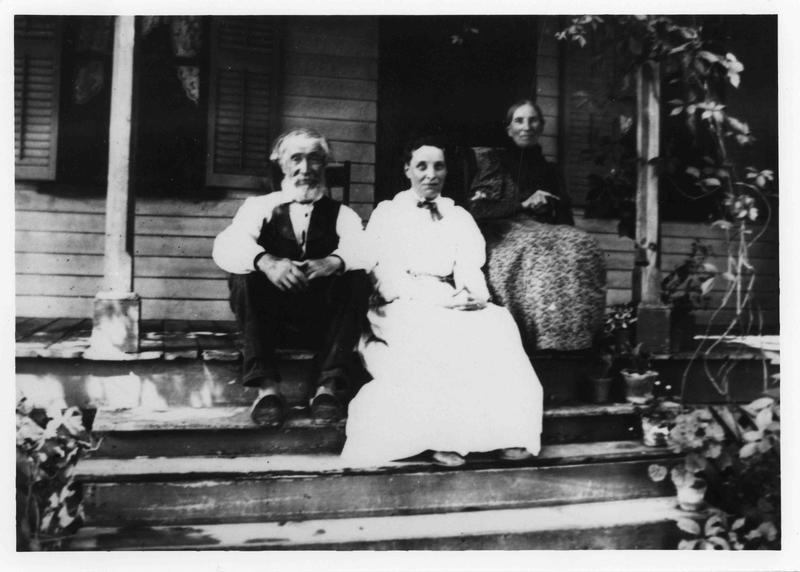
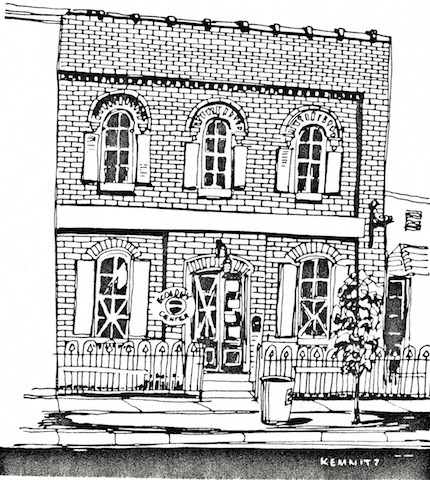

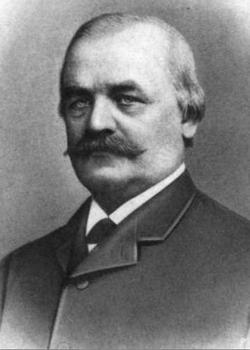
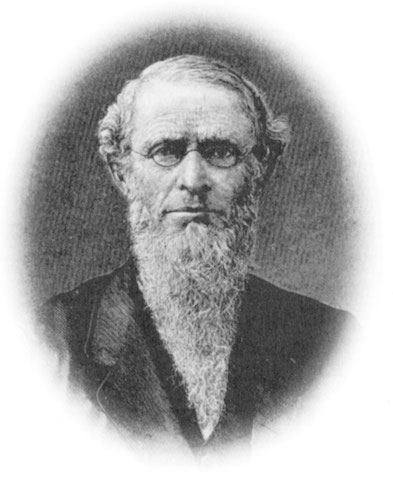
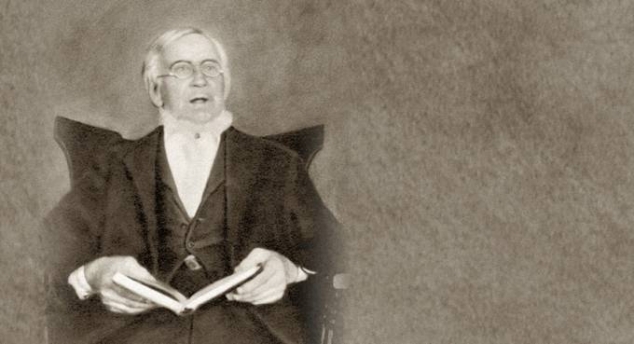
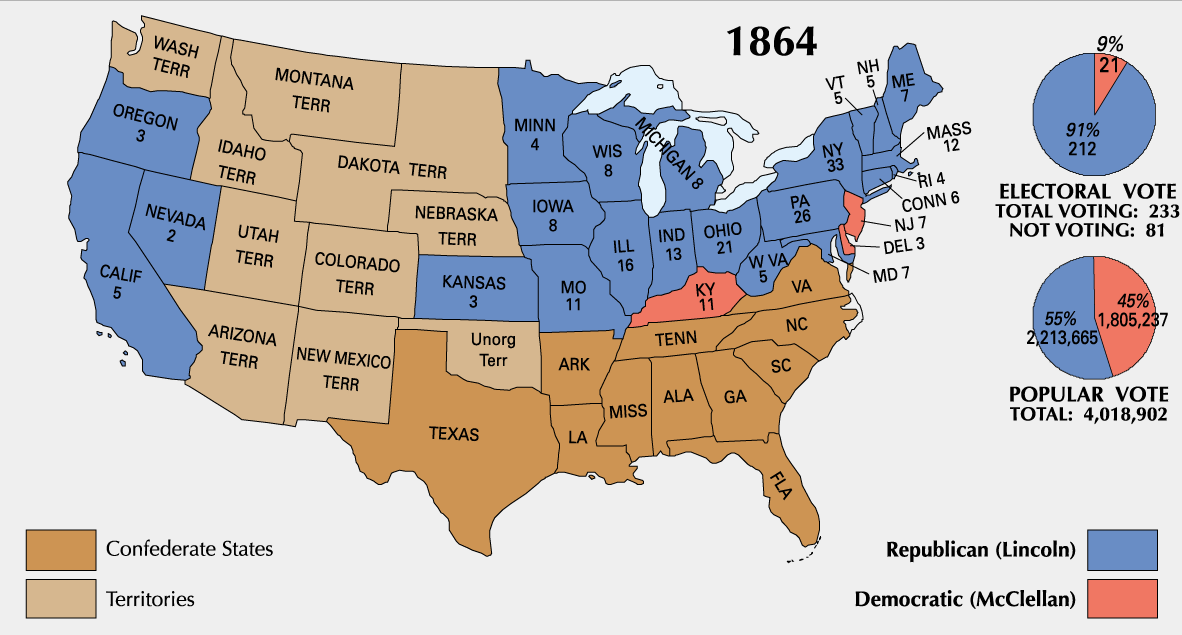
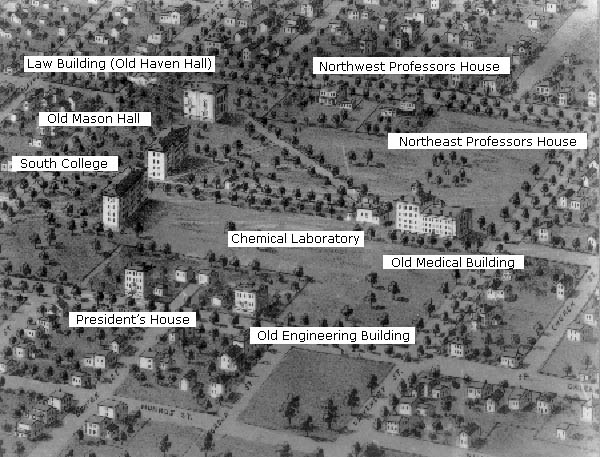
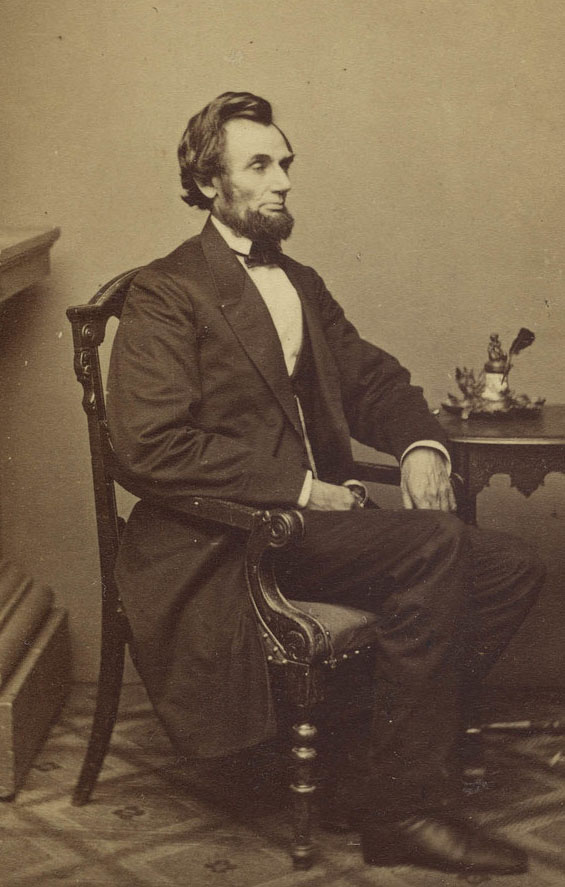
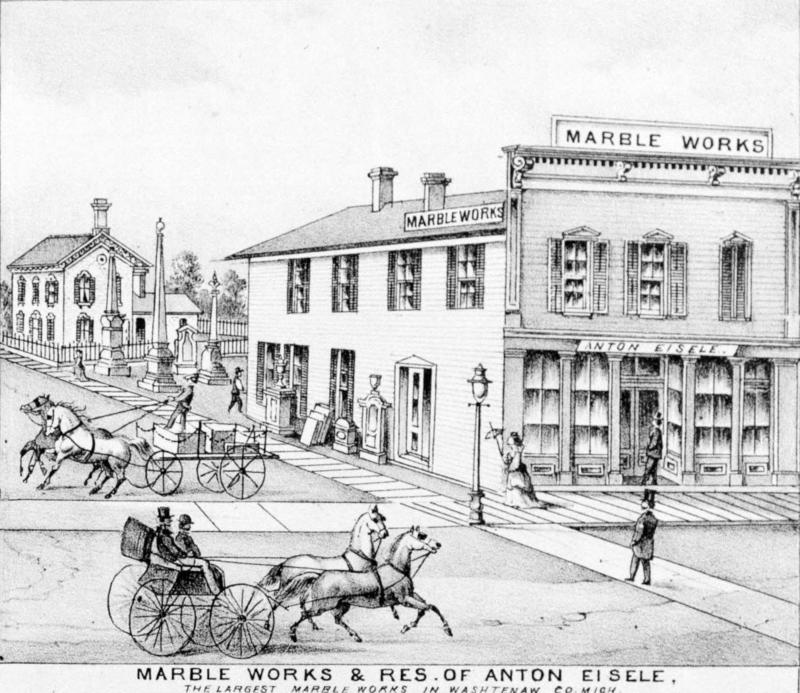

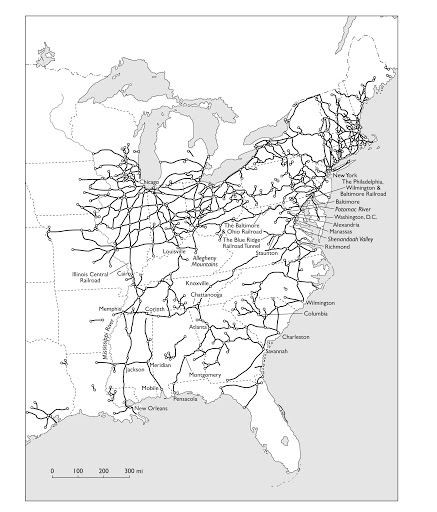
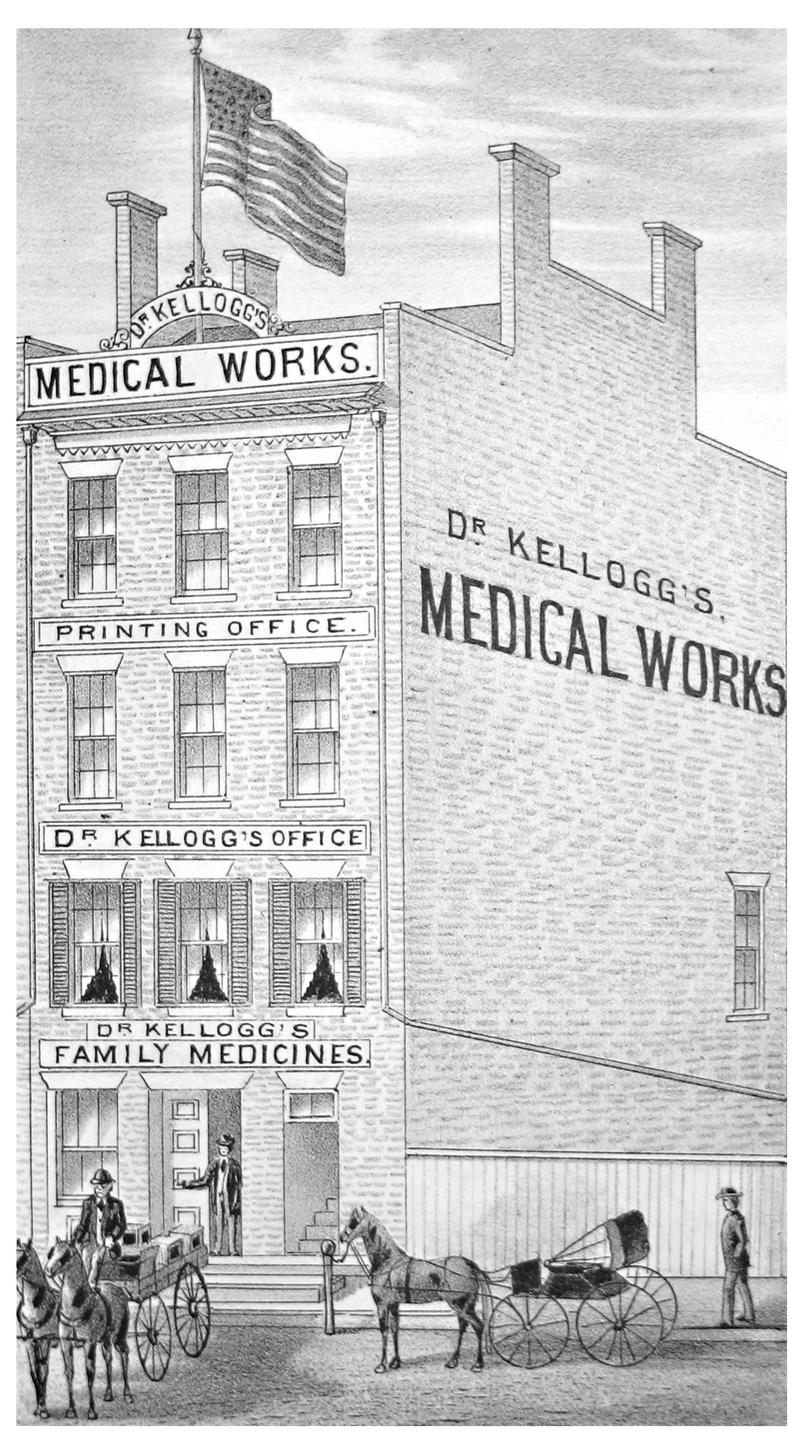
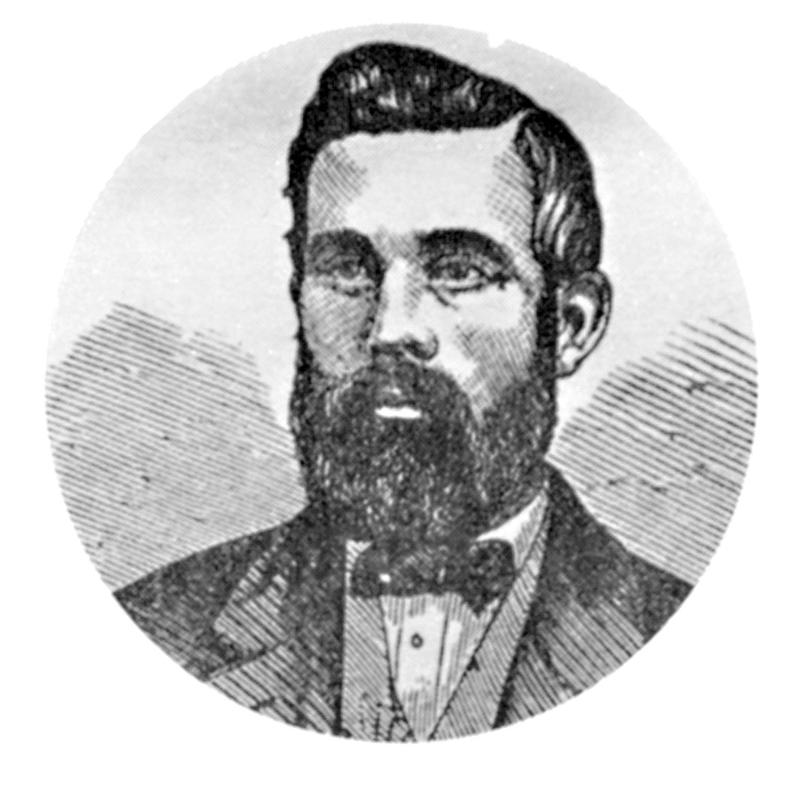

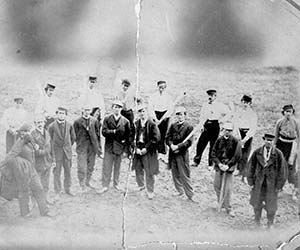
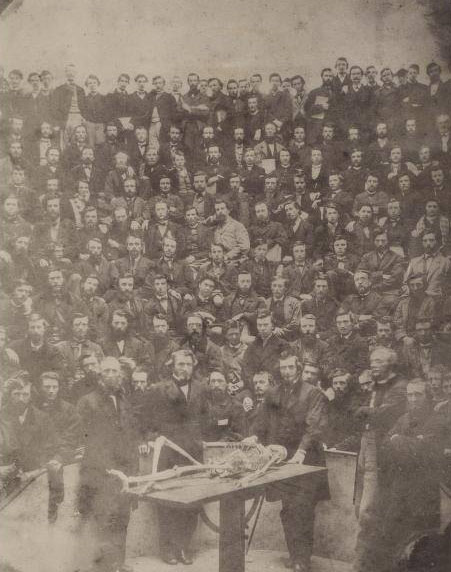

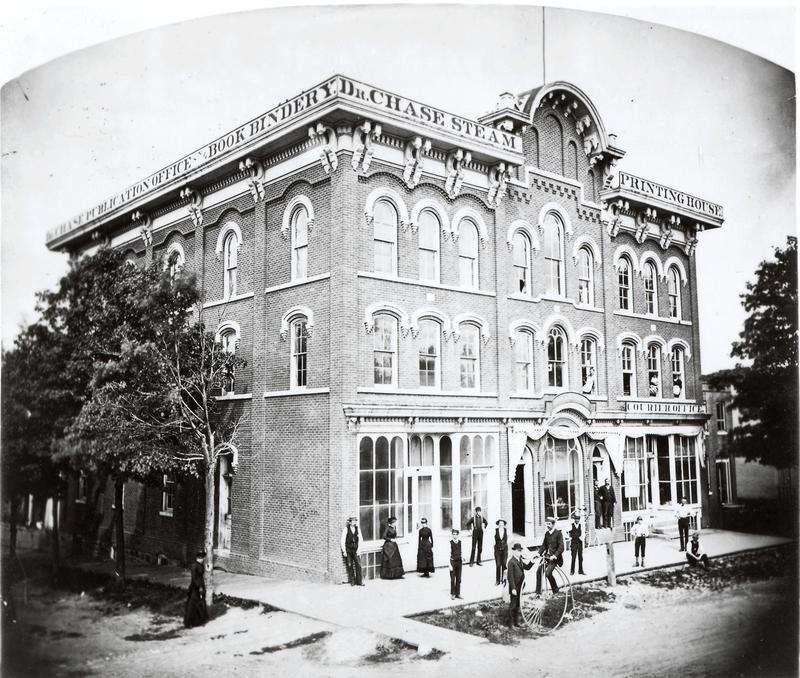
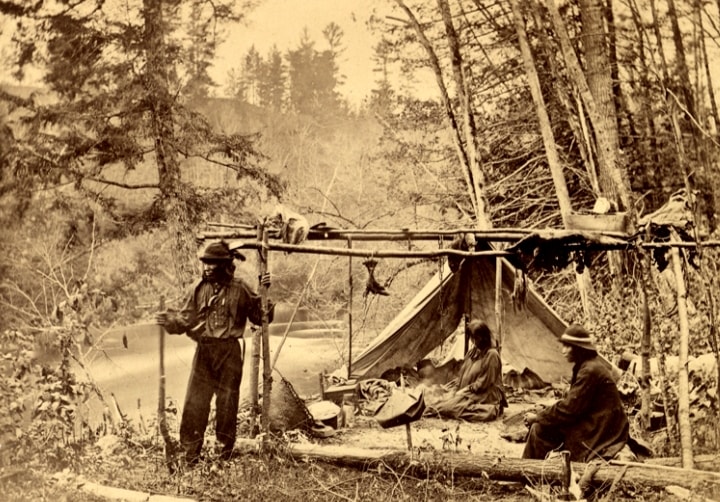


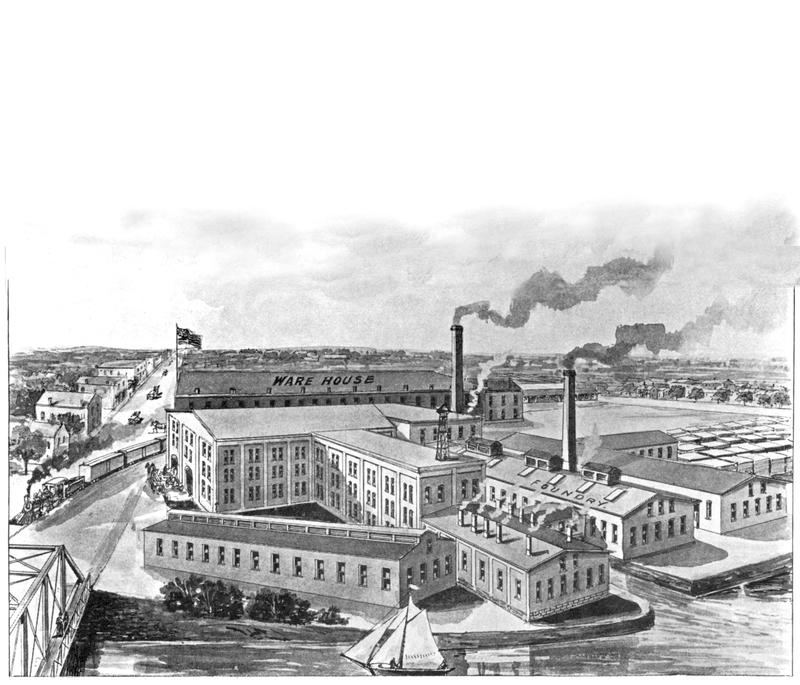
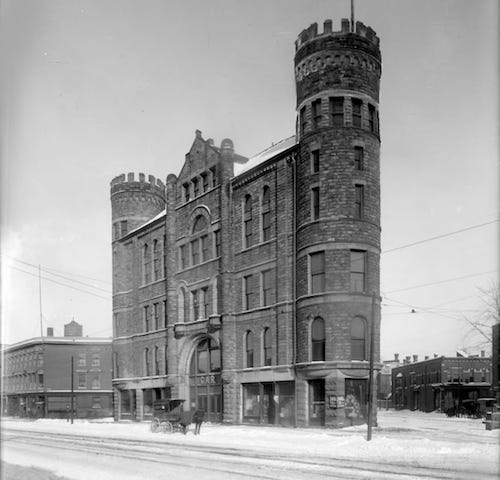
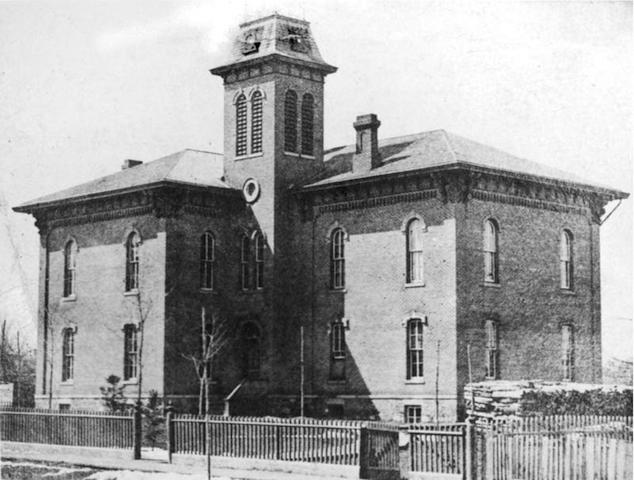

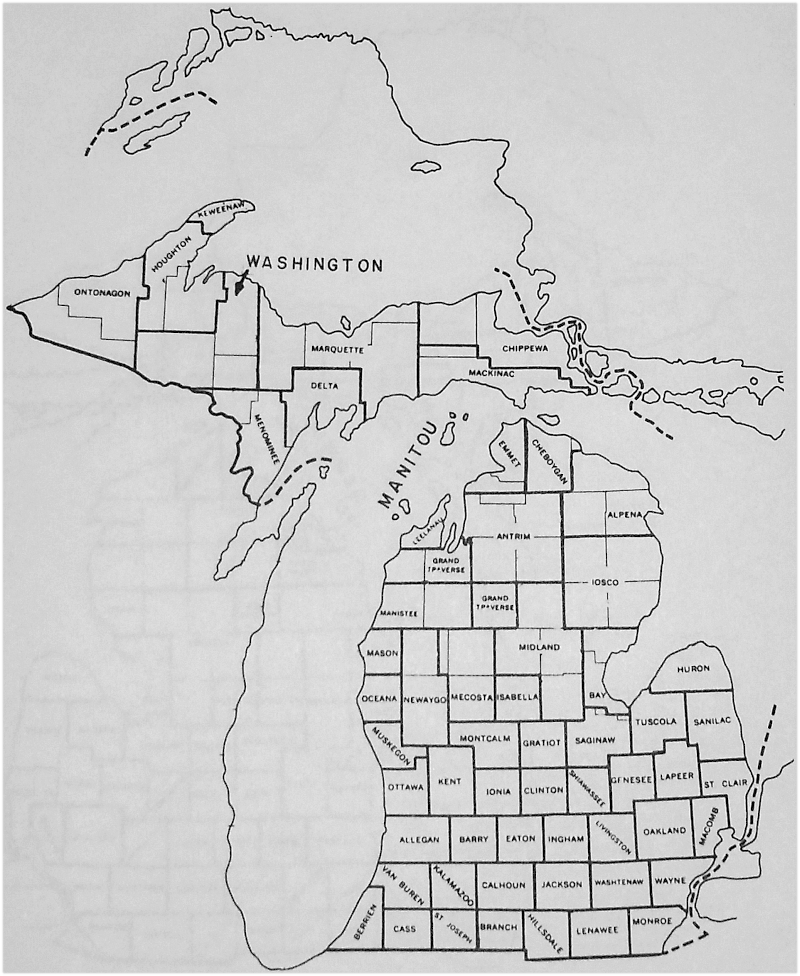


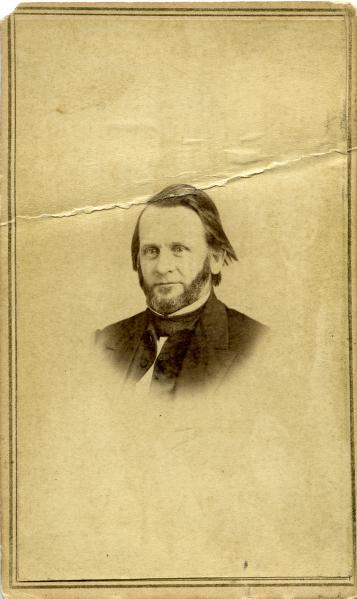
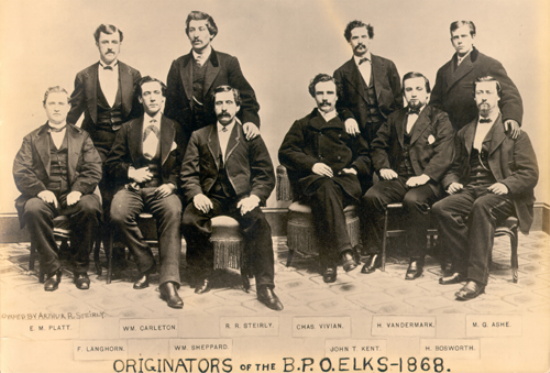

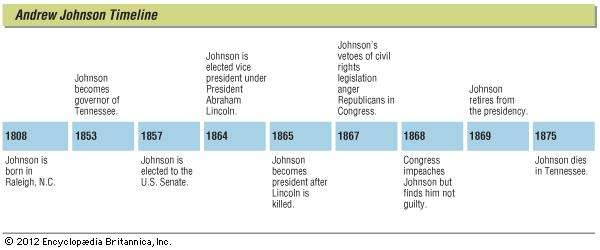

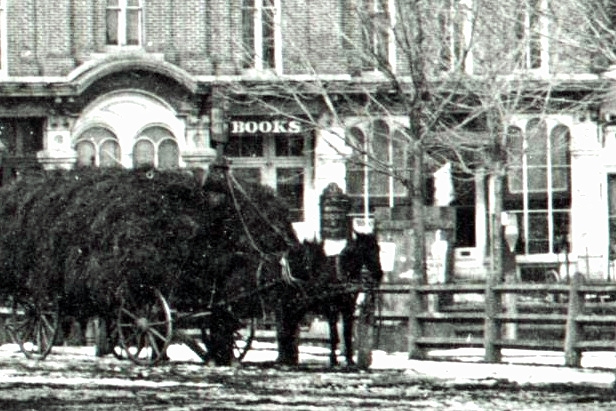
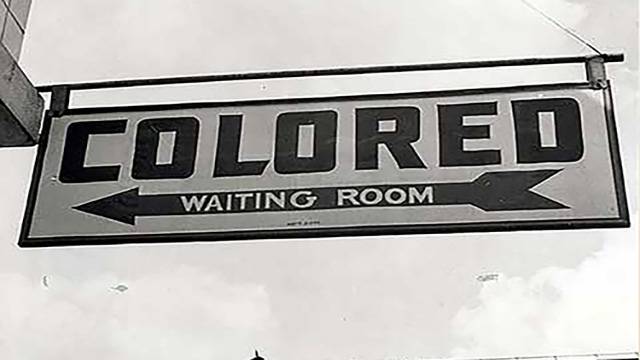
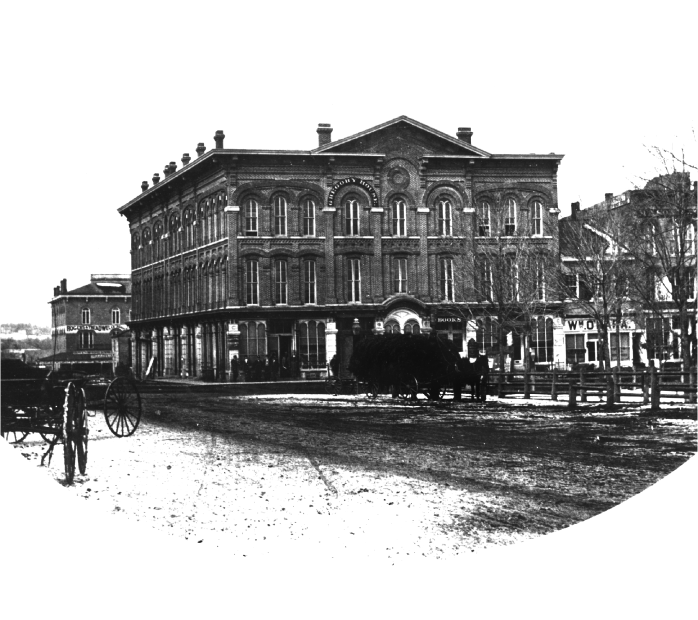
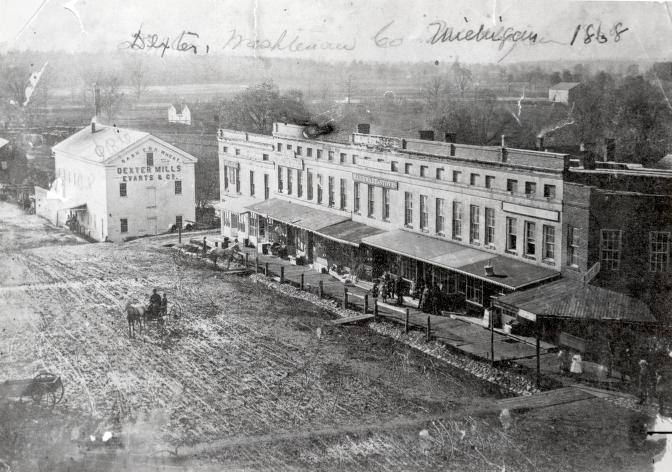
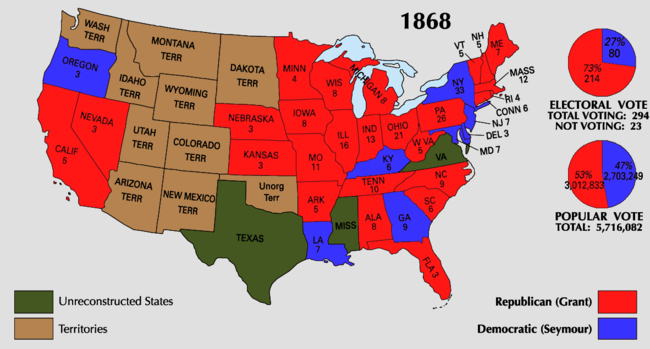
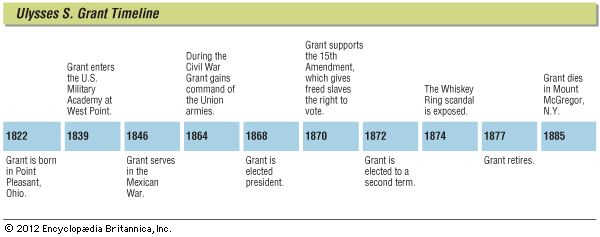

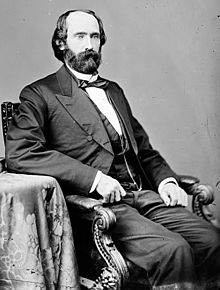
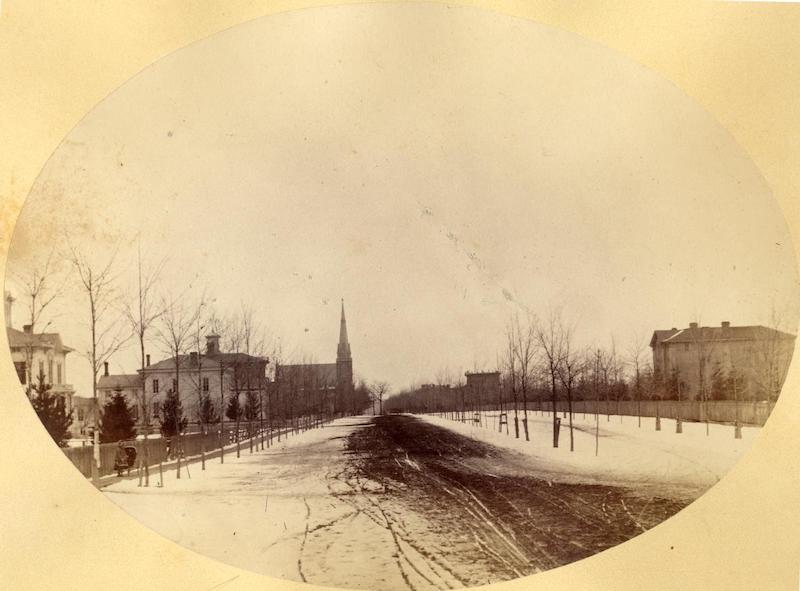
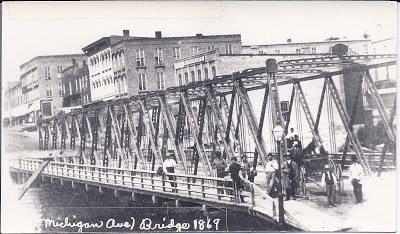

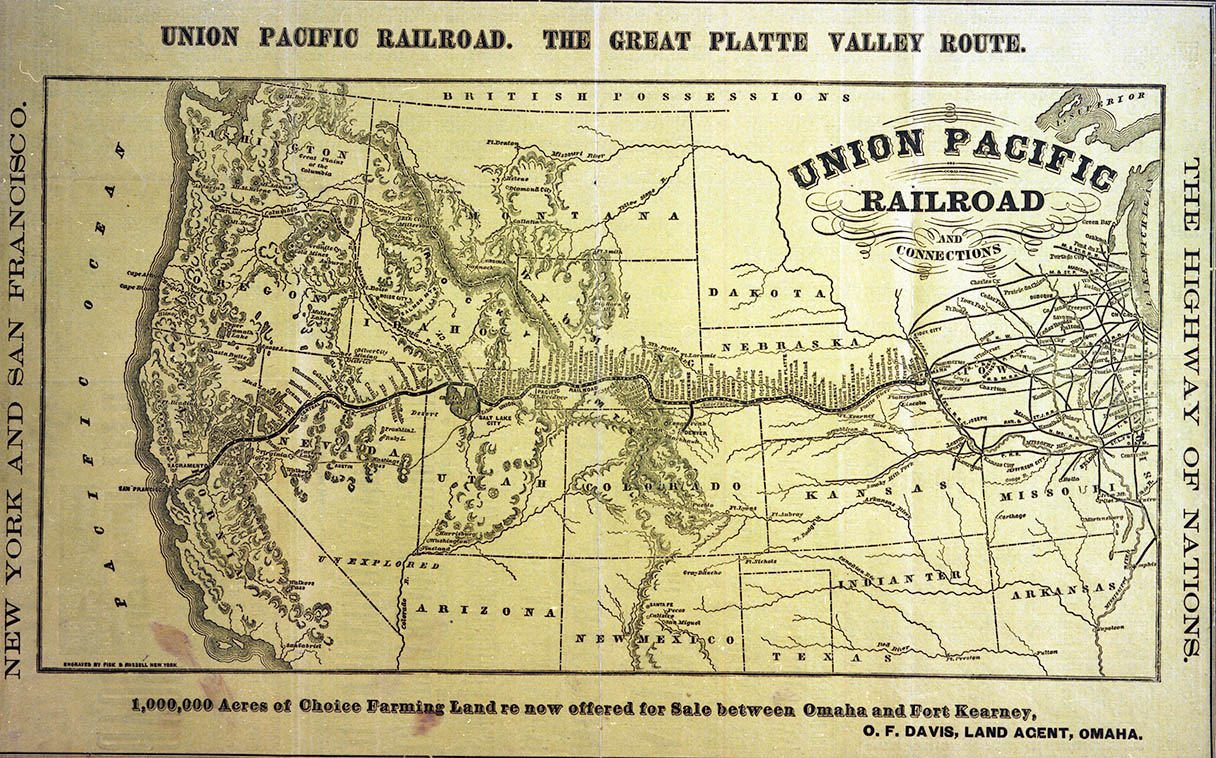
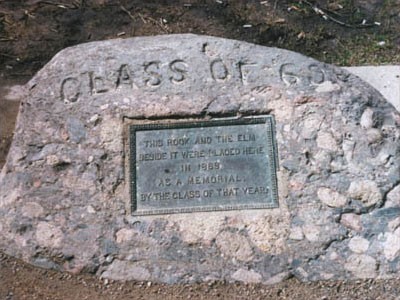
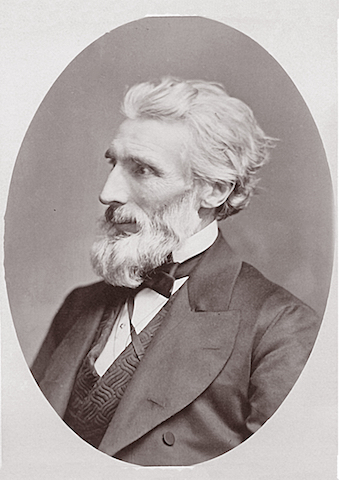
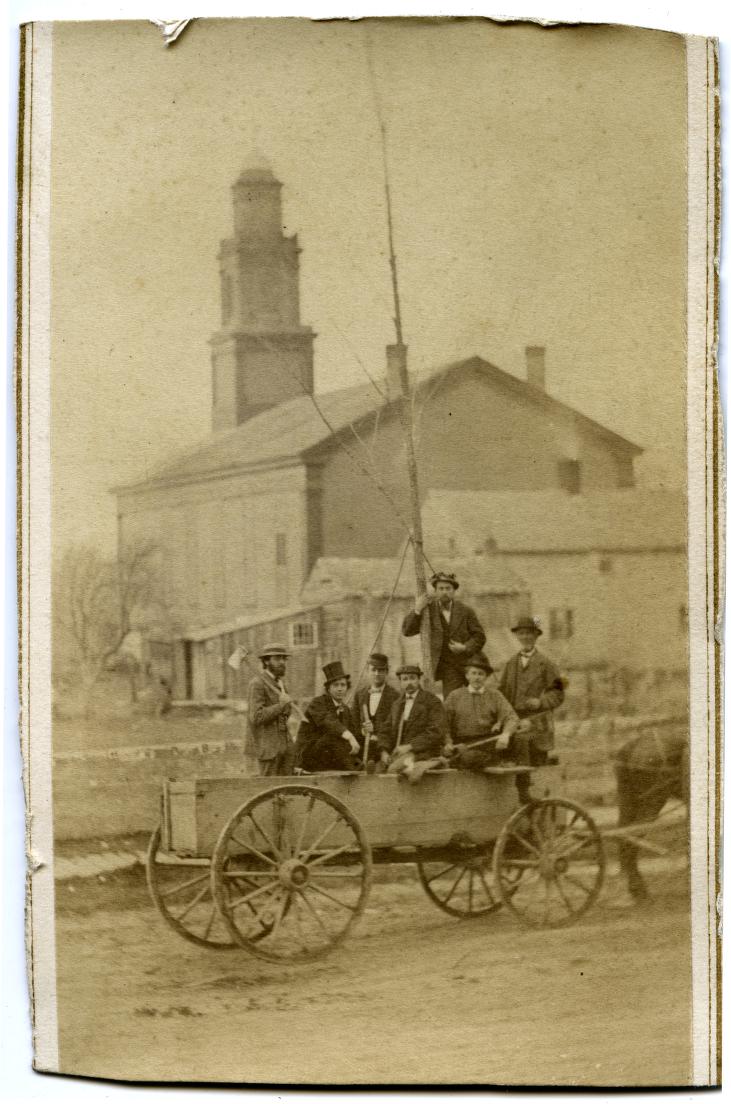
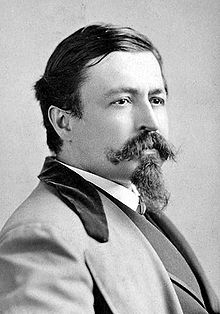
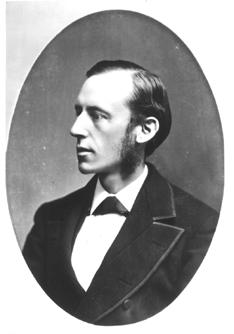
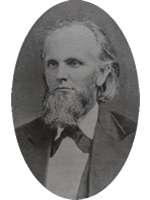
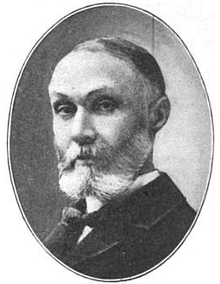
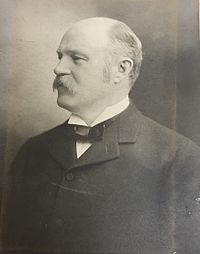

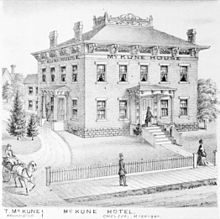
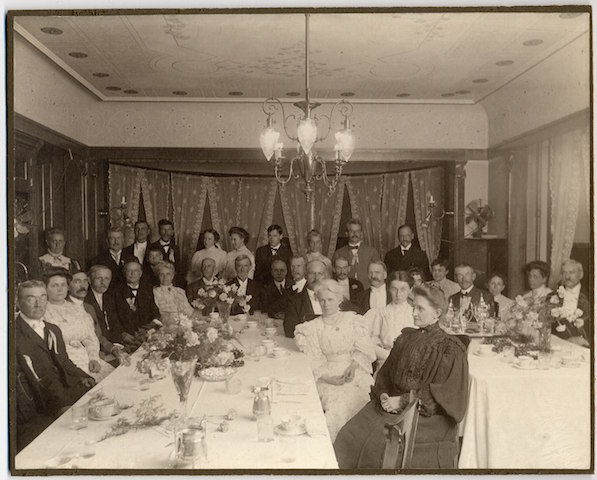
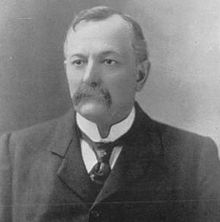

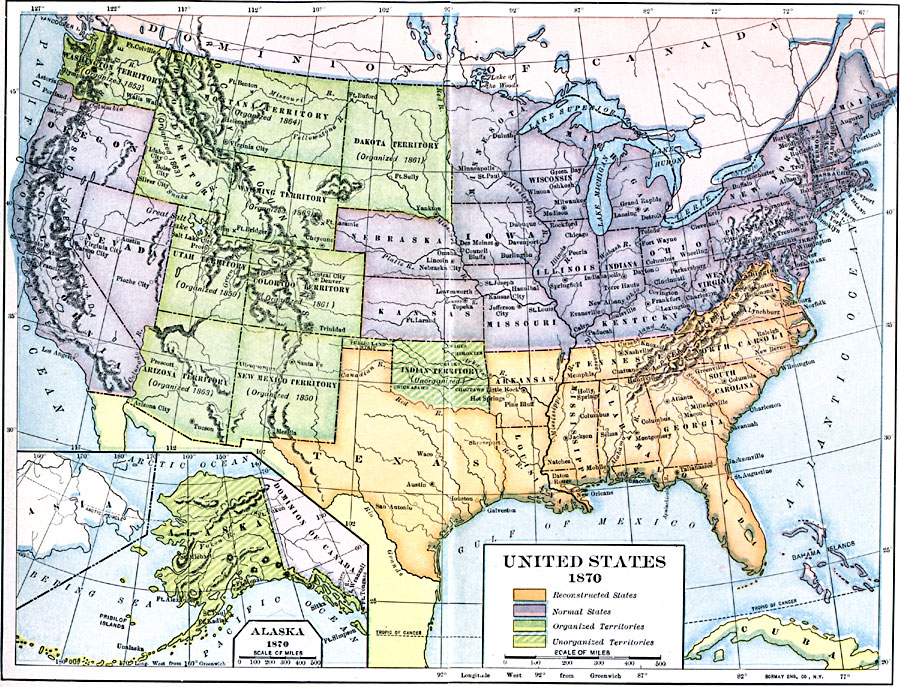
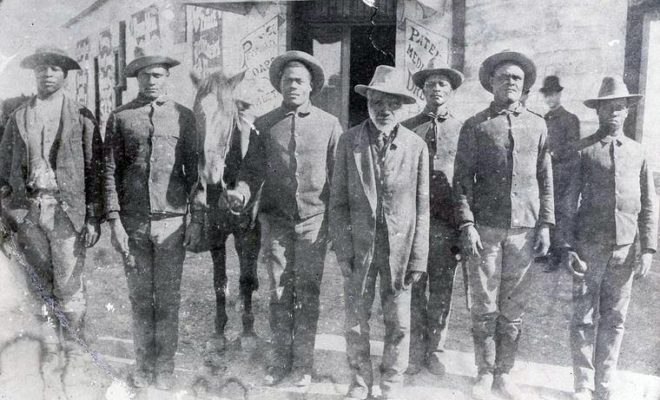

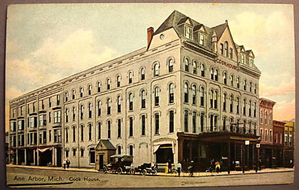
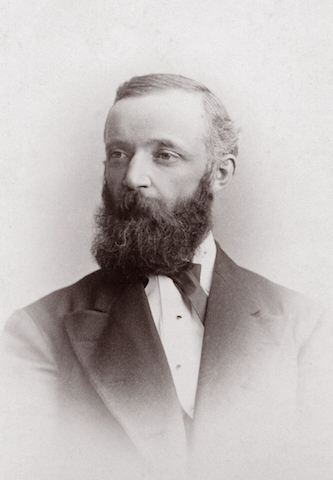

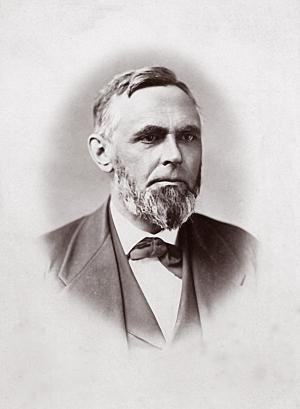
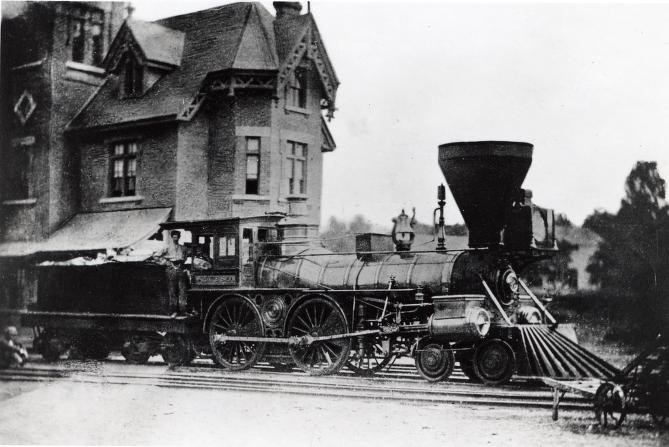
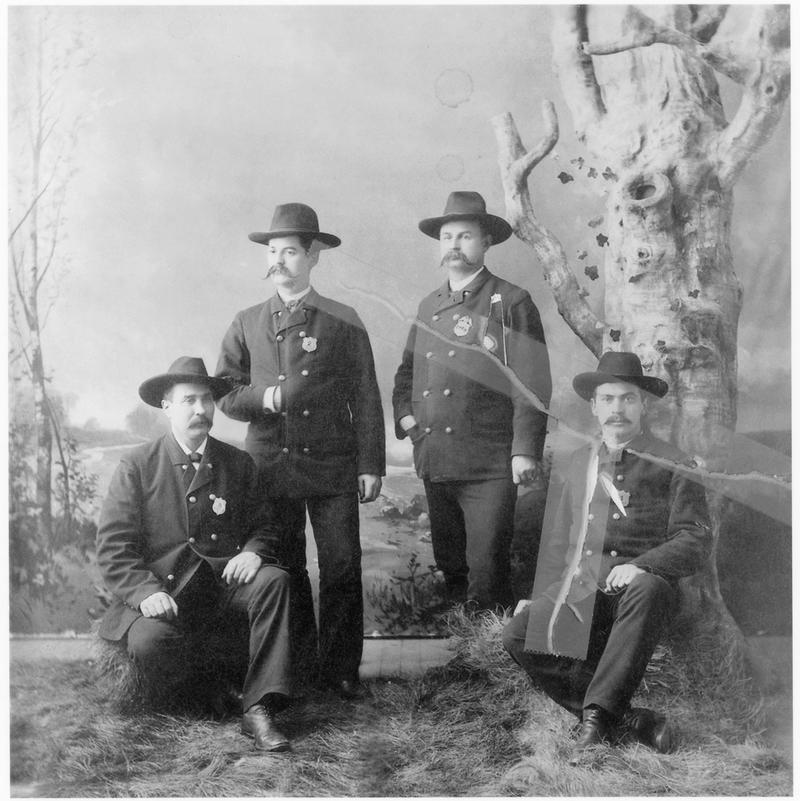

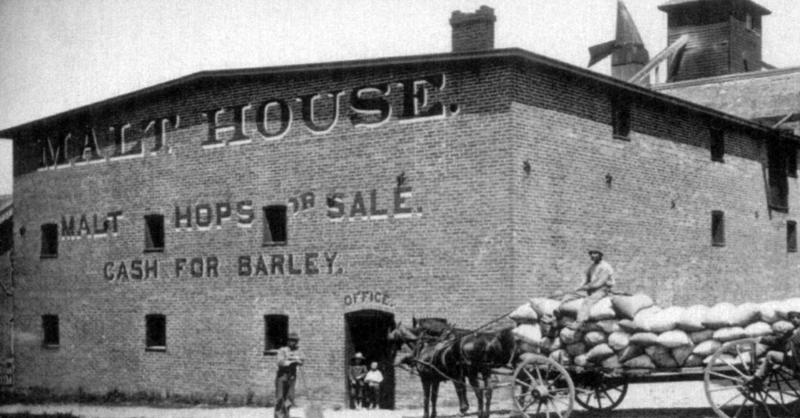
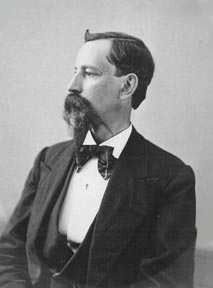


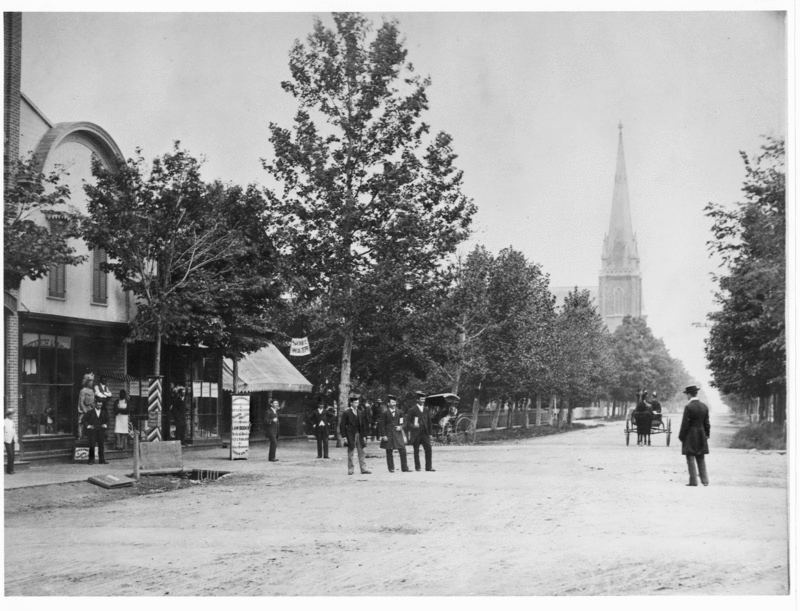
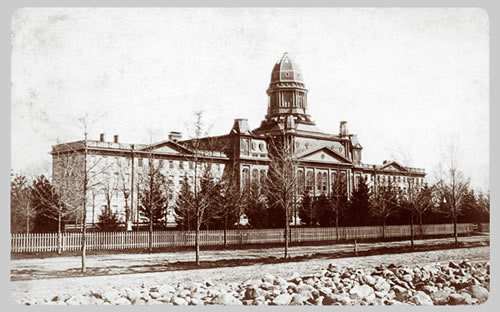
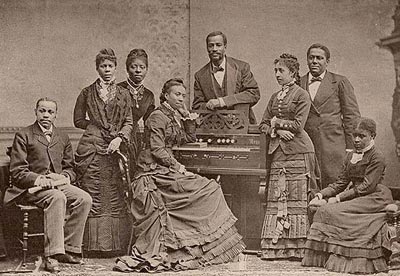
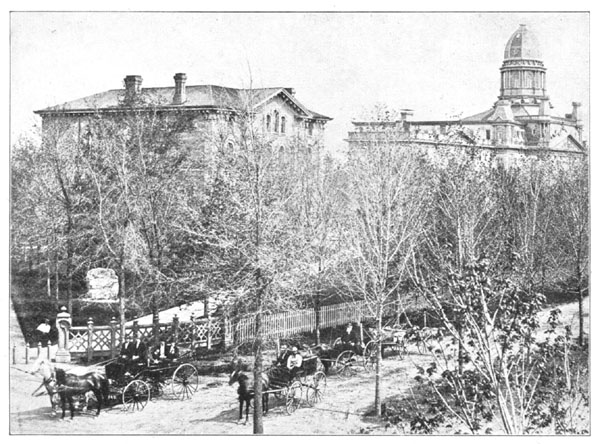

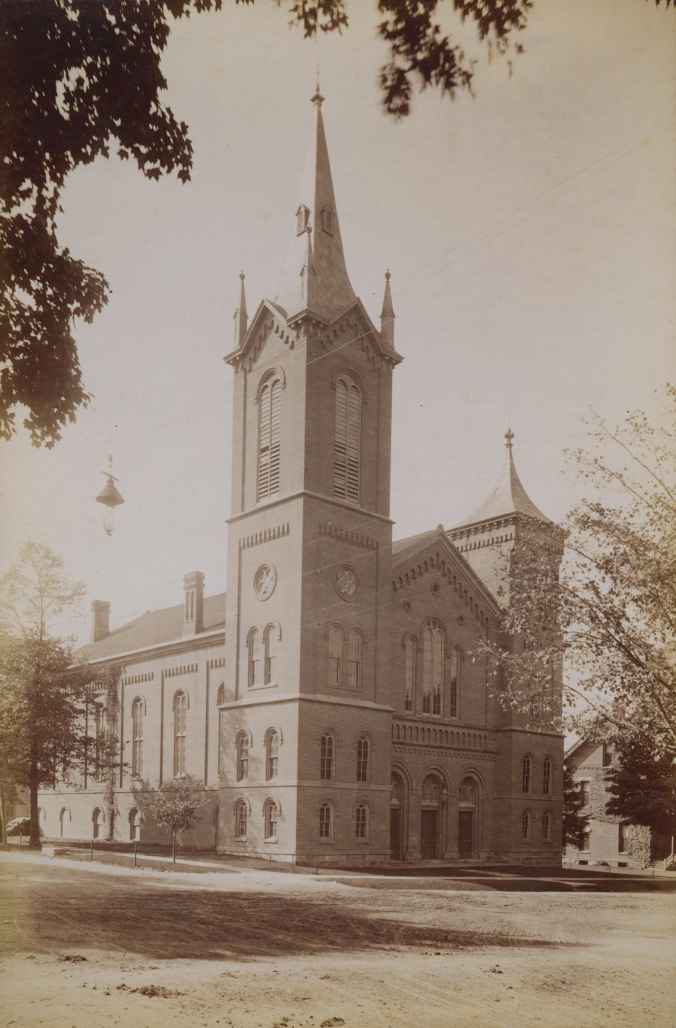
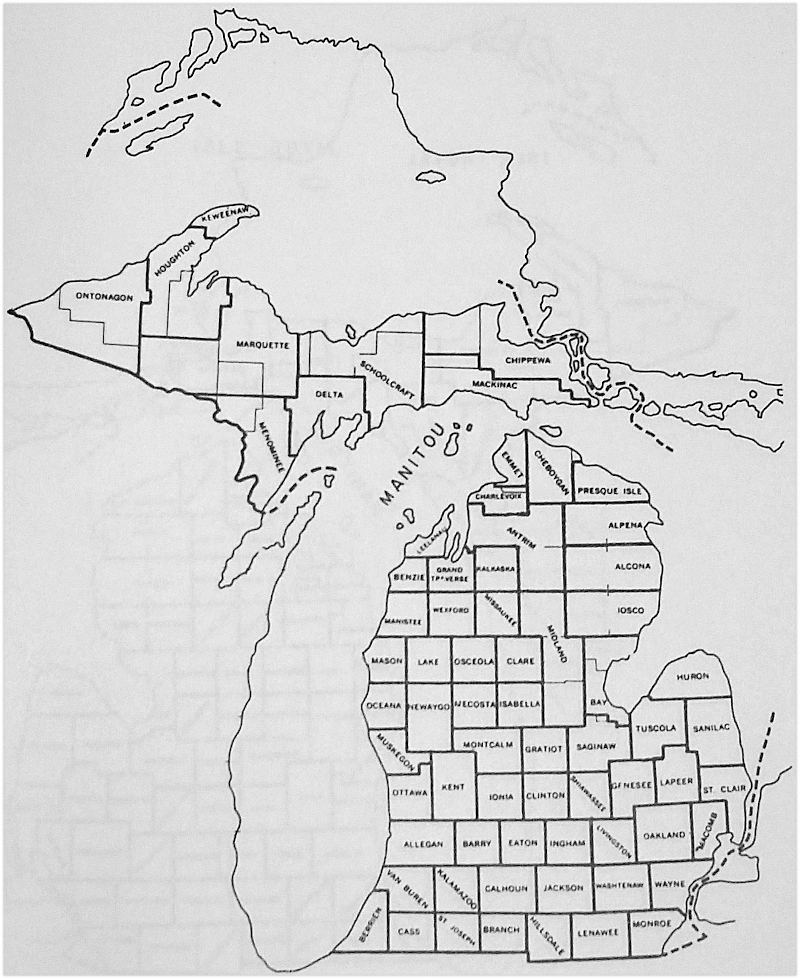
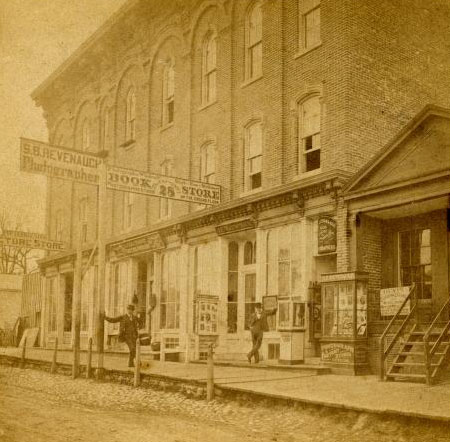
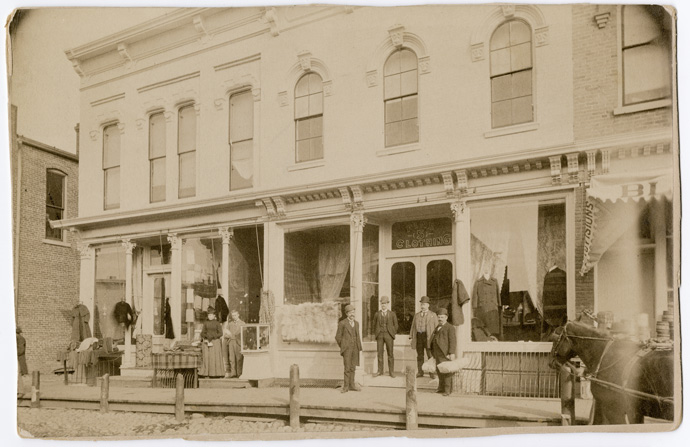
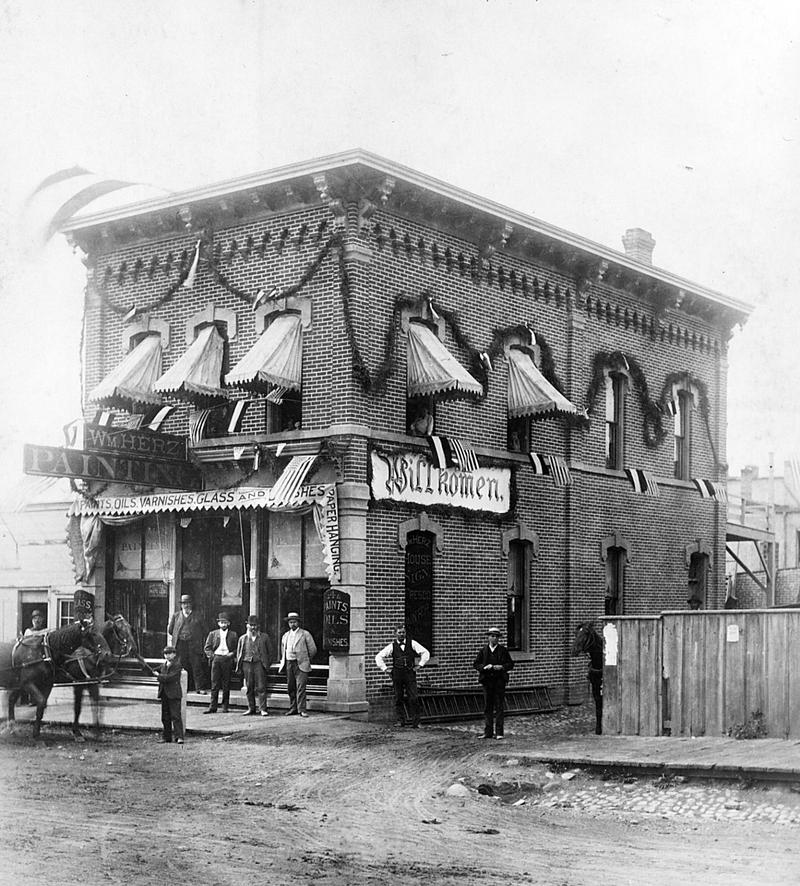
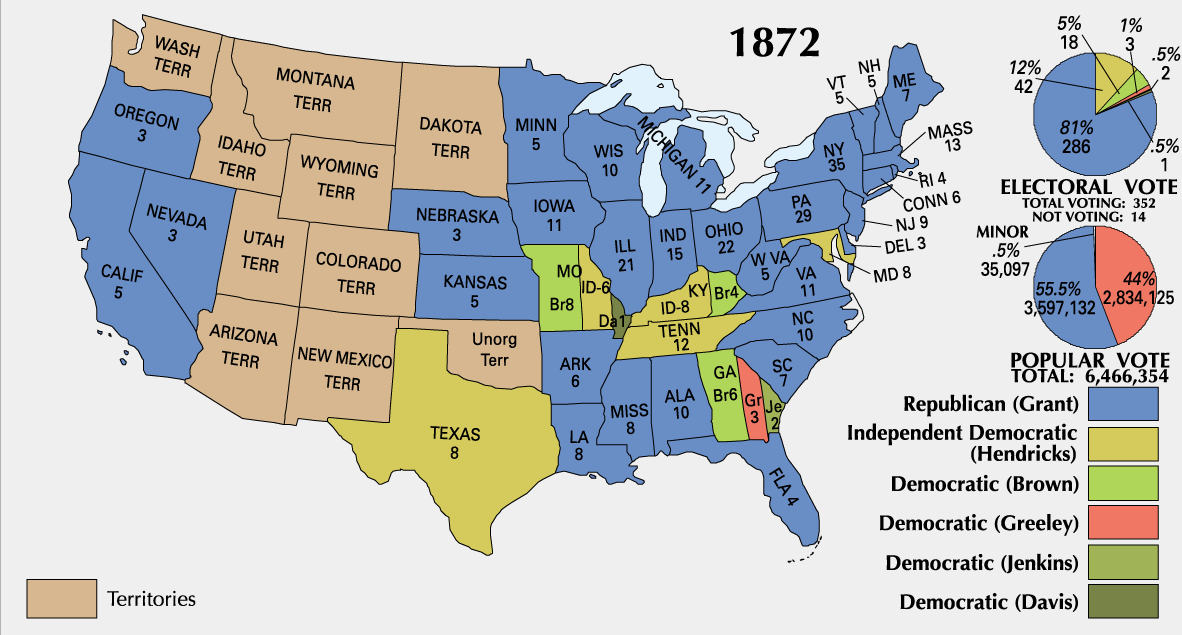

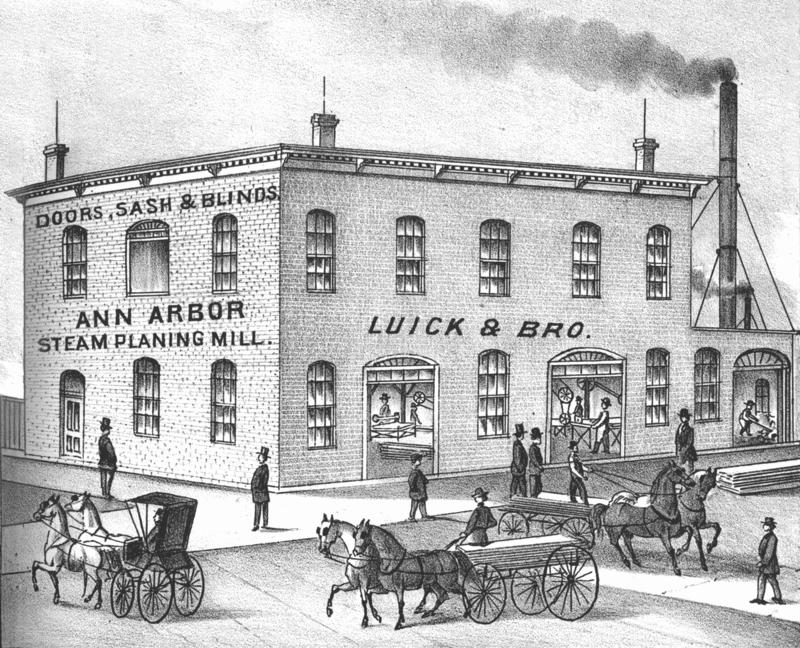

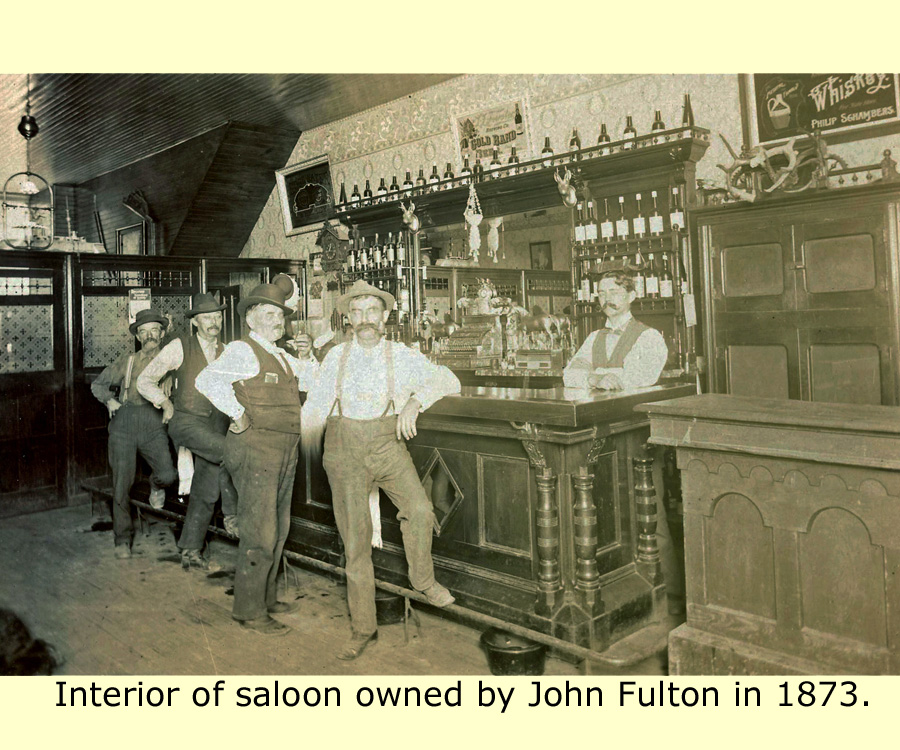
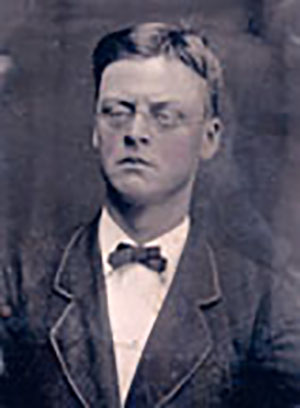
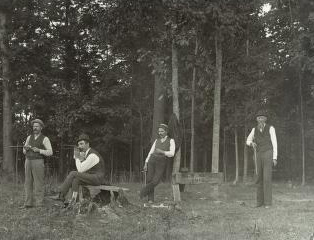
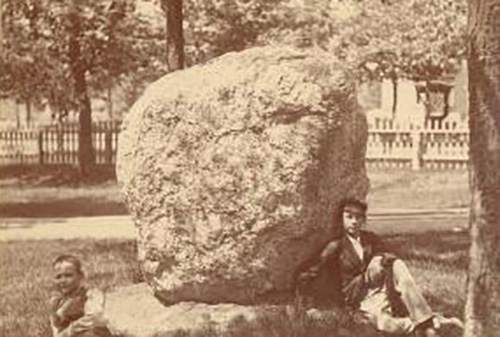

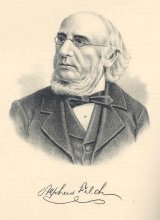
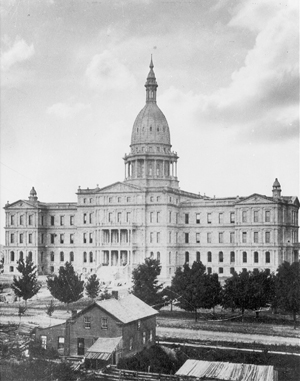
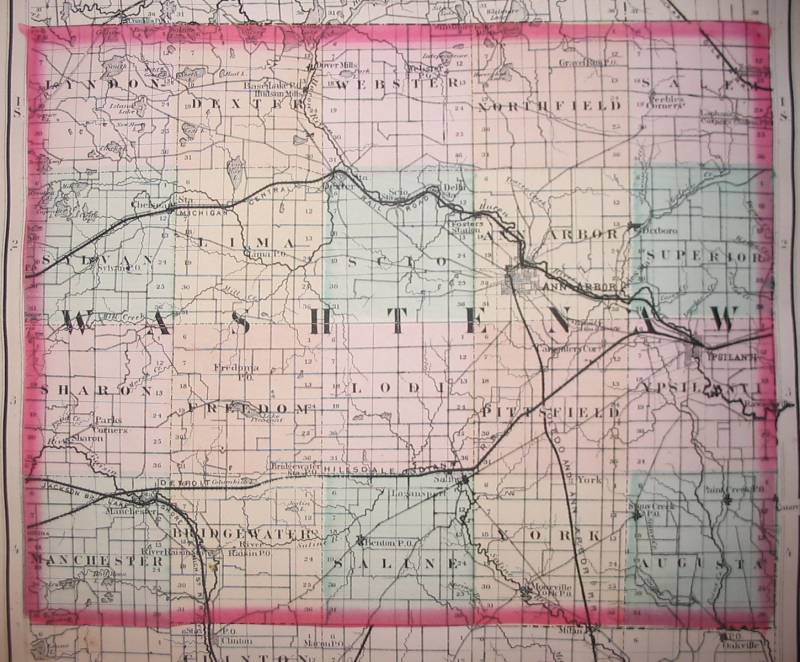
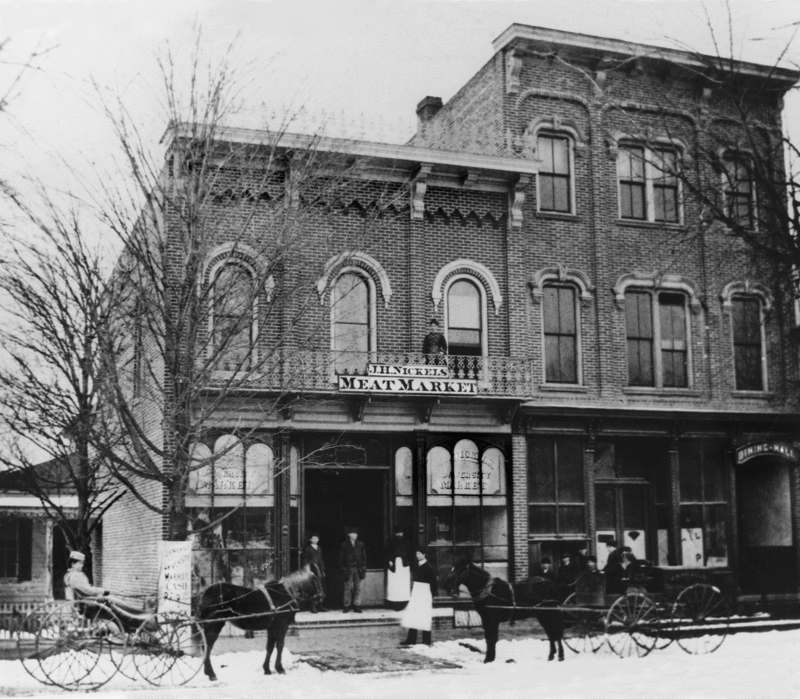
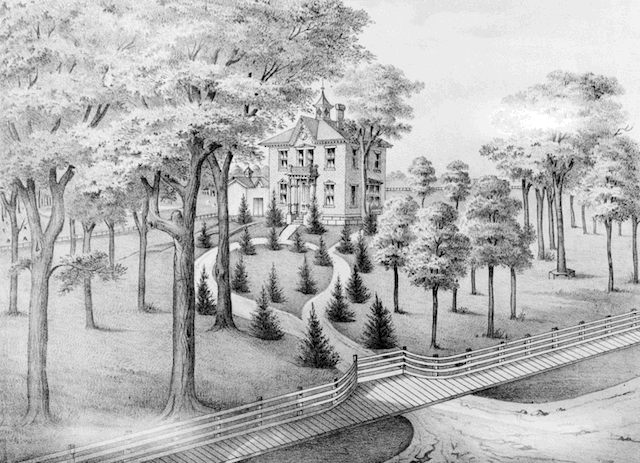
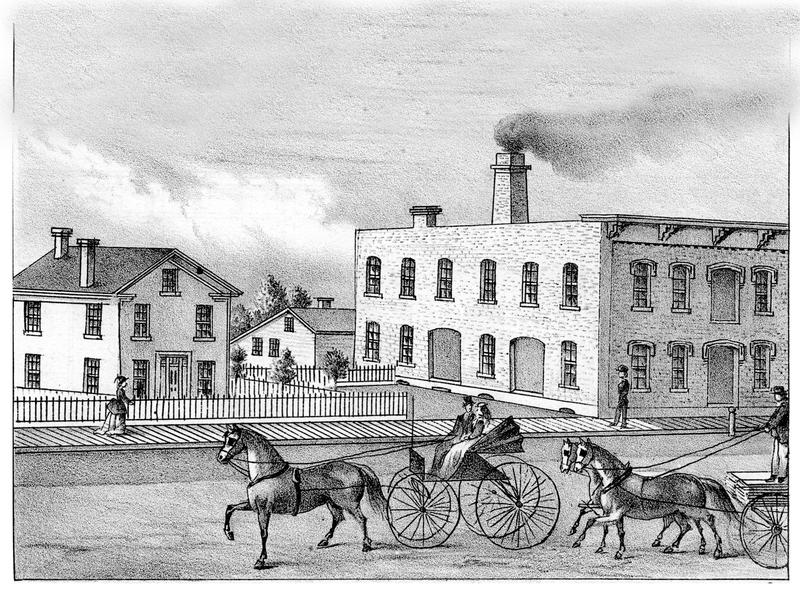

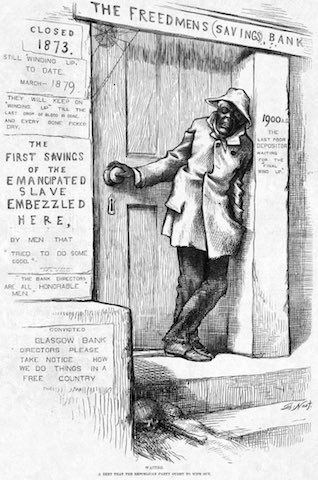
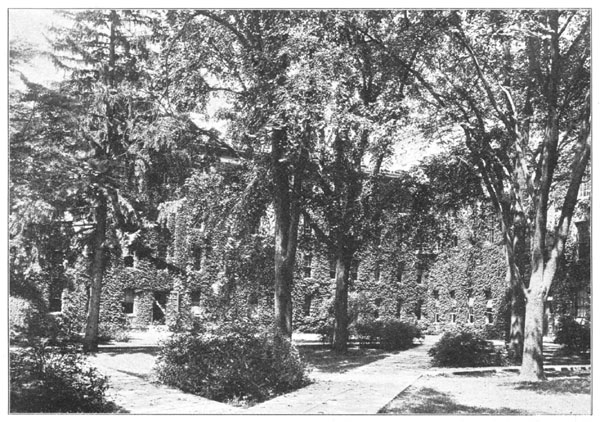

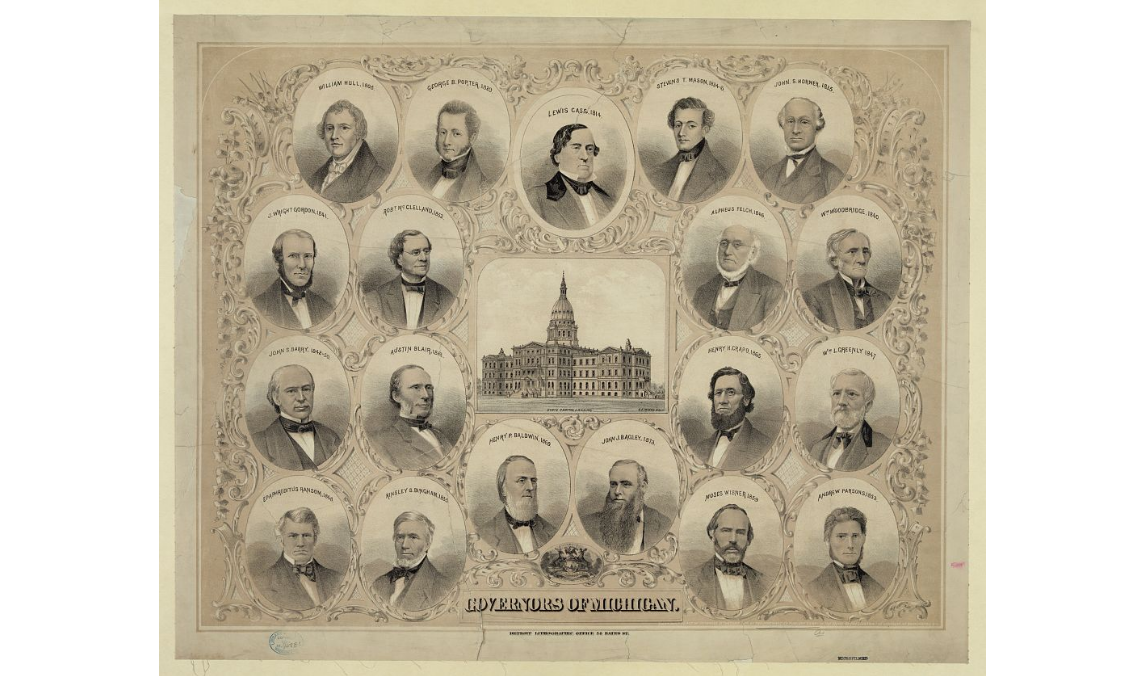
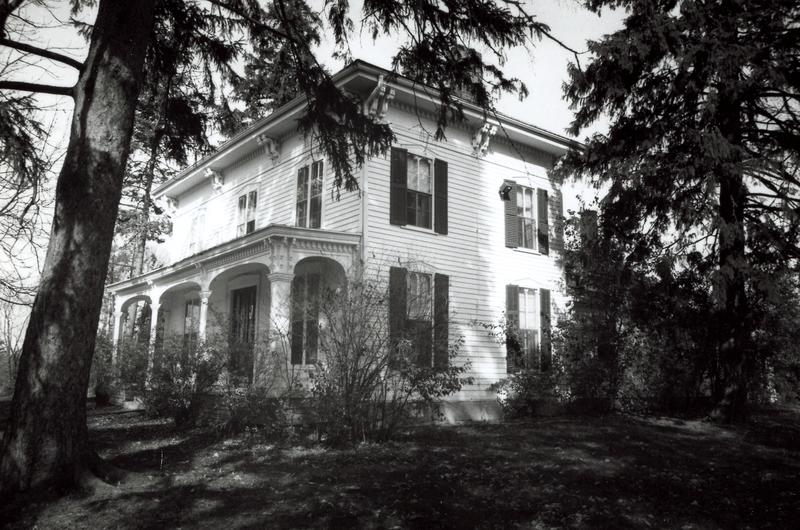
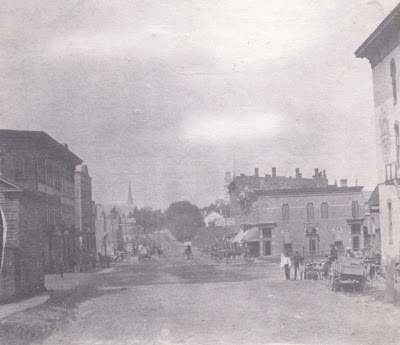
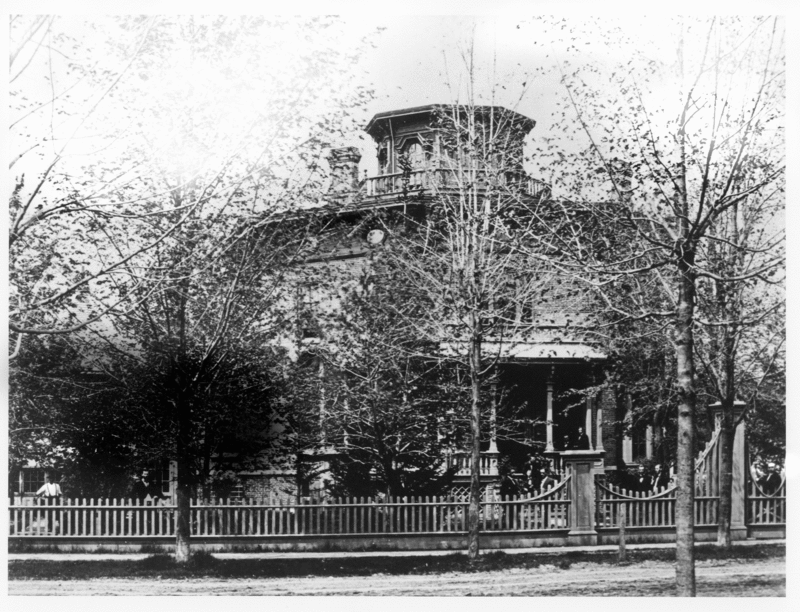

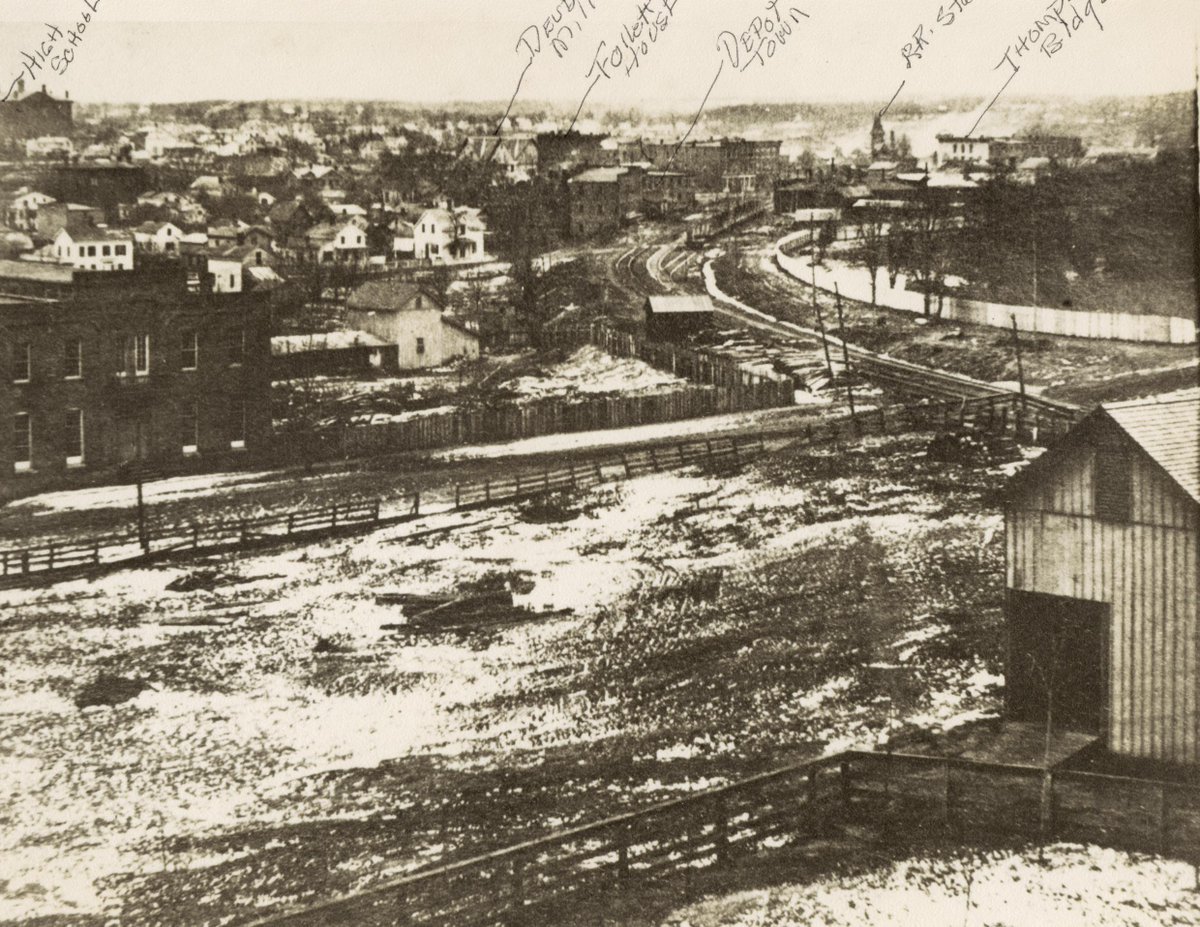
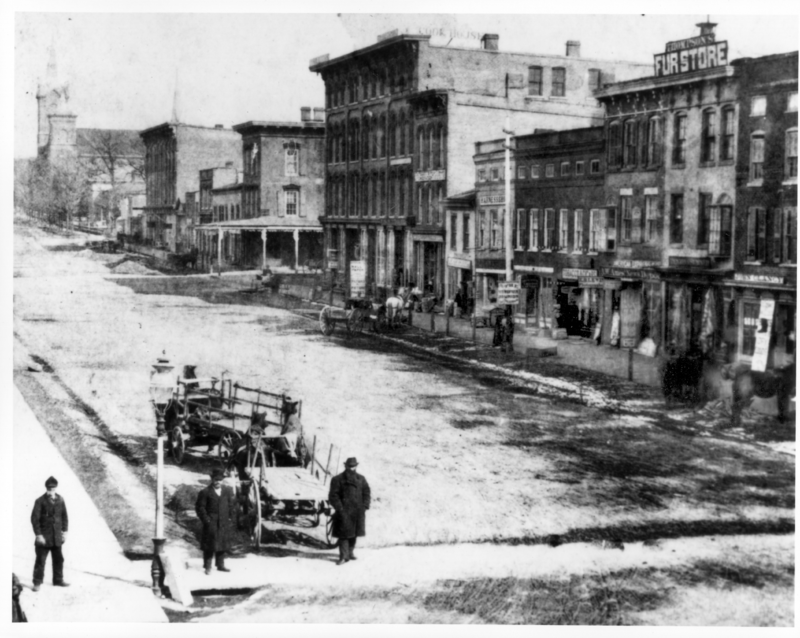


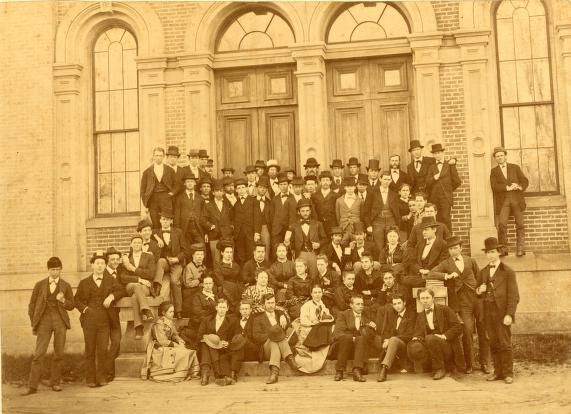
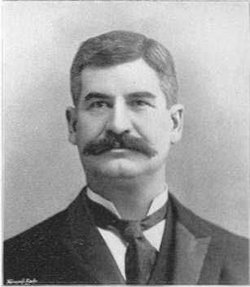
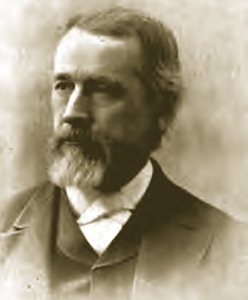
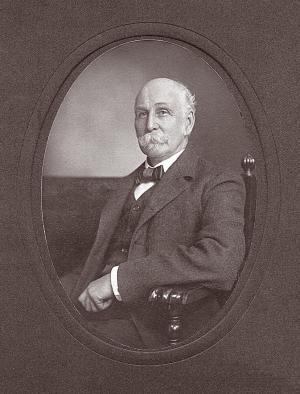
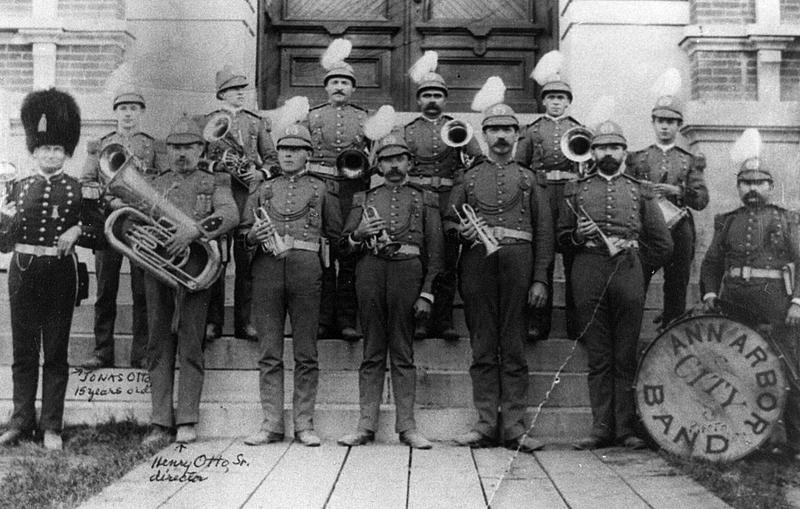

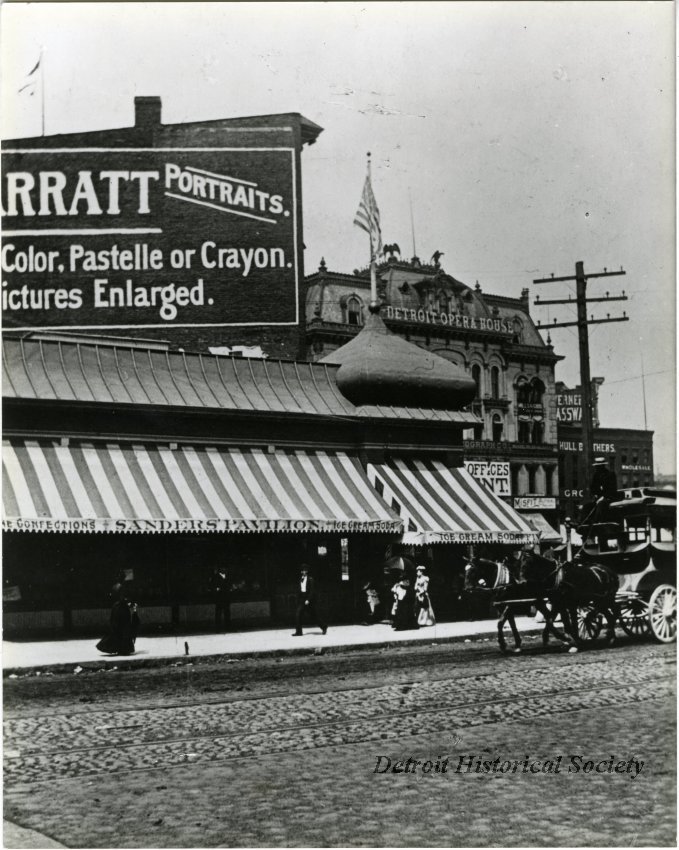
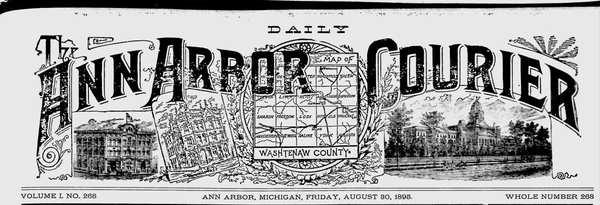
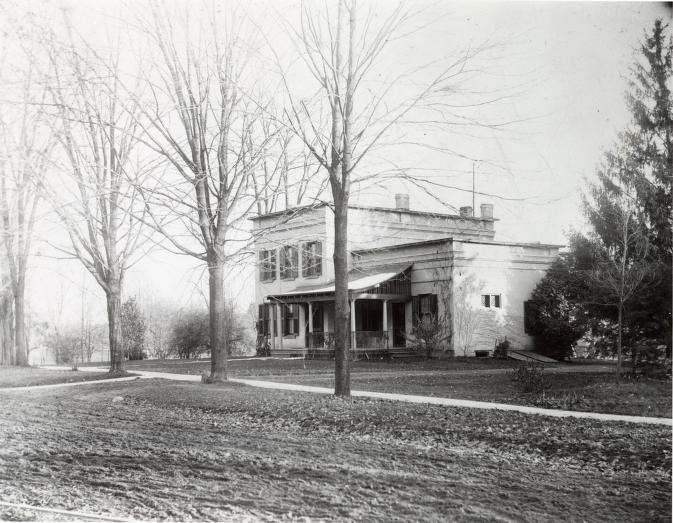

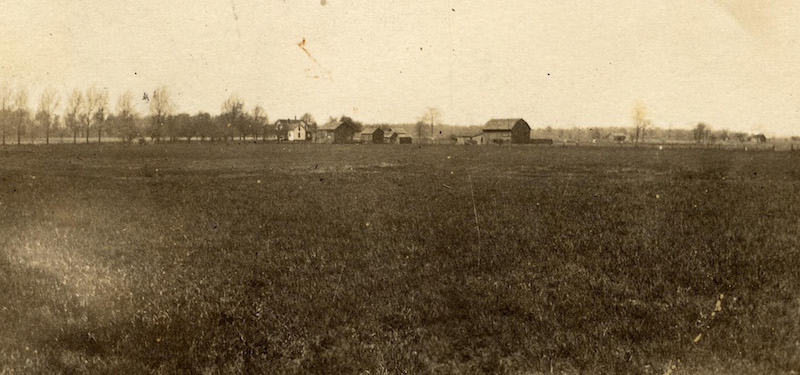
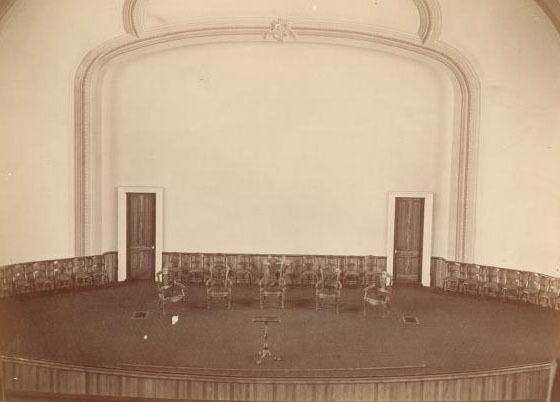
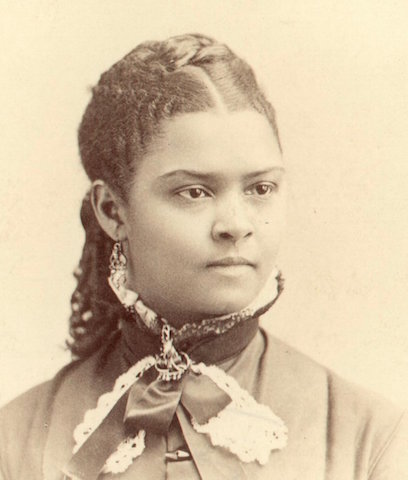
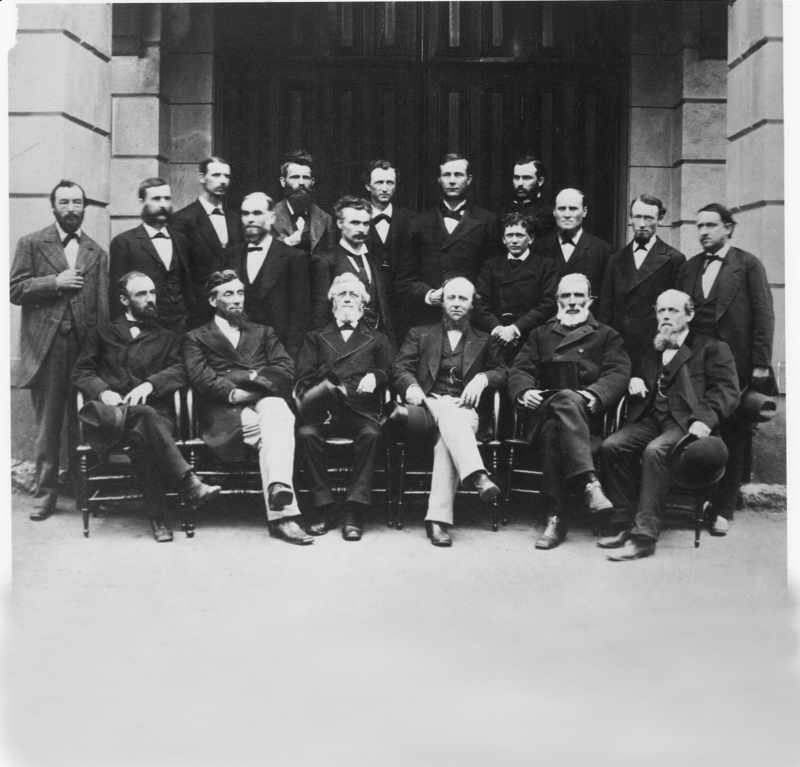
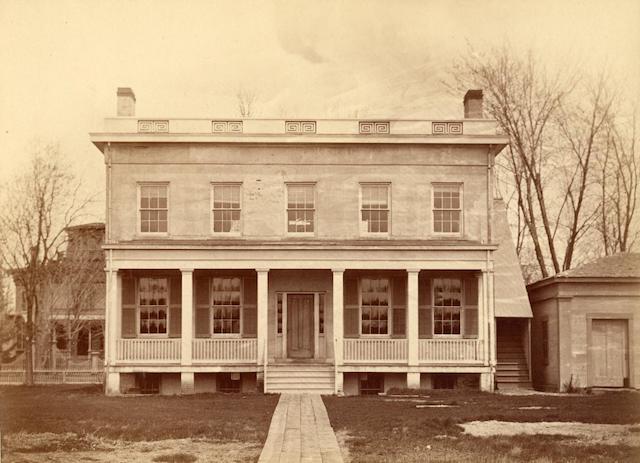
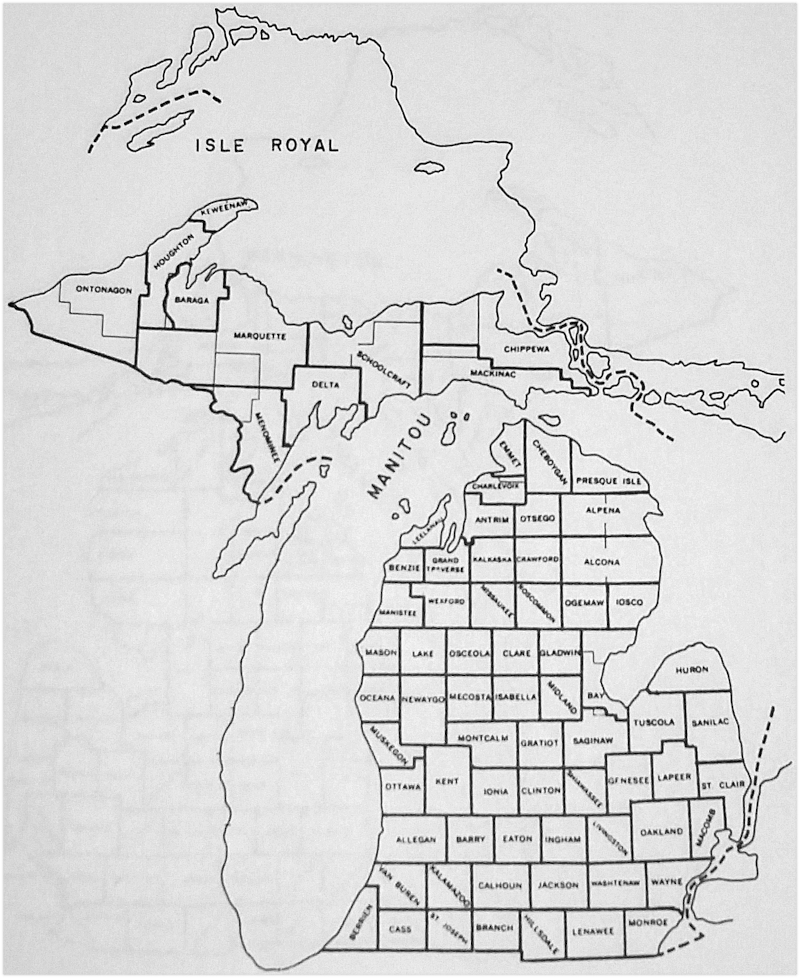
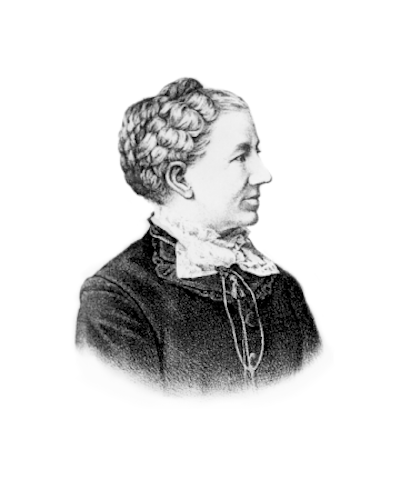
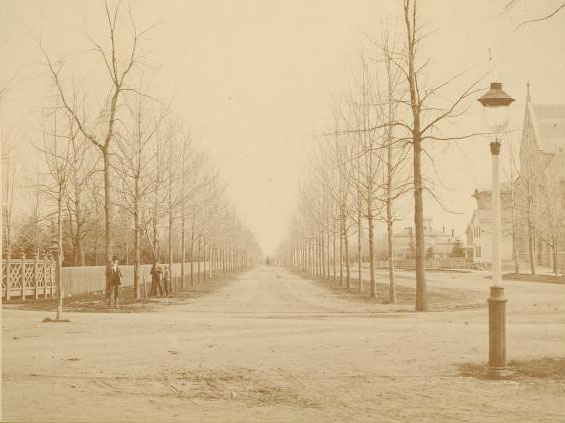
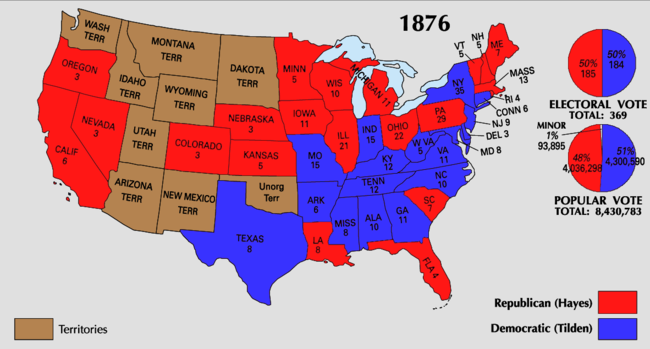

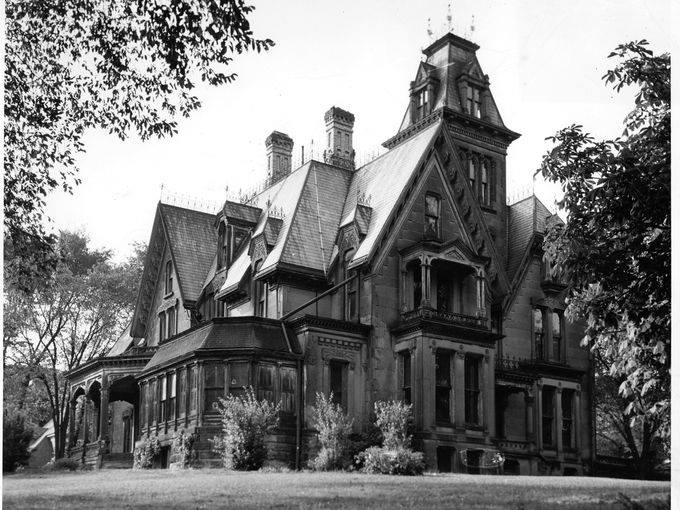
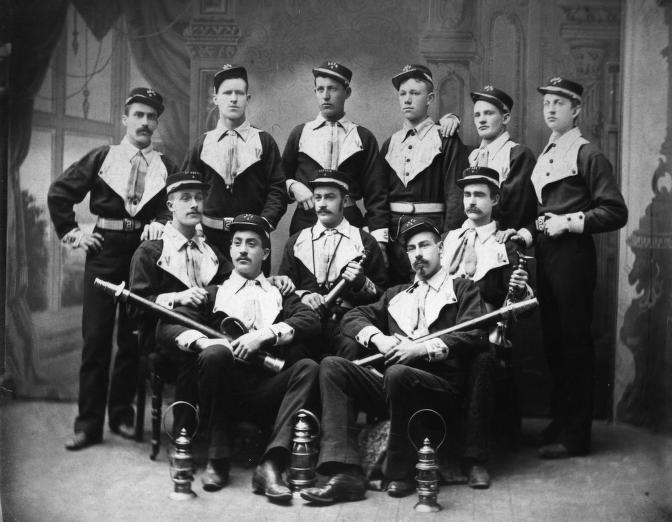
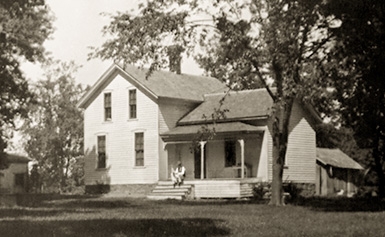
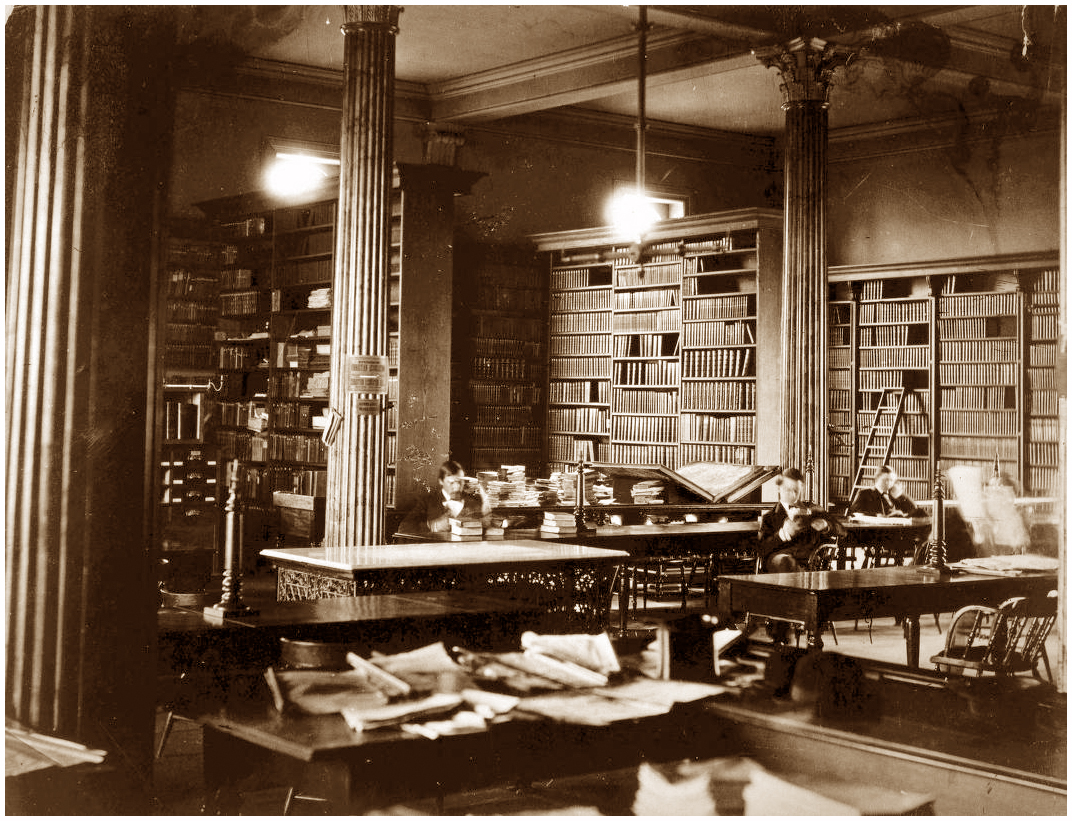
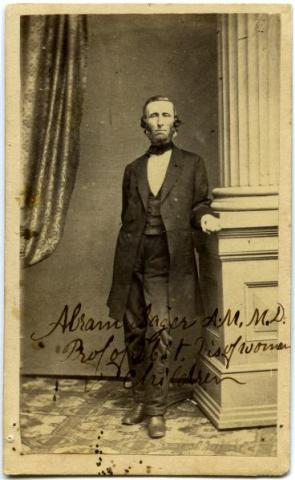
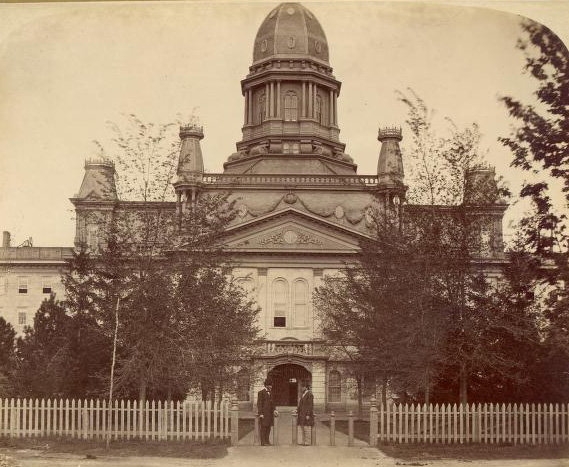
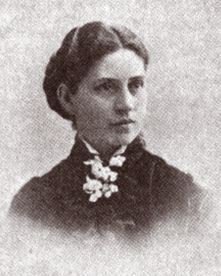
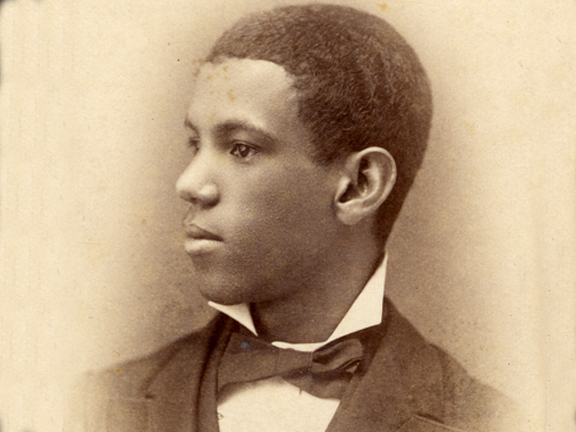

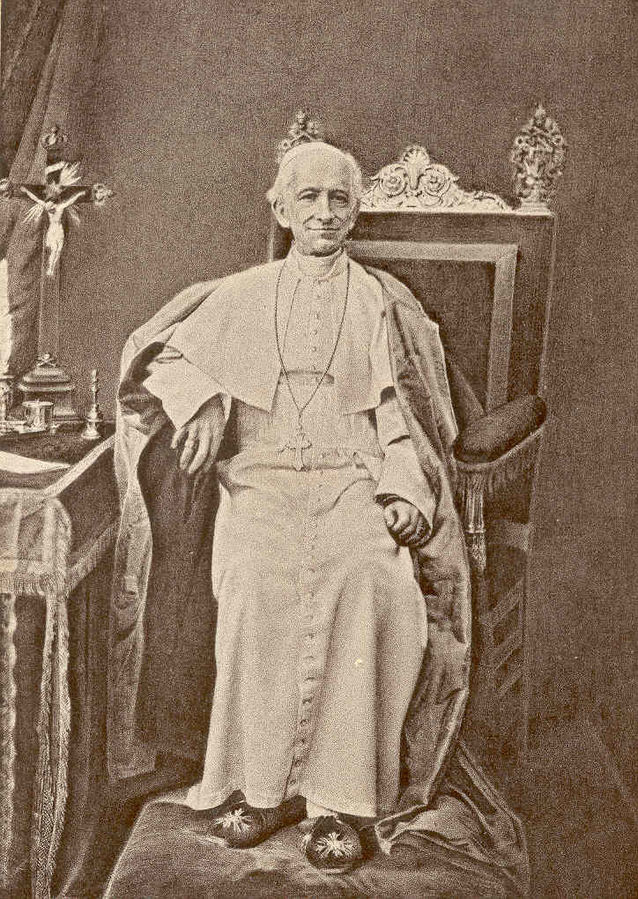

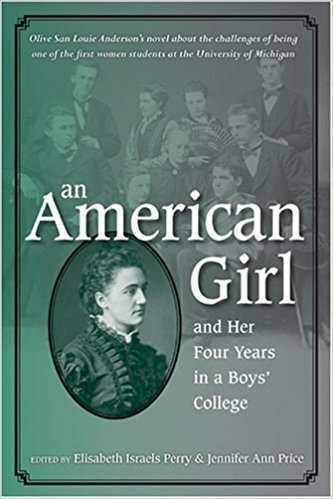
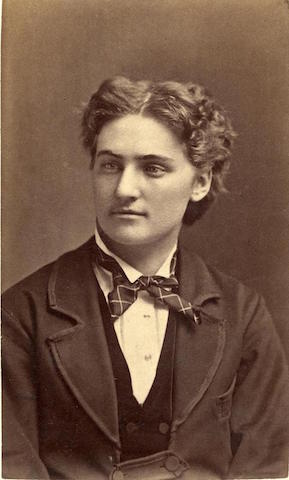

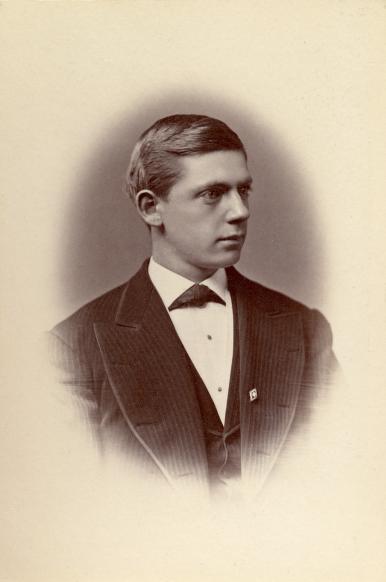
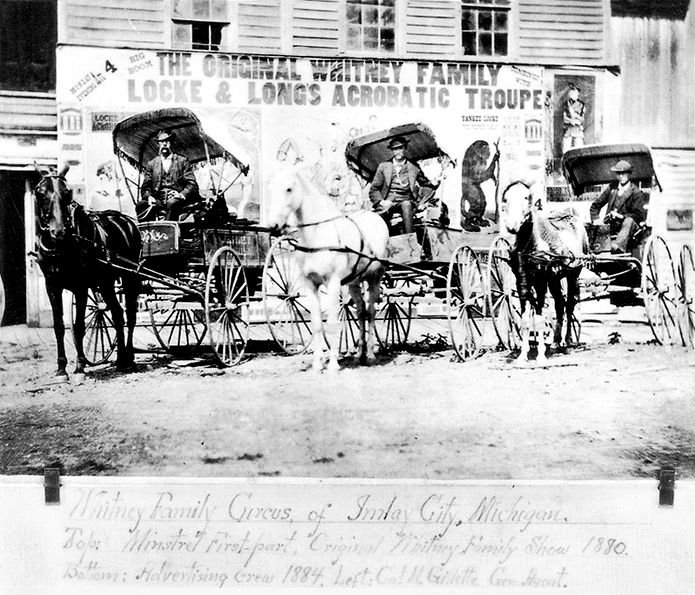
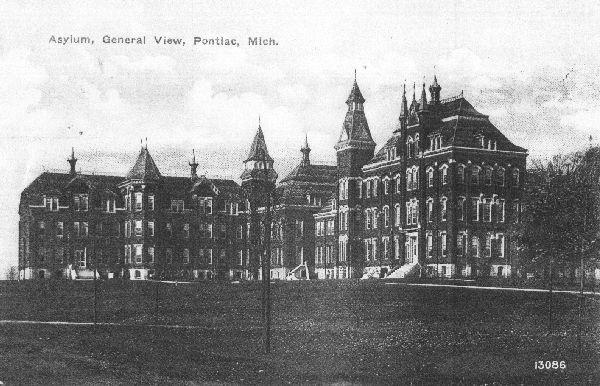
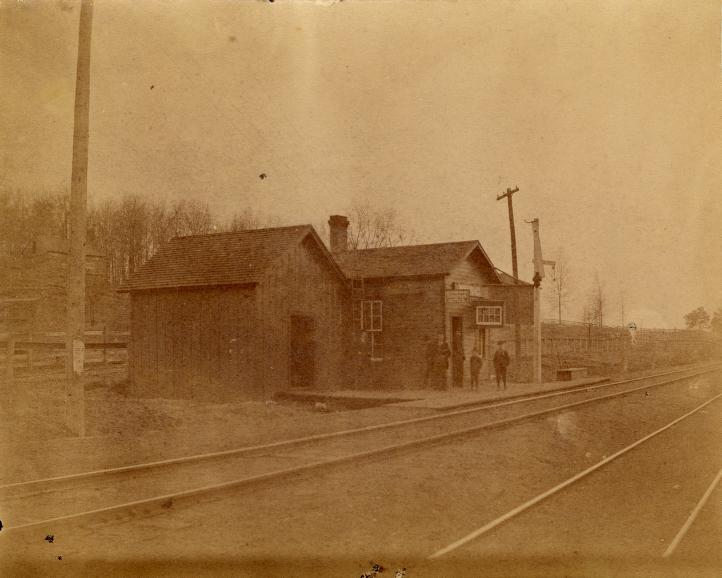

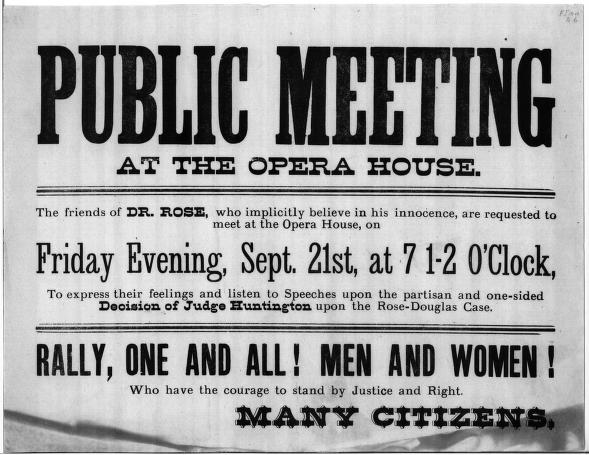
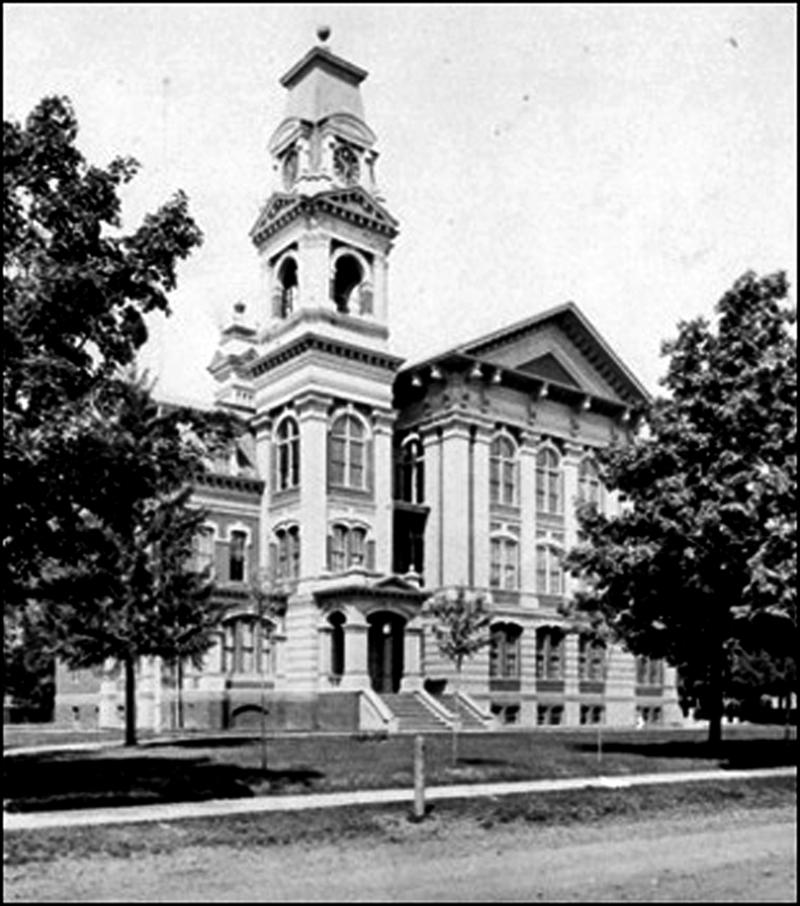
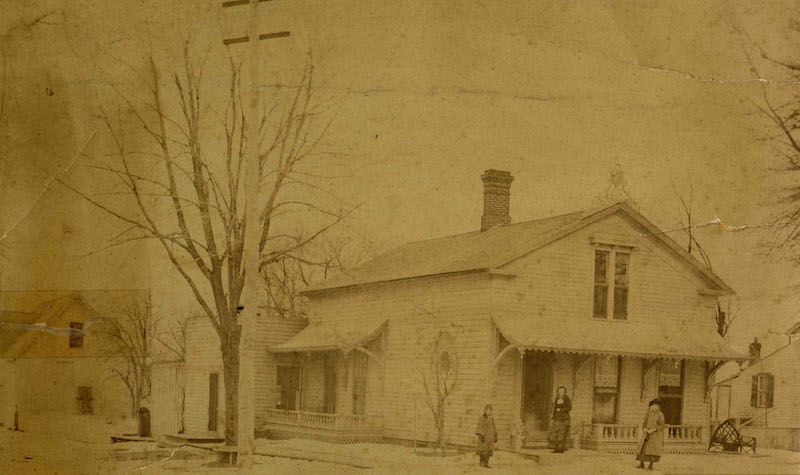
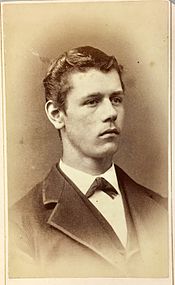
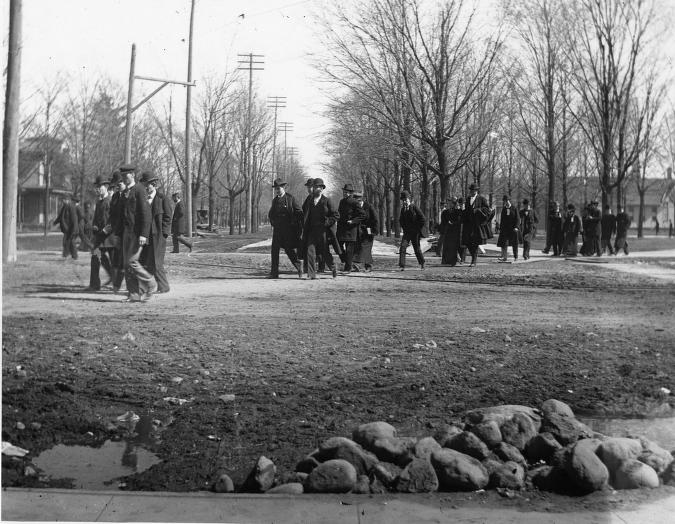
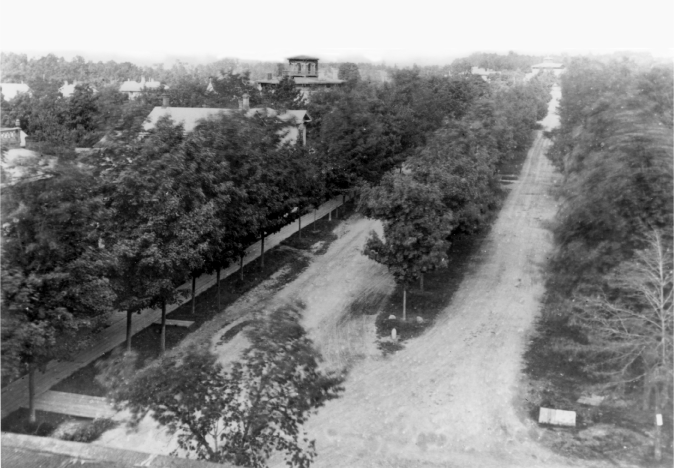
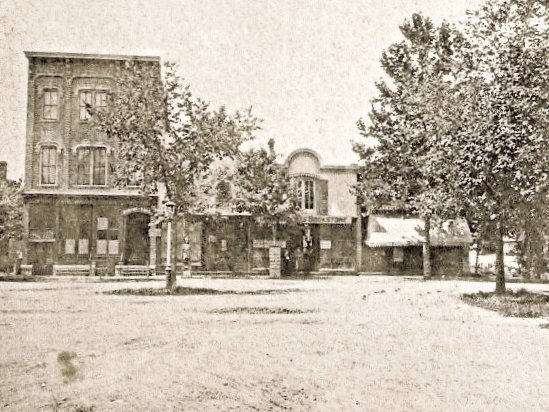
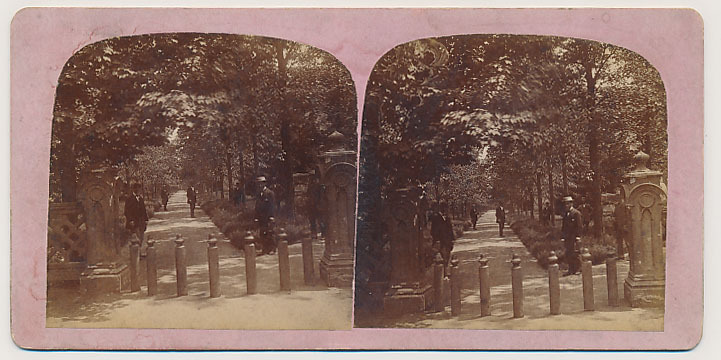
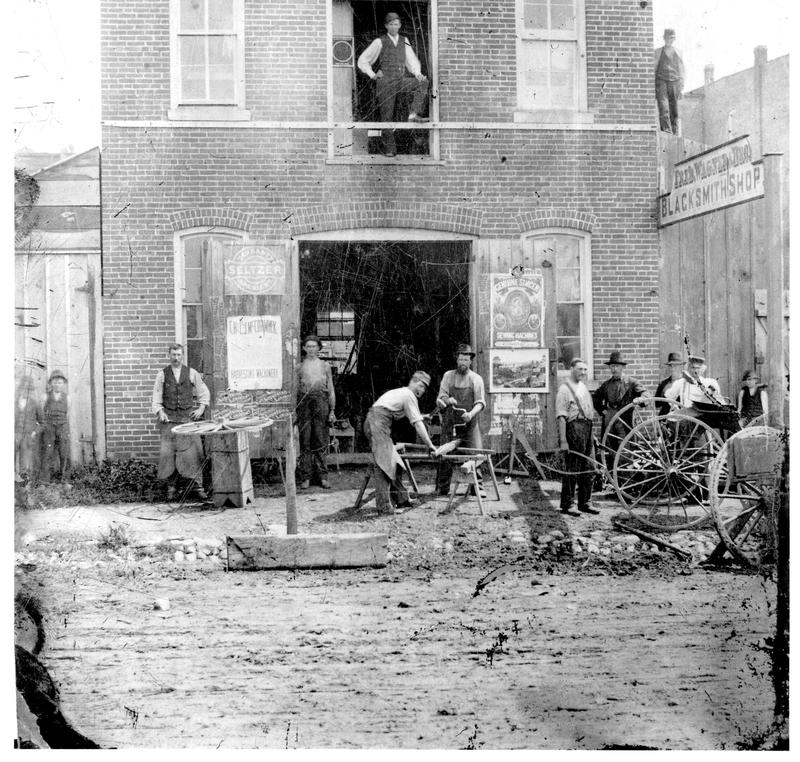
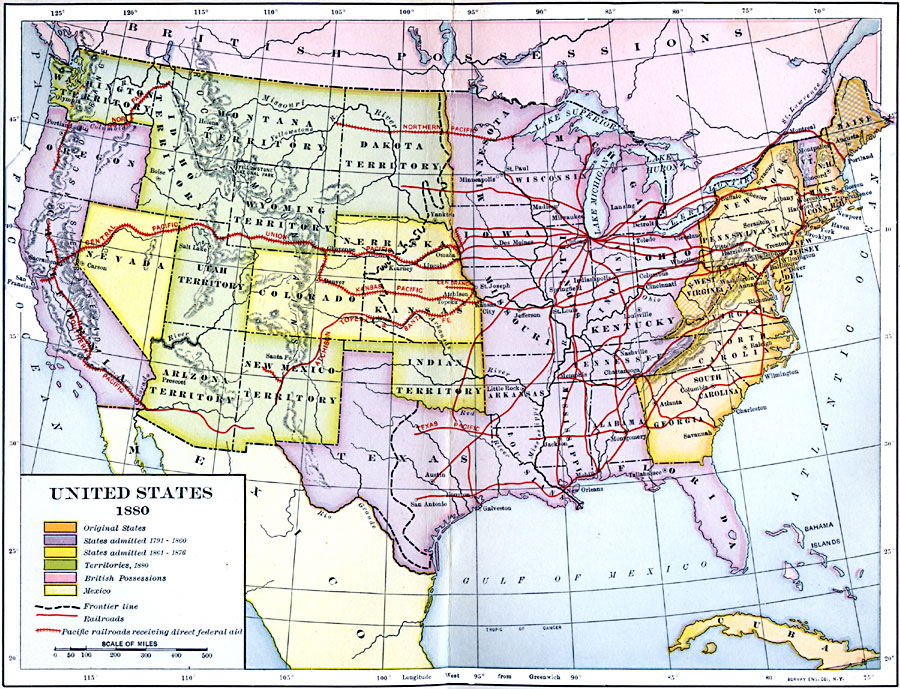
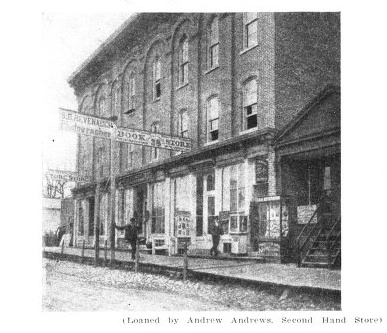
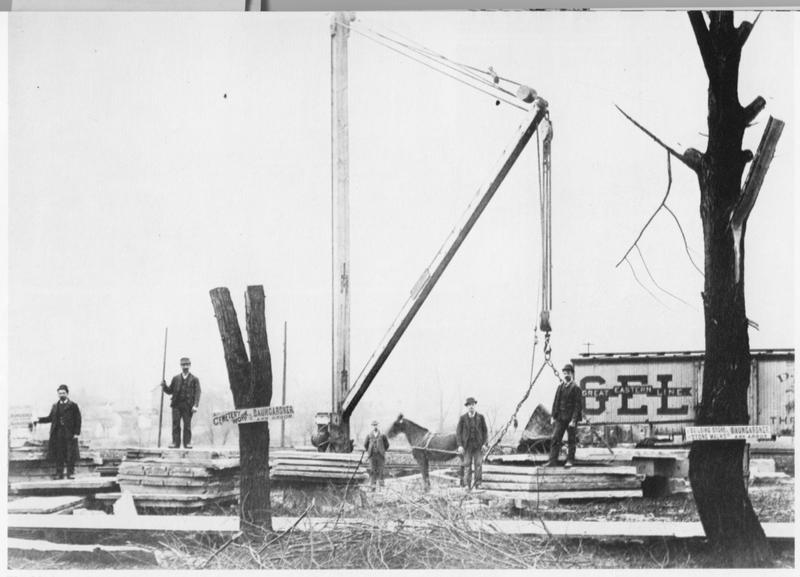

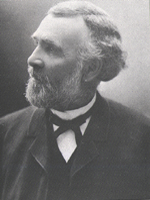
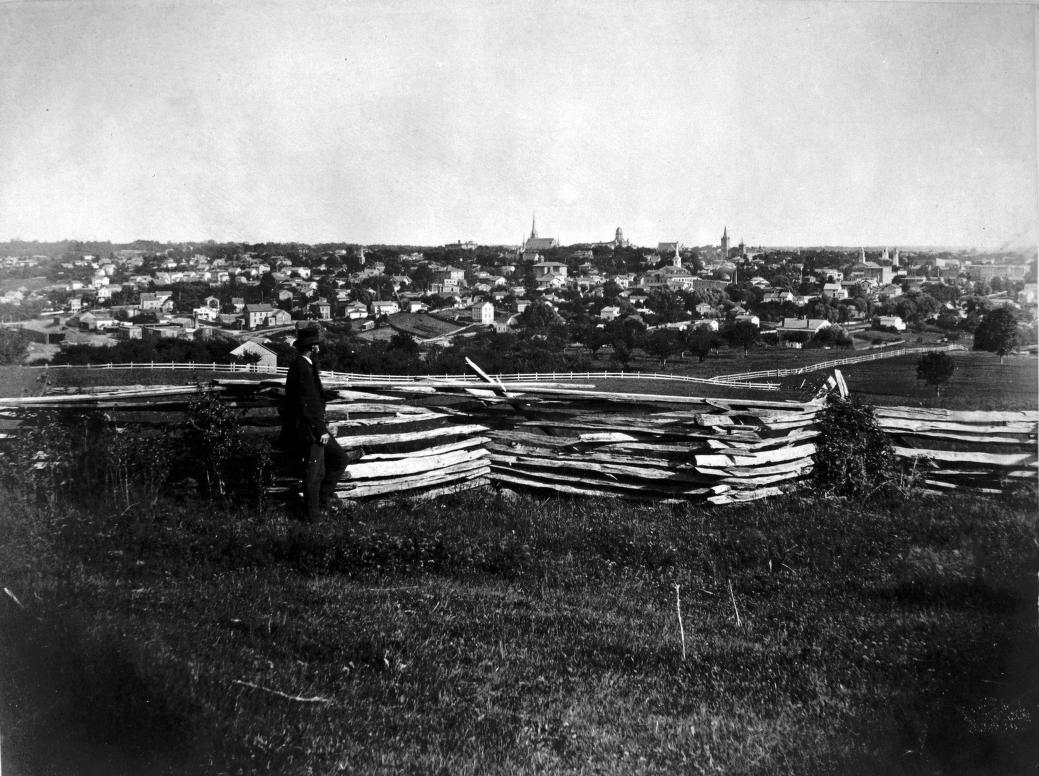

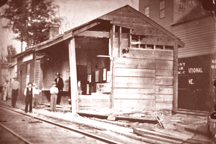
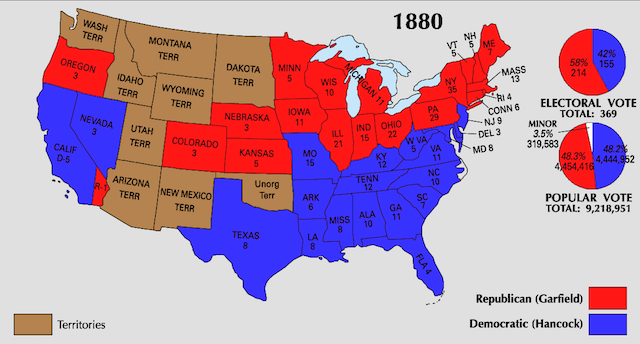
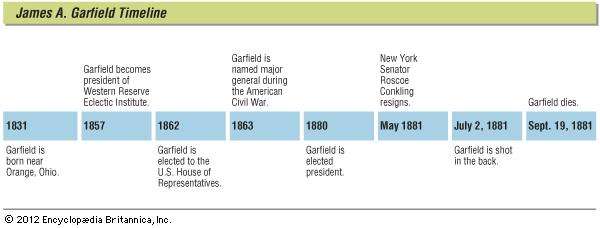
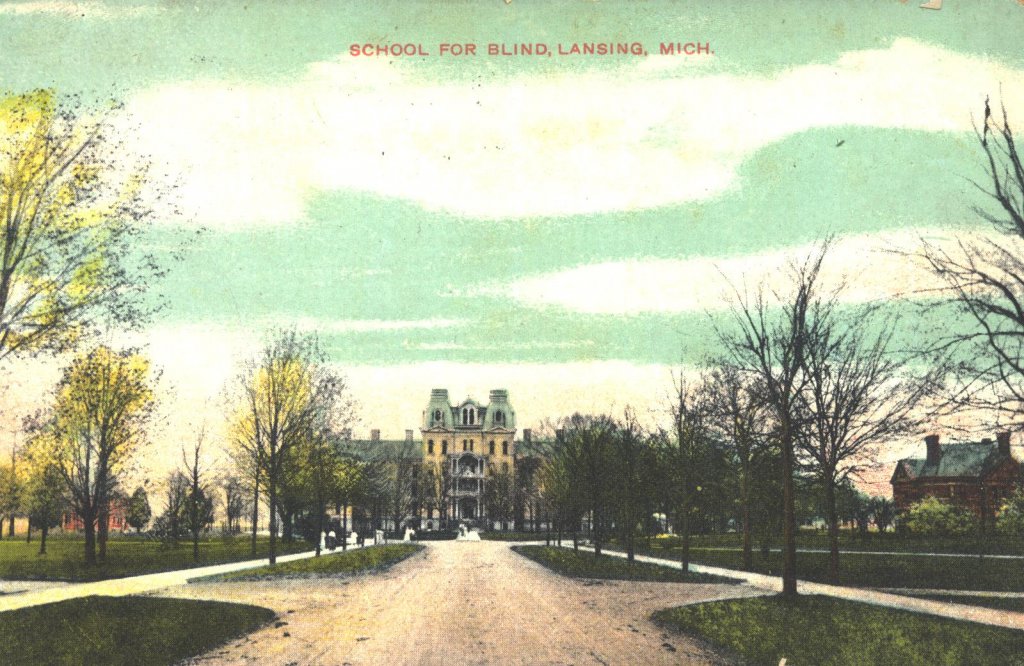
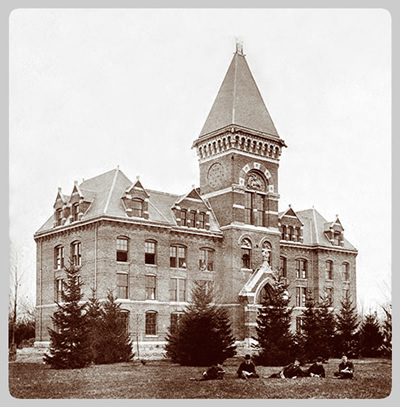
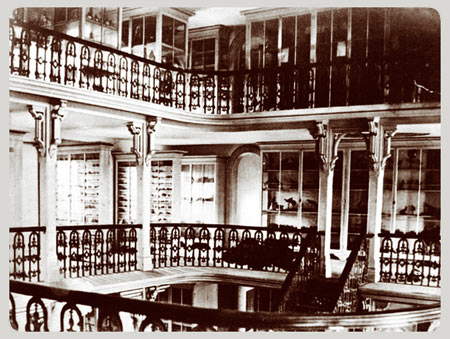
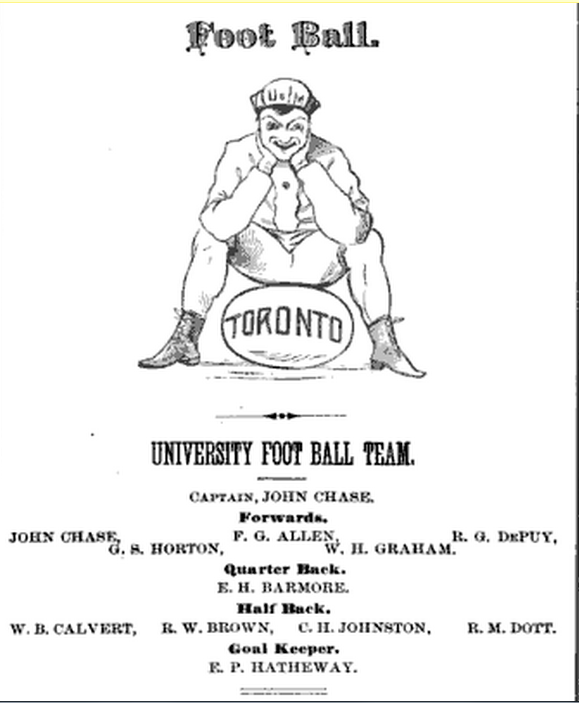

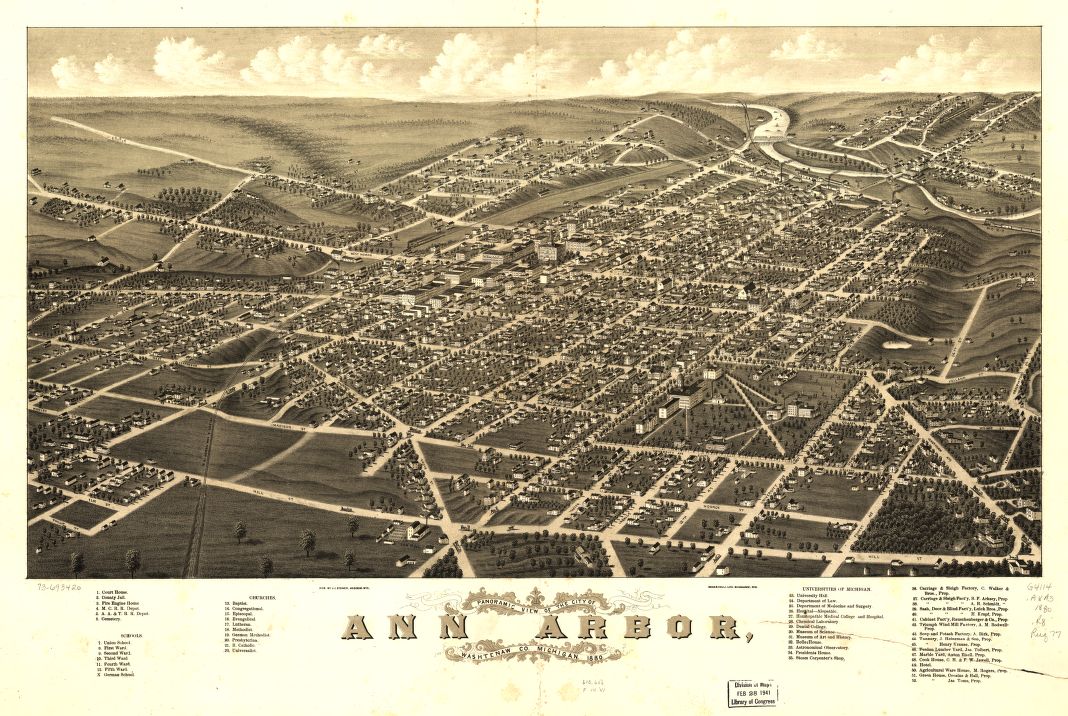
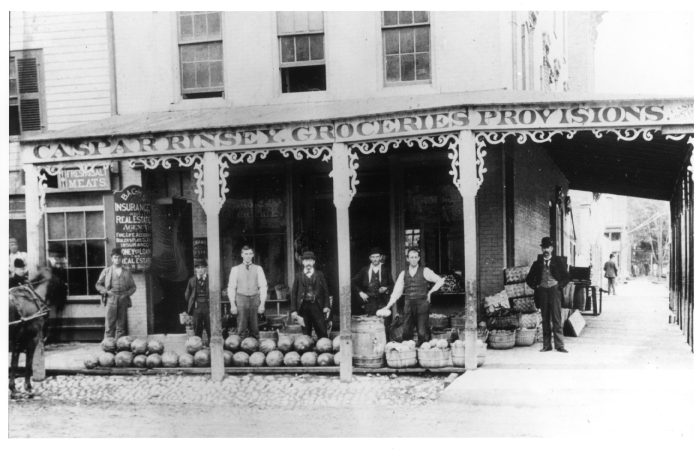
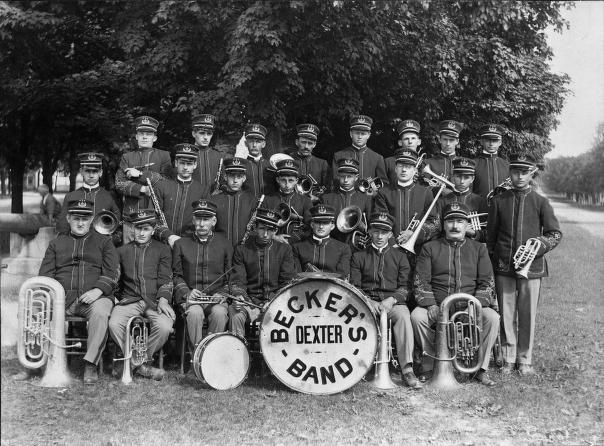
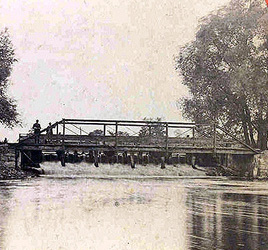
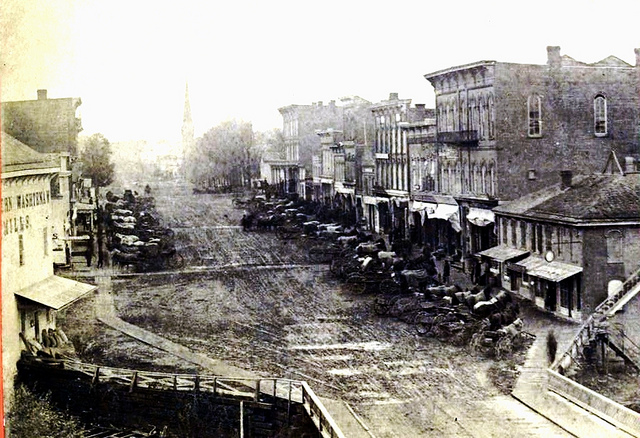

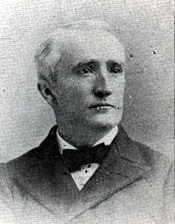
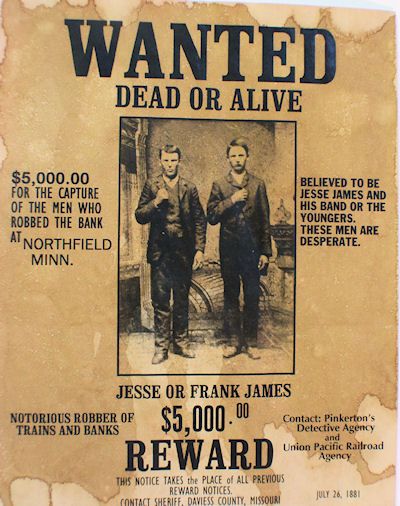


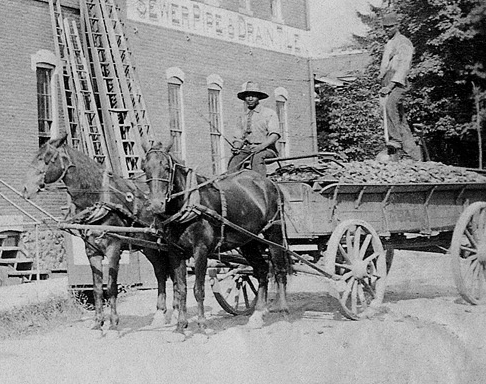
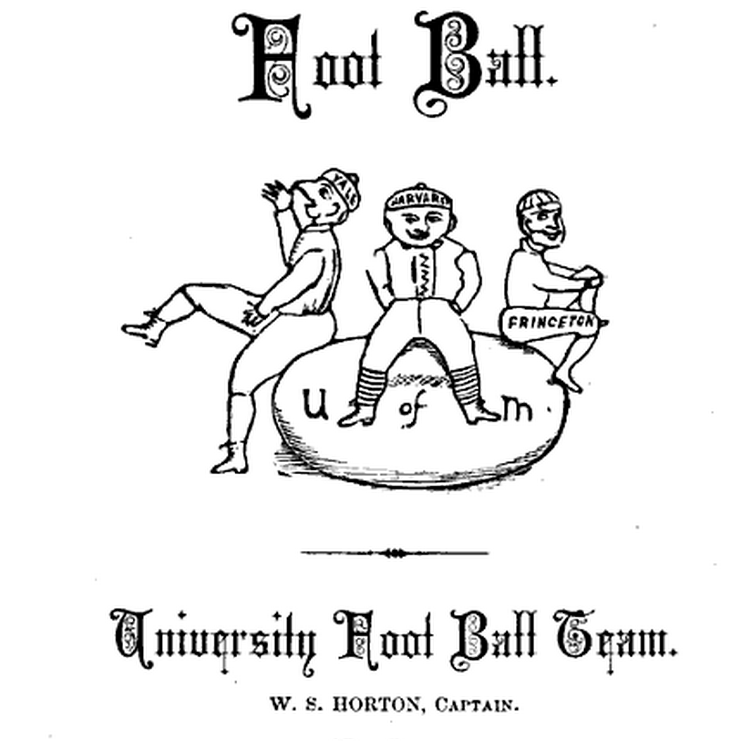
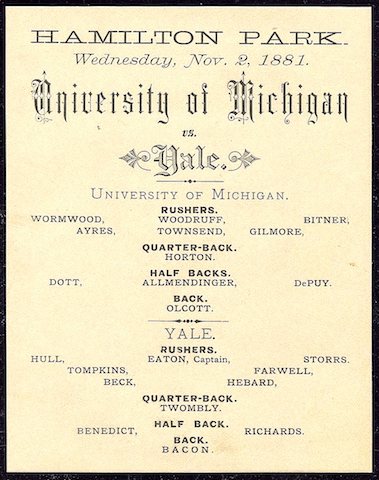

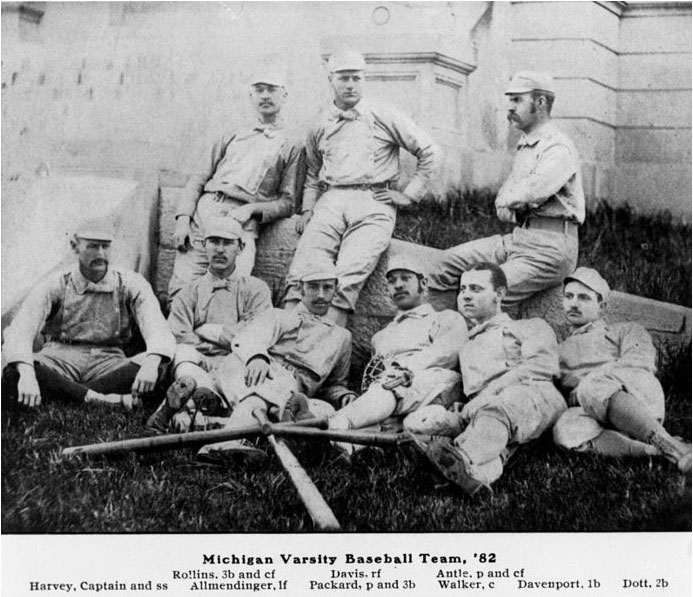
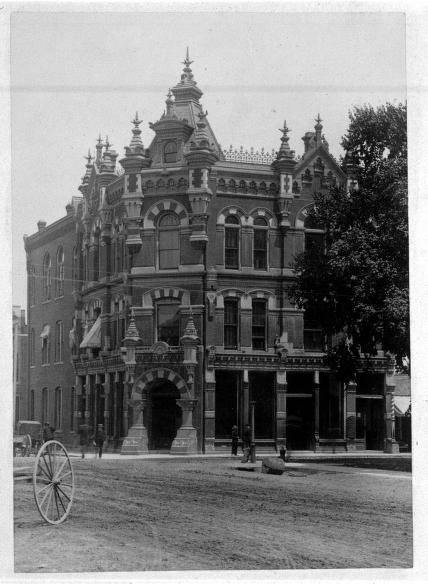
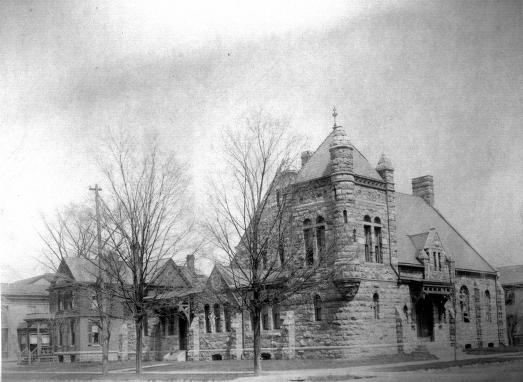

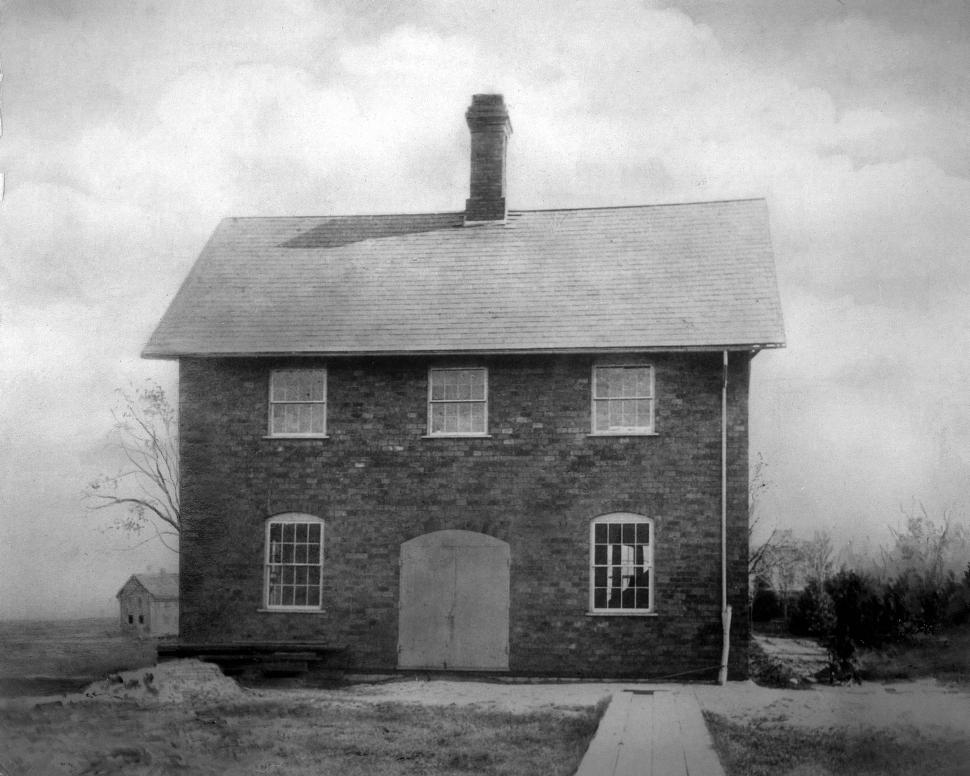
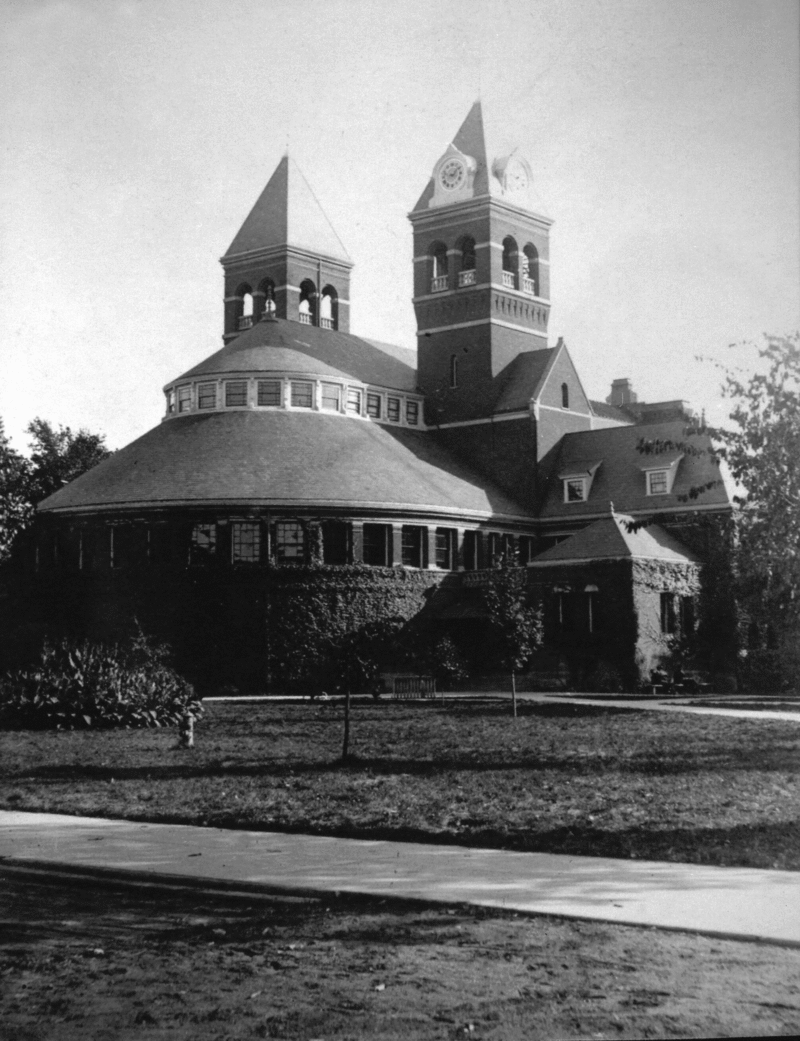
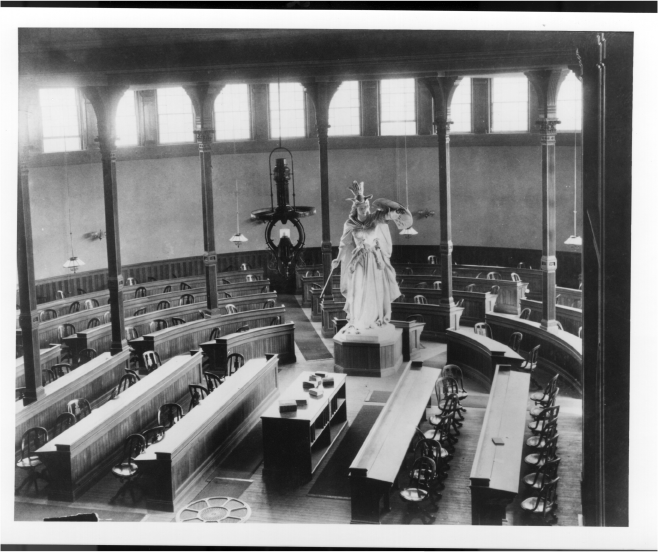
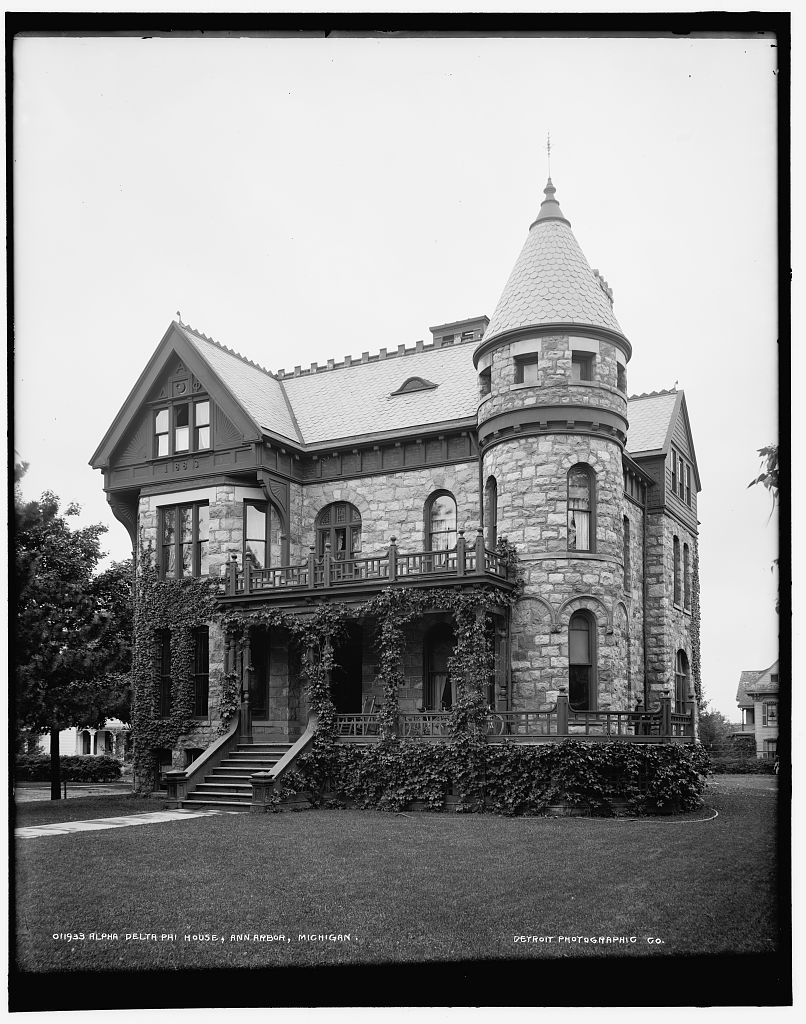
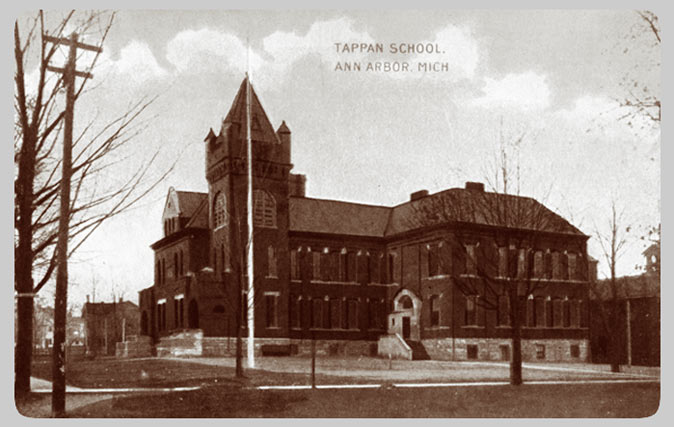

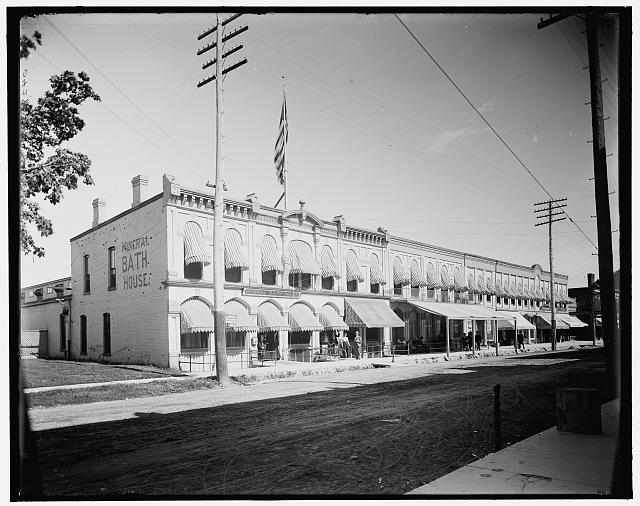


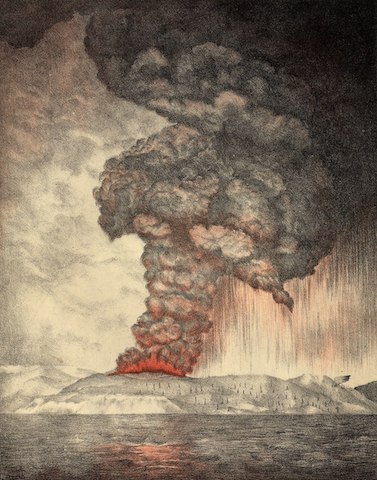
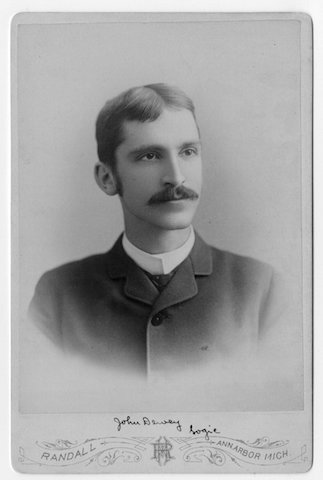
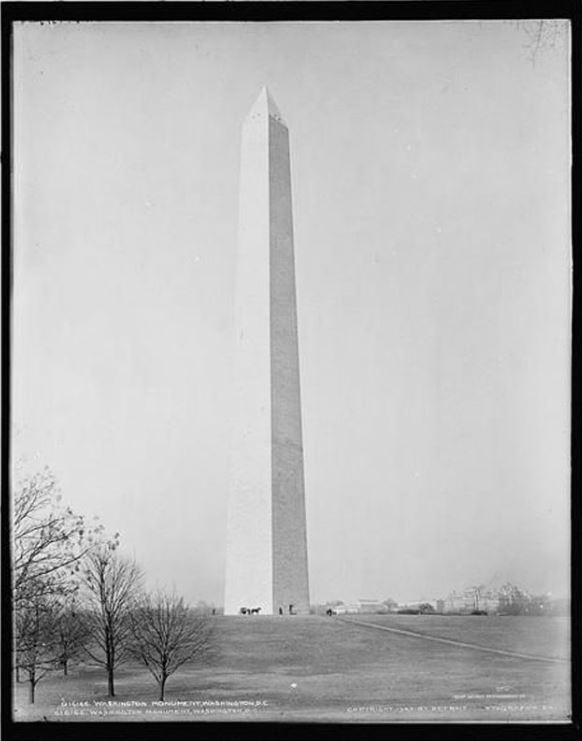
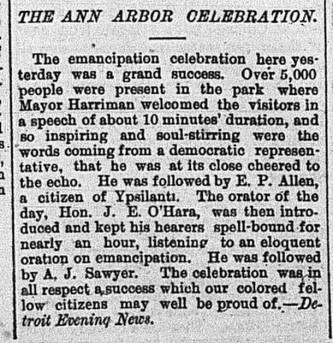

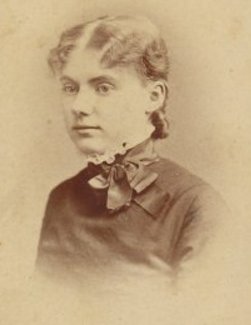
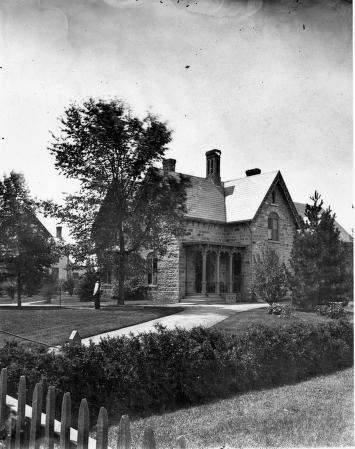
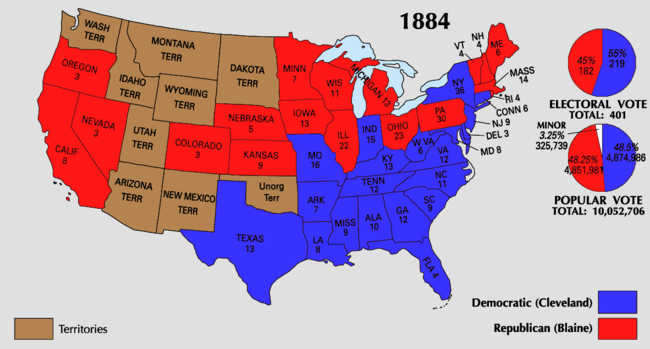
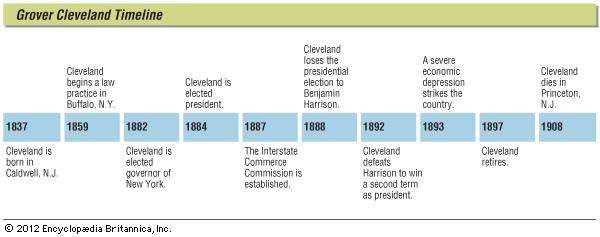
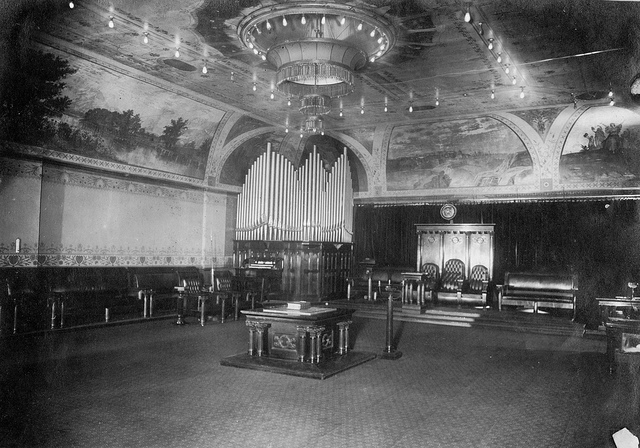

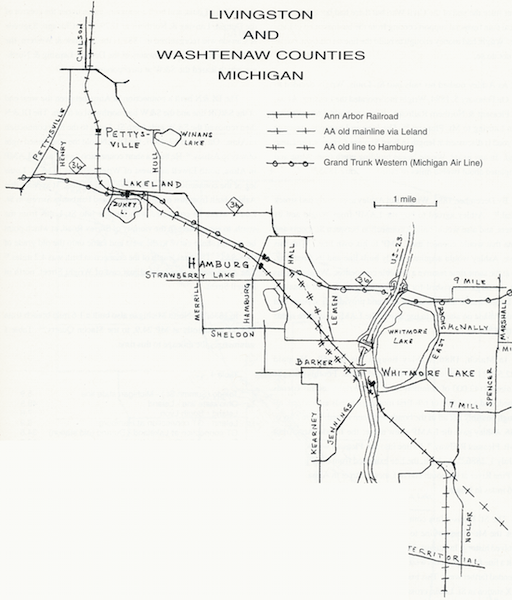

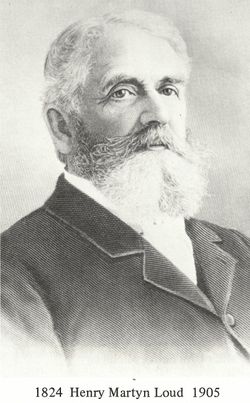

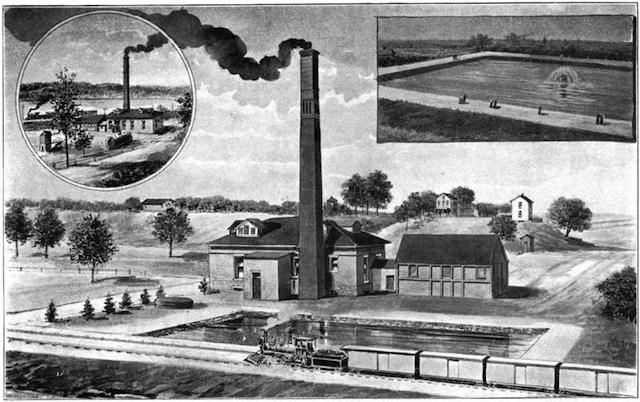

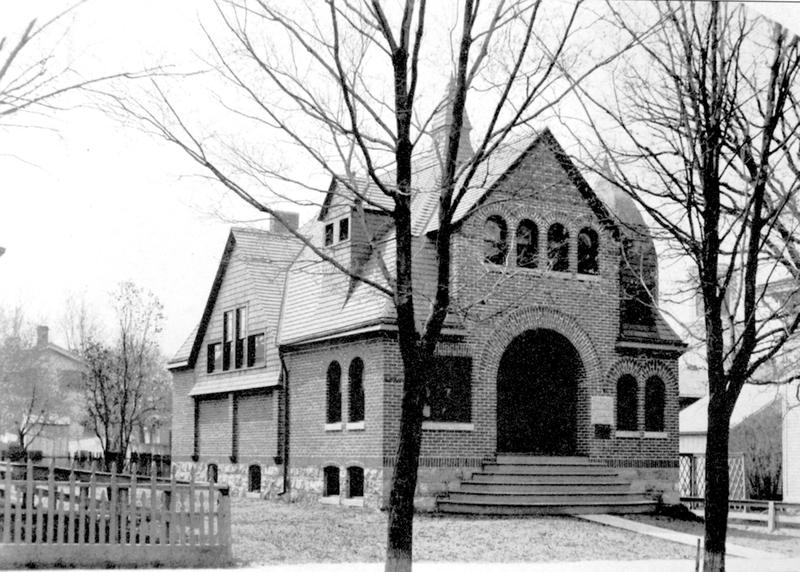
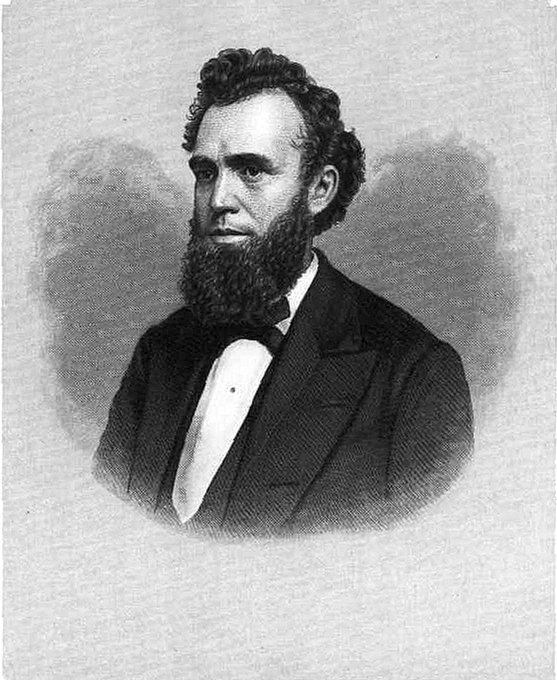

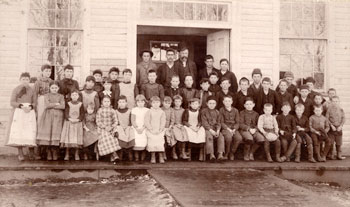
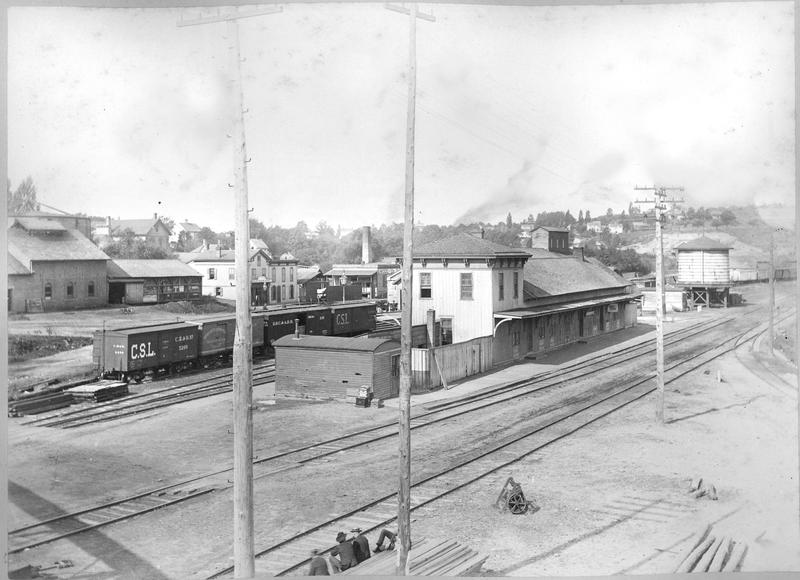
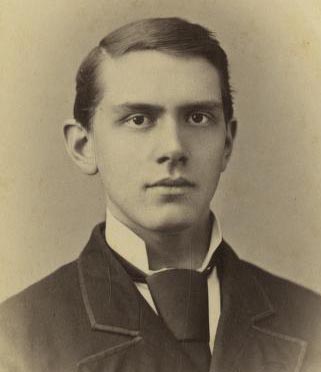
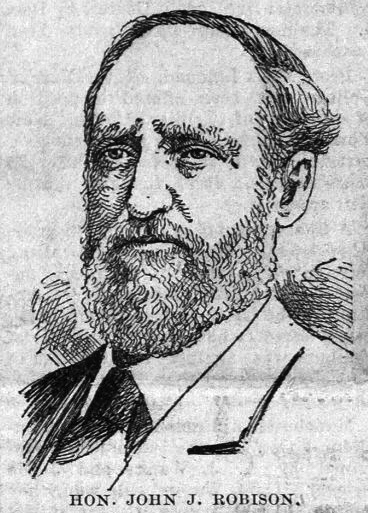
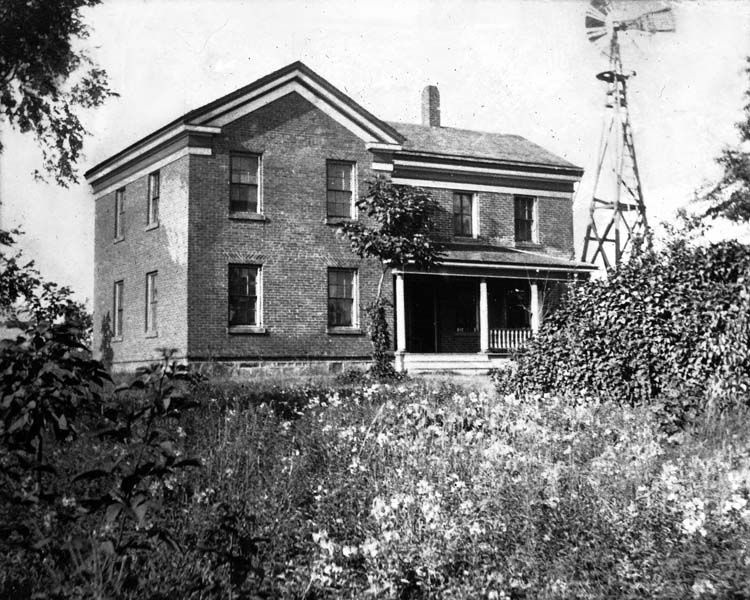


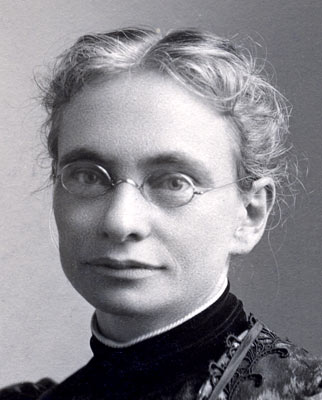
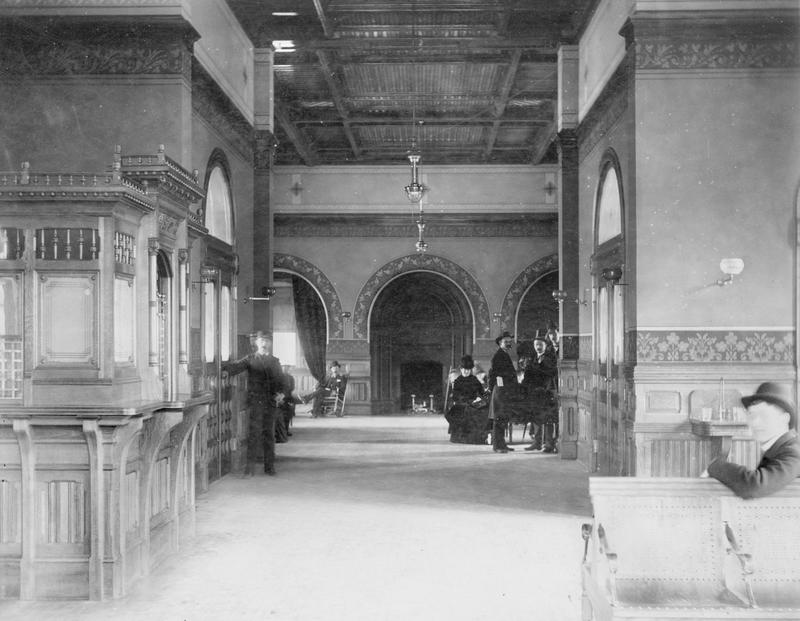
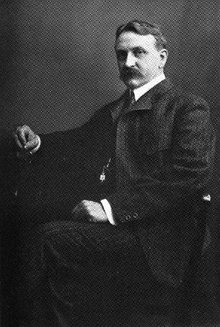
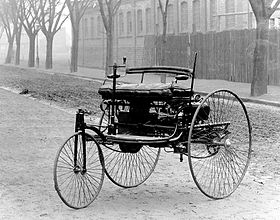

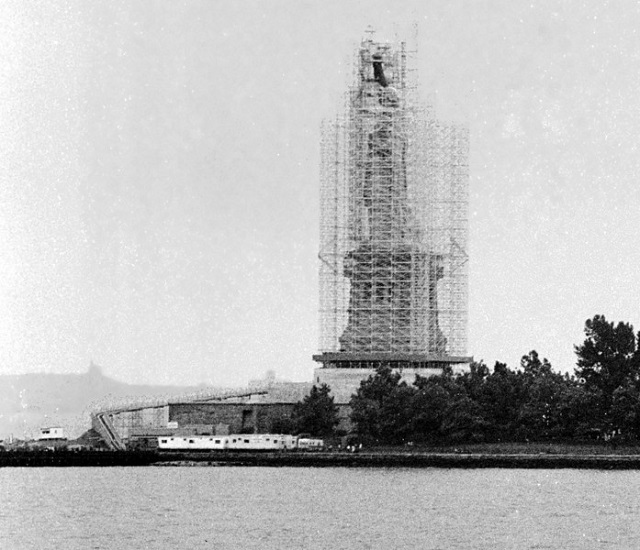
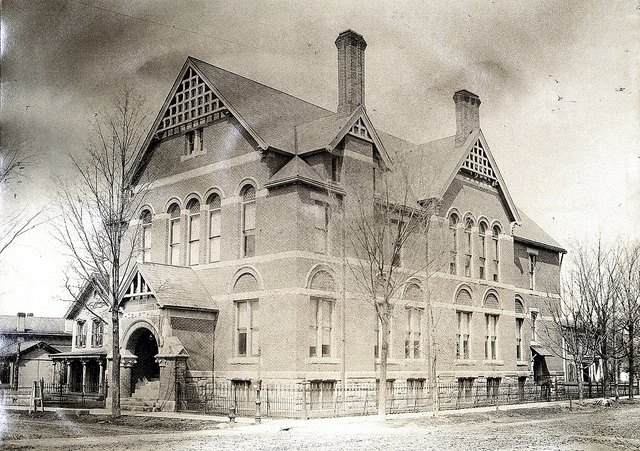
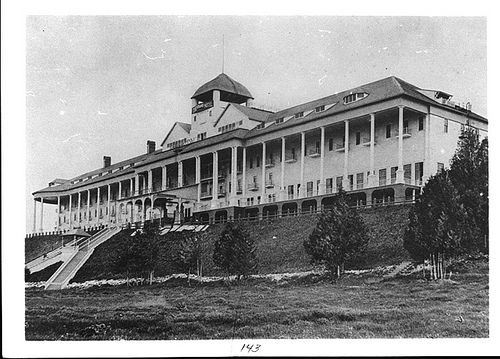
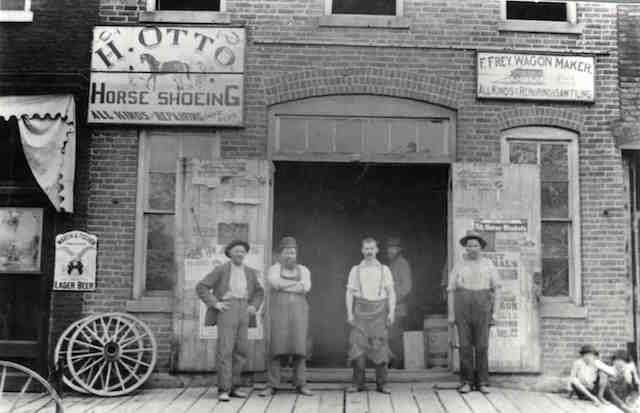
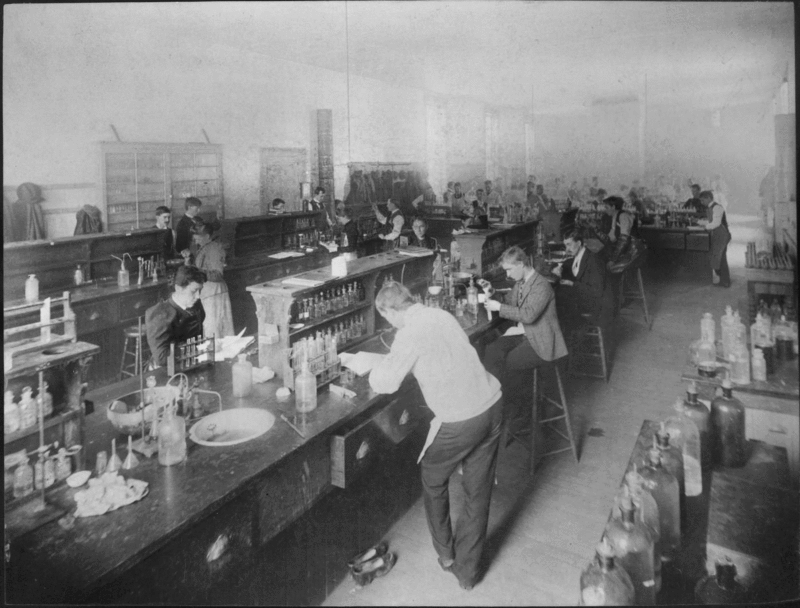
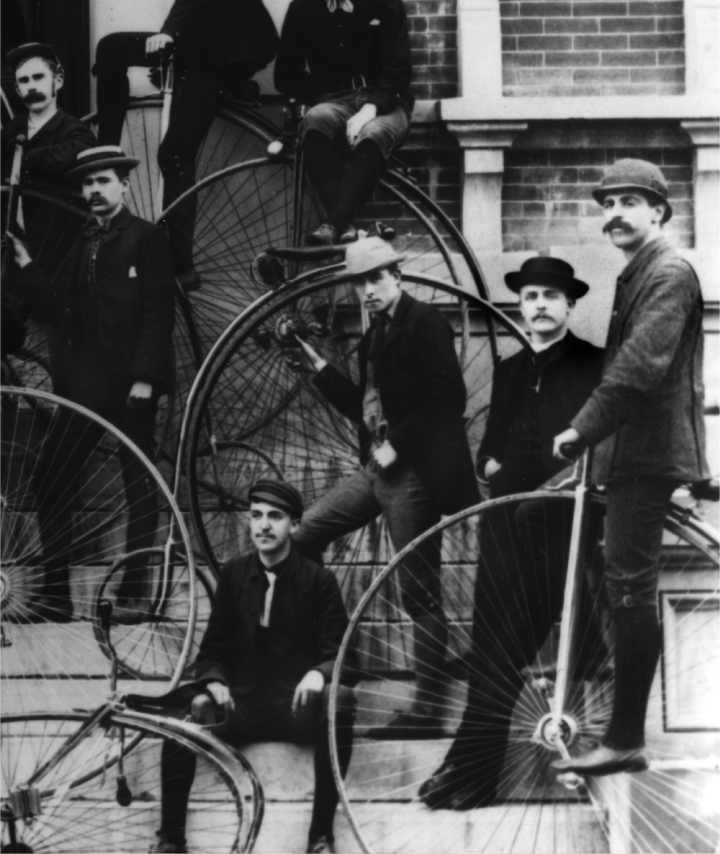
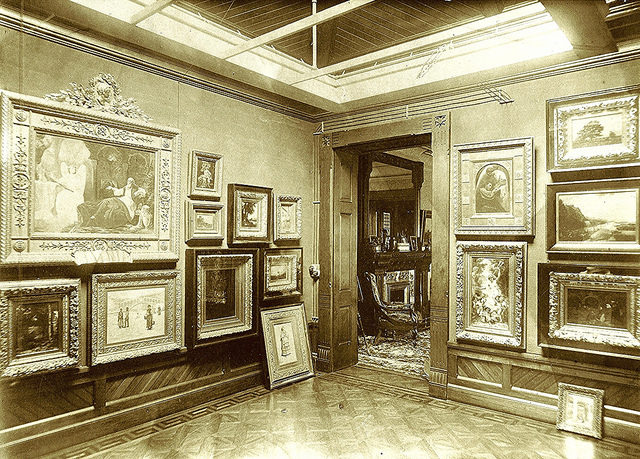

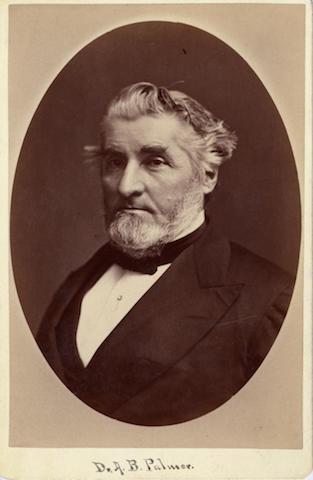
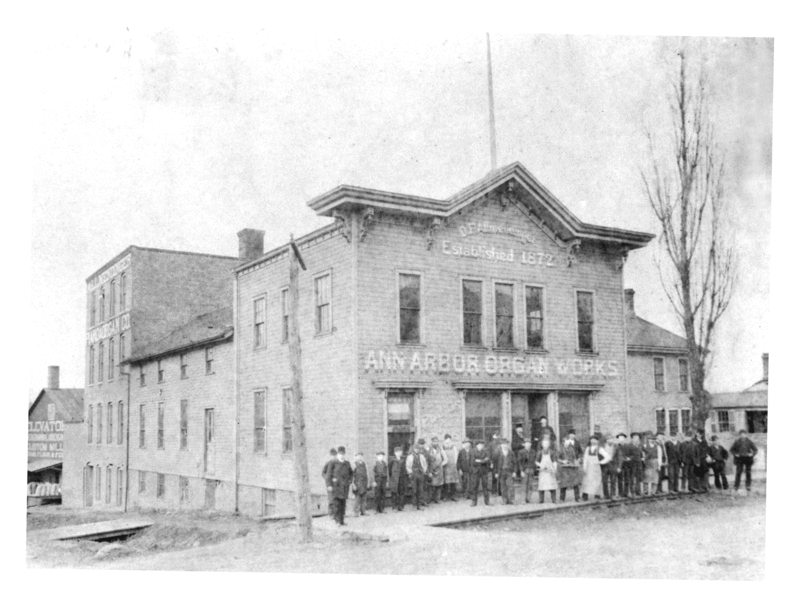
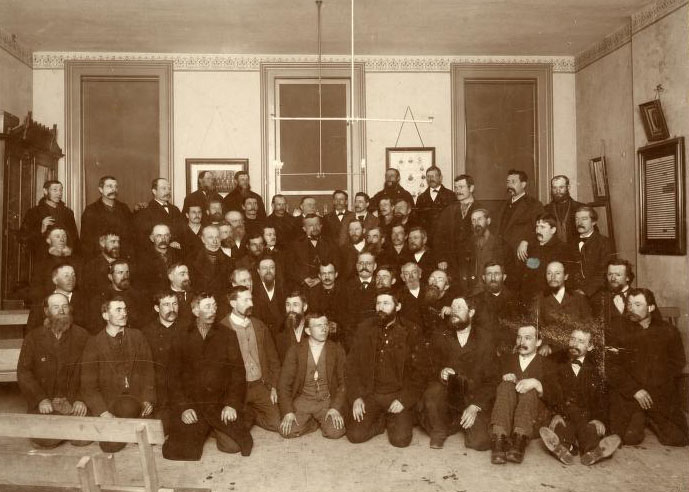
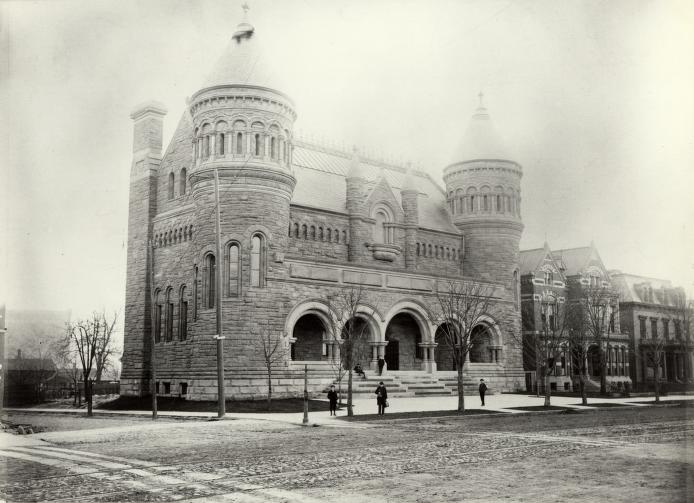
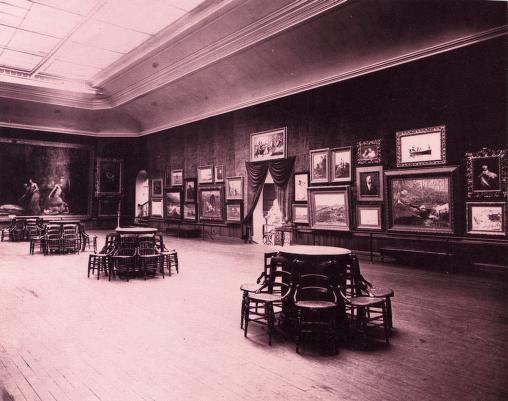
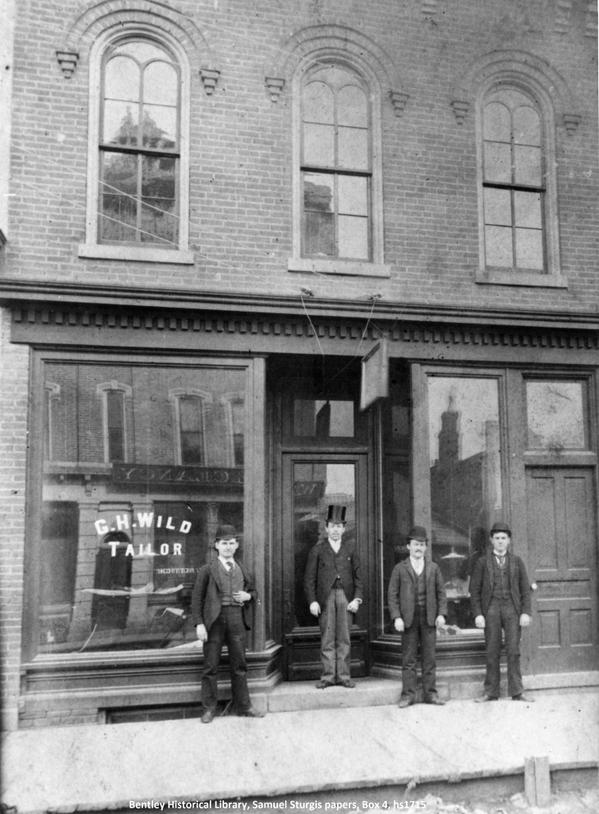
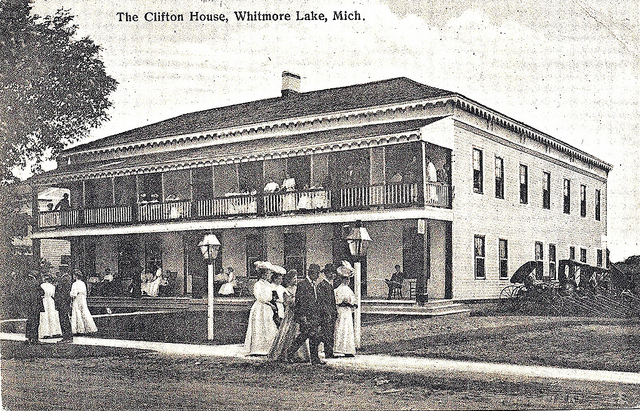
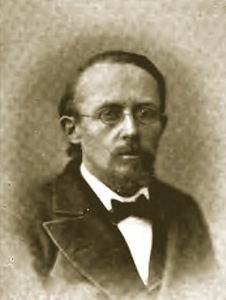

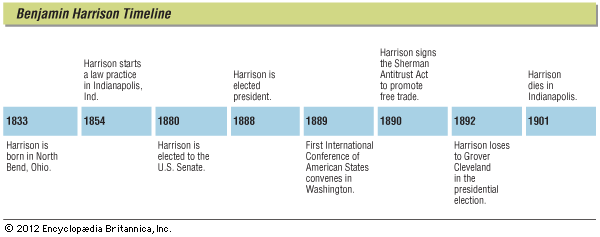
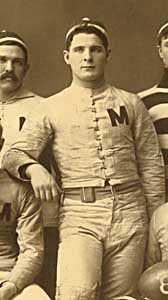


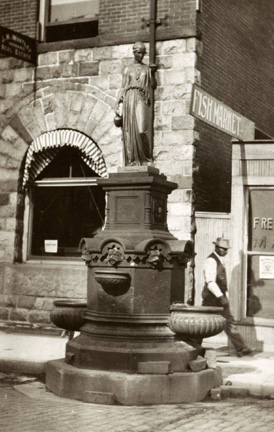
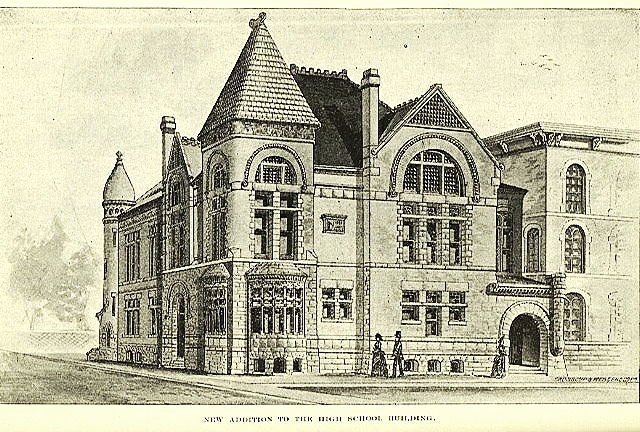

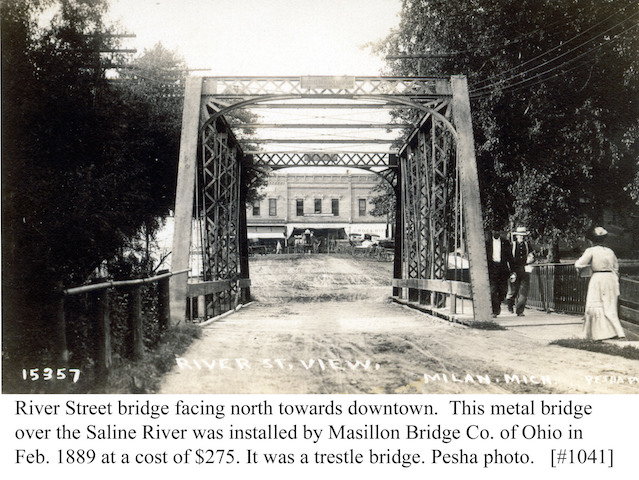
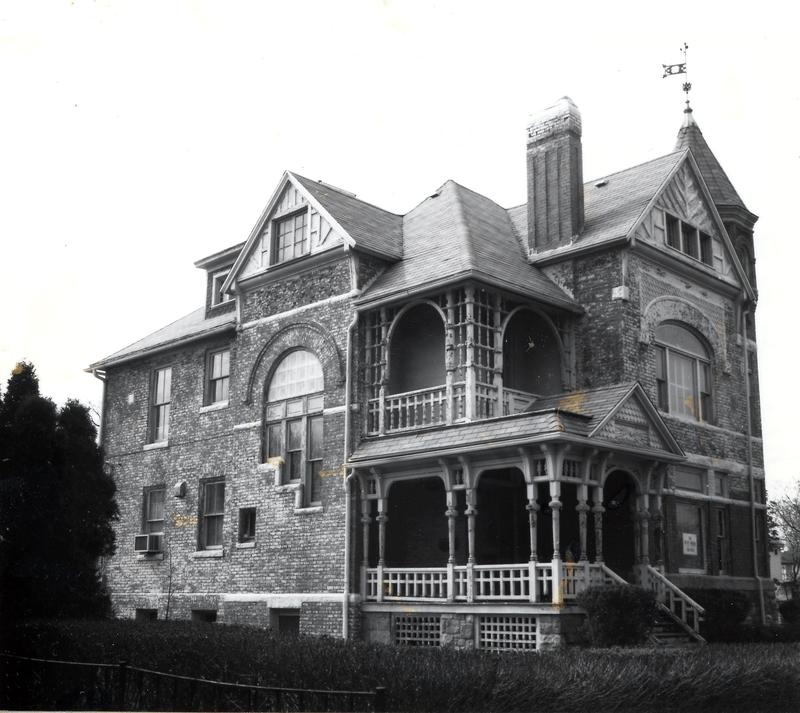
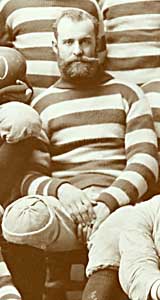

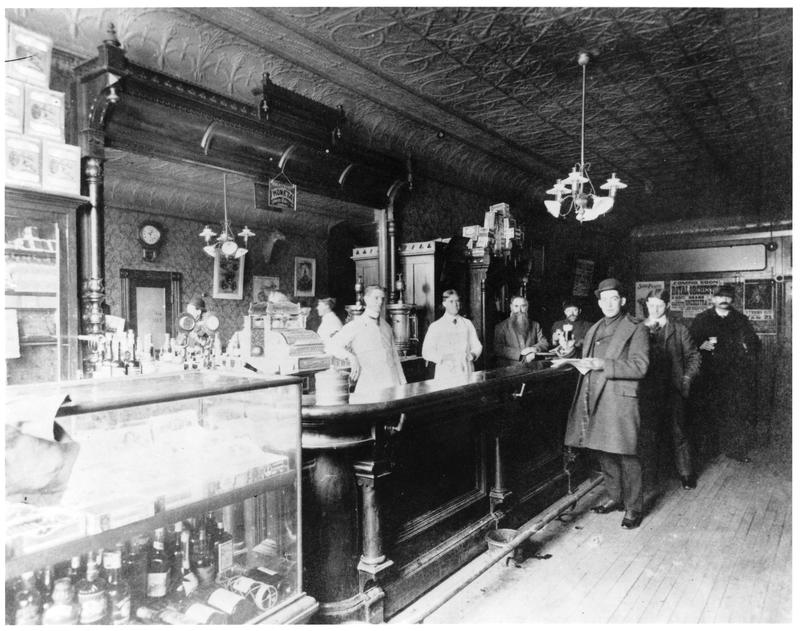
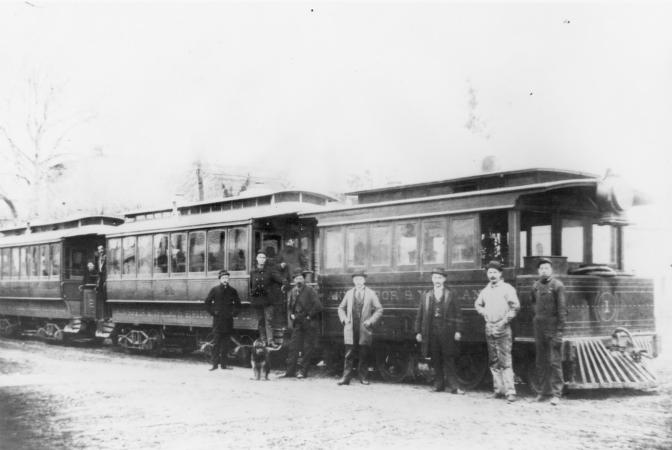

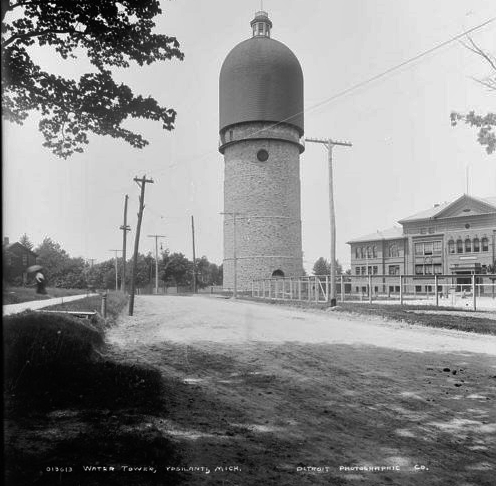
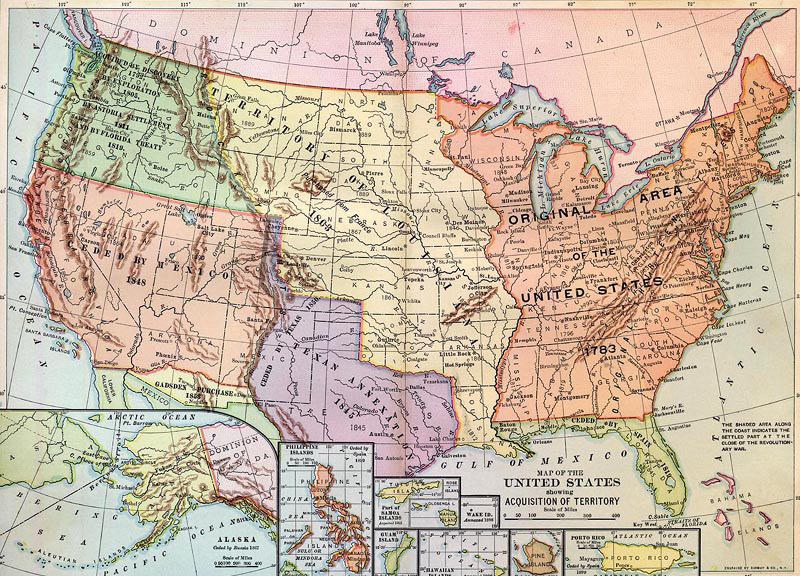
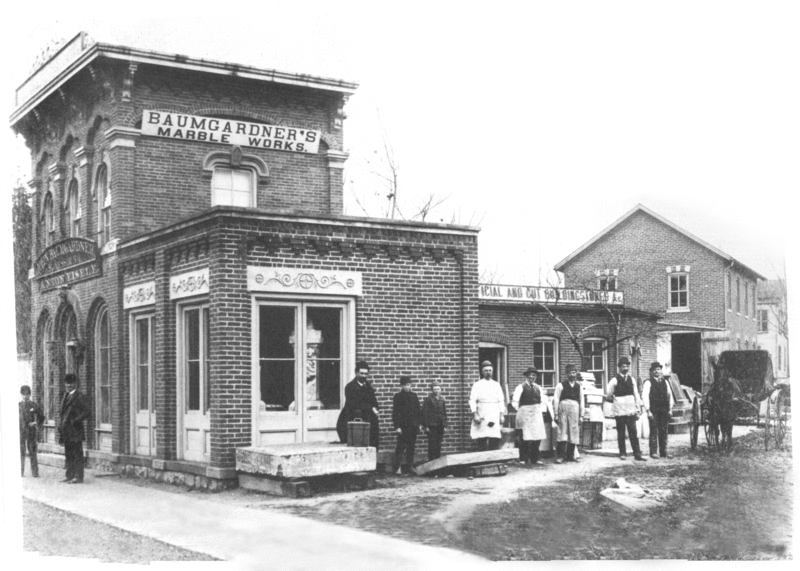
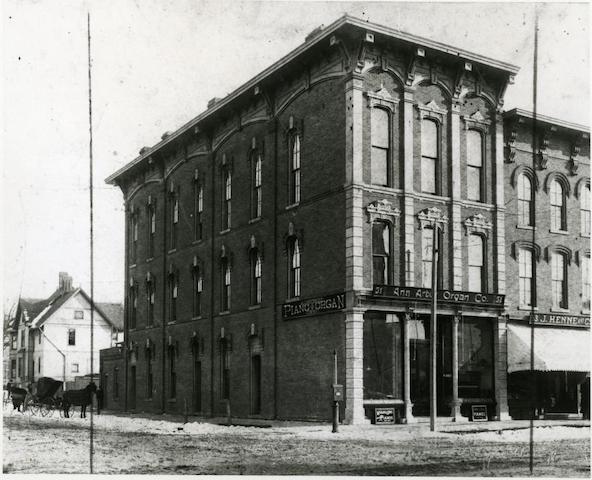
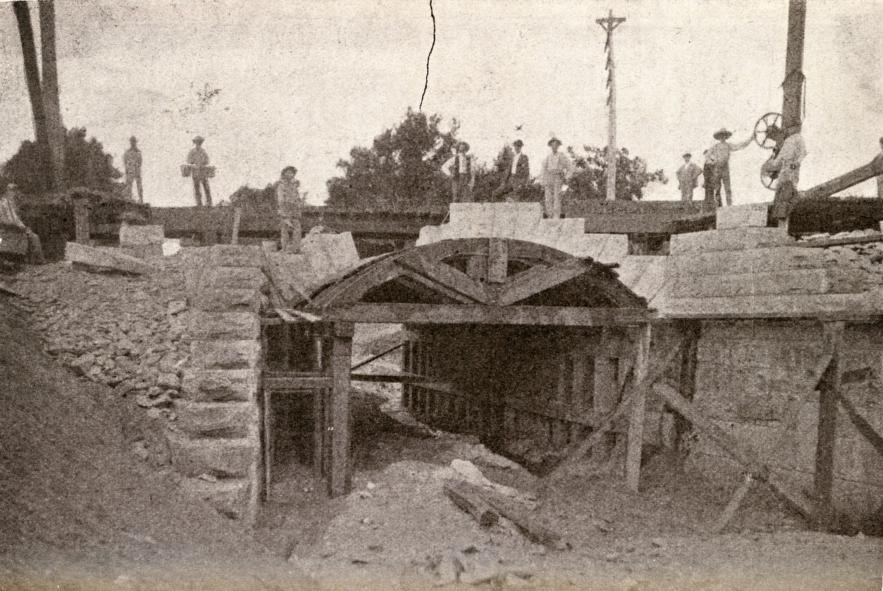

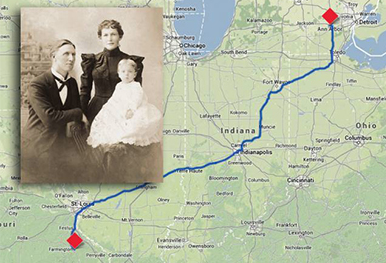
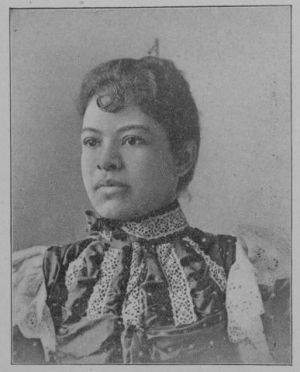

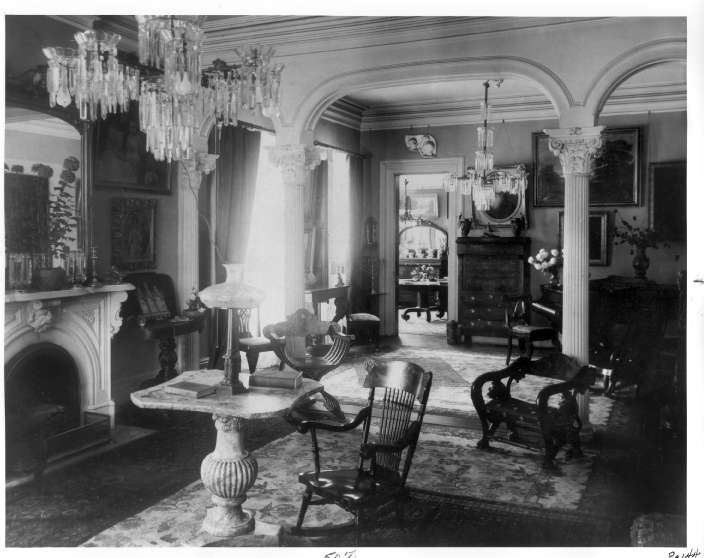
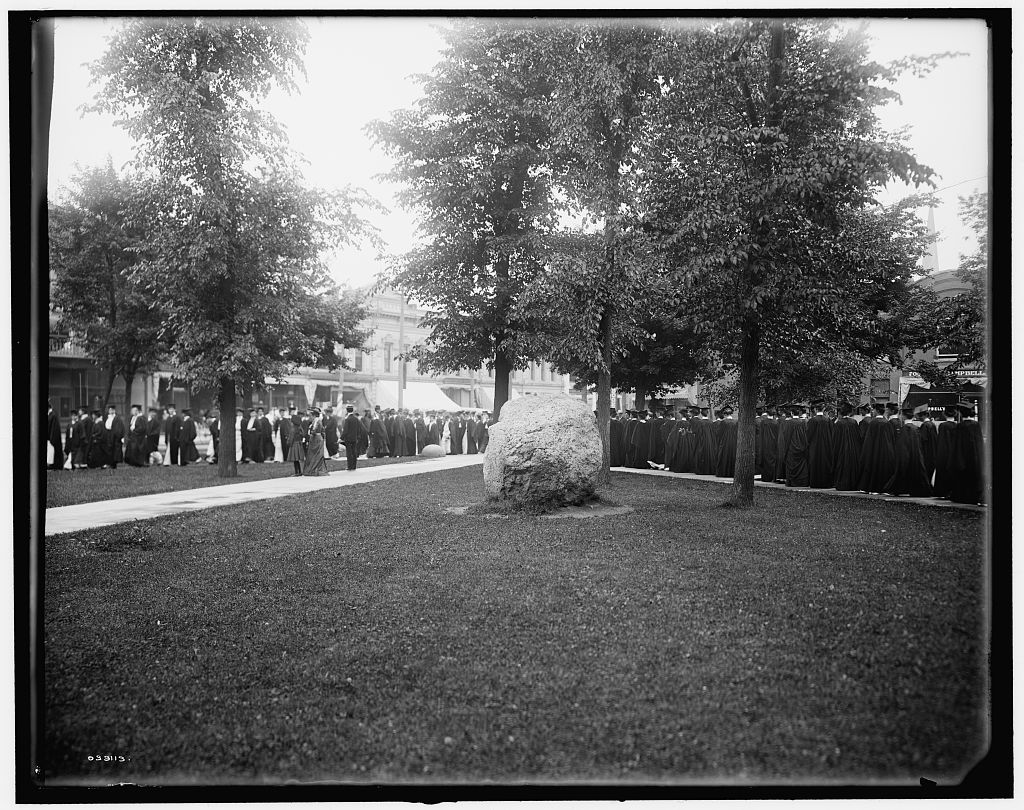
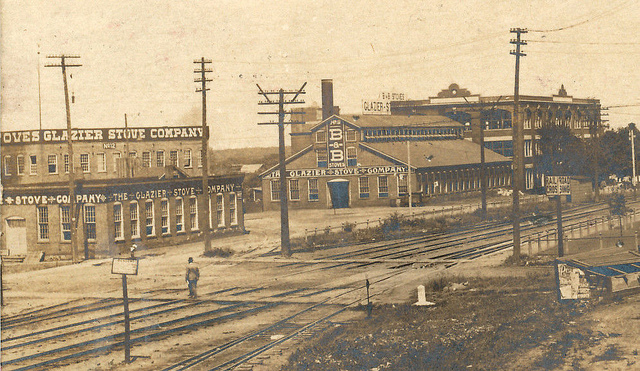
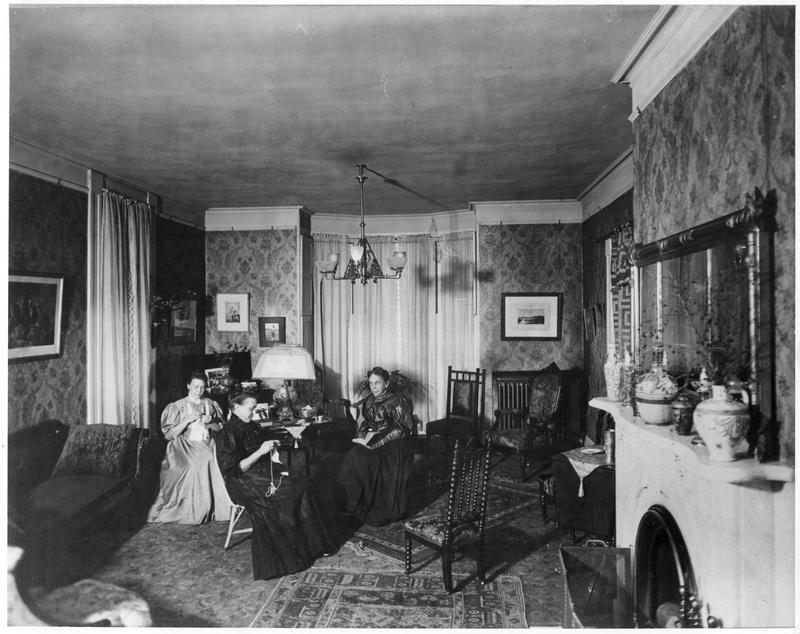
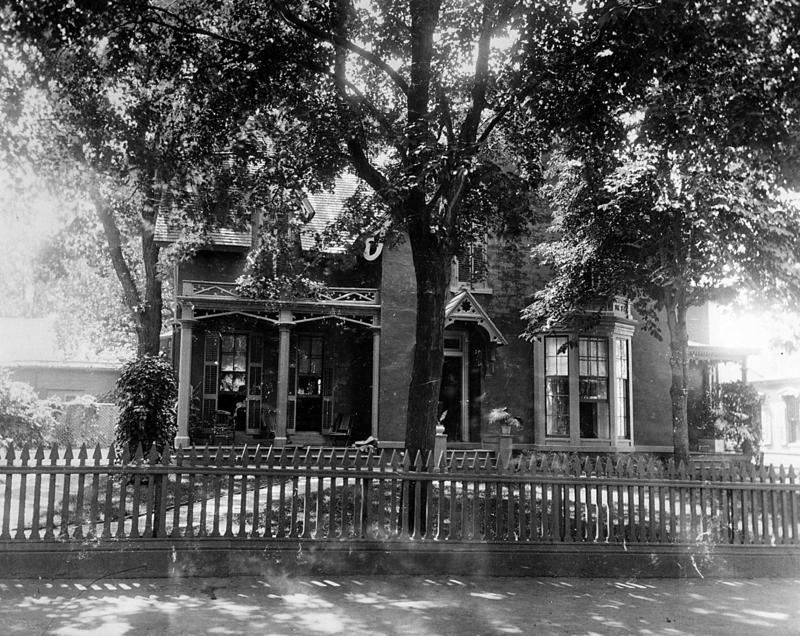
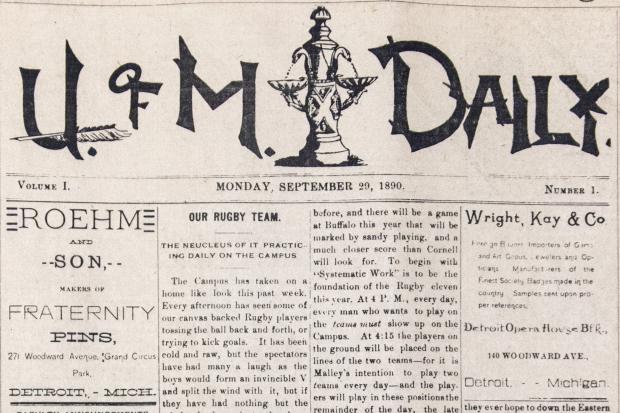
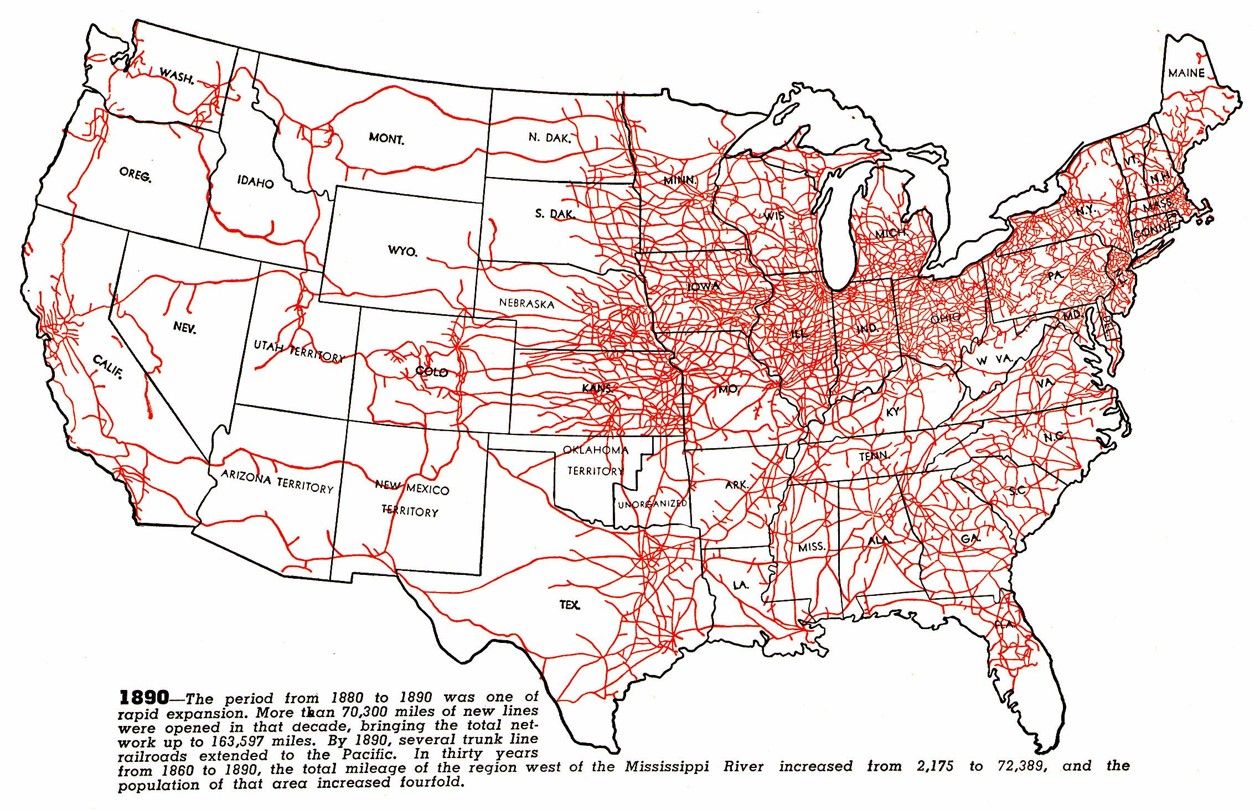
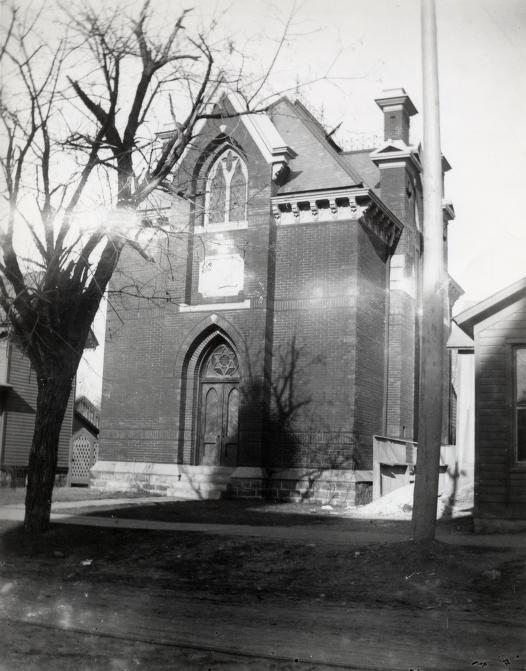
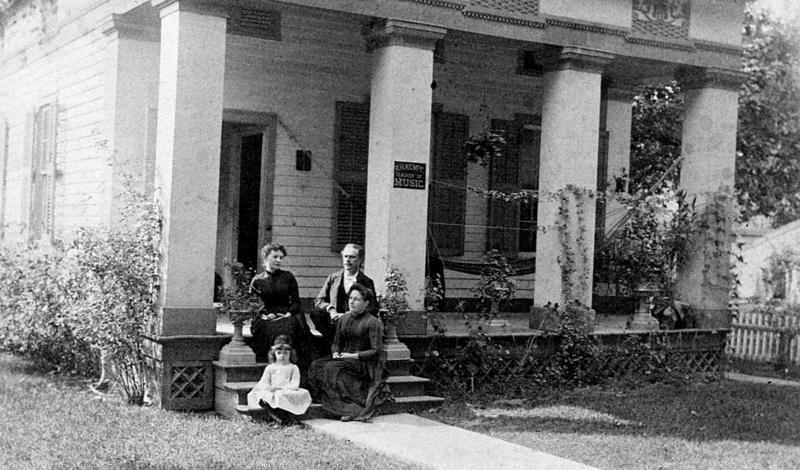 s
s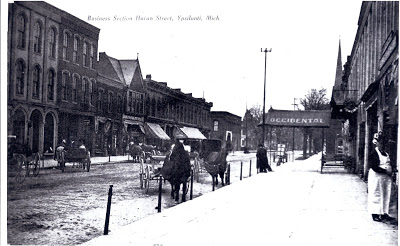
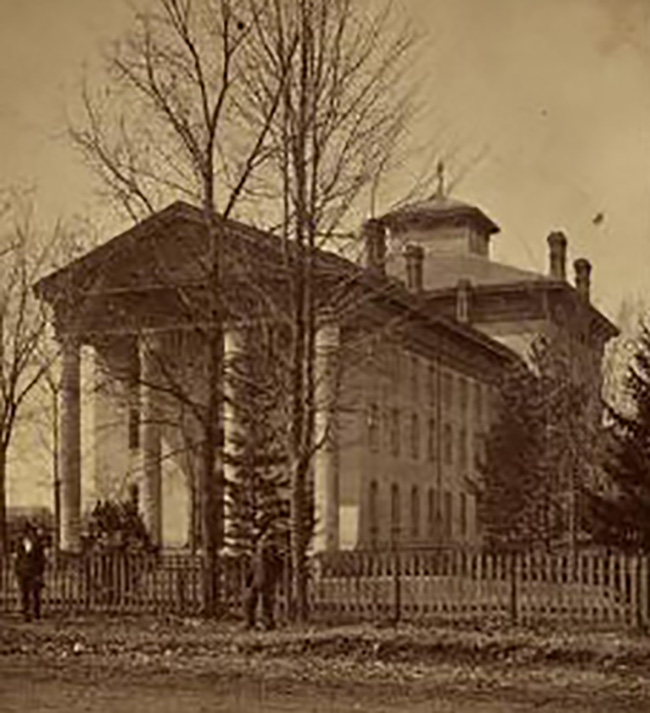
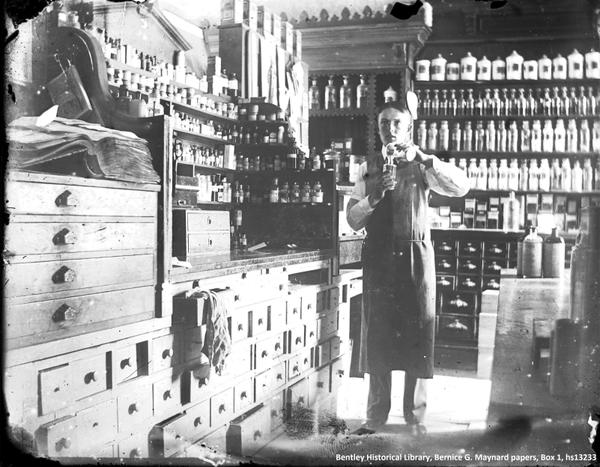
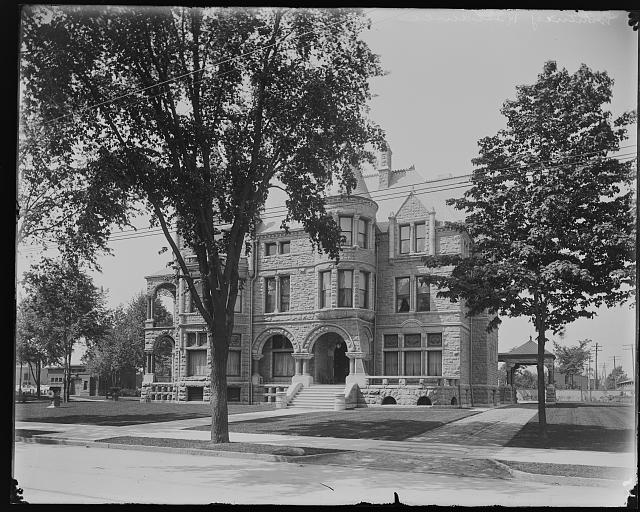

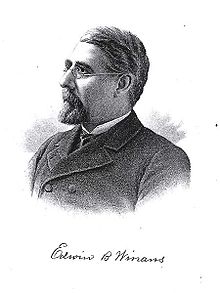
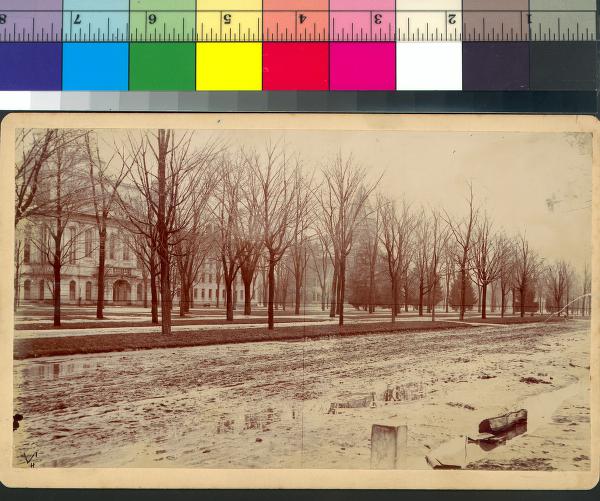
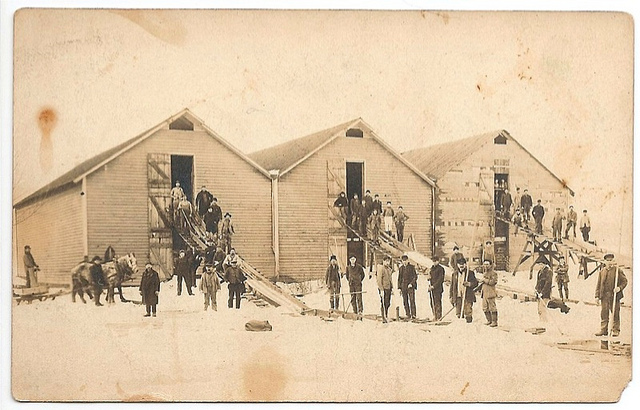
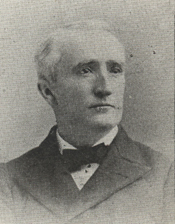
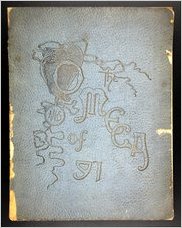
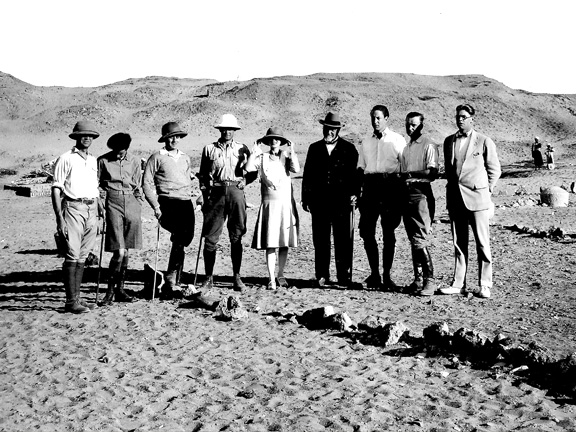
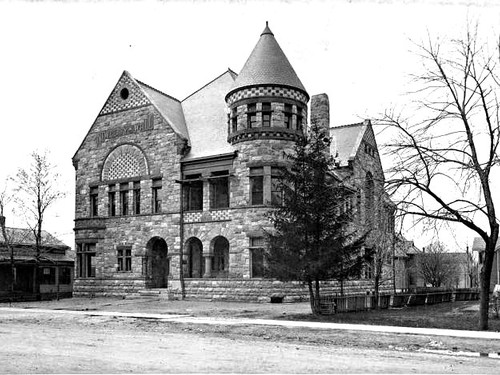
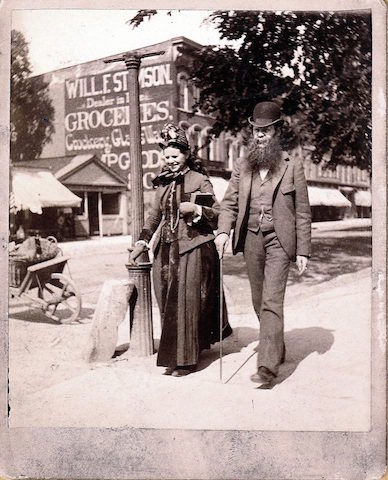
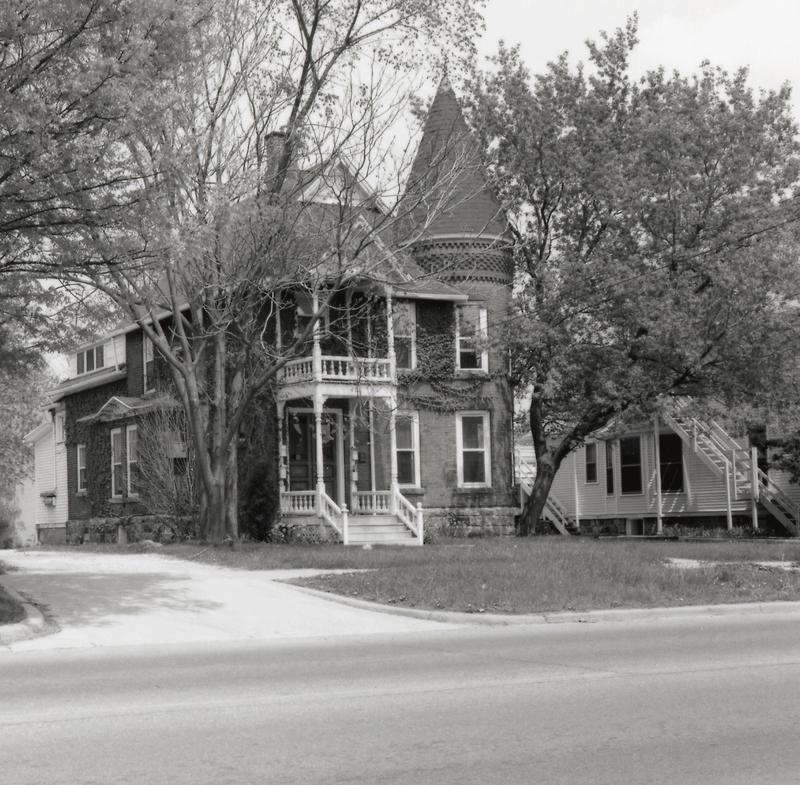

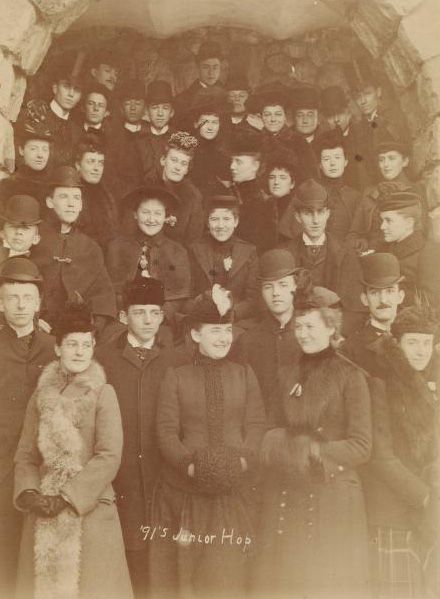
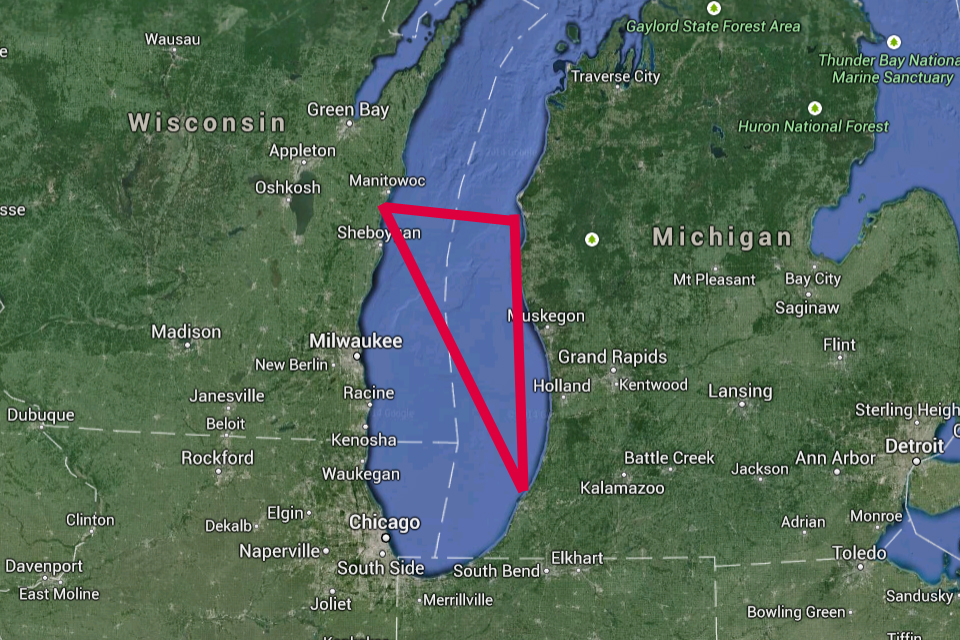
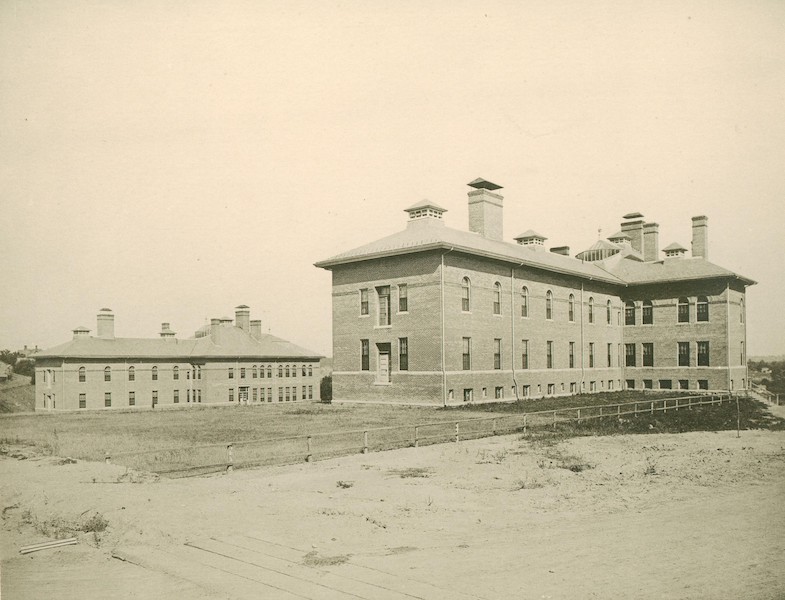
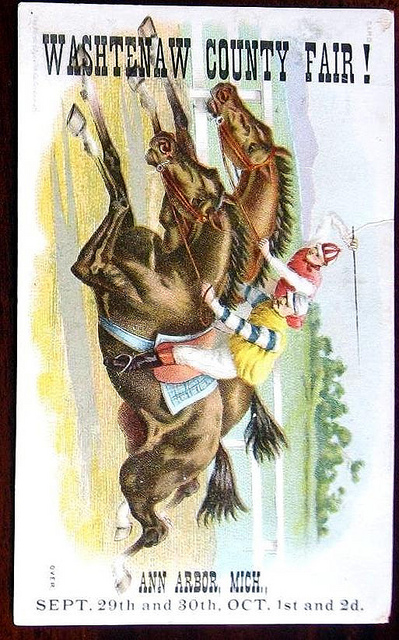
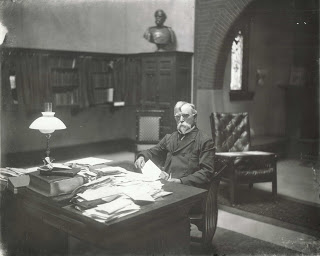
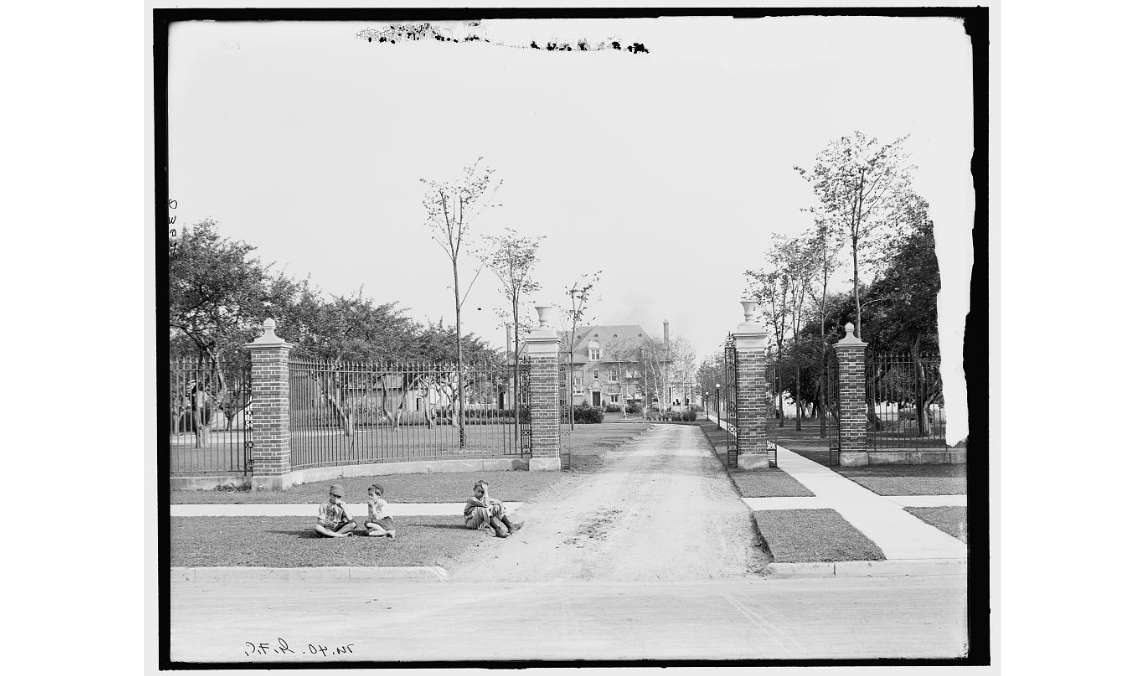
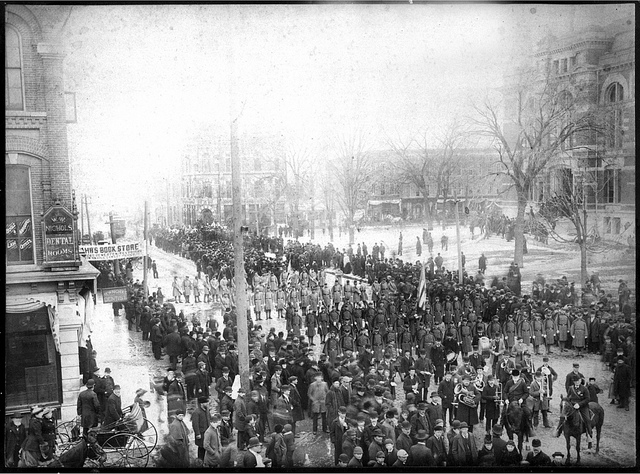
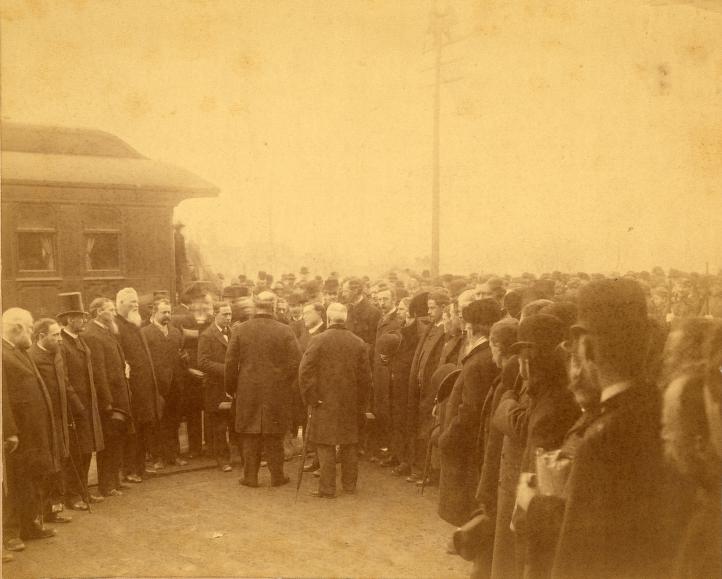
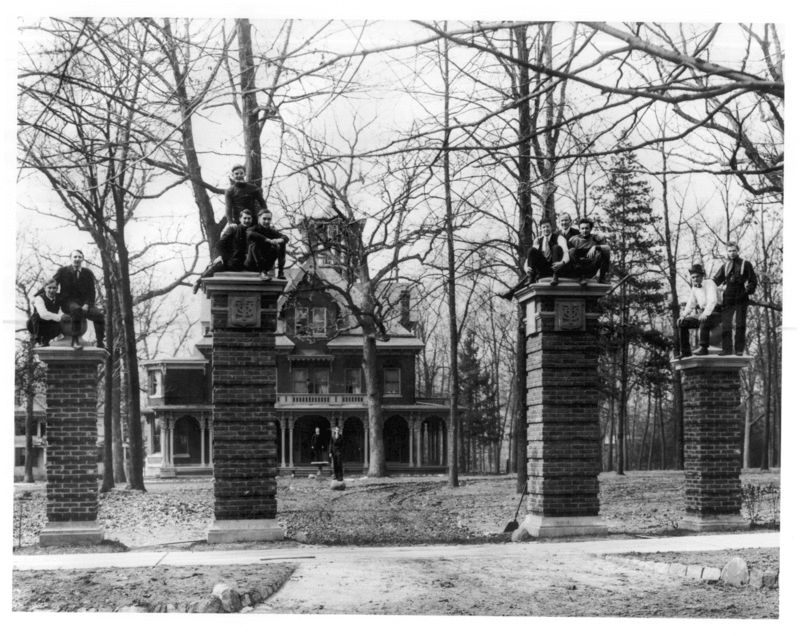
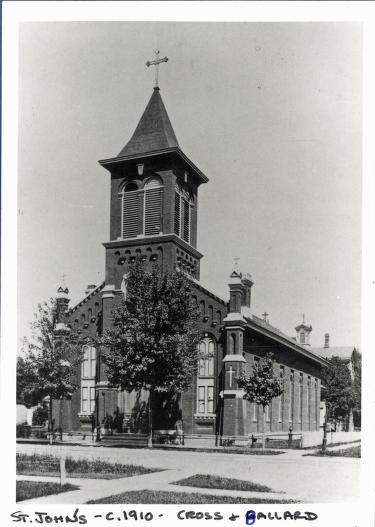

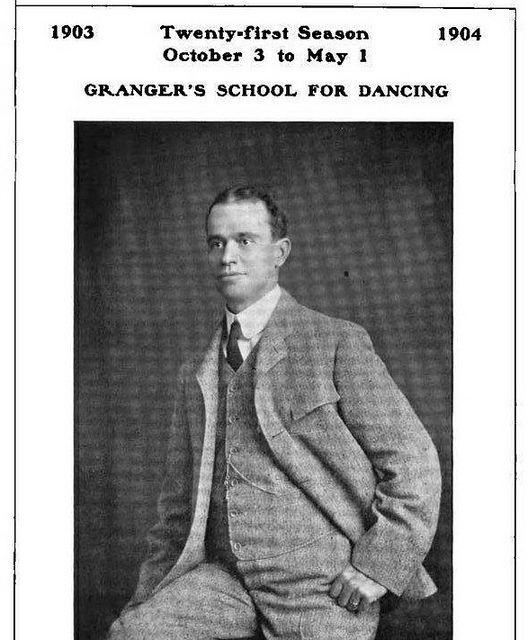
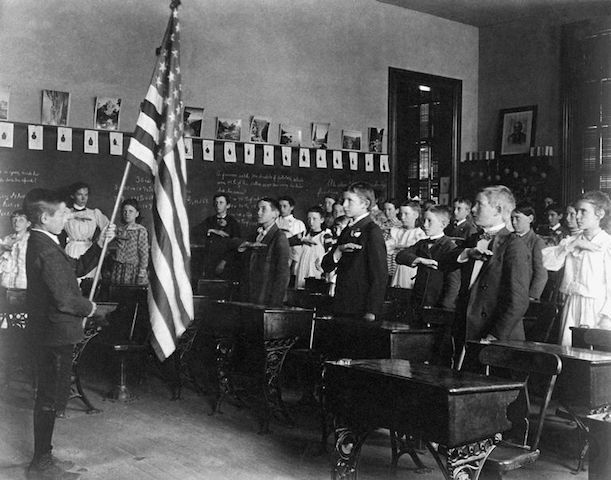
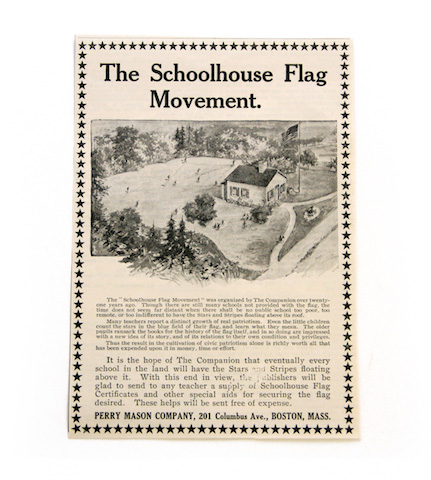
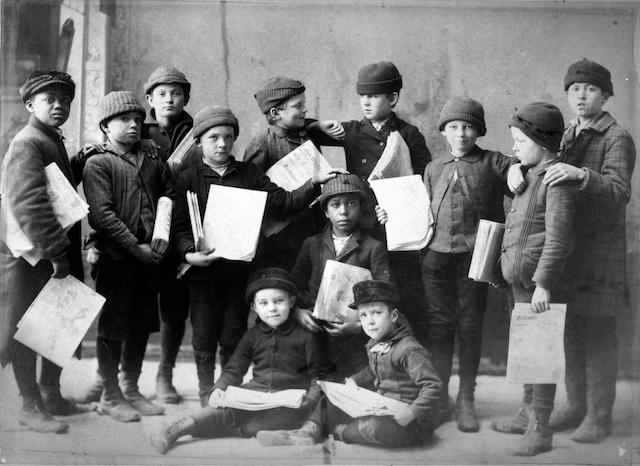

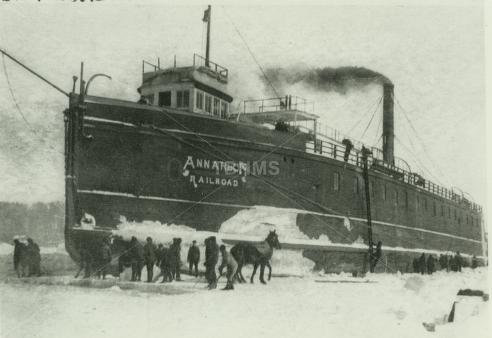
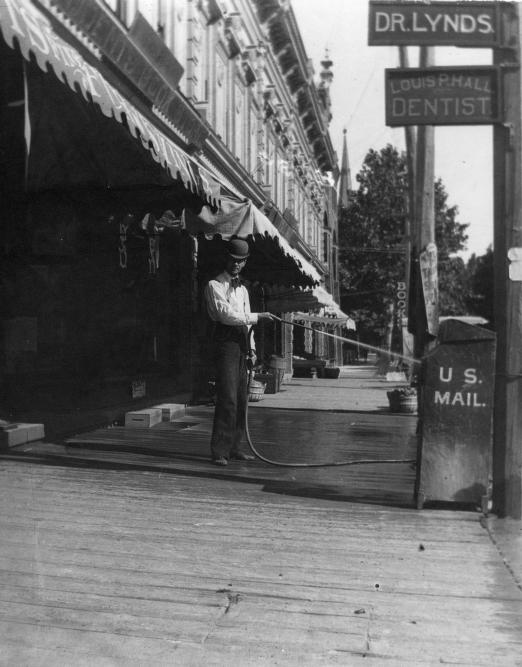
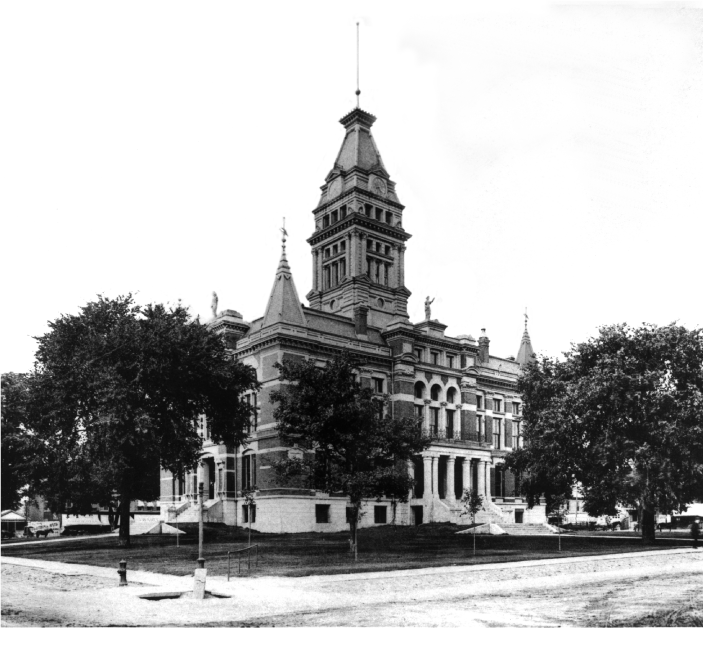
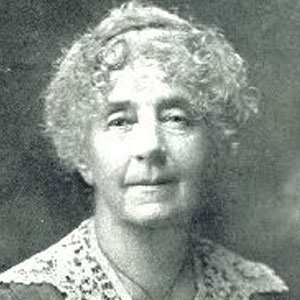
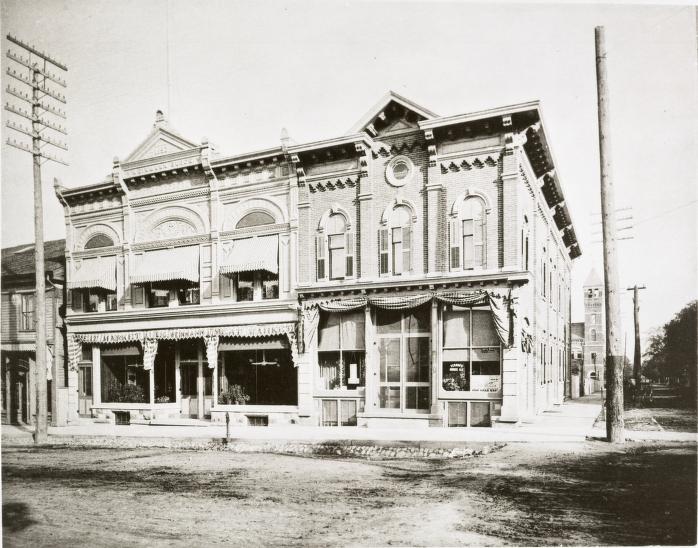
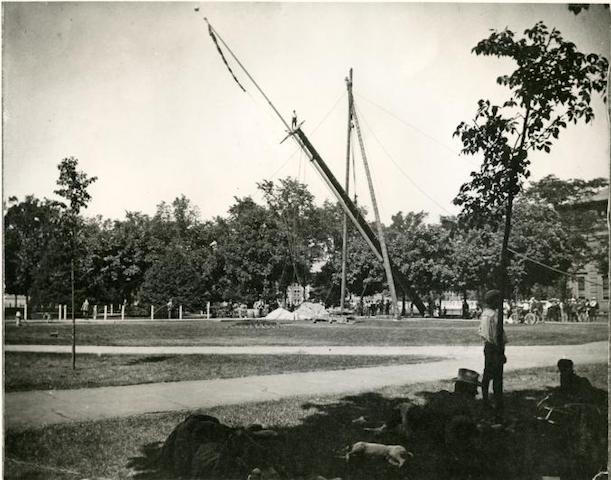
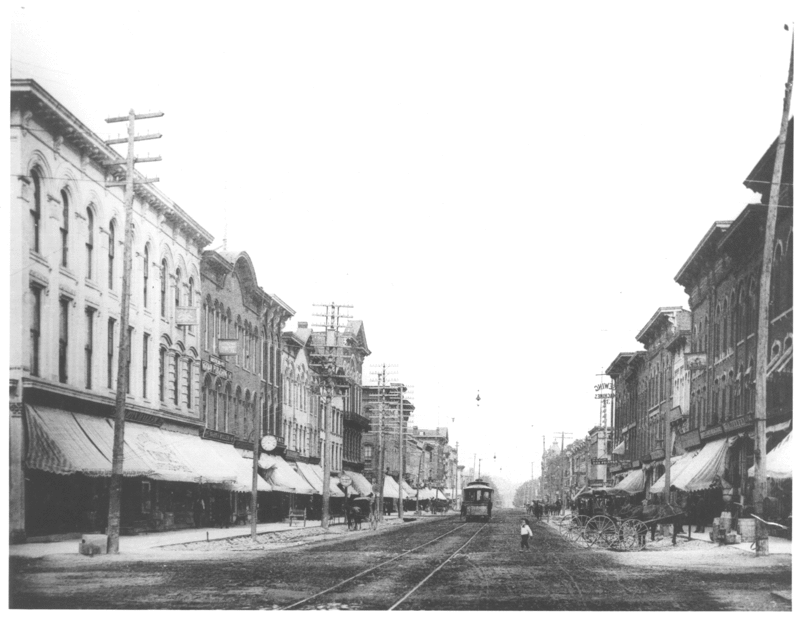

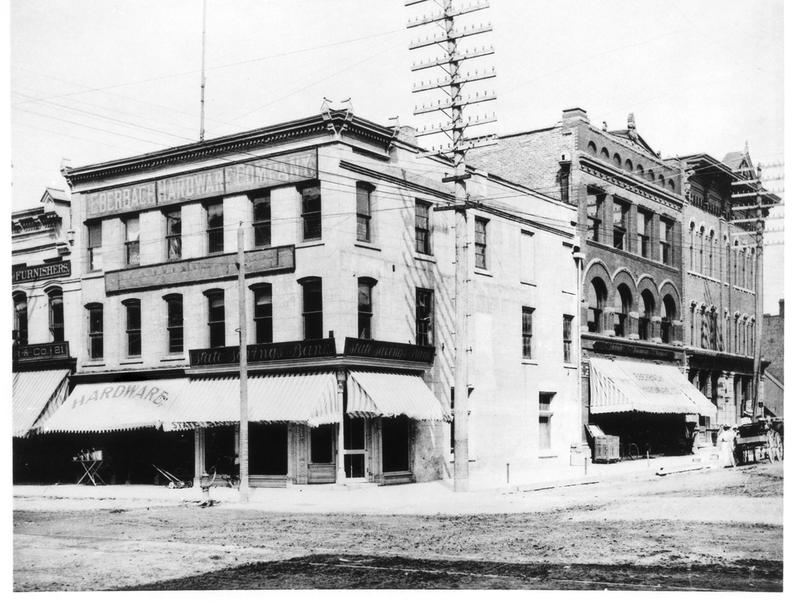
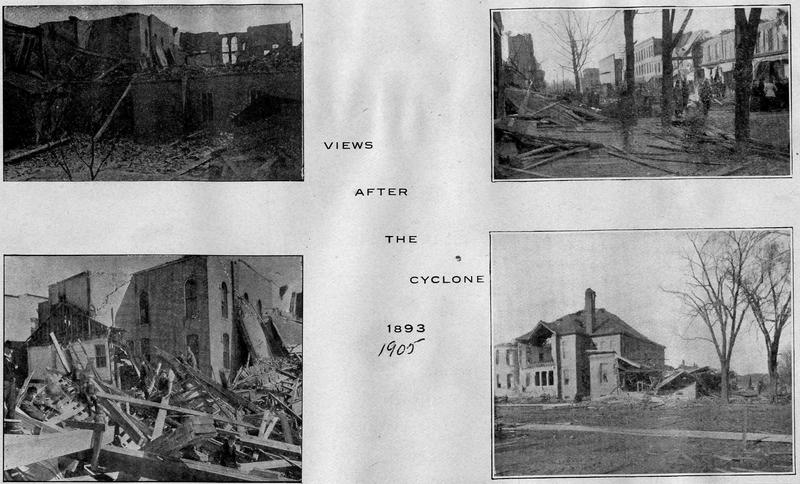
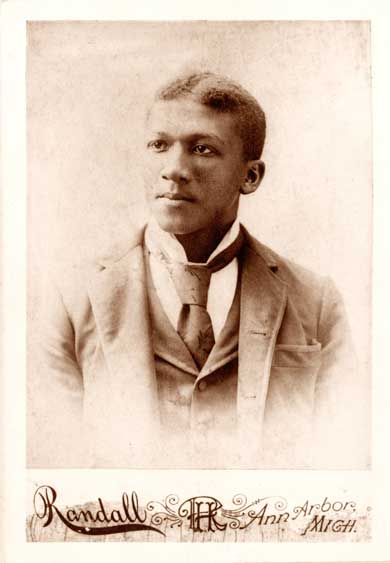
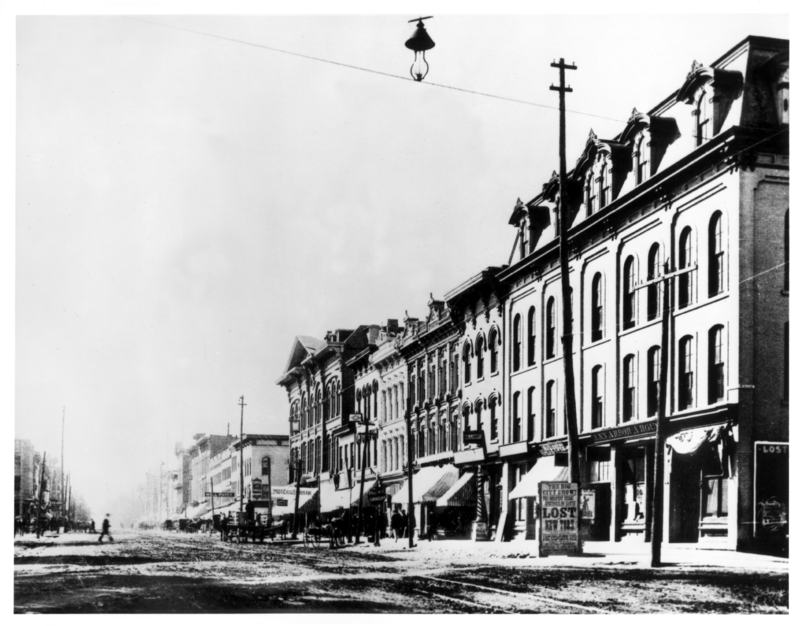
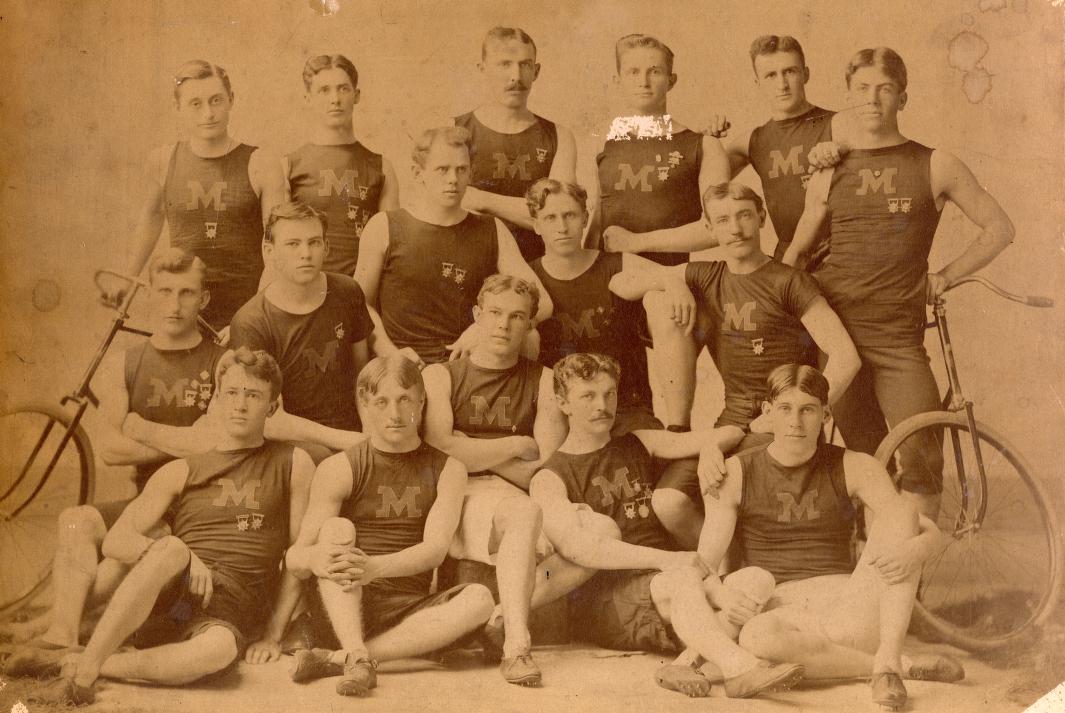
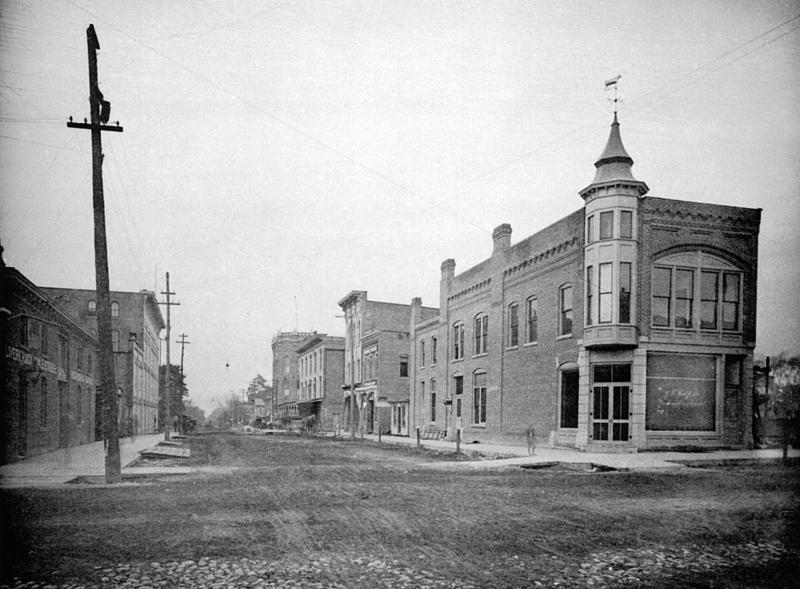
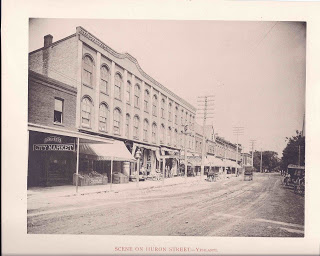

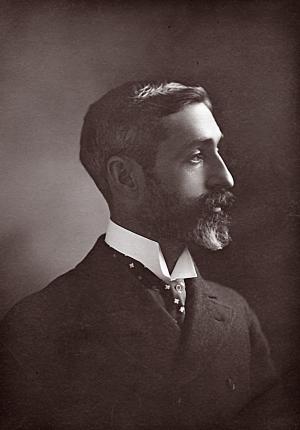
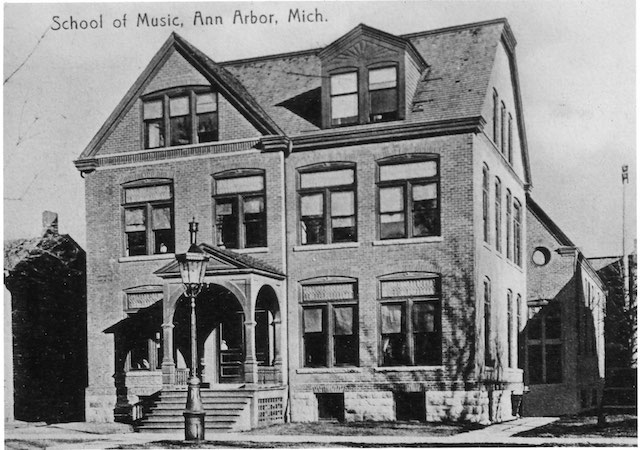
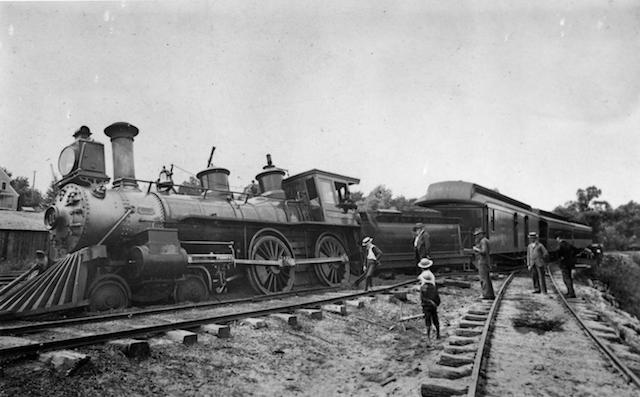
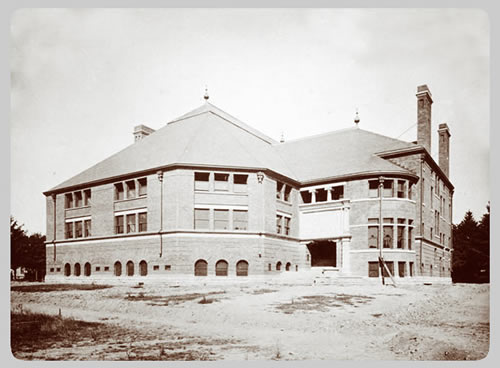
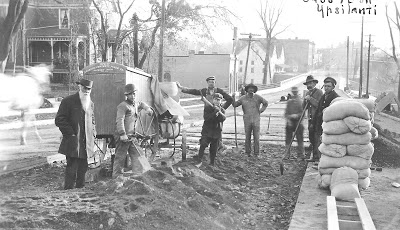

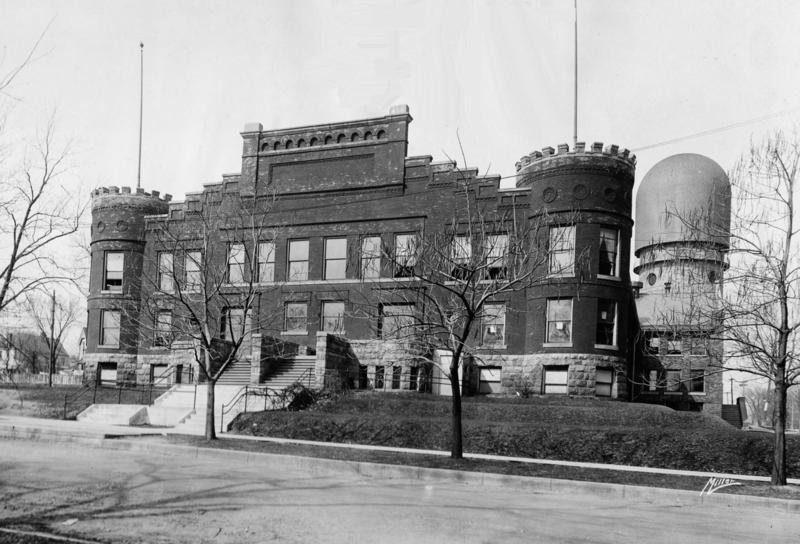
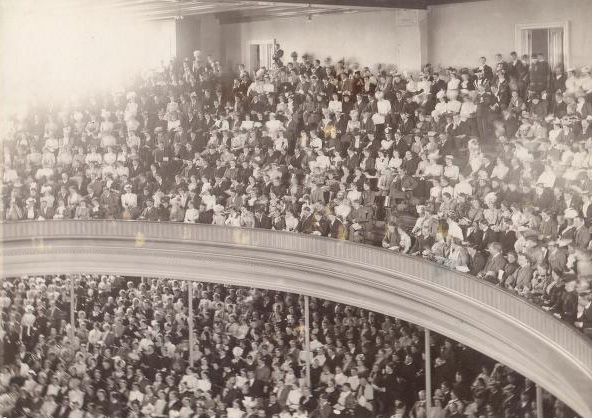
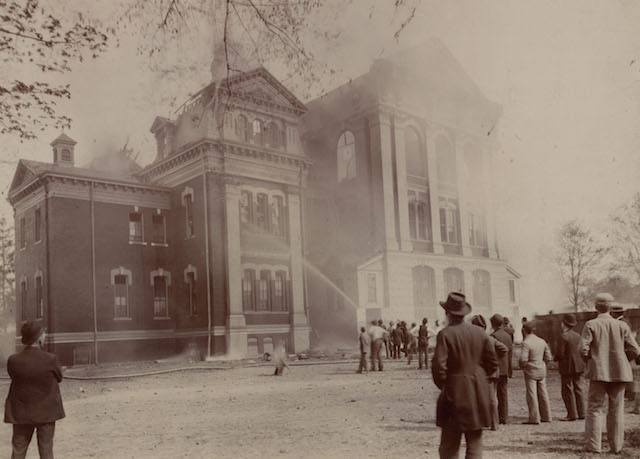



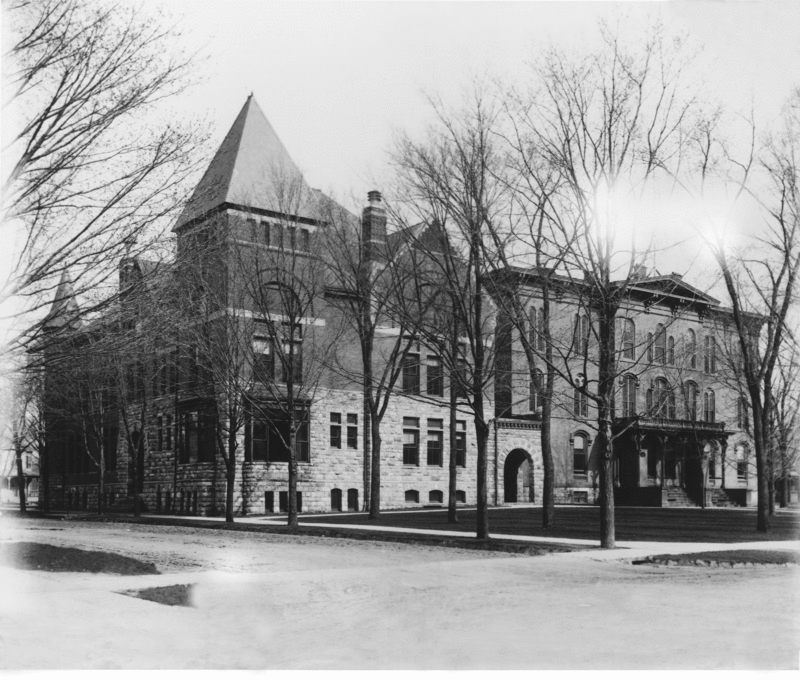
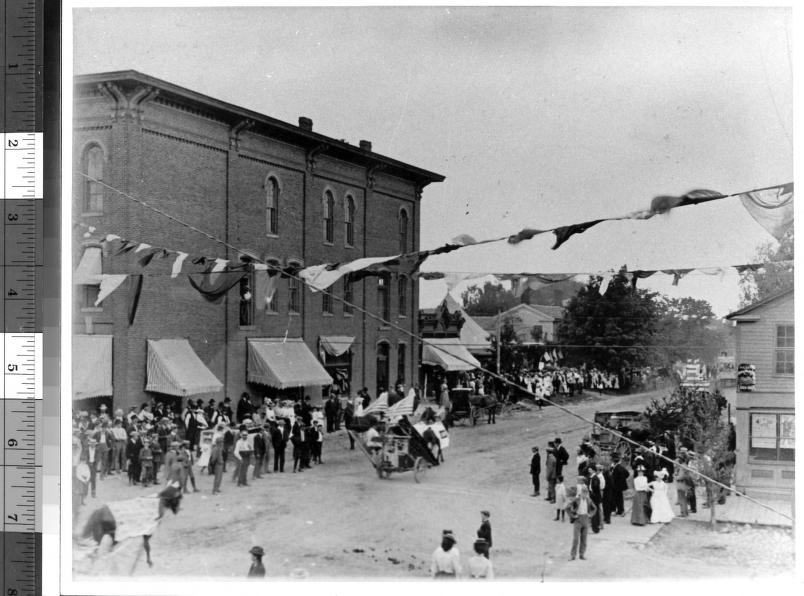
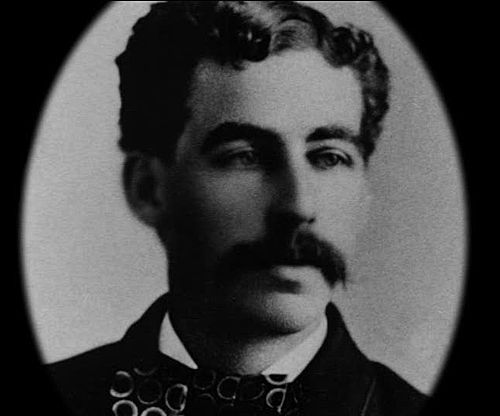
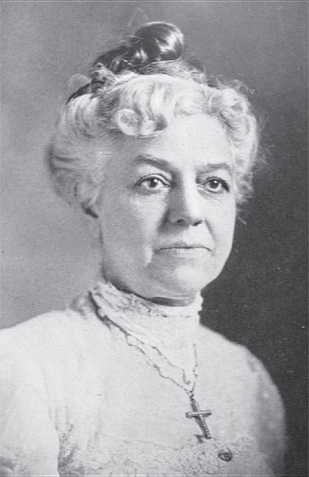
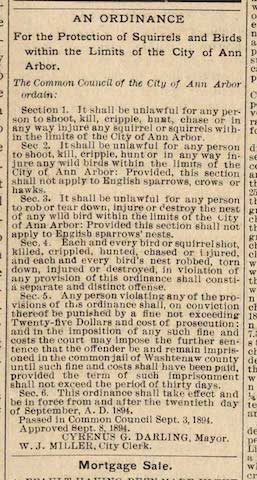
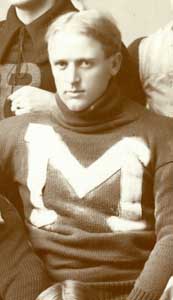
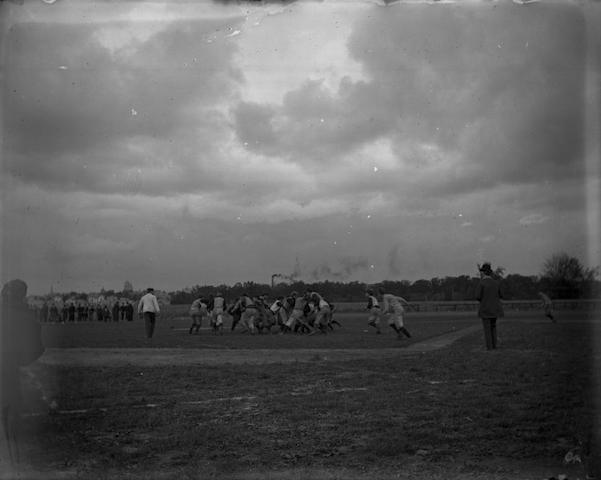
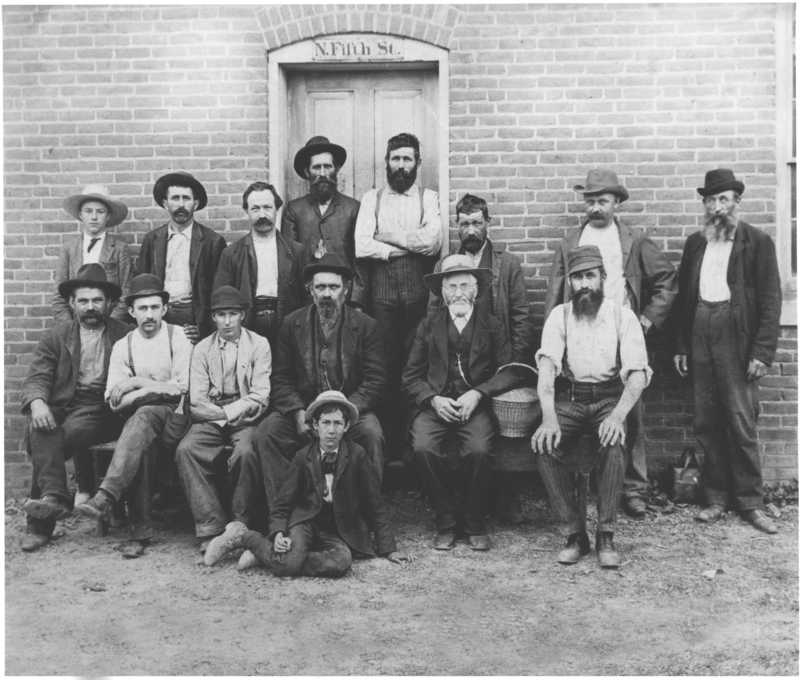
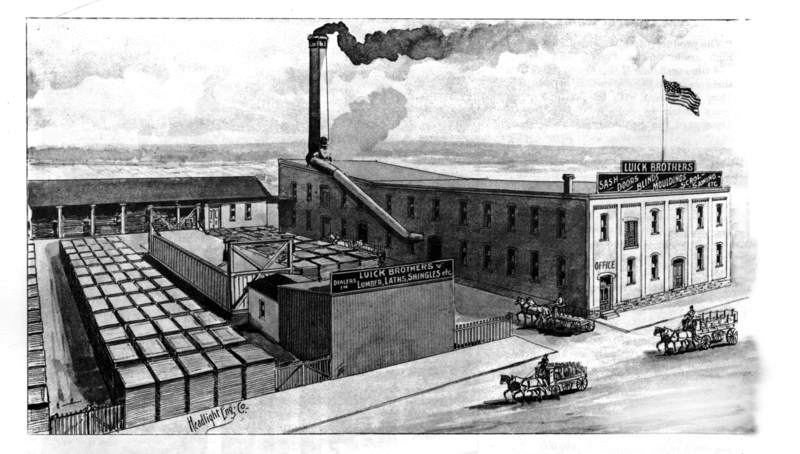
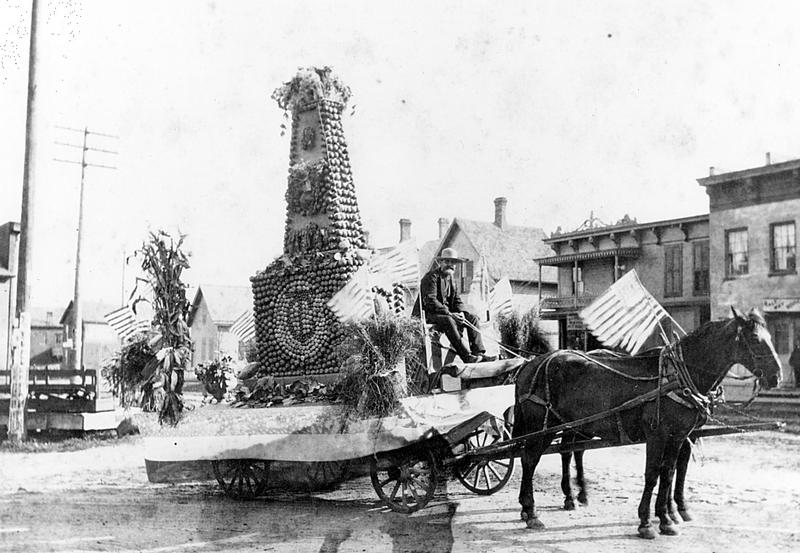
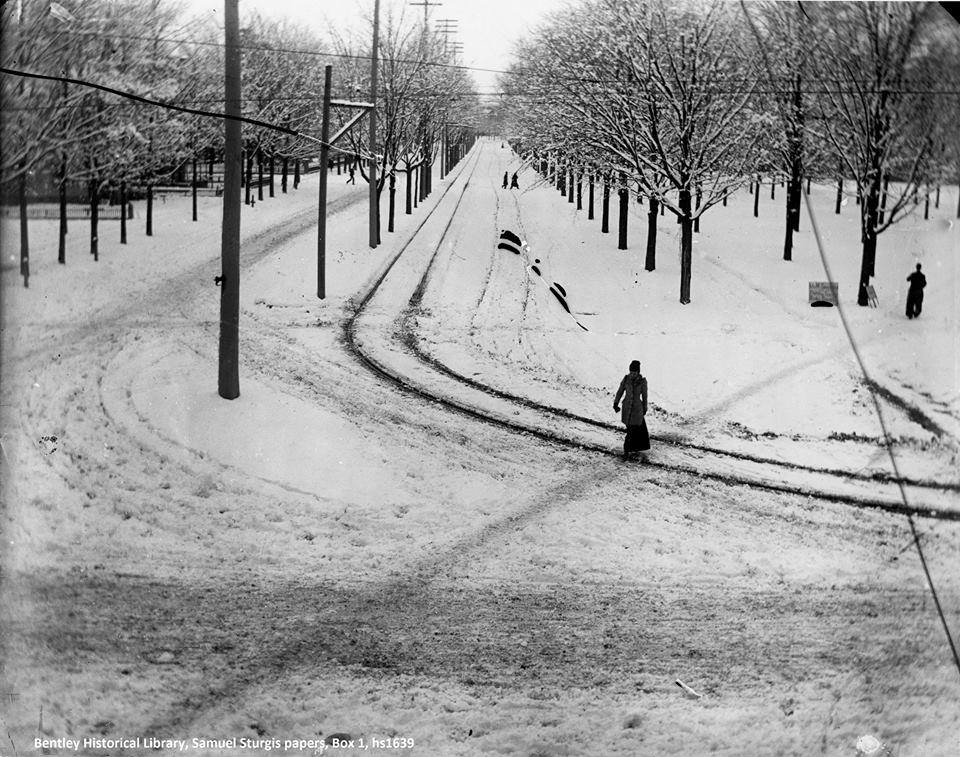
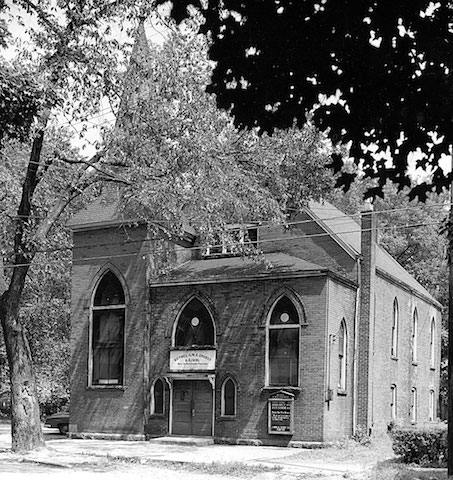
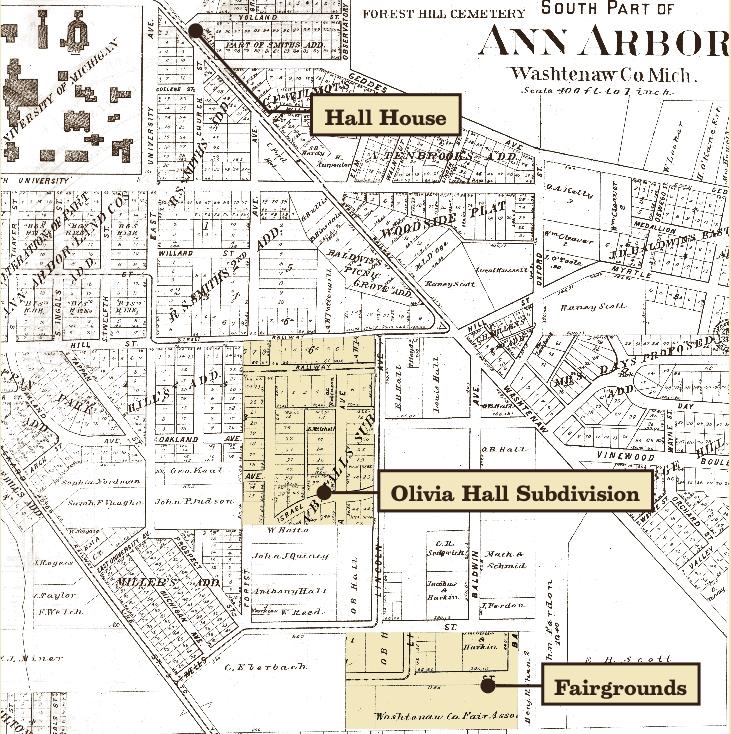
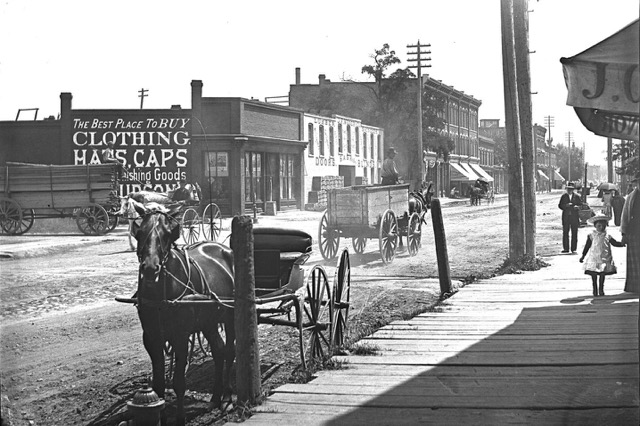
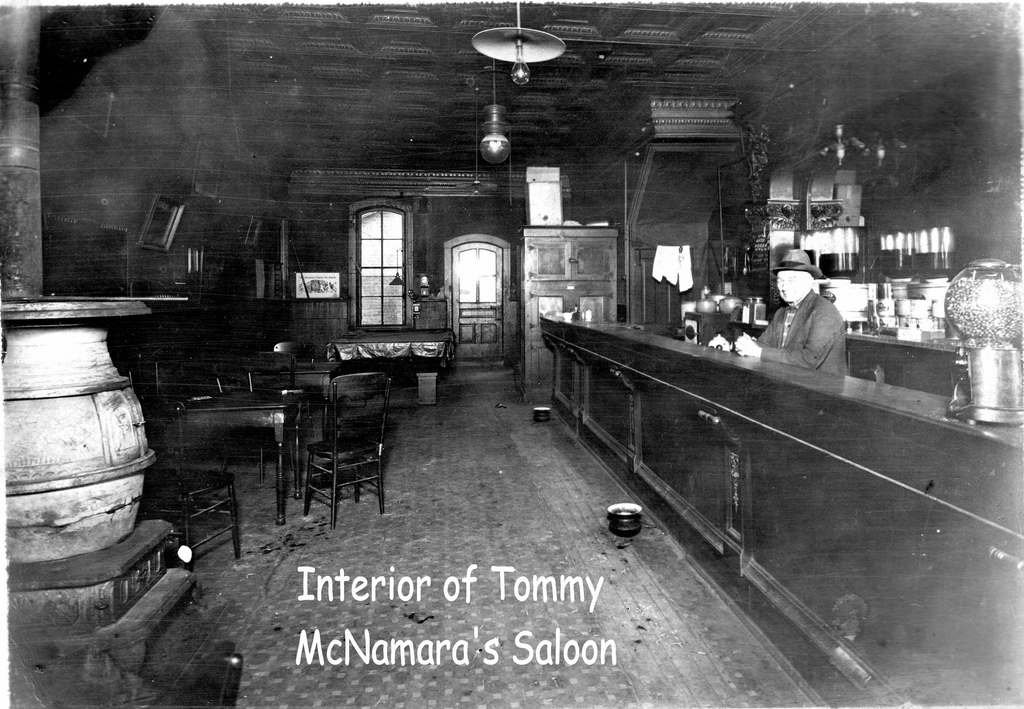
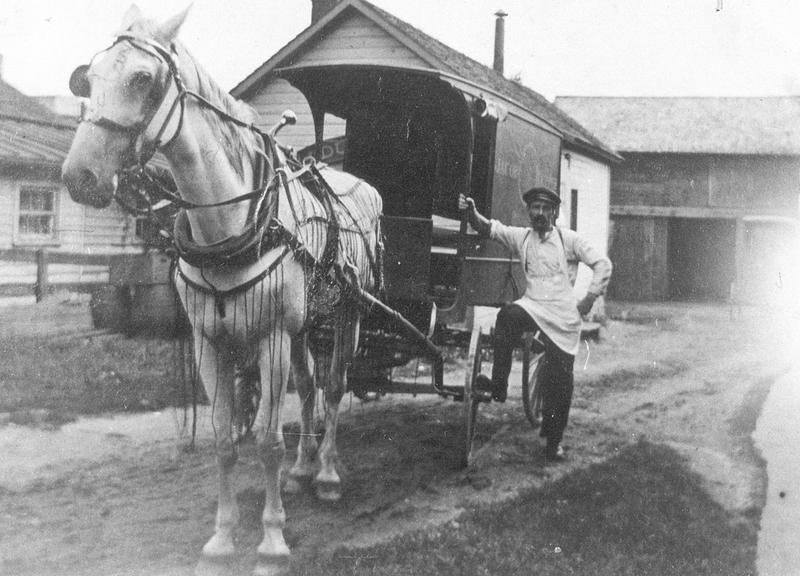
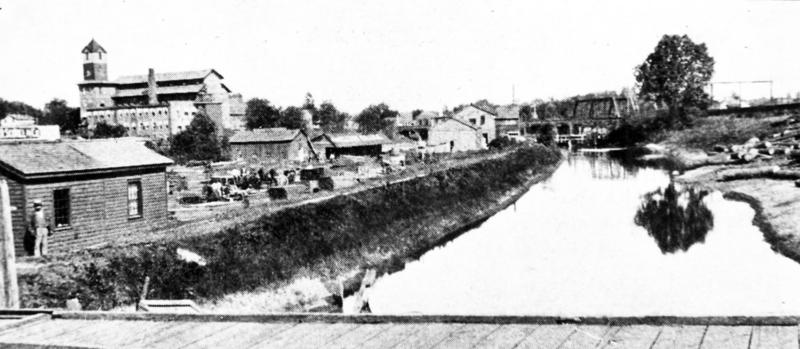
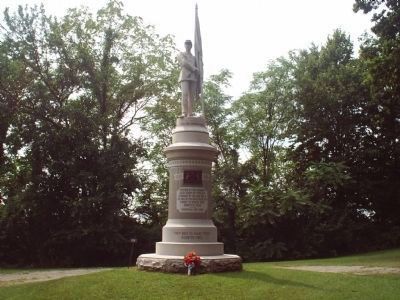
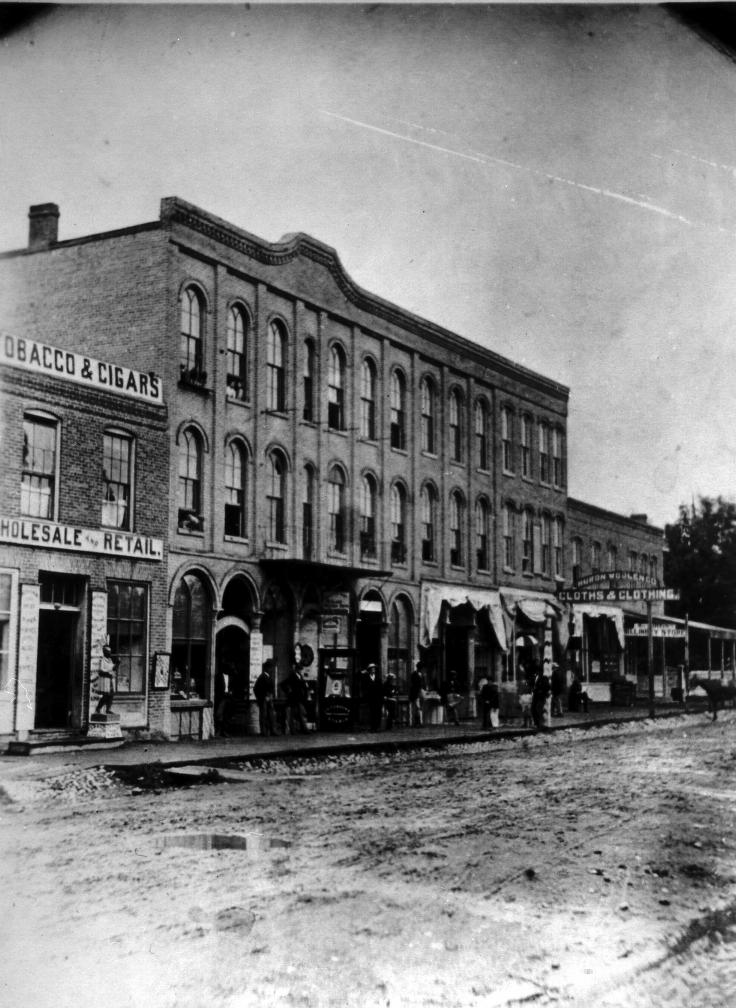
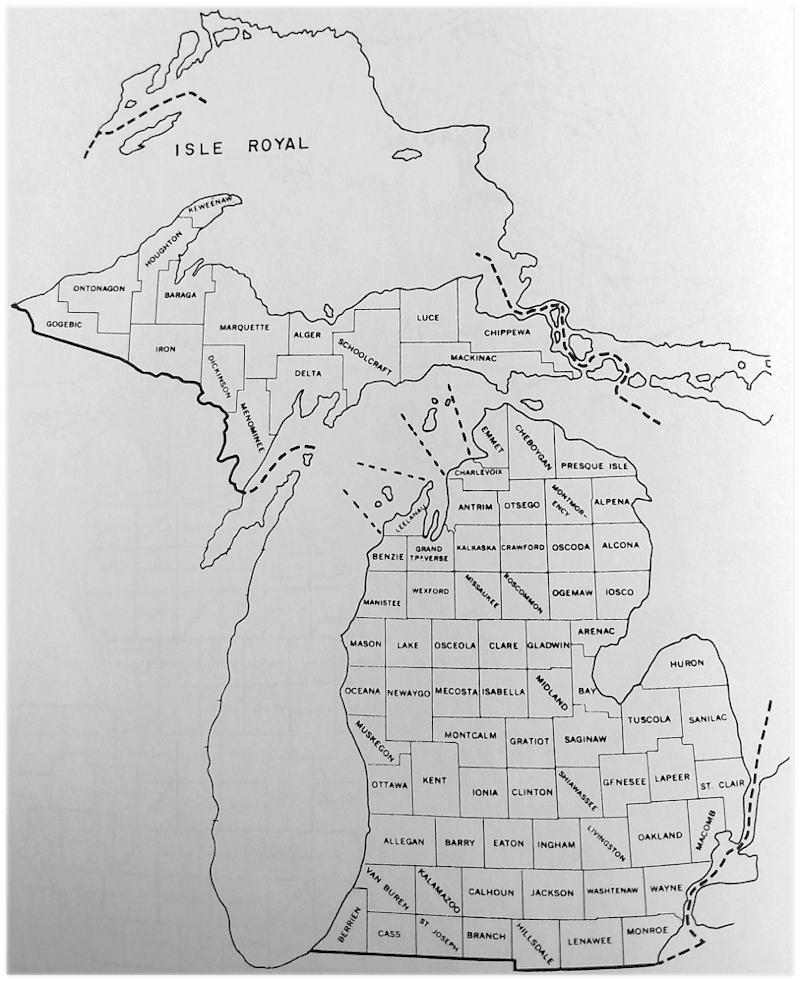
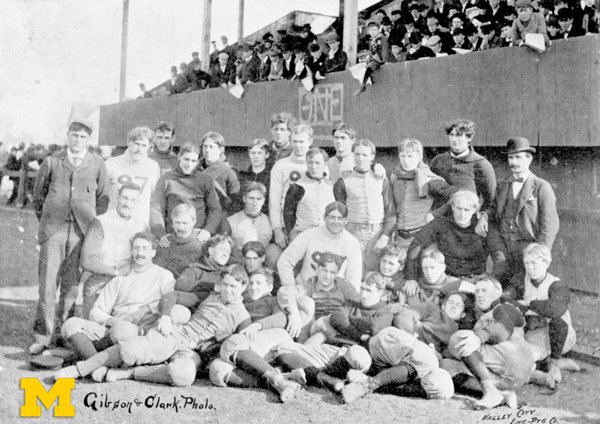
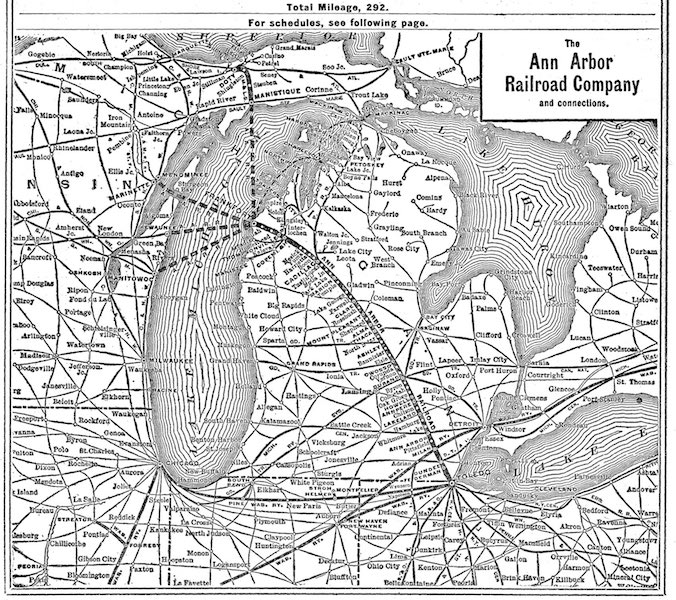
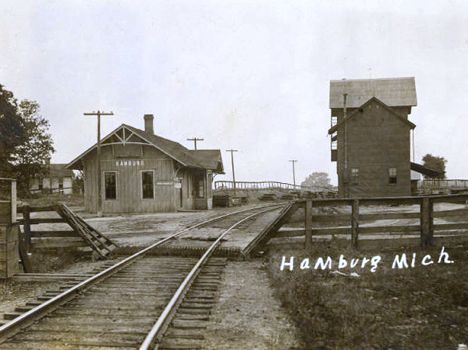
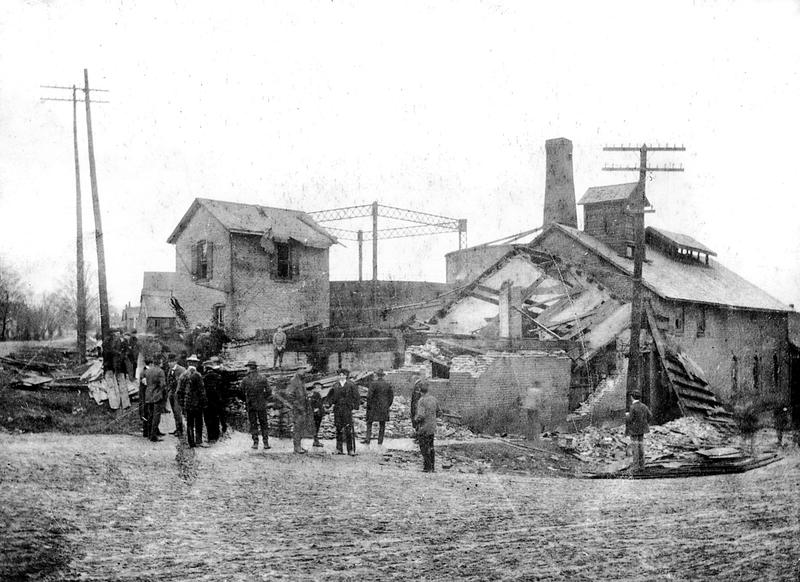

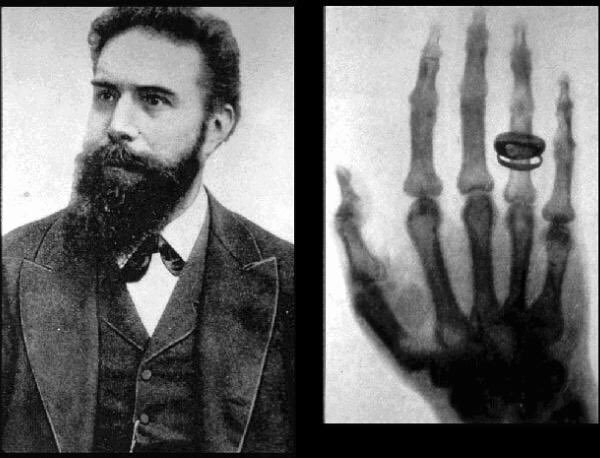
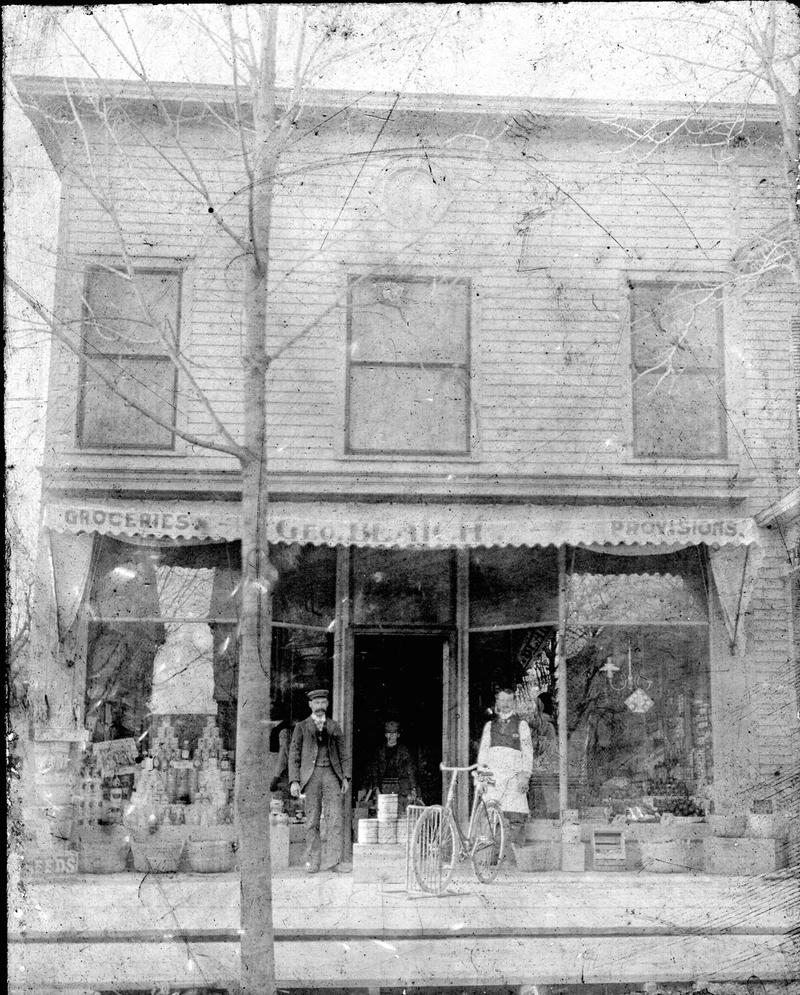

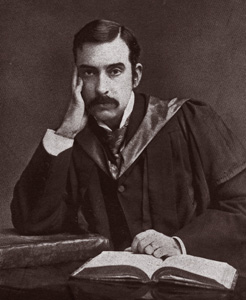
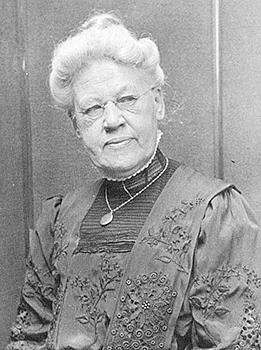
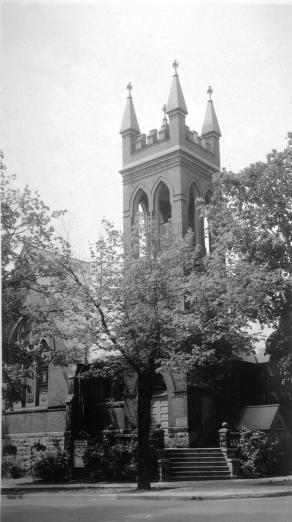
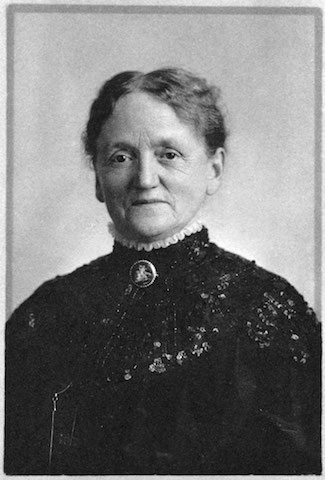
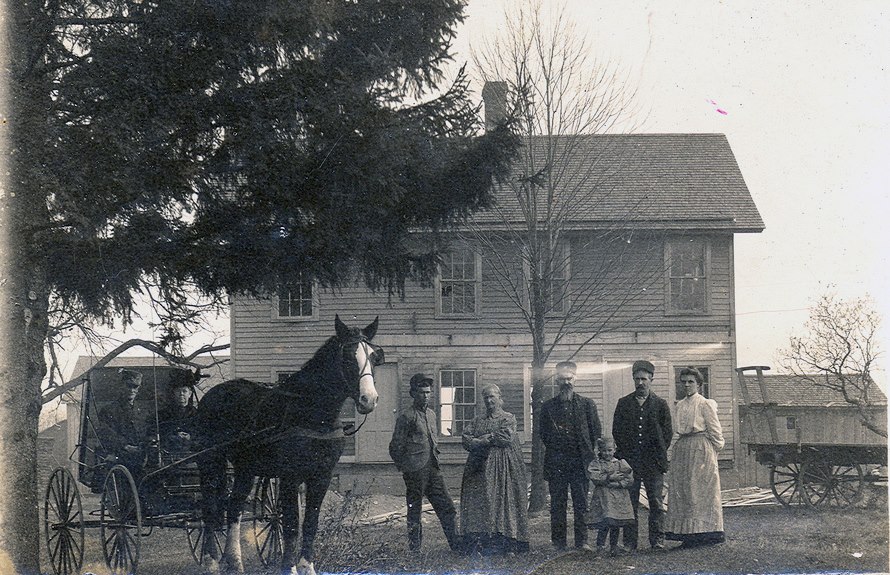
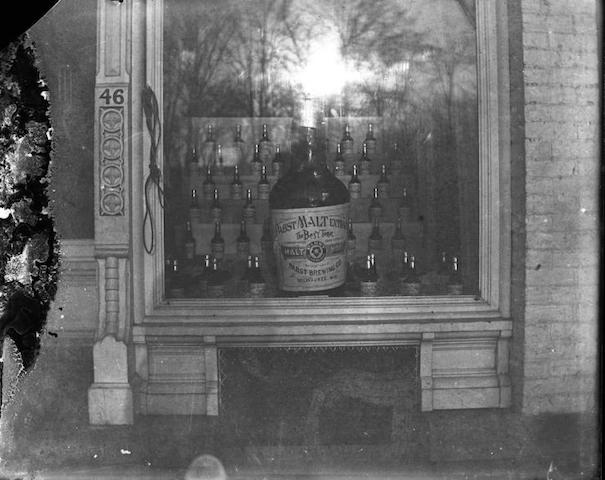
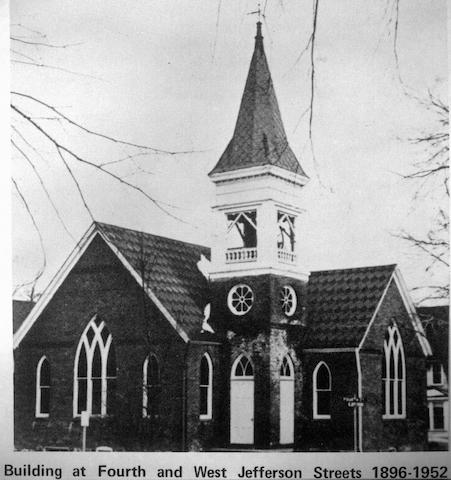
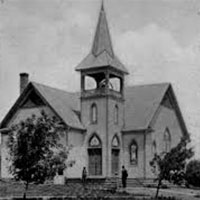

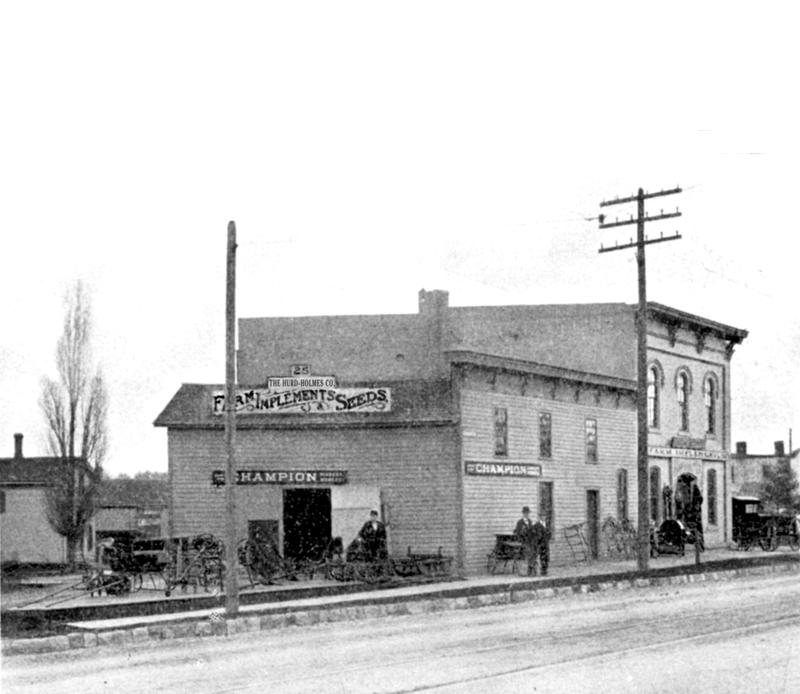

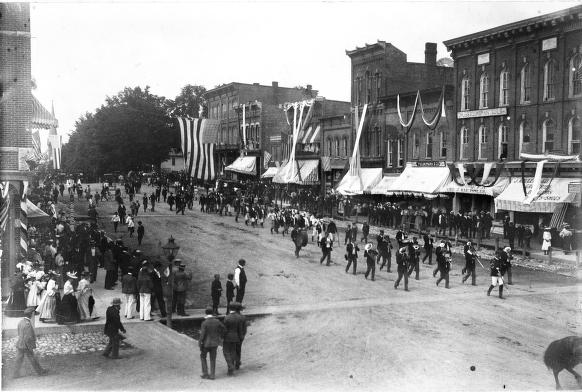
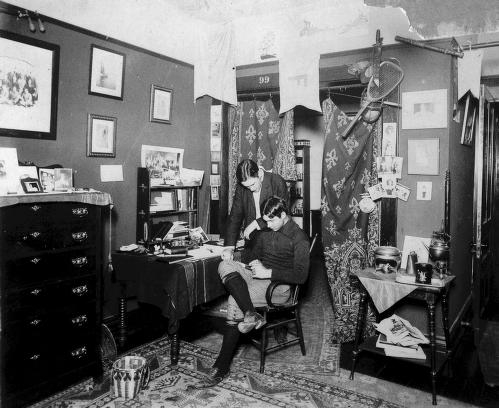
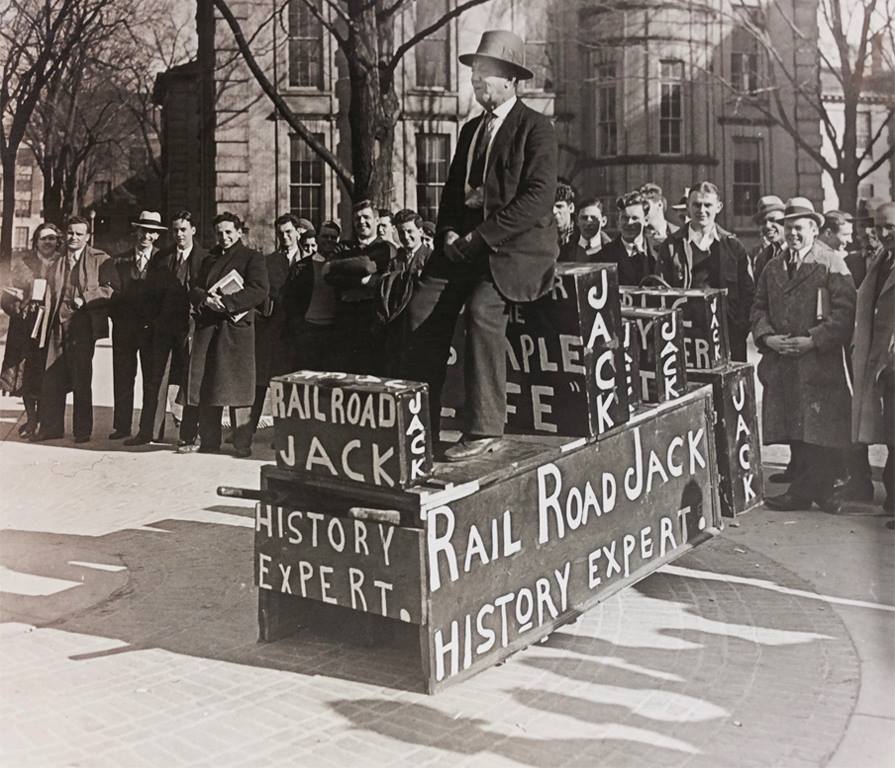
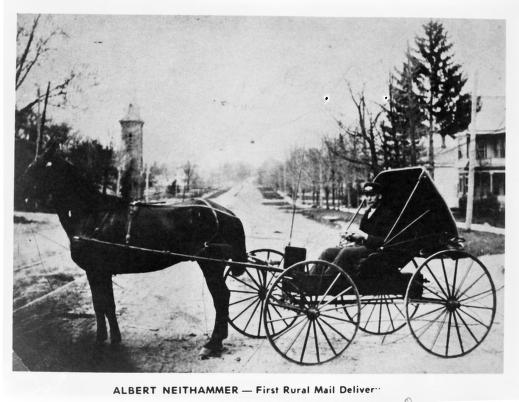
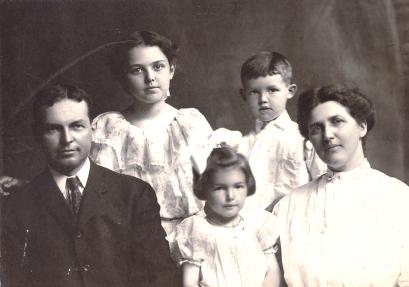


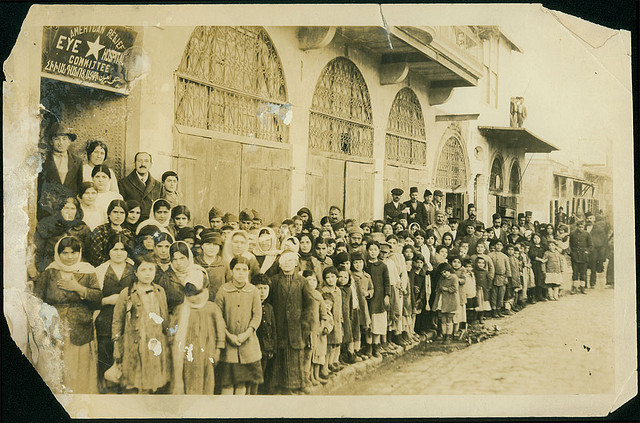

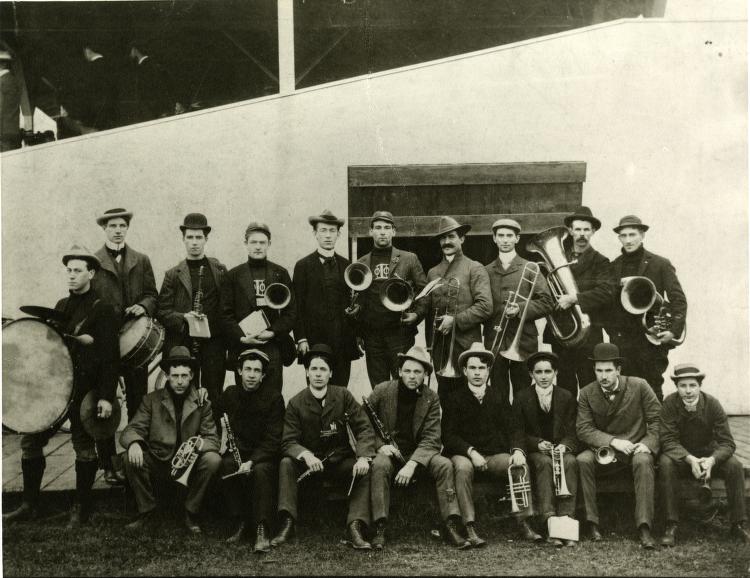
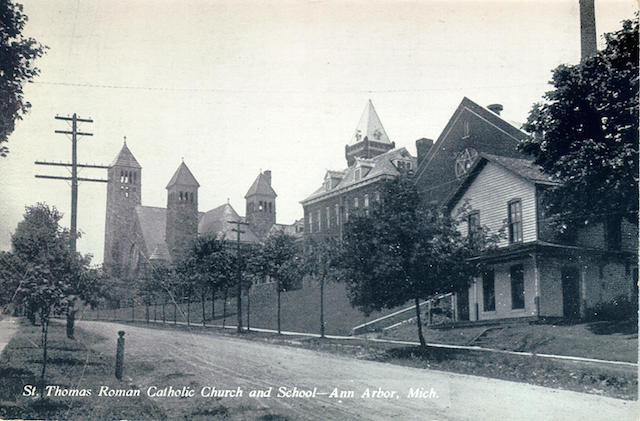
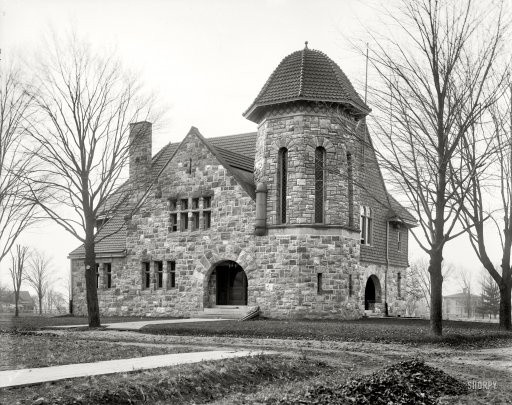

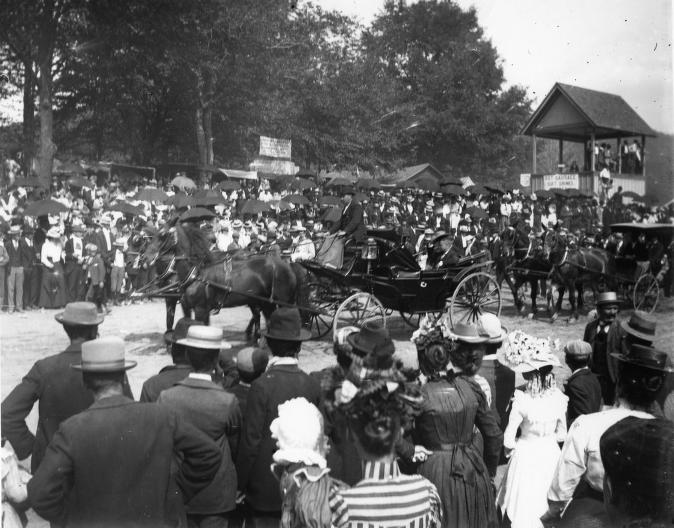
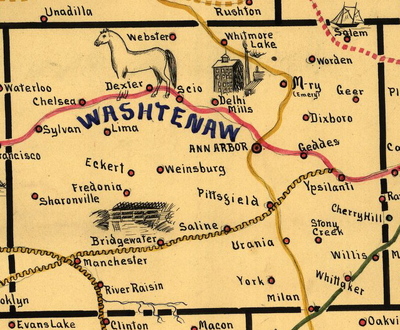
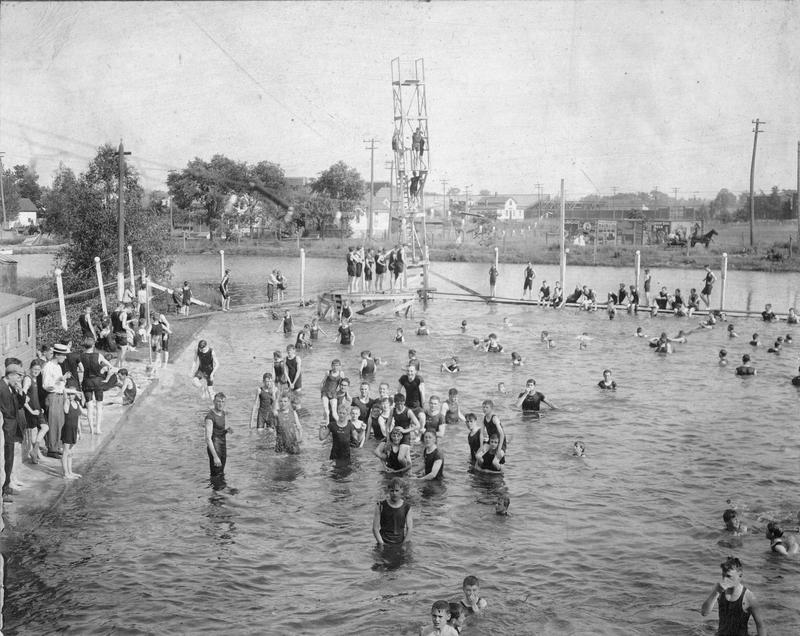
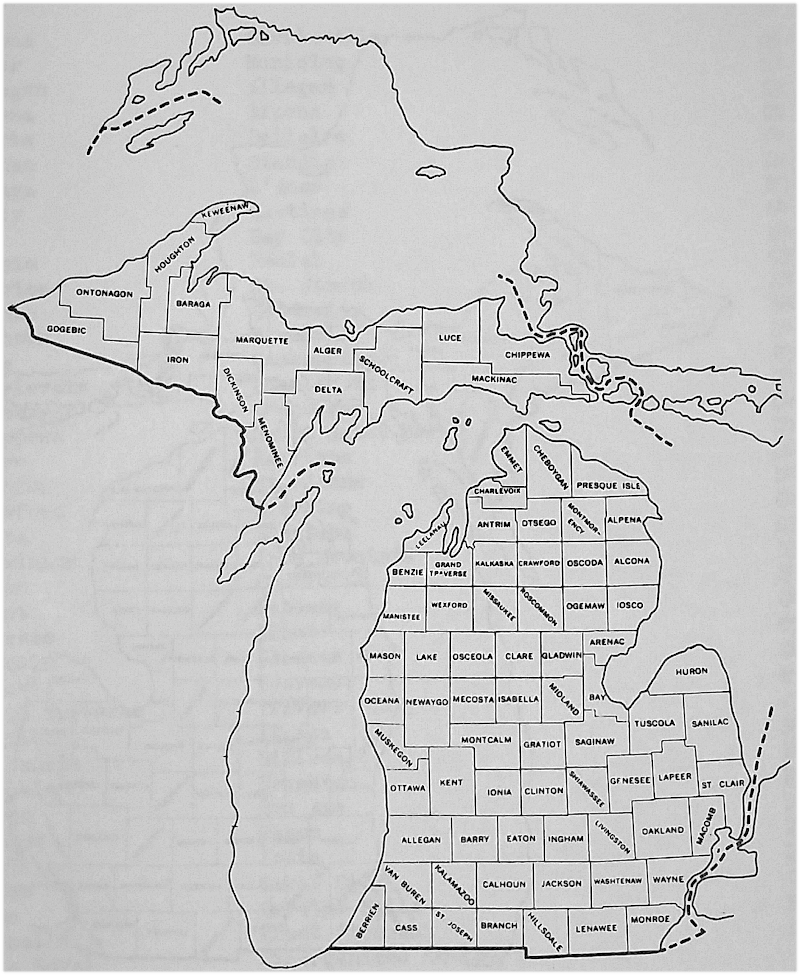
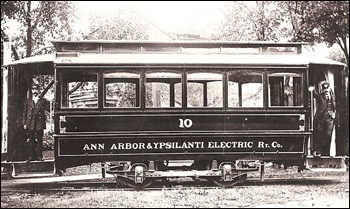
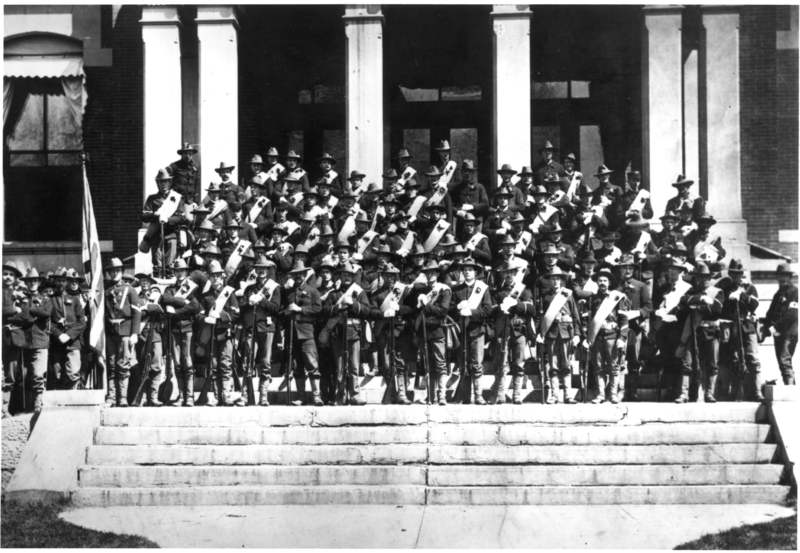
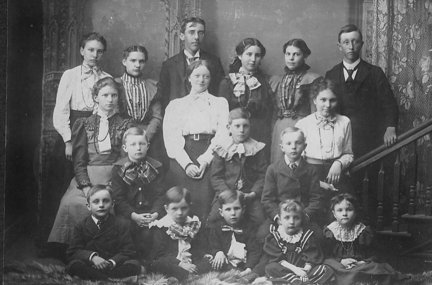

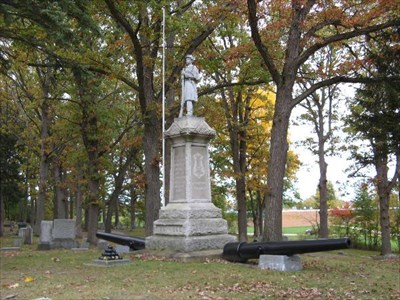
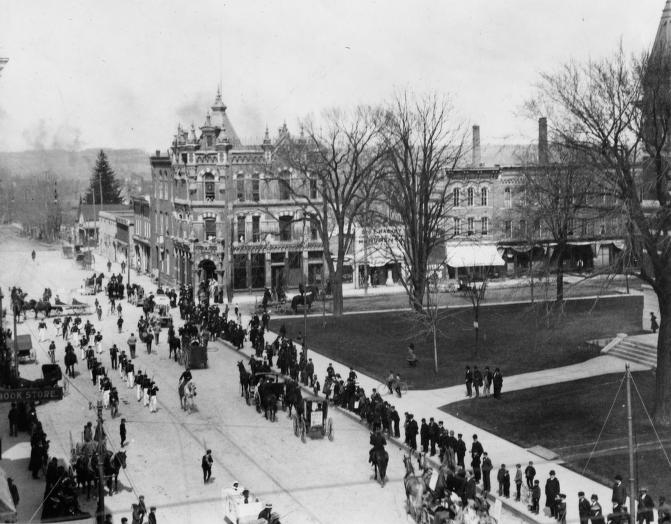
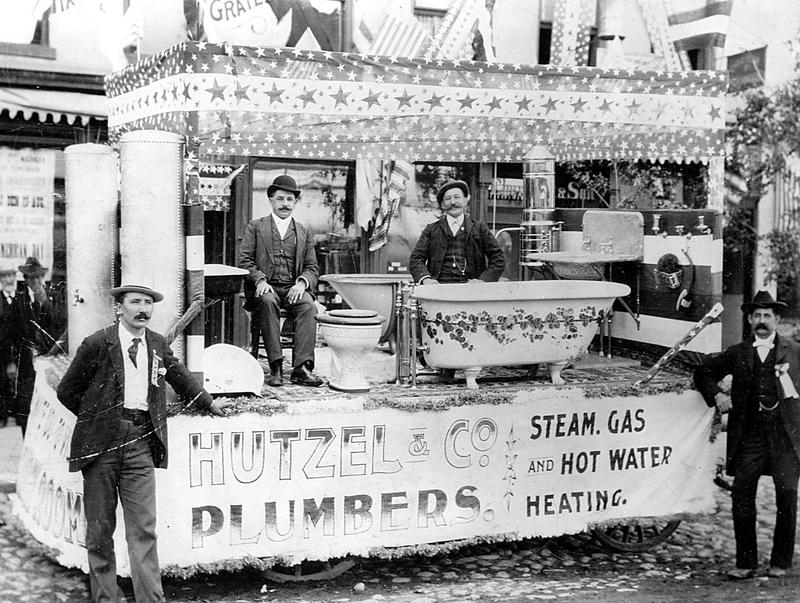
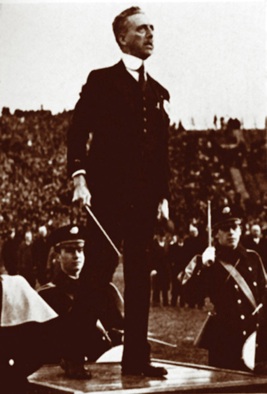
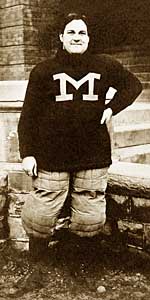
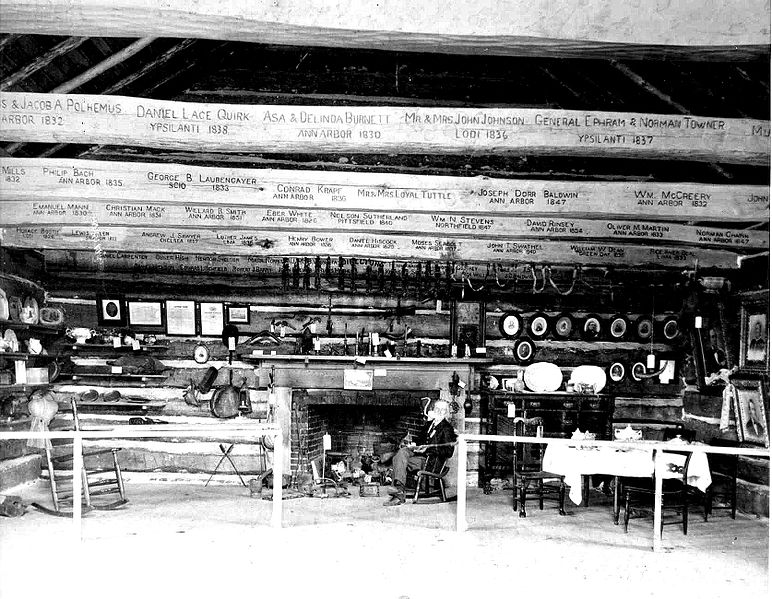
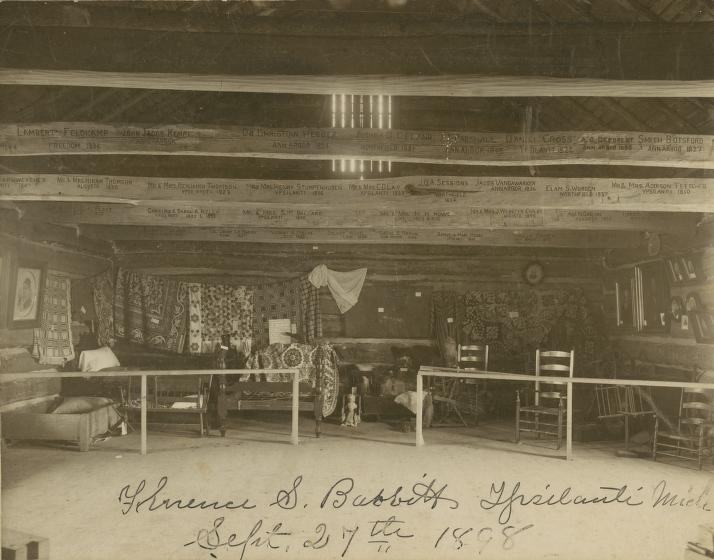
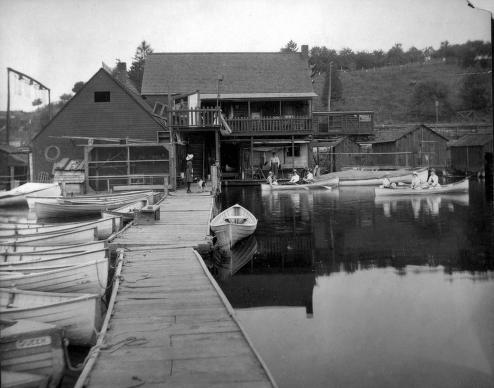
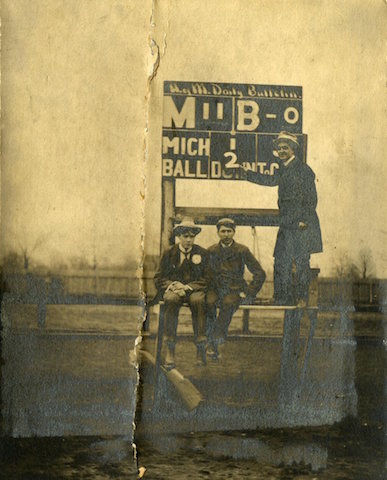

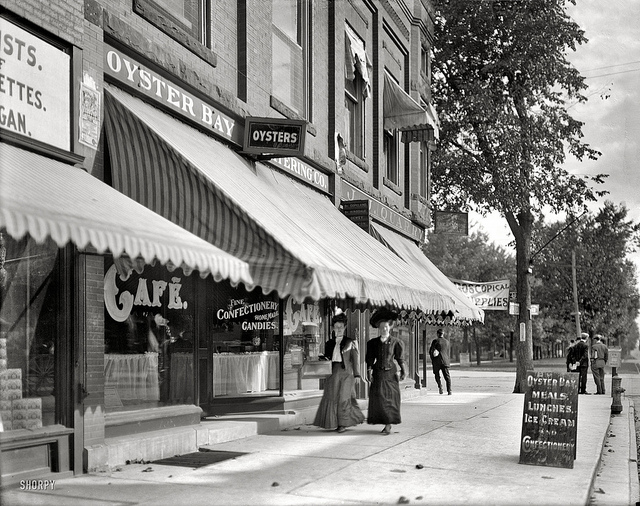
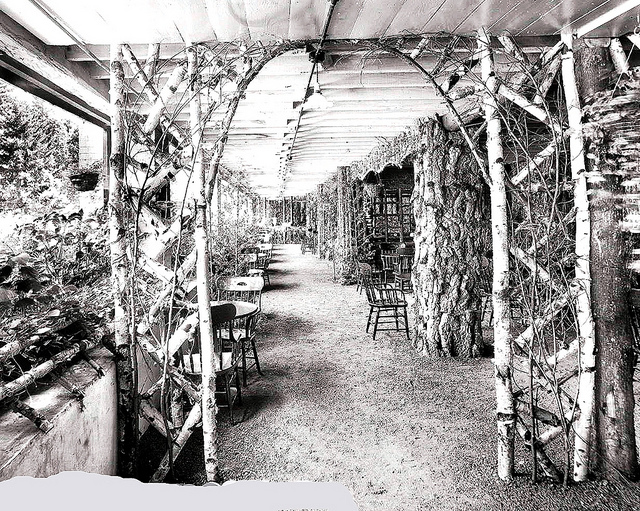
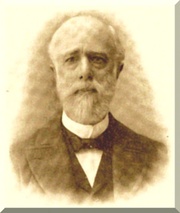
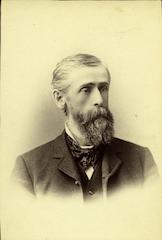
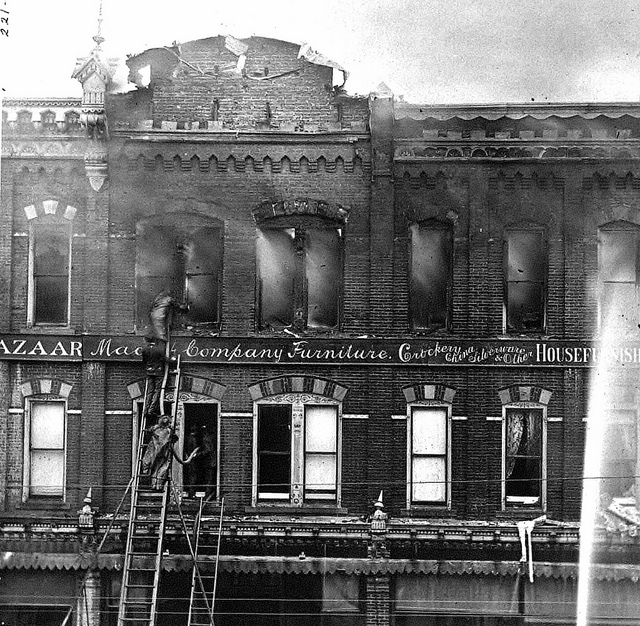
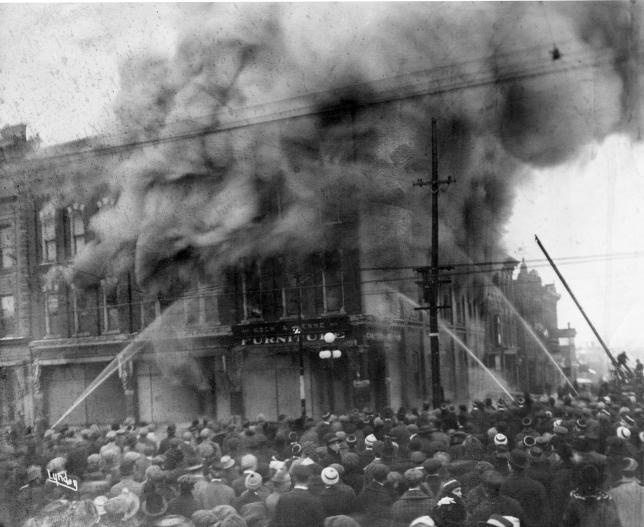
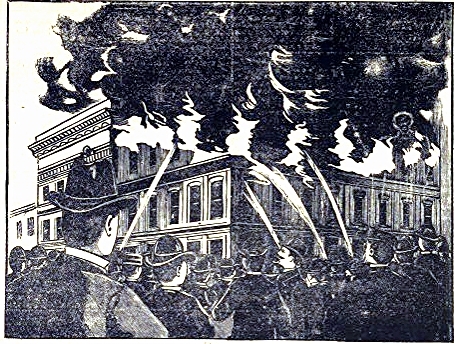
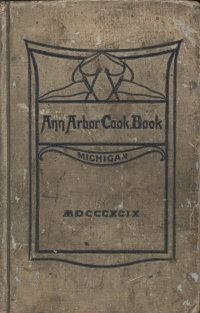

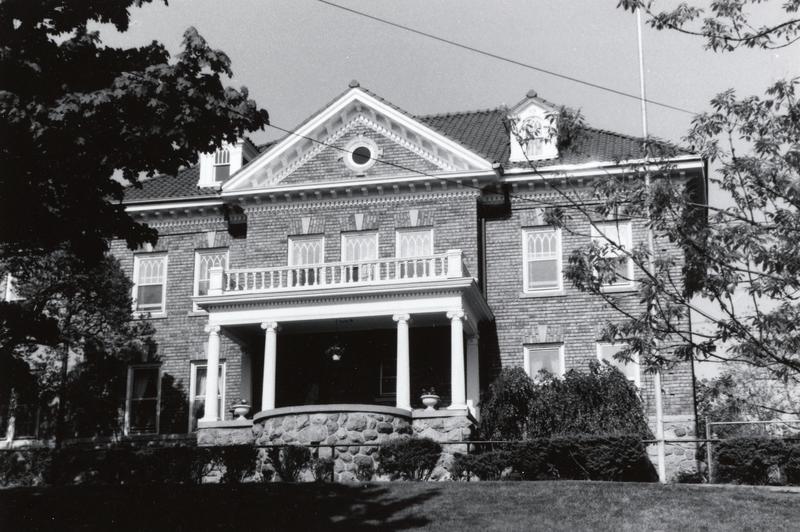

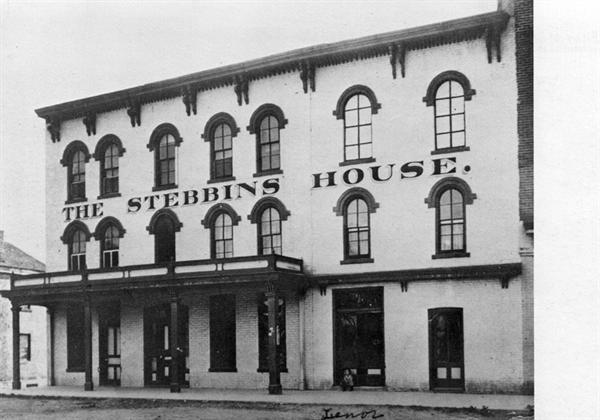
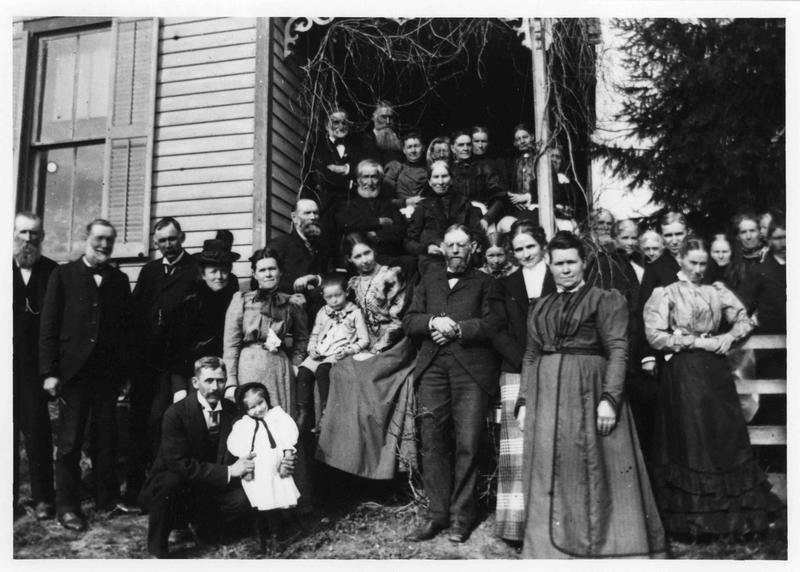
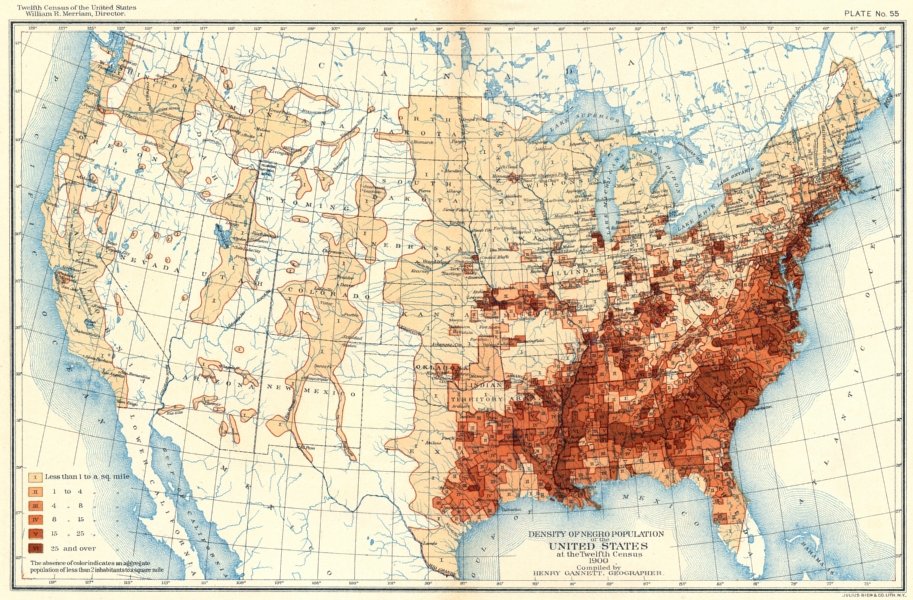
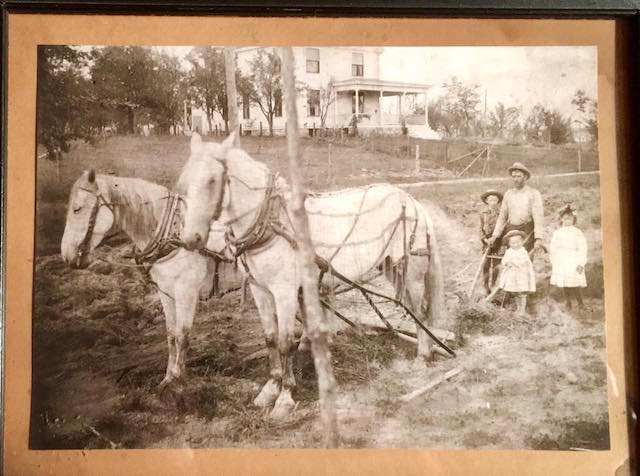
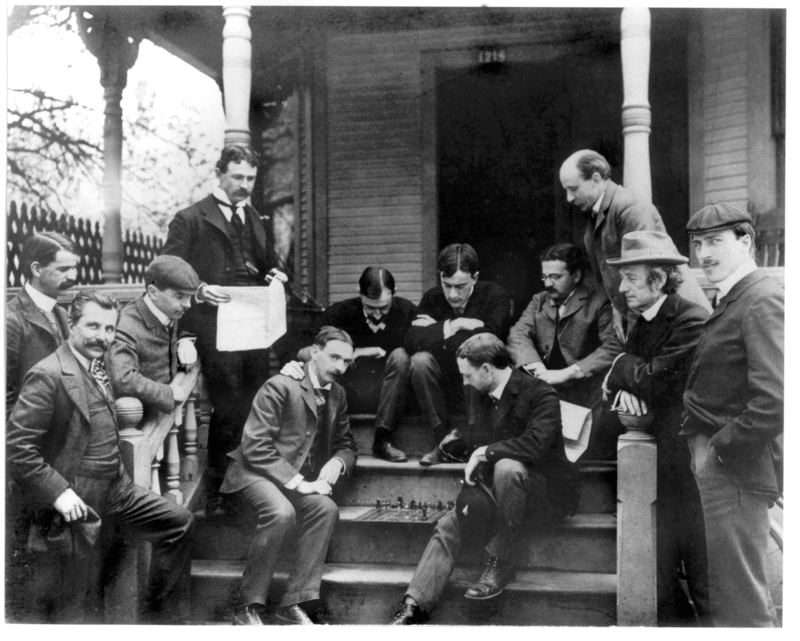
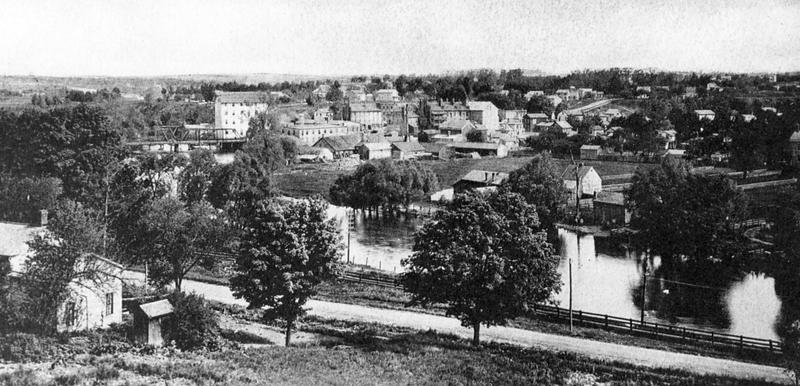
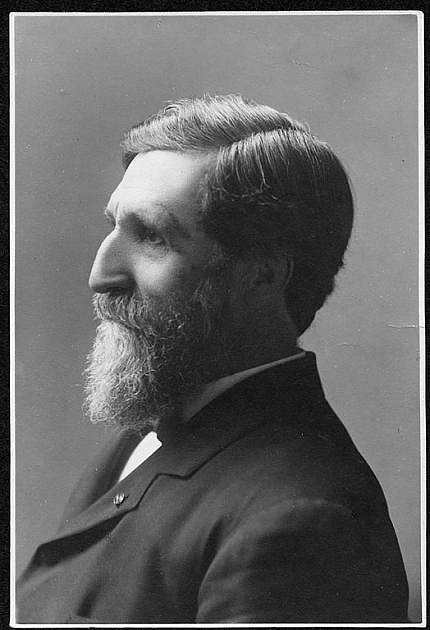
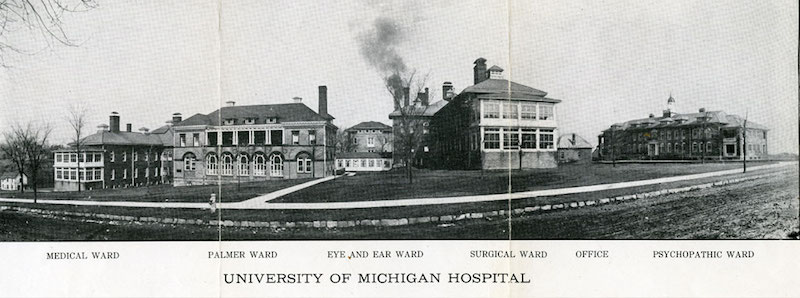

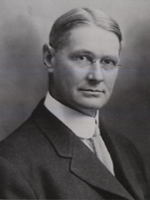
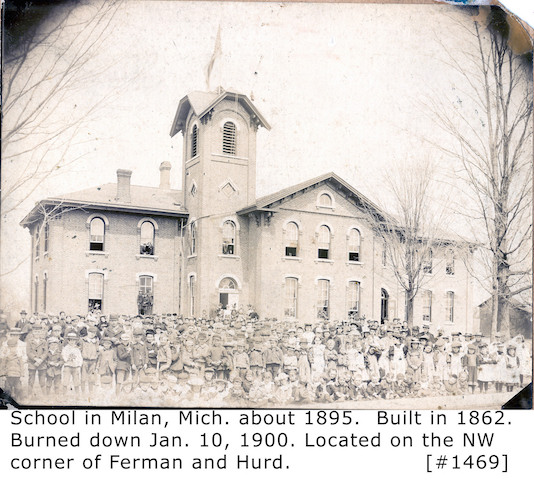
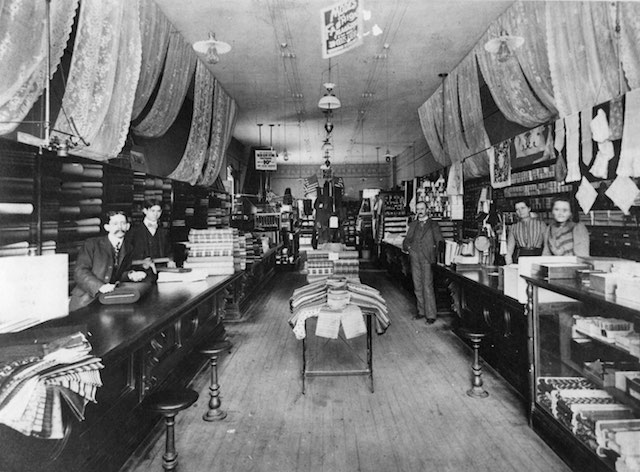
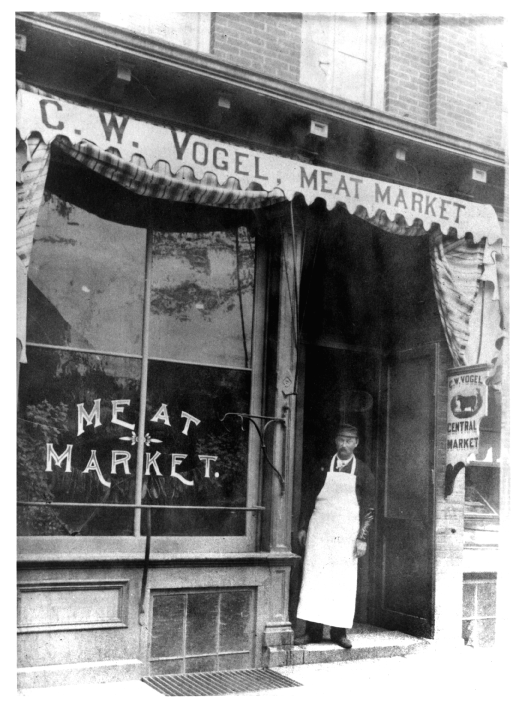
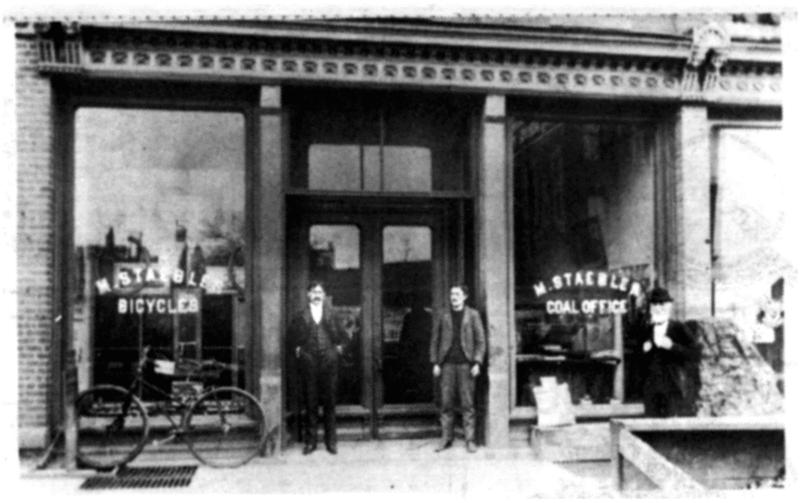
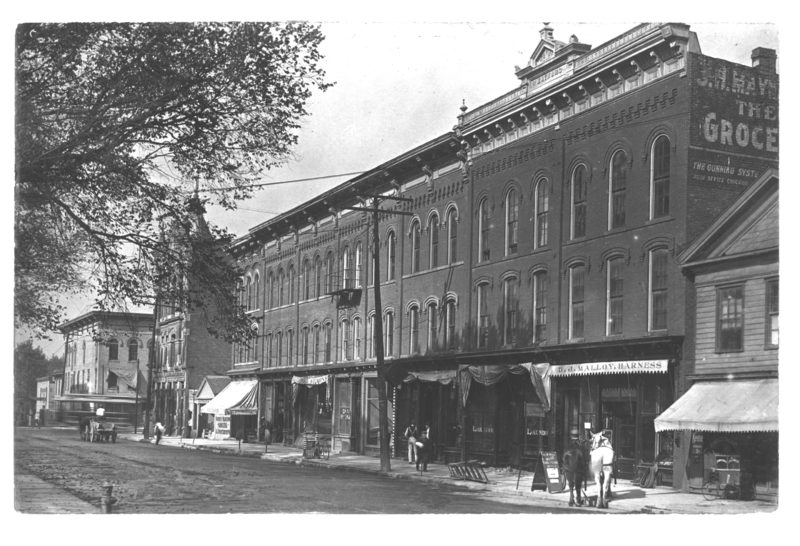
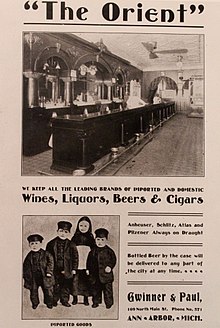
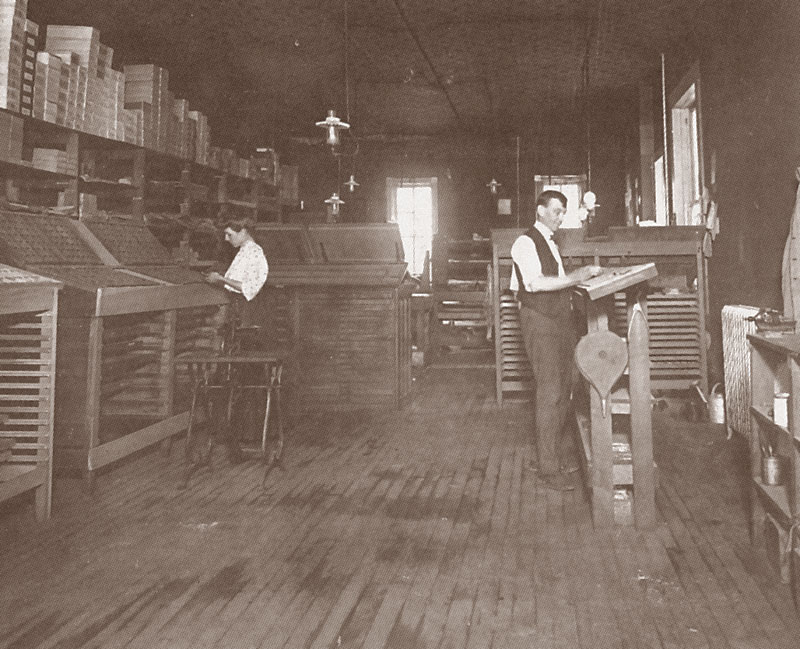
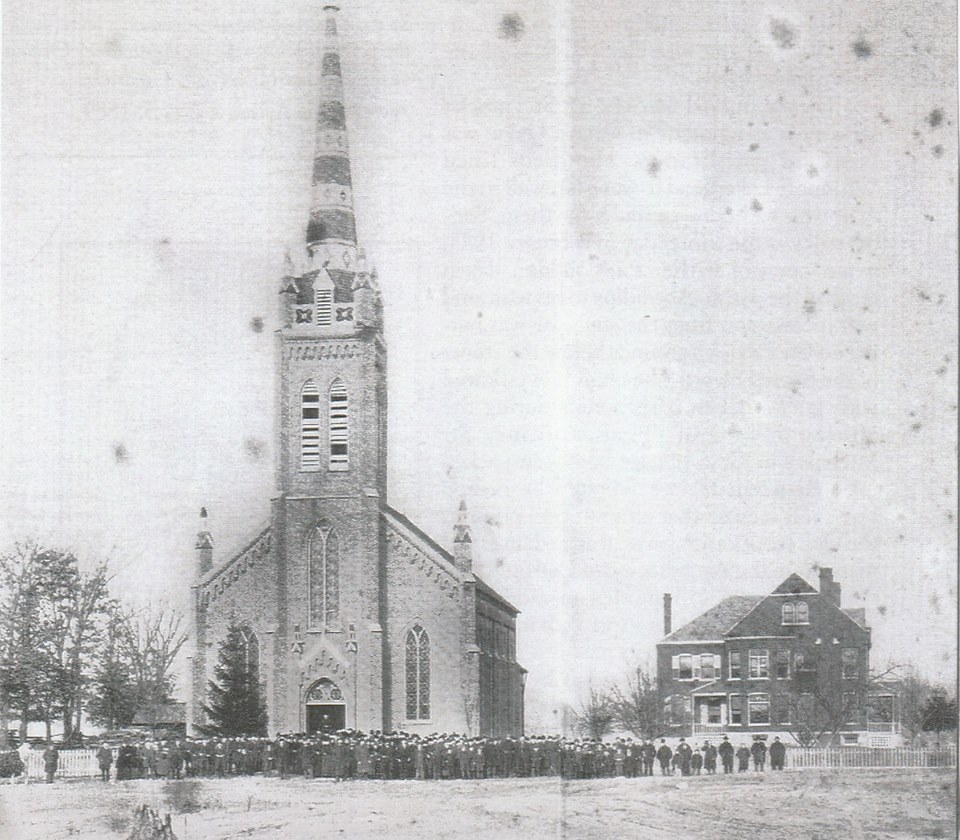
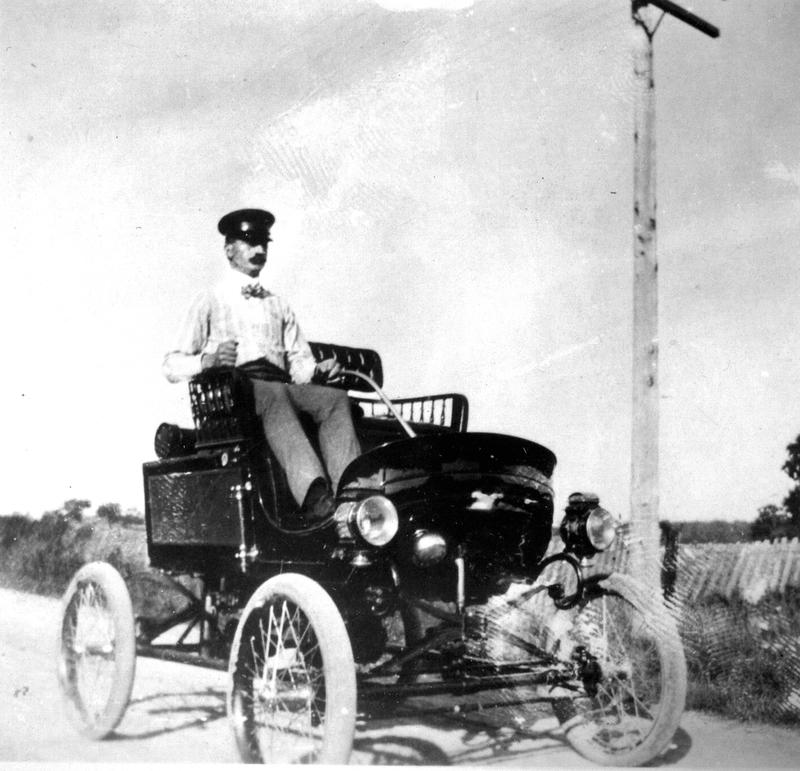

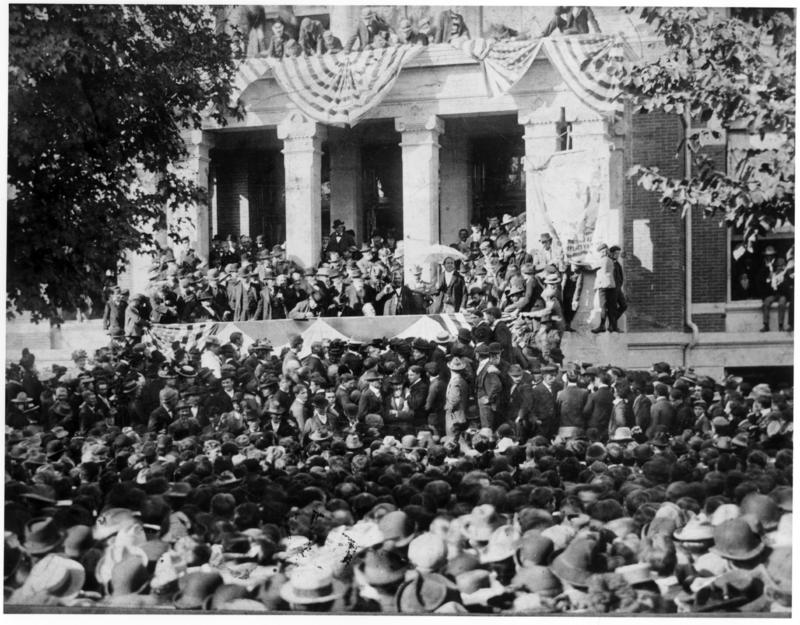

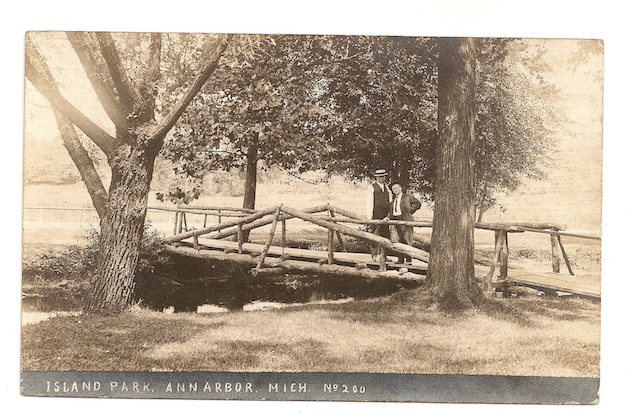
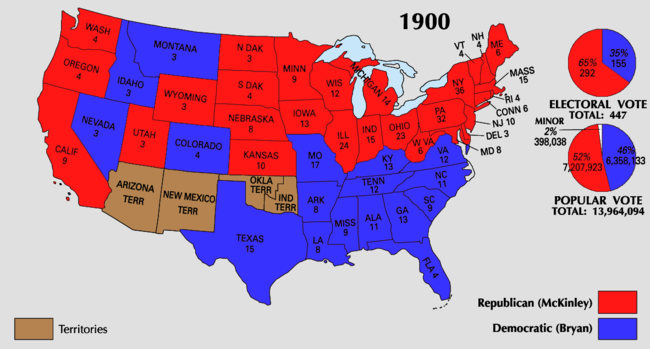
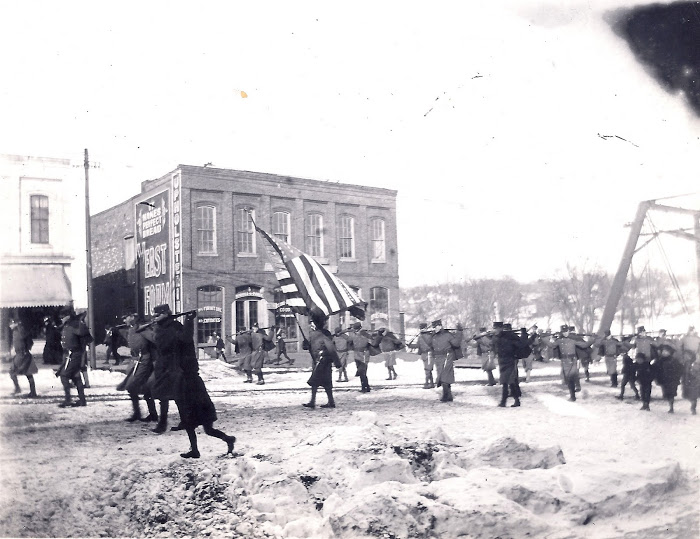
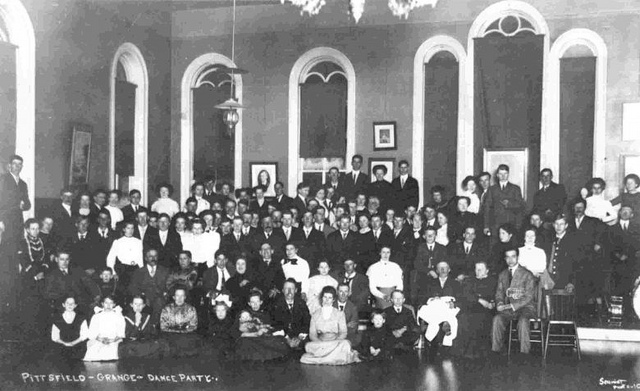
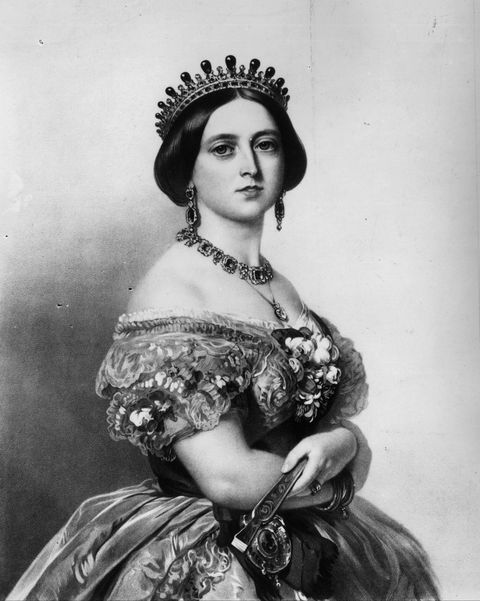
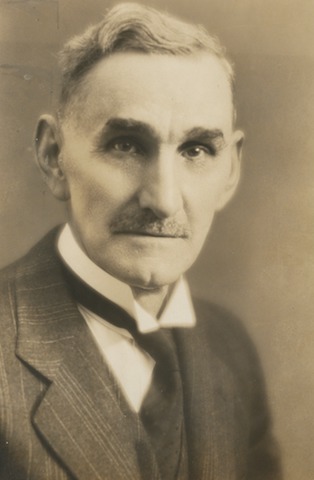

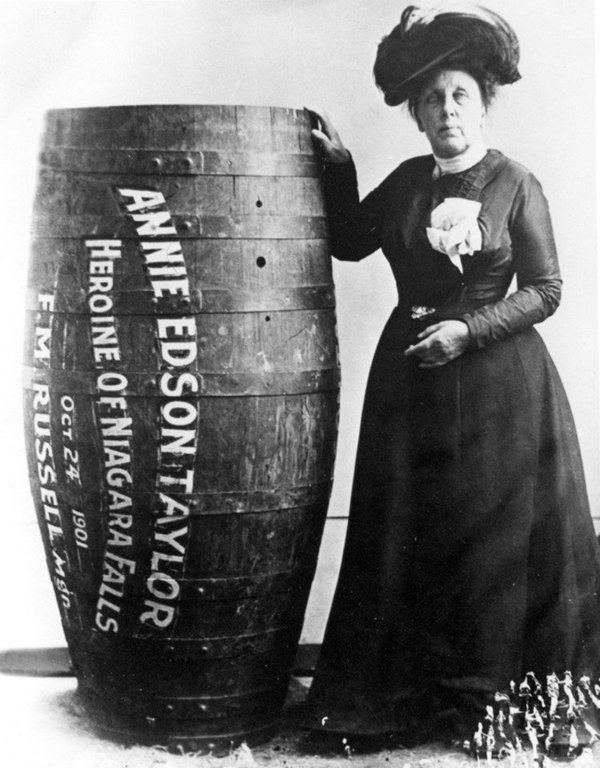

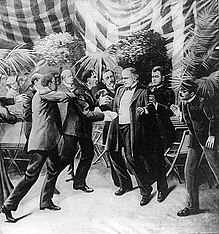

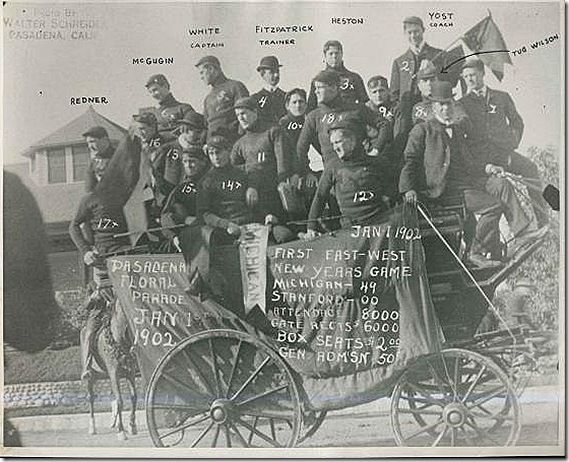
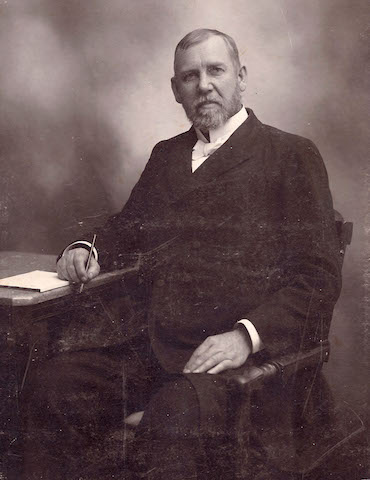
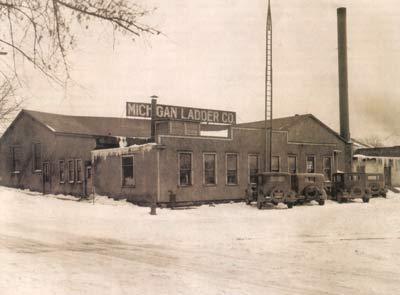
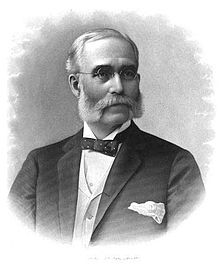

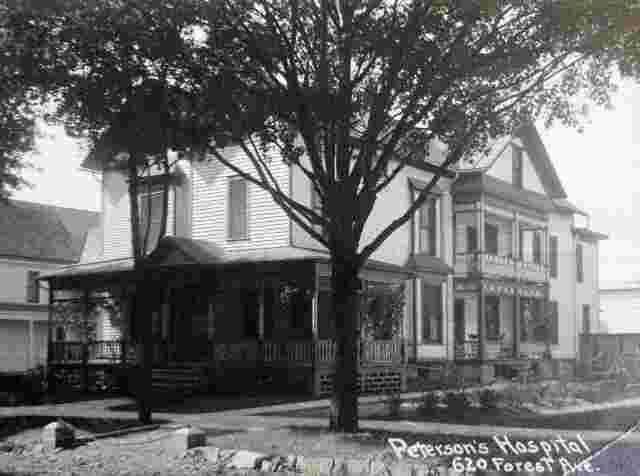
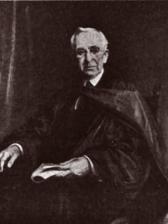

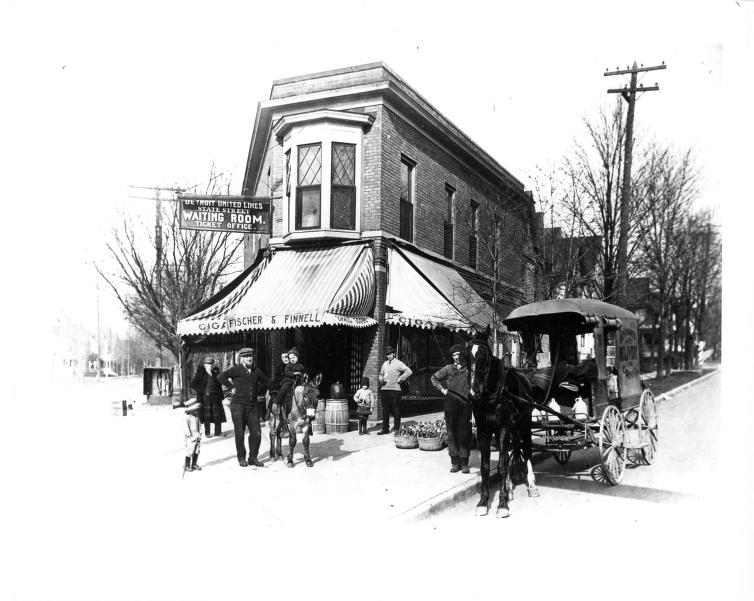
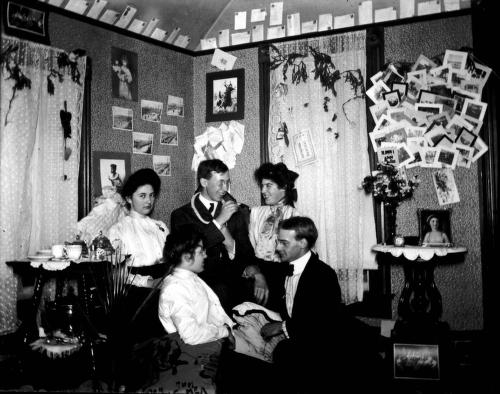
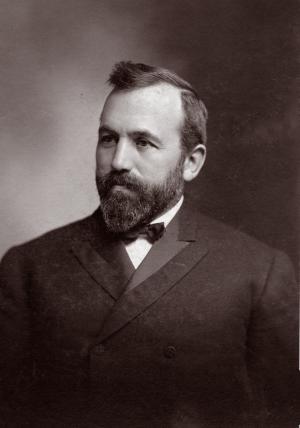
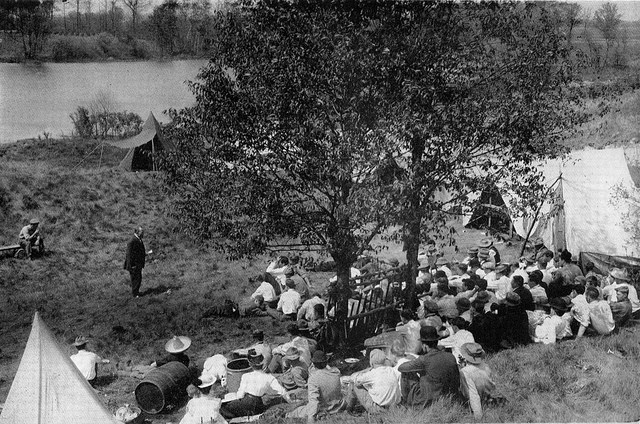

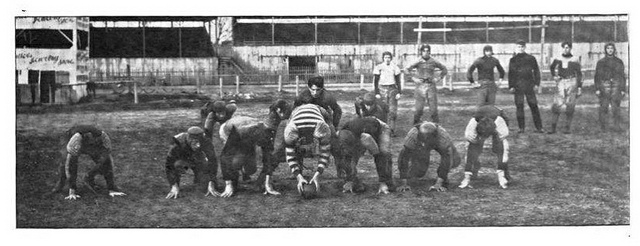
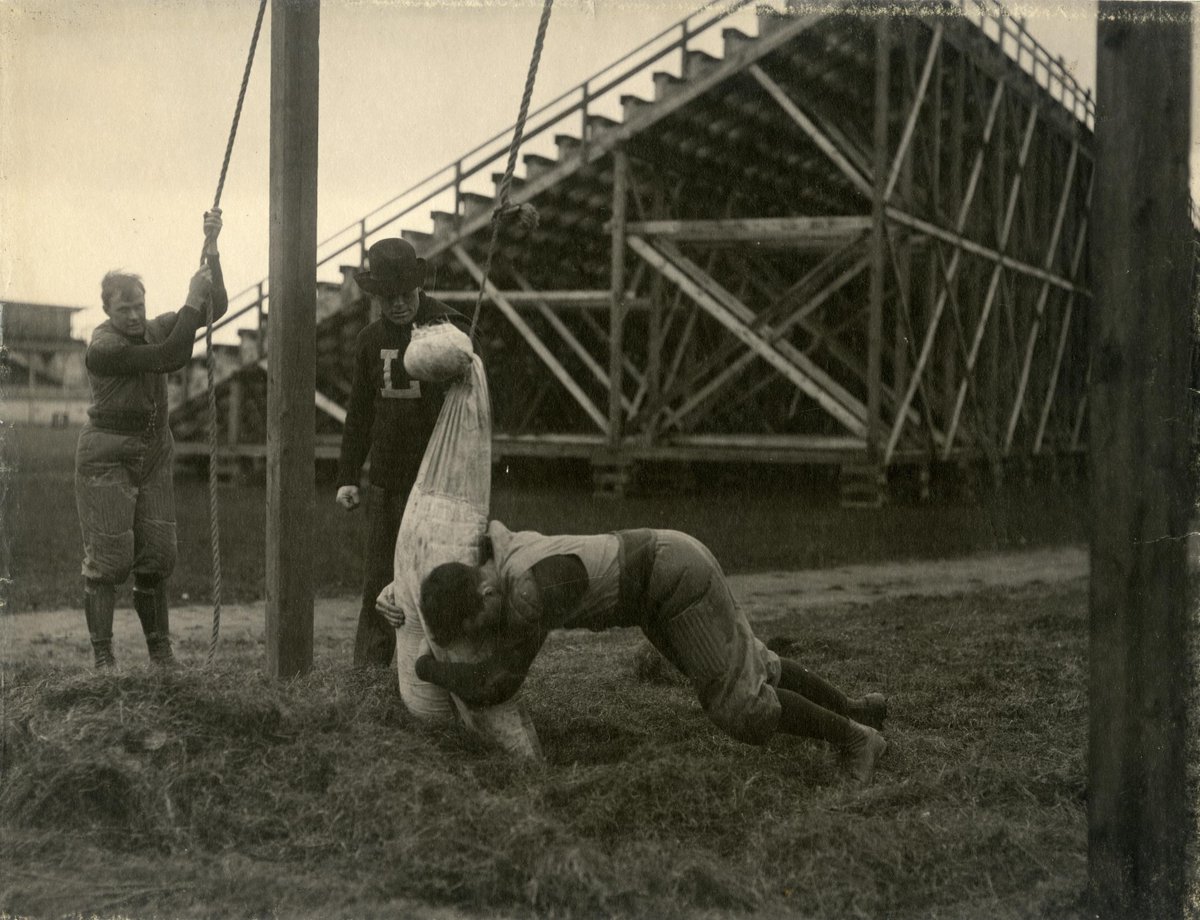

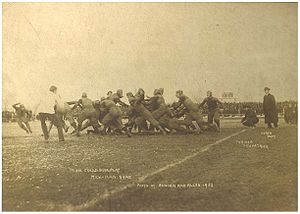
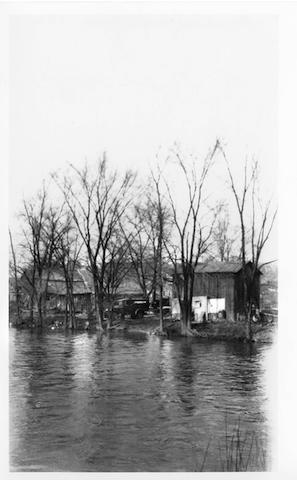
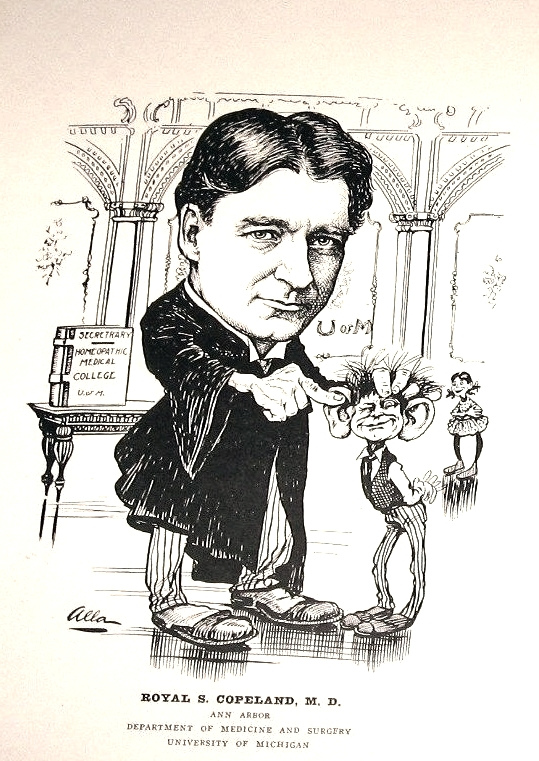
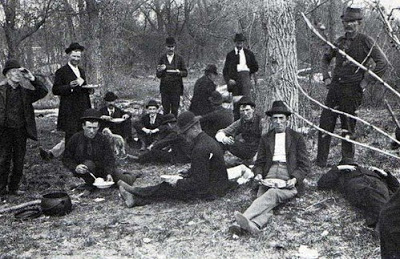
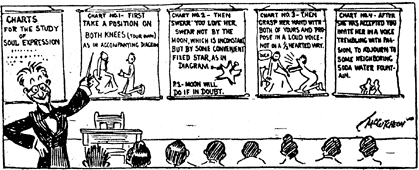


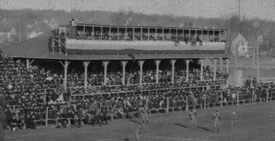

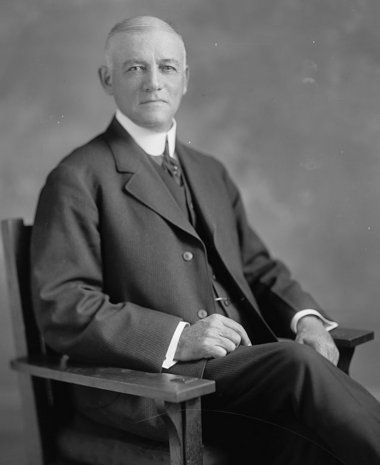
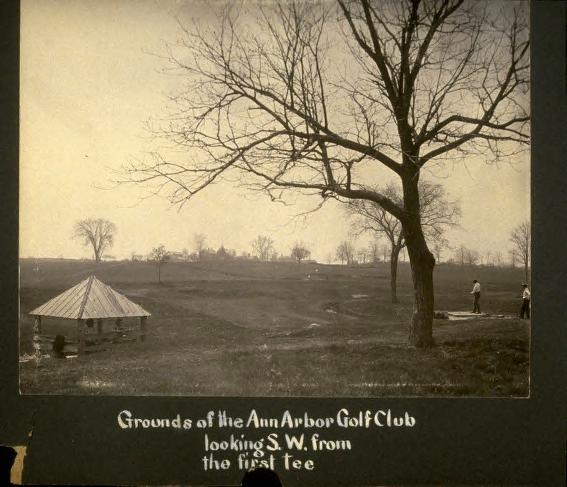
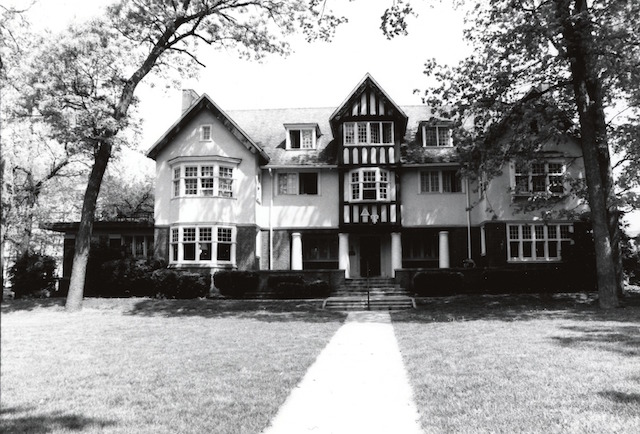
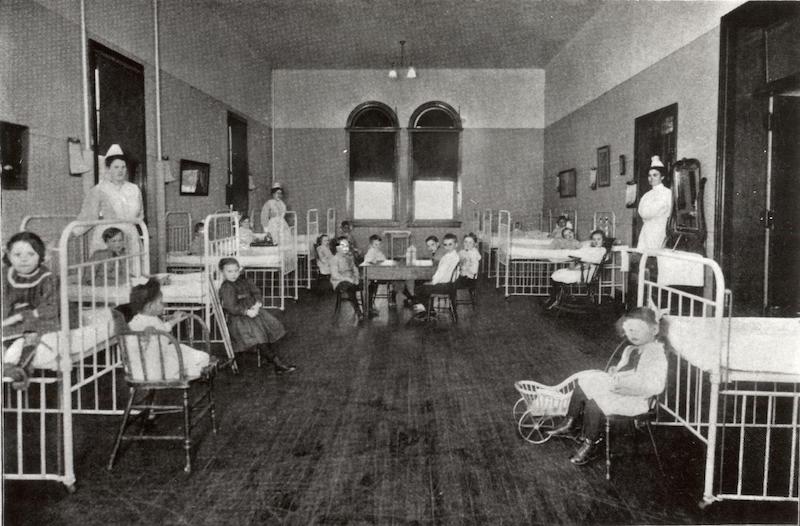
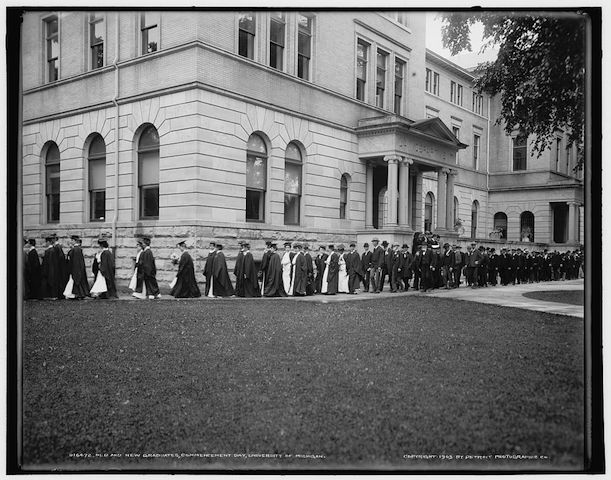

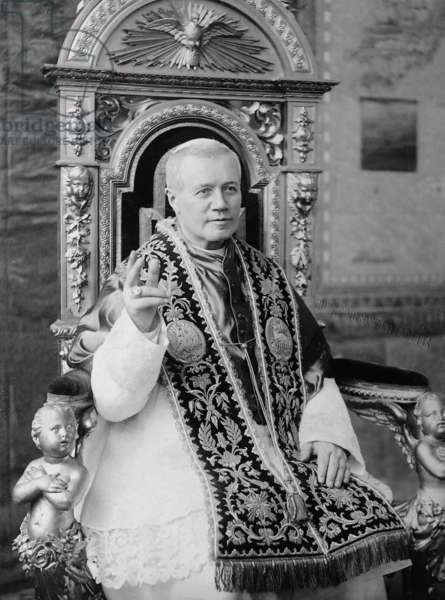

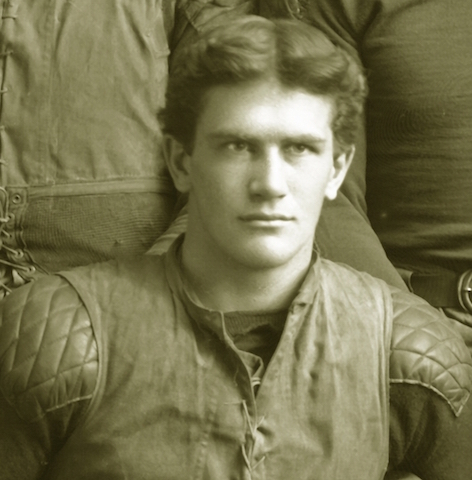
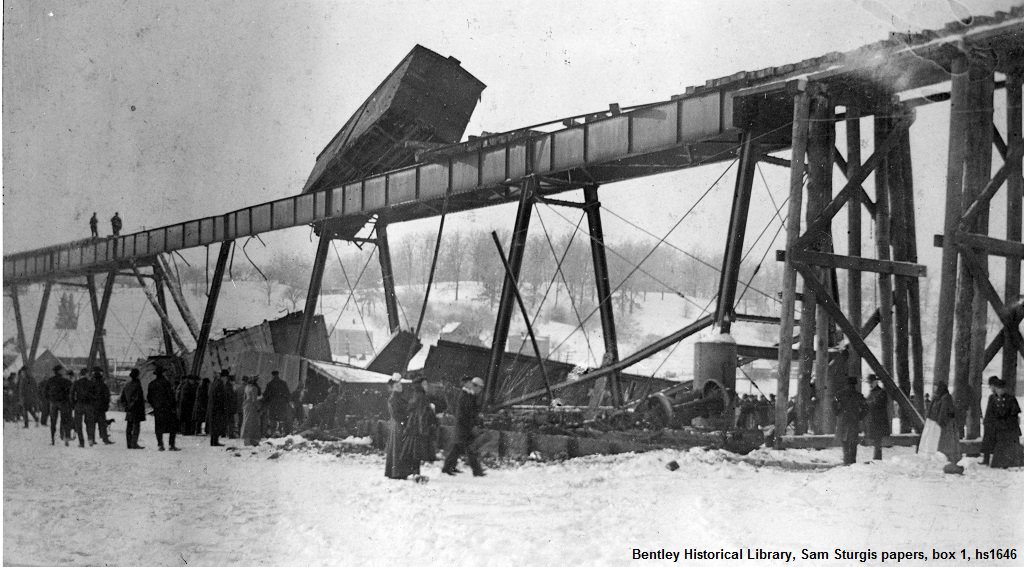
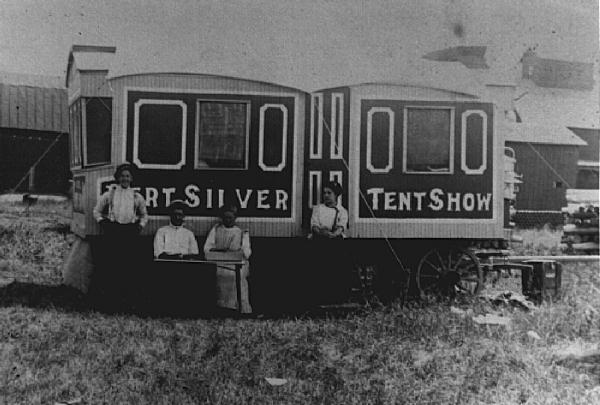
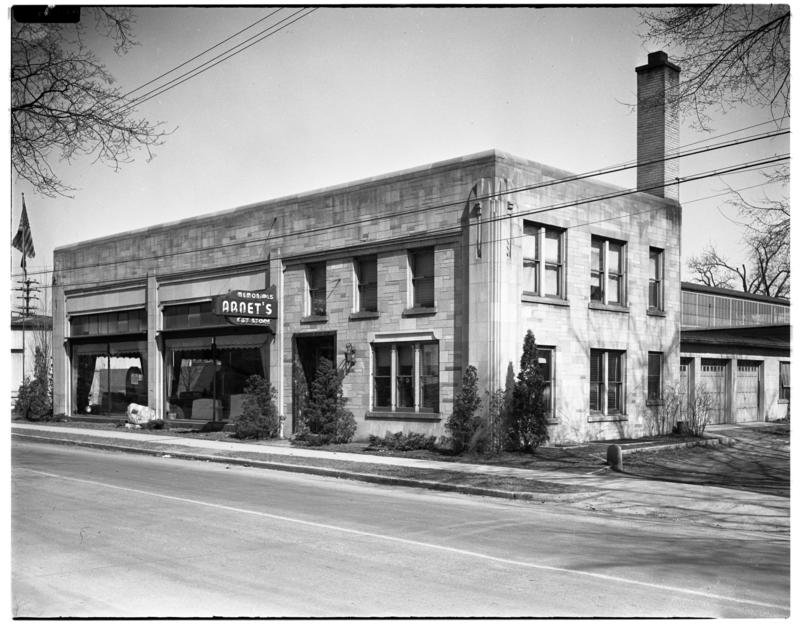
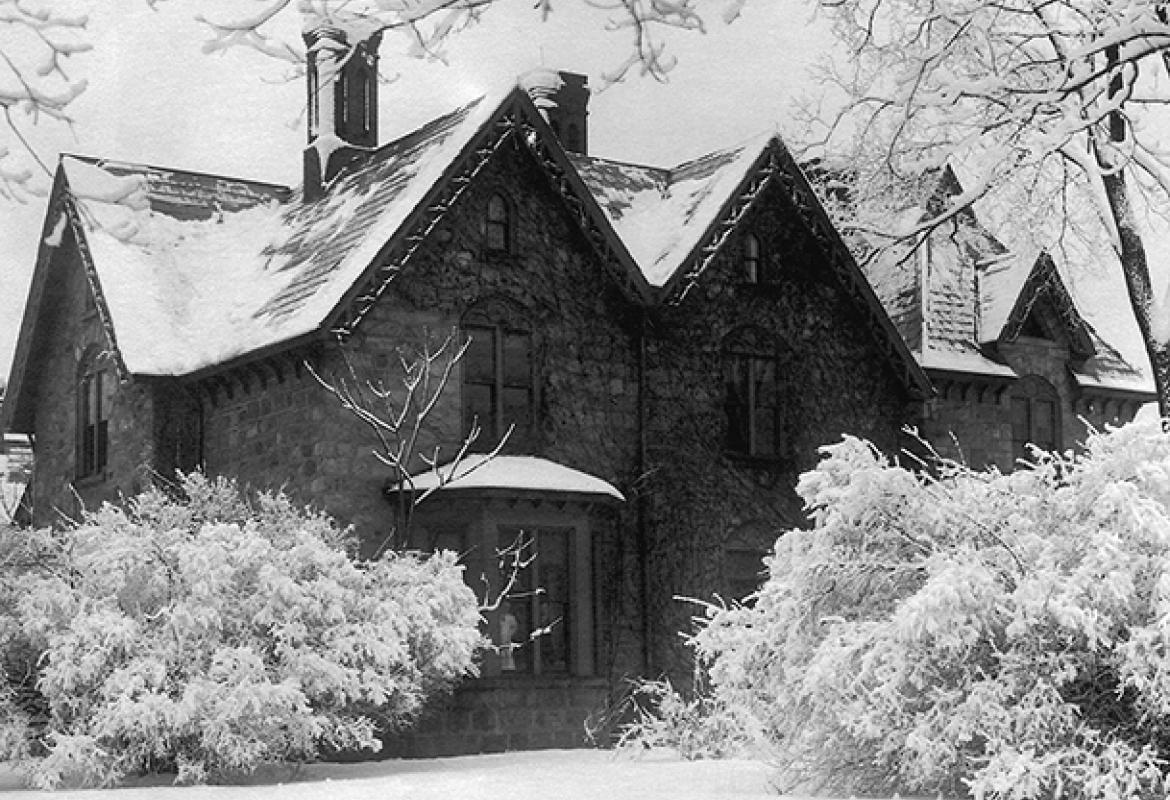

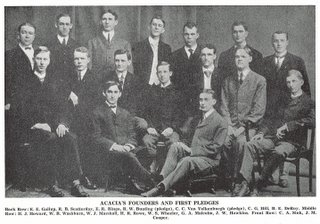
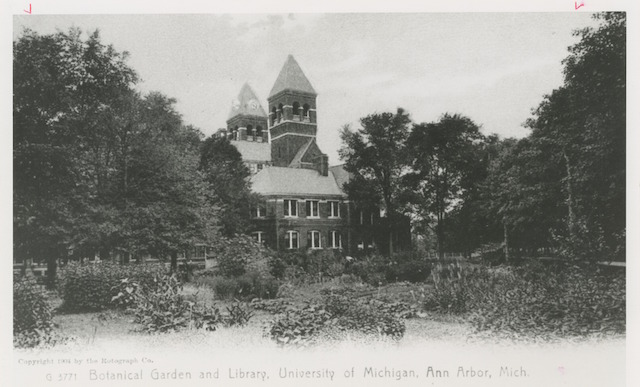
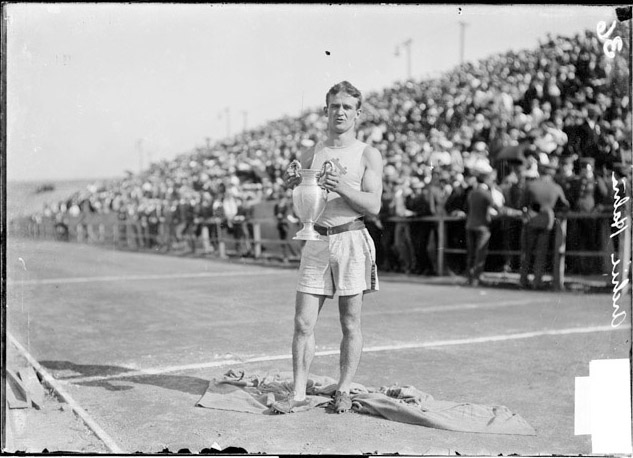
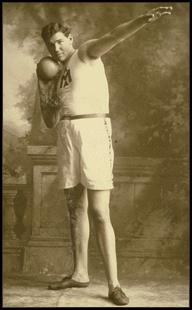
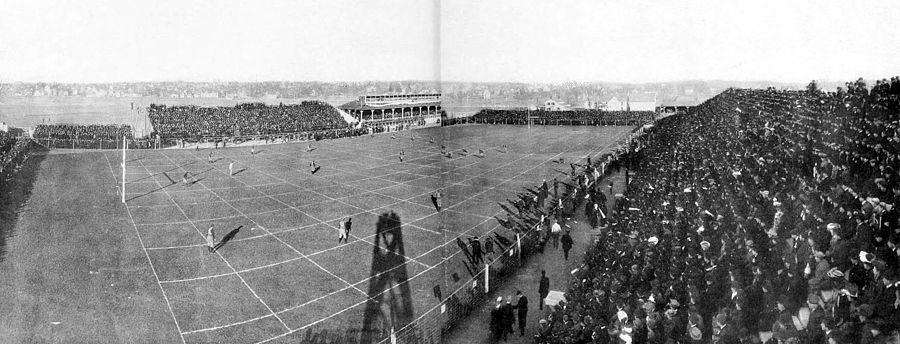
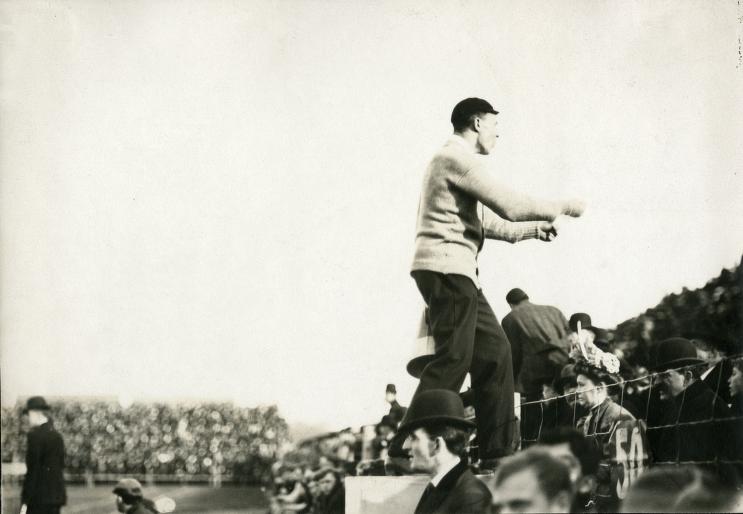
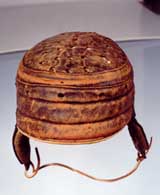
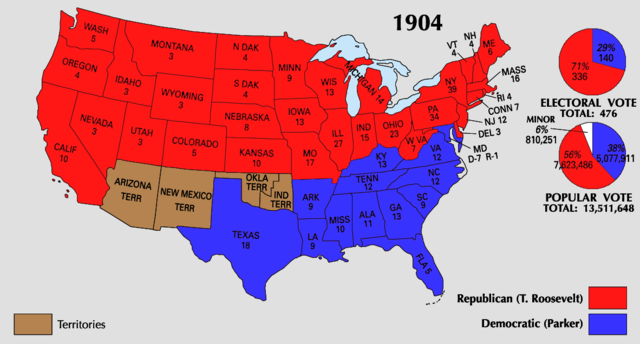

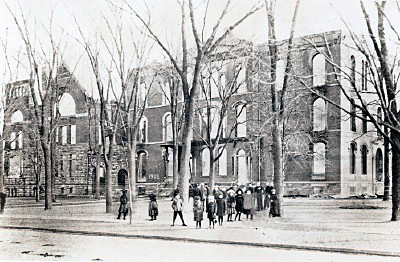
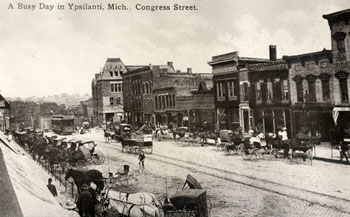

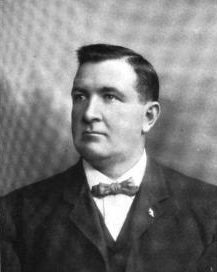
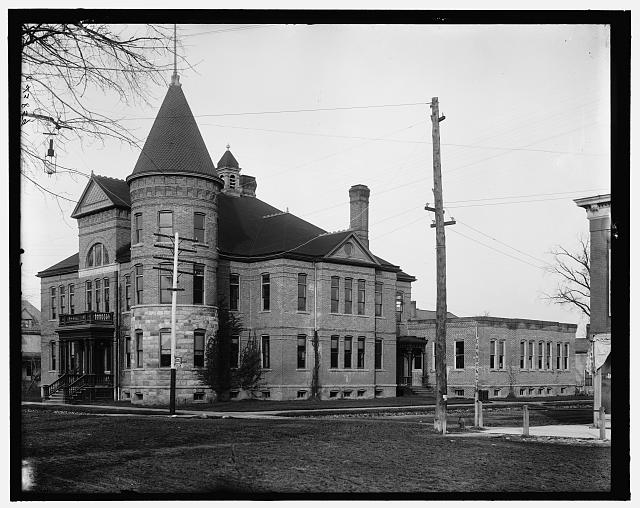

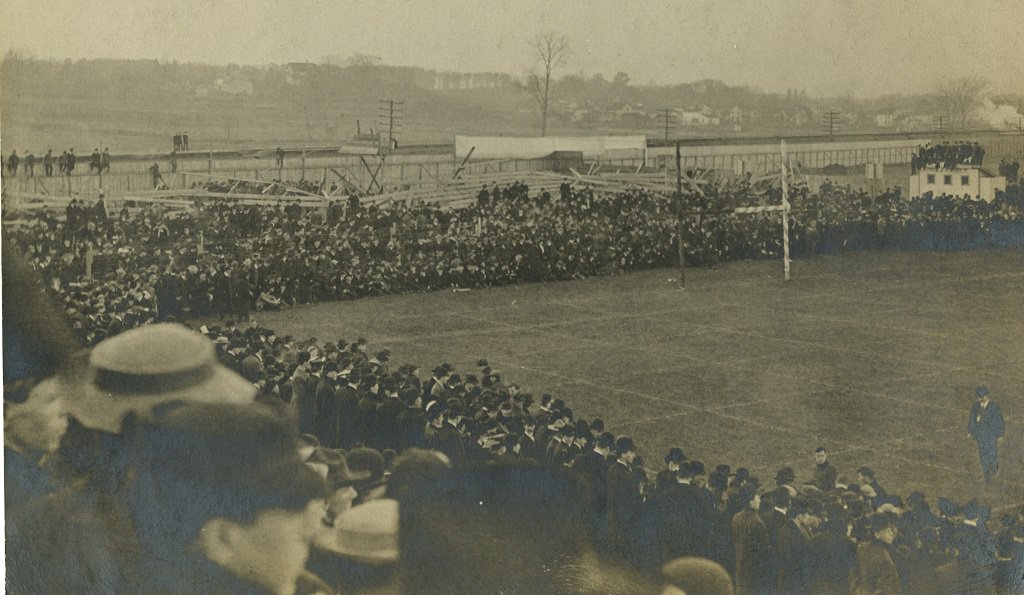
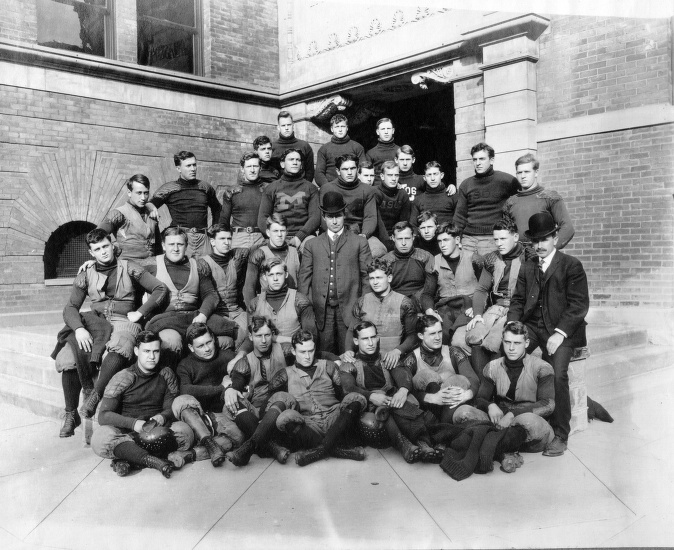

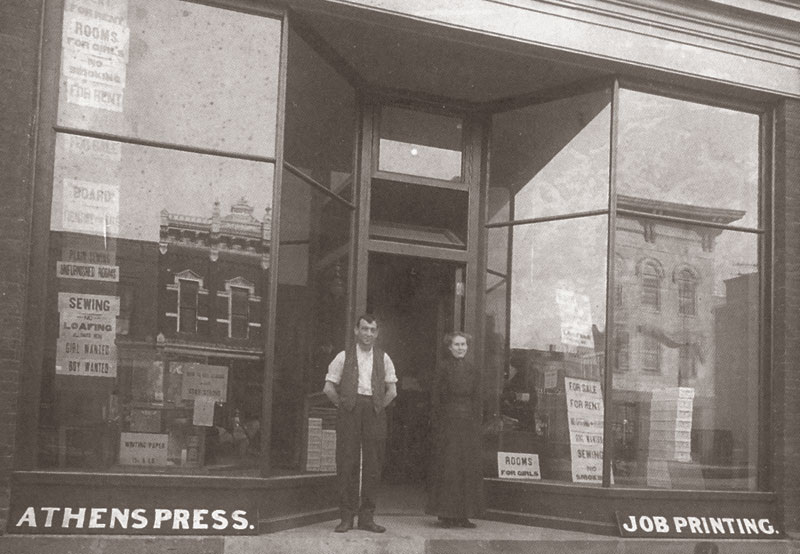
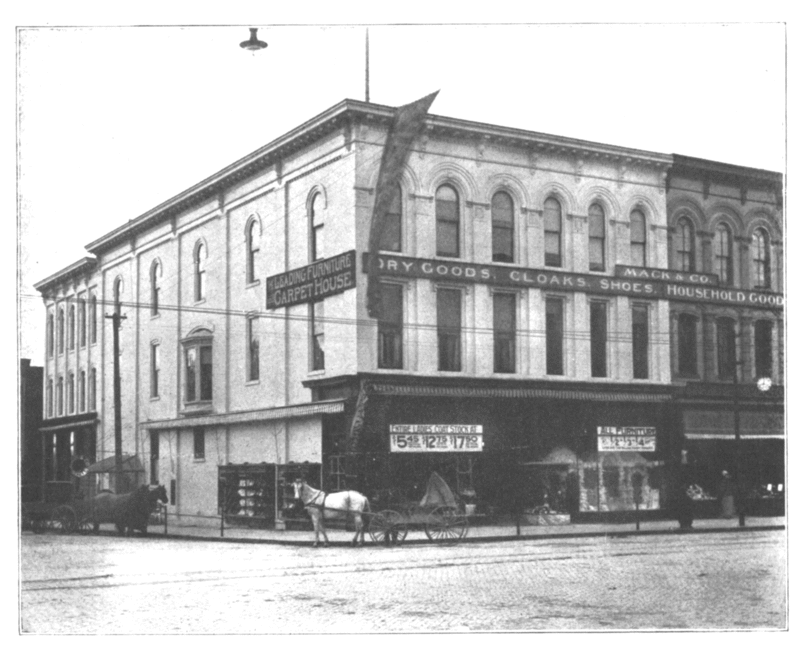

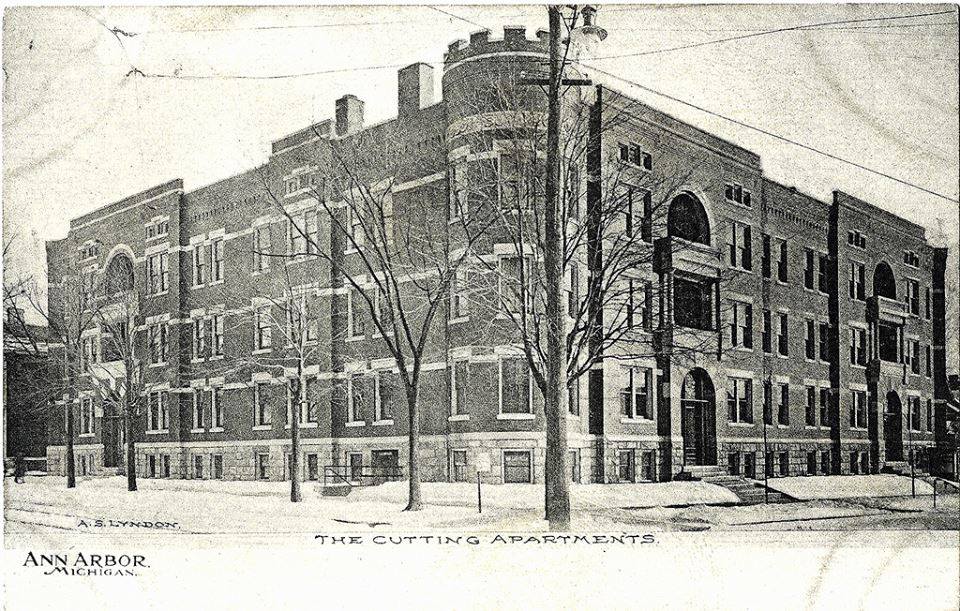

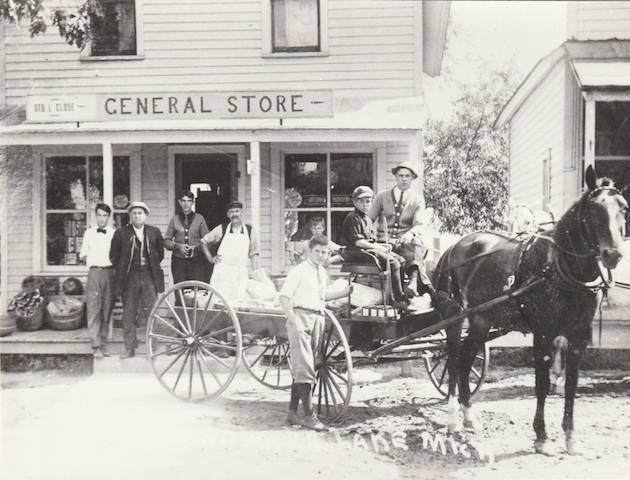
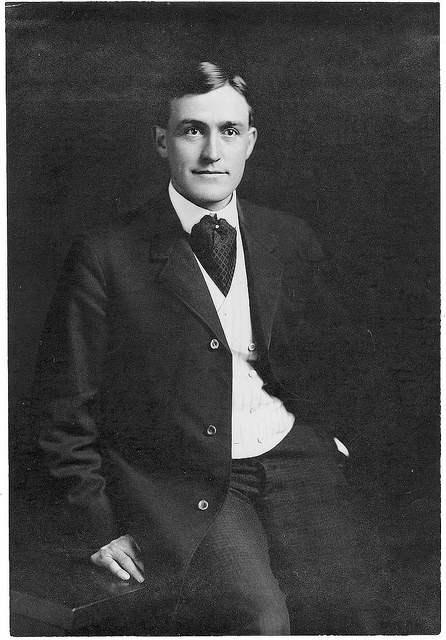
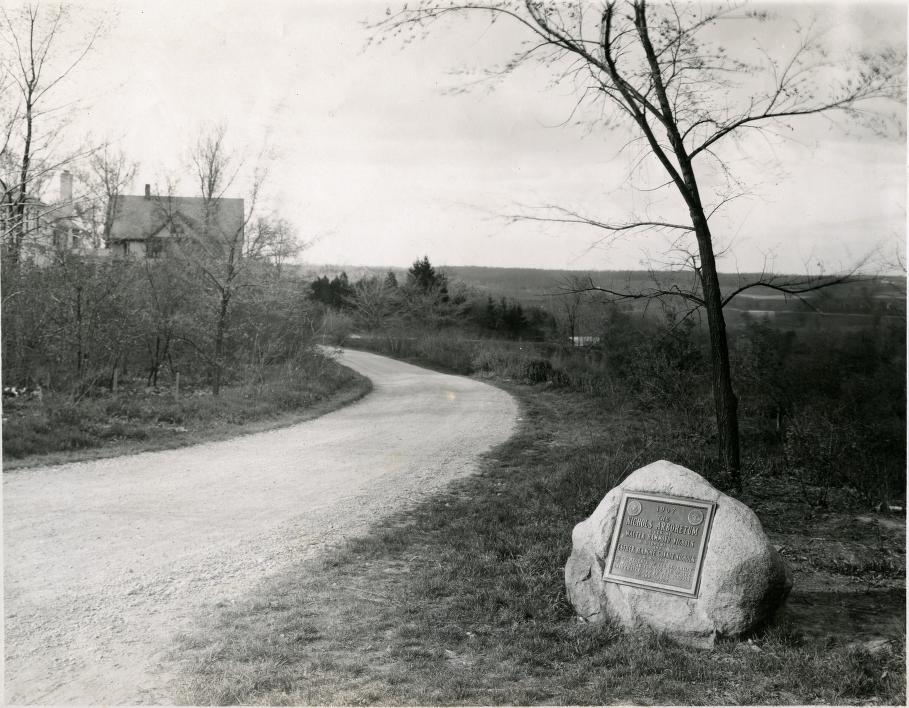
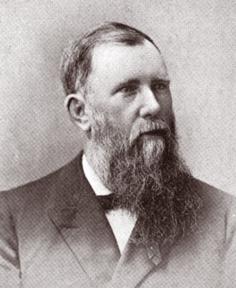

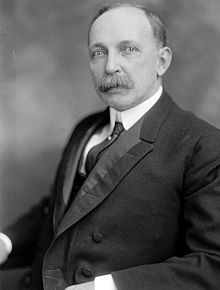
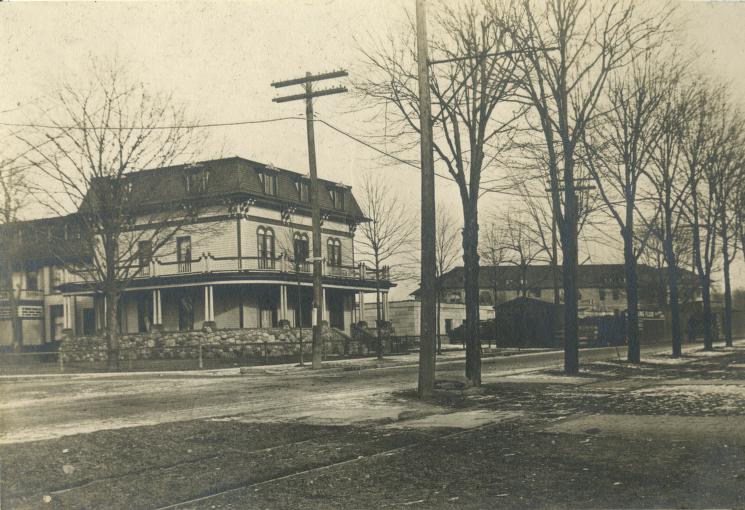
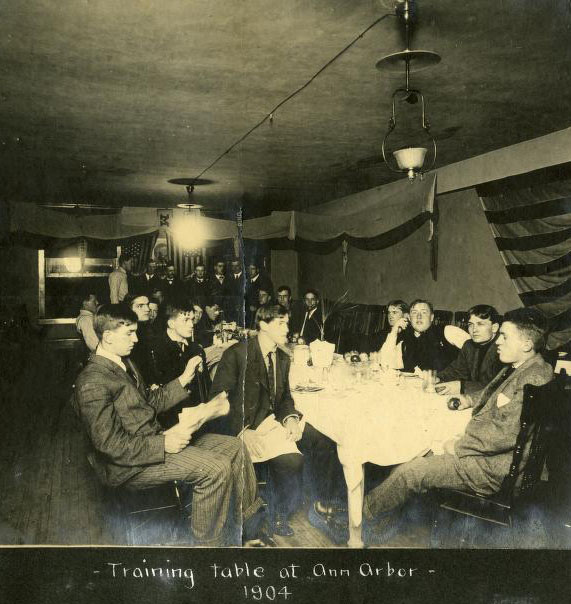
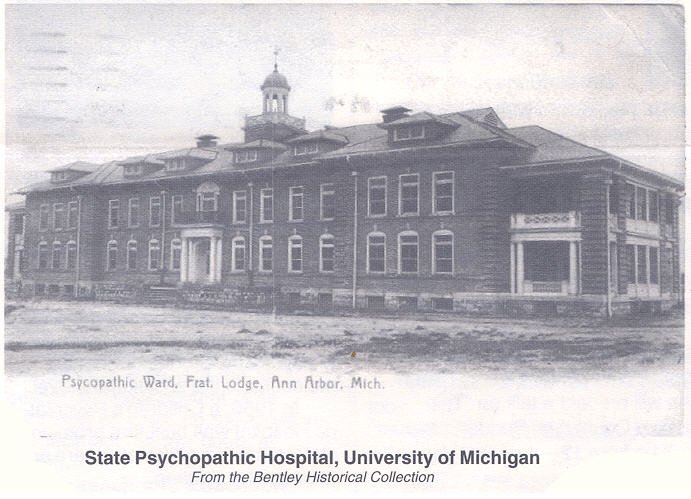
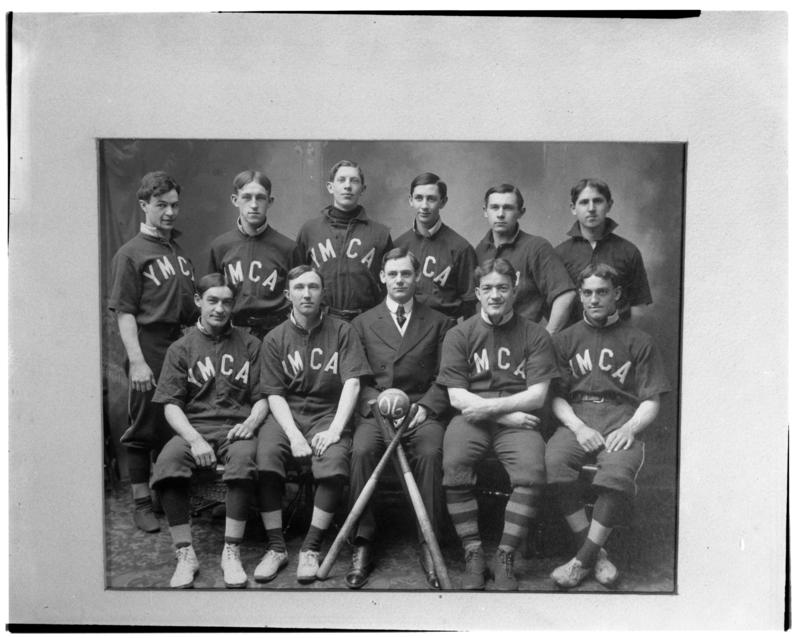
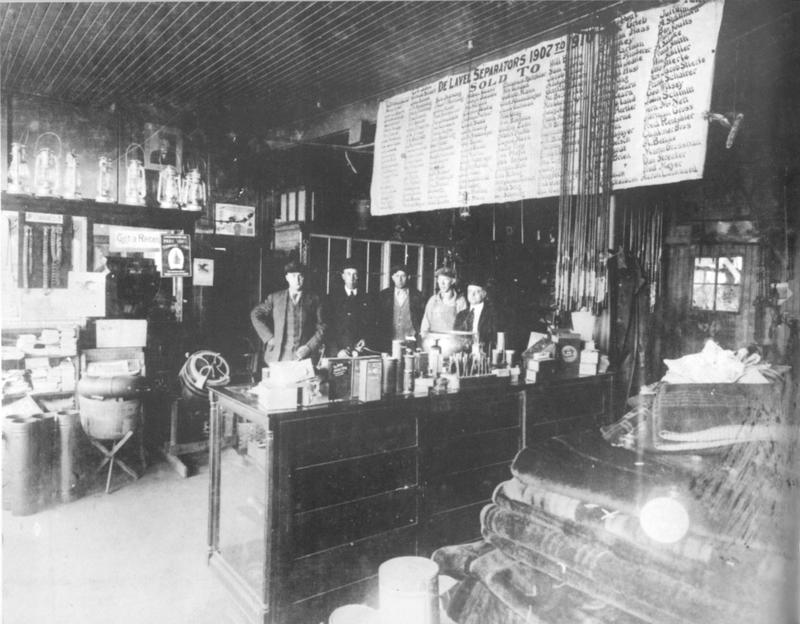
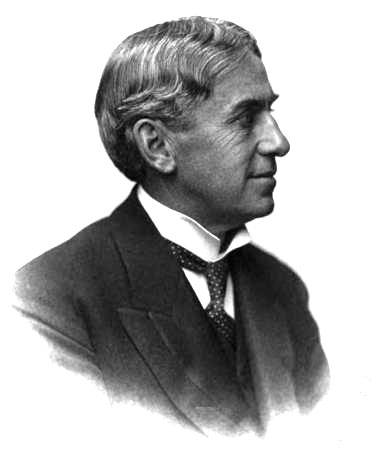




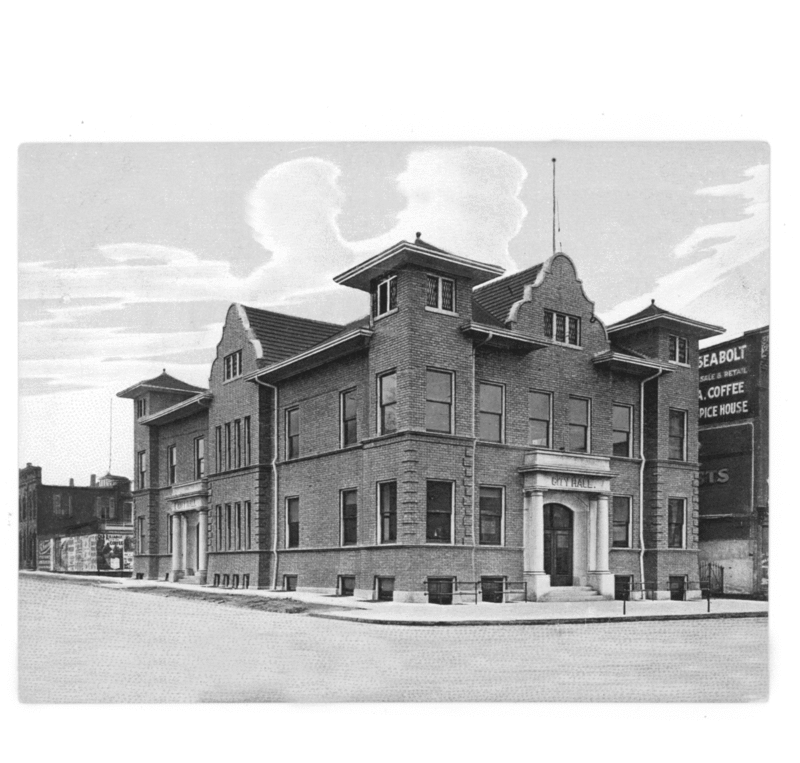

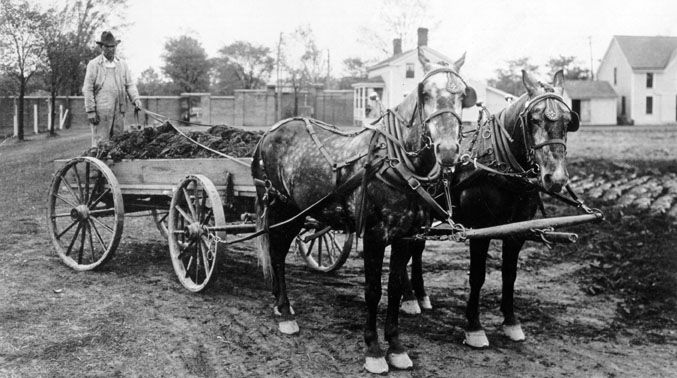
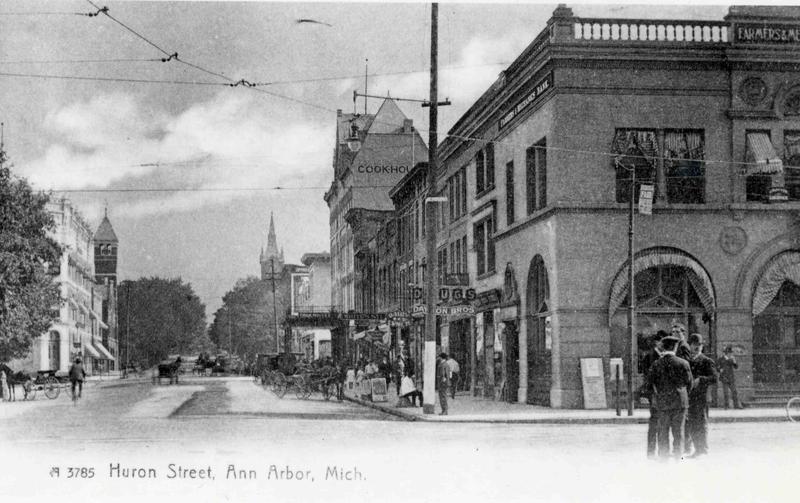
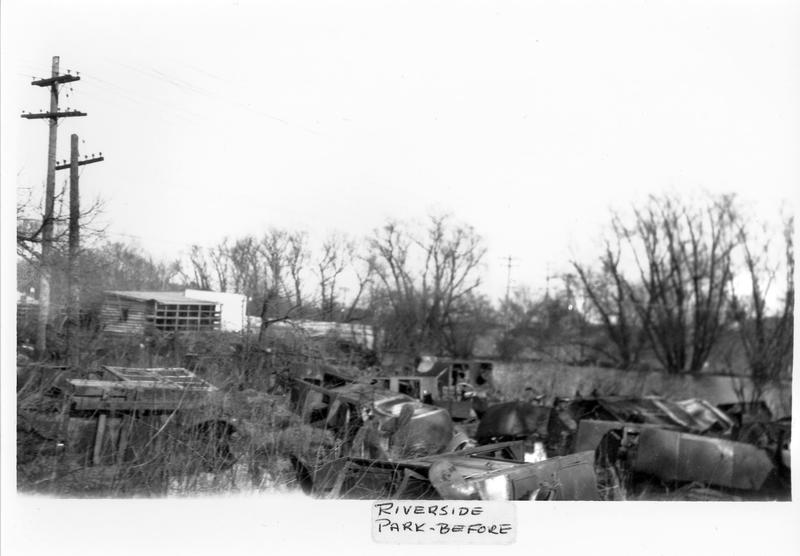

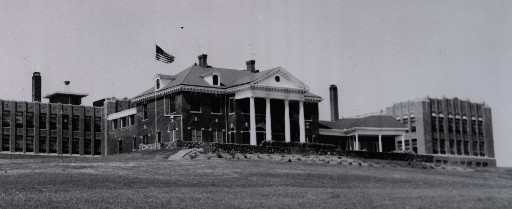
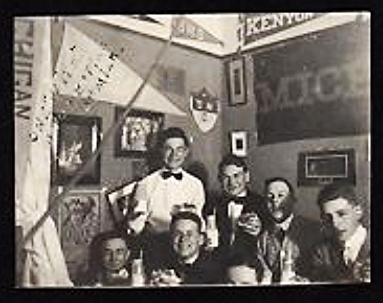
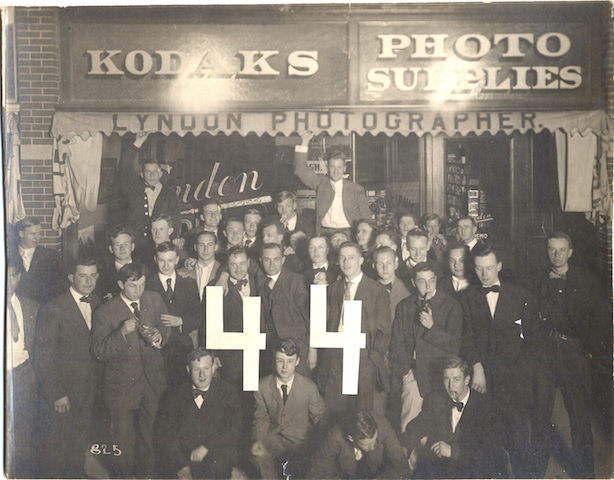
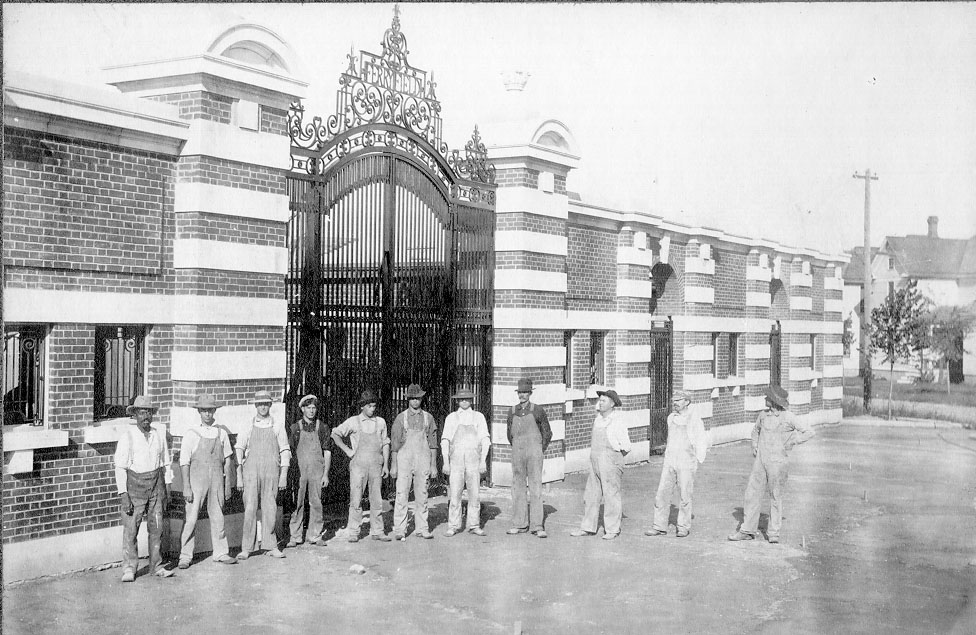
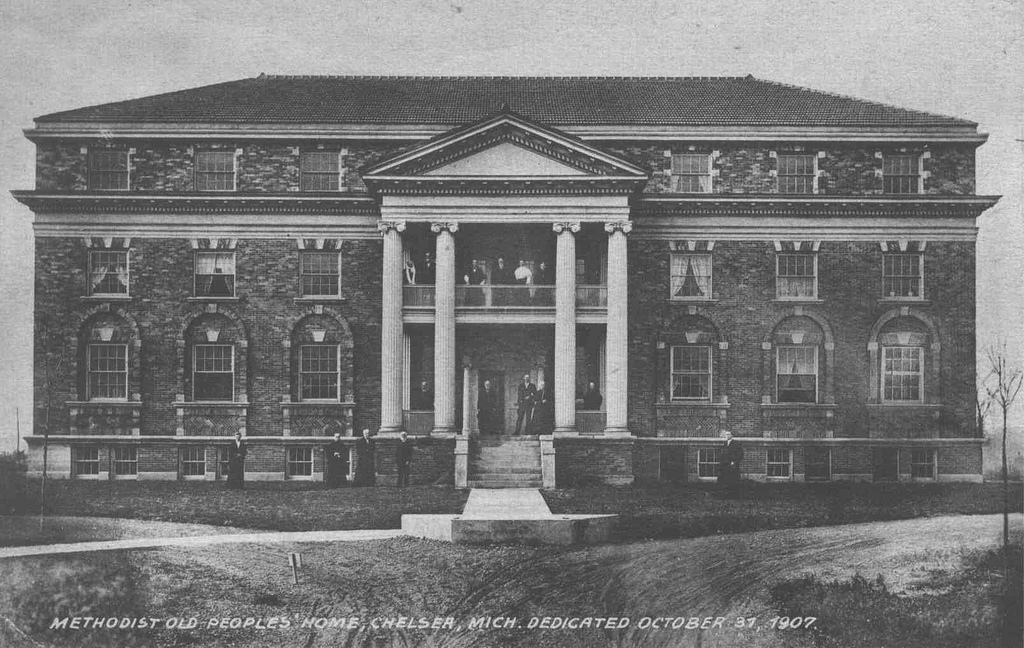
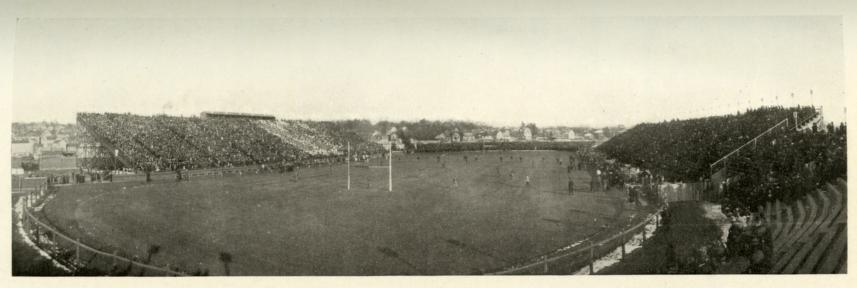
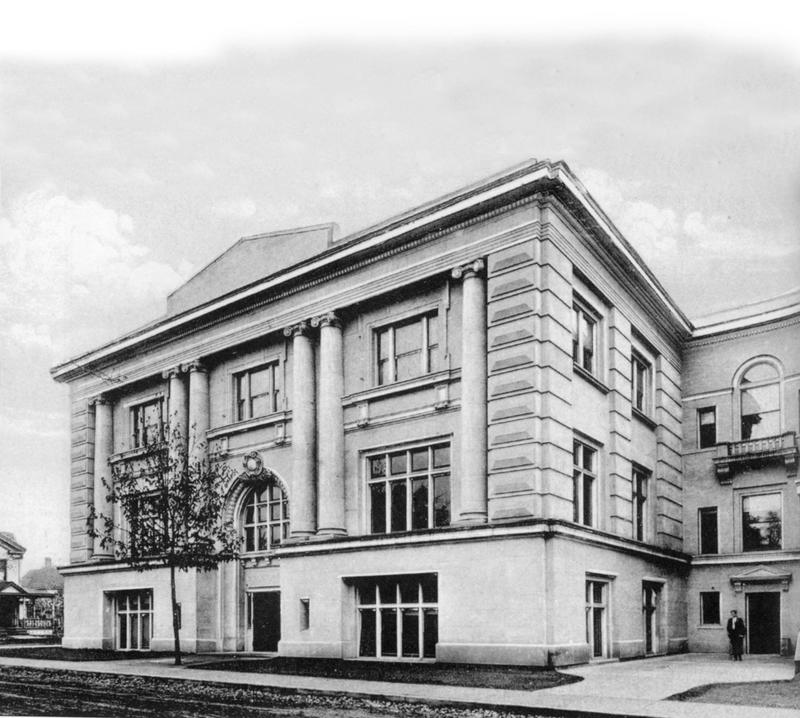
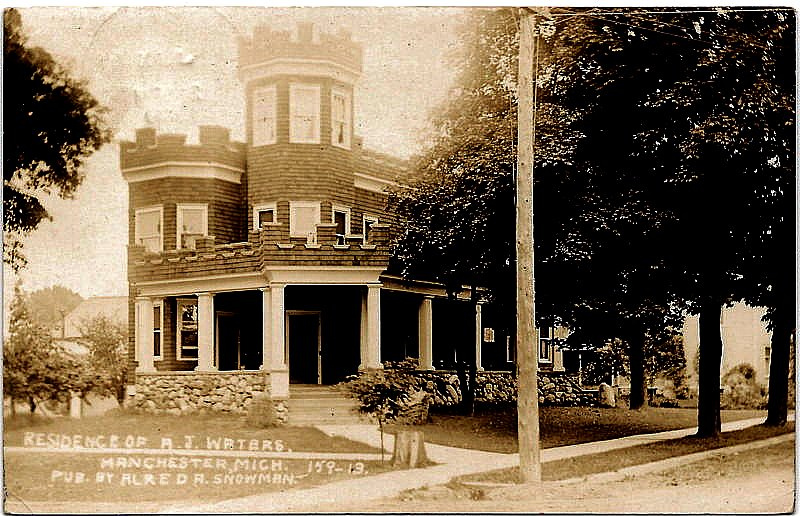
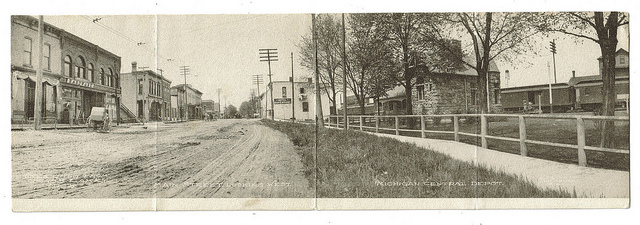
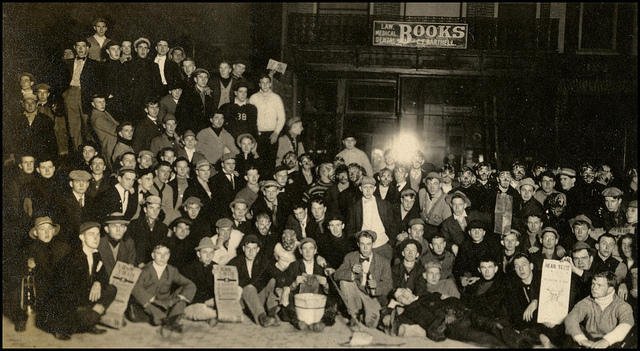
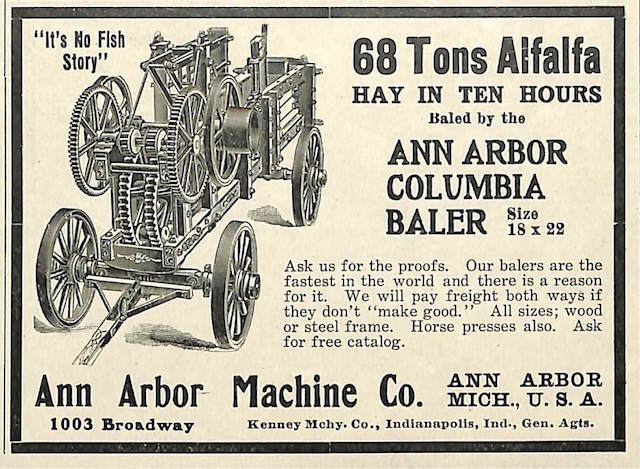
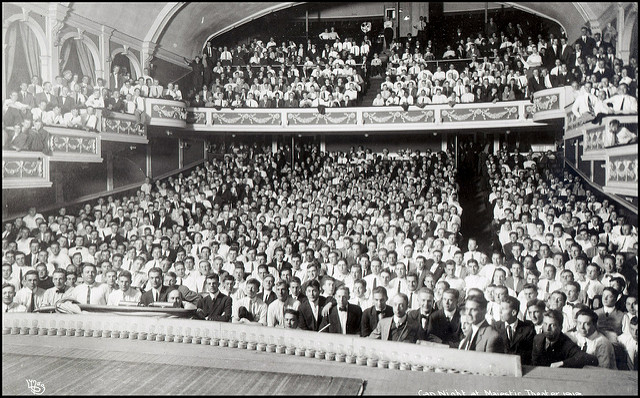
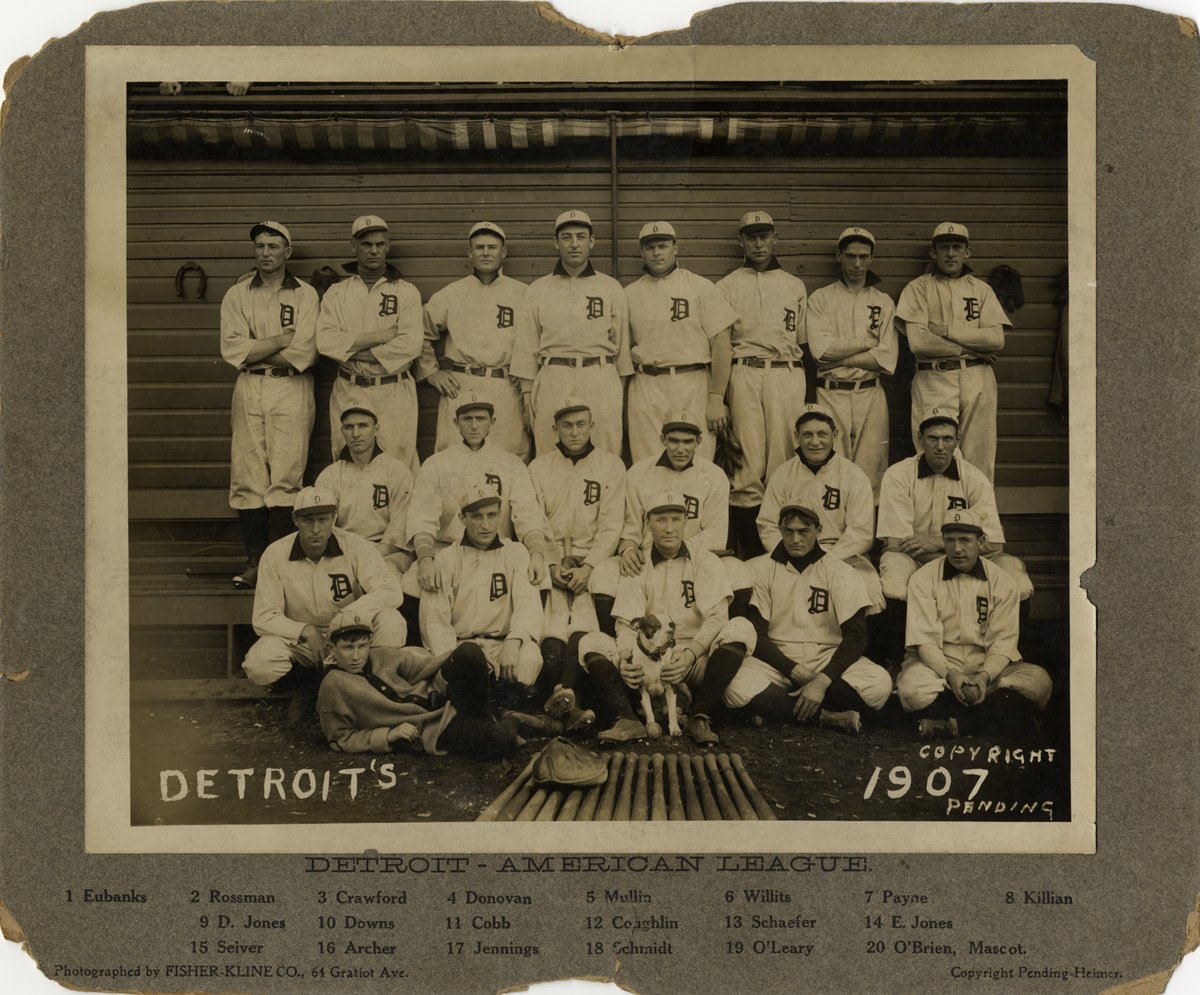
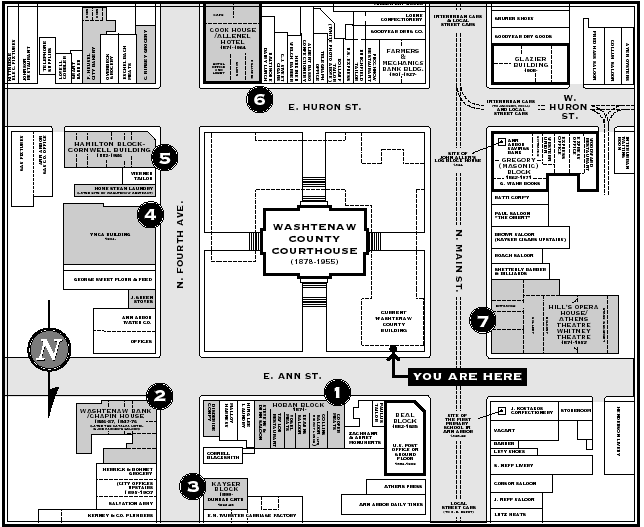
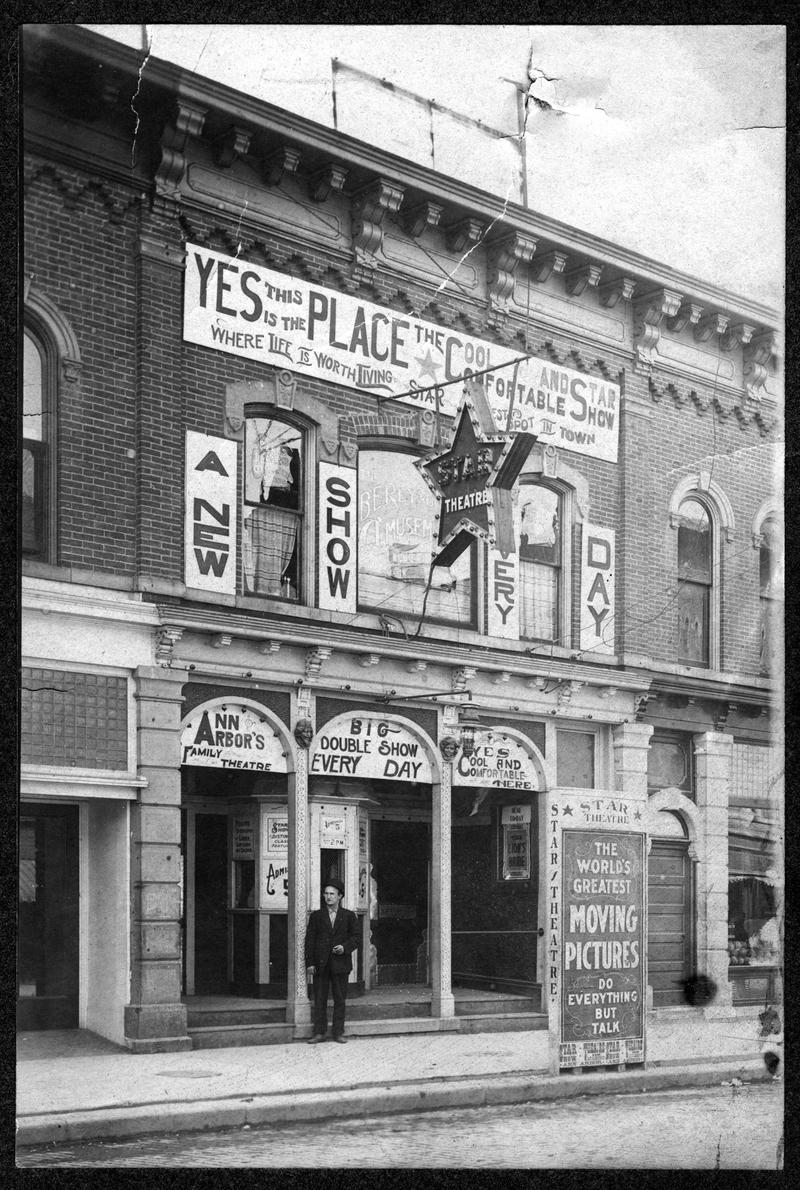
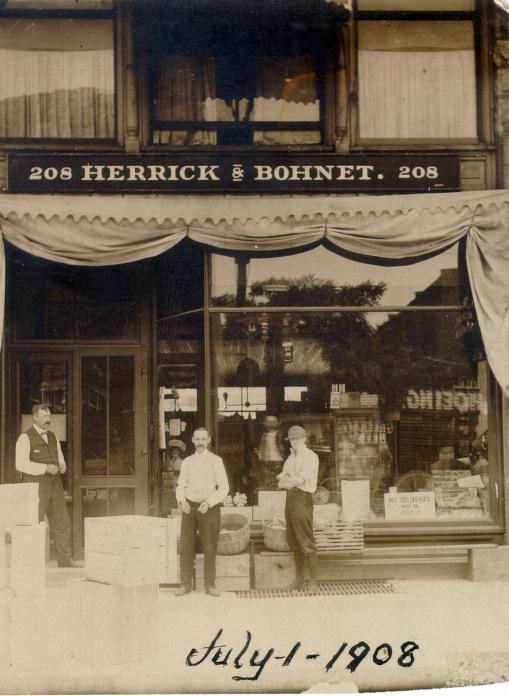
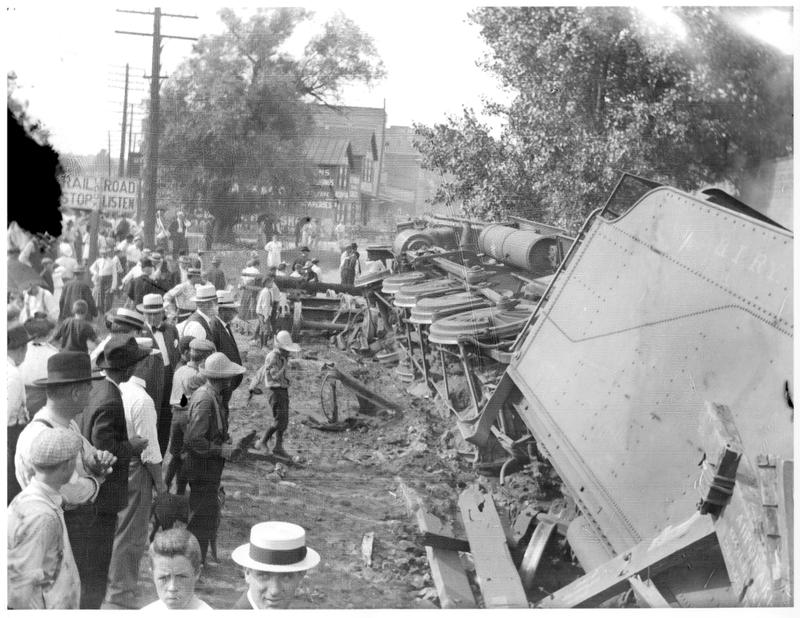
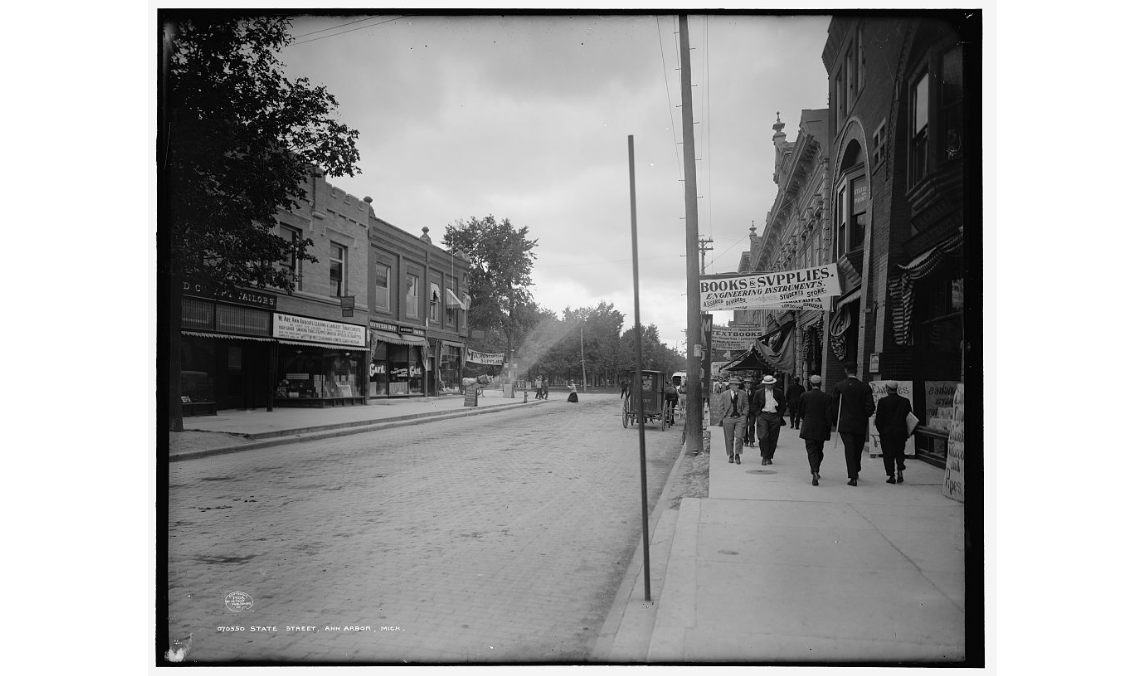
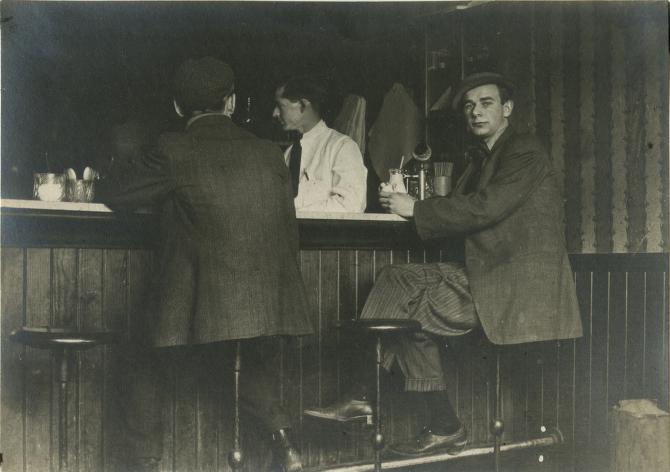
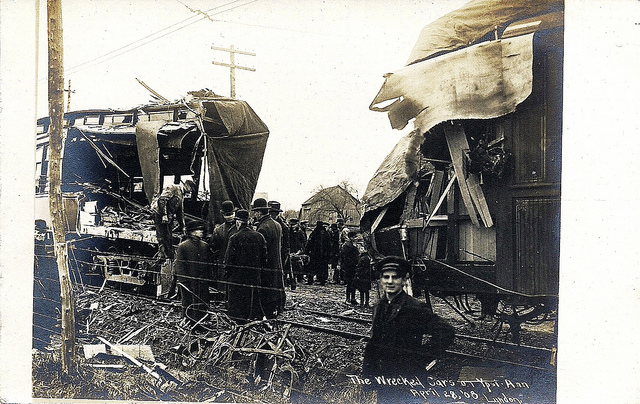


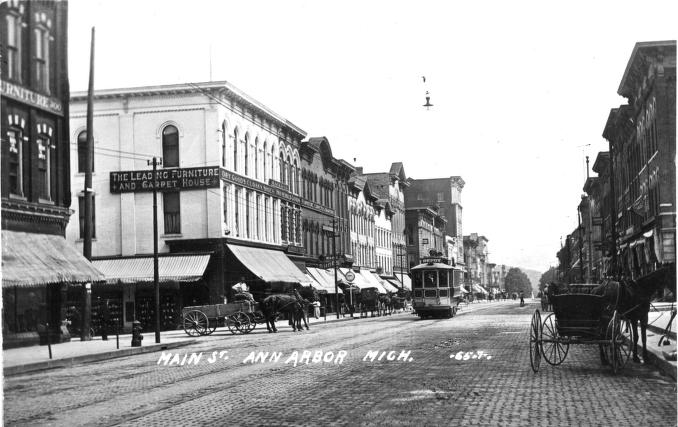
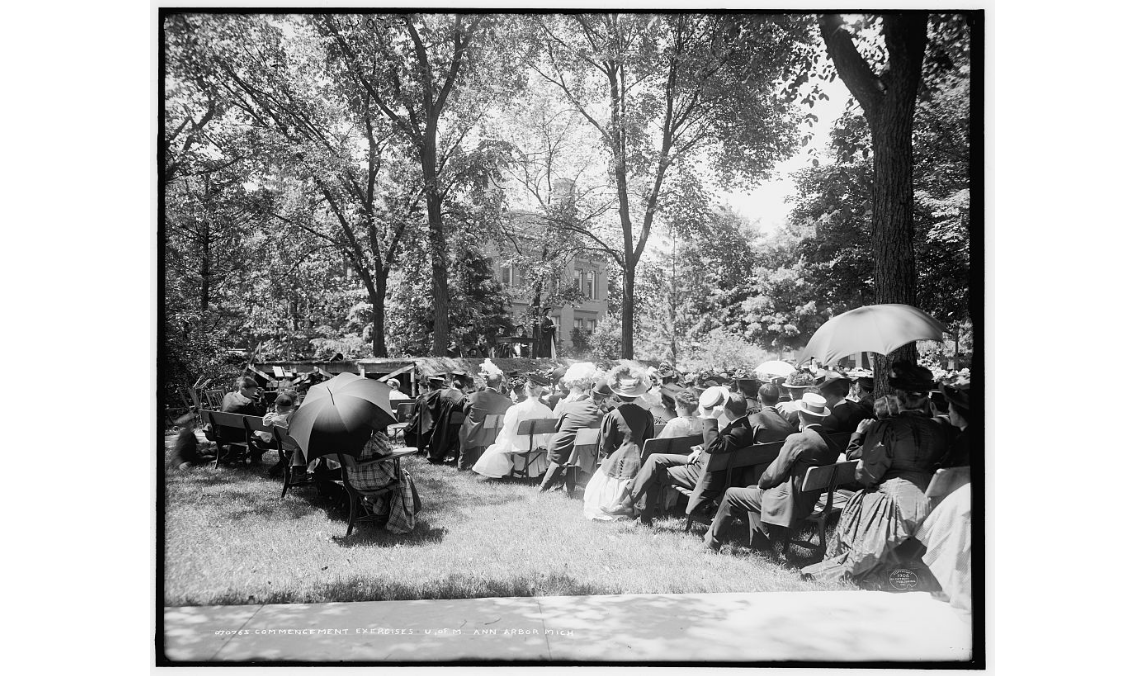


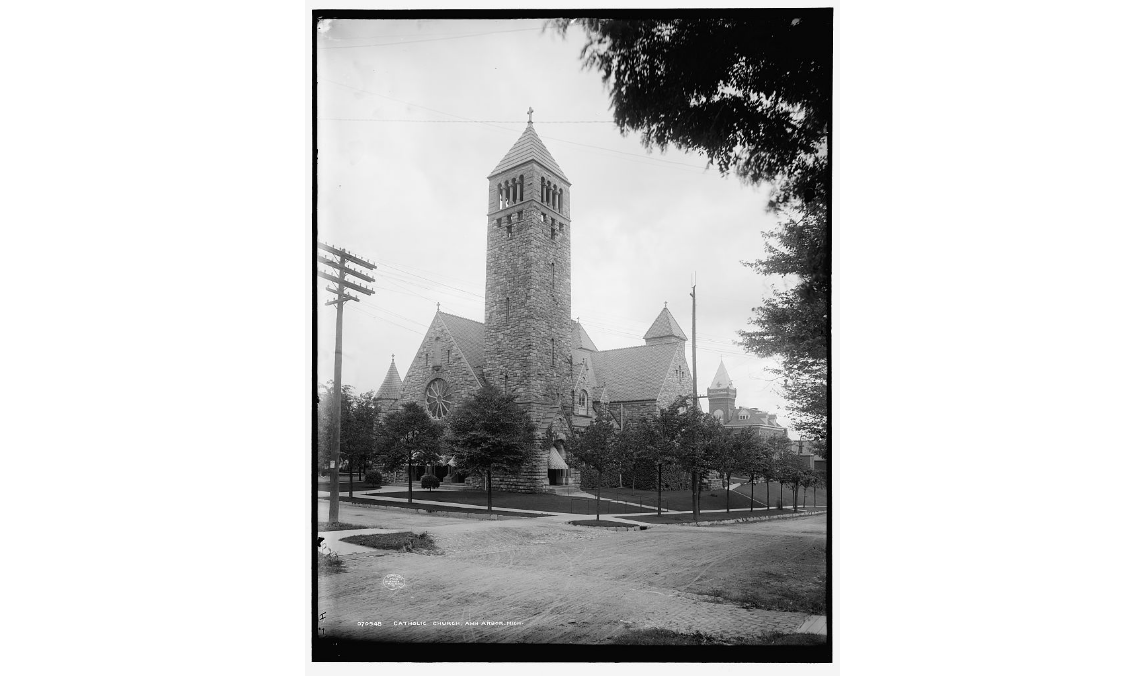

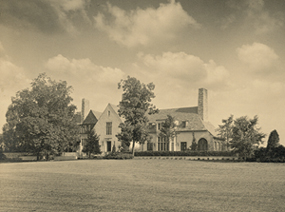
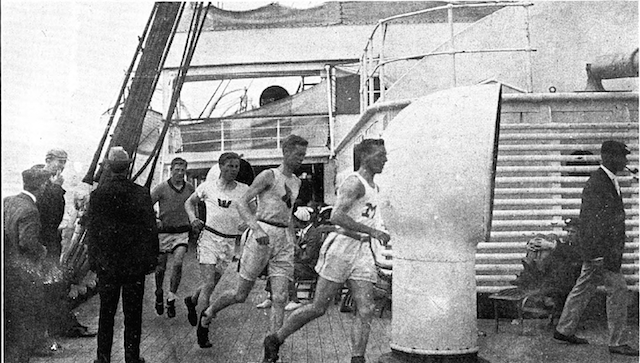
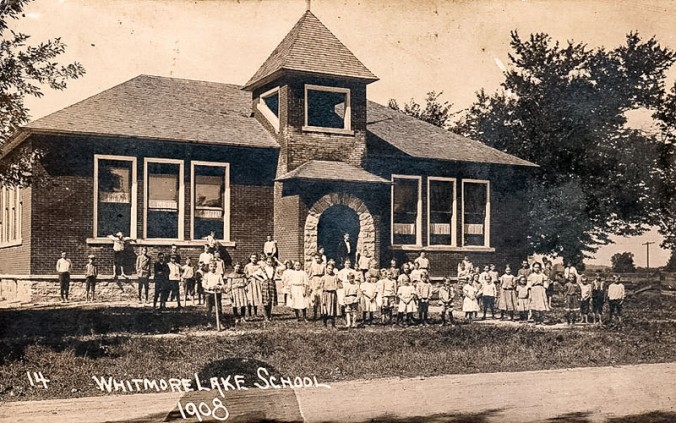

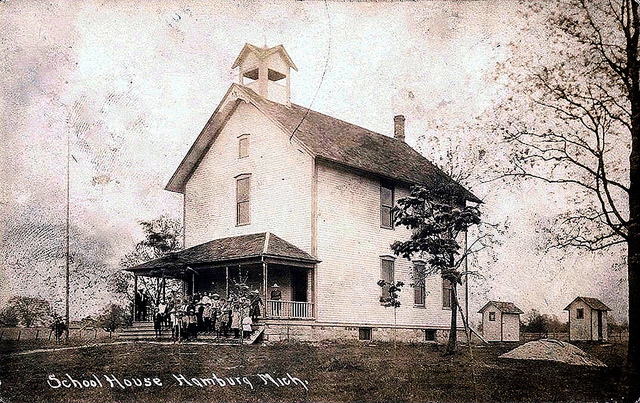
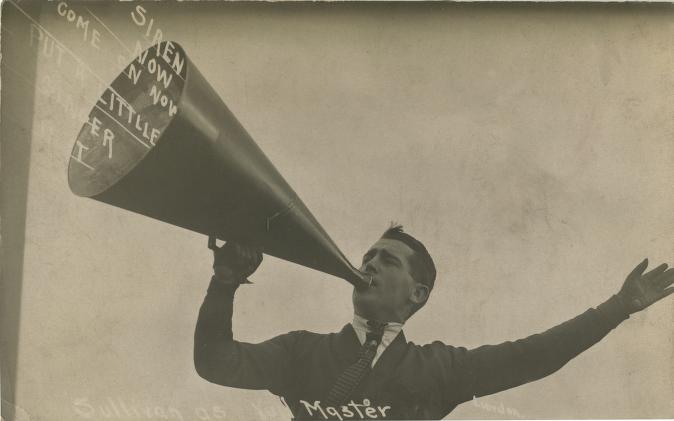
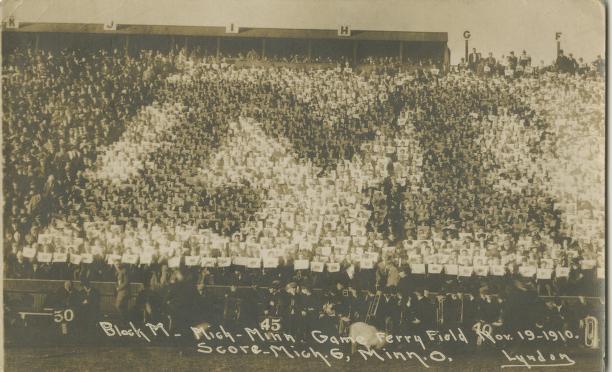
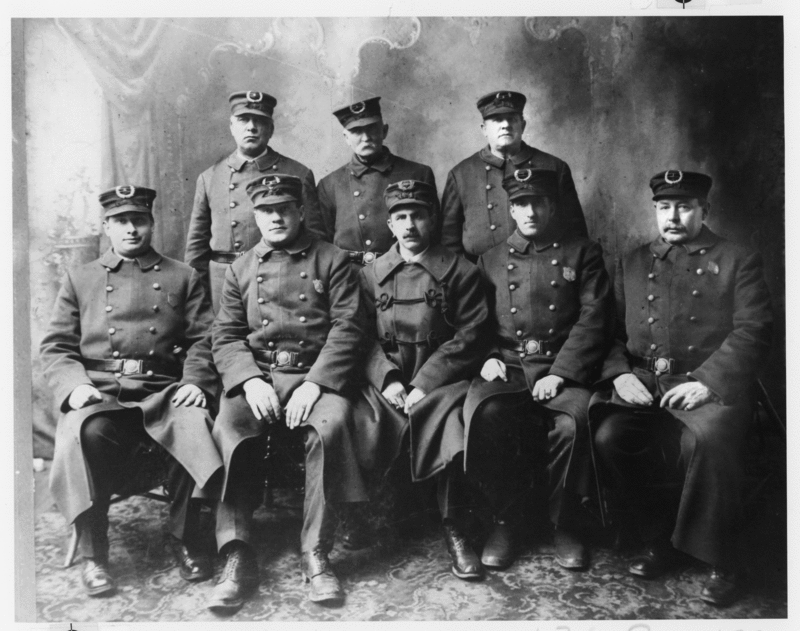
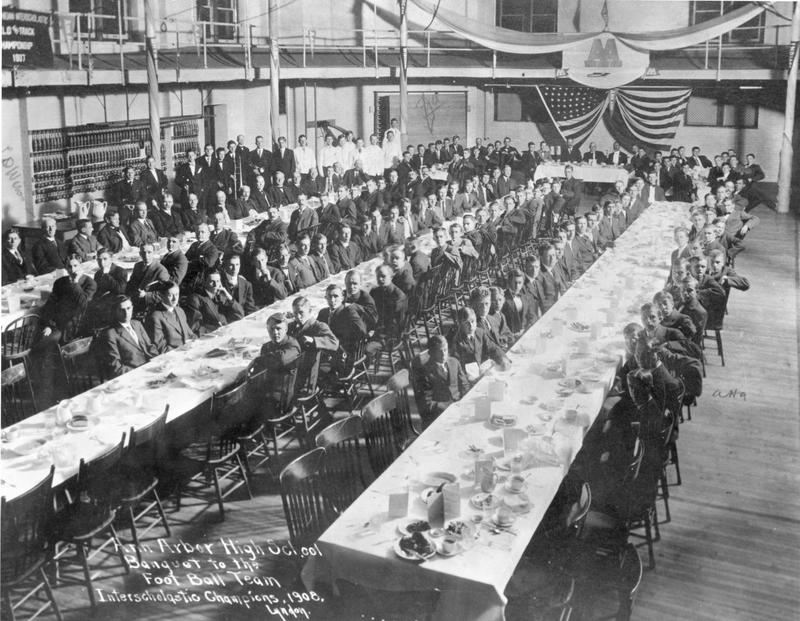
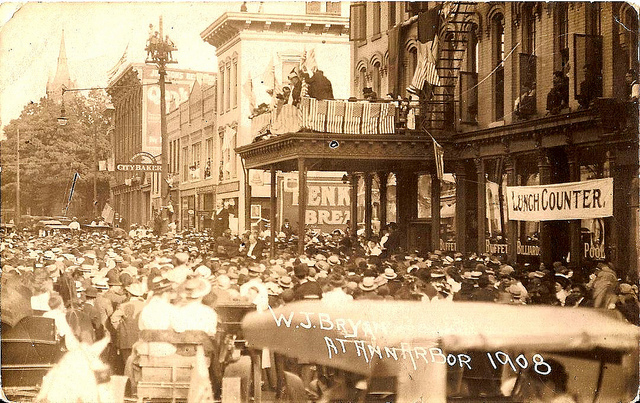

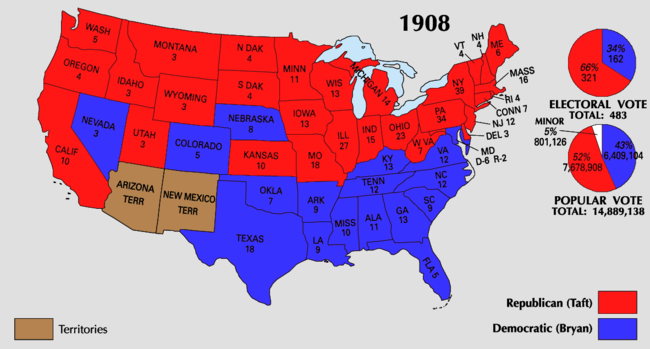
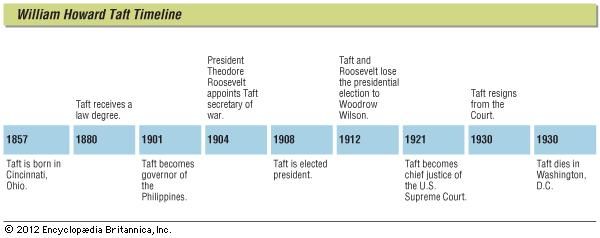
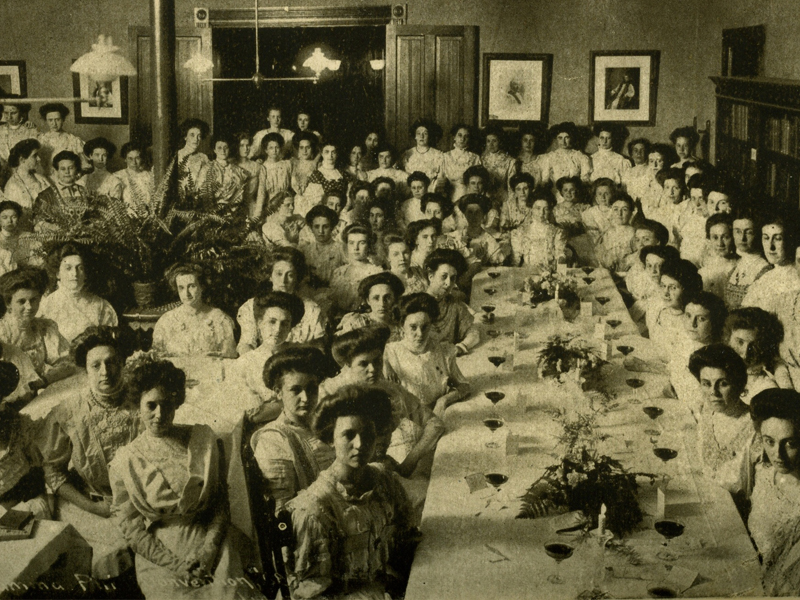
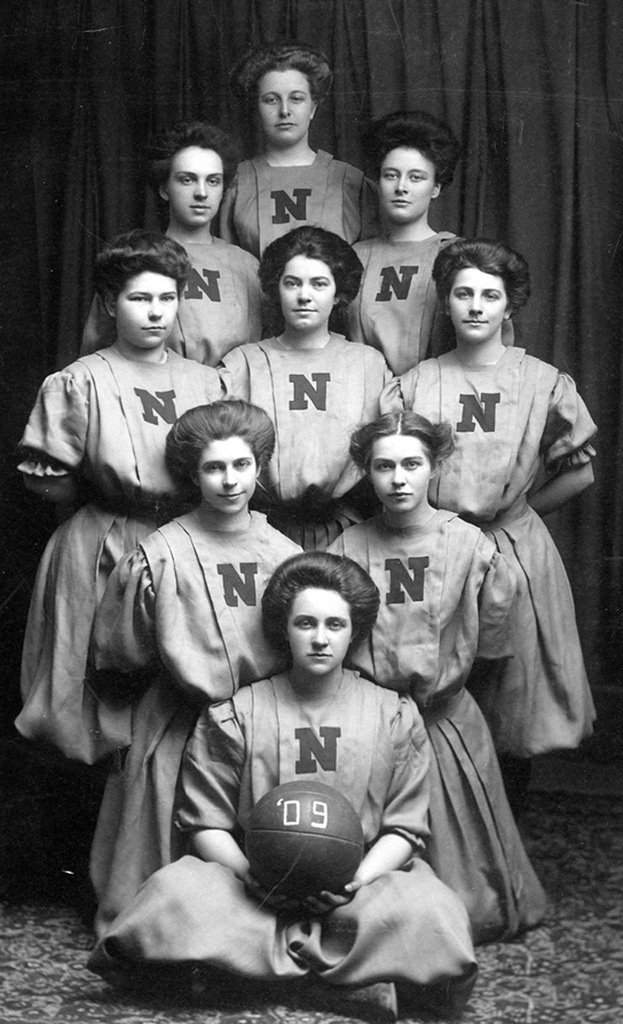
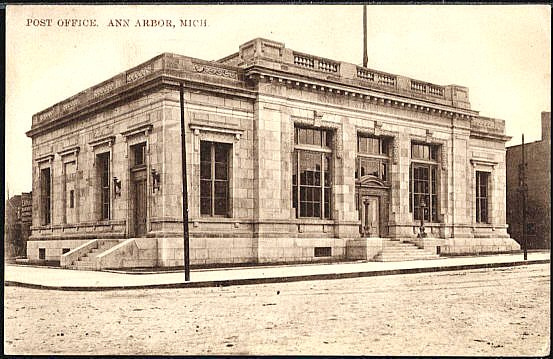
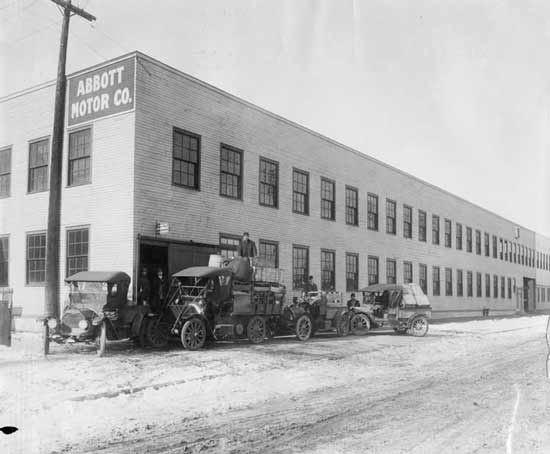
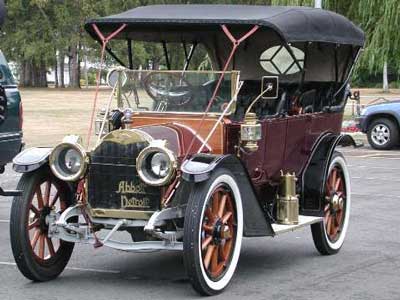
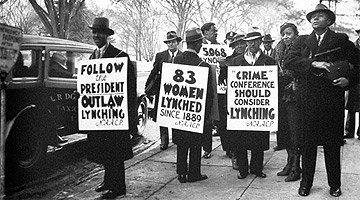
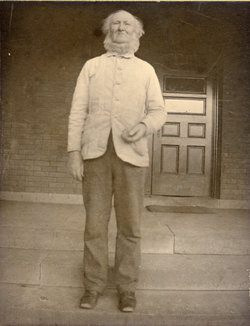
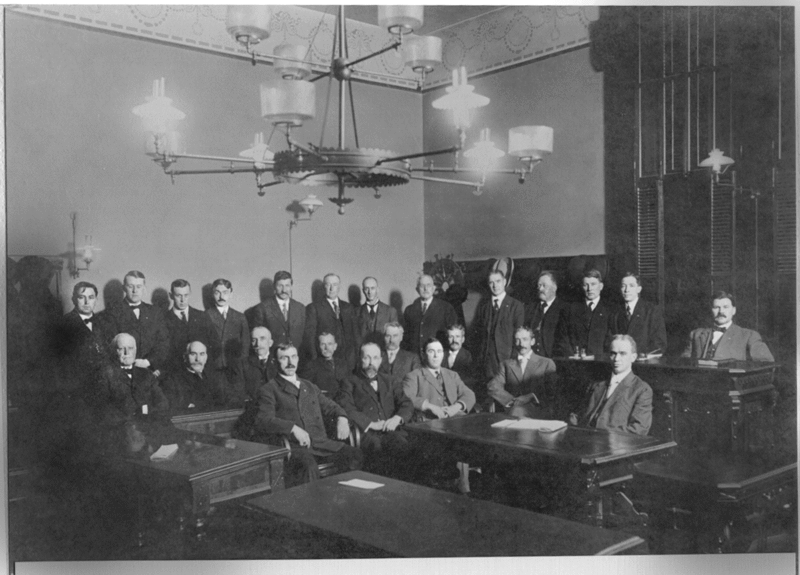
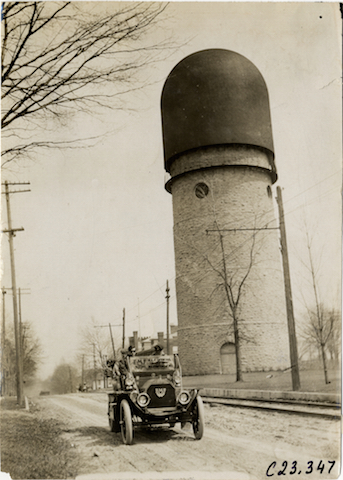
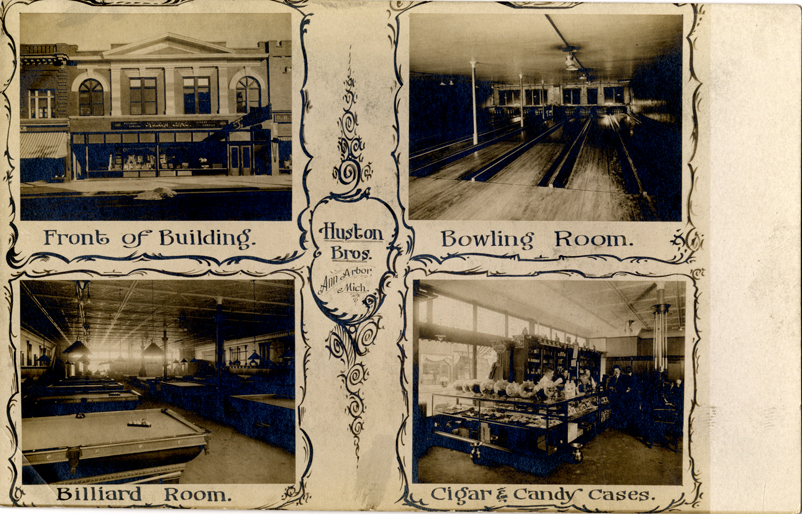
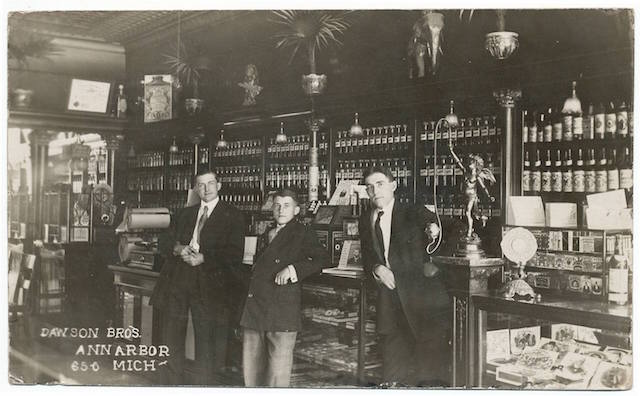
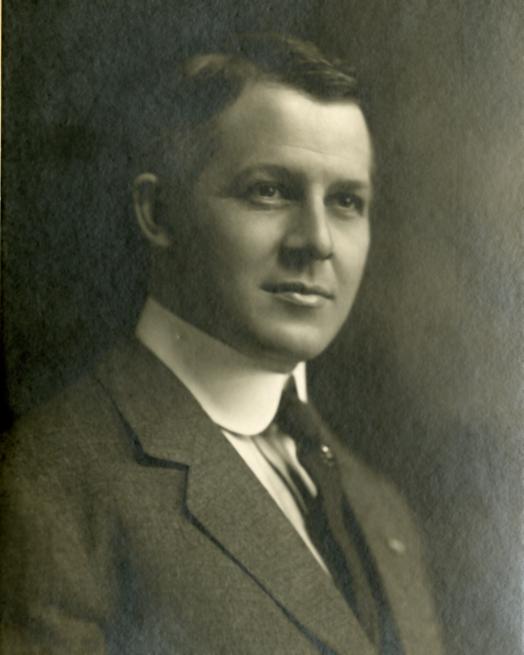
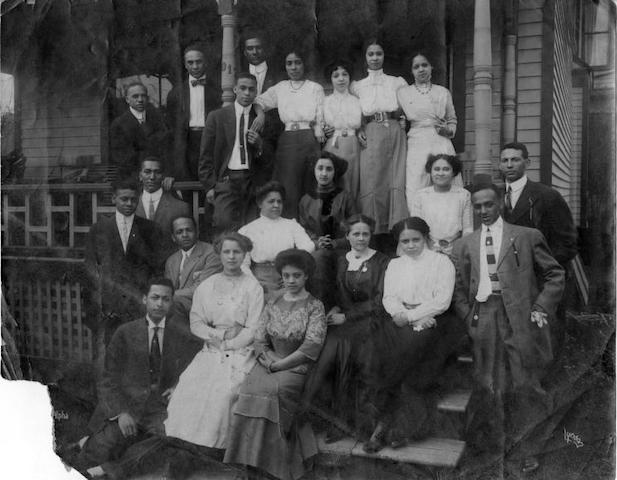
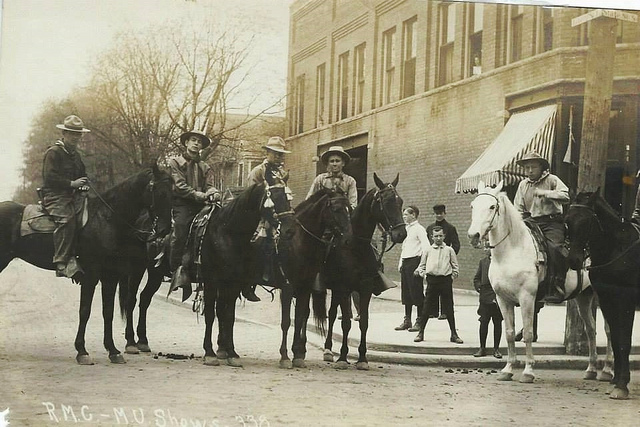
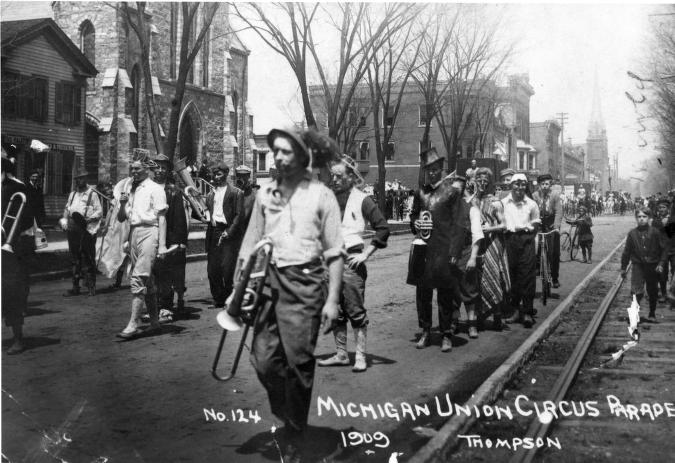
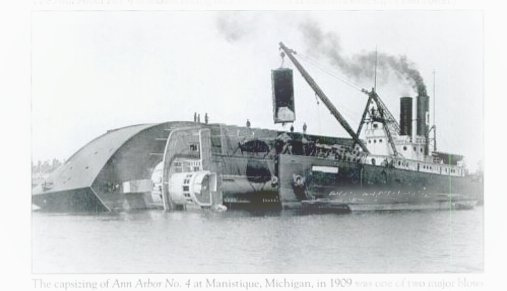
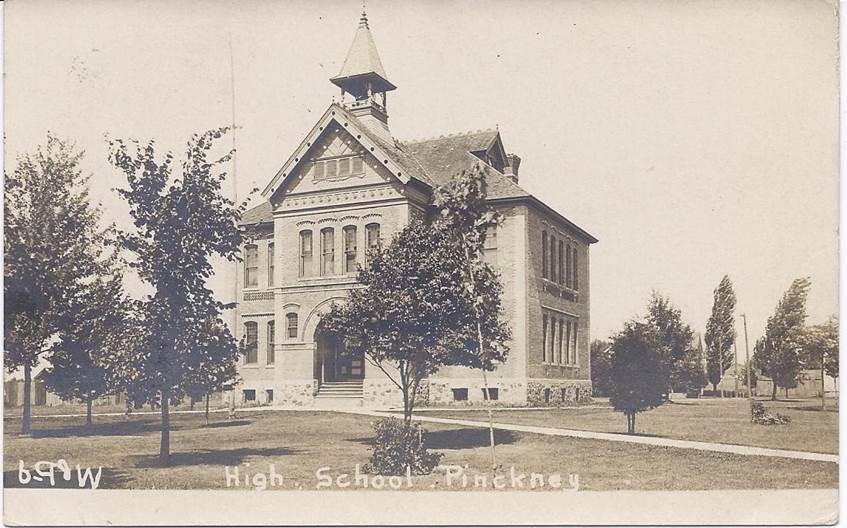
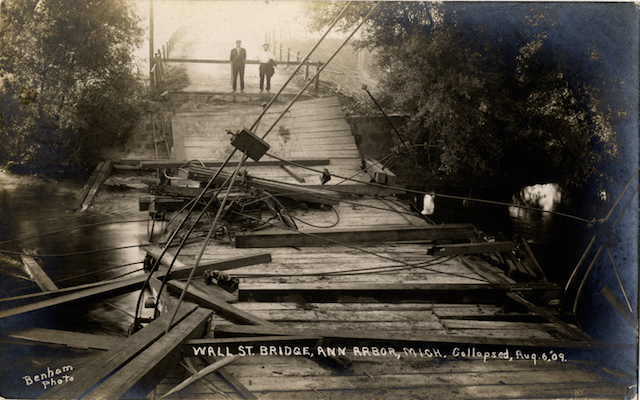


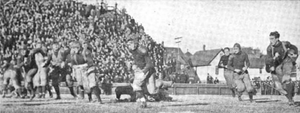
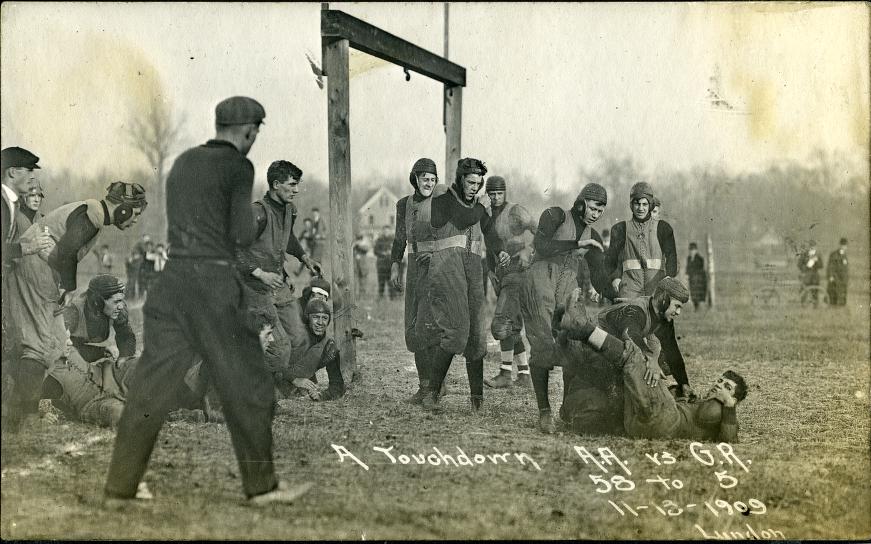
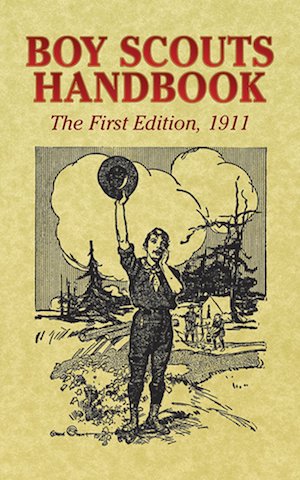
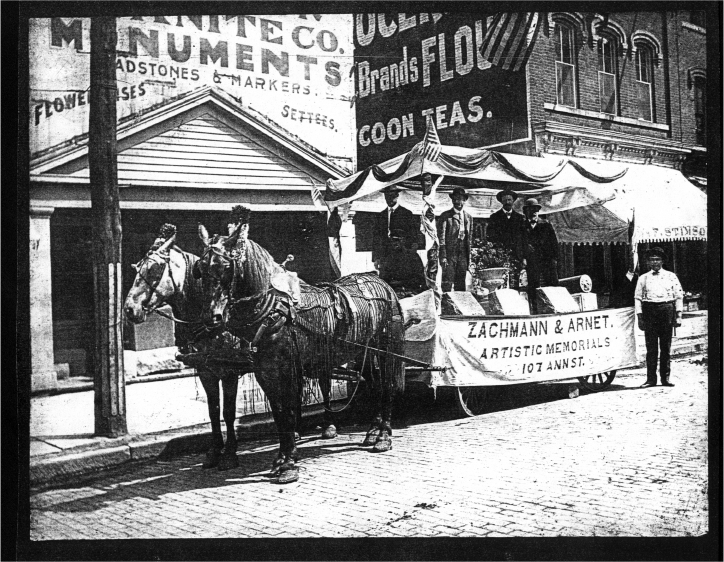
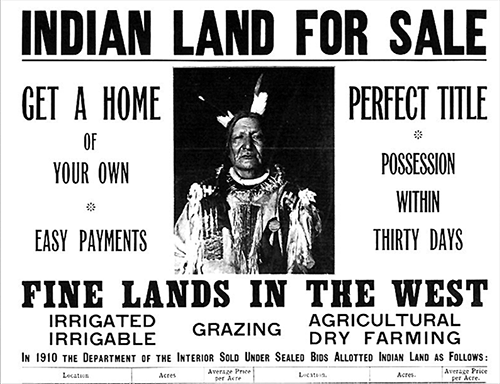
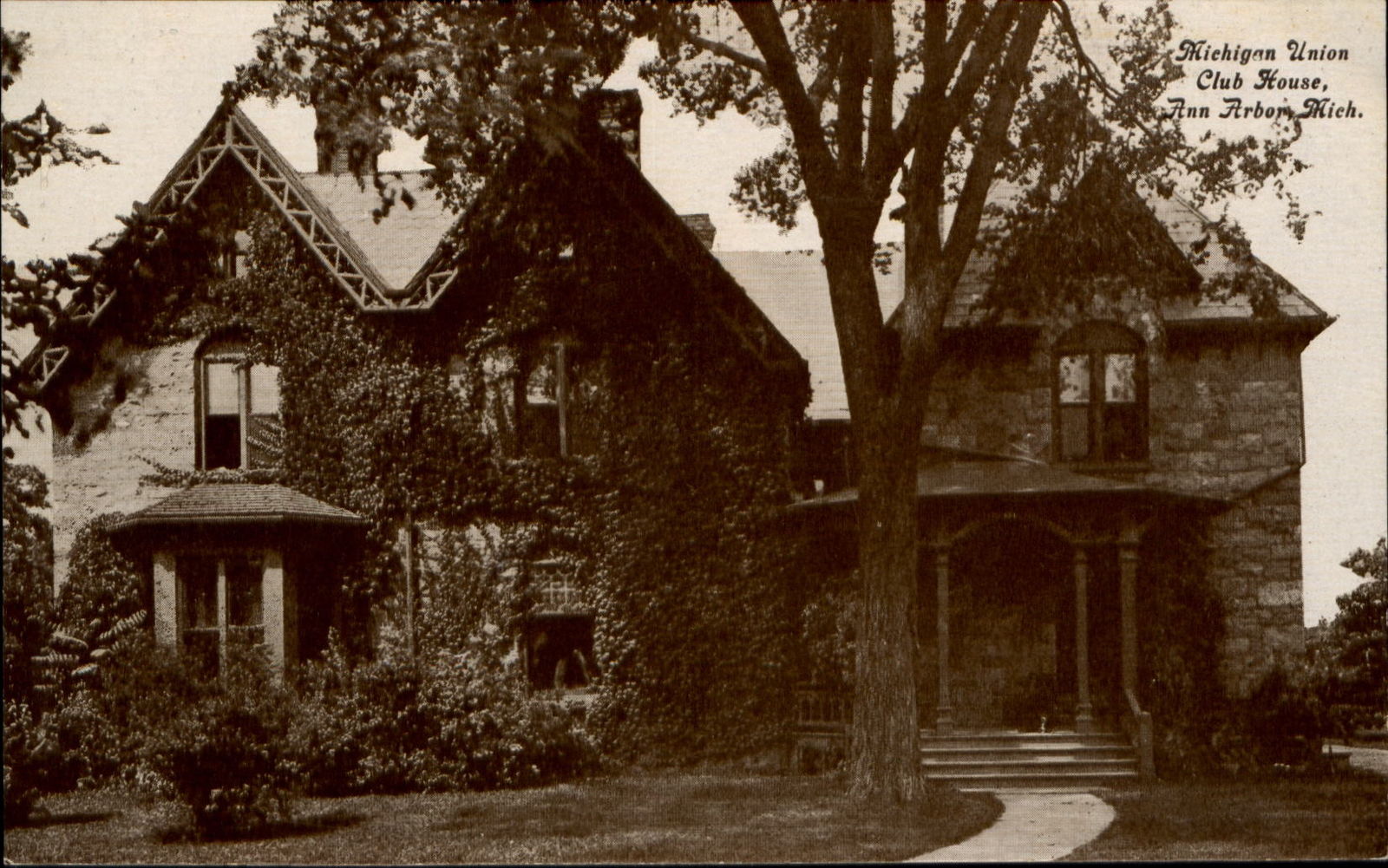
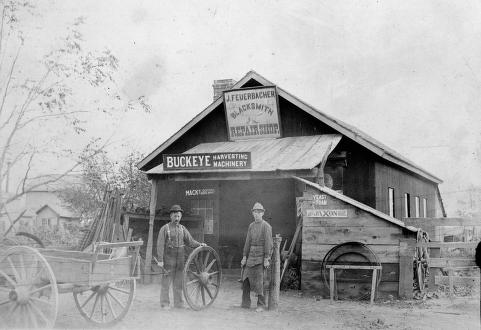
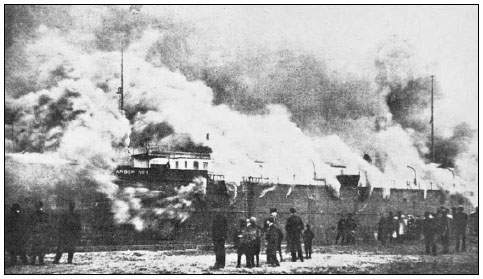
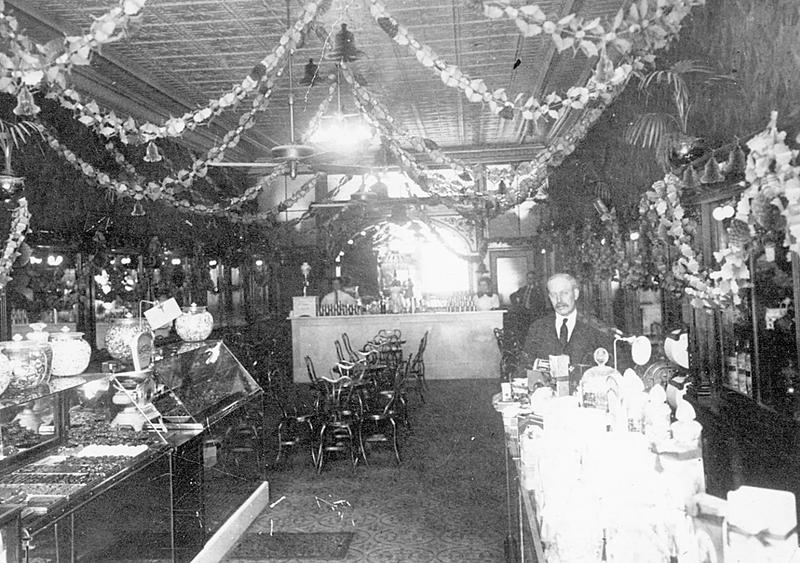

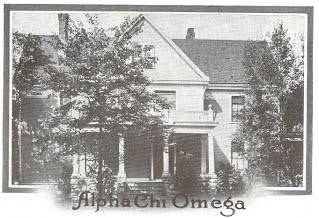
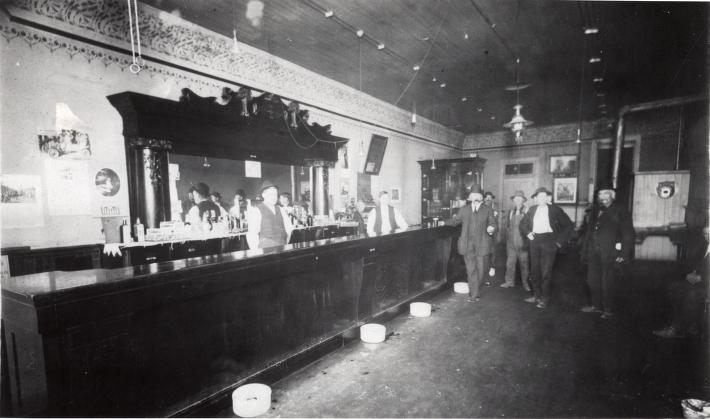
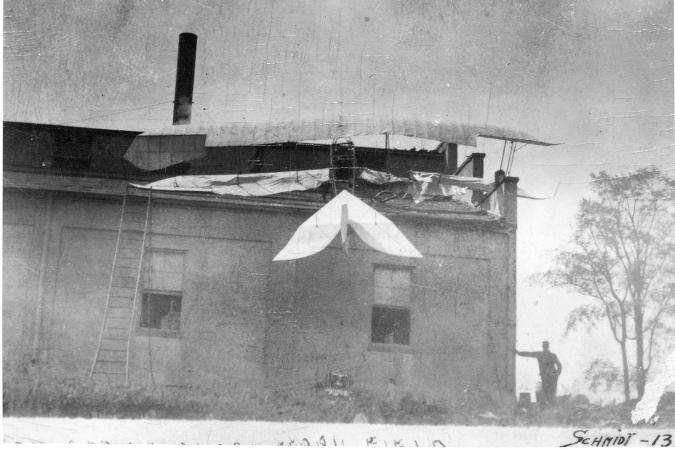
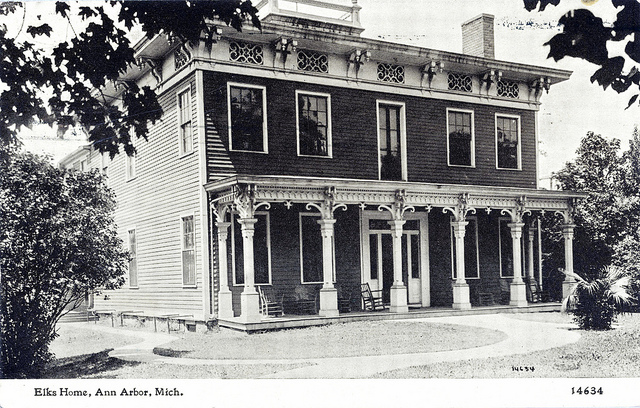
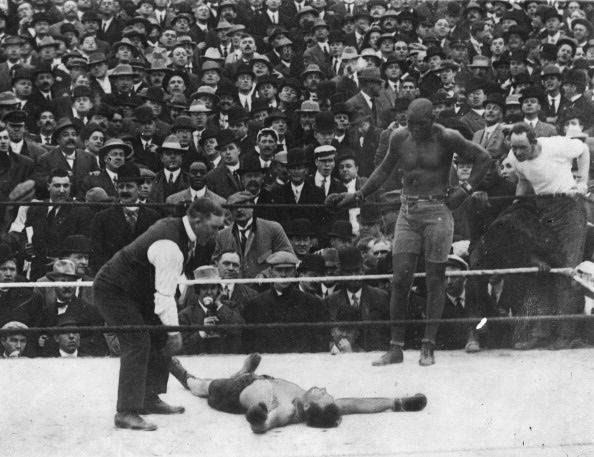
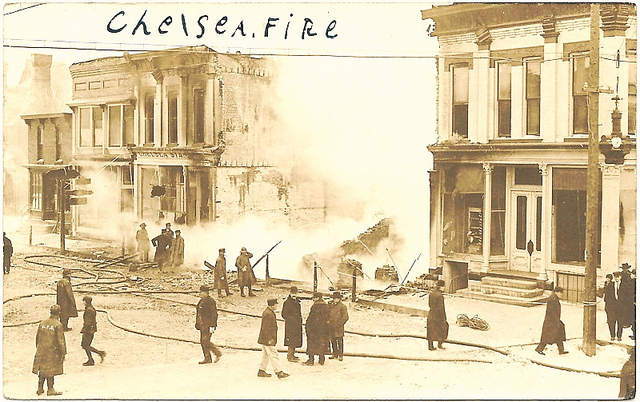

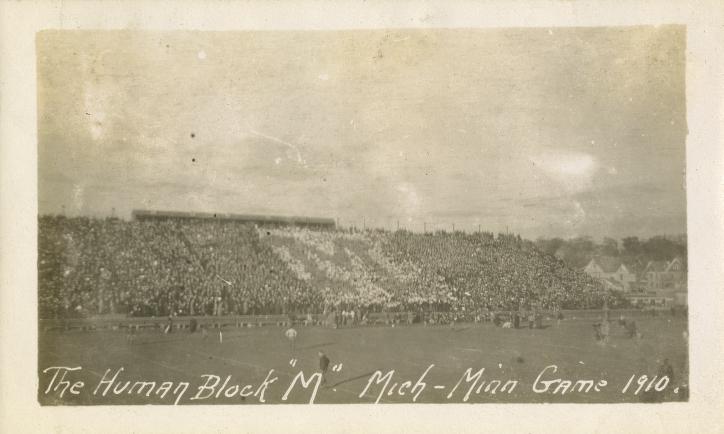
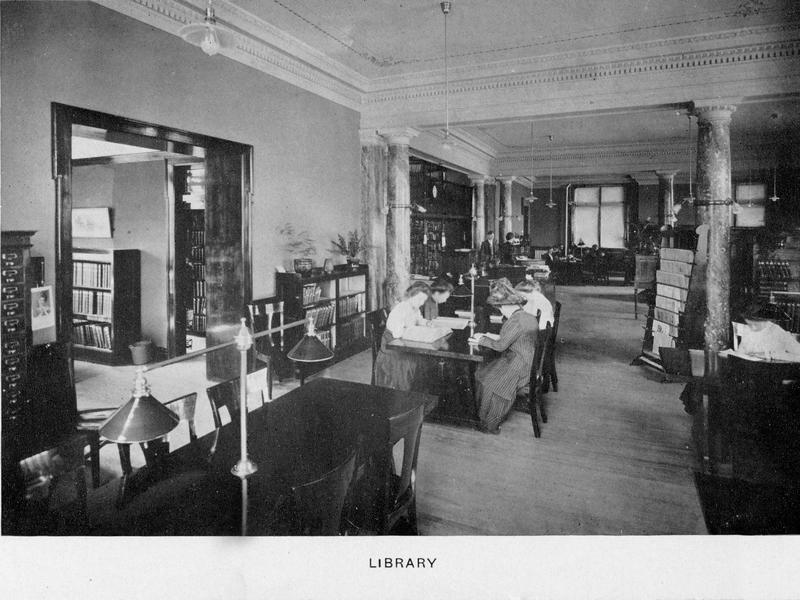

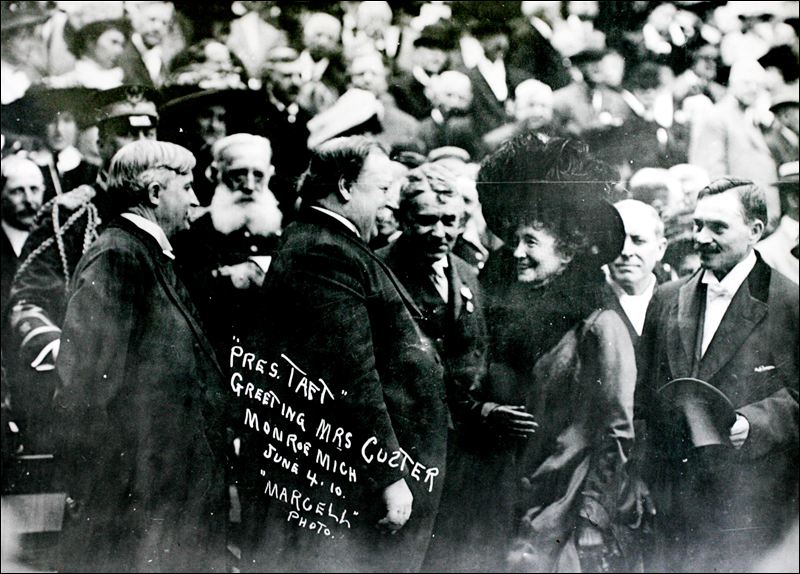
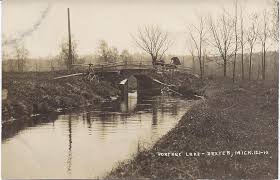
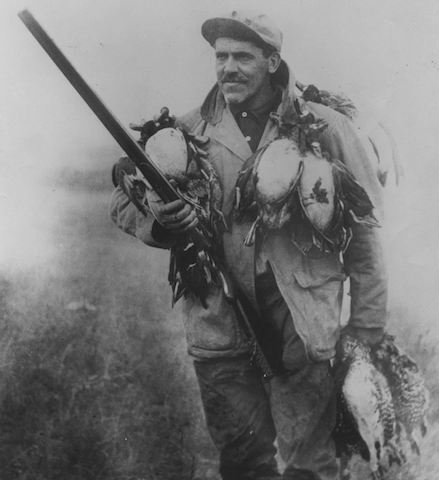
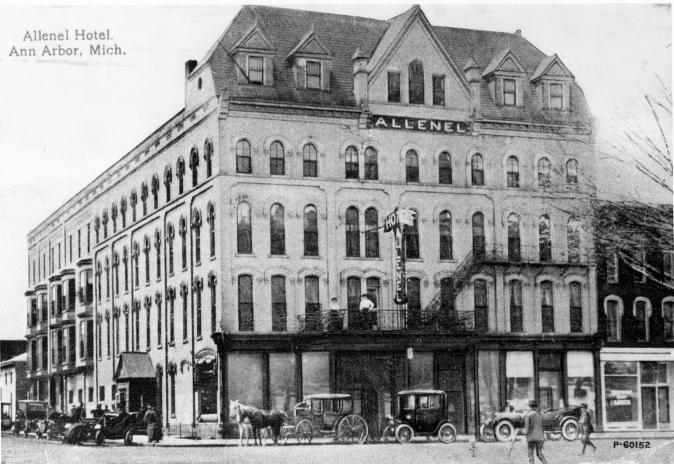
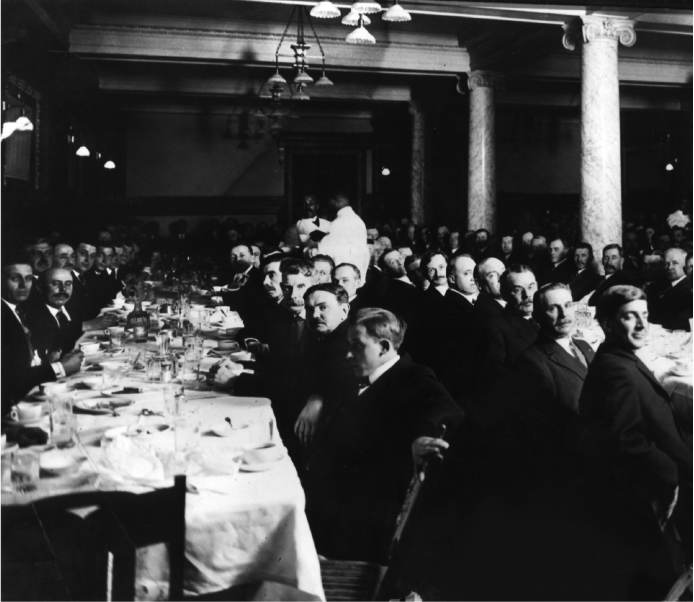
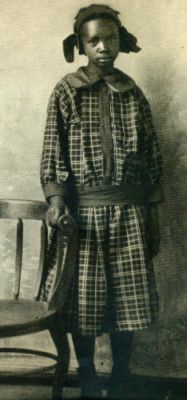

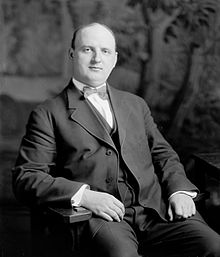
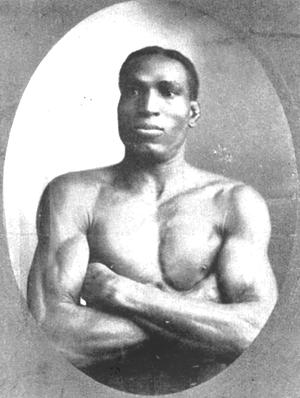
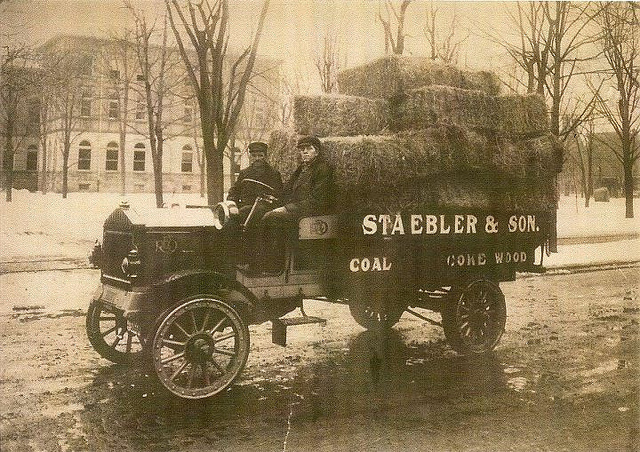
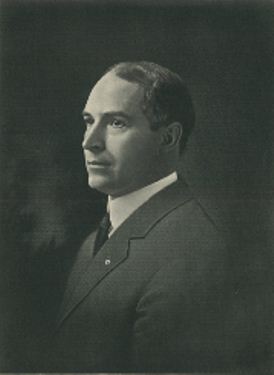
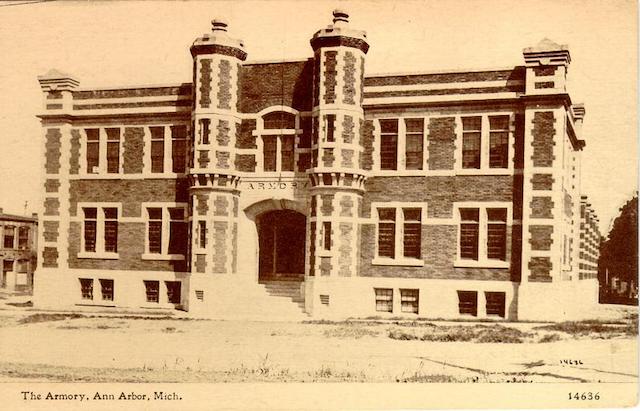
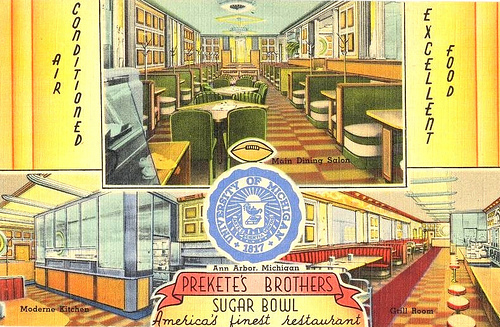
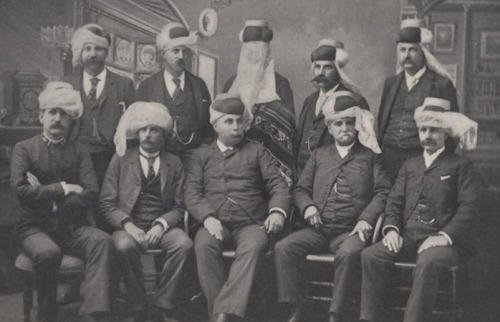
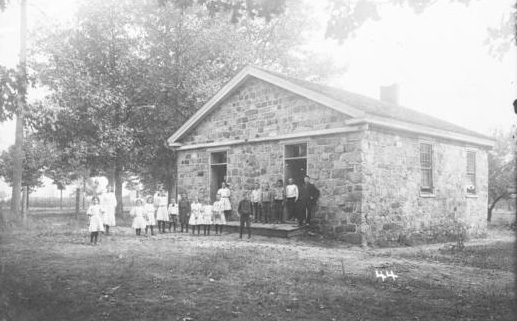
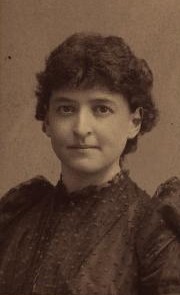
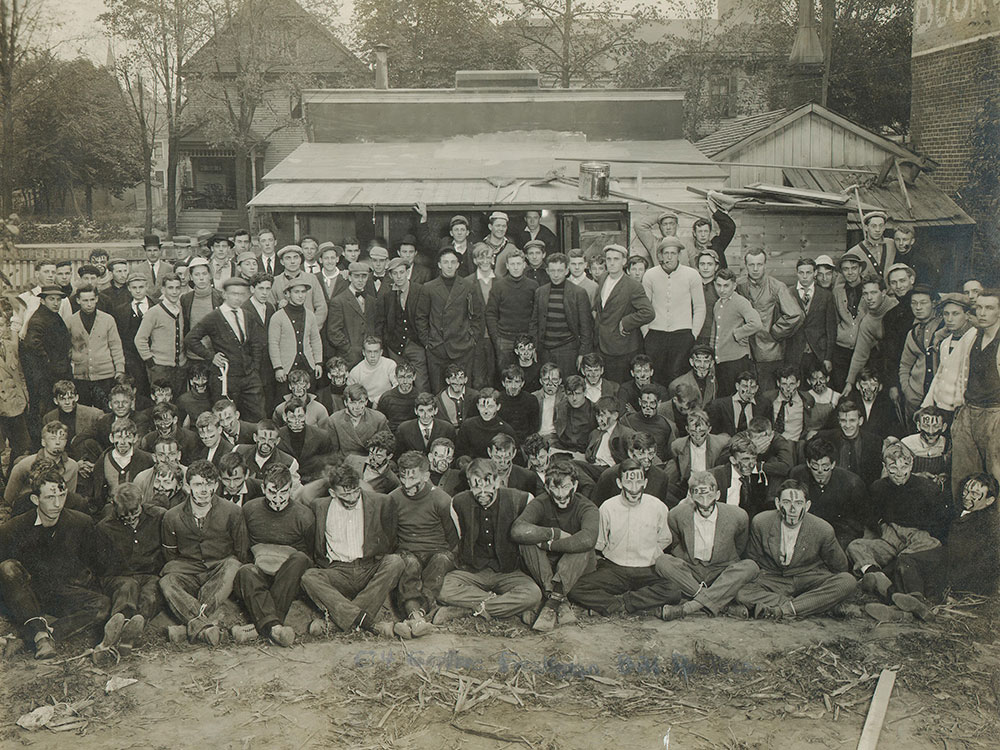
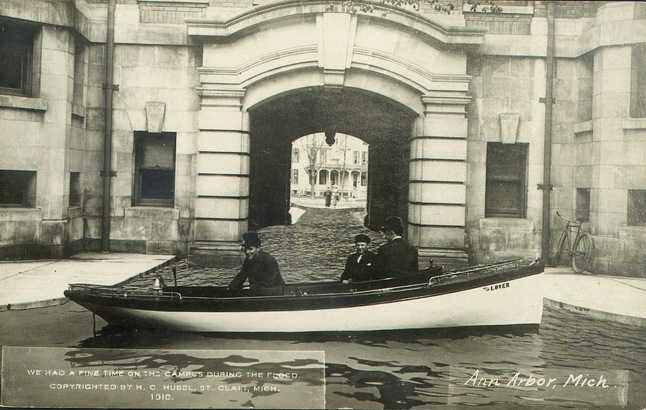
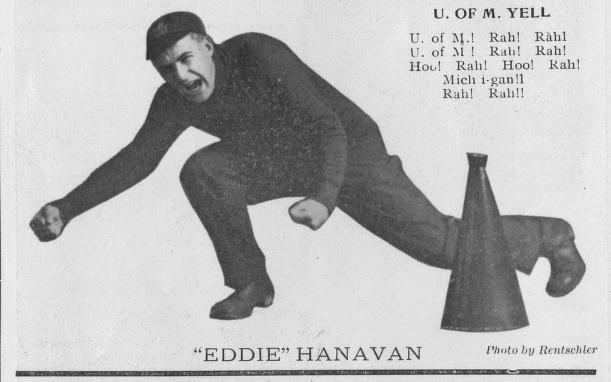

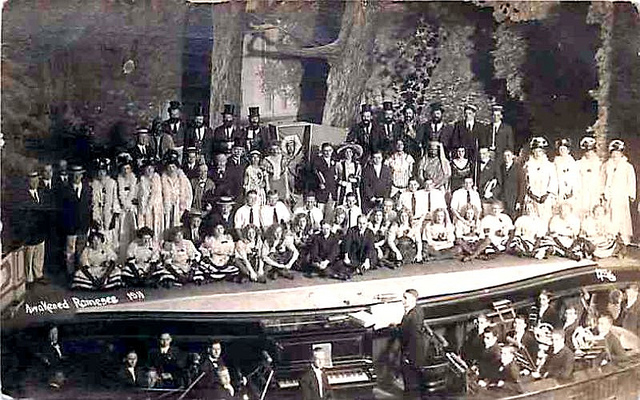


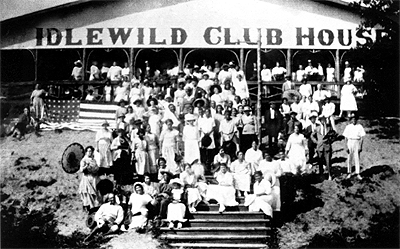
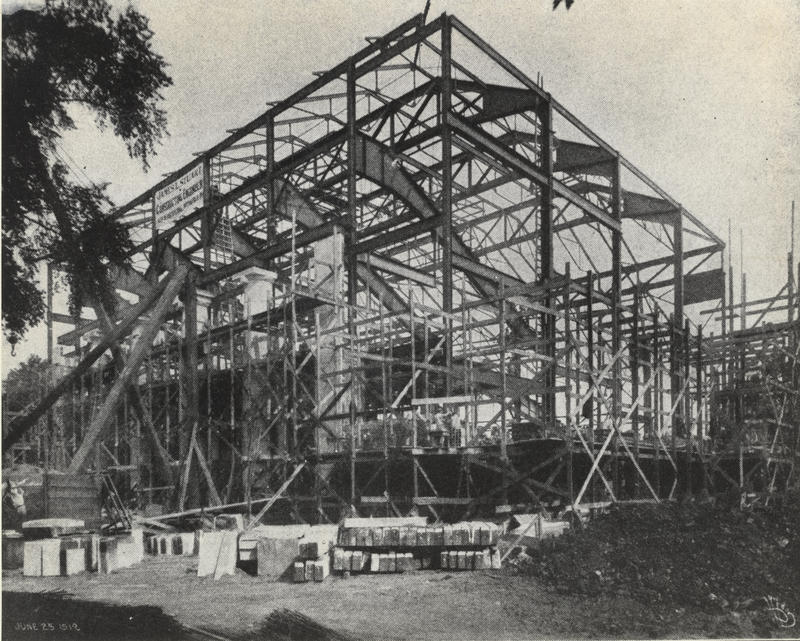
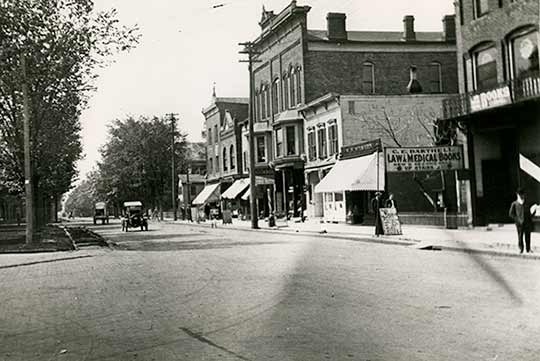
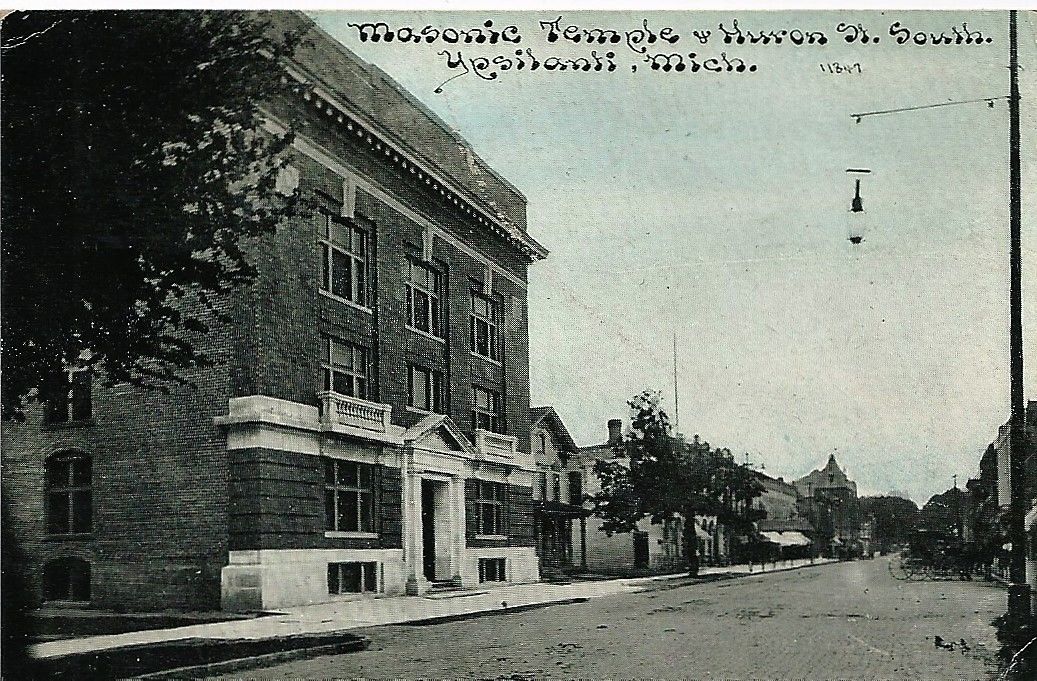

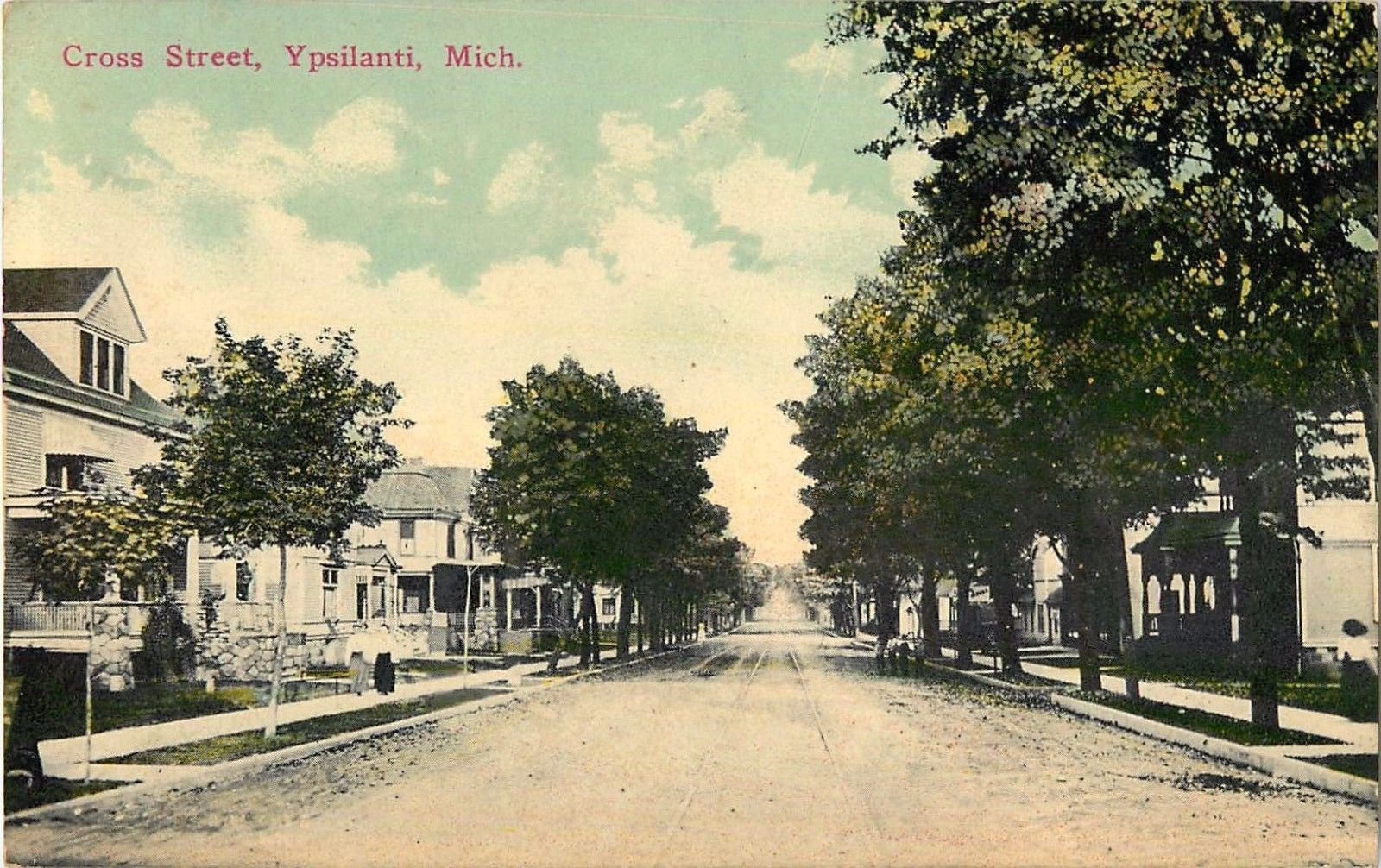
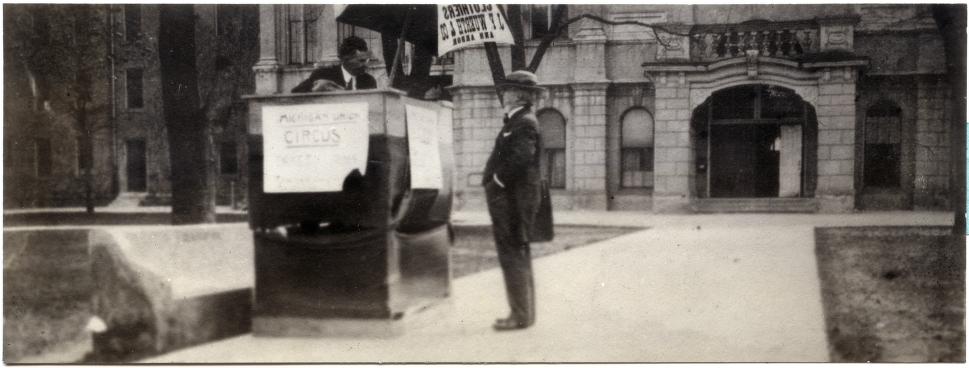

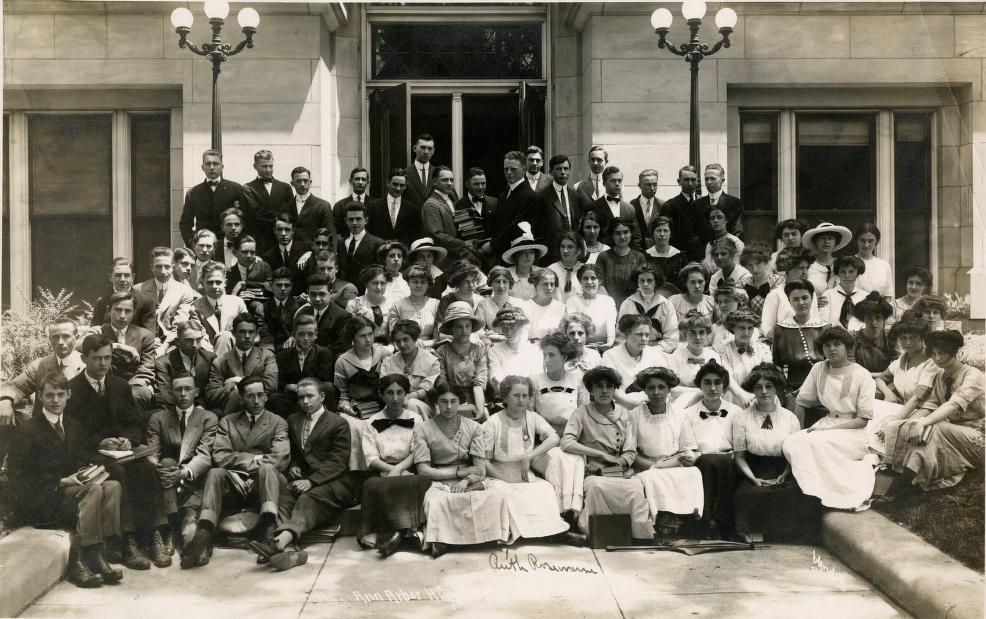
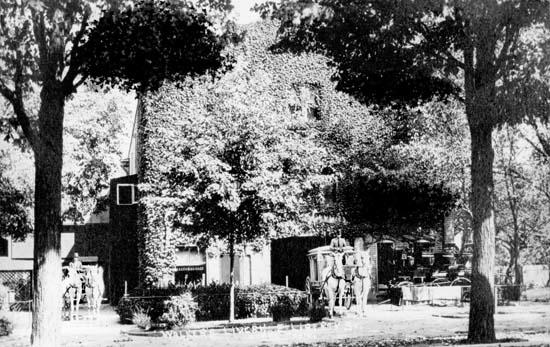
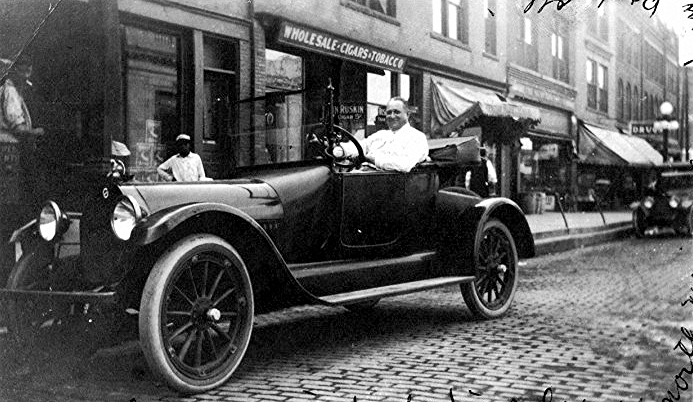
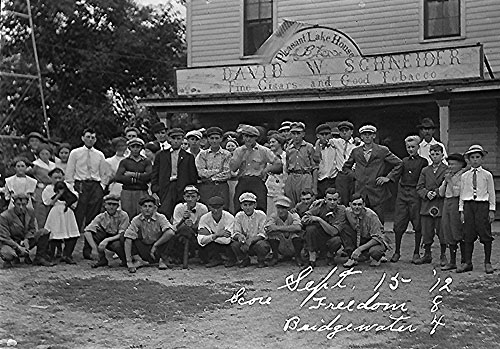
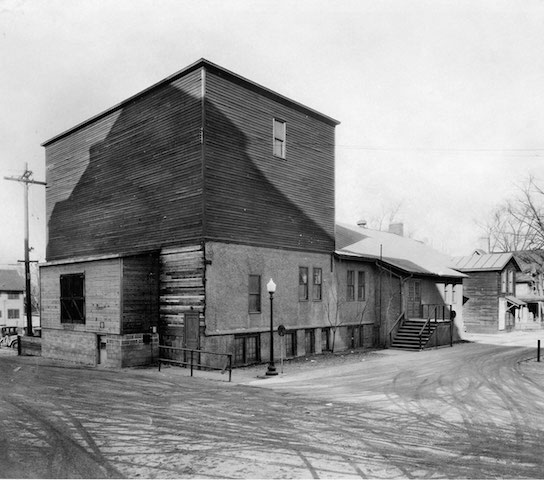
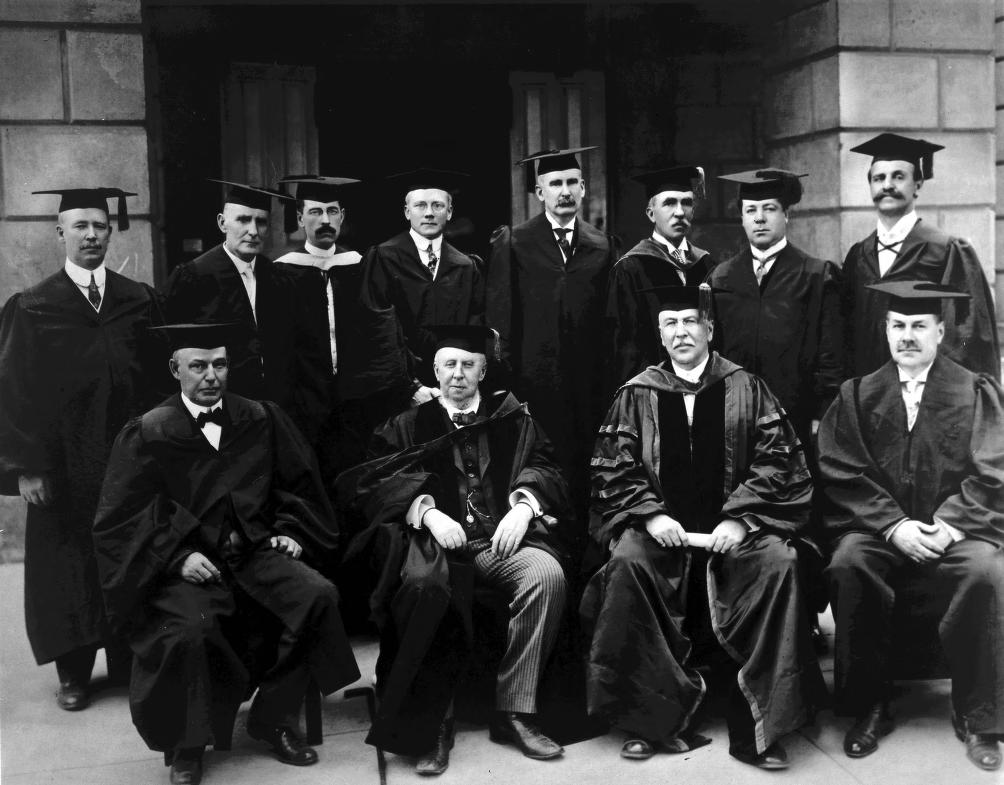
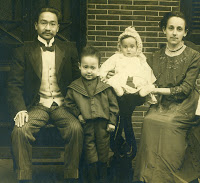
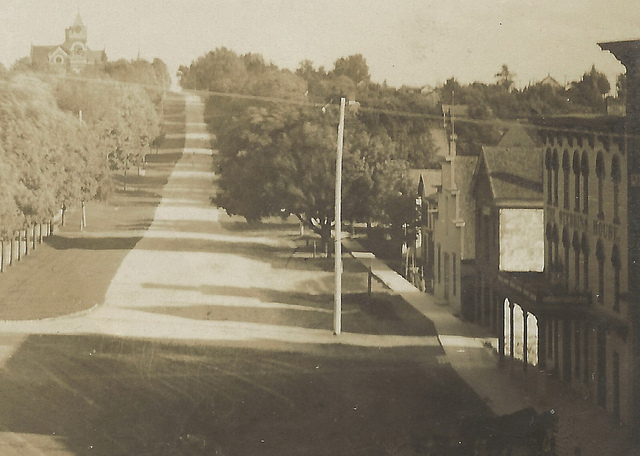
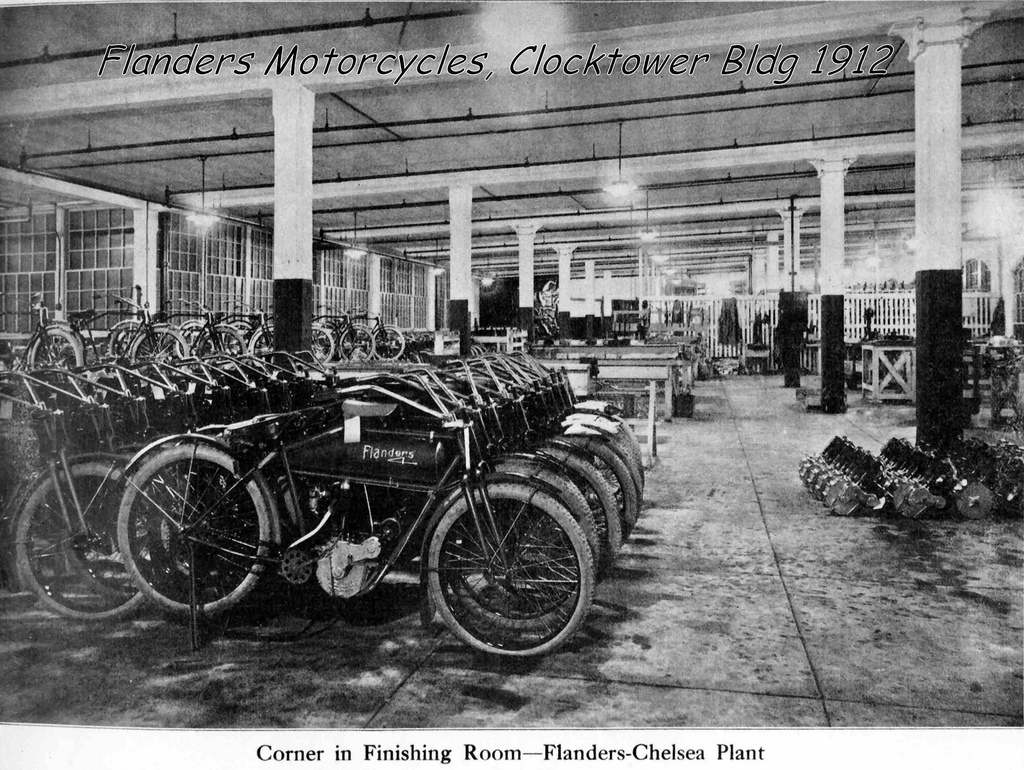

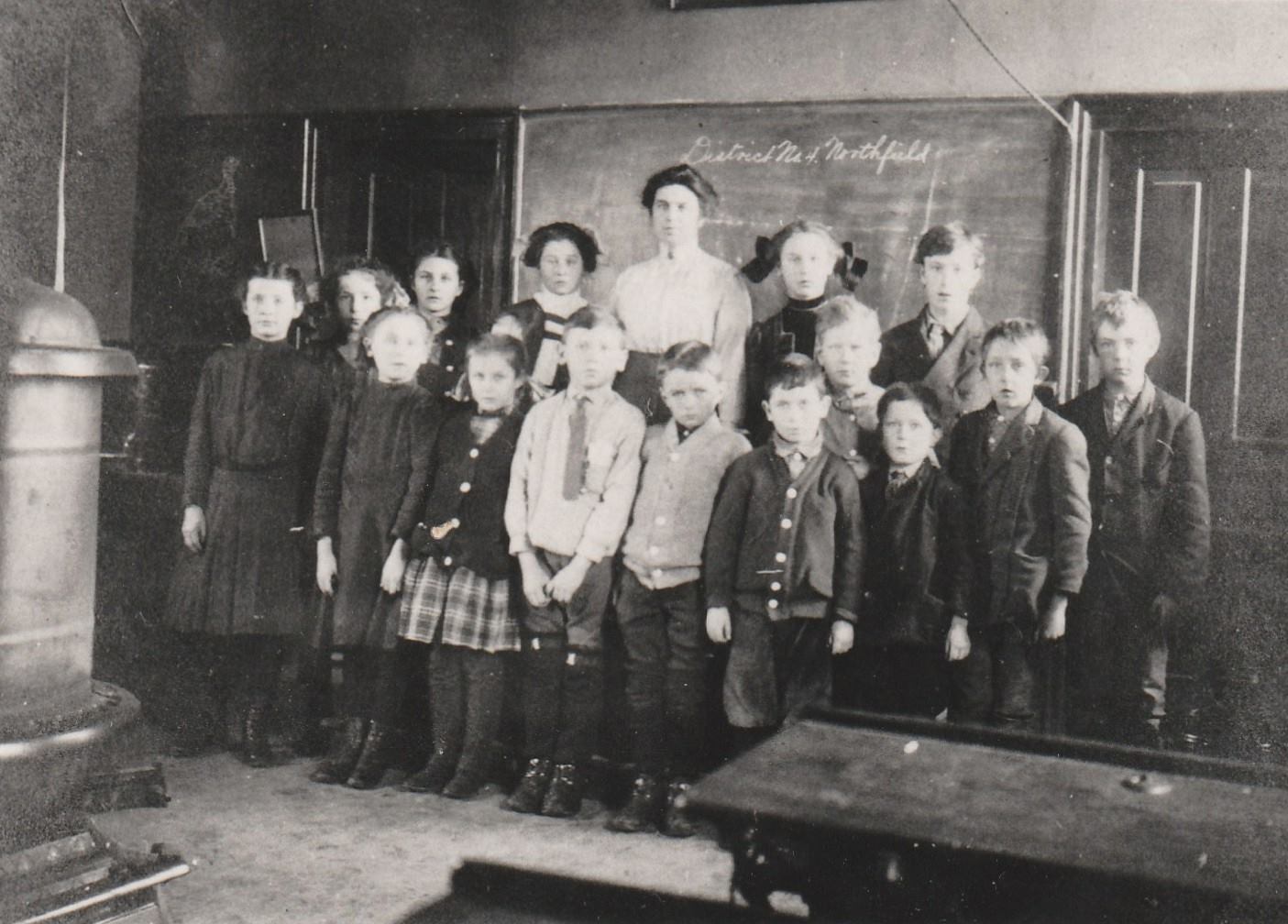

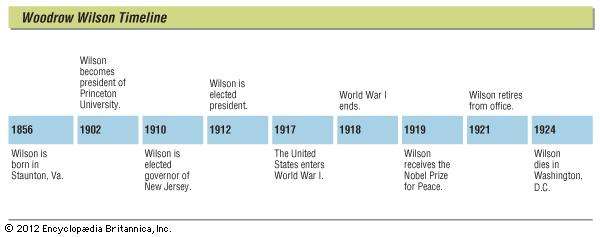
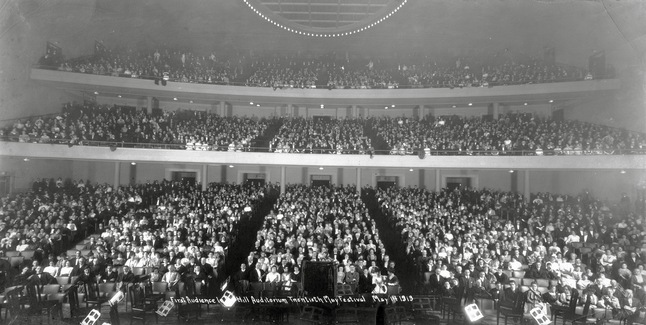
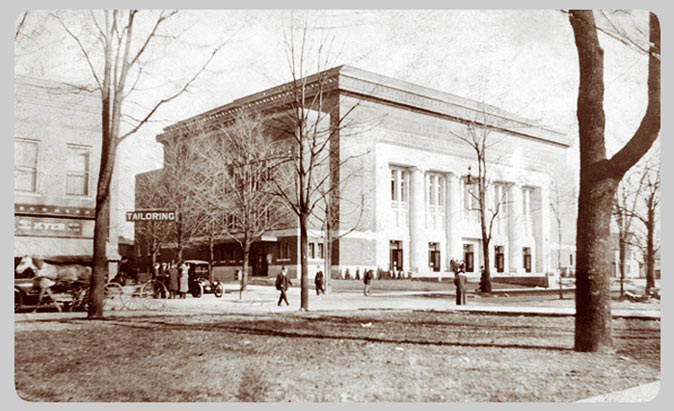
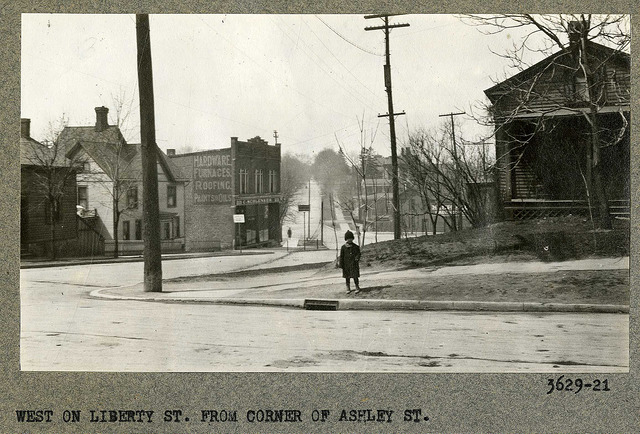
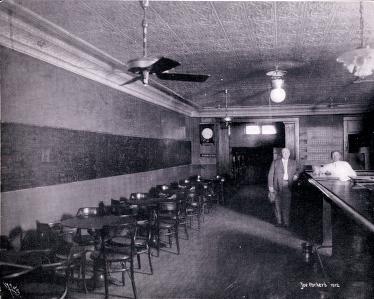
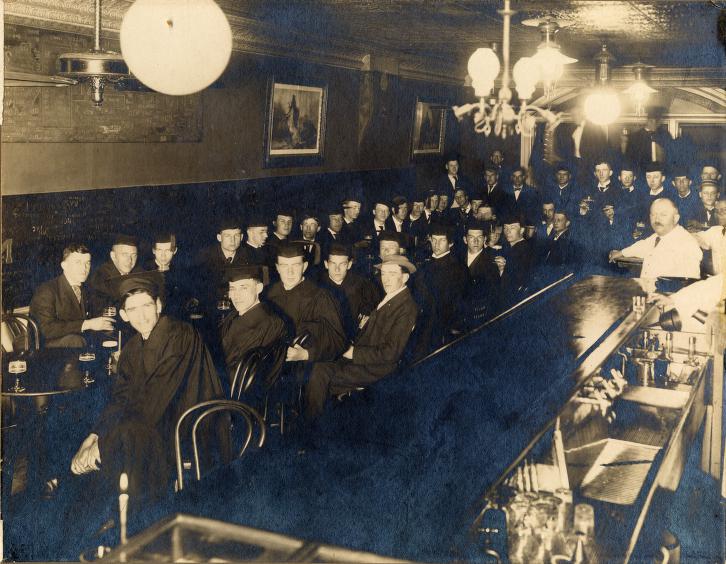

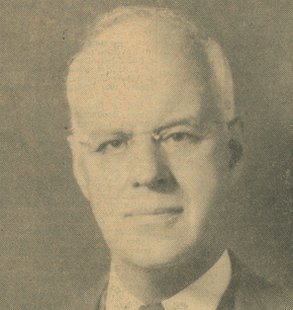
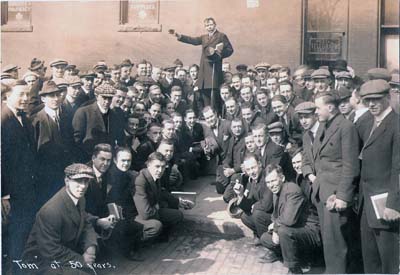
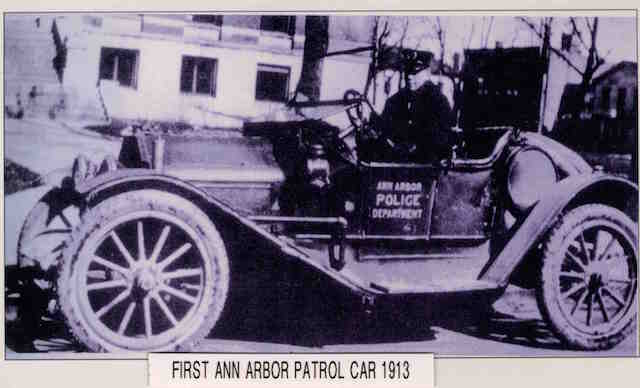
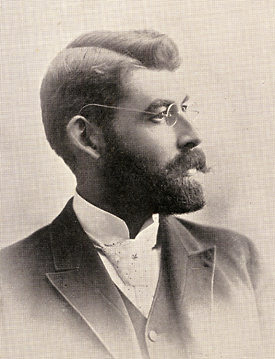

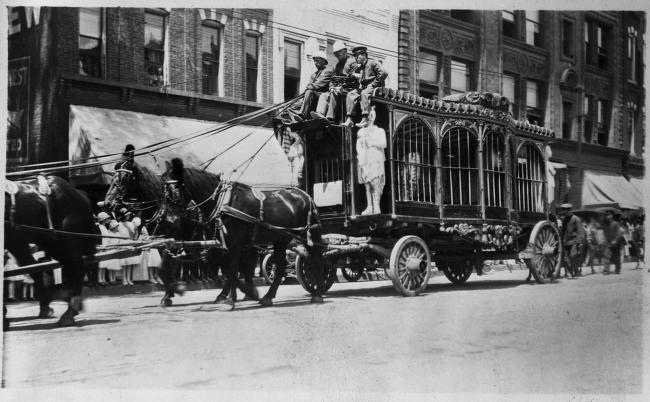
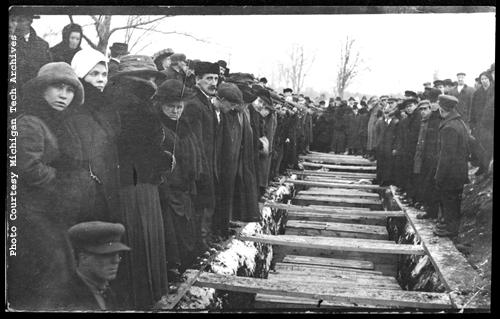
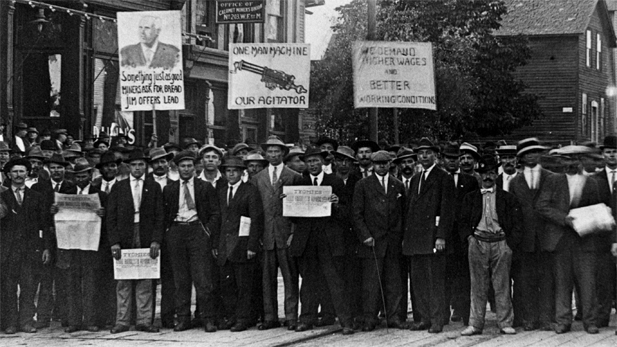
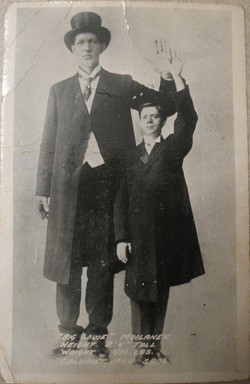
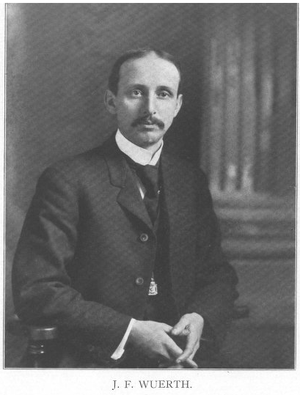
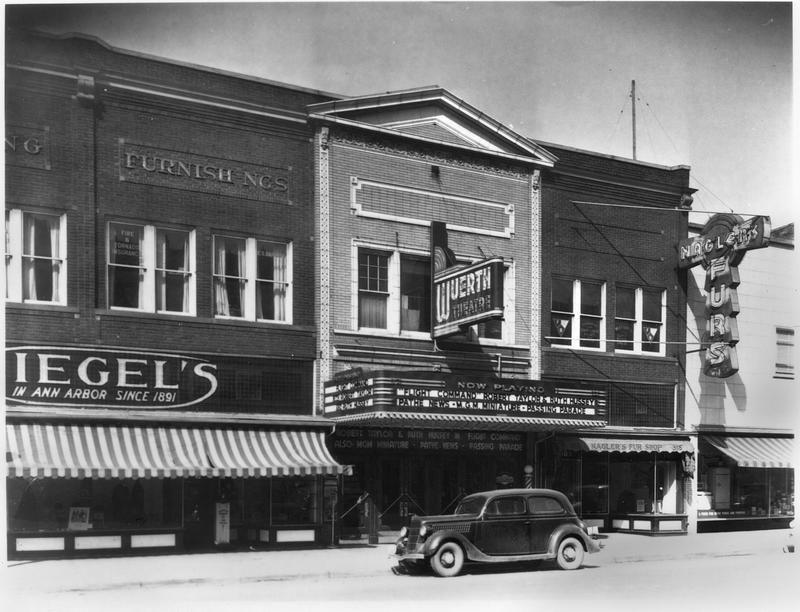
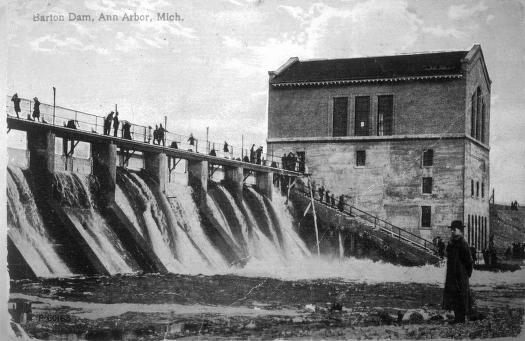
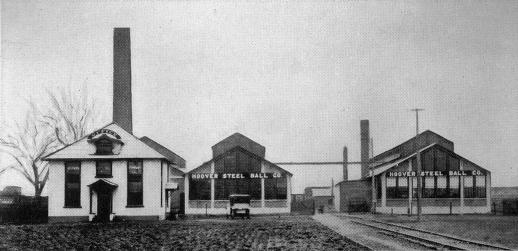
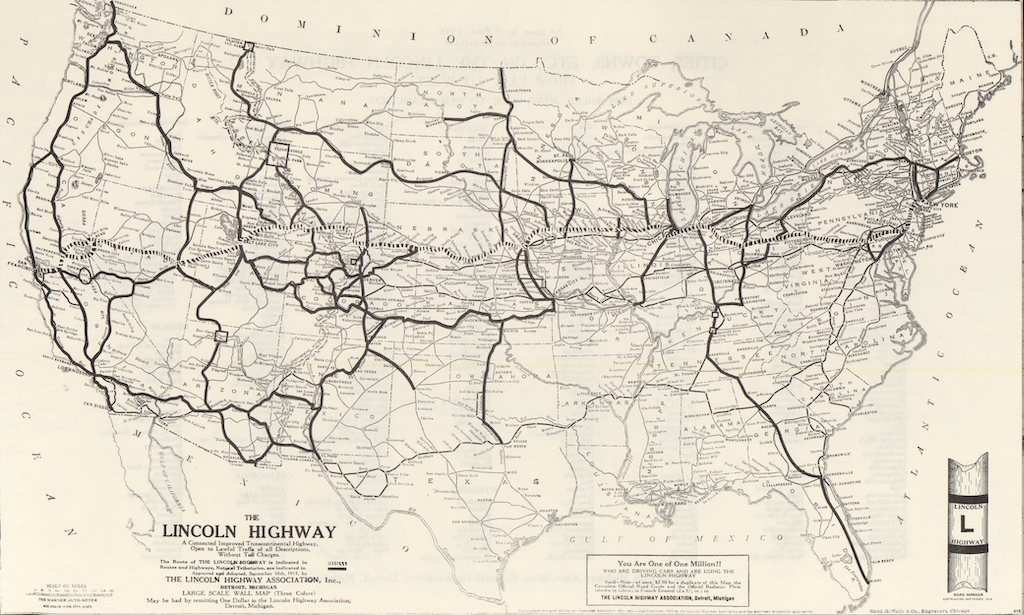
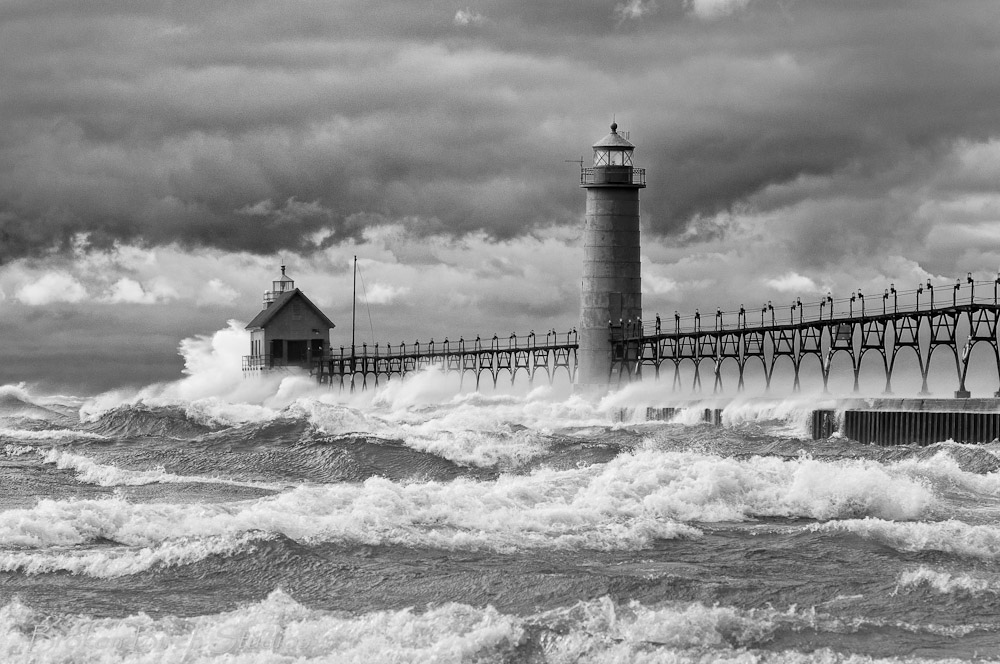

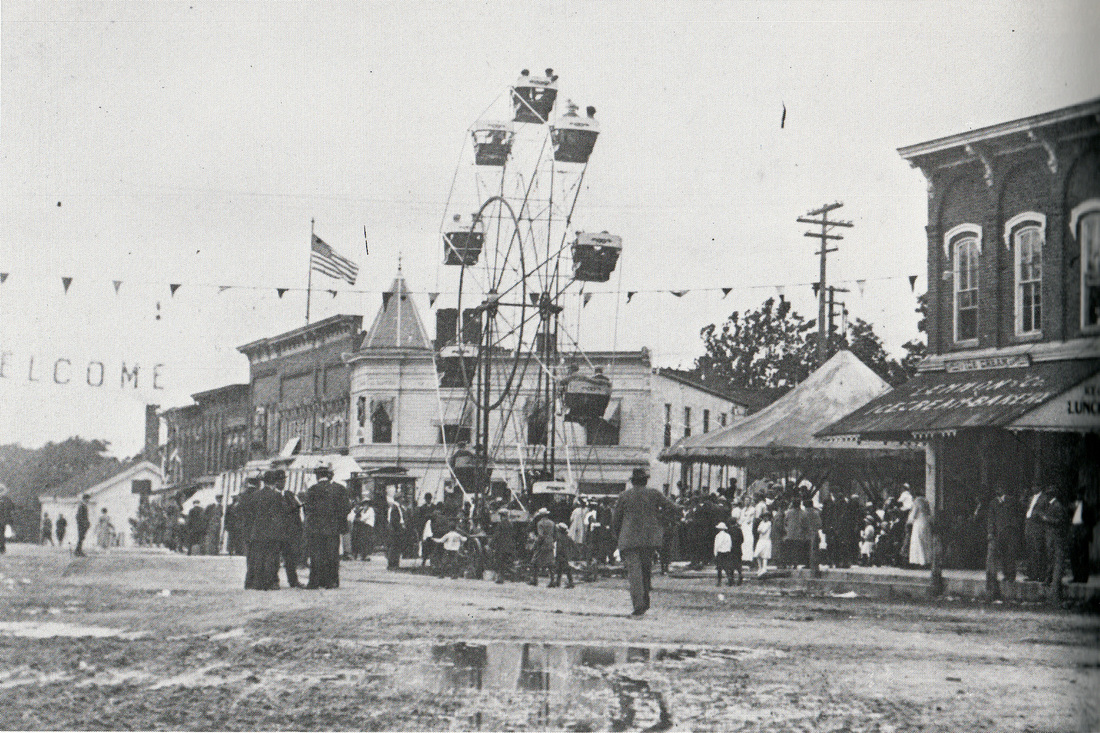
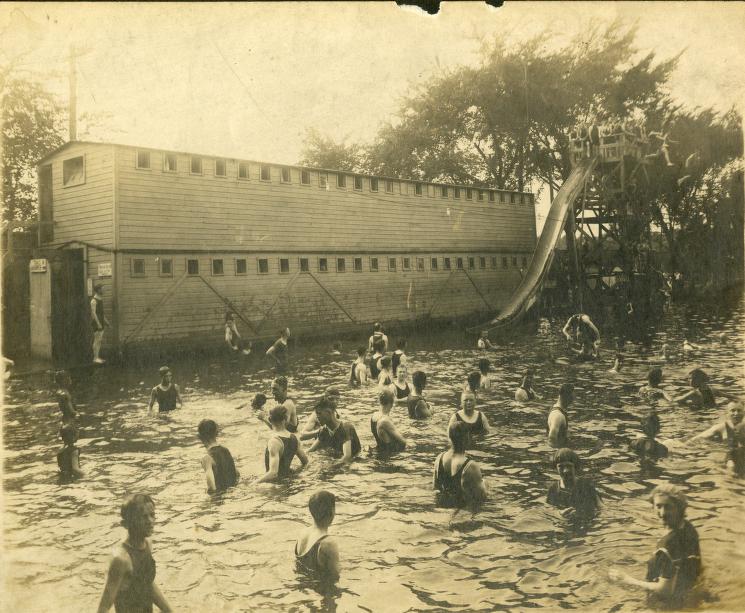
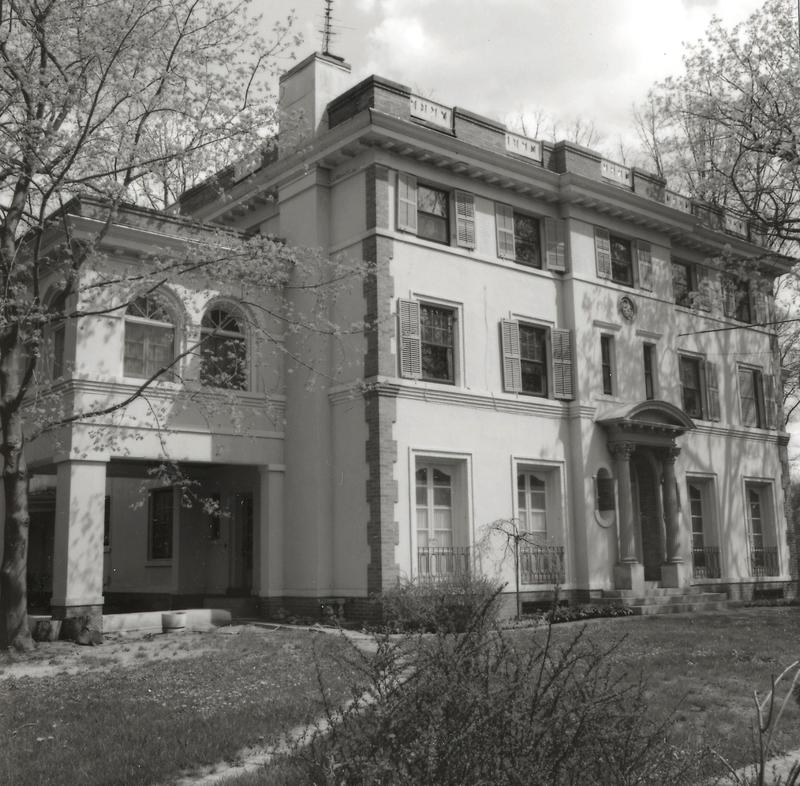
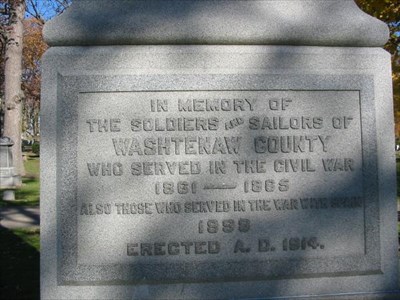
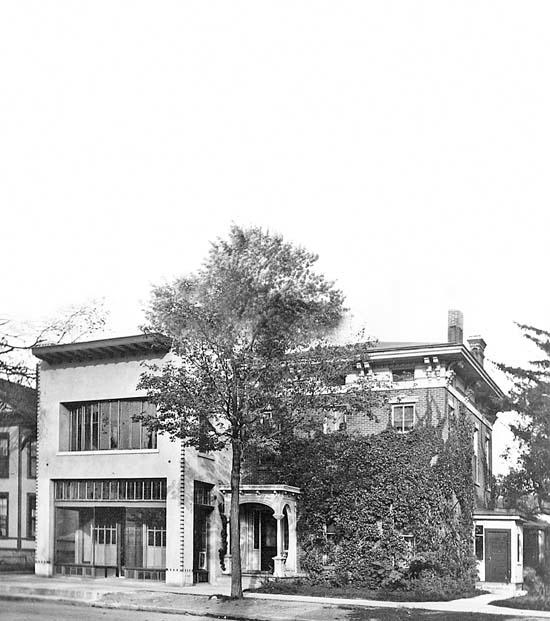
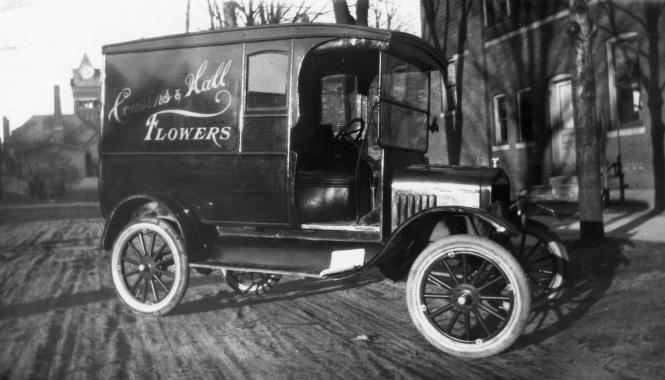
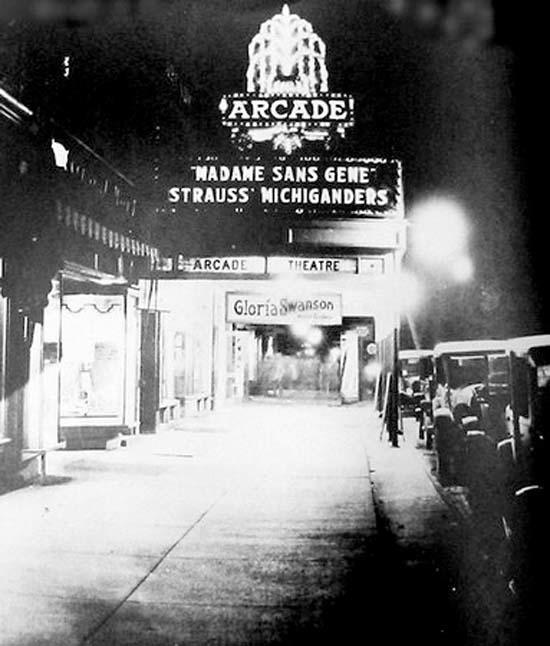
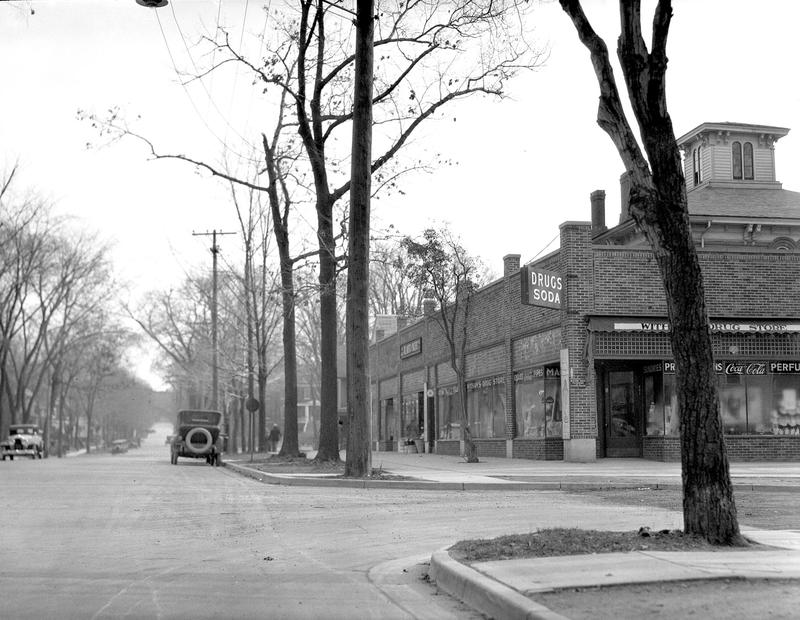
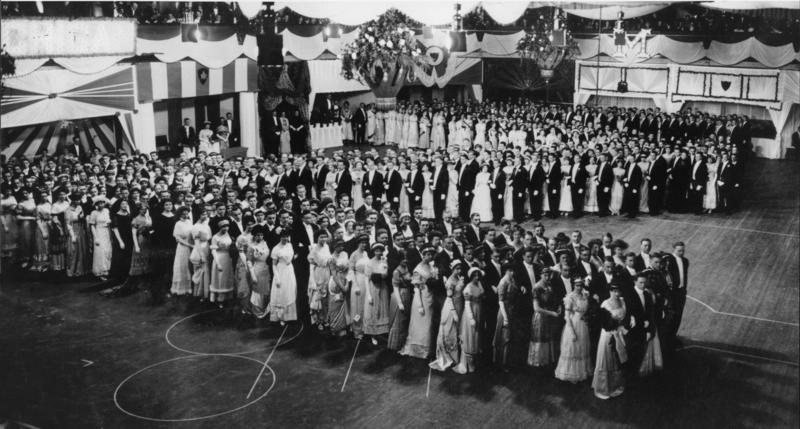
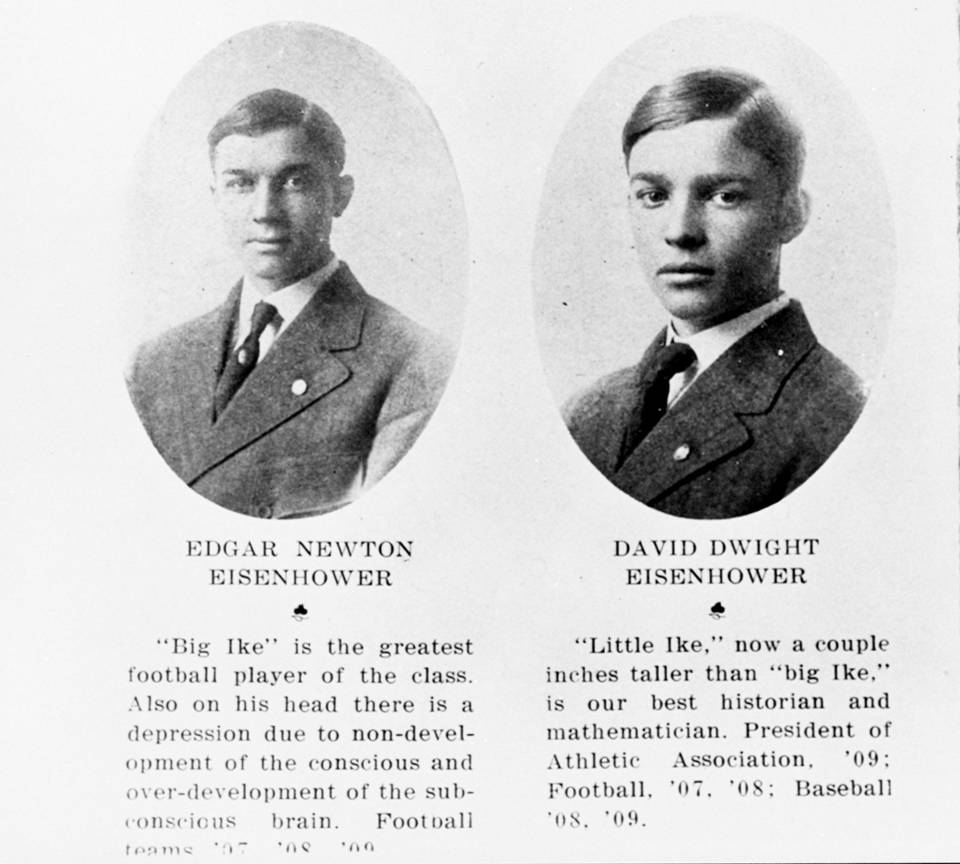
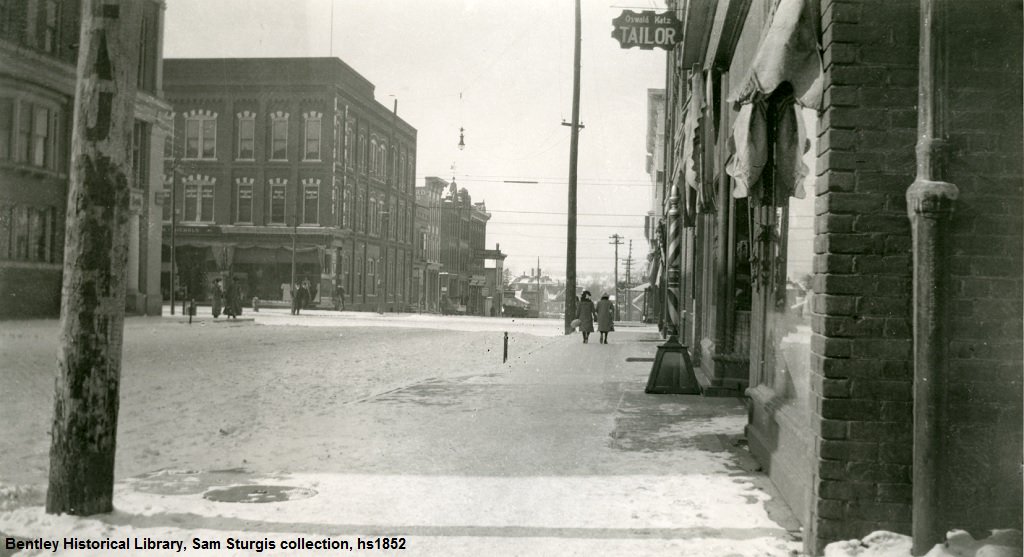
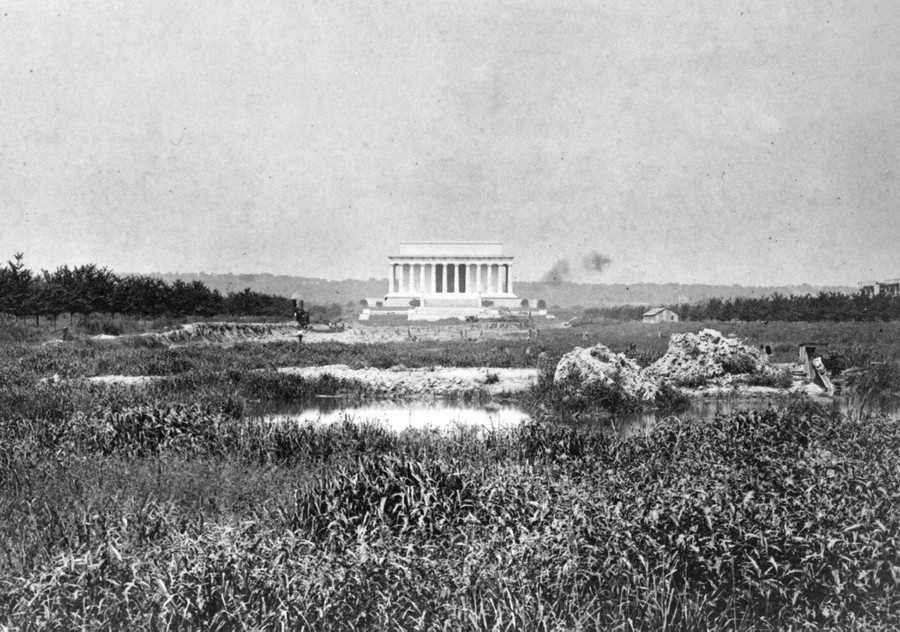
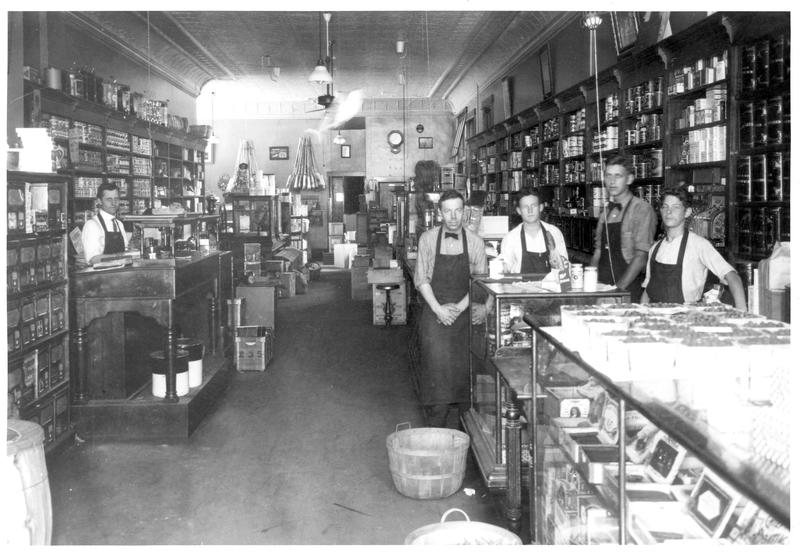
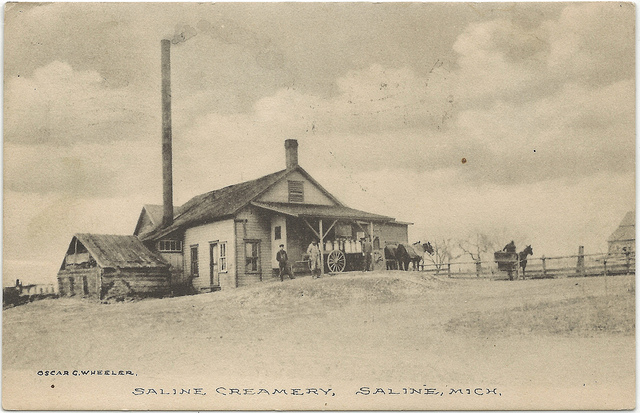
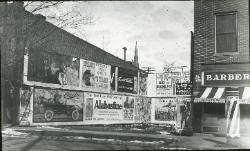
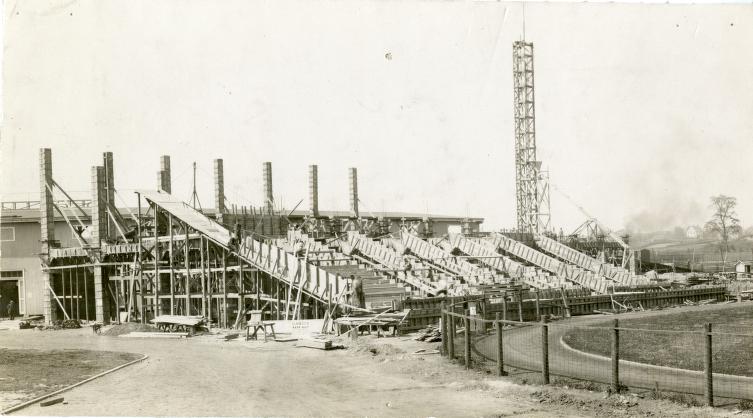
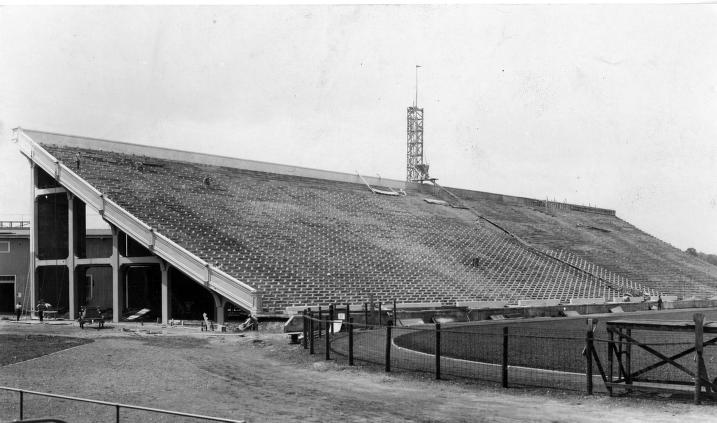


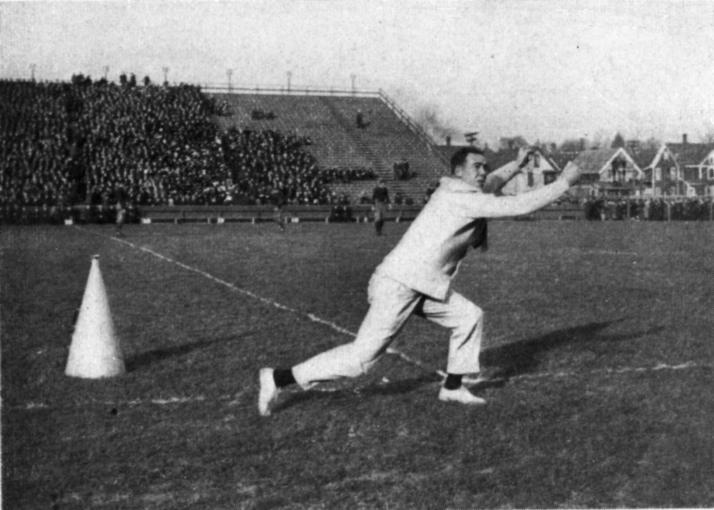
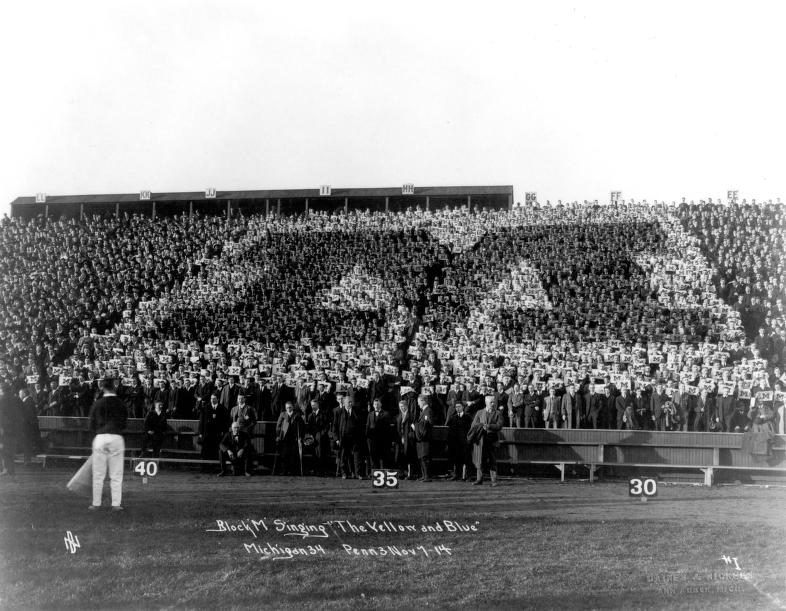
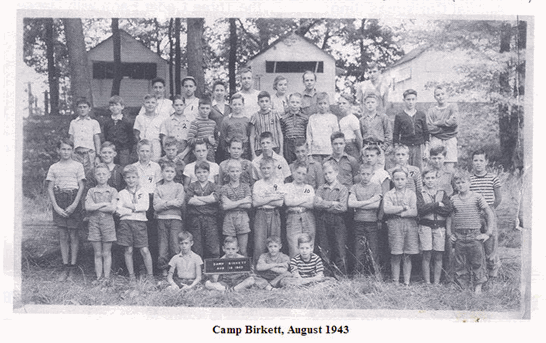
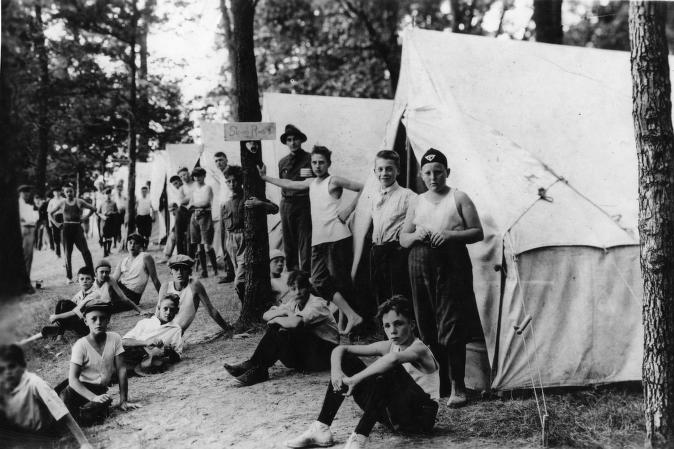
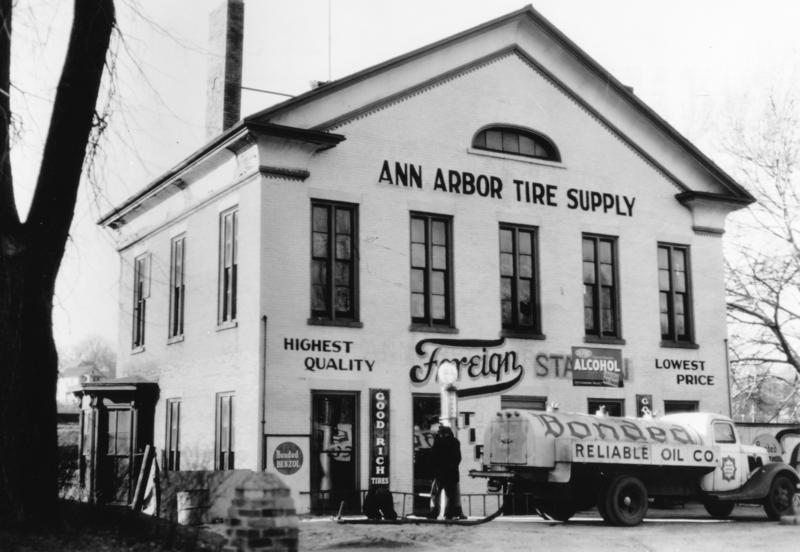
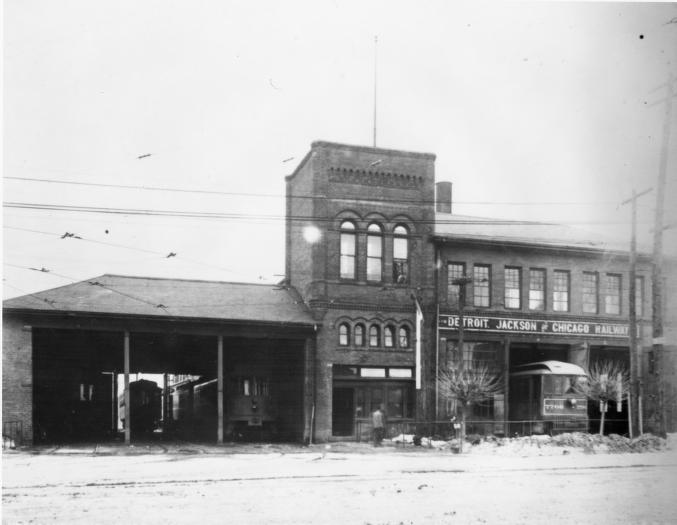
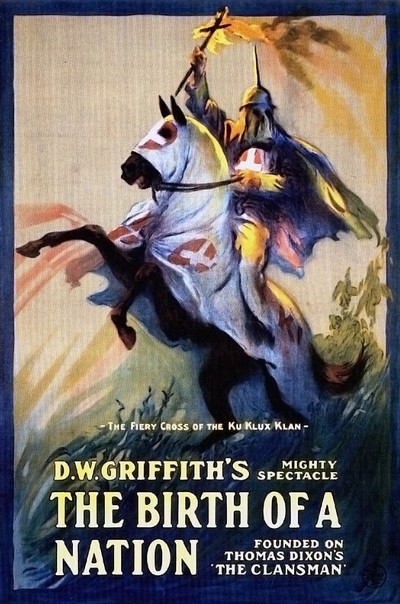
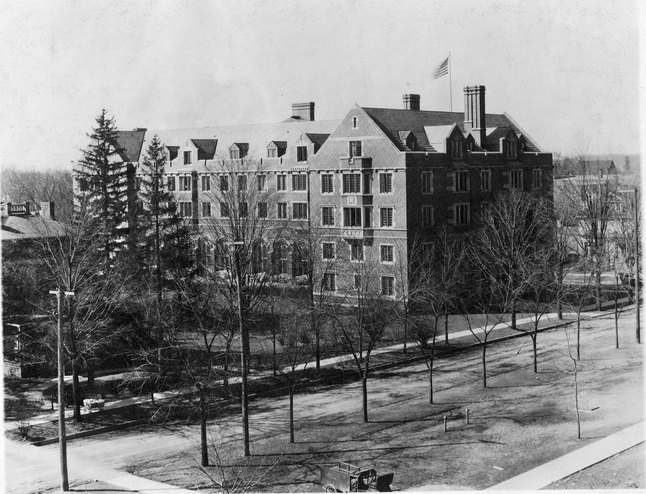
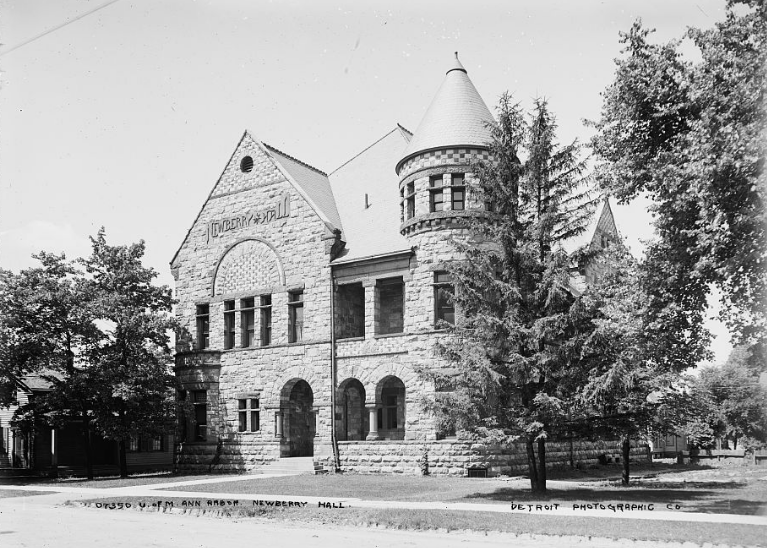
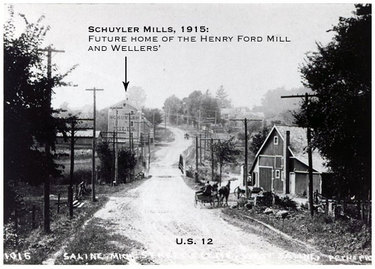
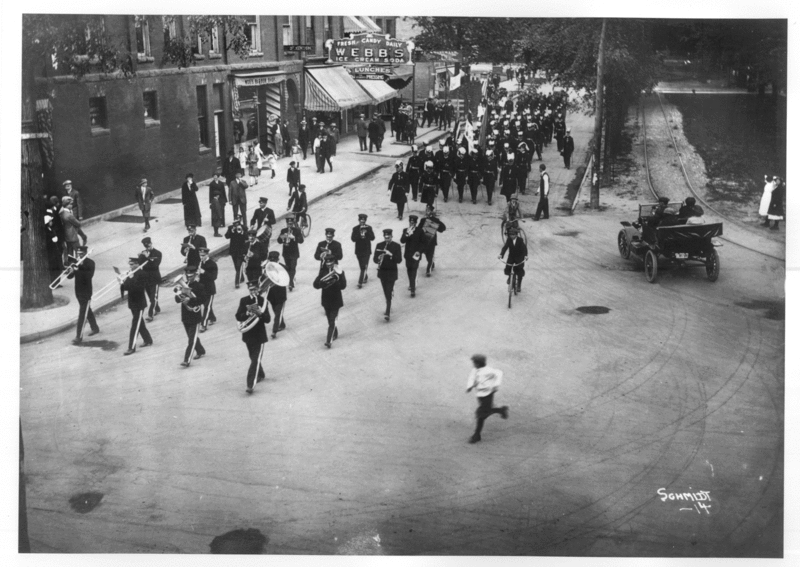
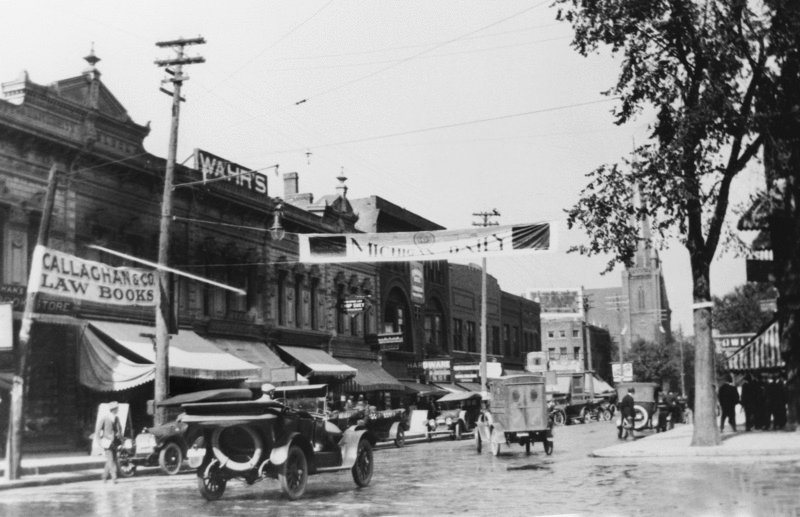
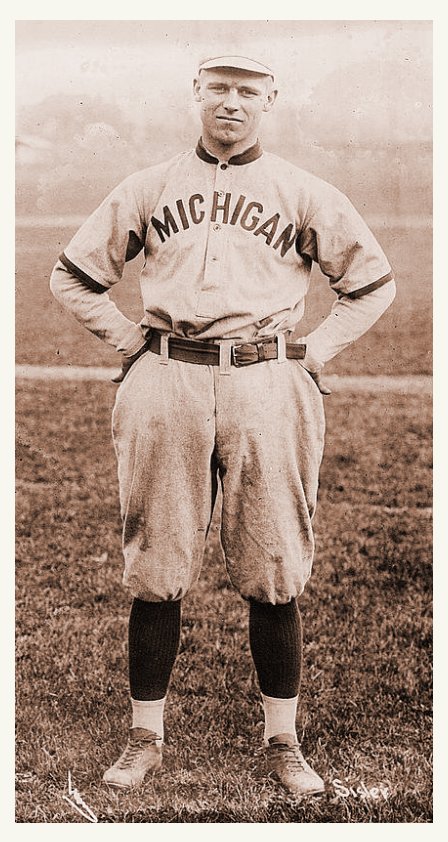
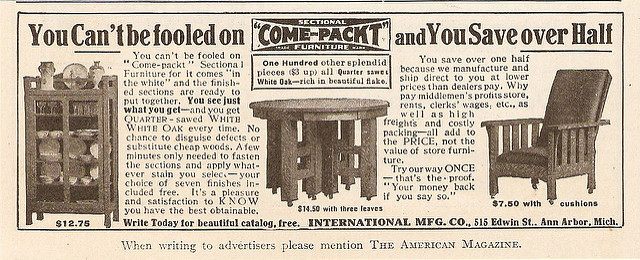
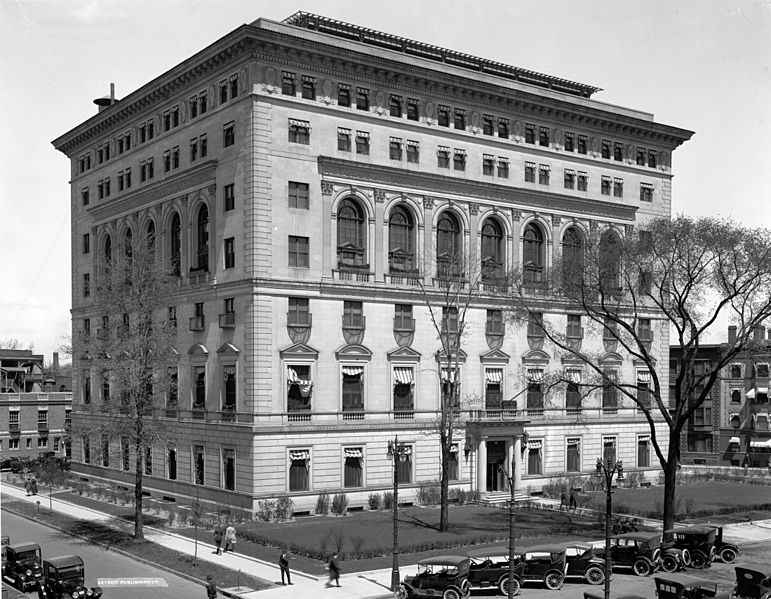
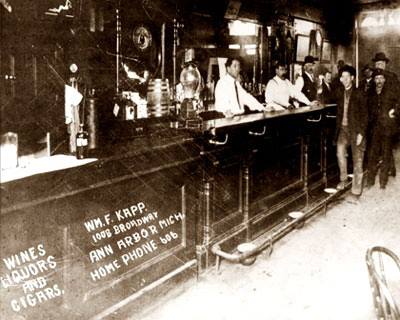
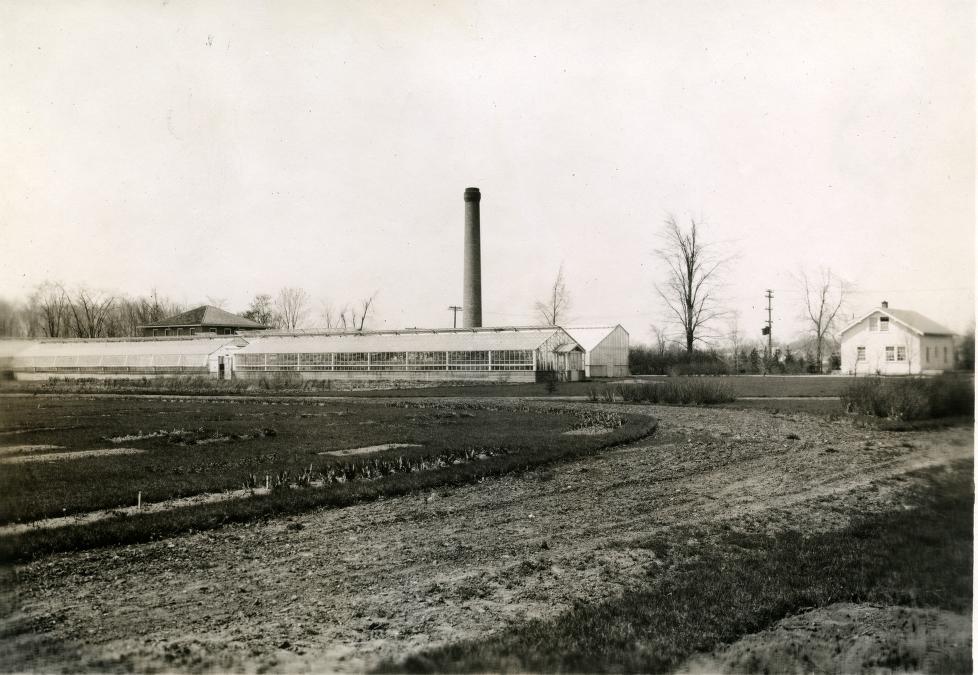

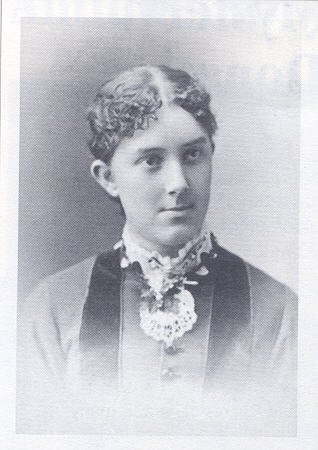
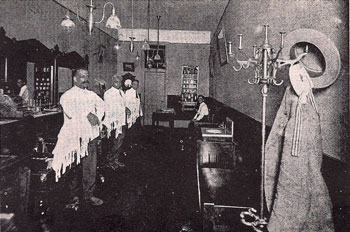

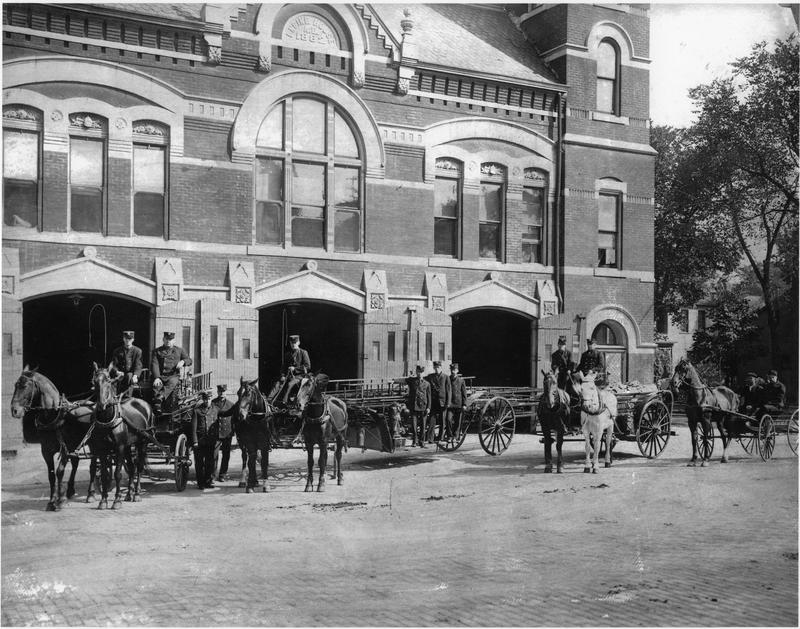
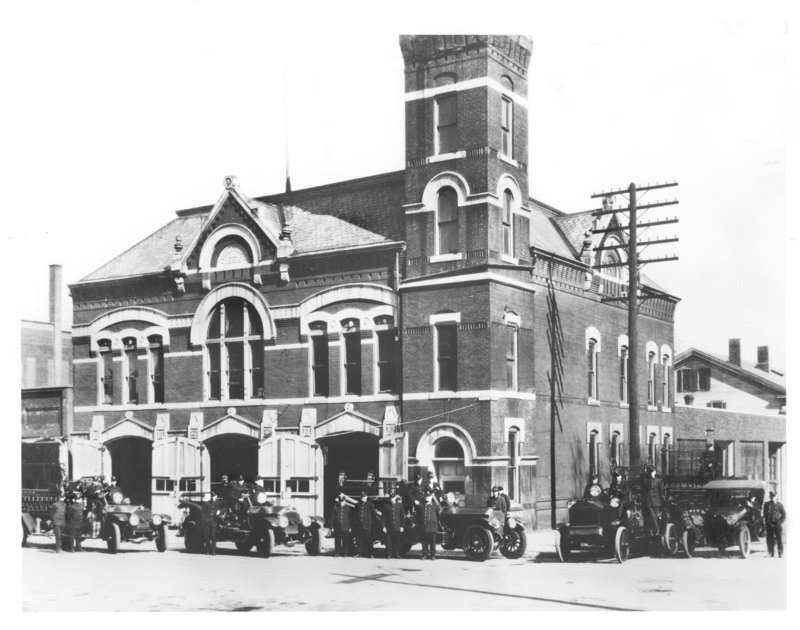
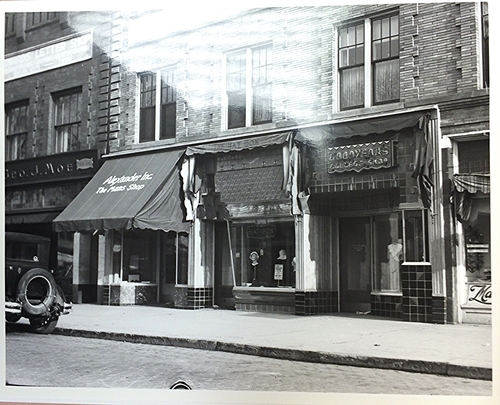
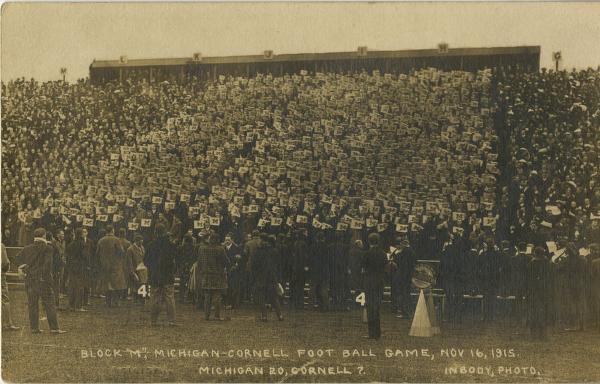
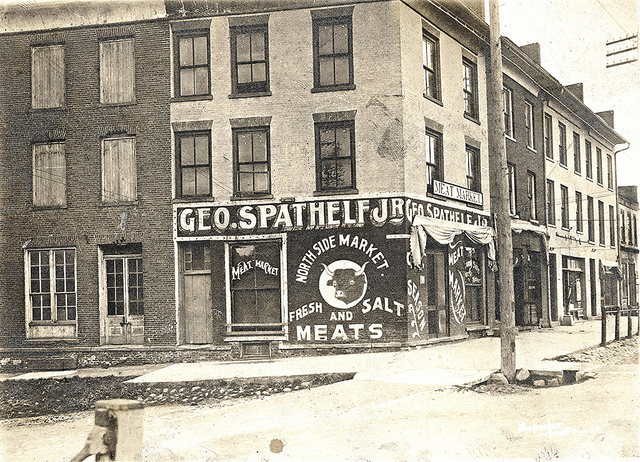

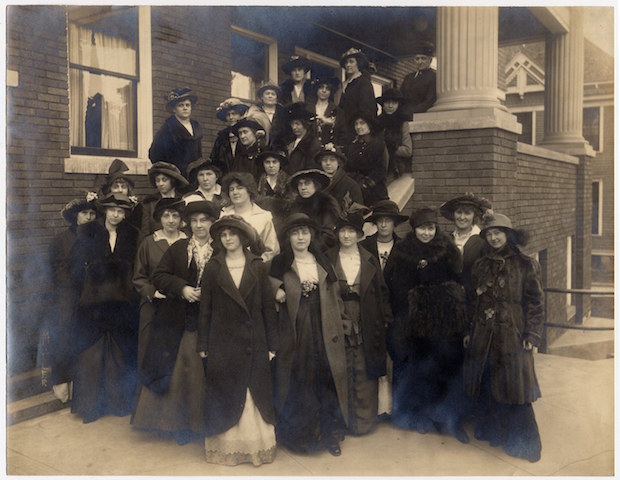

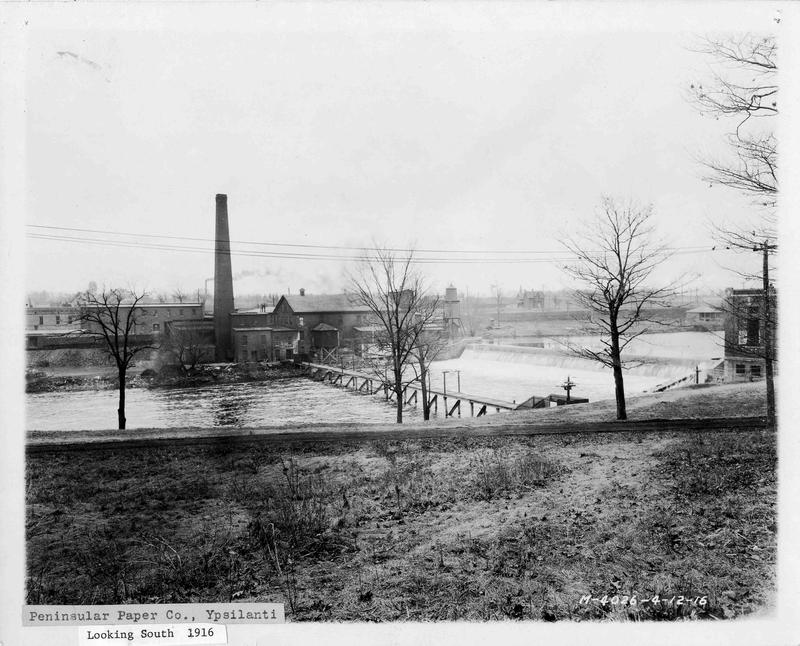


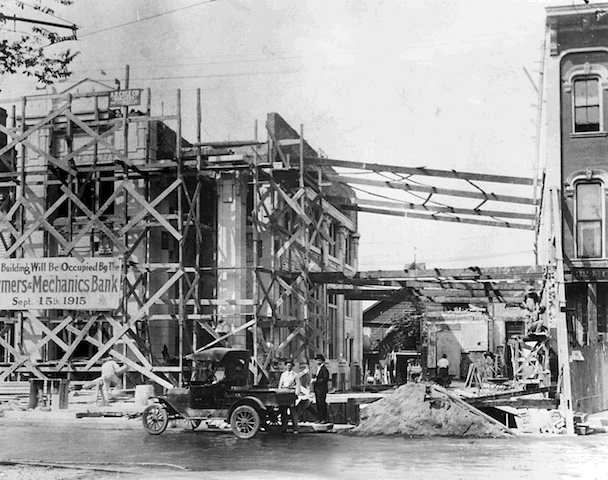
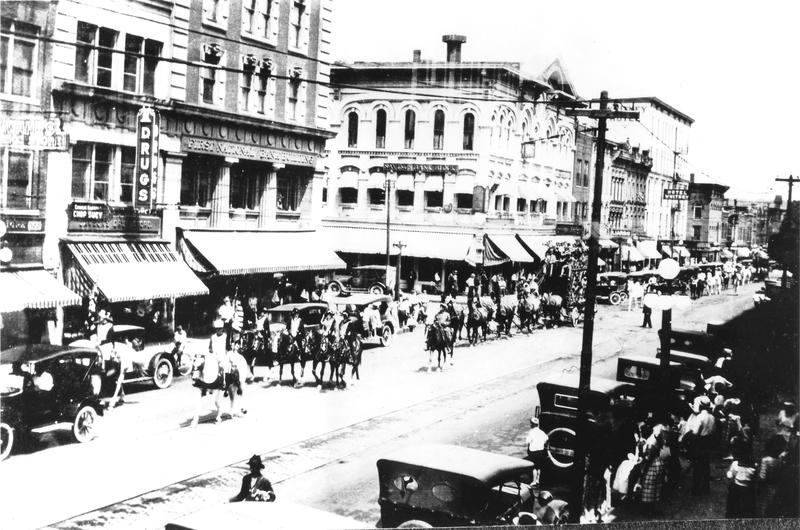
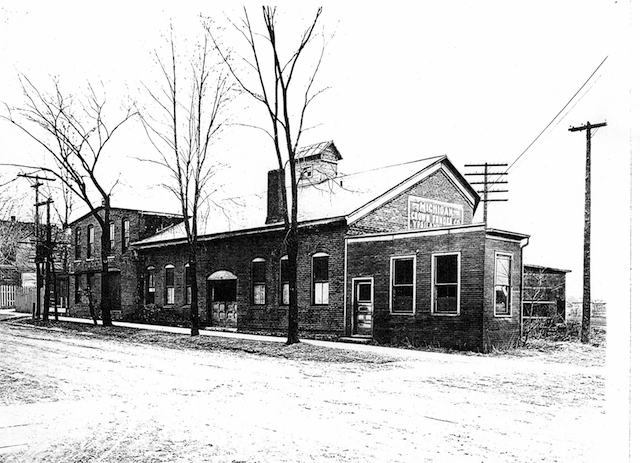
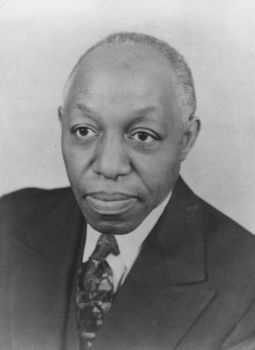


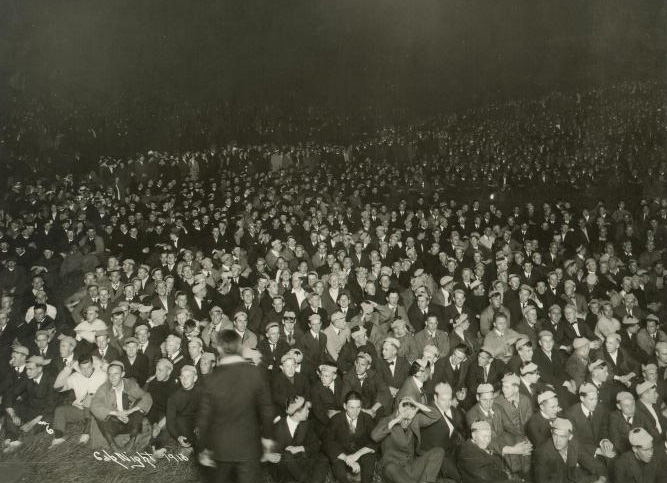
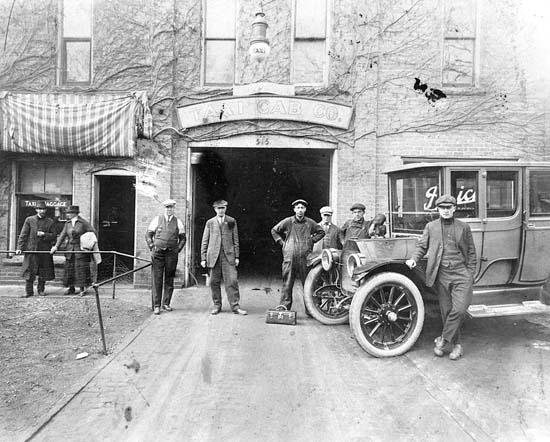
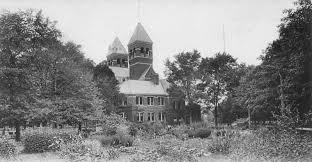
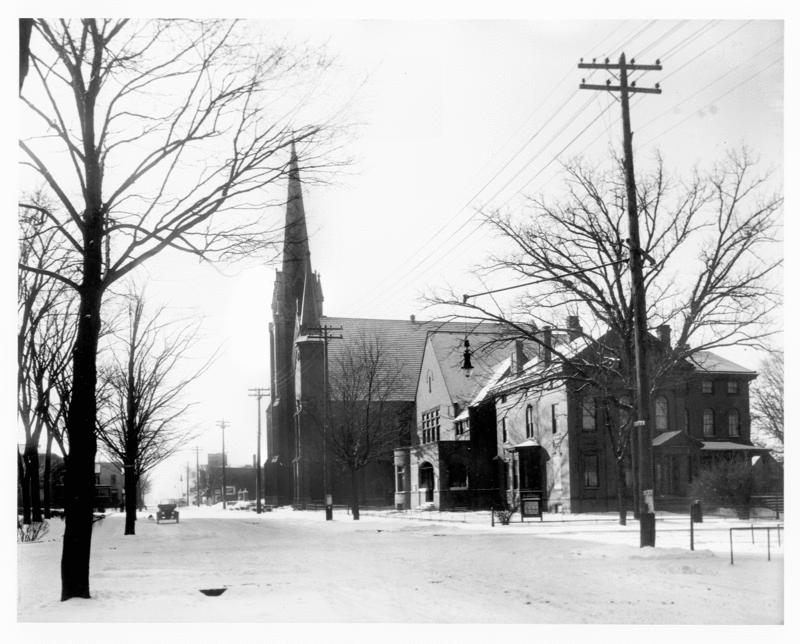
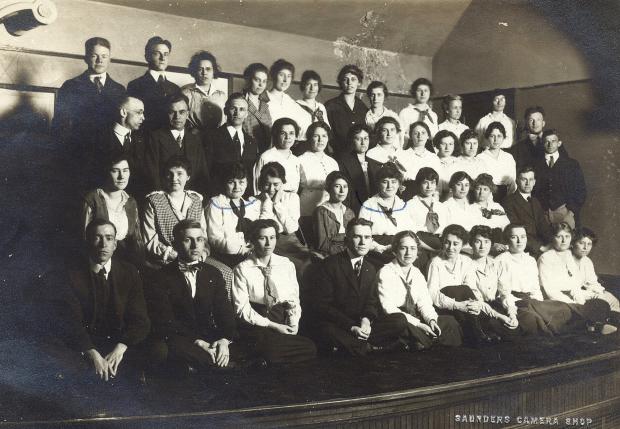
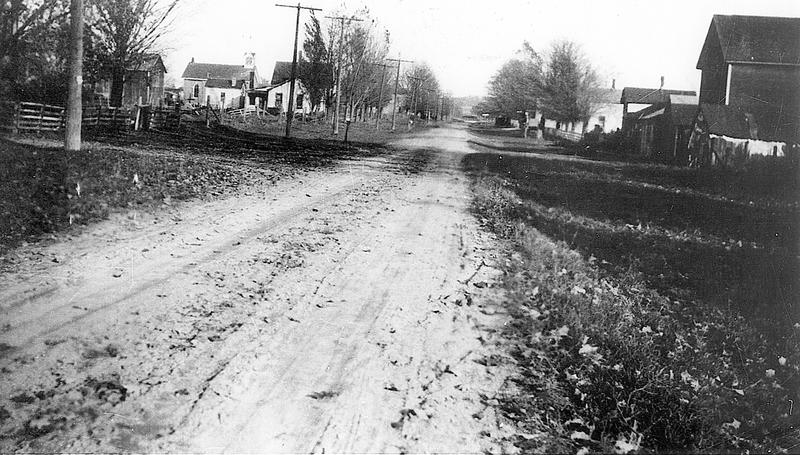
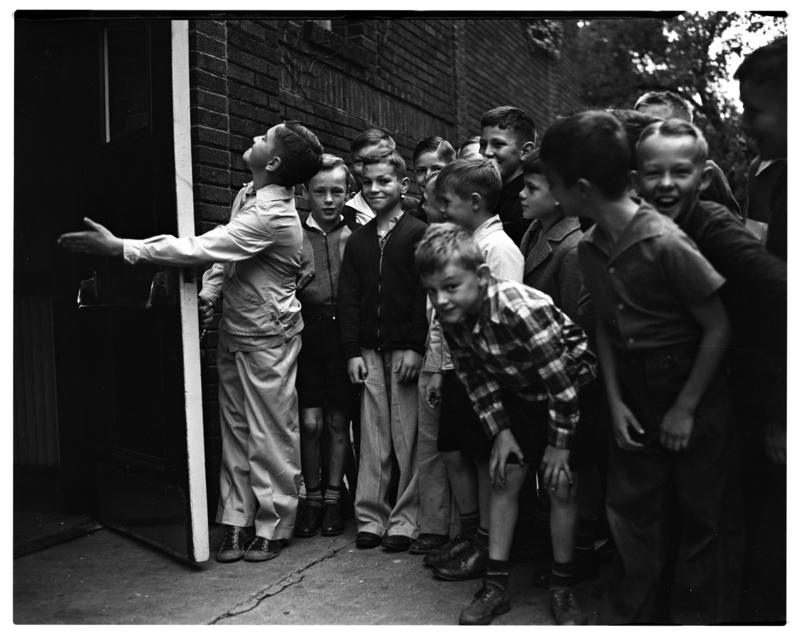
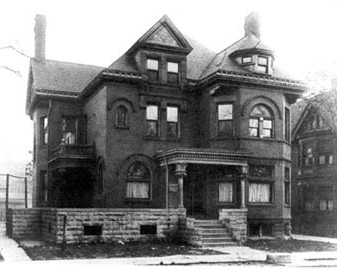
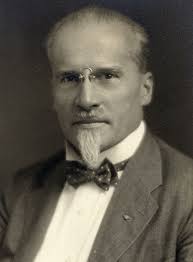
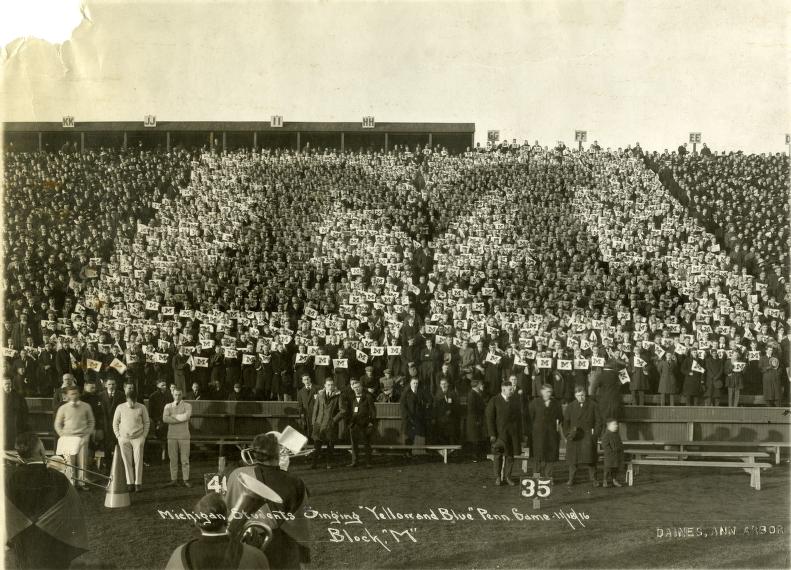
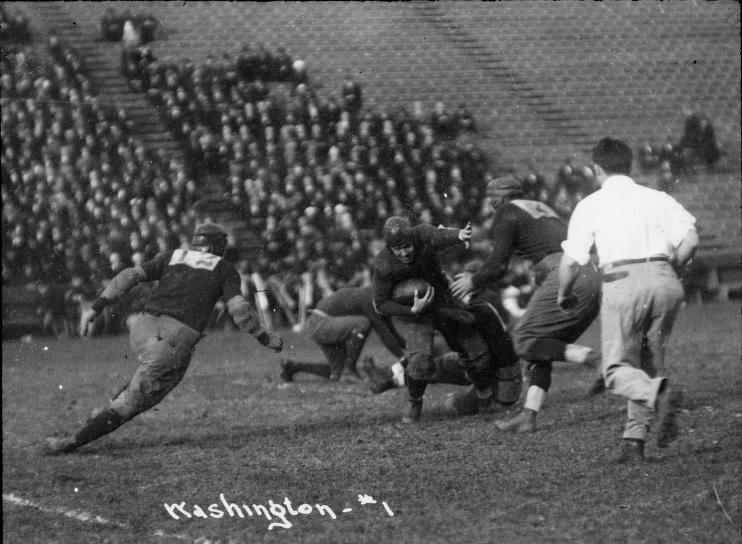

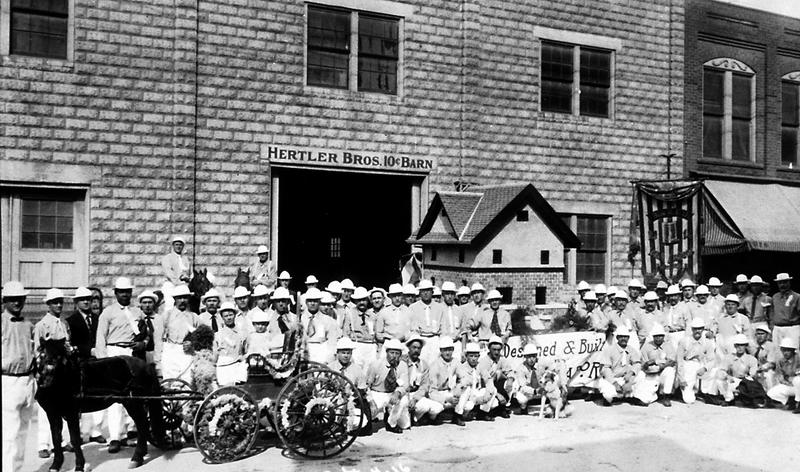
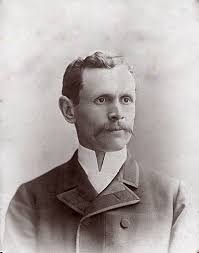
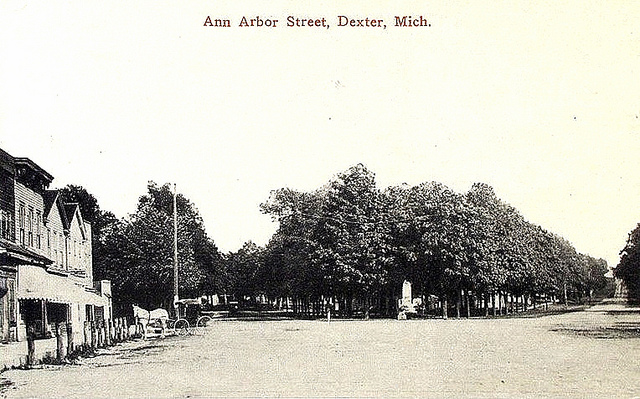
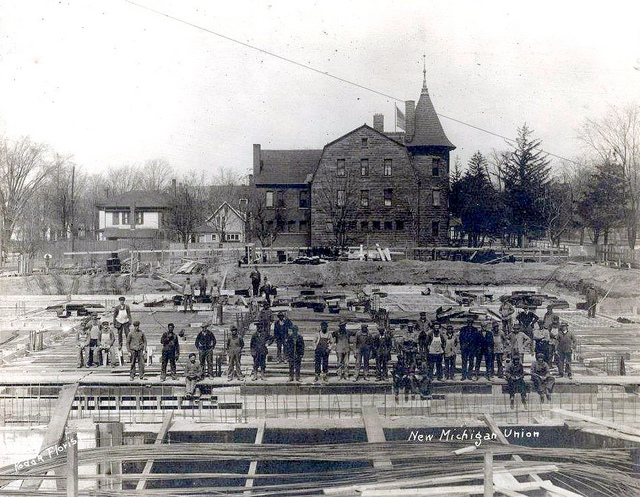
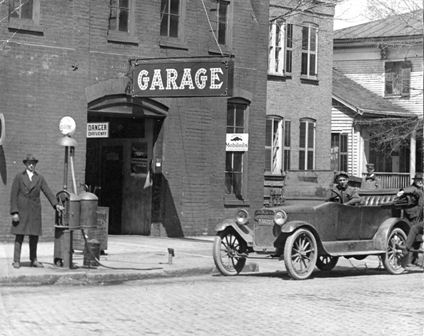
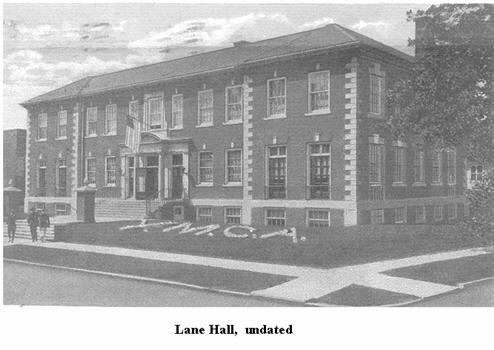

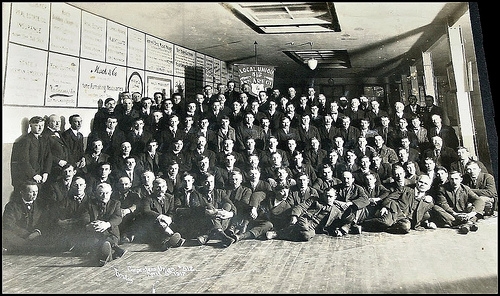
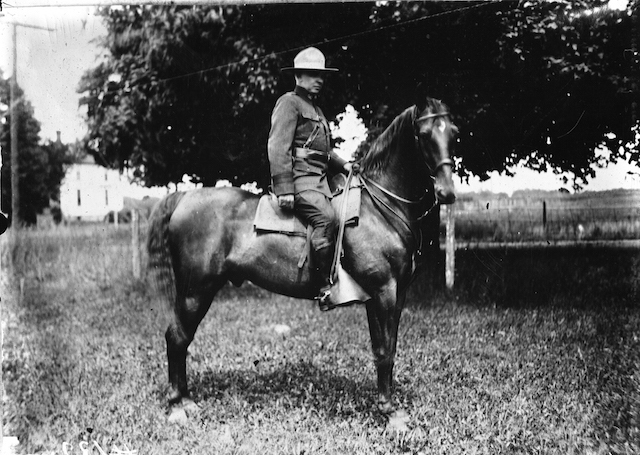
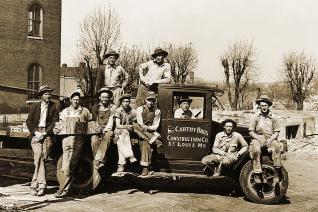
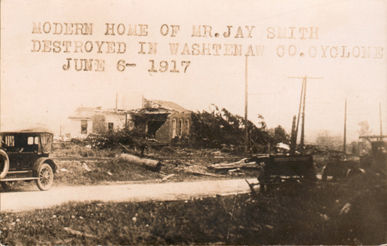
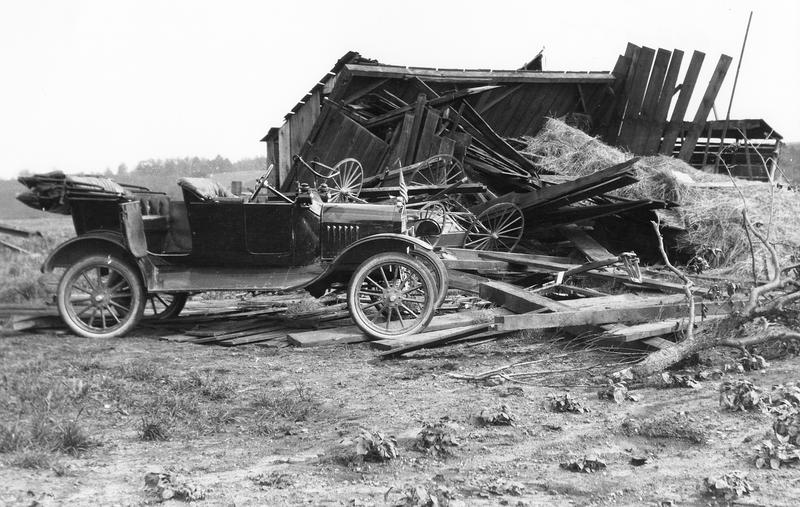

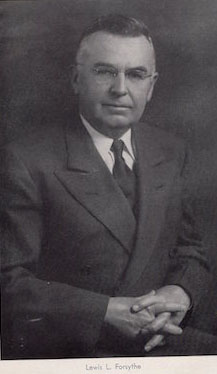

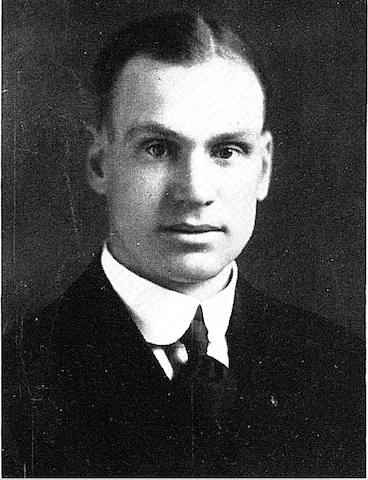
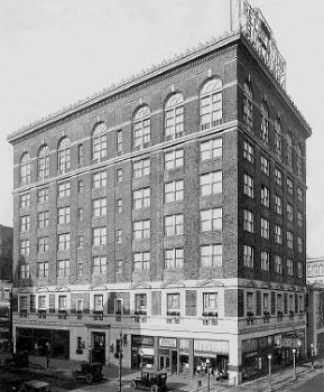
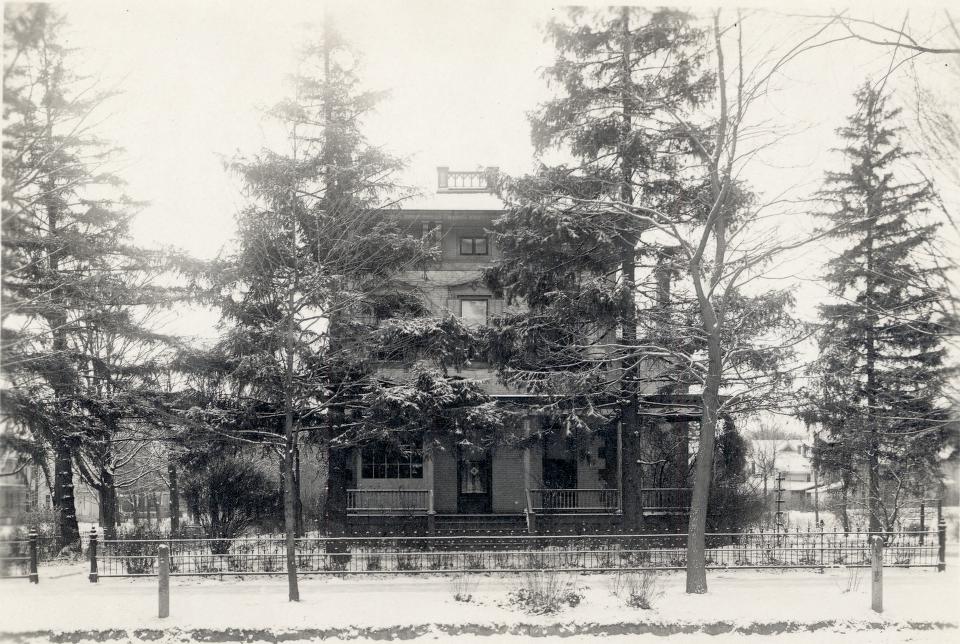
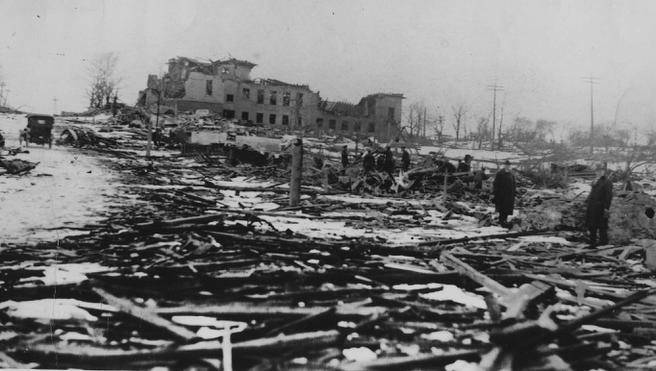
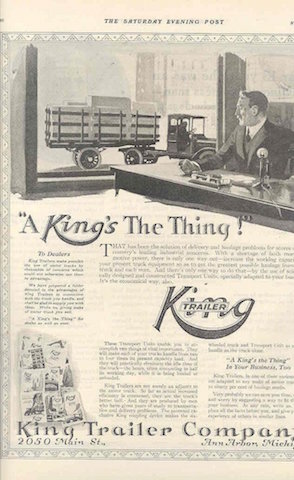

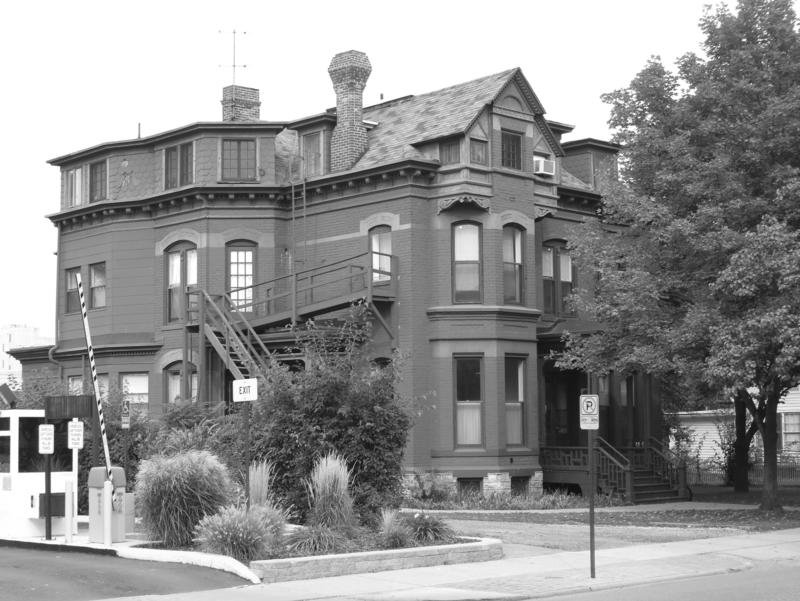
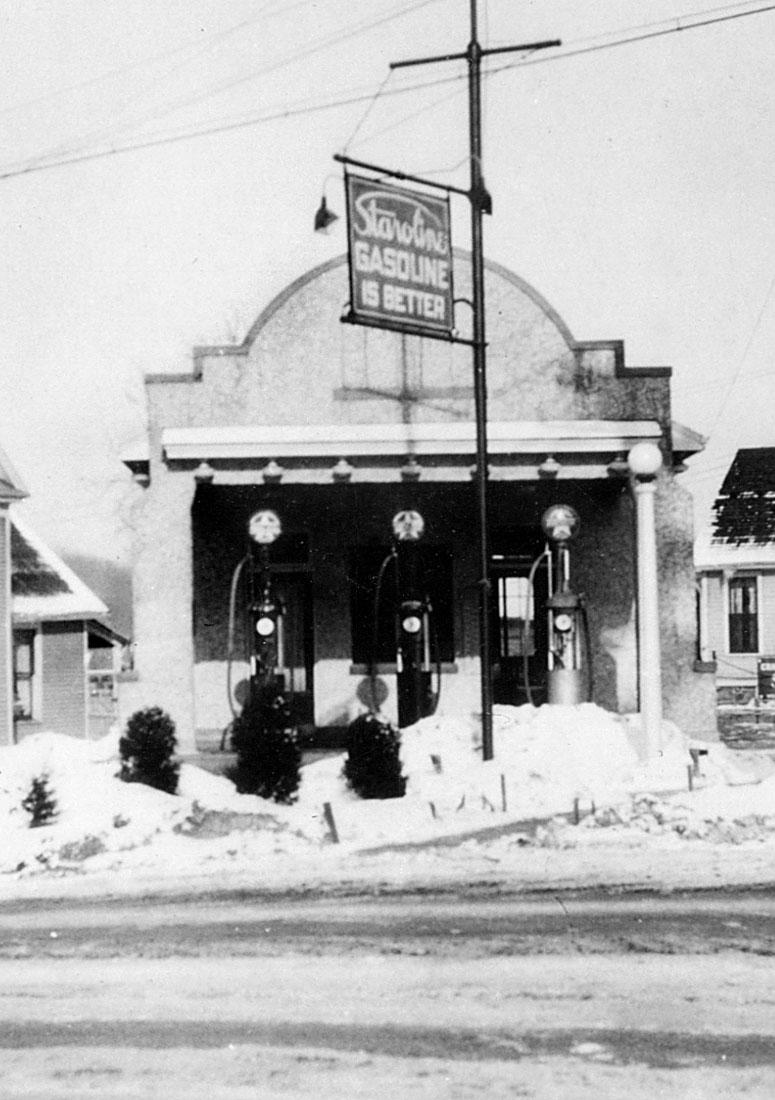
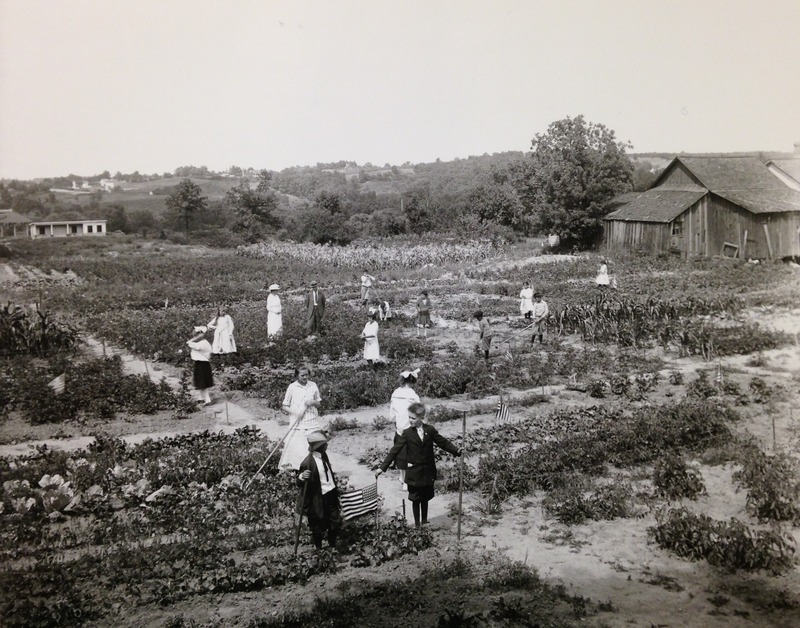
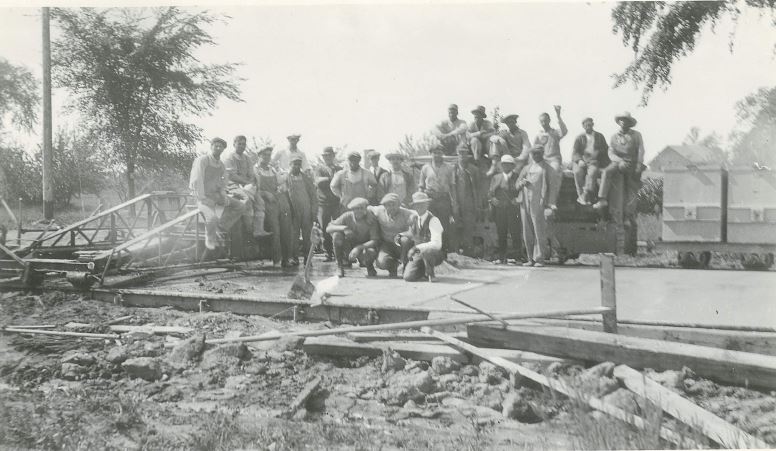
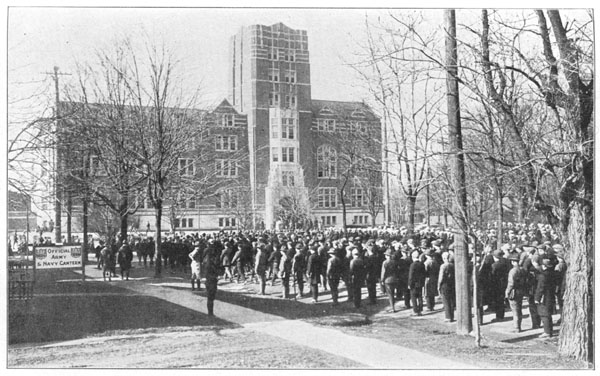
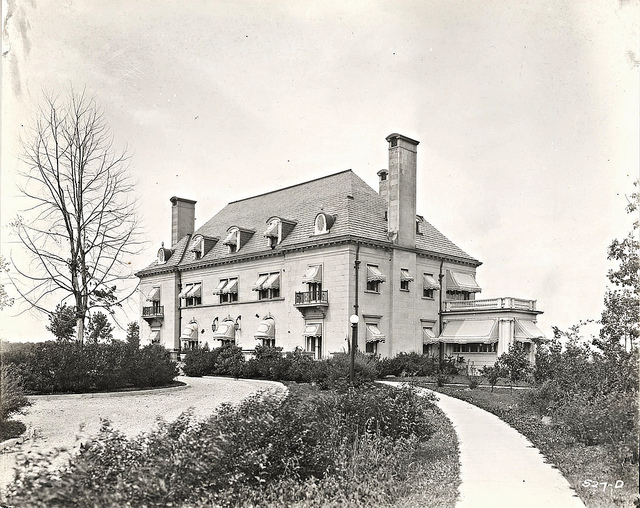
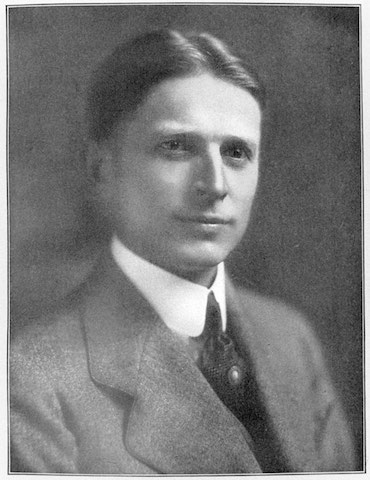
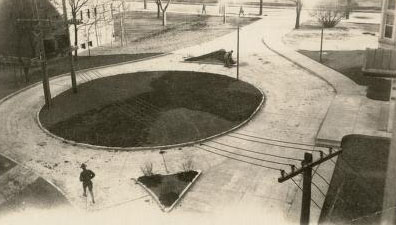
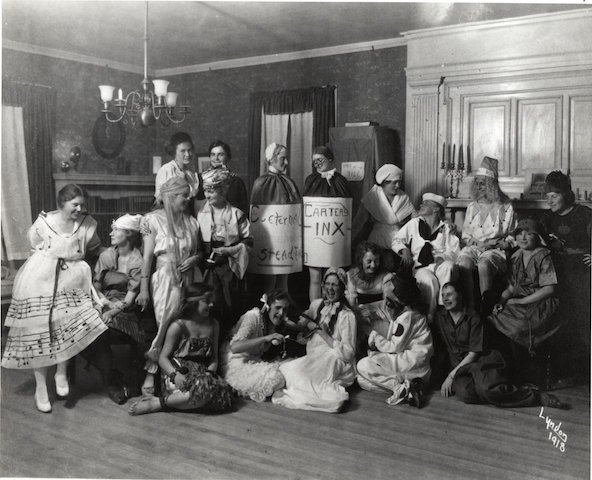

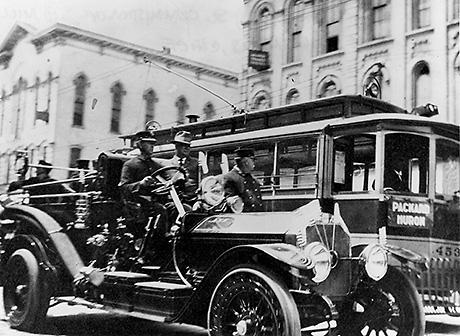
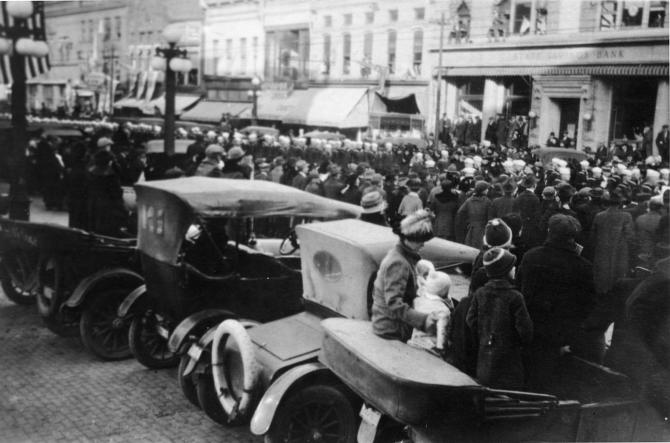

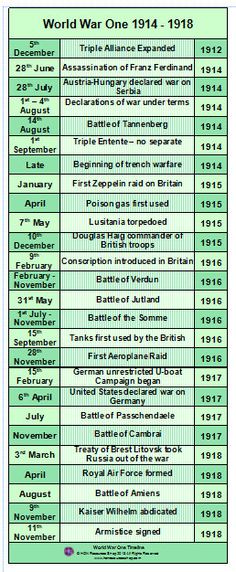

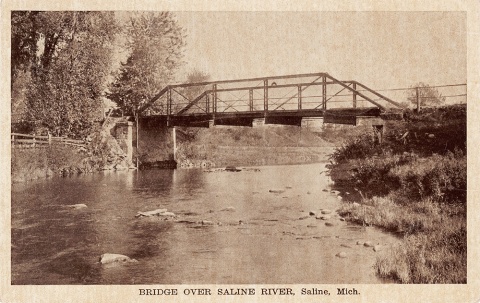
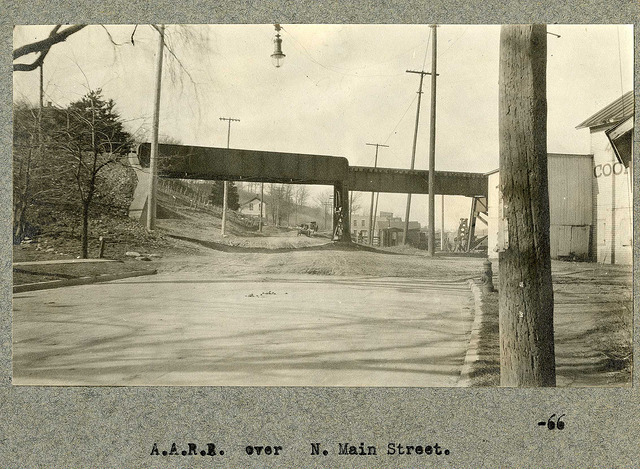
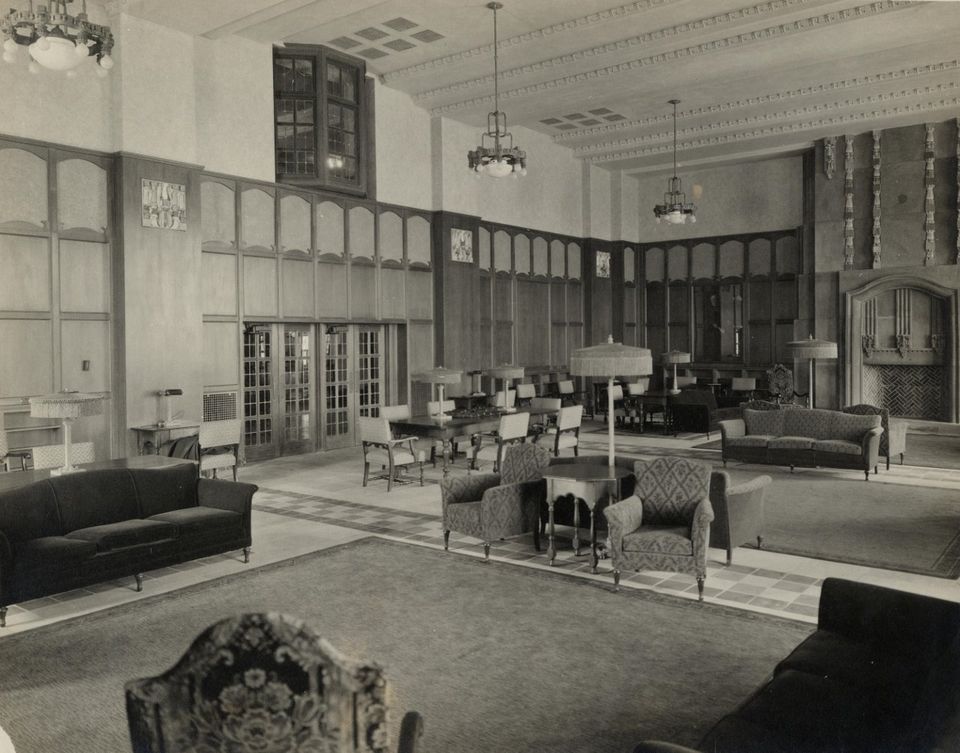
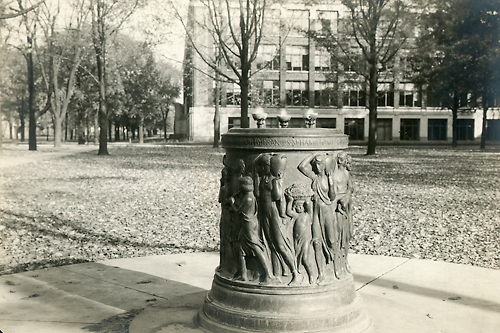
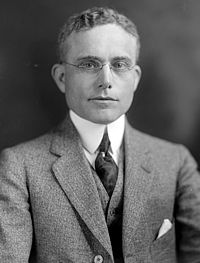
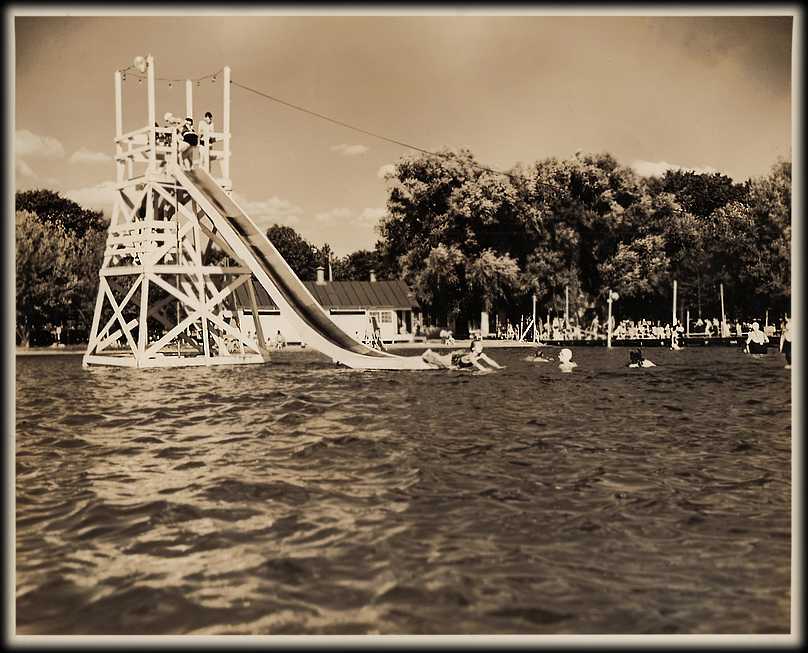

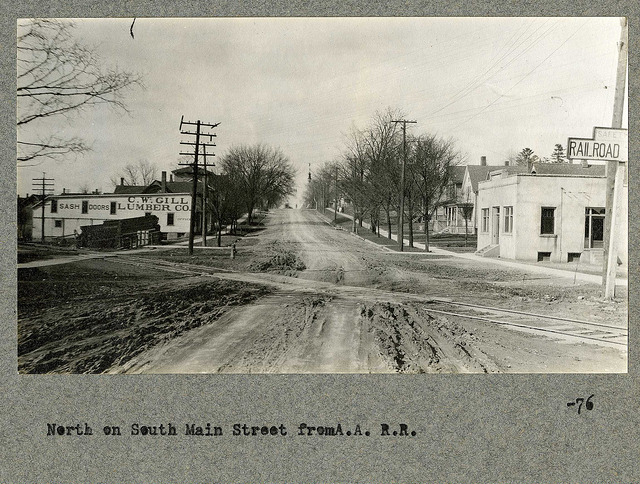
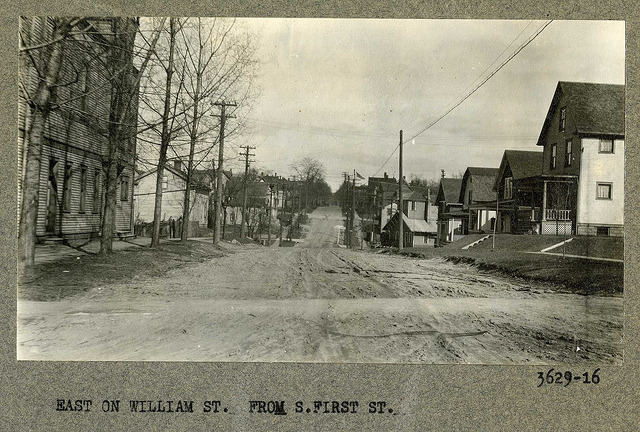

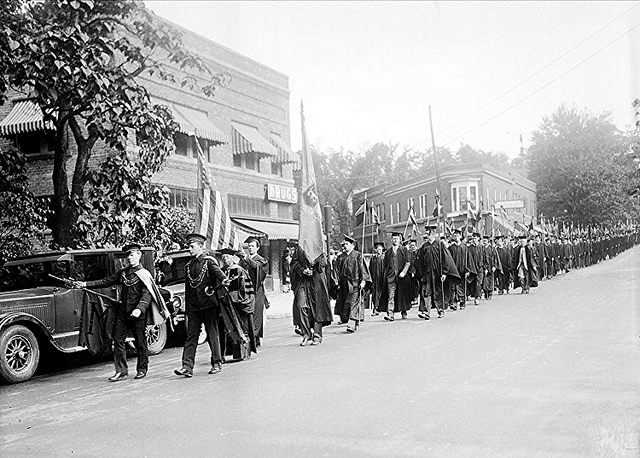
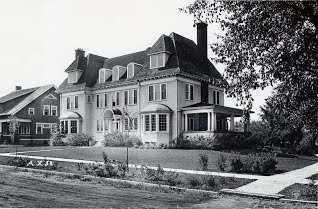
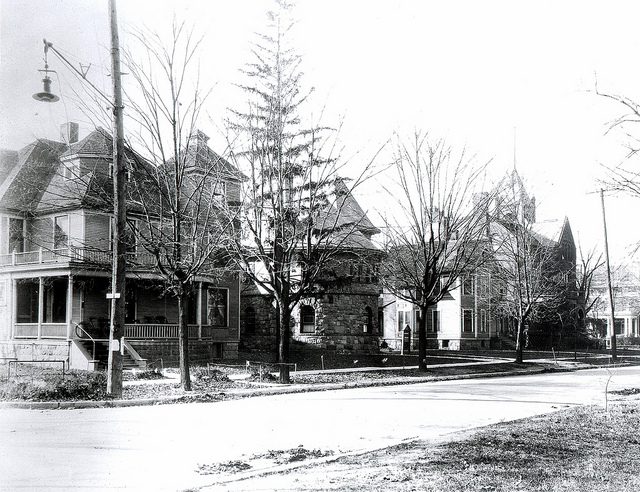

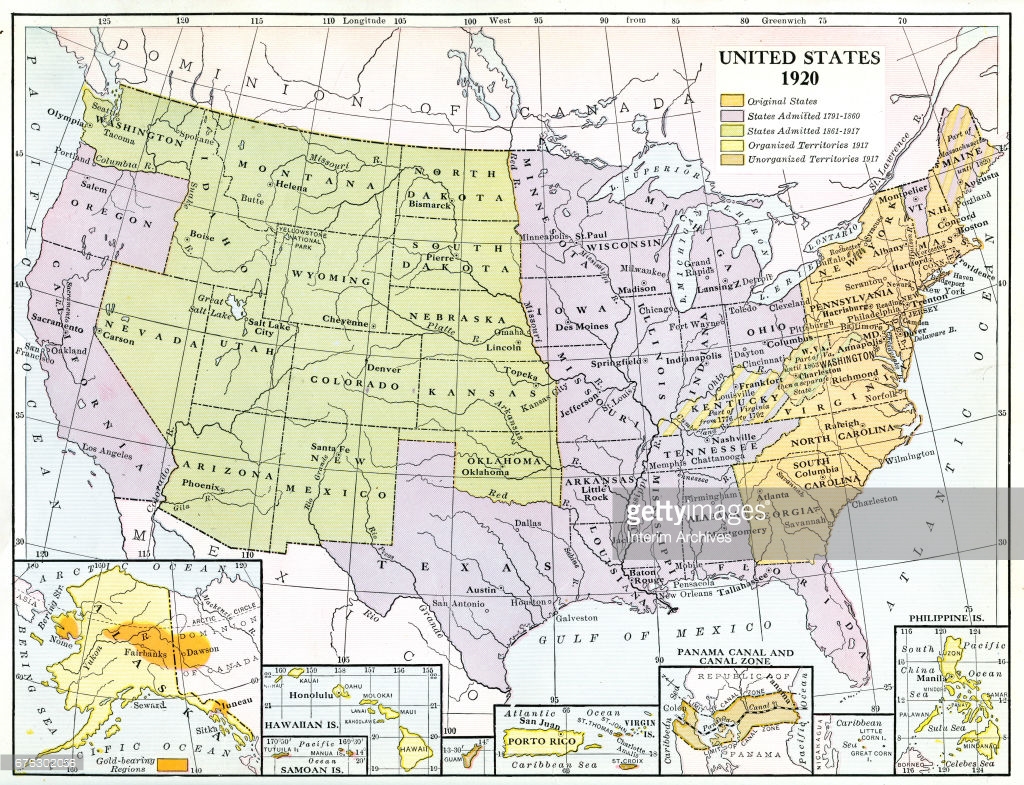

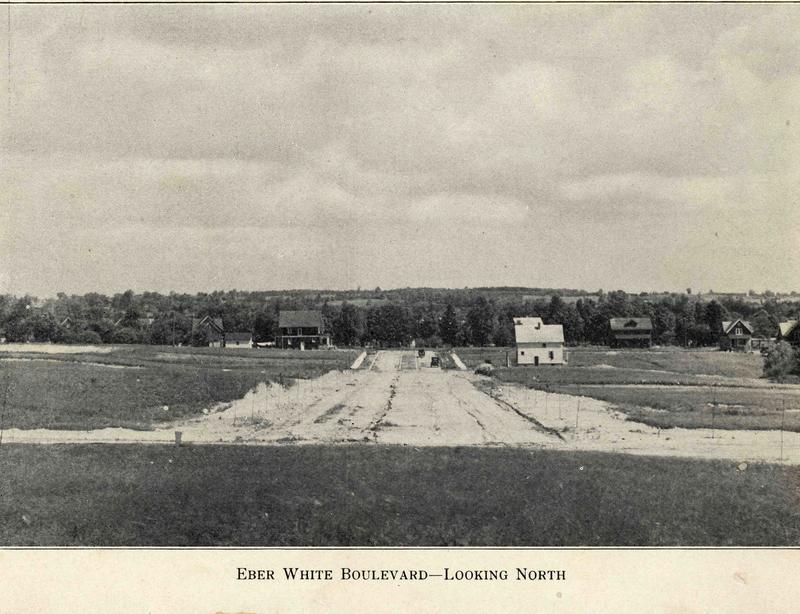
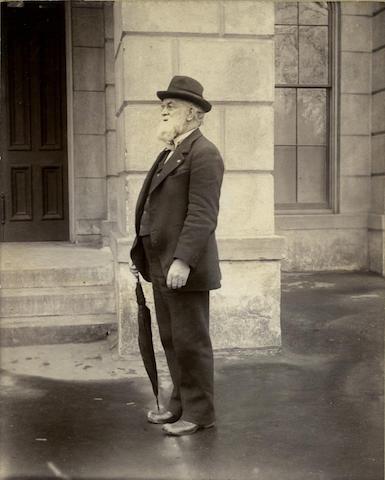
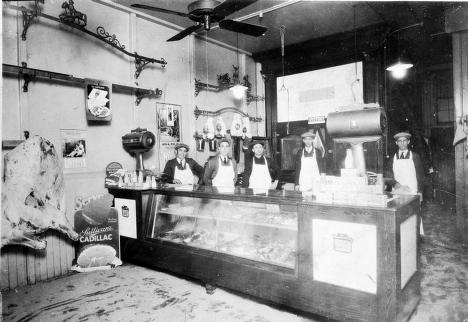
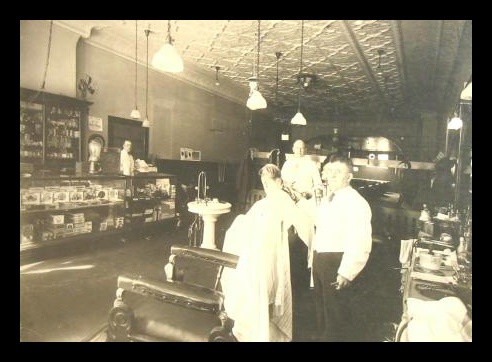
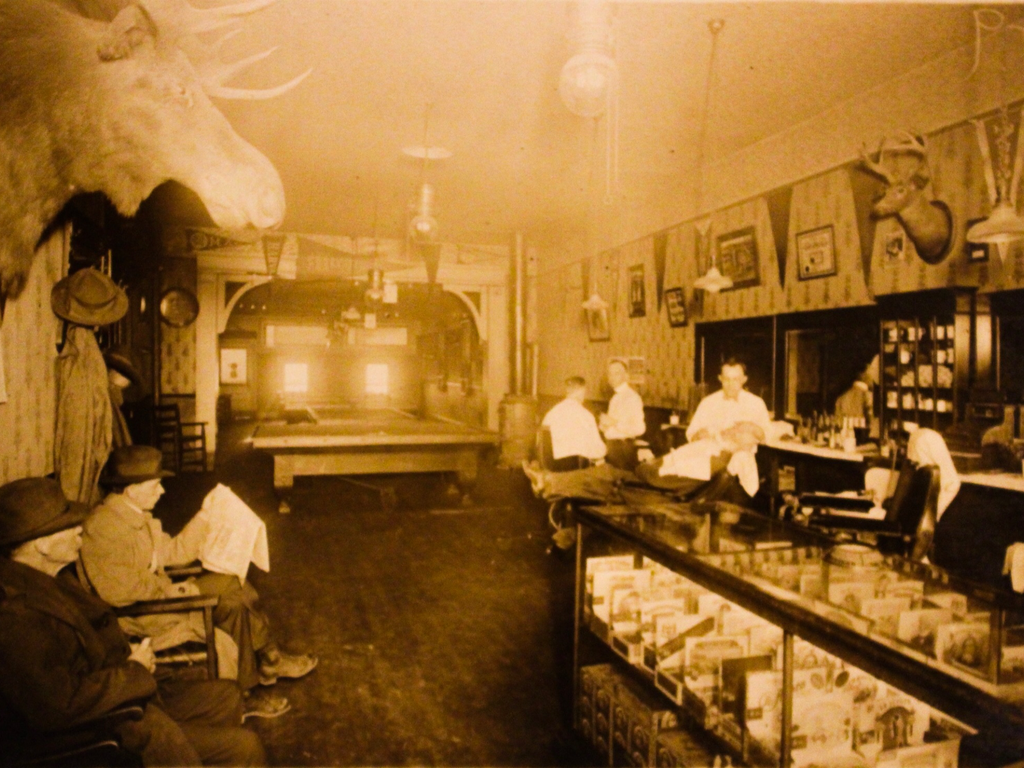



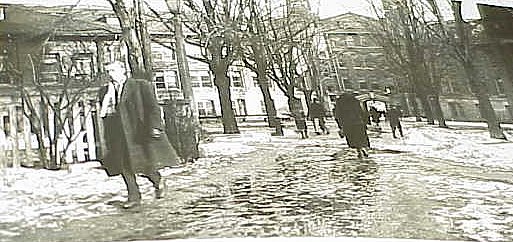
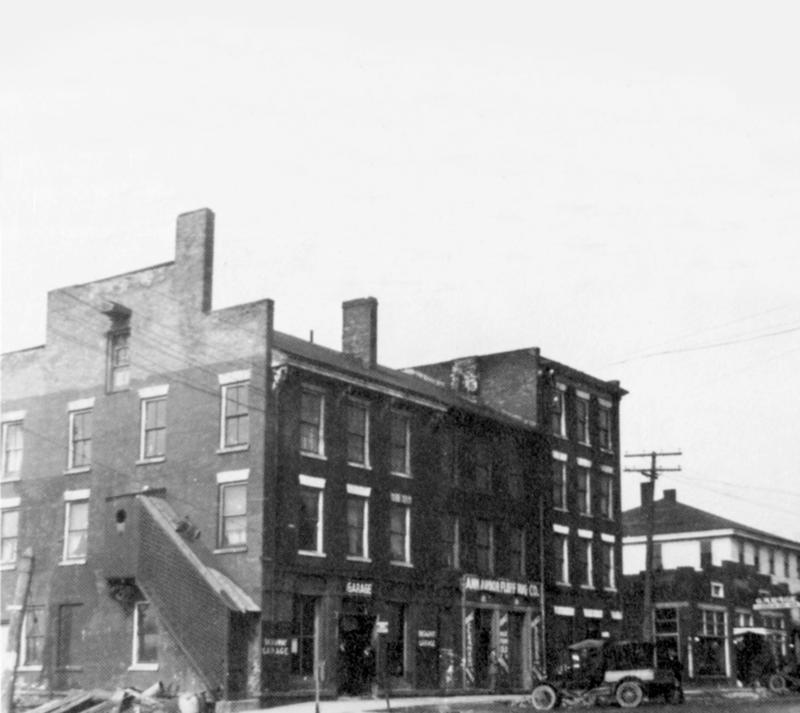
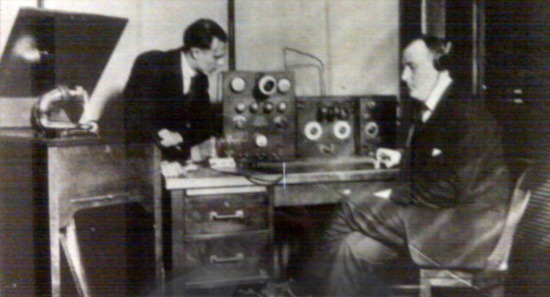
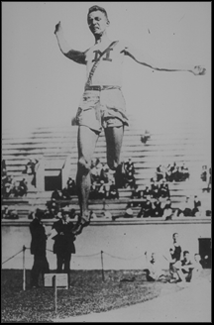
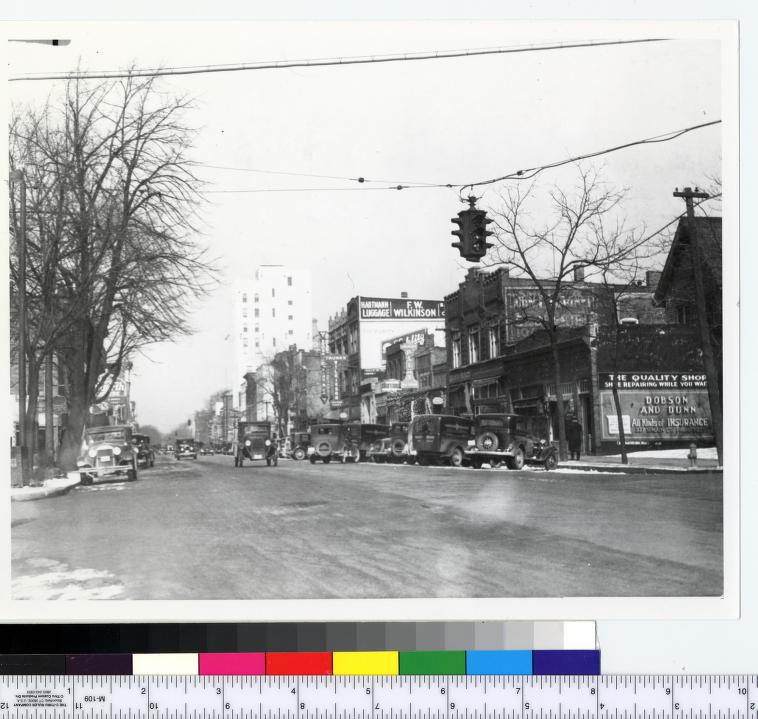
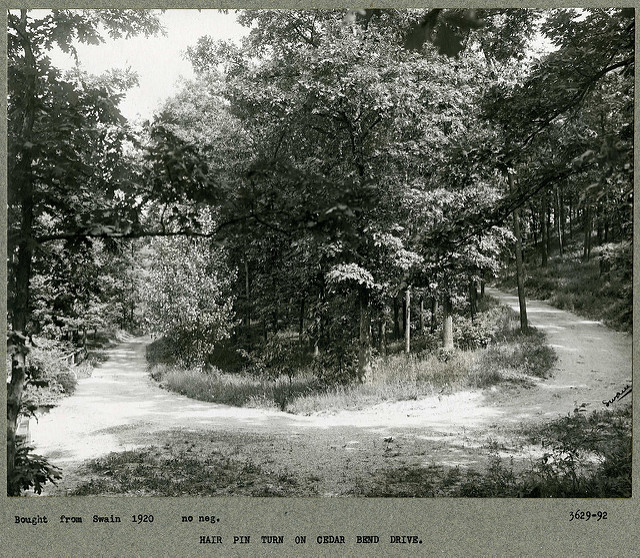
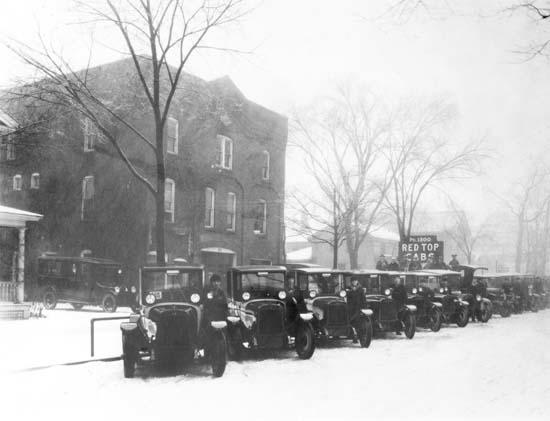
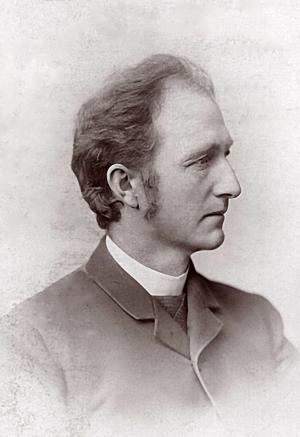
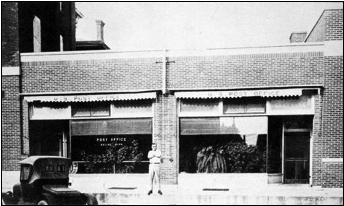
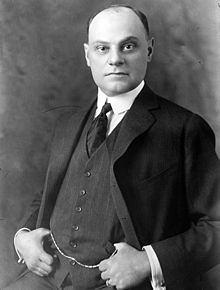
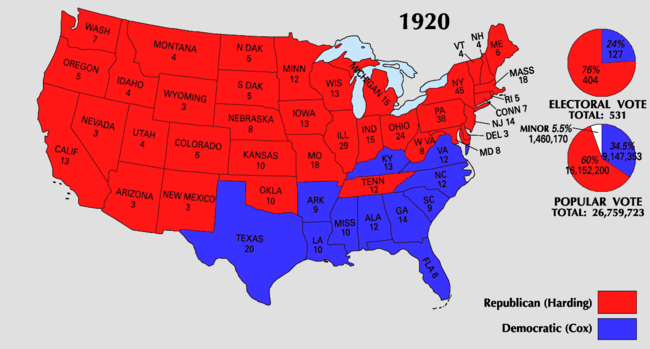
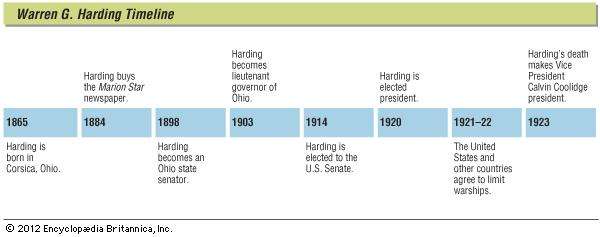

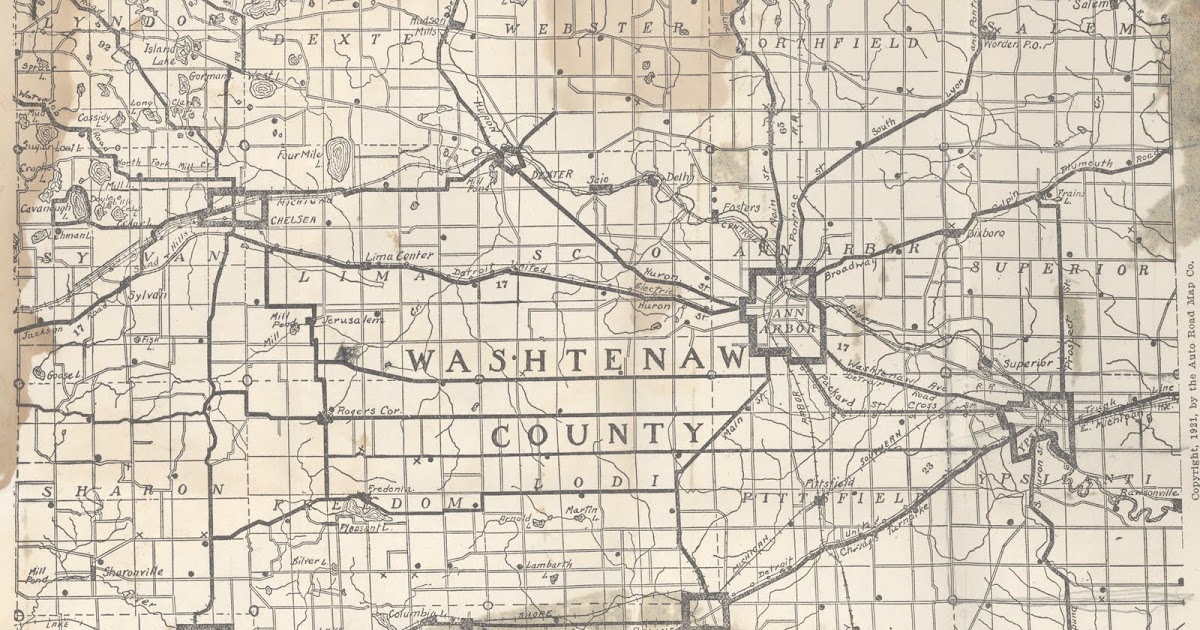

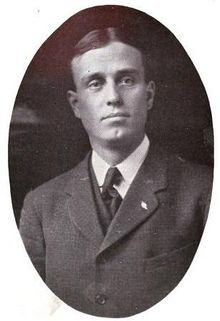
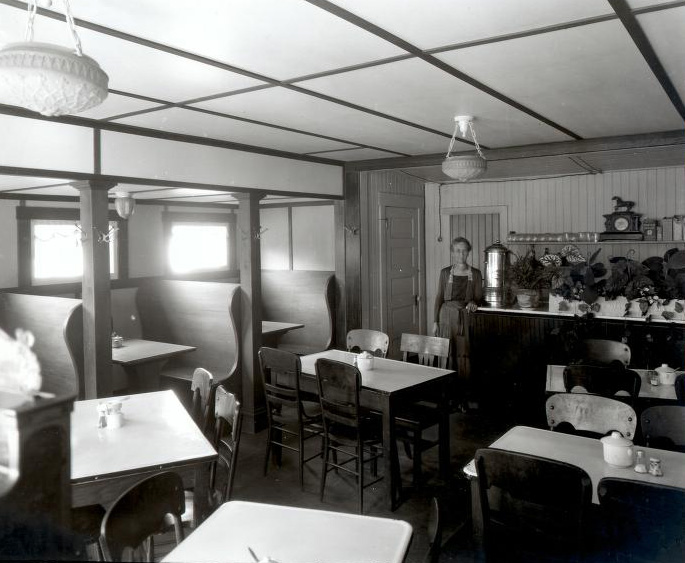
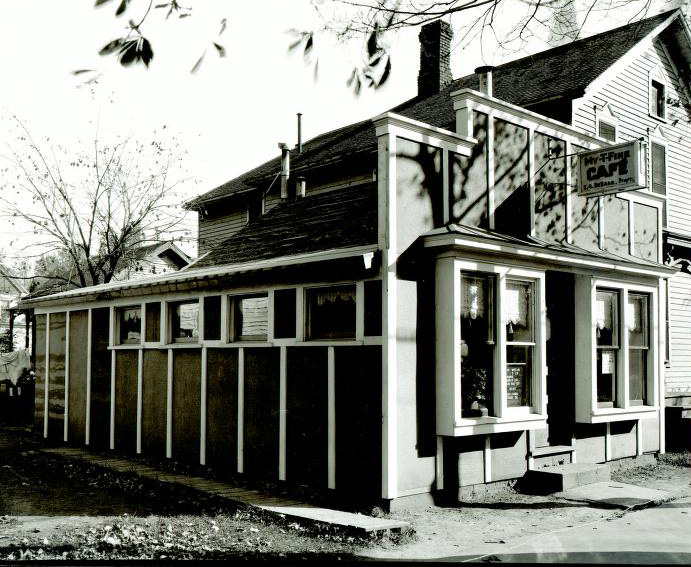
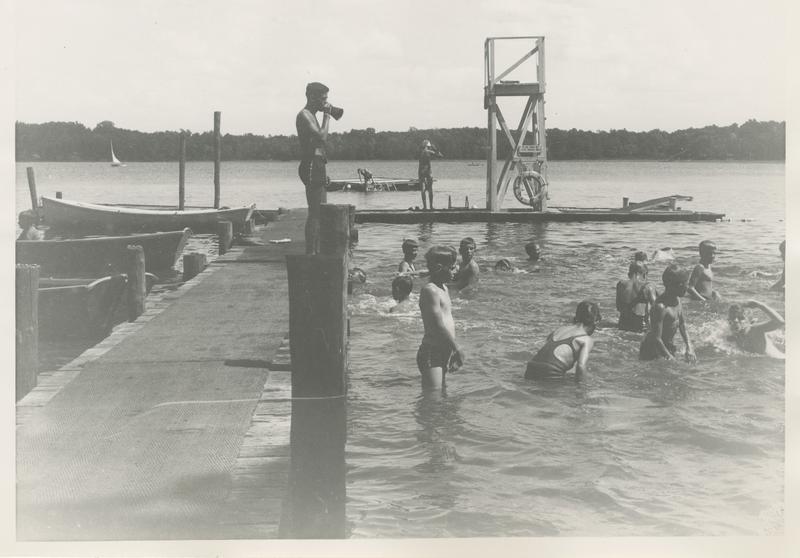


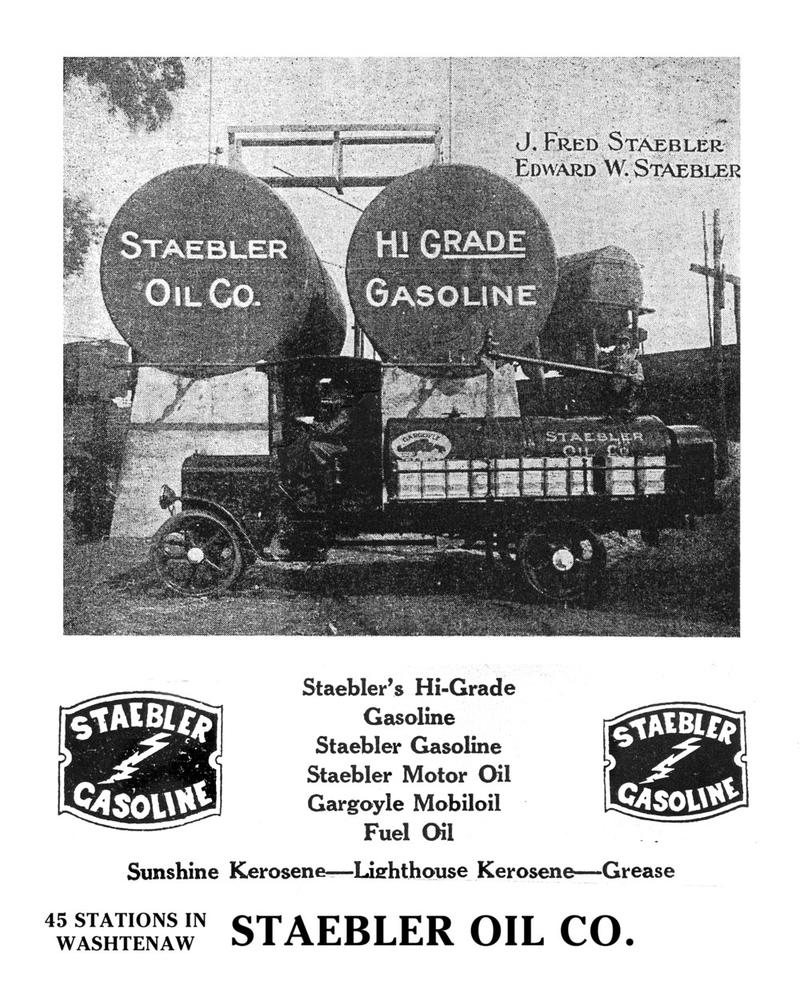
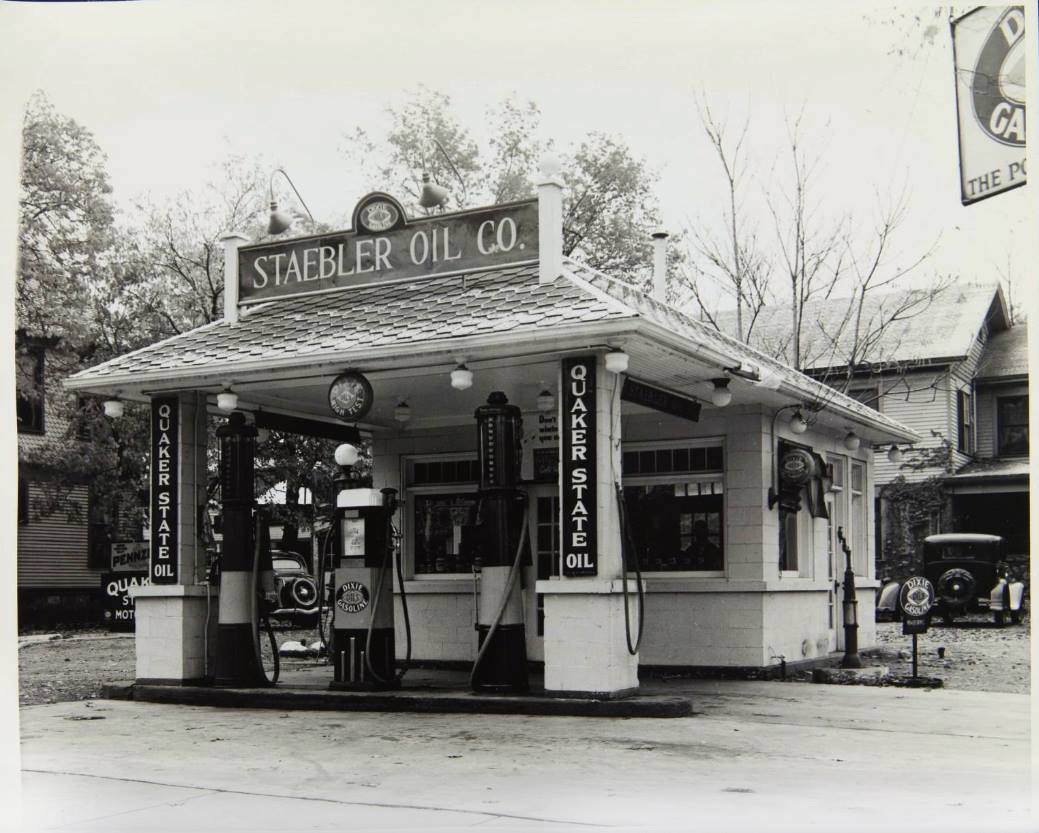
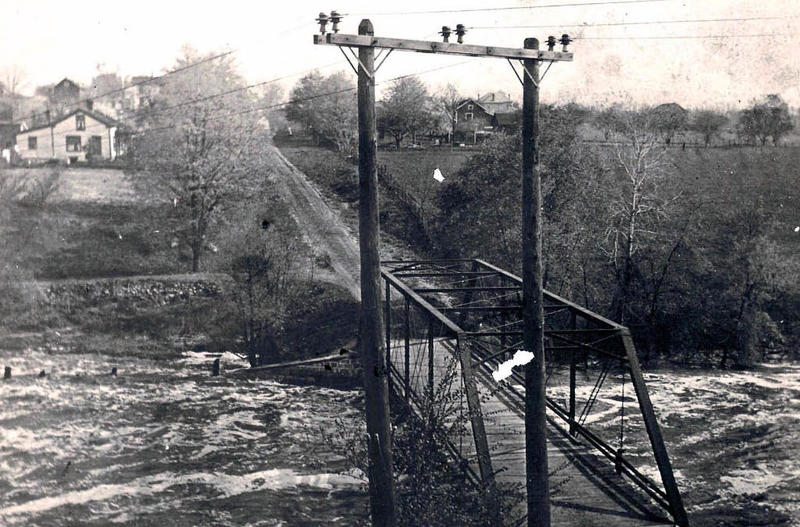
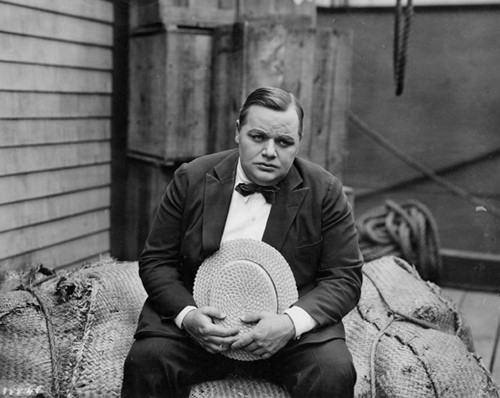
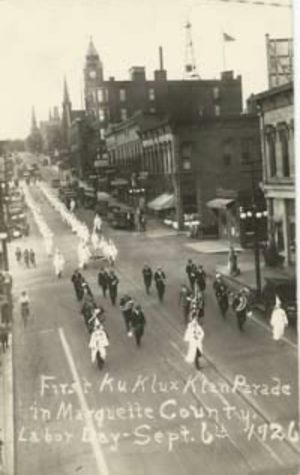
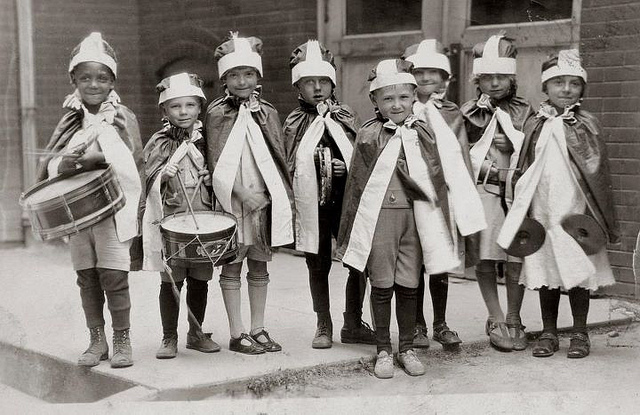
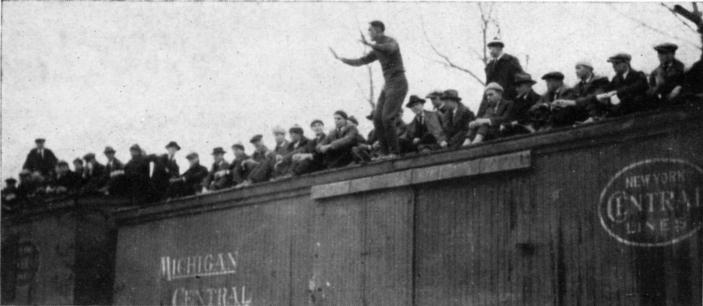
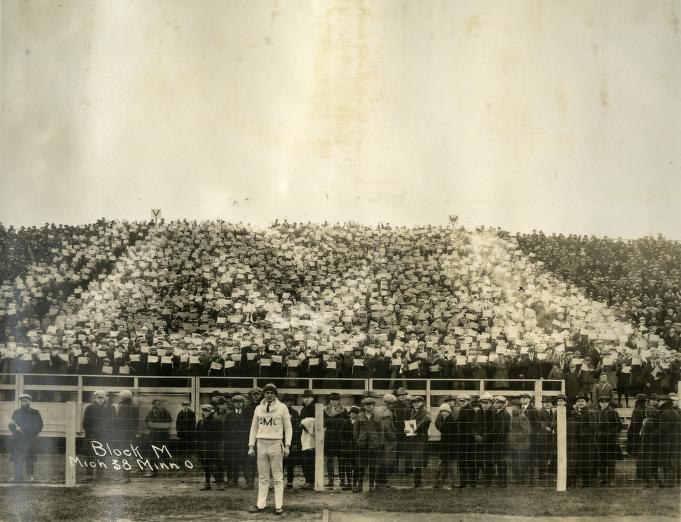
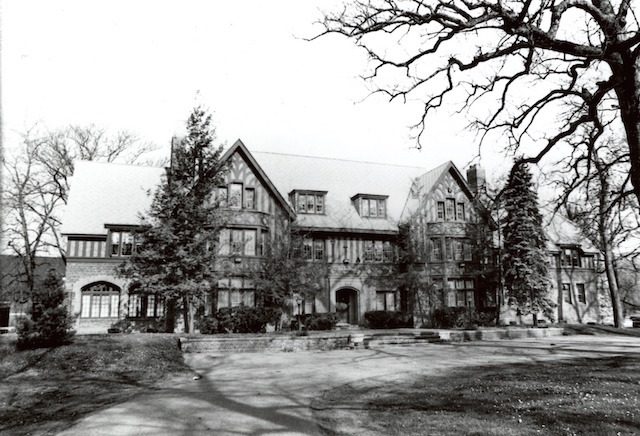
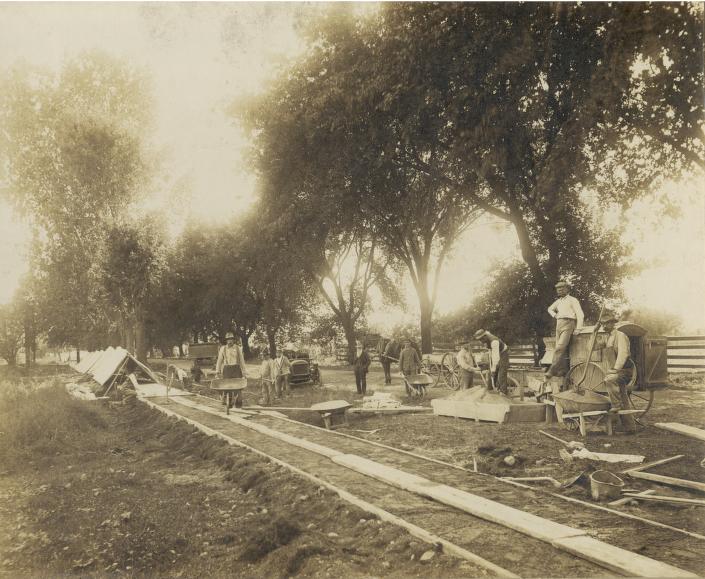
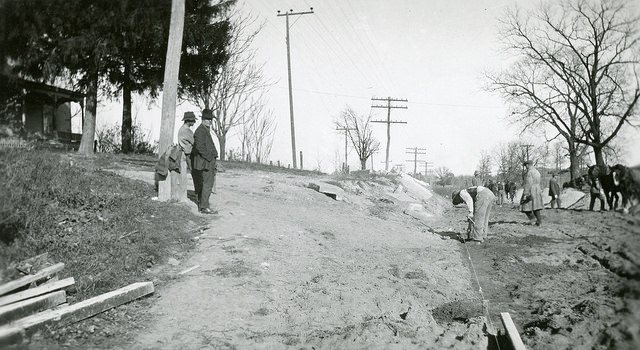

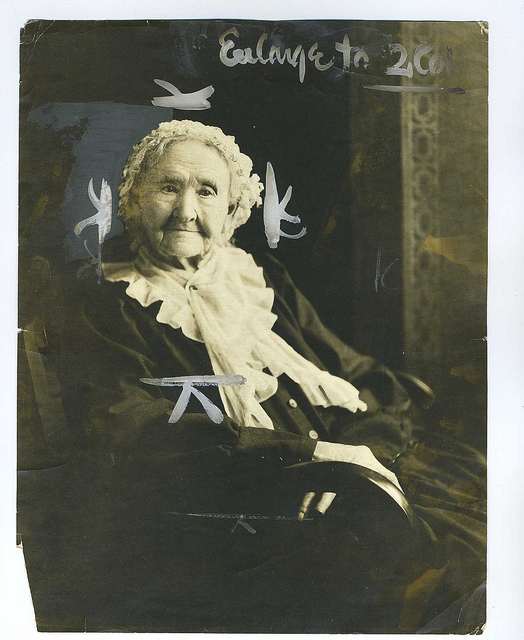
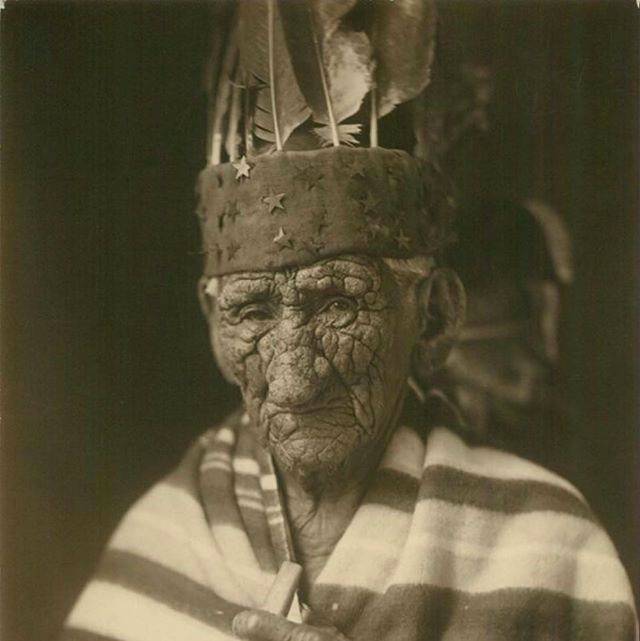
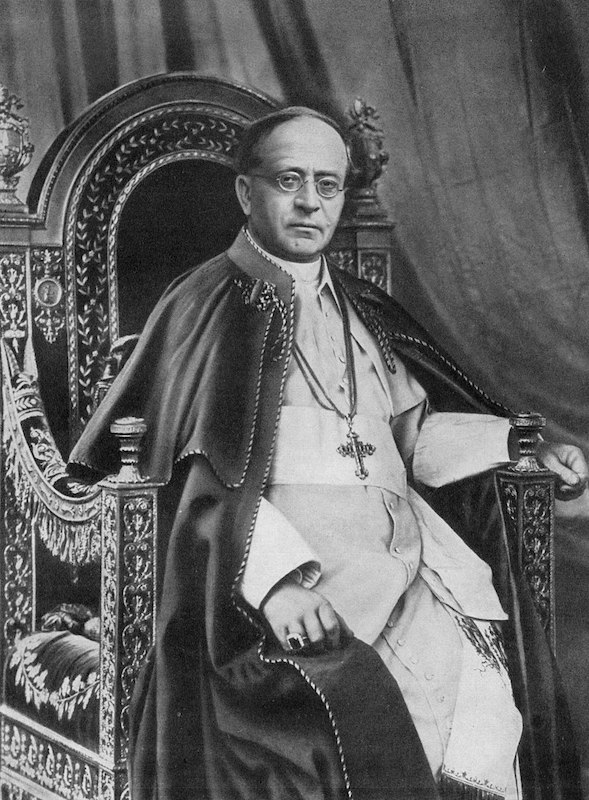
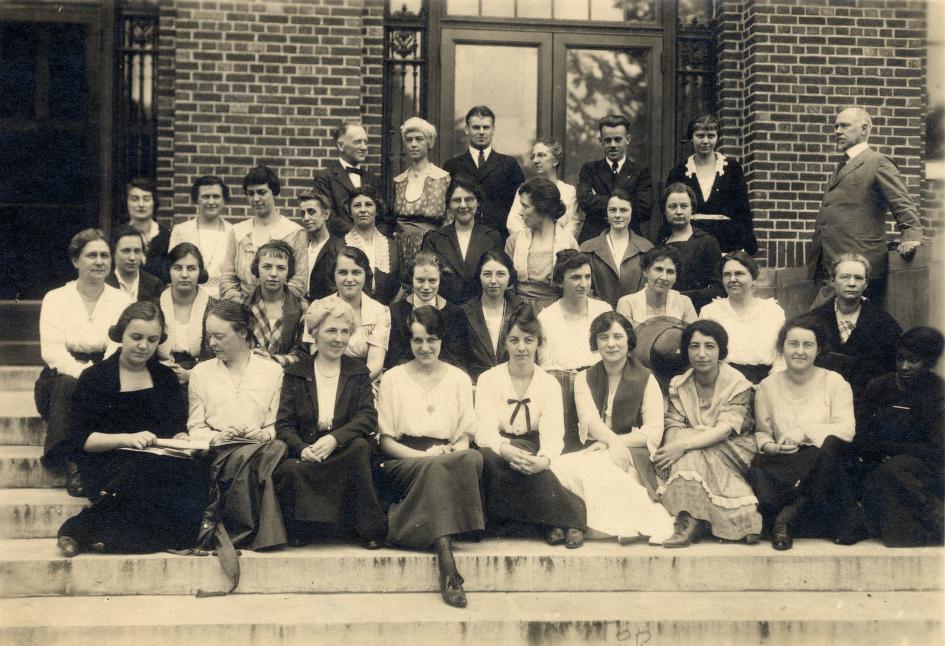
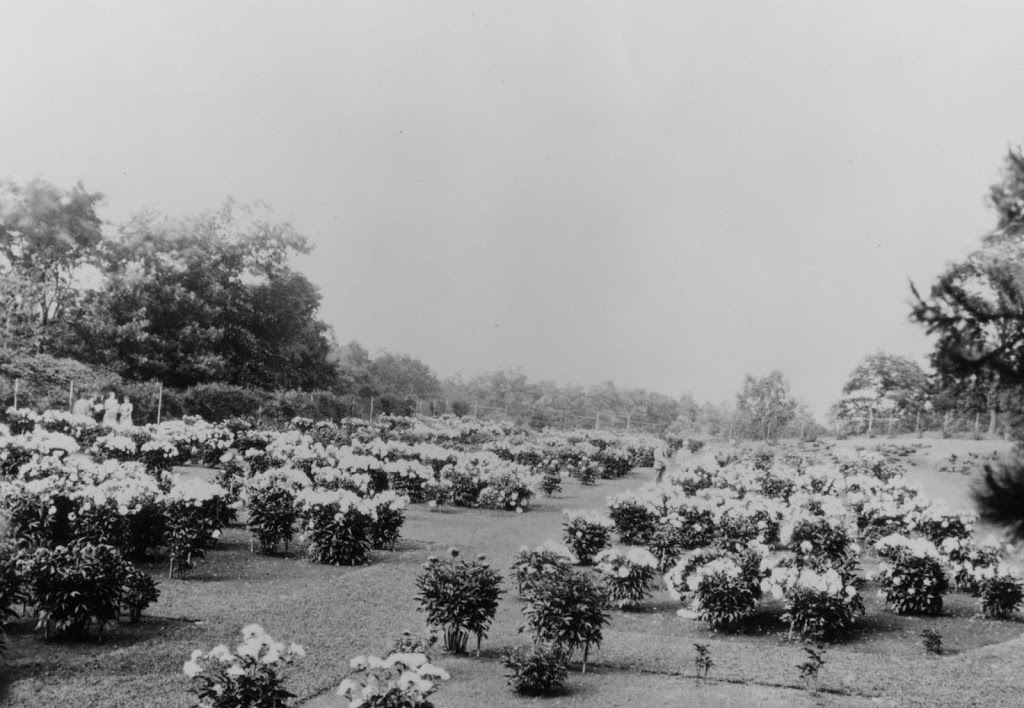
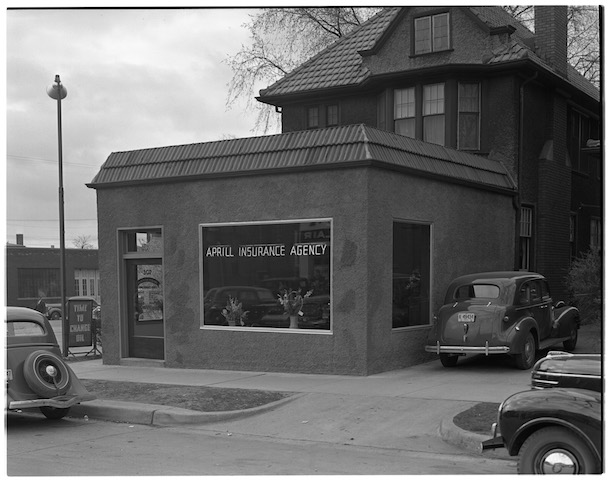

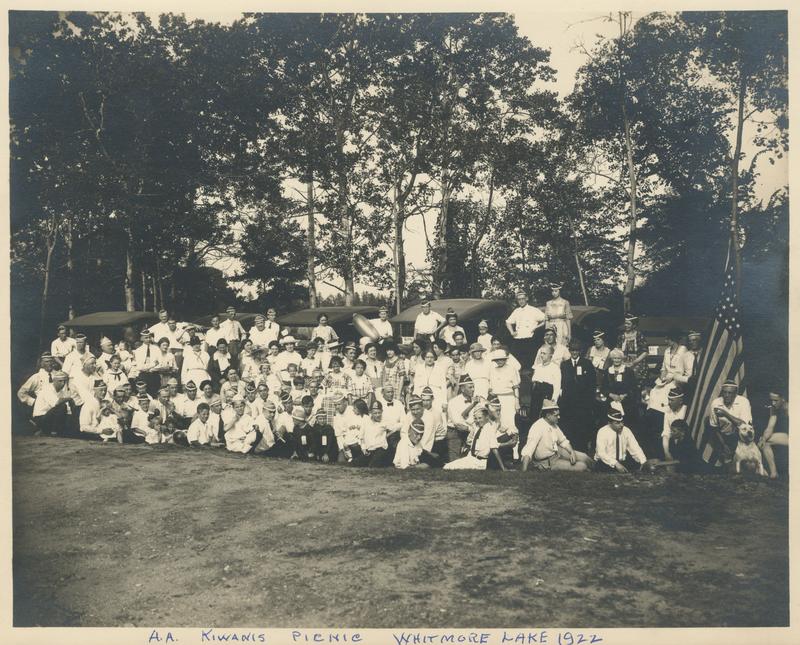
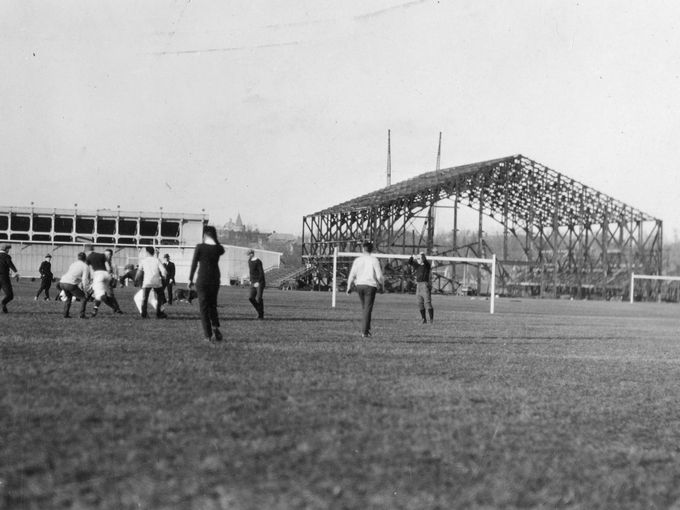
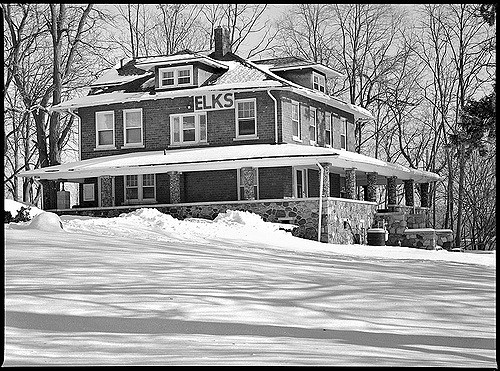
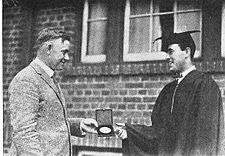
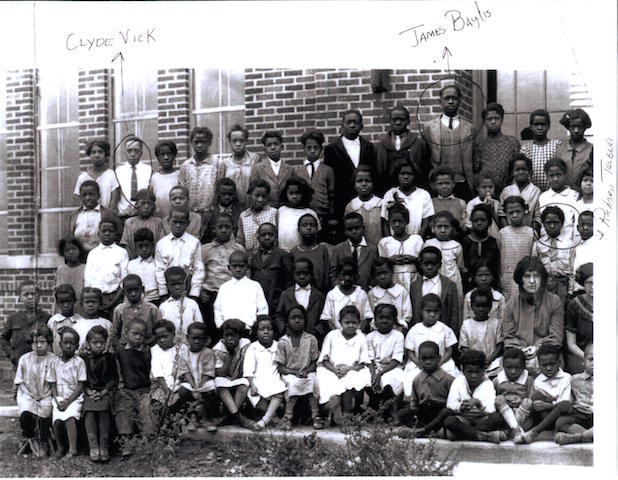
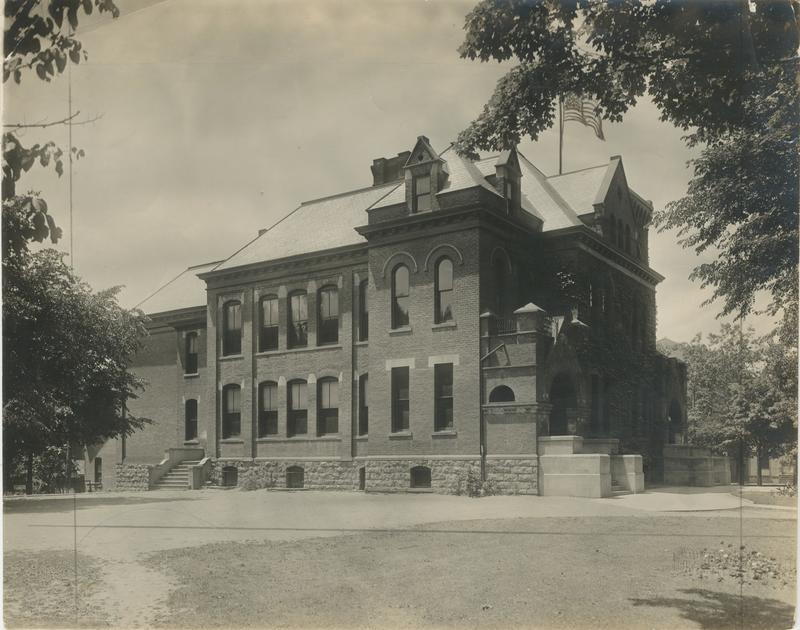
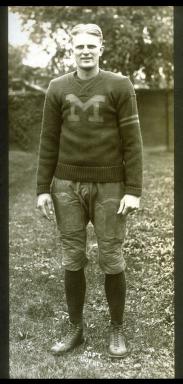
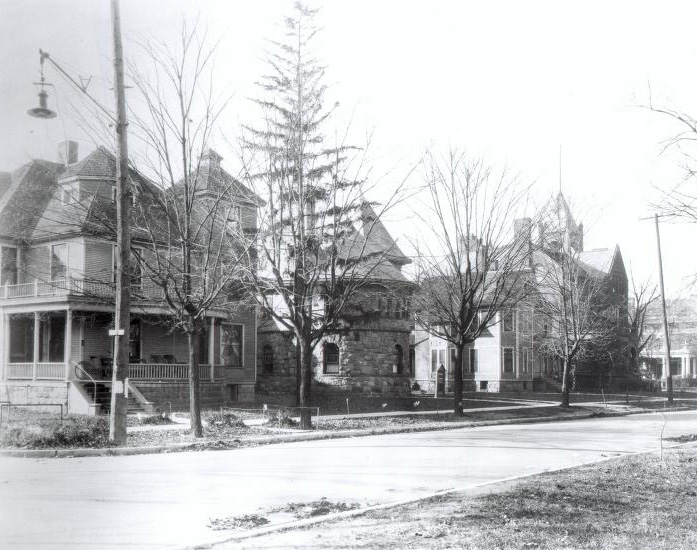

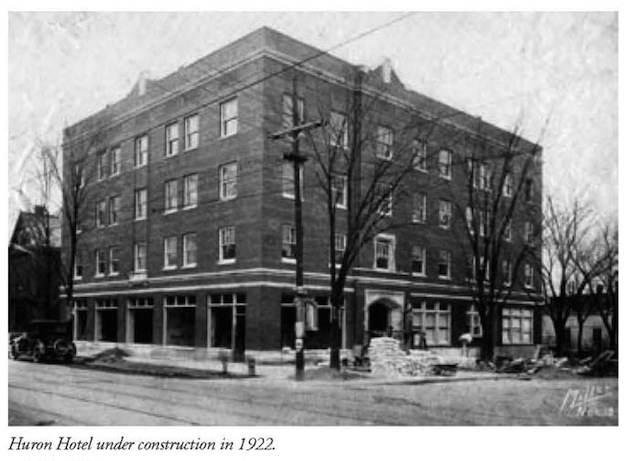
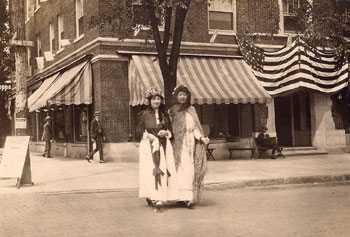
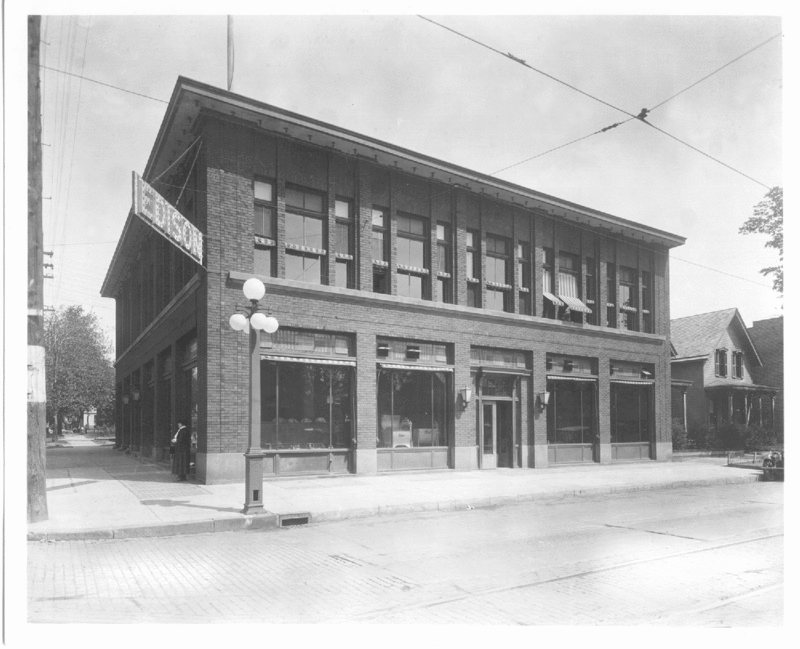
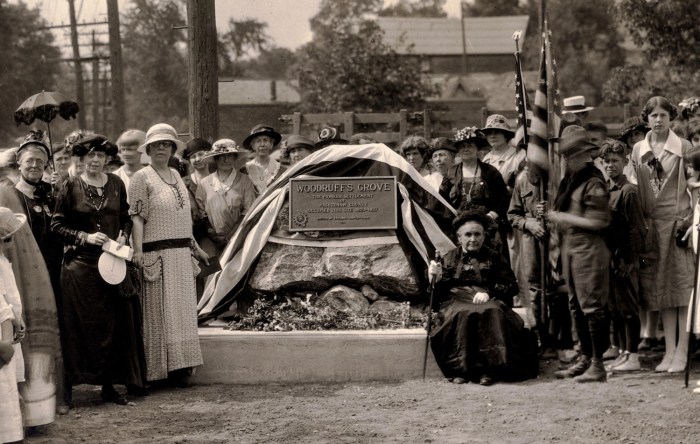

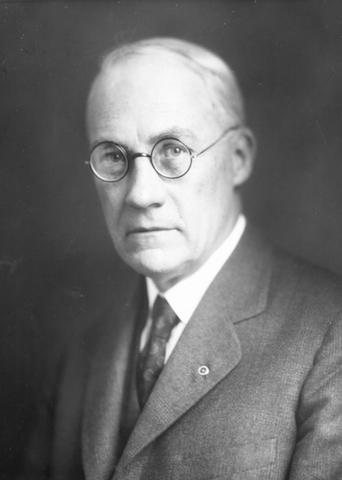
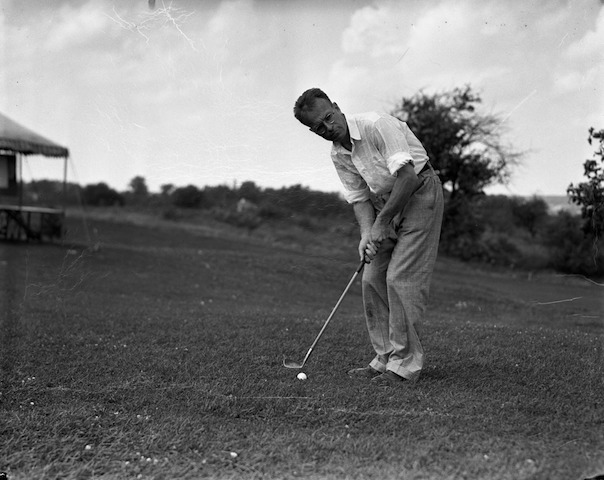

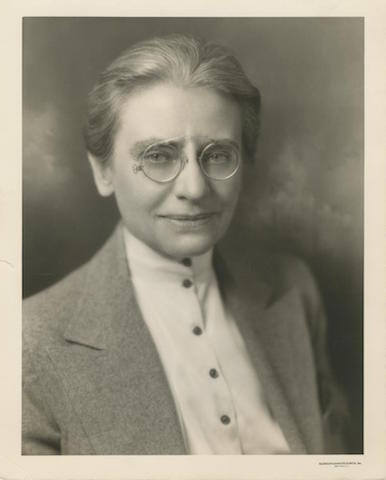

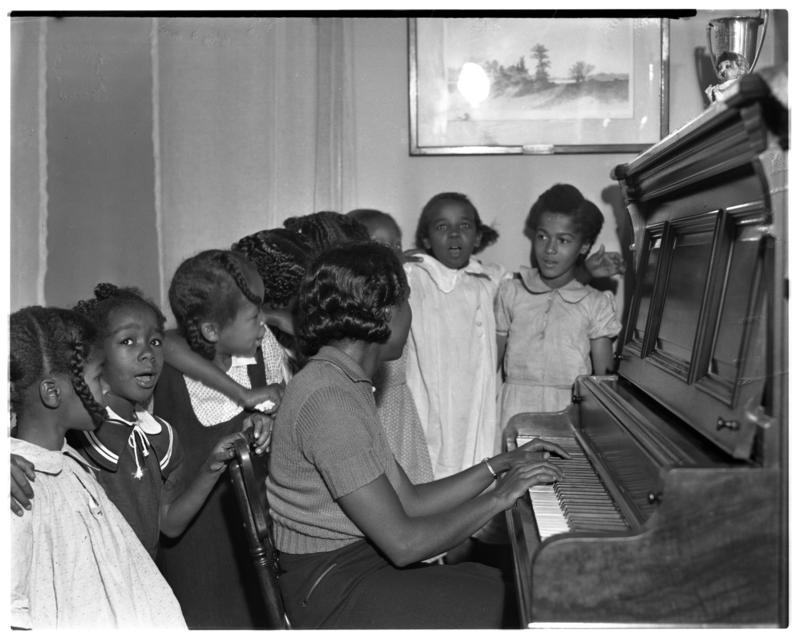

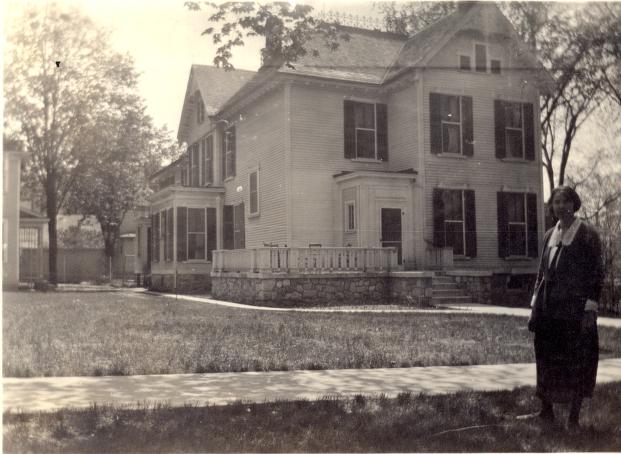
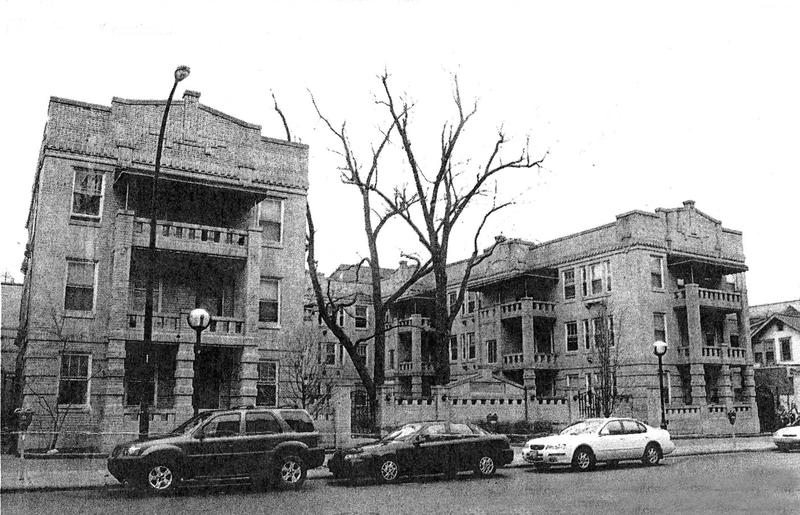
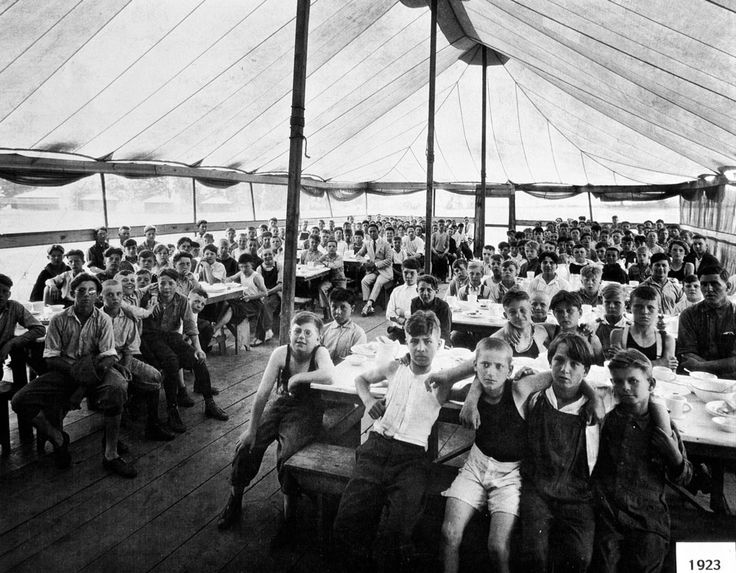
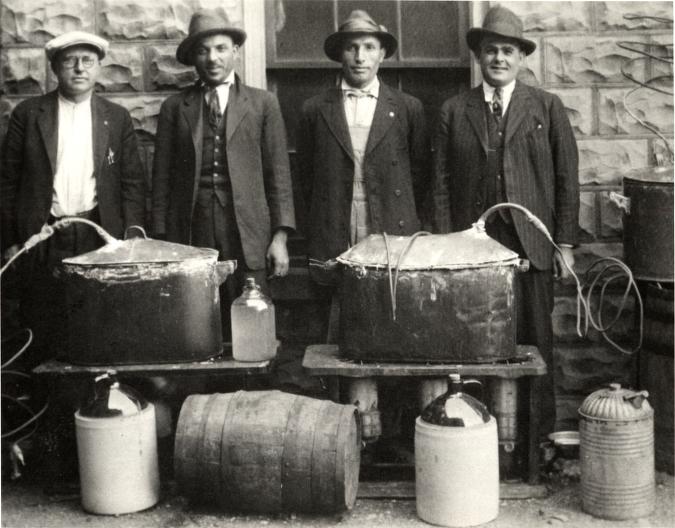

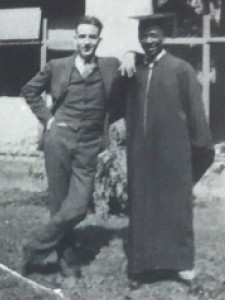
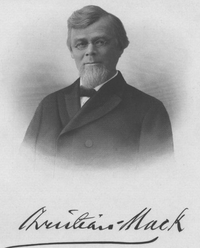
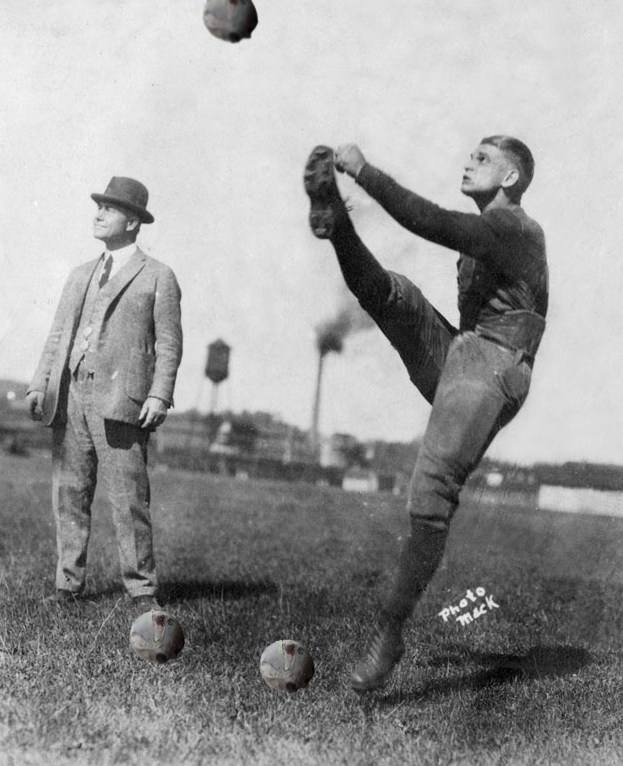
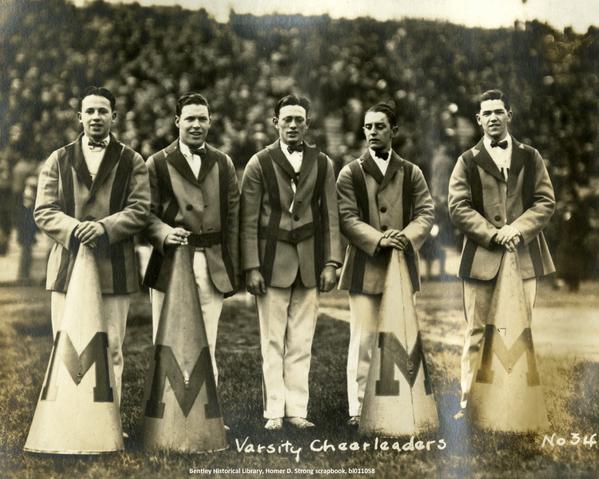
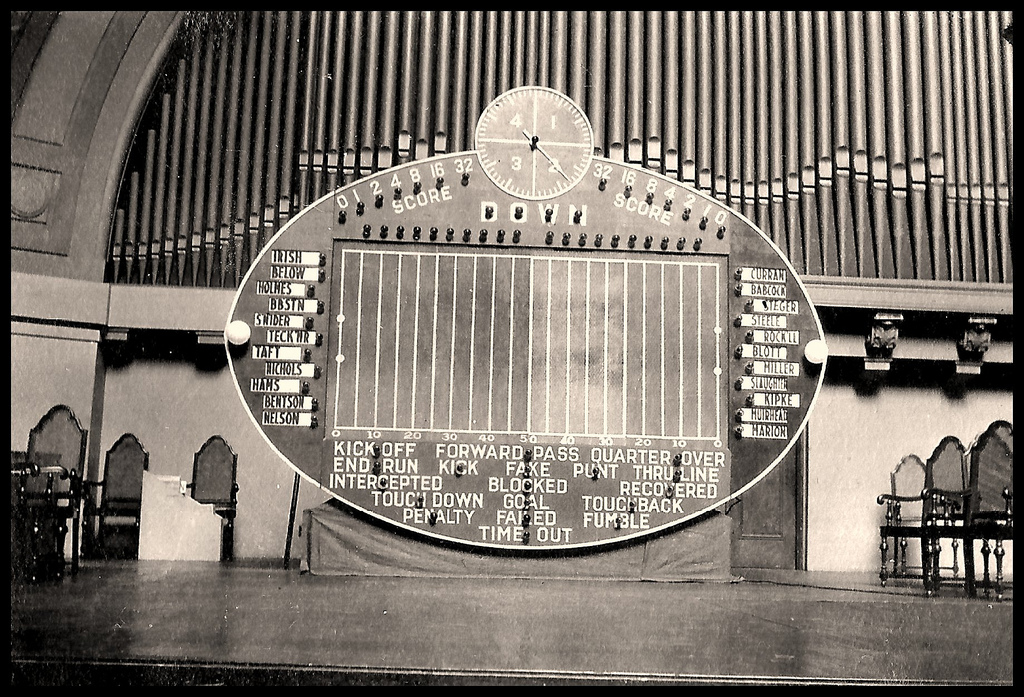
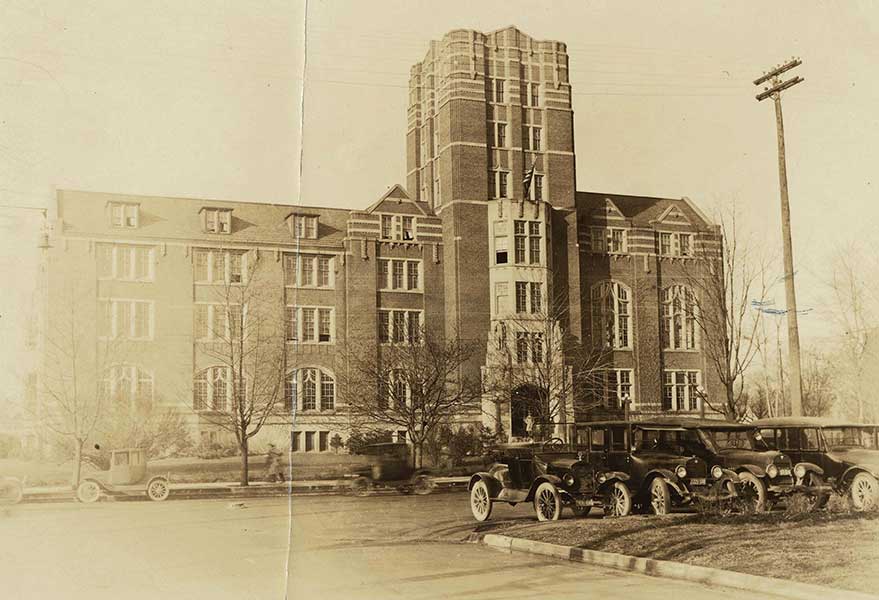
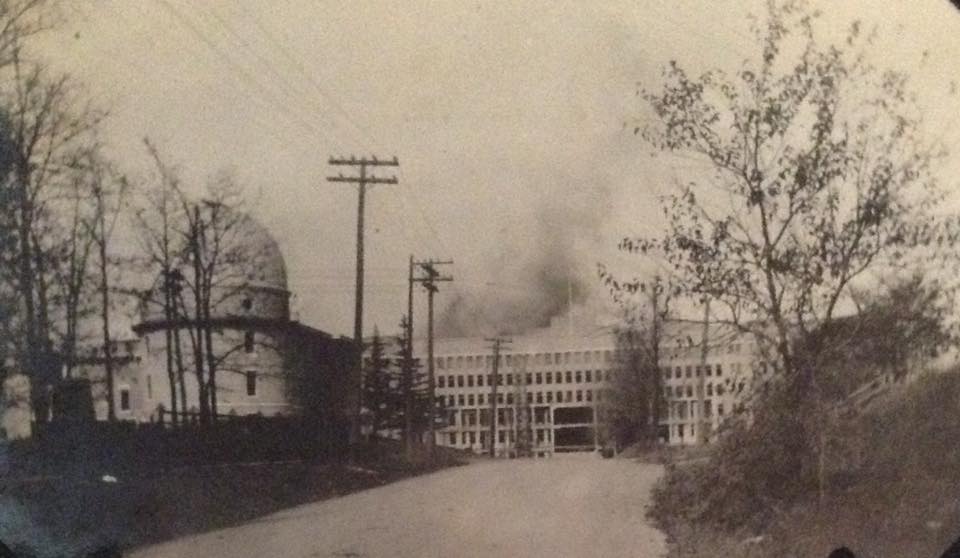
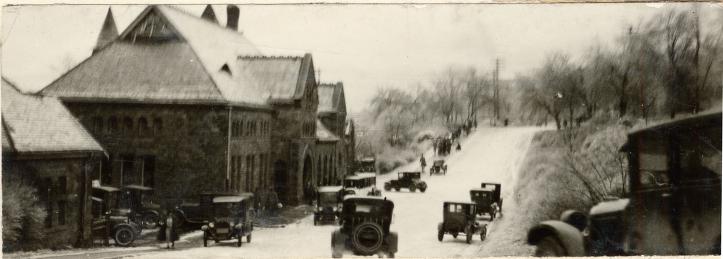
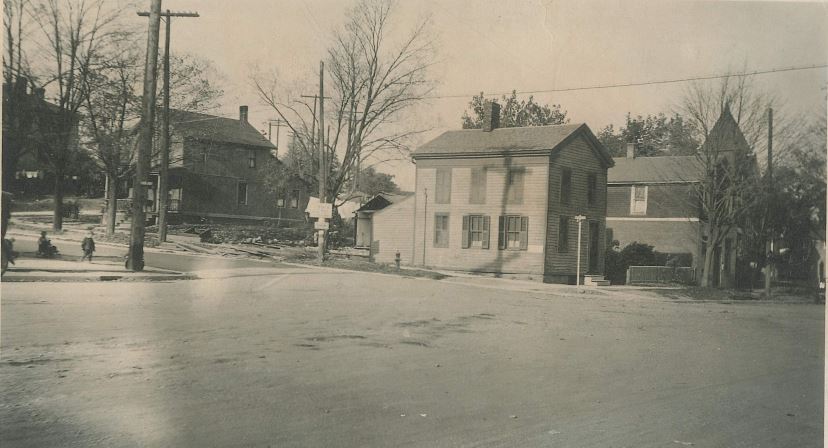
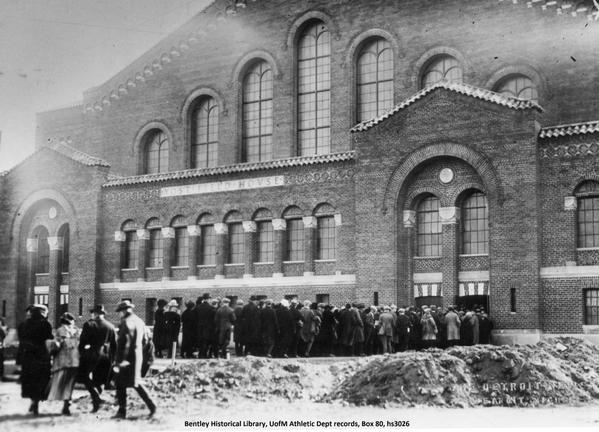

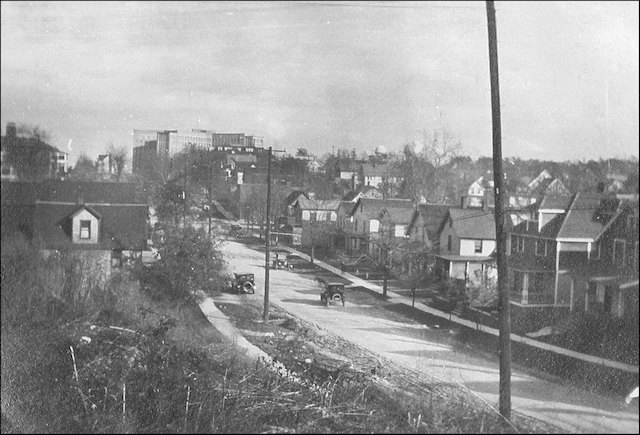


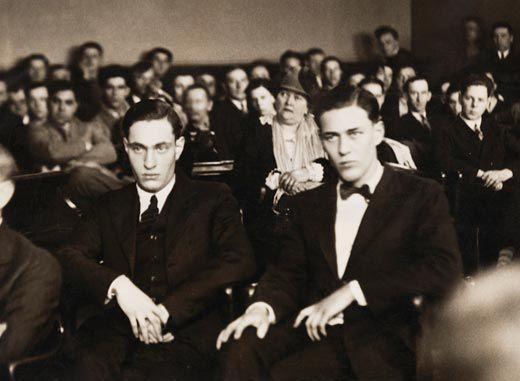
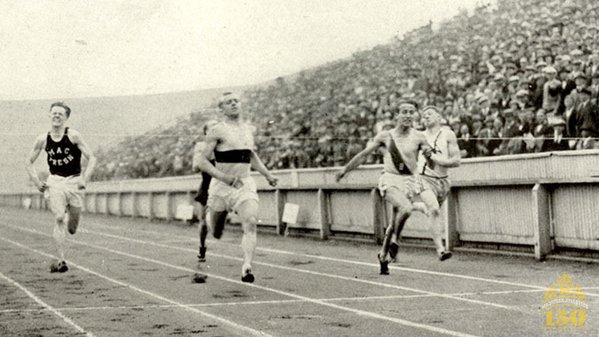
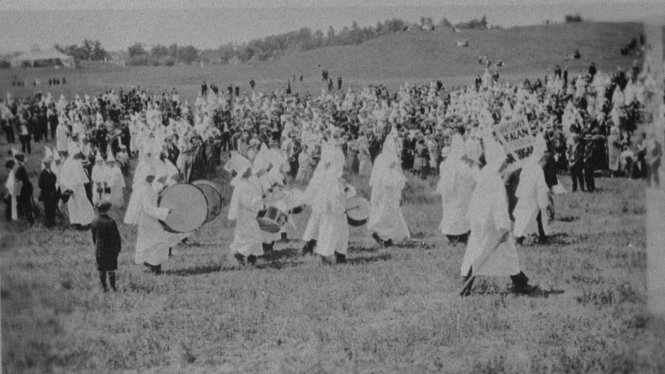
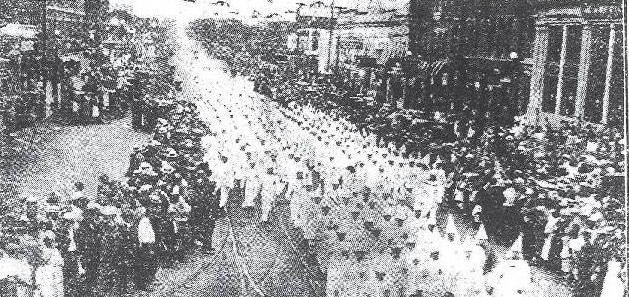
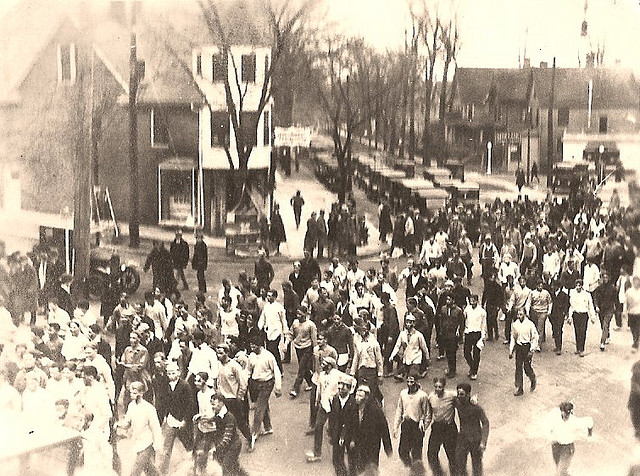
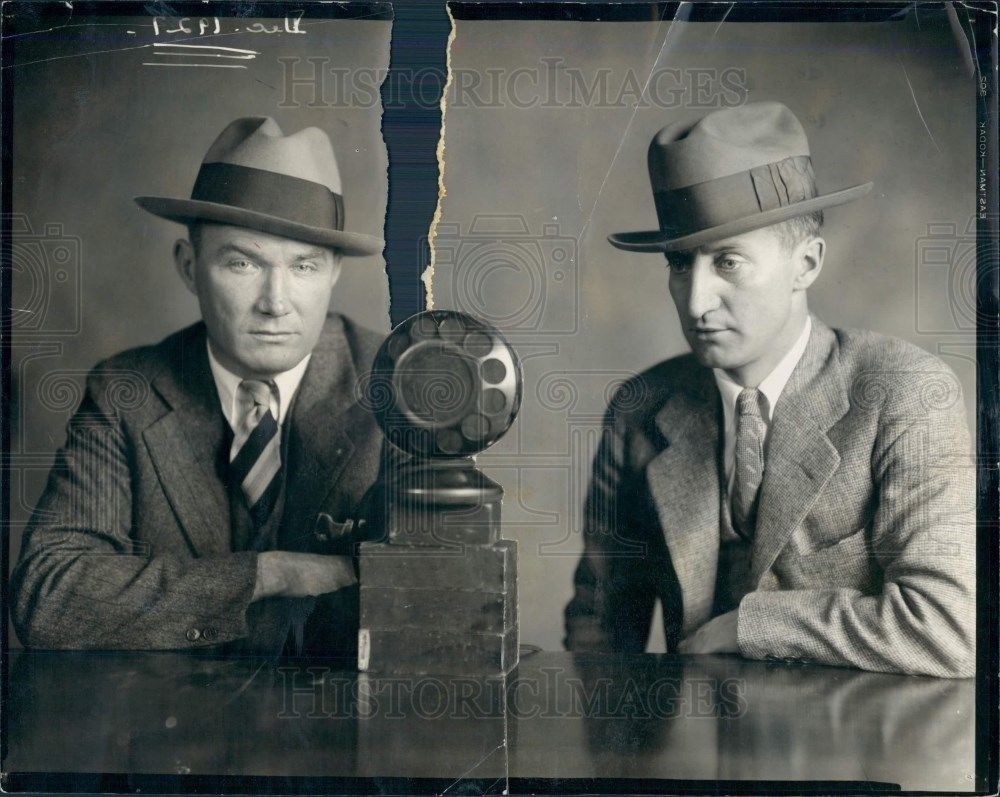
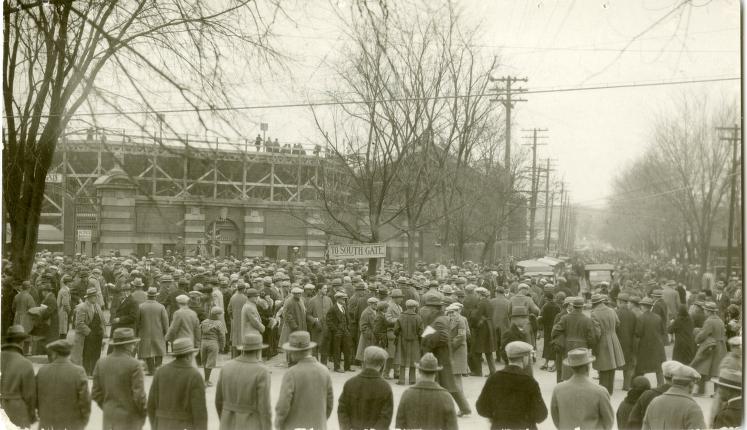
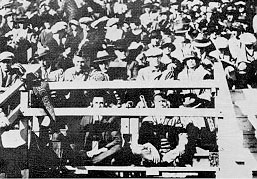
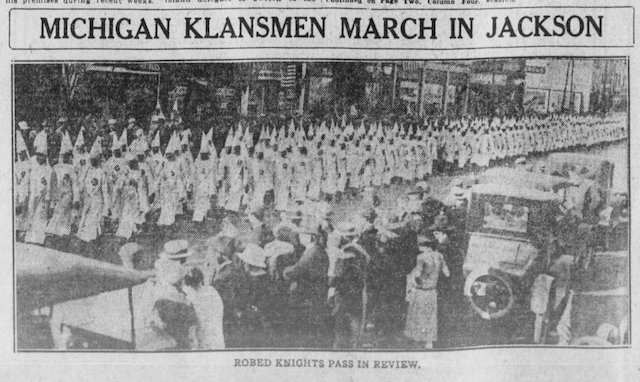


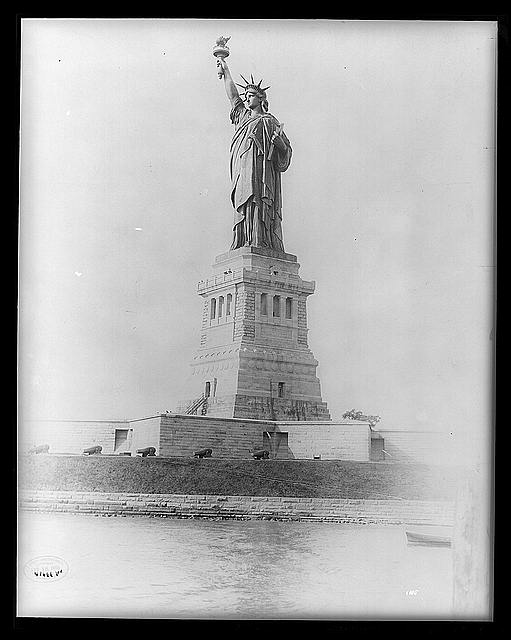
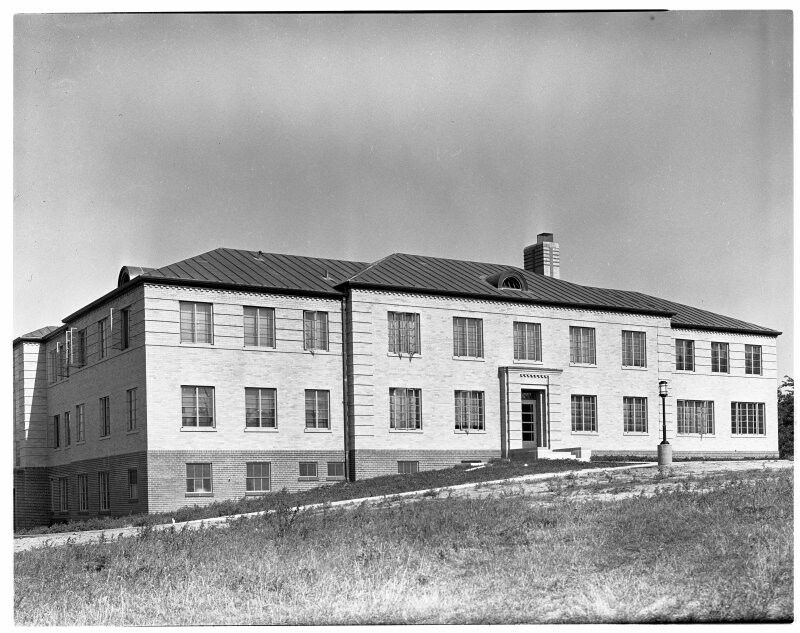
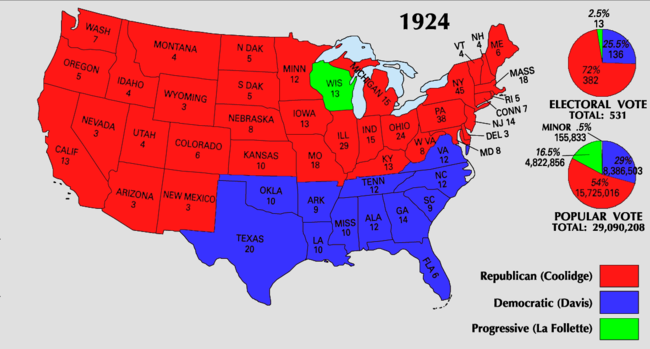

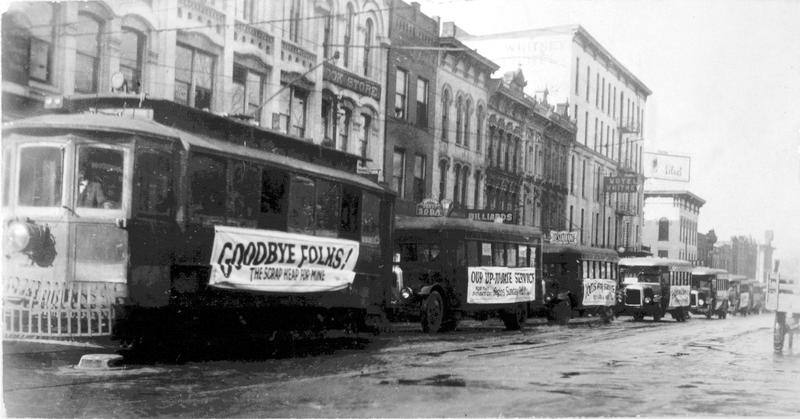
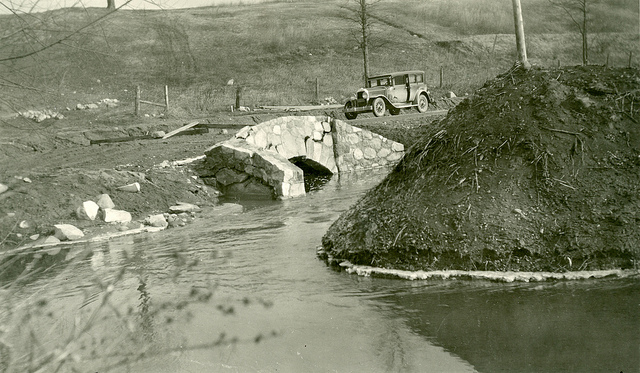
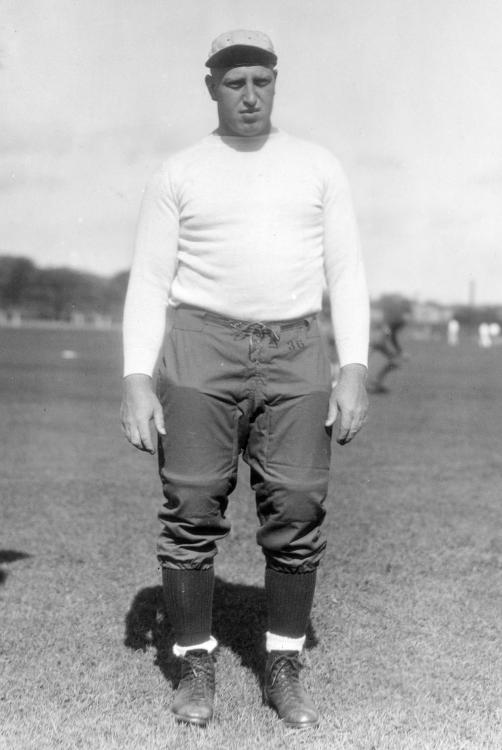
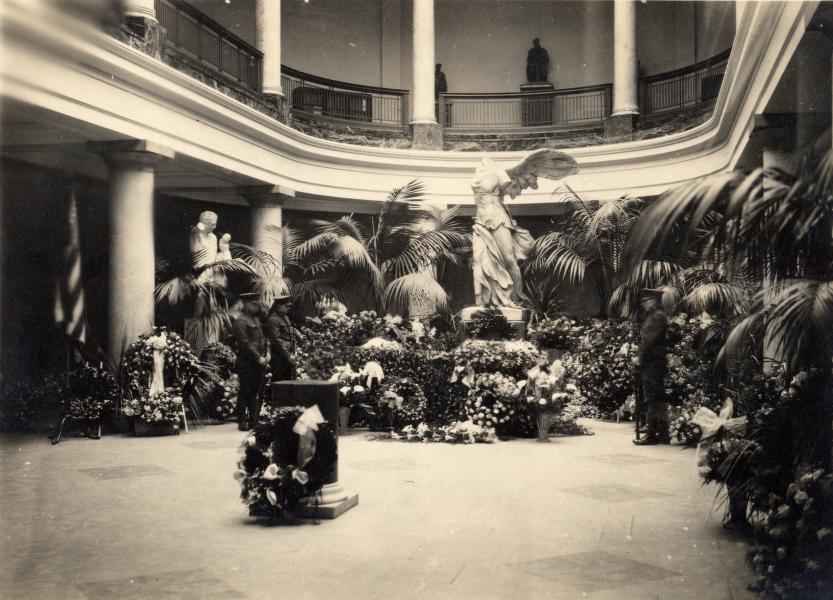

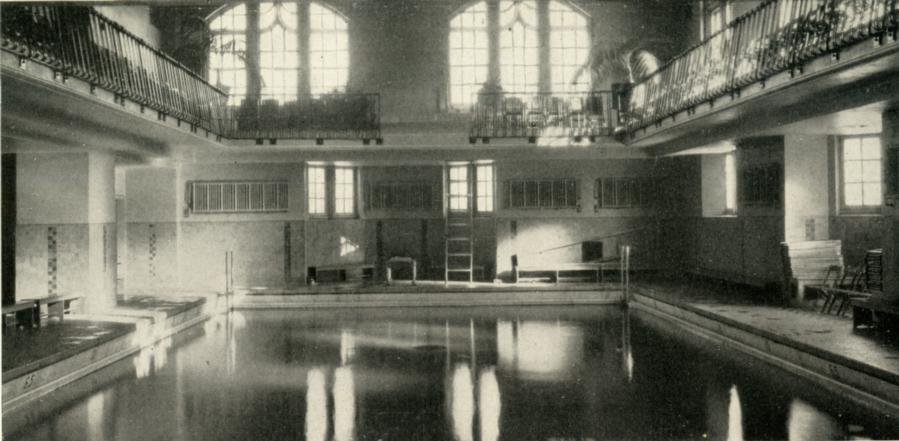
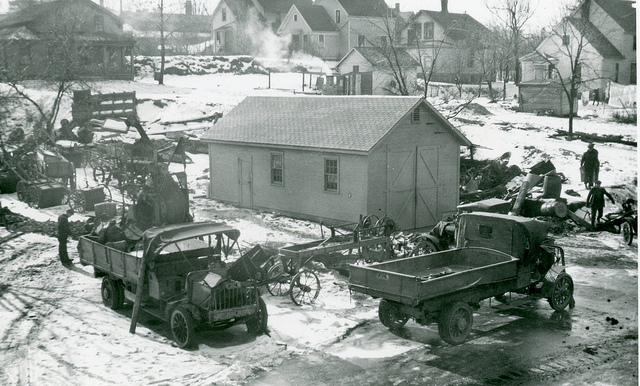
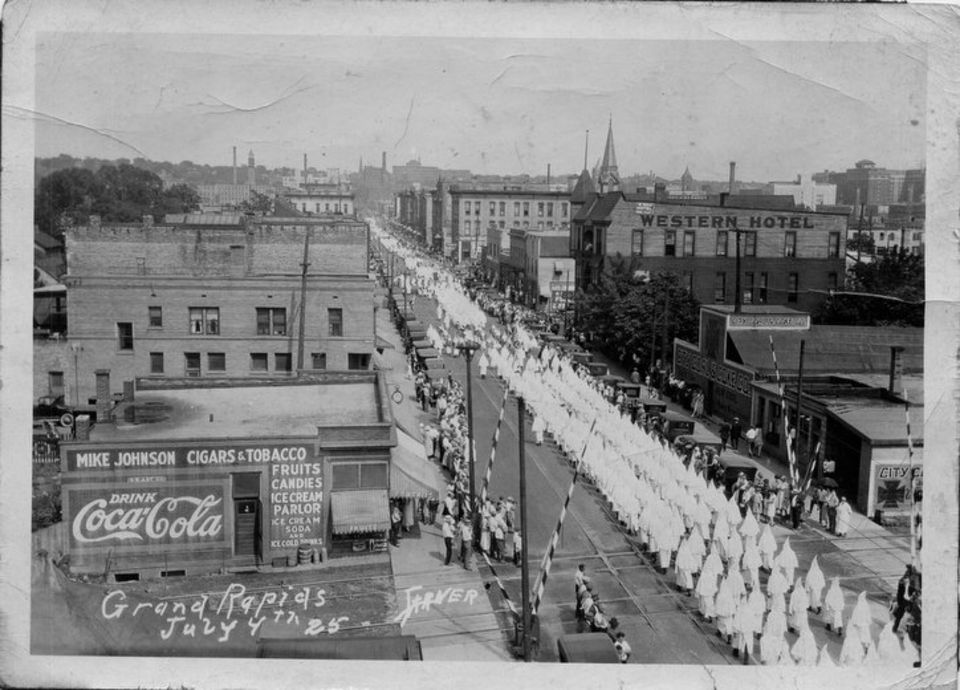
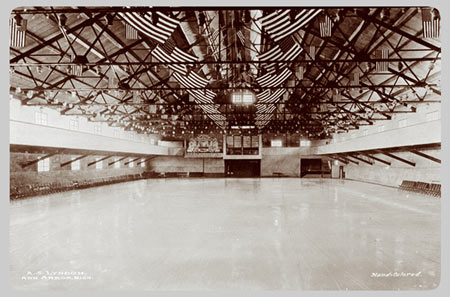
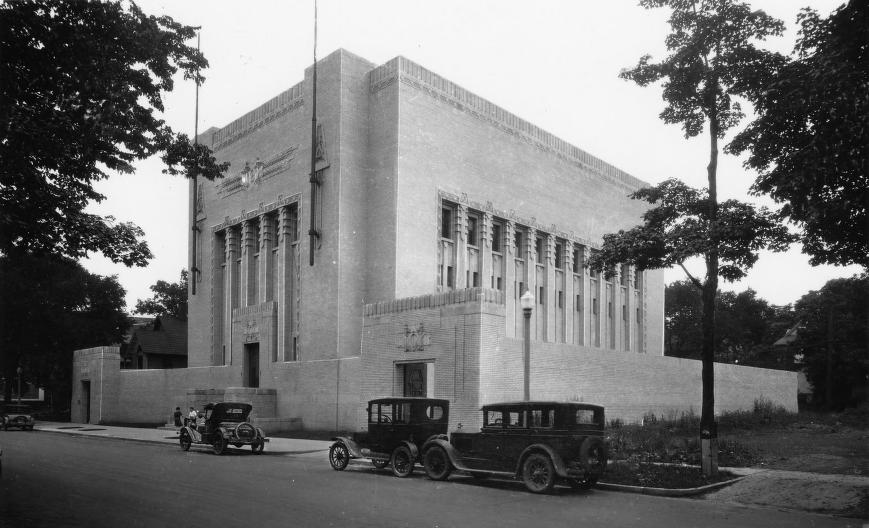
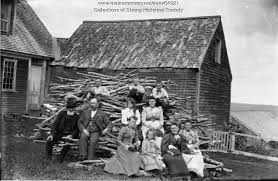
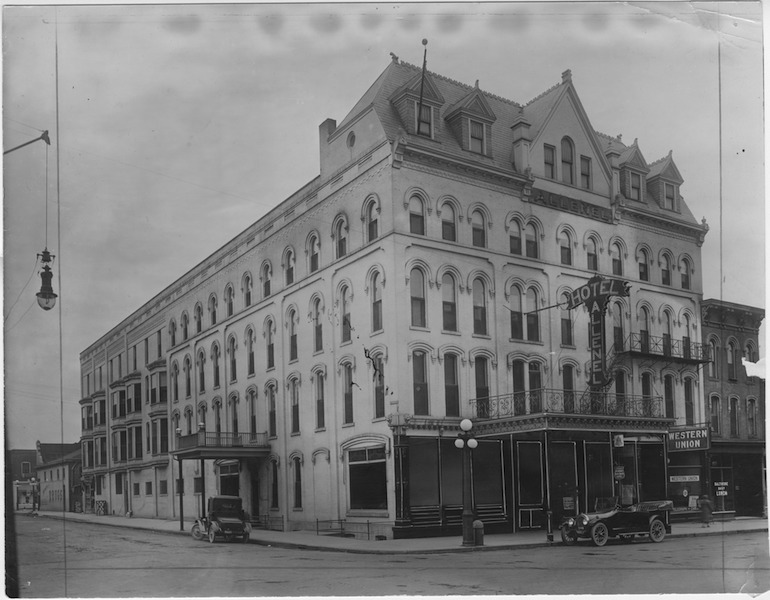
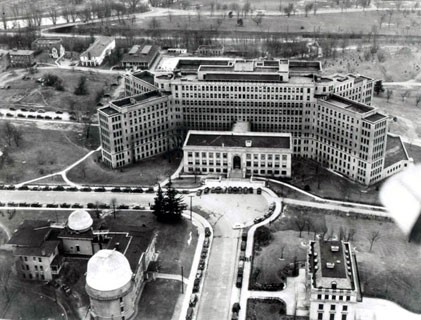
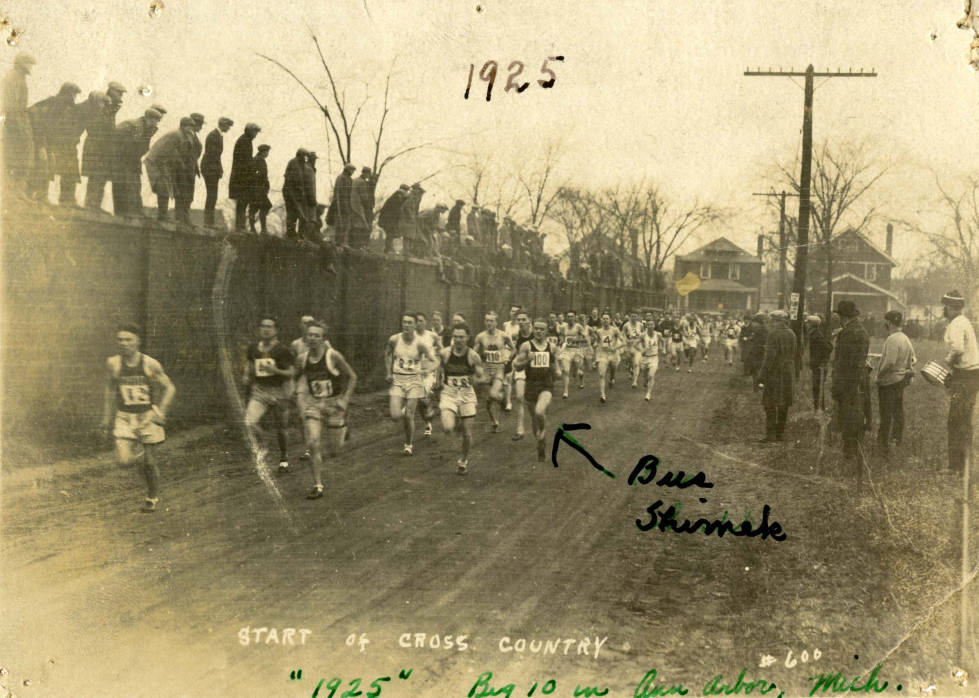
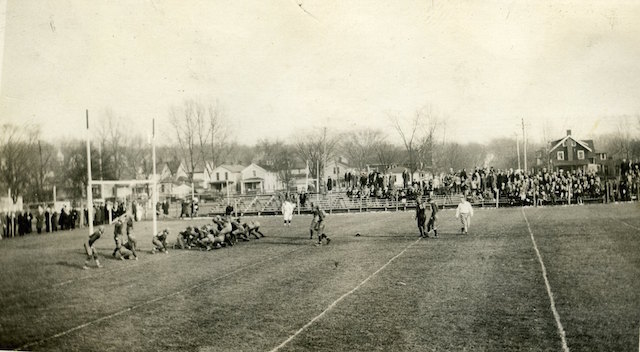
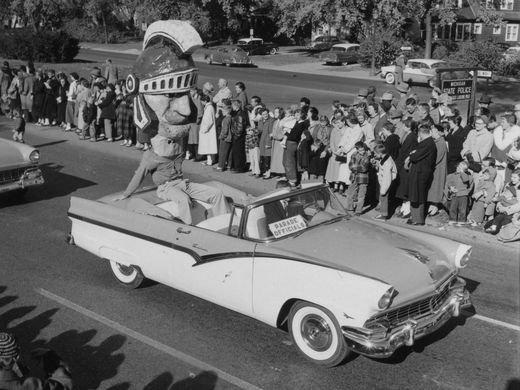
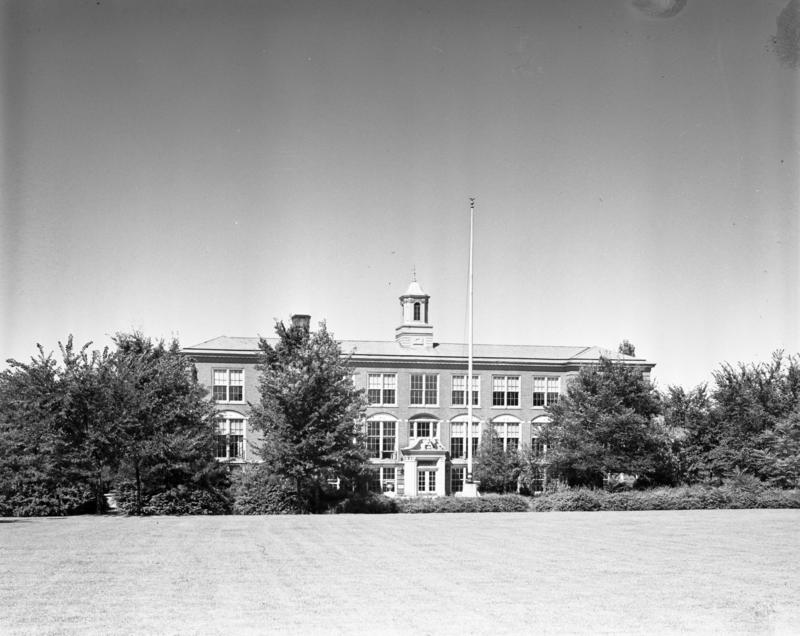
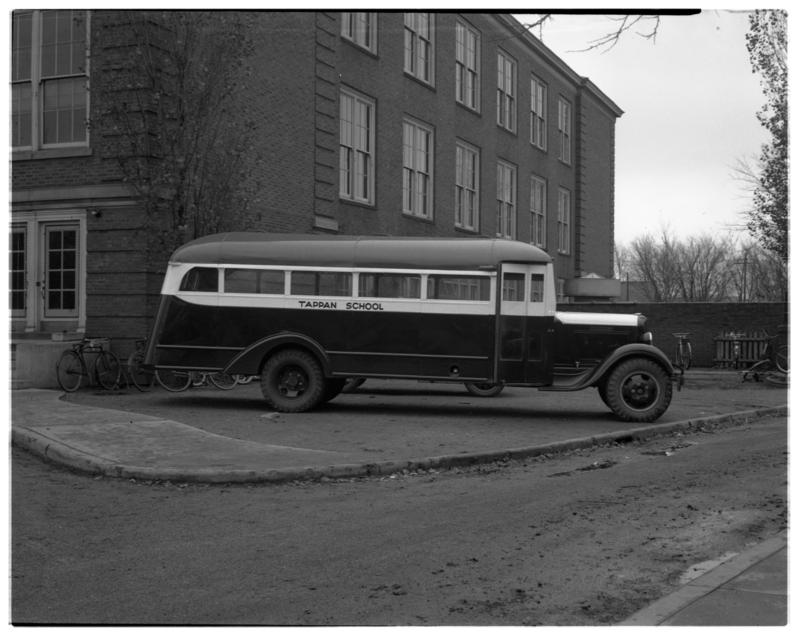
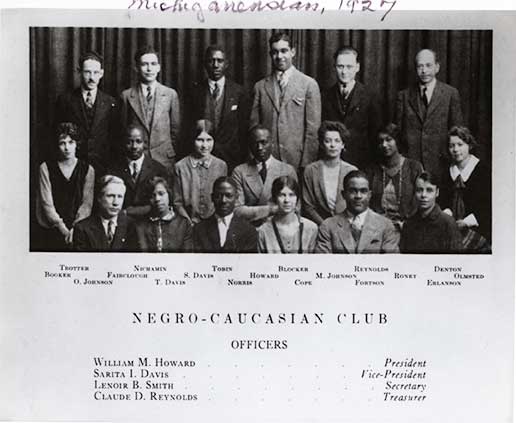

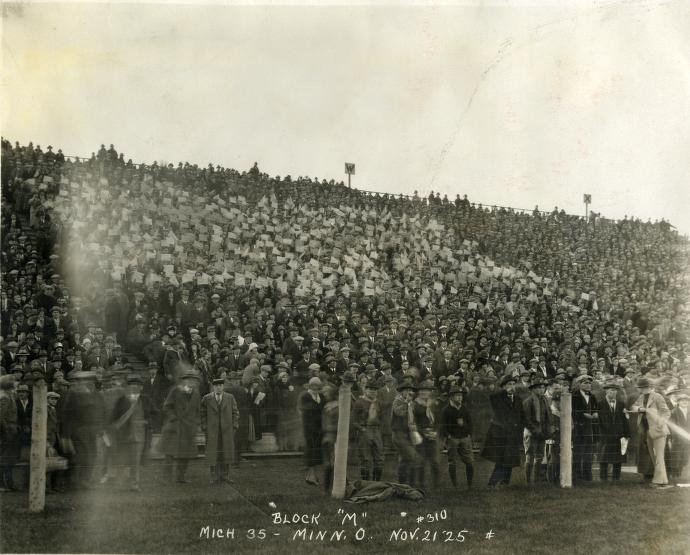

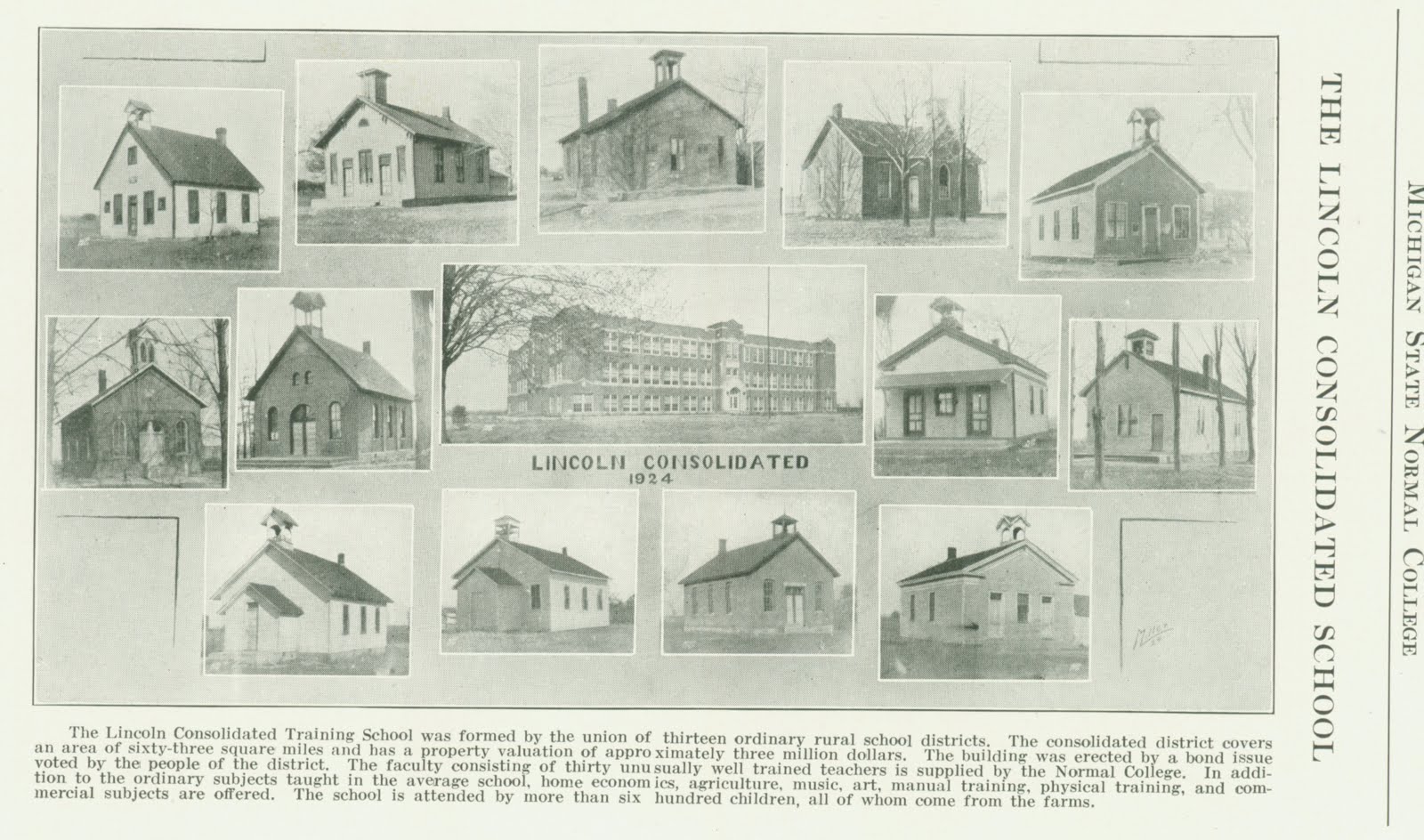
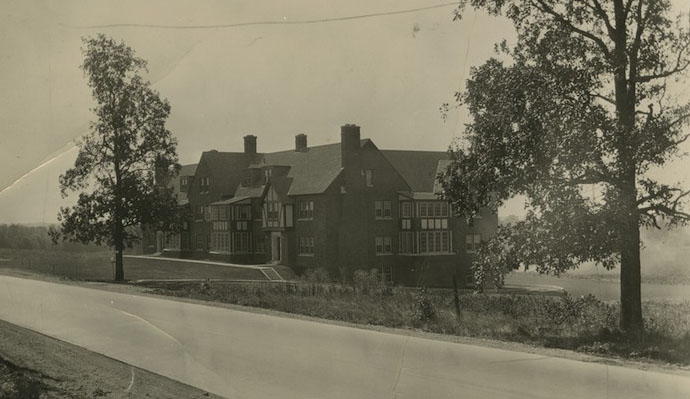
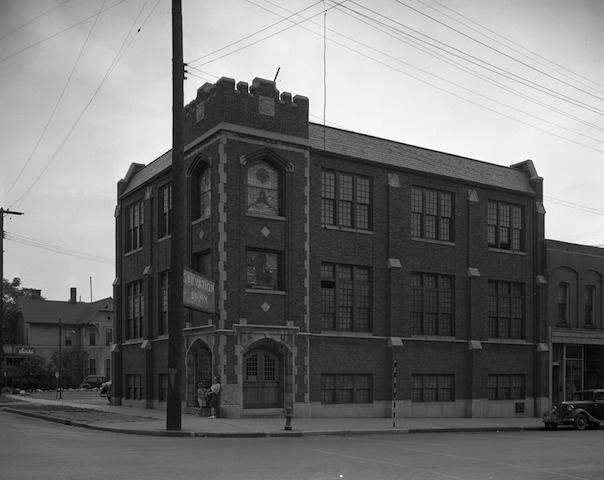

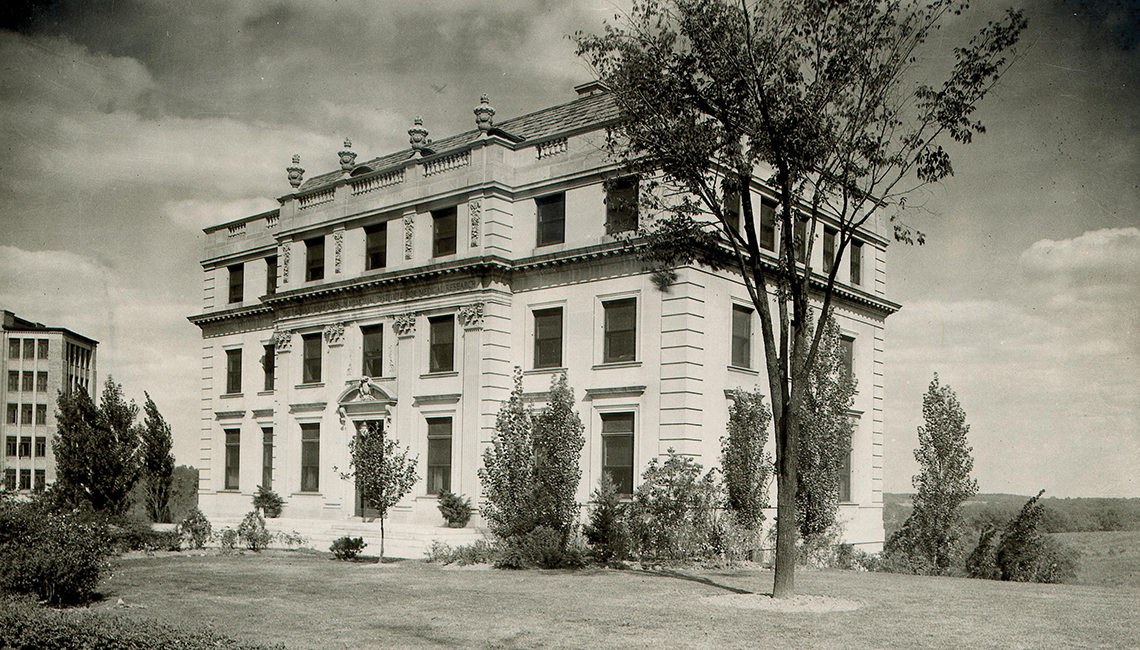
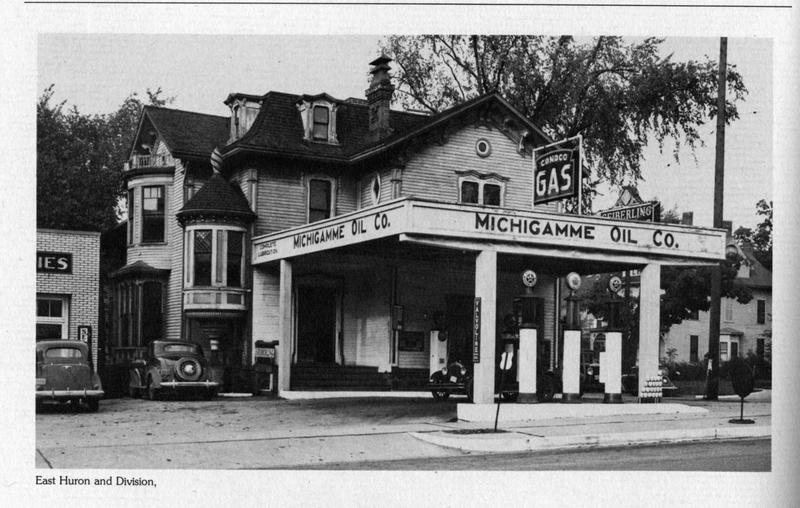
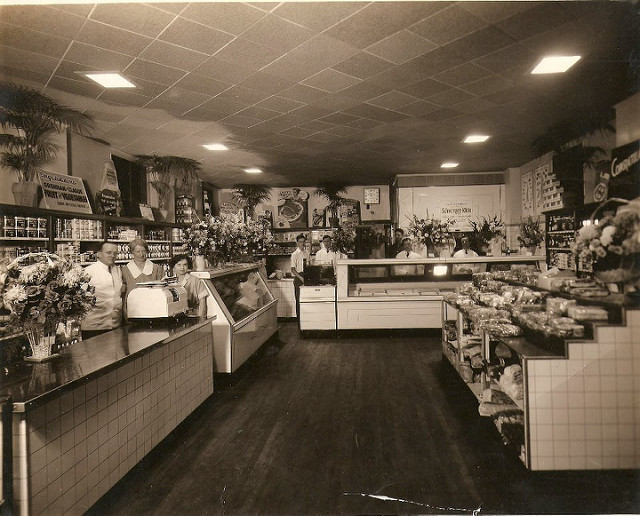
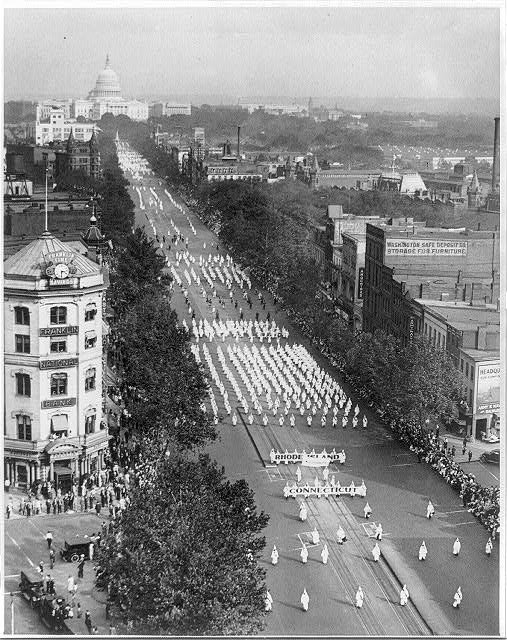
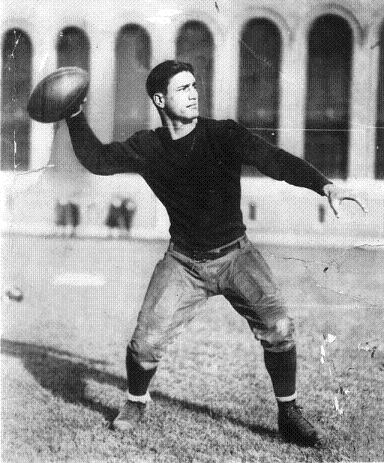
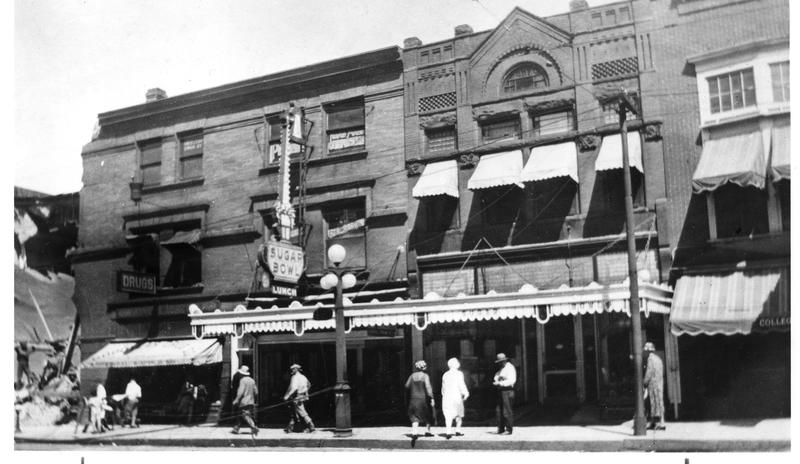

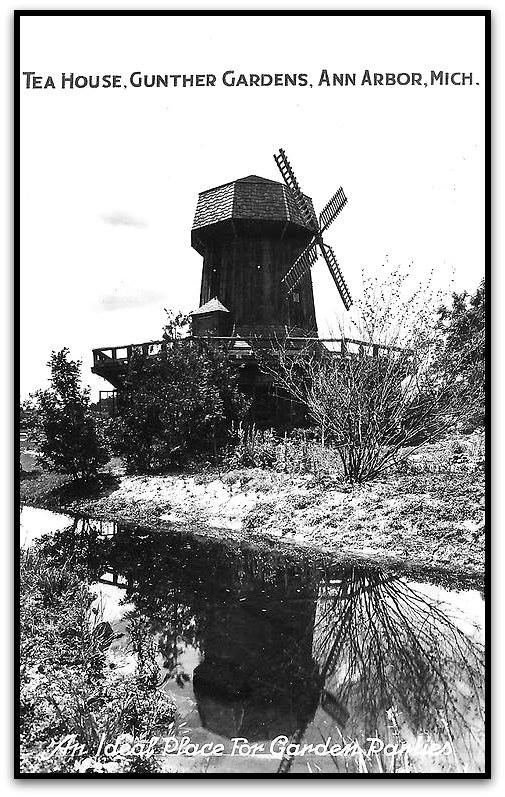
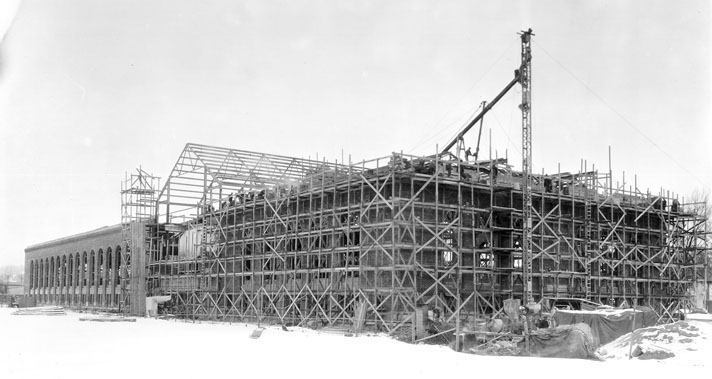
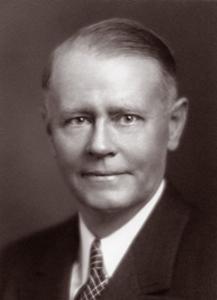

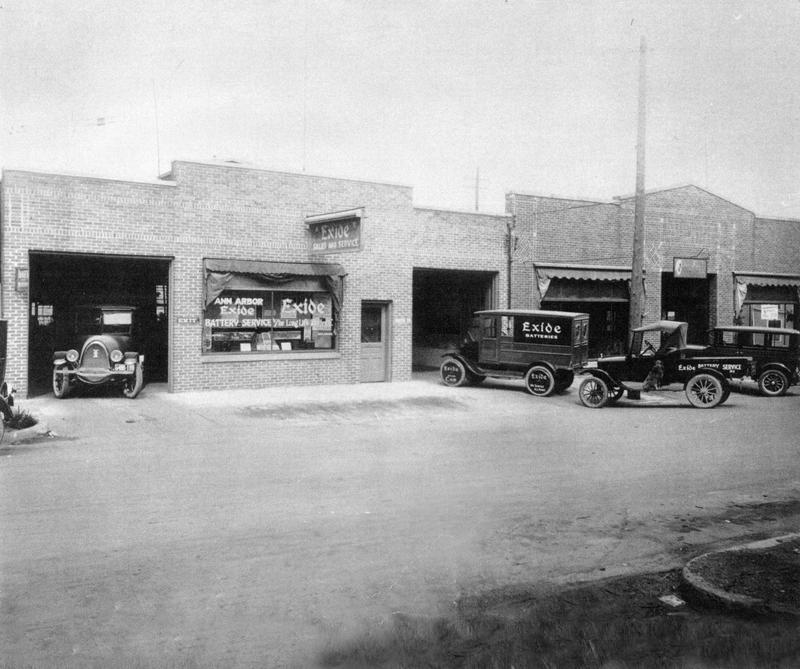

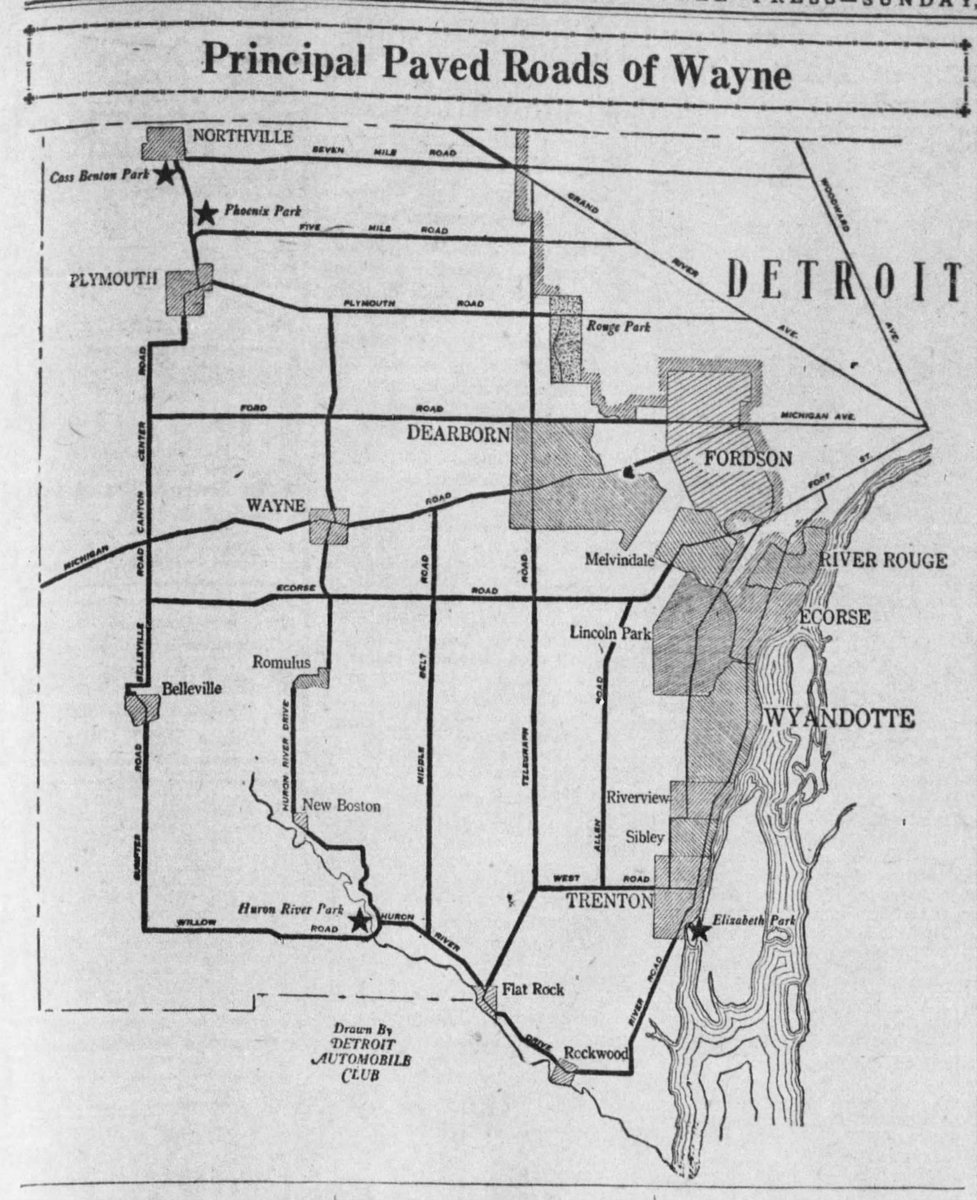
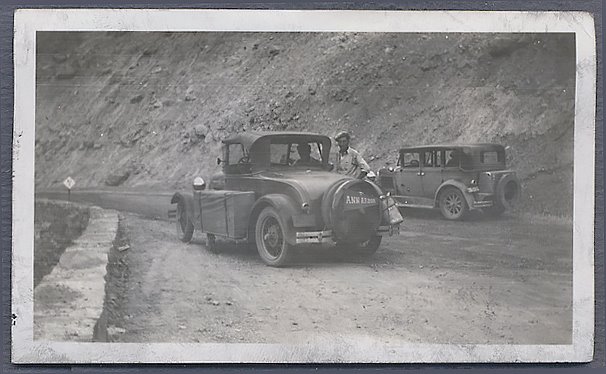
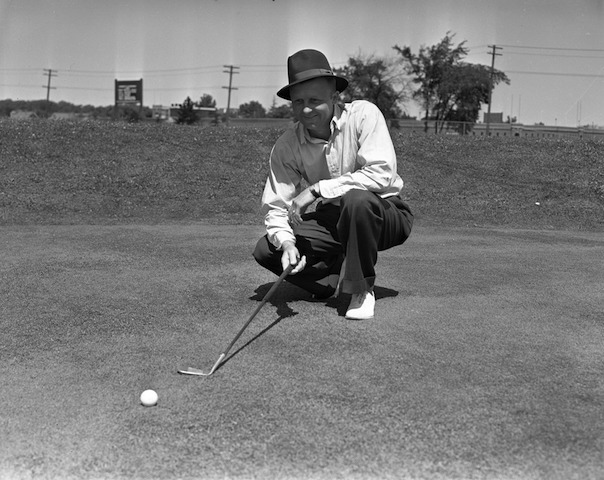

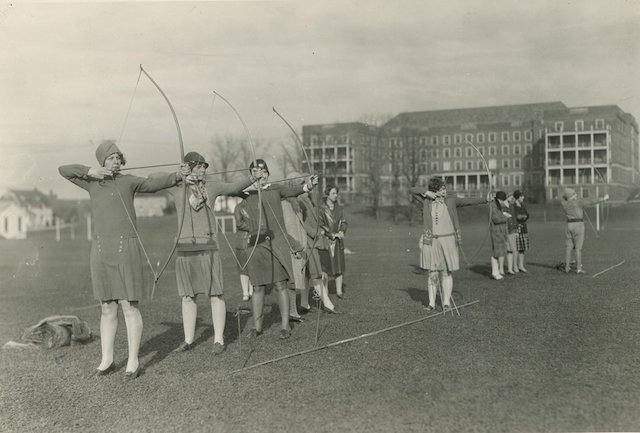
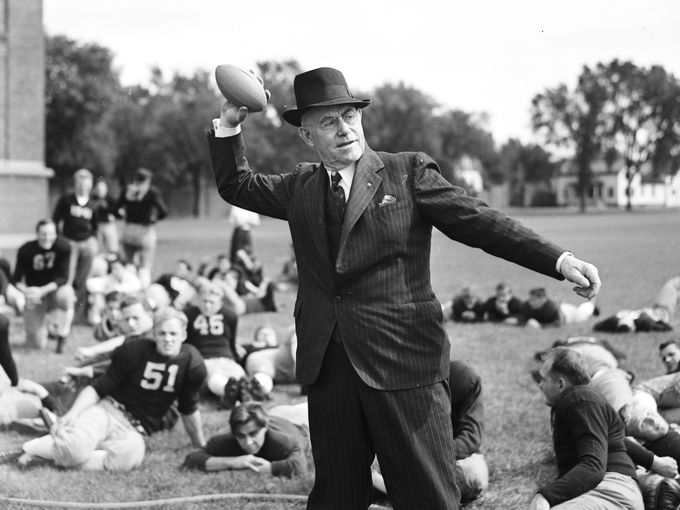
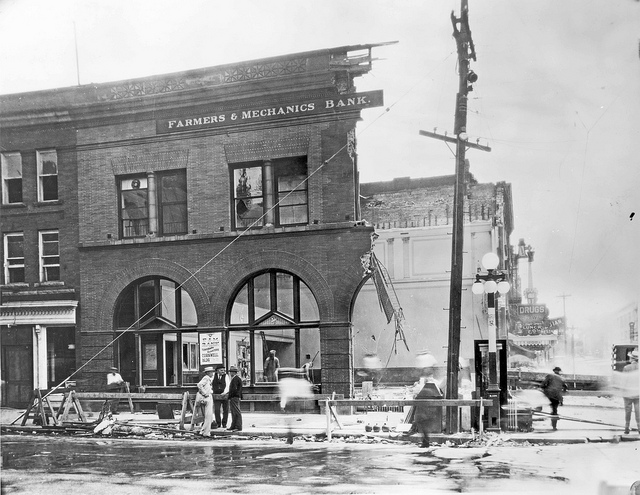
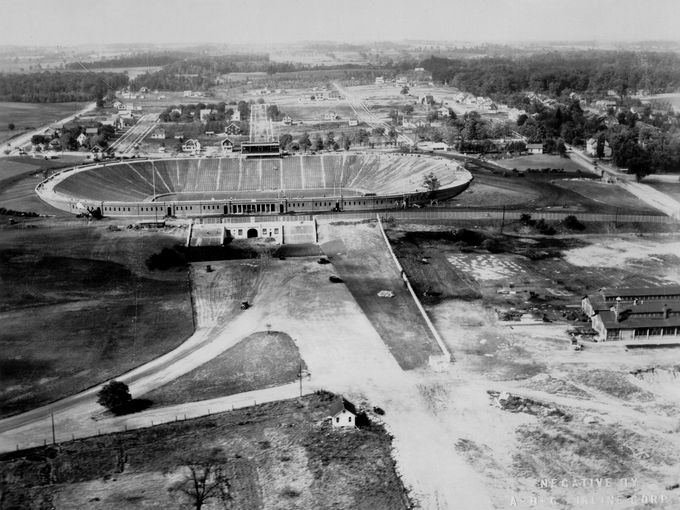
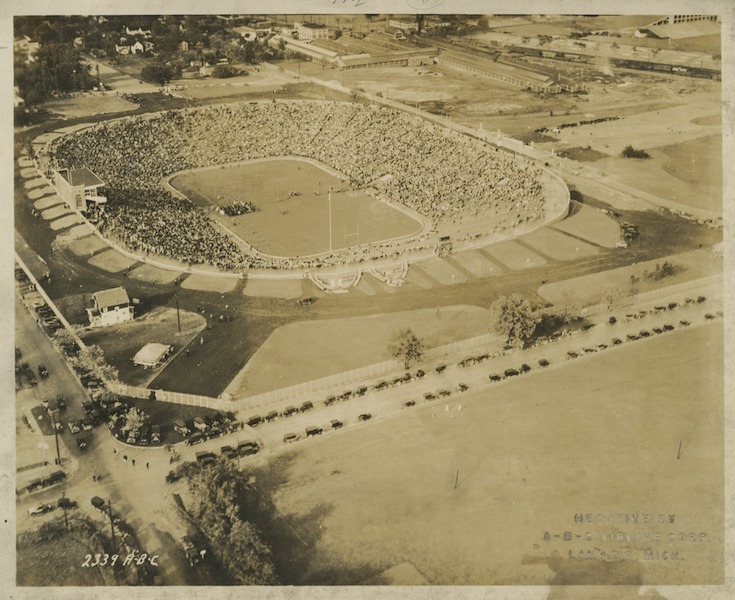
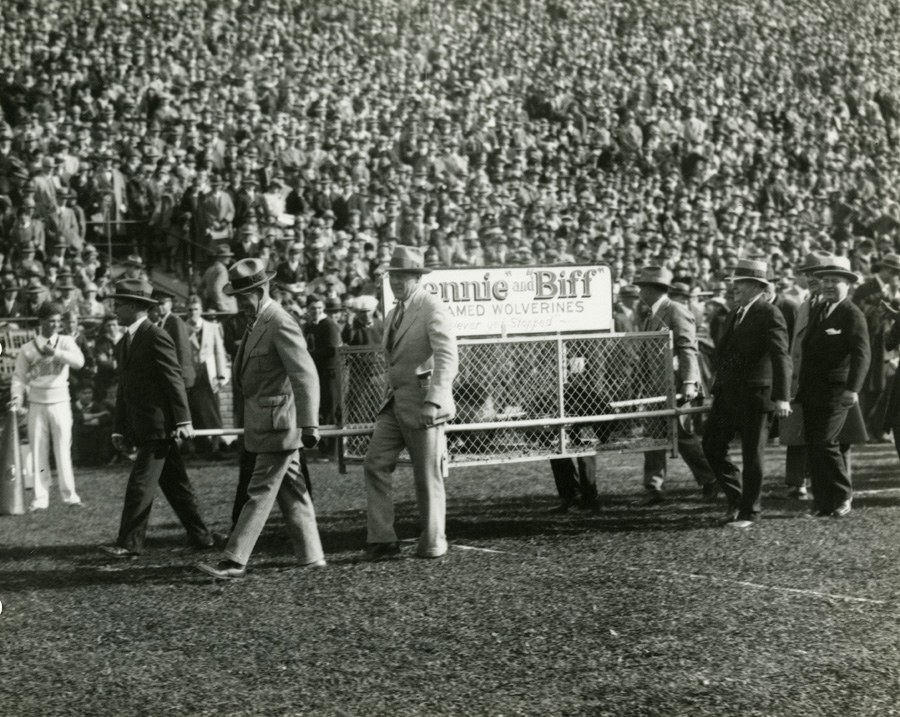

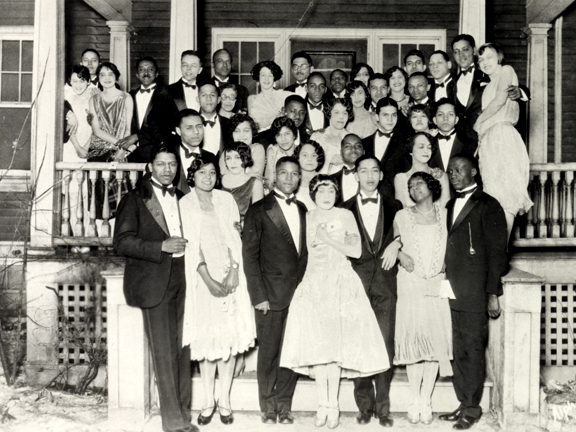
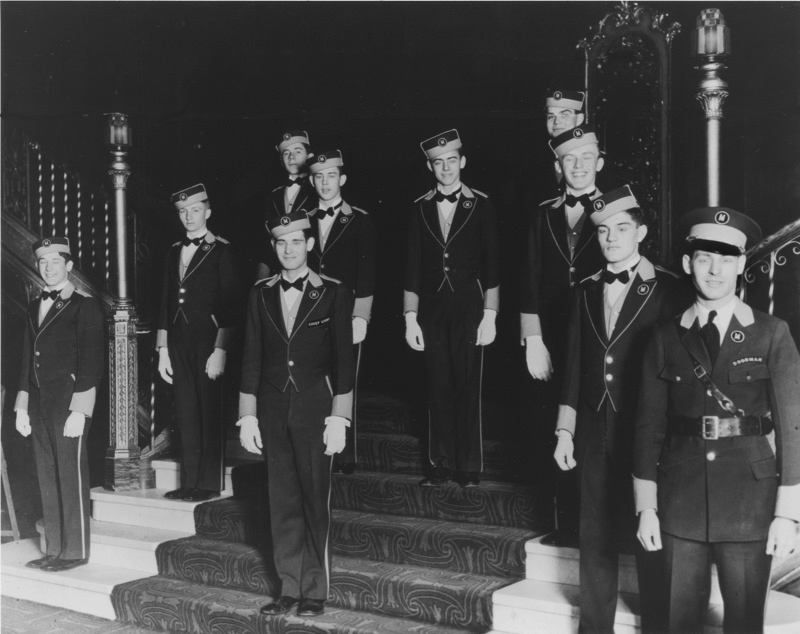
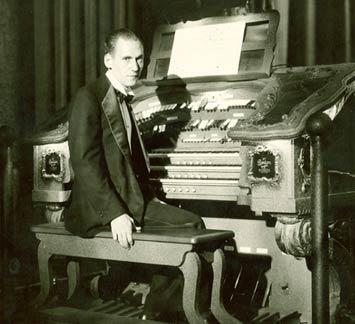
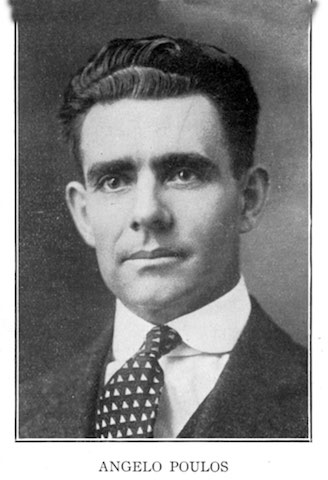
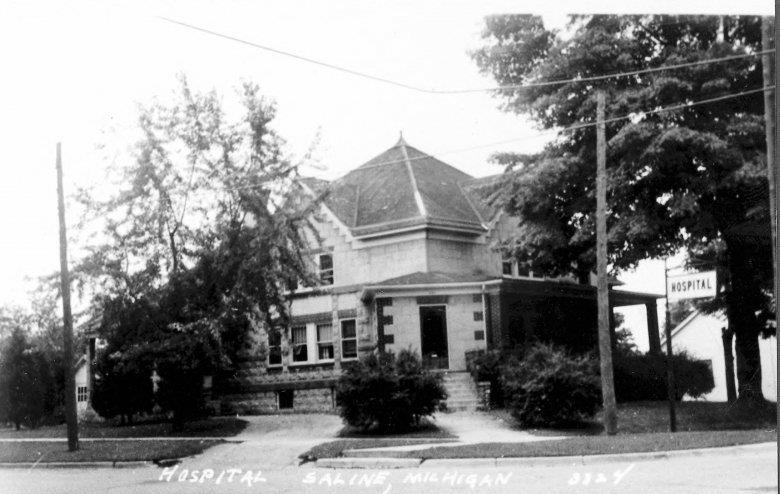
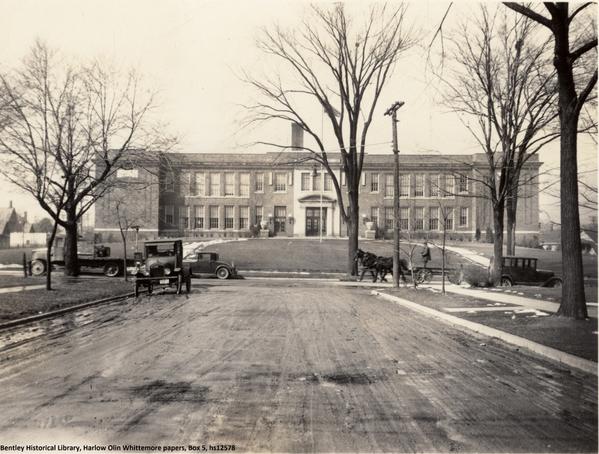
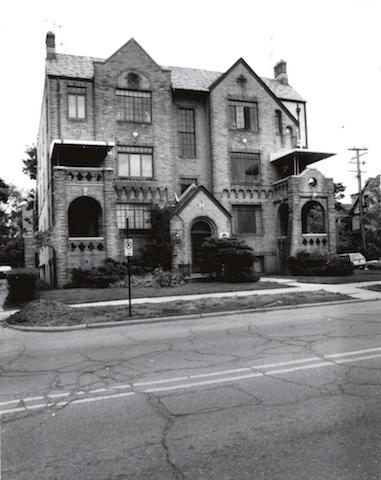
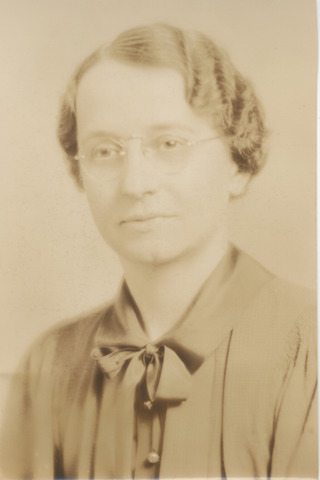
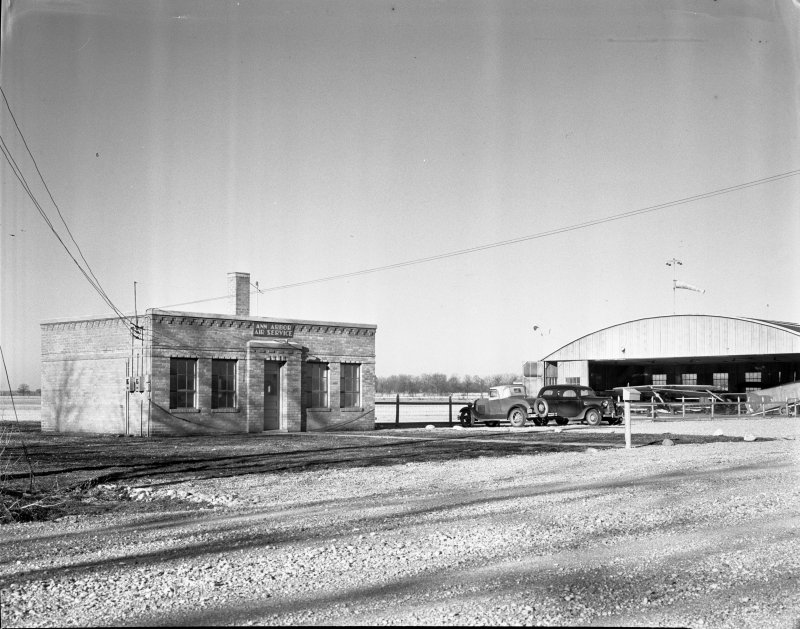
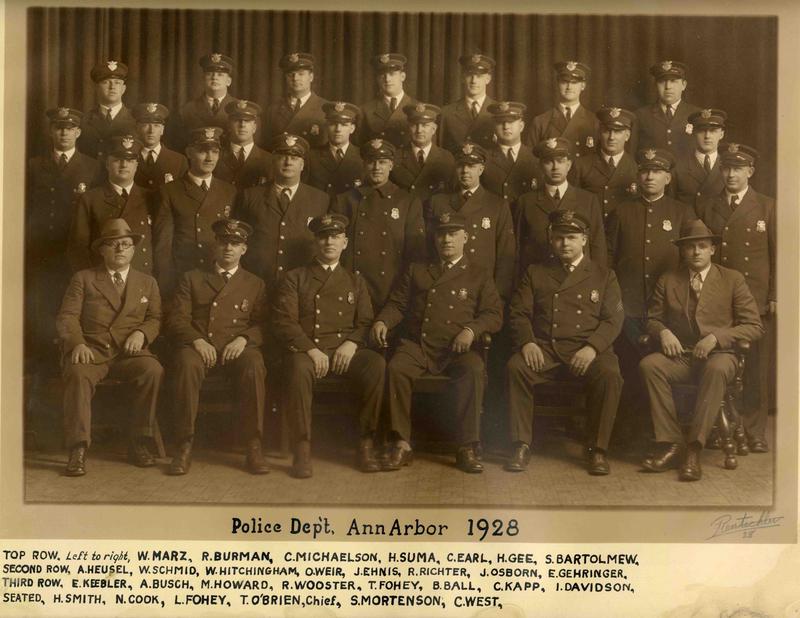
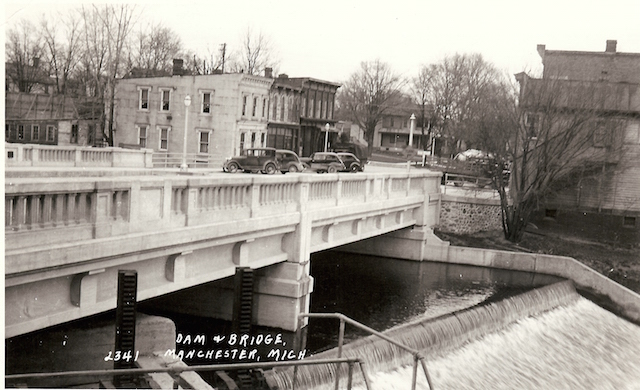
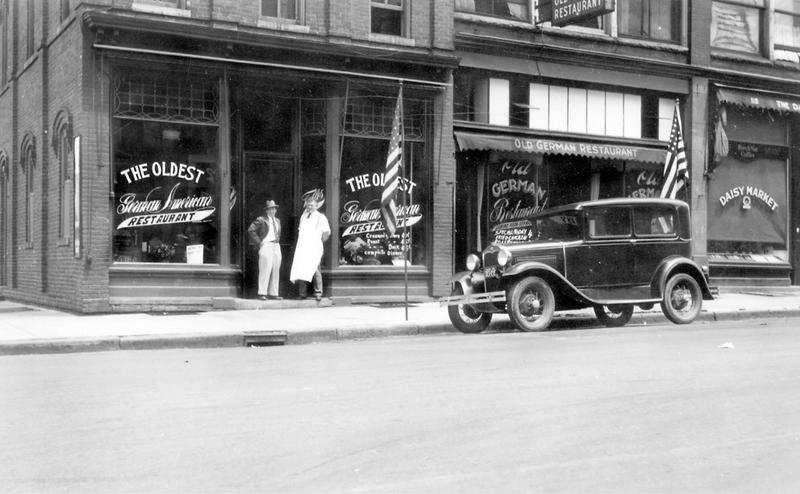
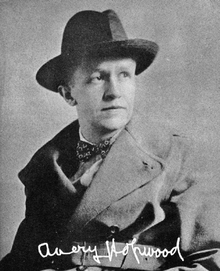
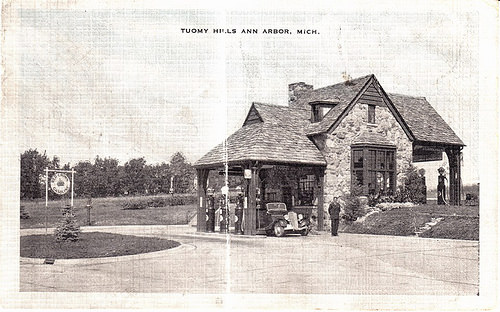
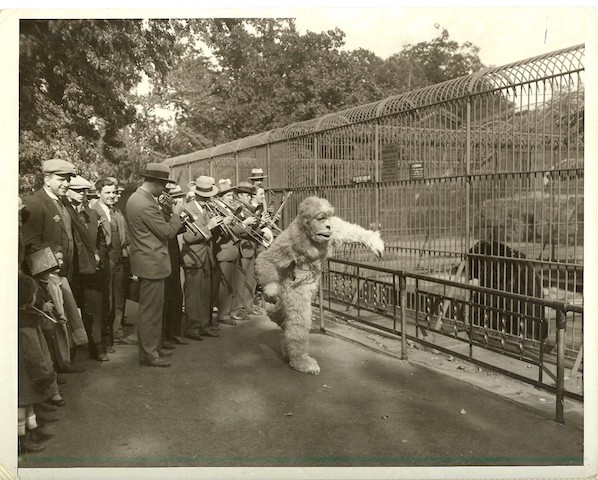
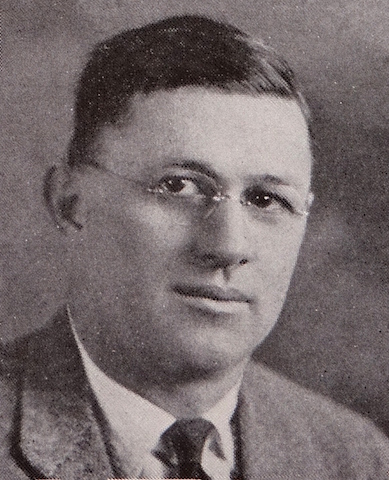
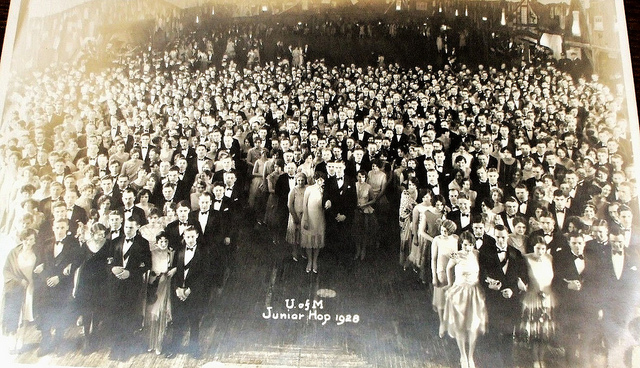
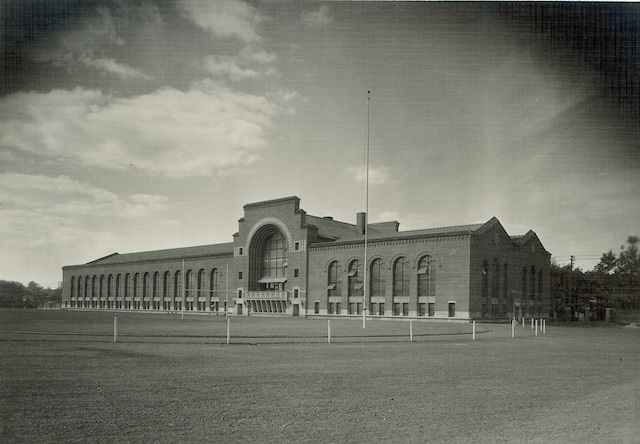
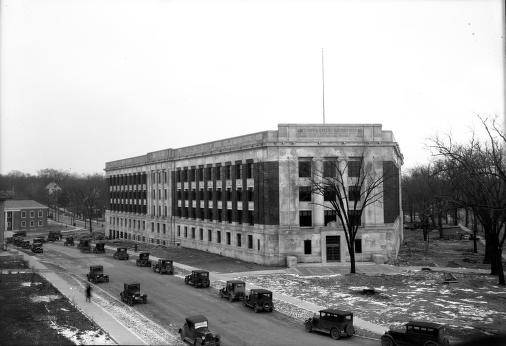
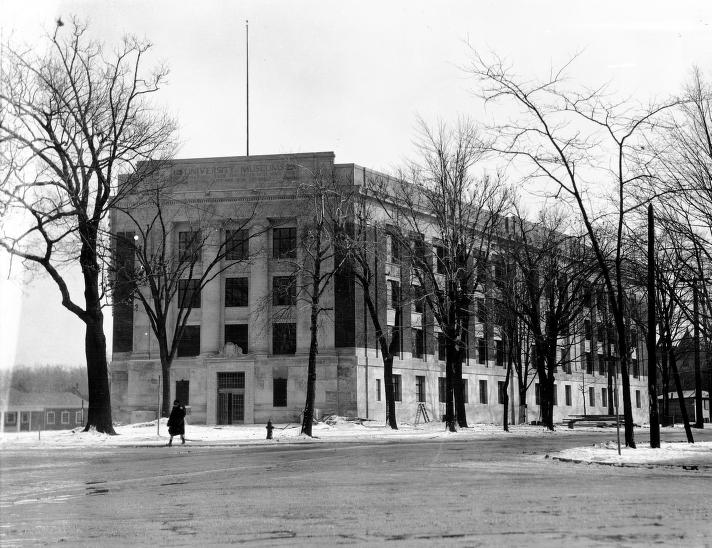
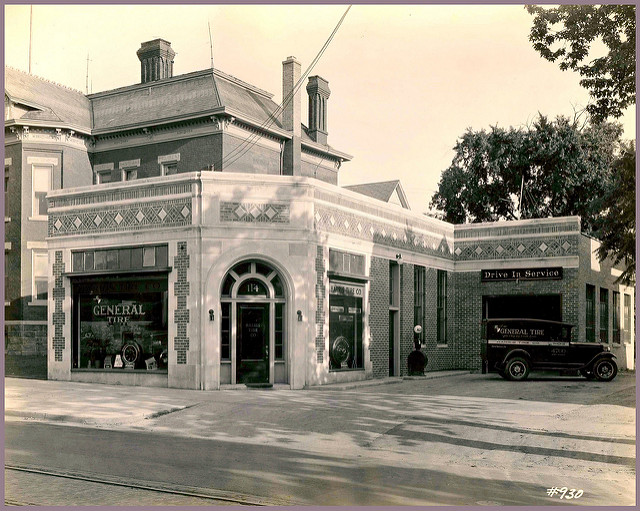
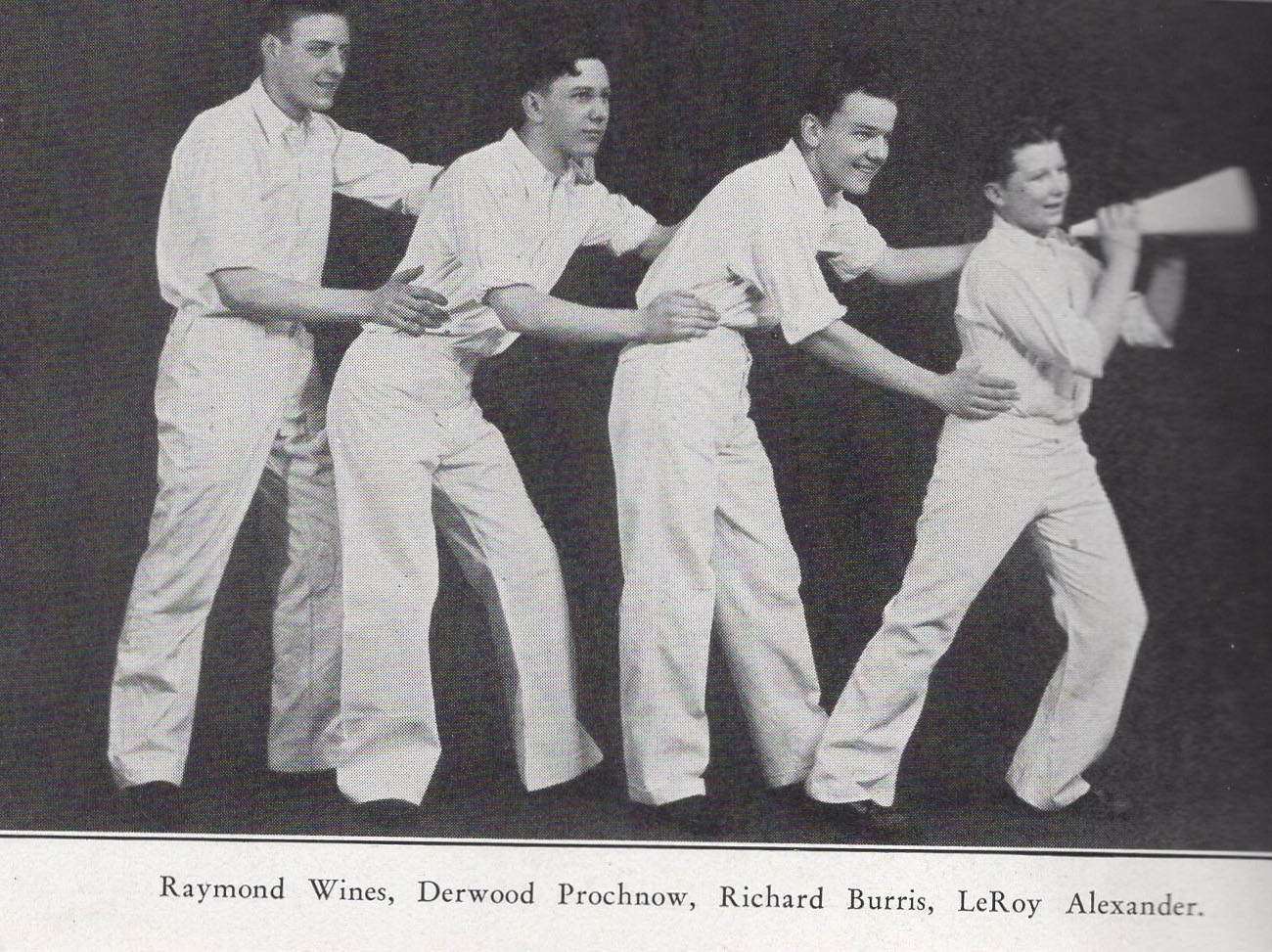
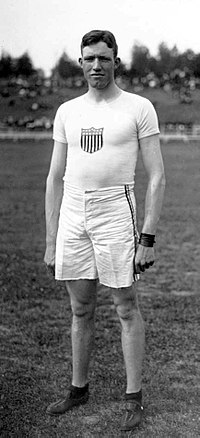
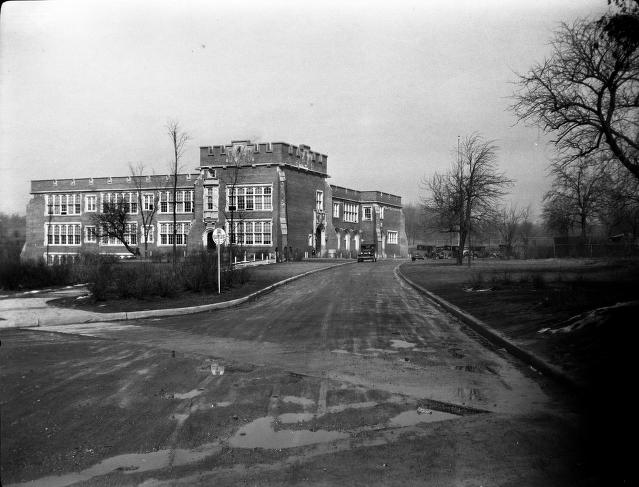
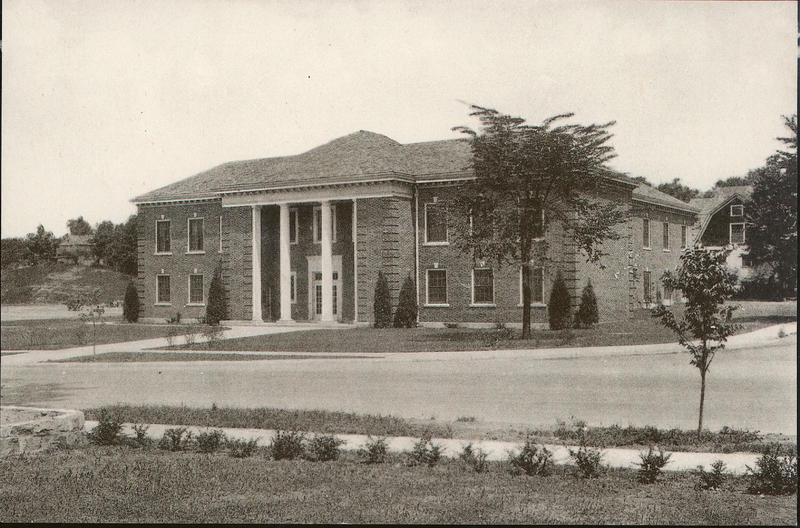


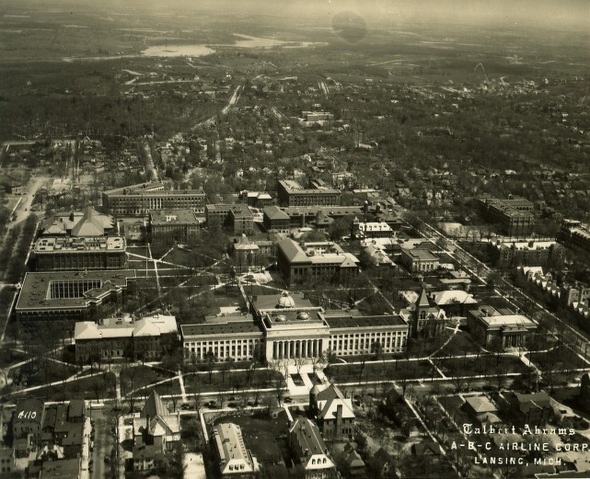
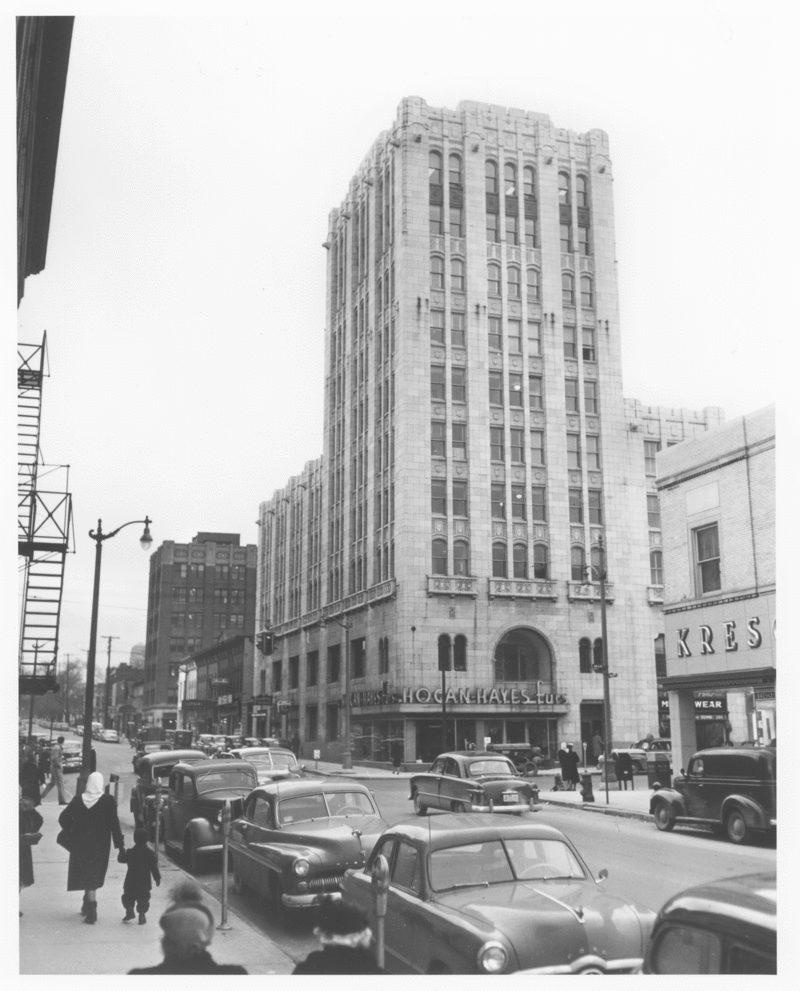




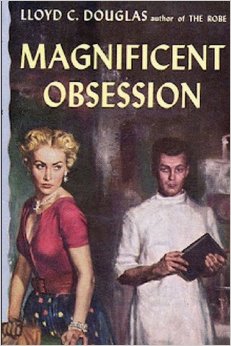
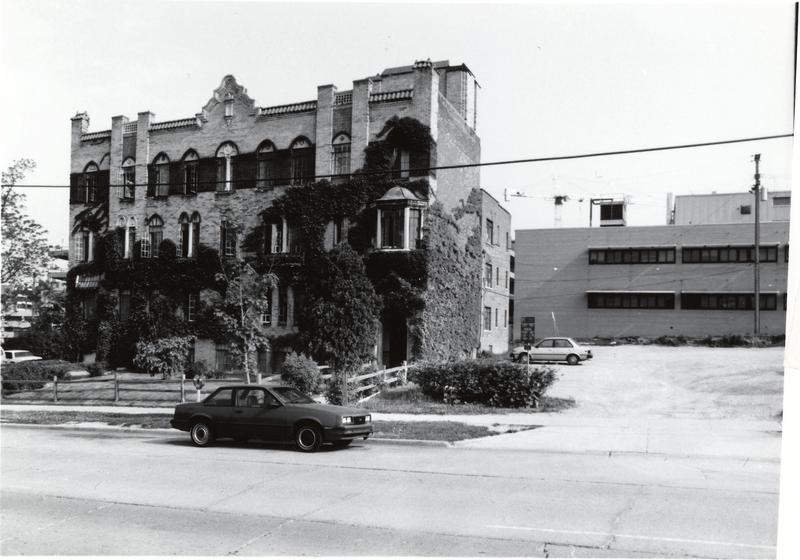

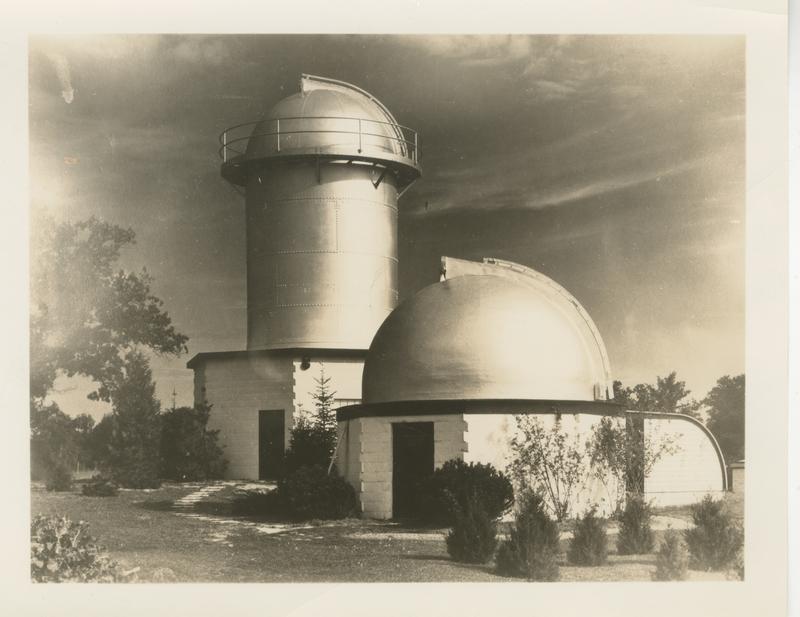
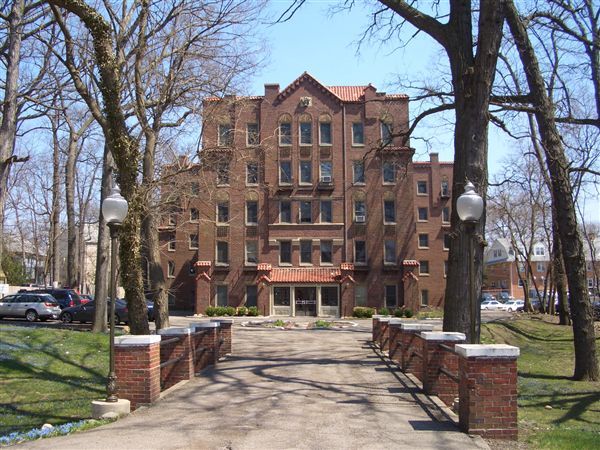
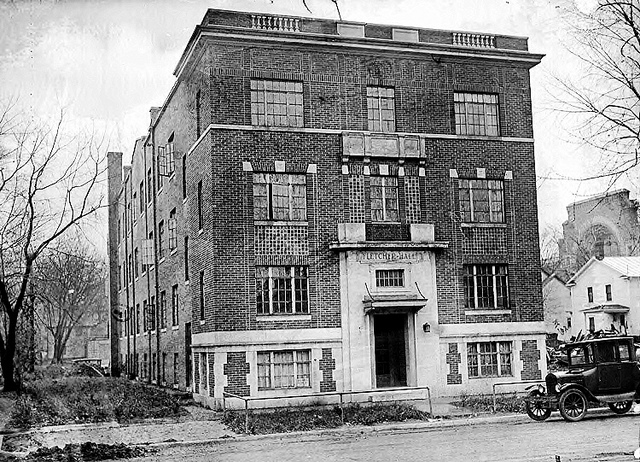


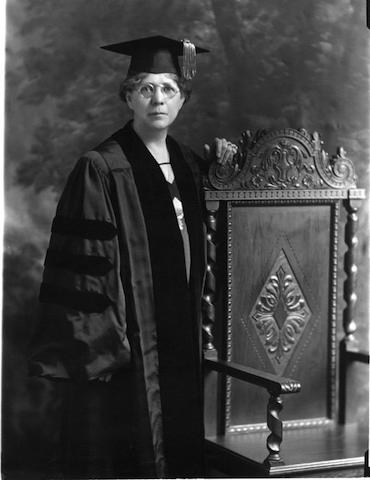
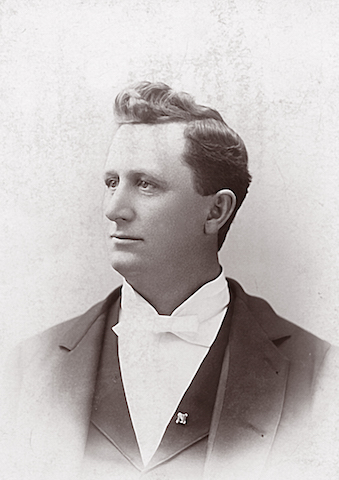
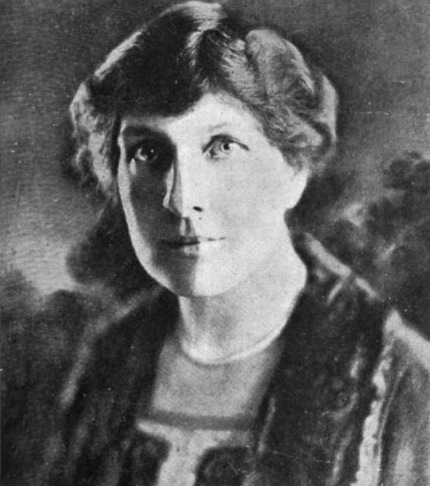


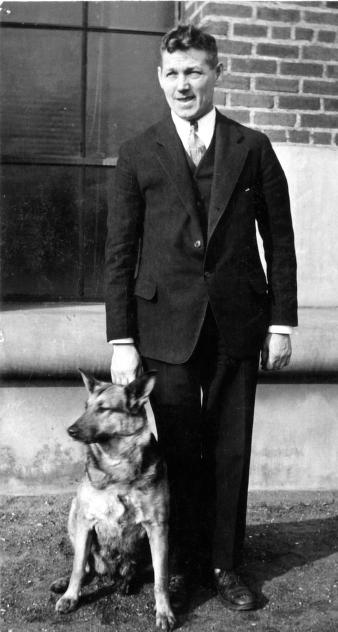
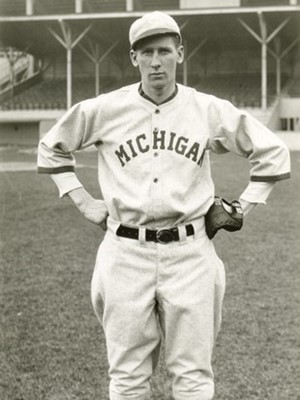
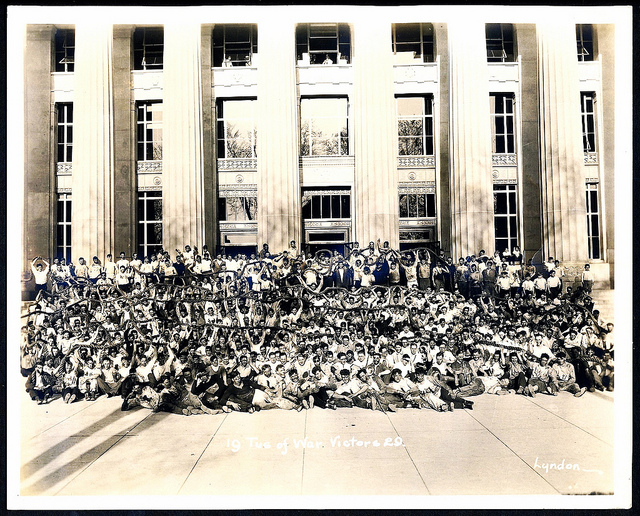

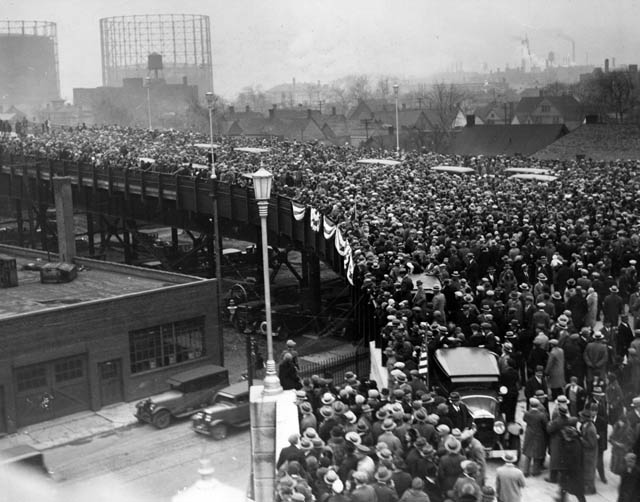


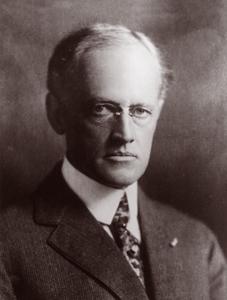
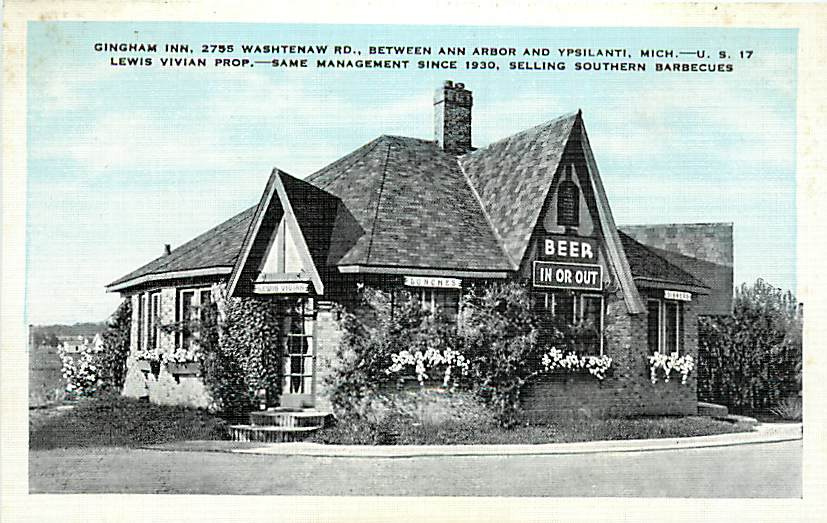
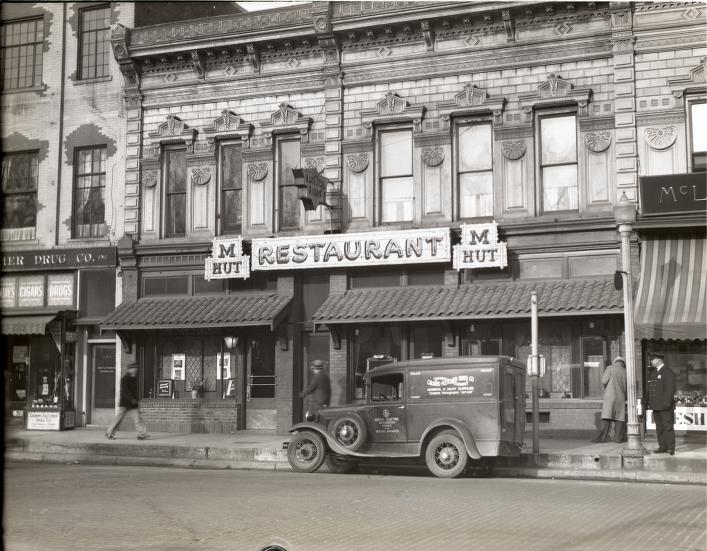
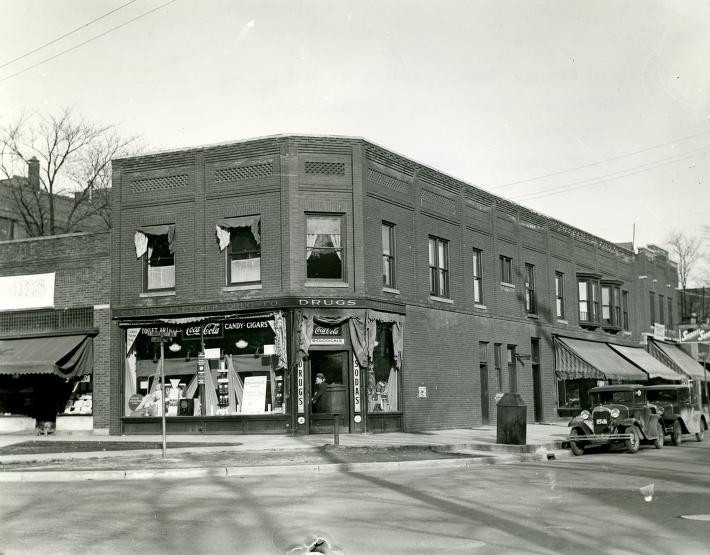
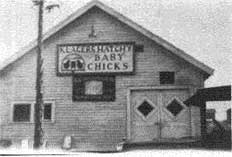
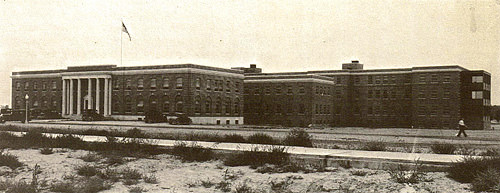
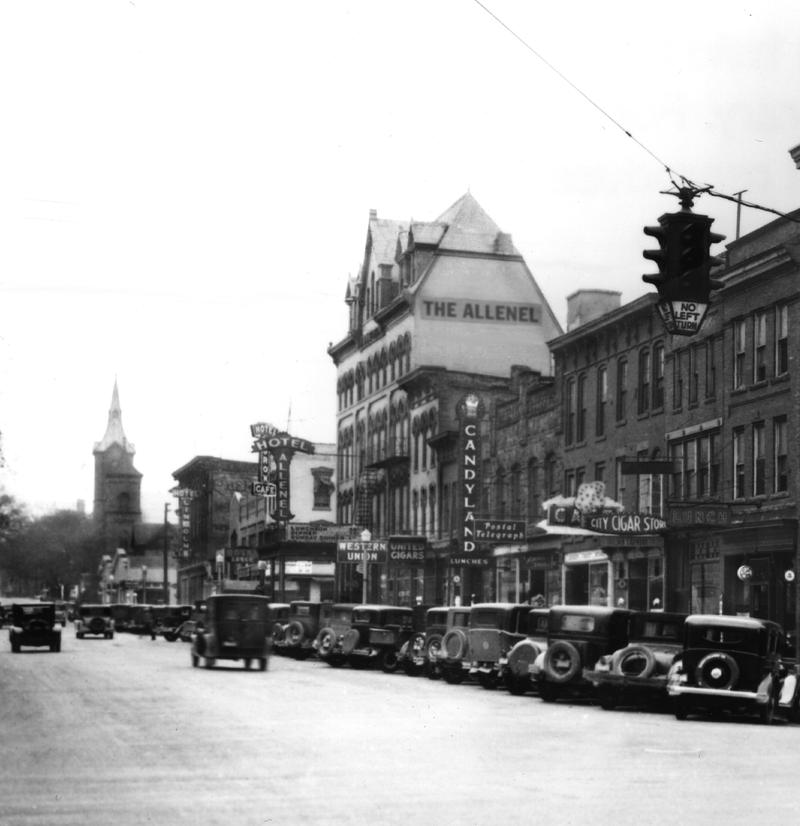

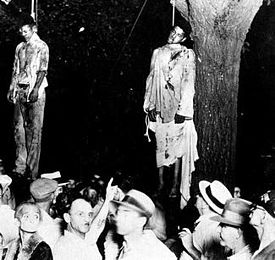
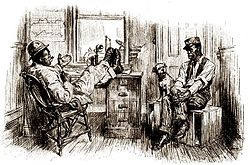
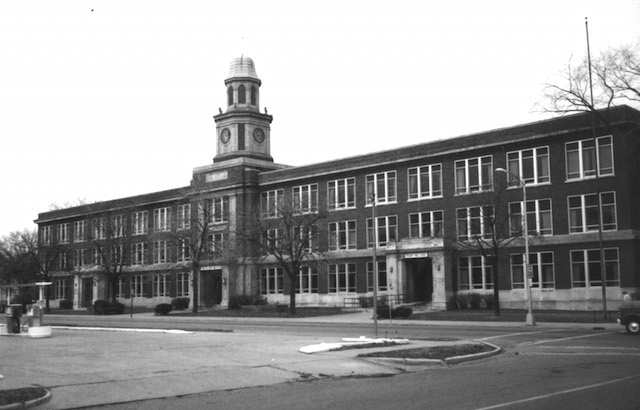

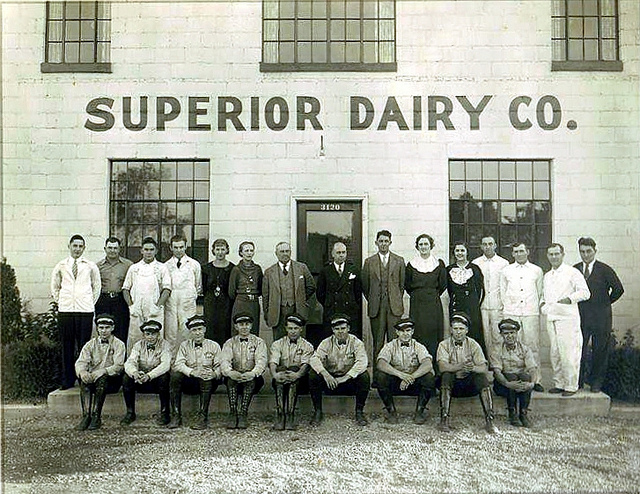
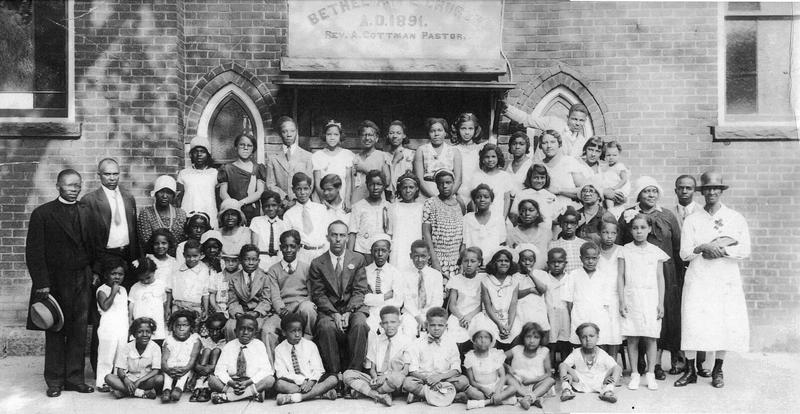

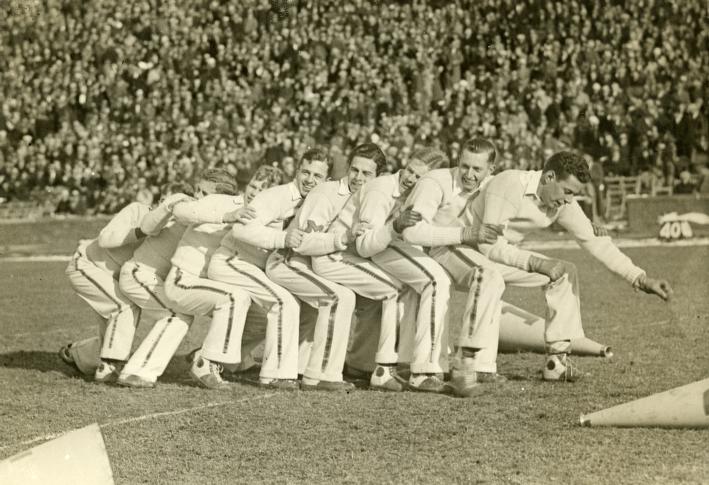
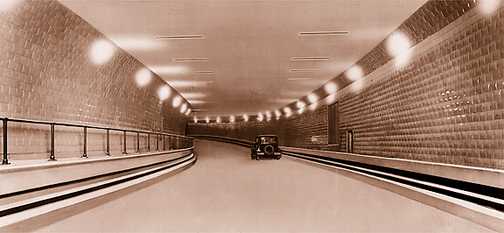
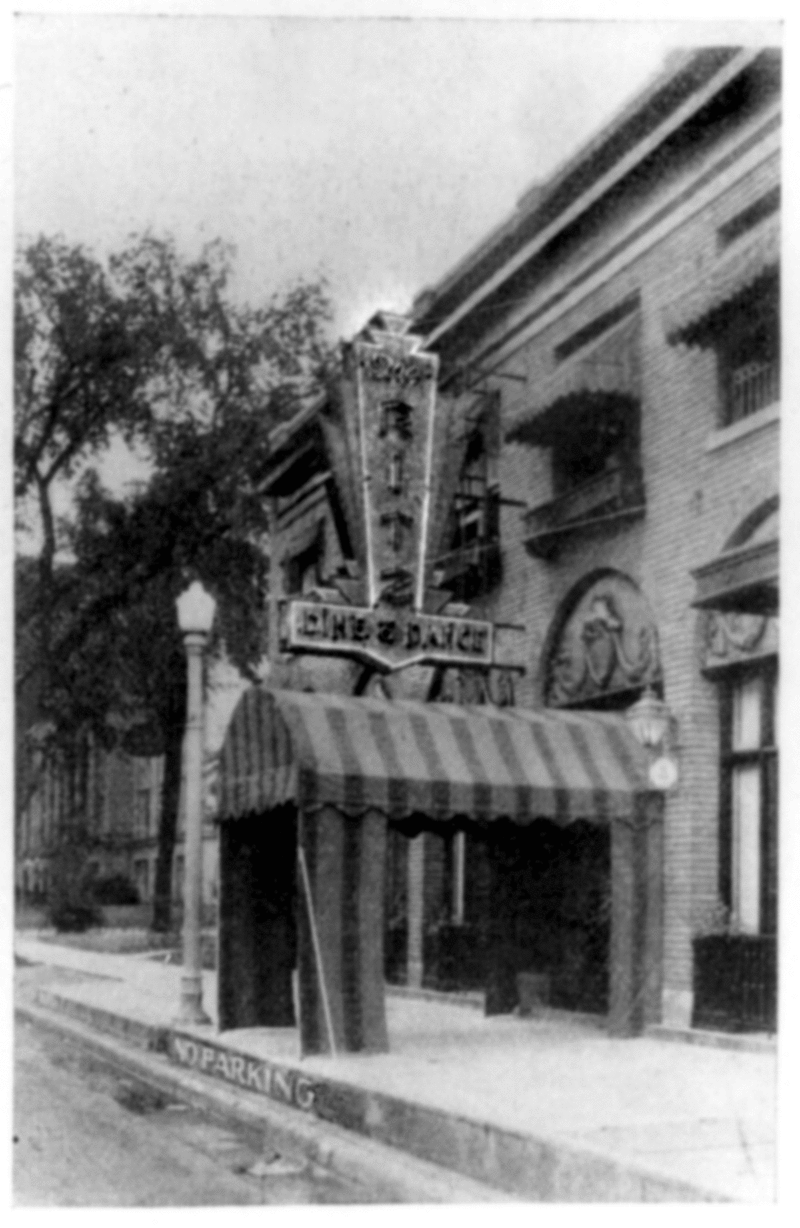
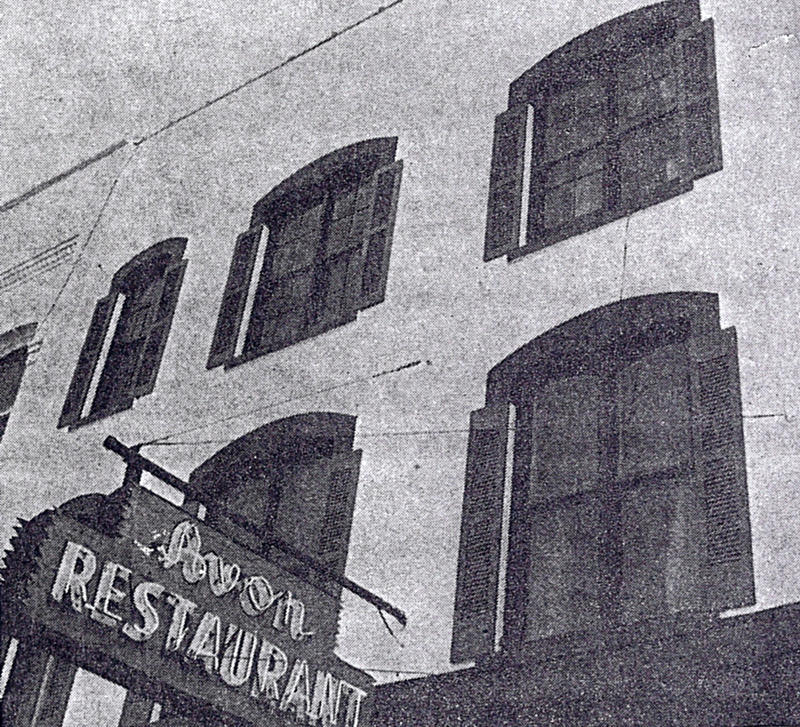

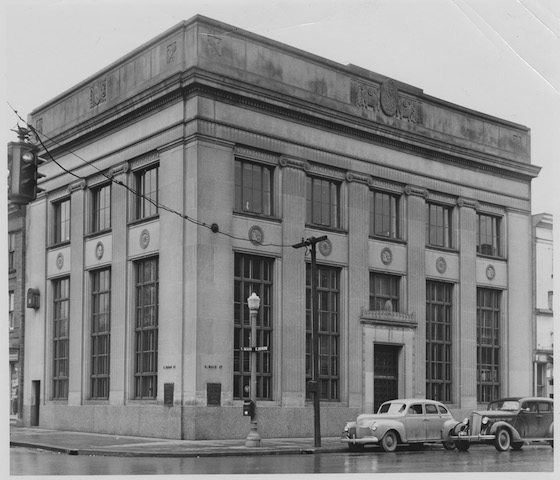
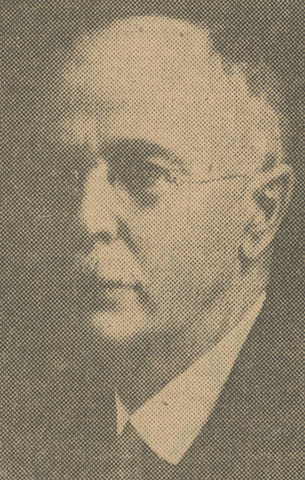
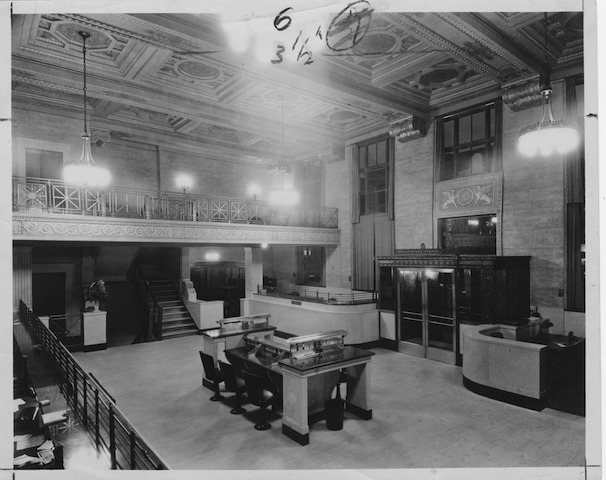

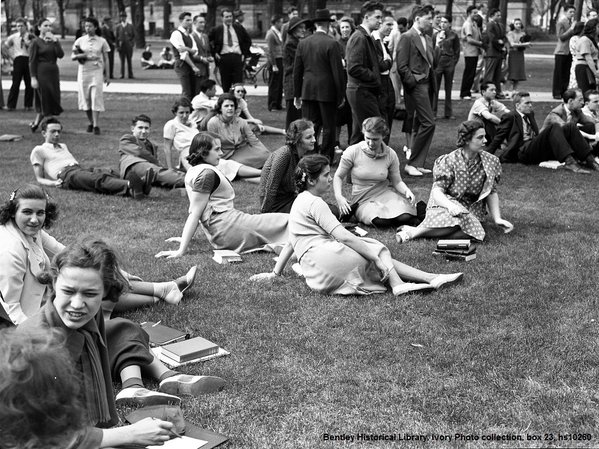
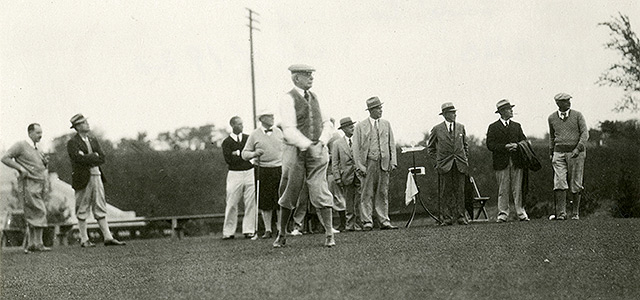
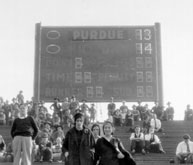
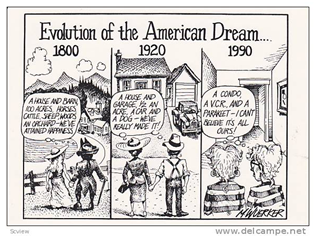
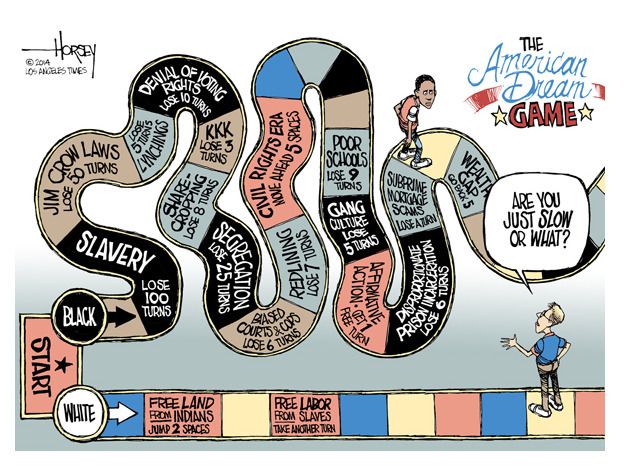
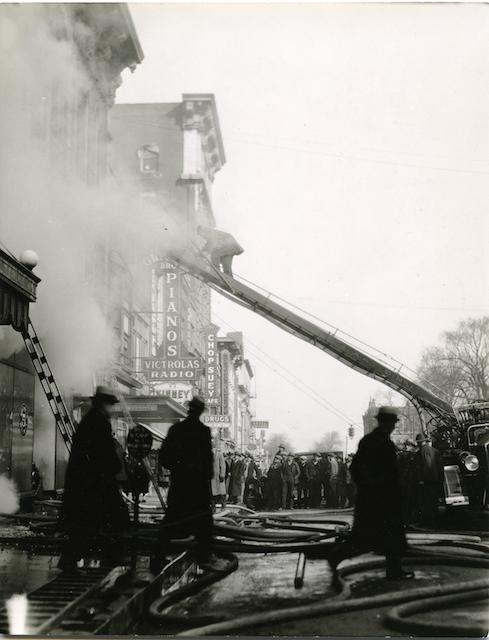
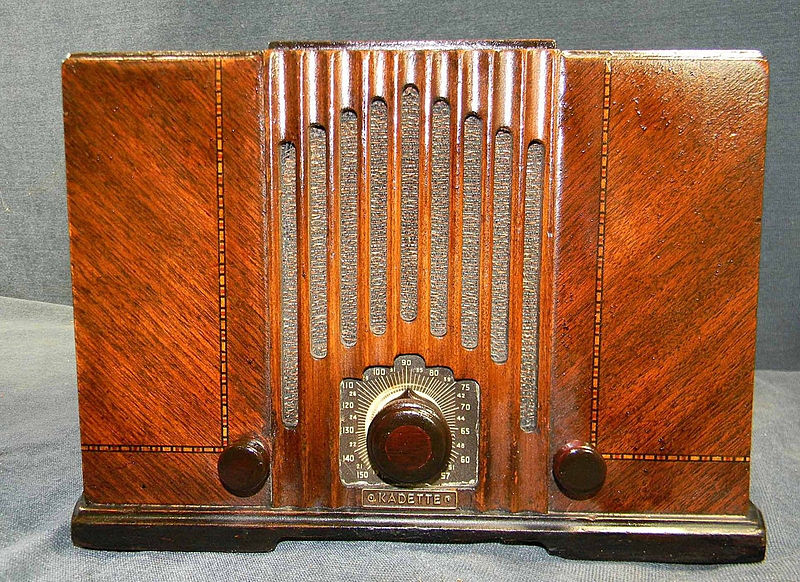
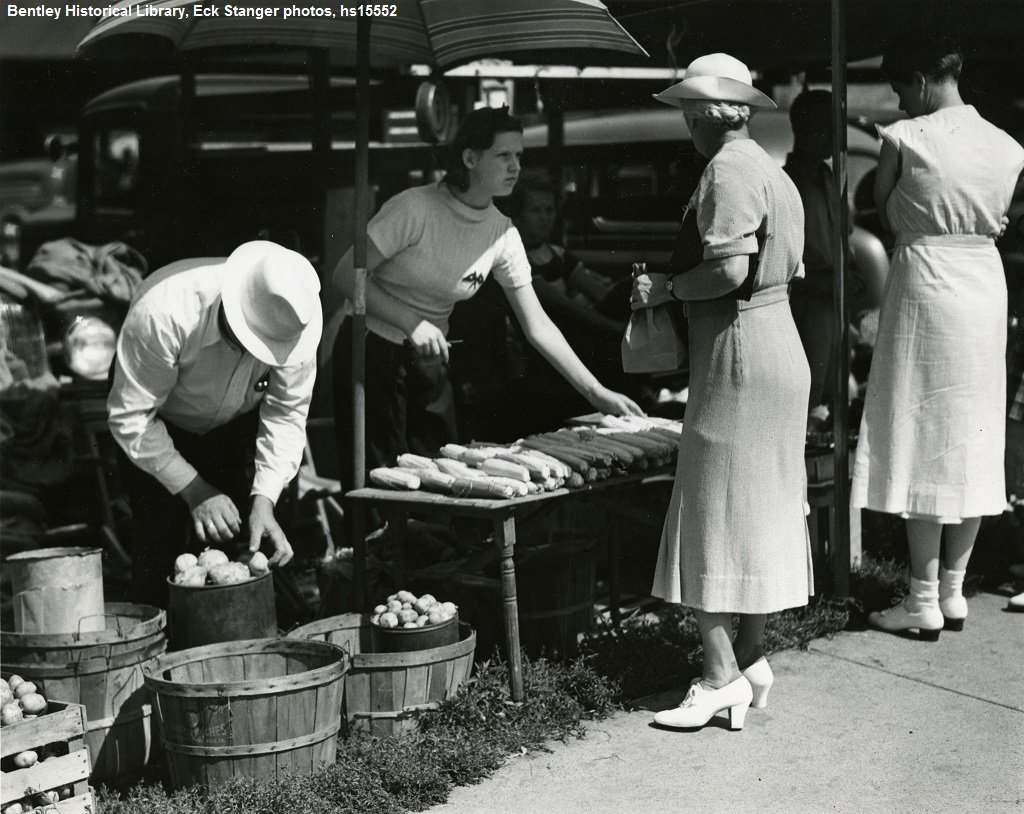
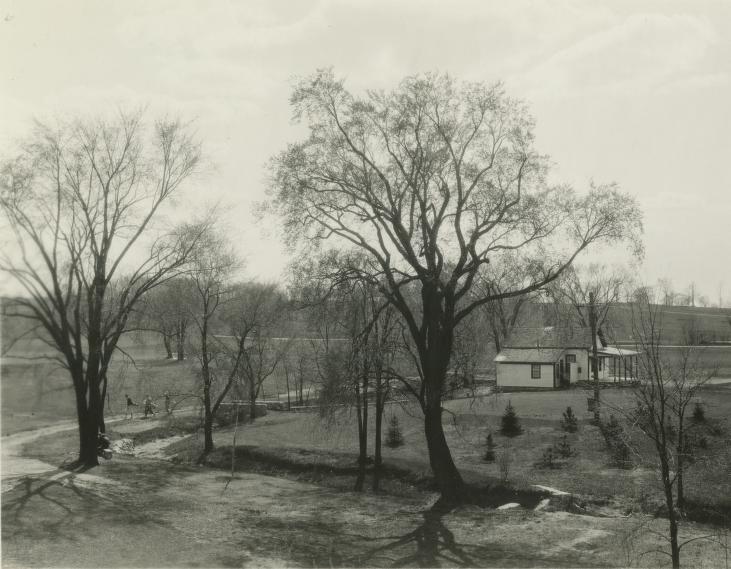
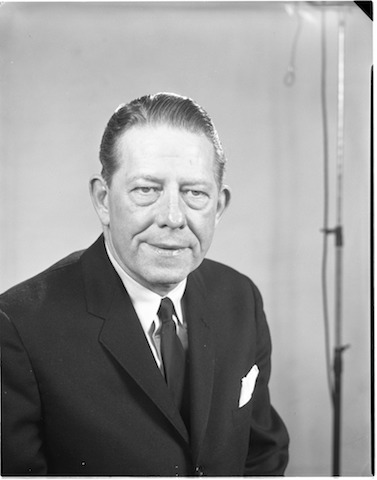
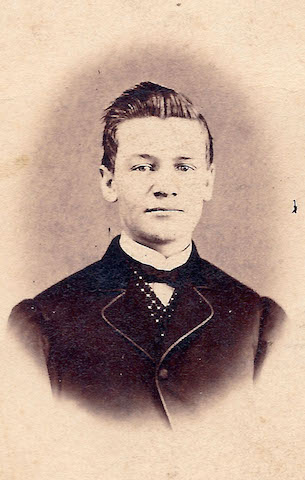
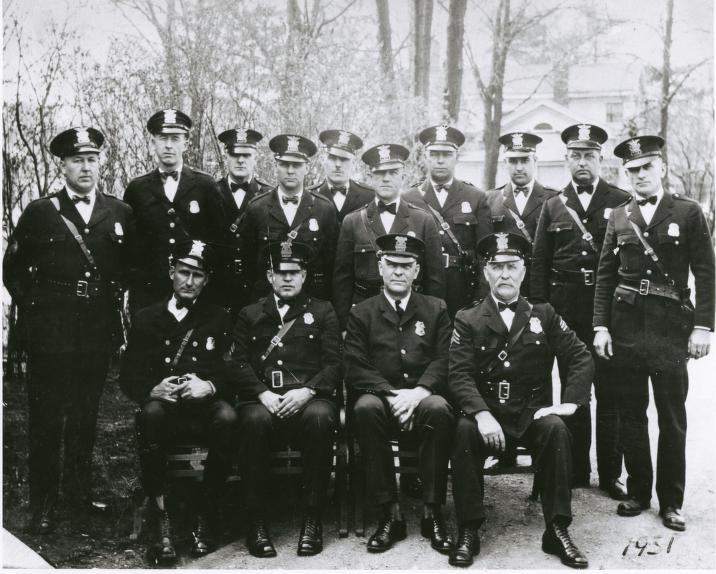
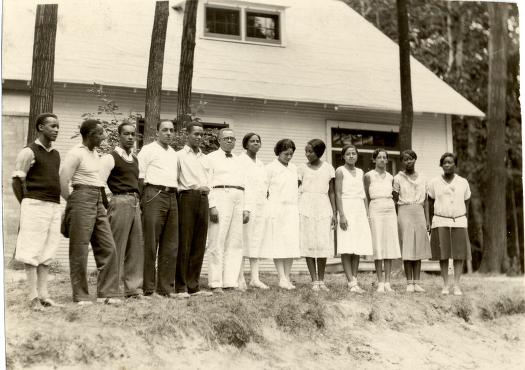
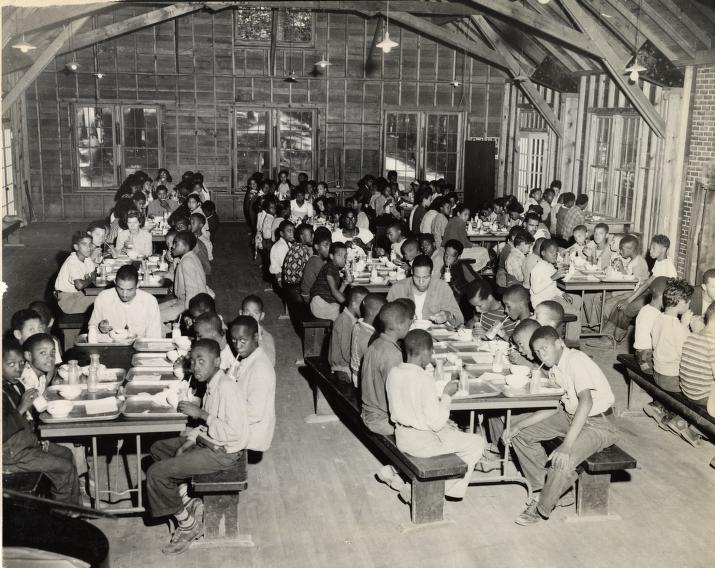

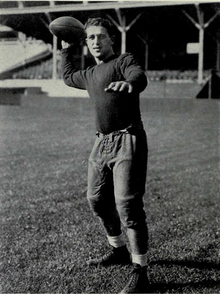
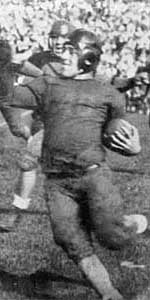
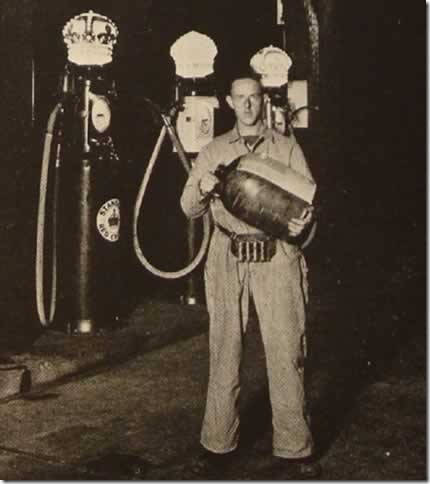

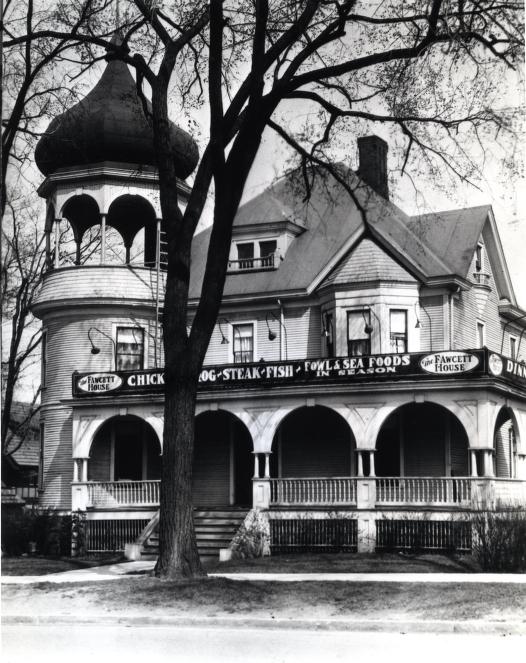
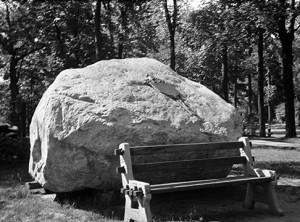
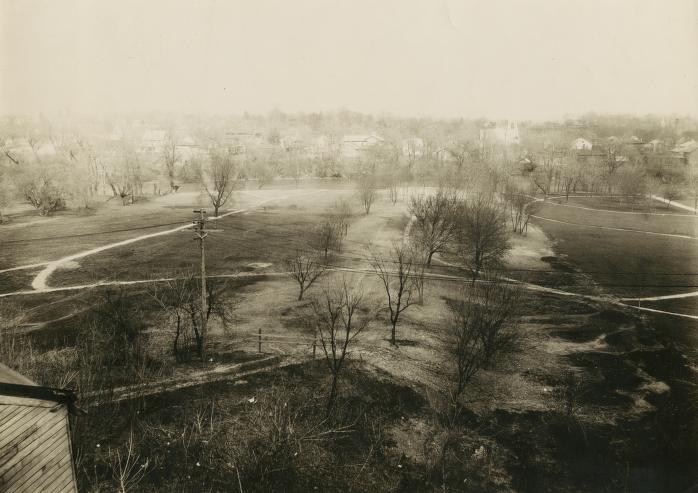
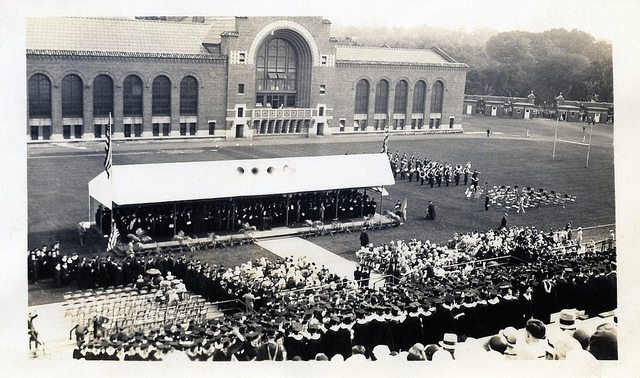
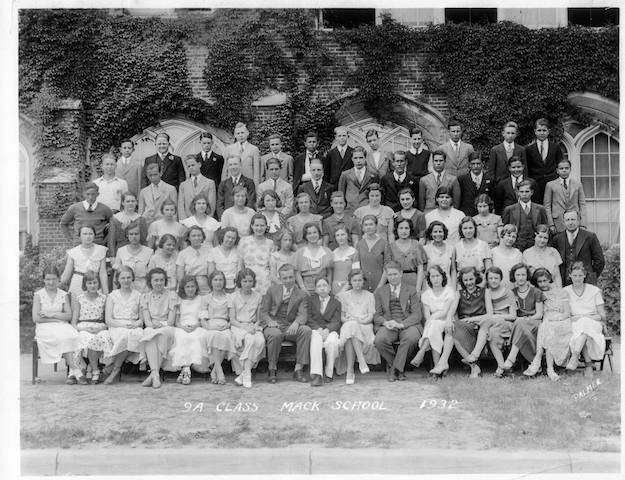
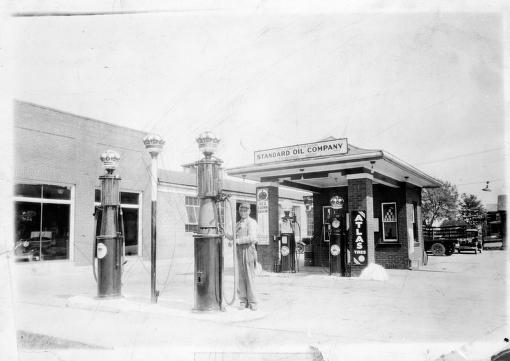
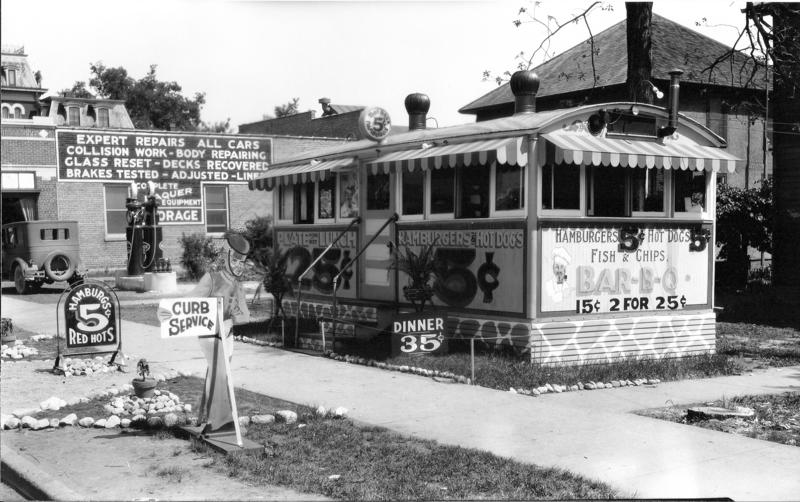
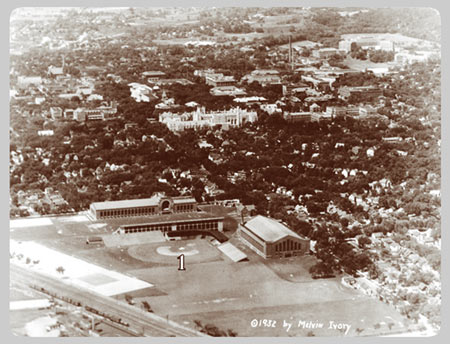

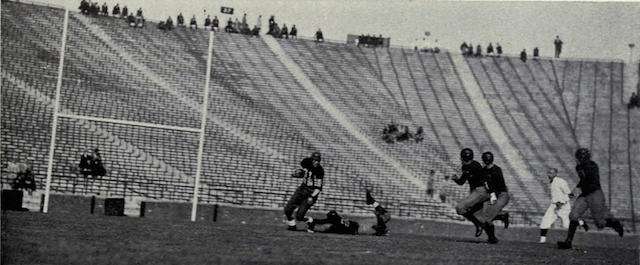
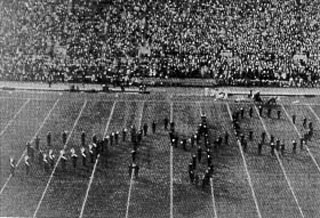
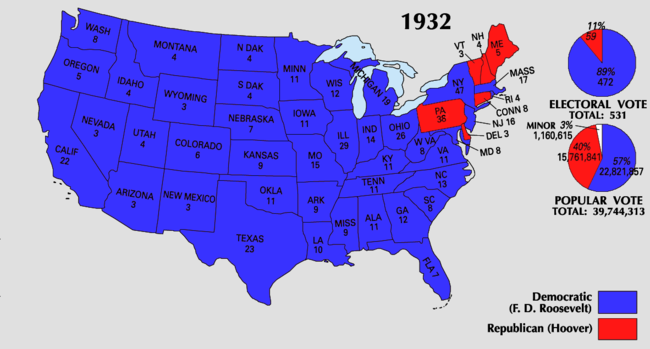

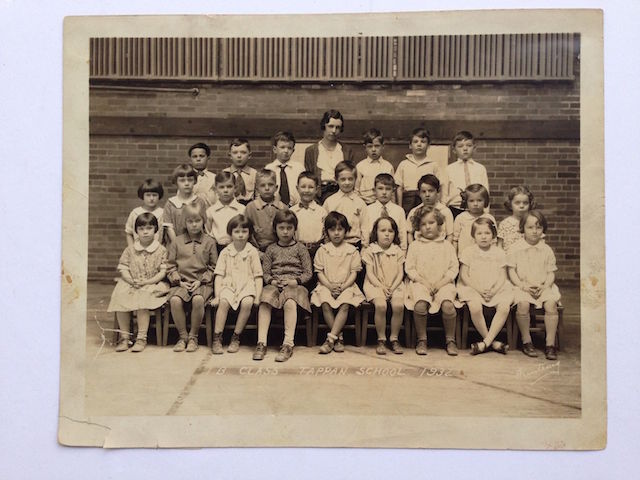
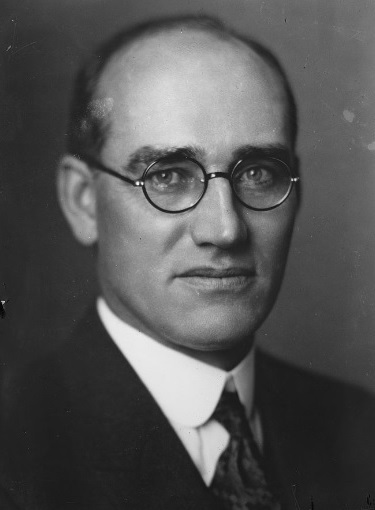
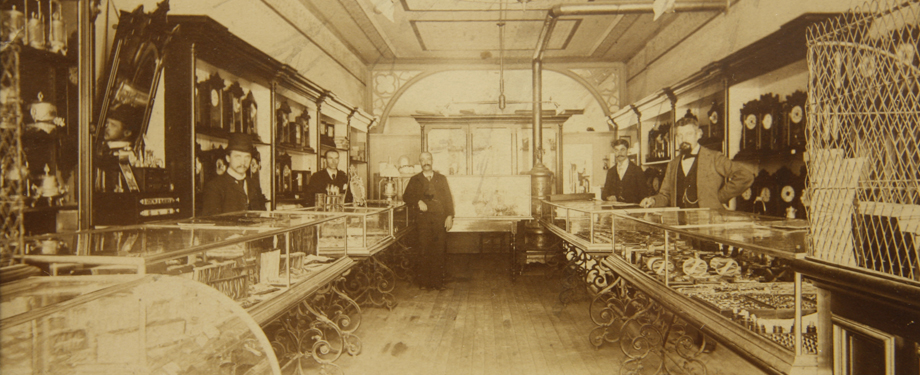
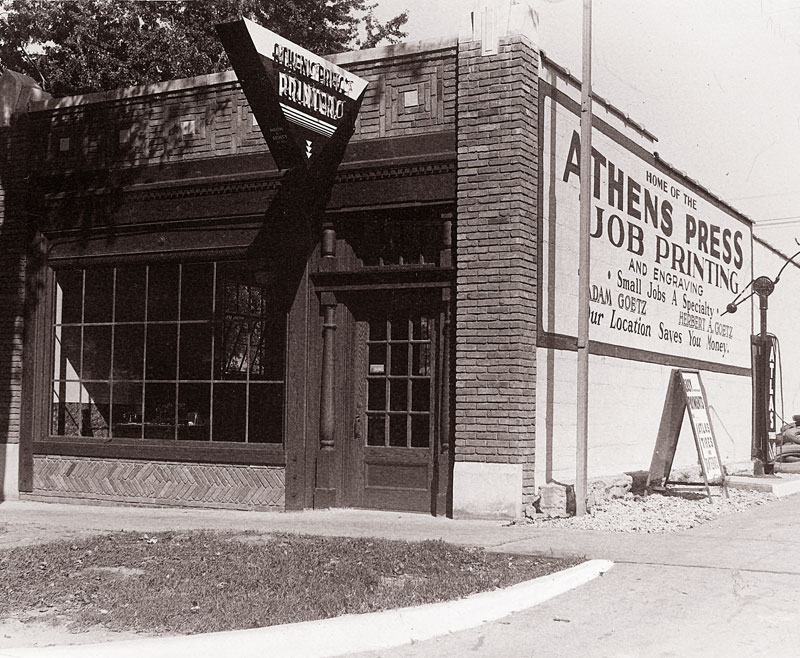
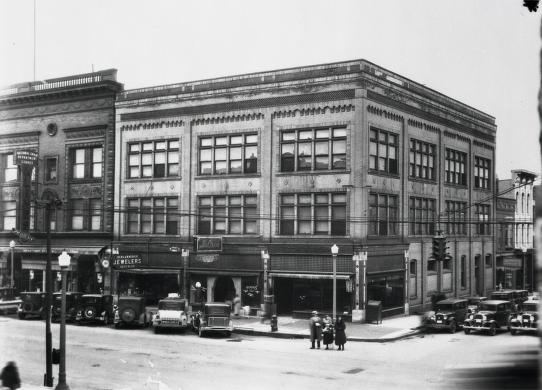

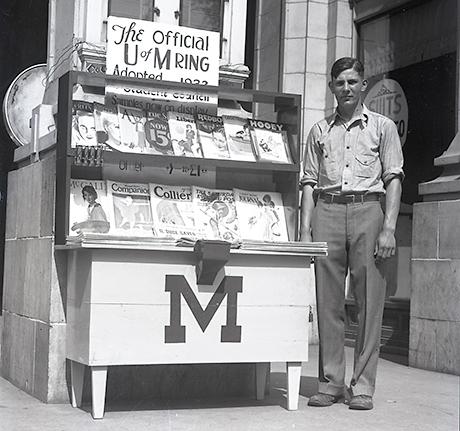

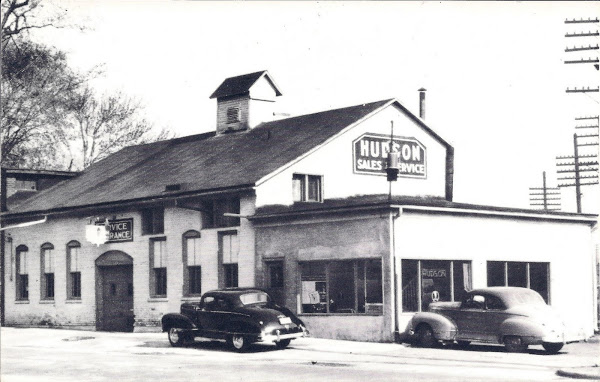



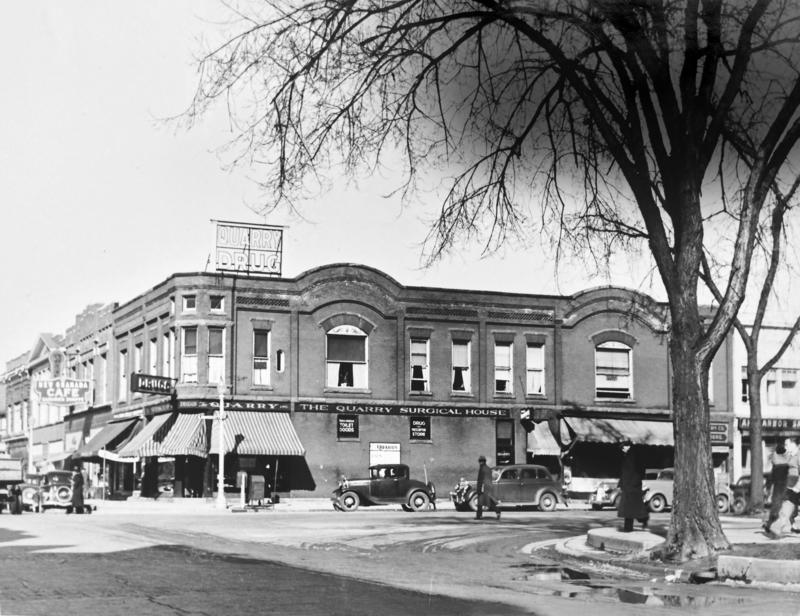
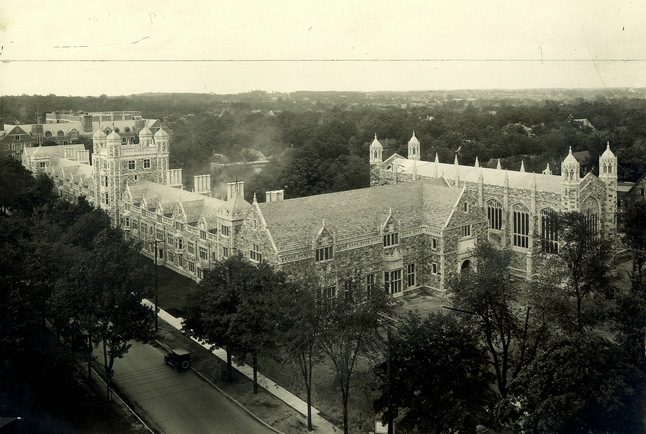


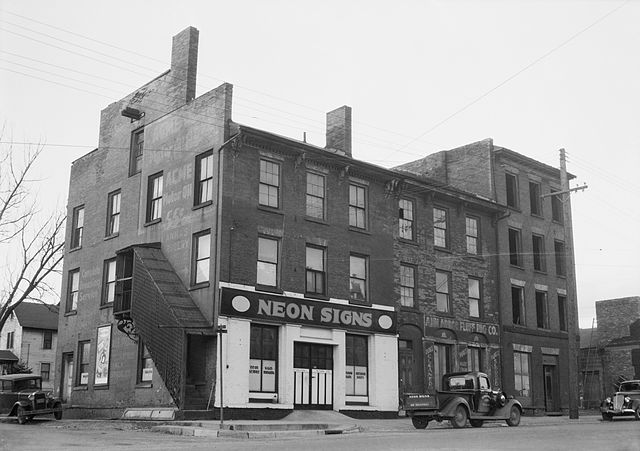
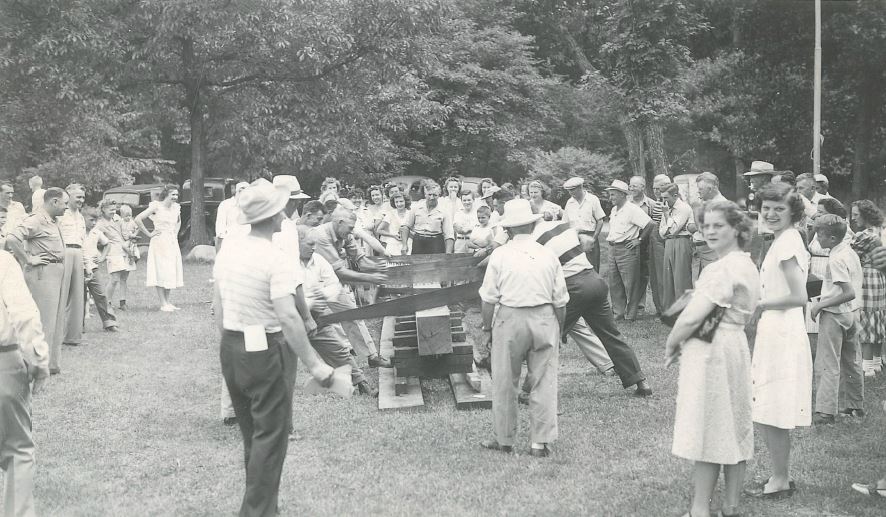
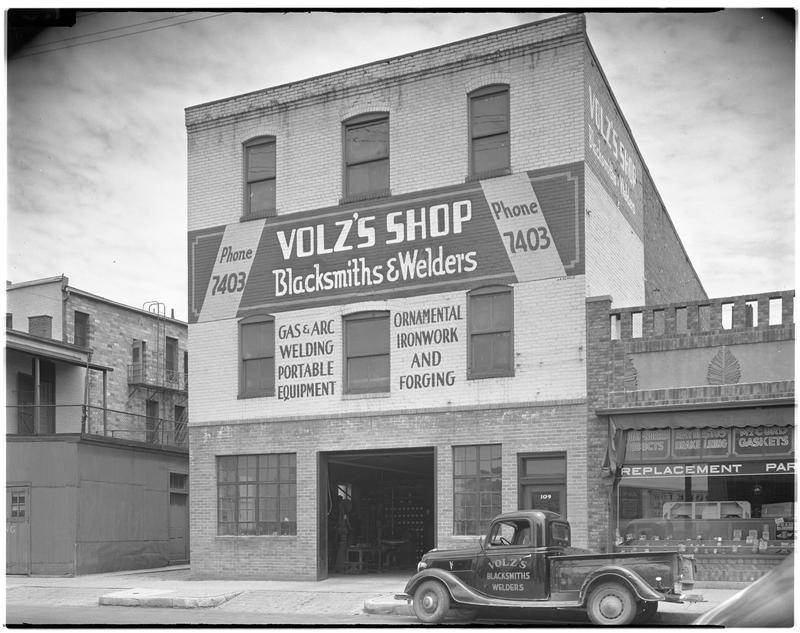
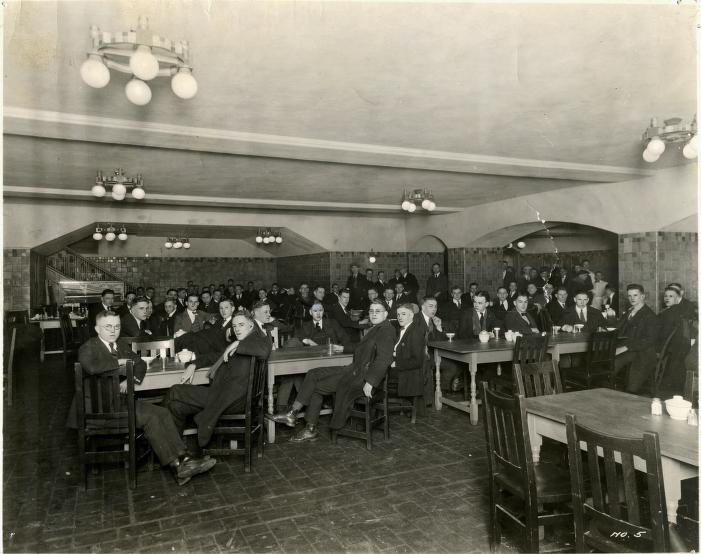
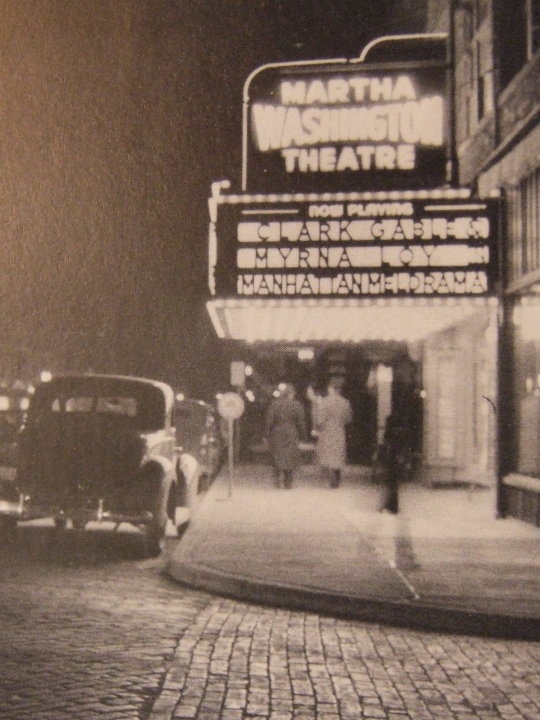

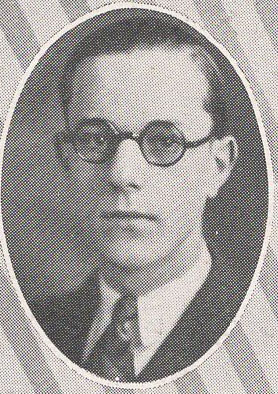
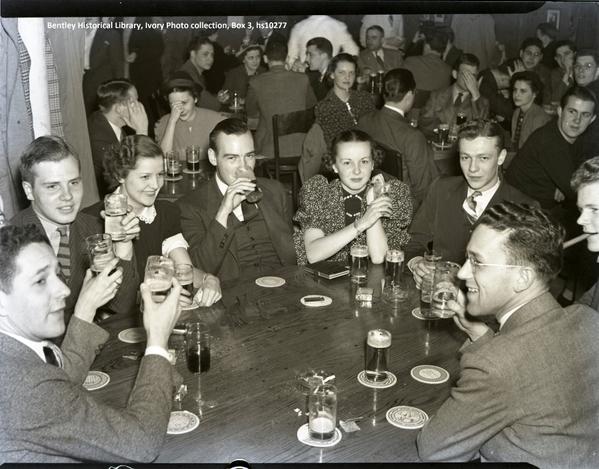
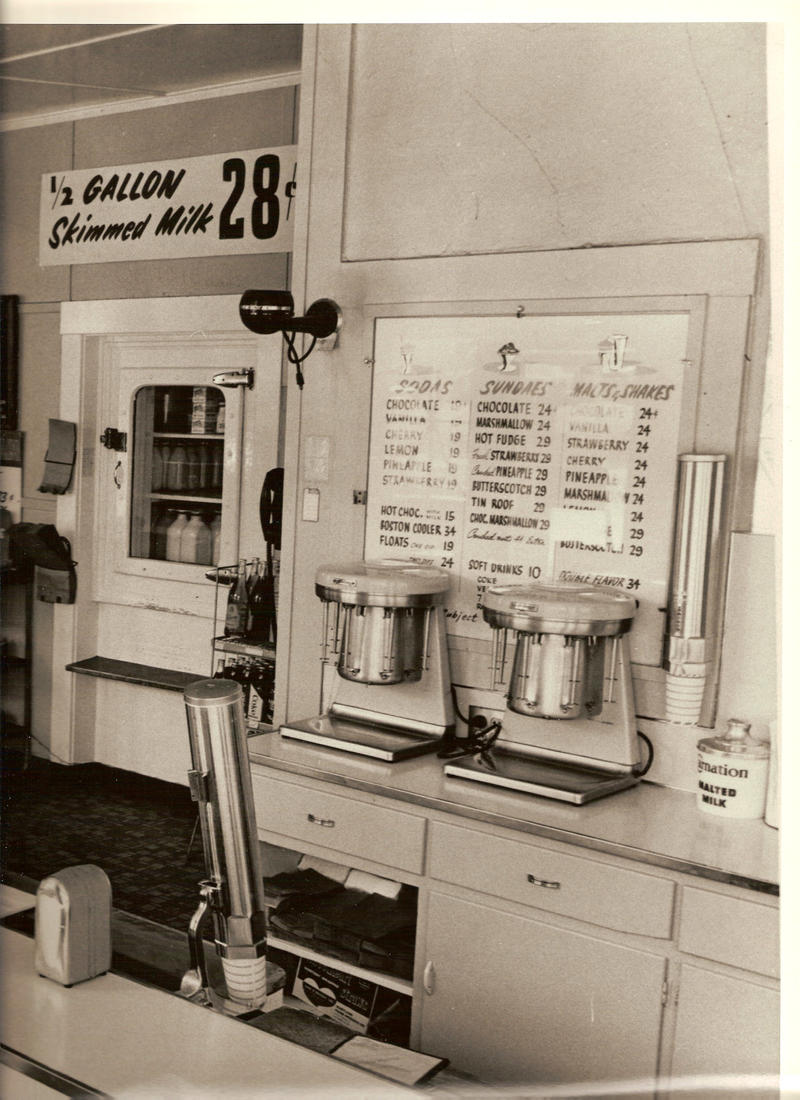
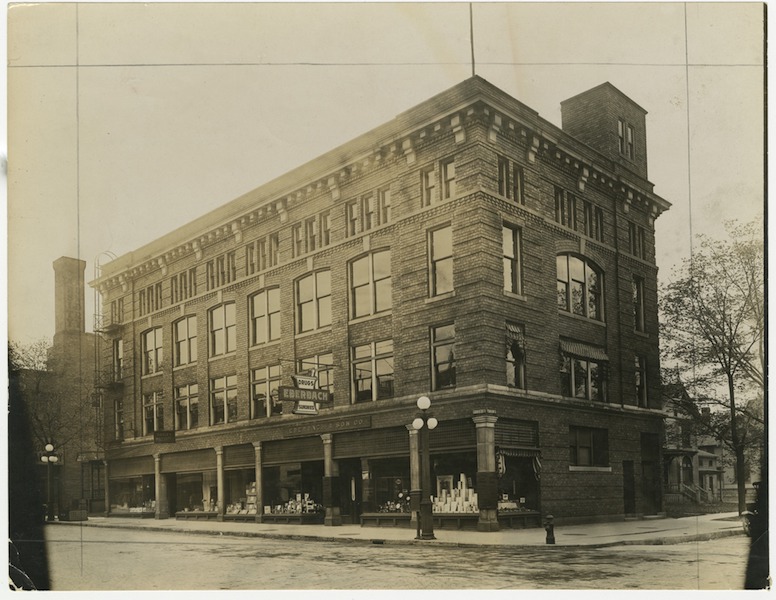
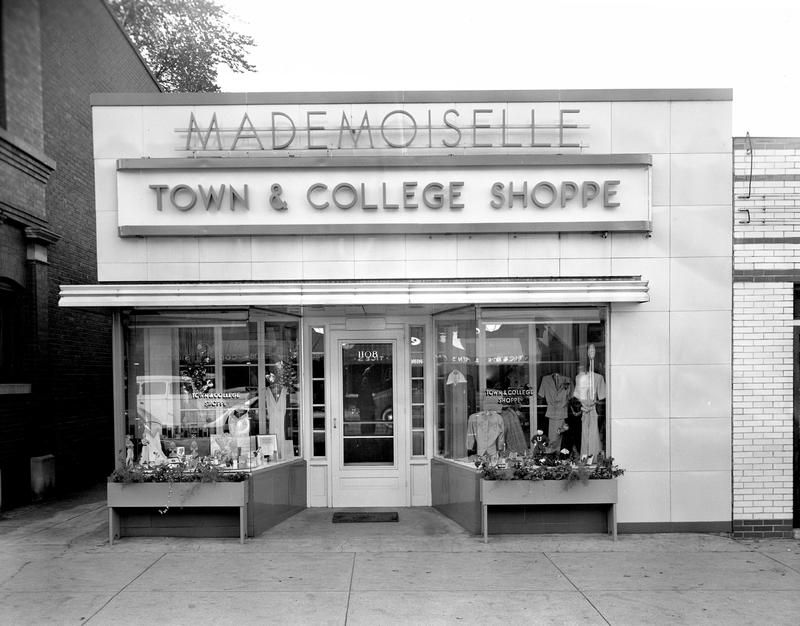

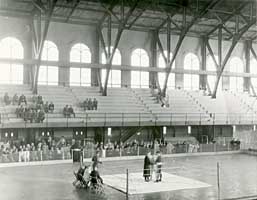
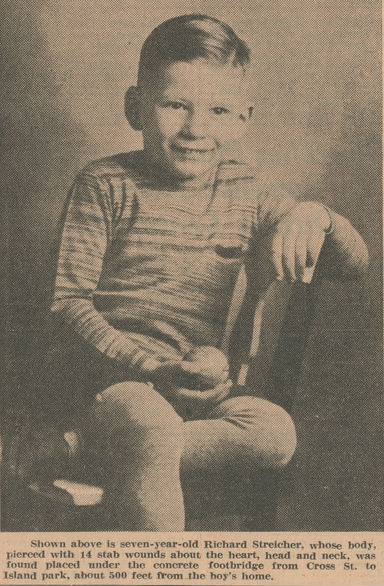
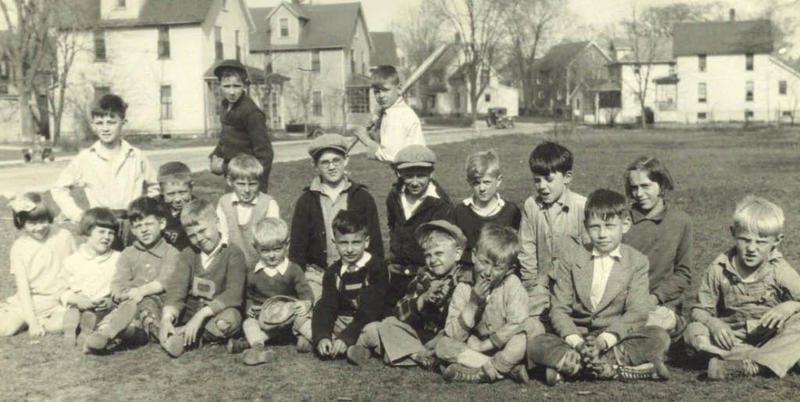
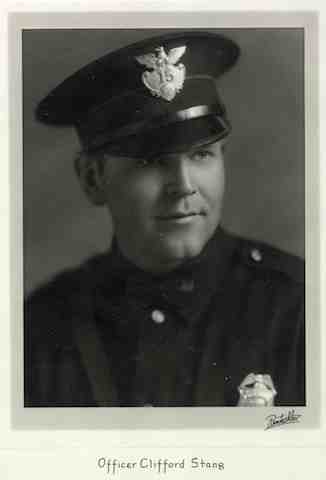
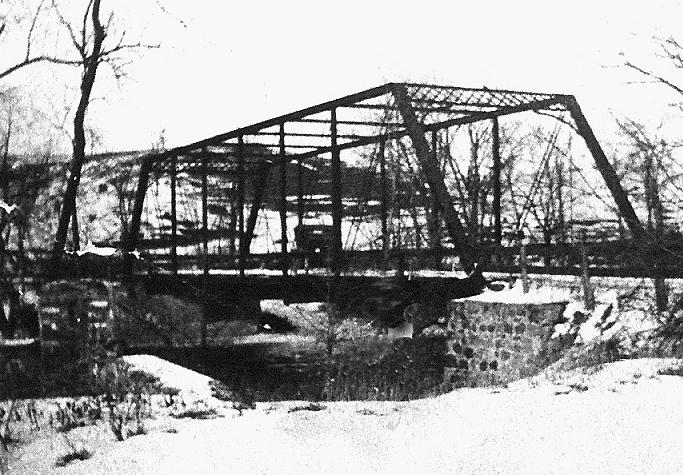

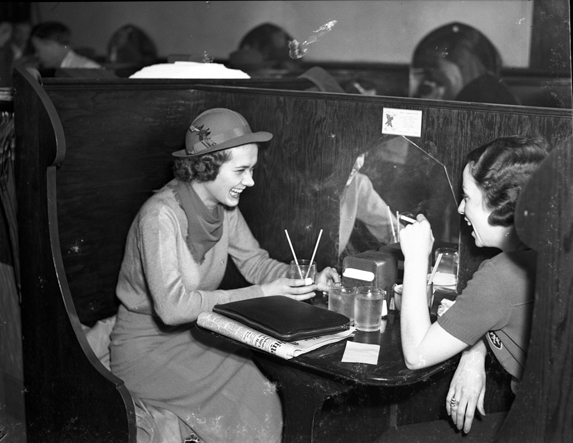
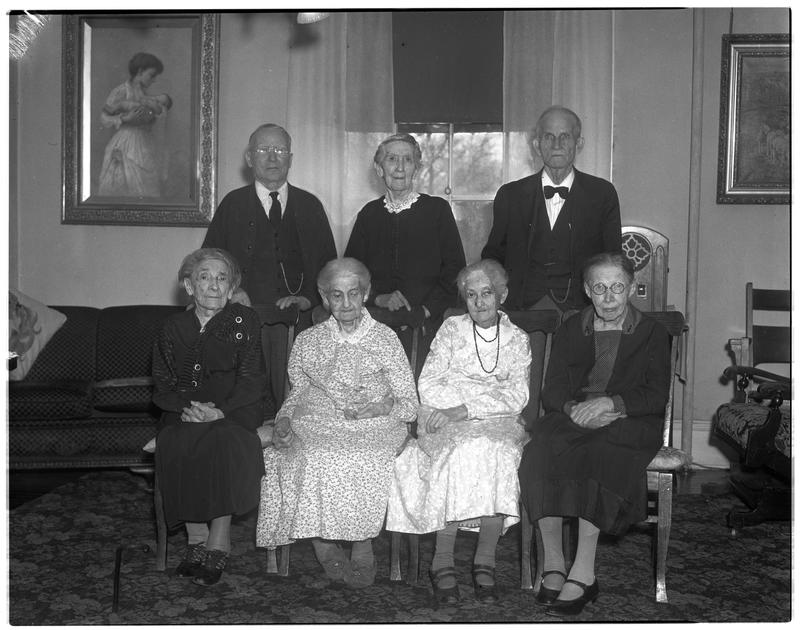
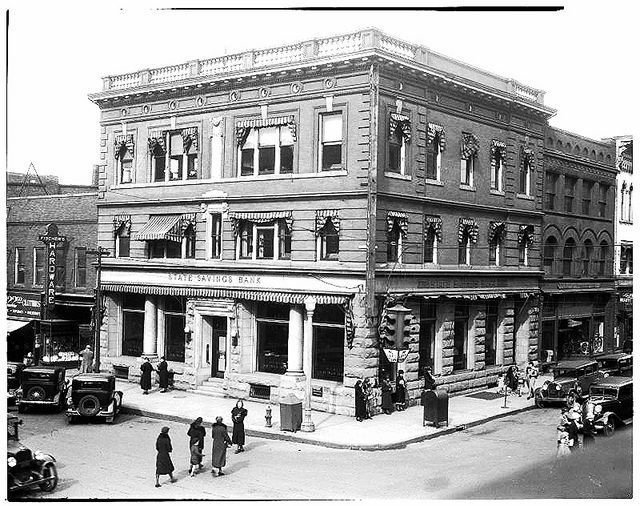
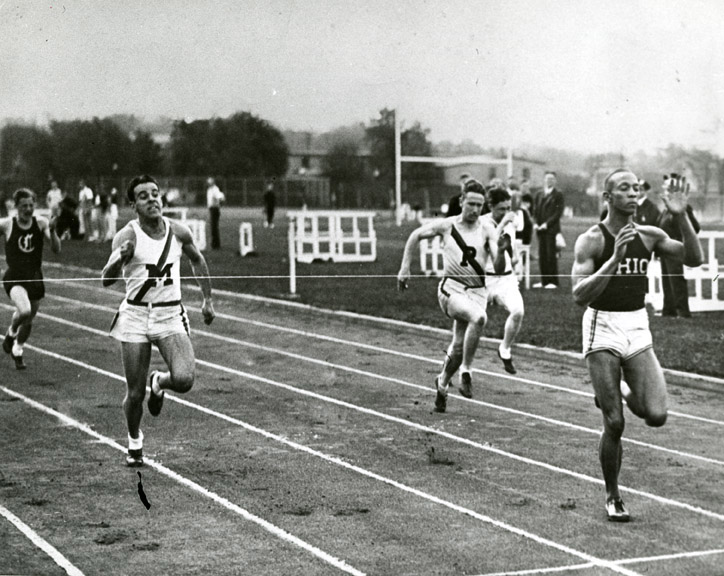
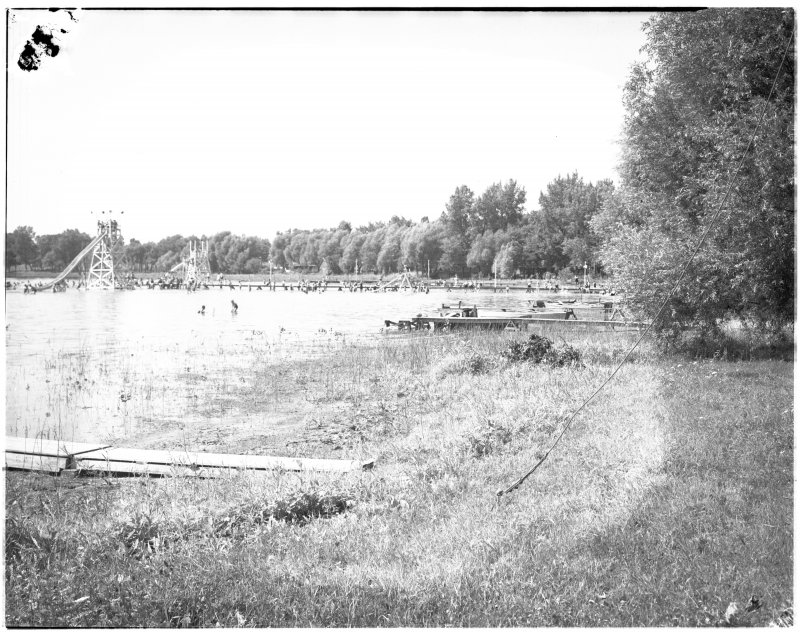

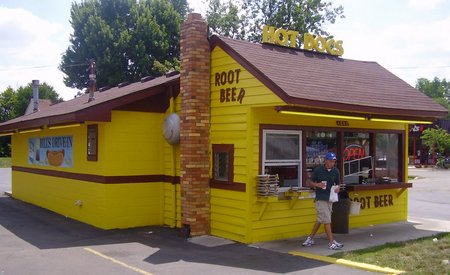
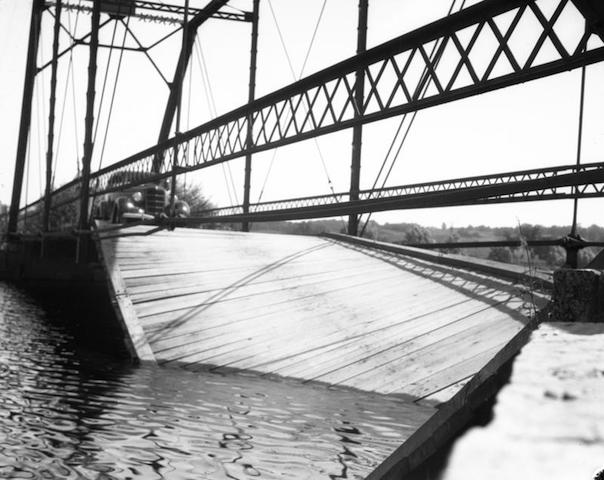

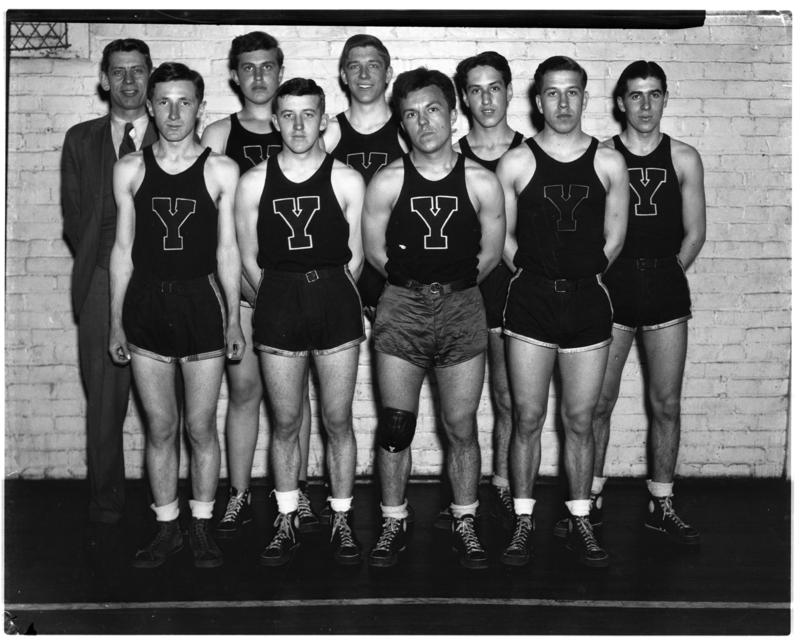
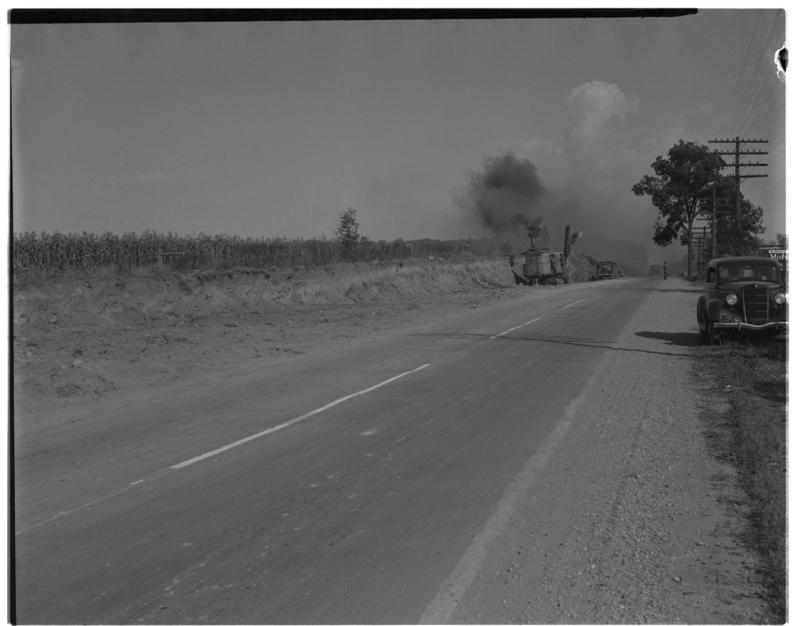
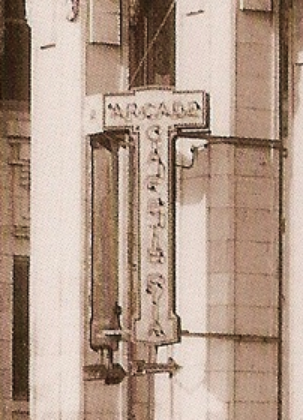
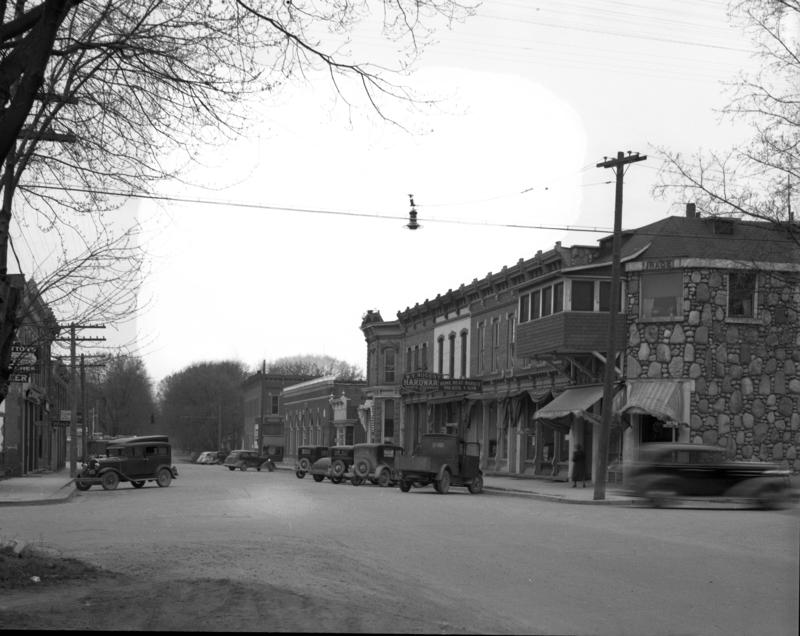
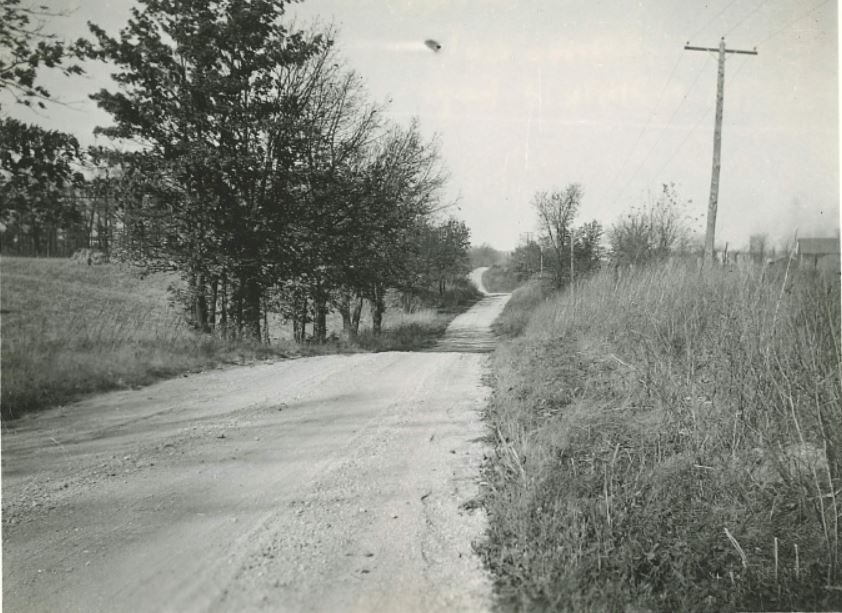
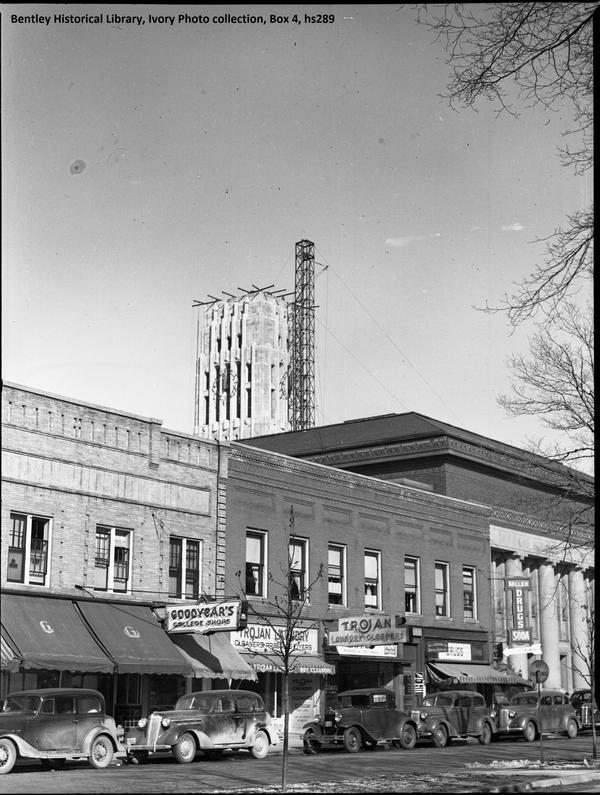

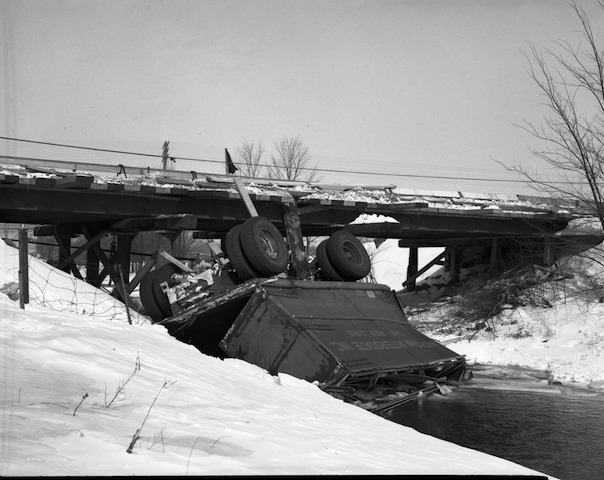
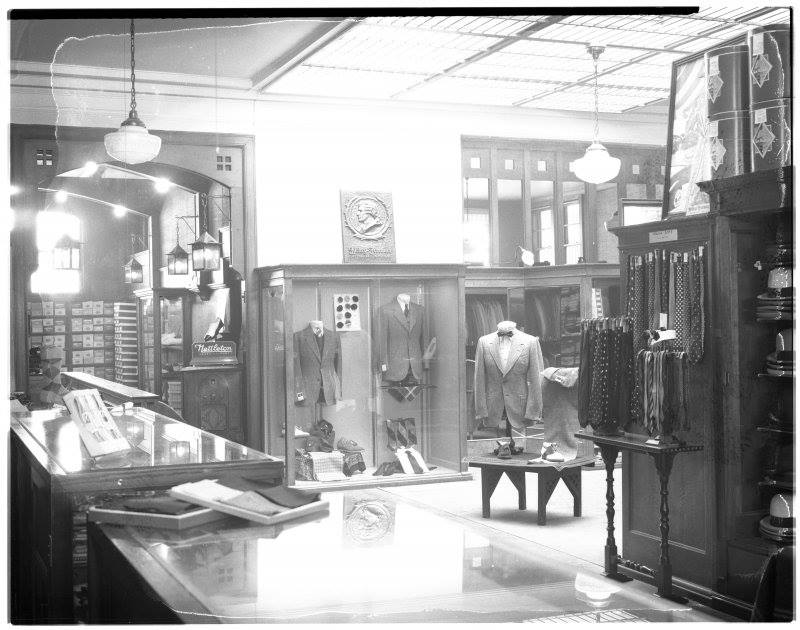
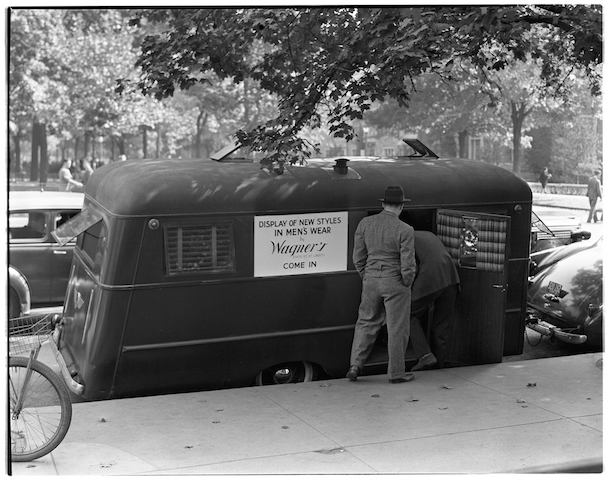
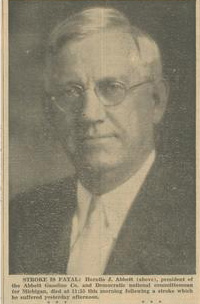
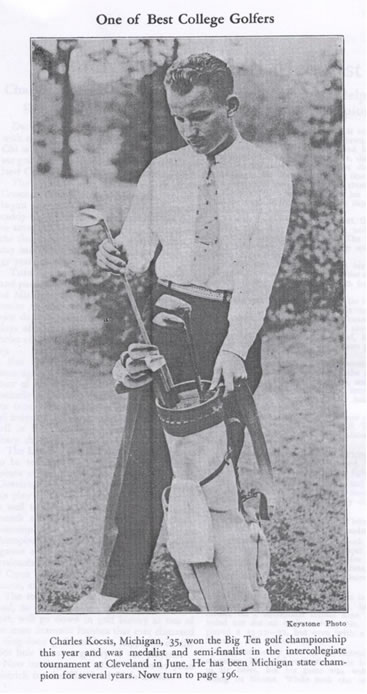

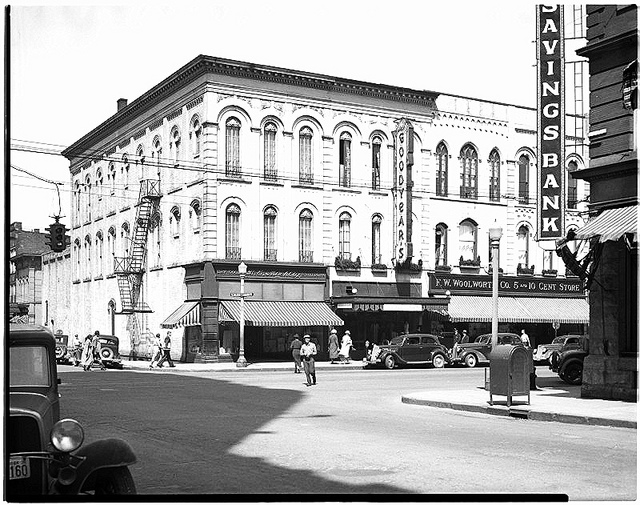

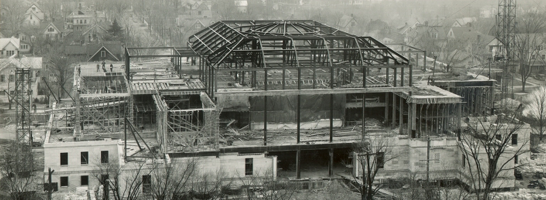
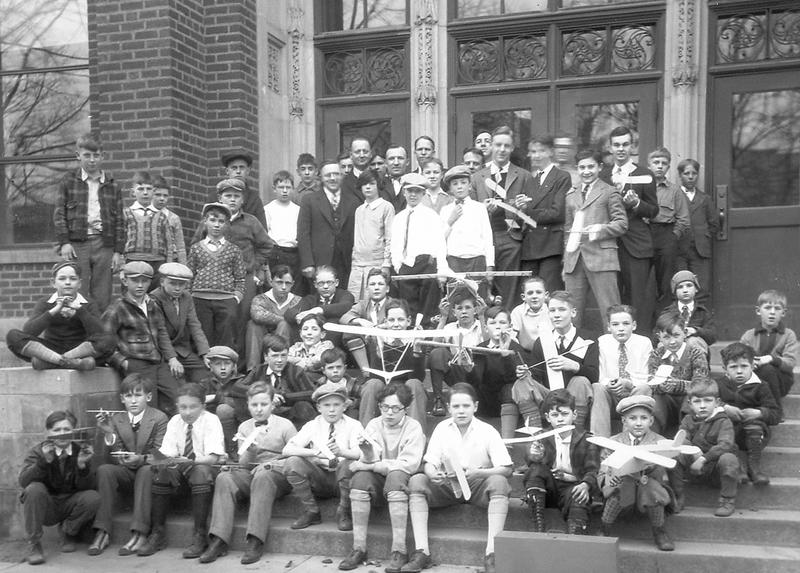
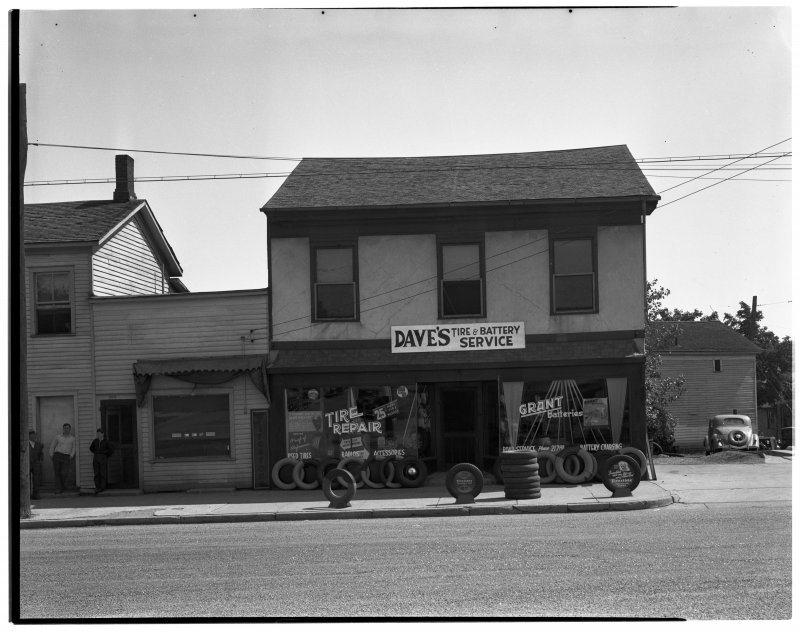
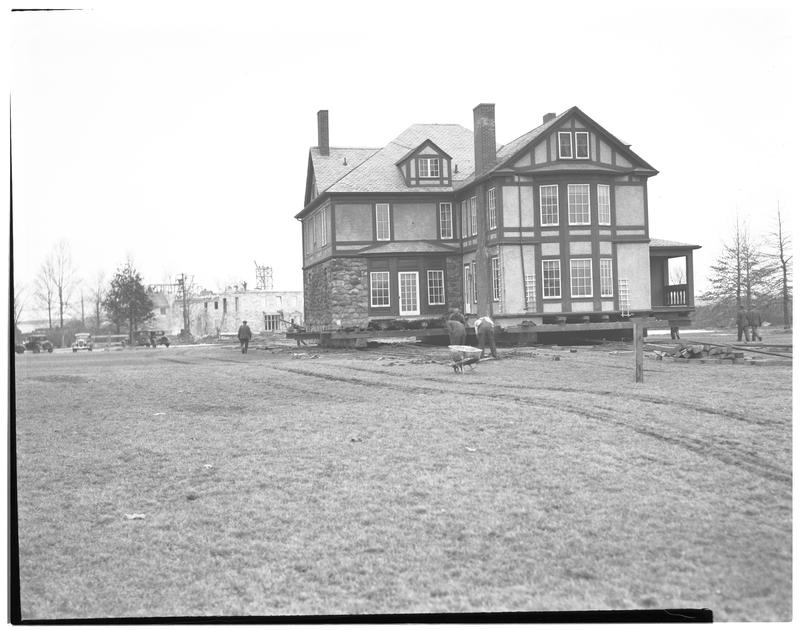
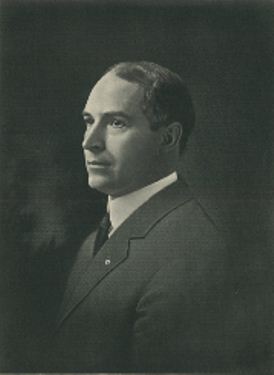
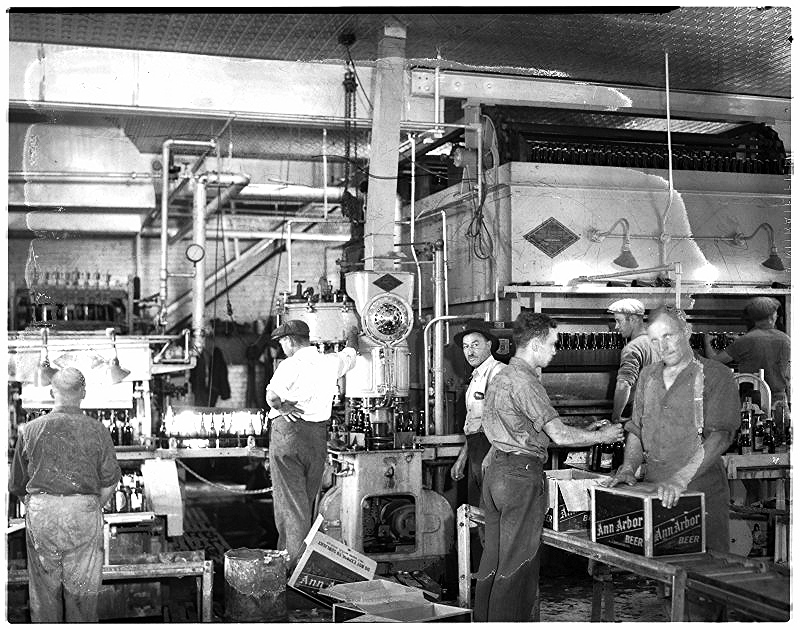
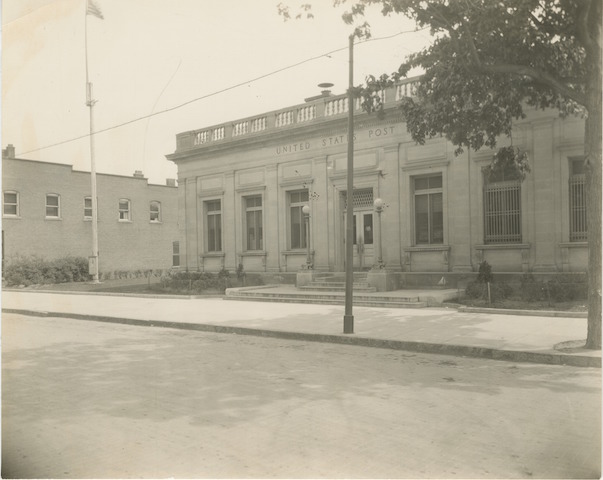
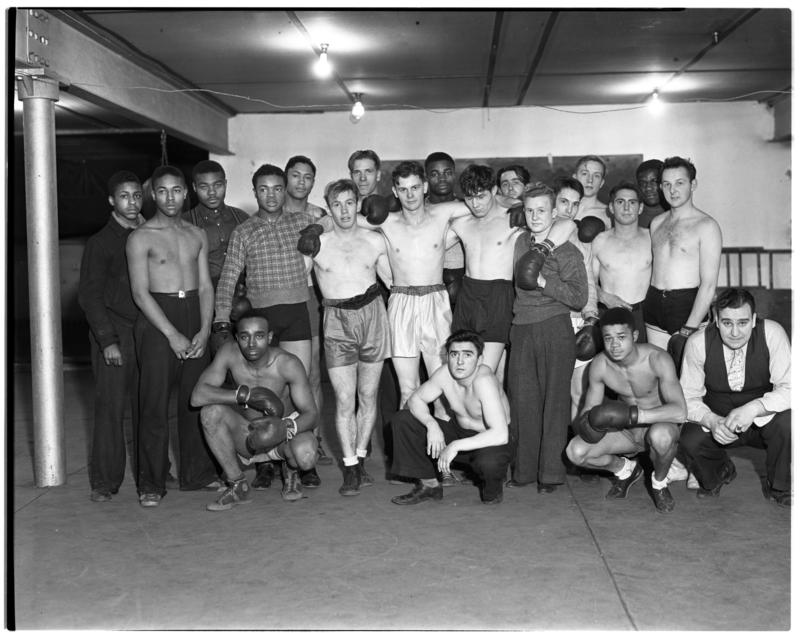
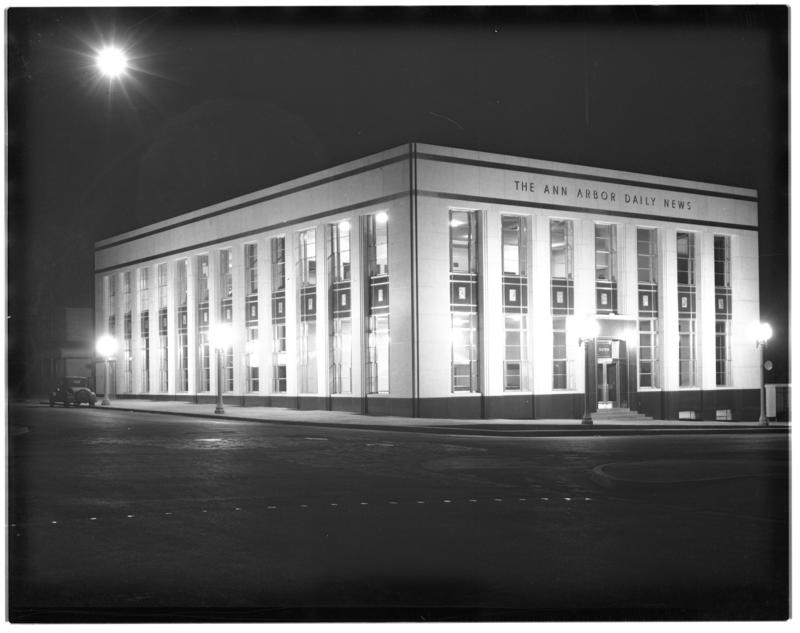
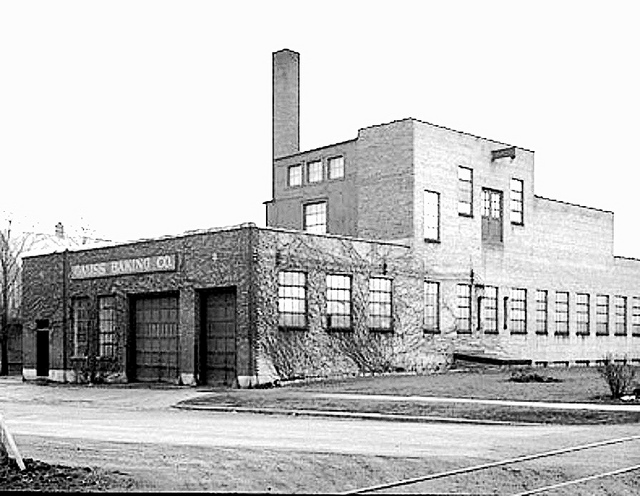
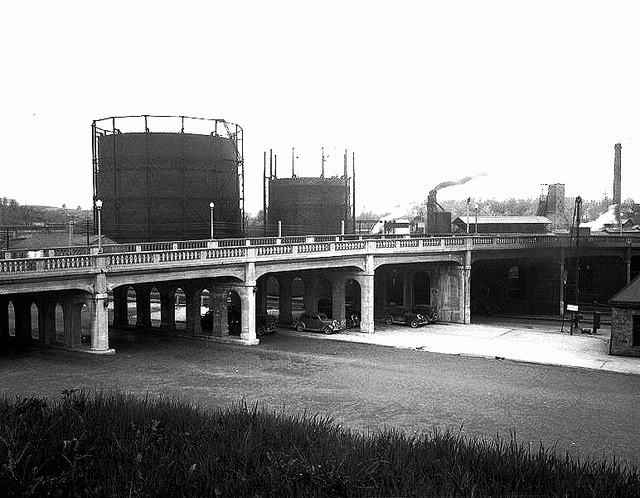
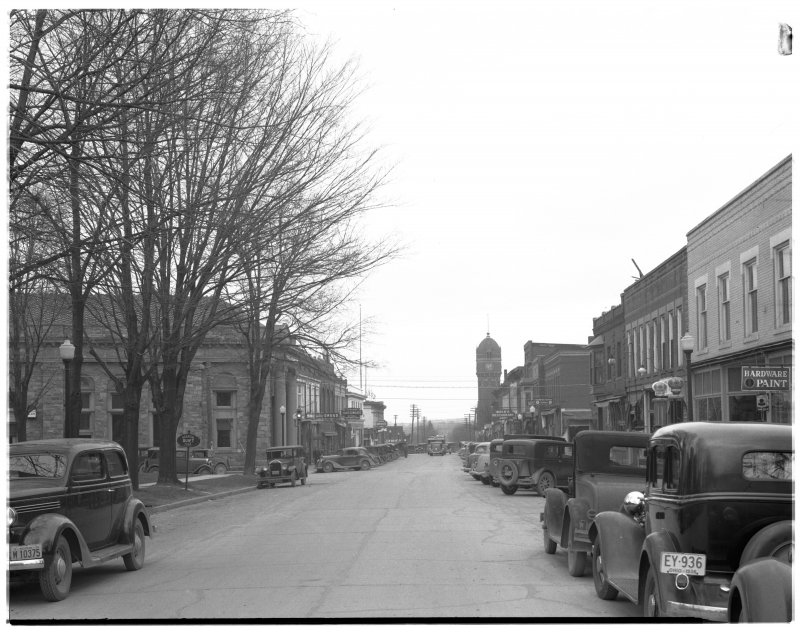
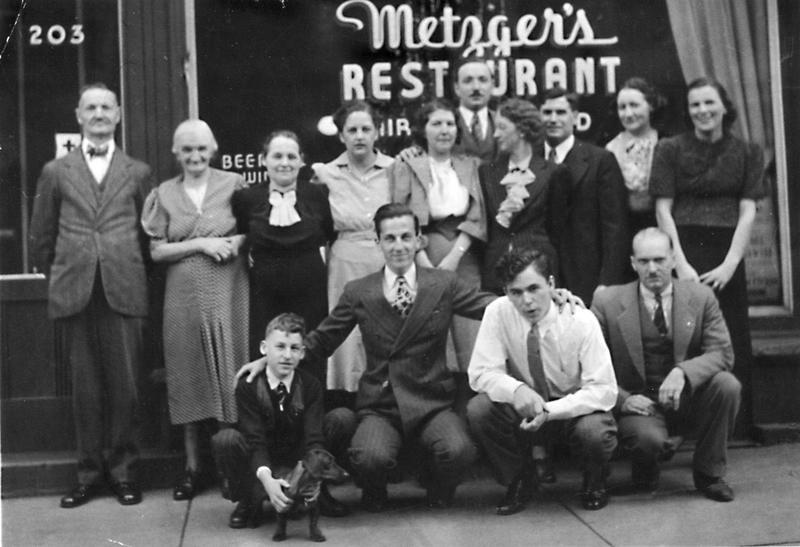
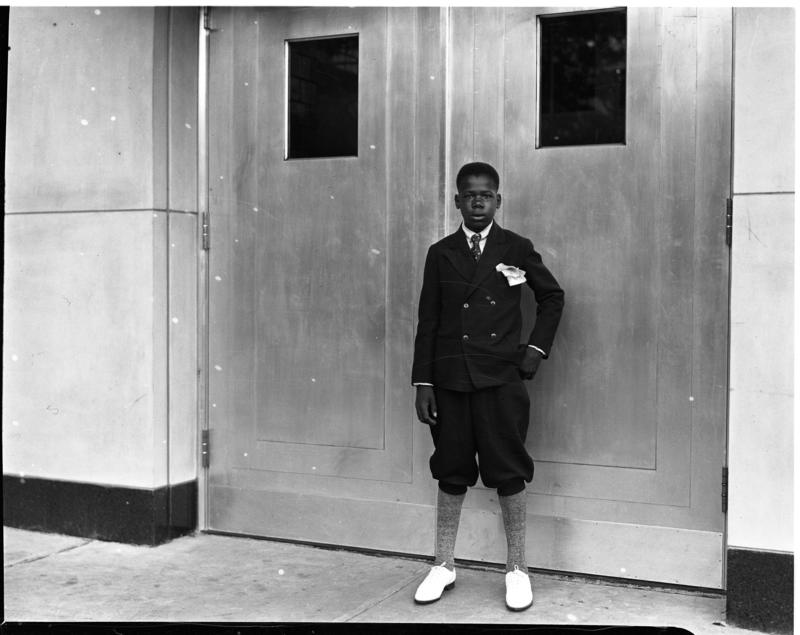
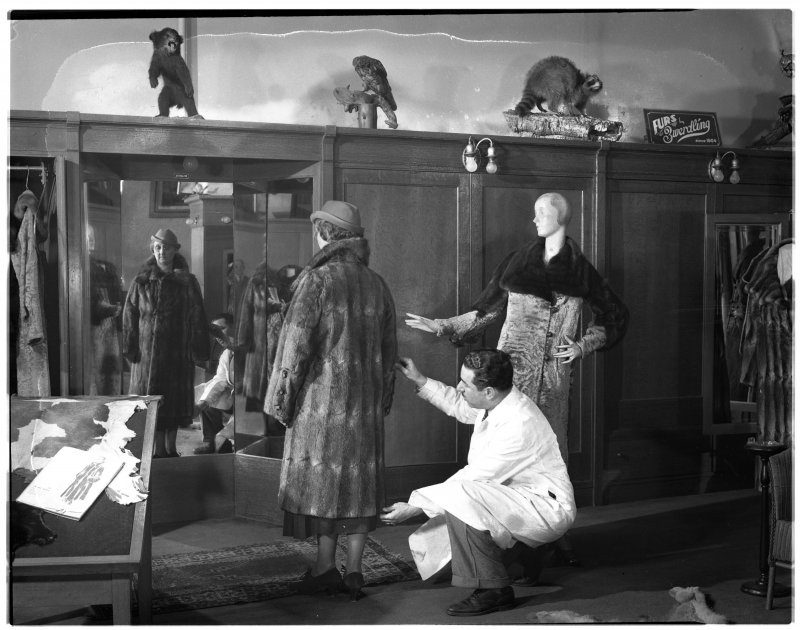

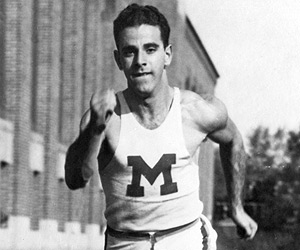
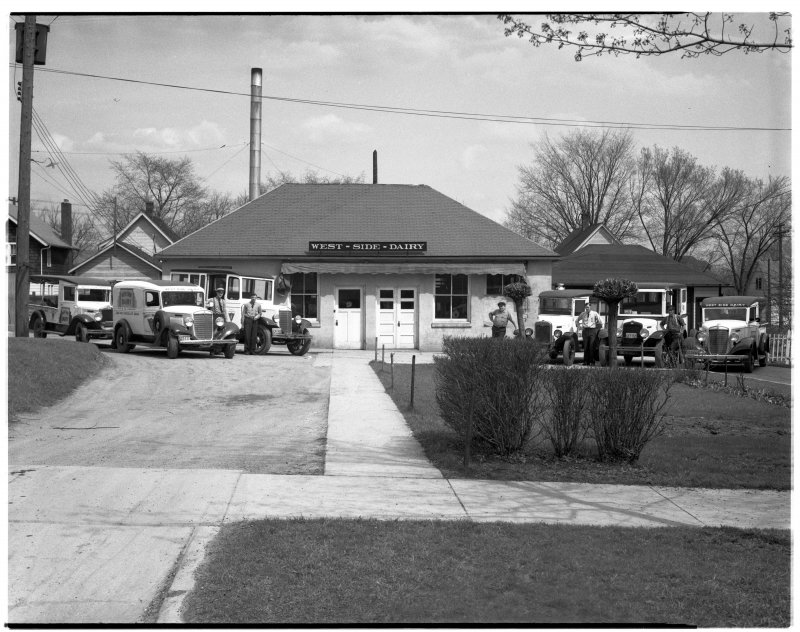

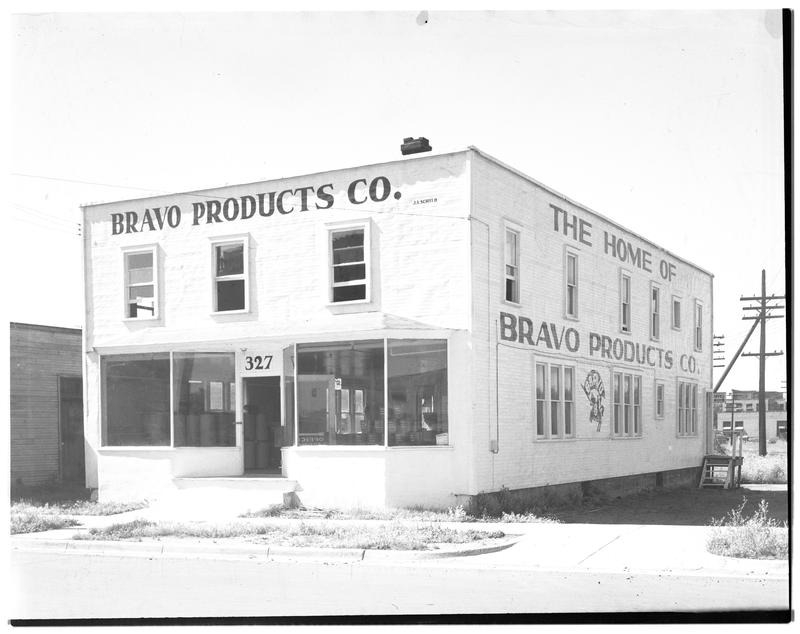
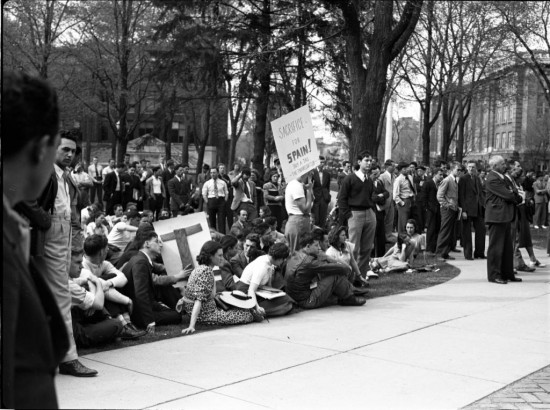
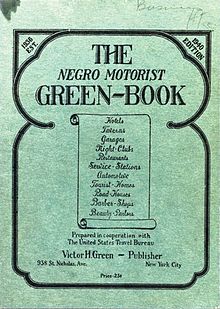

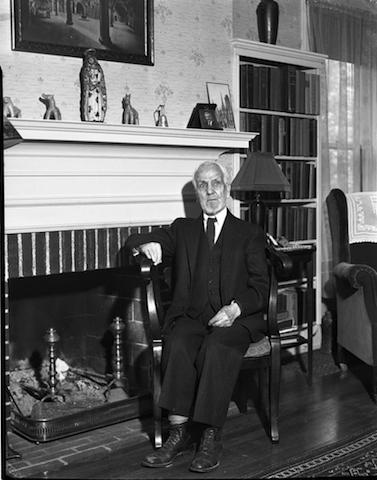
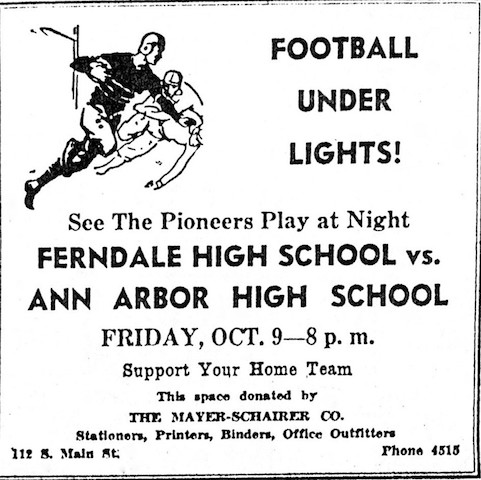
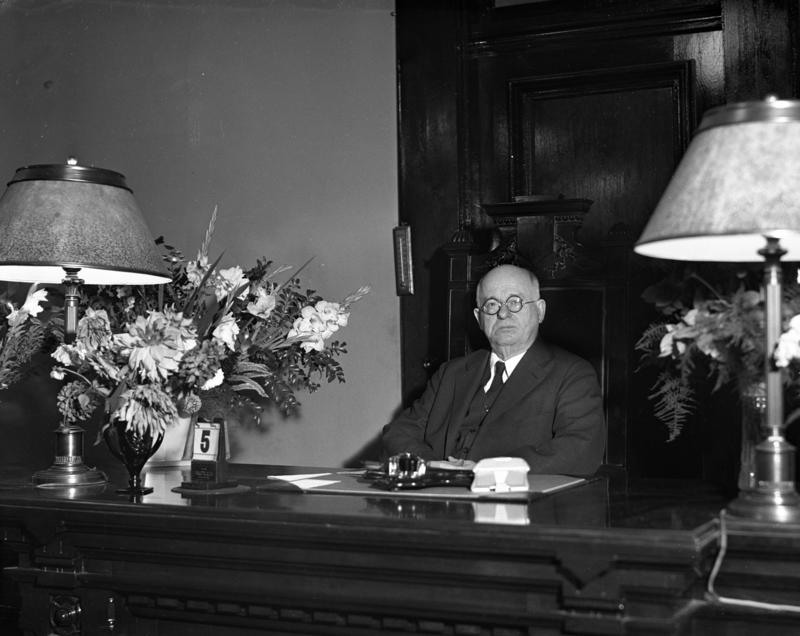
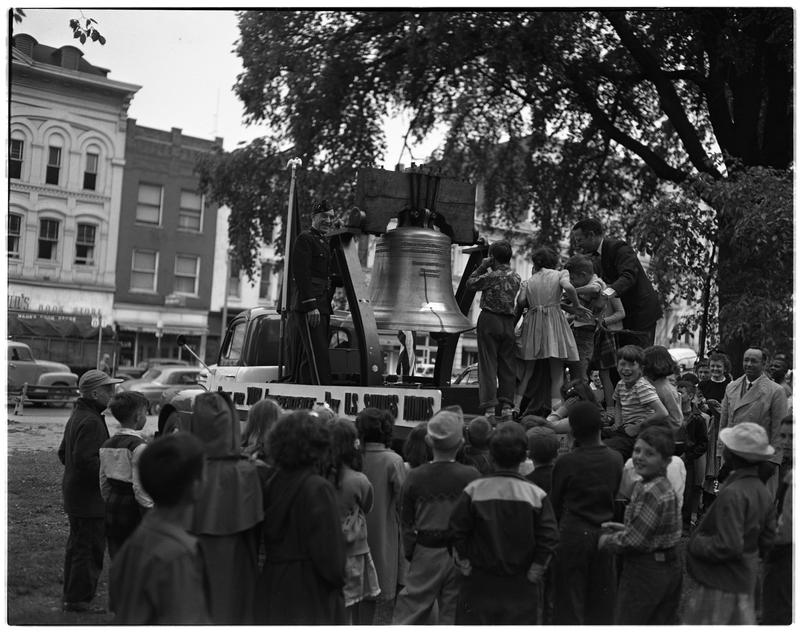
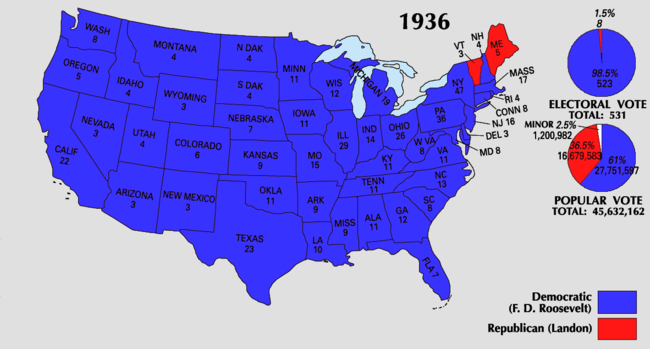

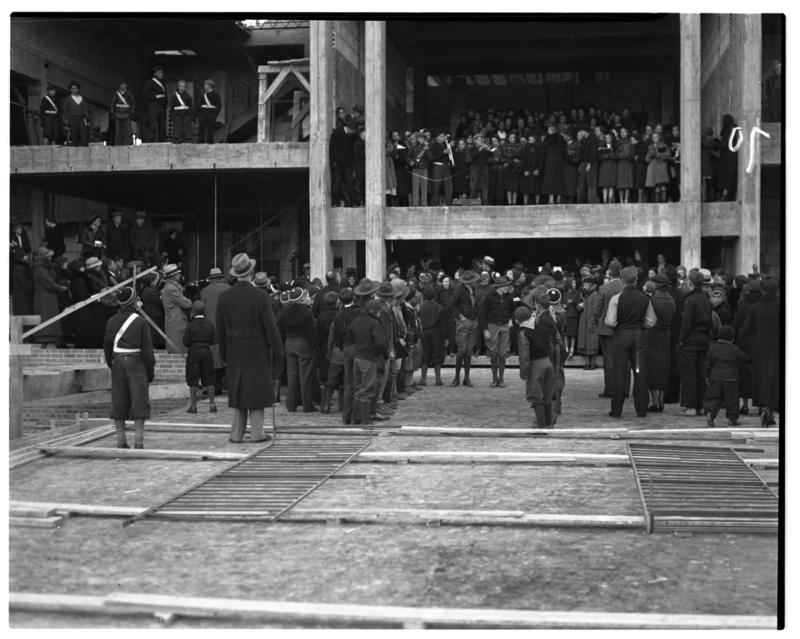
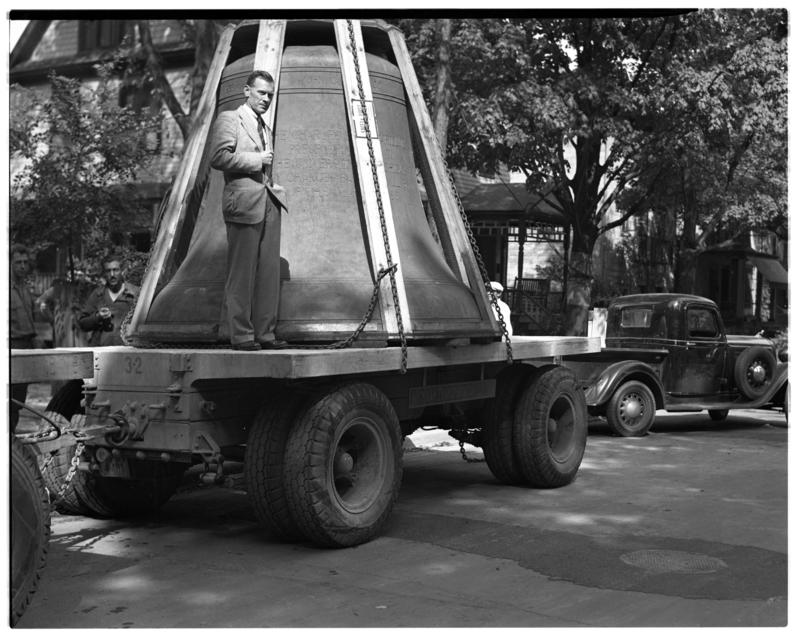
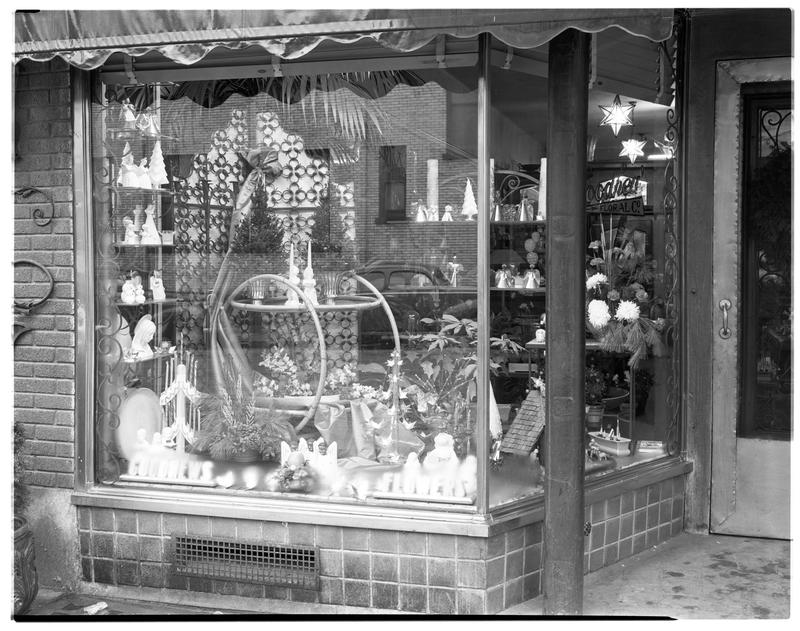

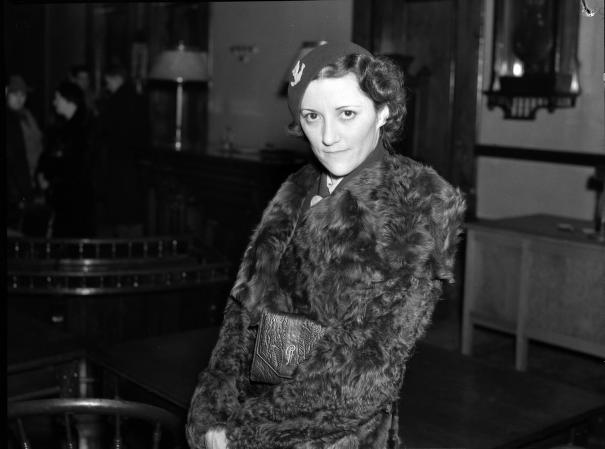
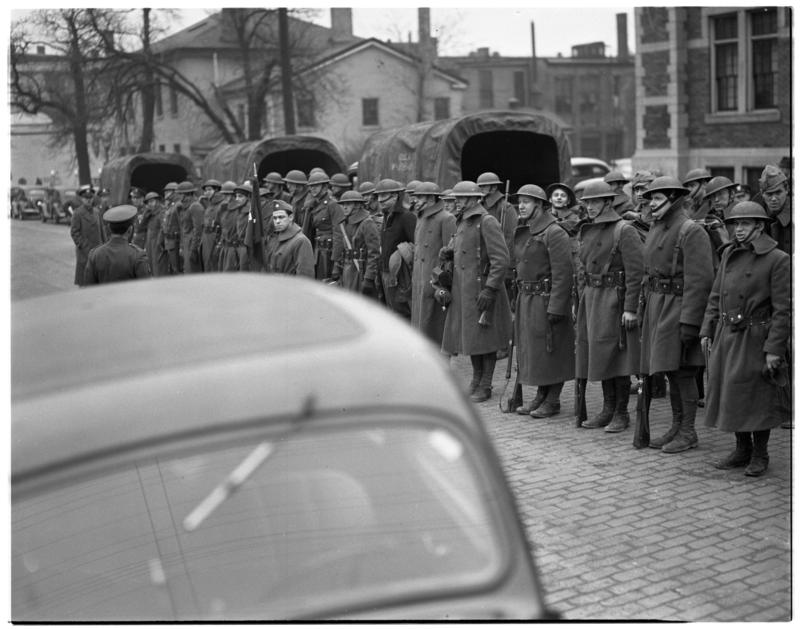
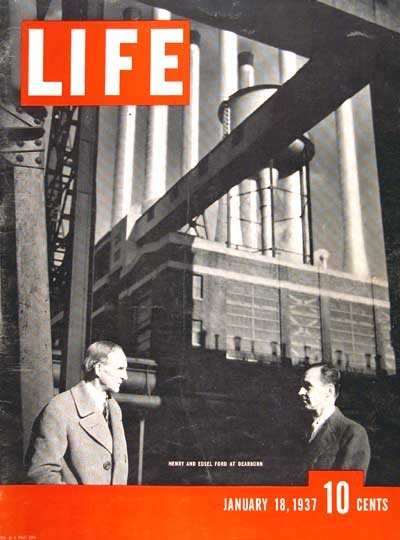

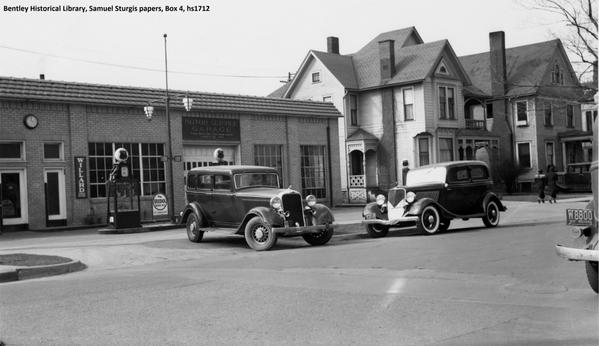
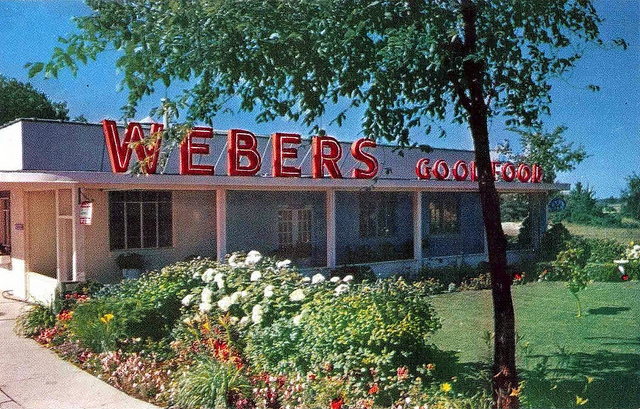

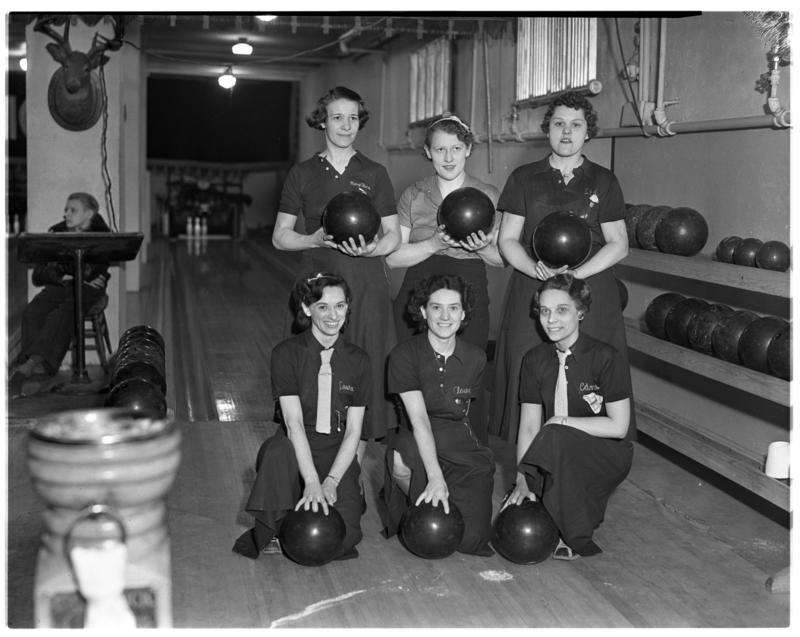

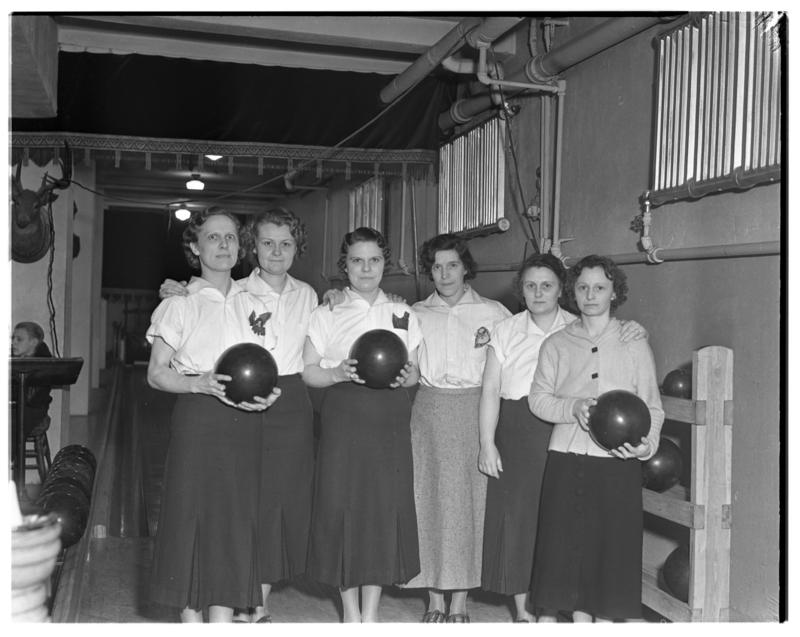
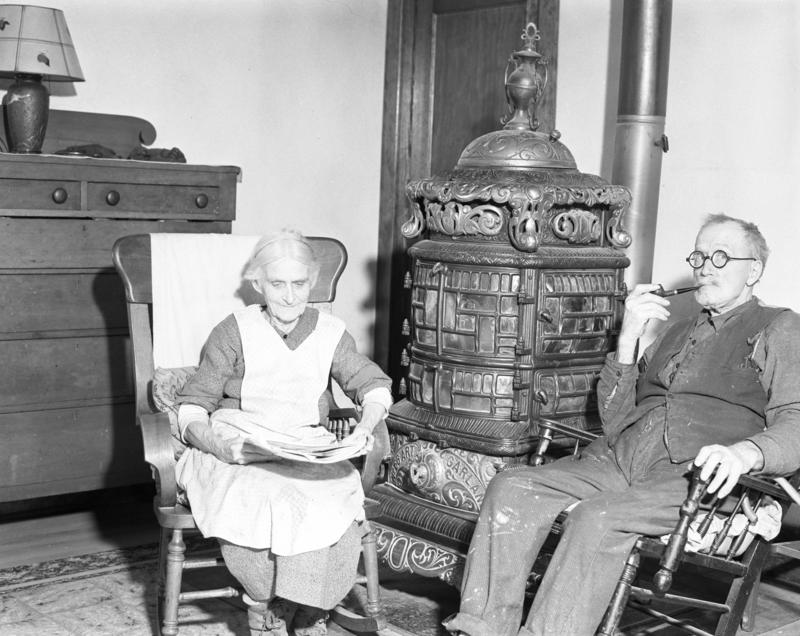
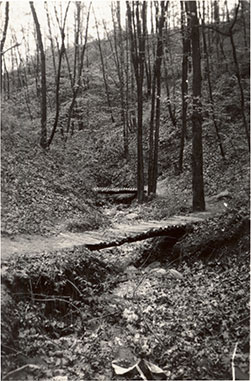
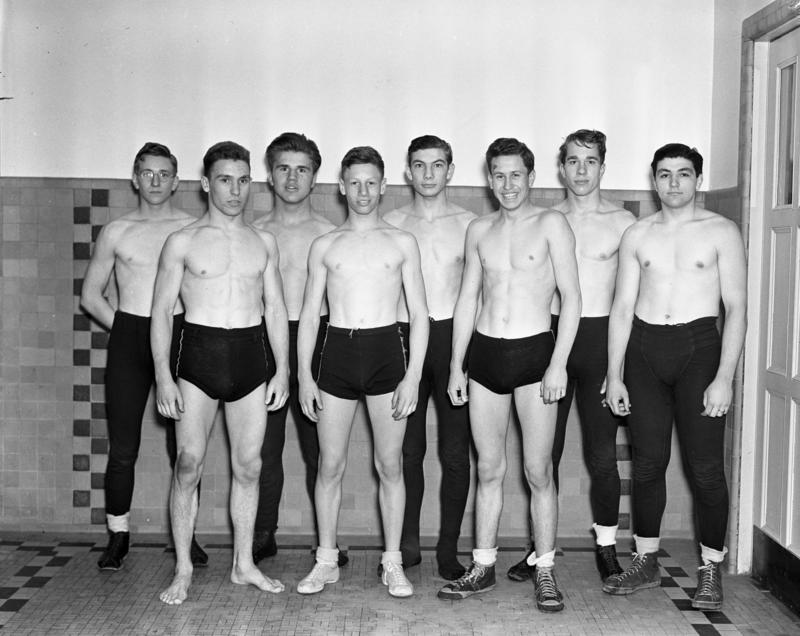
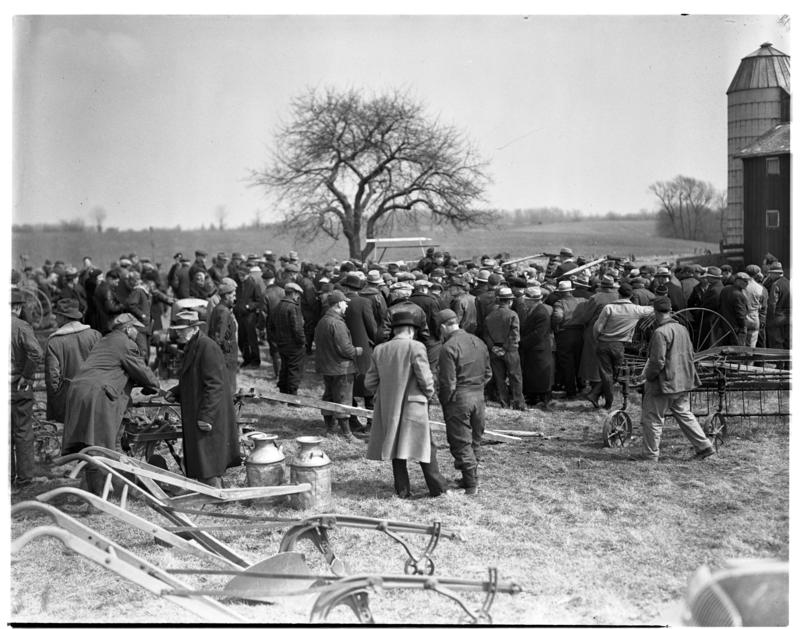

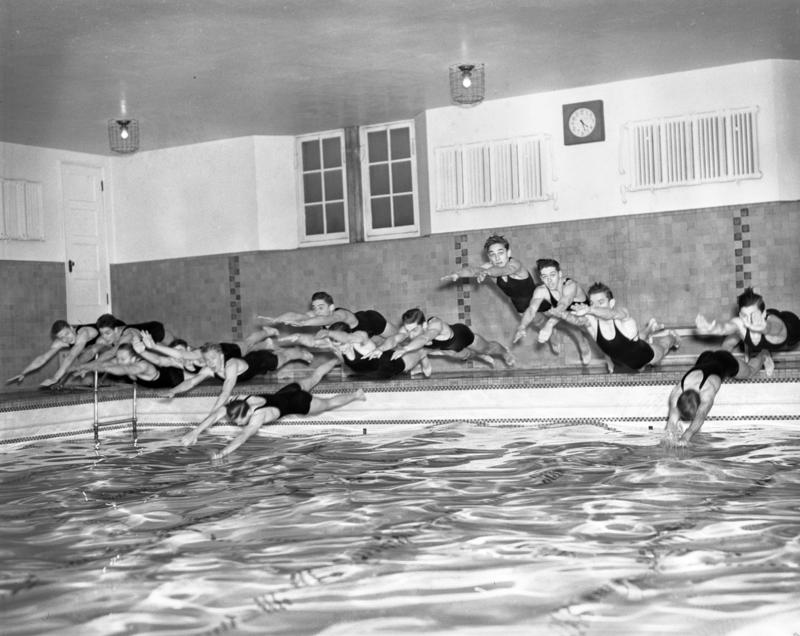
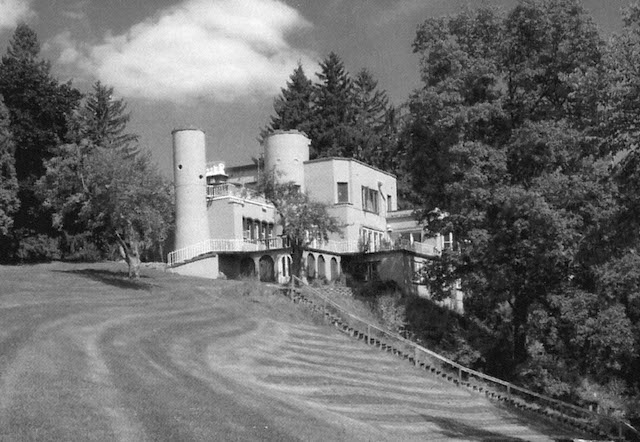
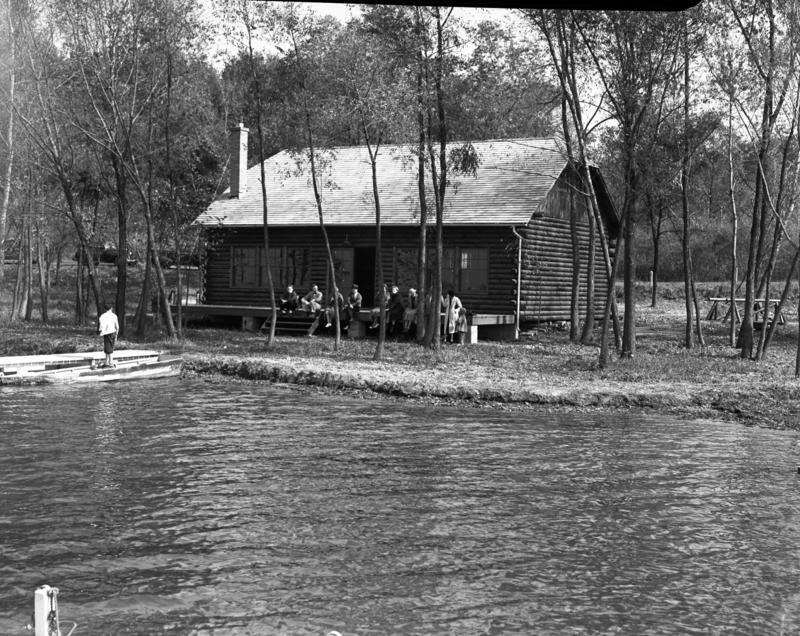
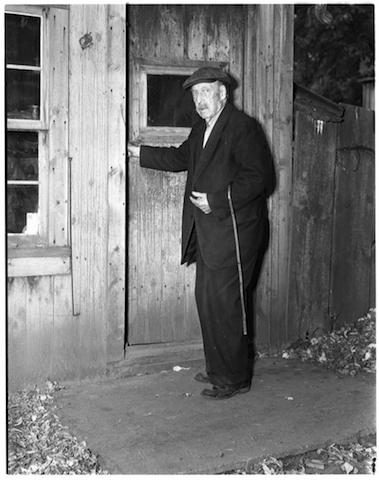

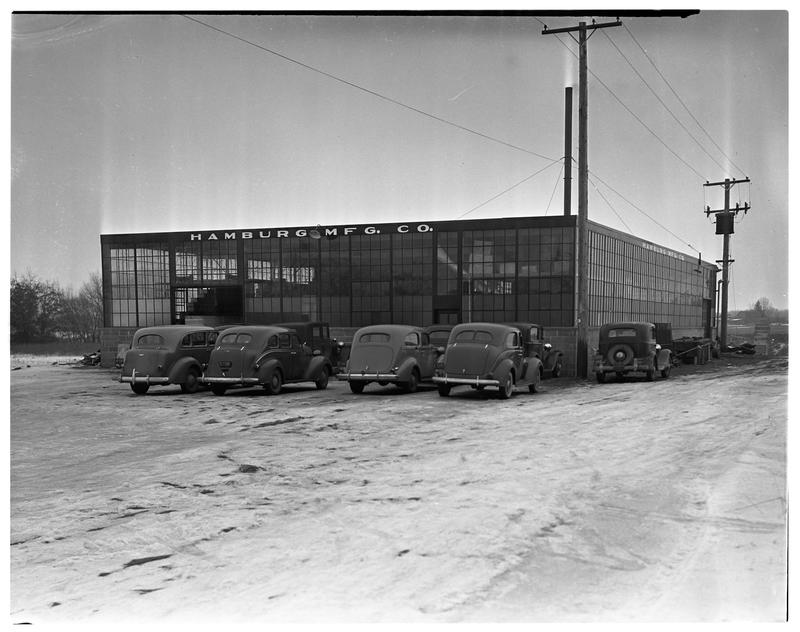
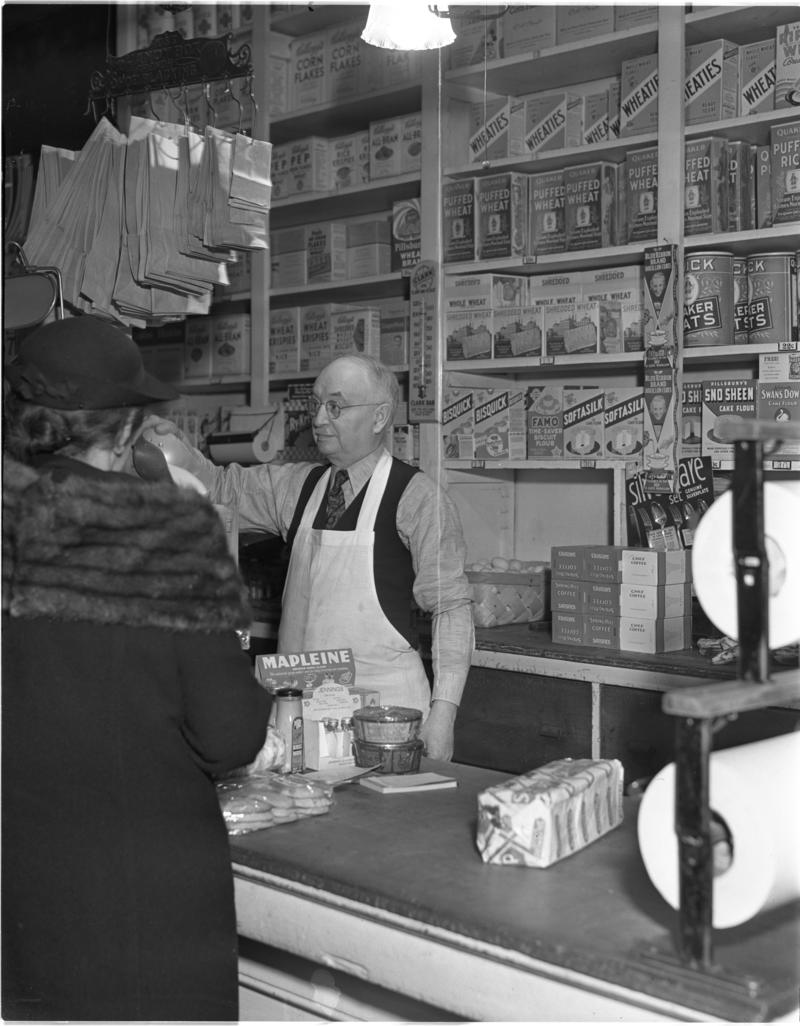
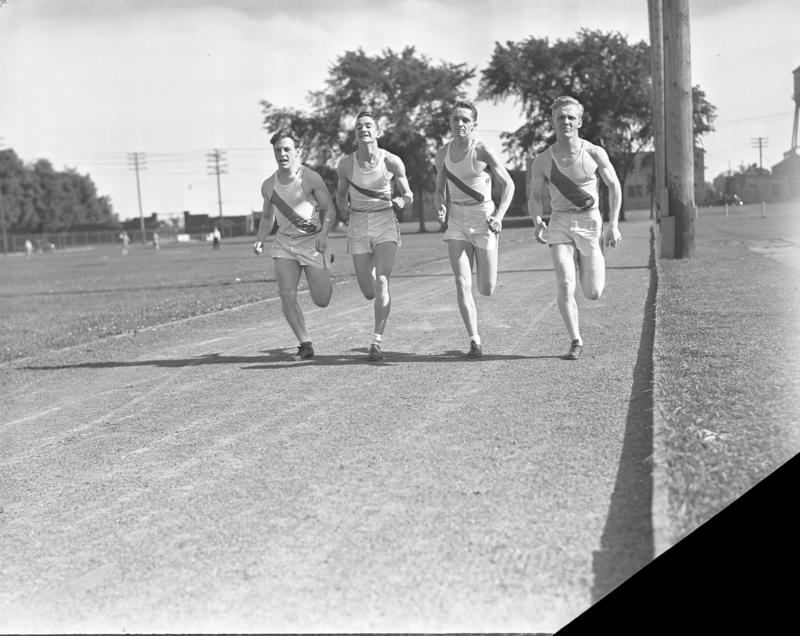
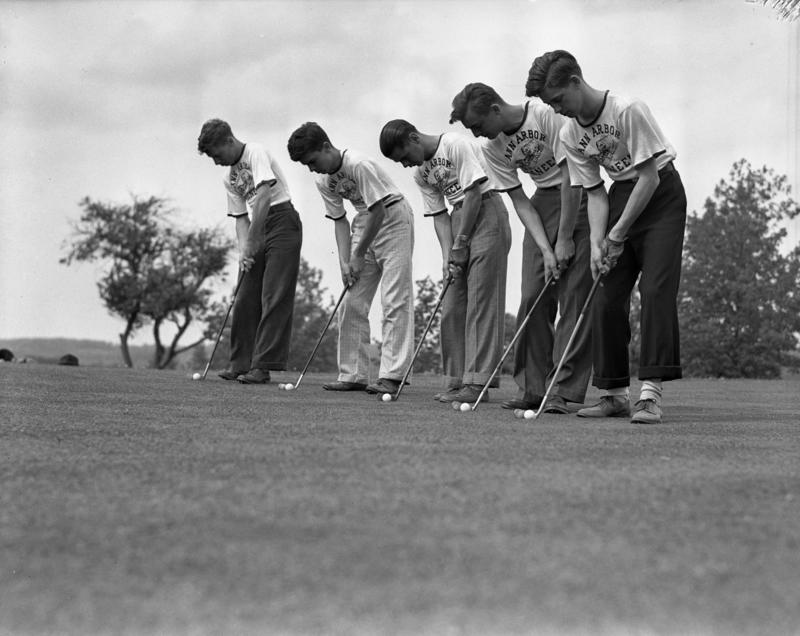
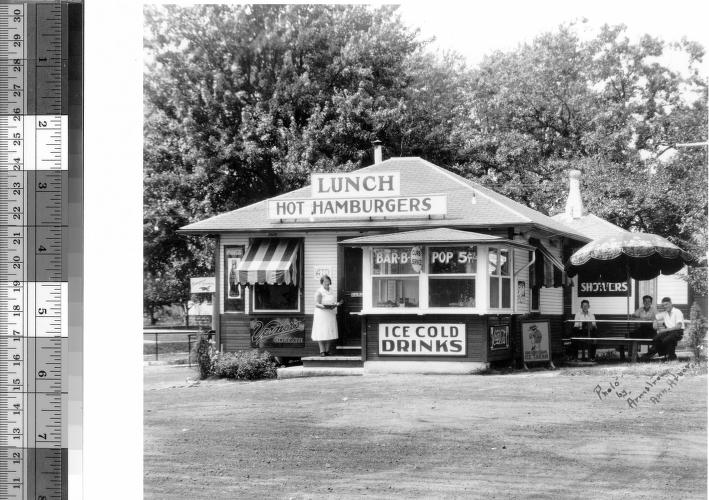



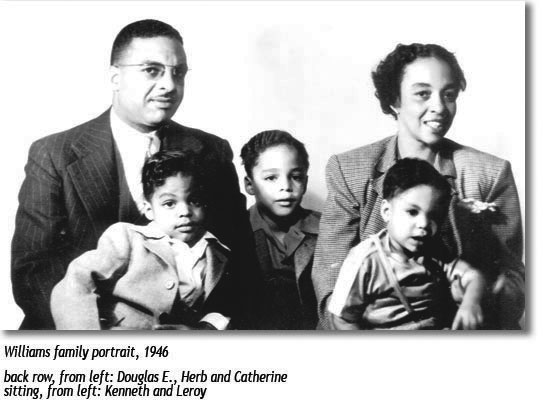
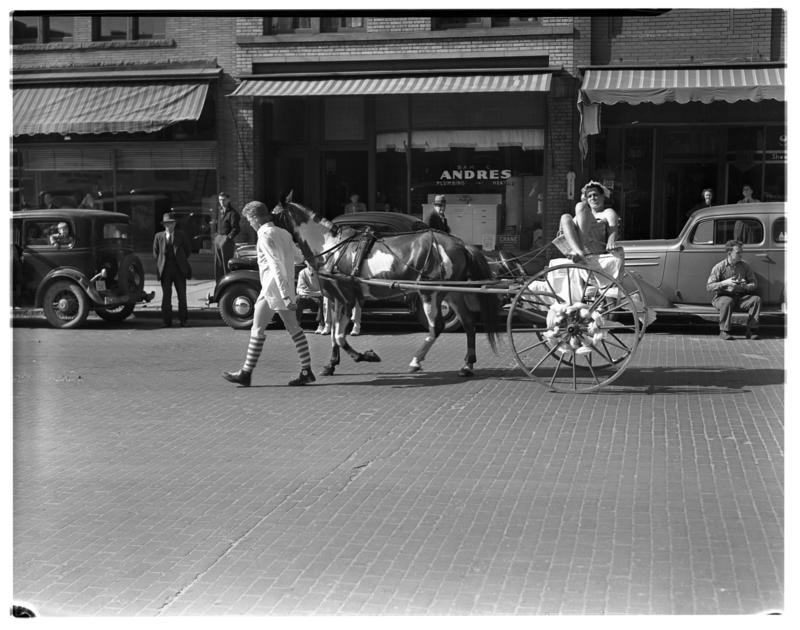
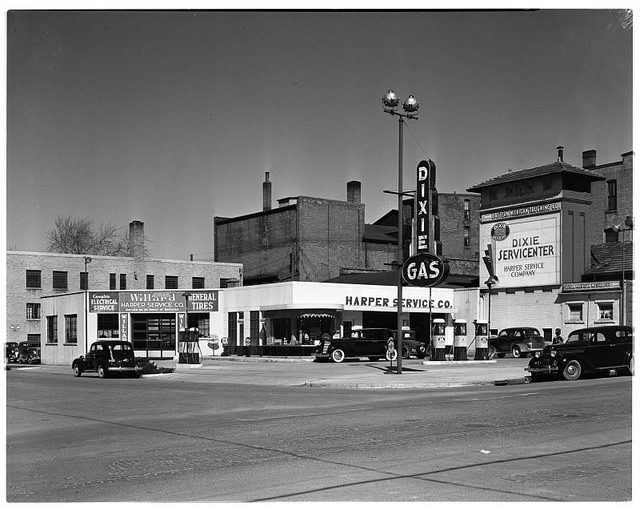
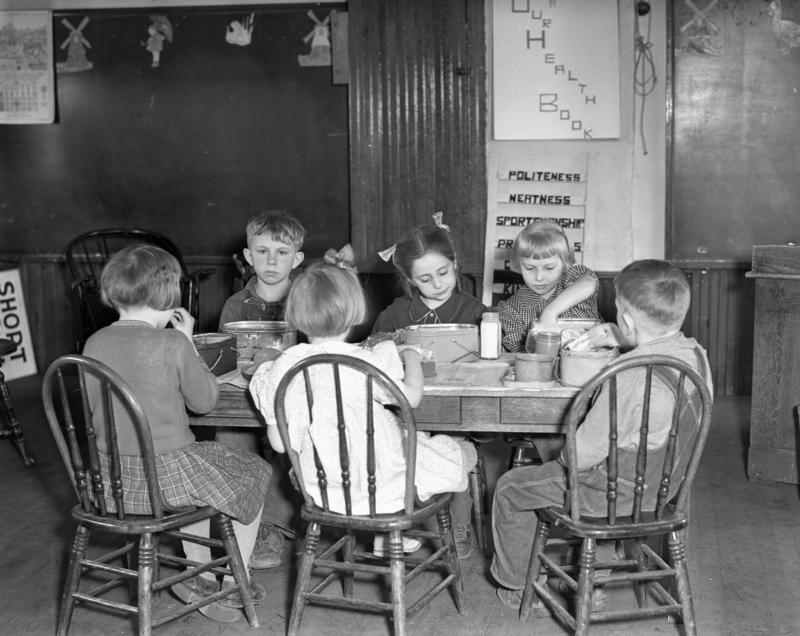
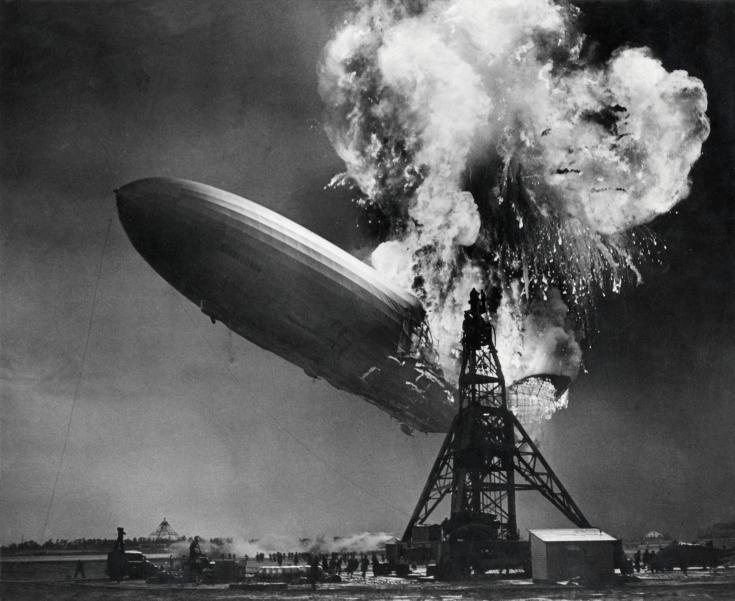
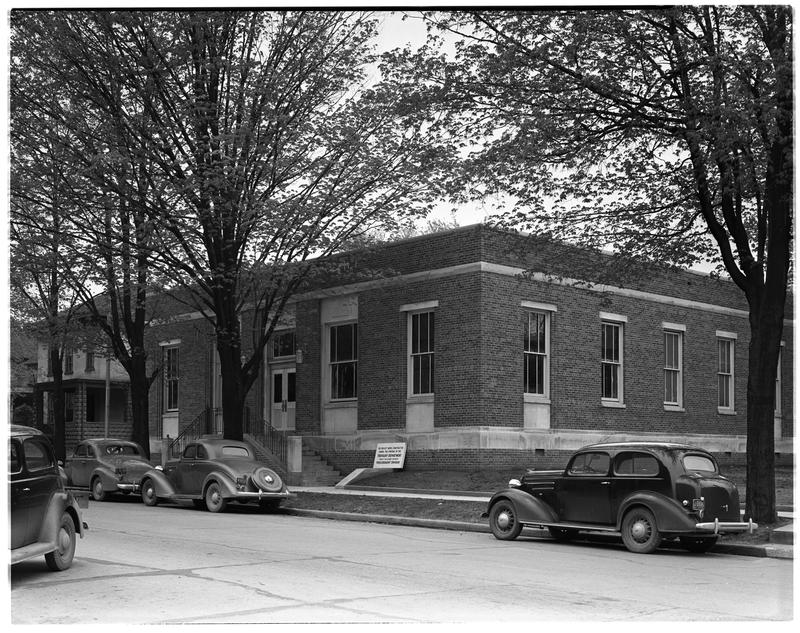

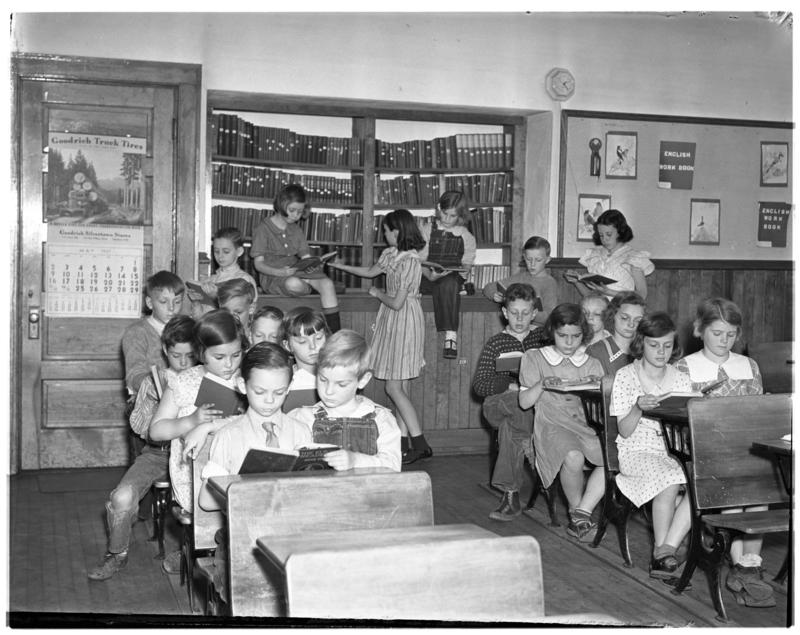
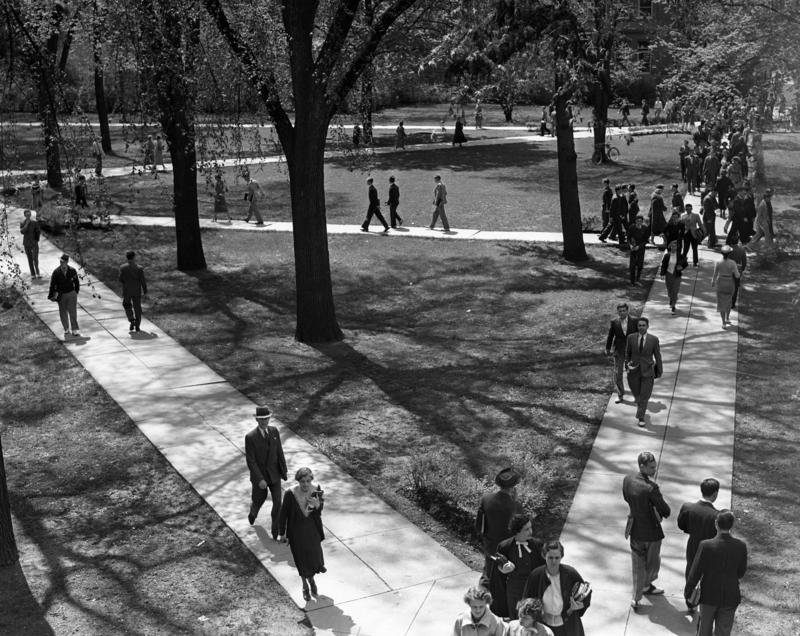
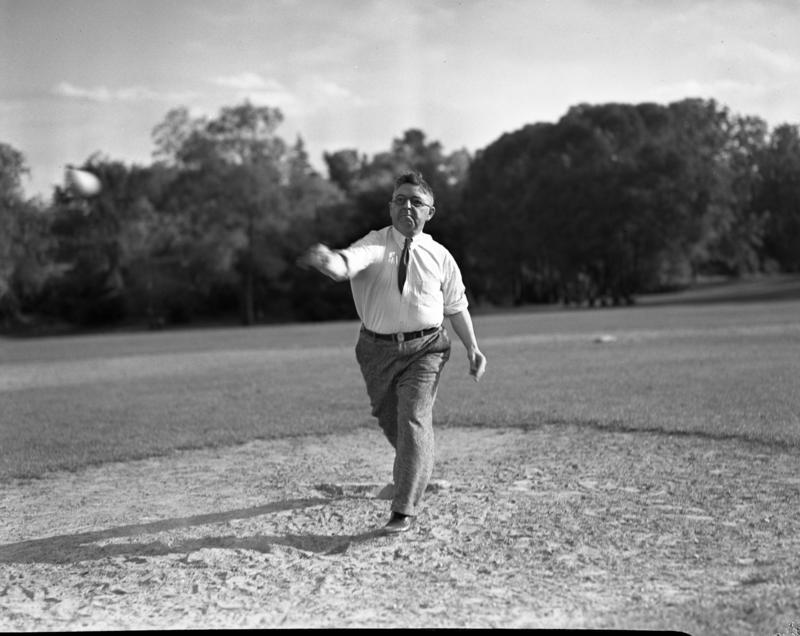
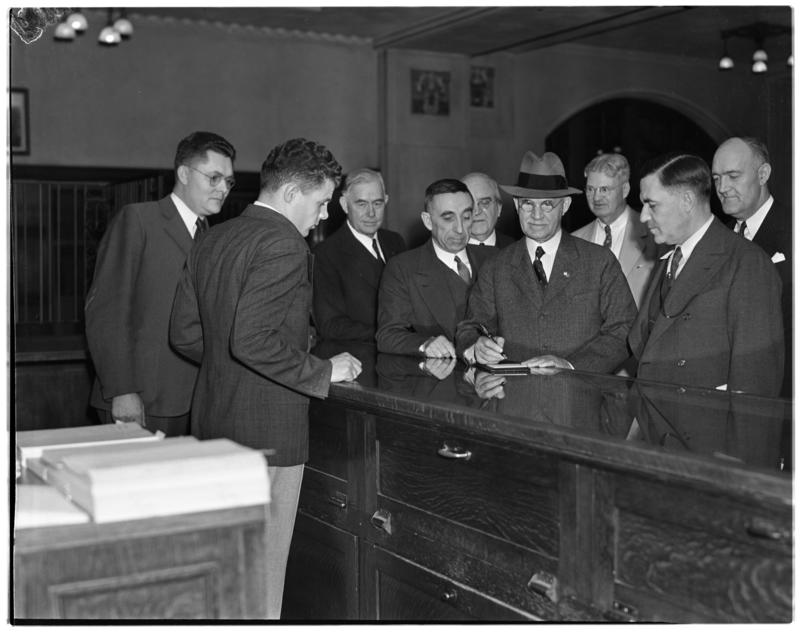
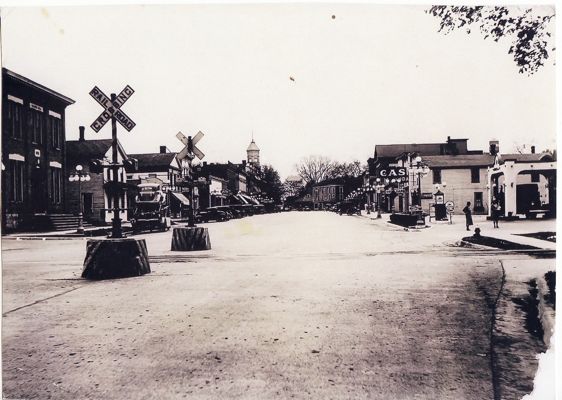
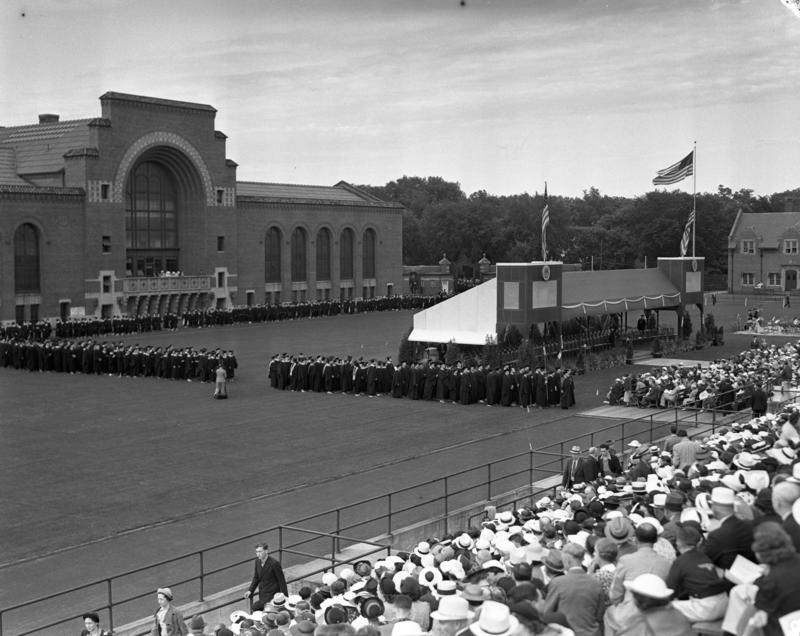

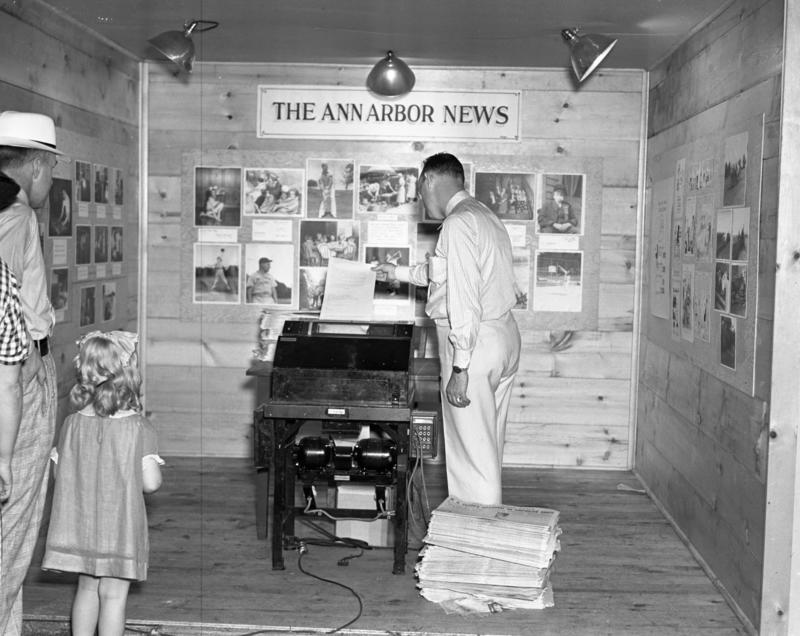
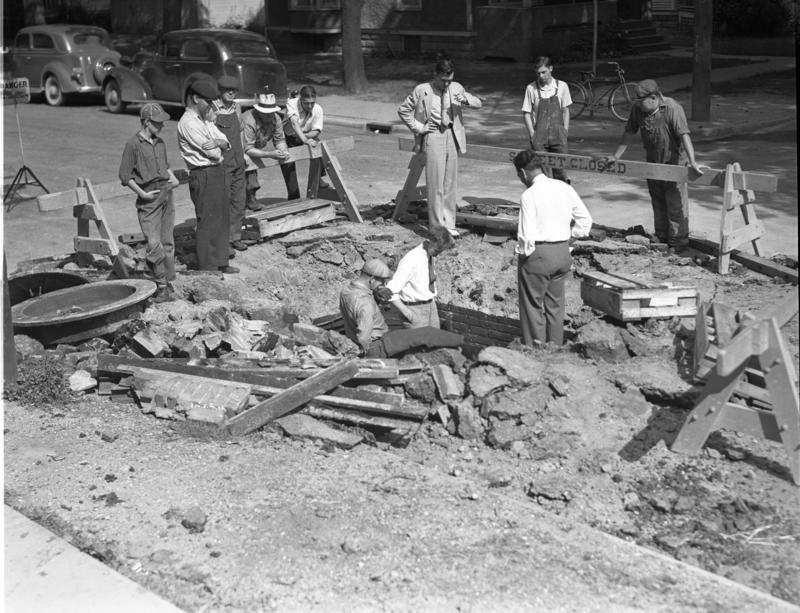



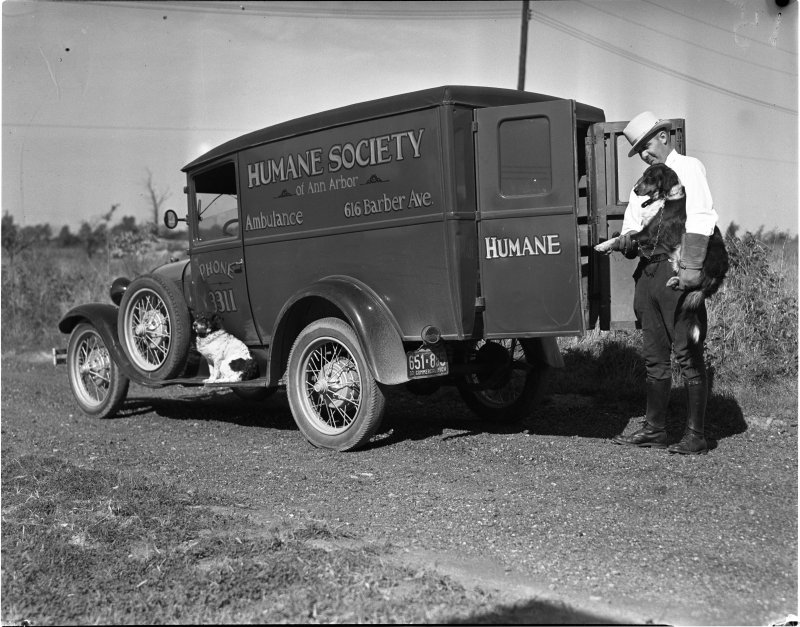
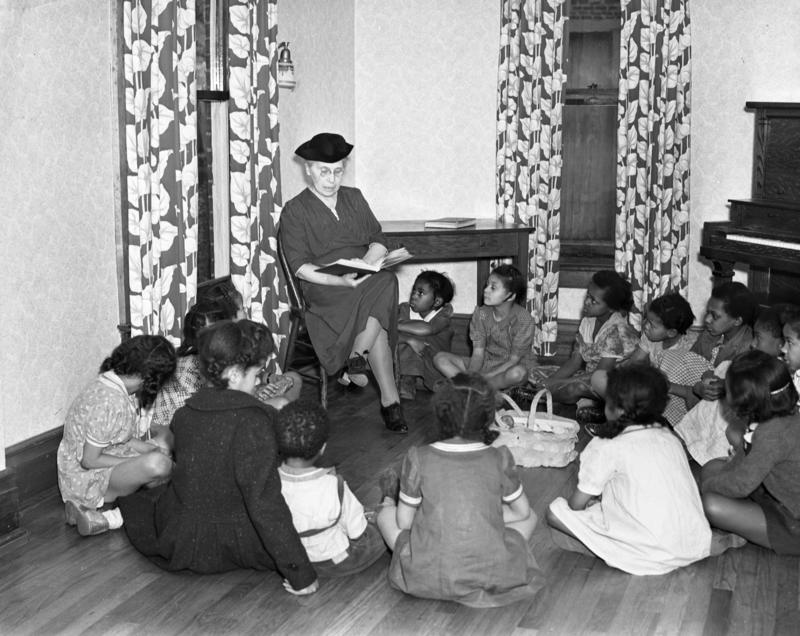
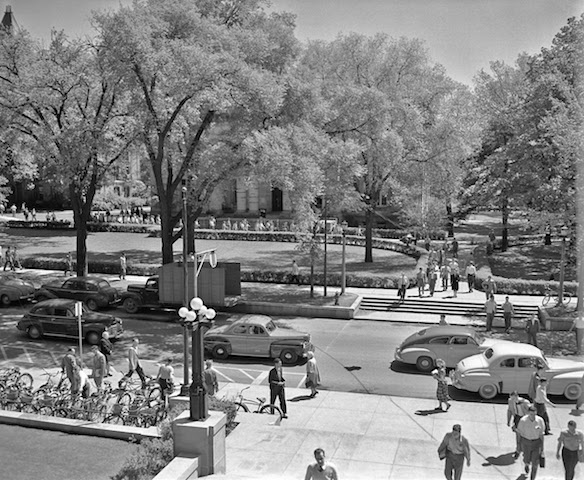

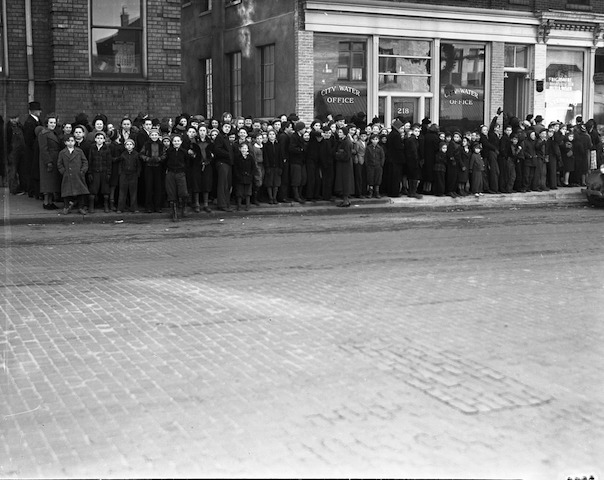

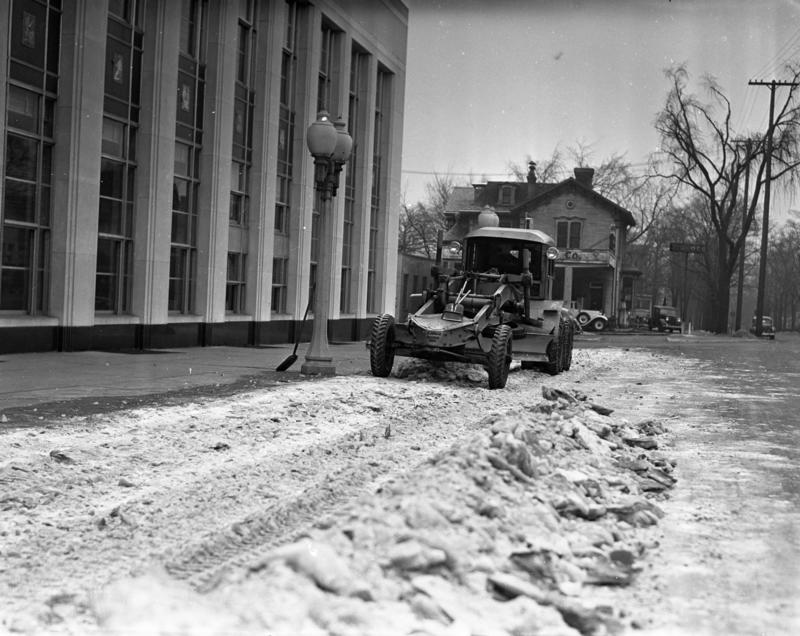
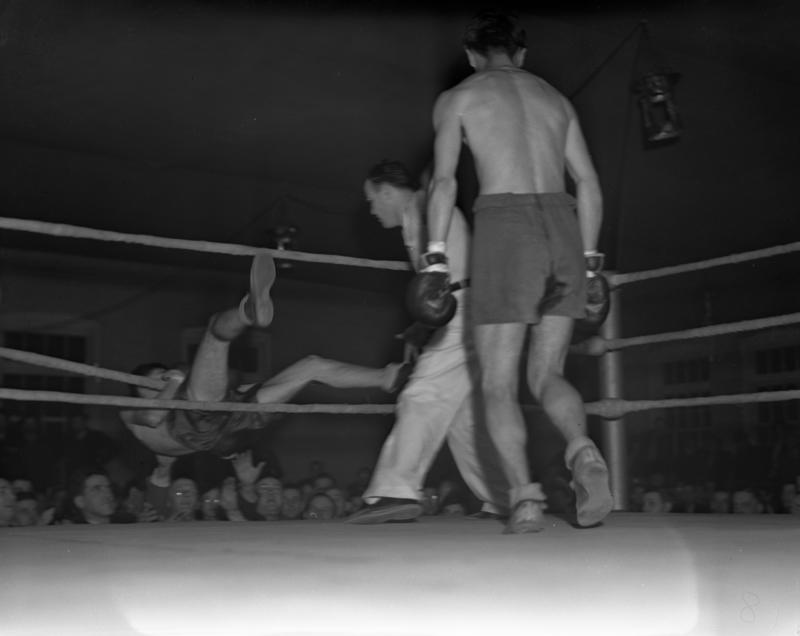
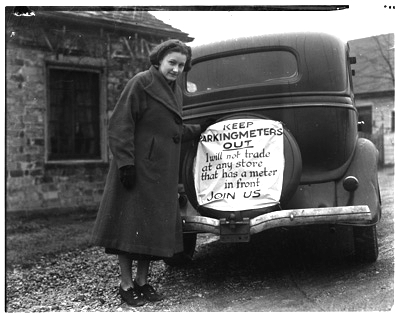
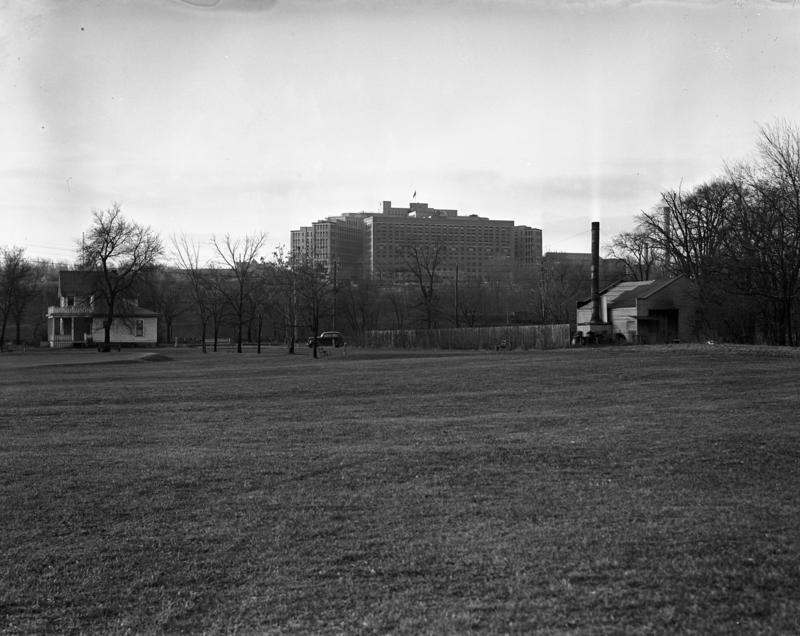
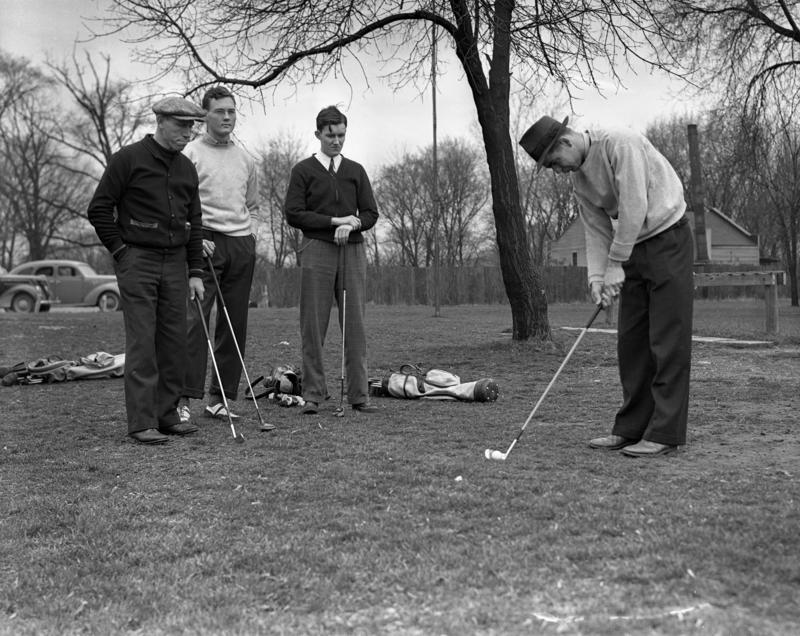
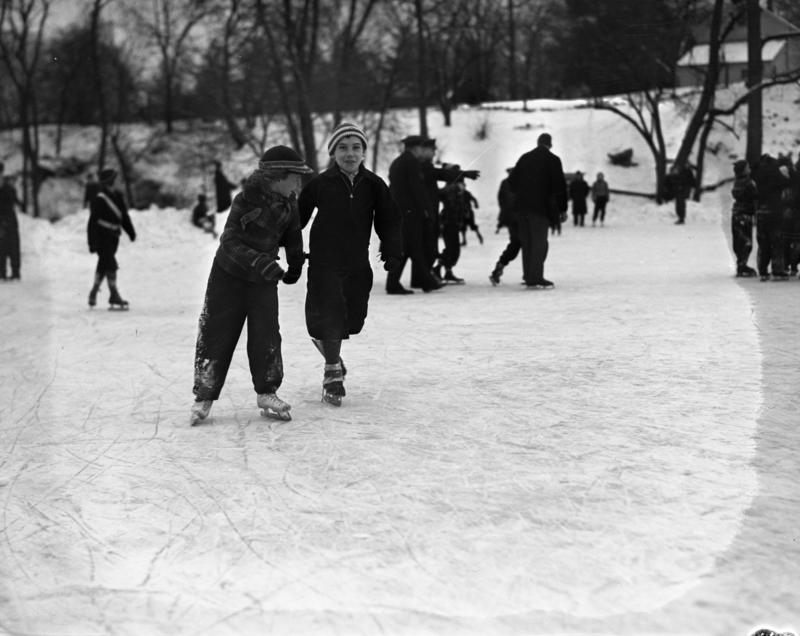
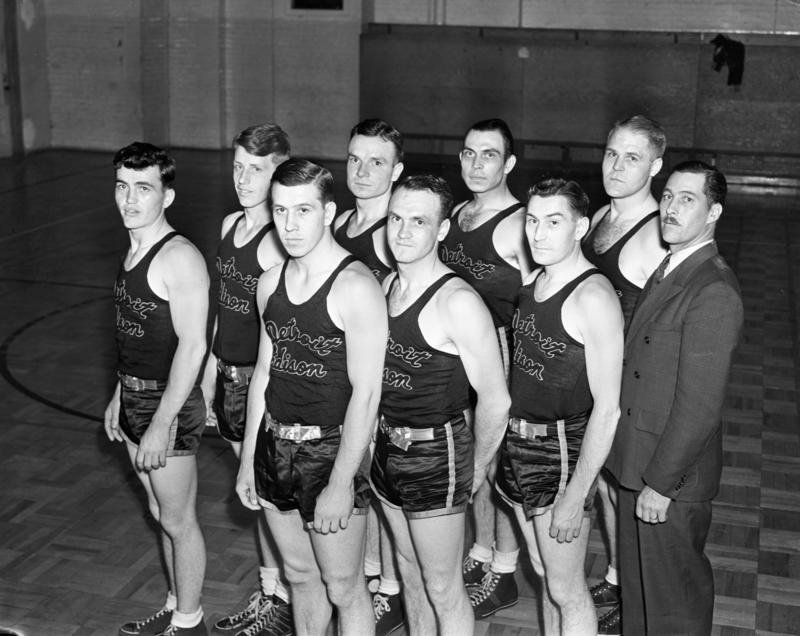
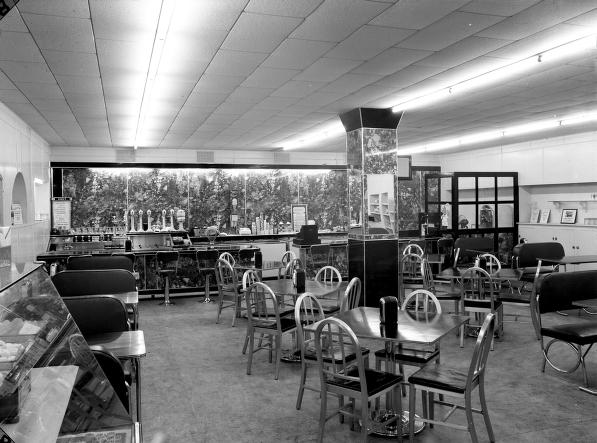
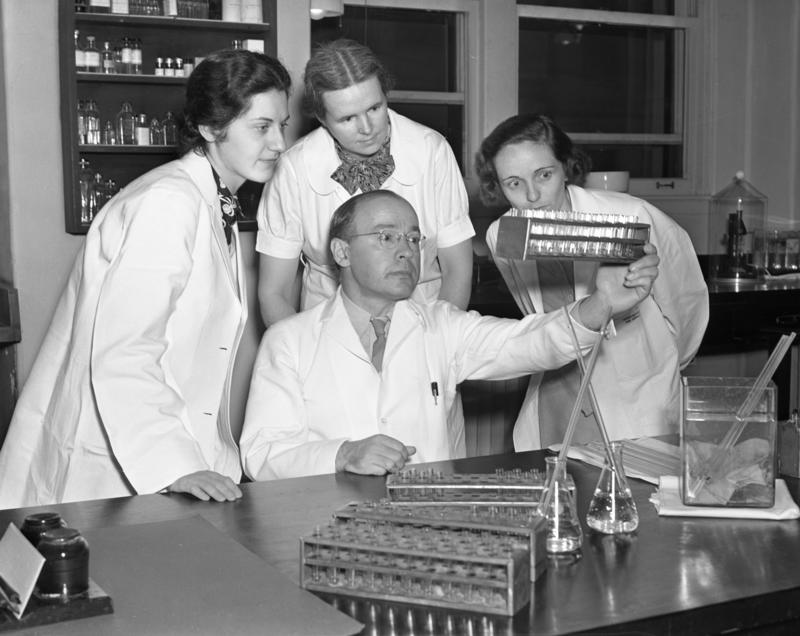
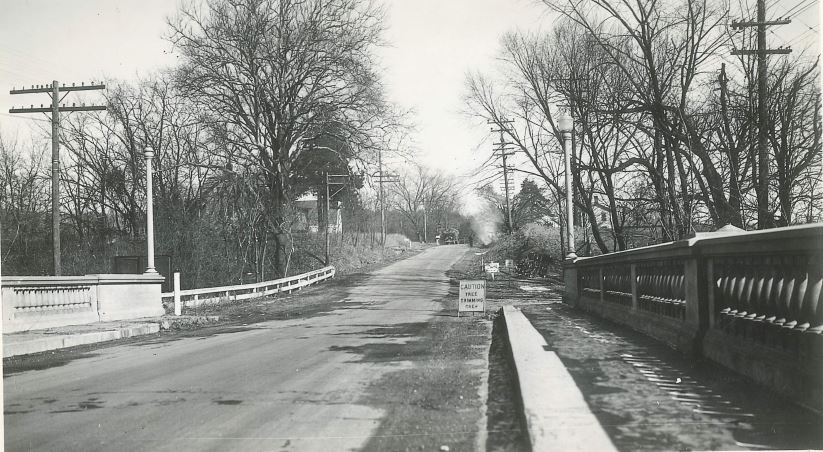
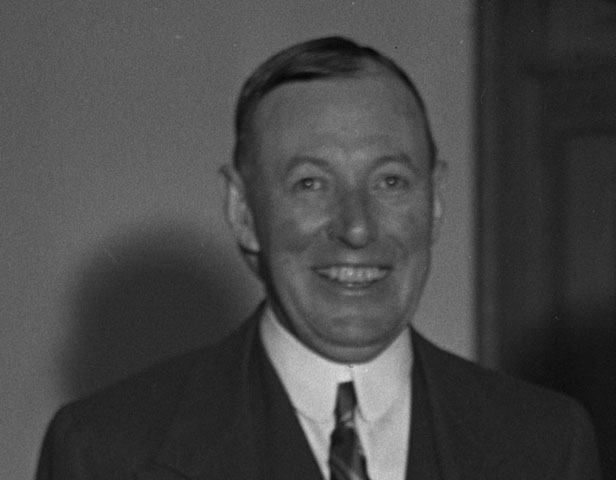
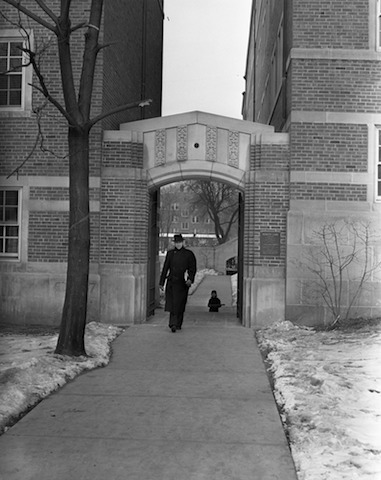
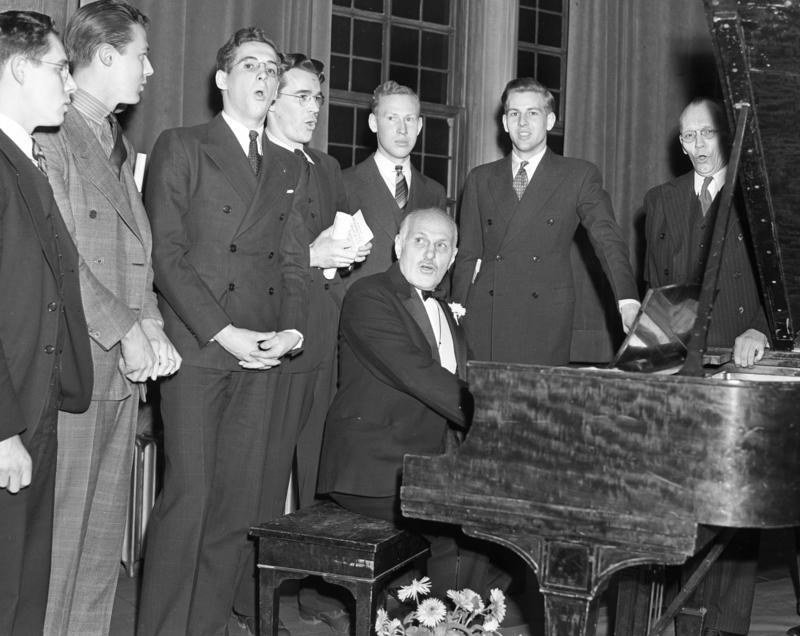
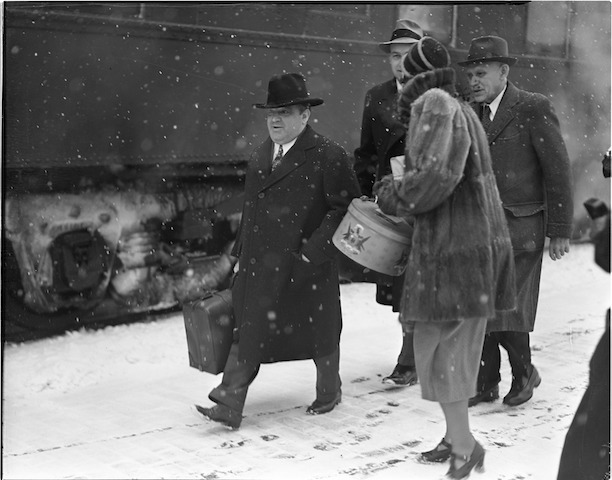
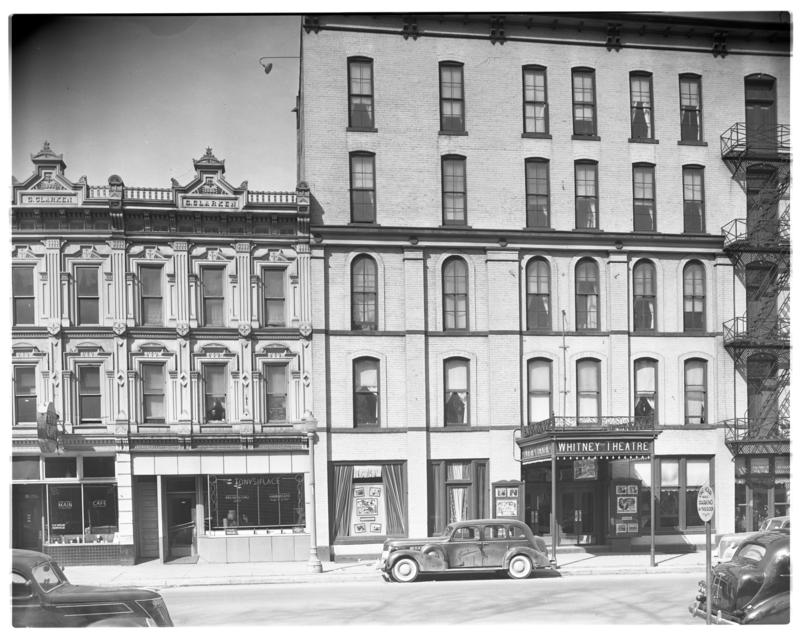
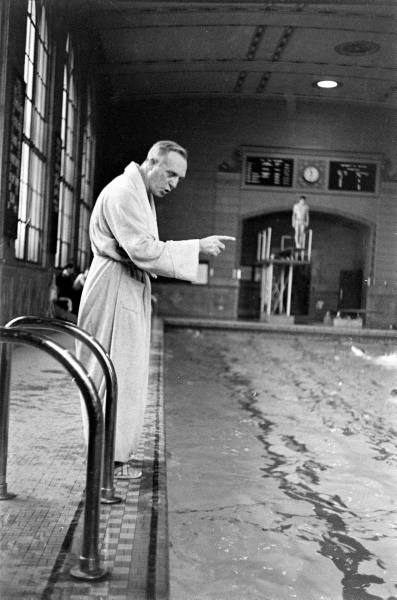

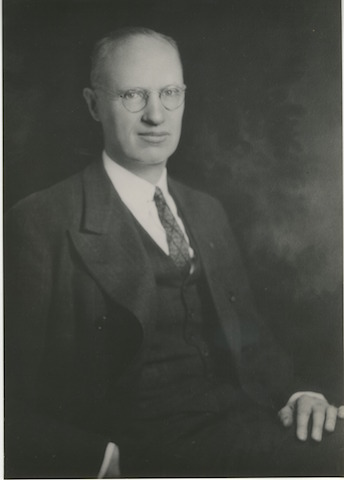

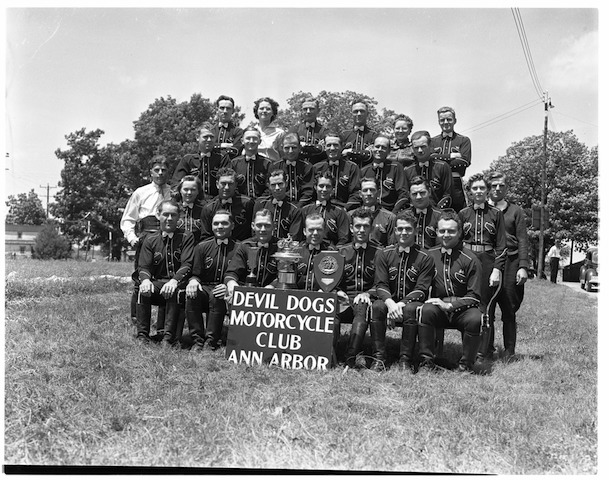
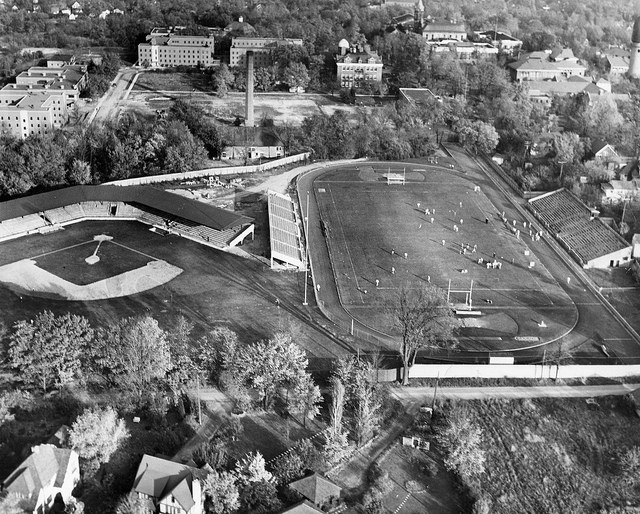
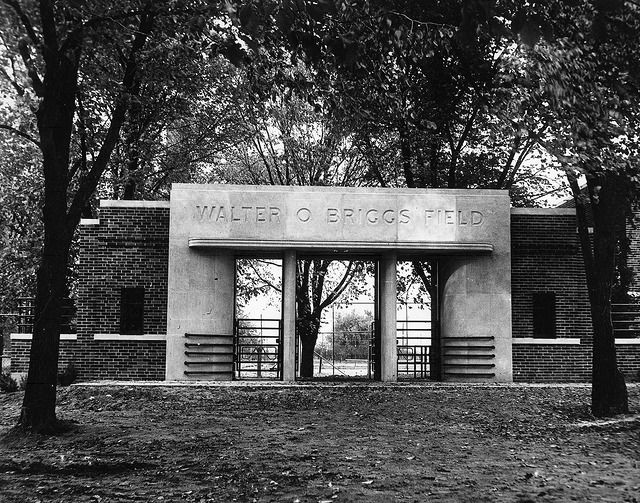
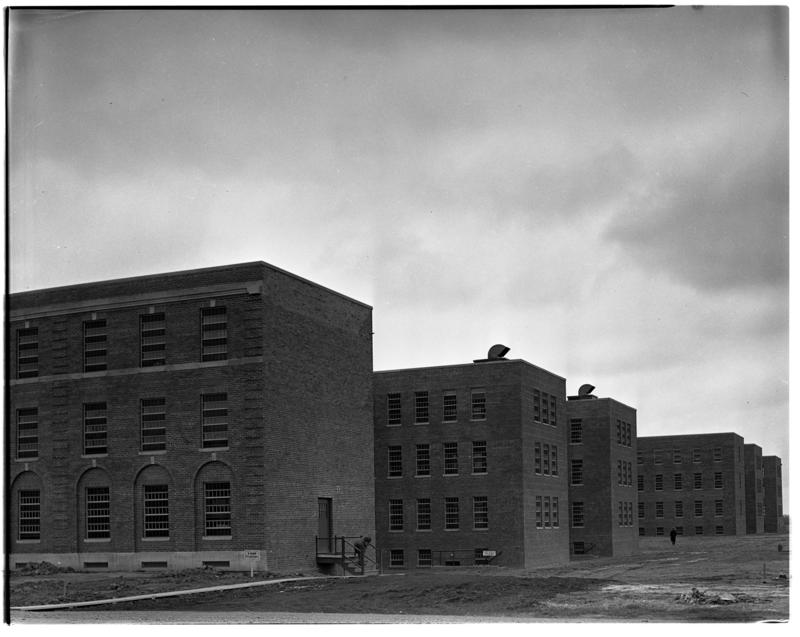


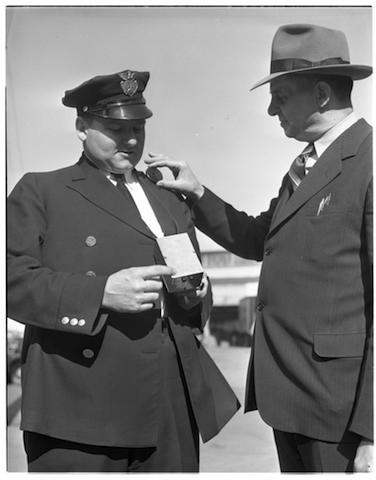
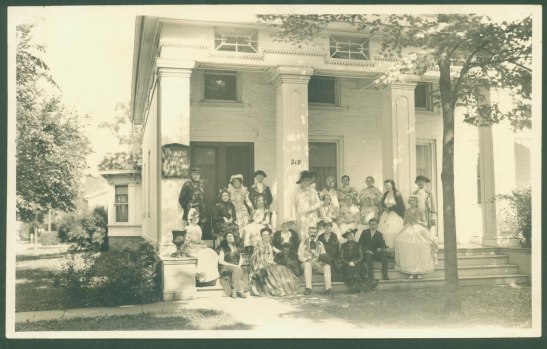
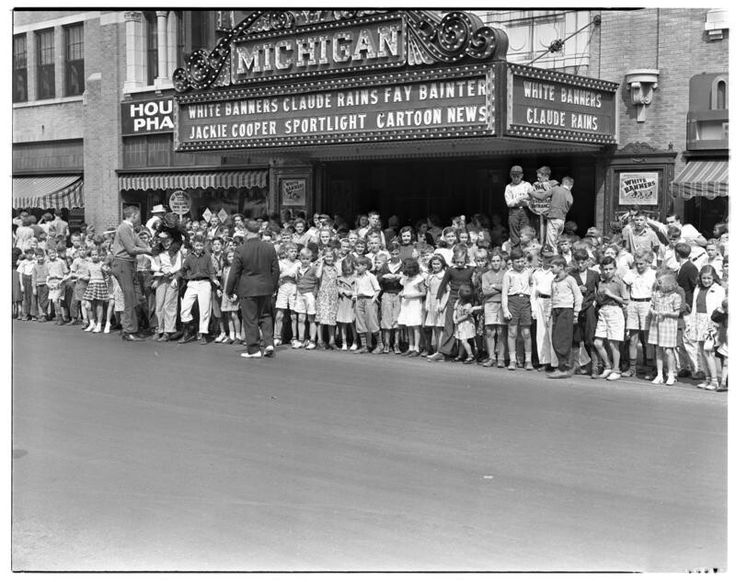
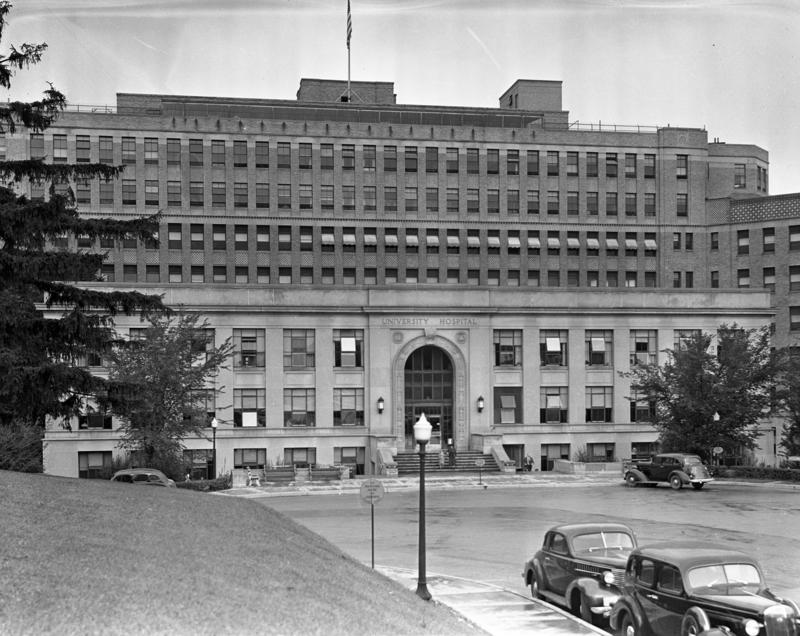


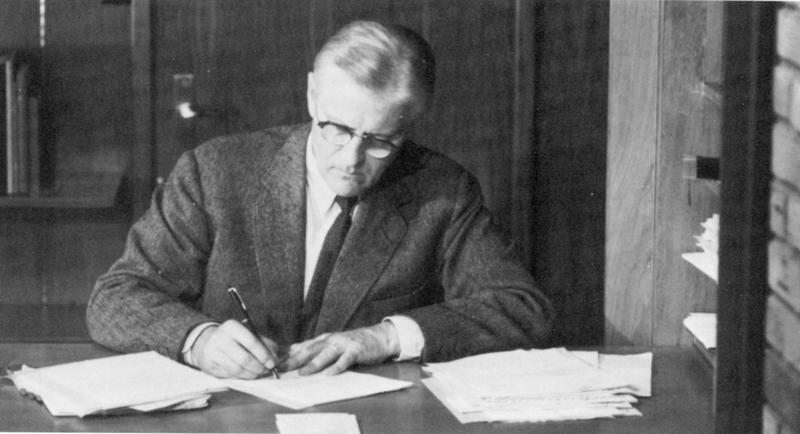

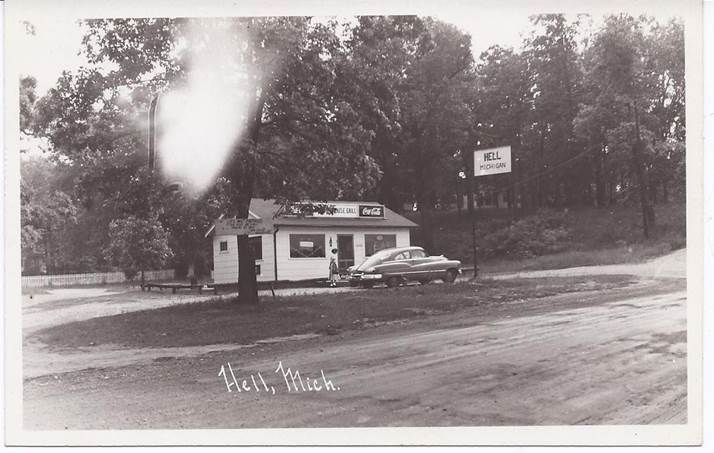
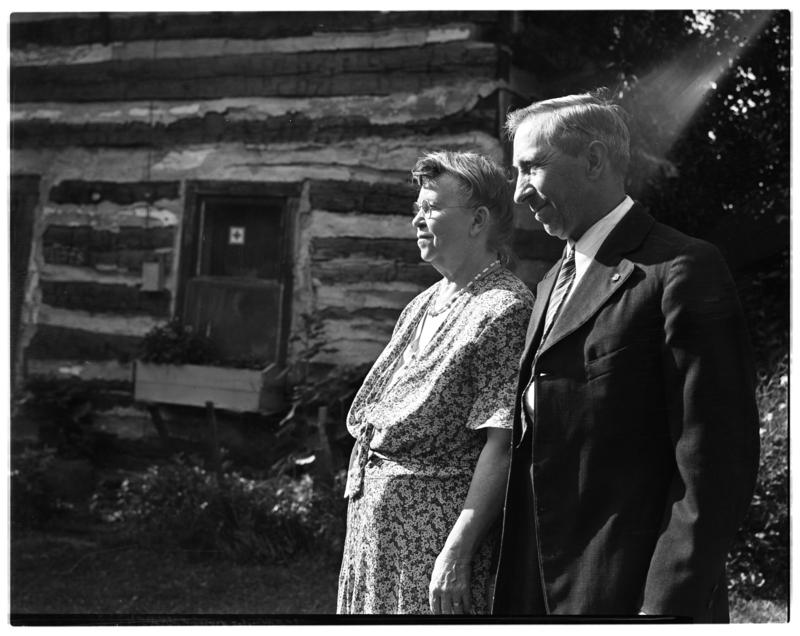
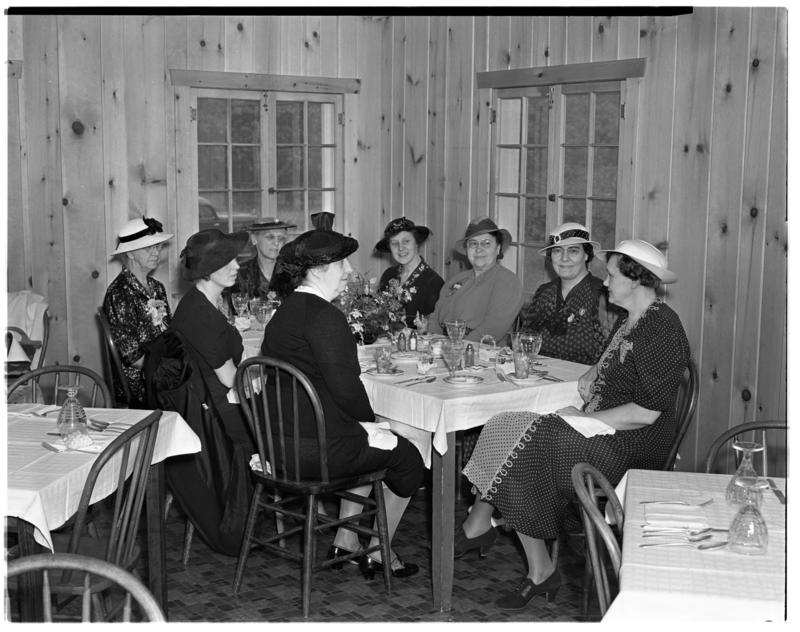
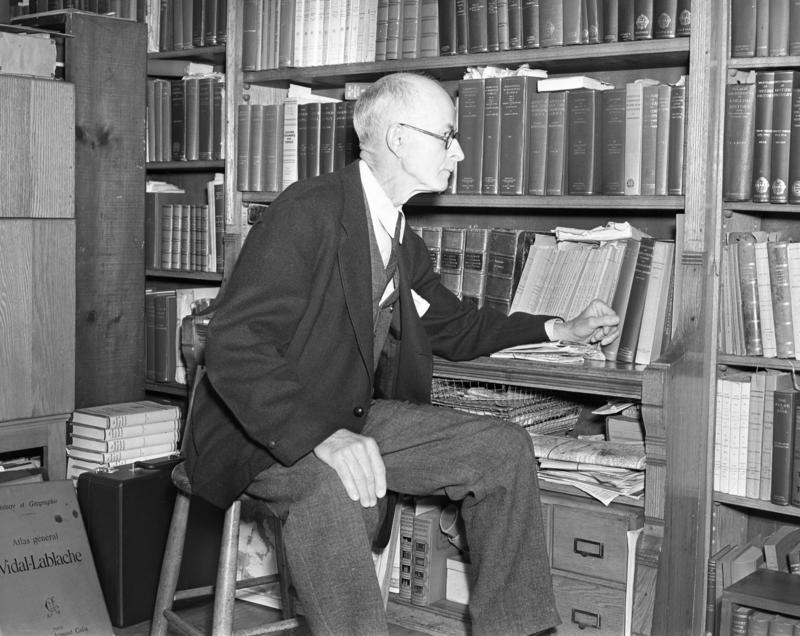
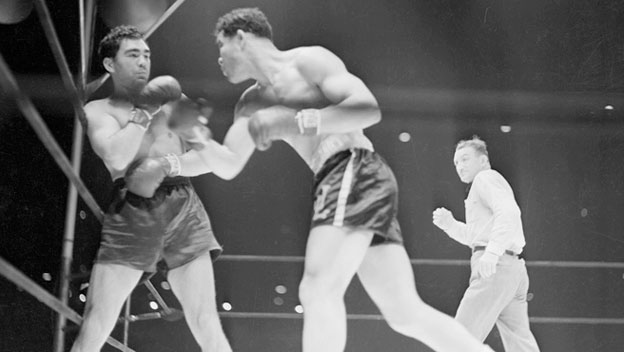
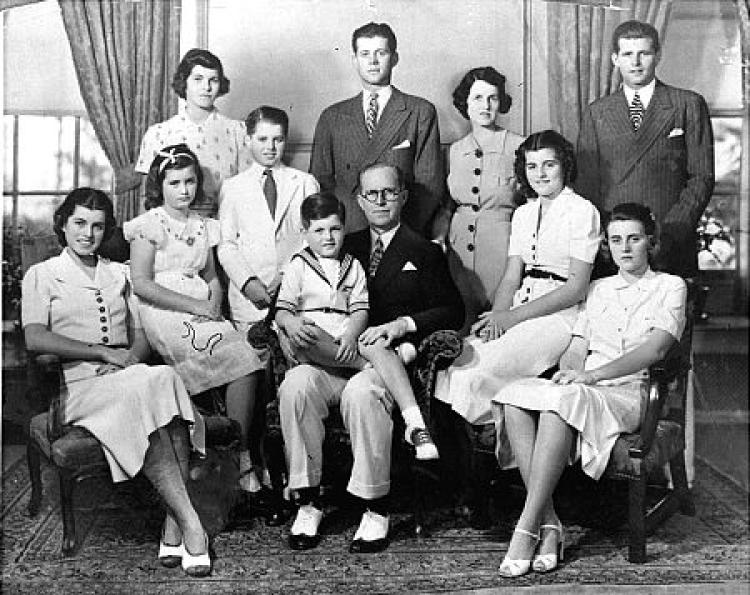
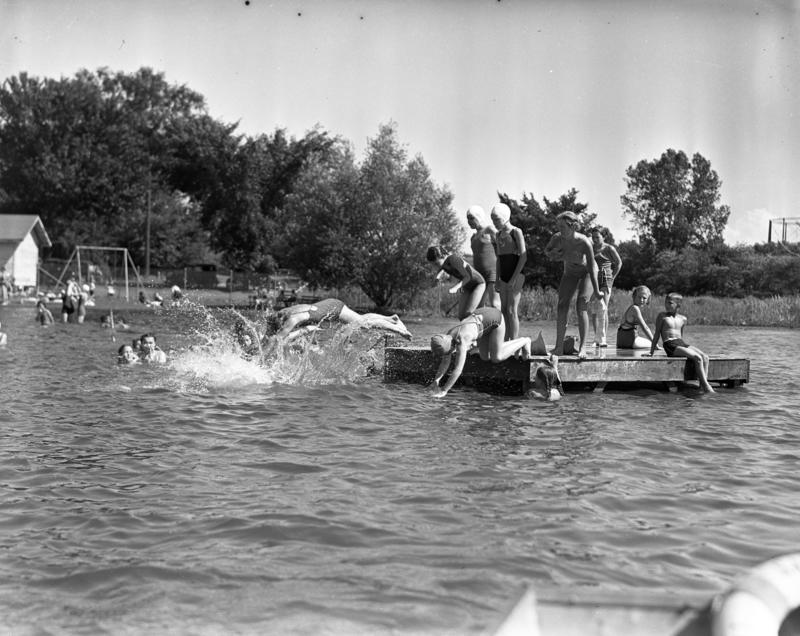
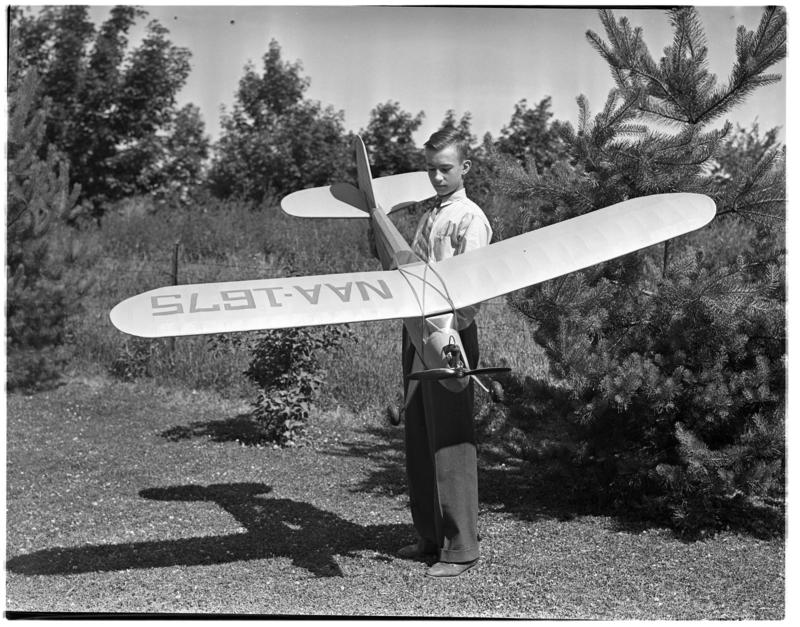
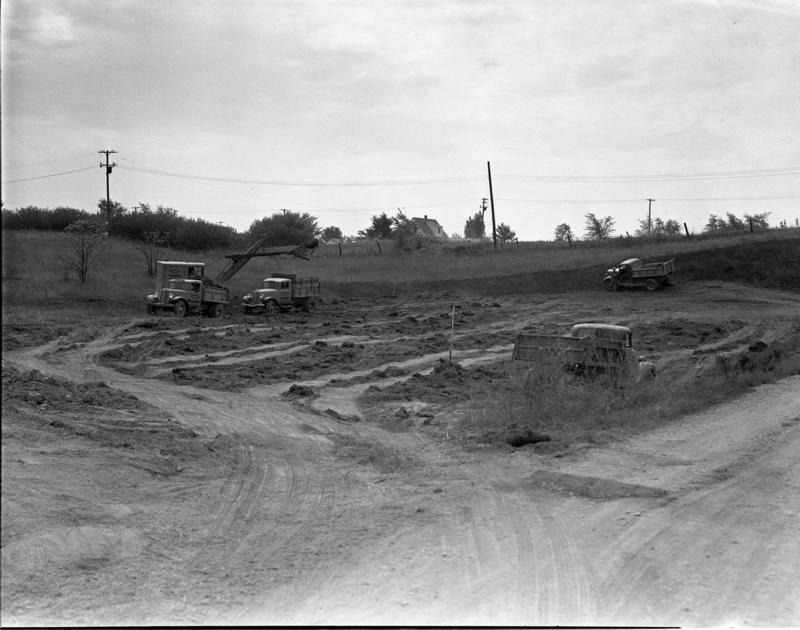
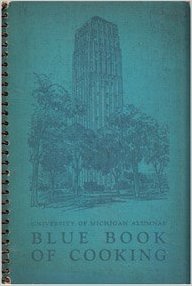

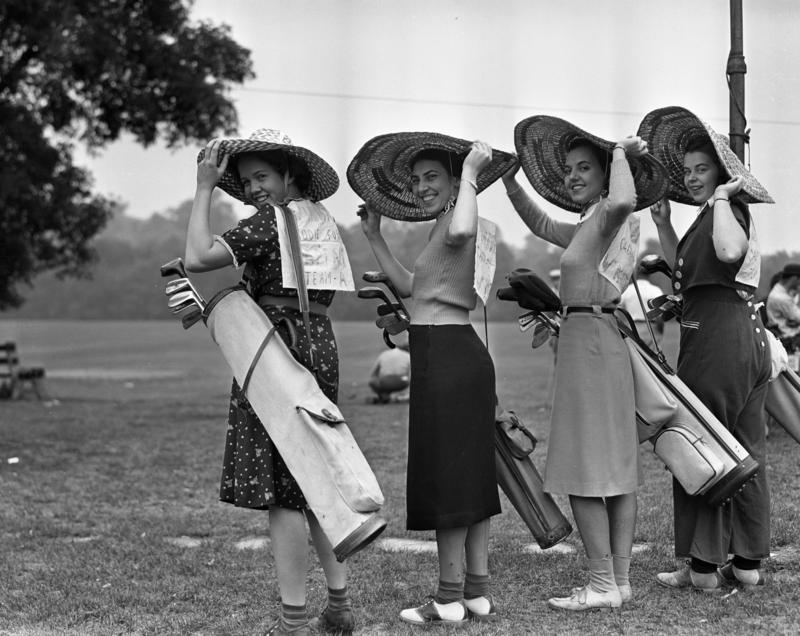
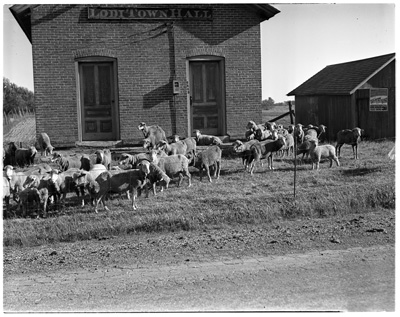
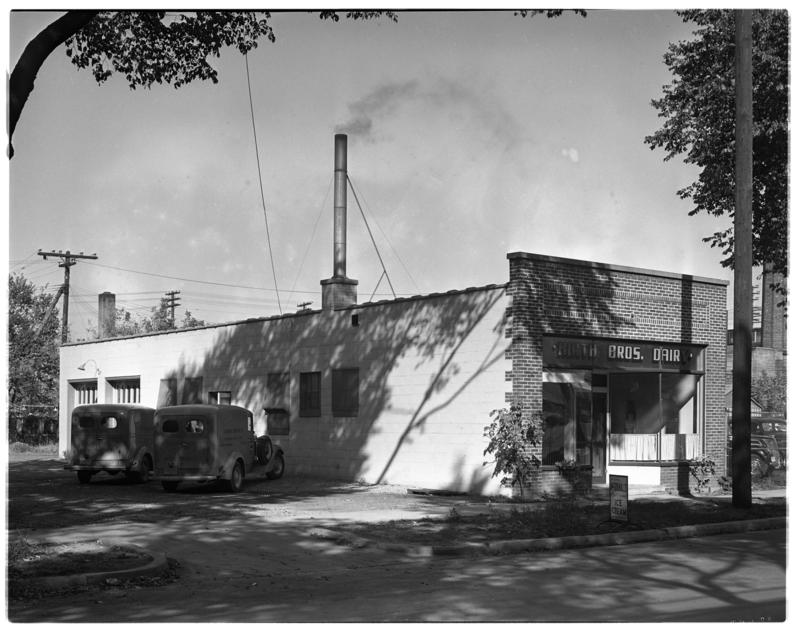
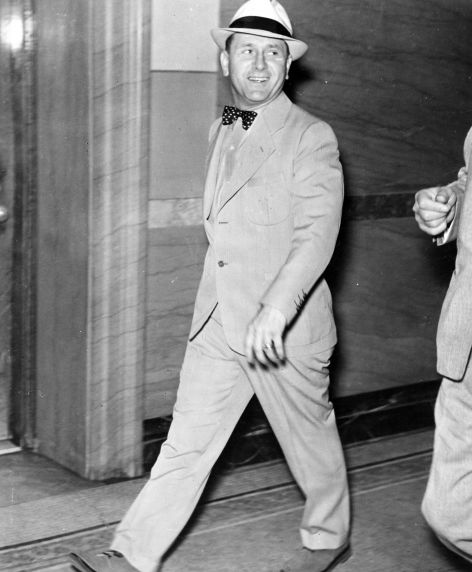
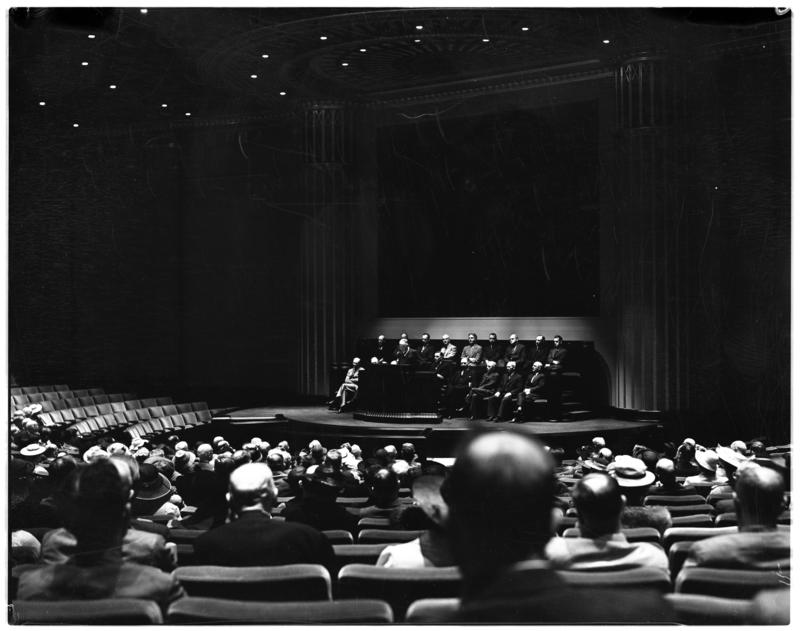
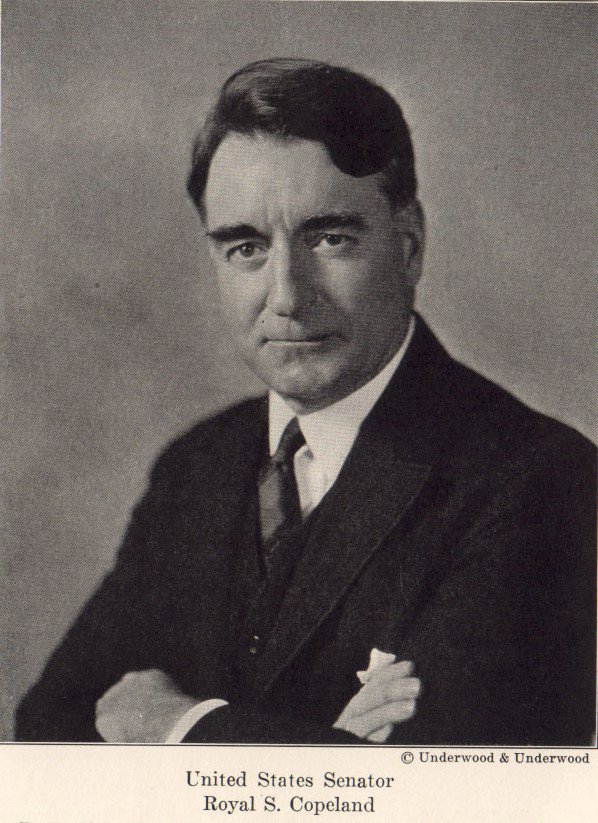
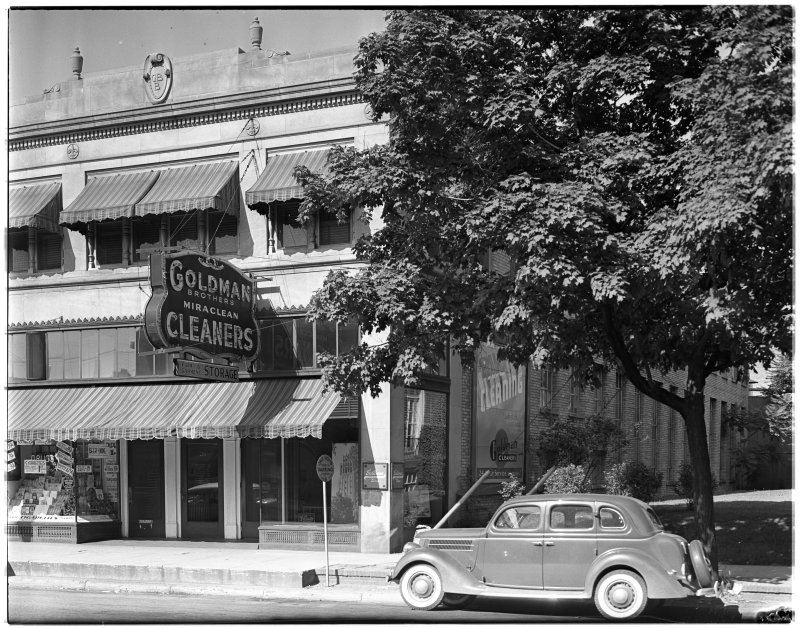
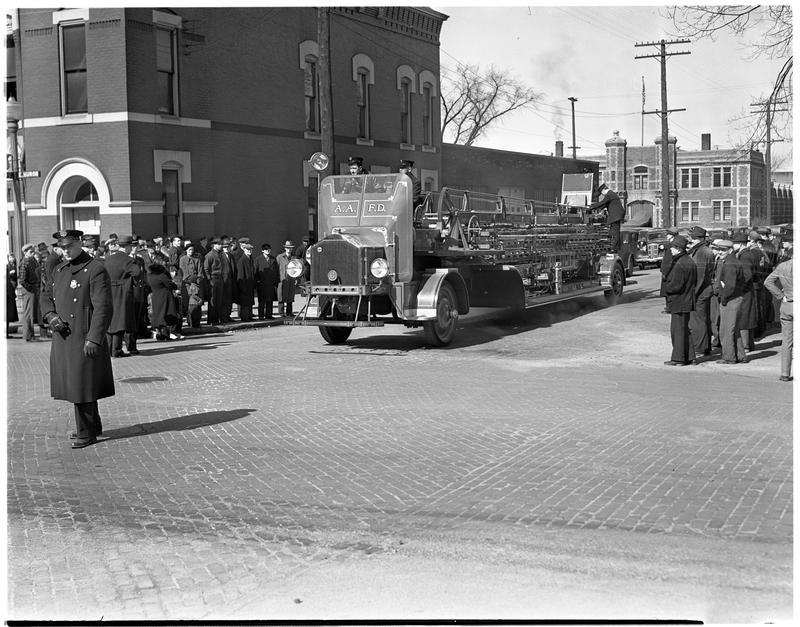
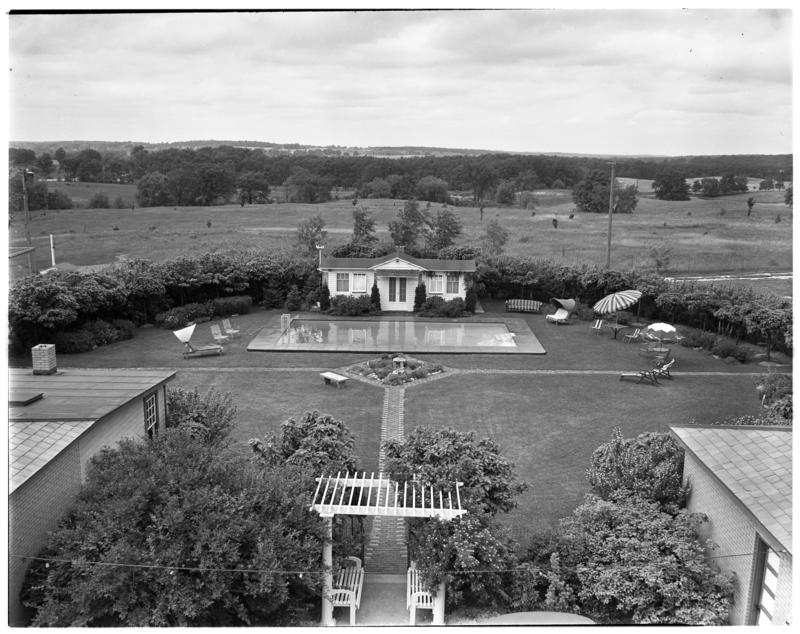
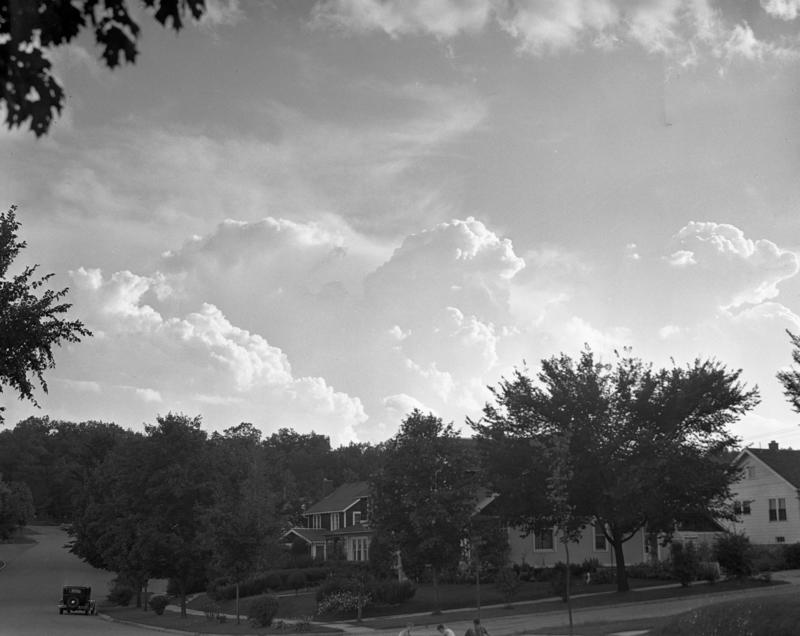
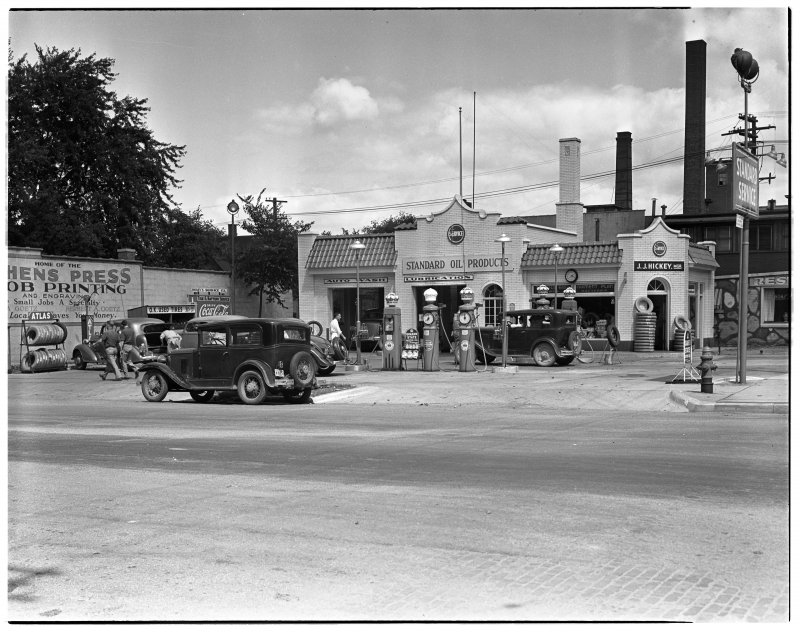
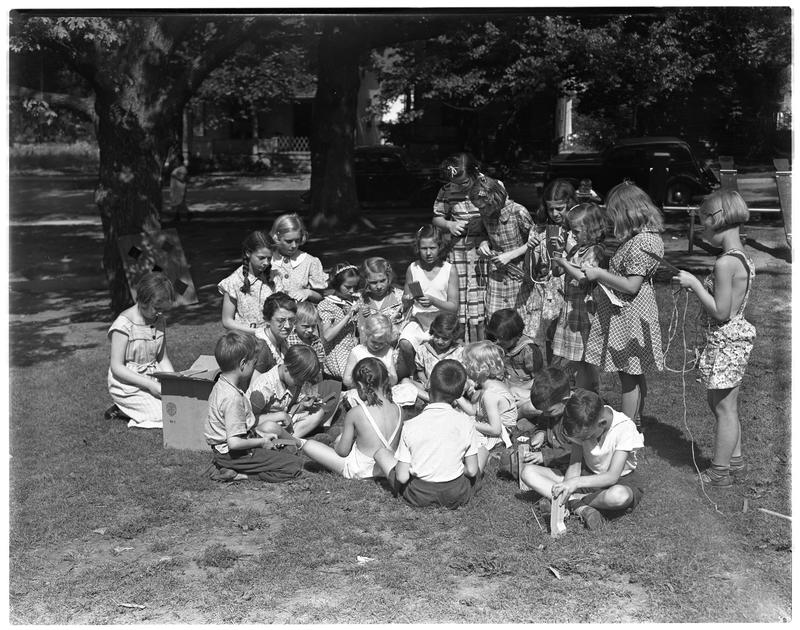
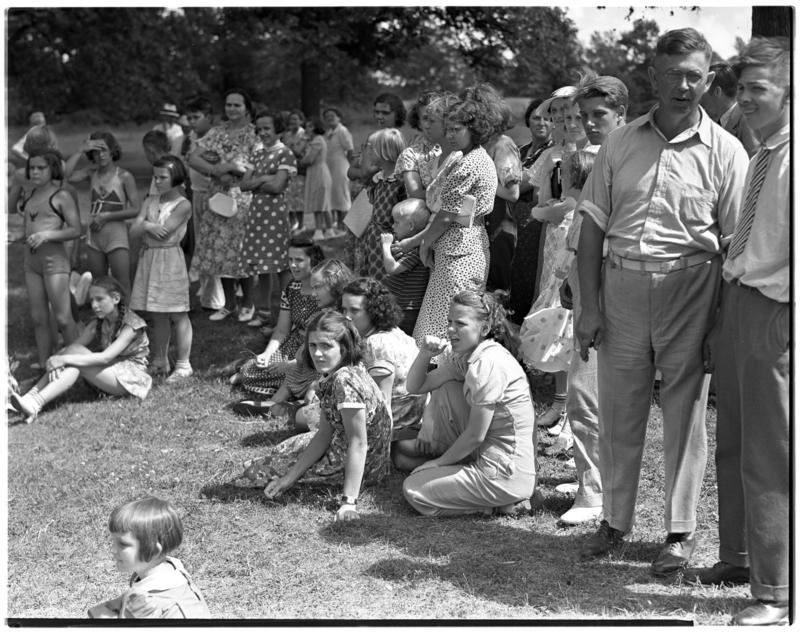

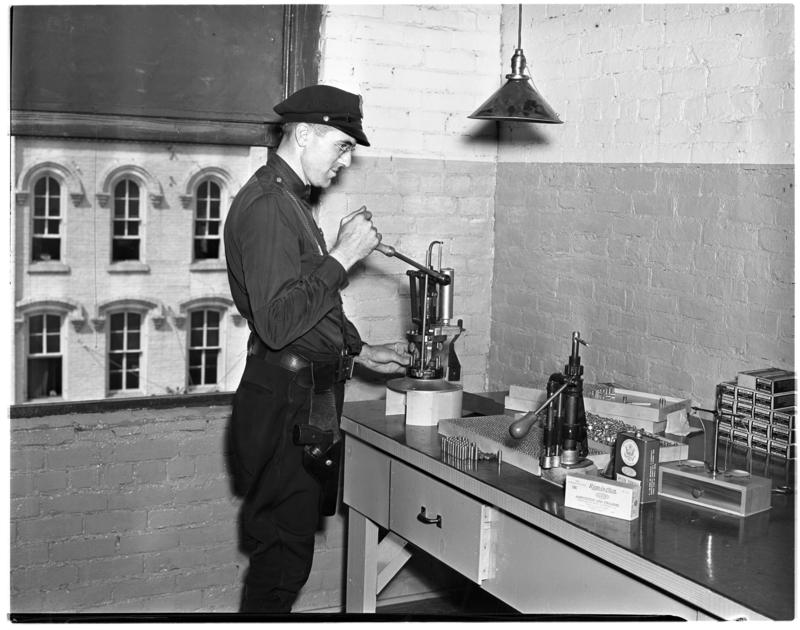

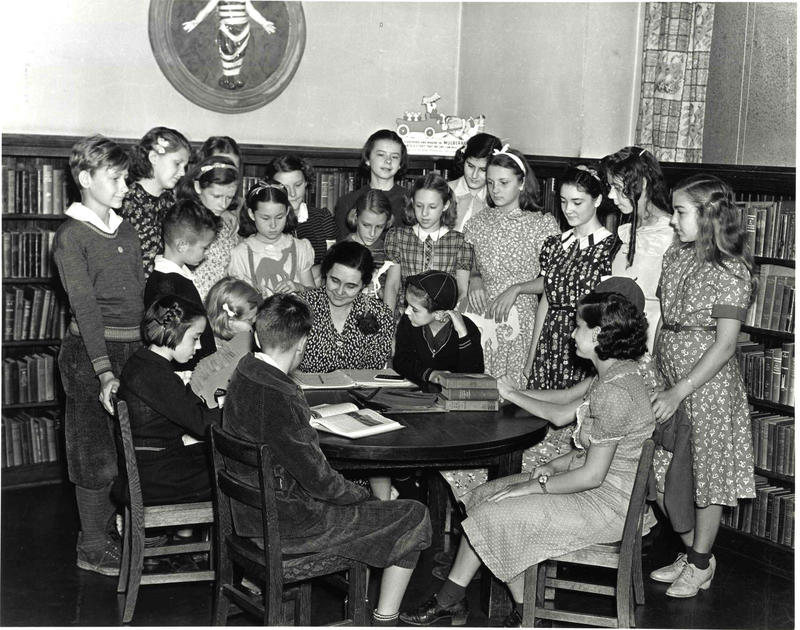
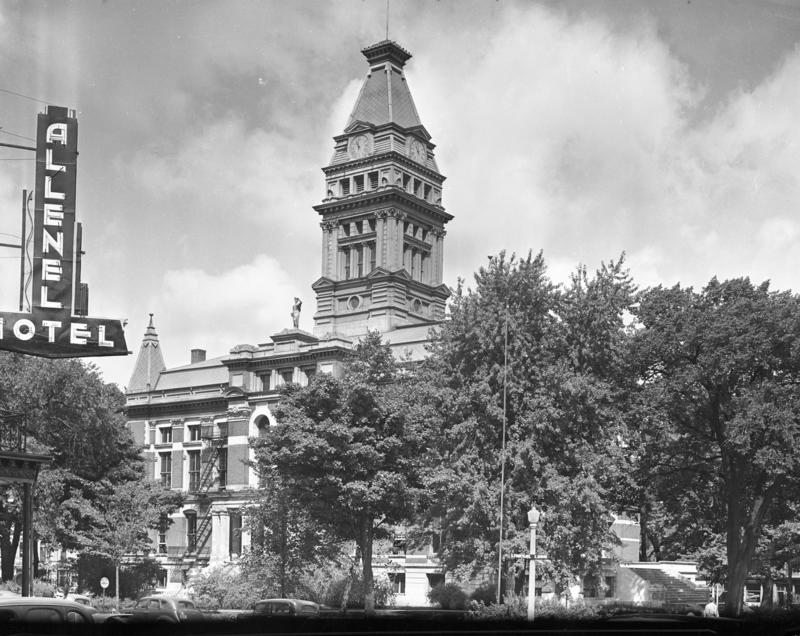
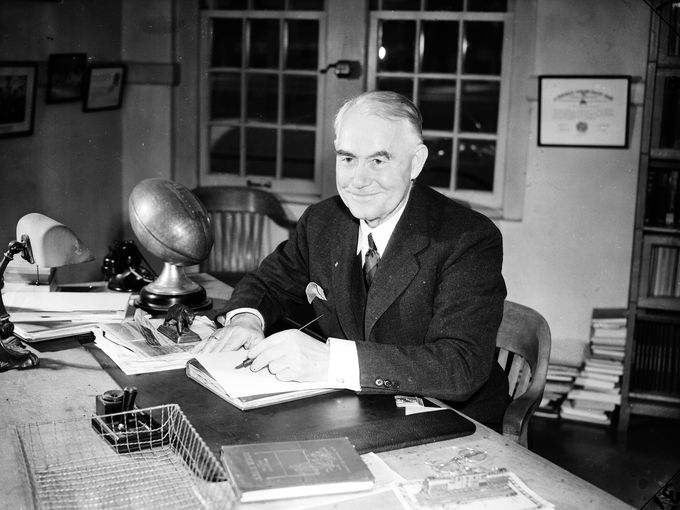

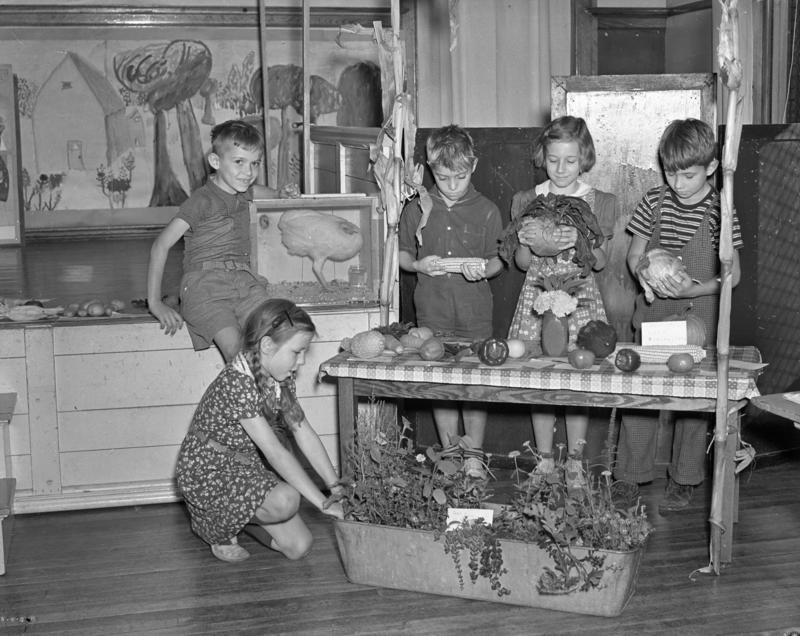

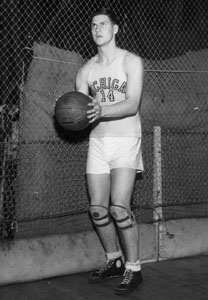
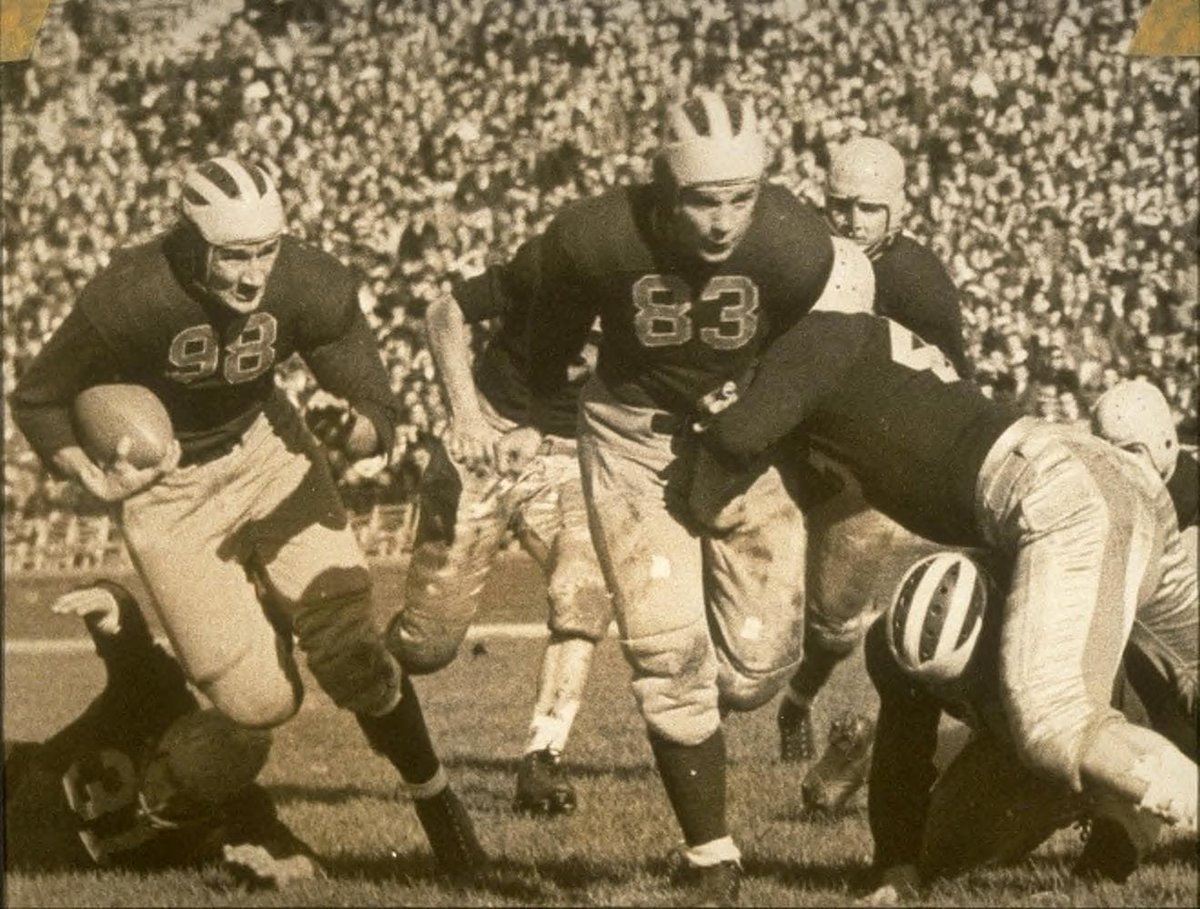
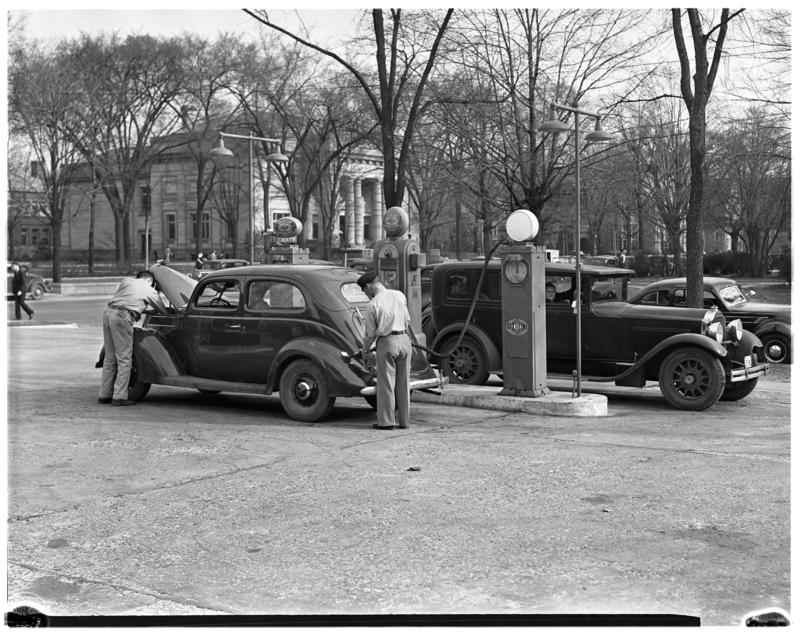 (
(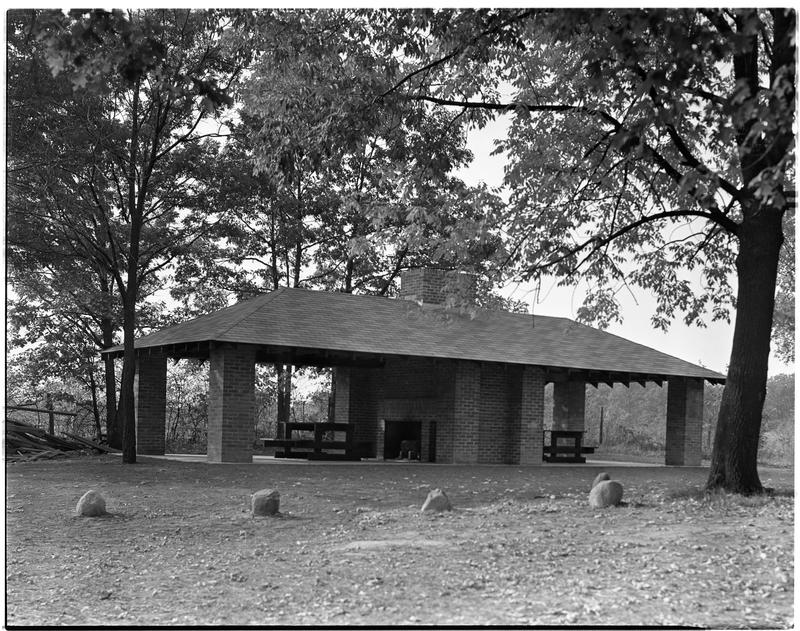
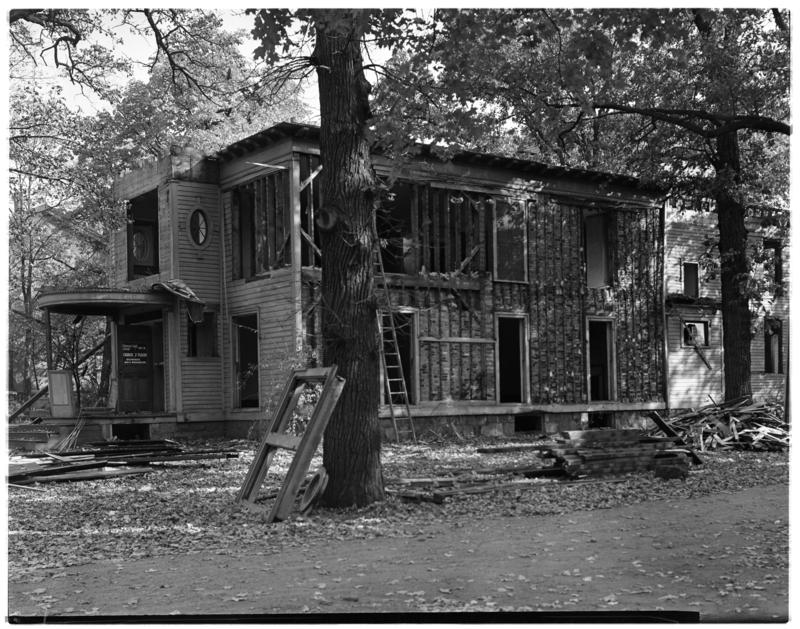

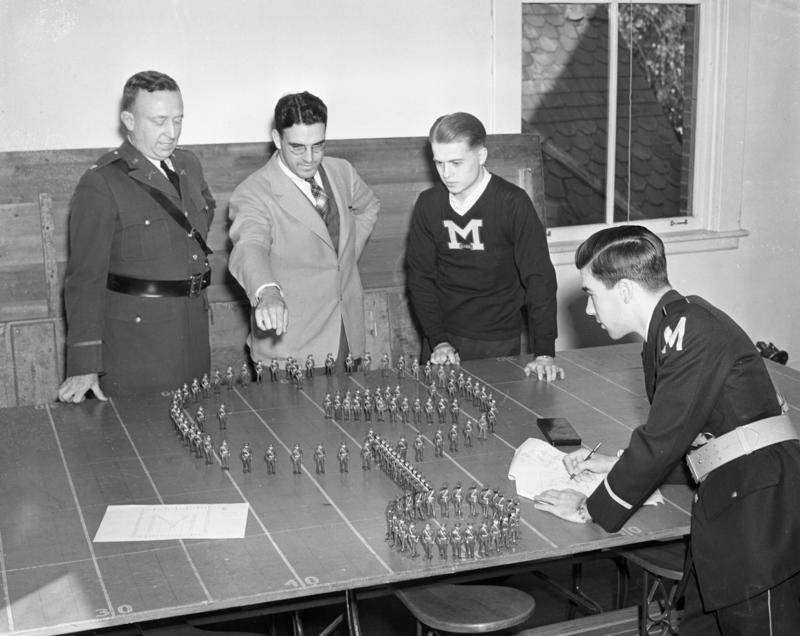
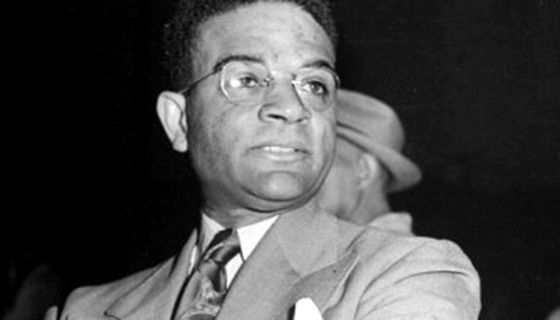
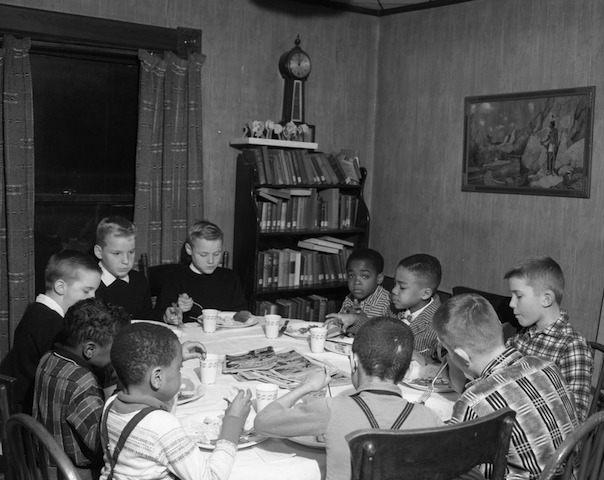
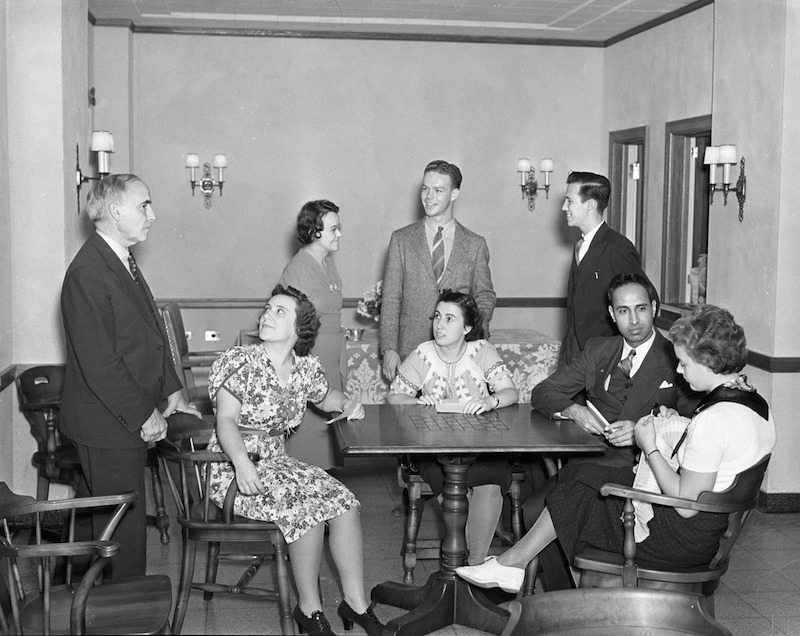
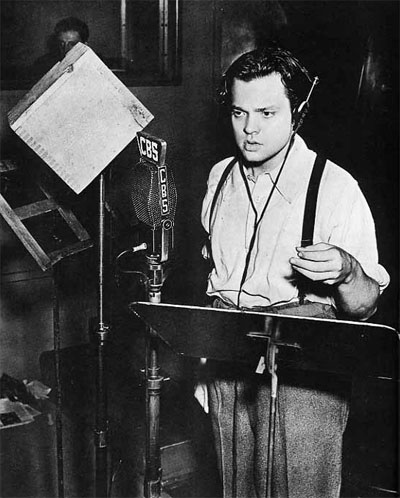
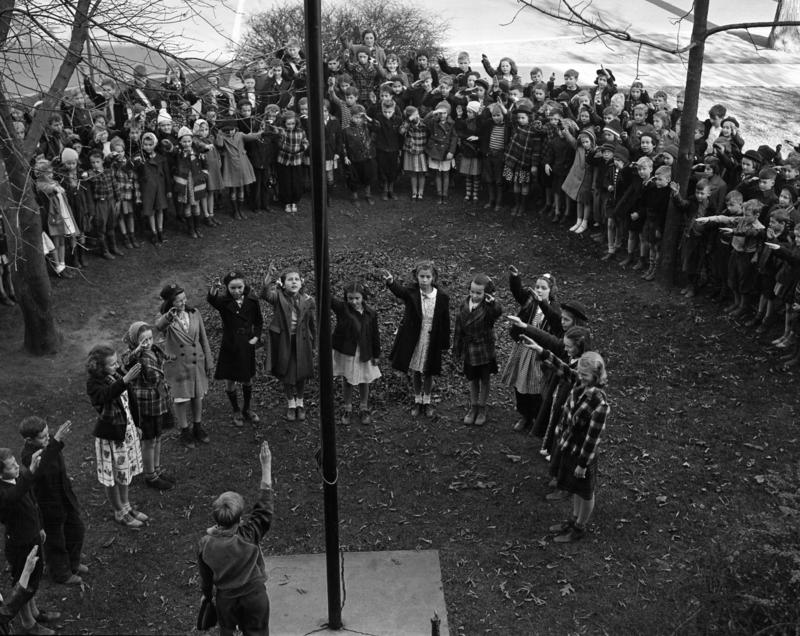
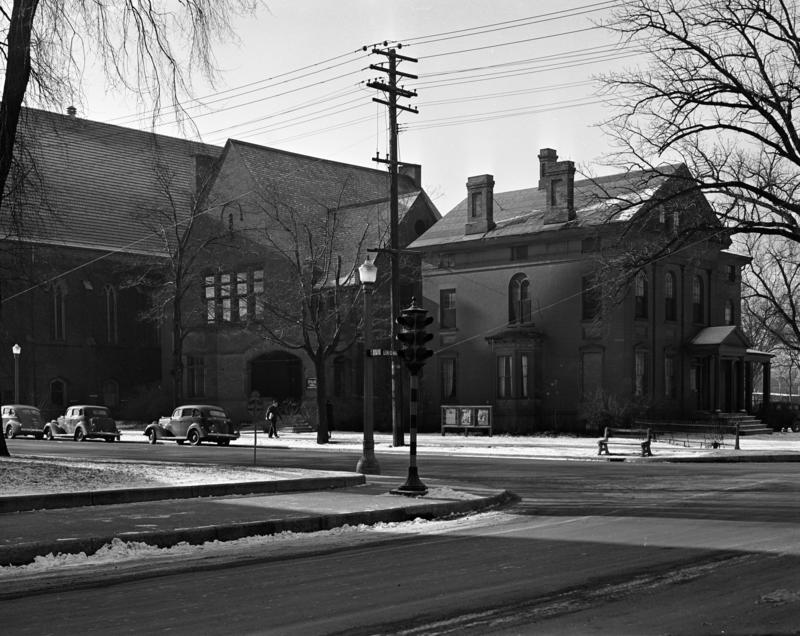
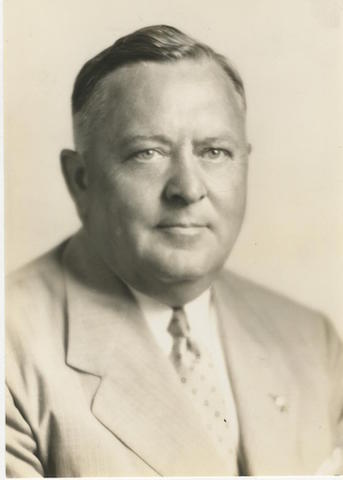
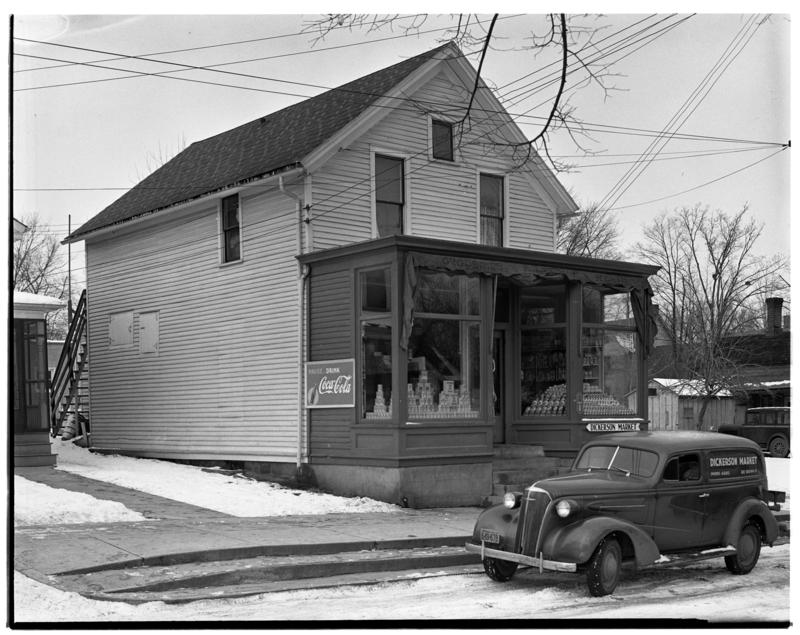
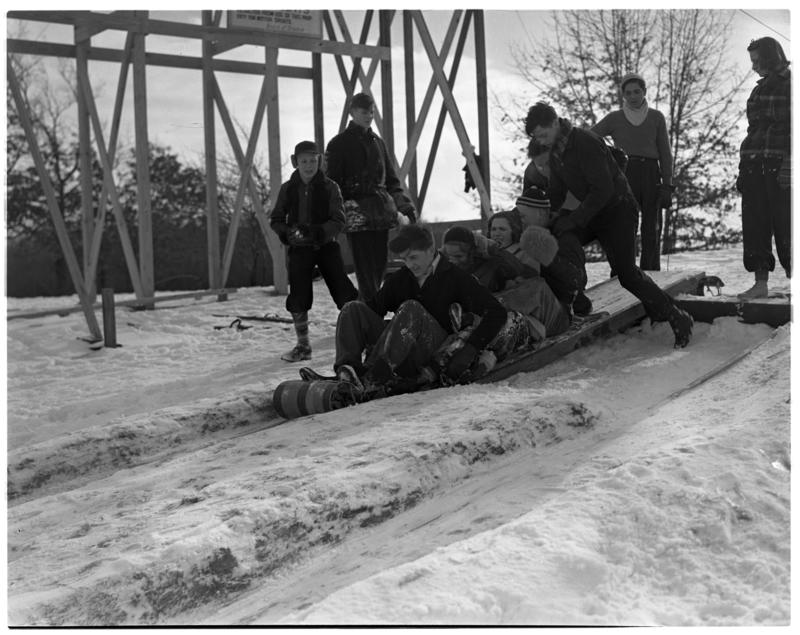
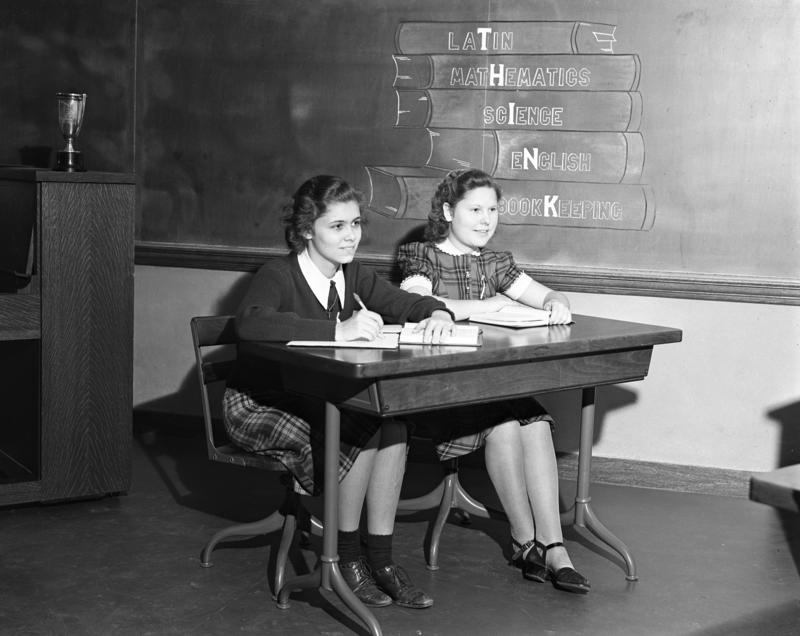
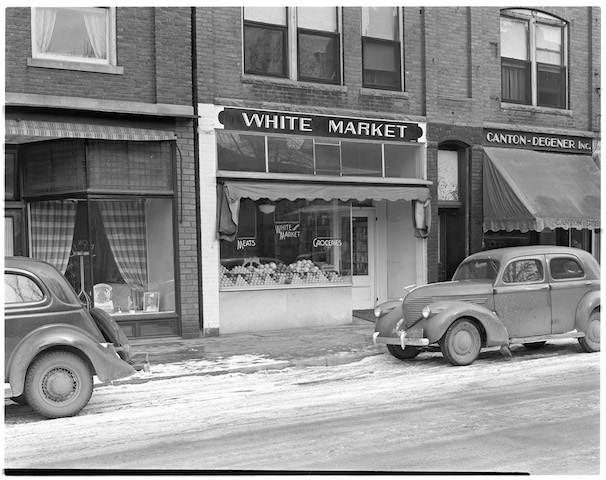

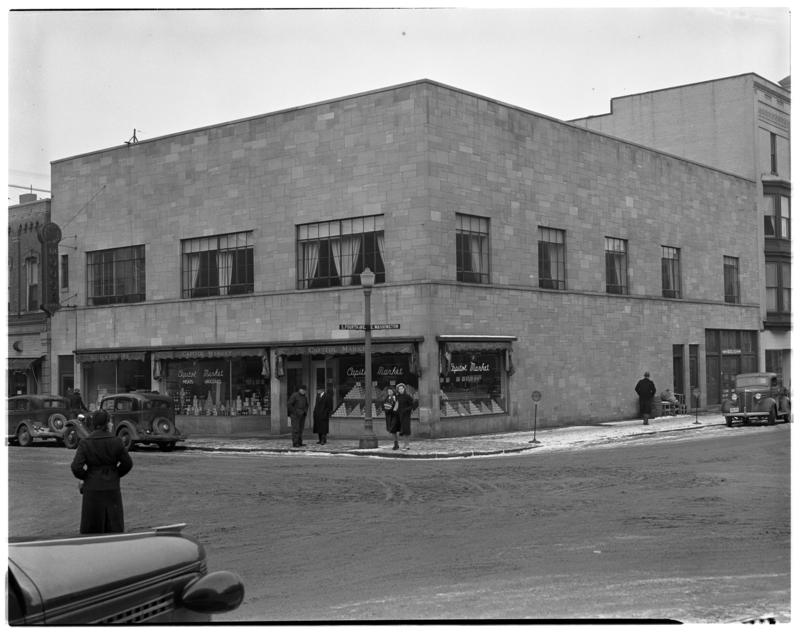
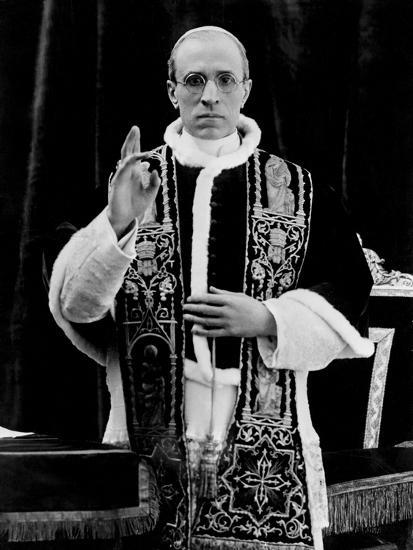
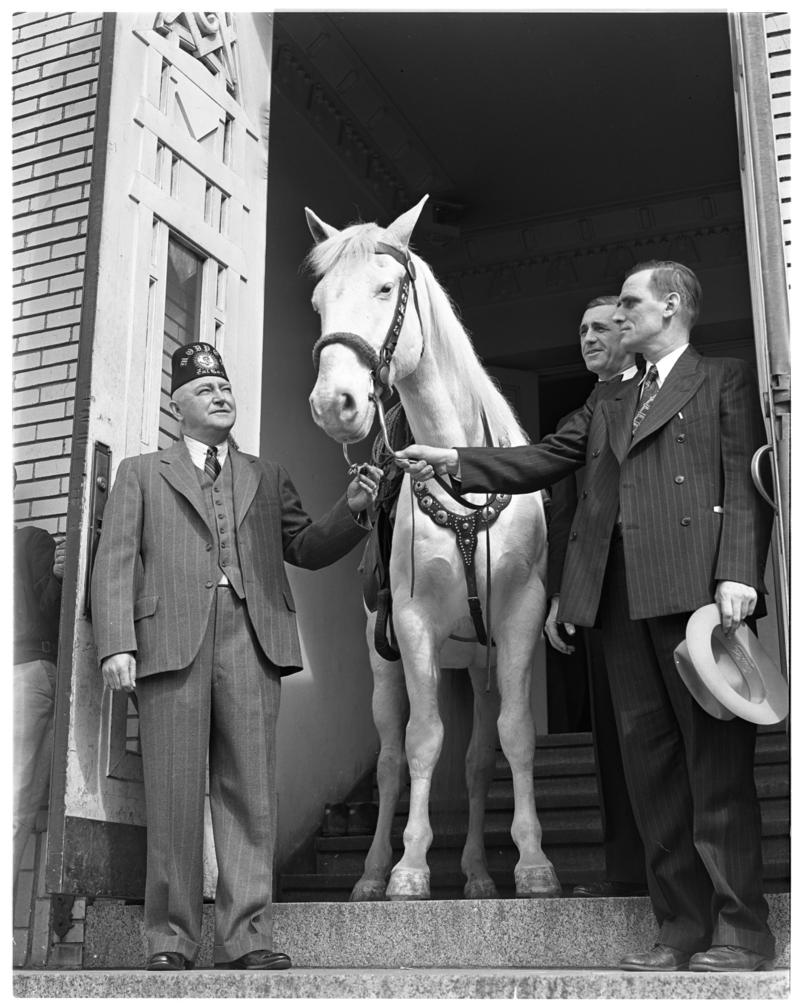
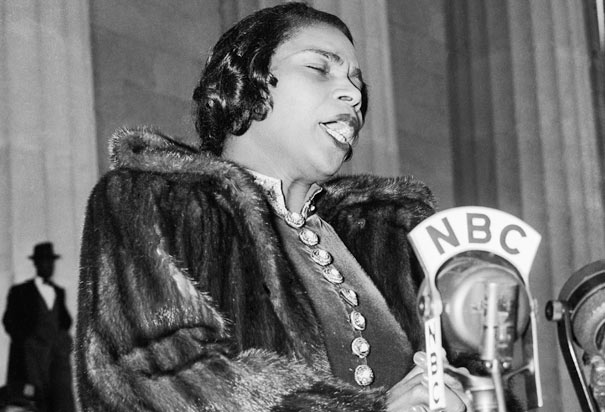
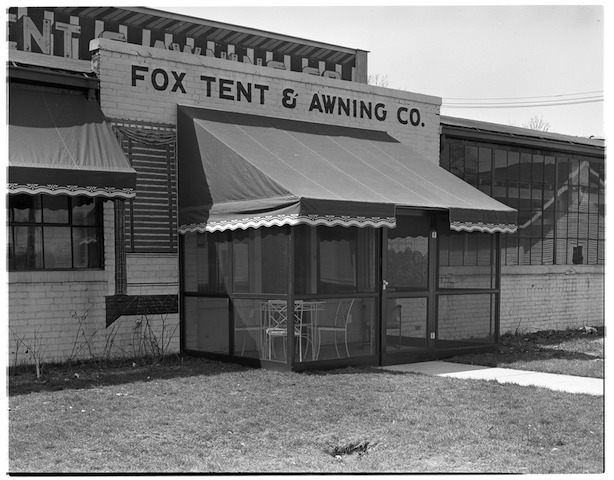

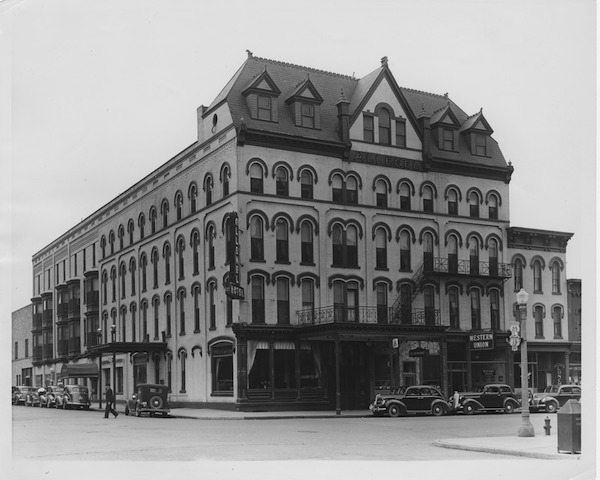

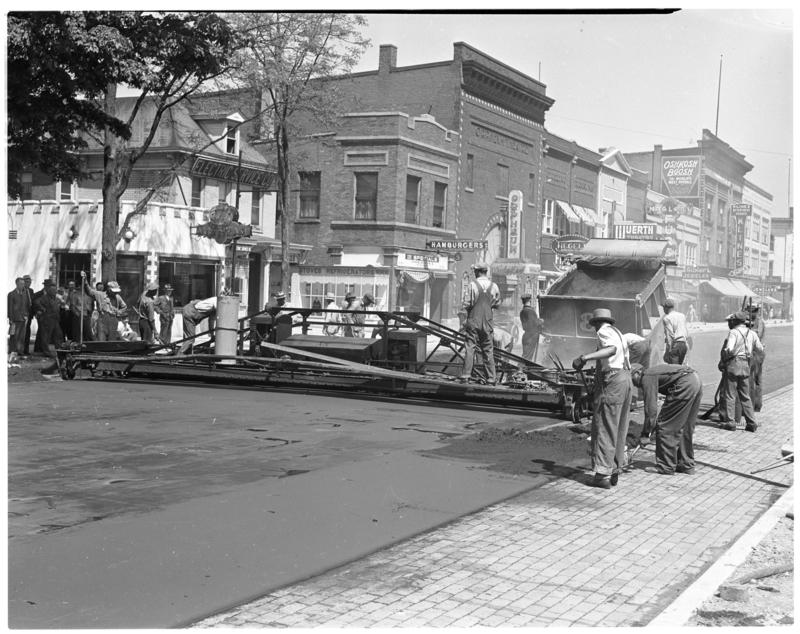
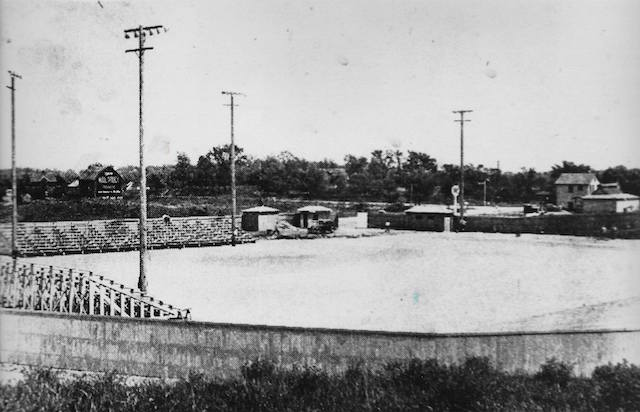


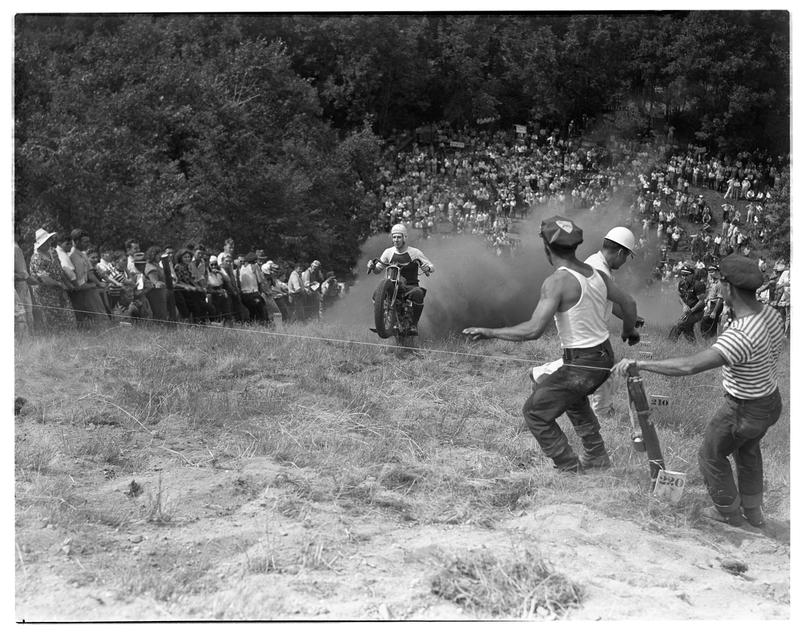

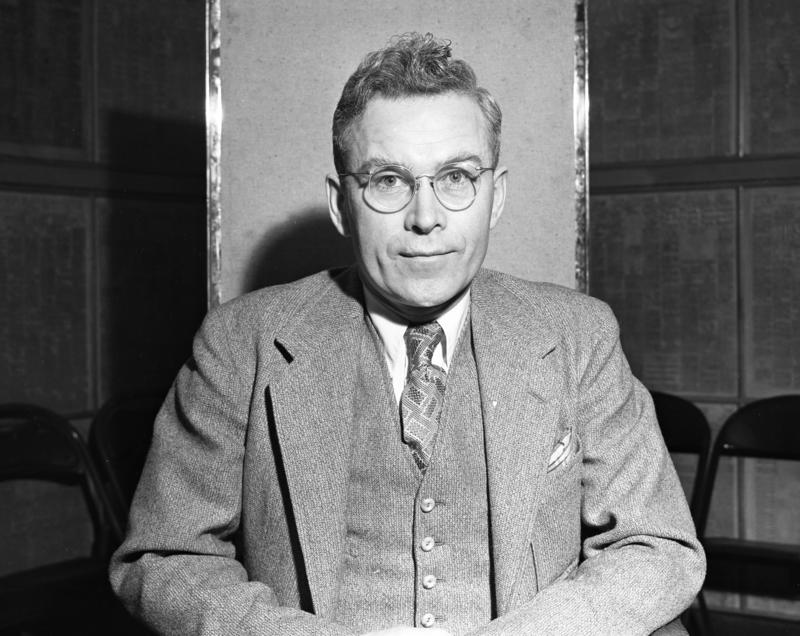
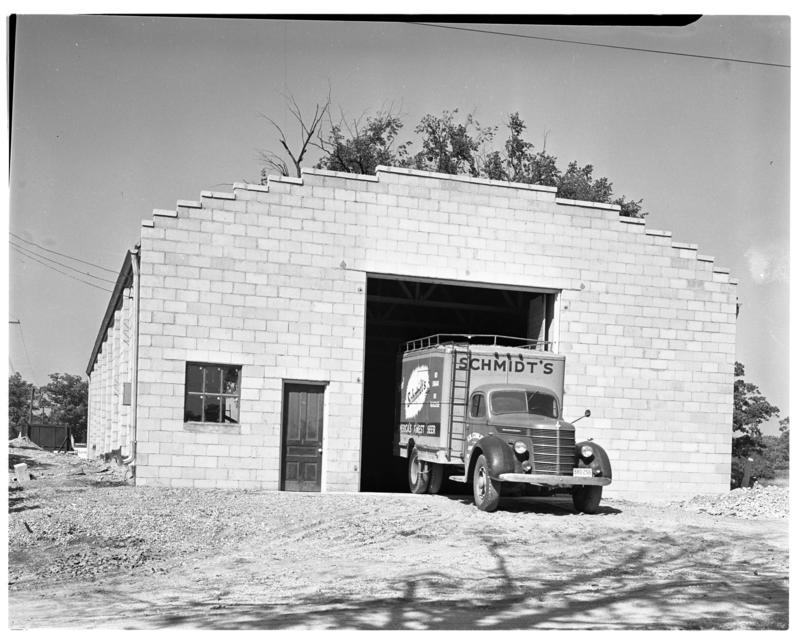
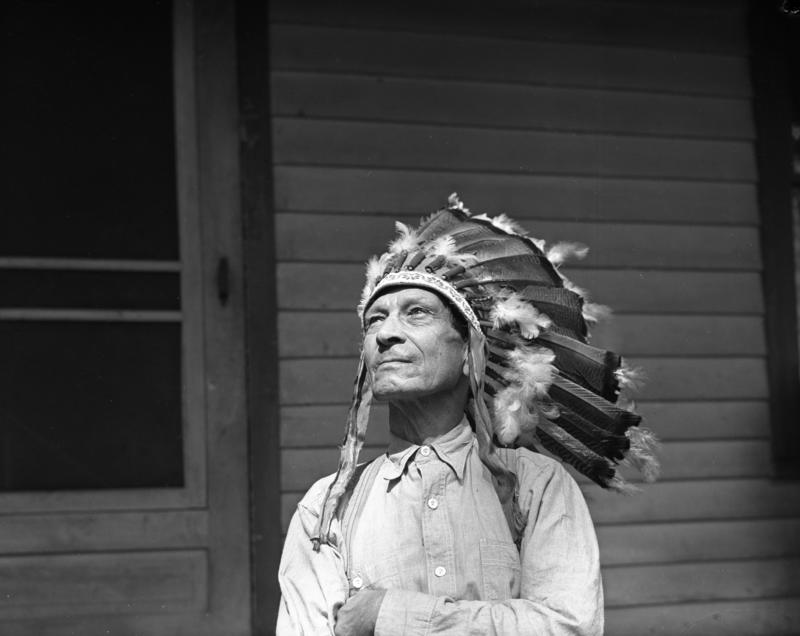

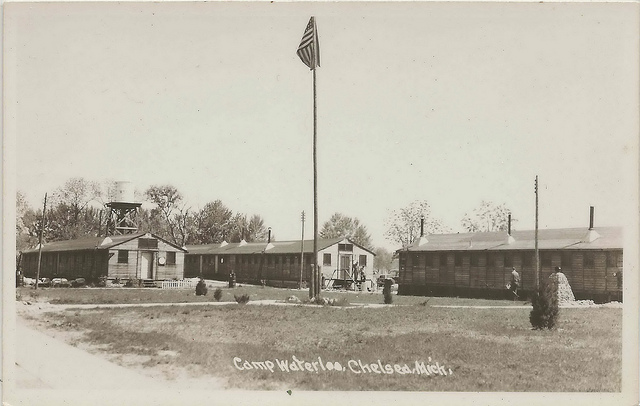
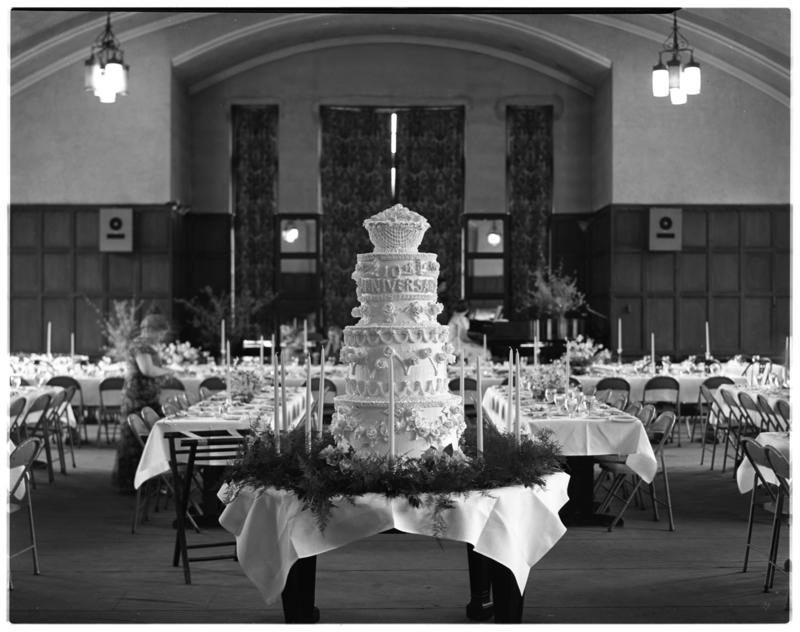

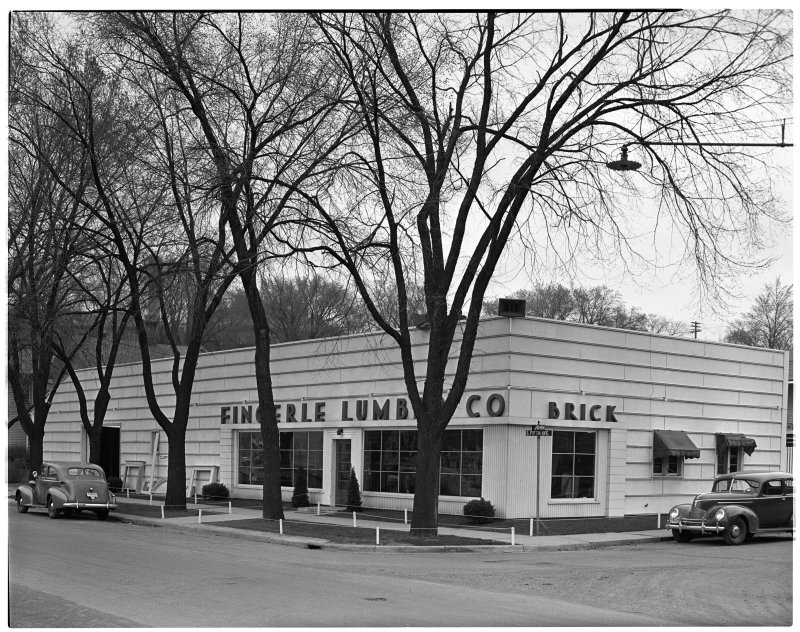
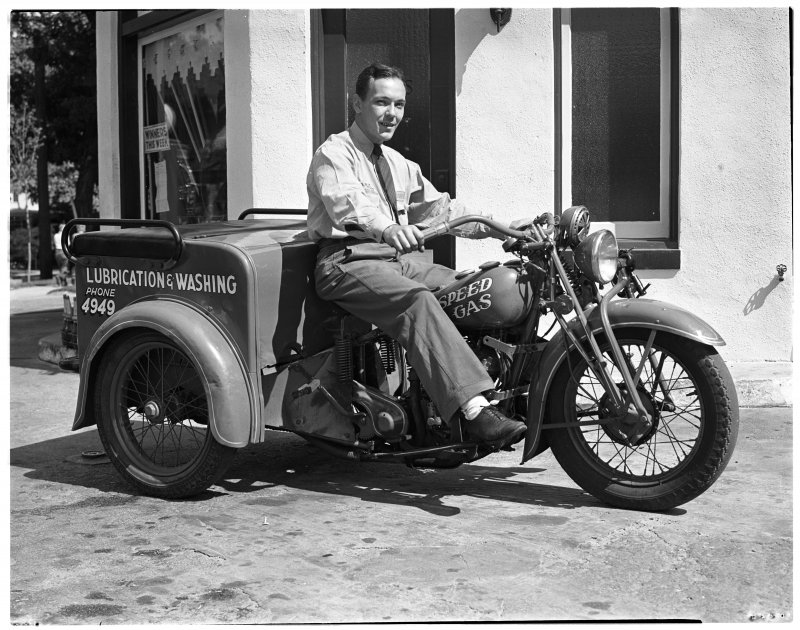
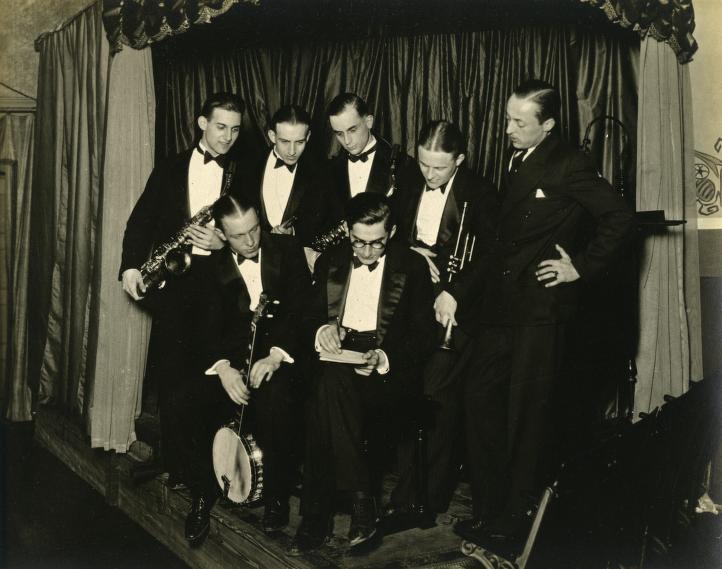
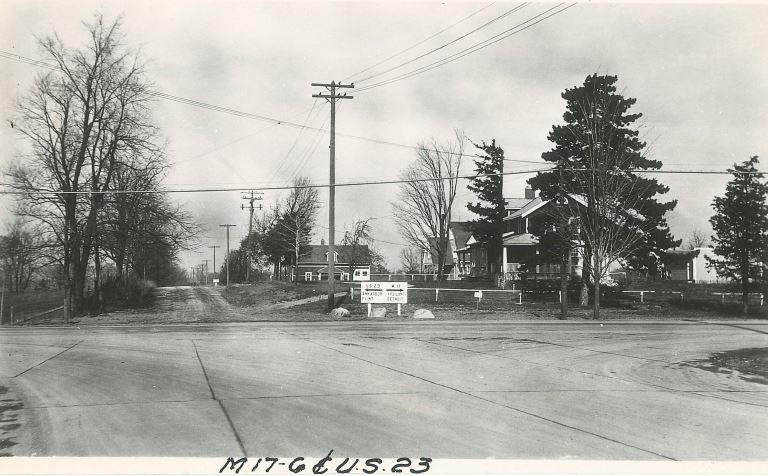
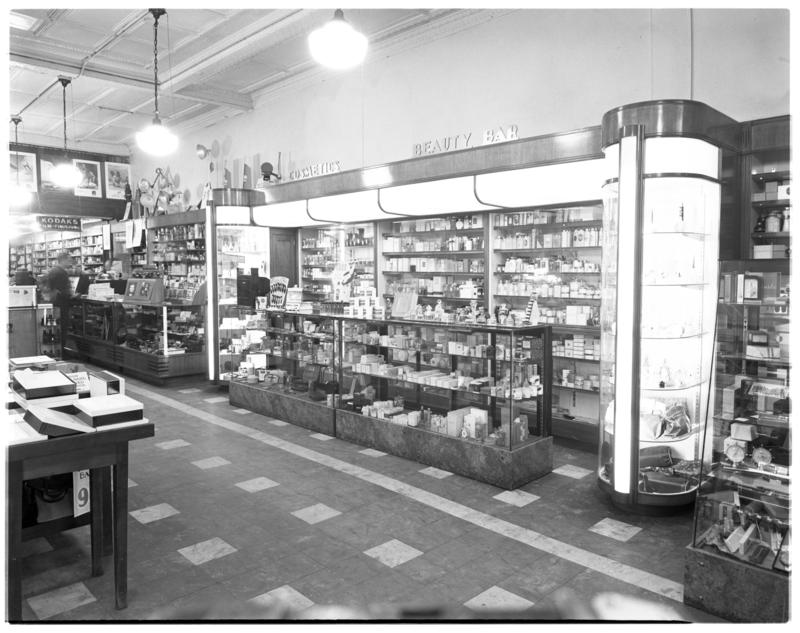
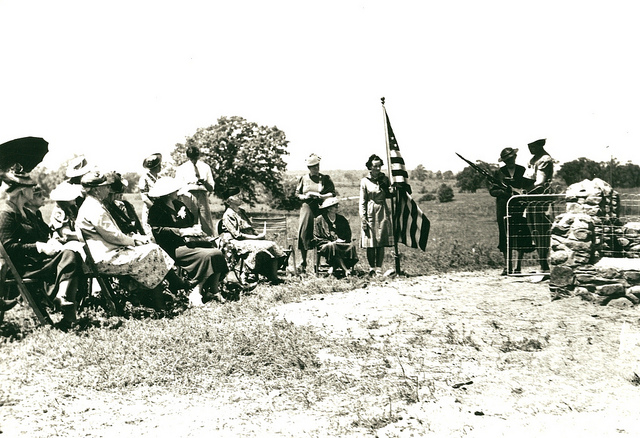
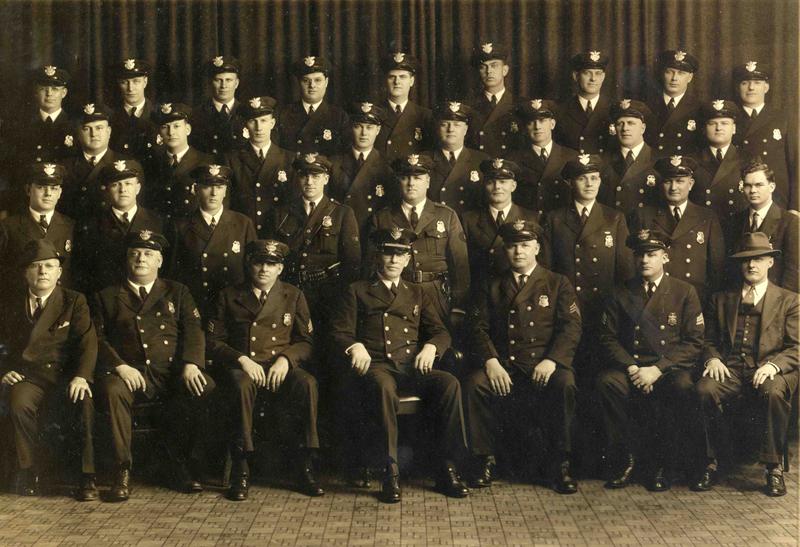
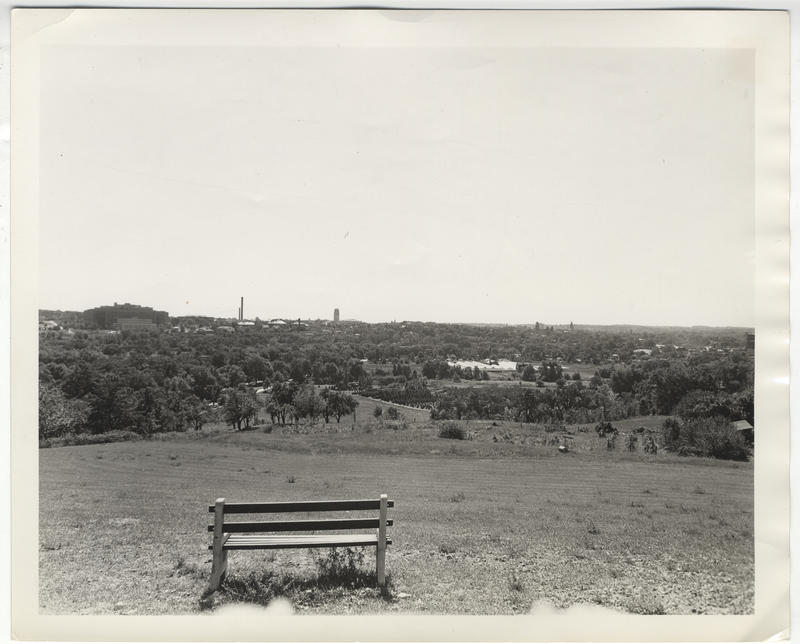
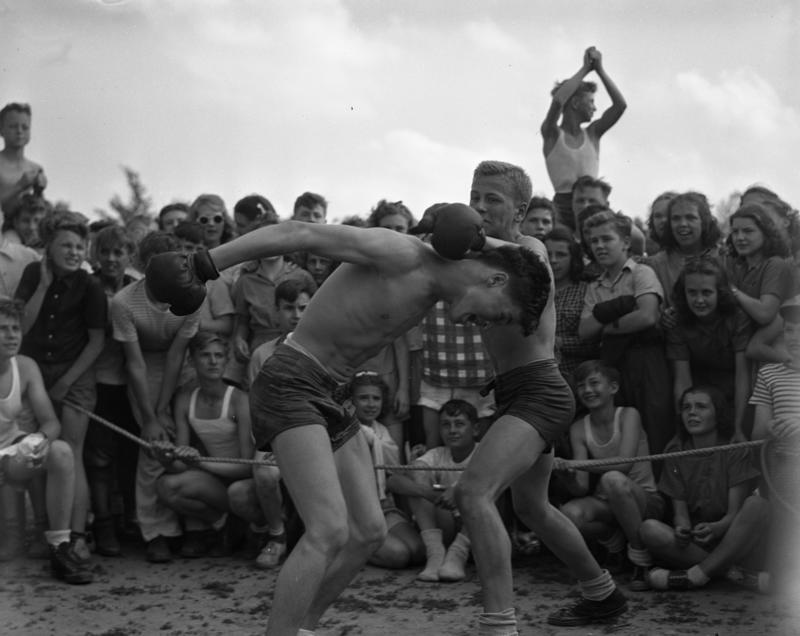
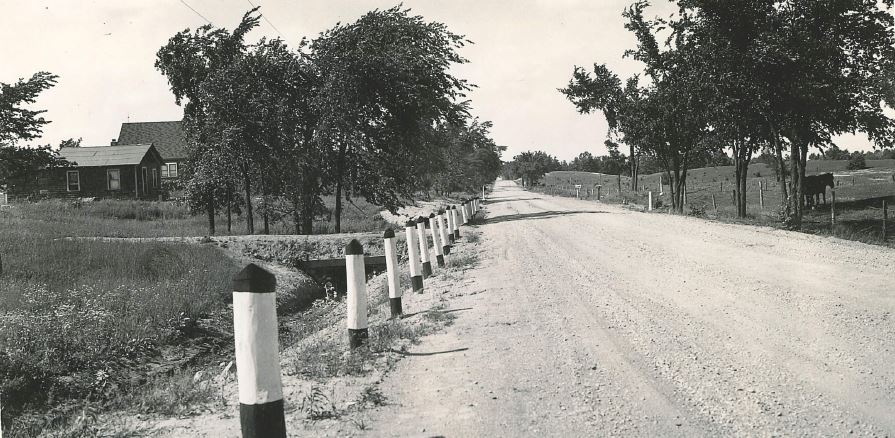
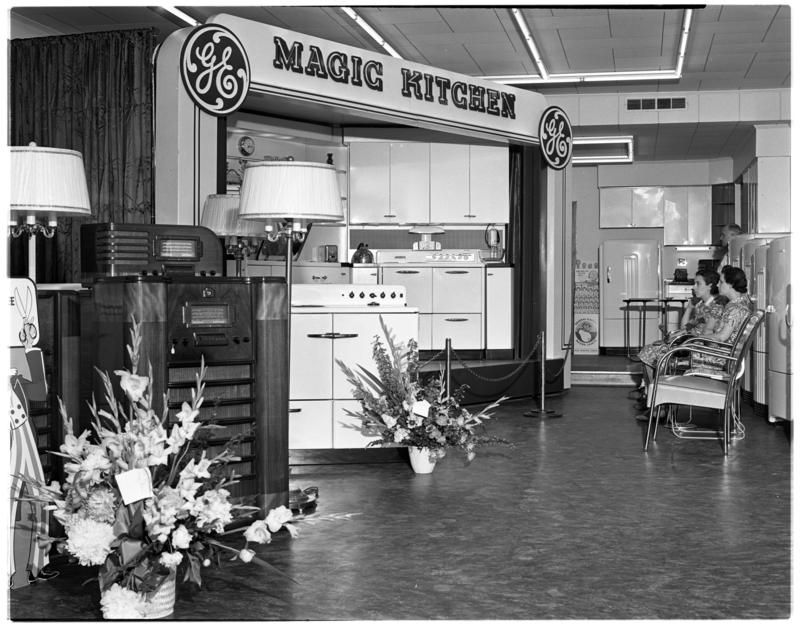
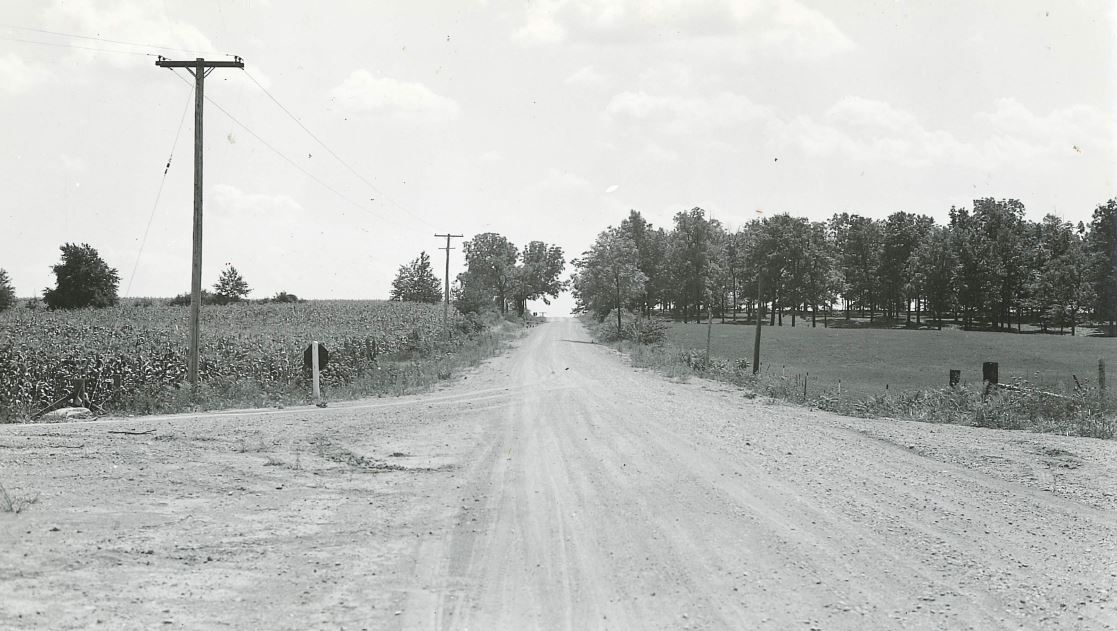
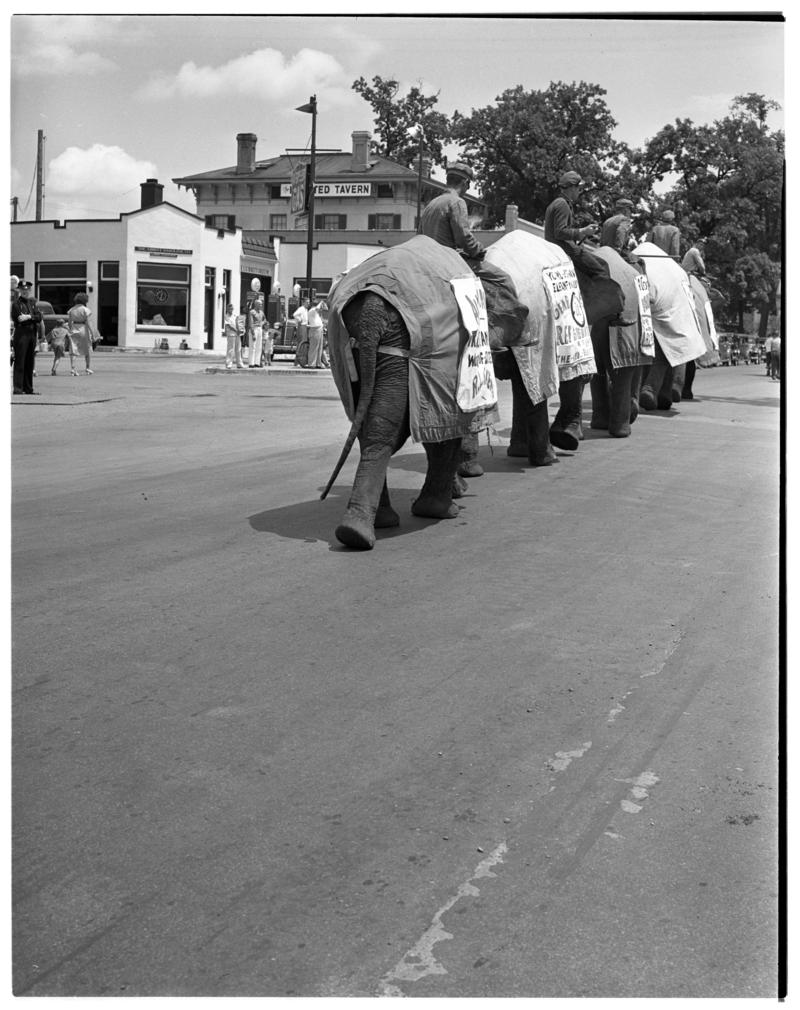
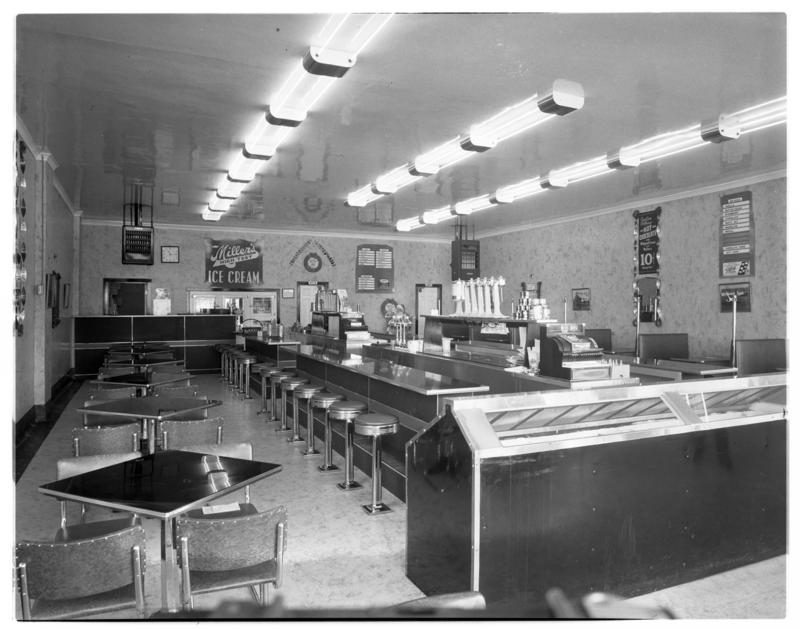
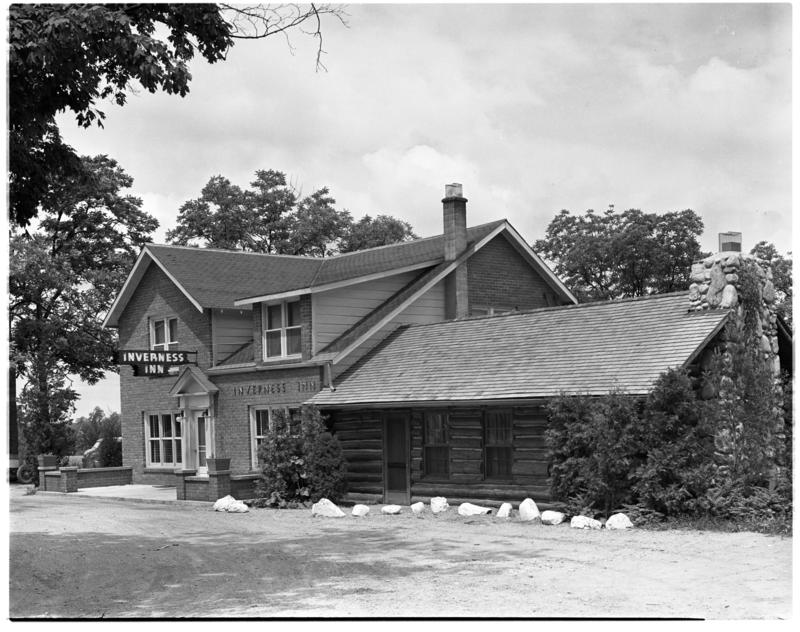
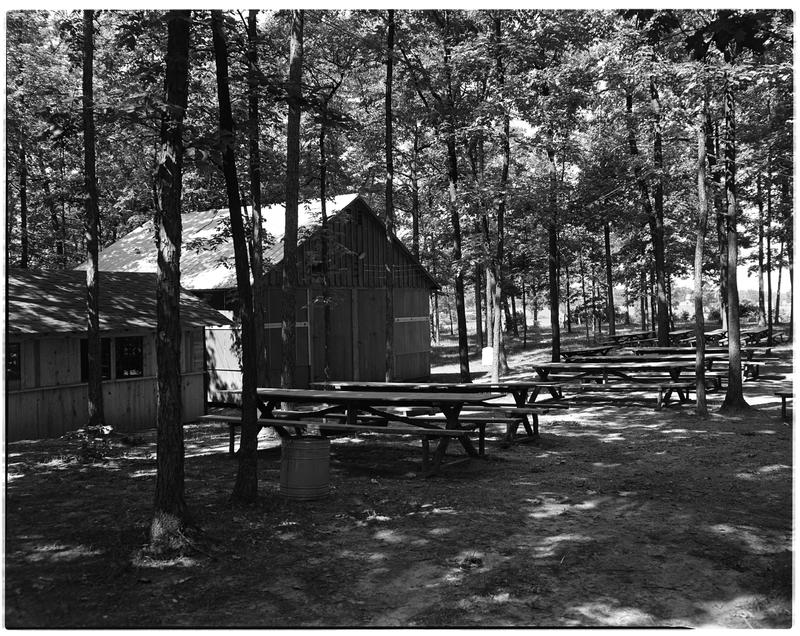
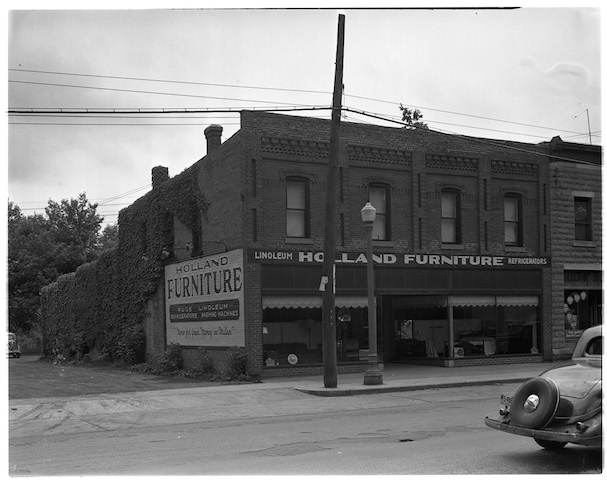

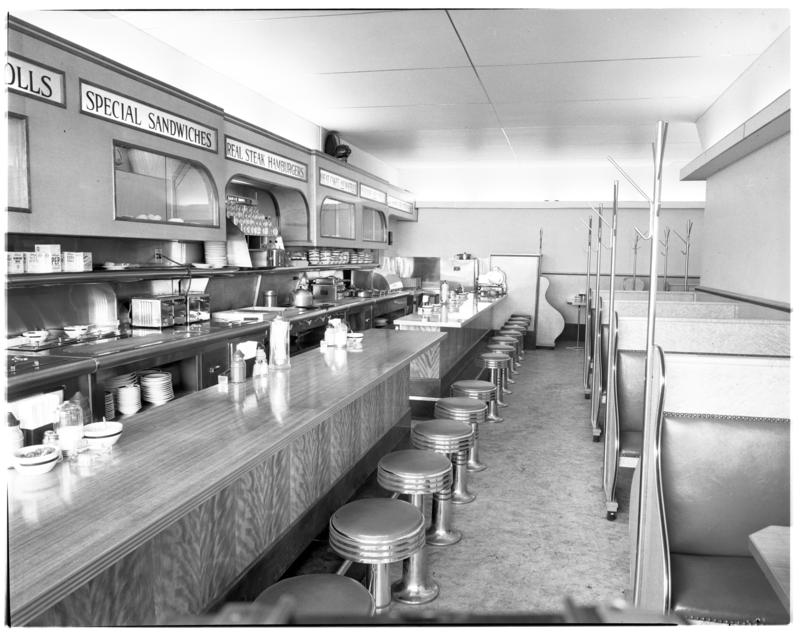
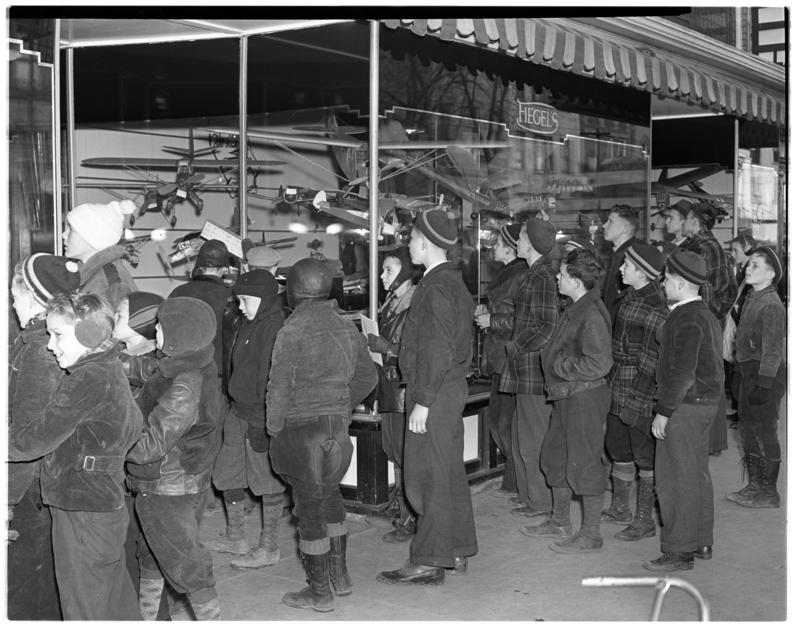

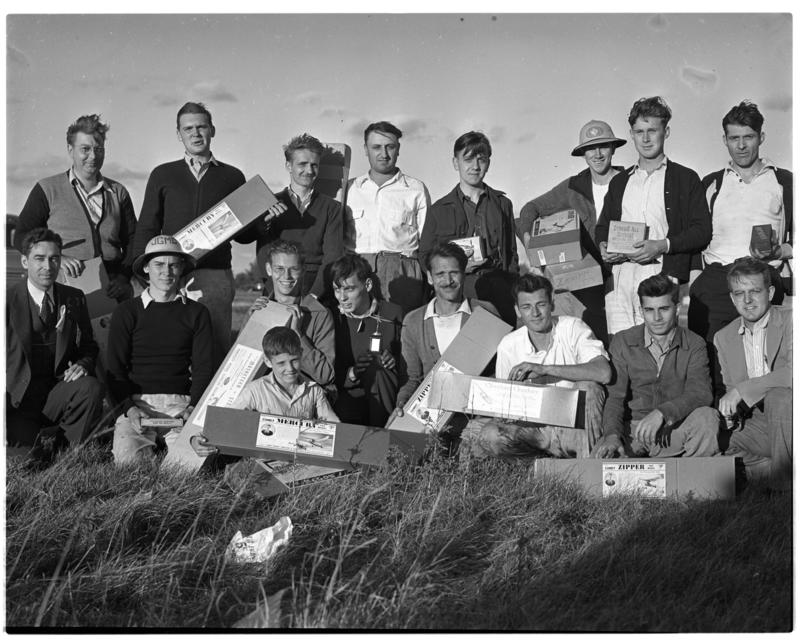
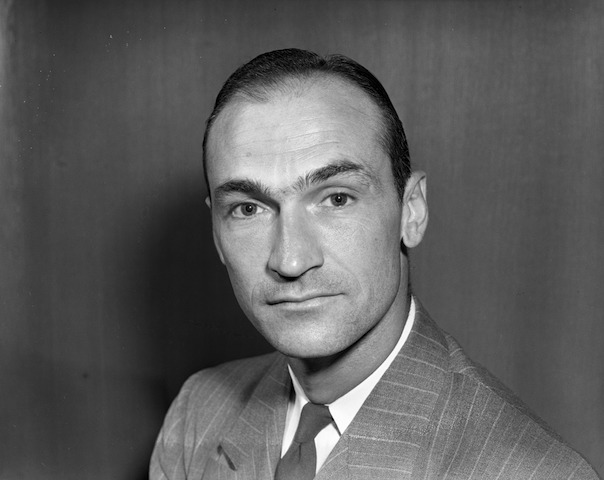
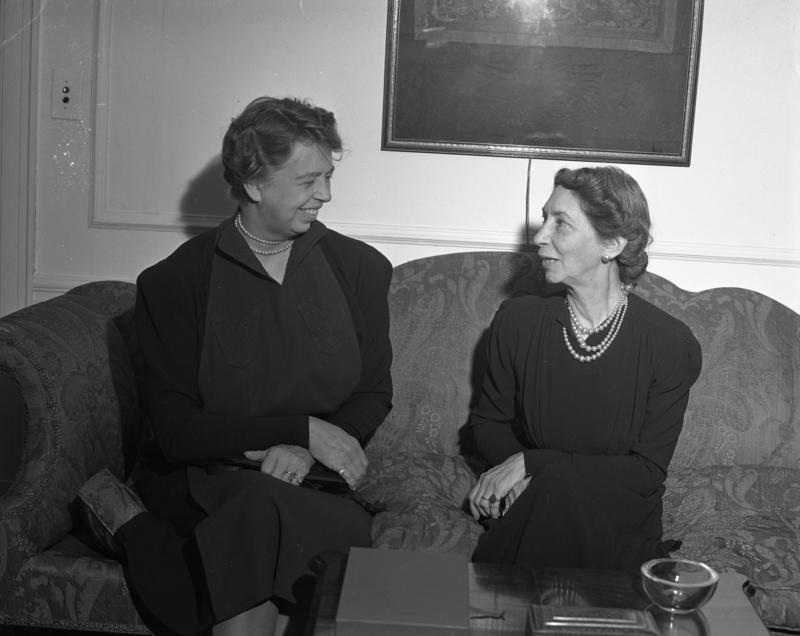

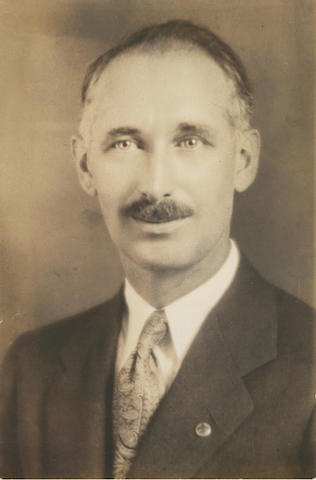
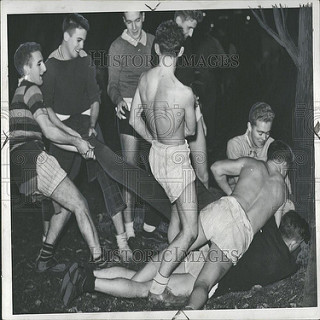
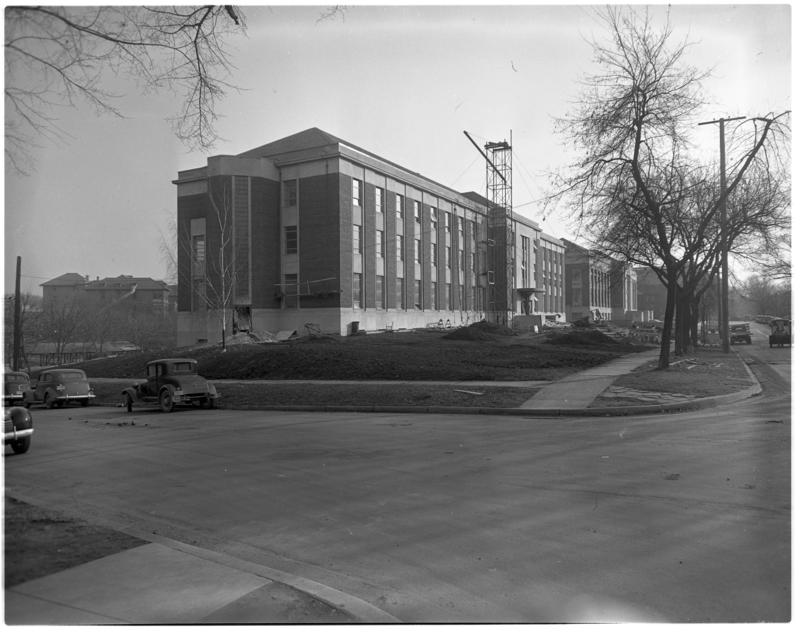

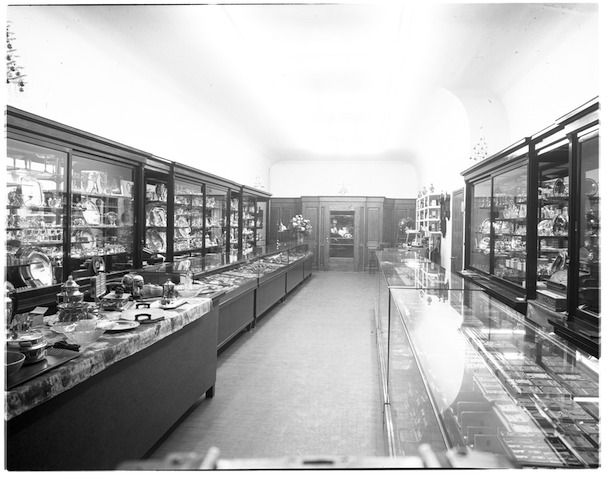
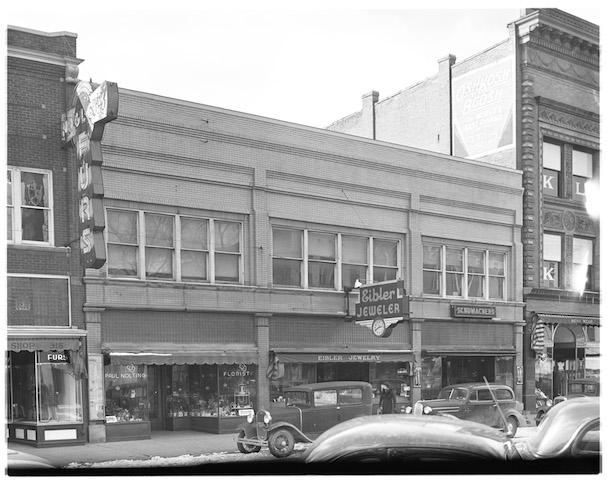
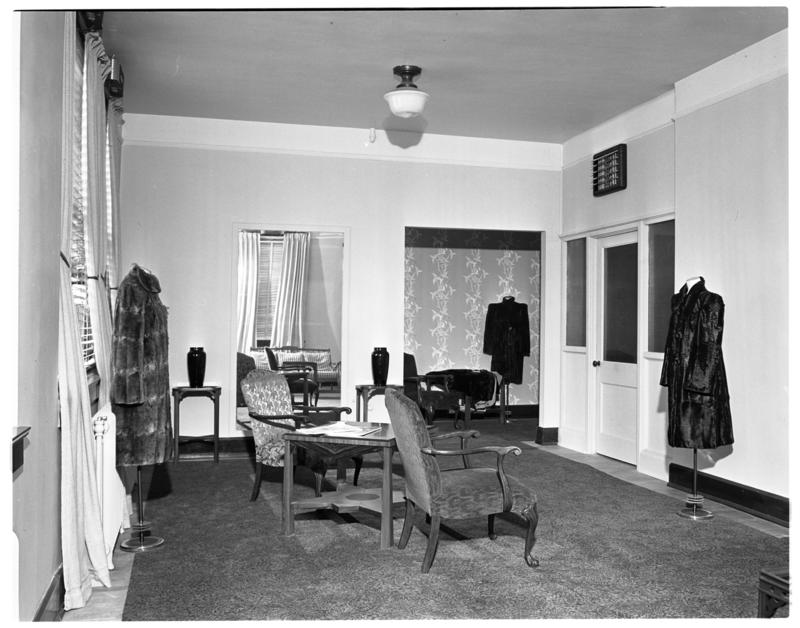
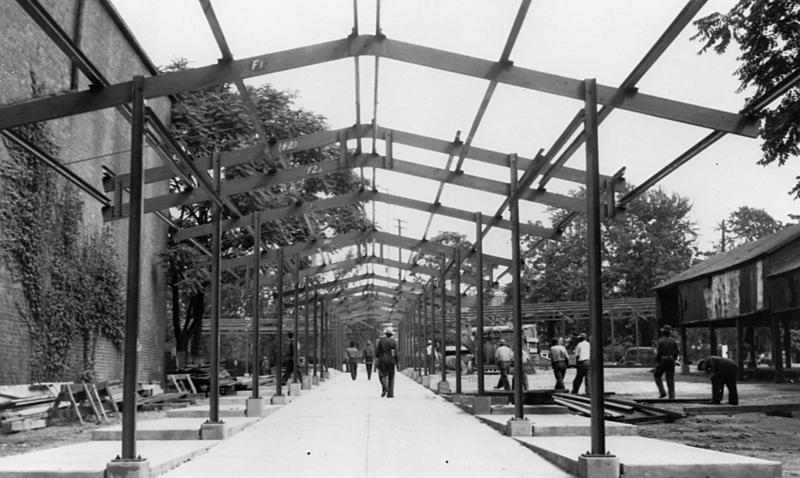
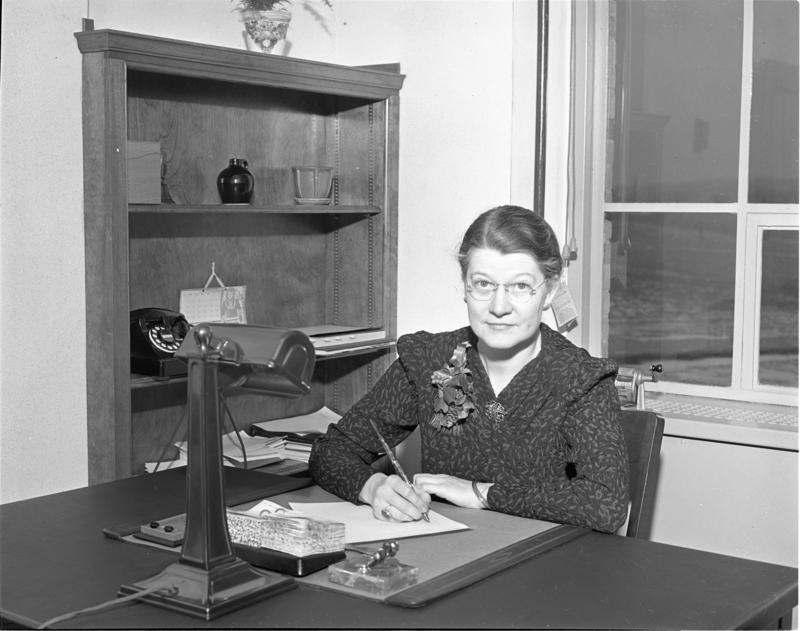
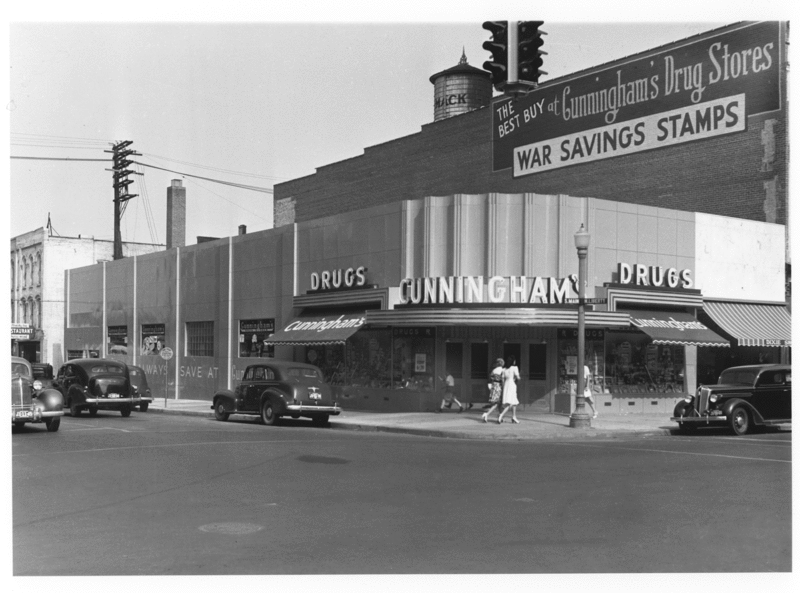
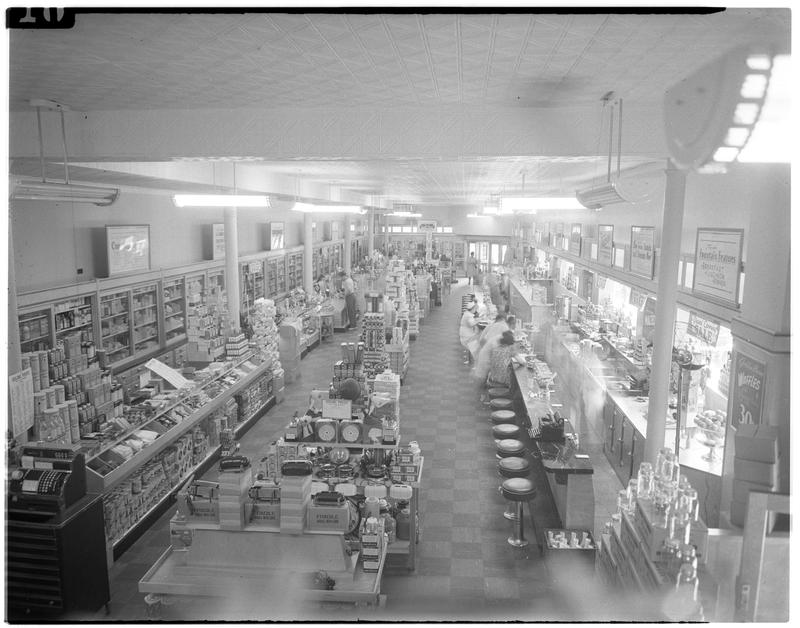
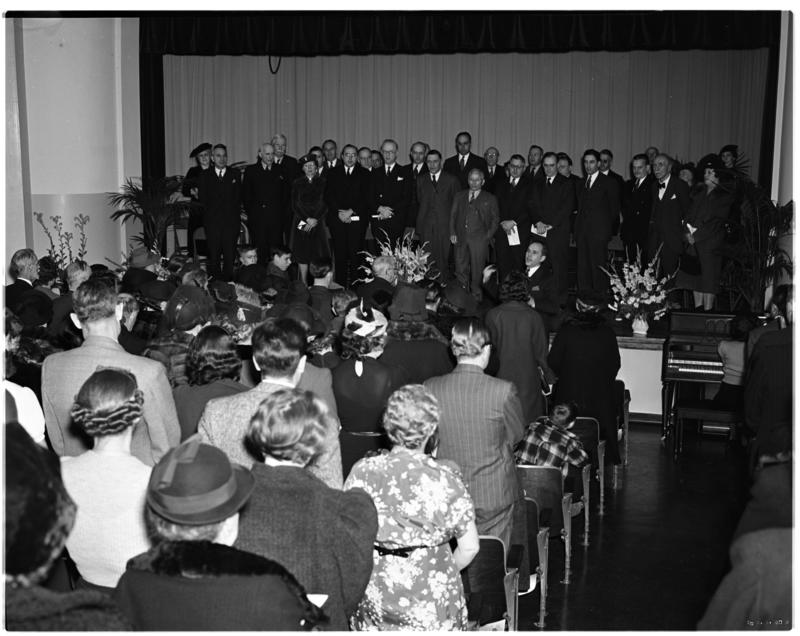
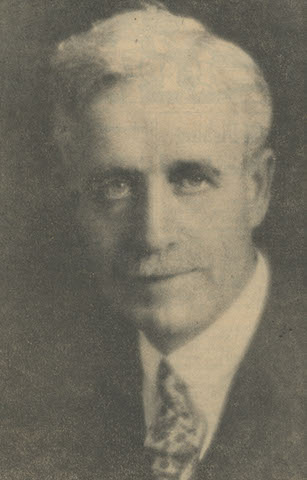


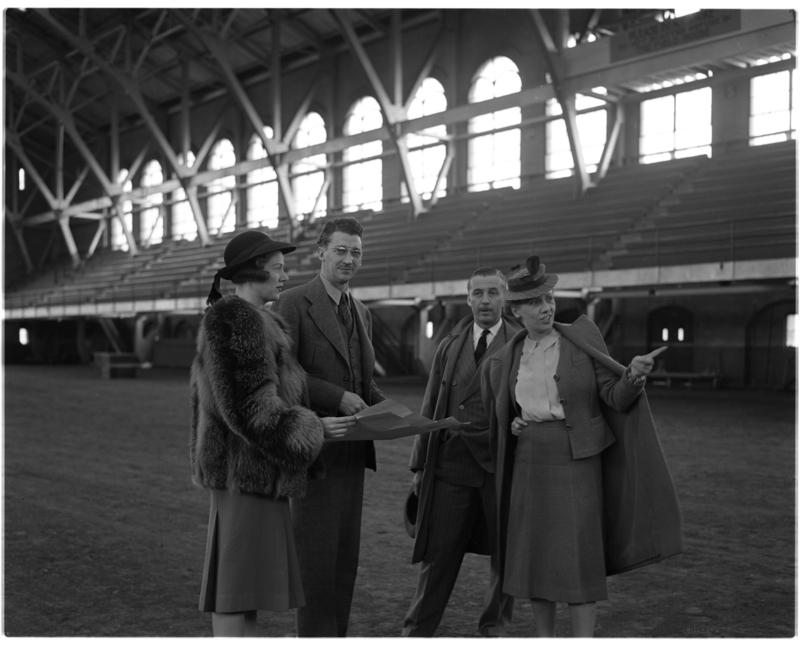
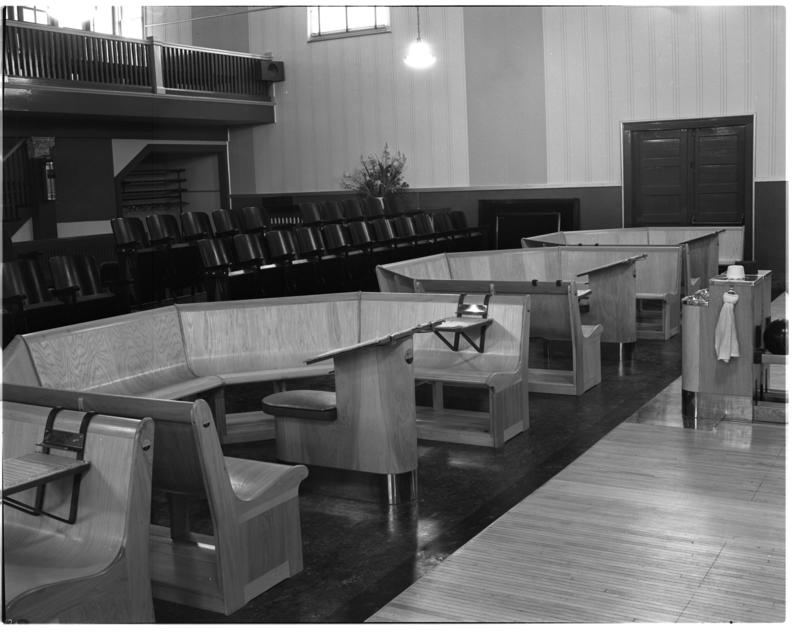



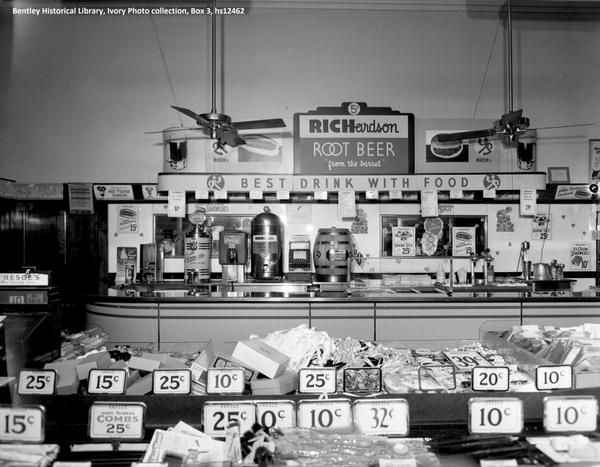
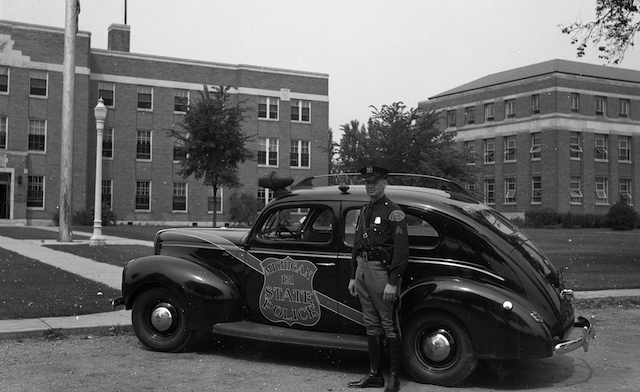
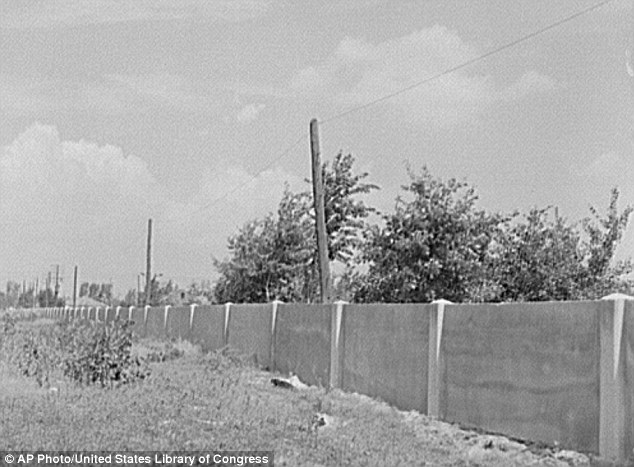
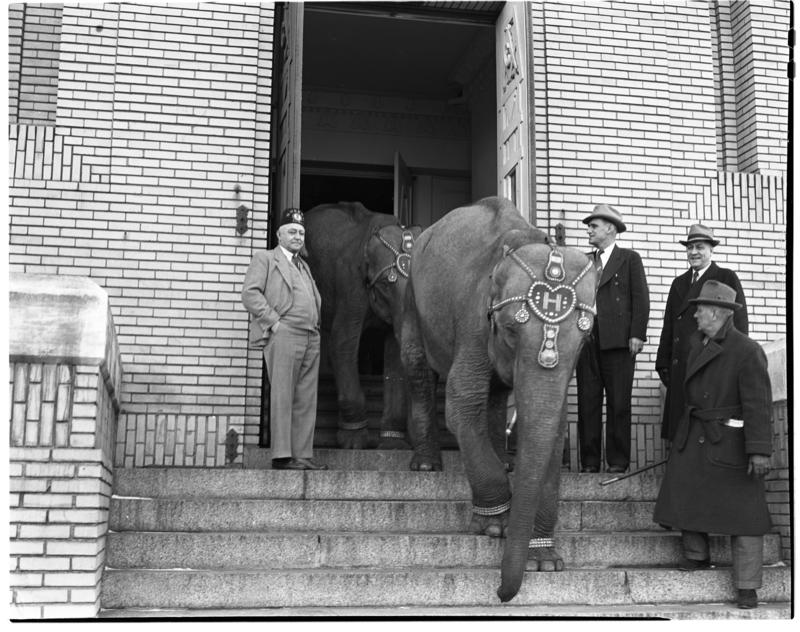
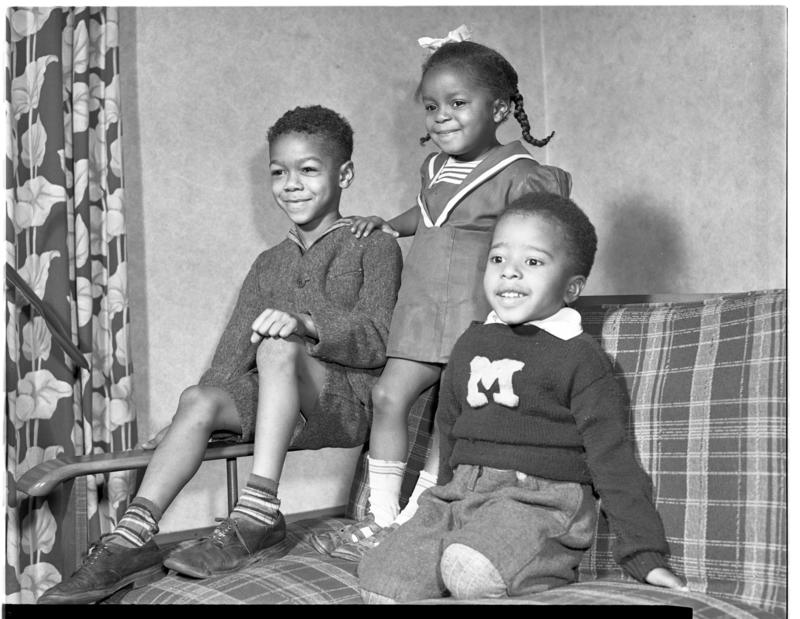
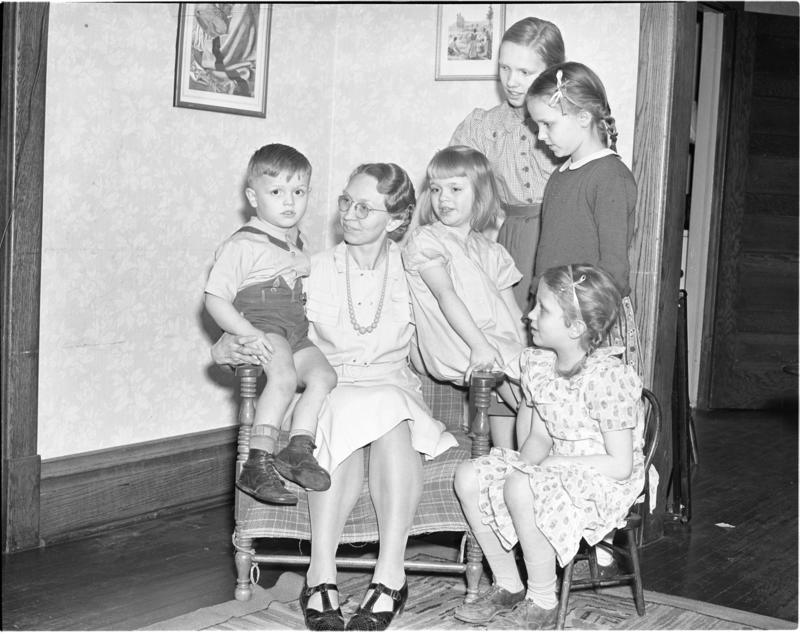

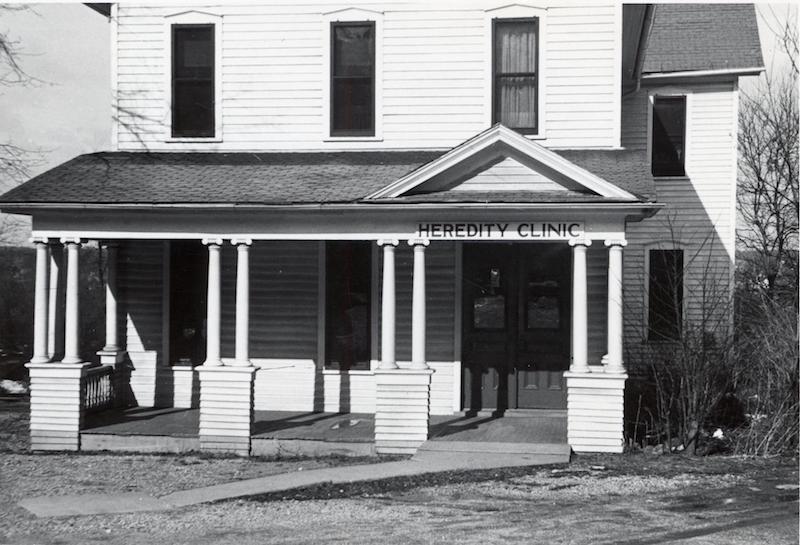
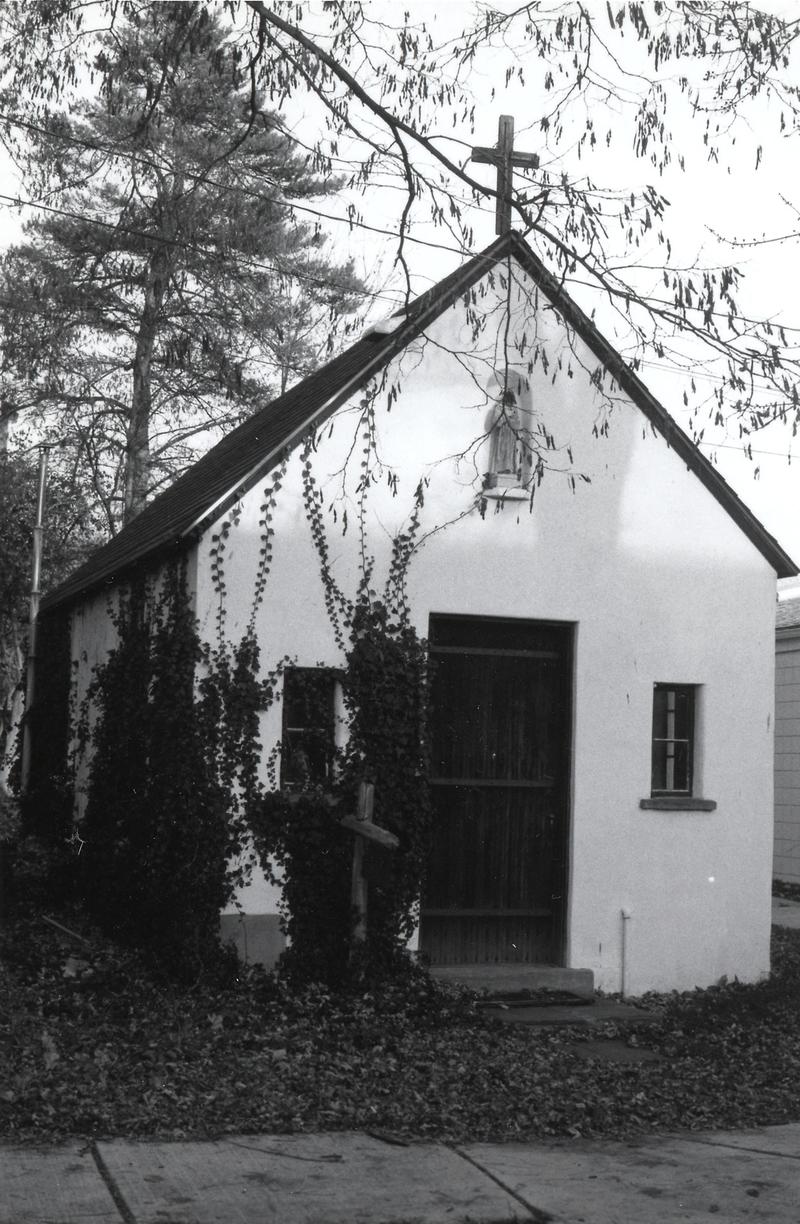

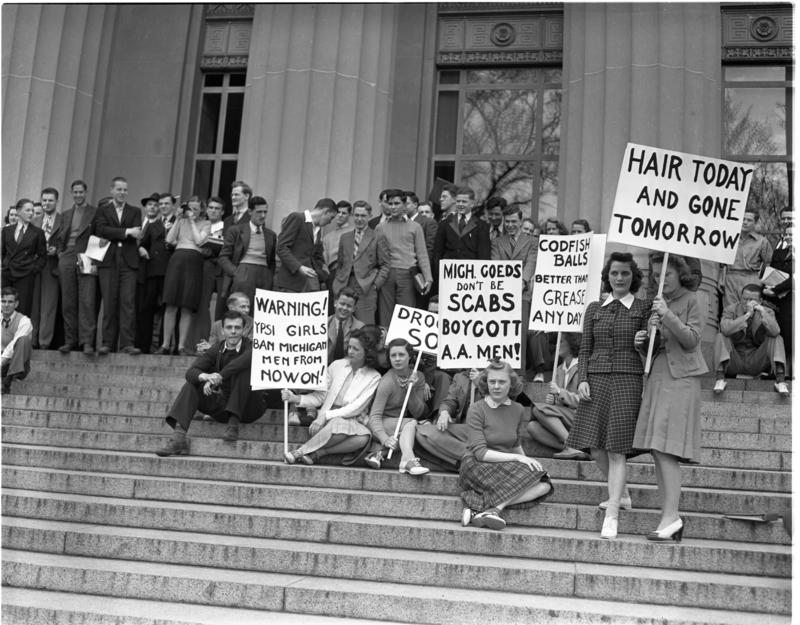
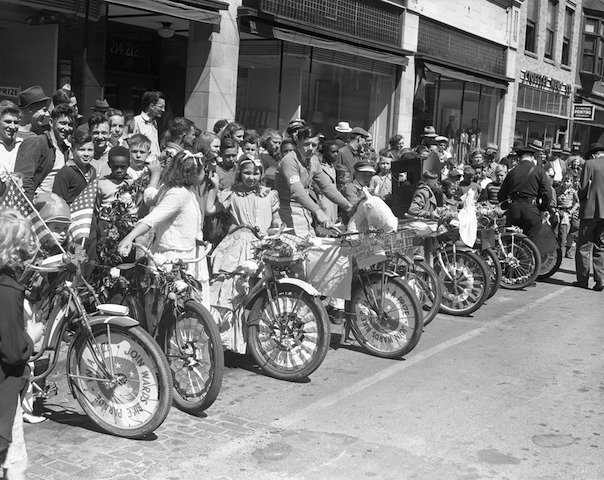
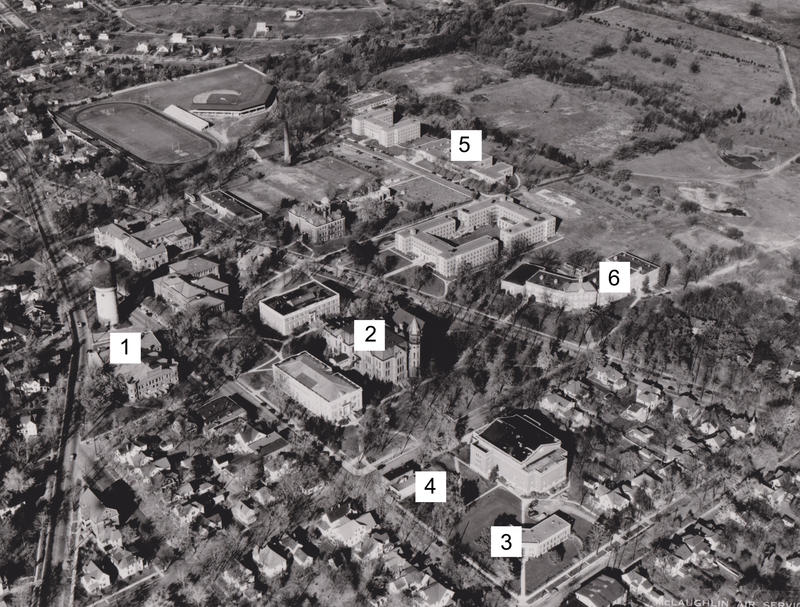



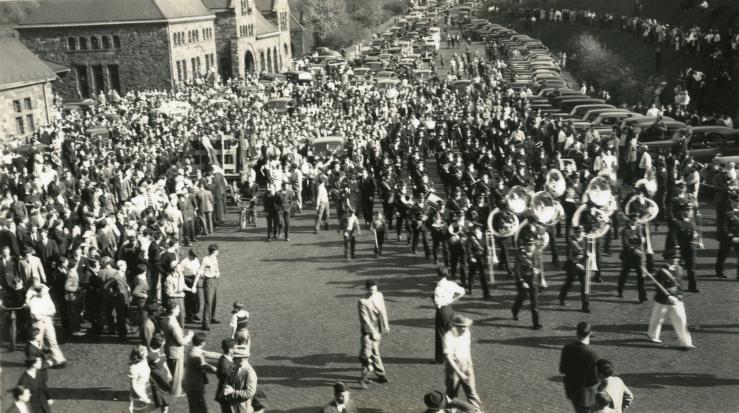
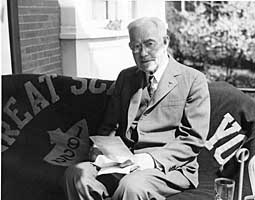
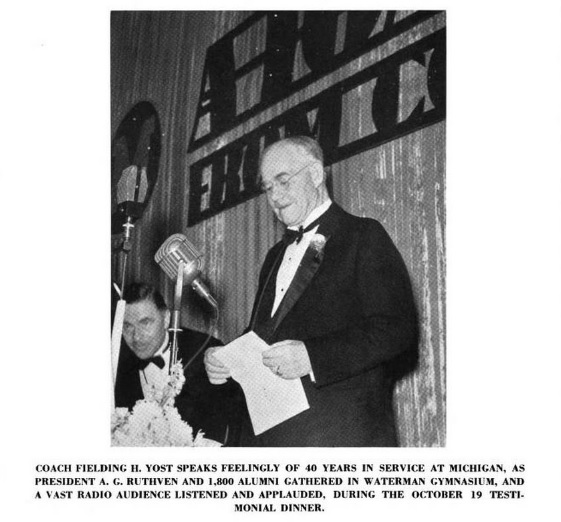

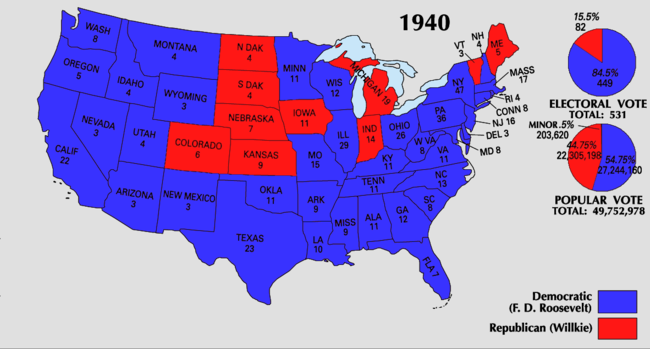
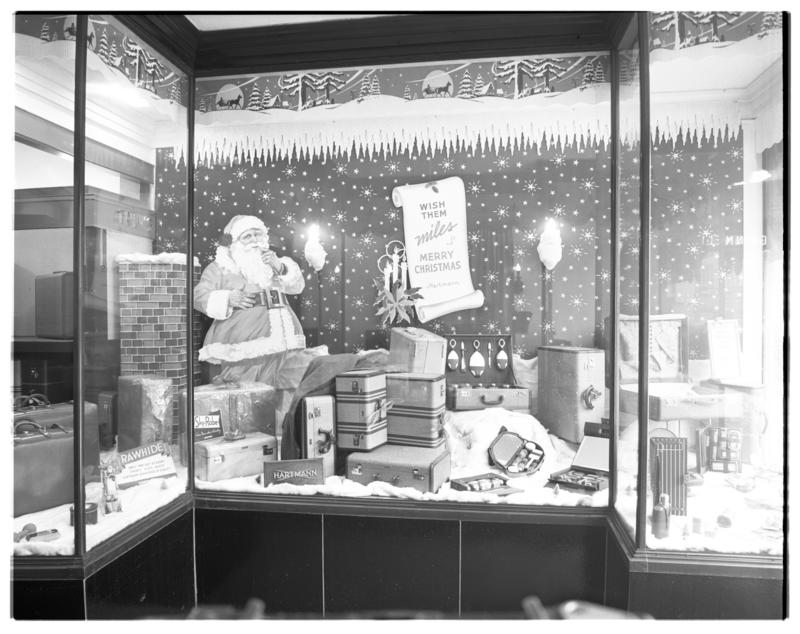
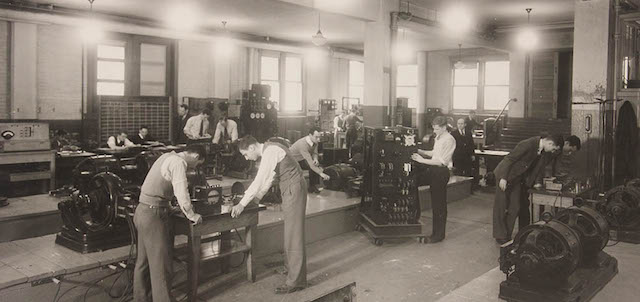
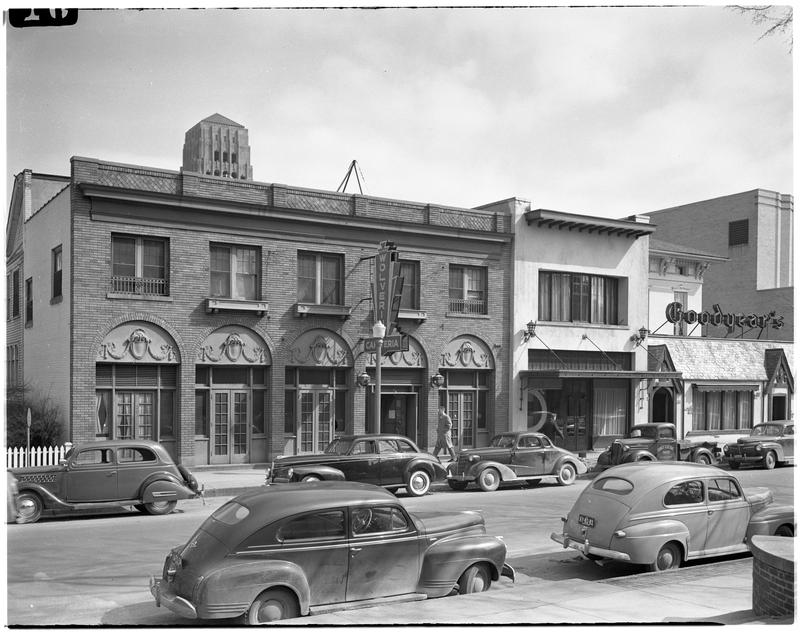
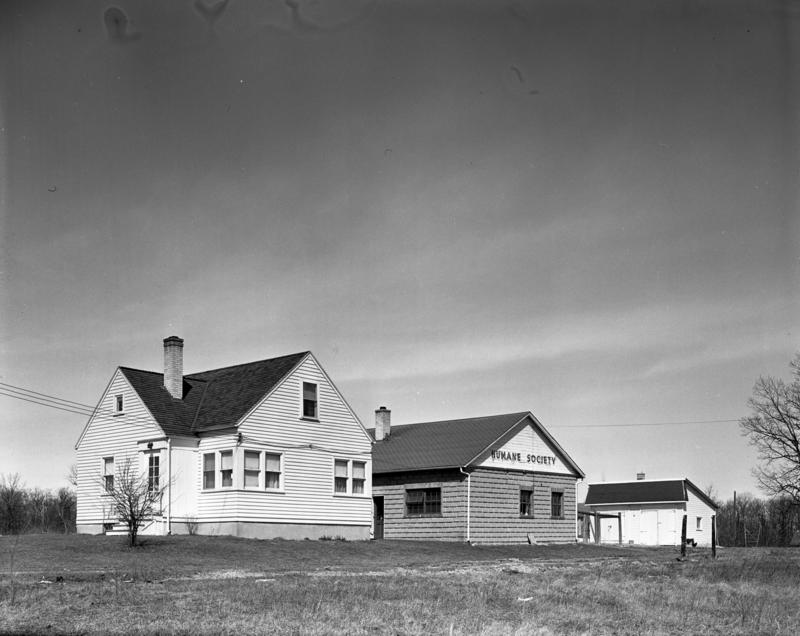
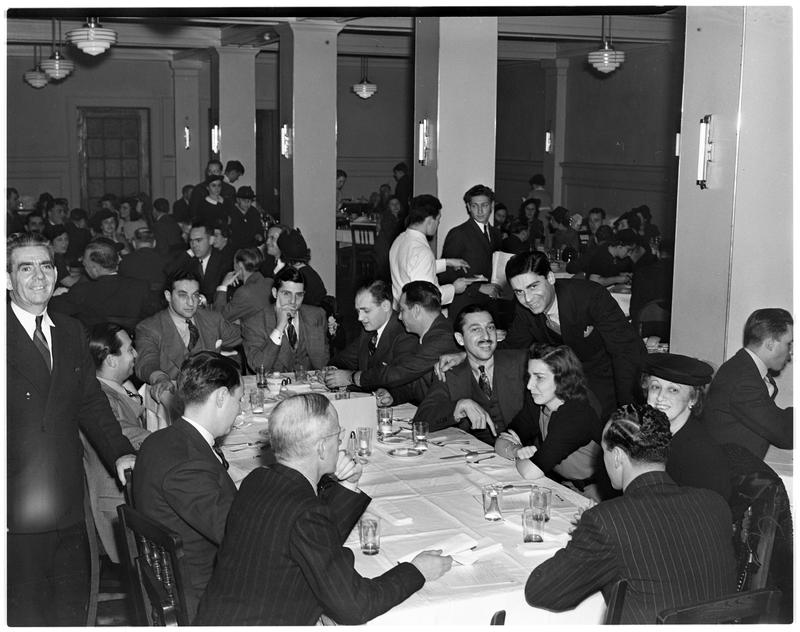
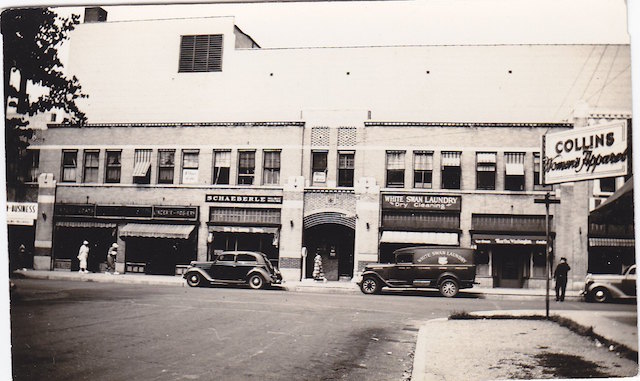


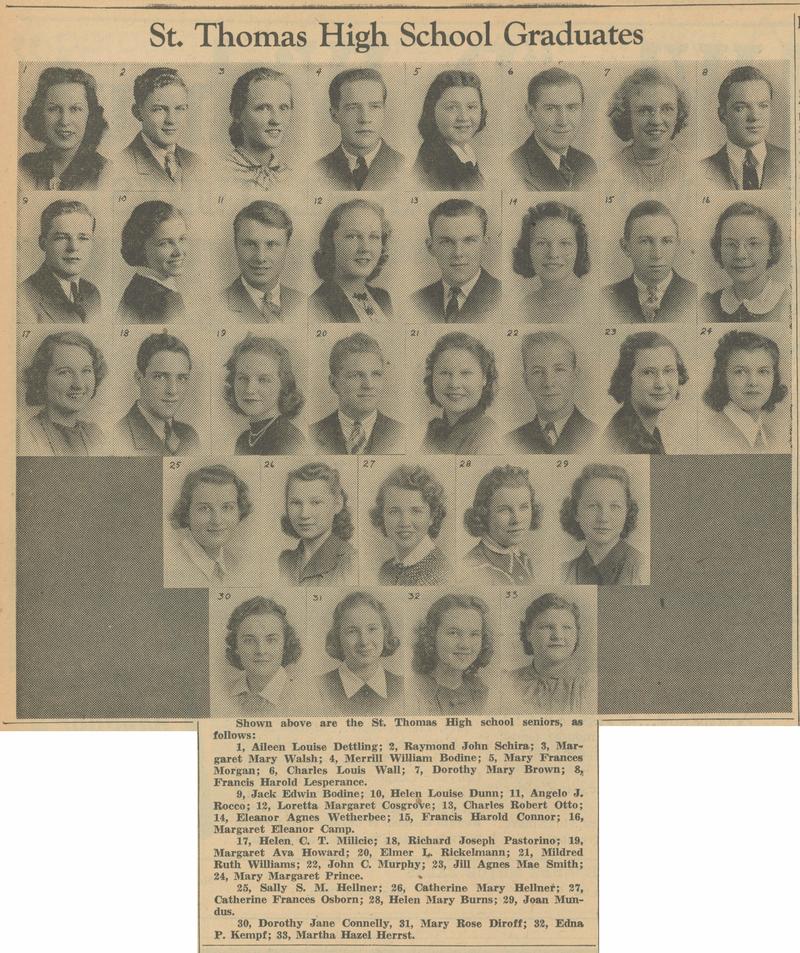

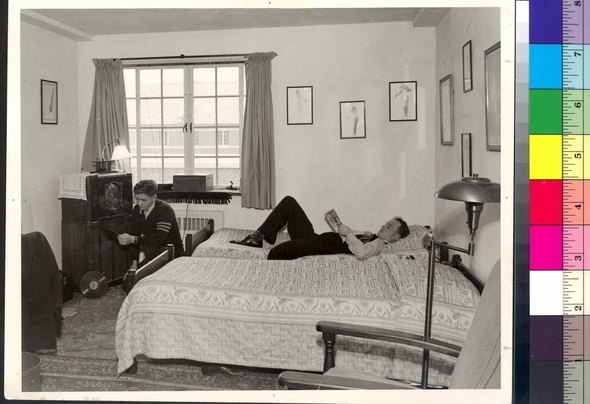
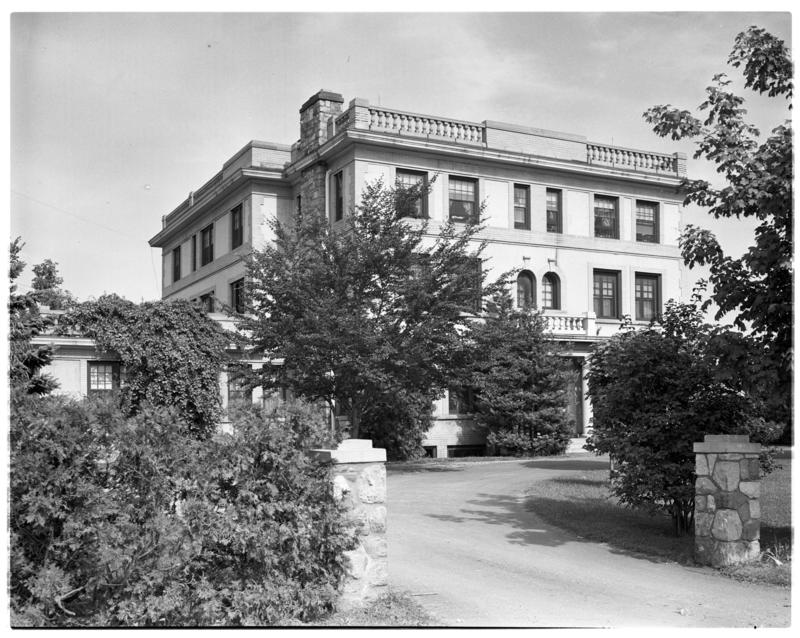
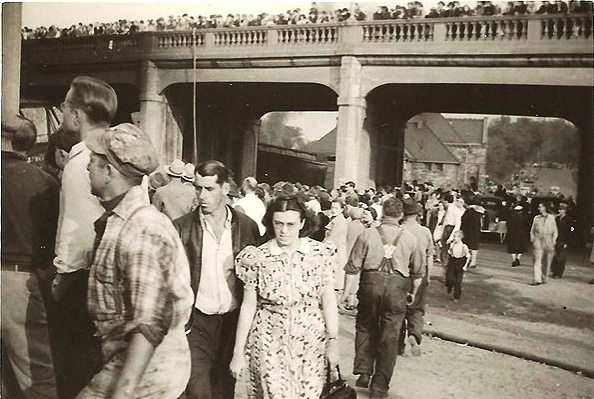
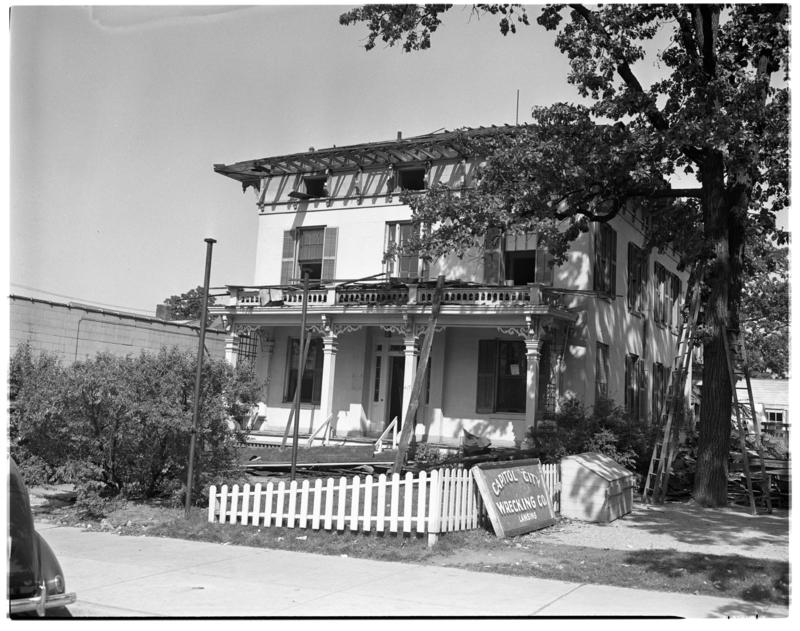
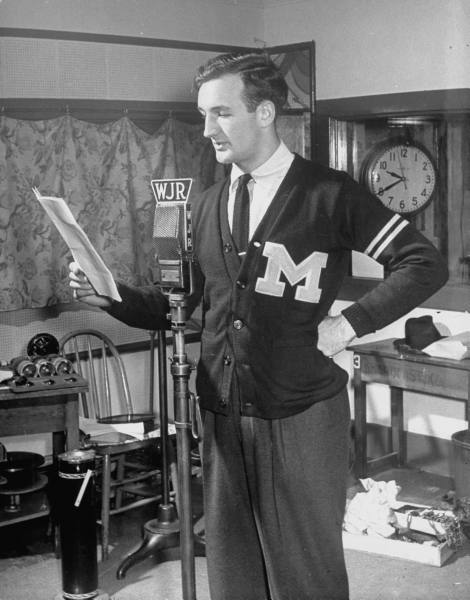
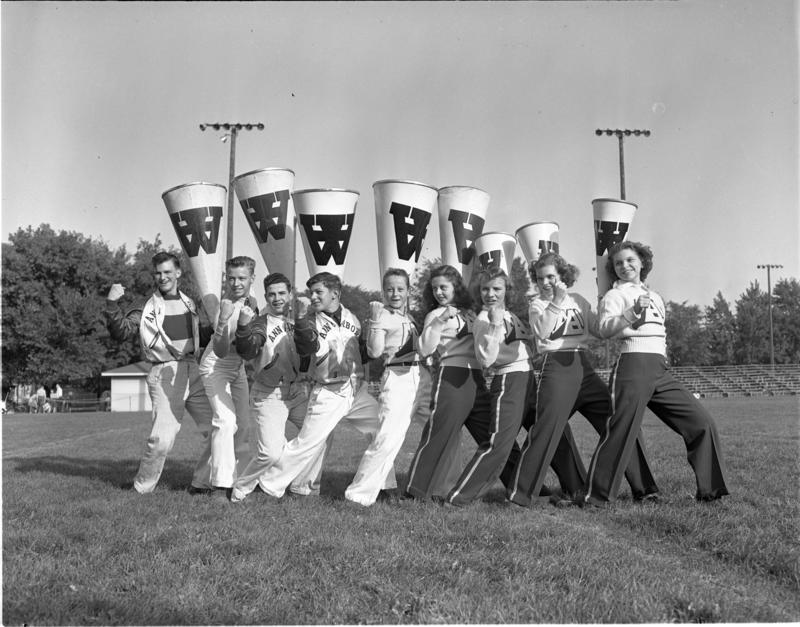
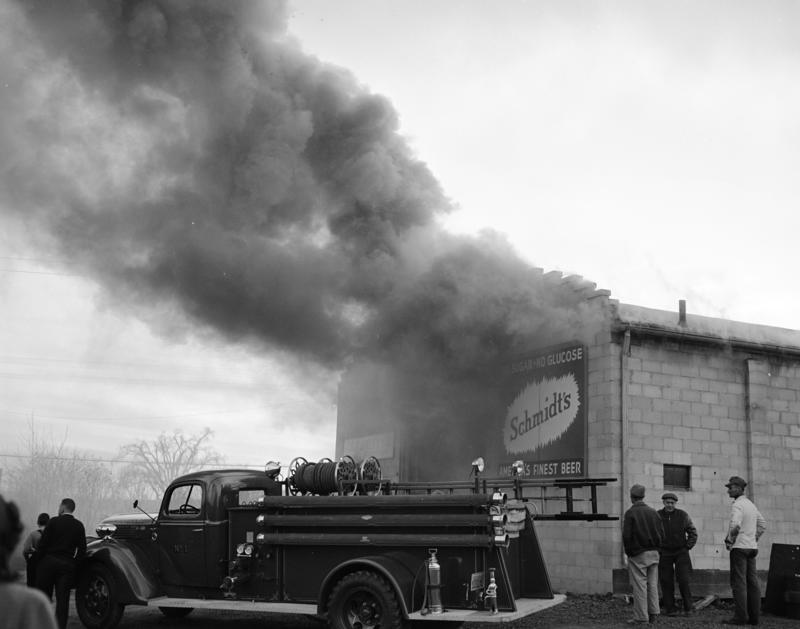

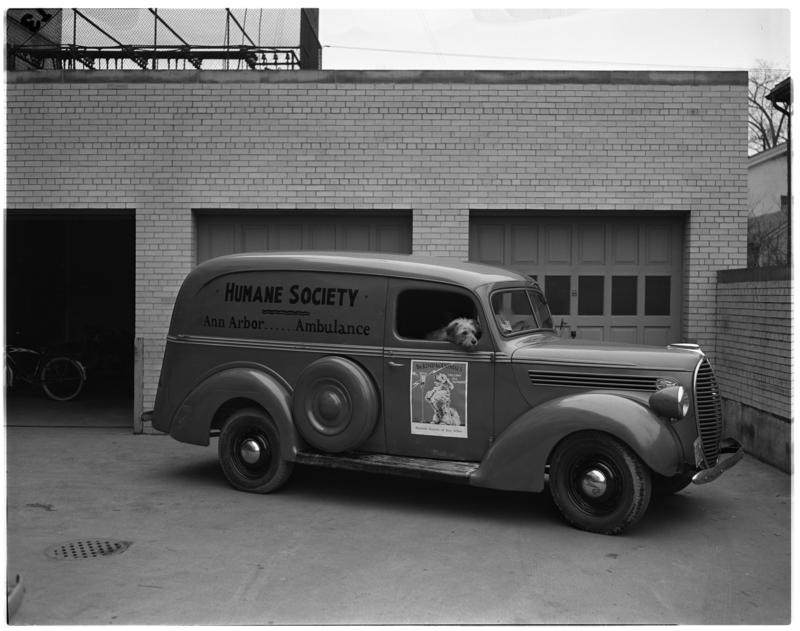



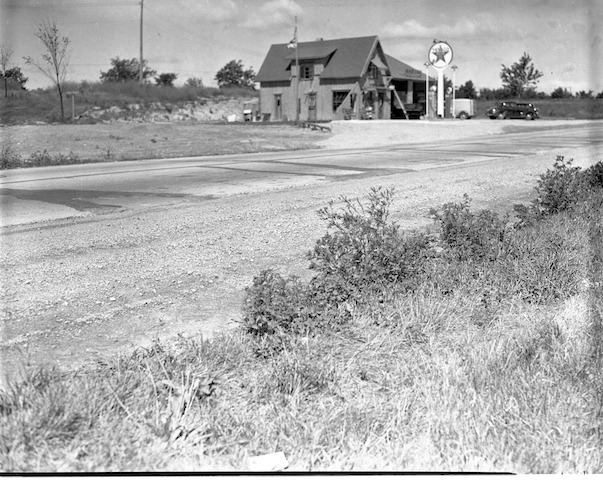
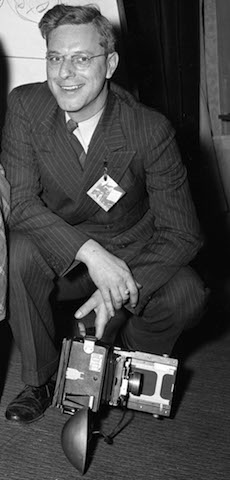
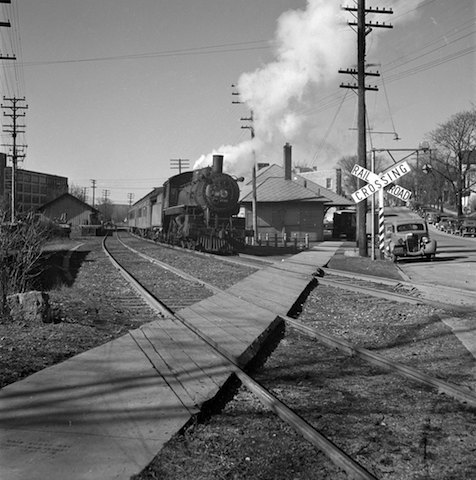
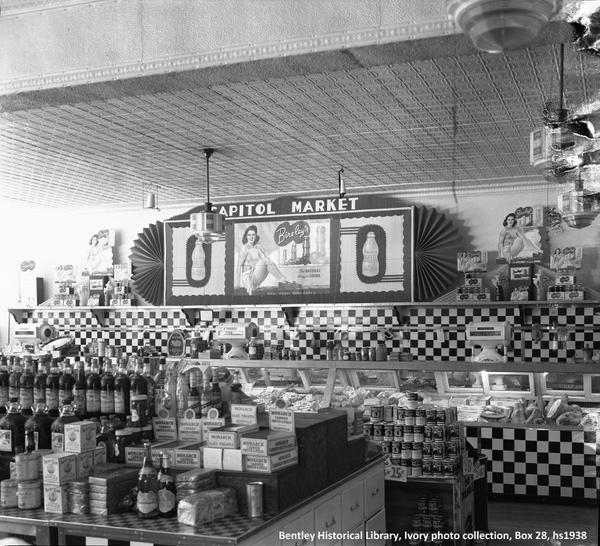
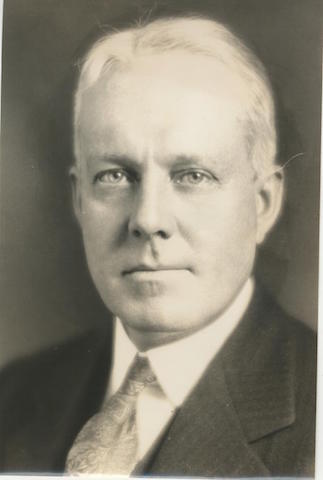

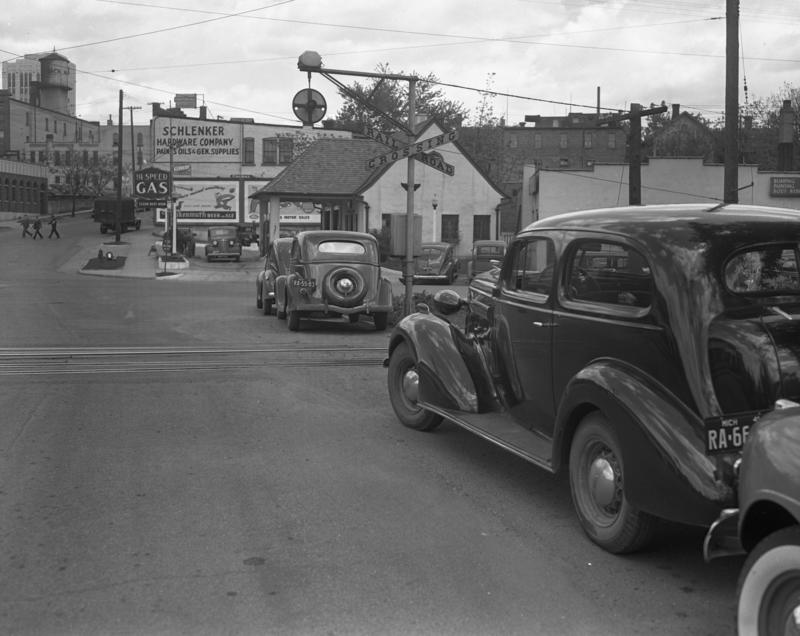
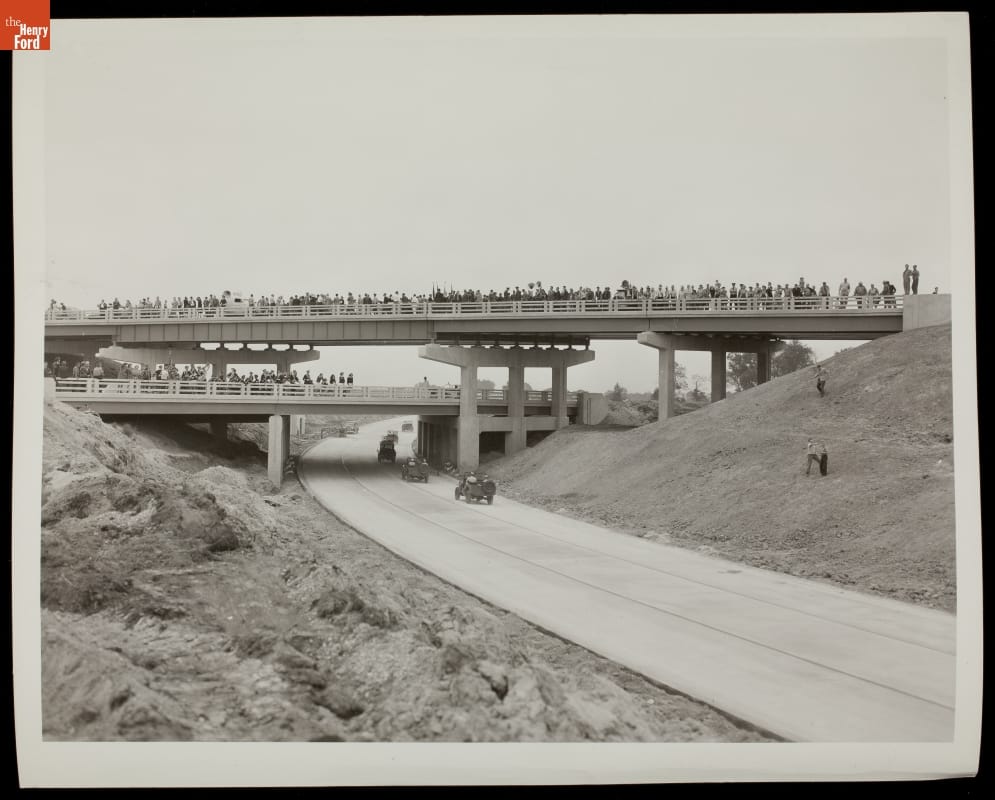
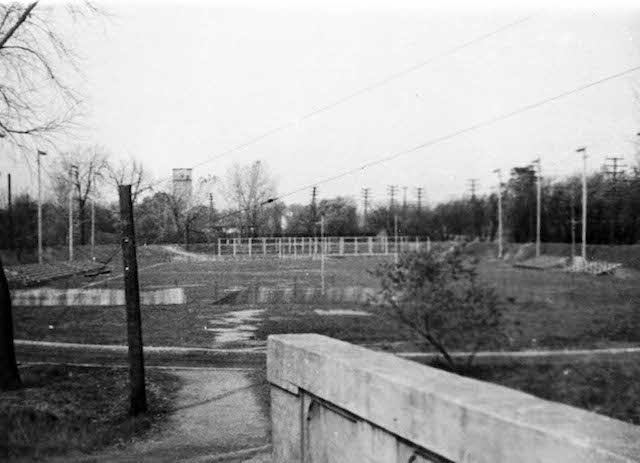

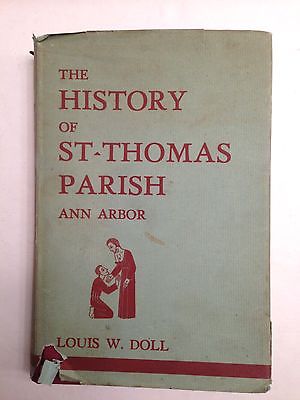
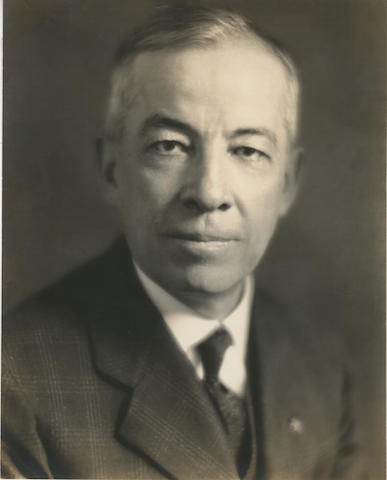

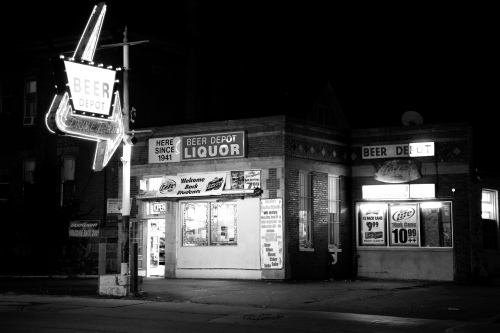
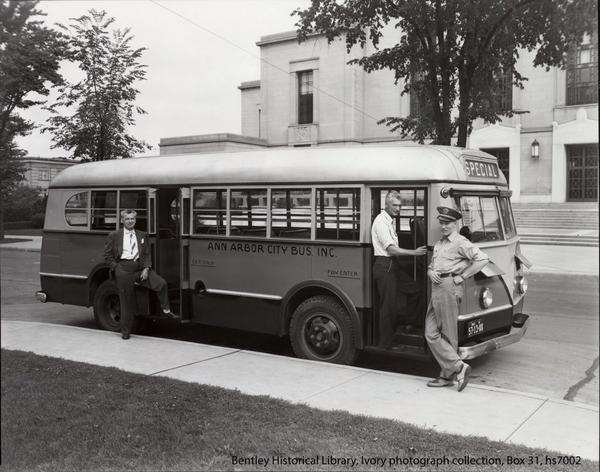

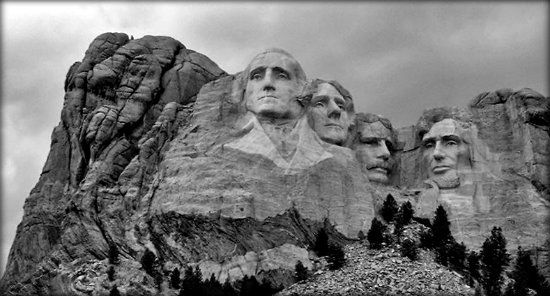
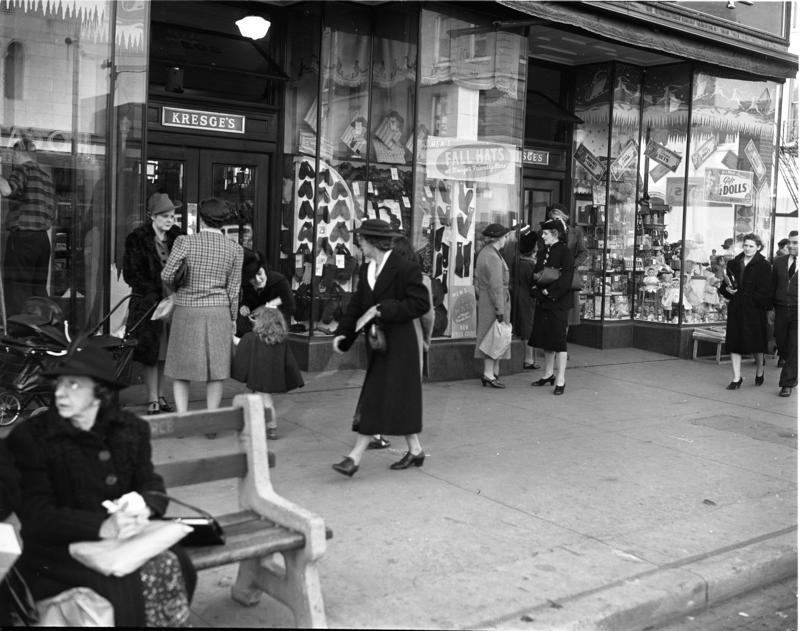
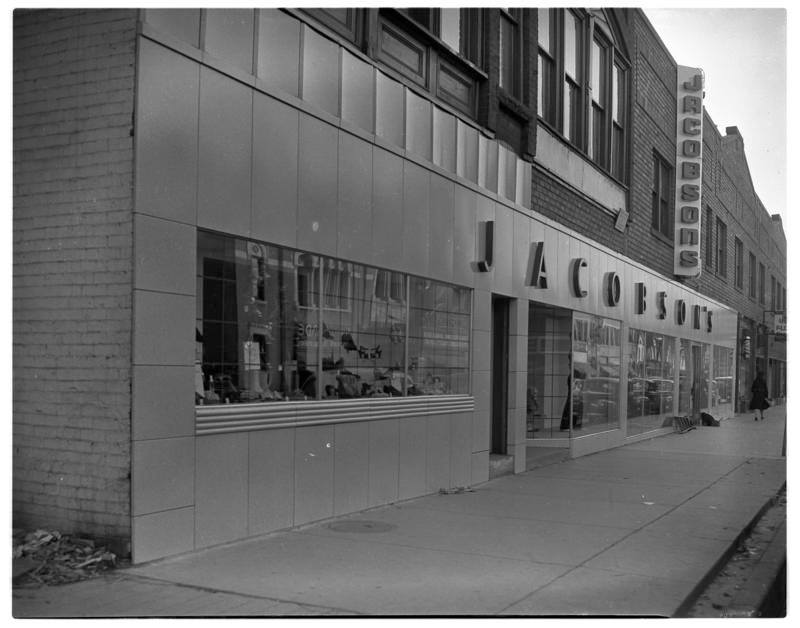
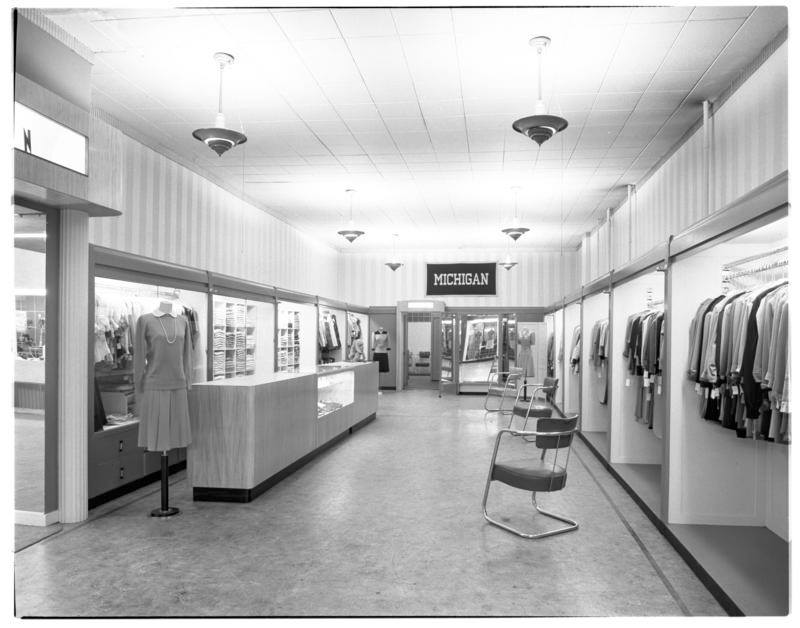

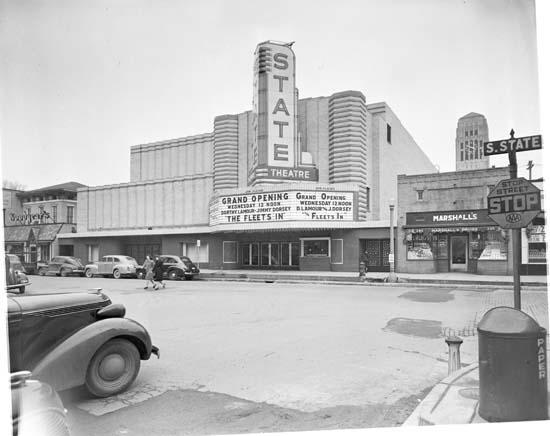

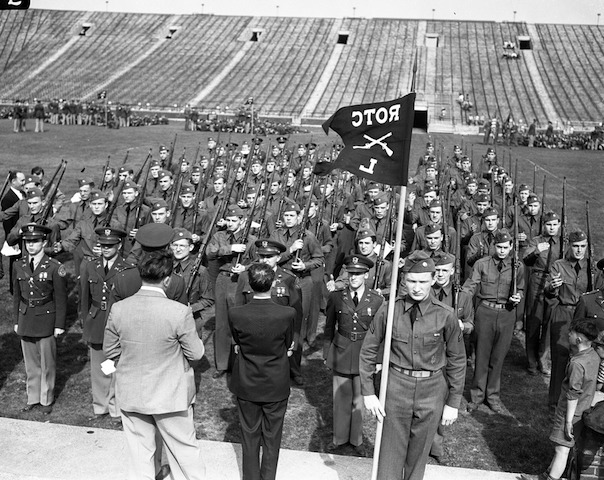
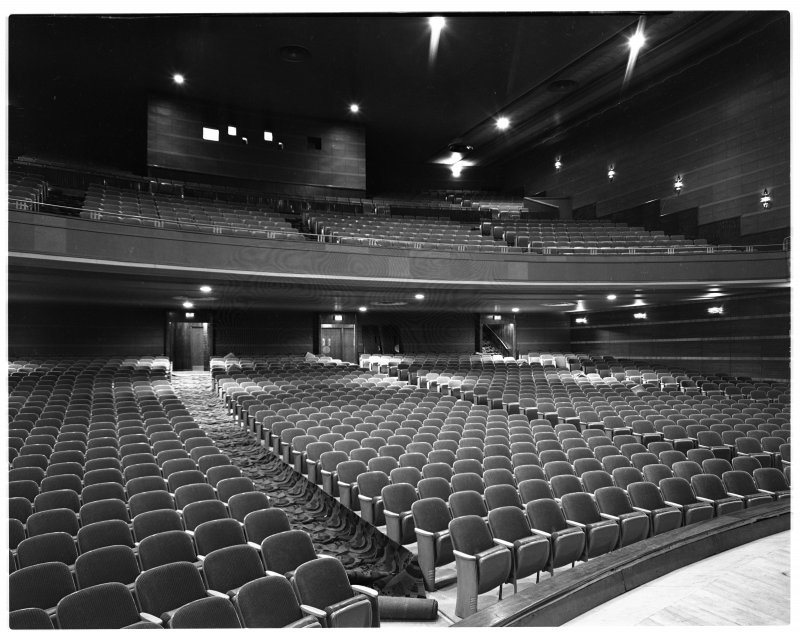


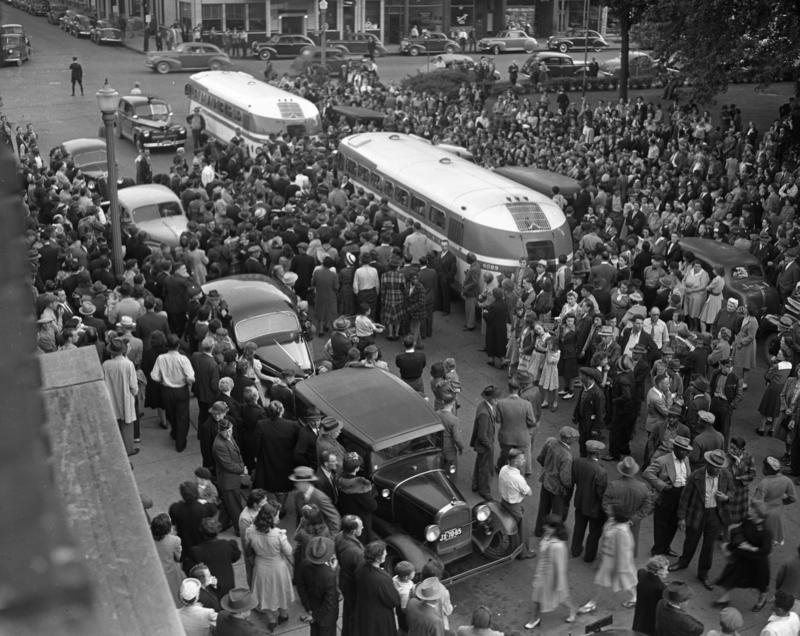
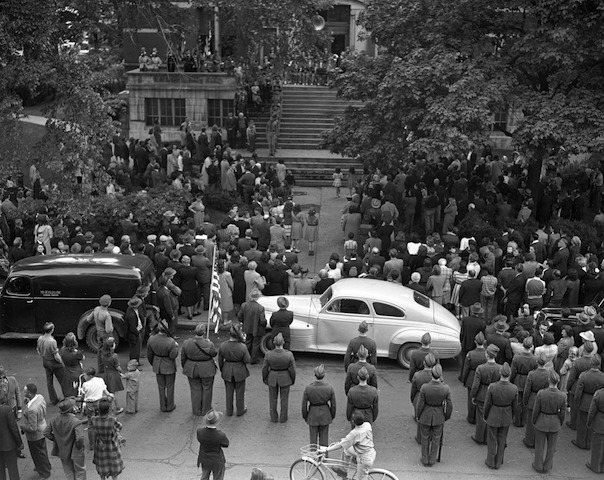
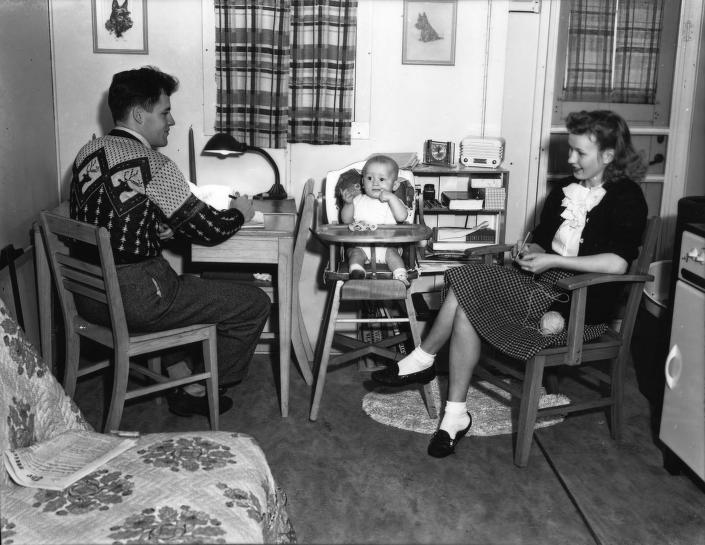
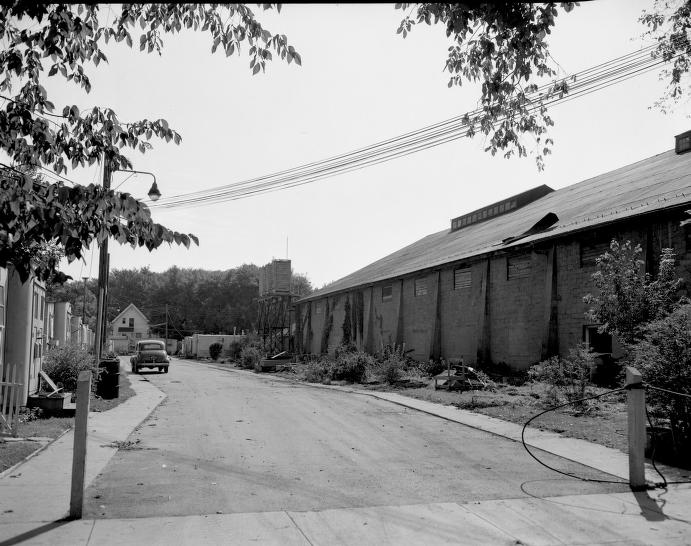
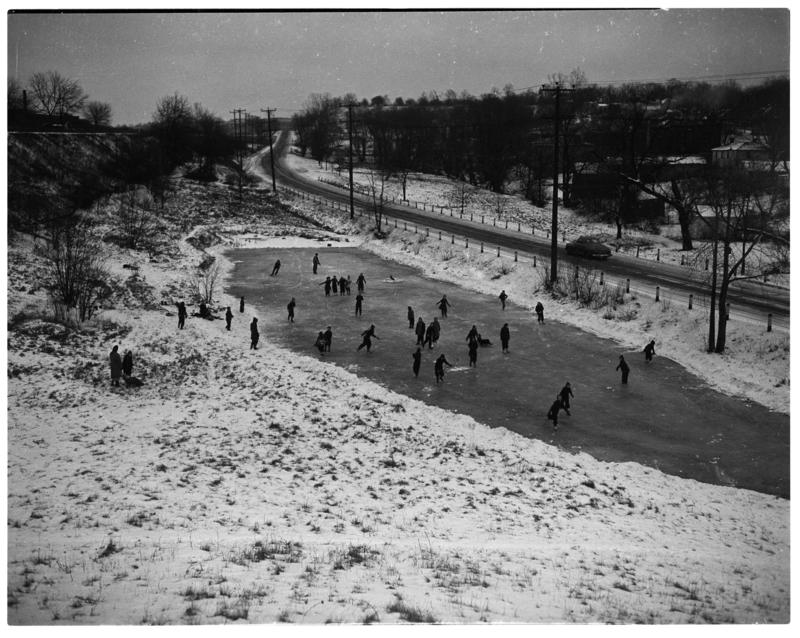
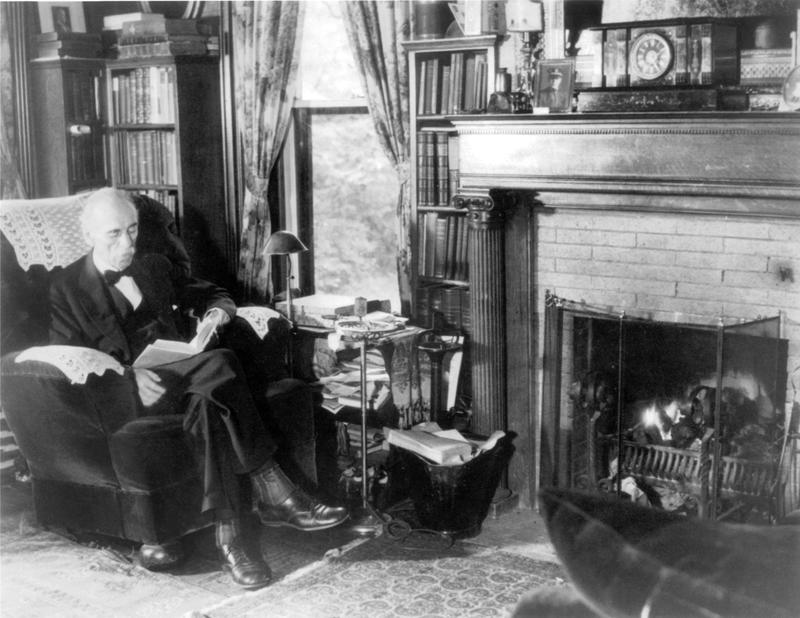

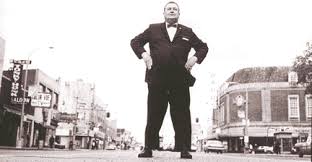

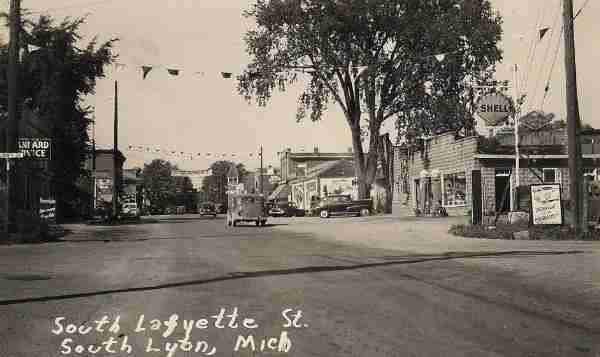
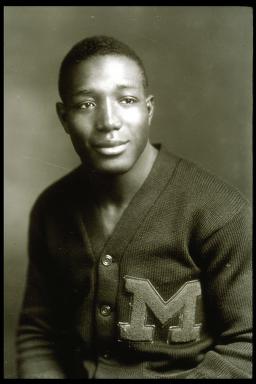

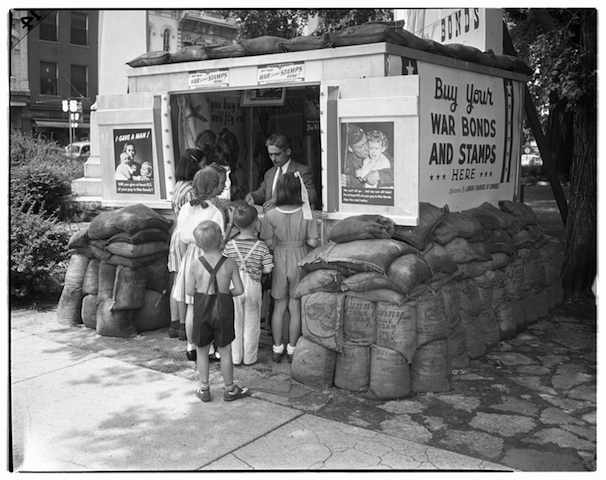
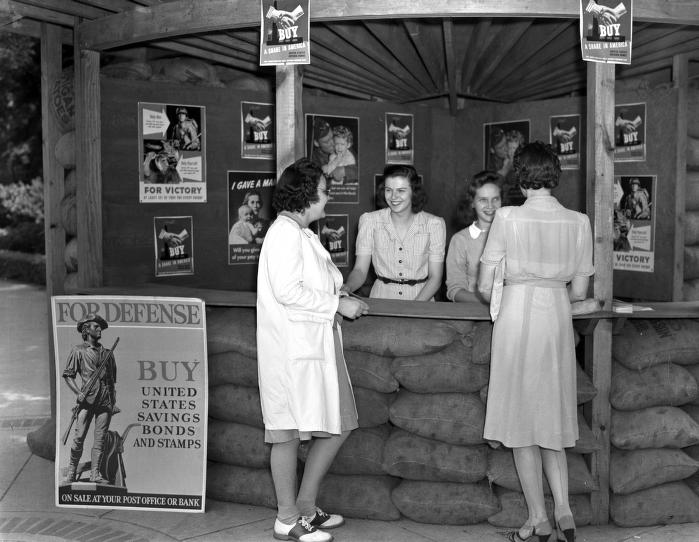
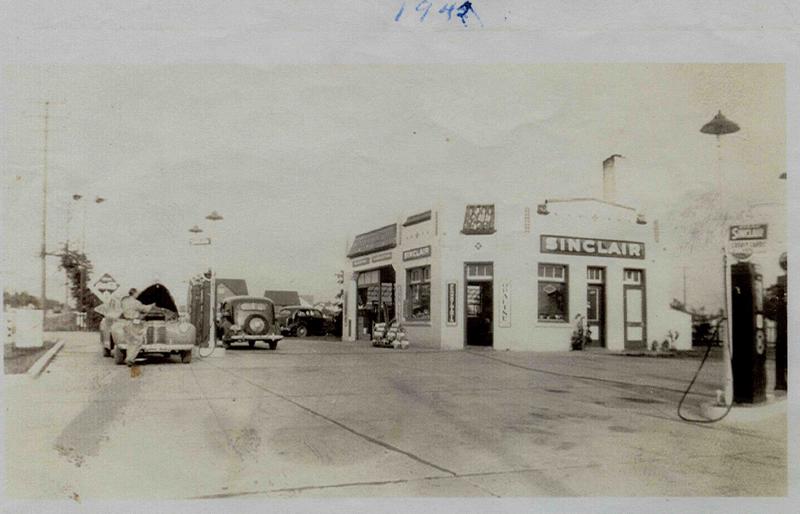
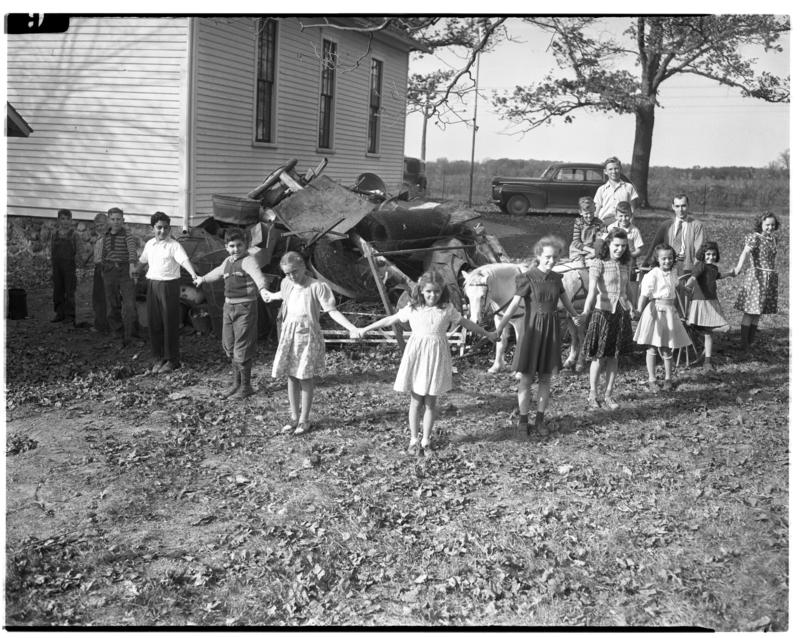
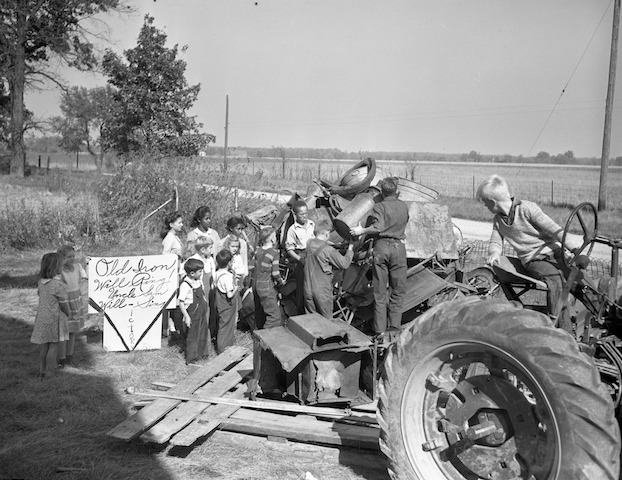

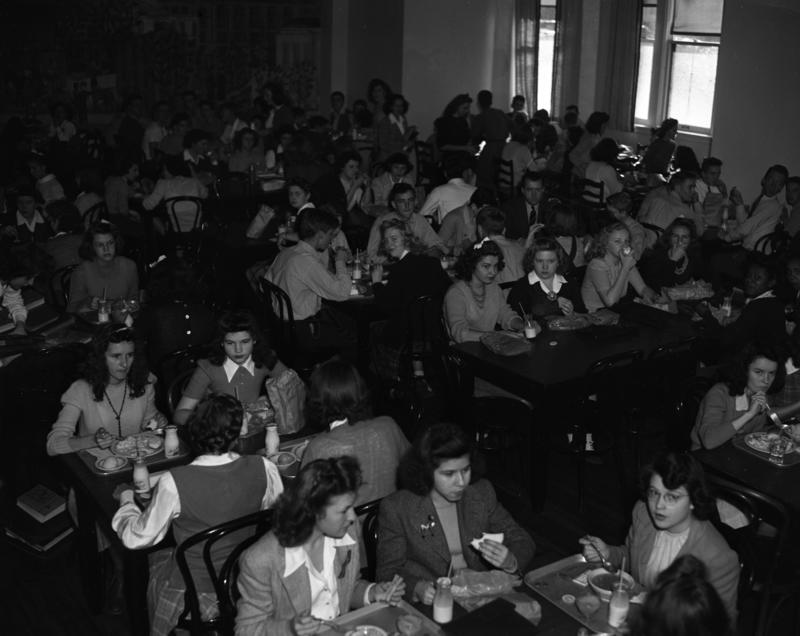
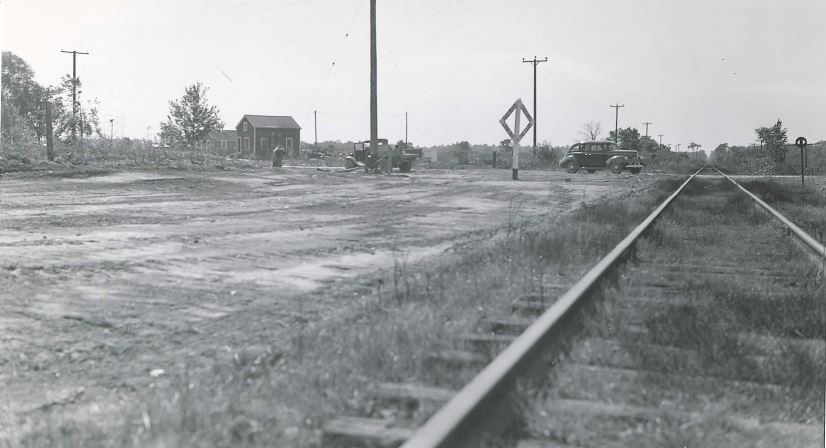
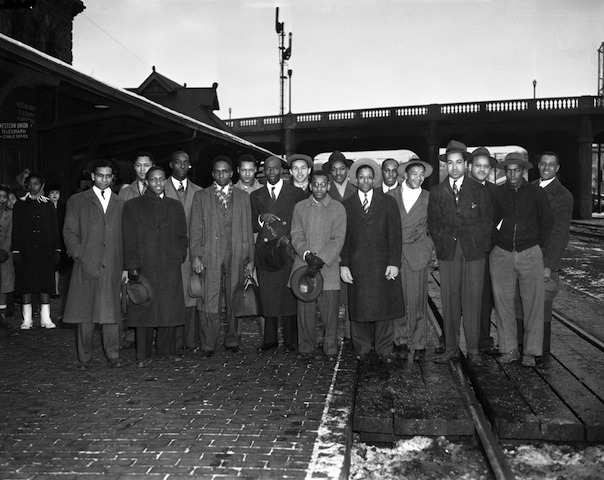
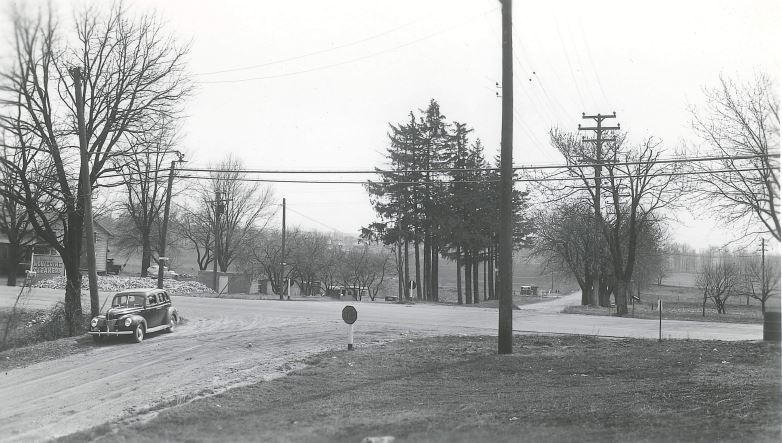
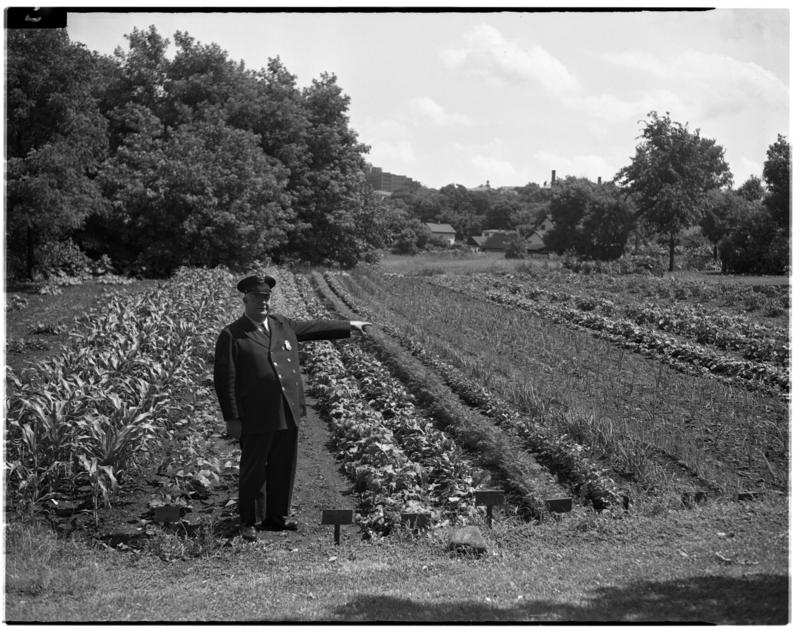
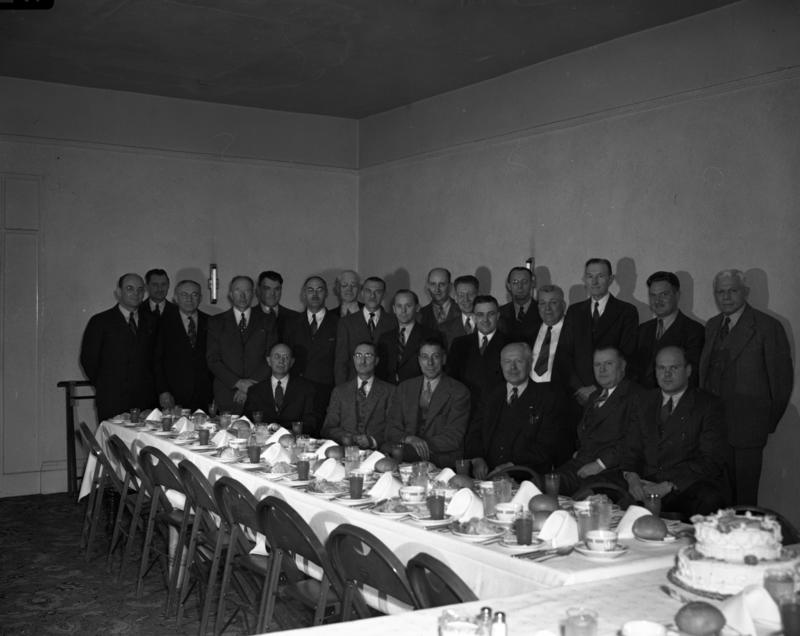
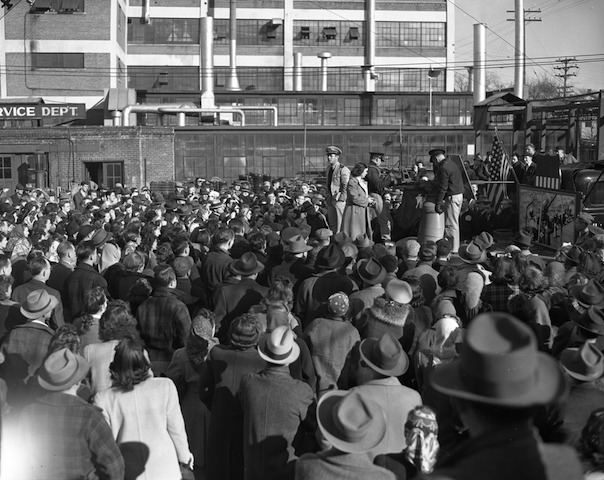
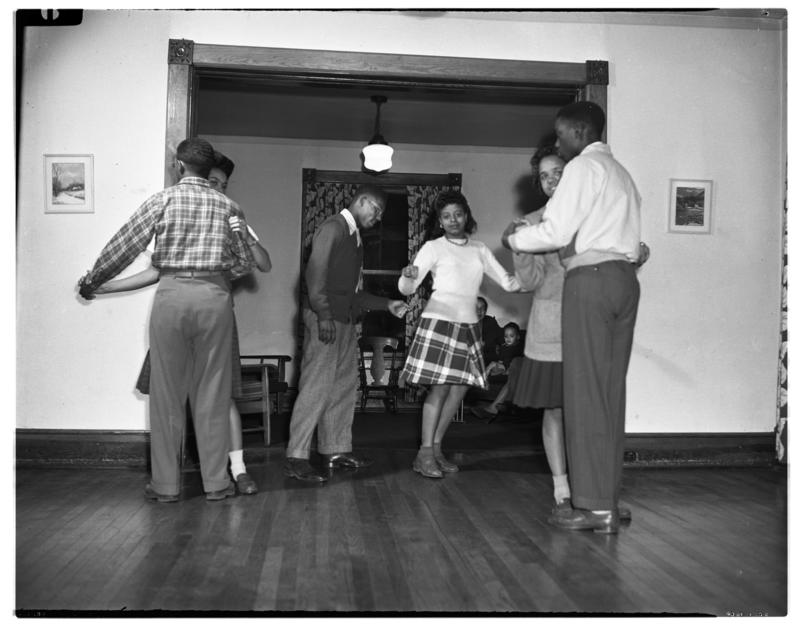
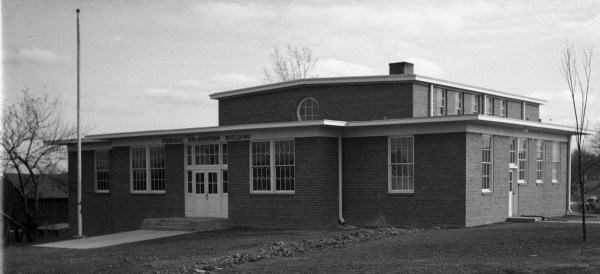
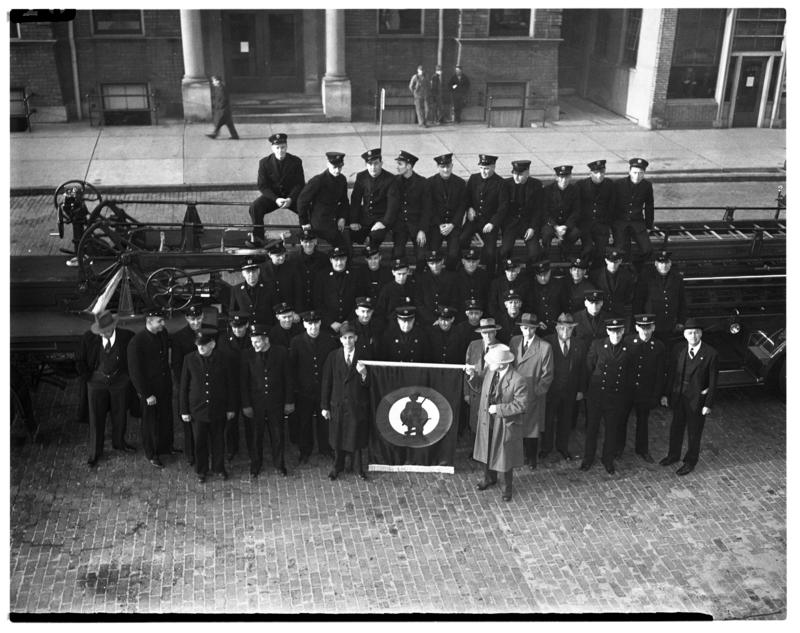
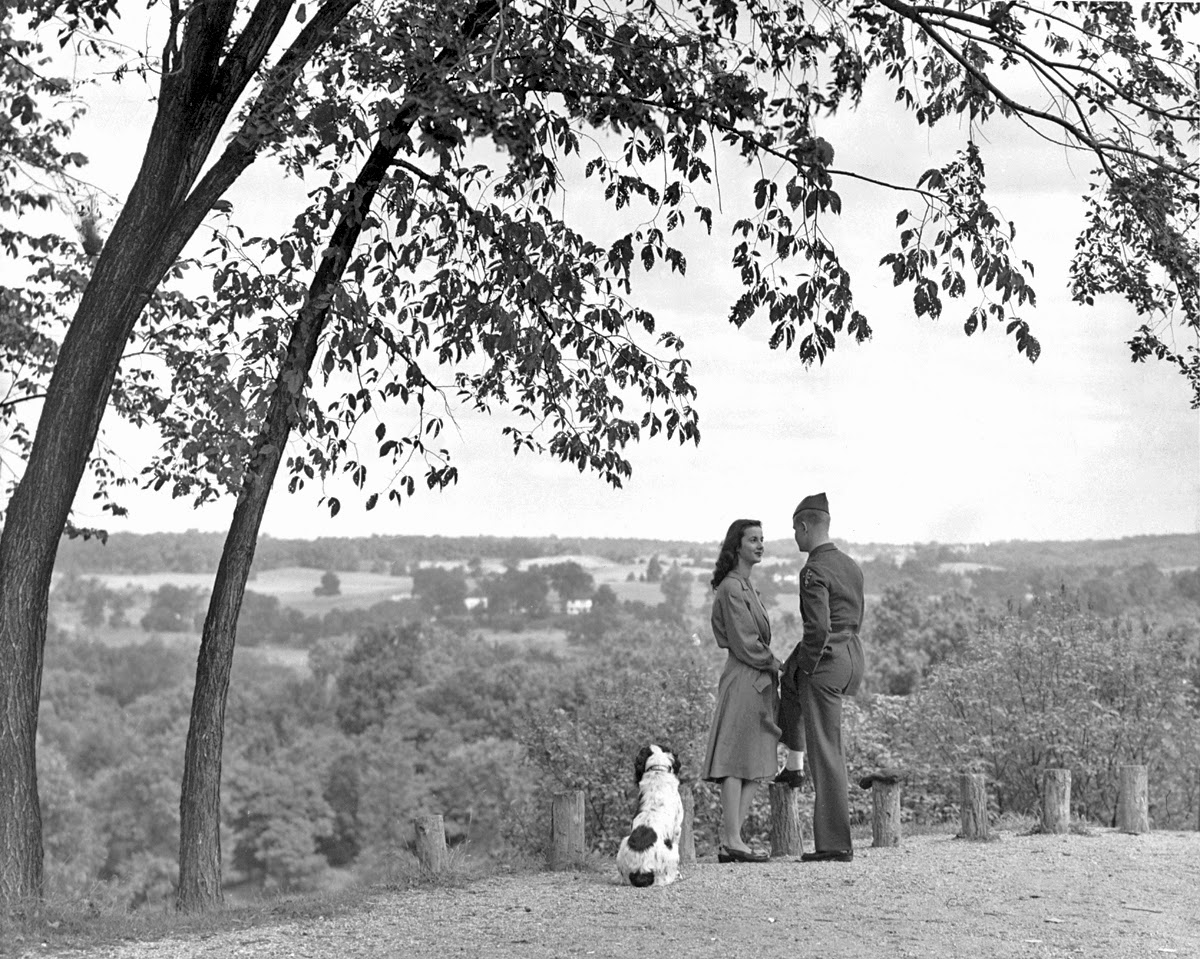

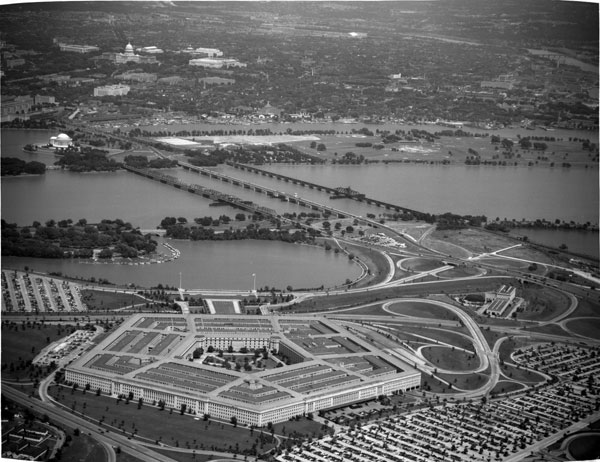

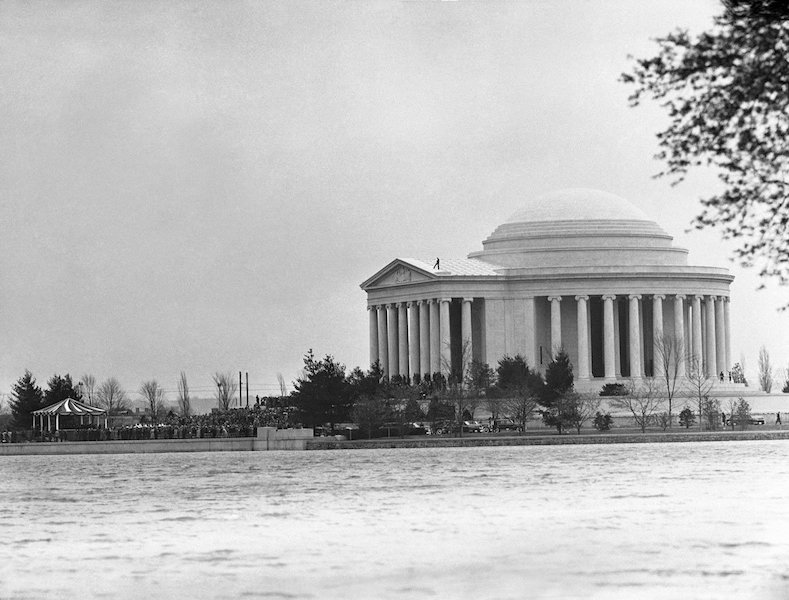
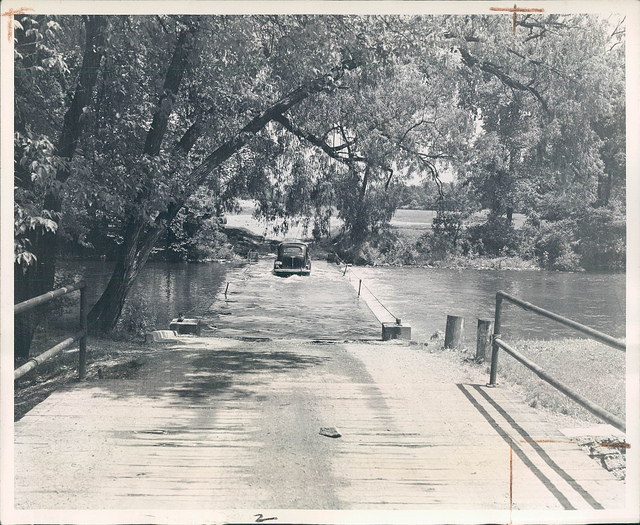
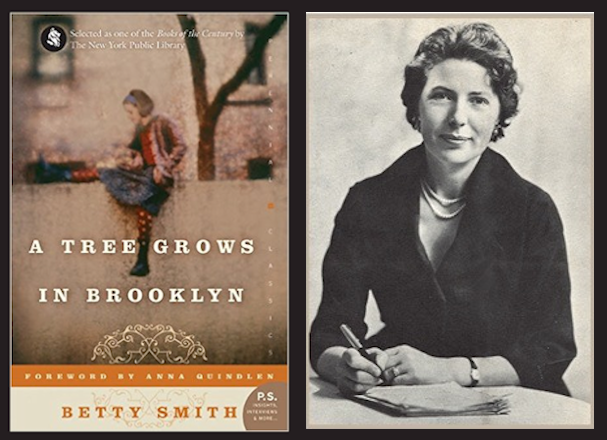
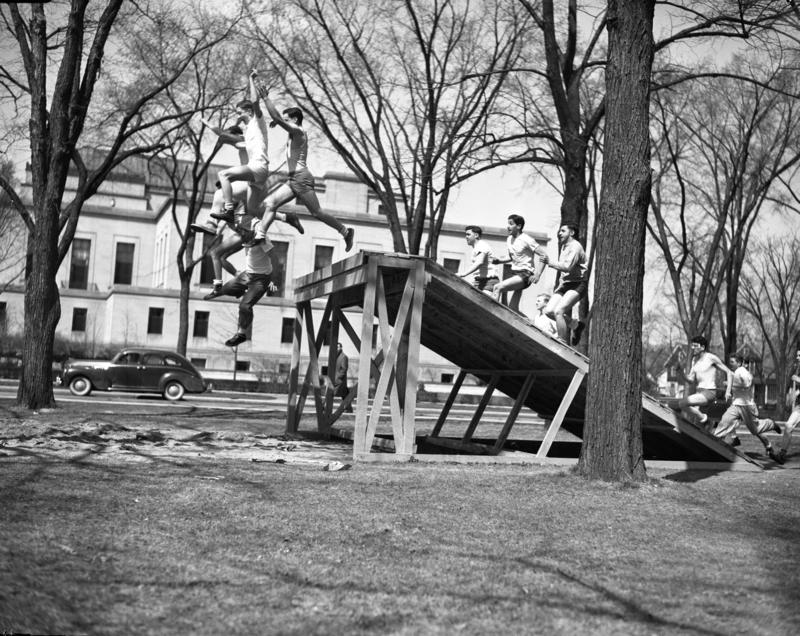
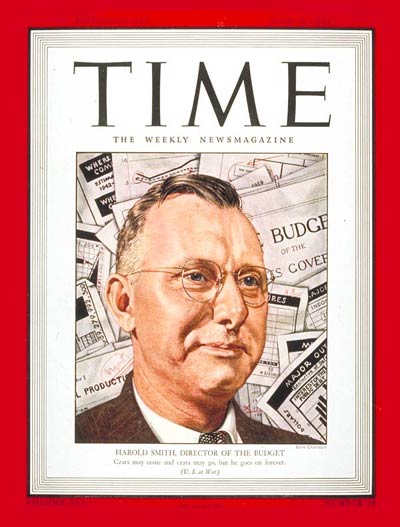
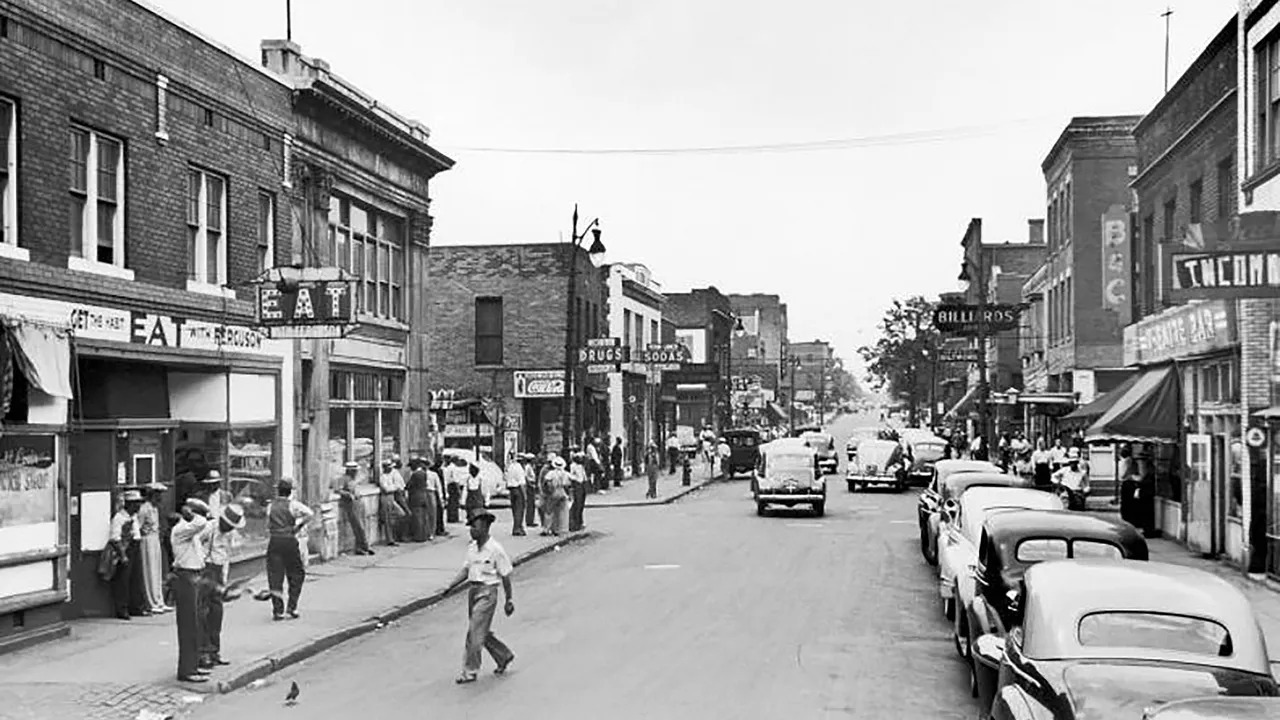
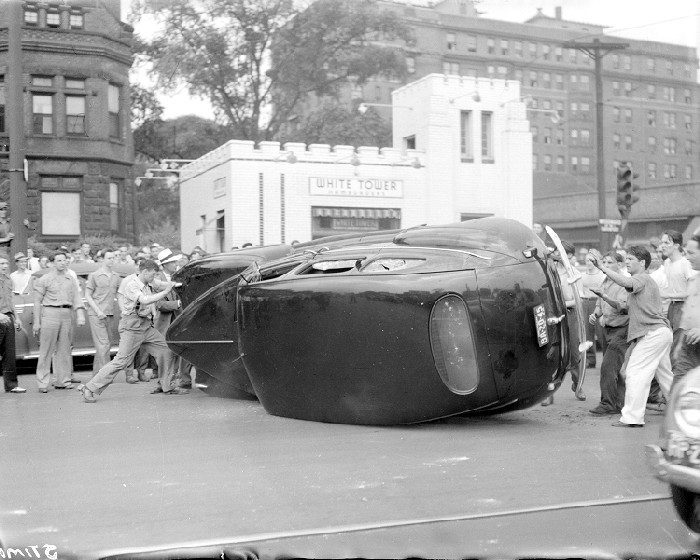
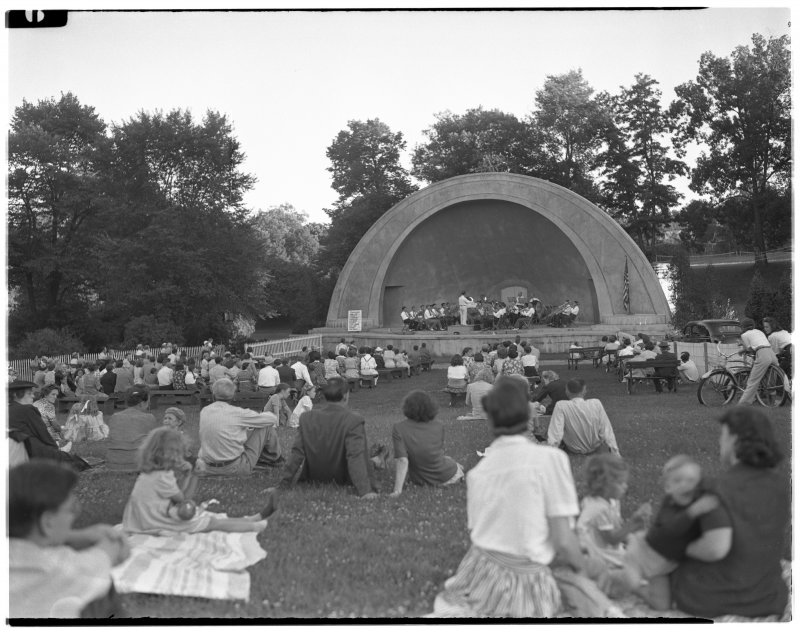
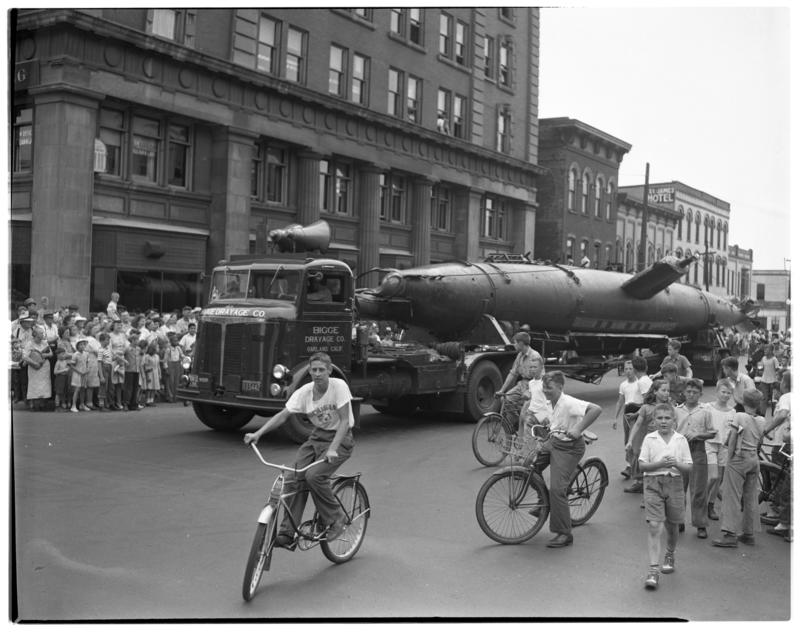
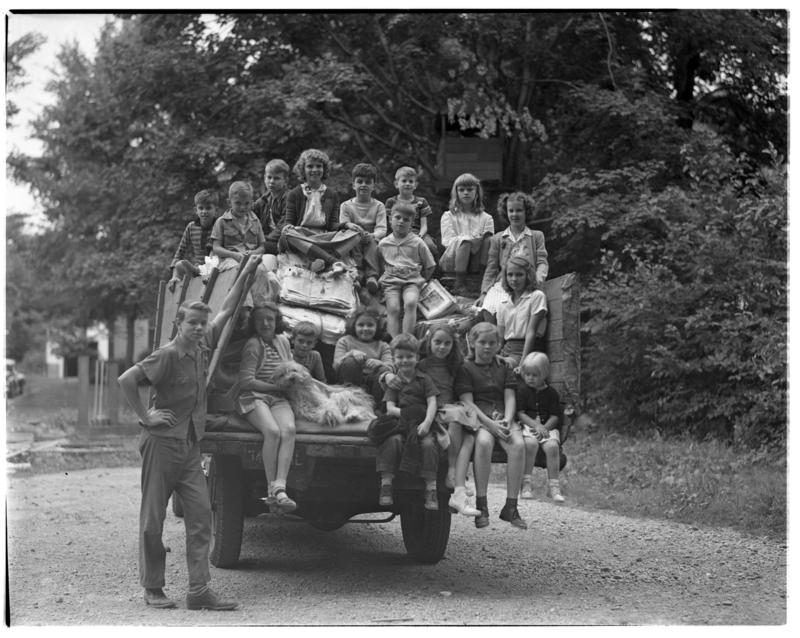
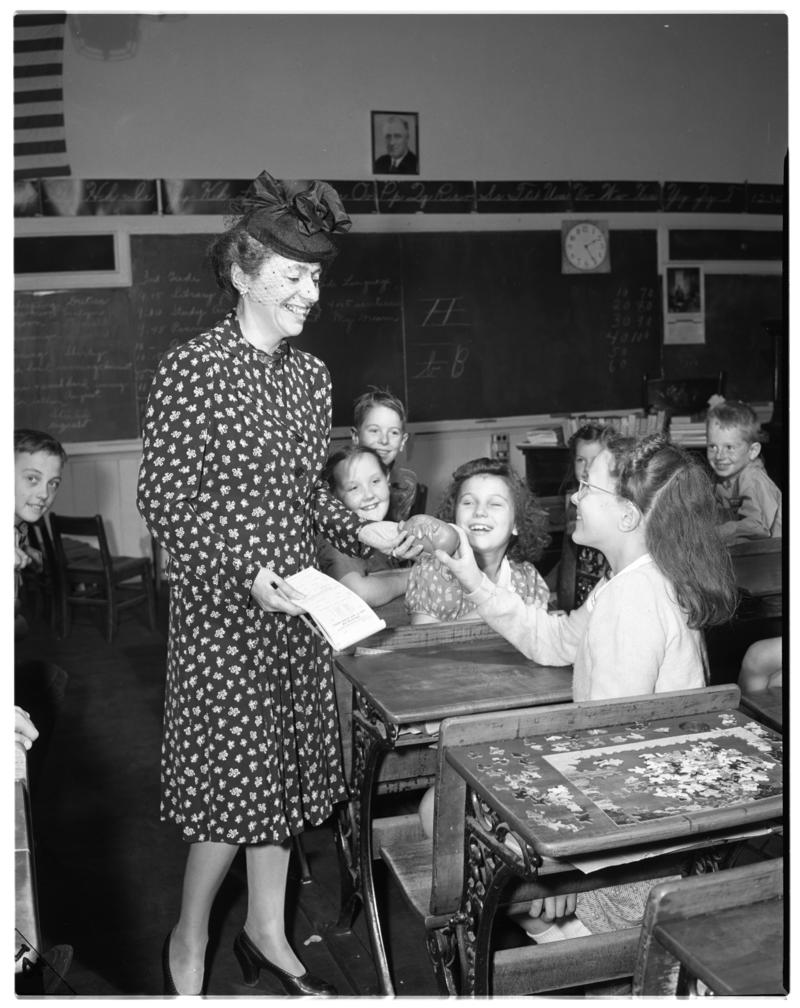

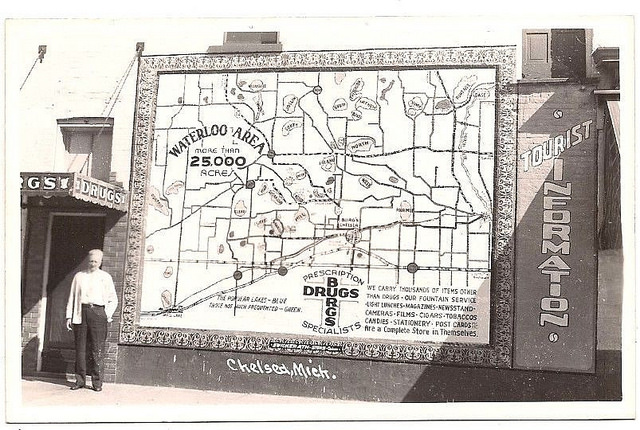
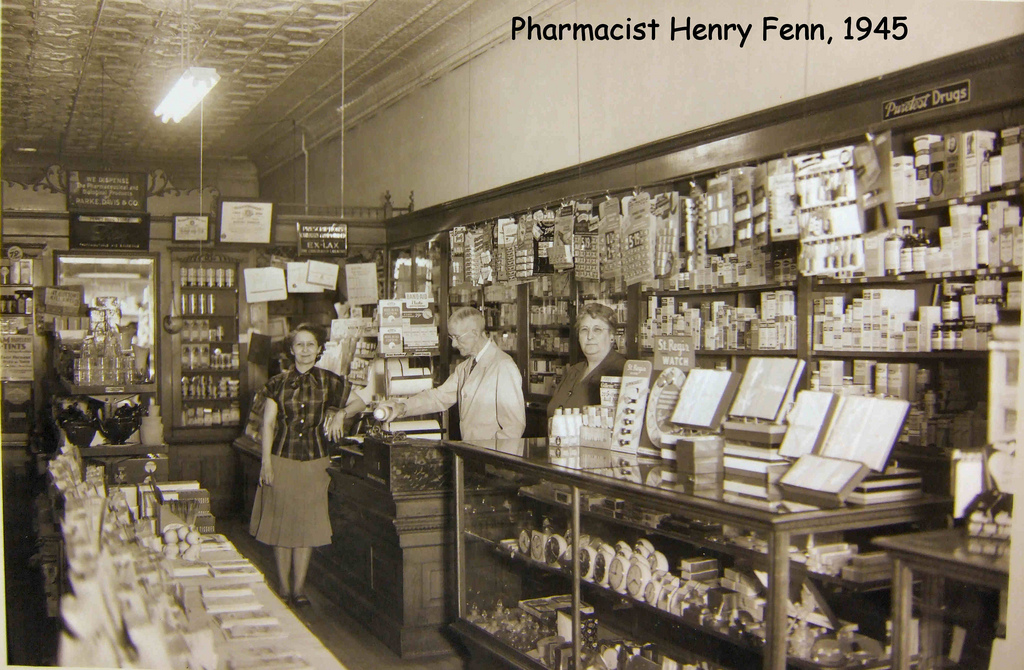
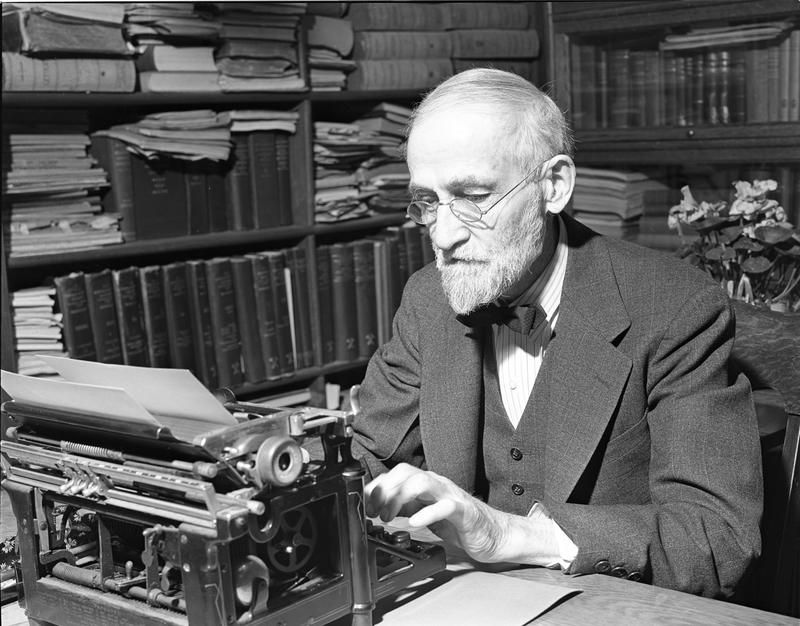
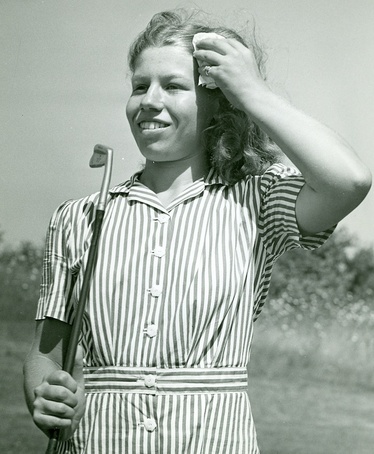

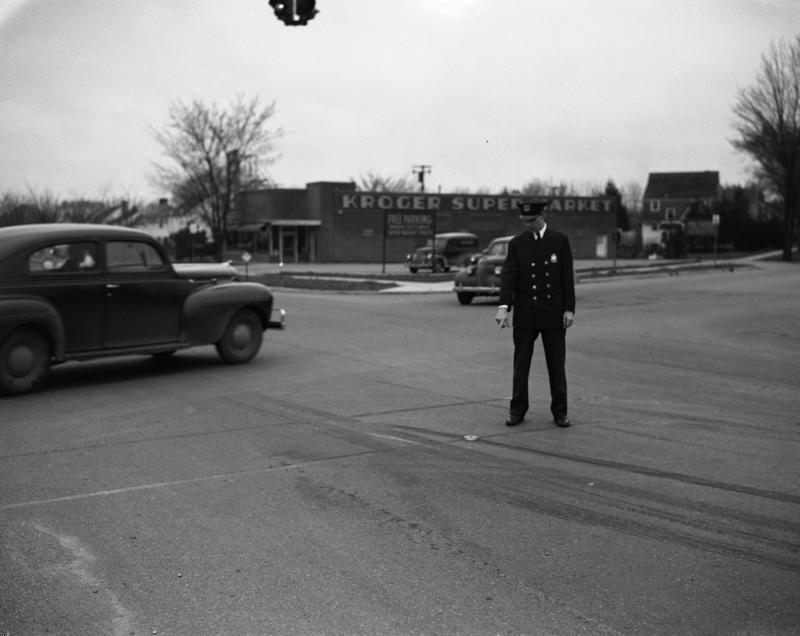
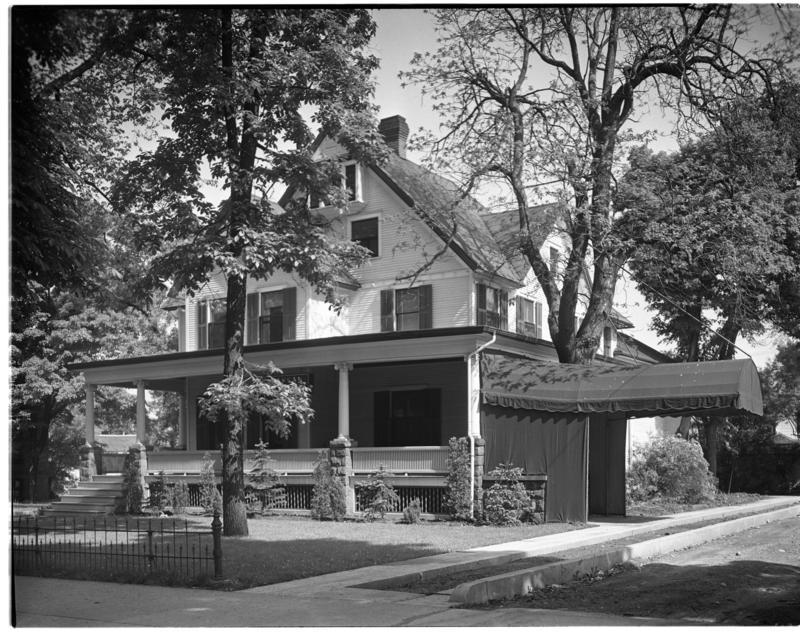
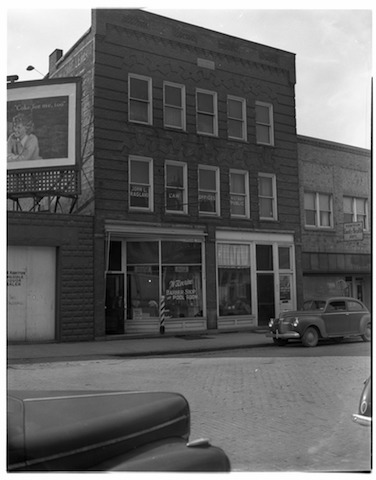
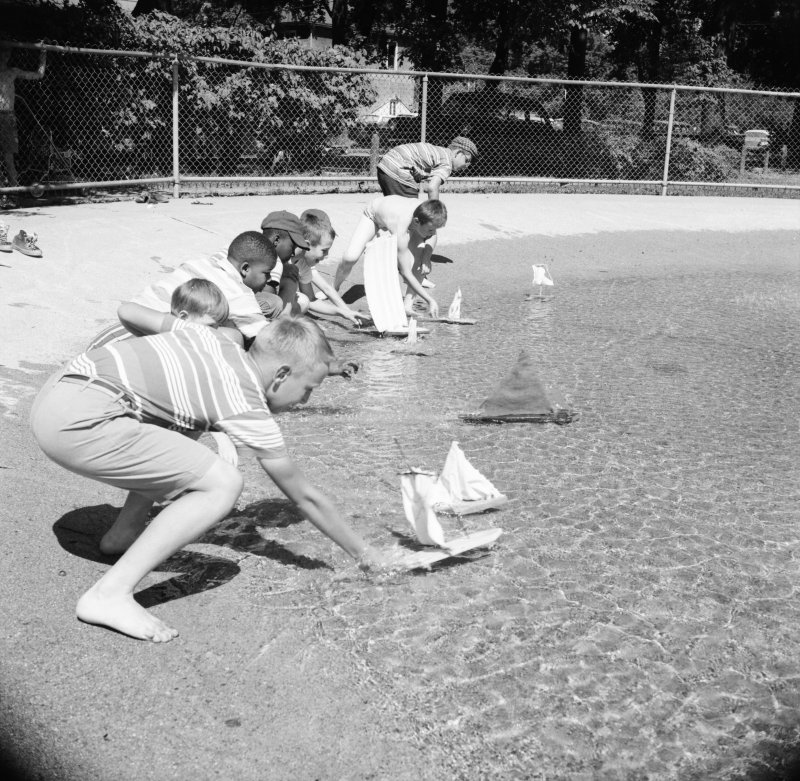
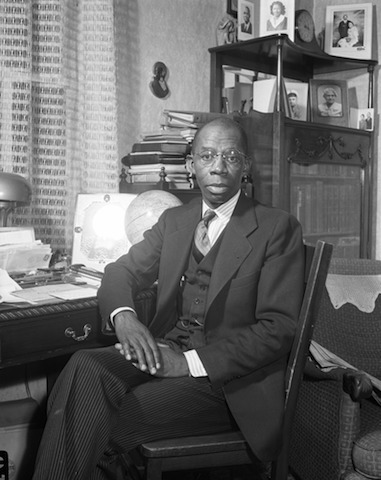
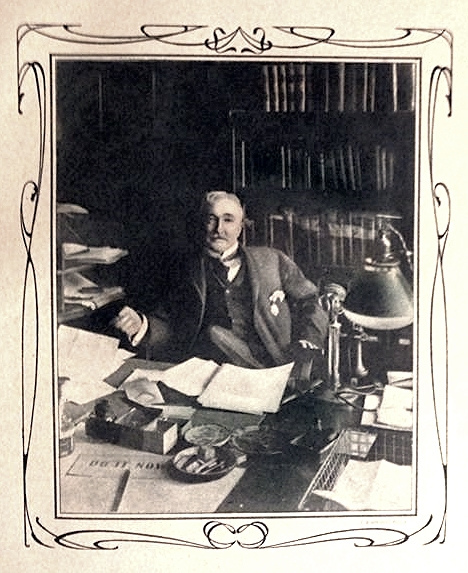
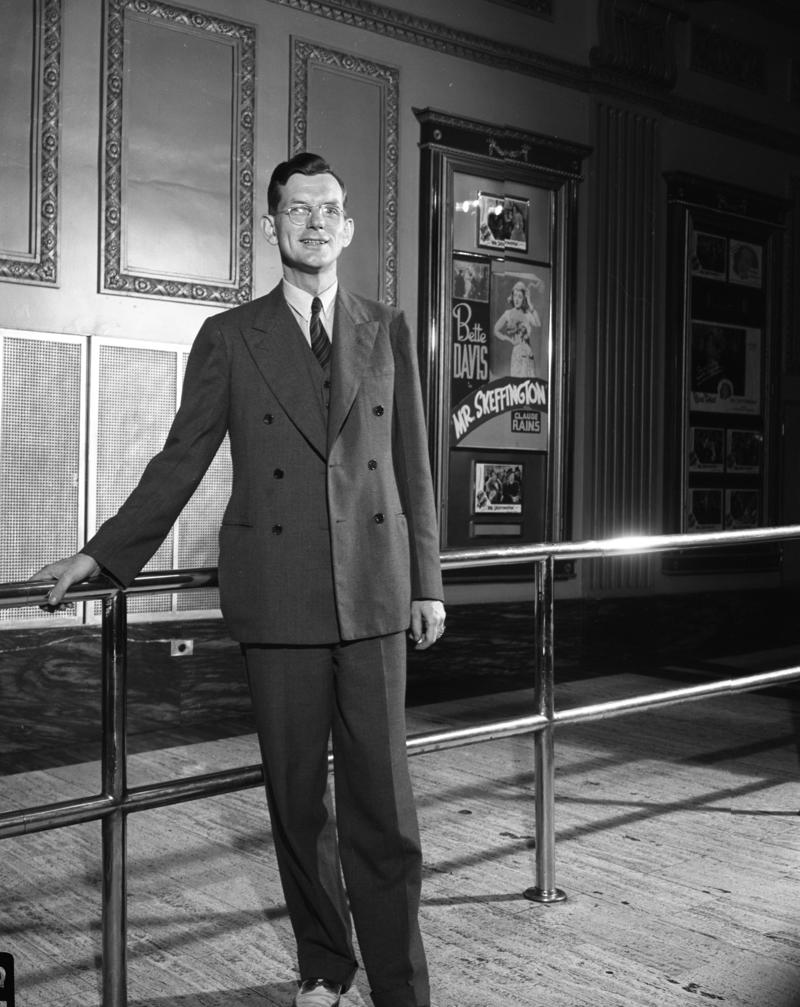



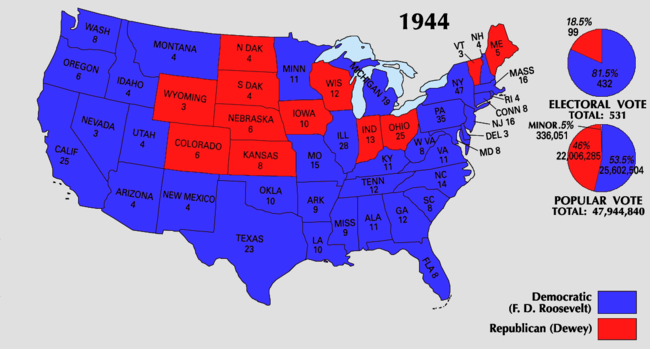
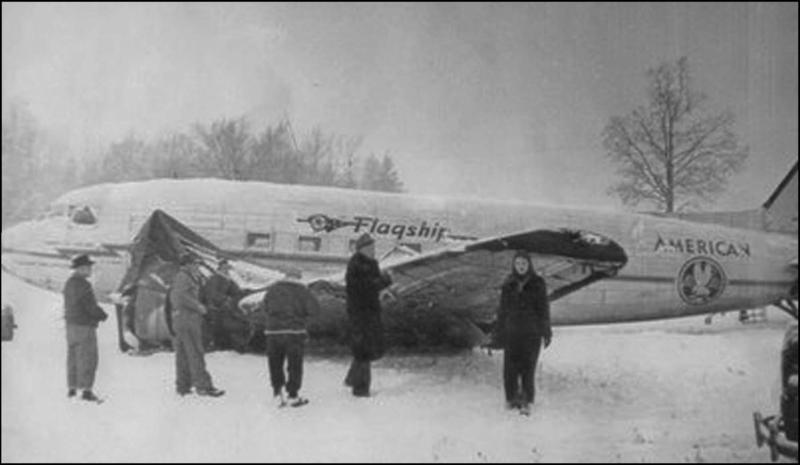
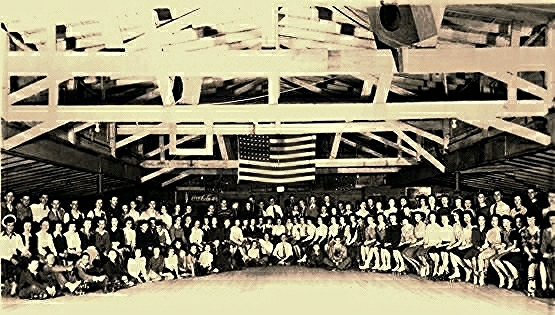
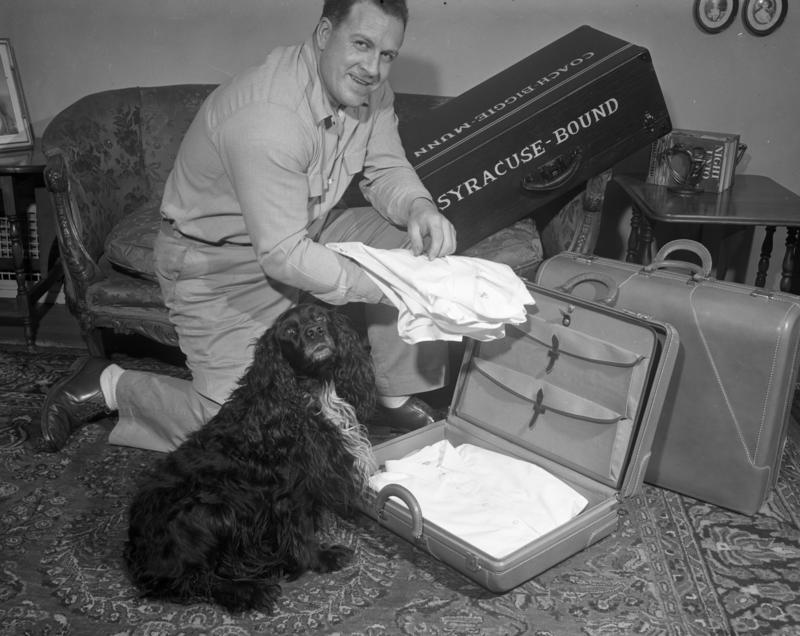
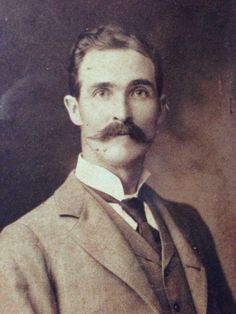
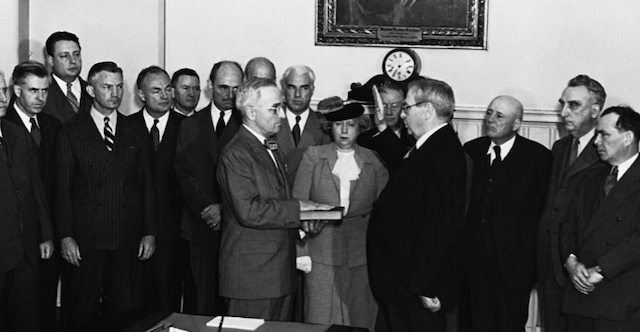
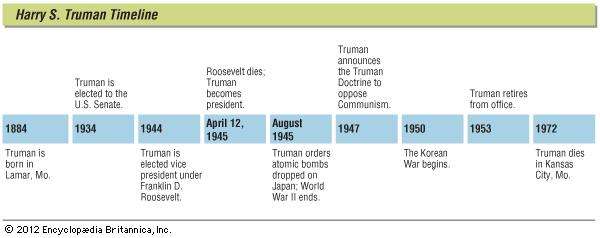
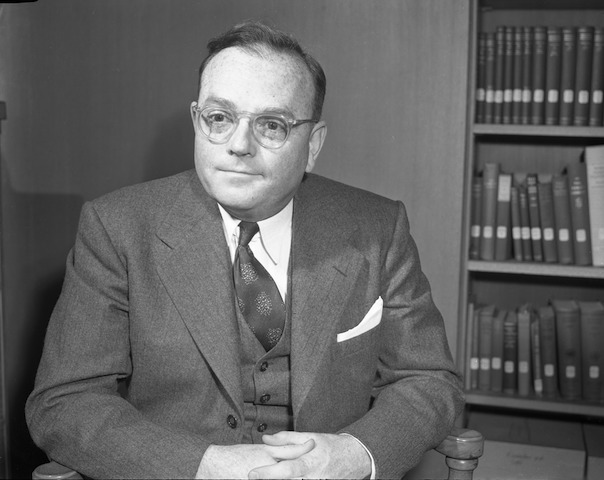
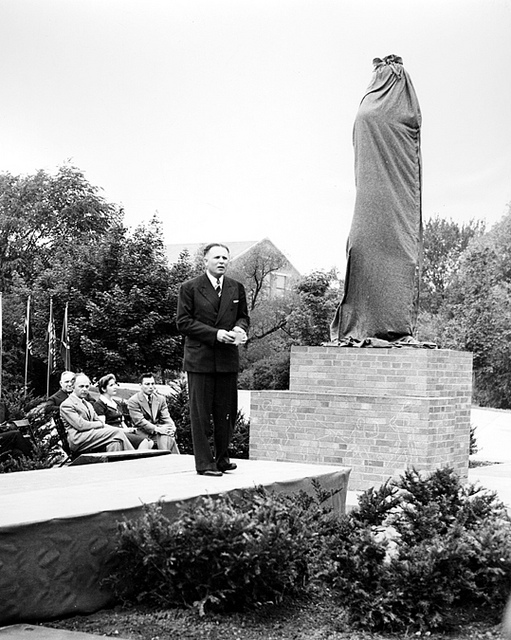
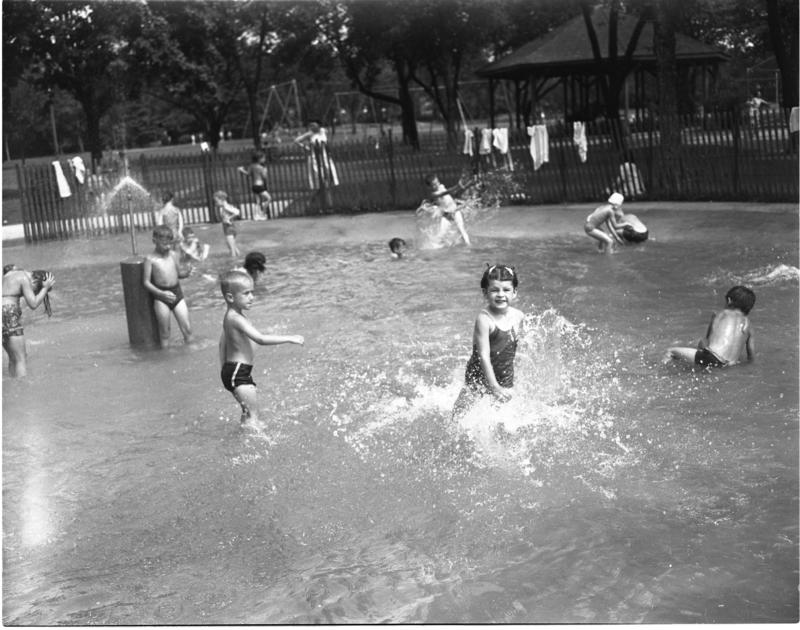



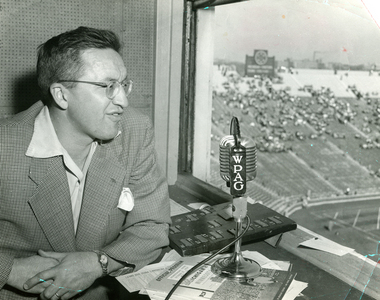
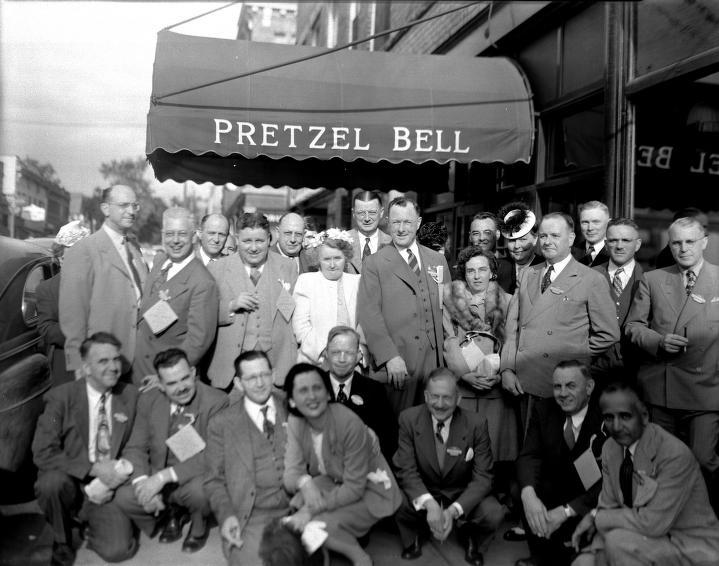


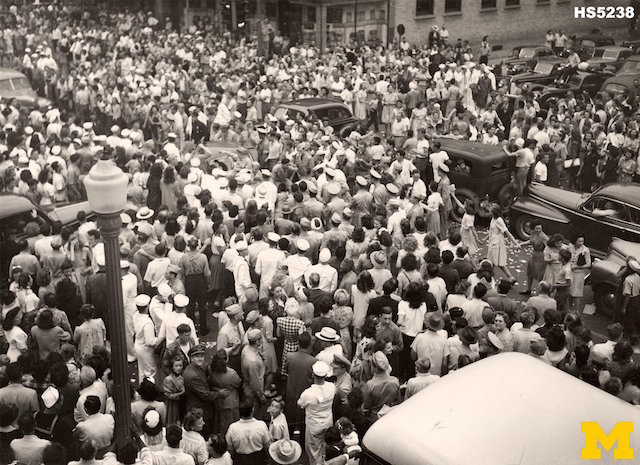

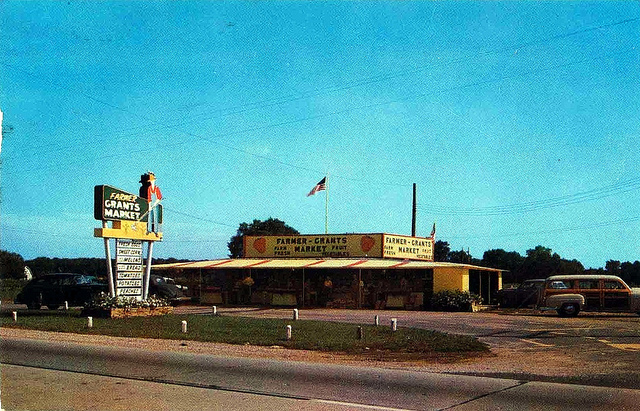
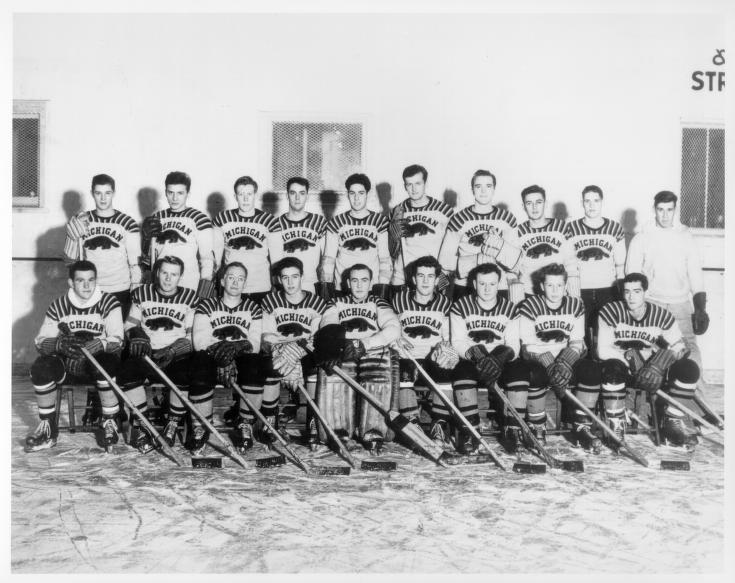


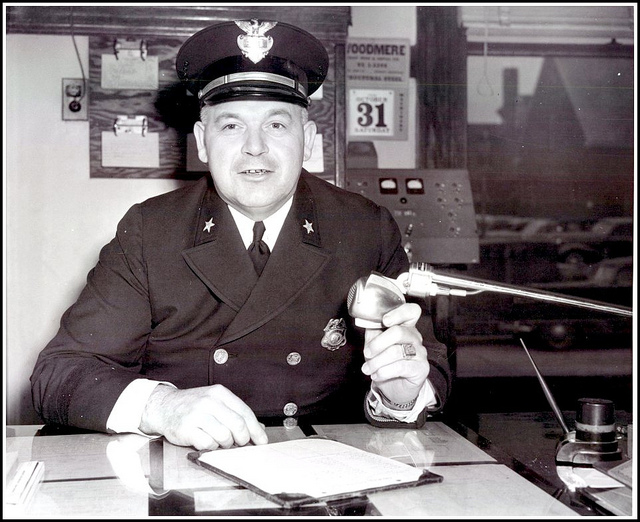
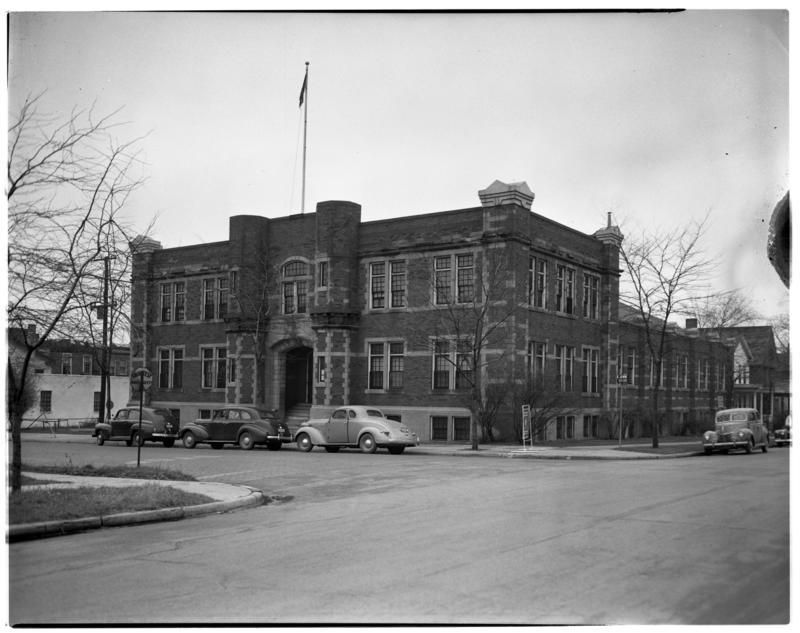
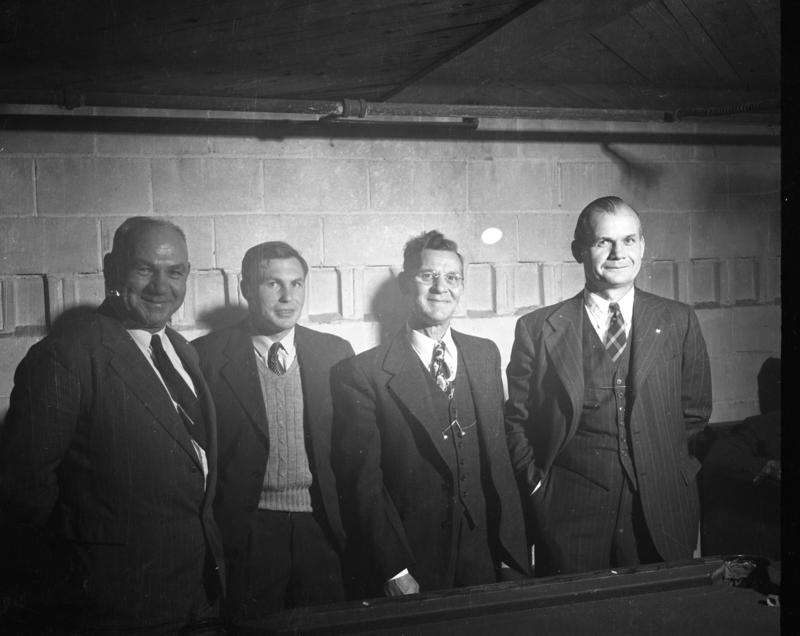
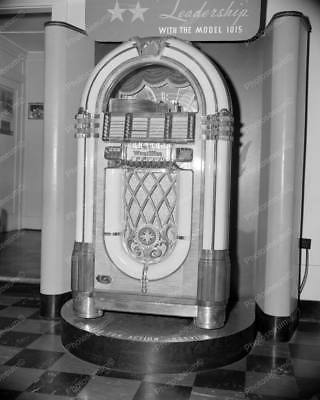
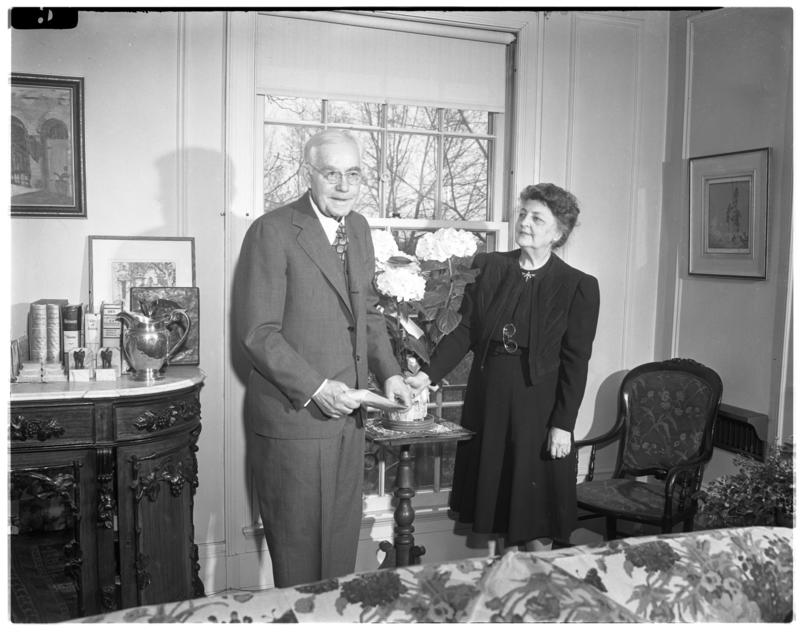
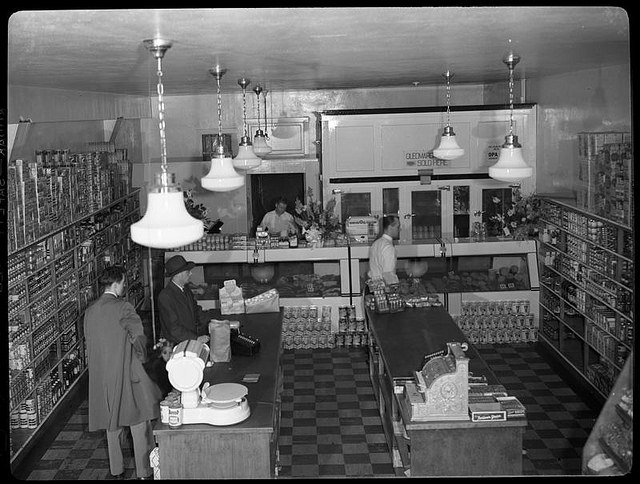
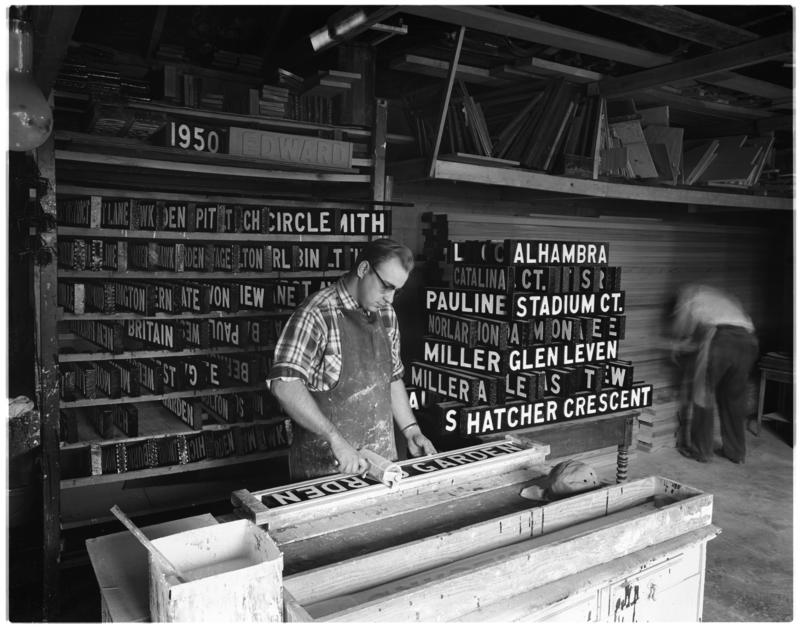
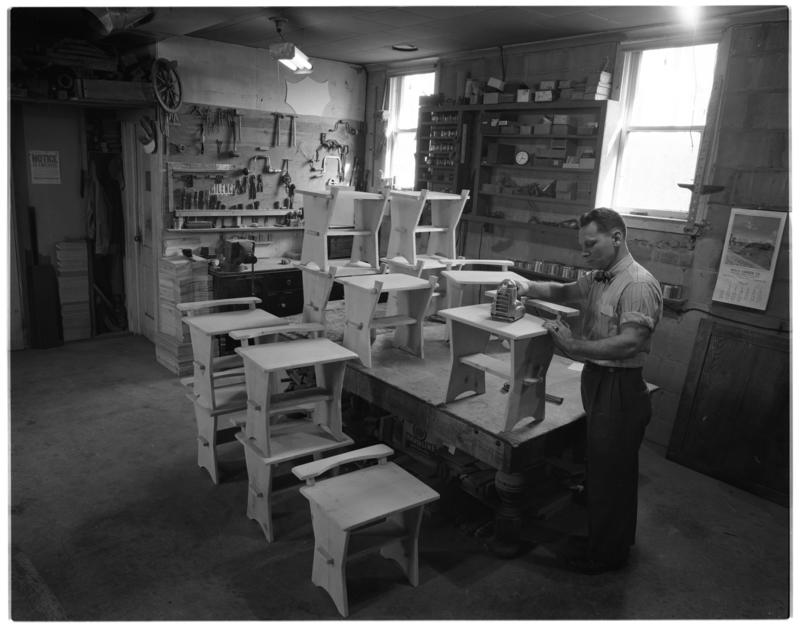

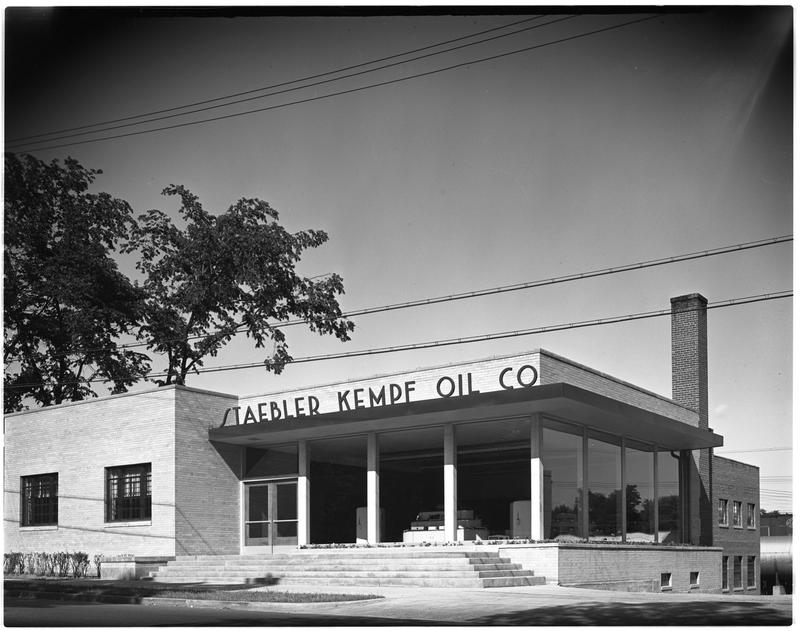
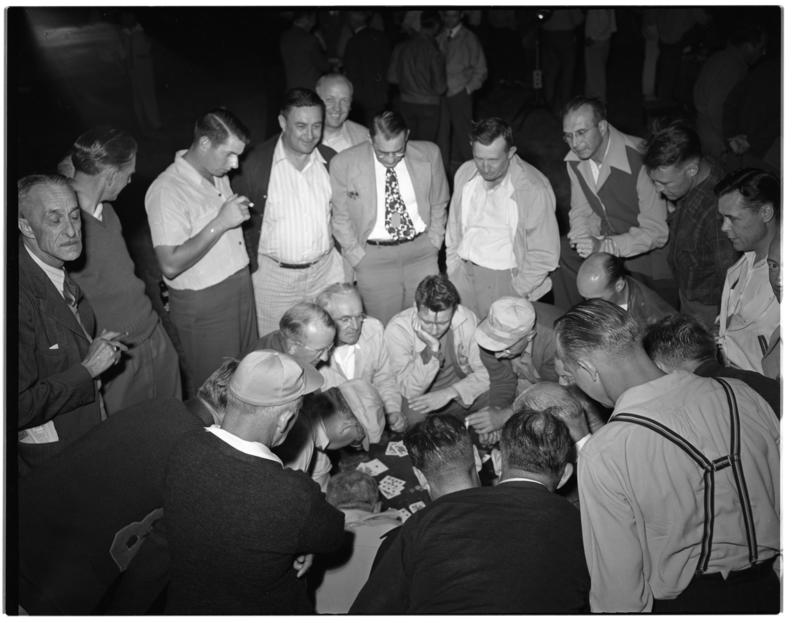
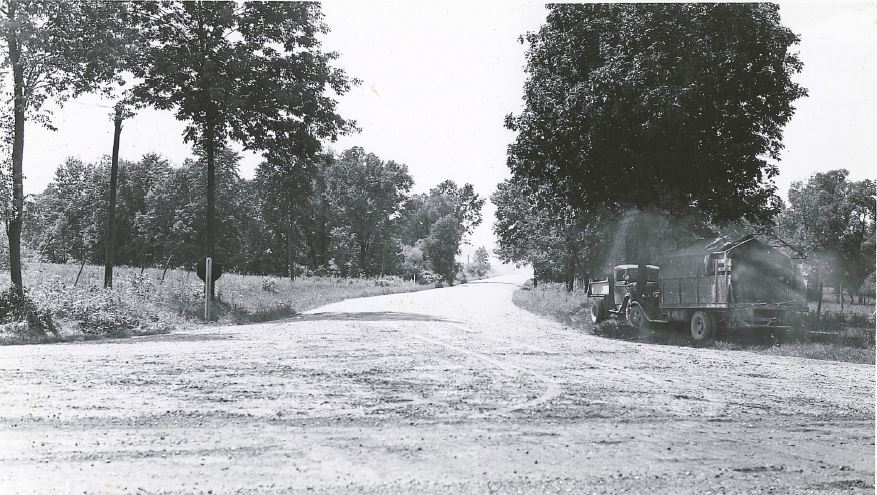

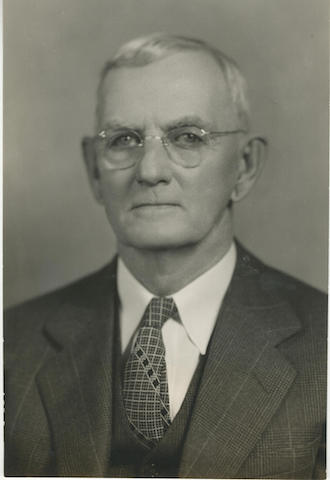
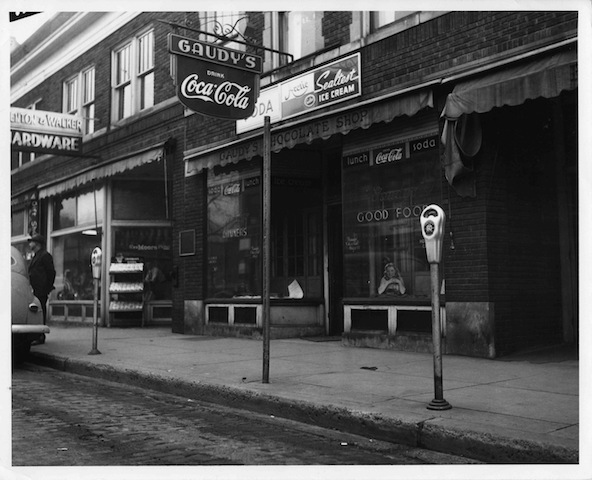
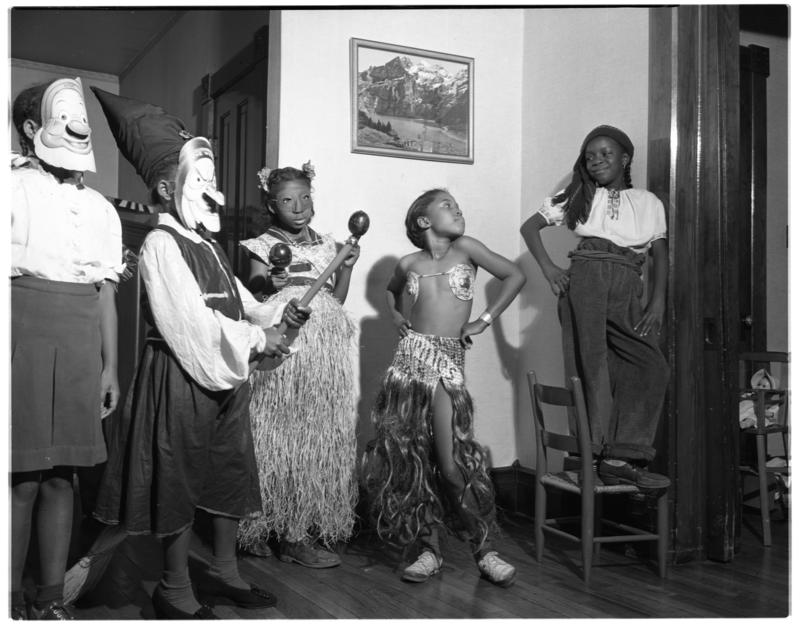

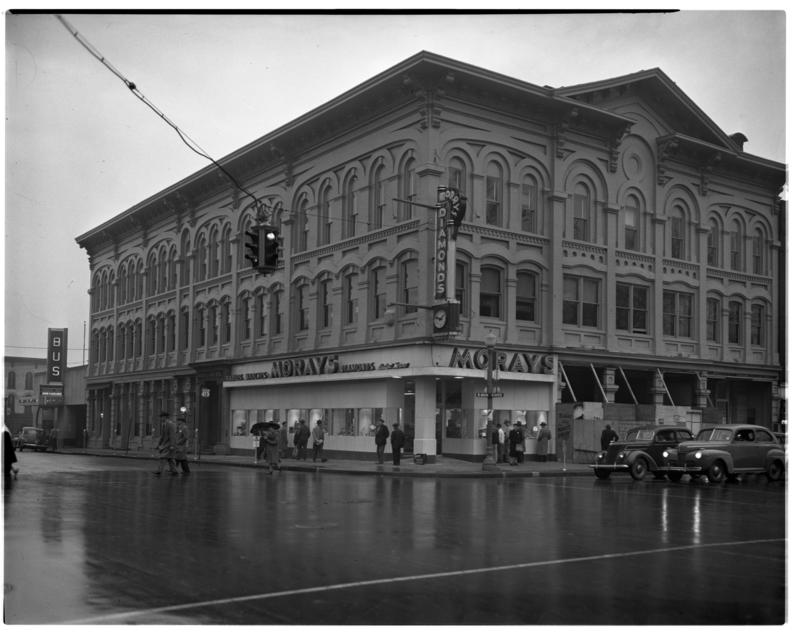

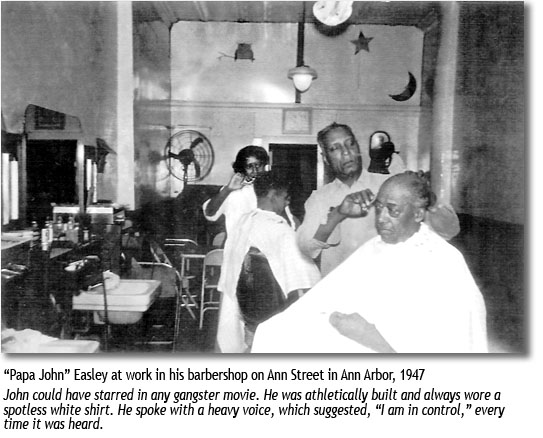
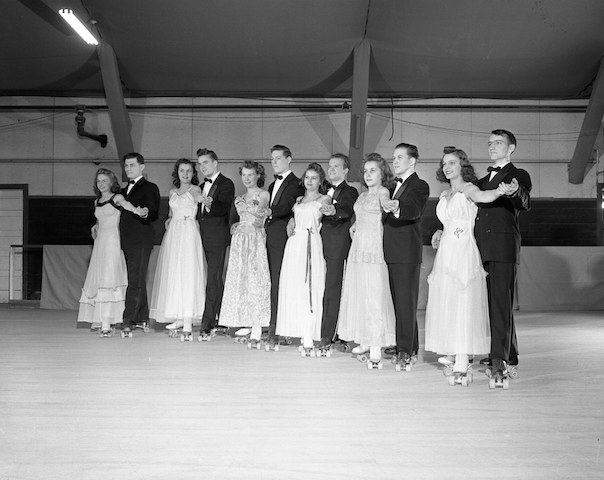
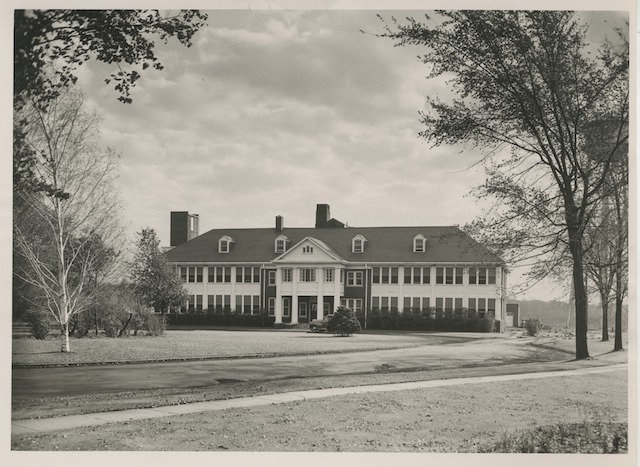
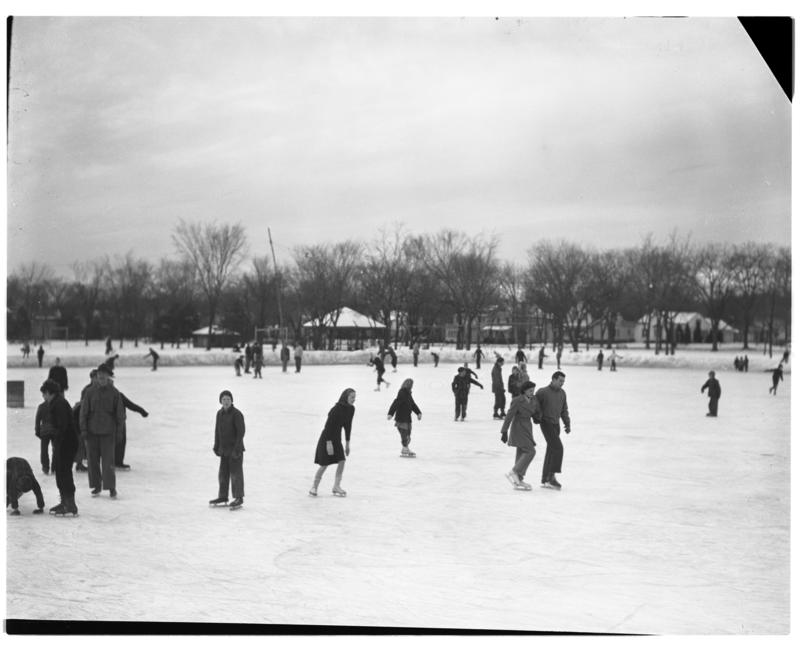
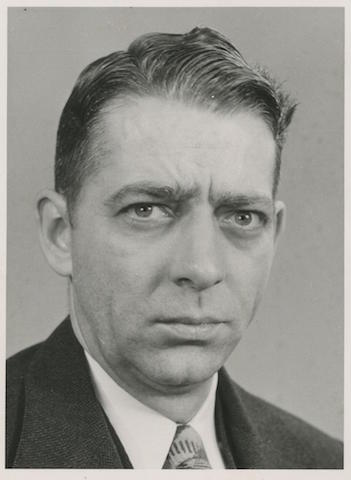
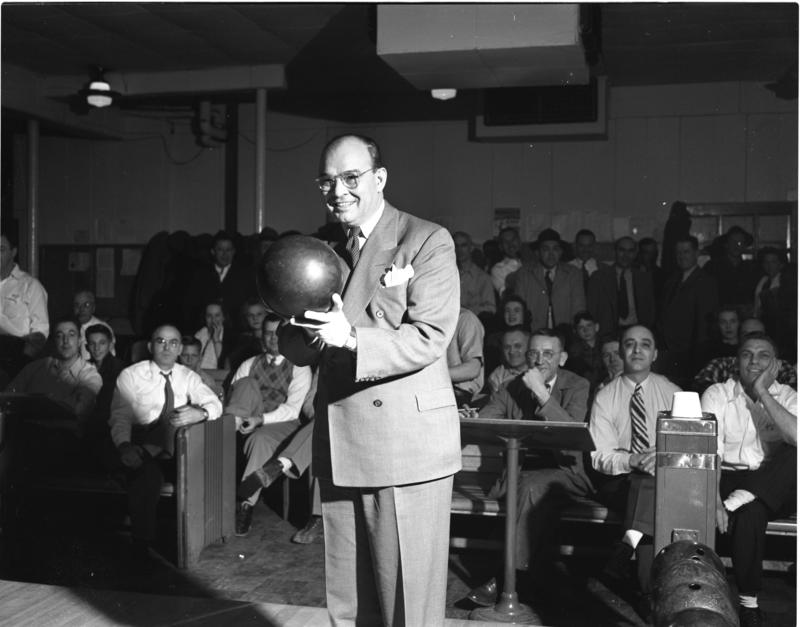
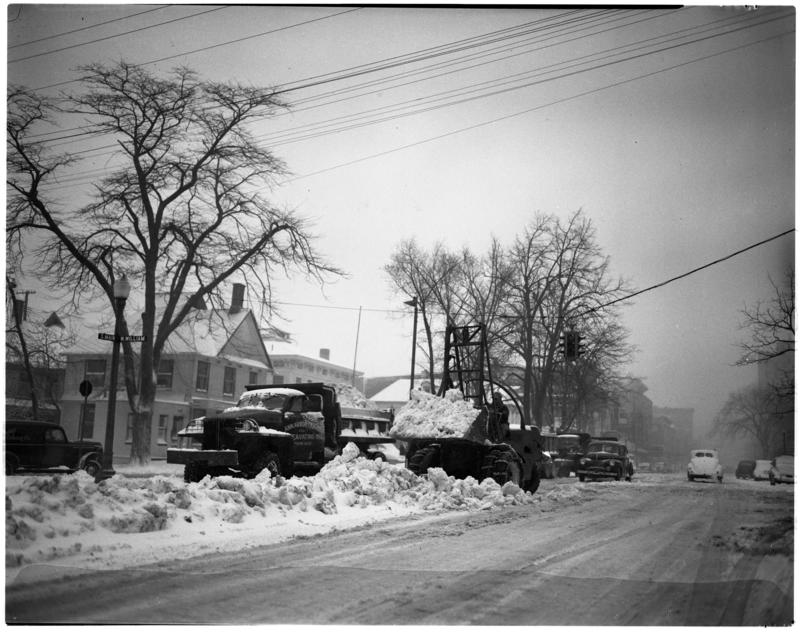
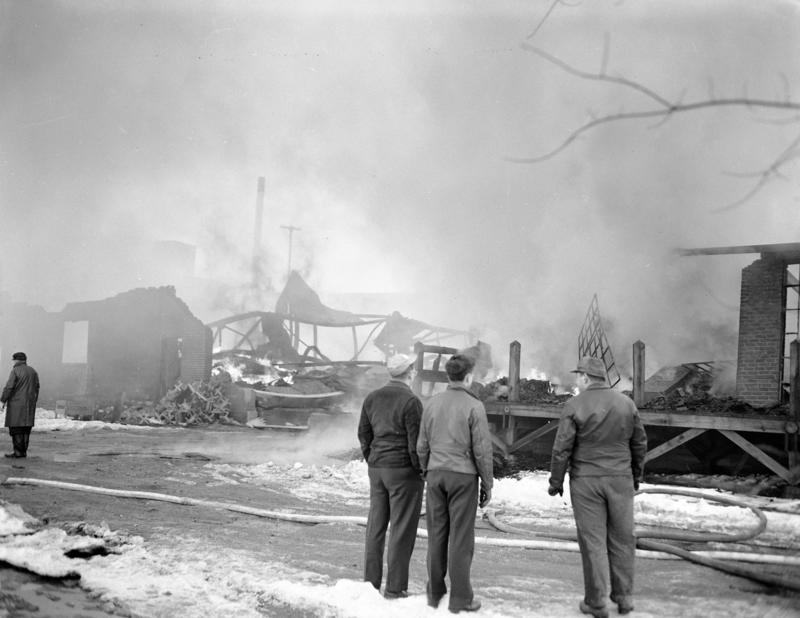

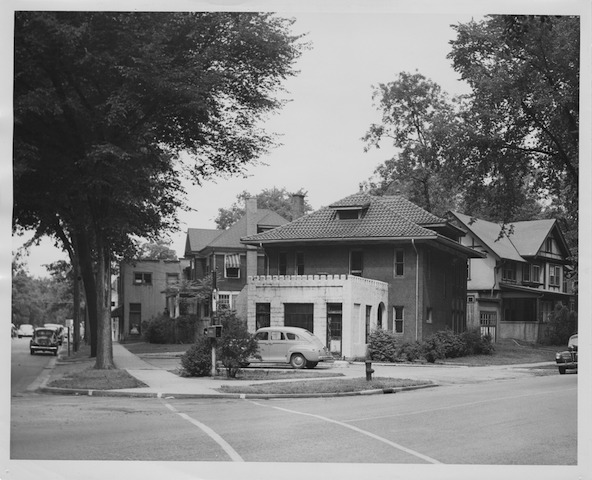
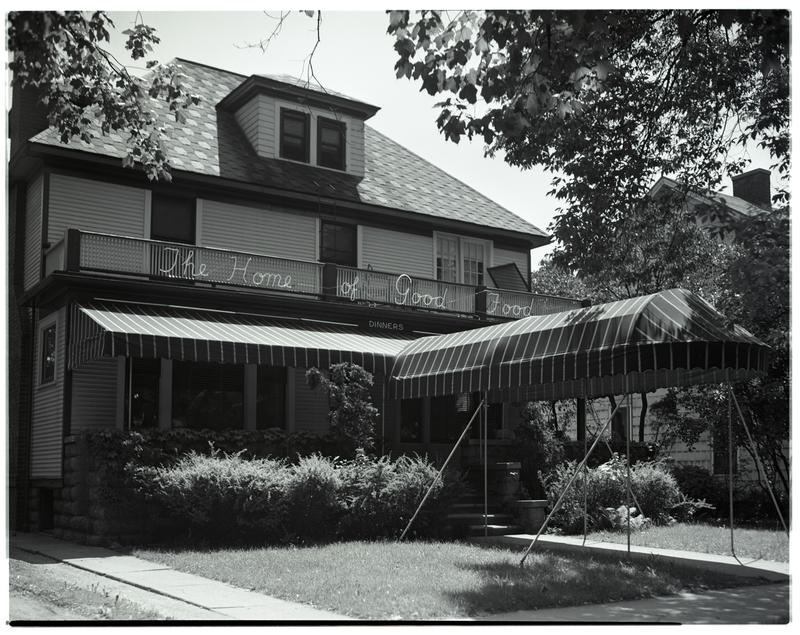
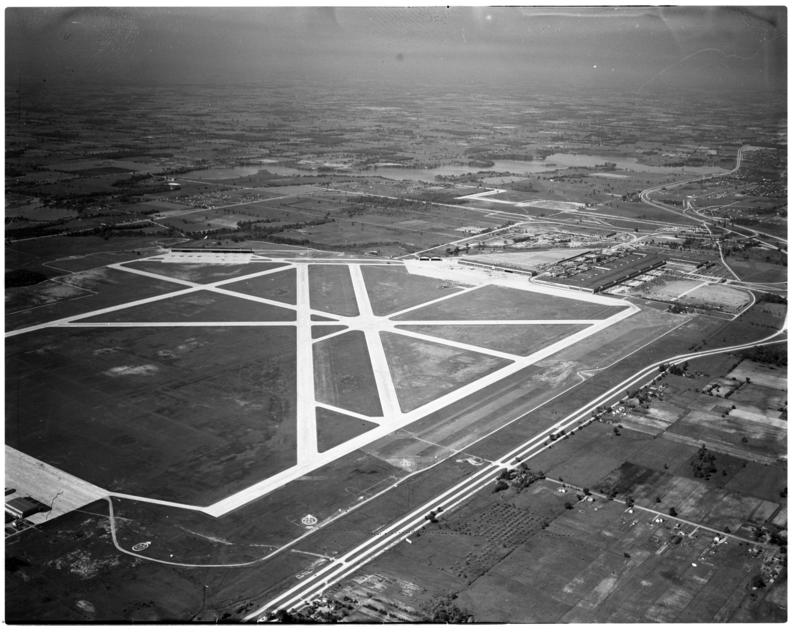
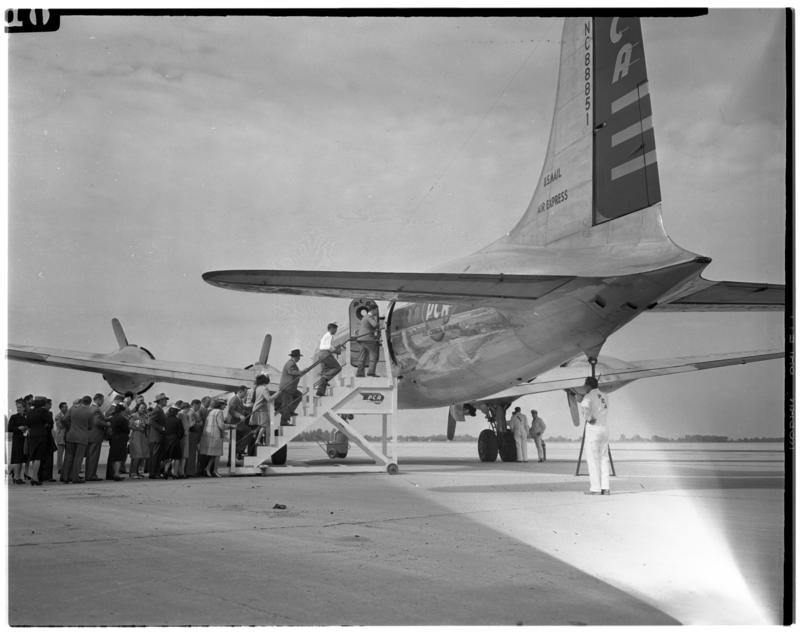
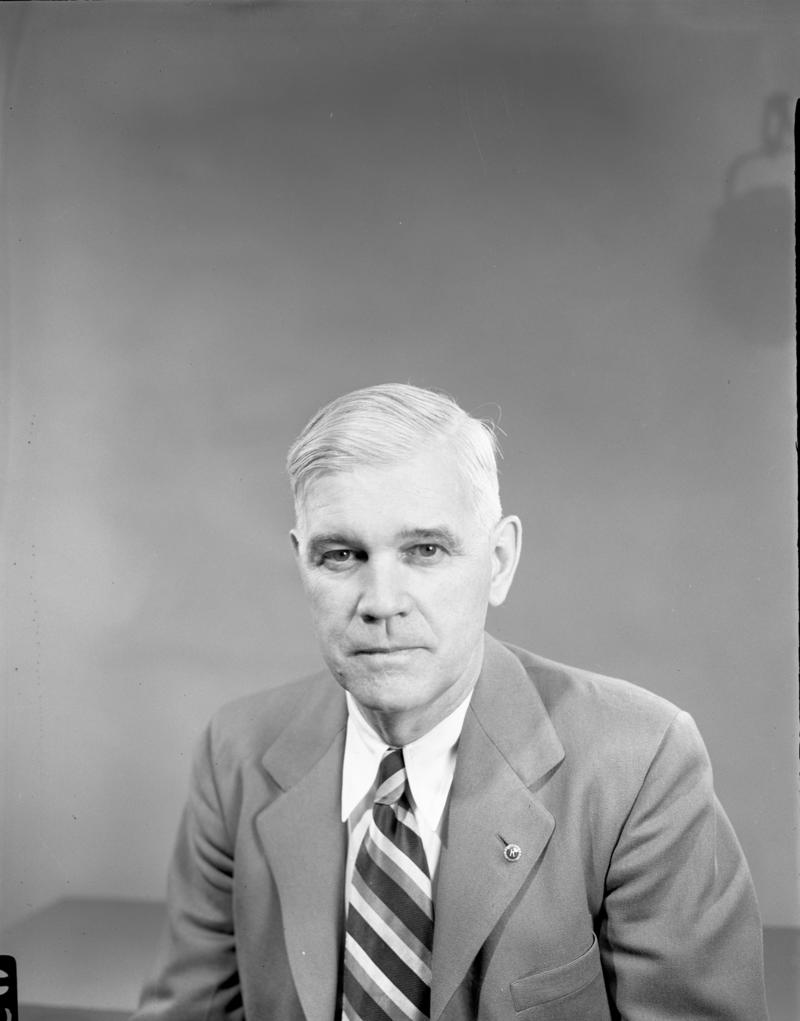


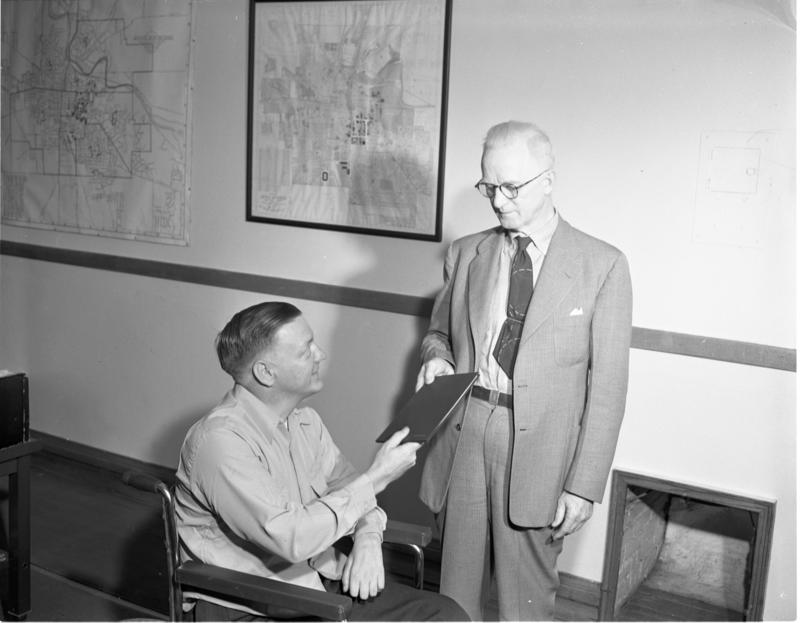
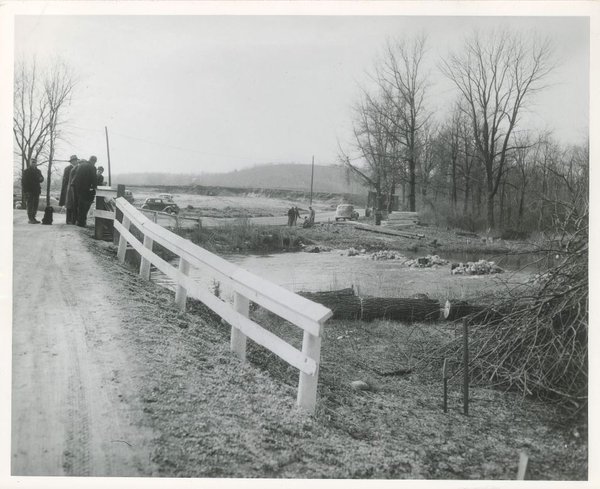

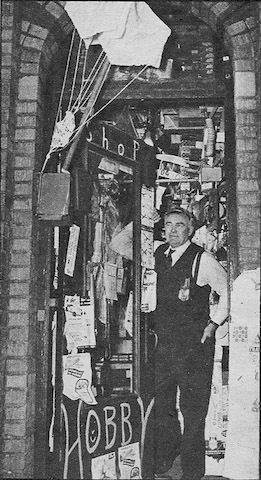

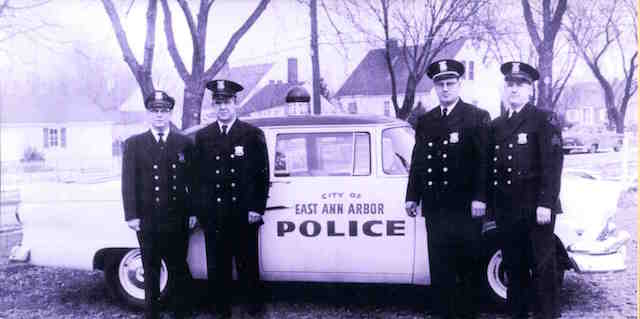
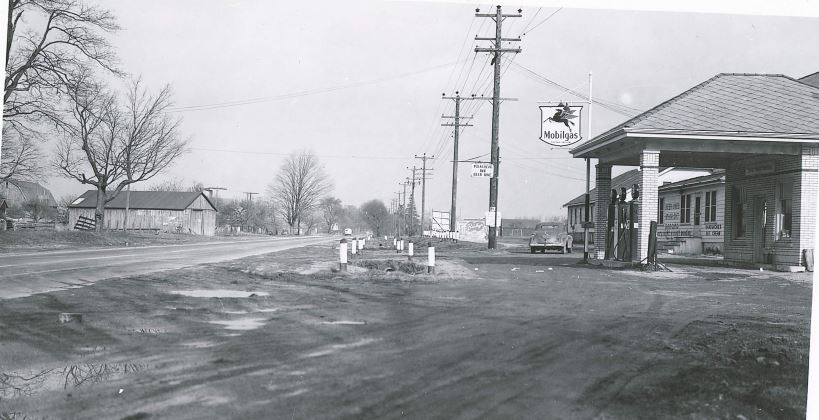
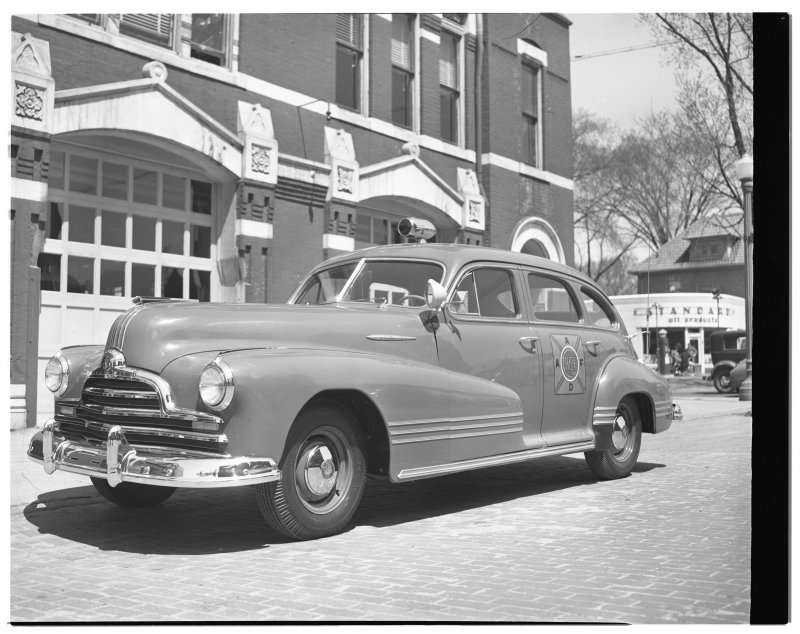
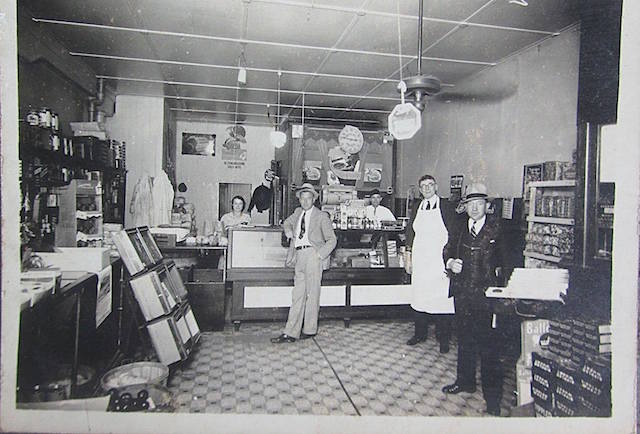
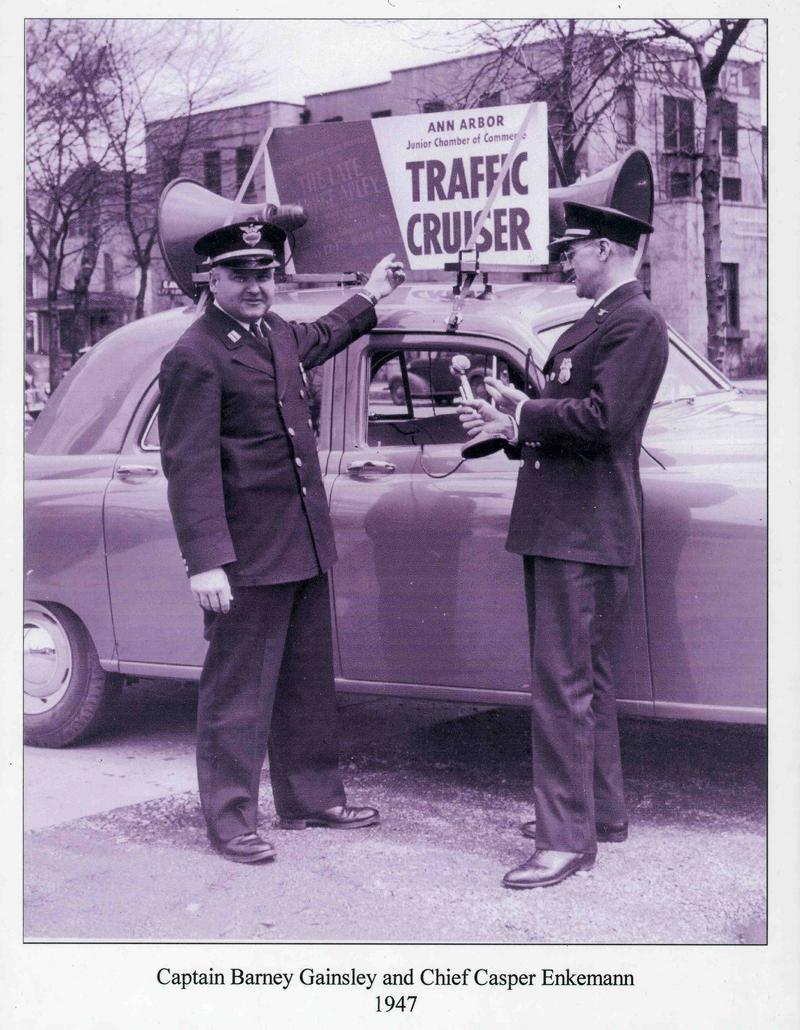
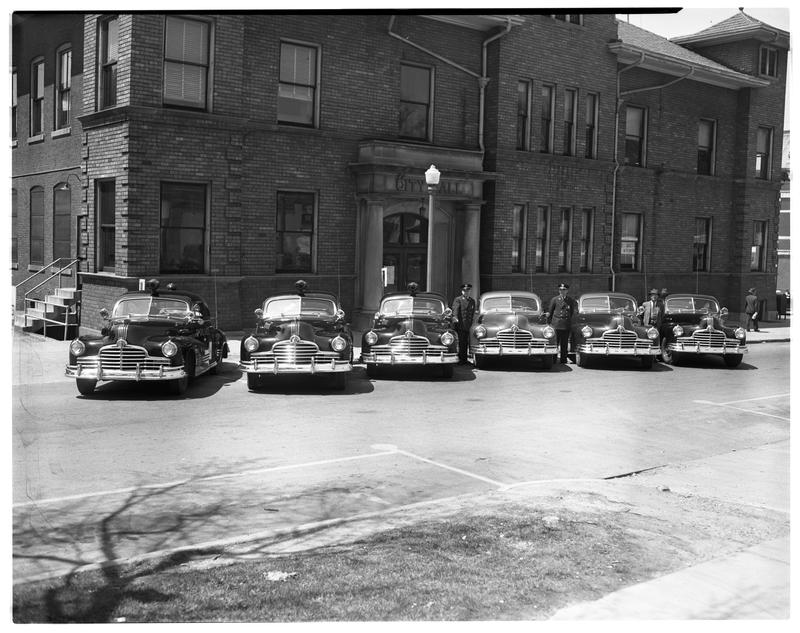
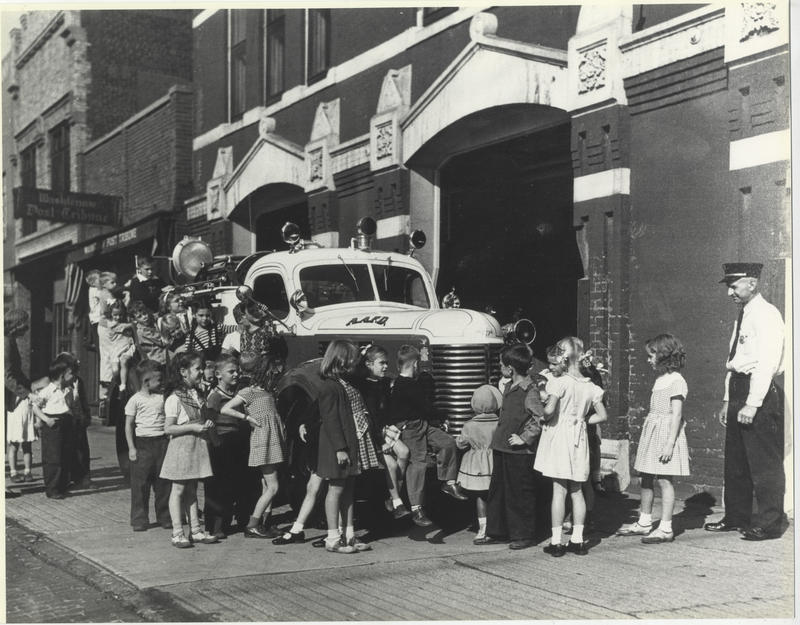
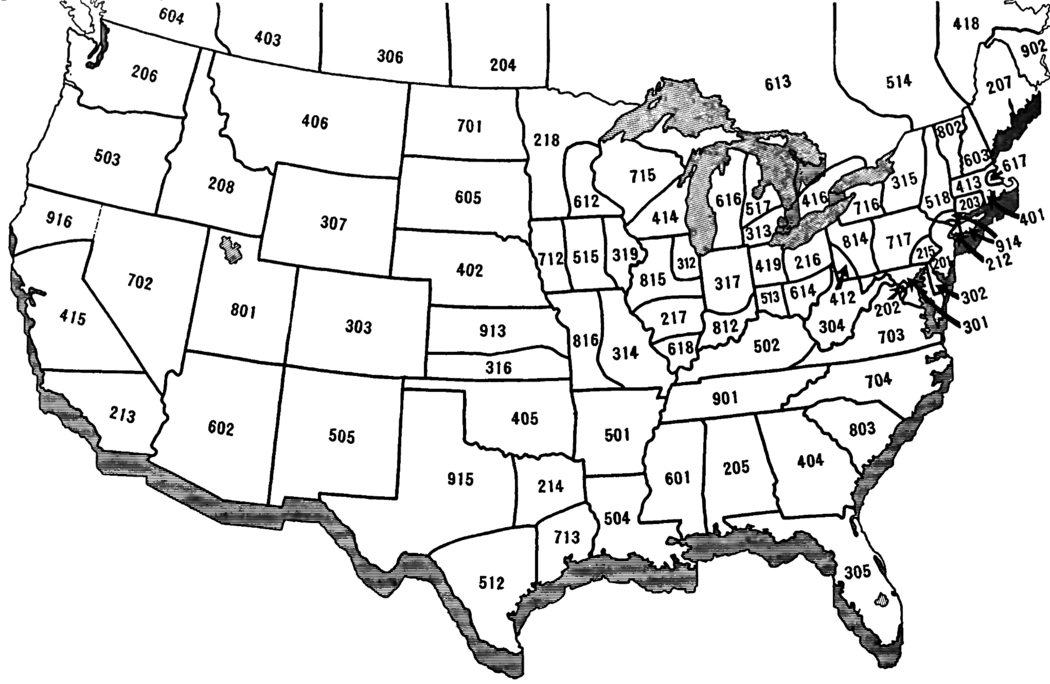
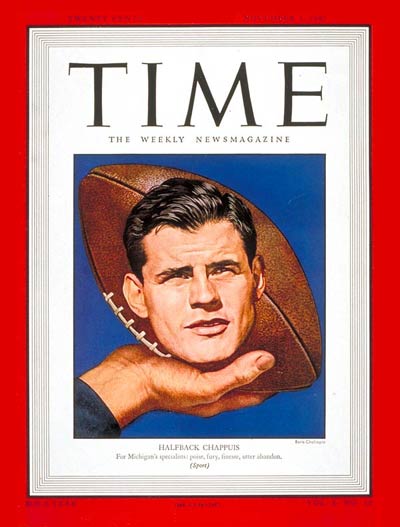
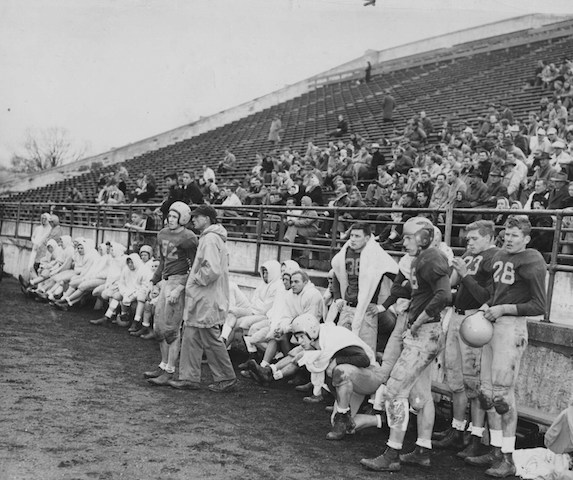
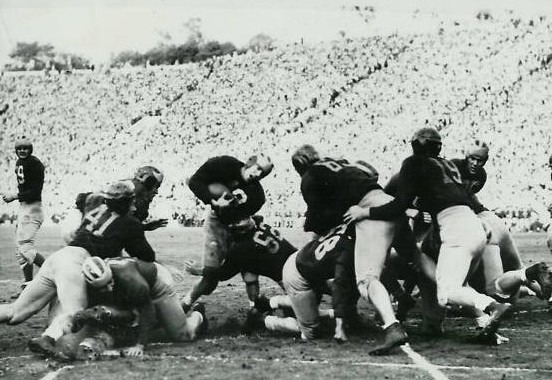
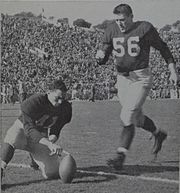
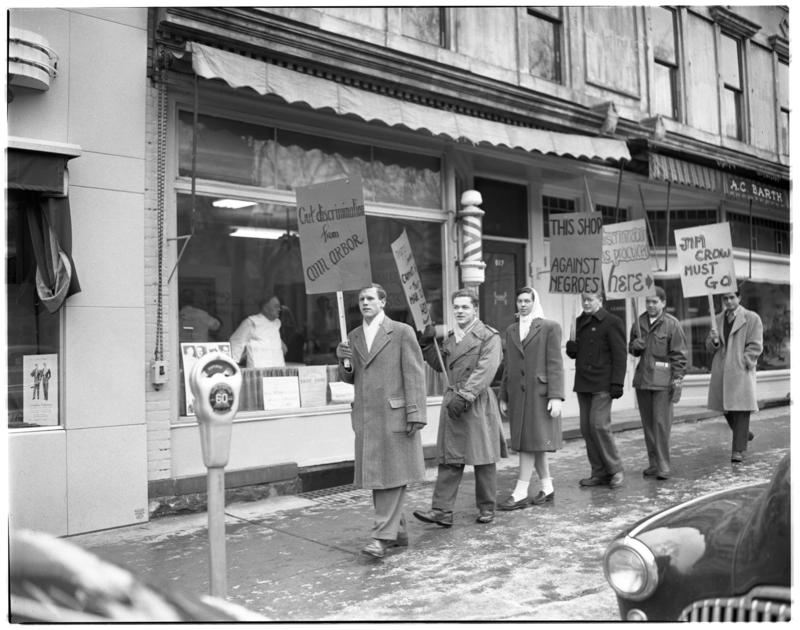

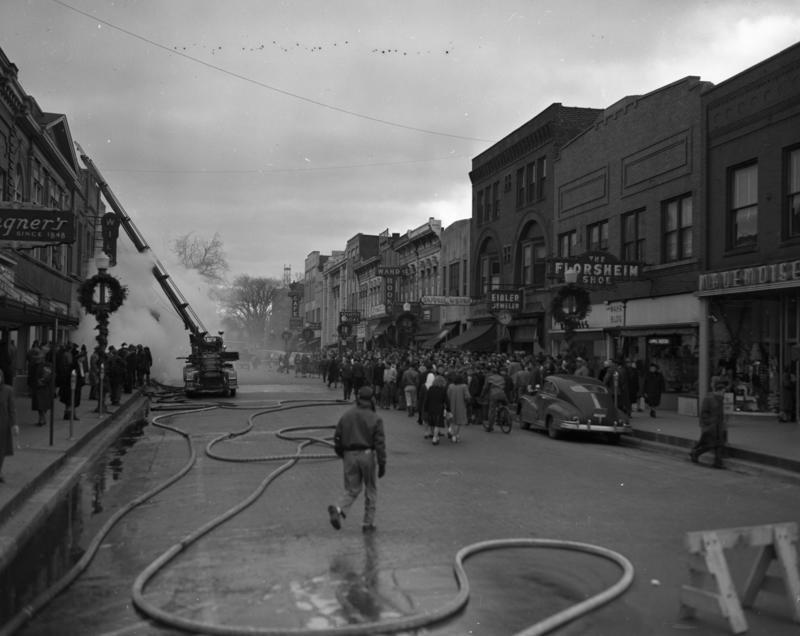

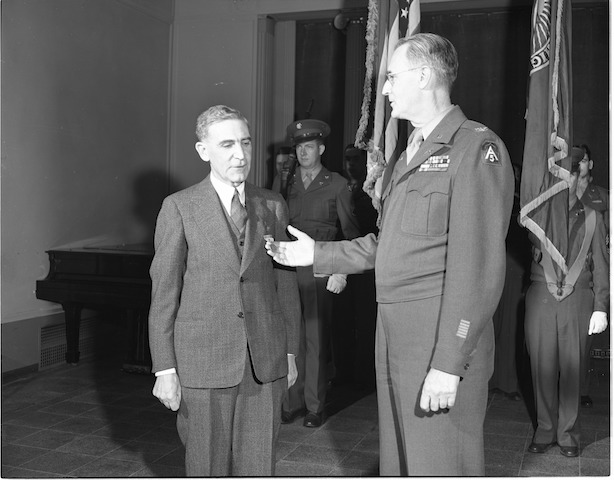
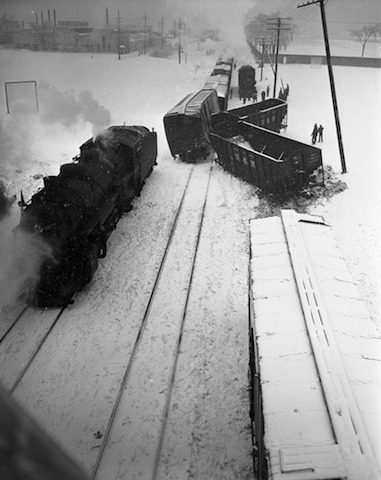

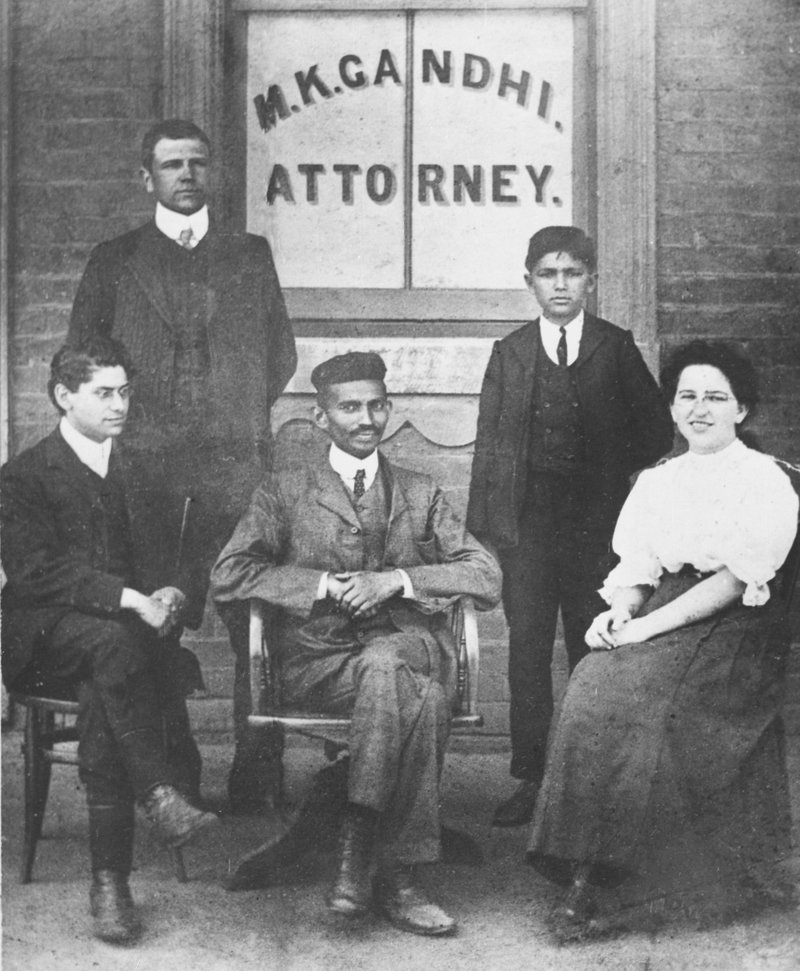

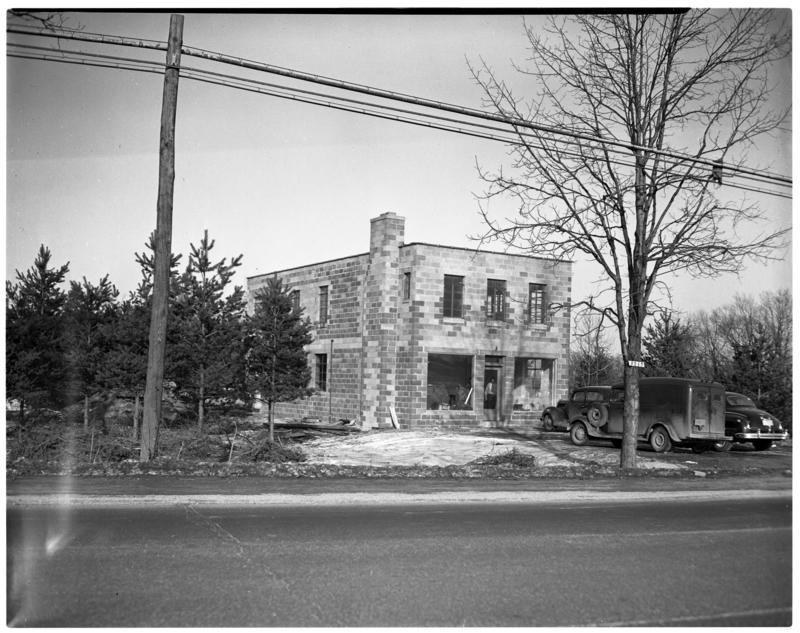
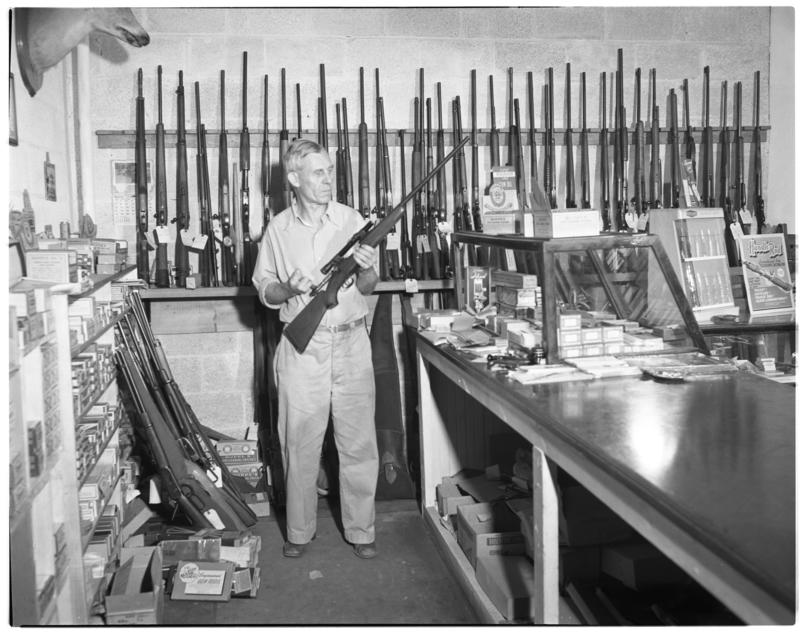
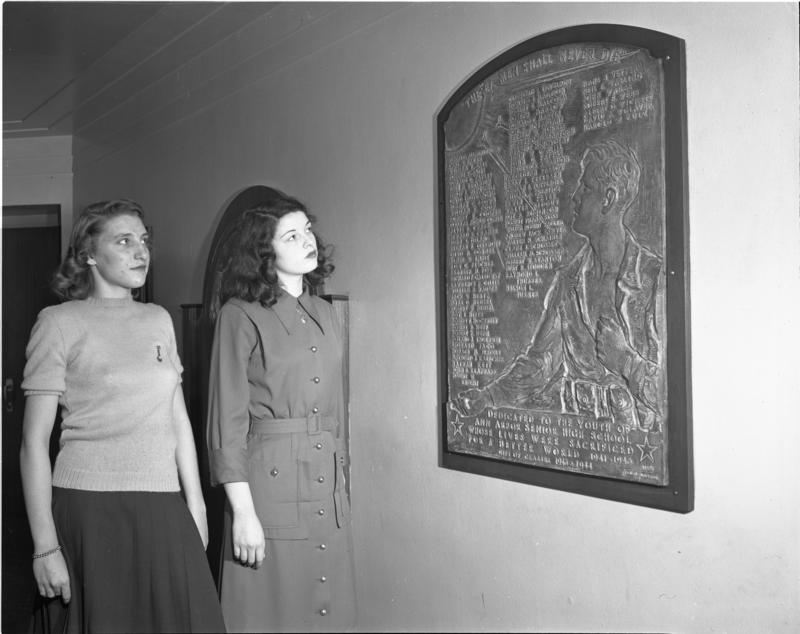
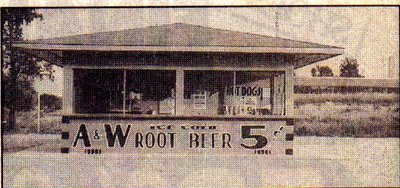

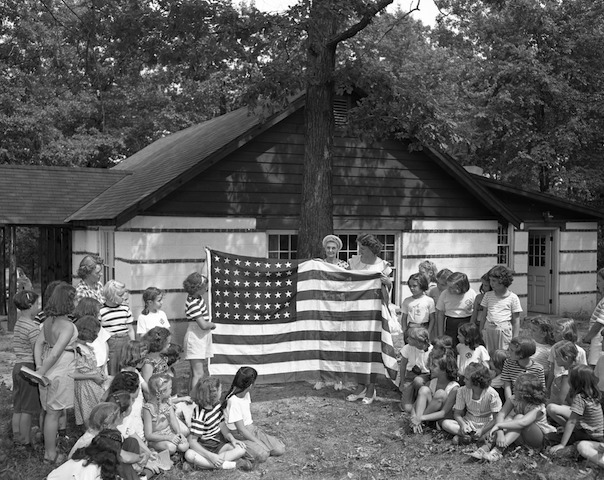
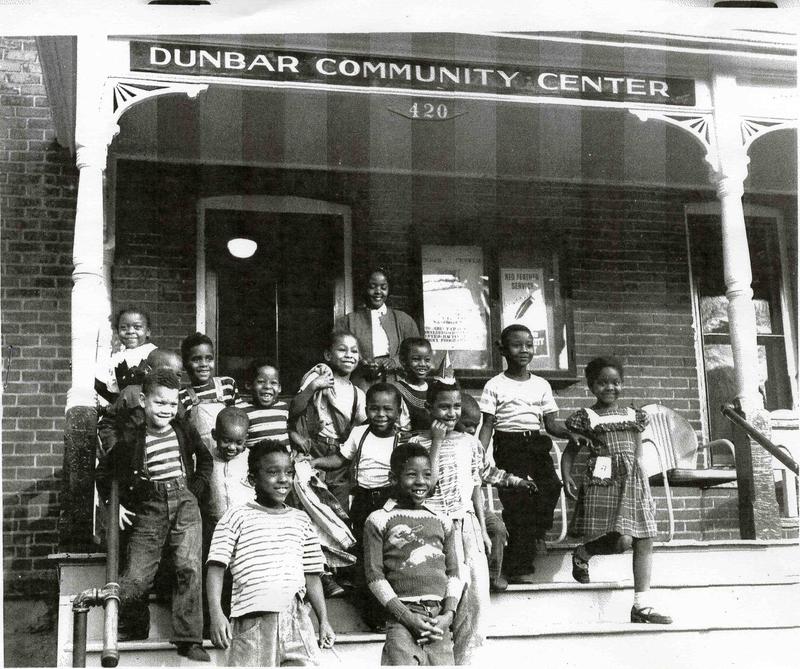
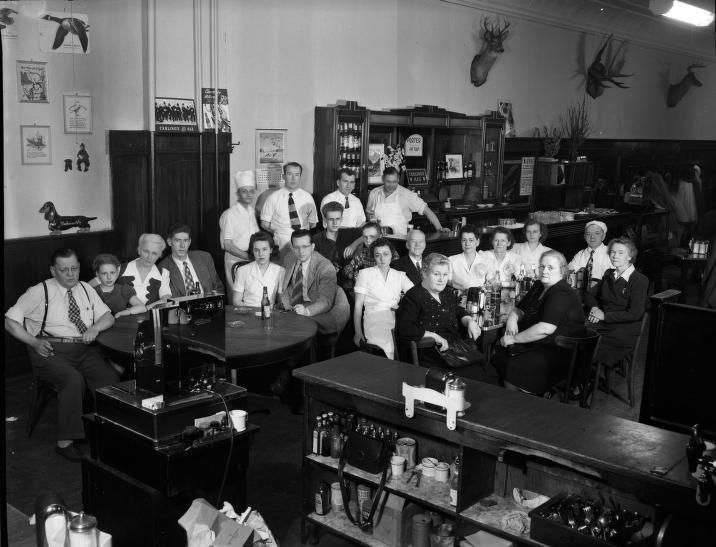

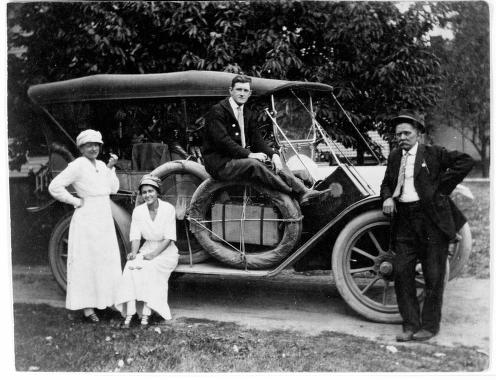
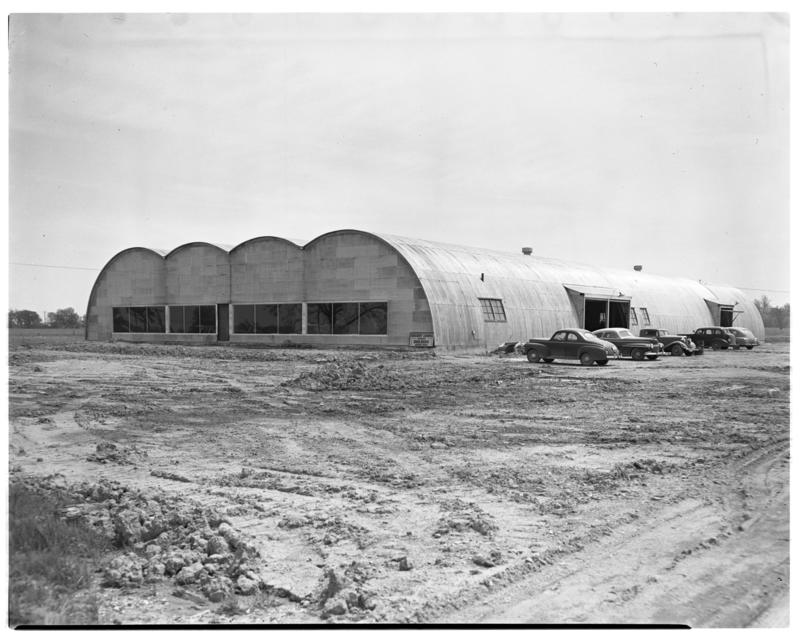
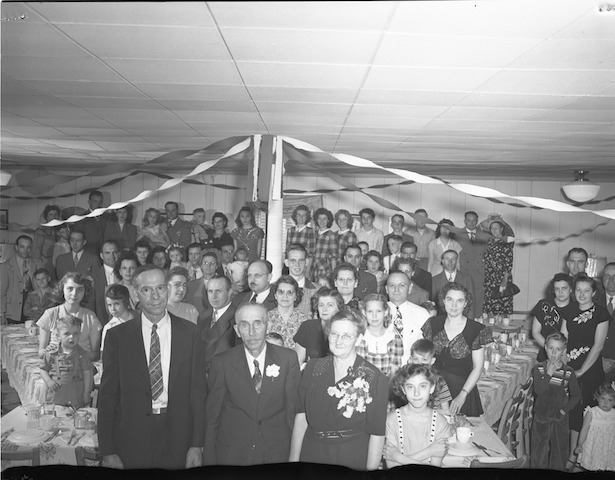

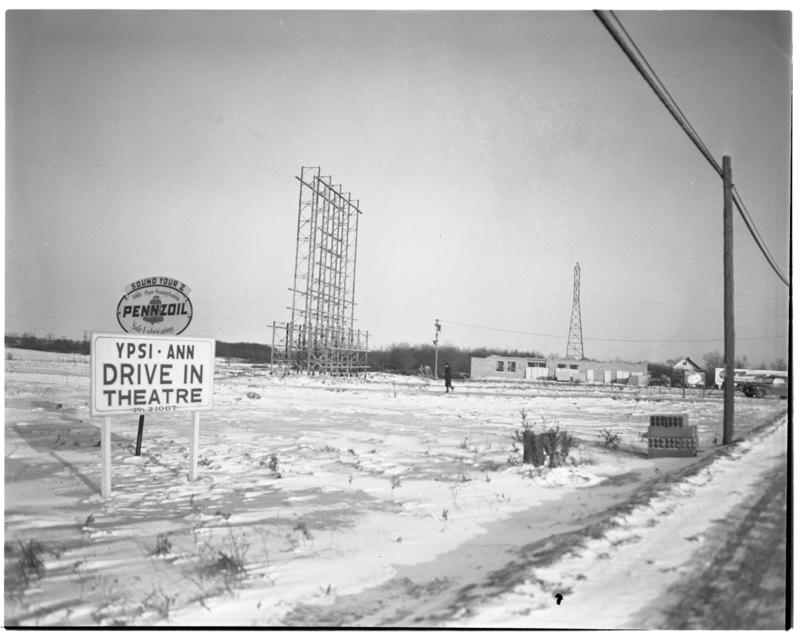


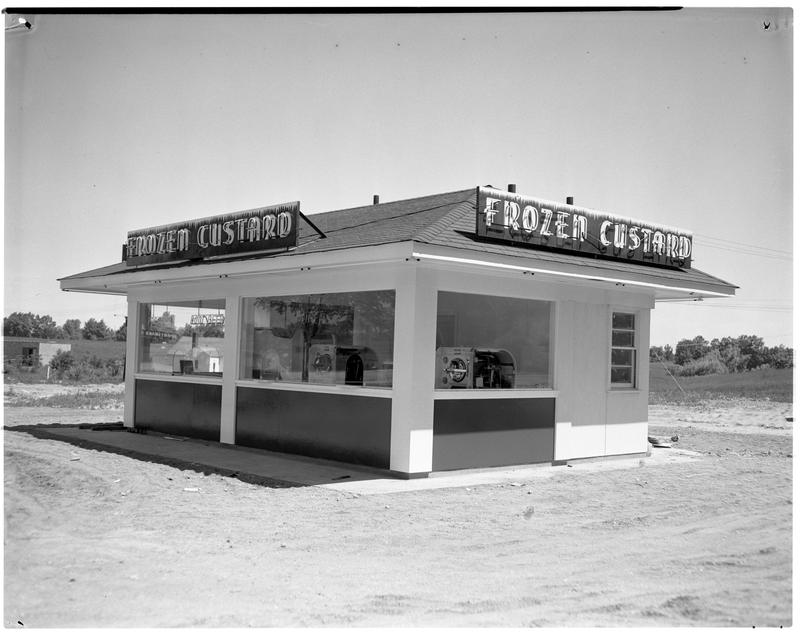

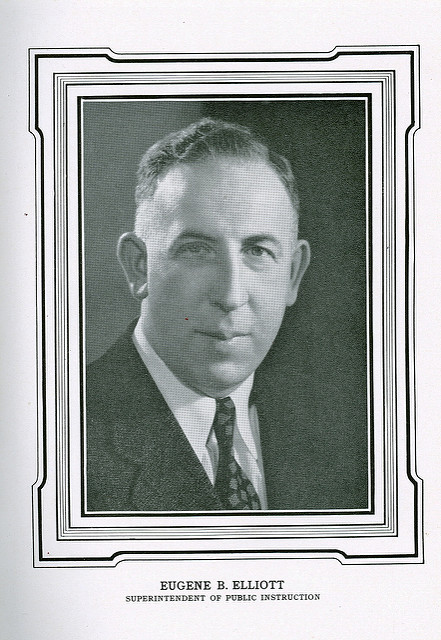
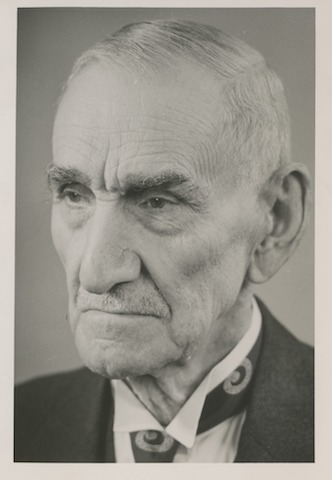

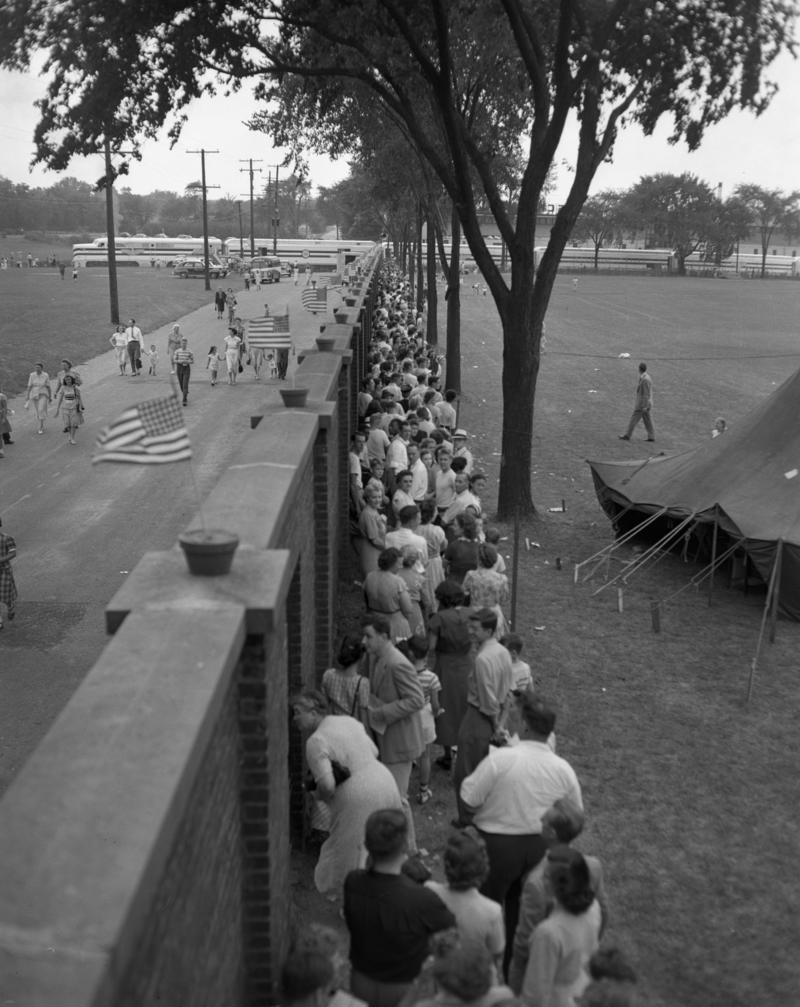



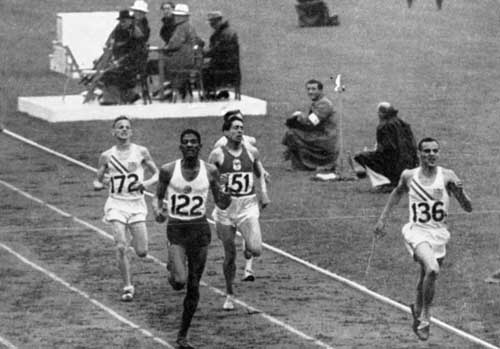
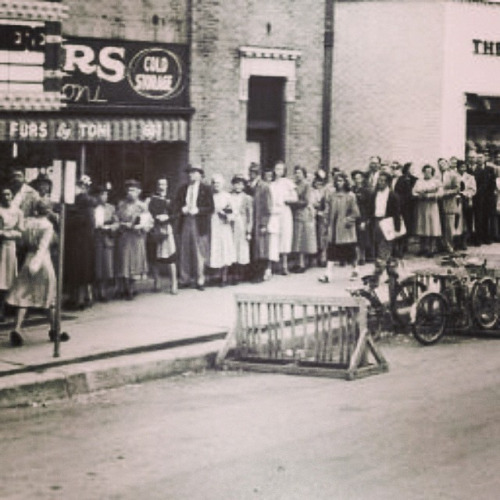
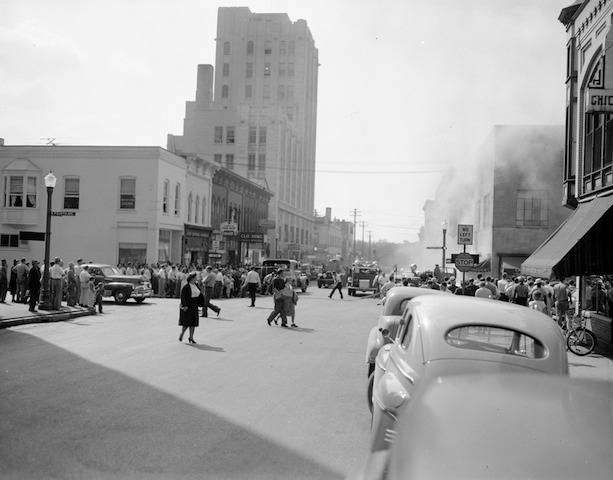

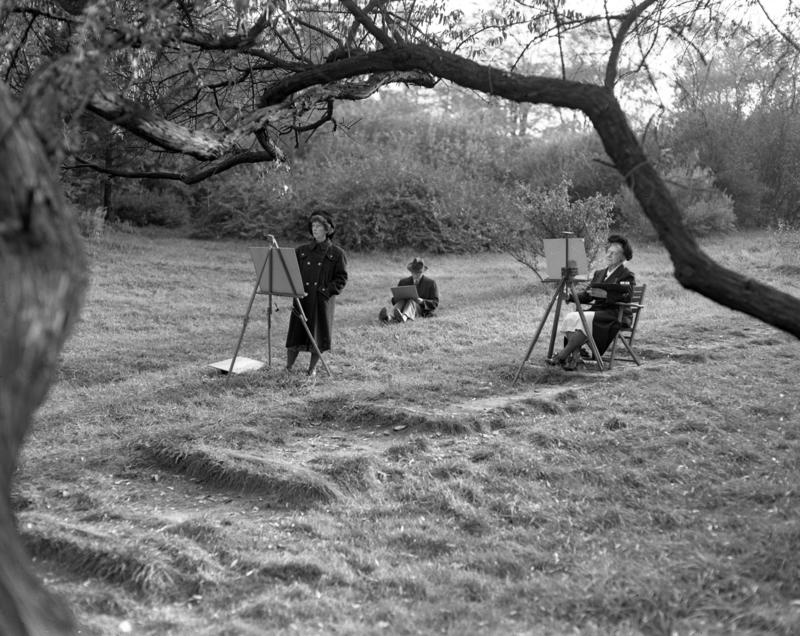

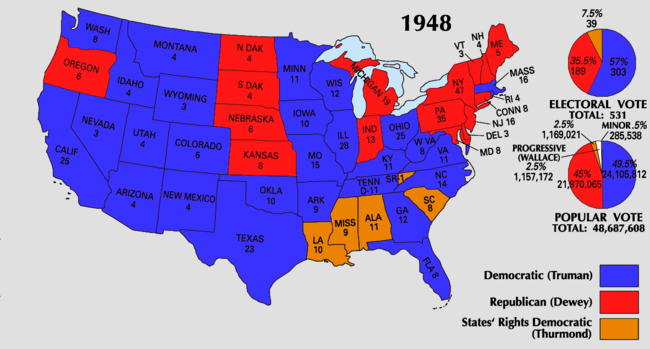
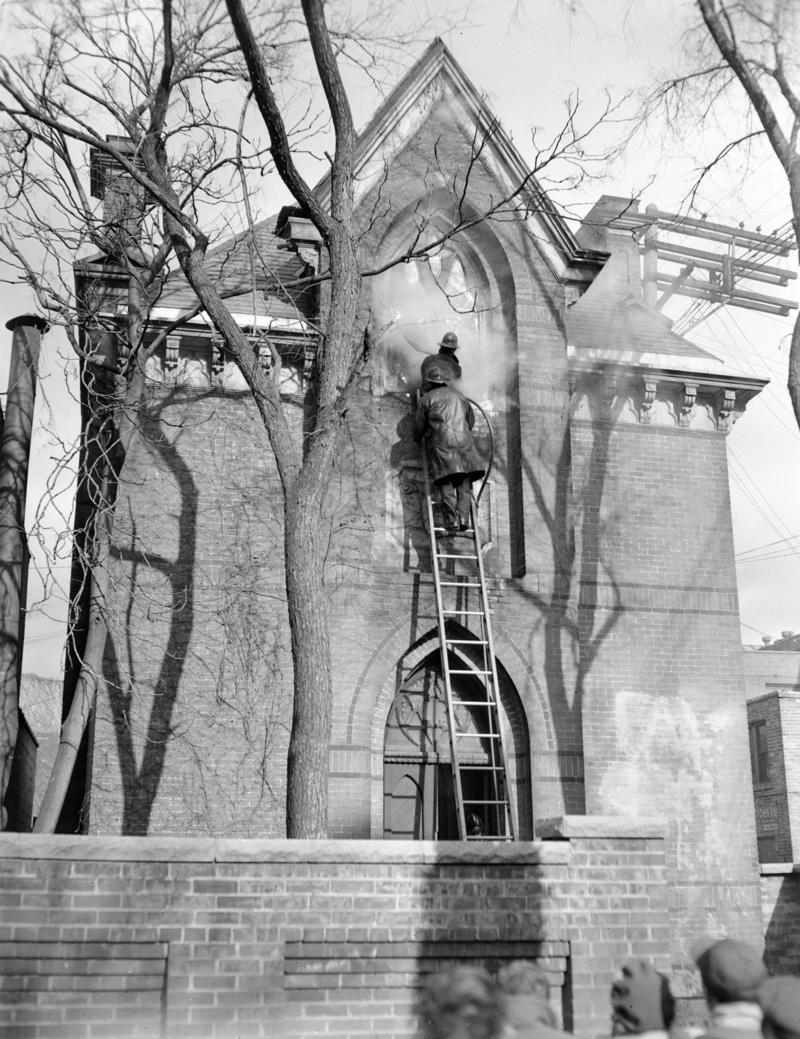
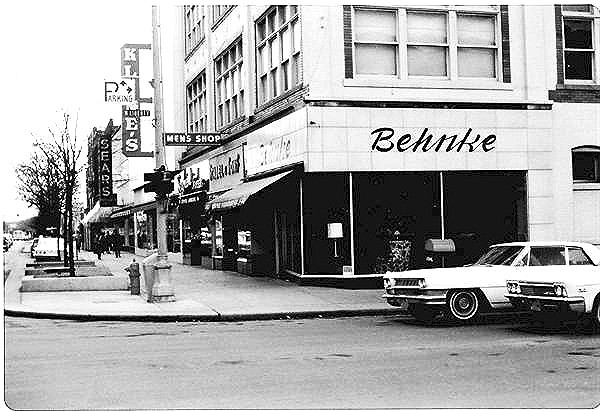
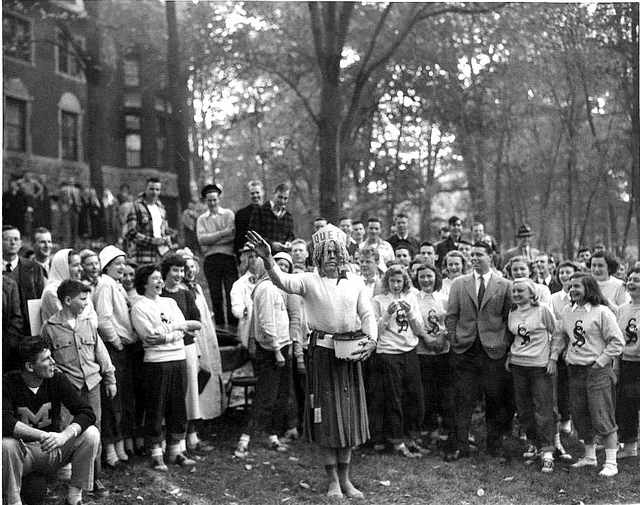
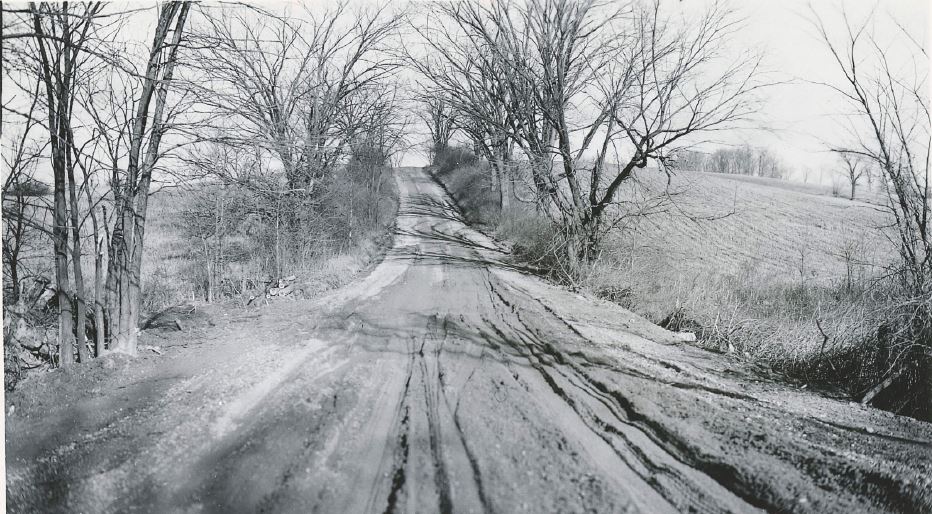
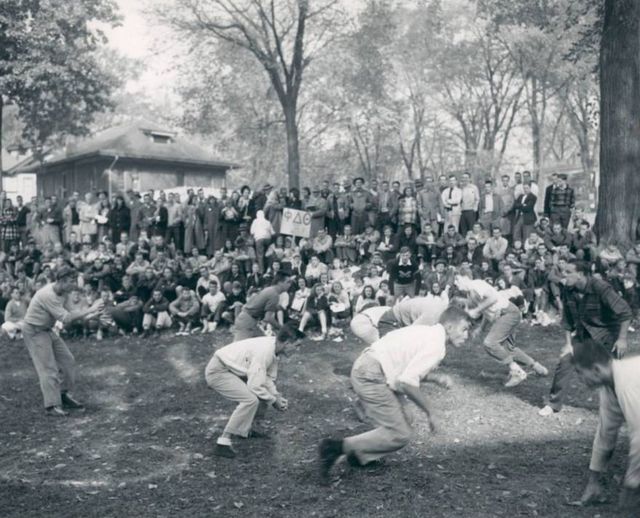
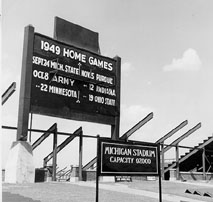
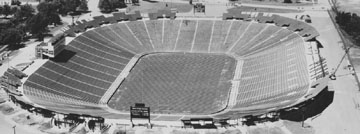

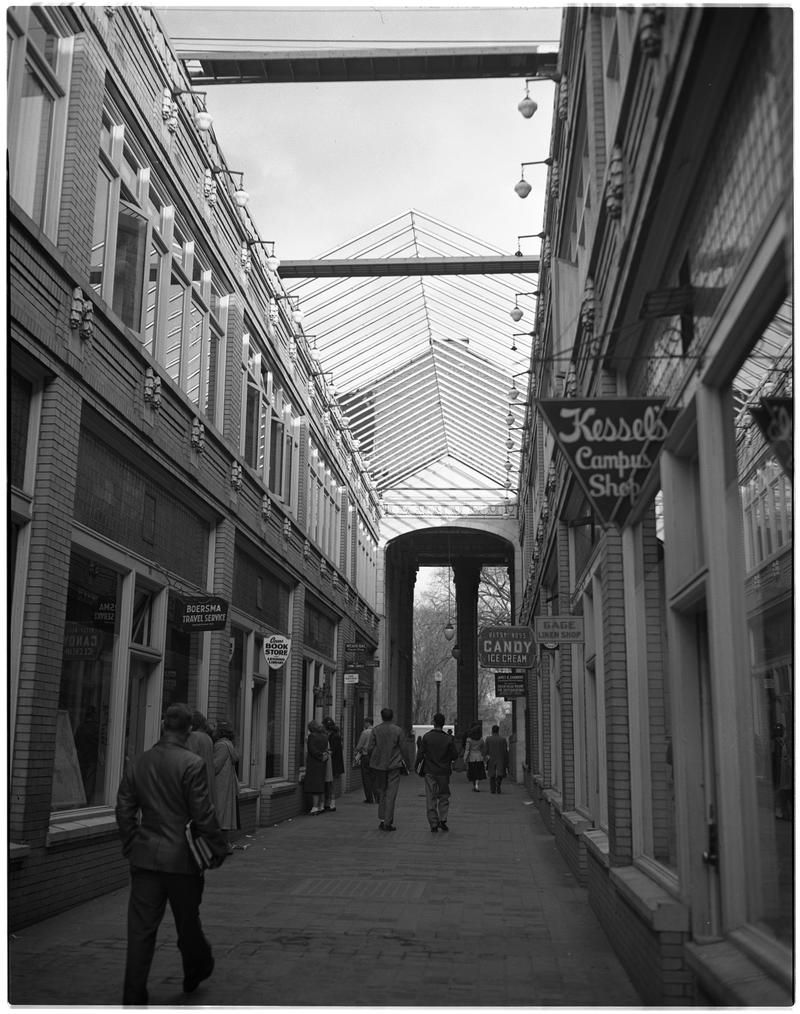
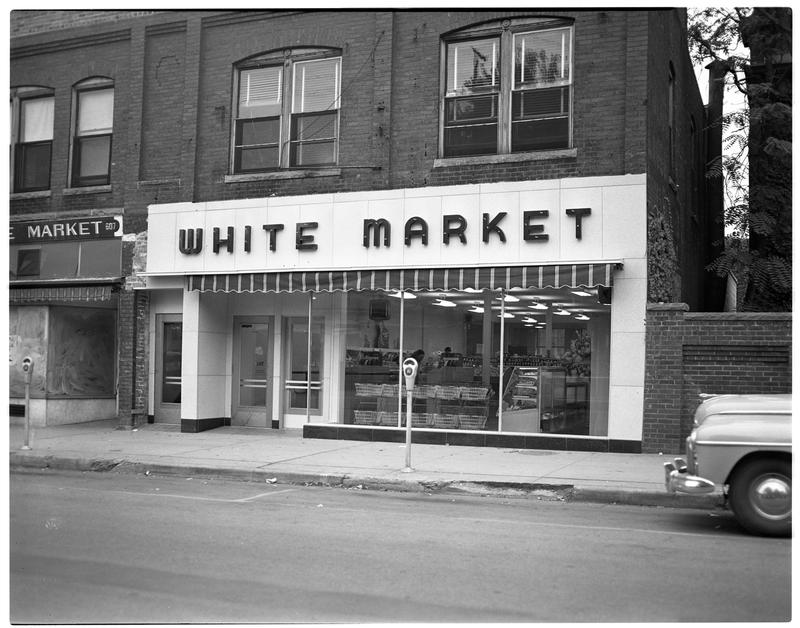
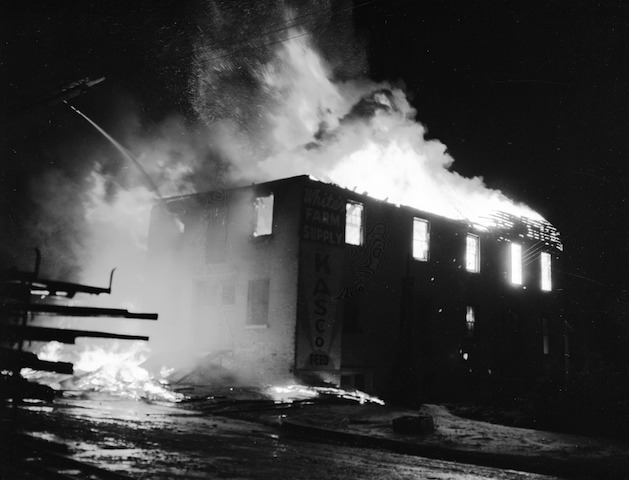
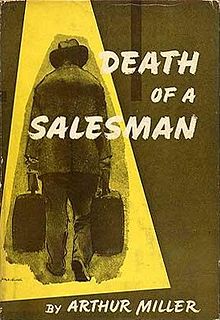
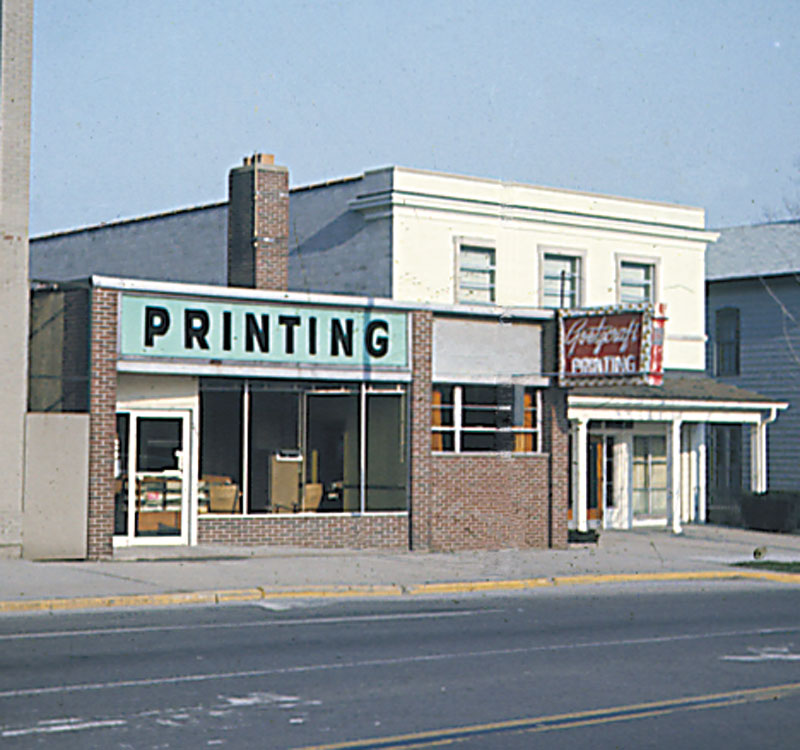
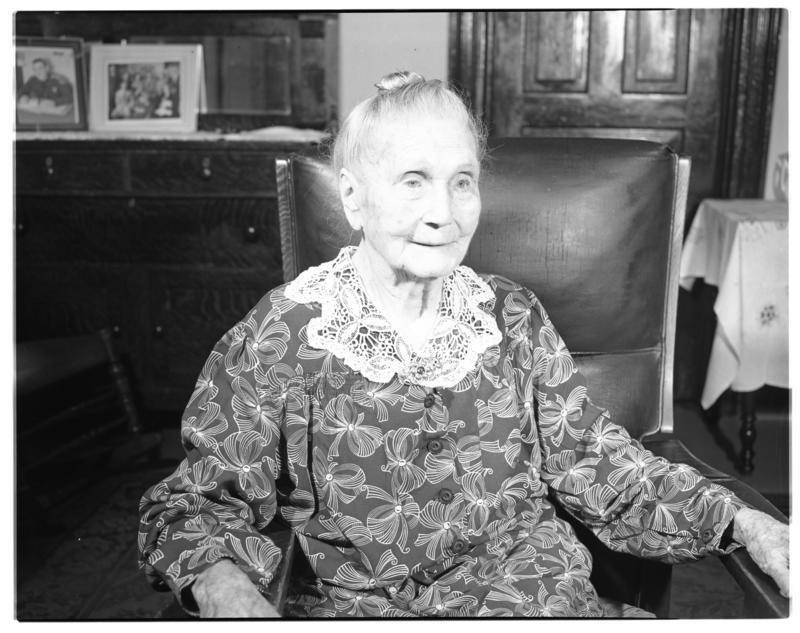
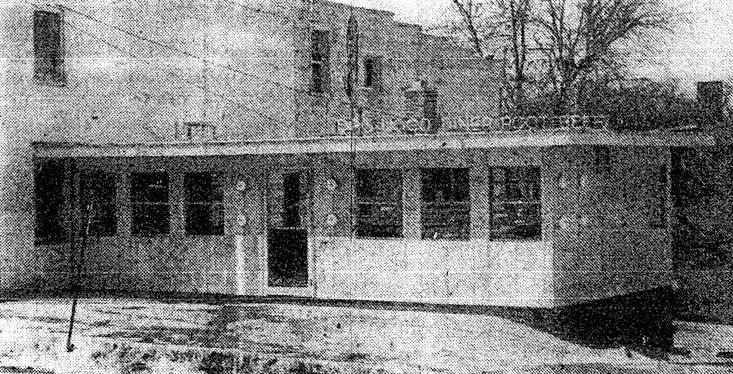
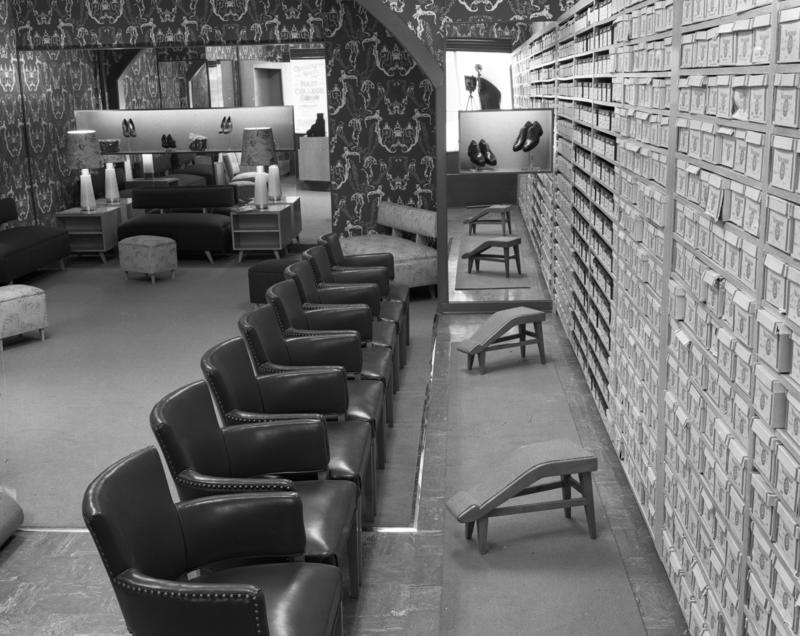

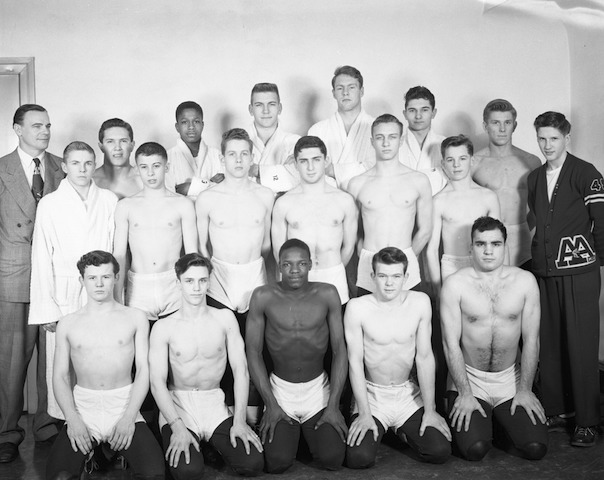
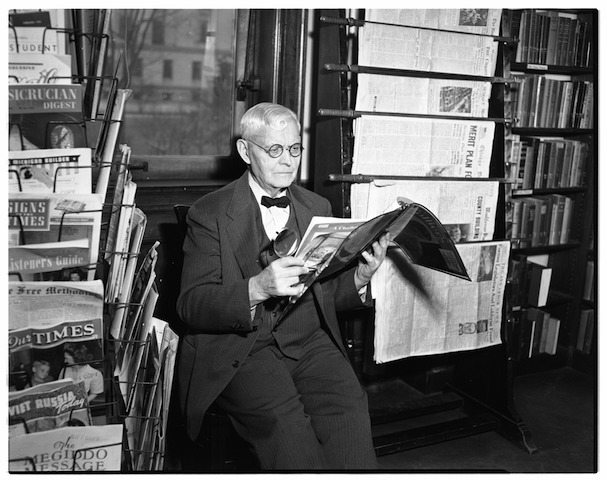
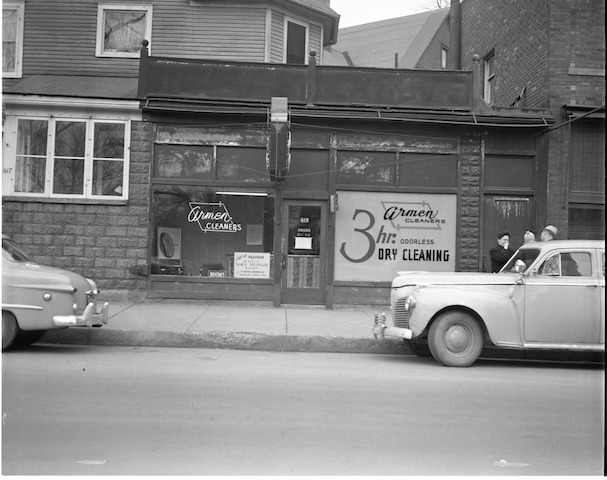
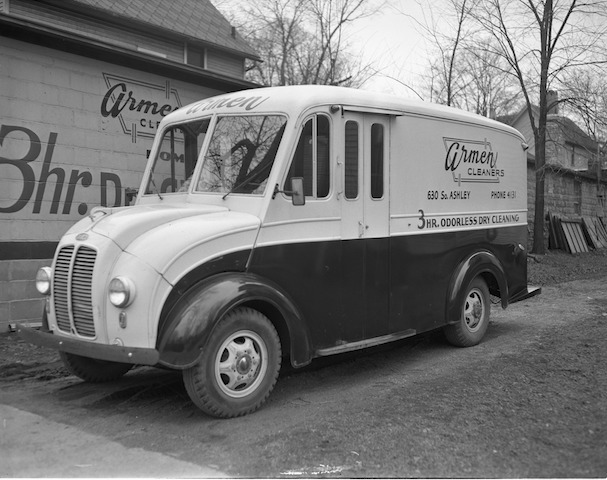
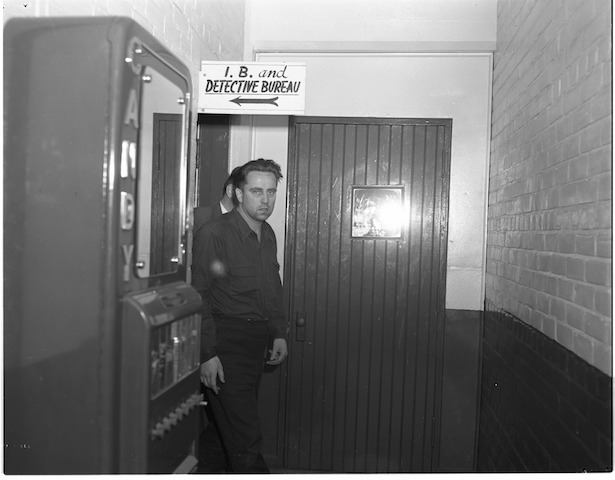
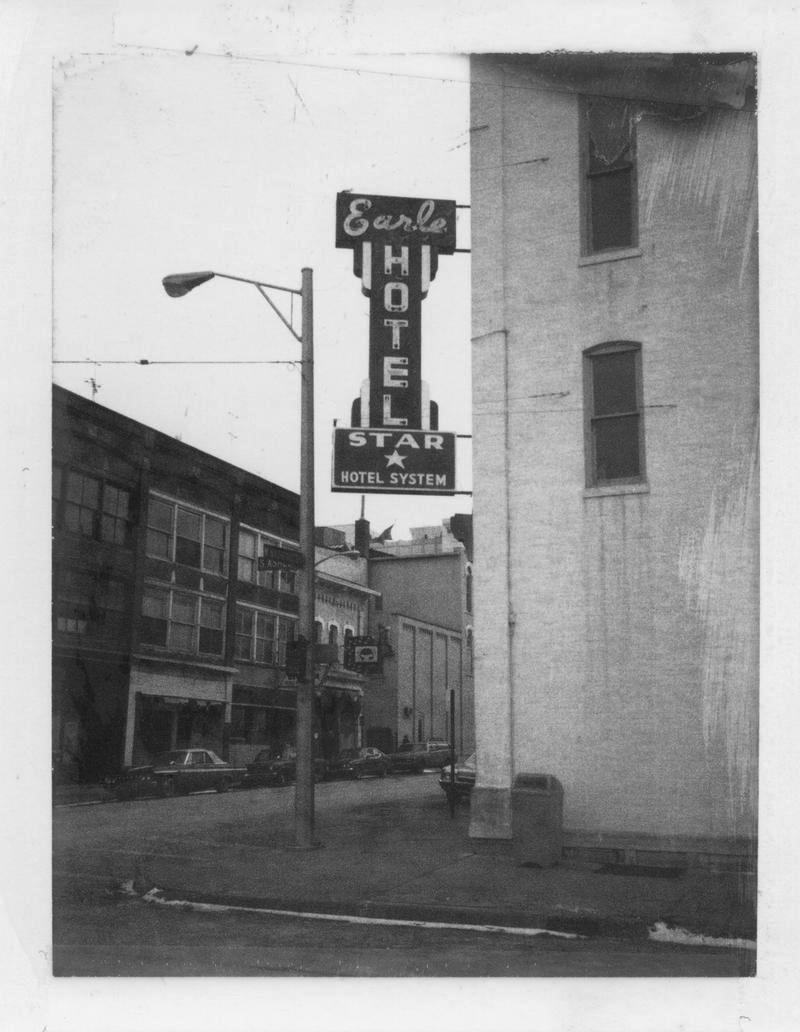

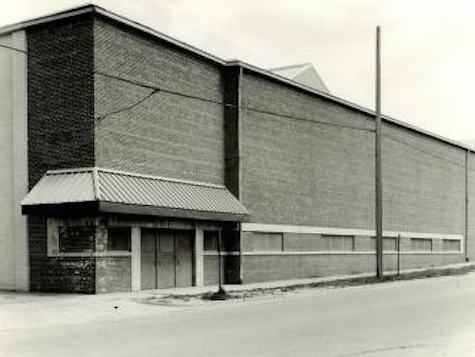

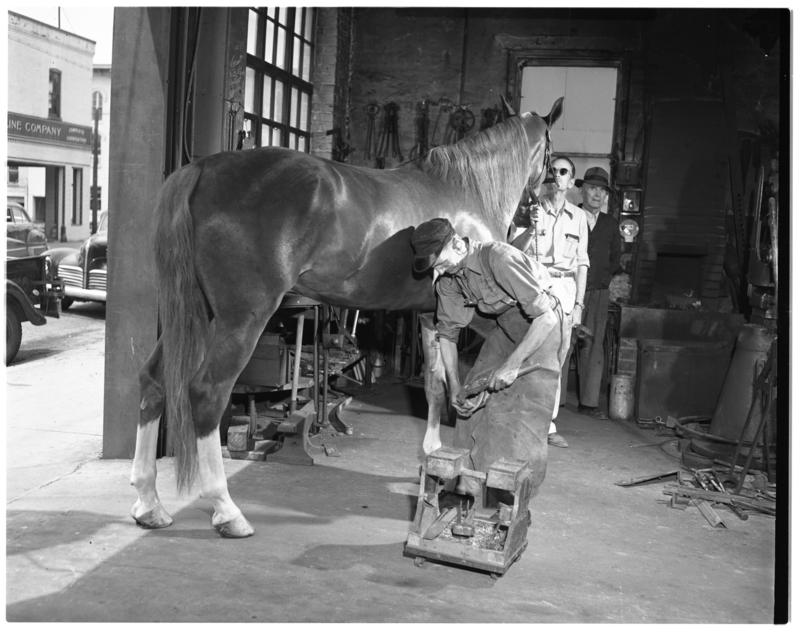

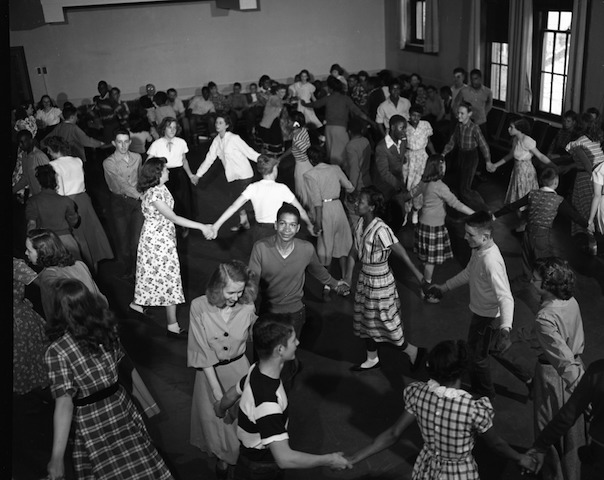
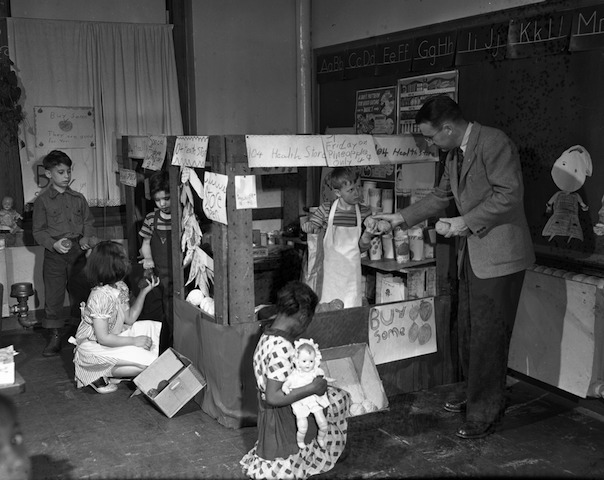
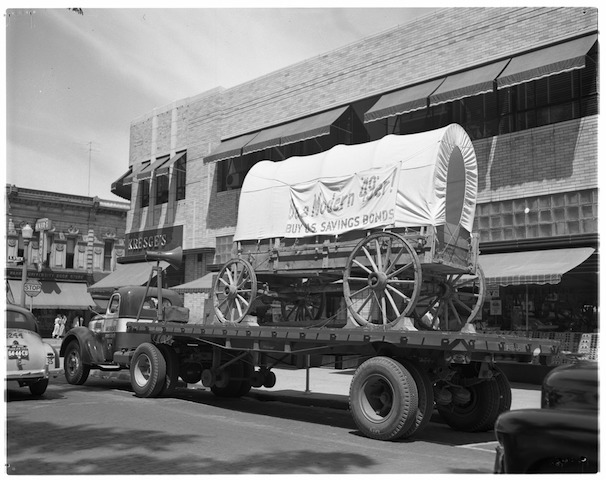
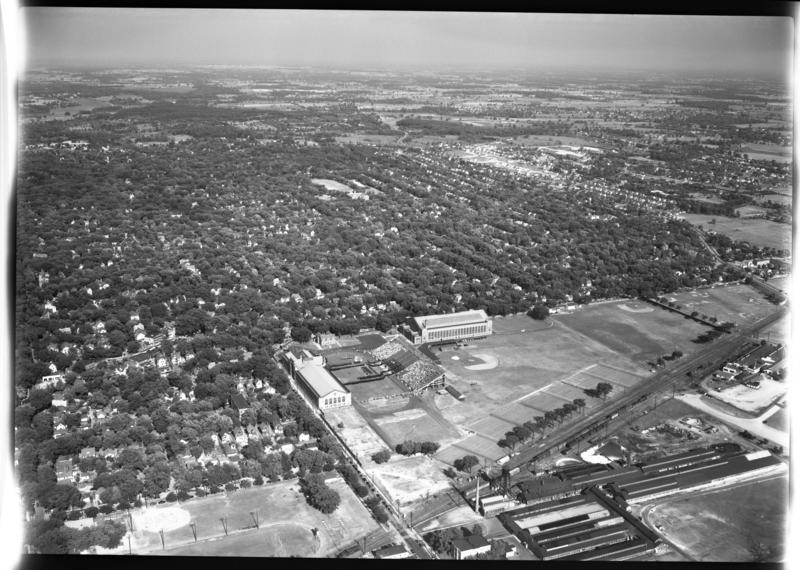
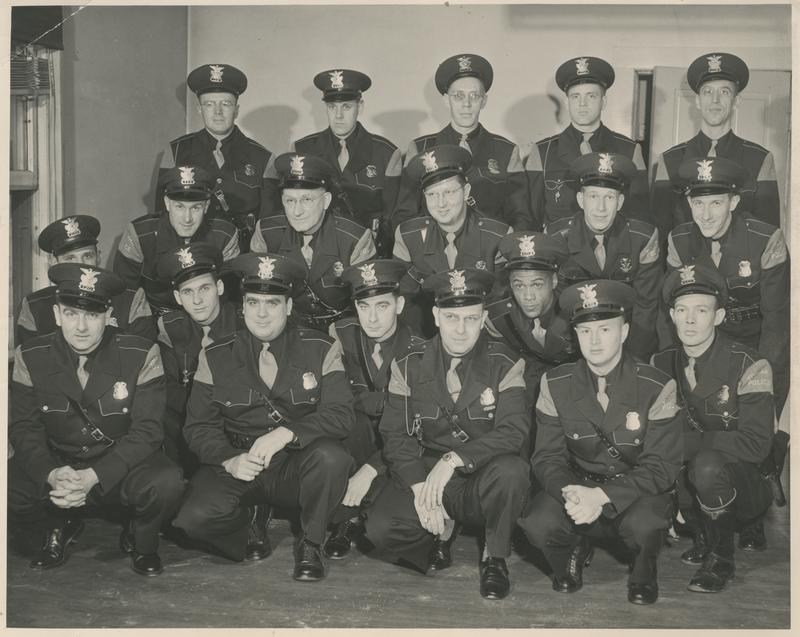
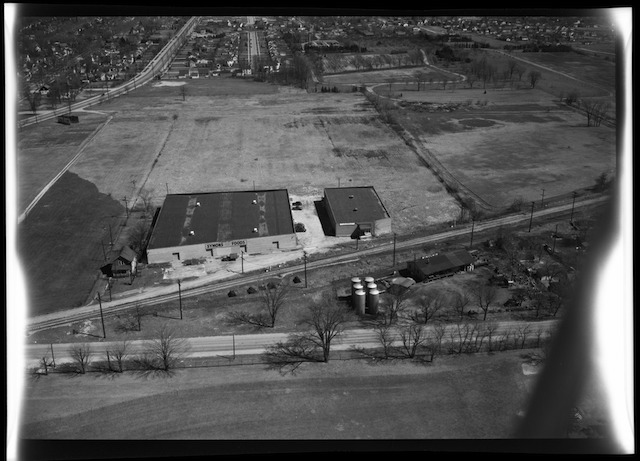
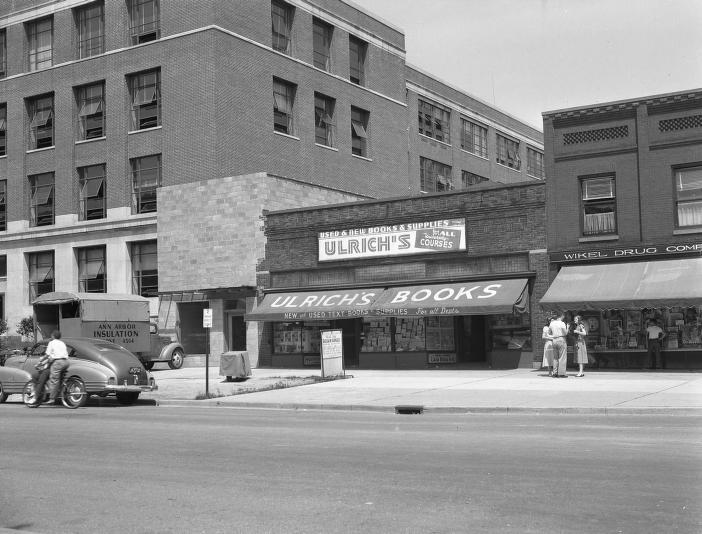
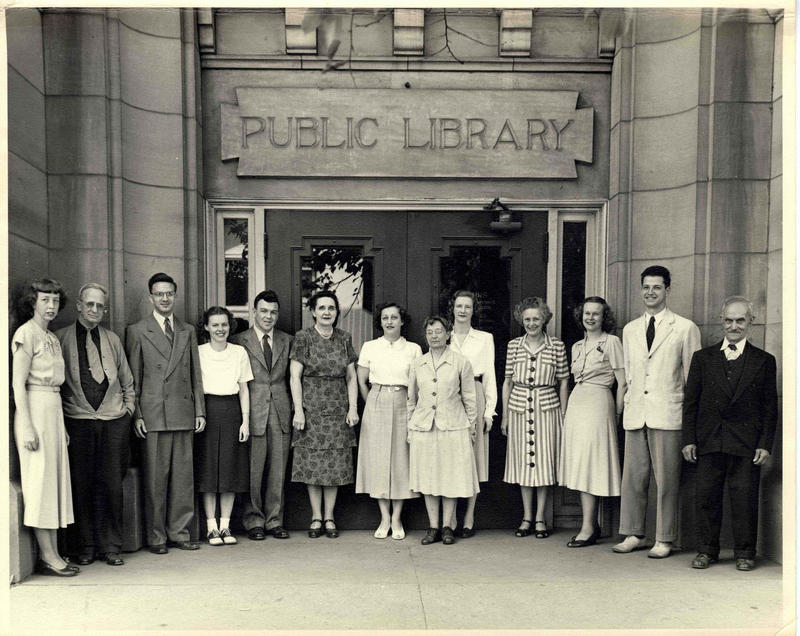

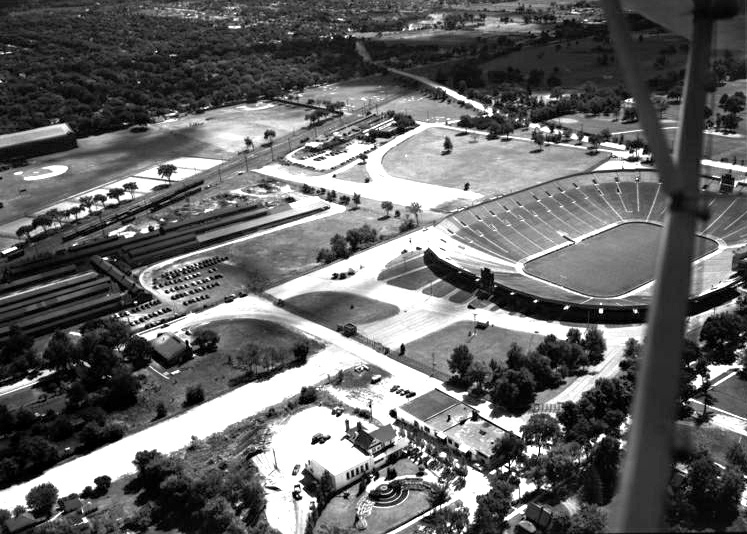
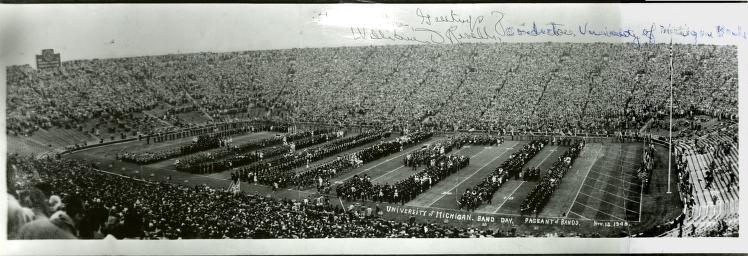
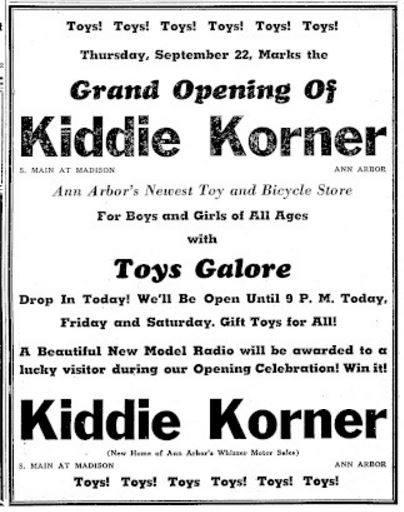

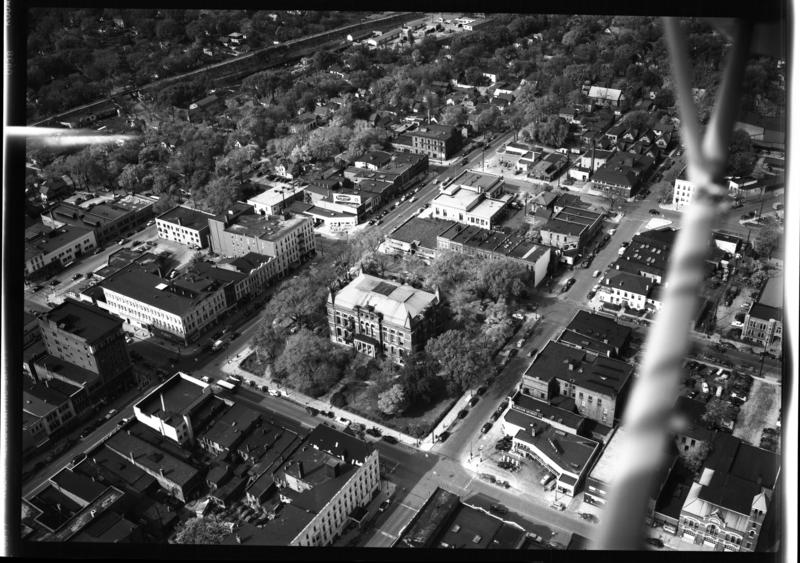
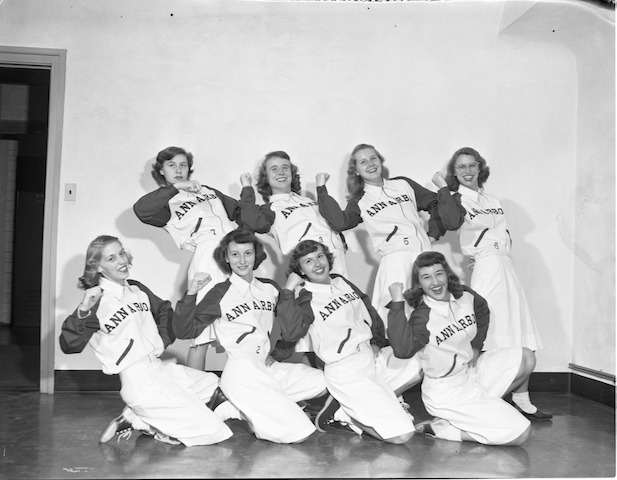
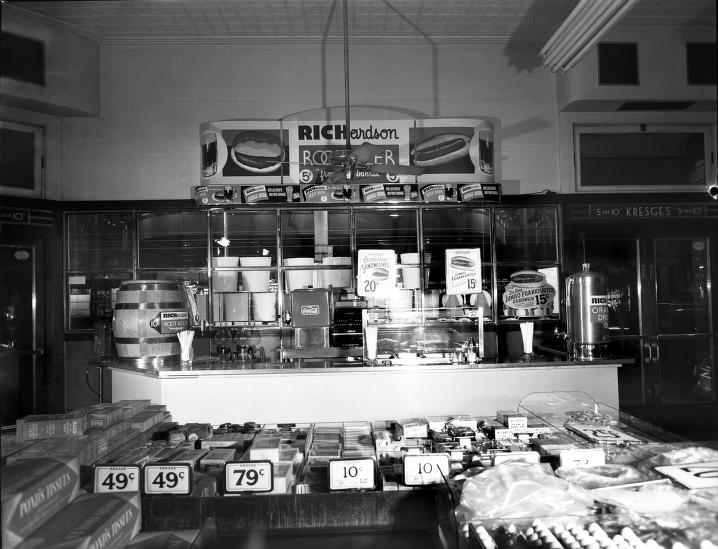

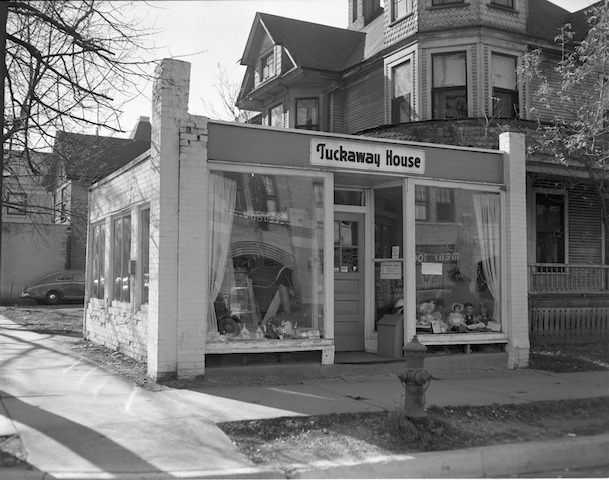
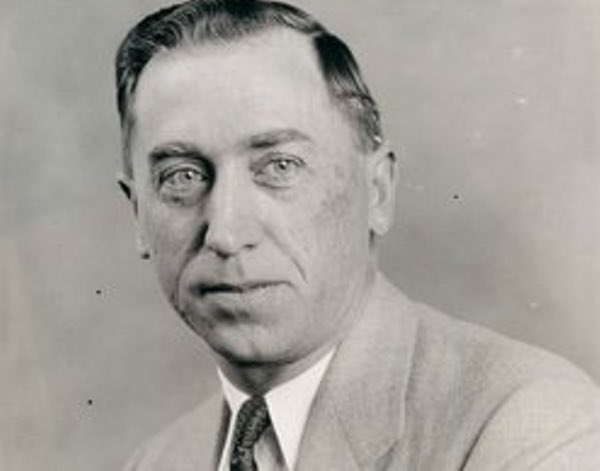
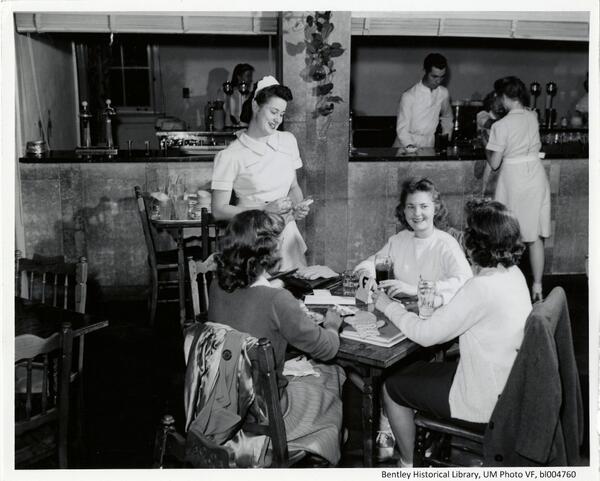
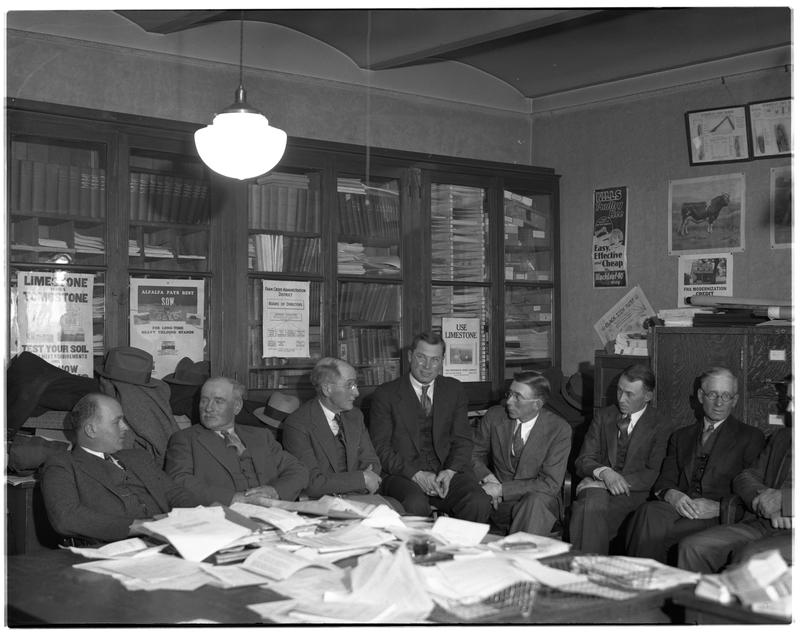
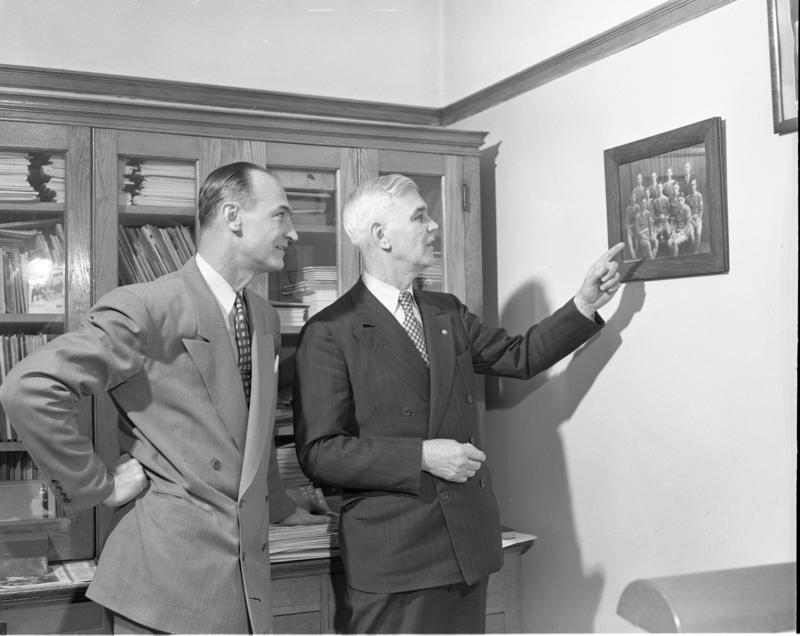
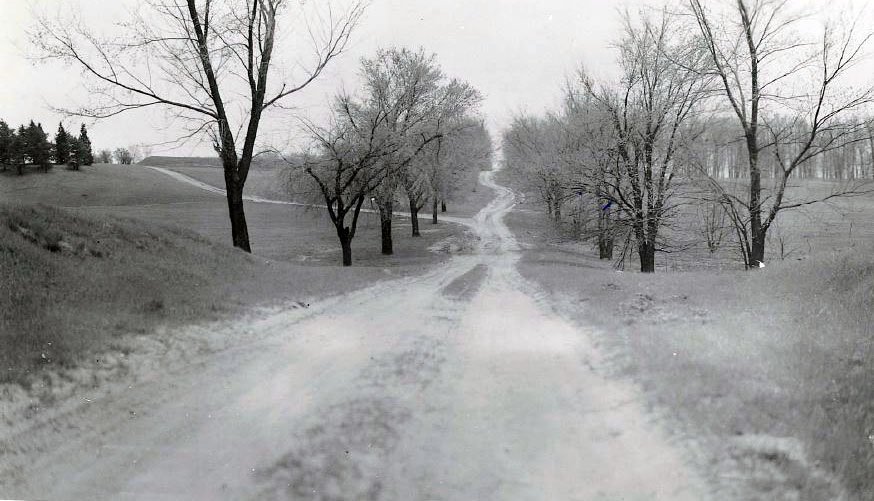
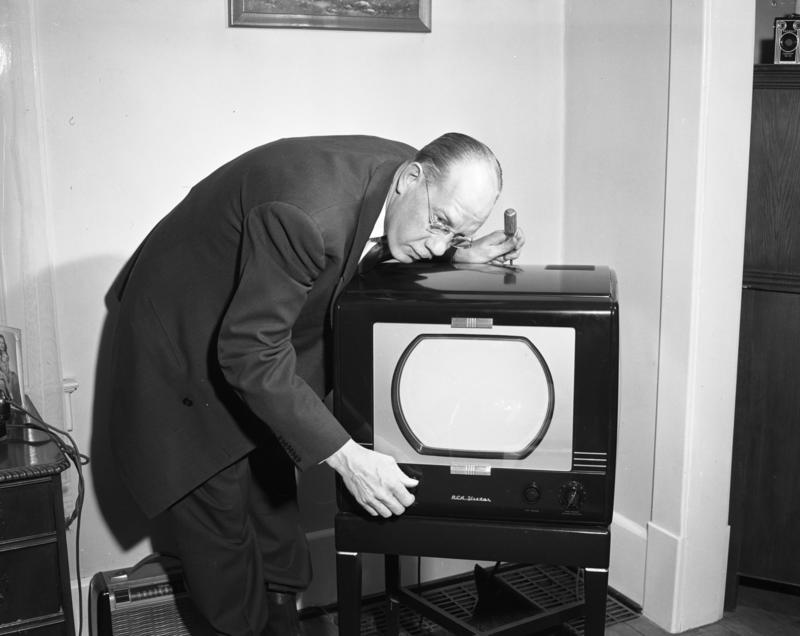
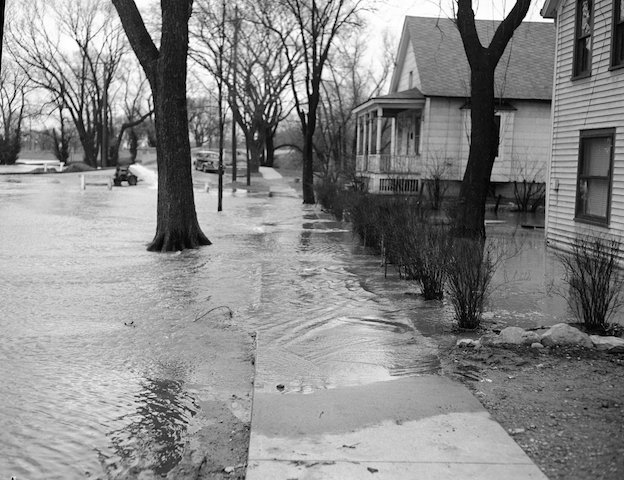
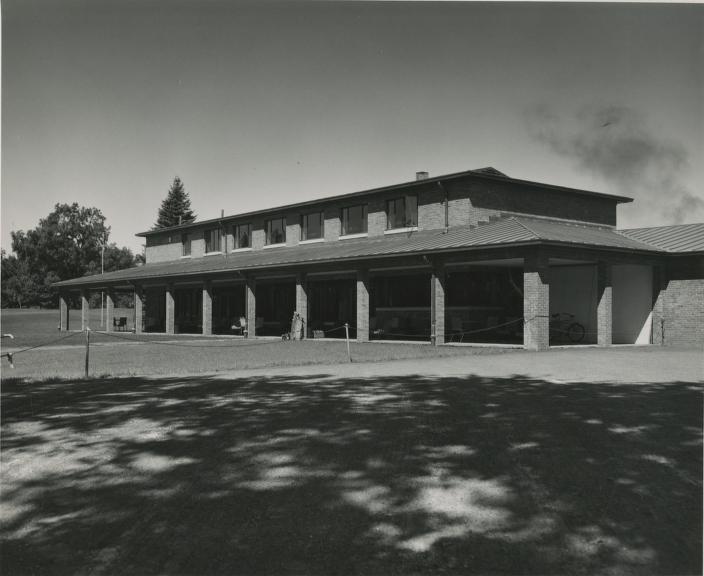
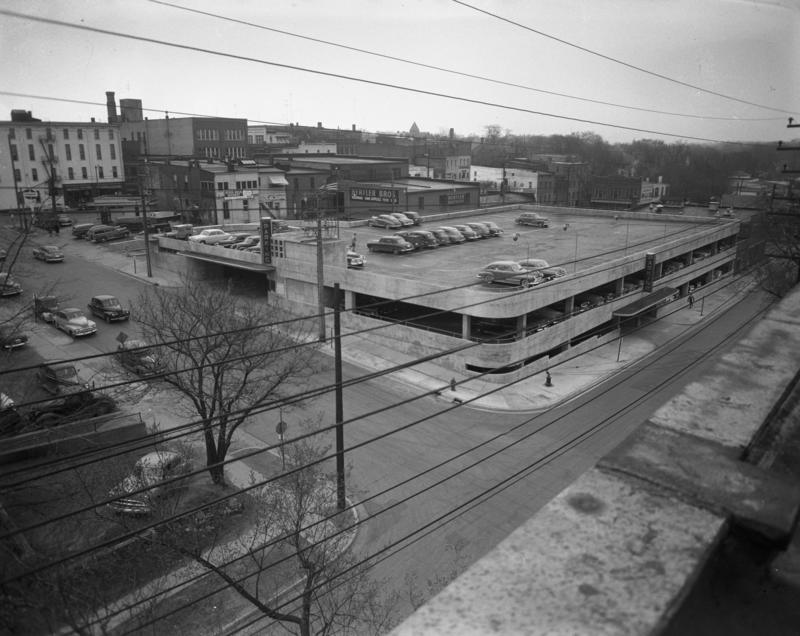
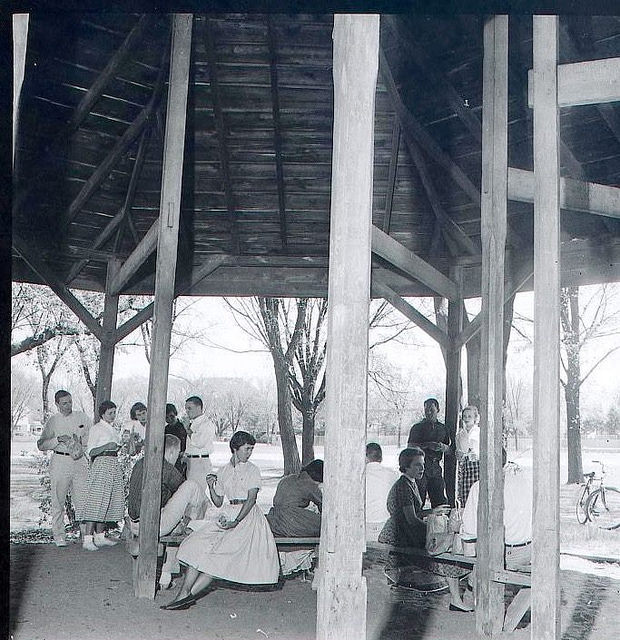
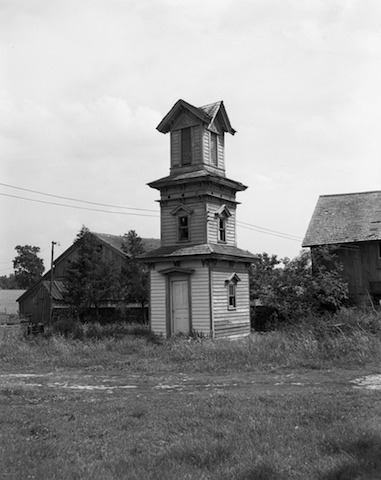
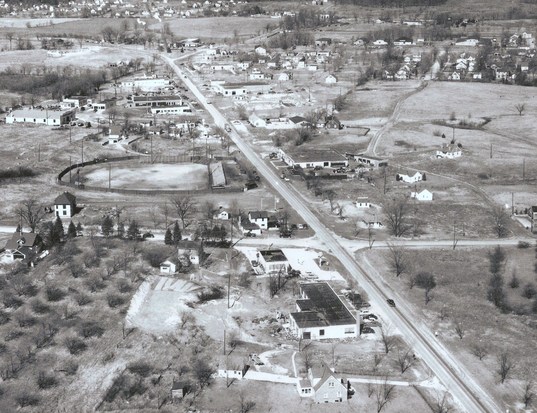
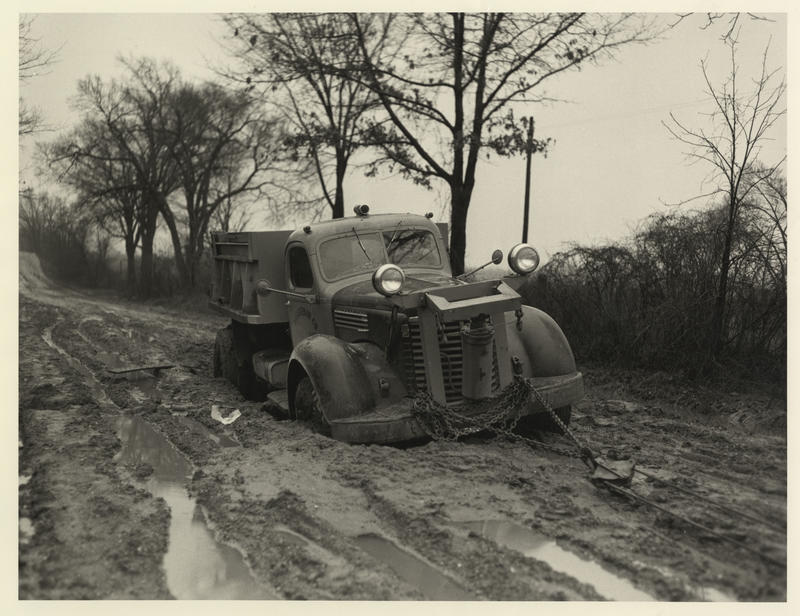
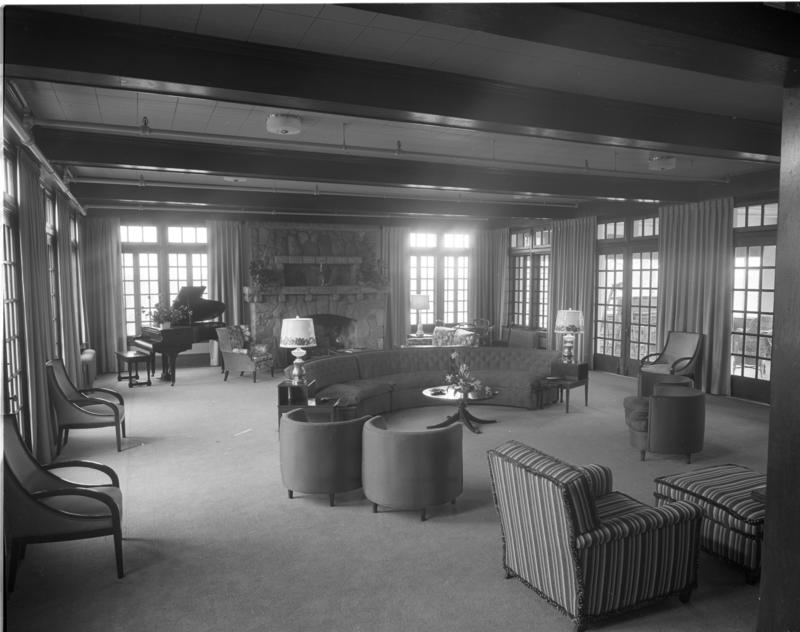

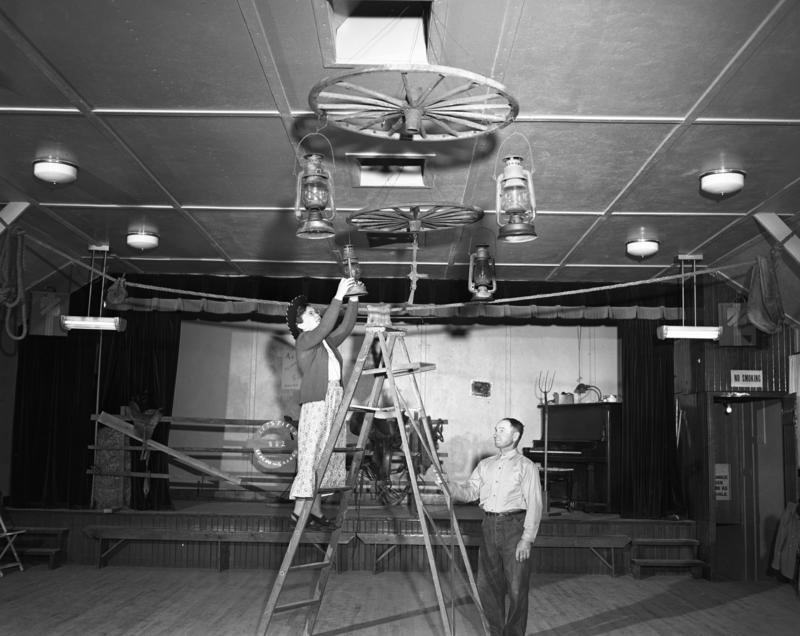
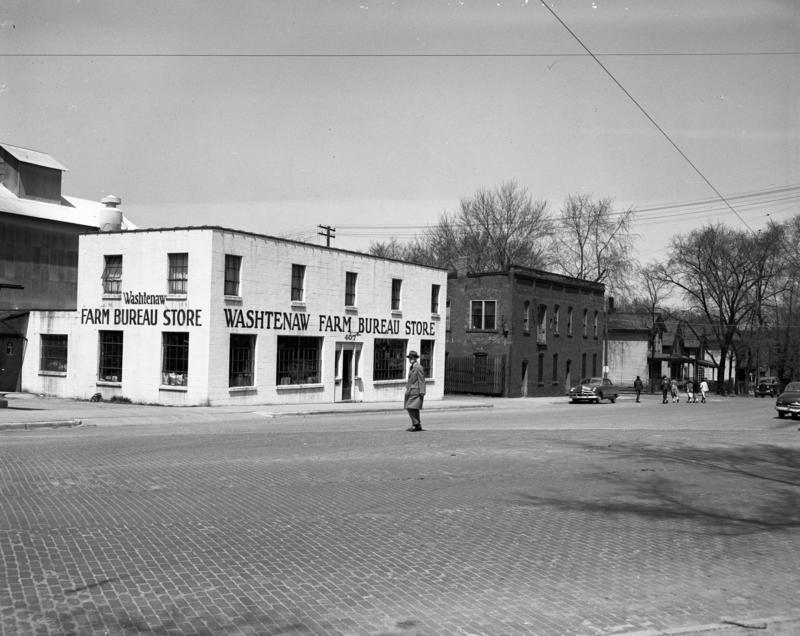
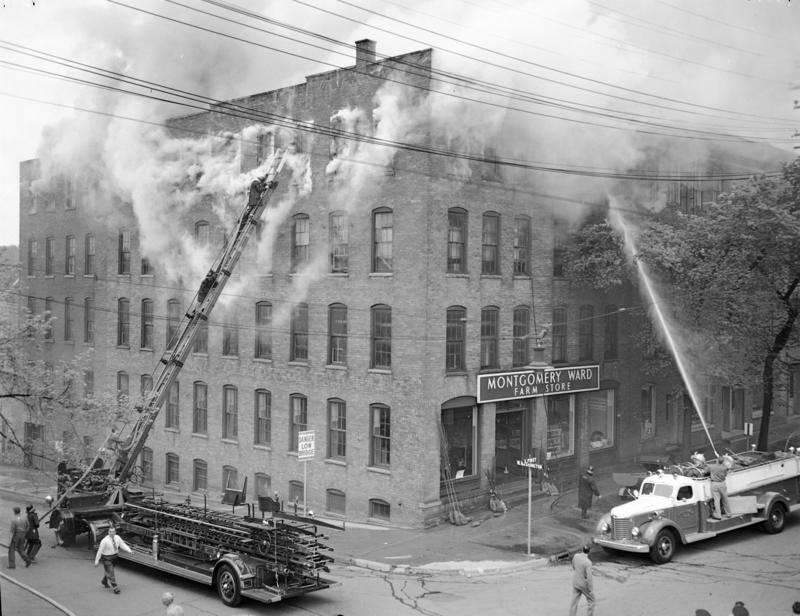
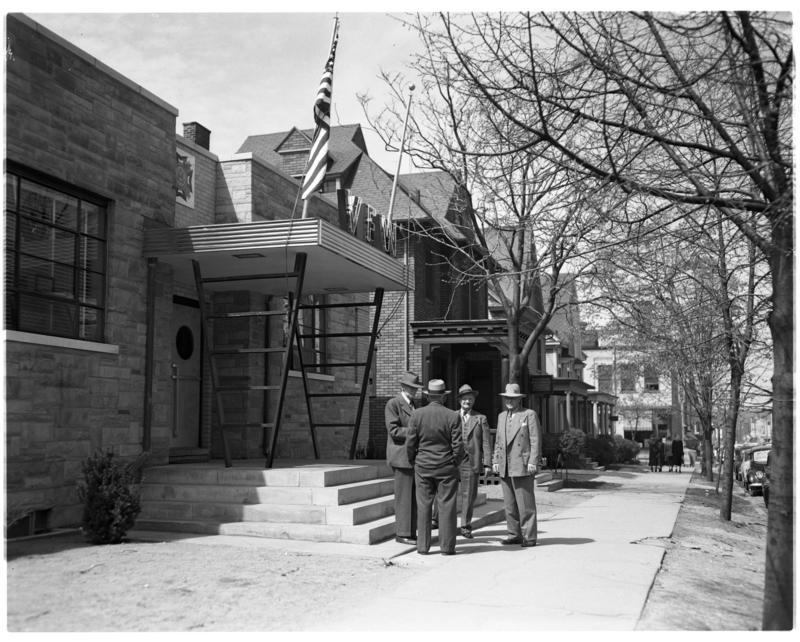
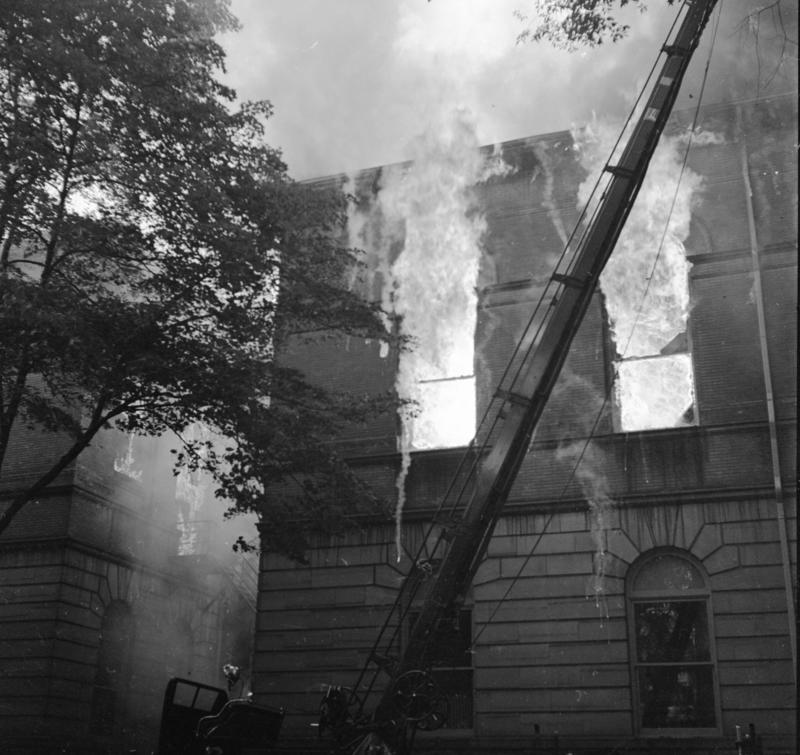
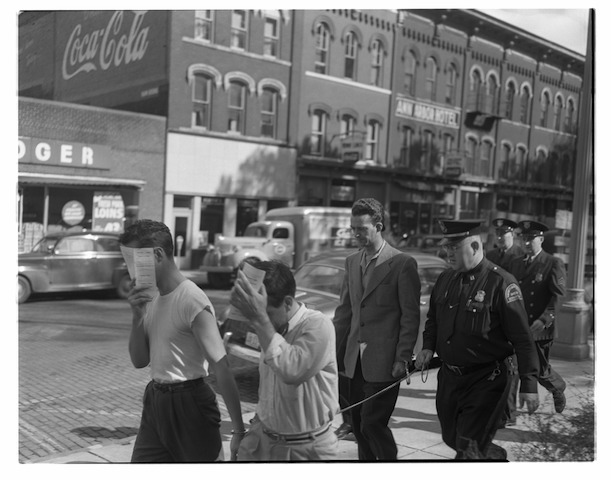
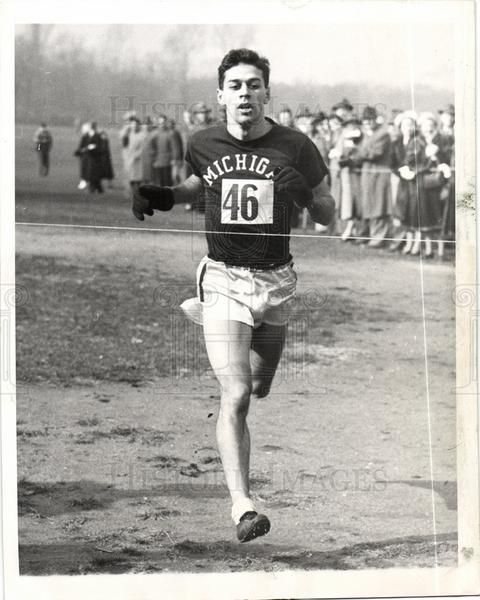
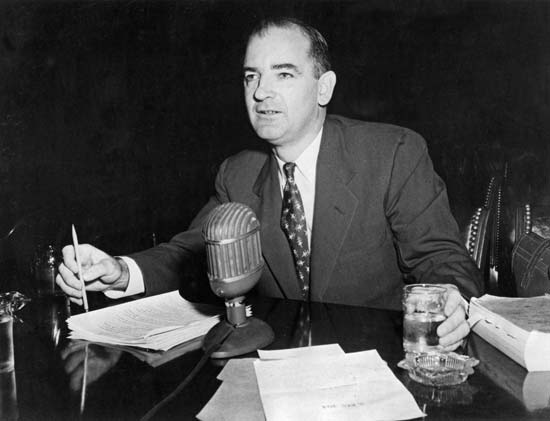
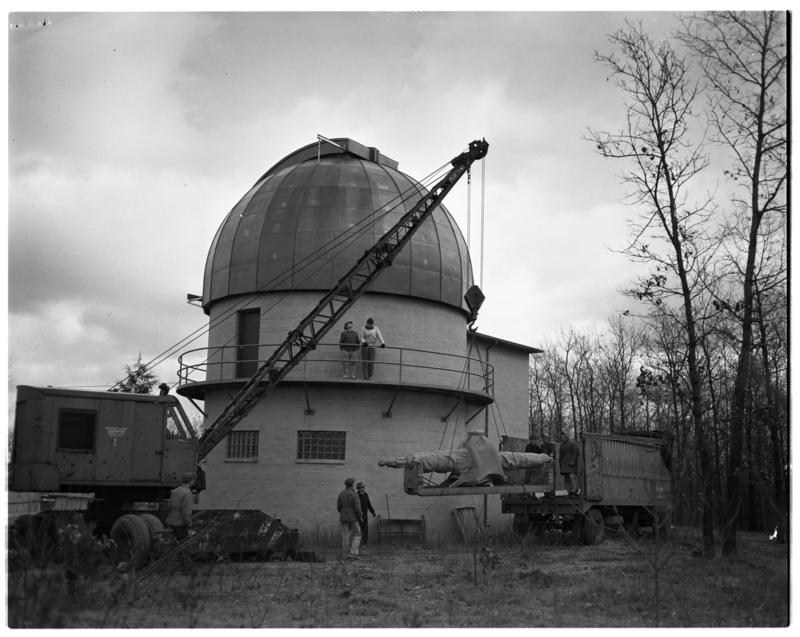

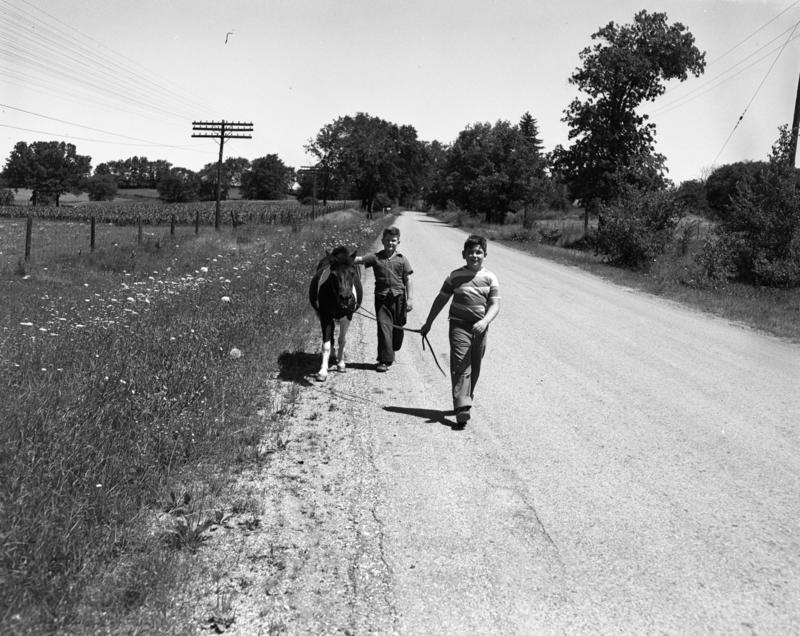
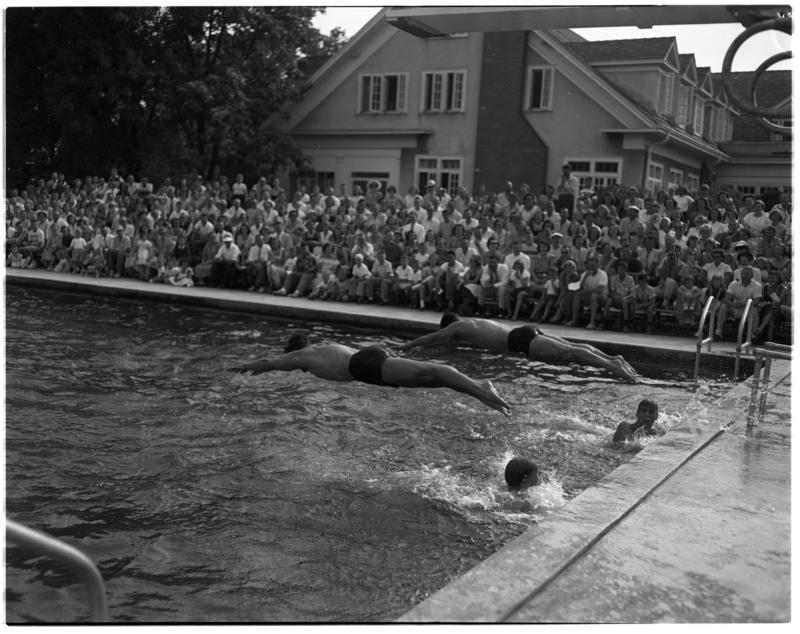
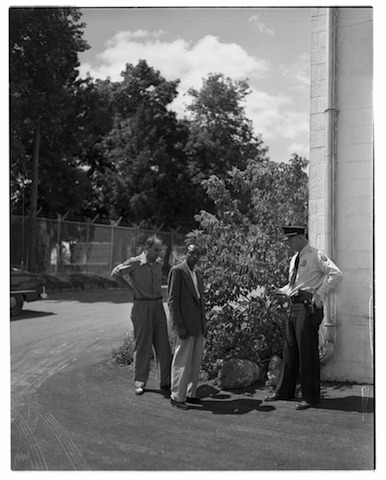

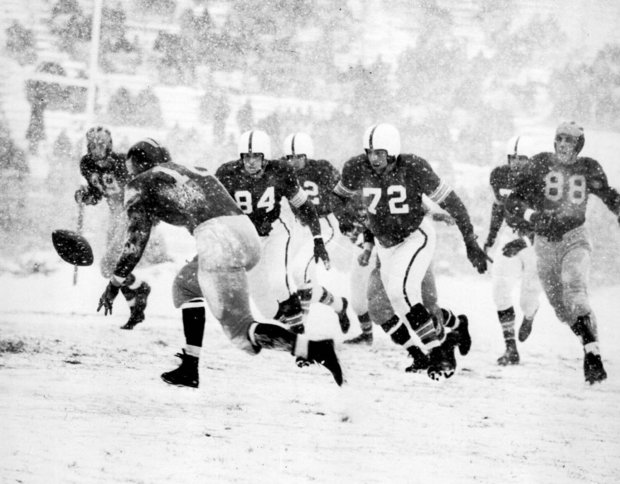
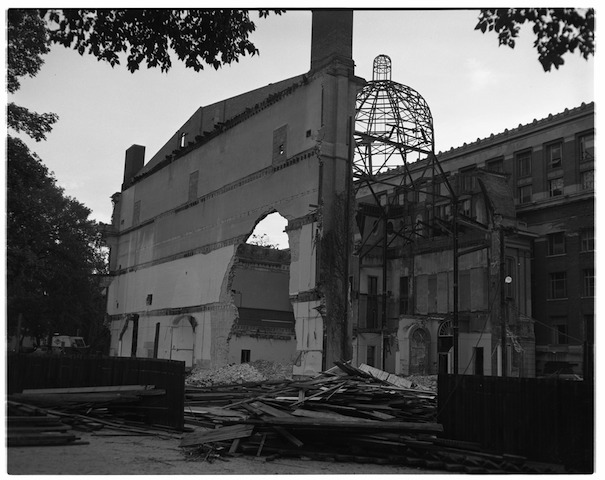

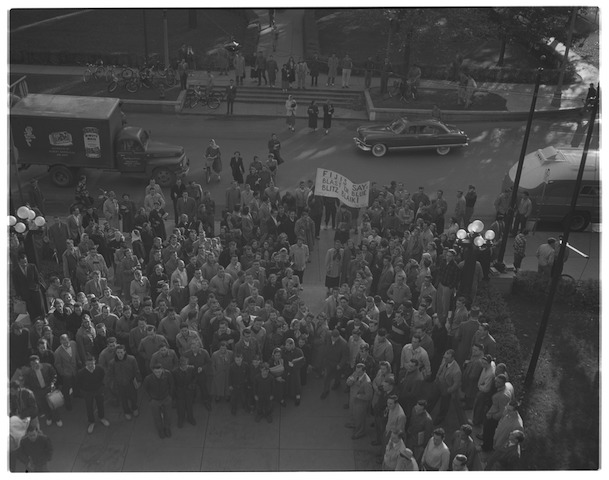


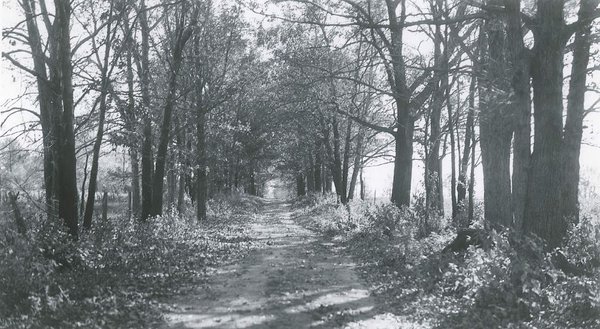
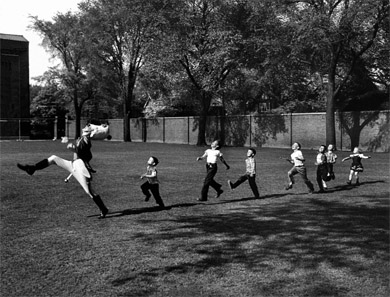
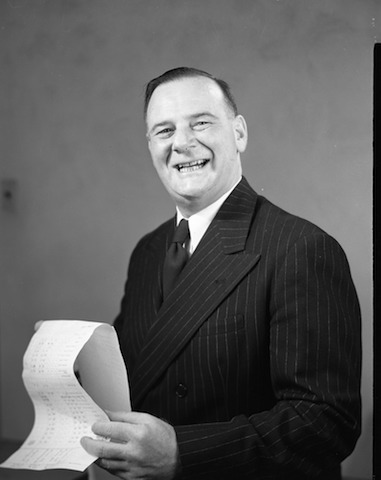
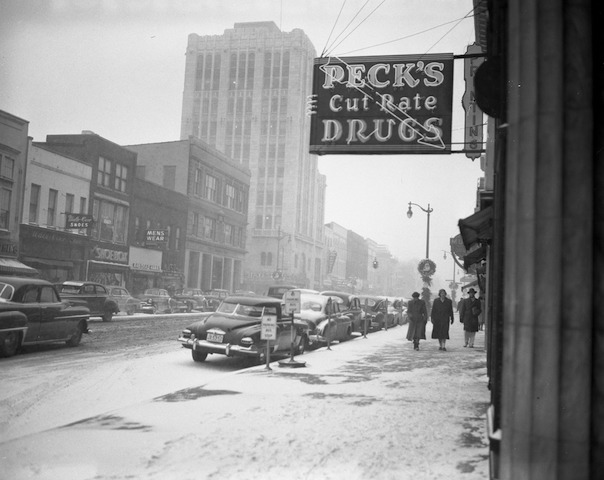
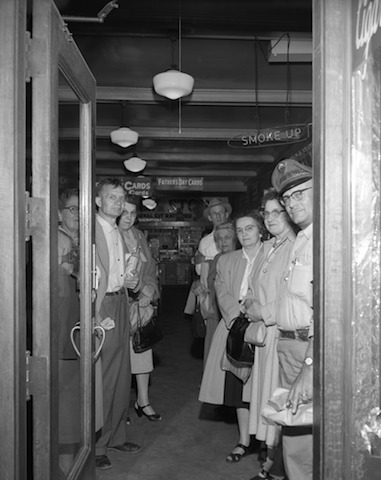
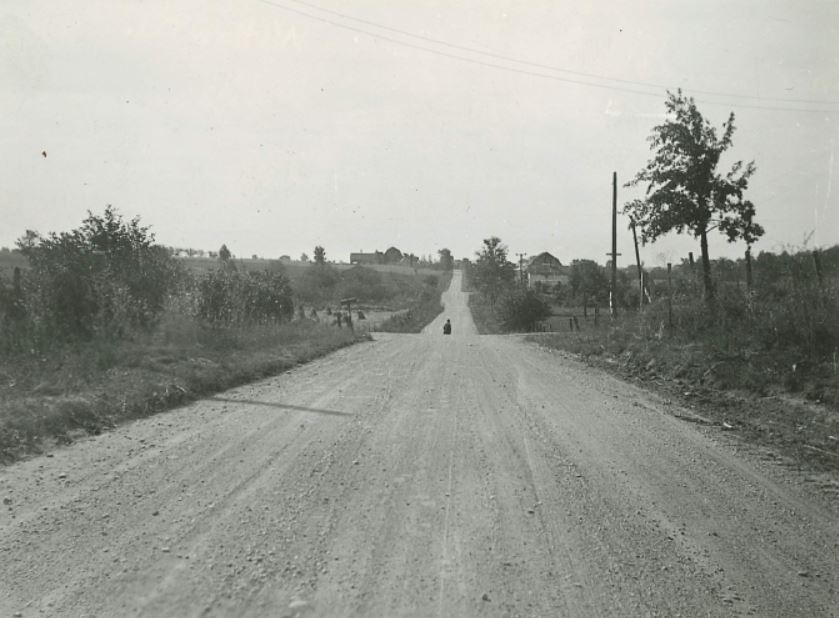

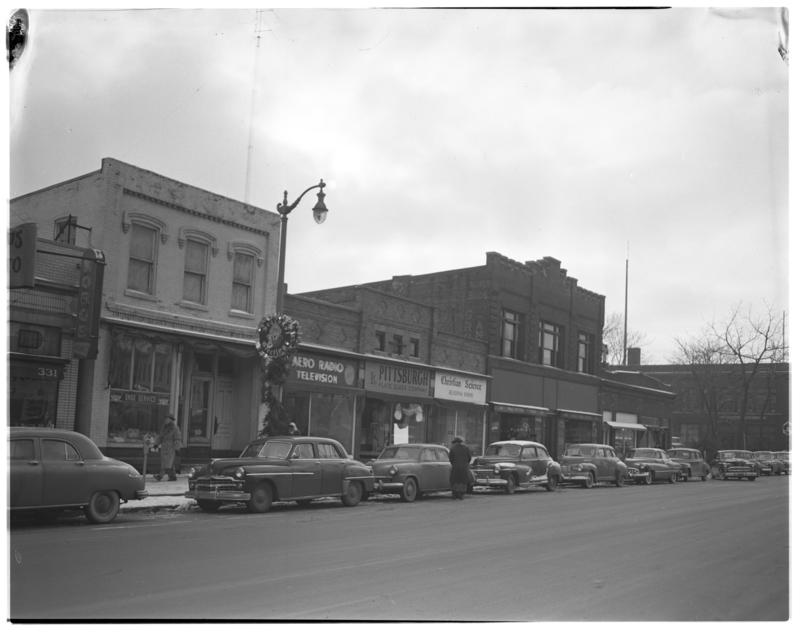

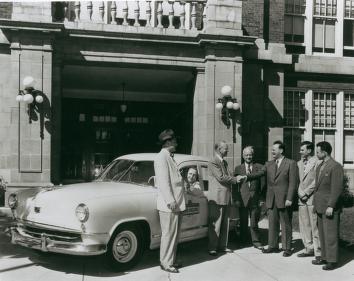


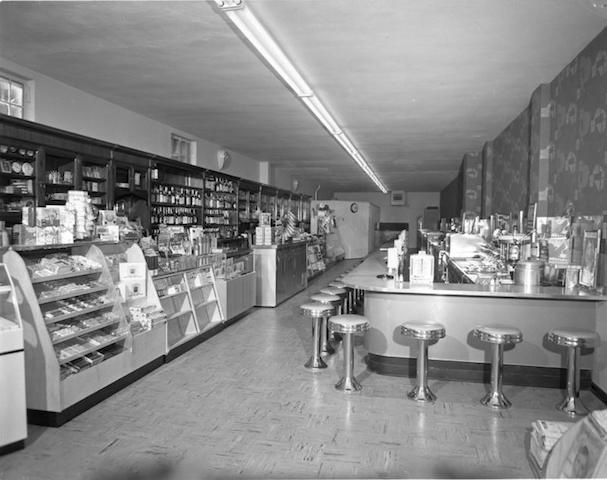
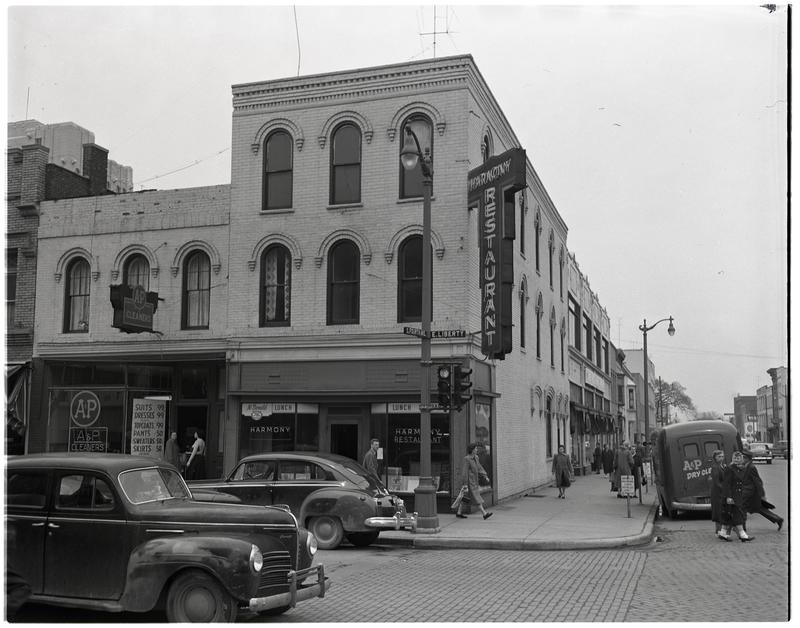

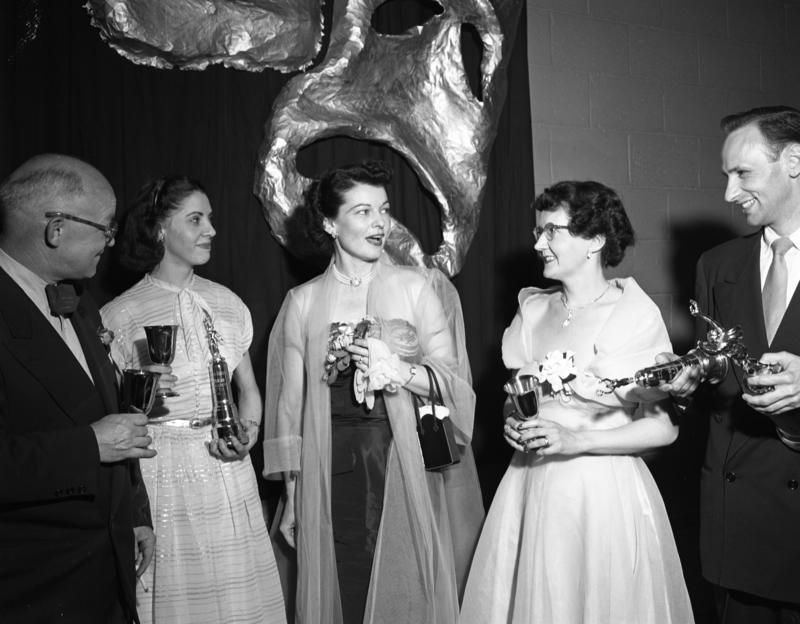
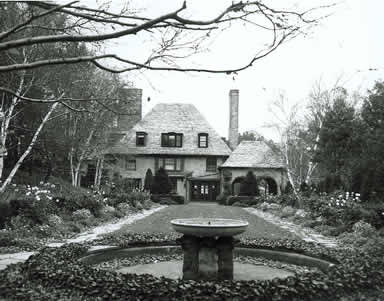
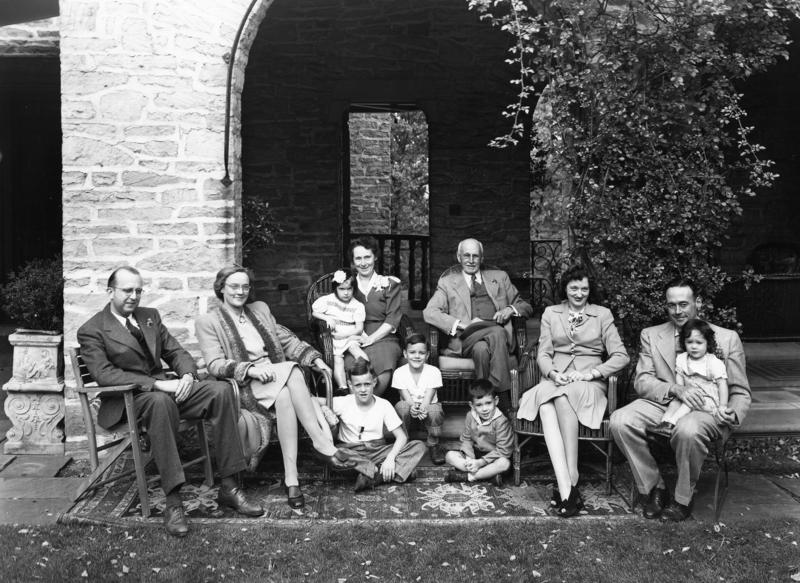

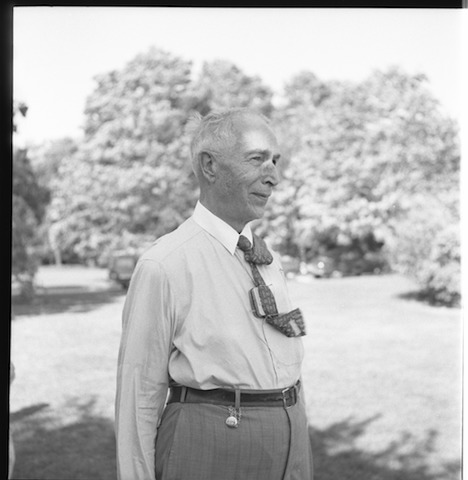
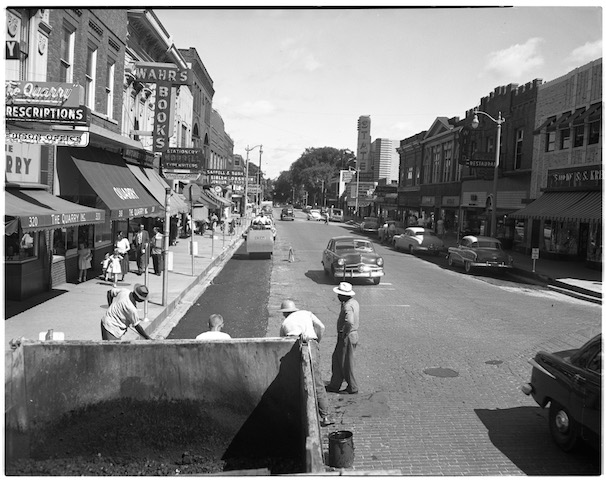
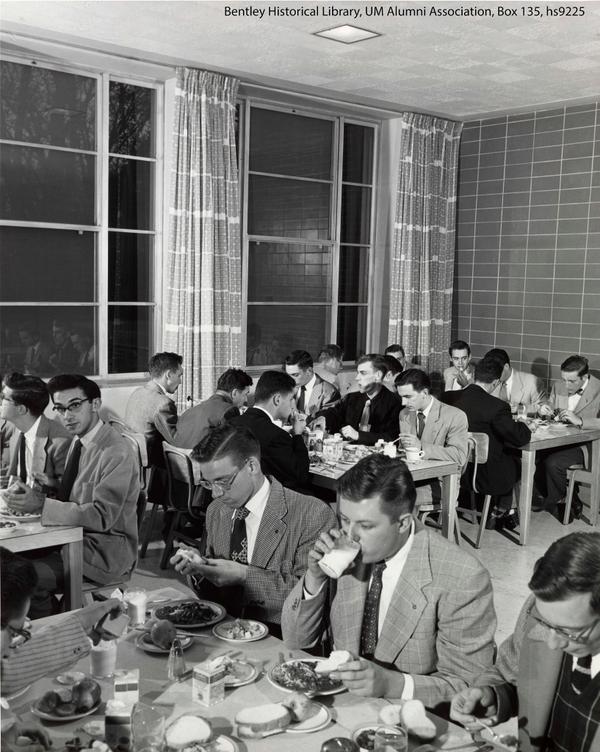
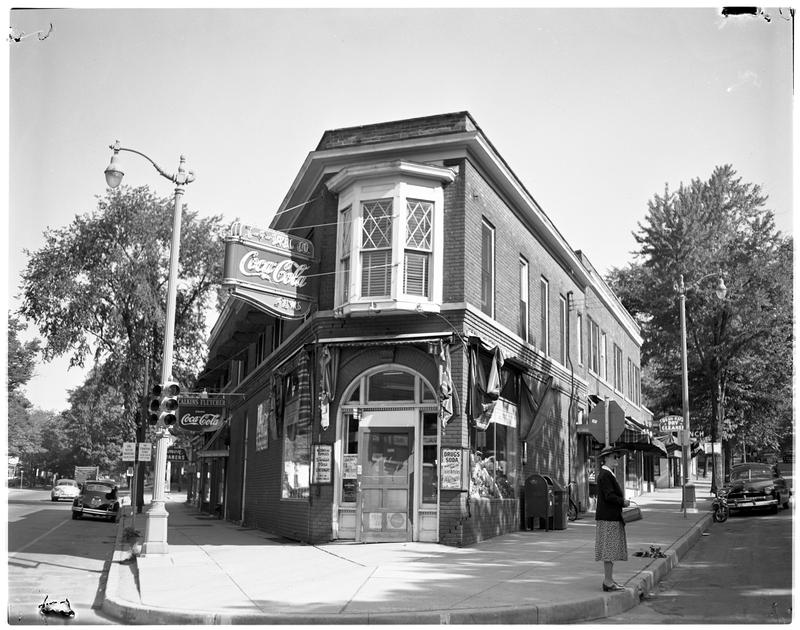

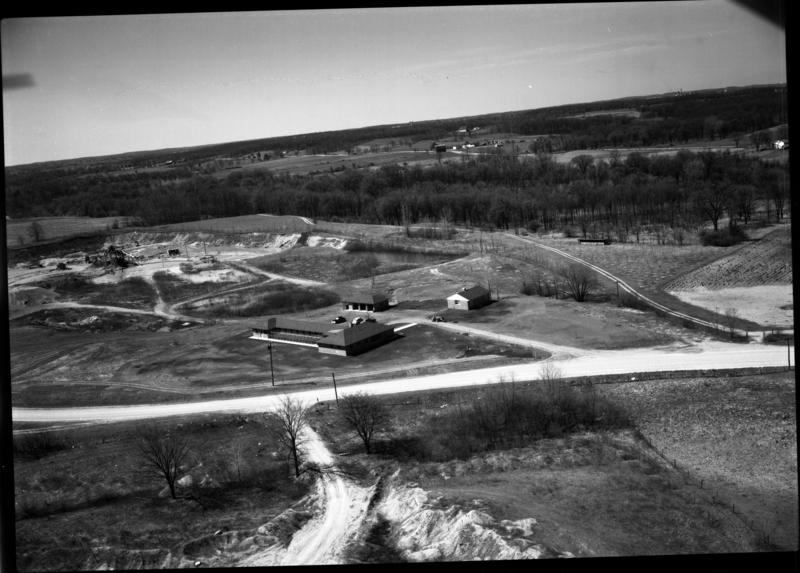

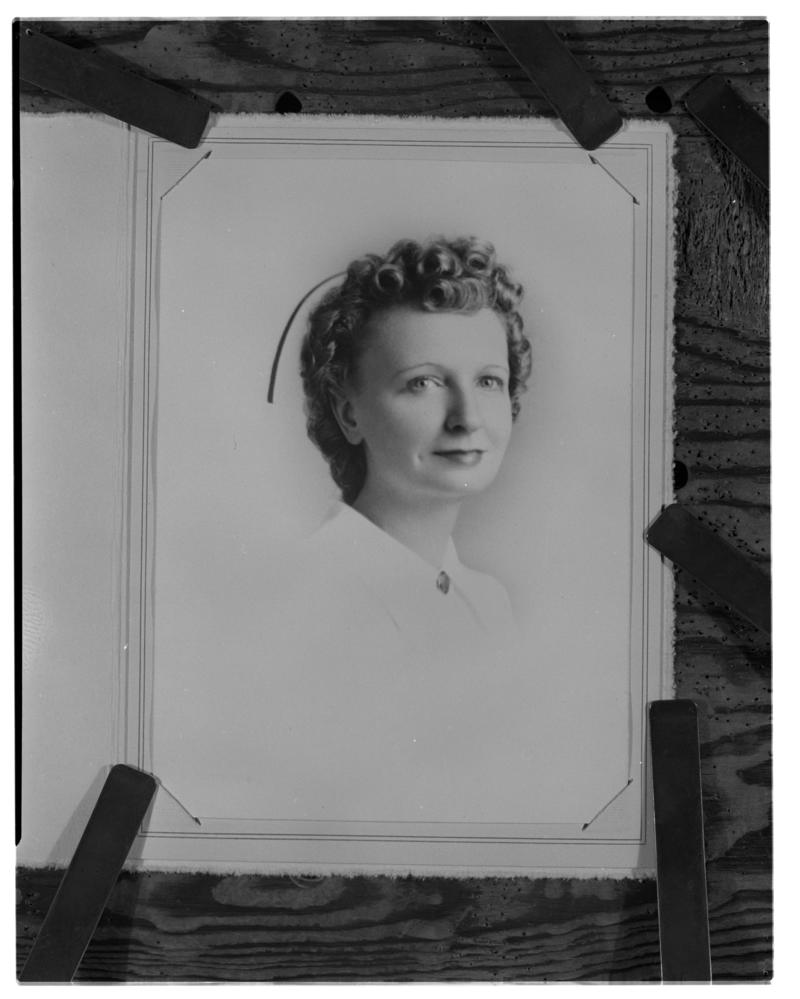
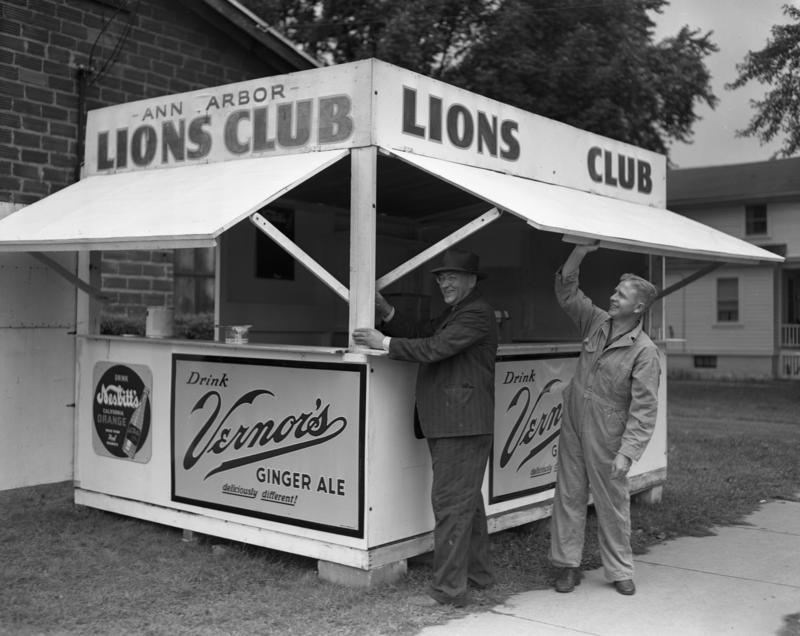
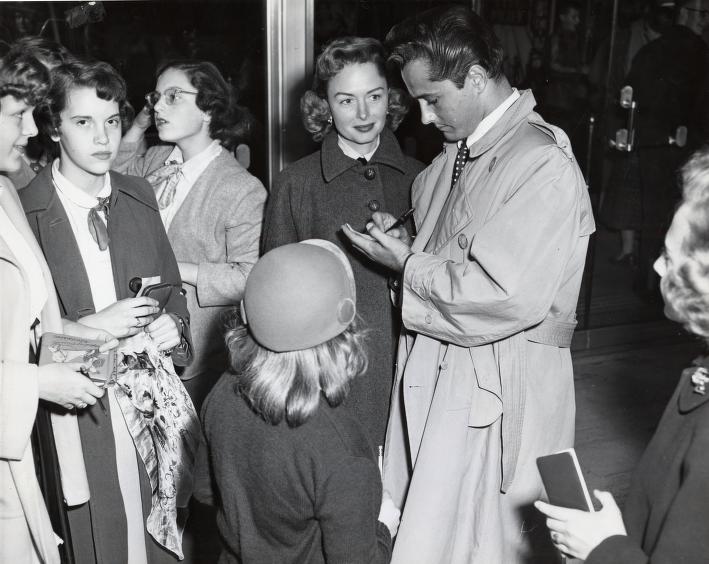
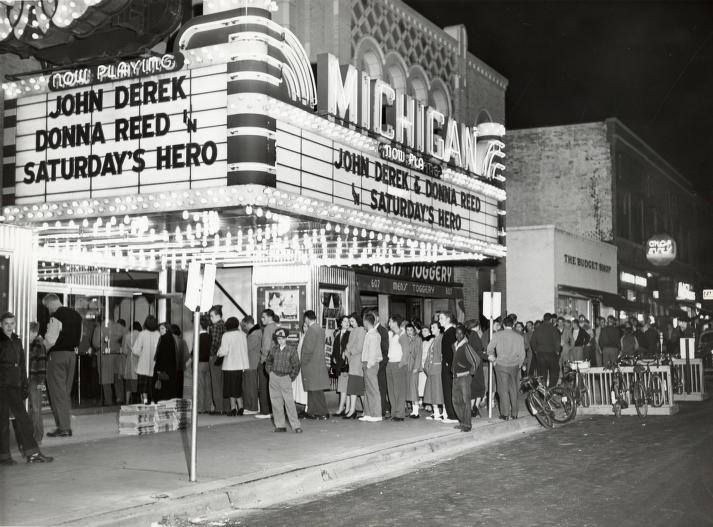
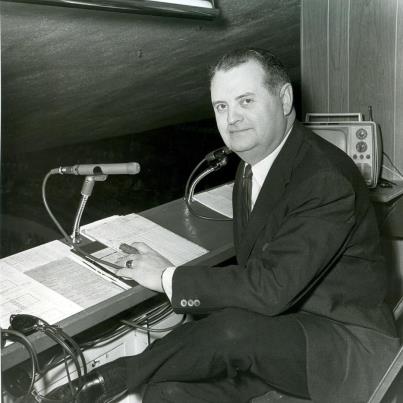
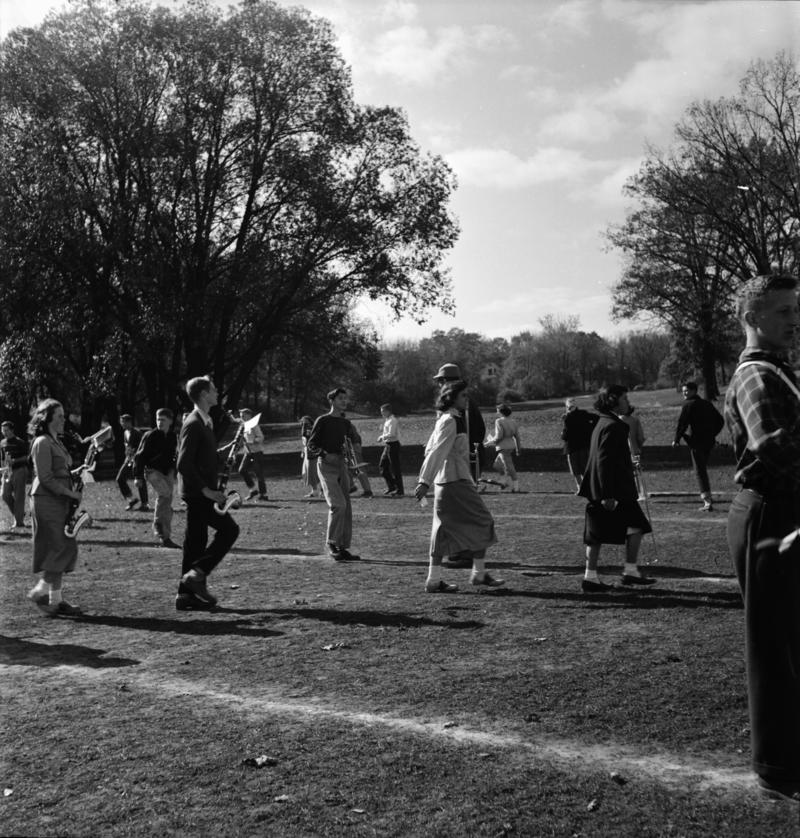
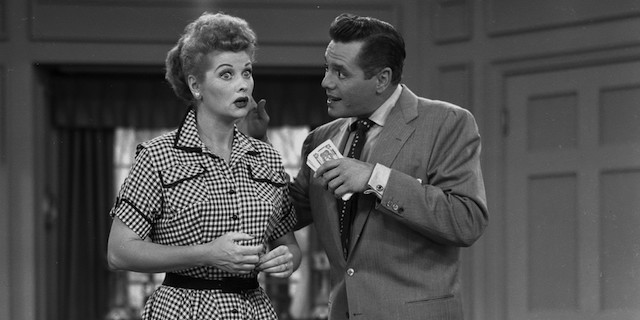
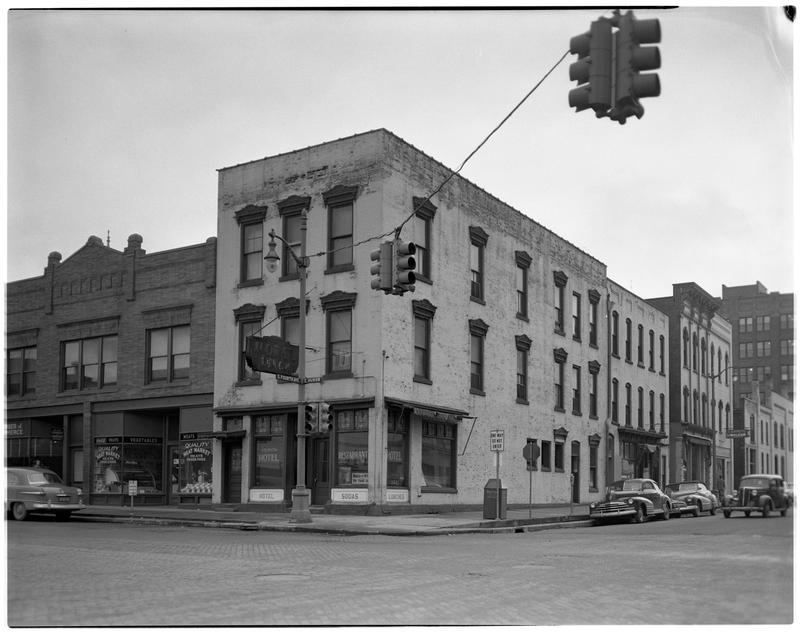

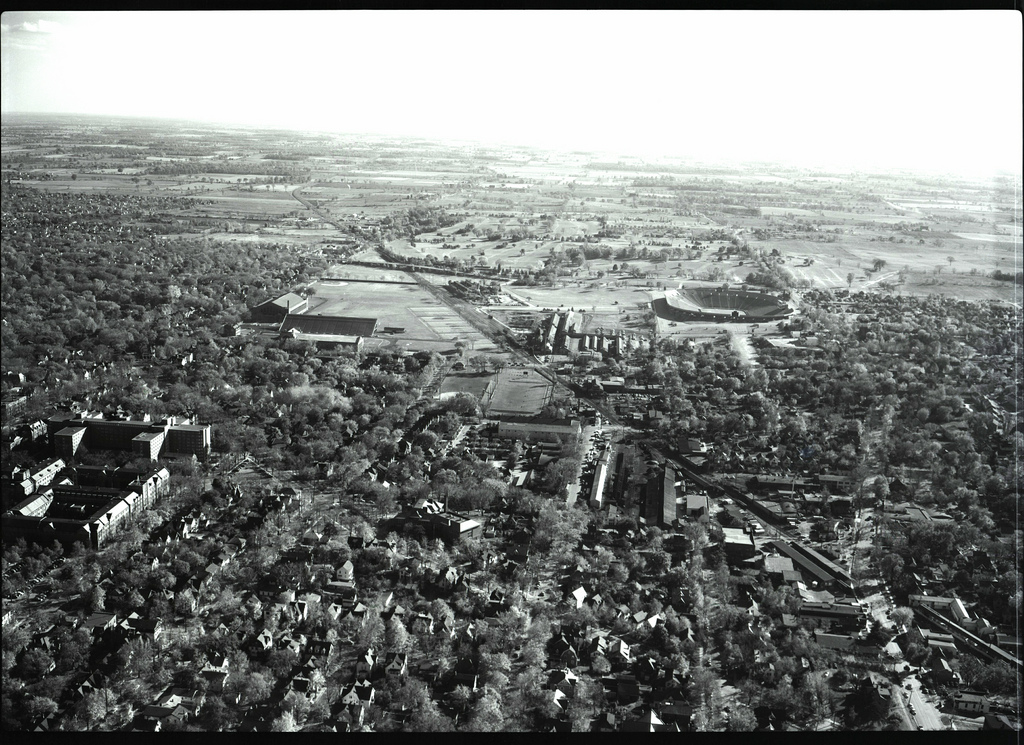
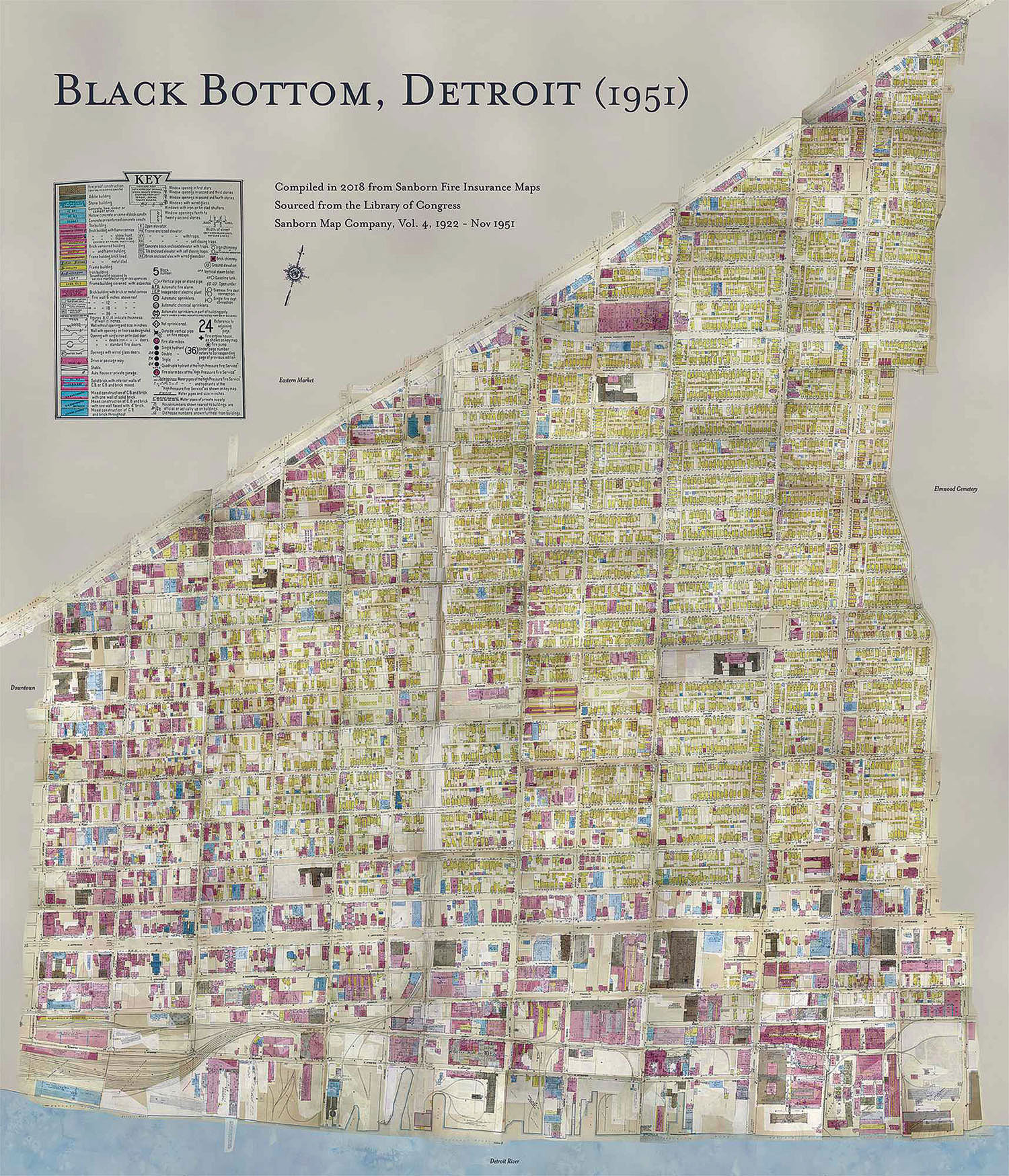
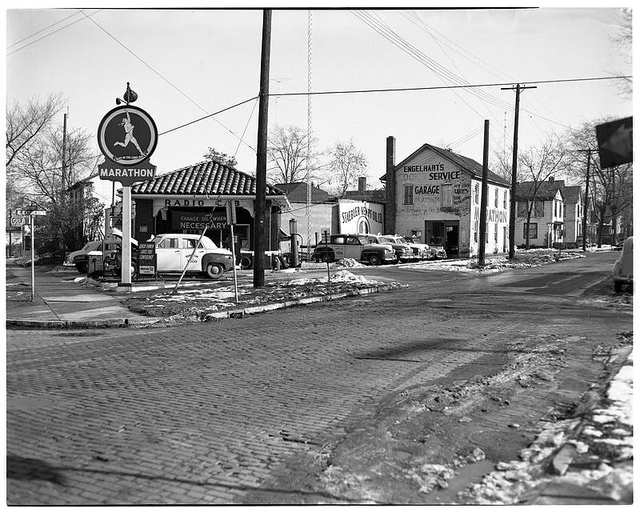

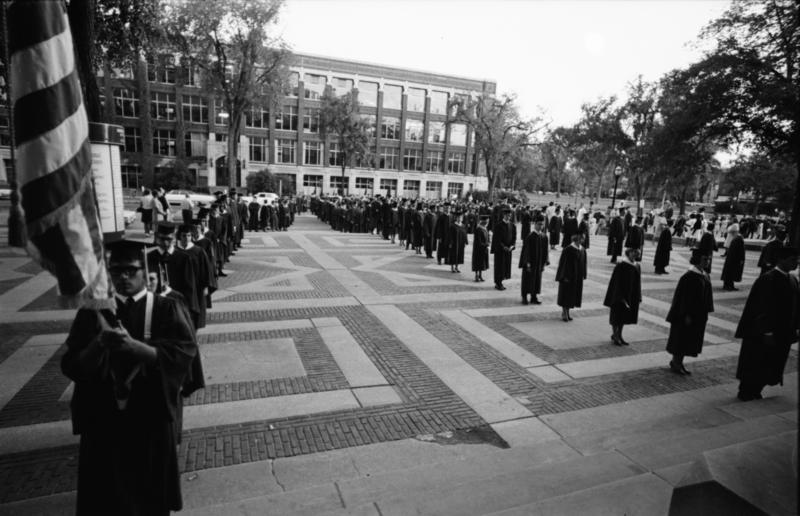

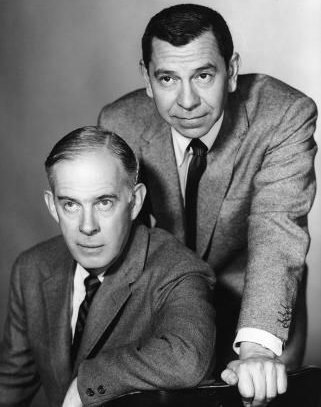
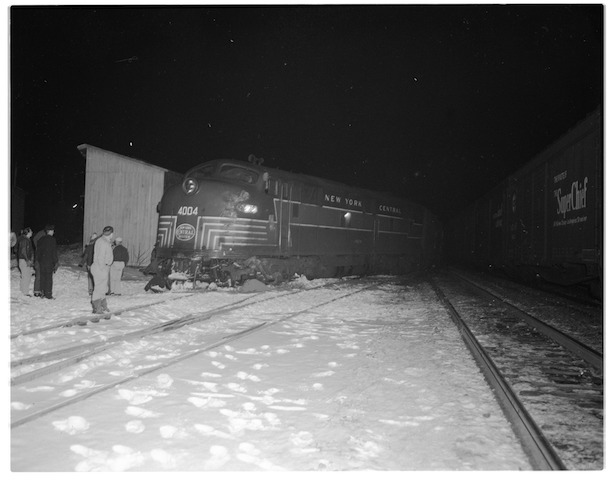
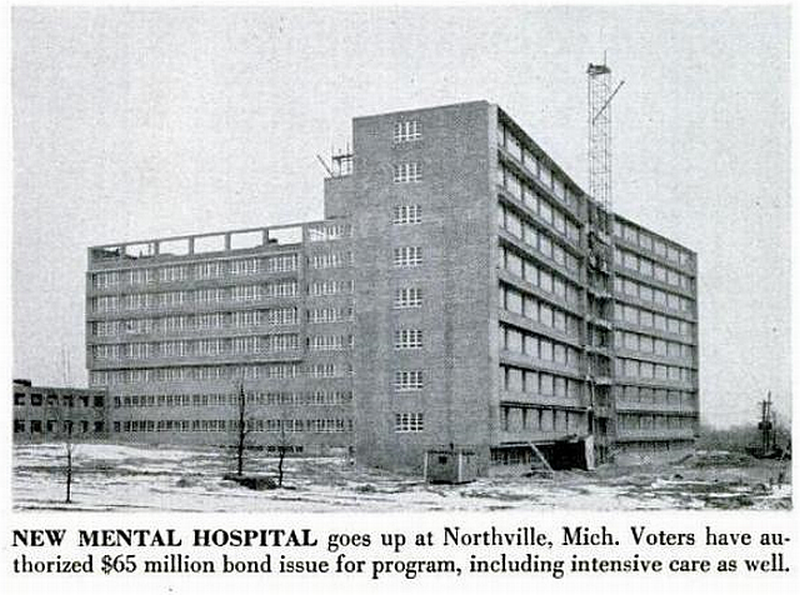
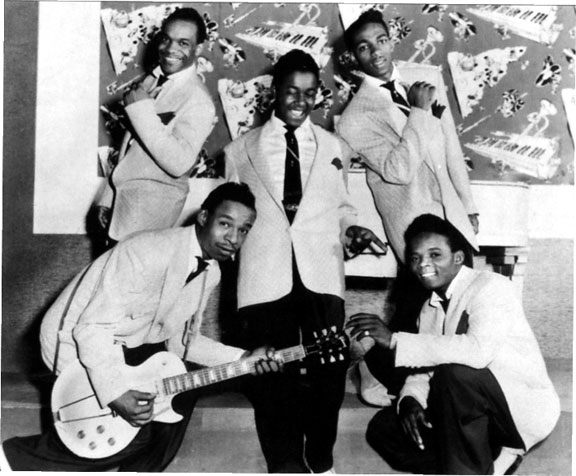
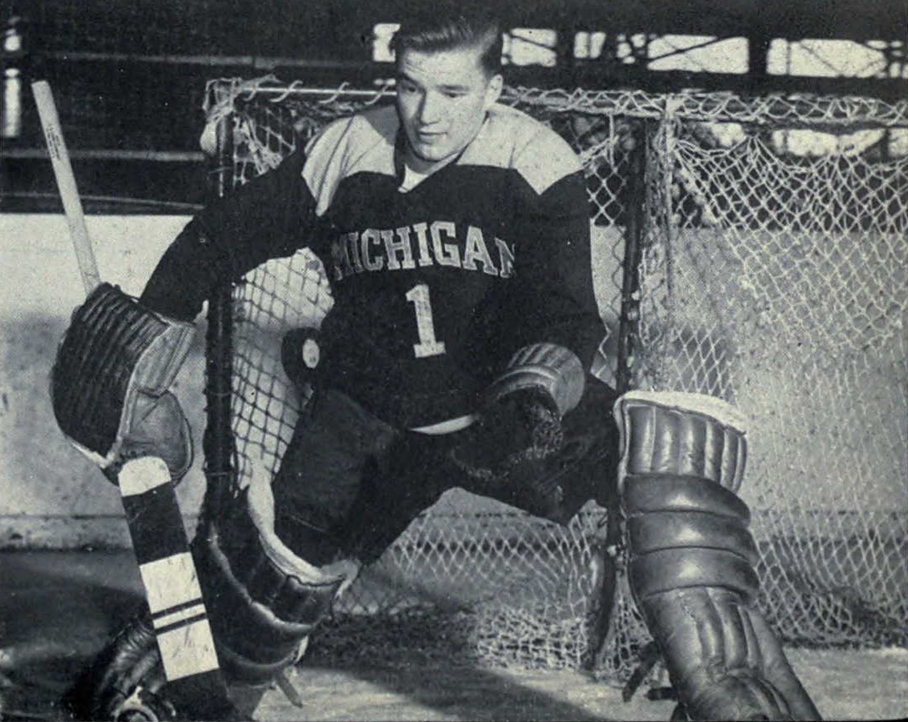
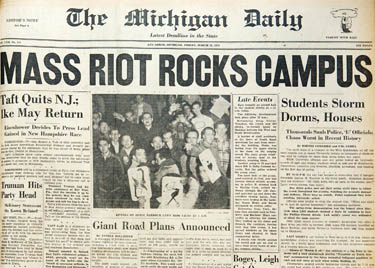

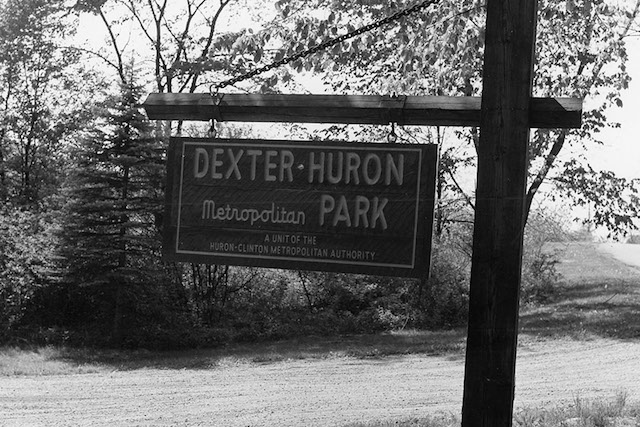

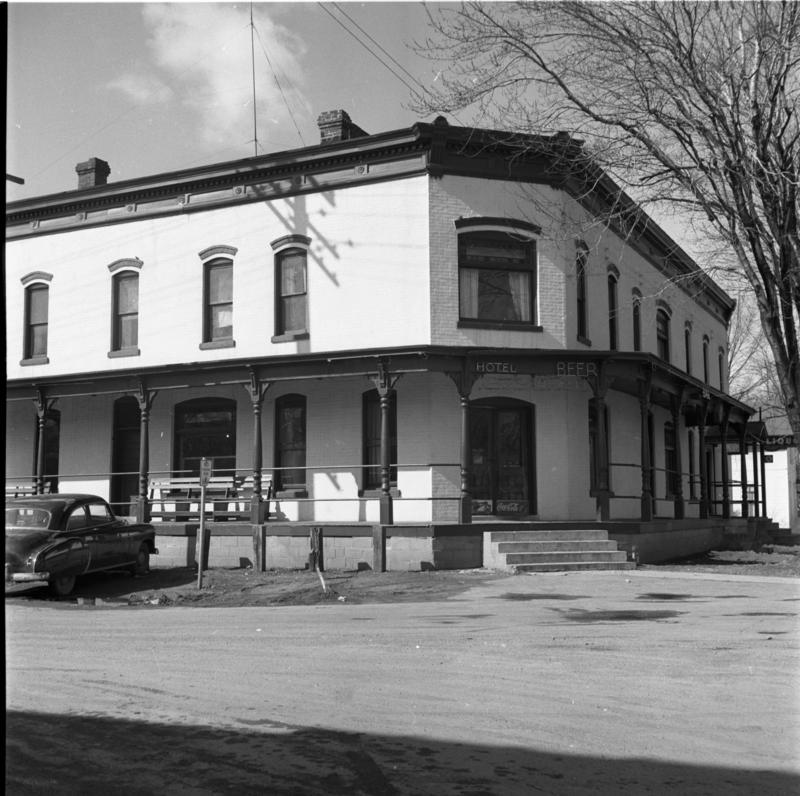
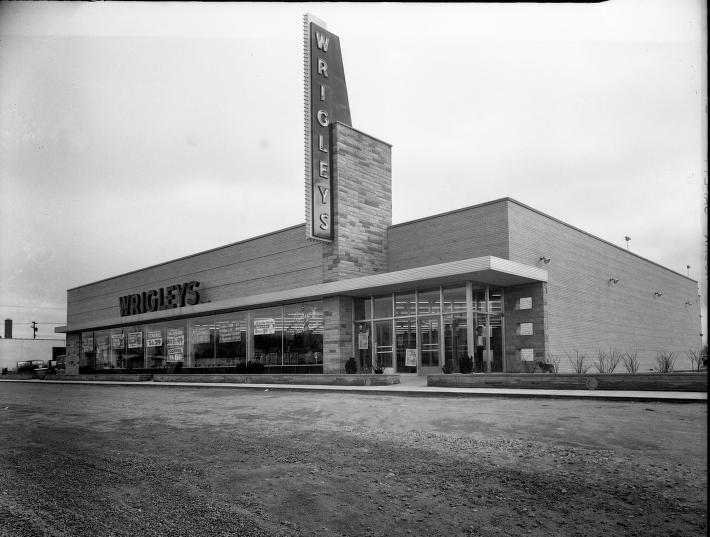



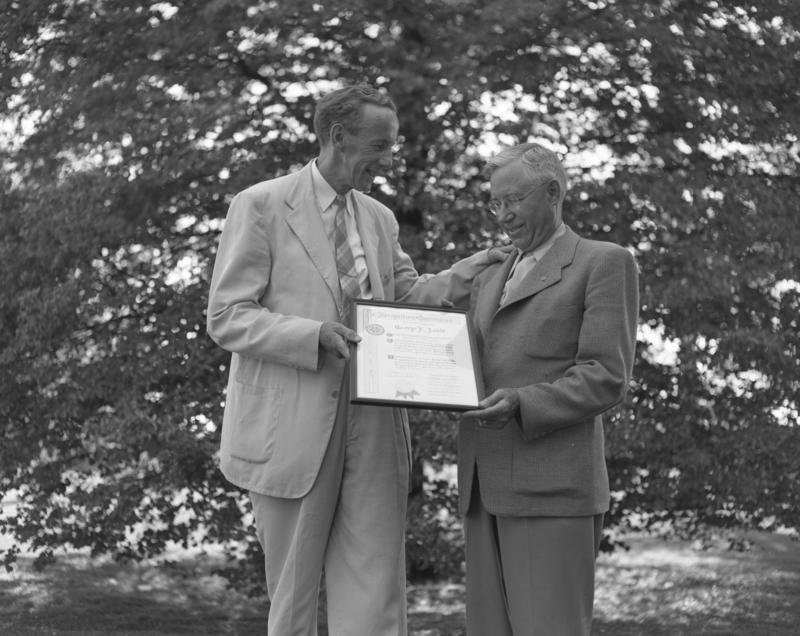

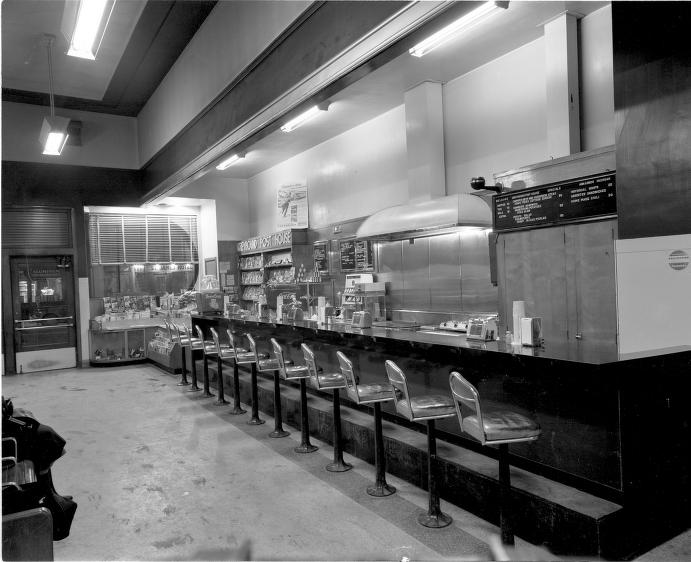
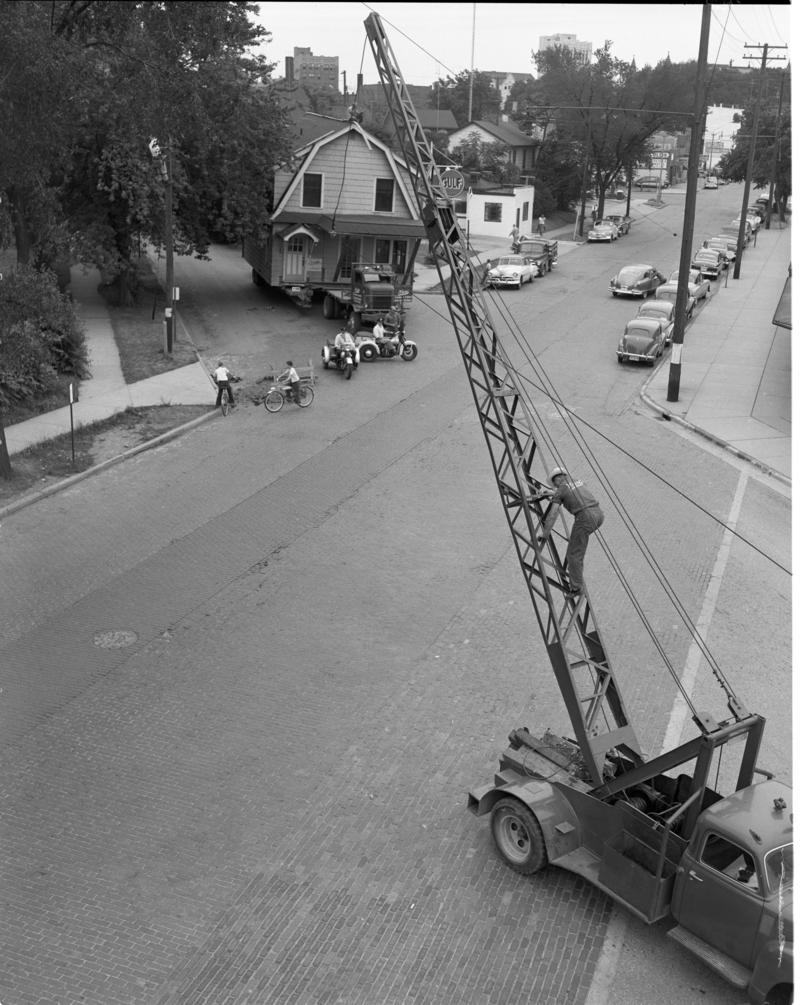

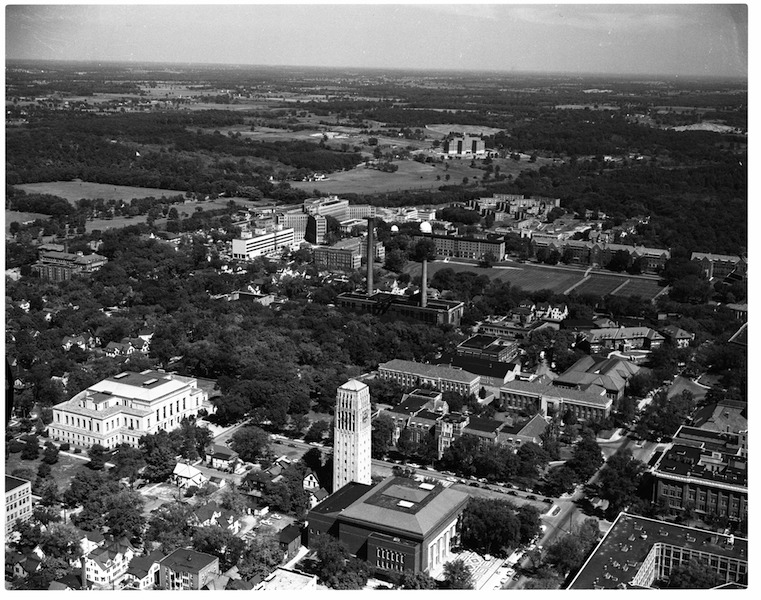
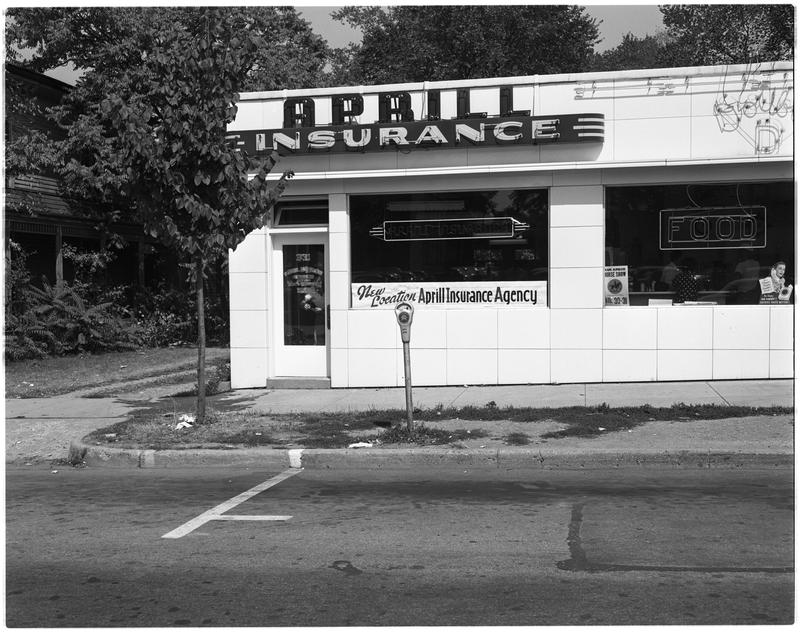
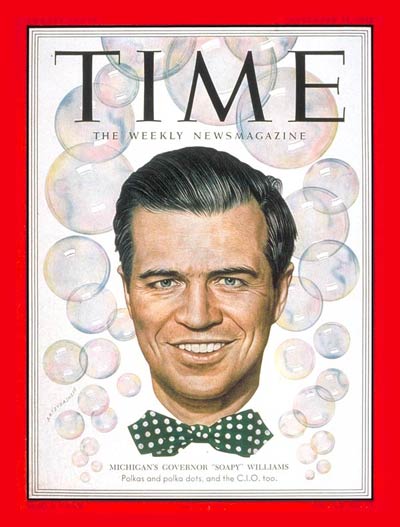
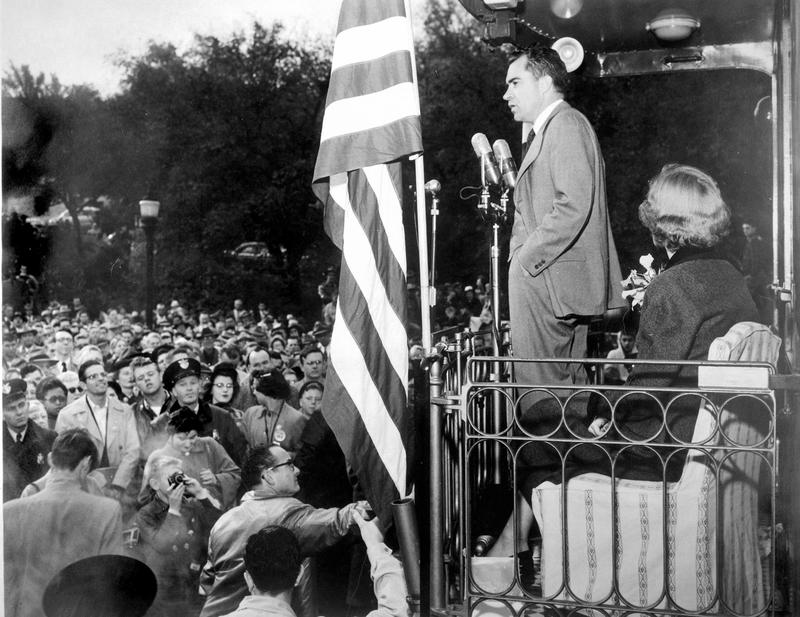
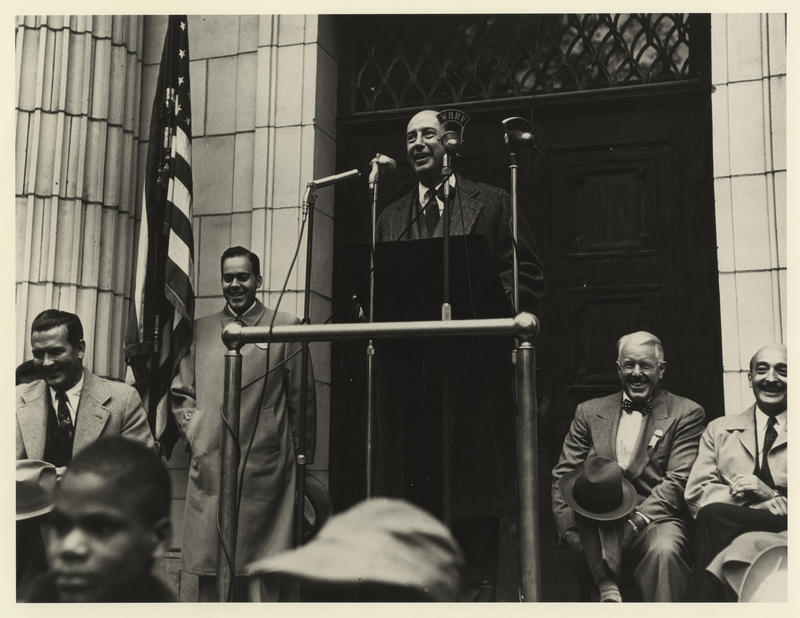
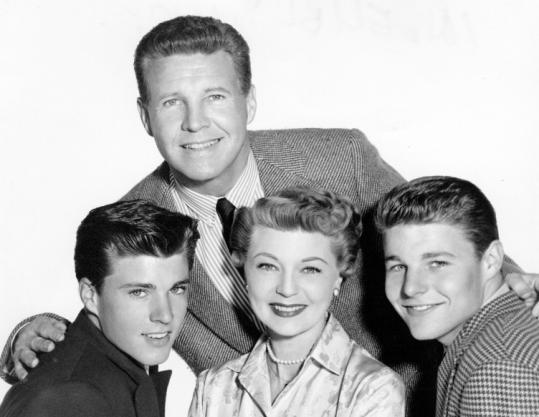
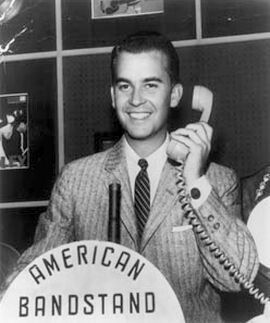
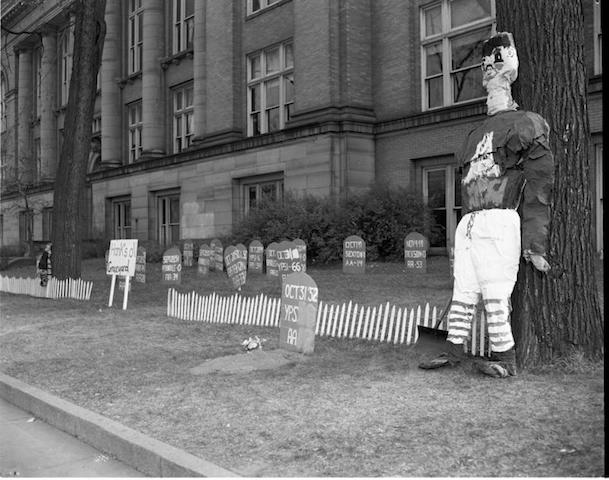
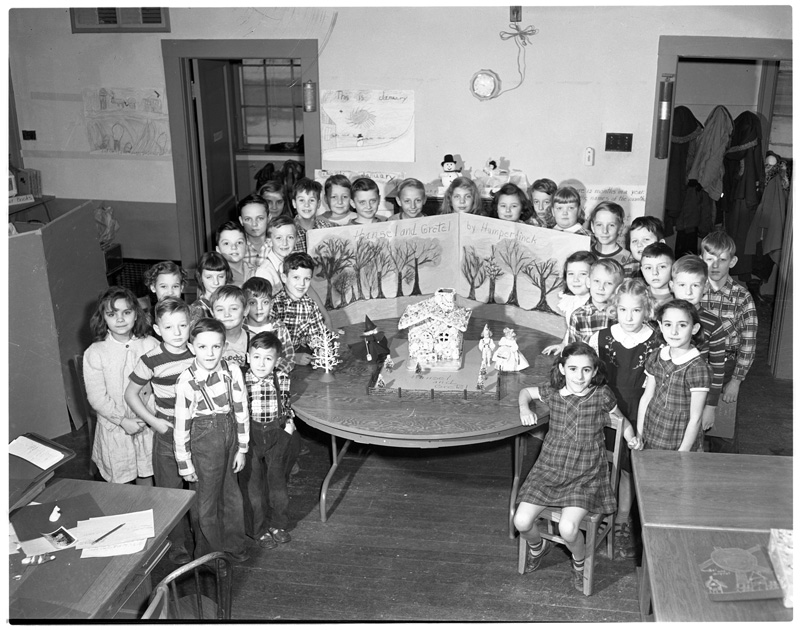
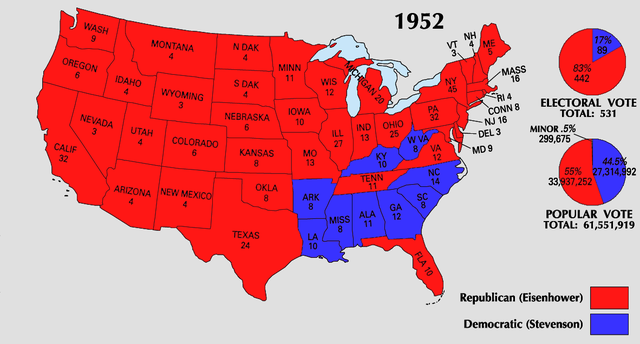
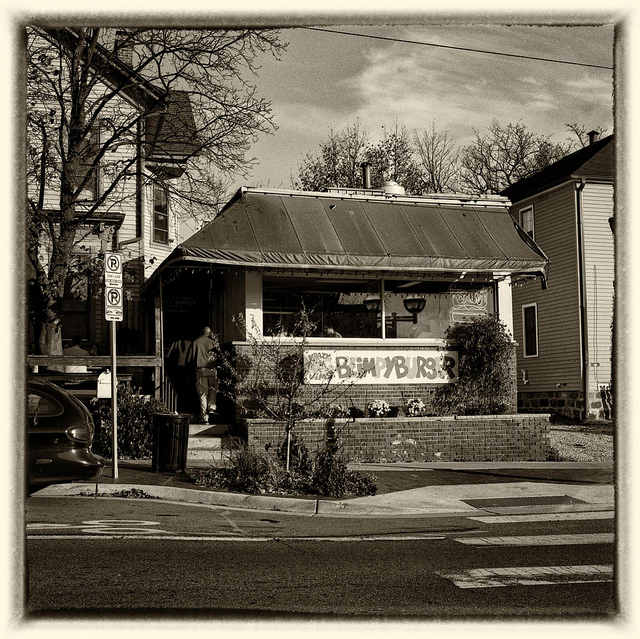
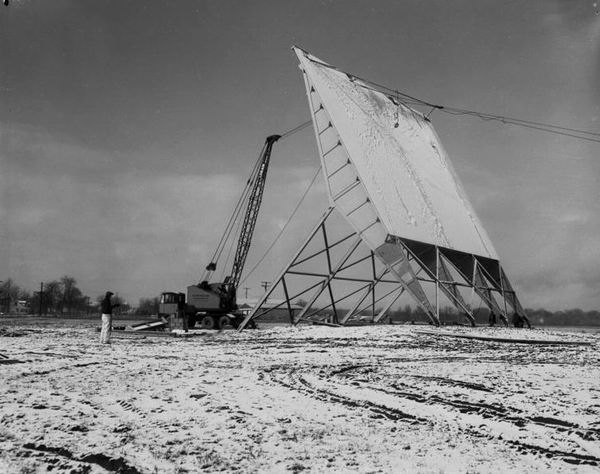
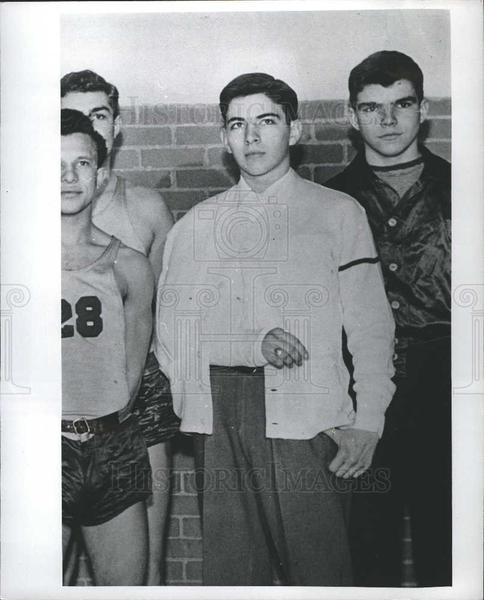
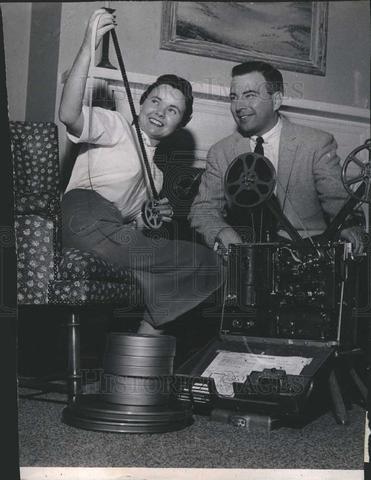
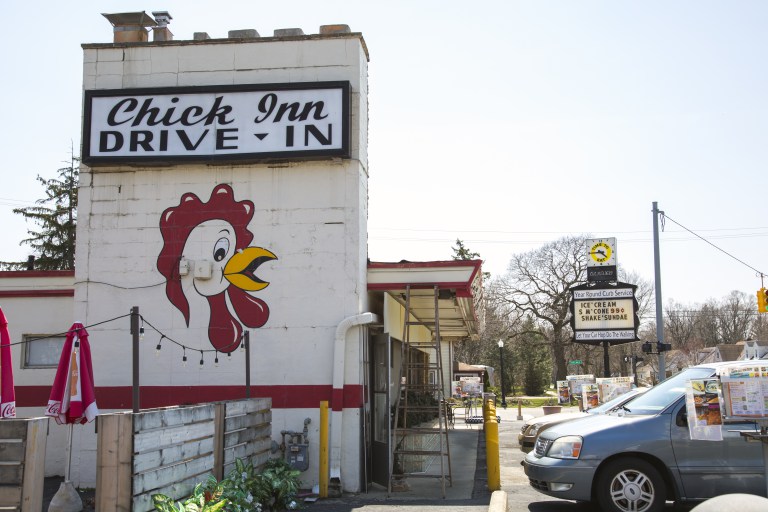
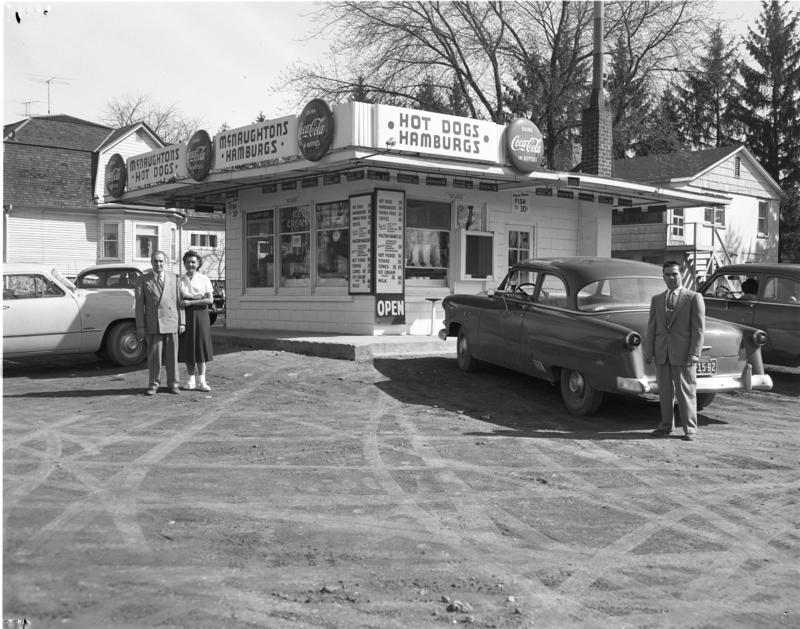
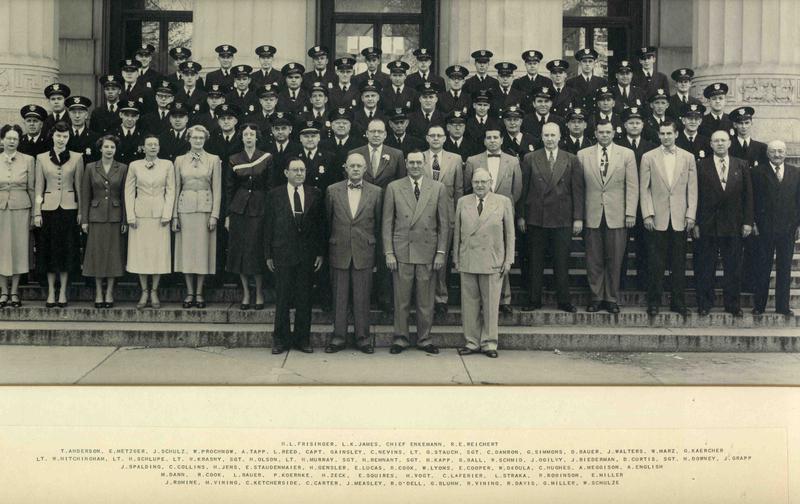
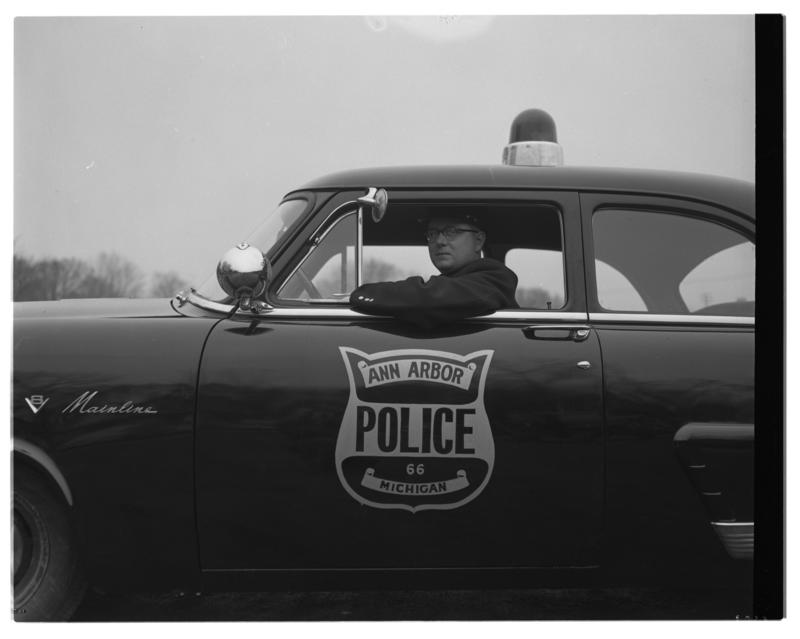
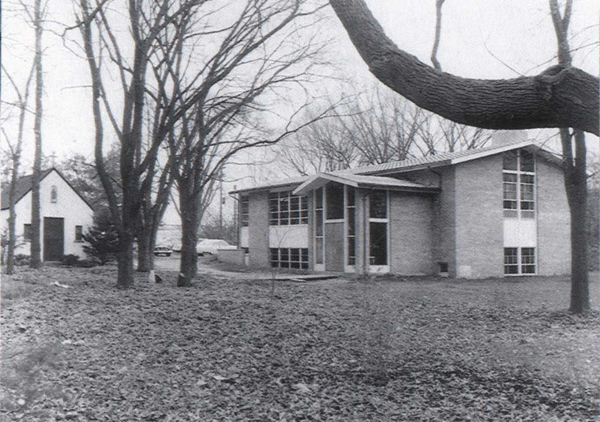

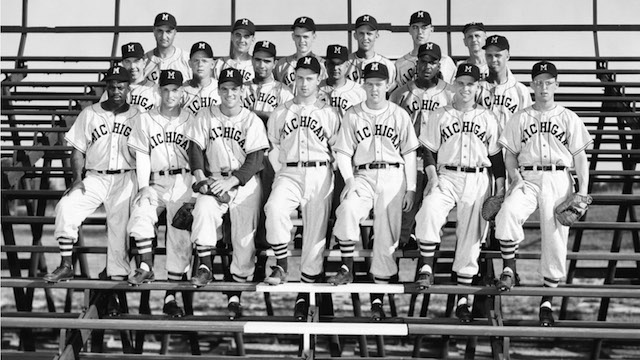
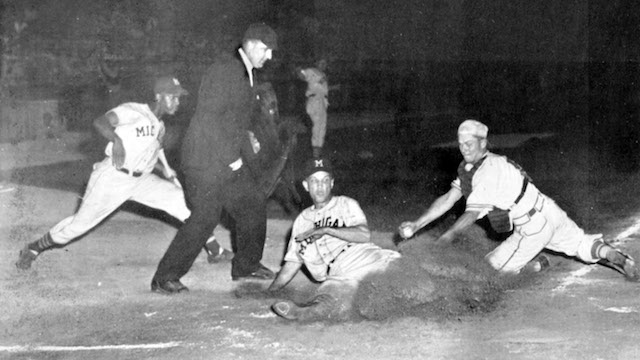
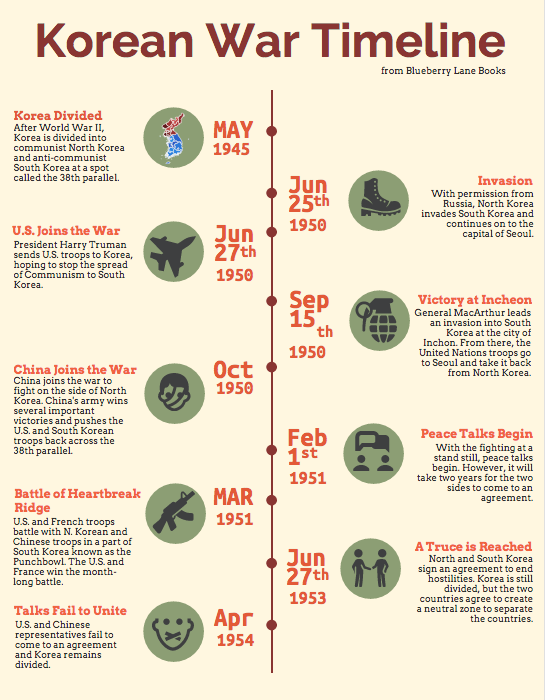
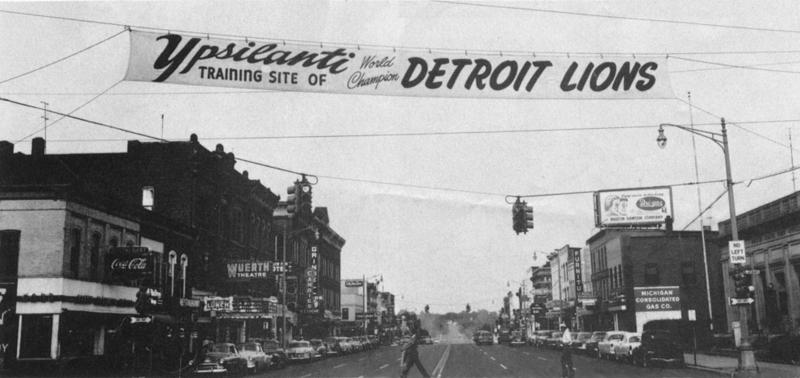
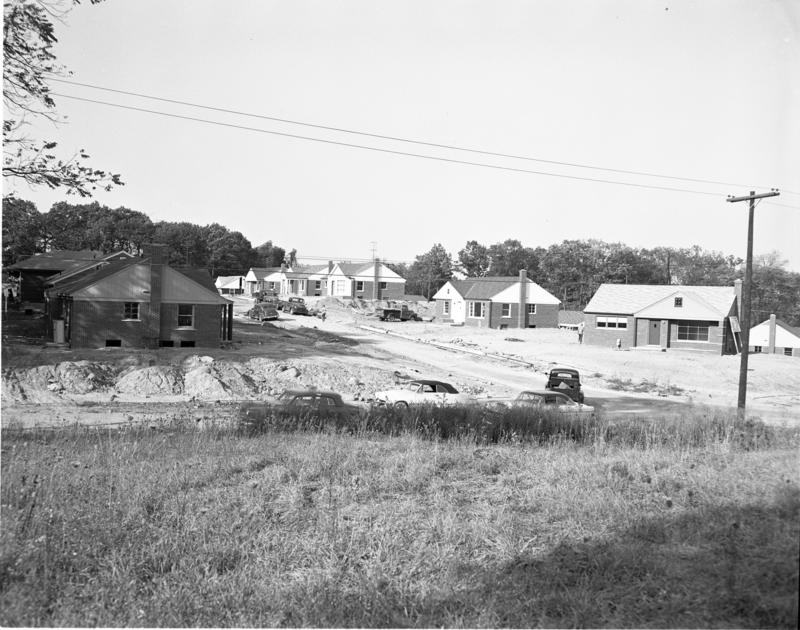
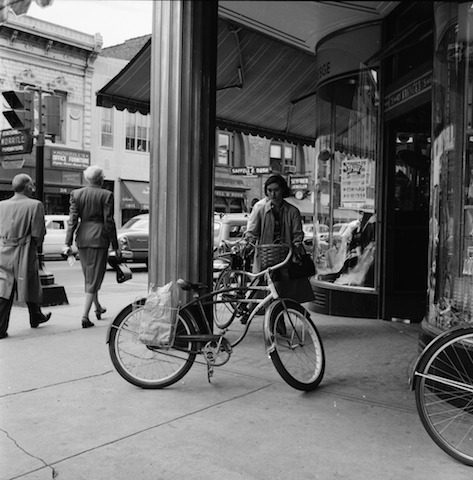

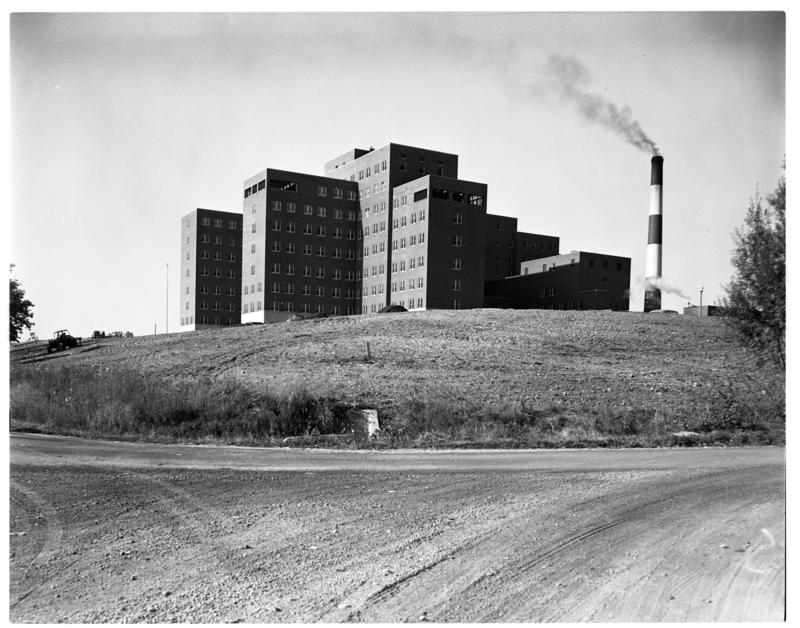
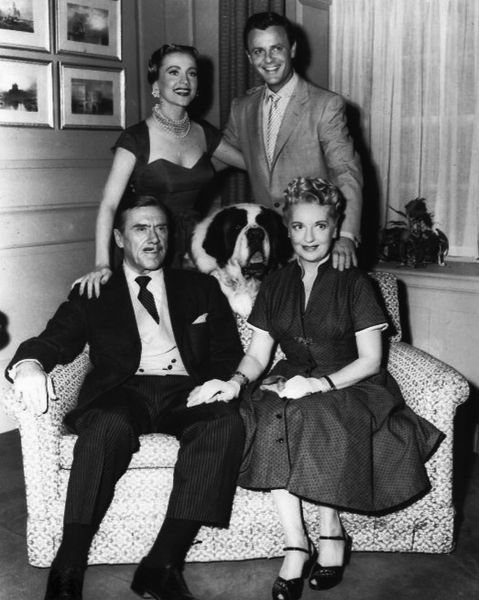

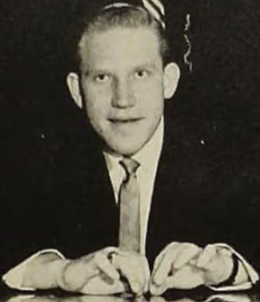

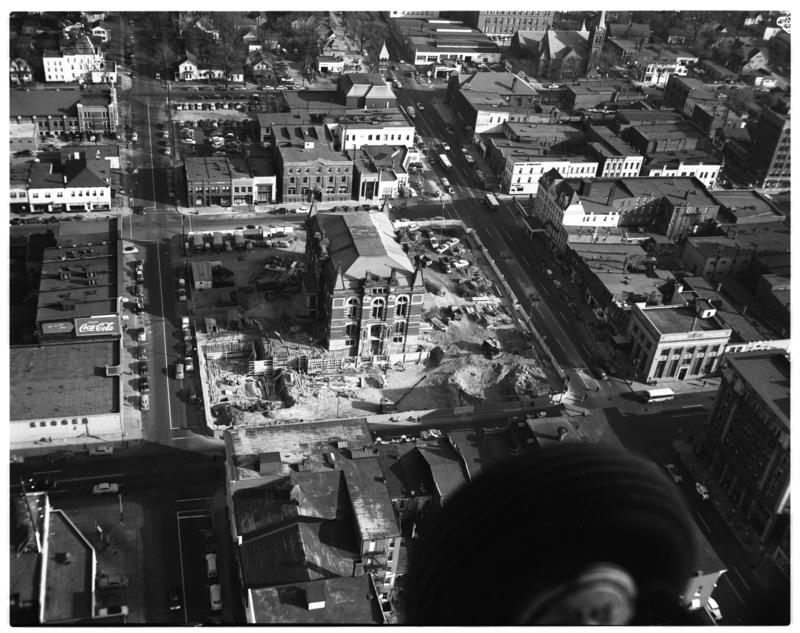
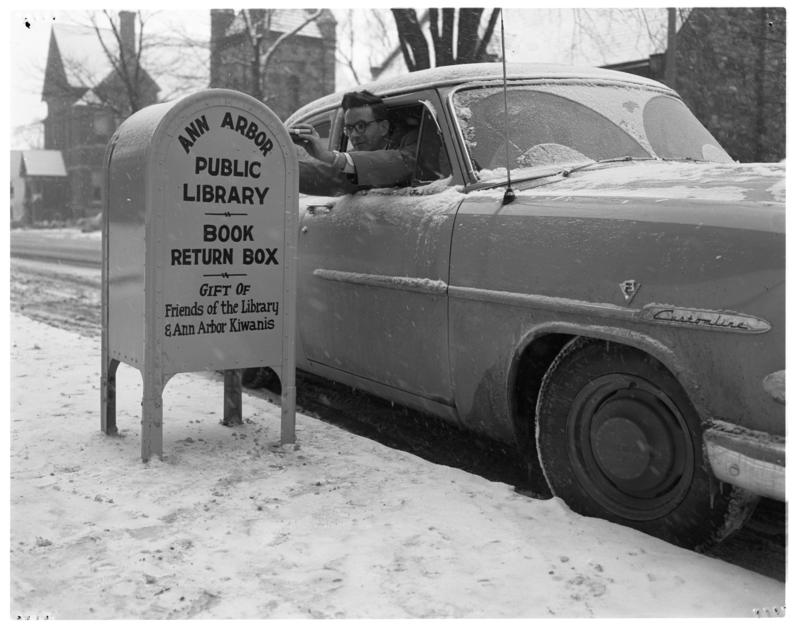

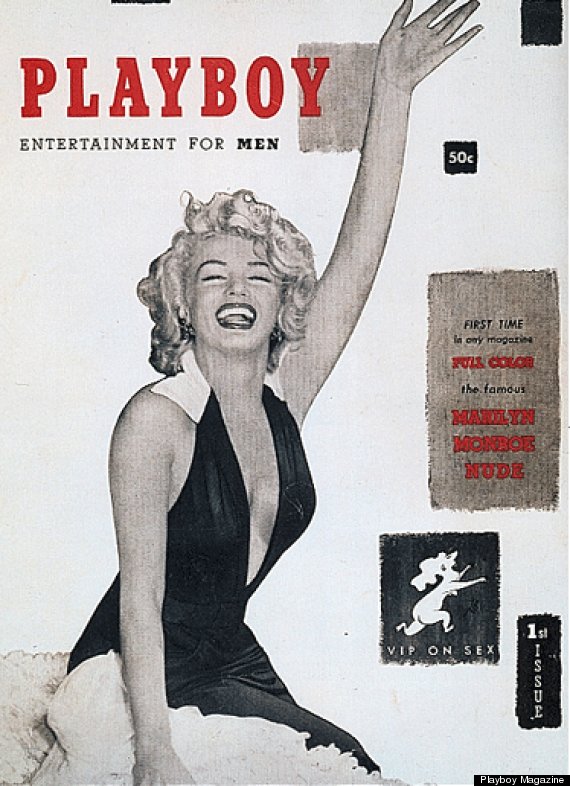

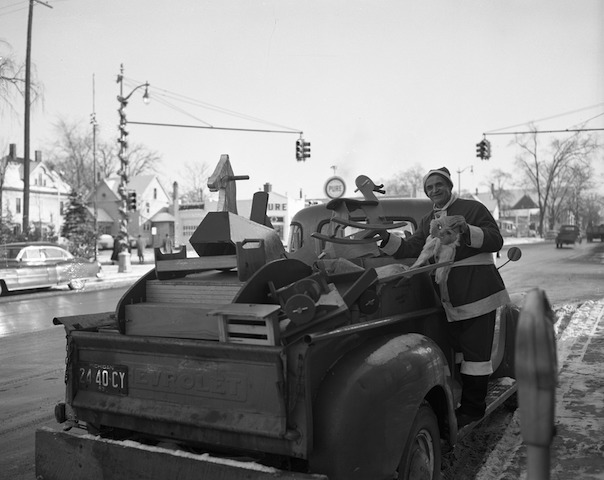
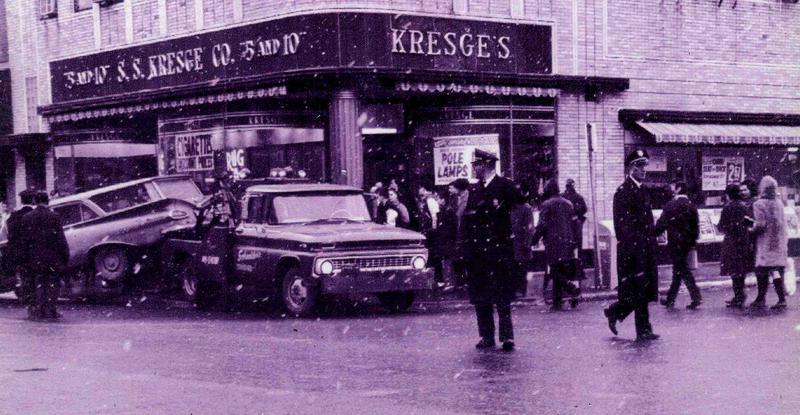
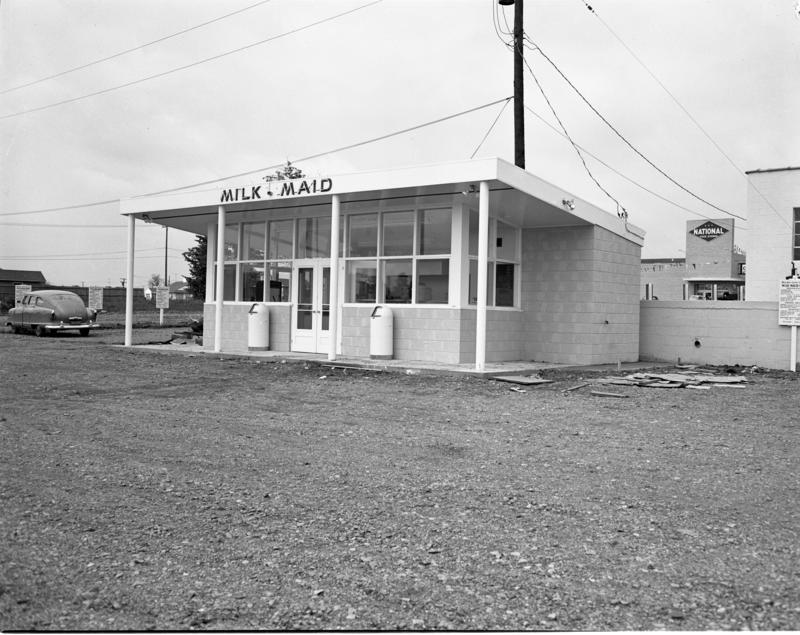
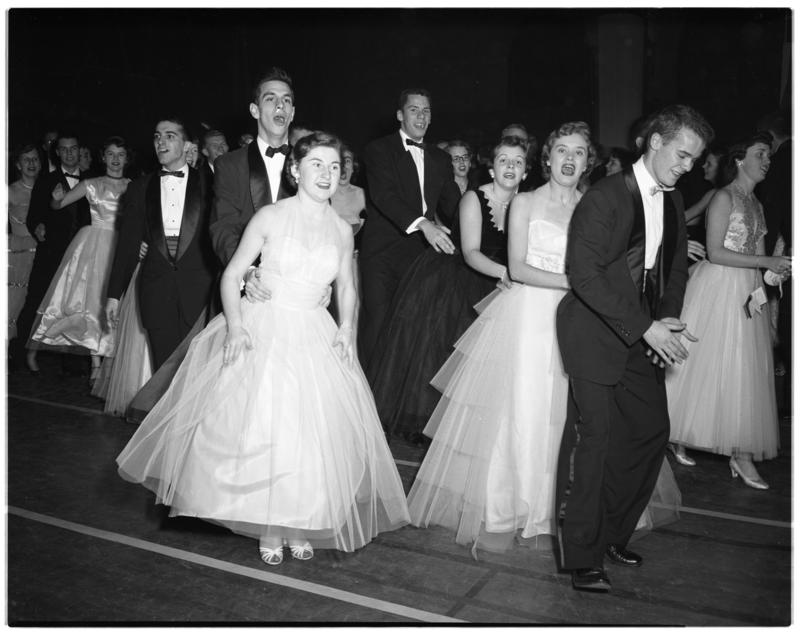
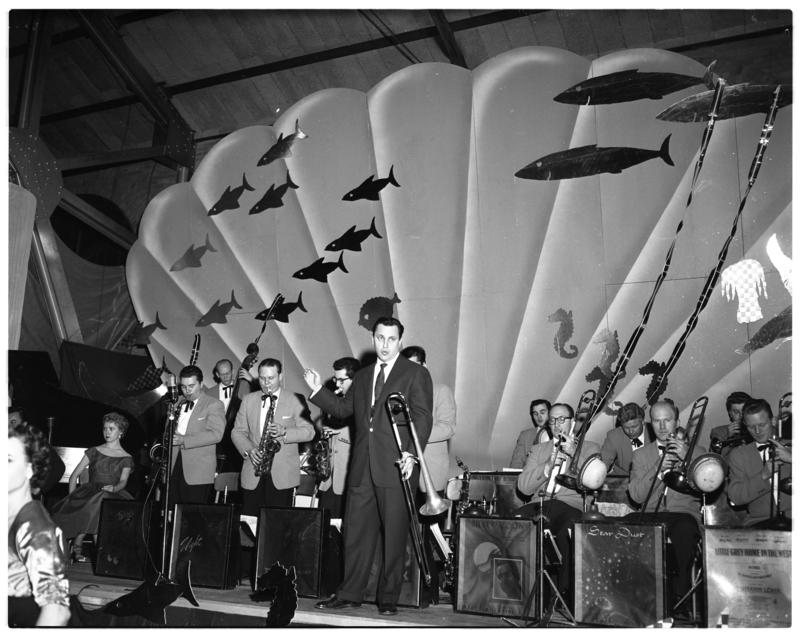
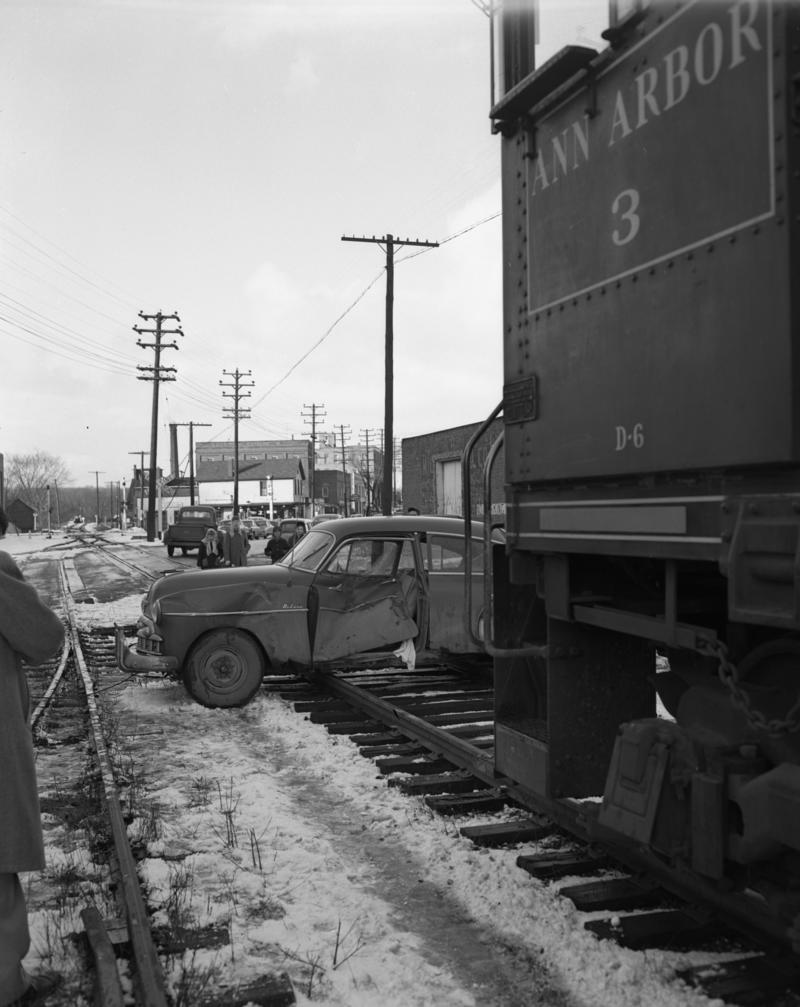
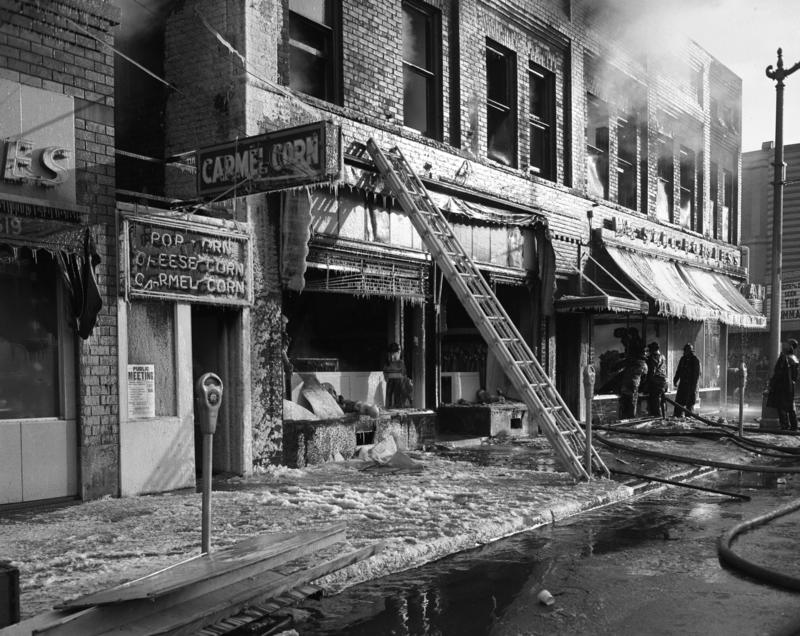
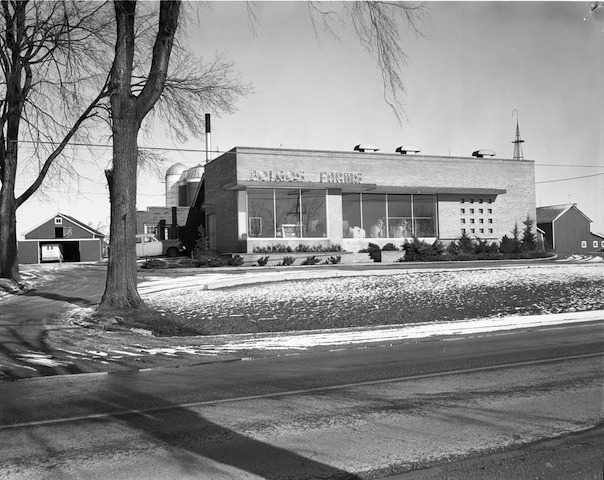
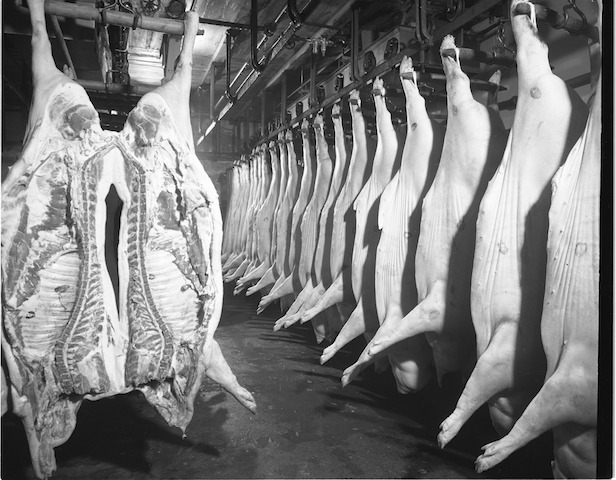



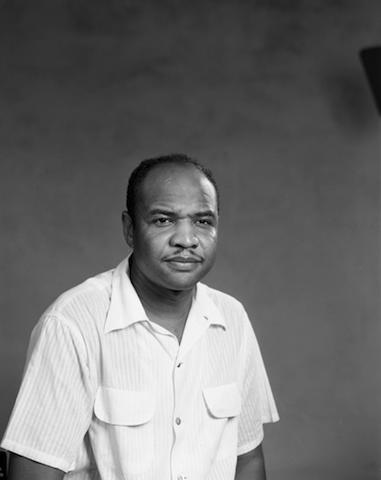
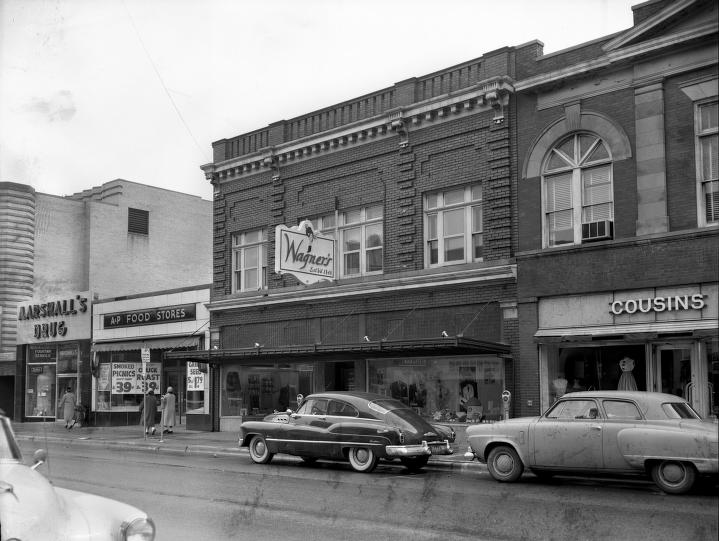
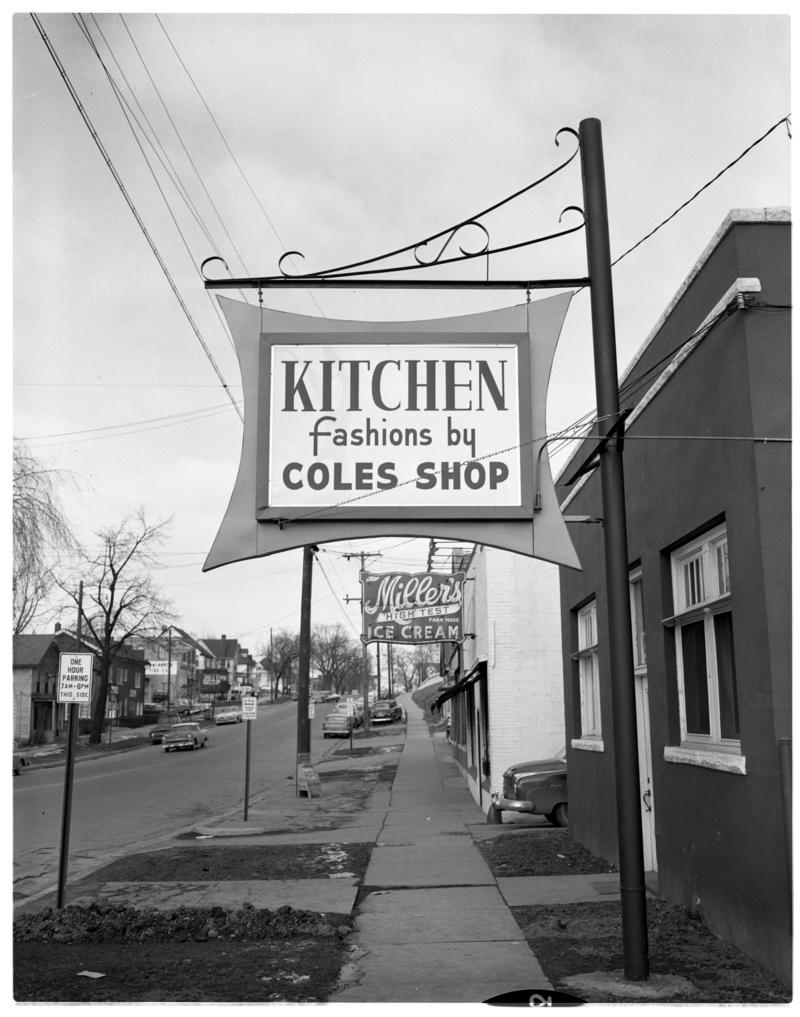
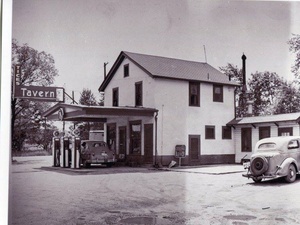


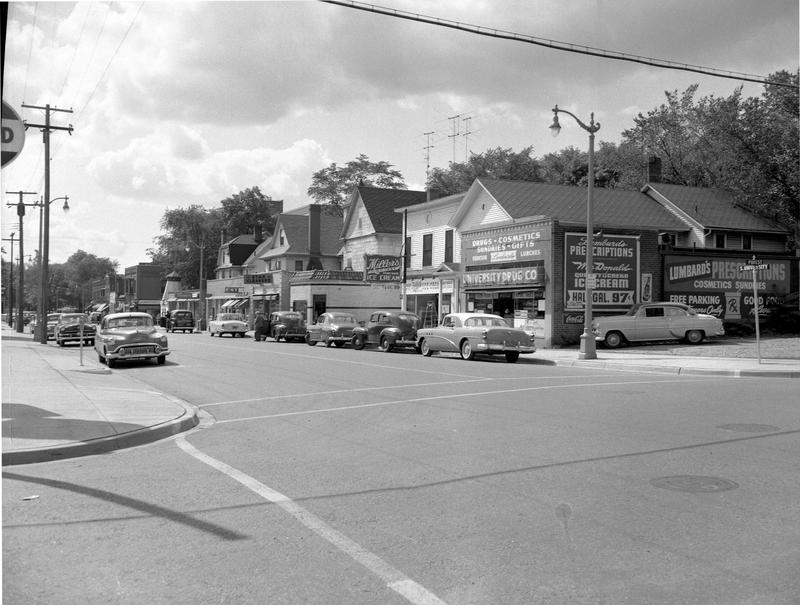
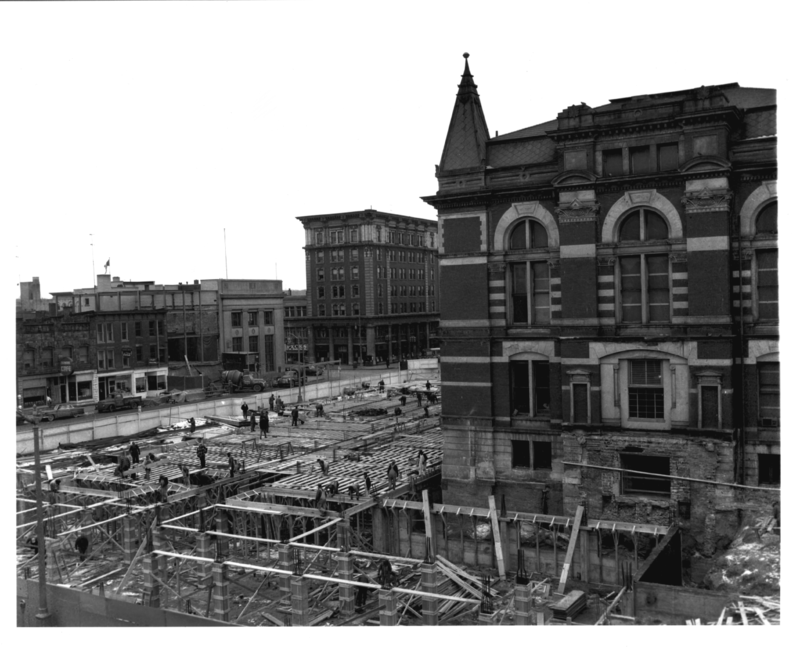


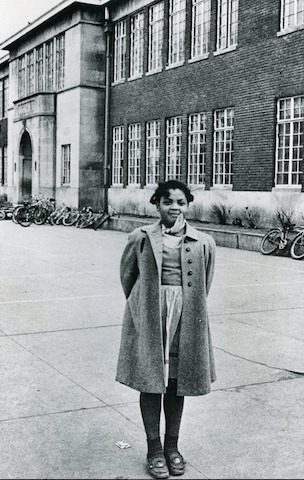
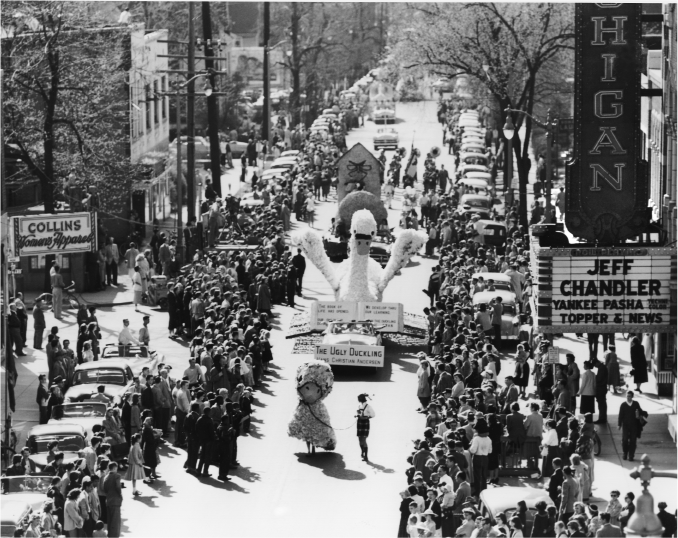
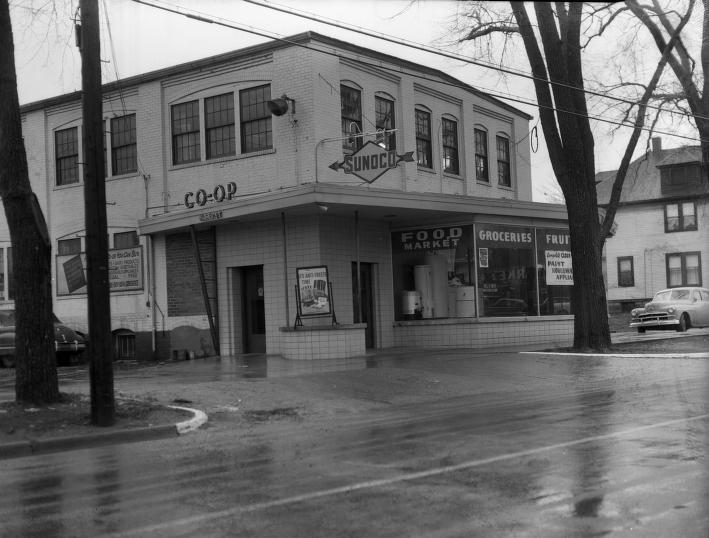
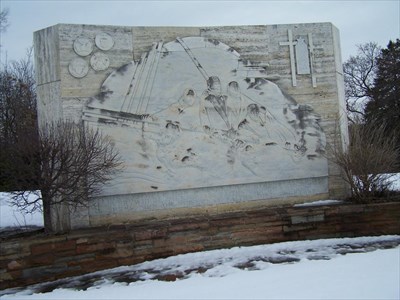
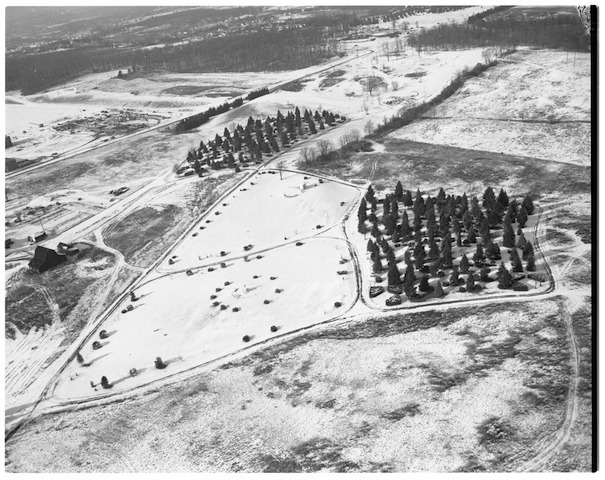

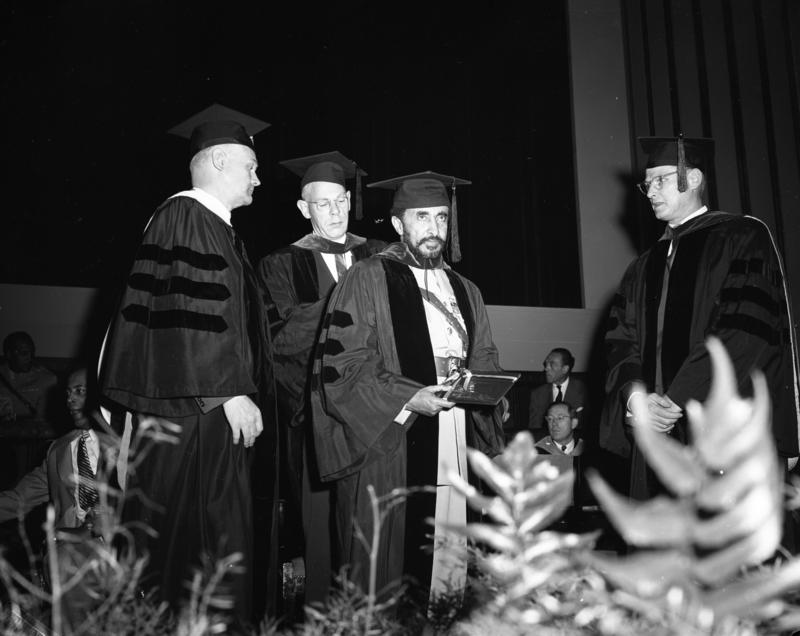
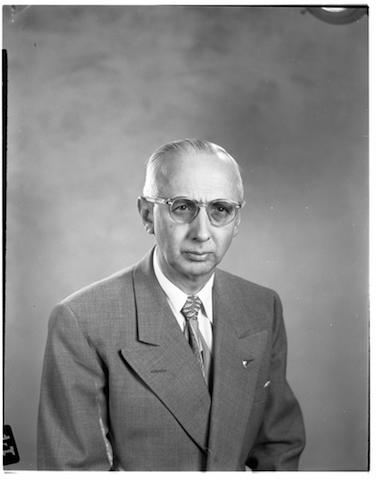
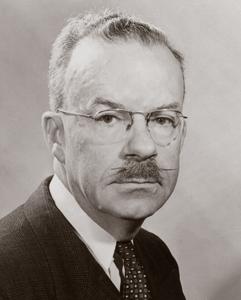
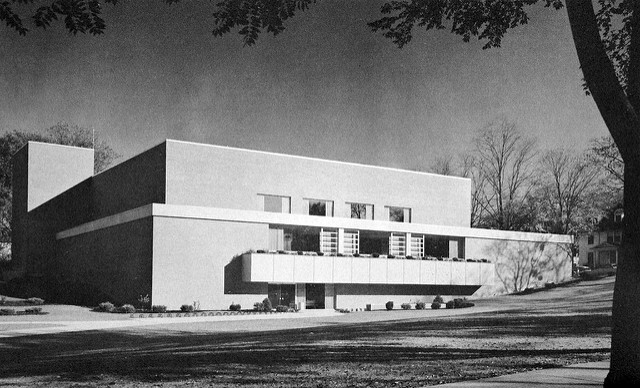

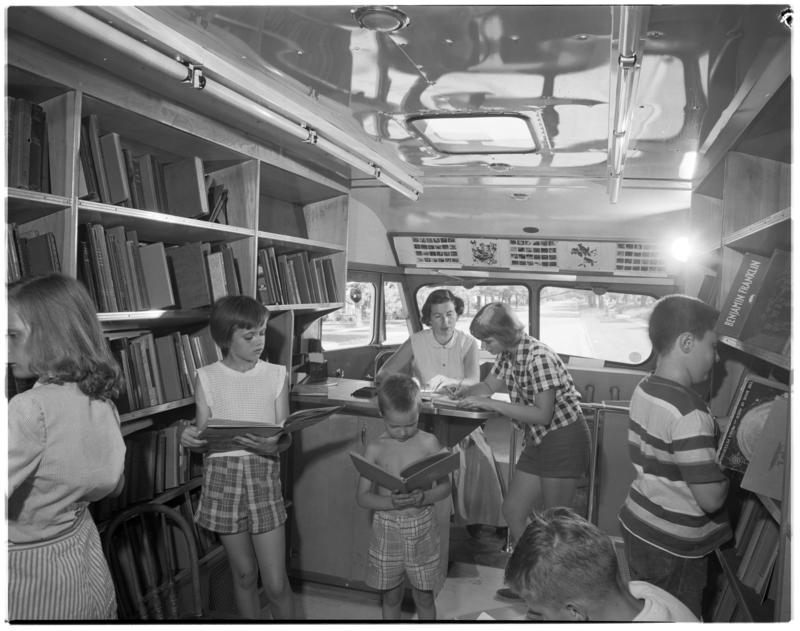


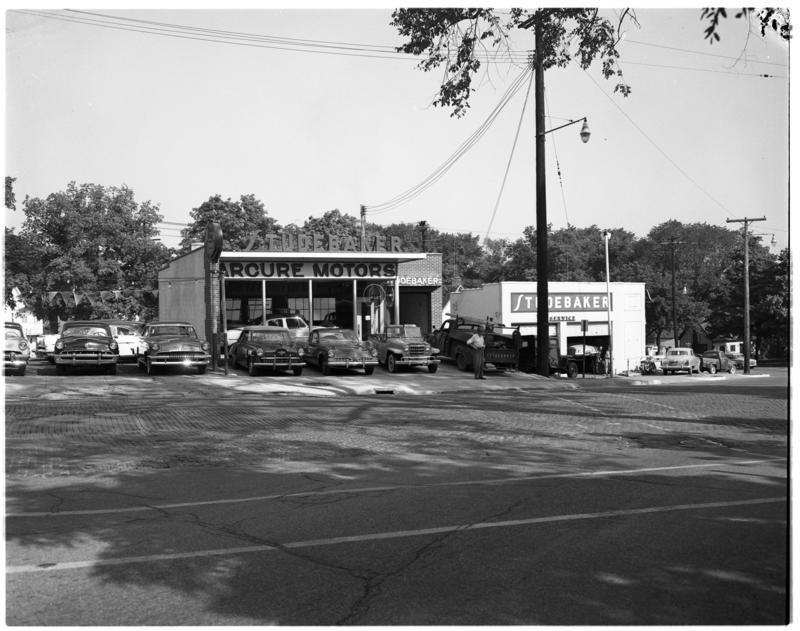

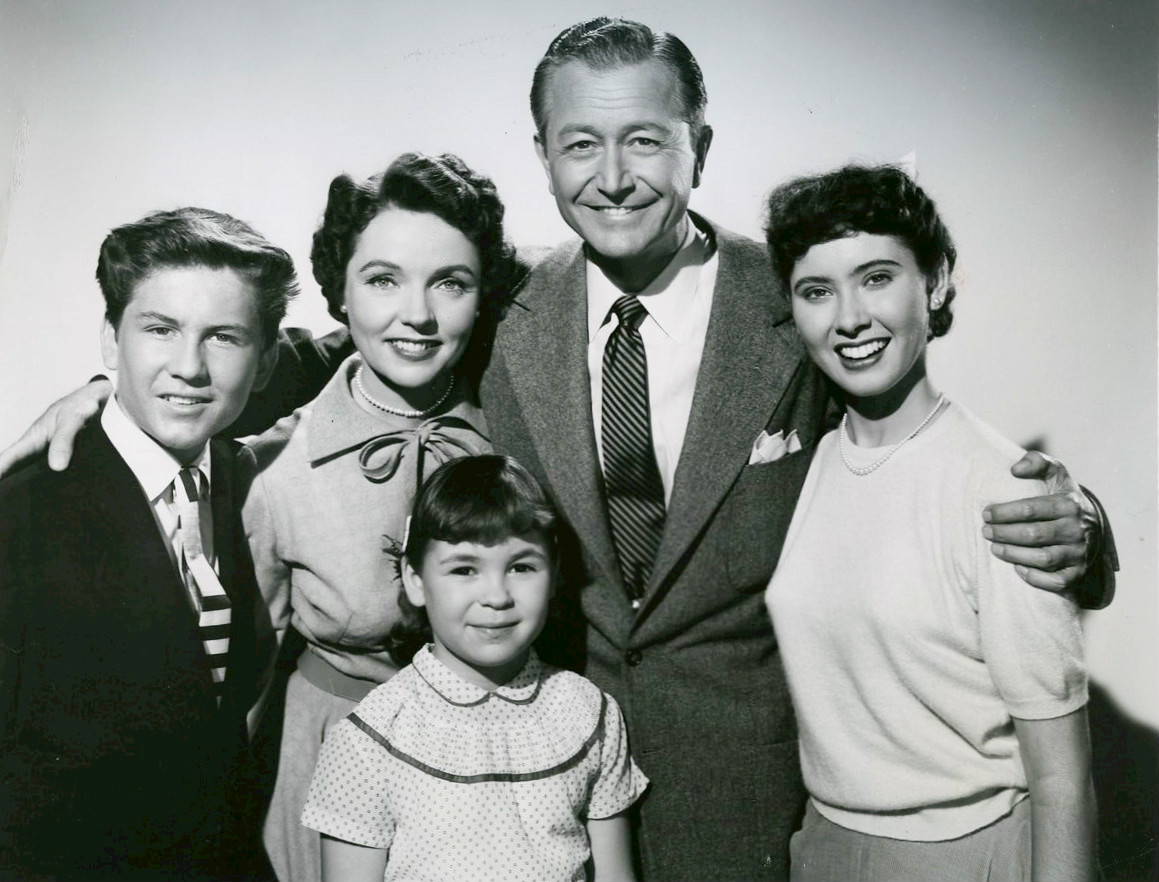
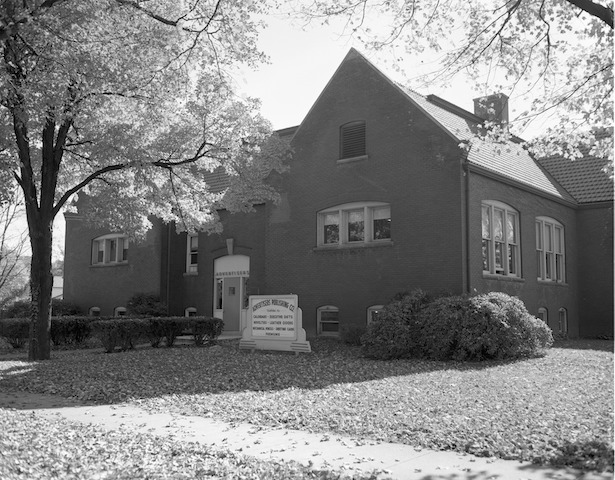
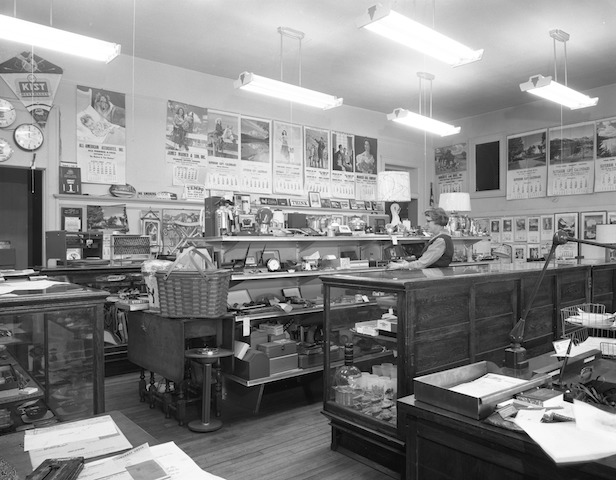
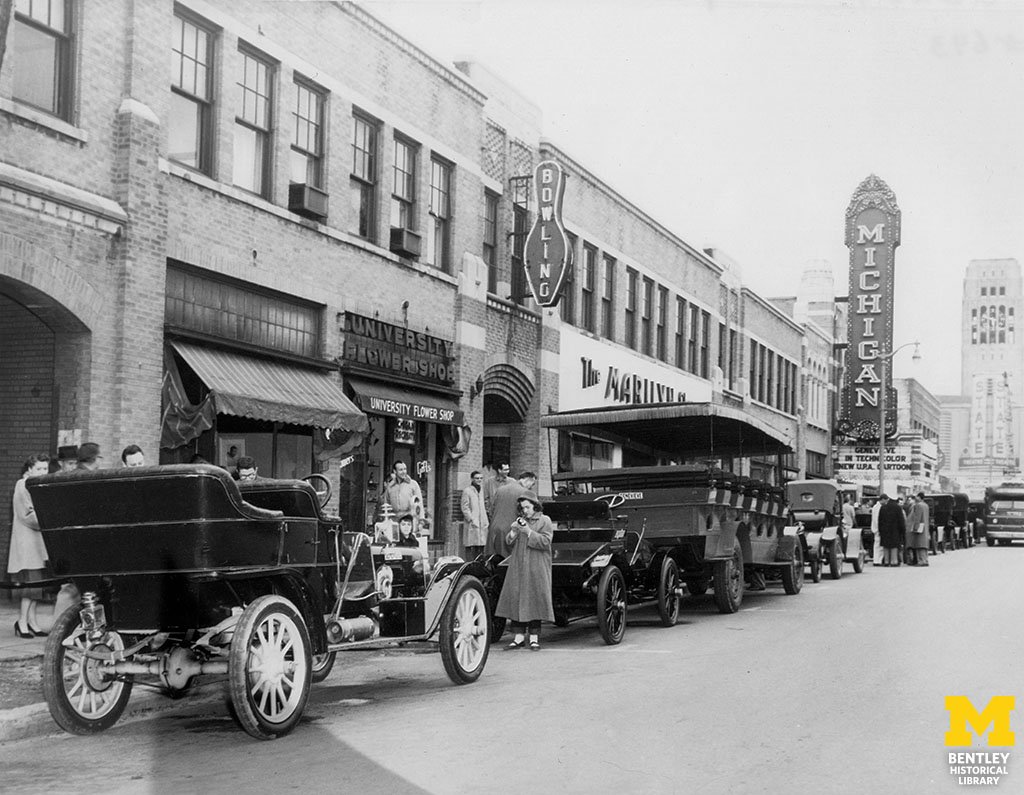
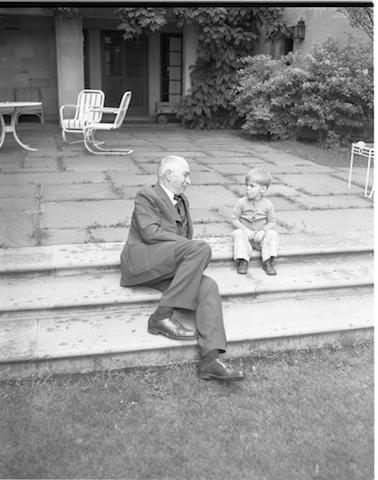

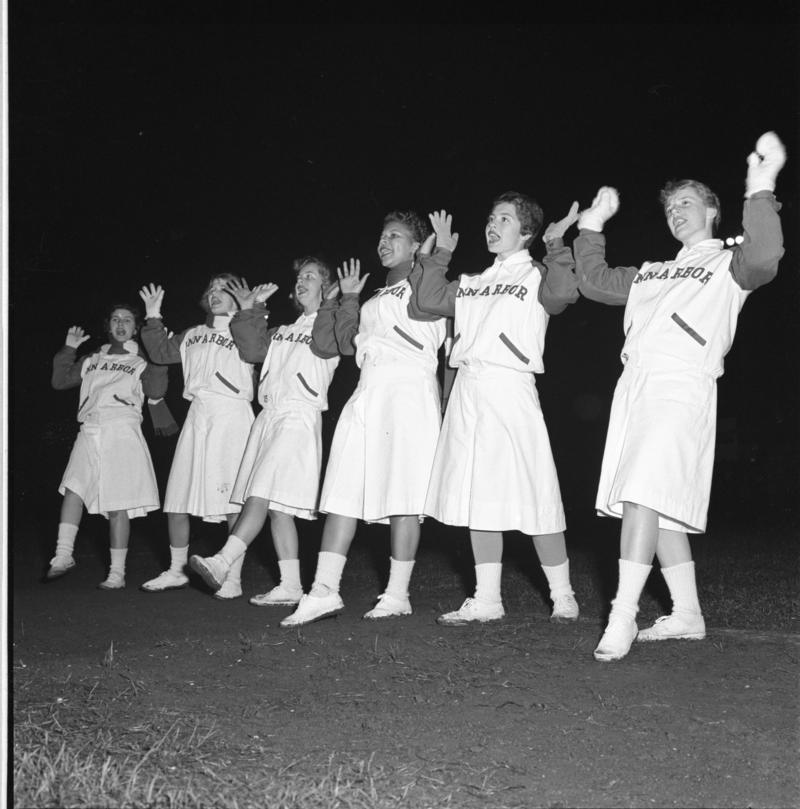
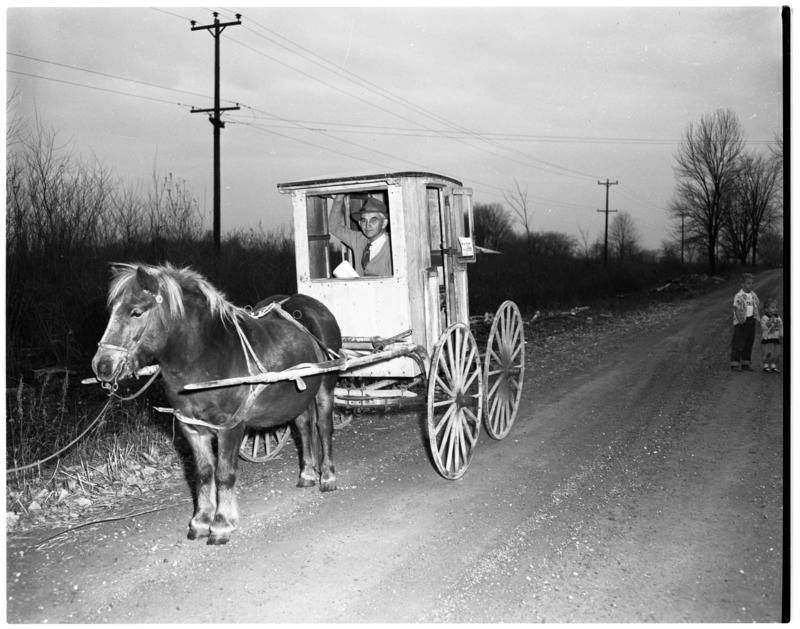
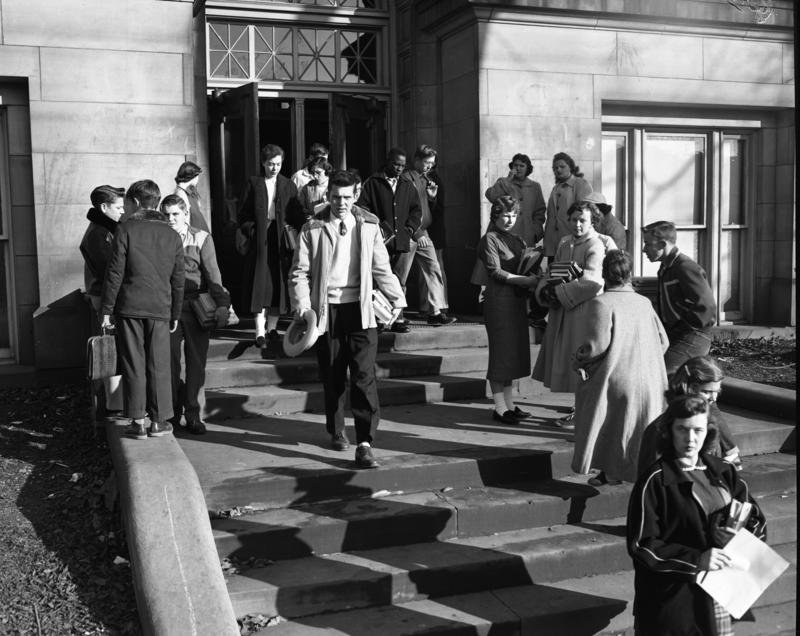


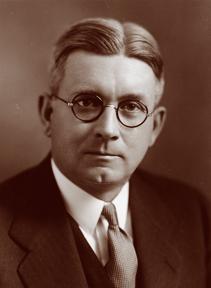

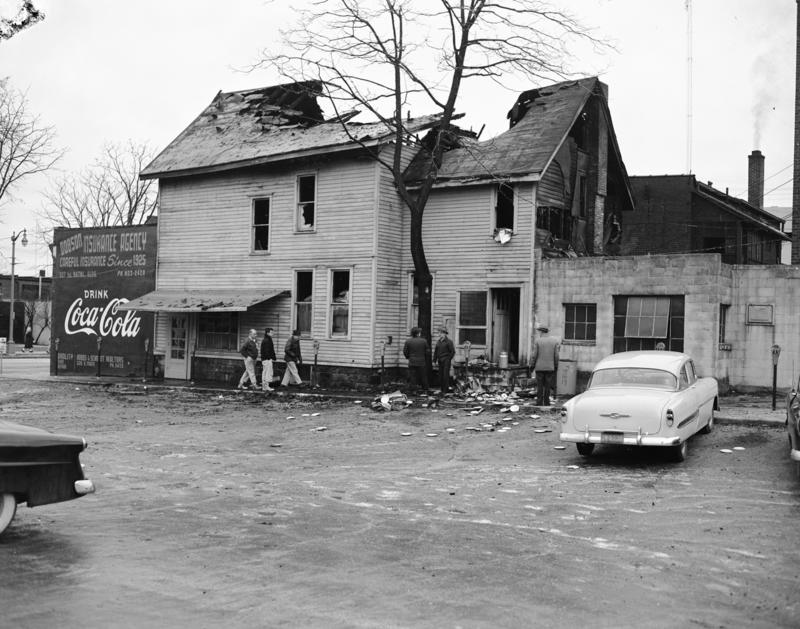
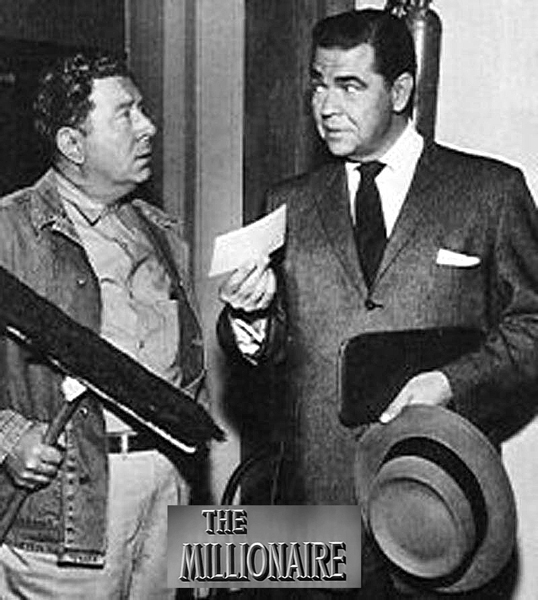
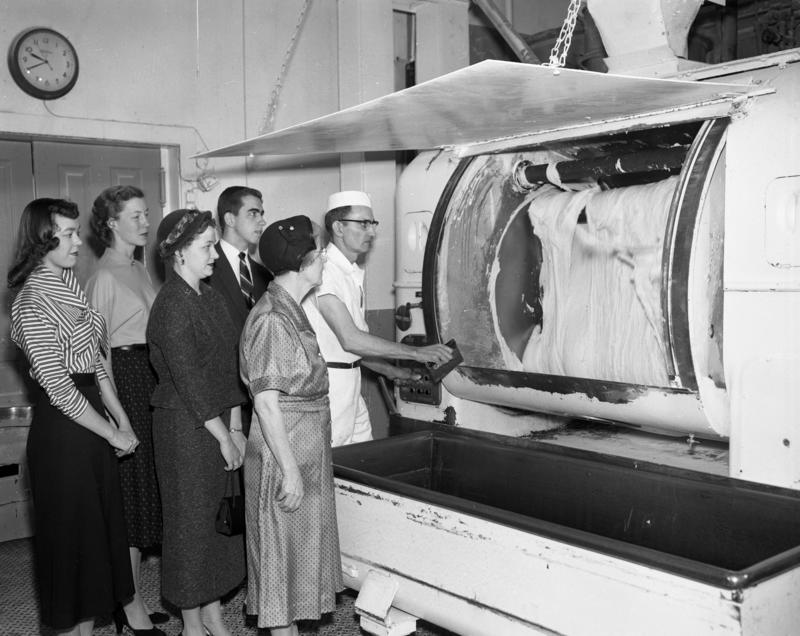
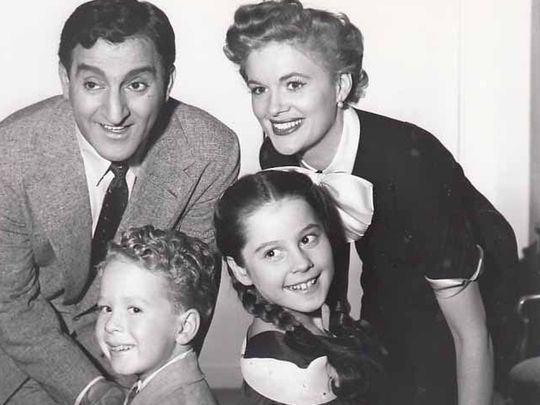
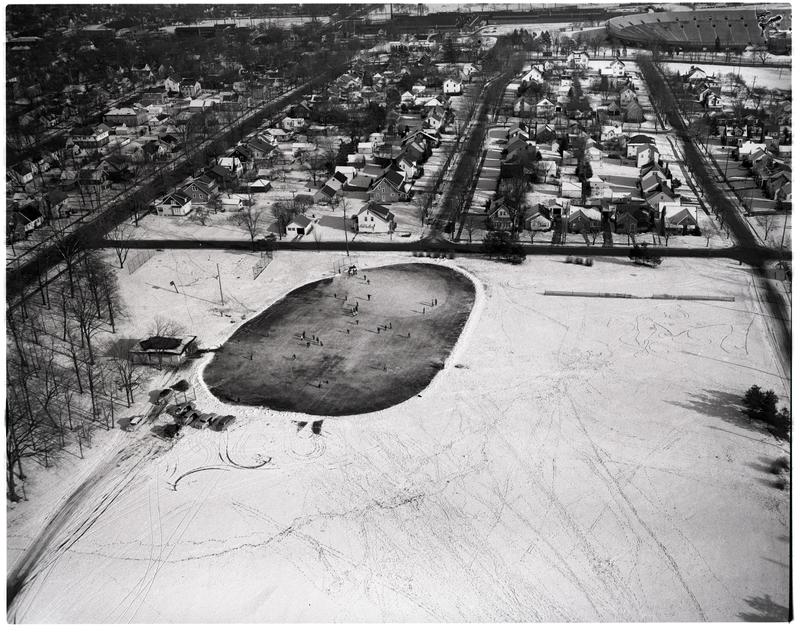
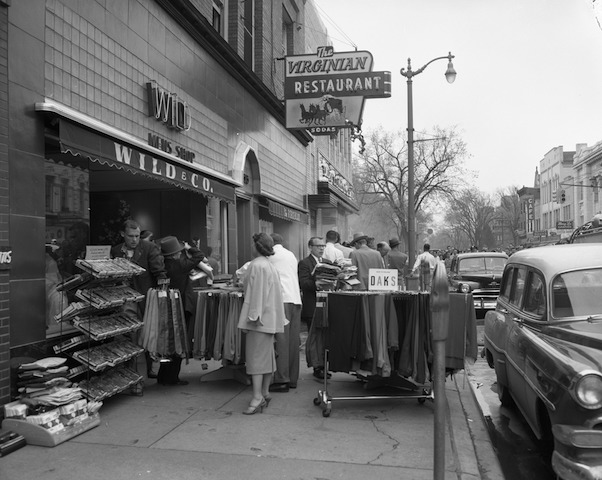

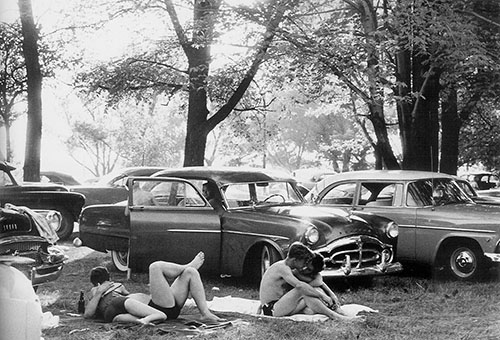

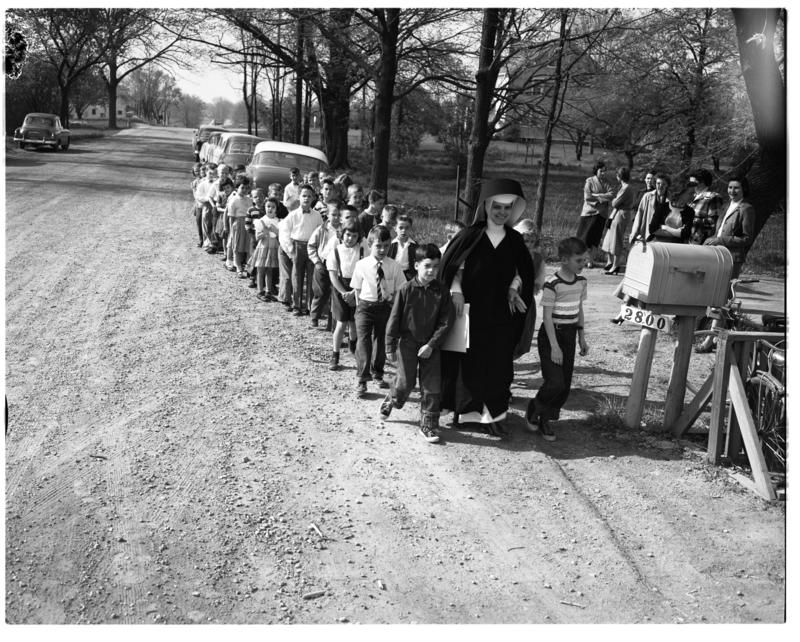
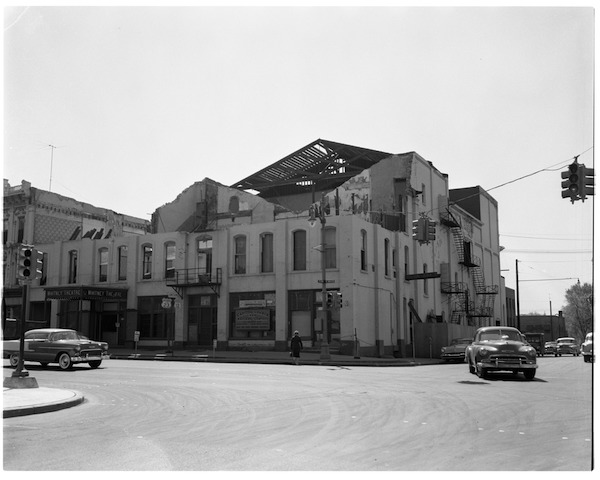
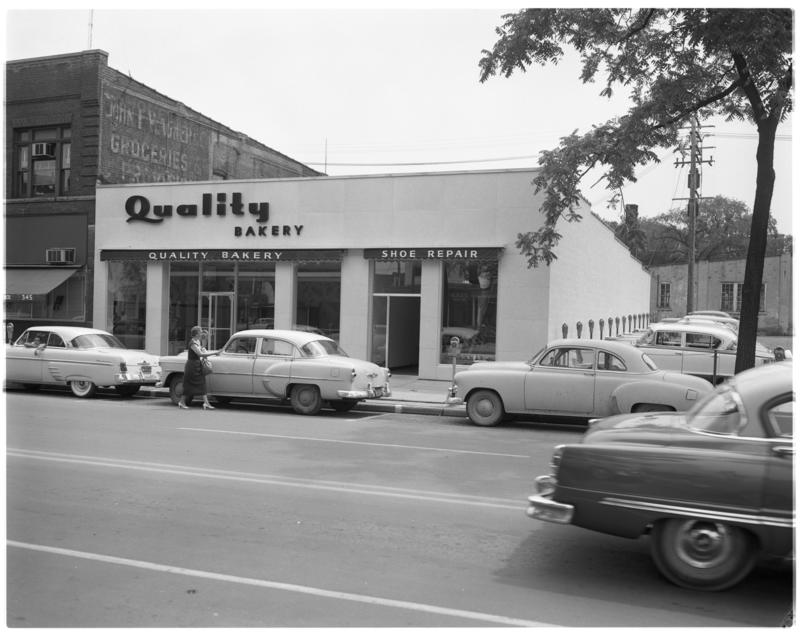
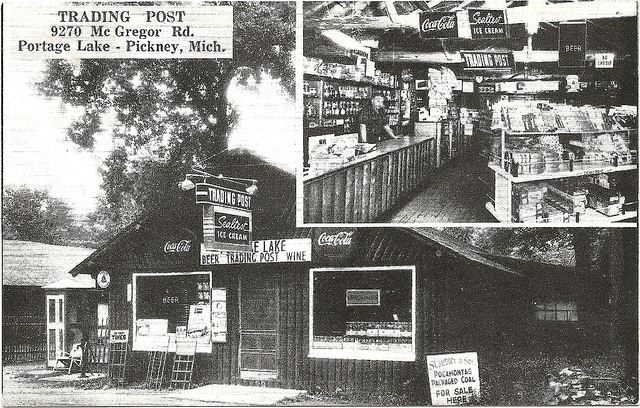

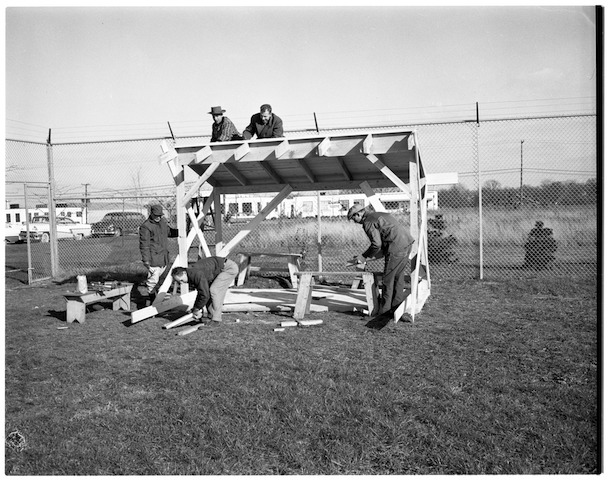
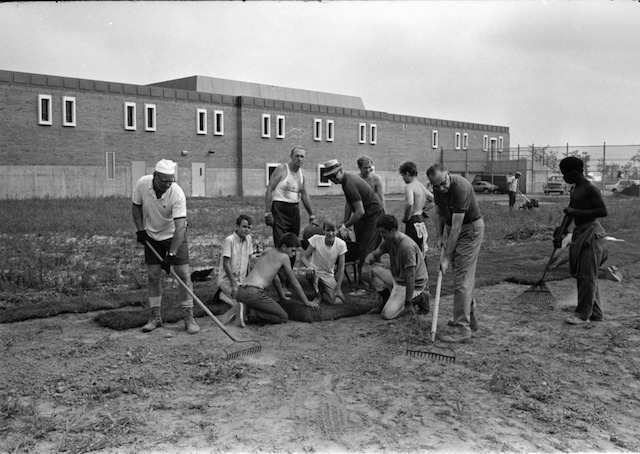

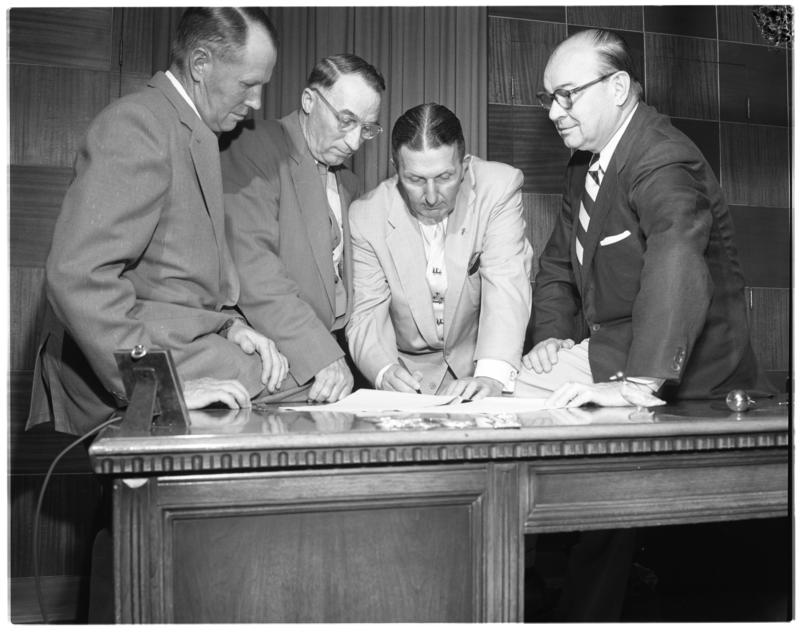
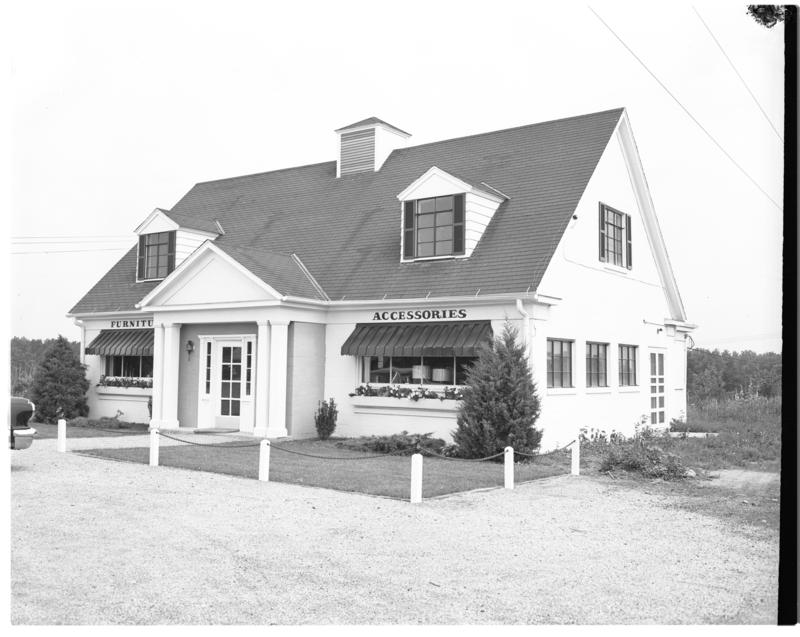
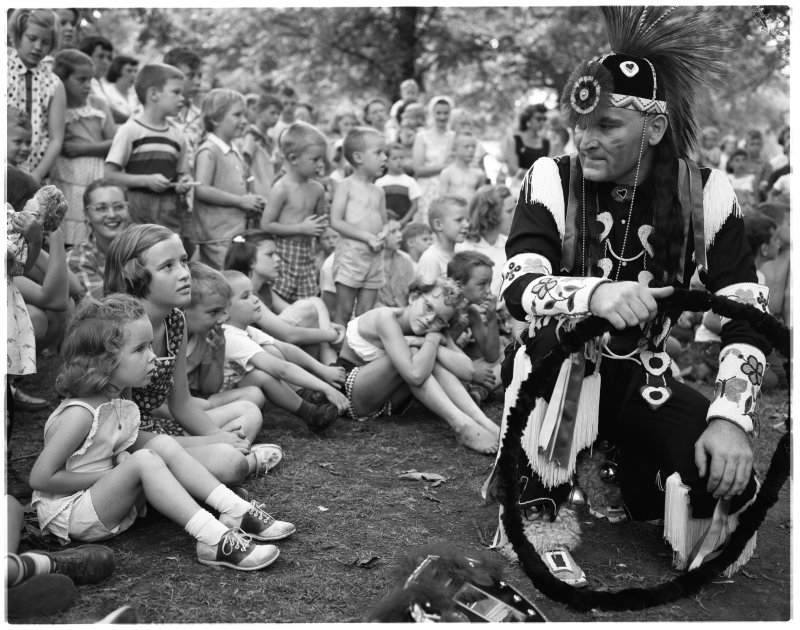
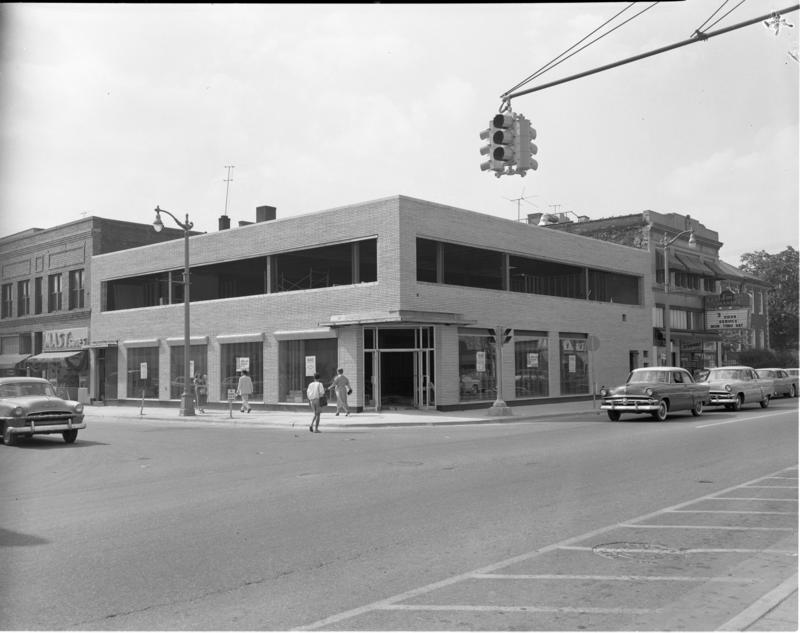
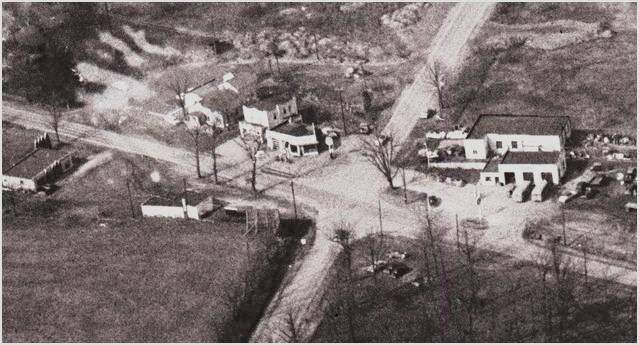
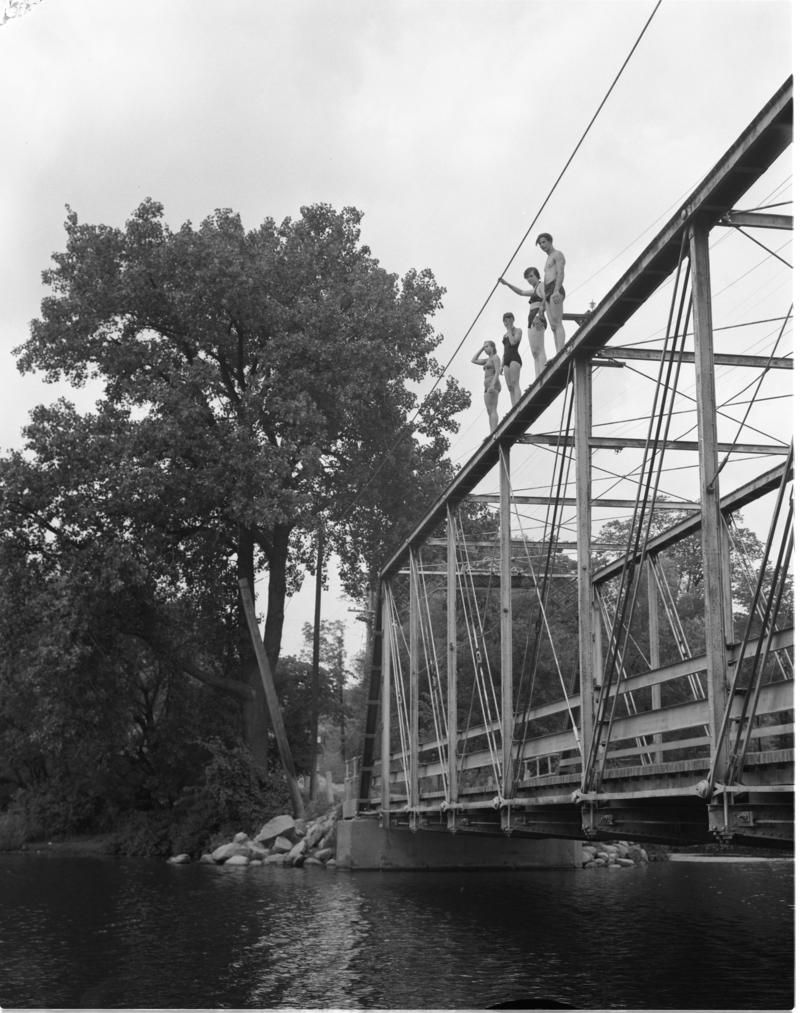
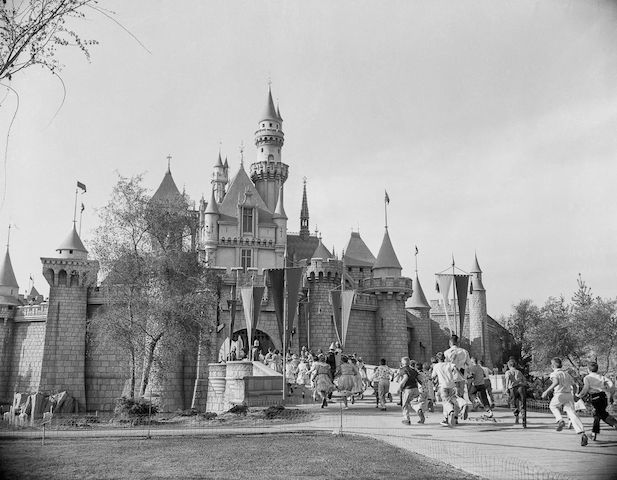


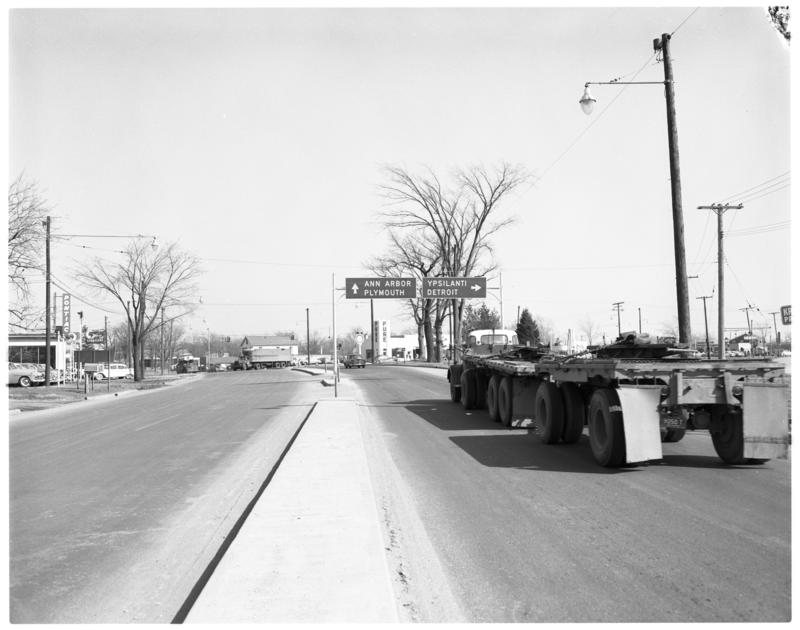
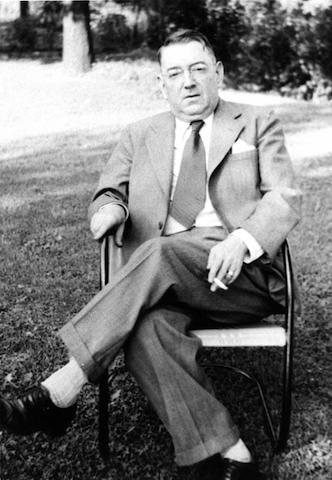
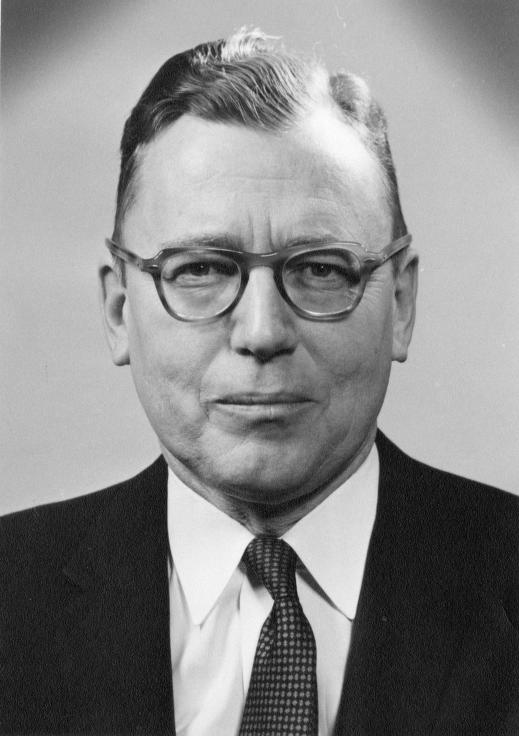

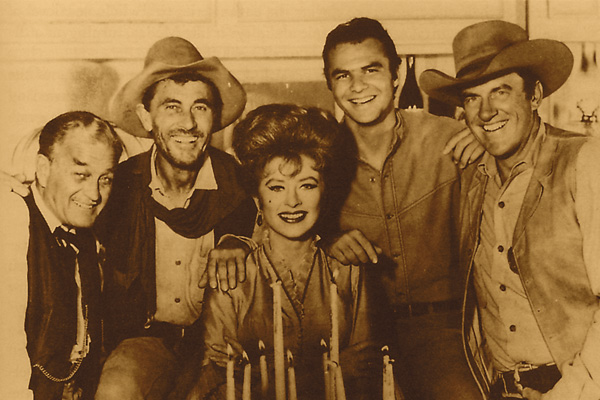
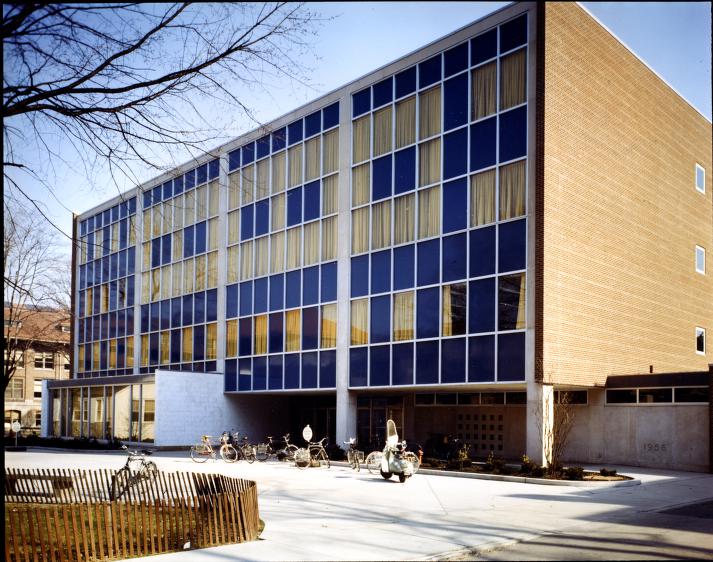
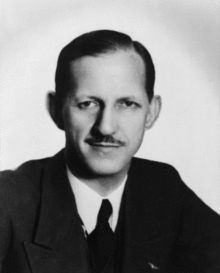
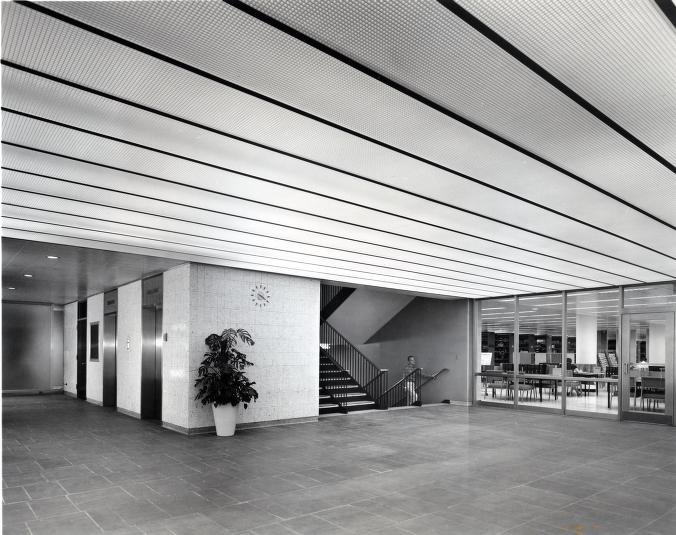
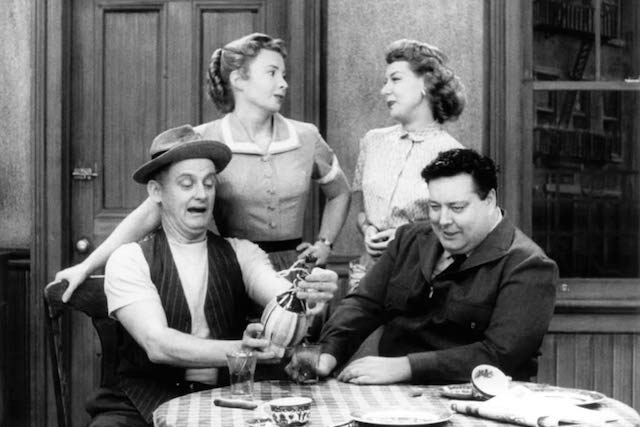

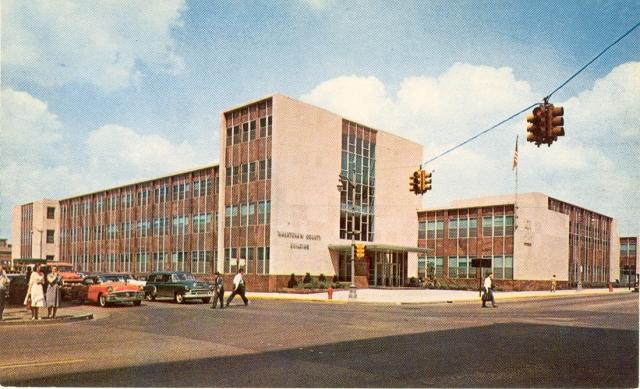
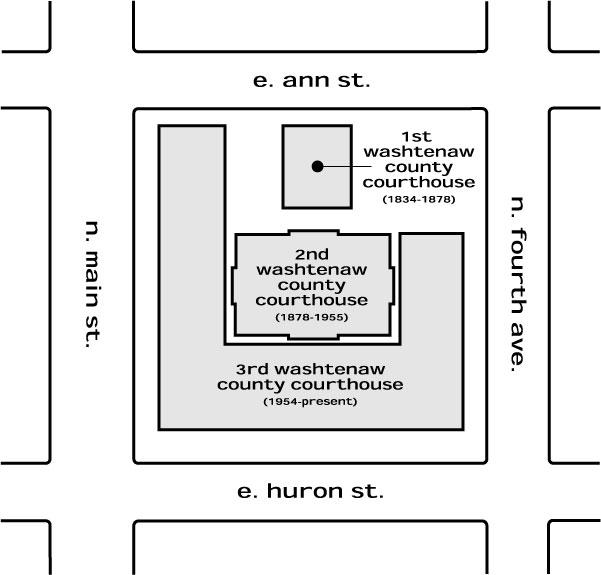

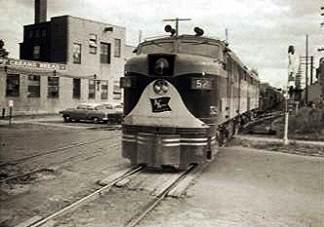





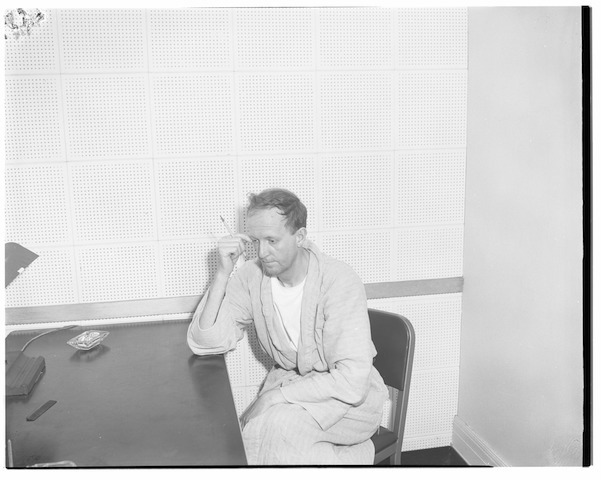
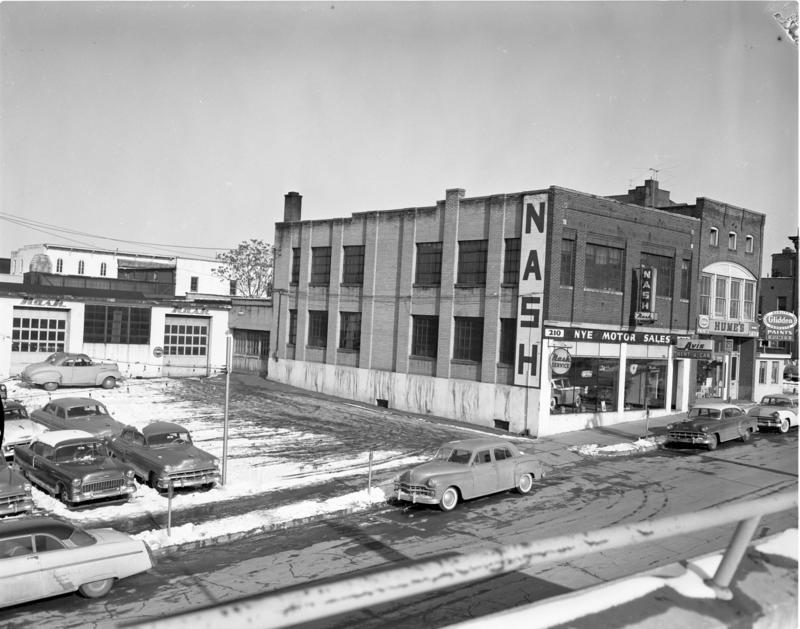
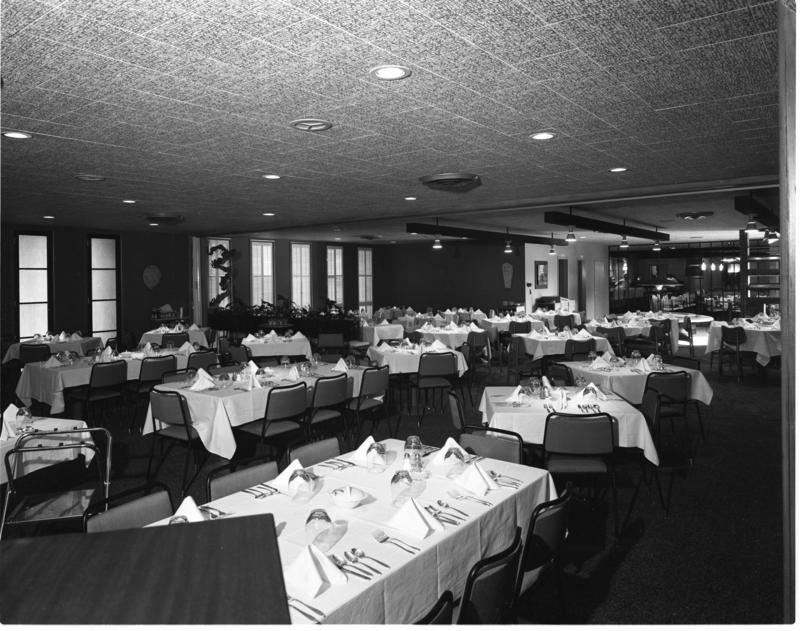
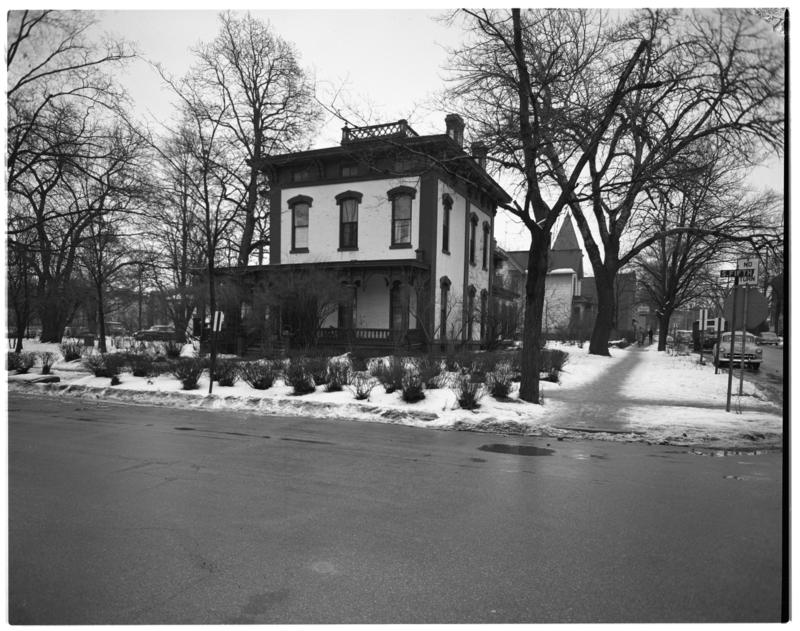

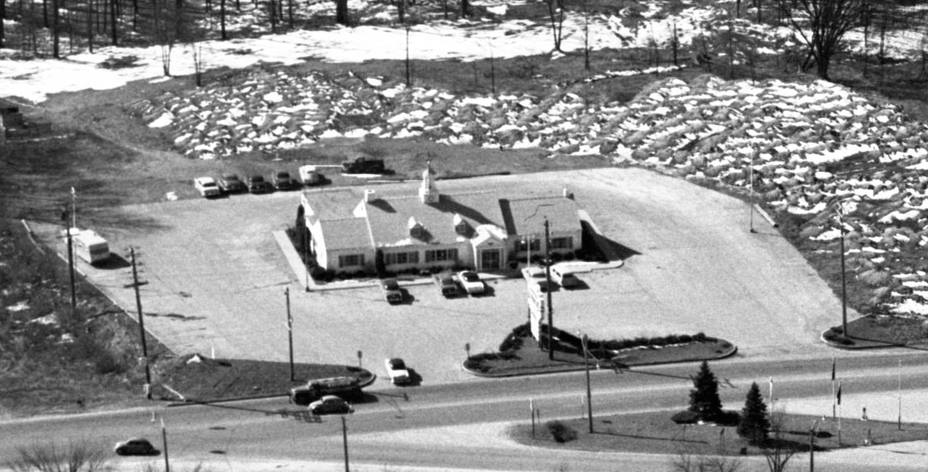
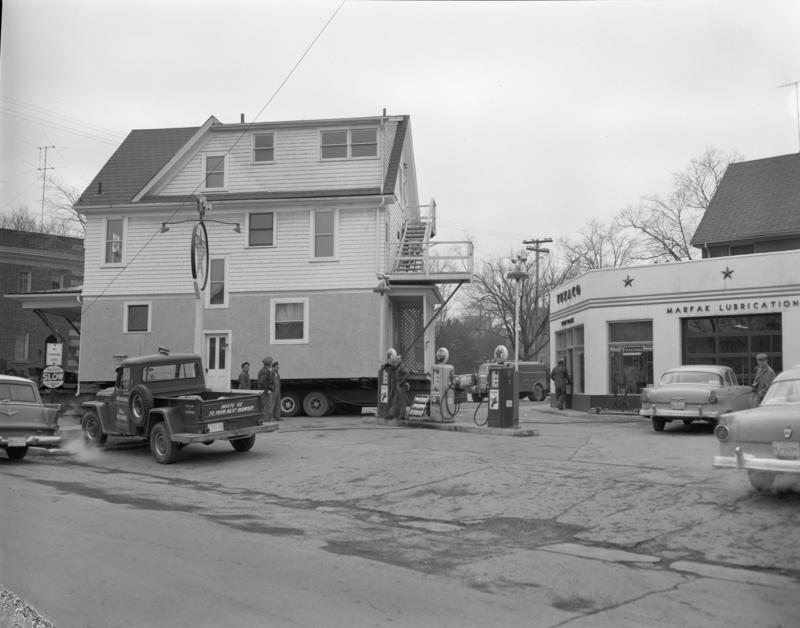
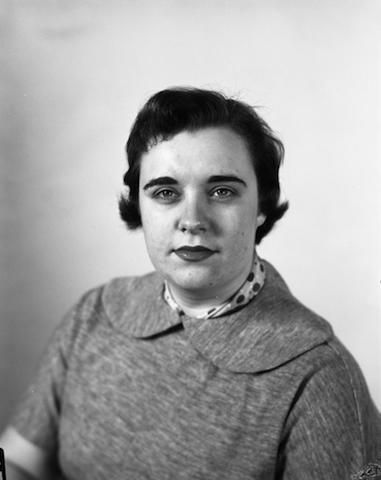
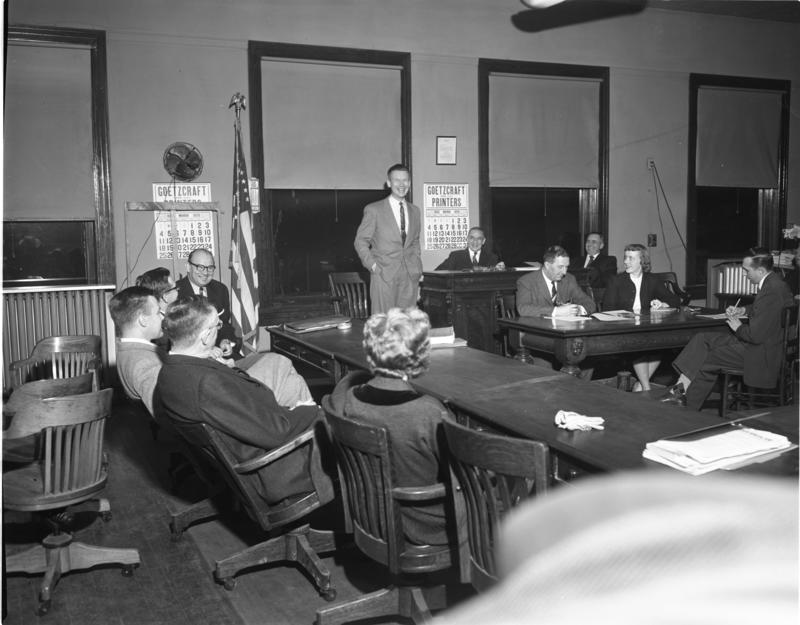
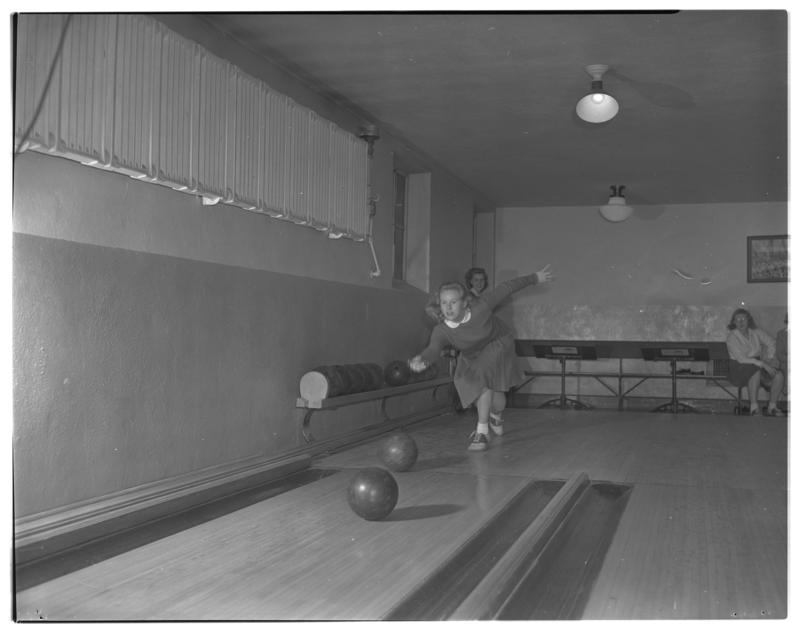

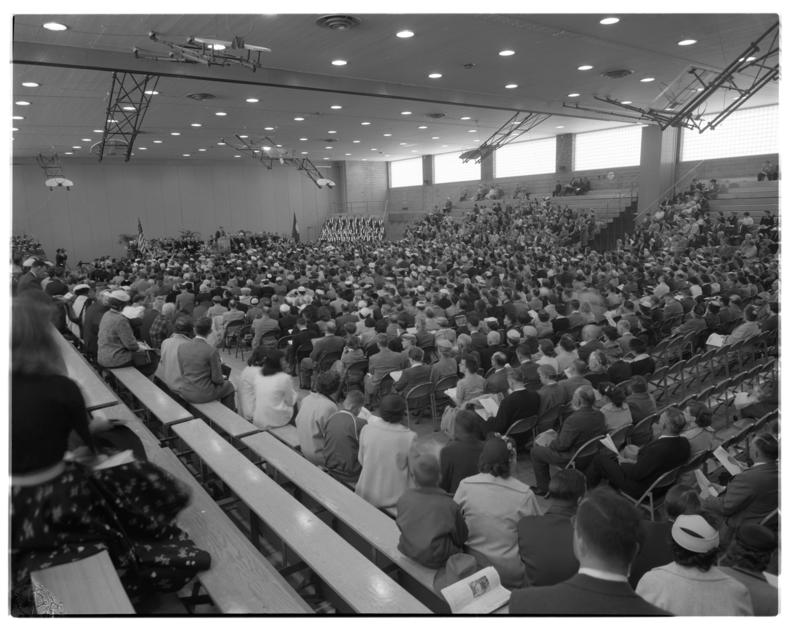
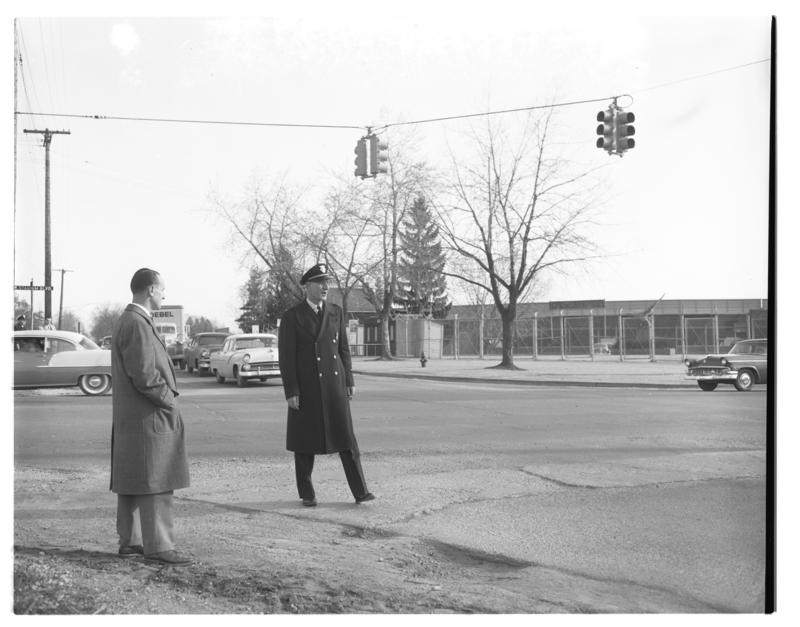
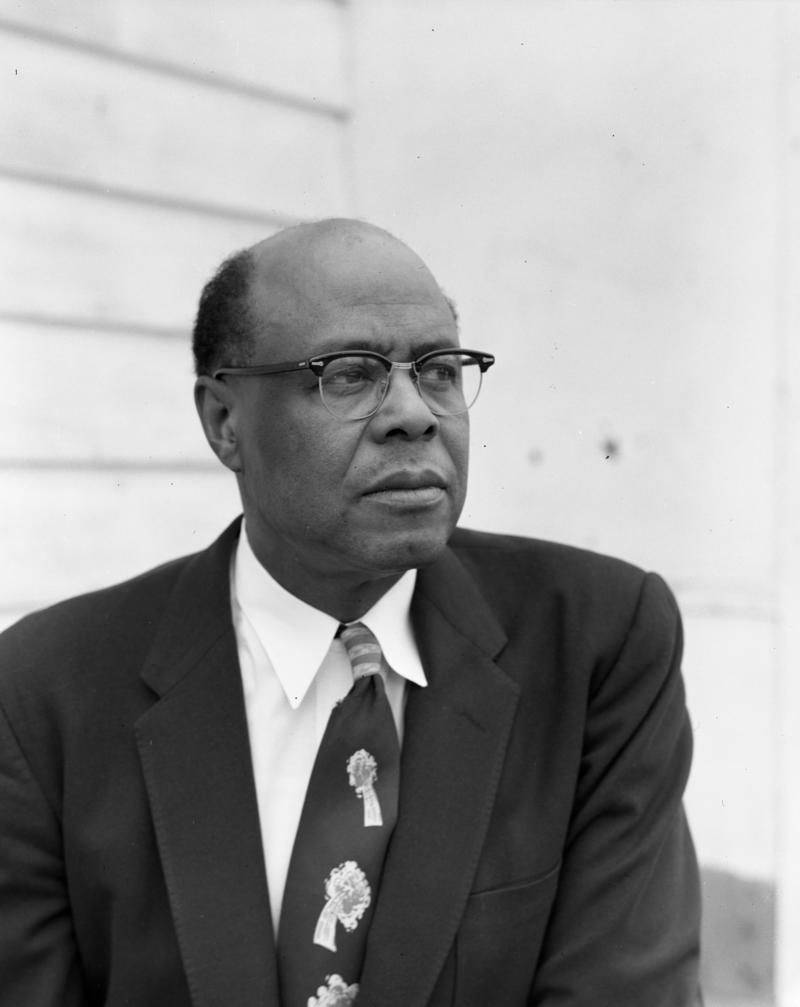


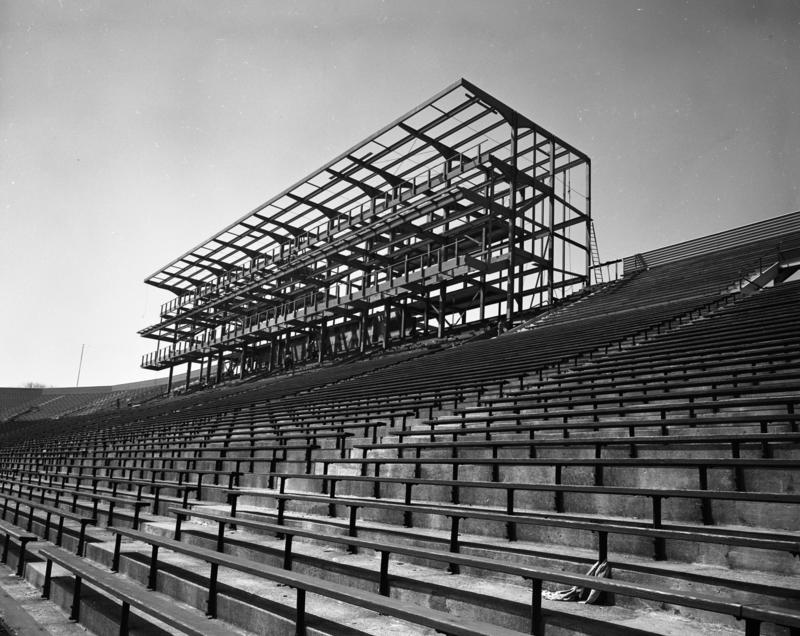
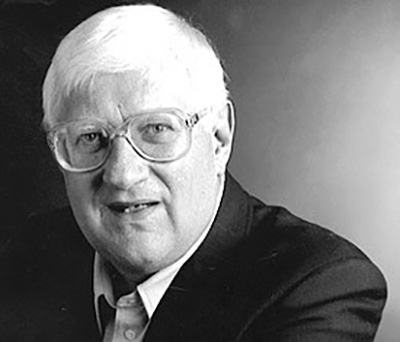
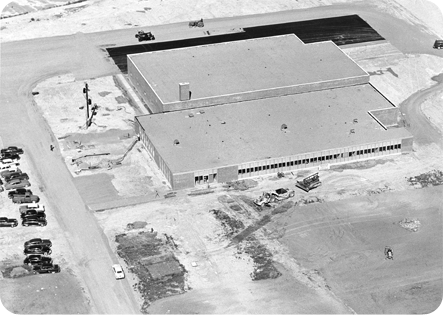
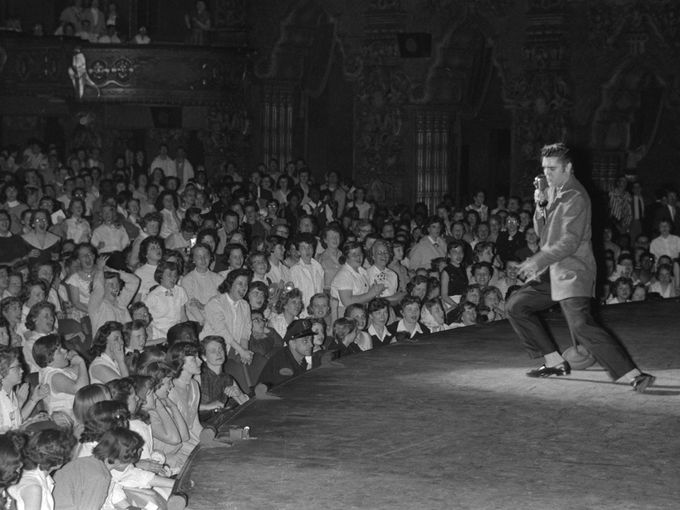


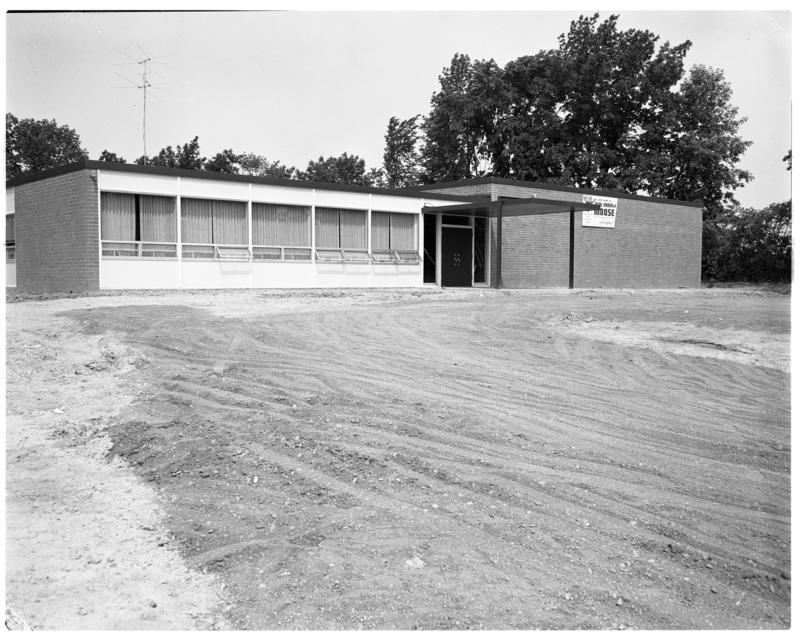
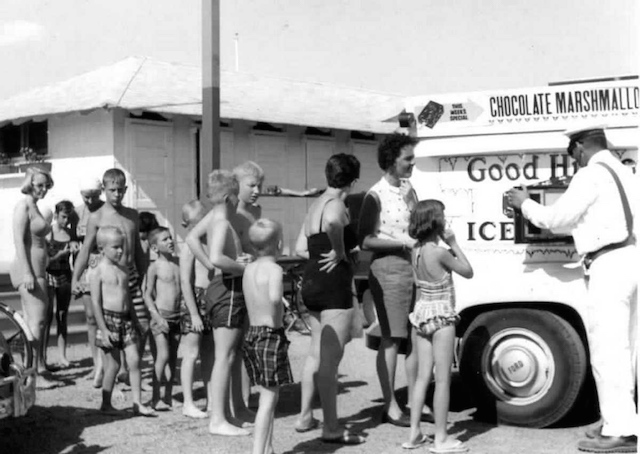

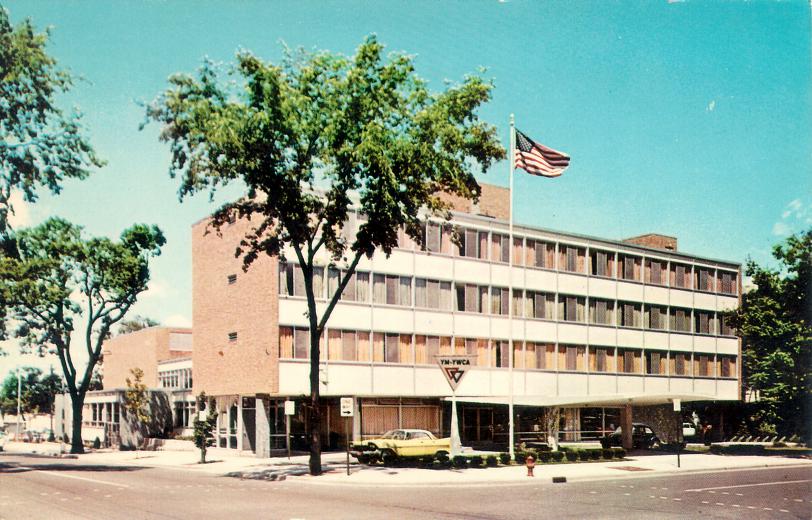



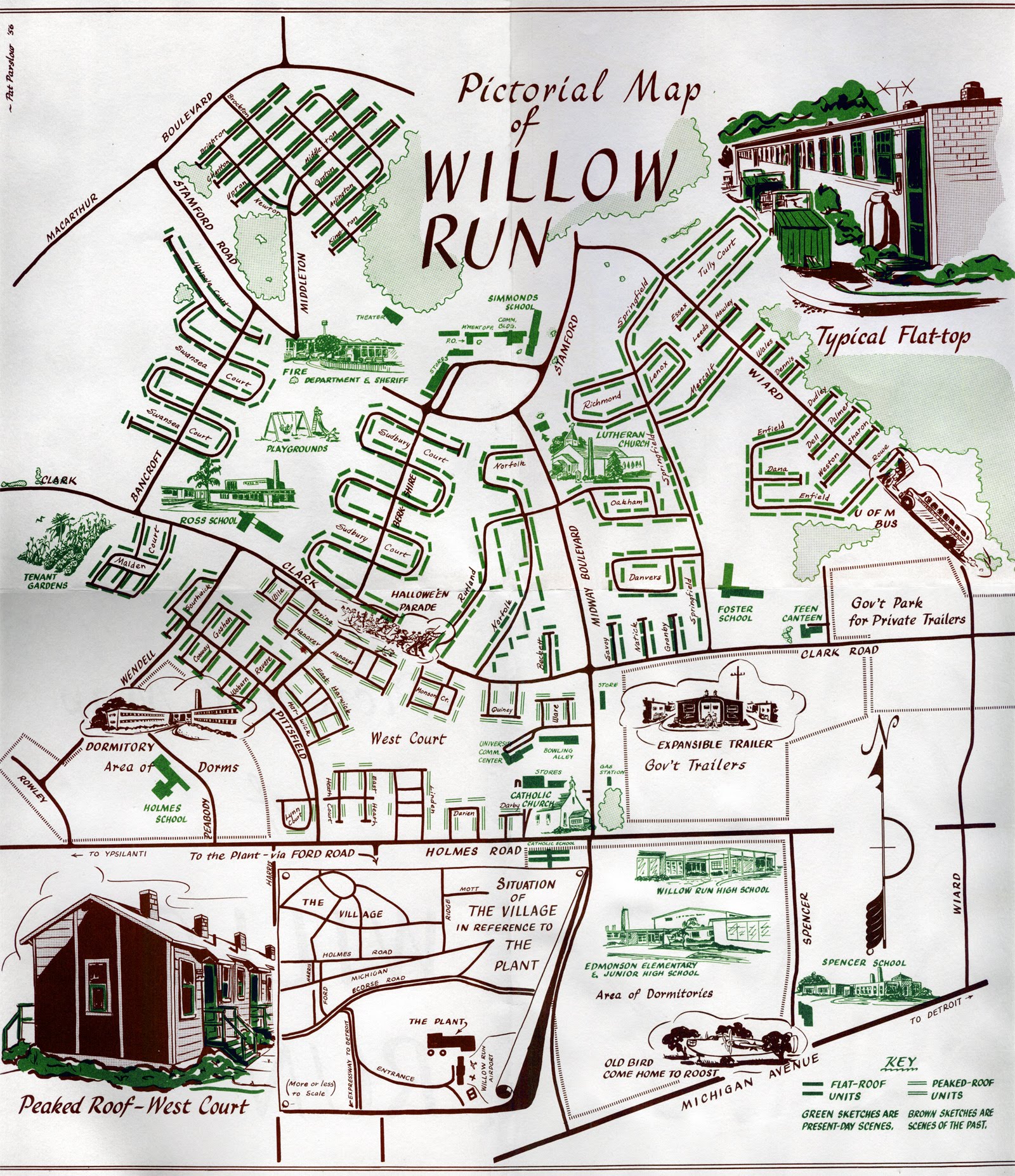
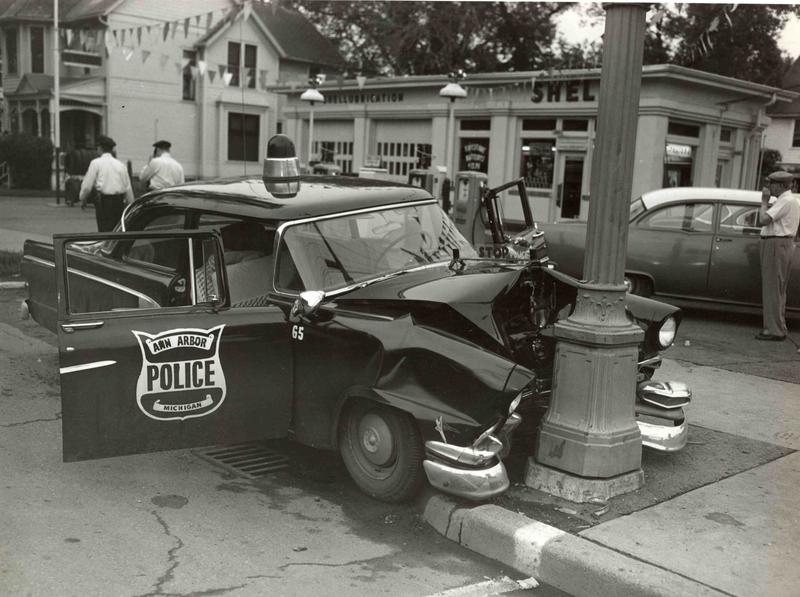
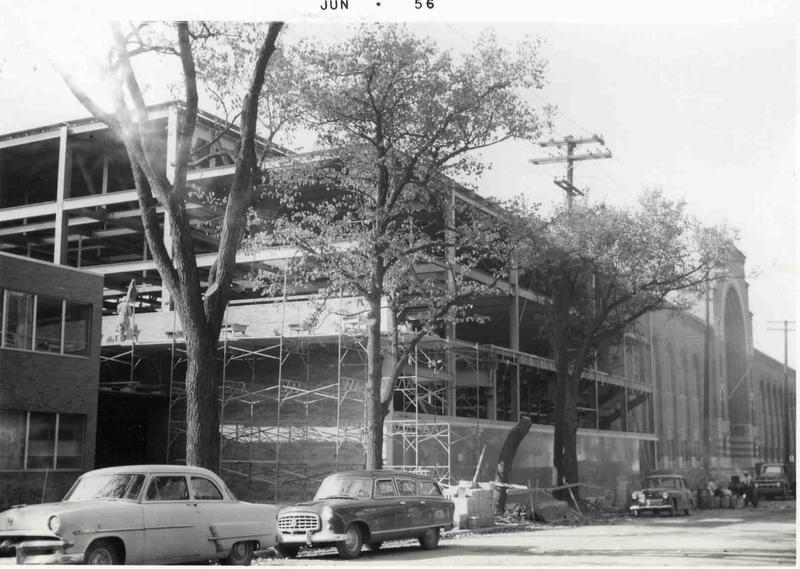
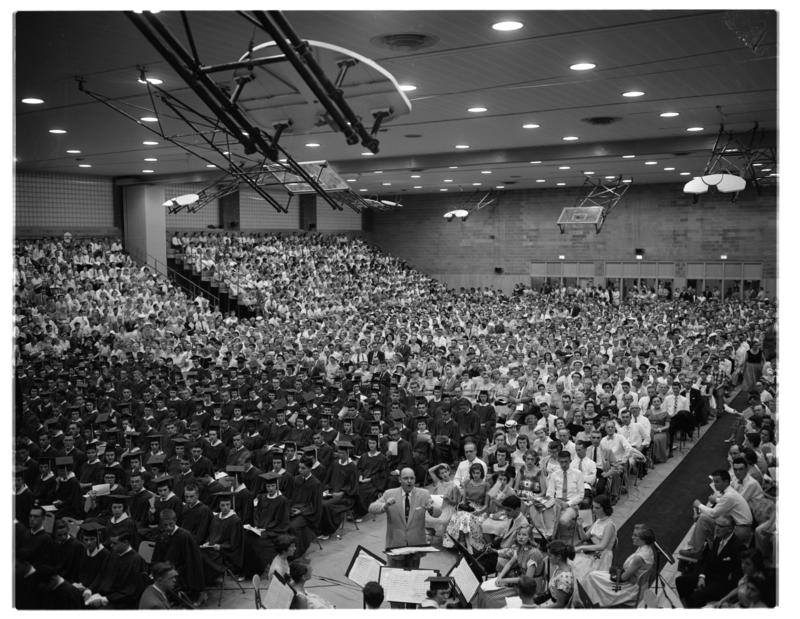
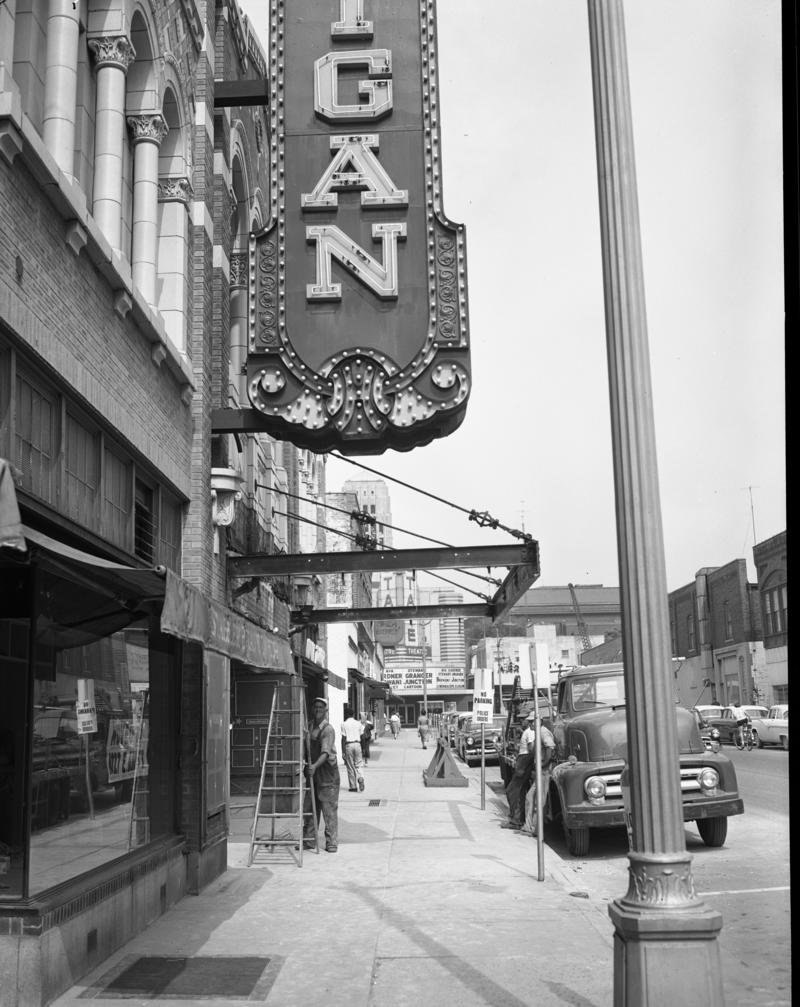
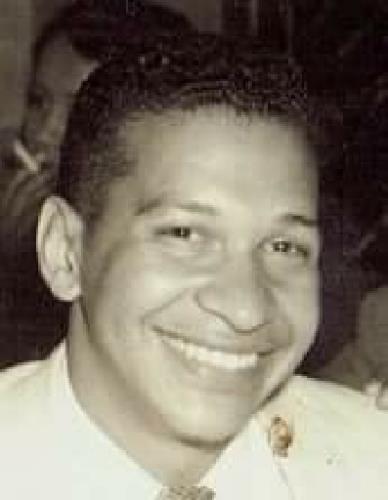
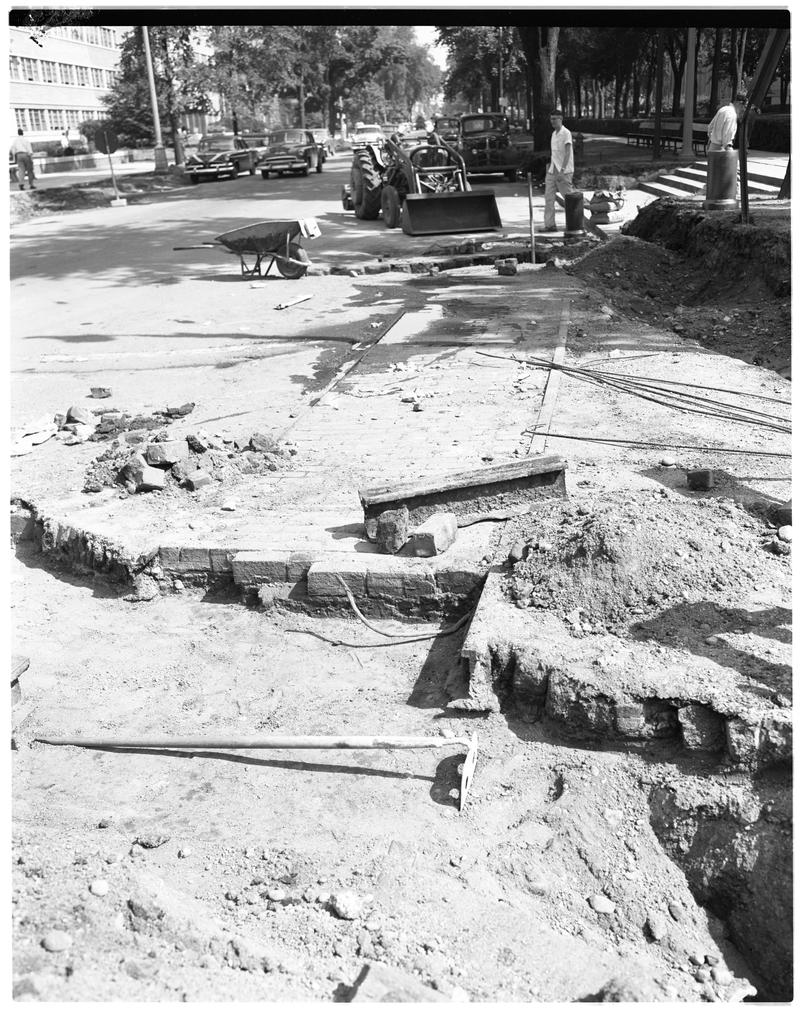
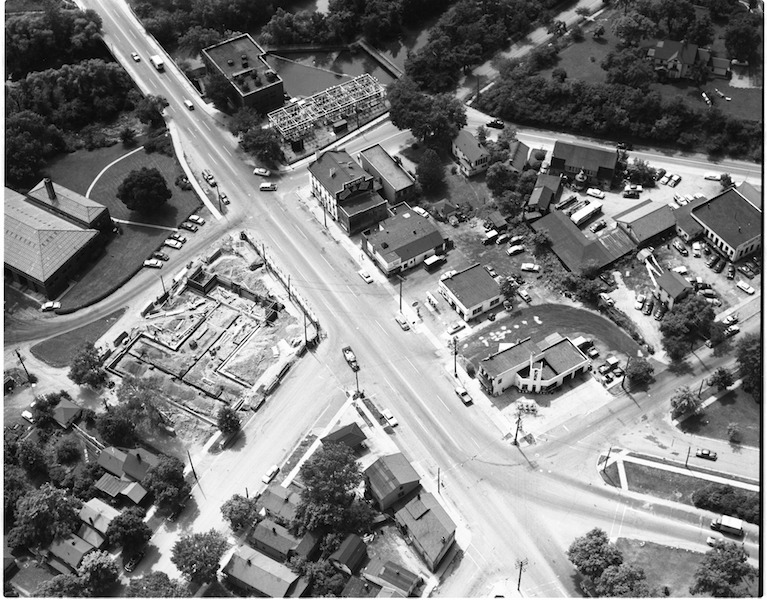
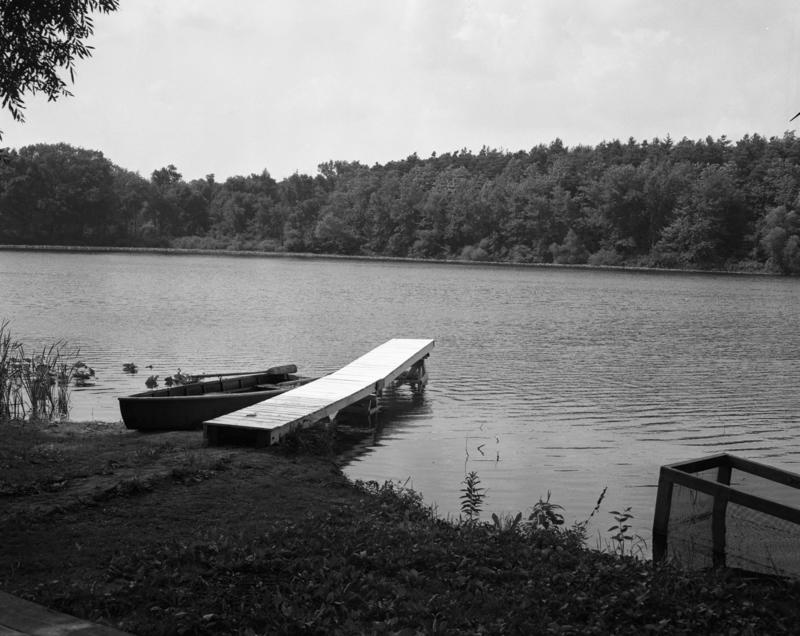
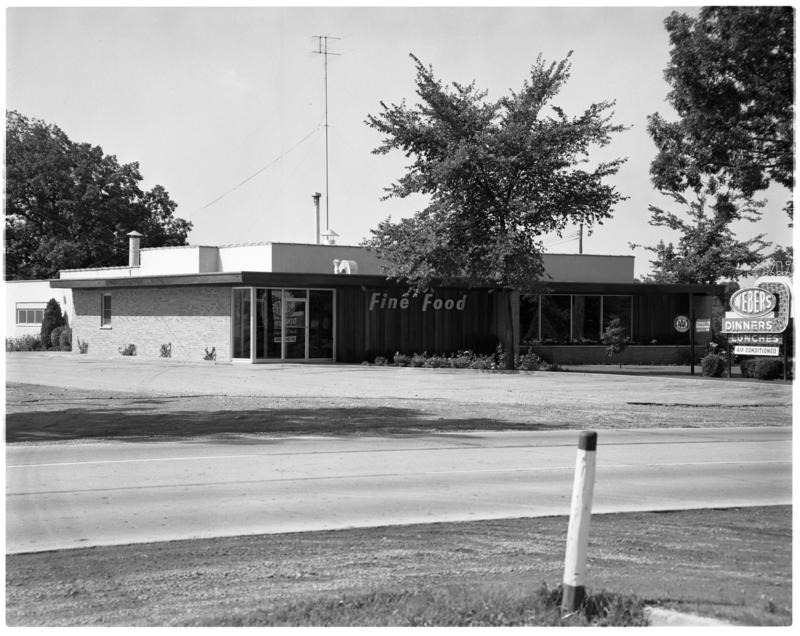
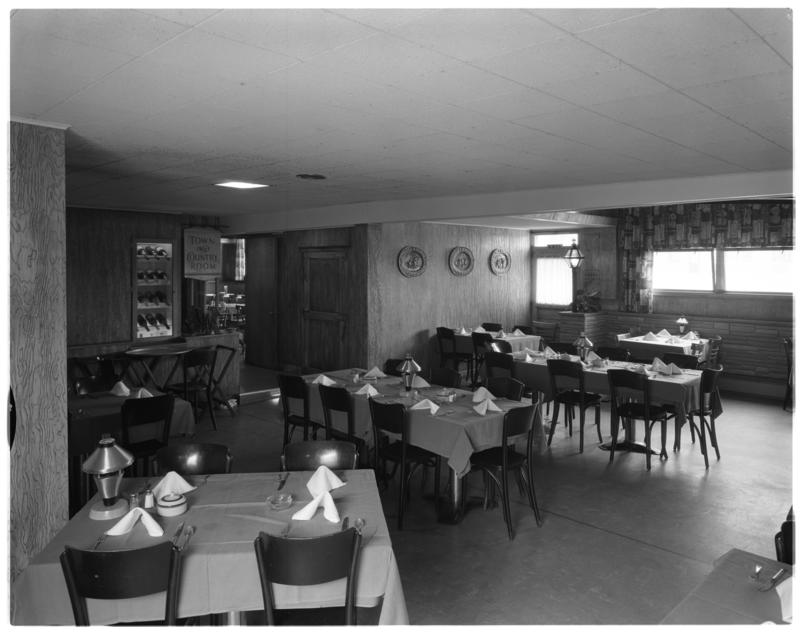


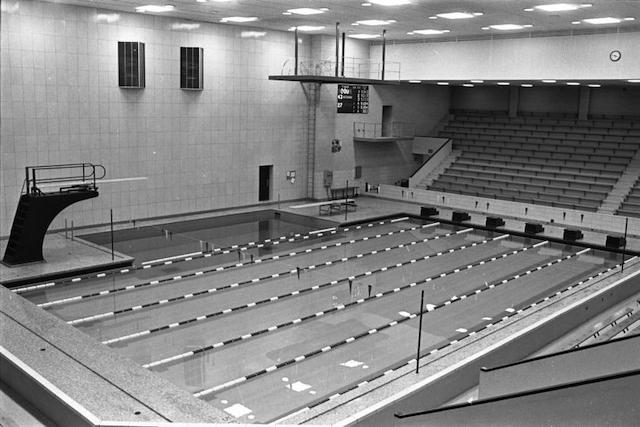
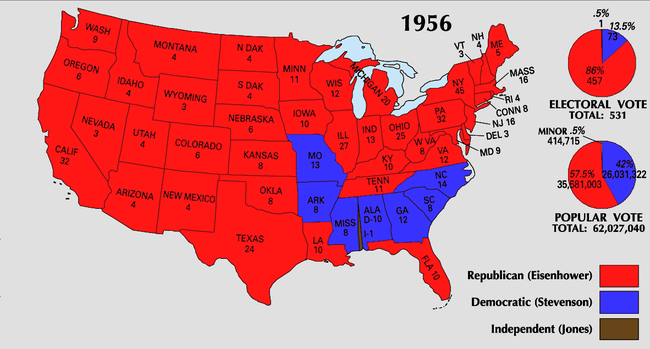
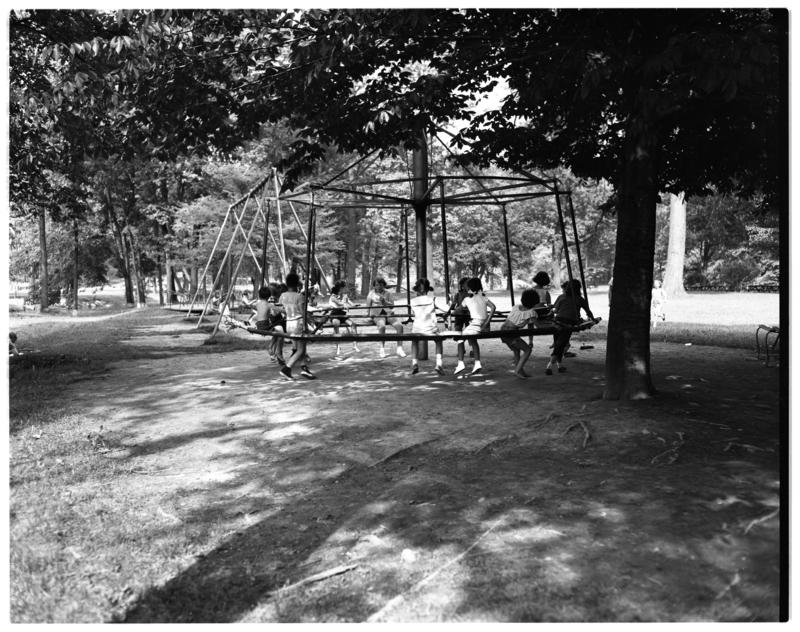

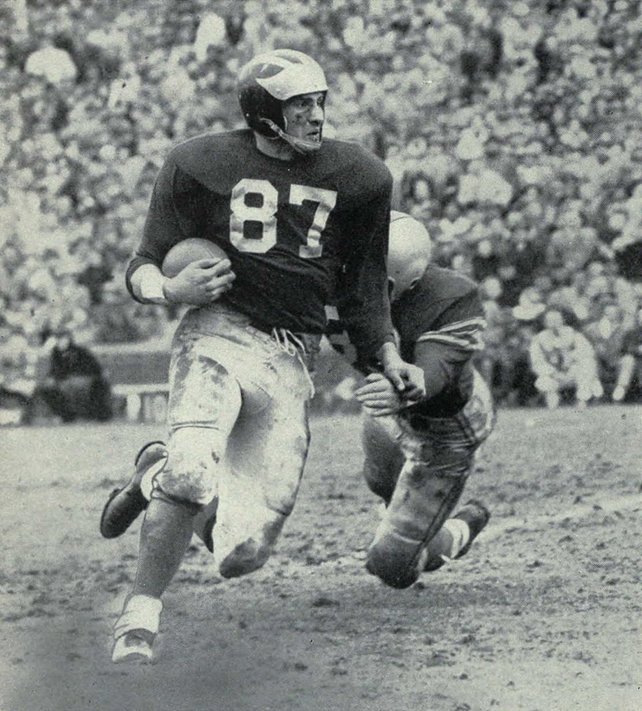


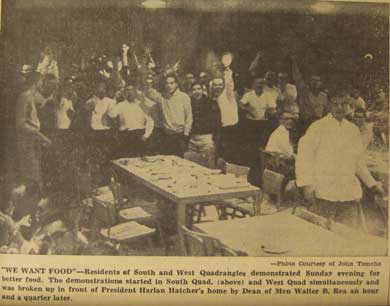
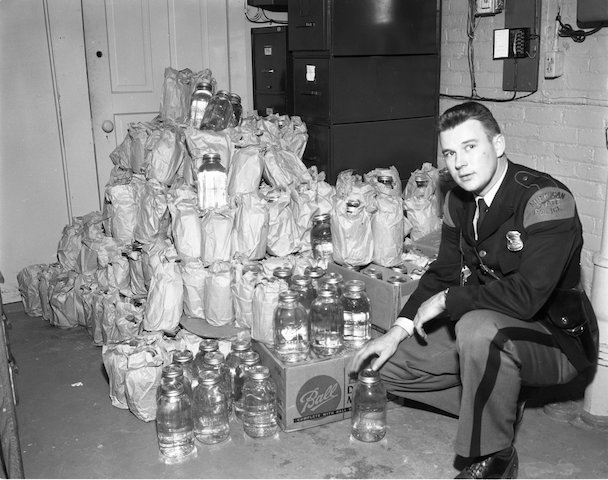
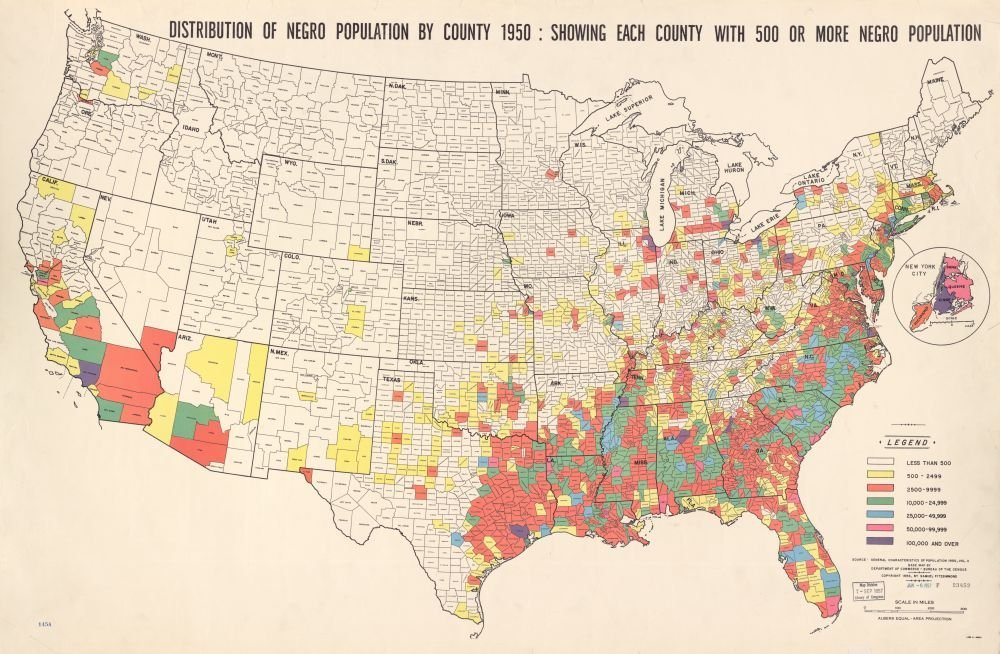
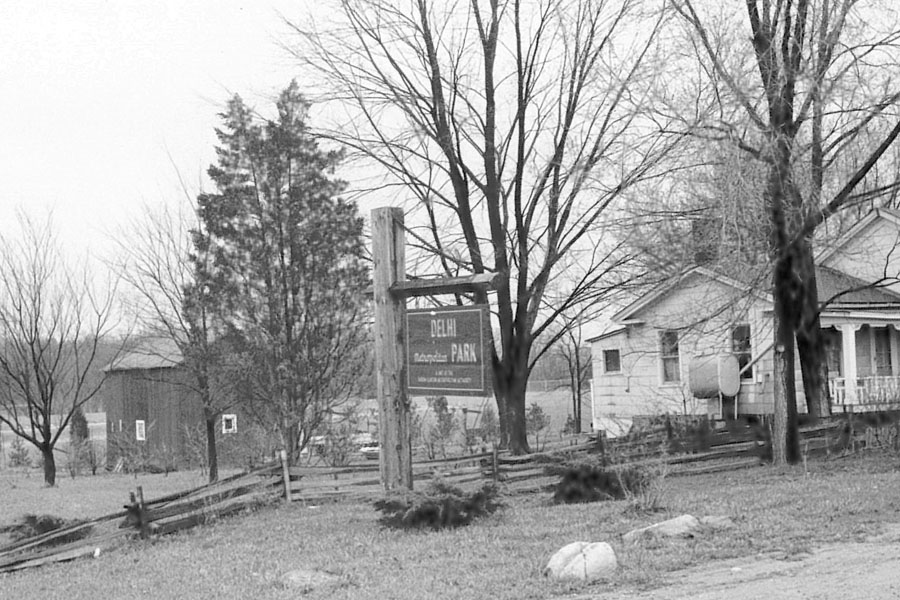



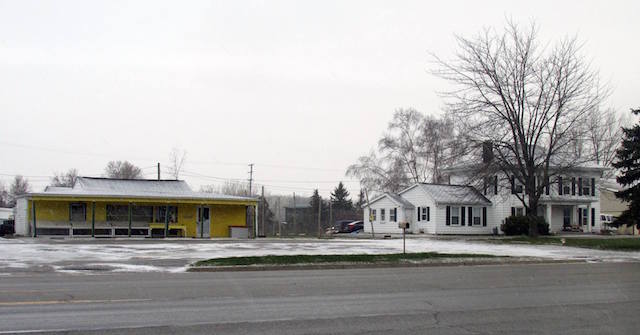
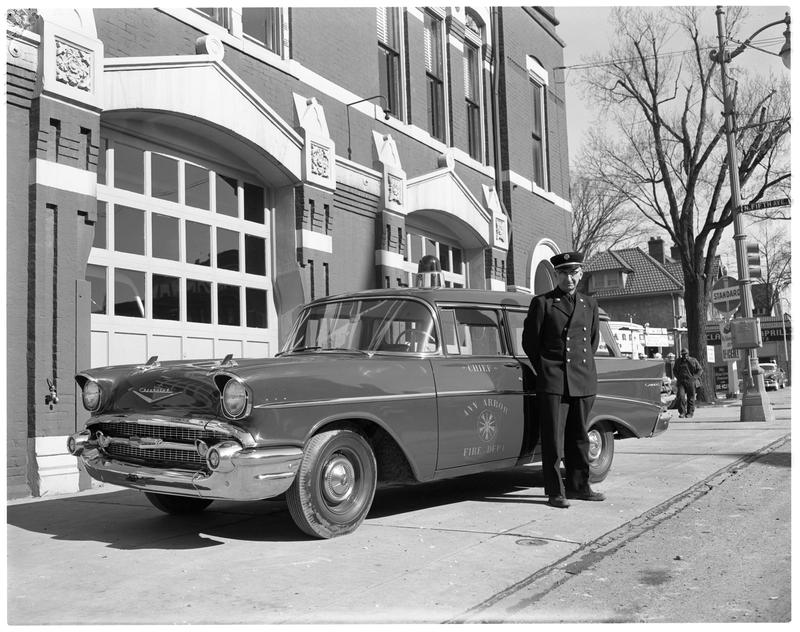
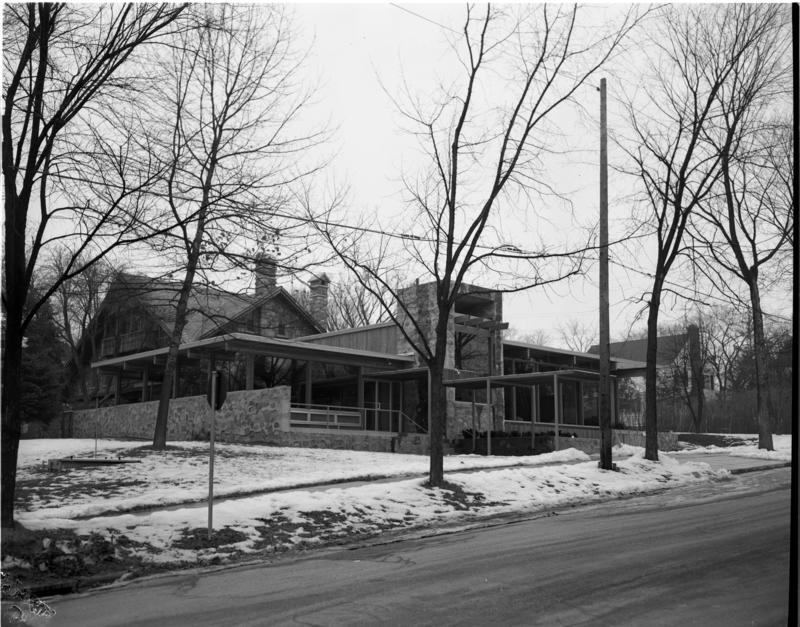
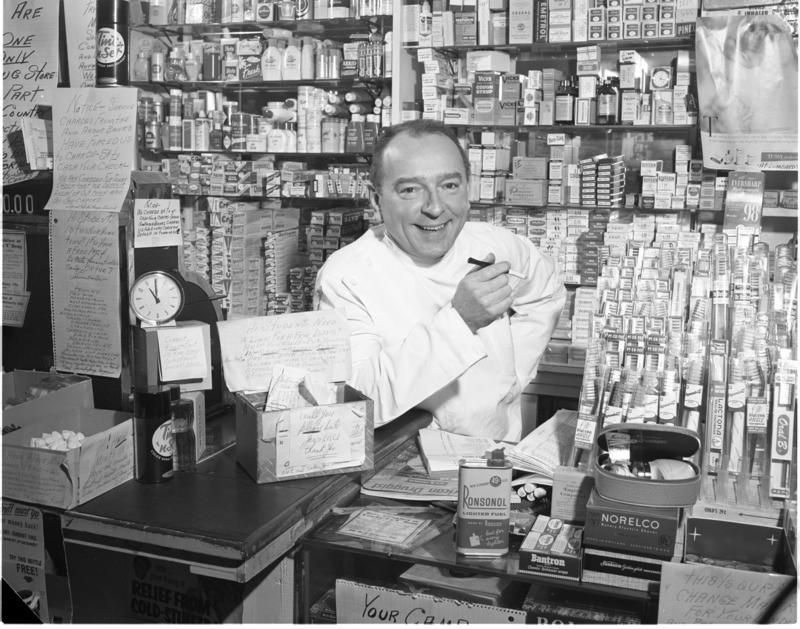
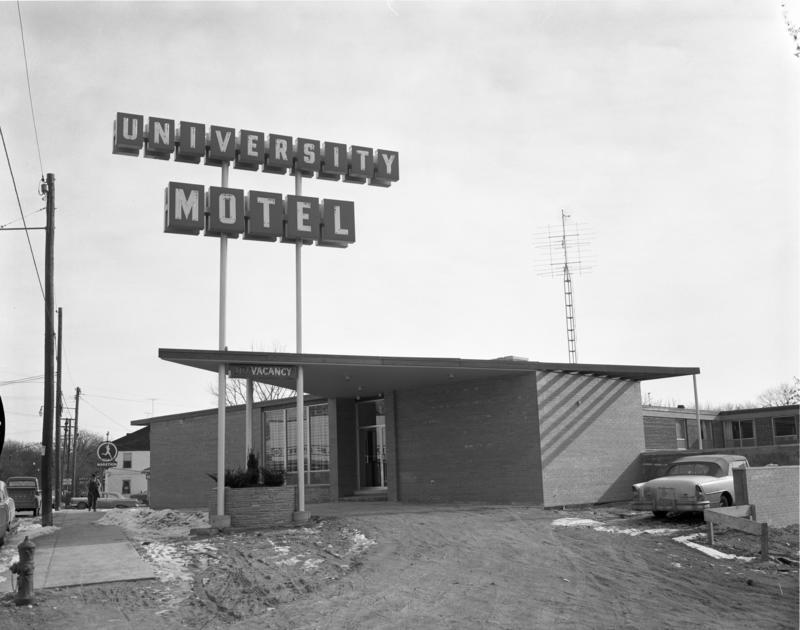
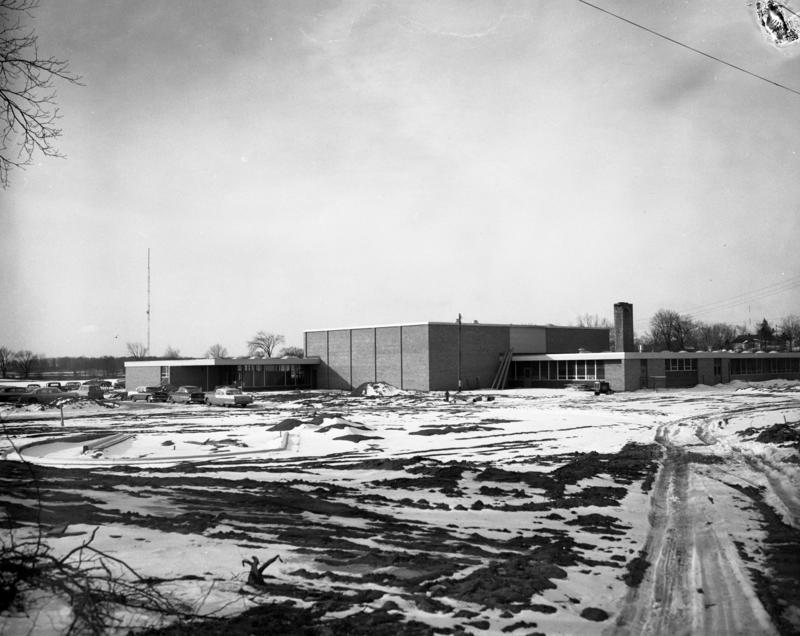
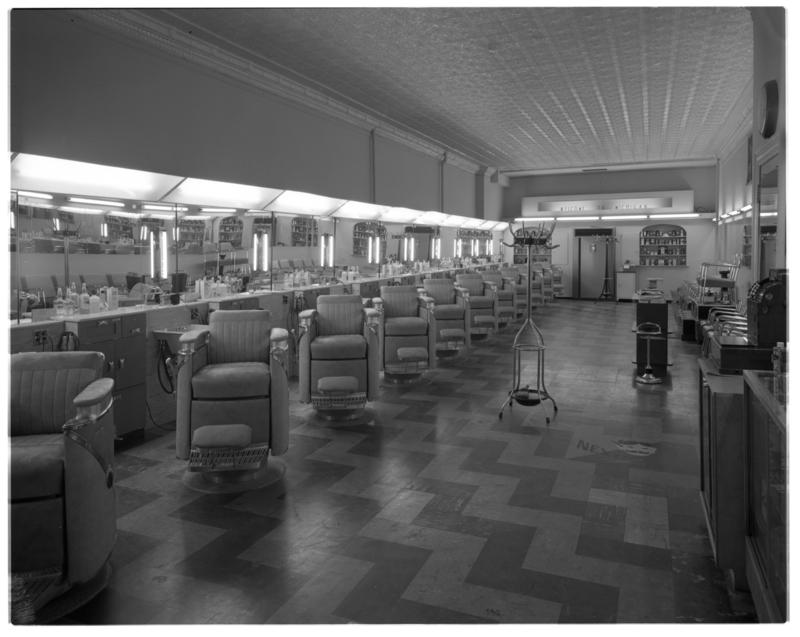

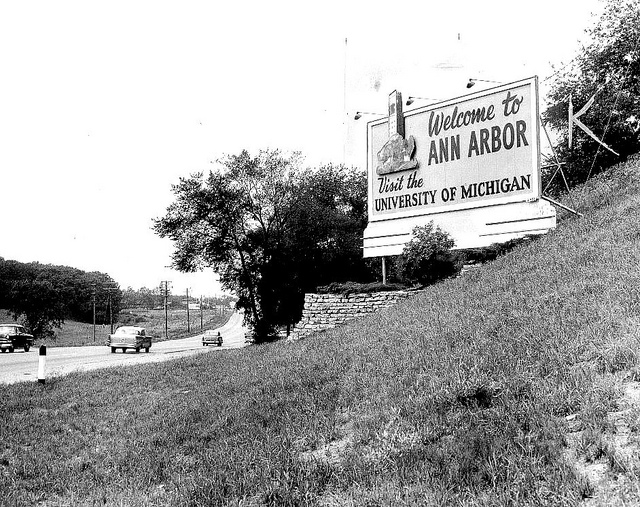
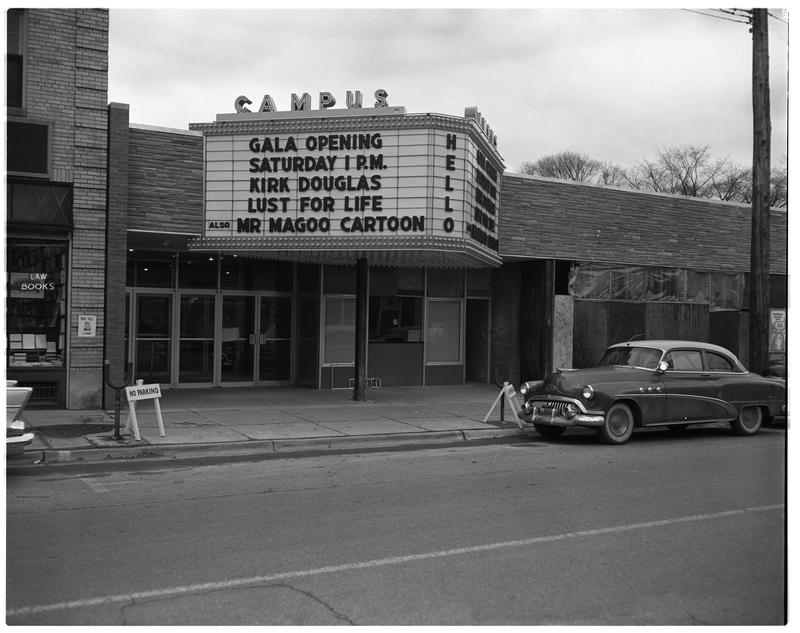

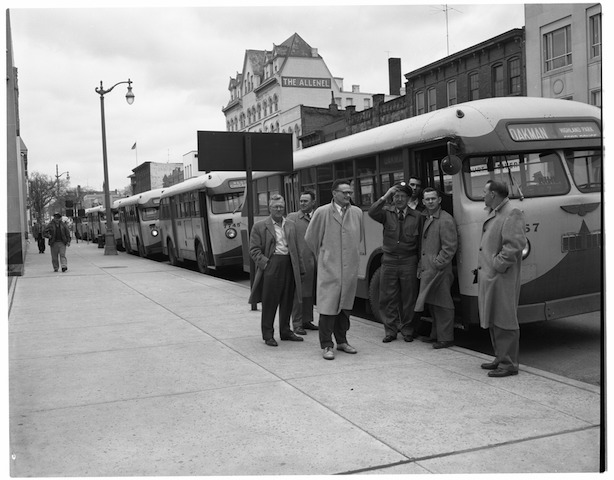

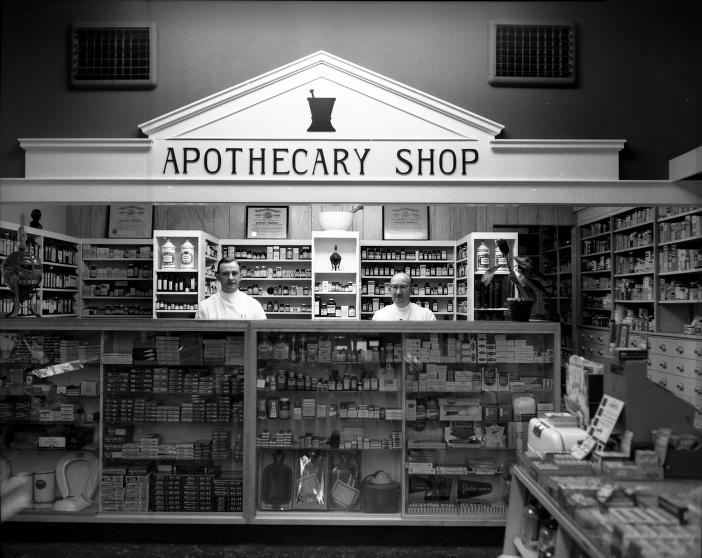
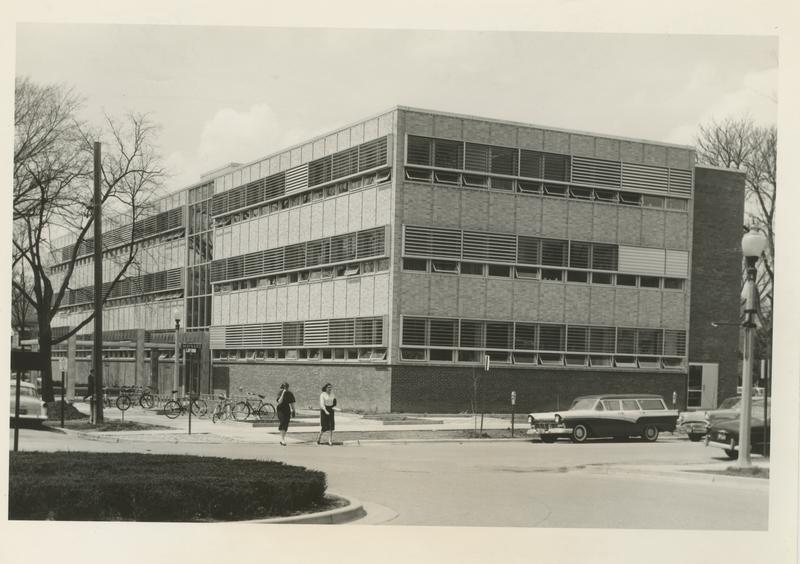
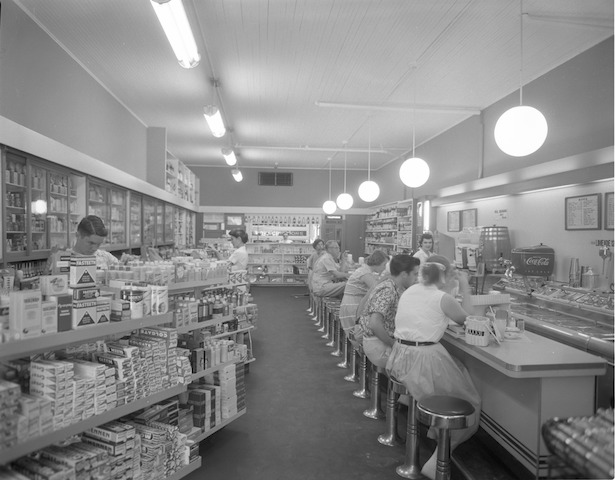
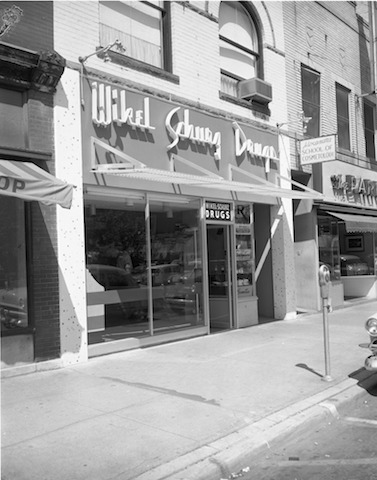
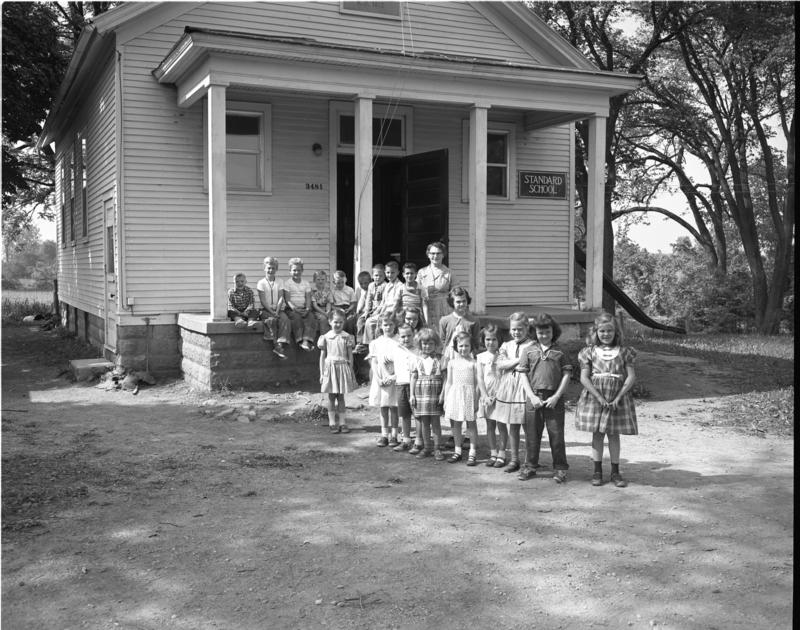
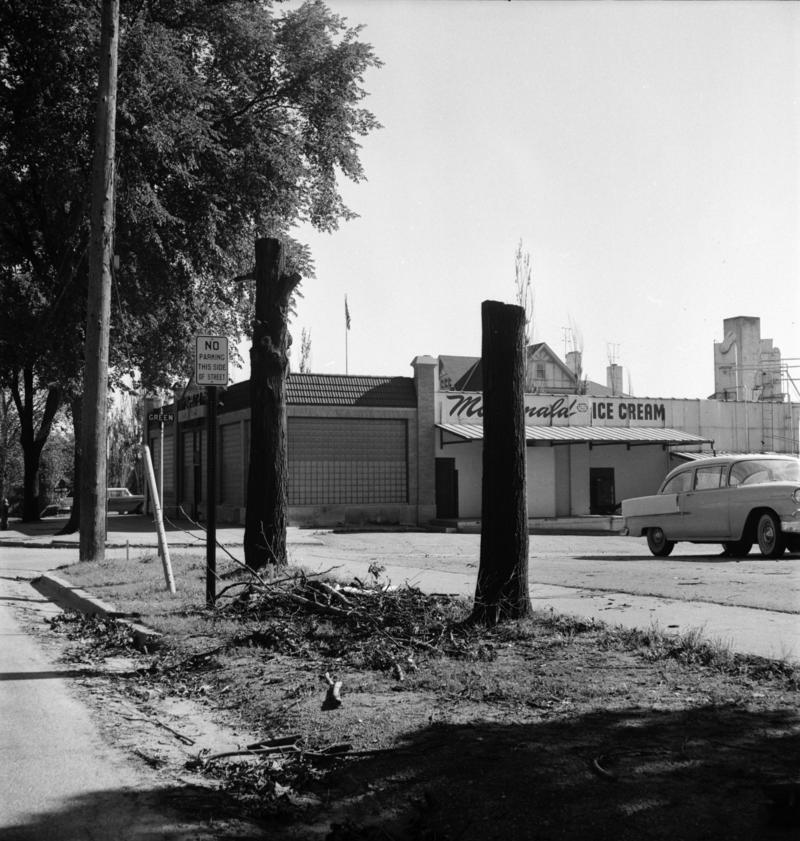
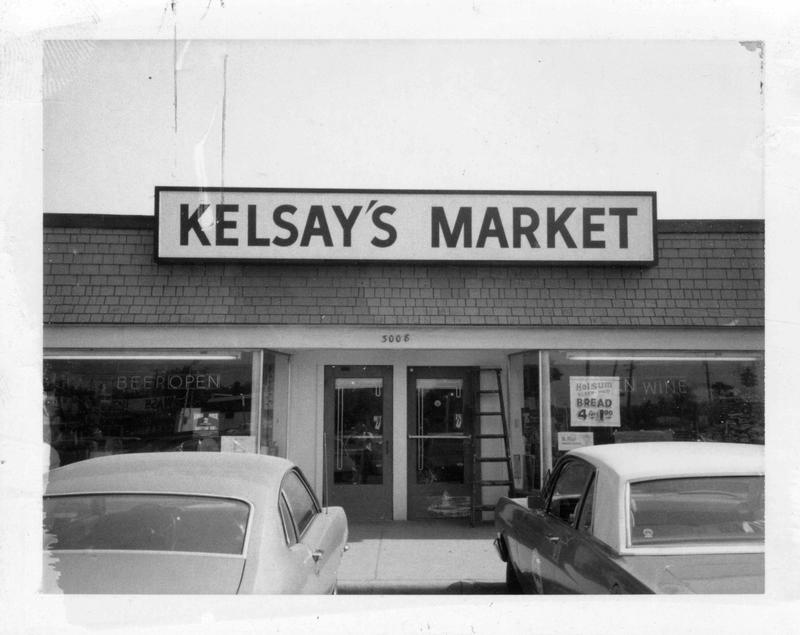
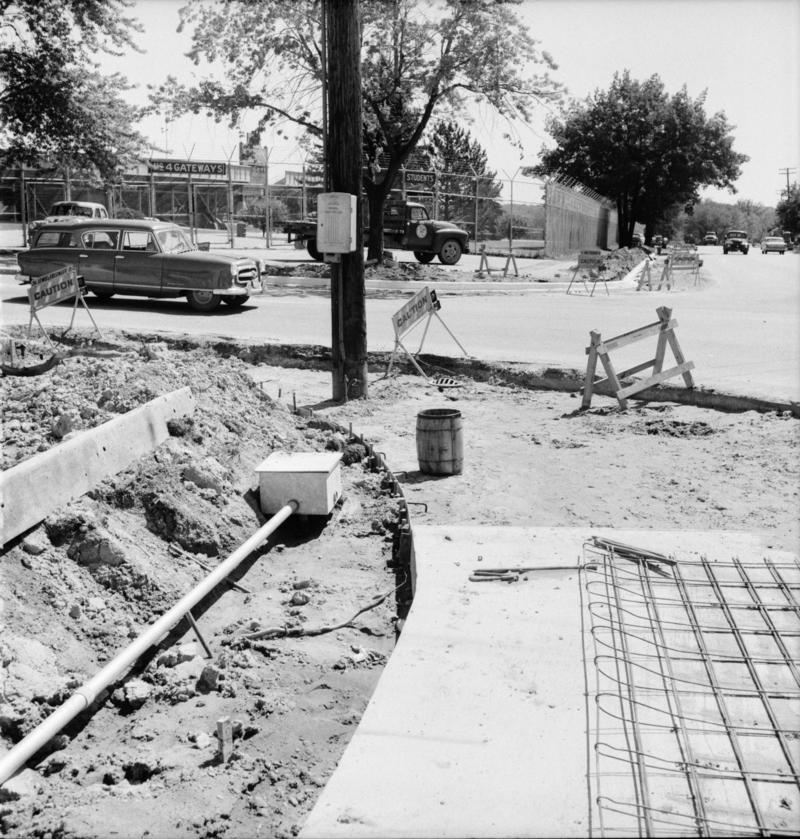
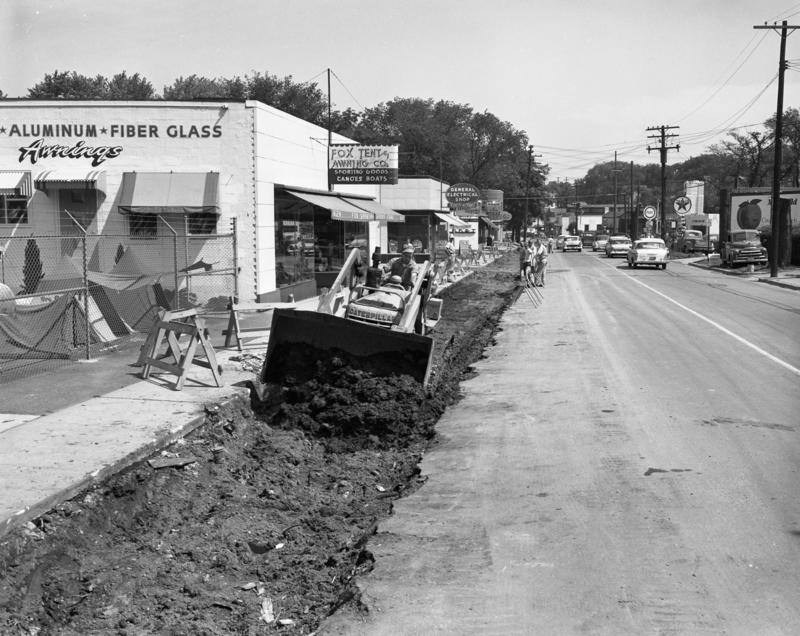
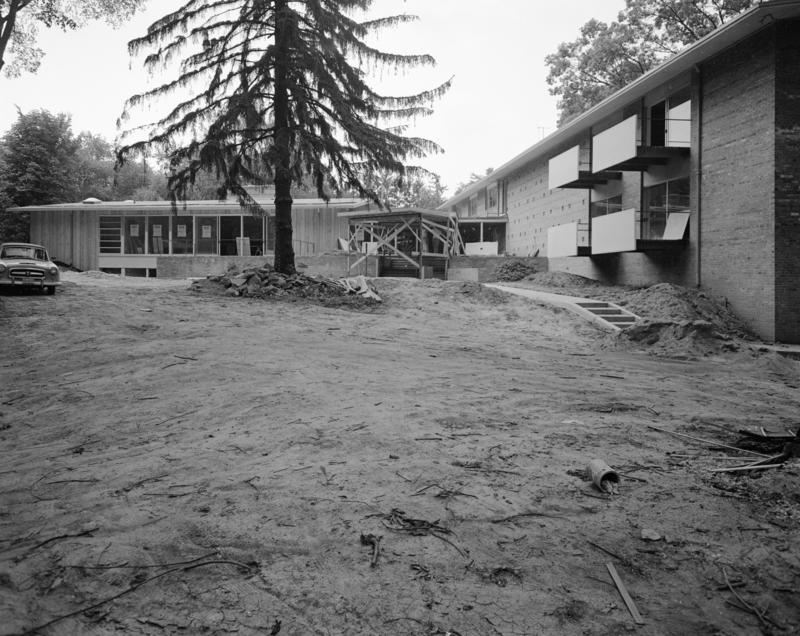
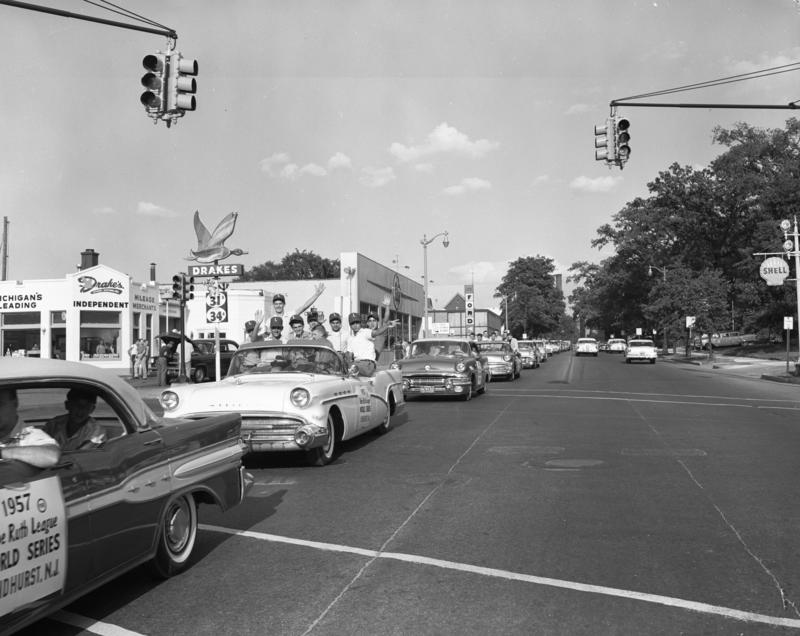
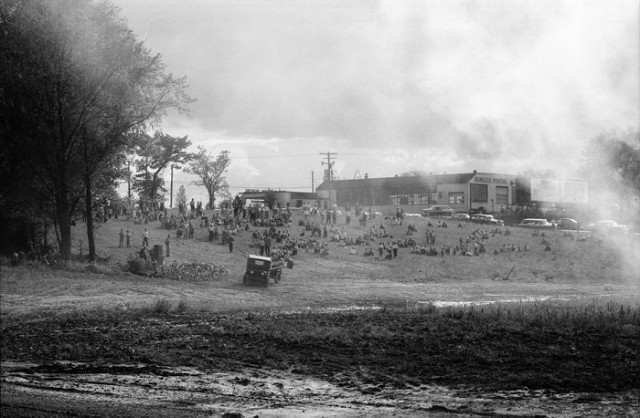

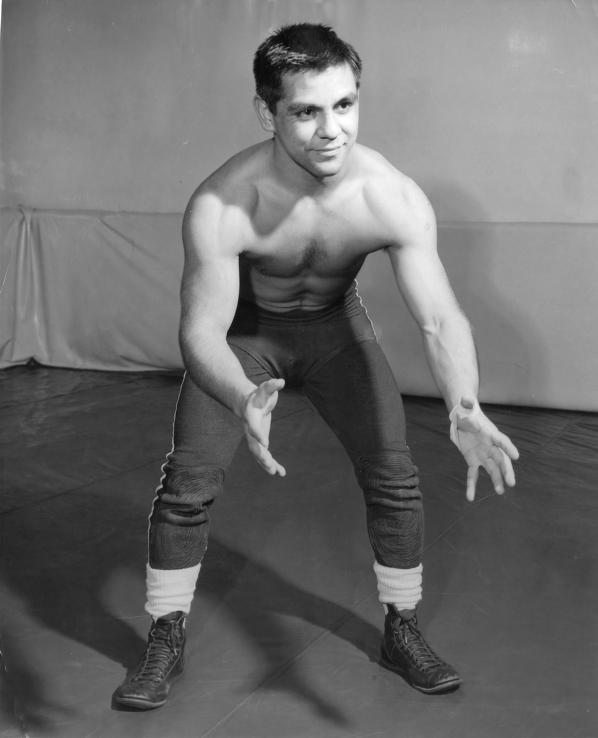



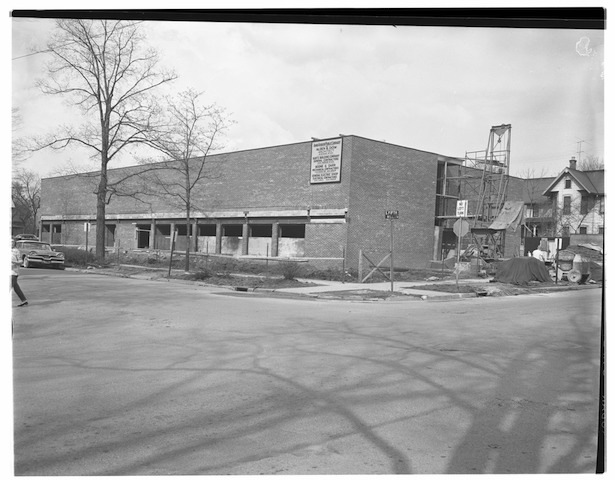
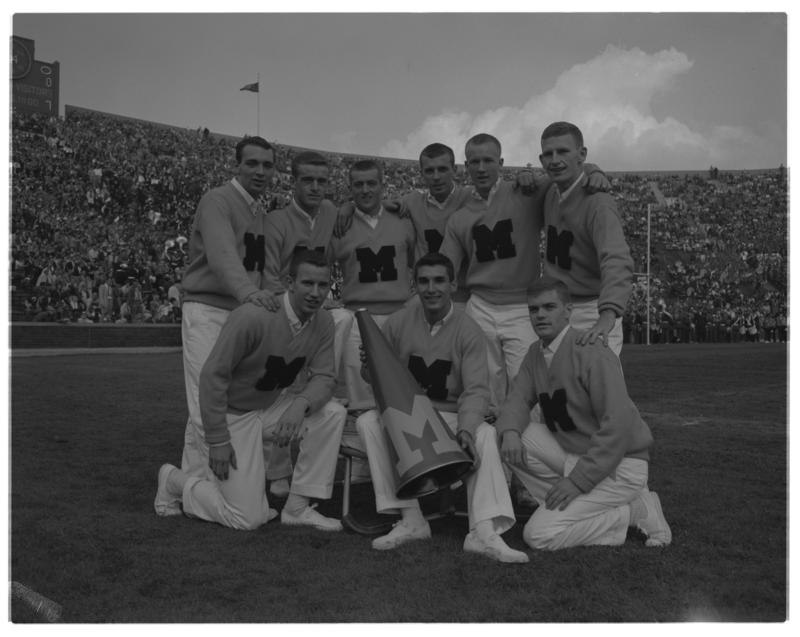
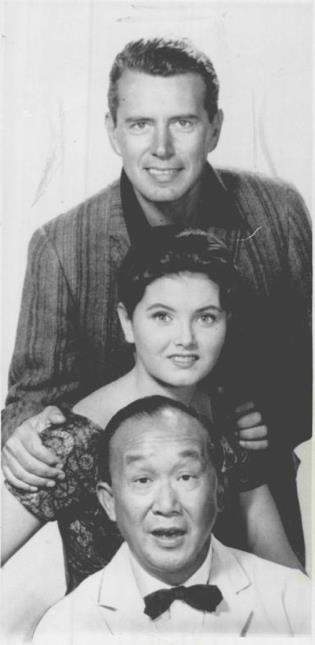

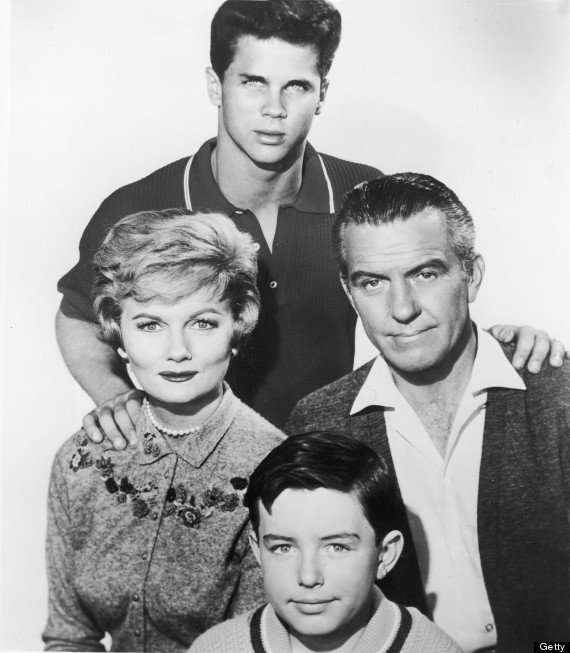

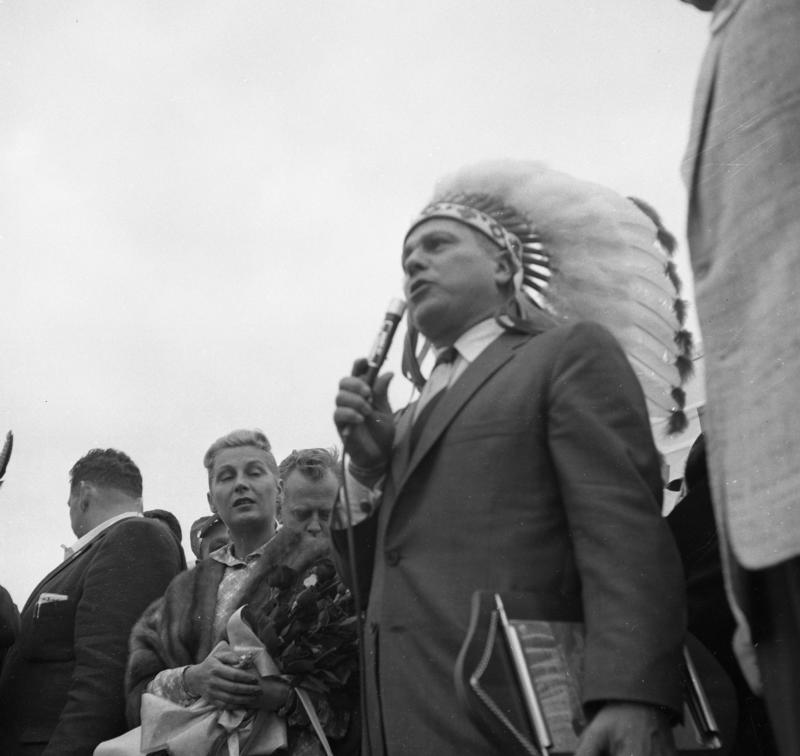
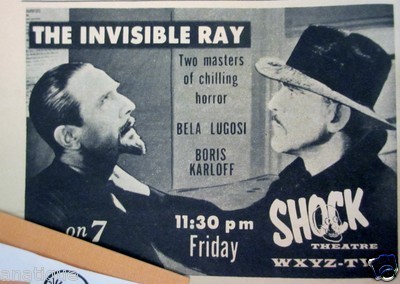
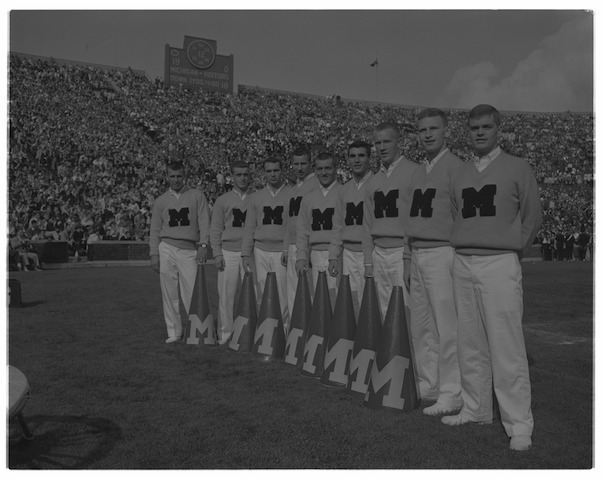
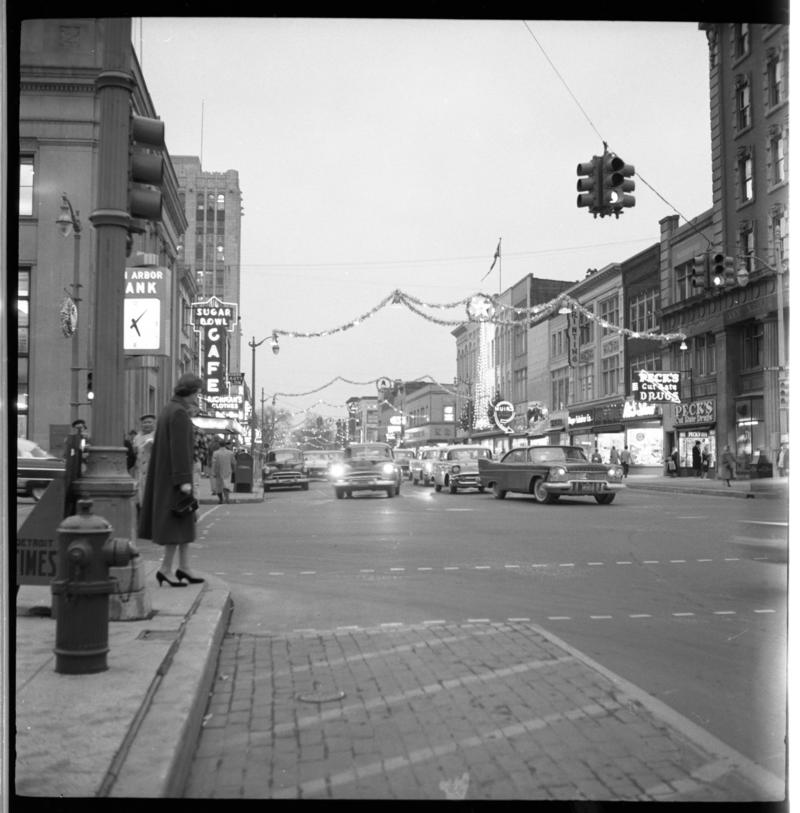

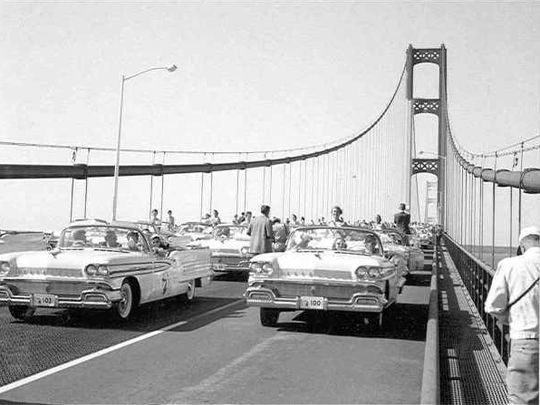

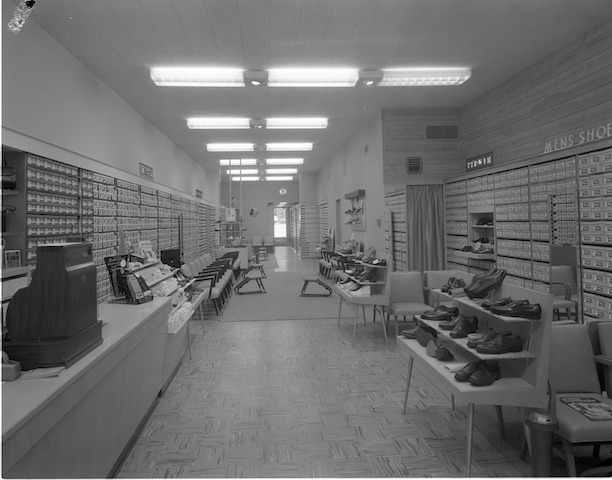
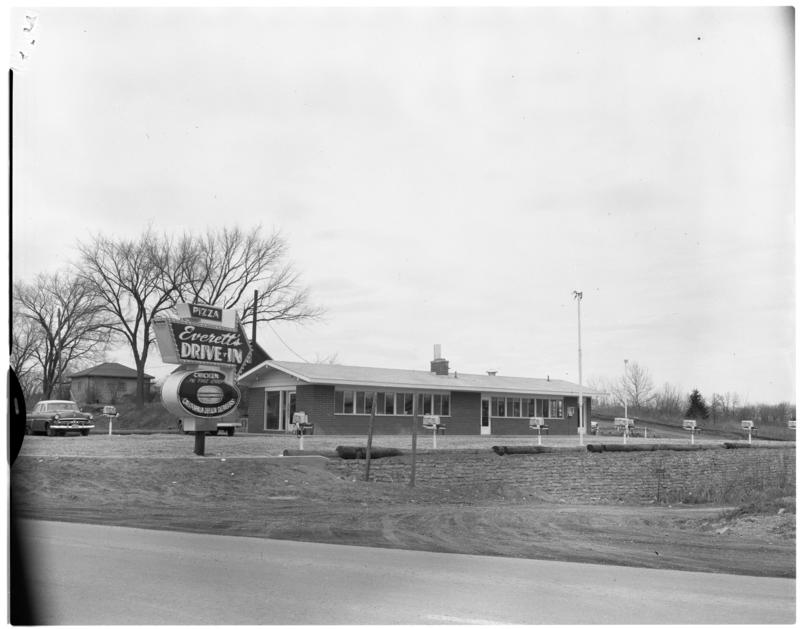

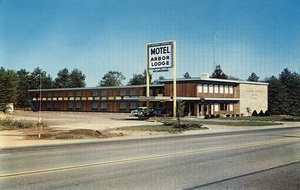
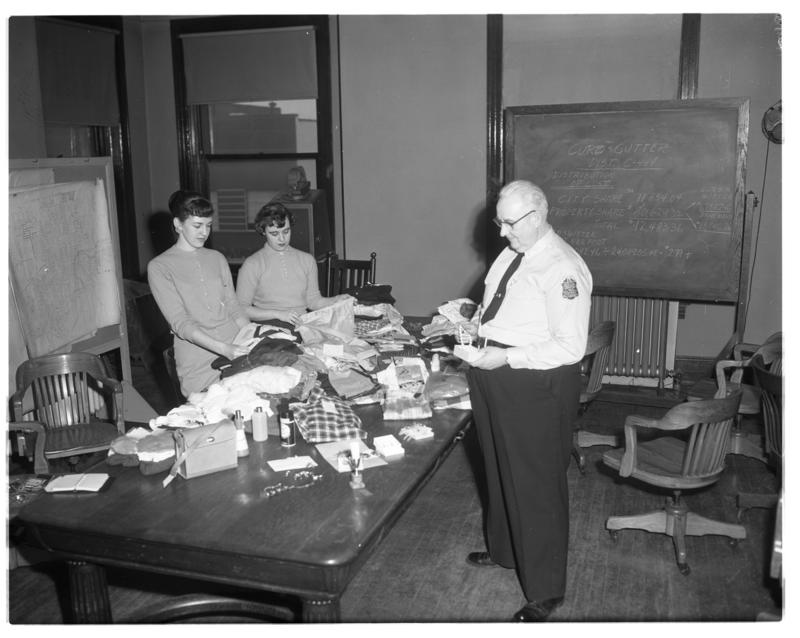
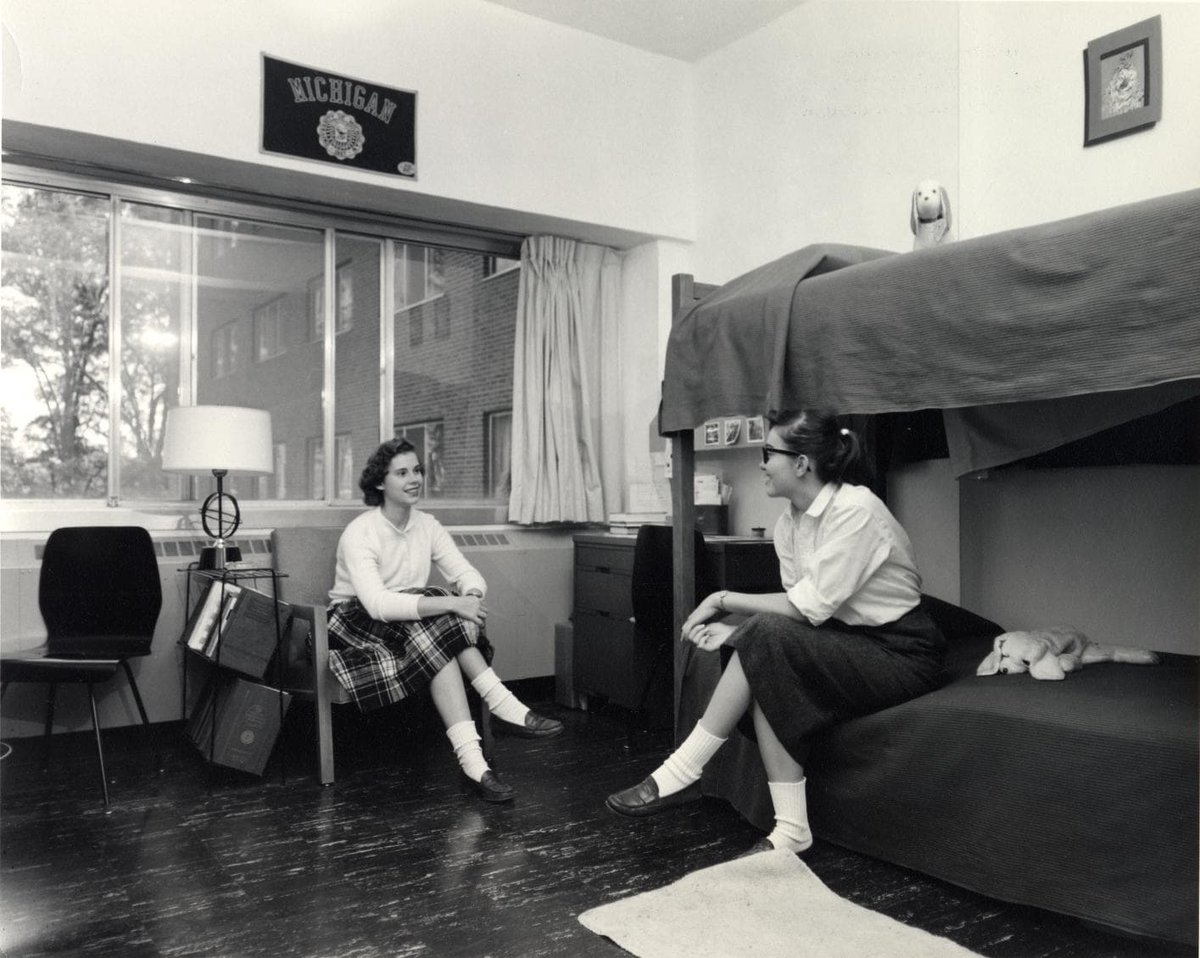
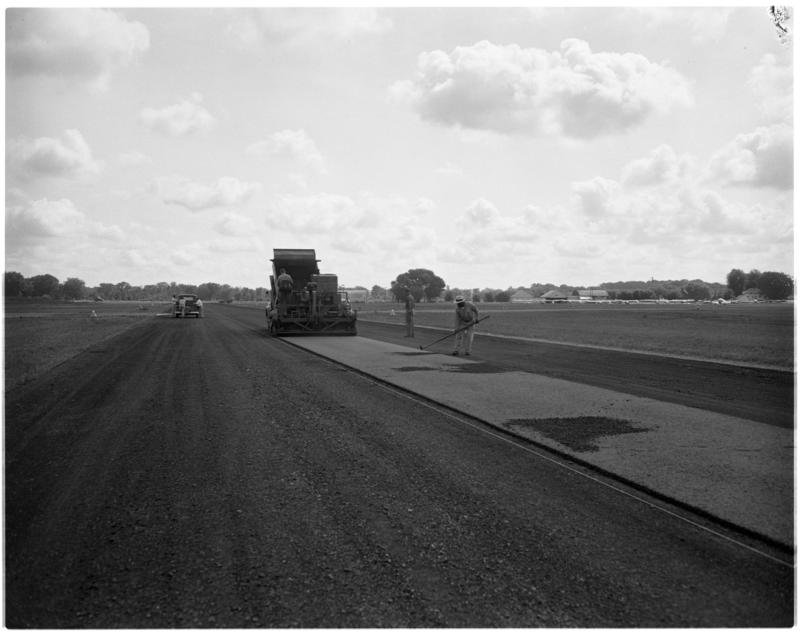
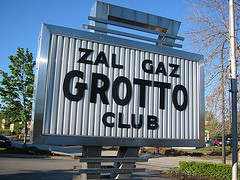
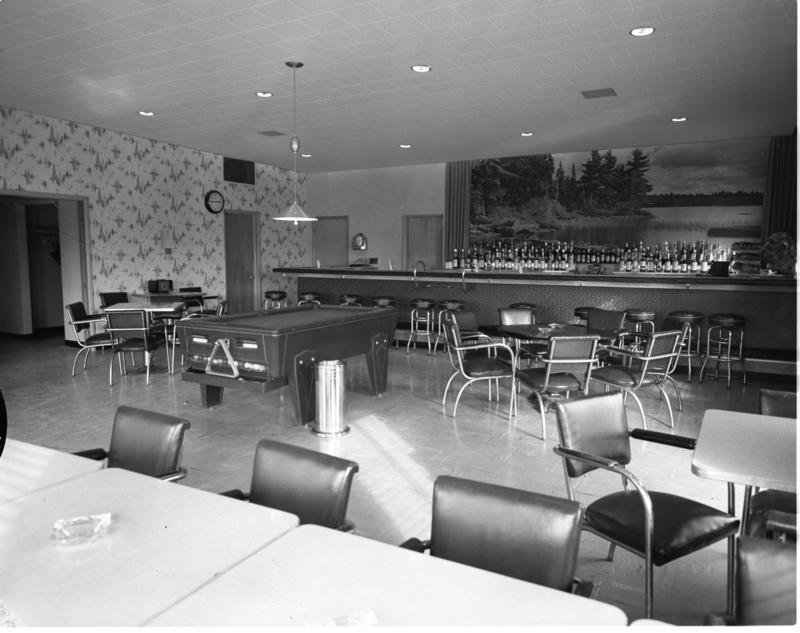
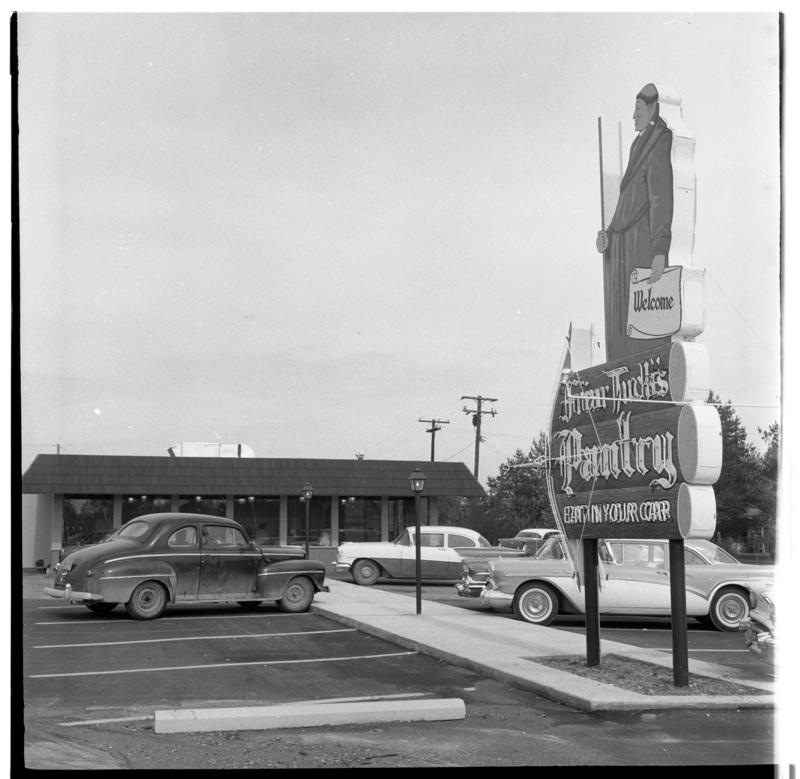
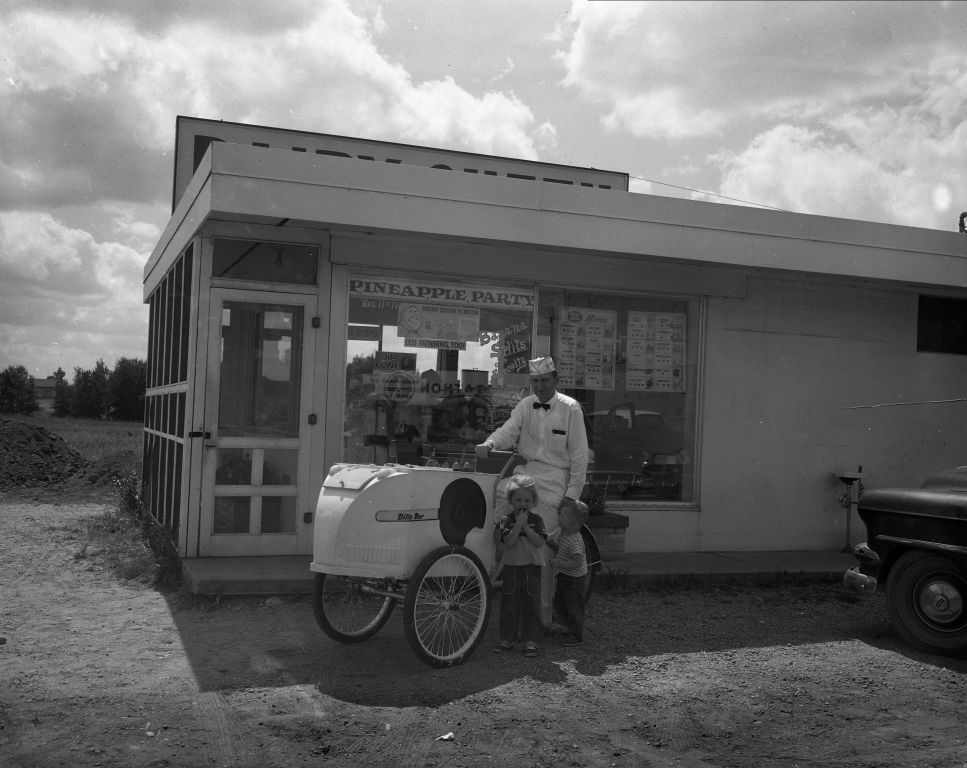

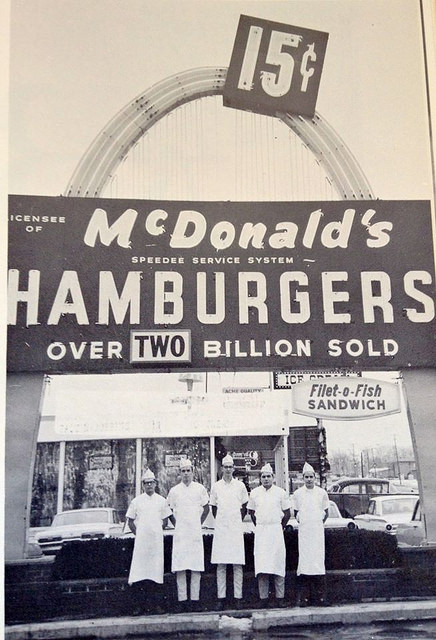
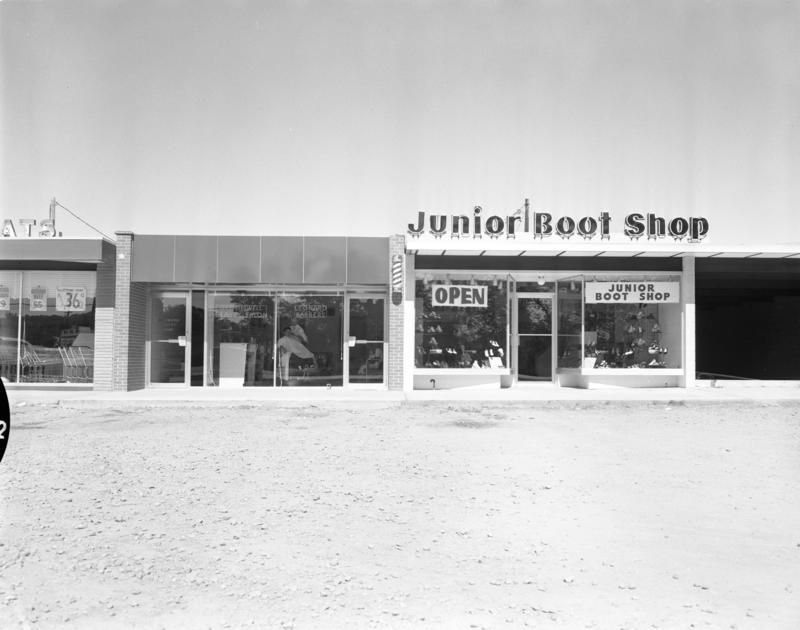


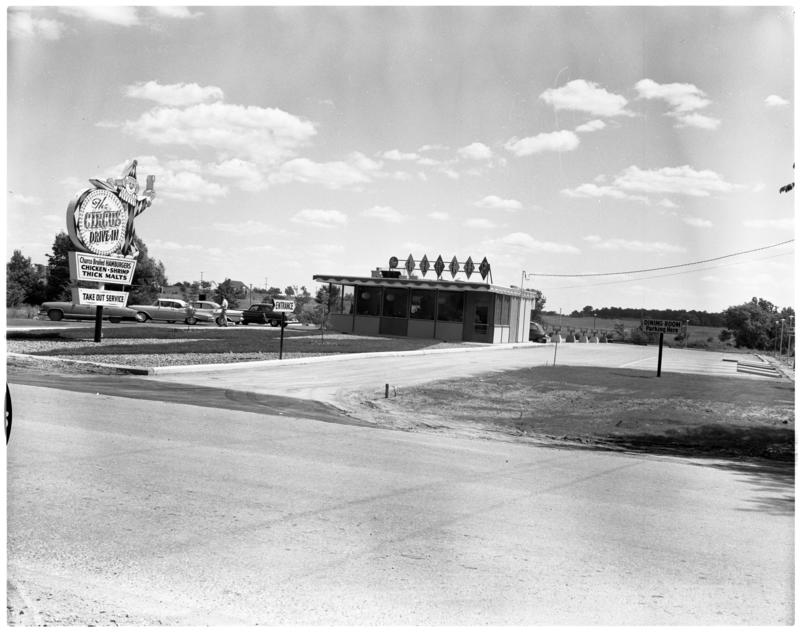



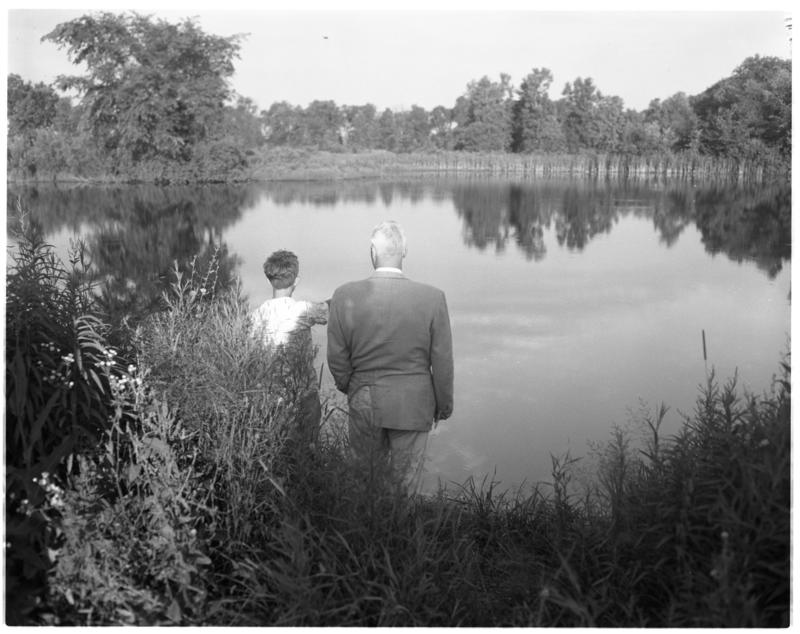
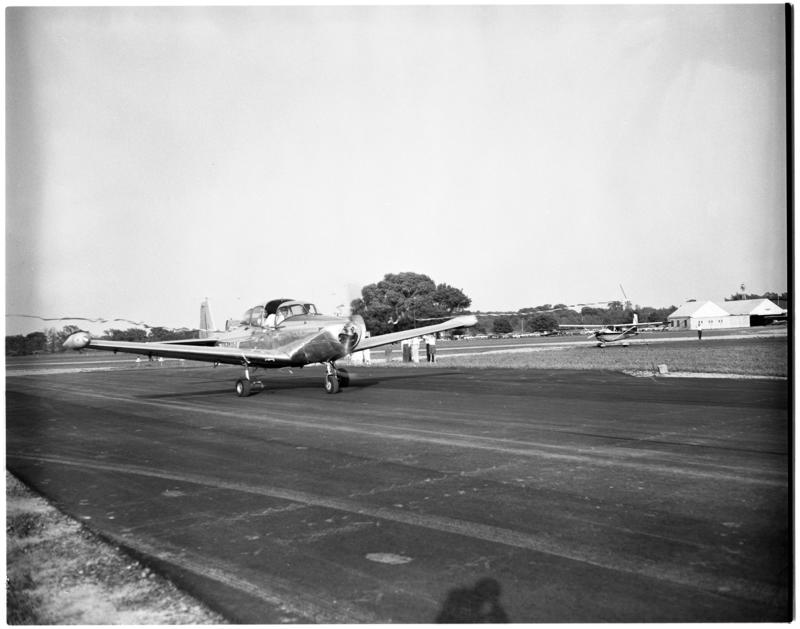
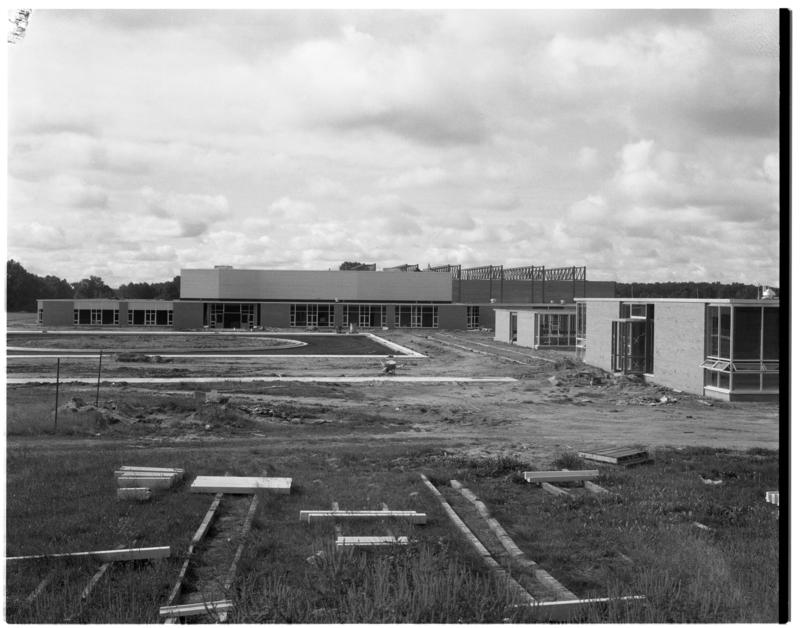
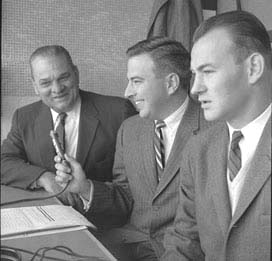
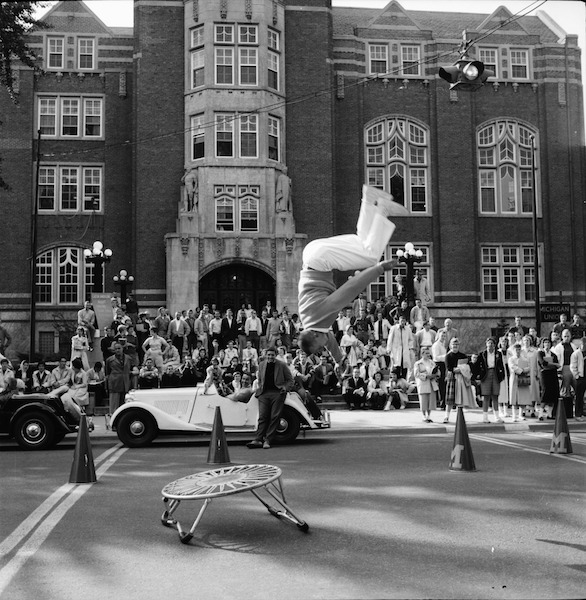
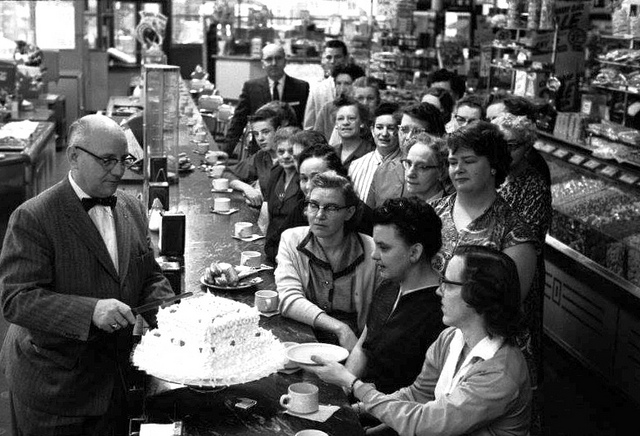
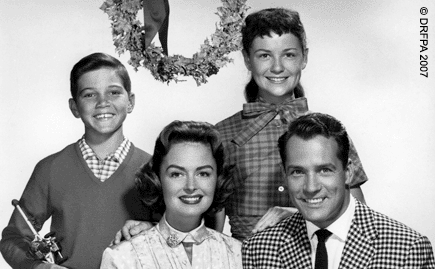



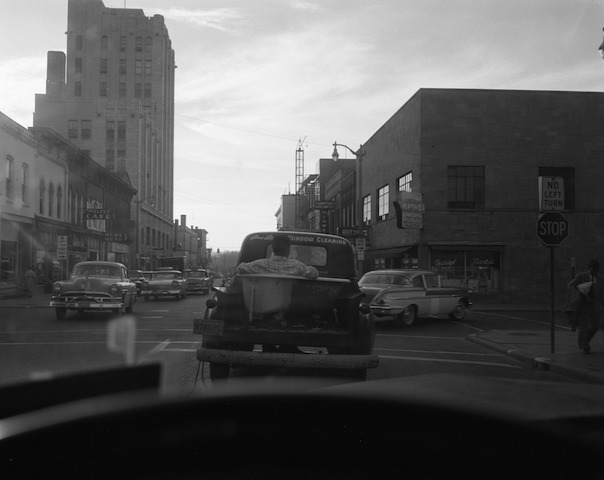
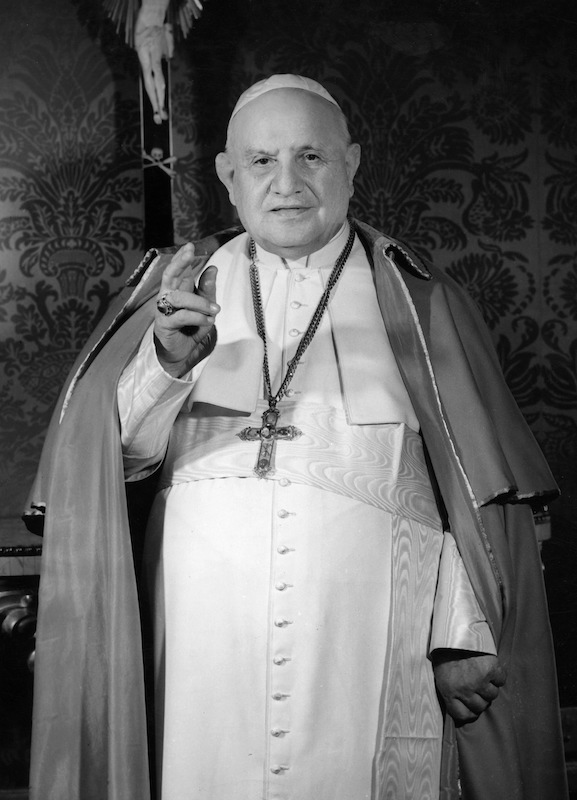
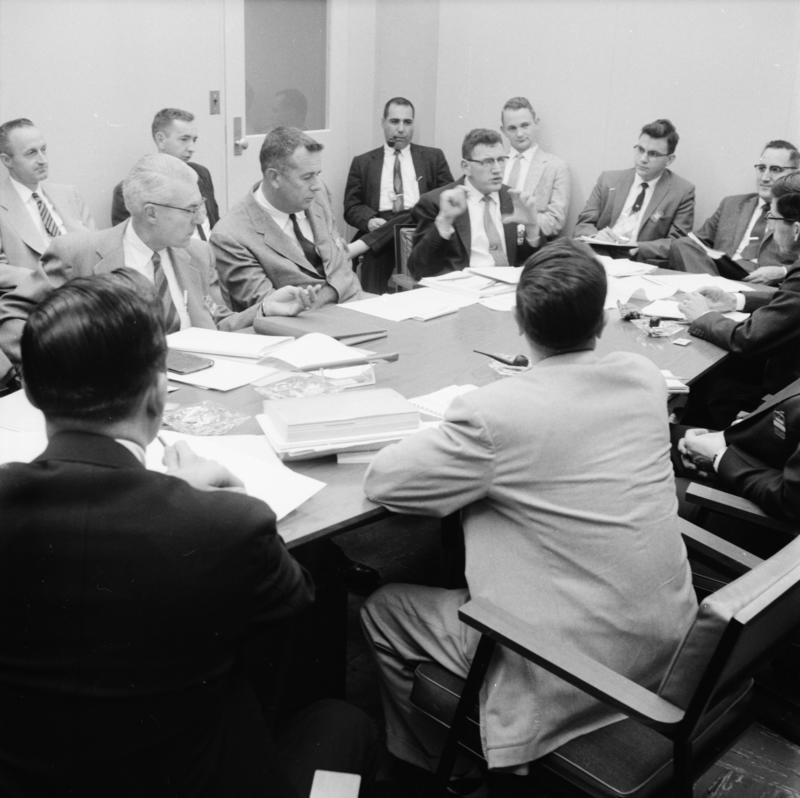

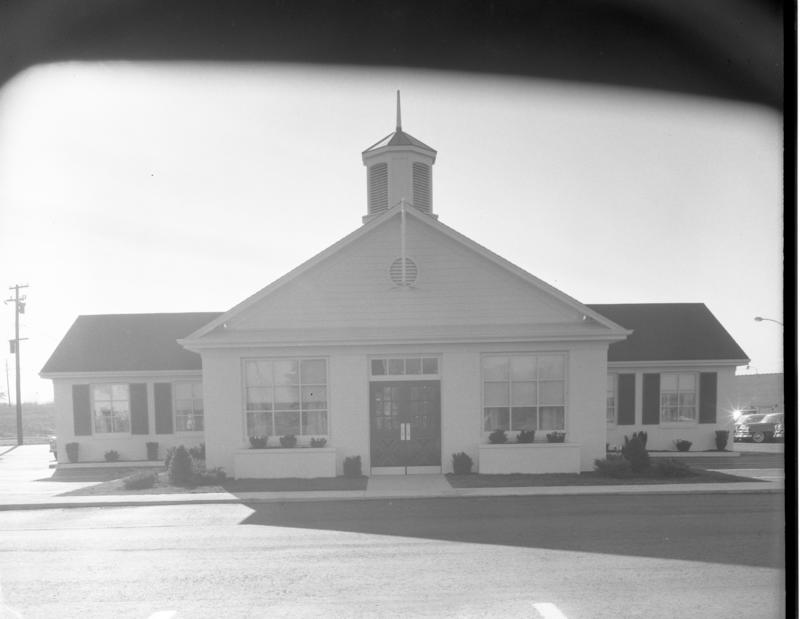



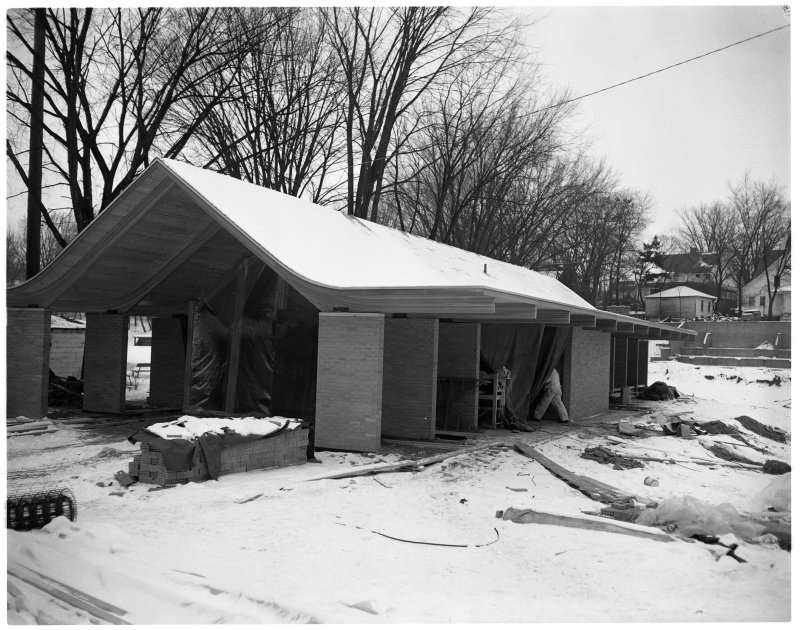
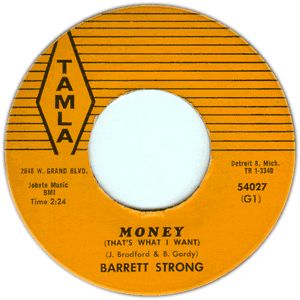
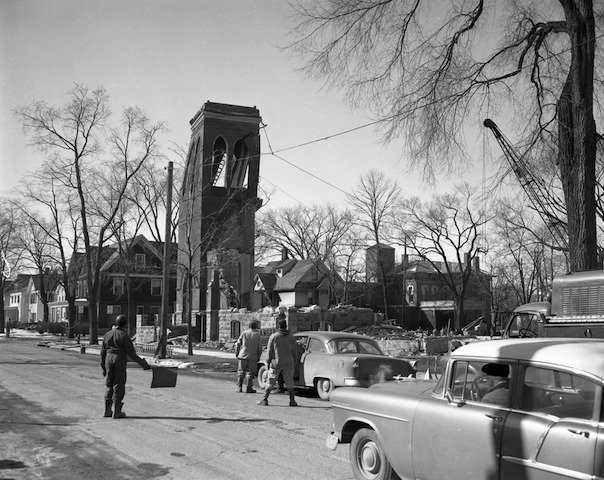
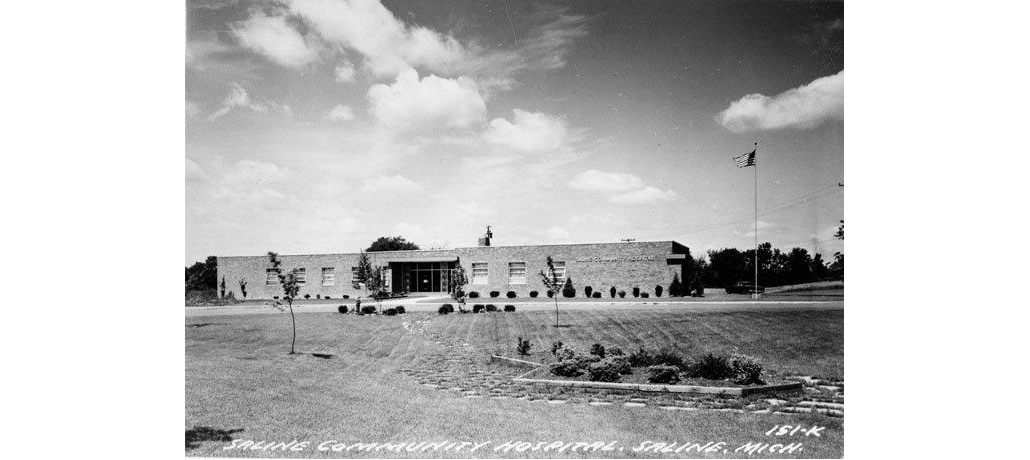
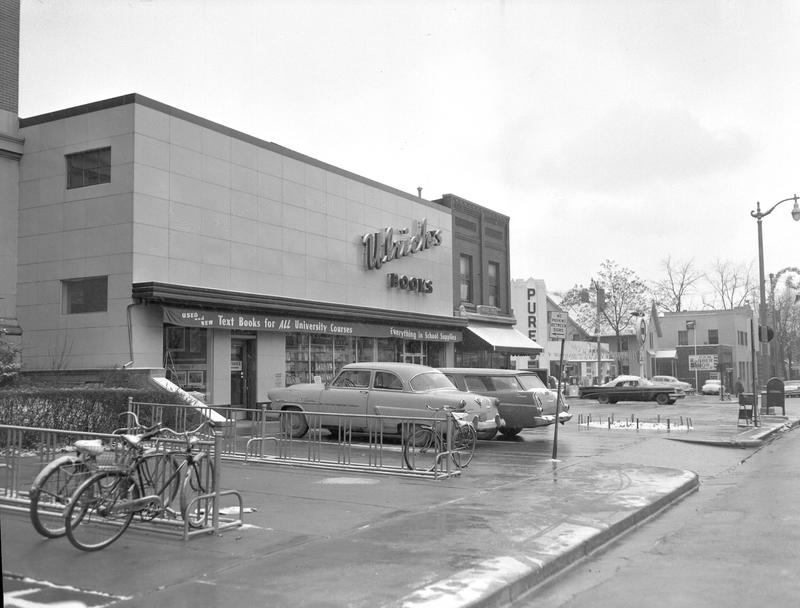

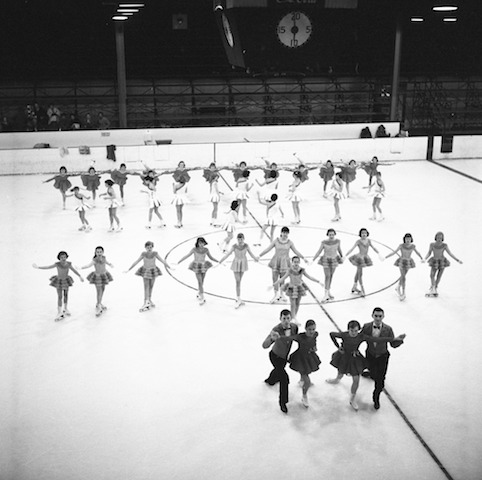
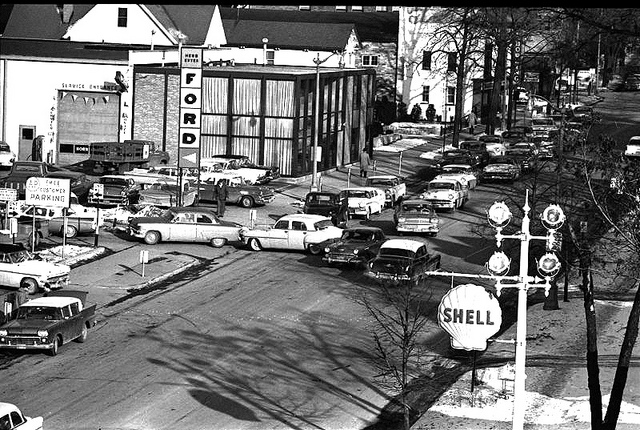
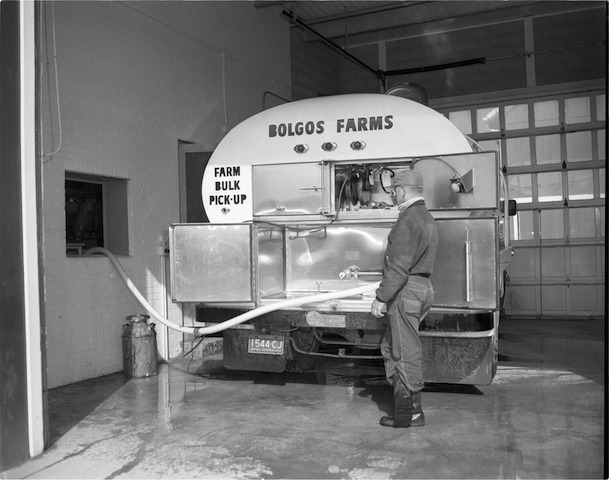



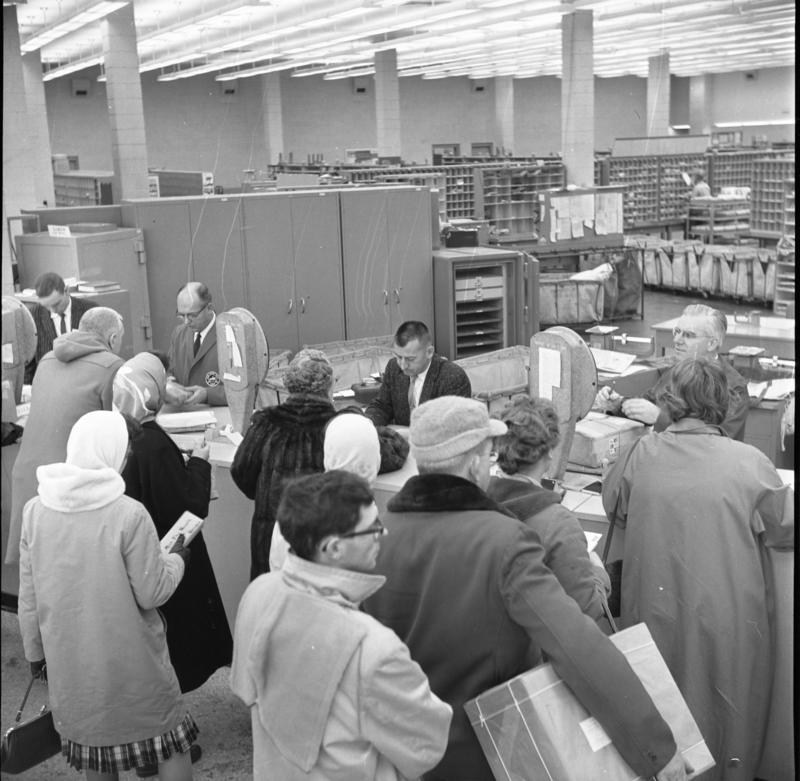
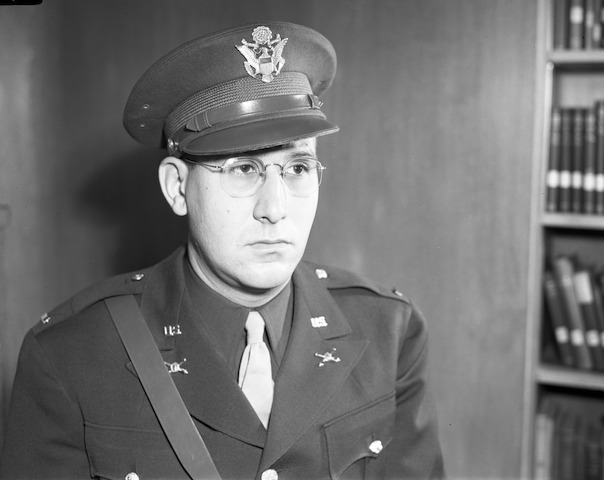
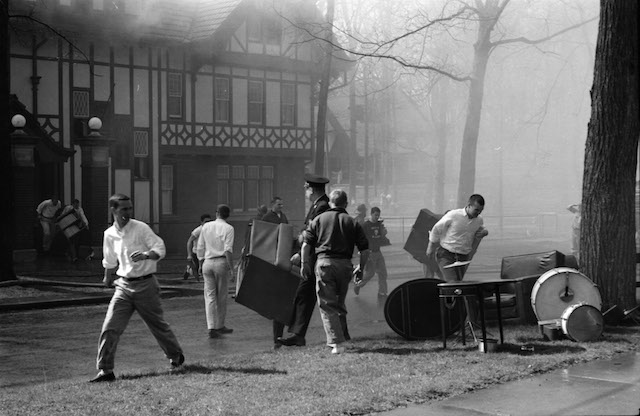
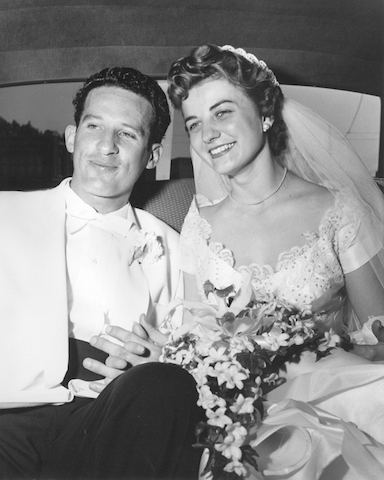
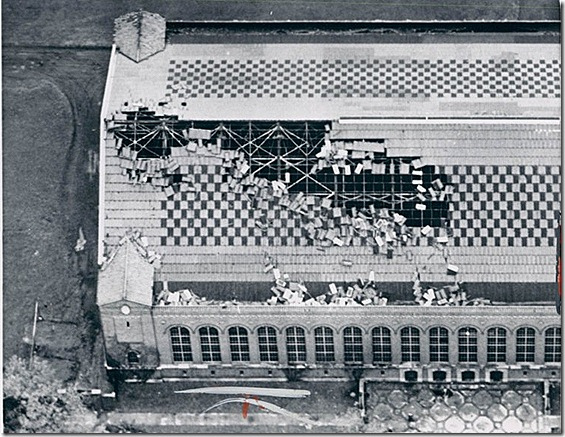
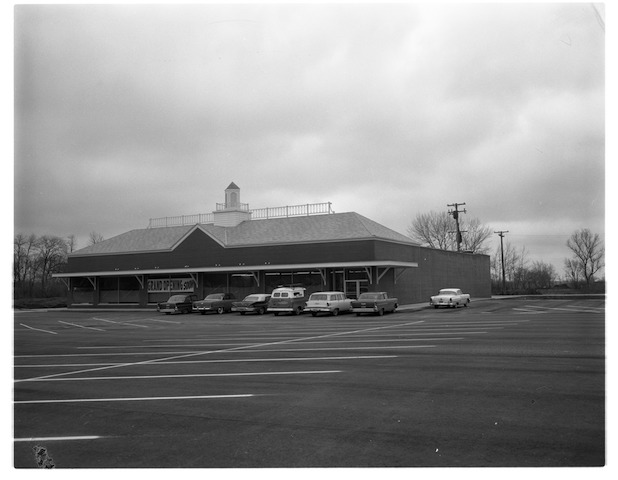
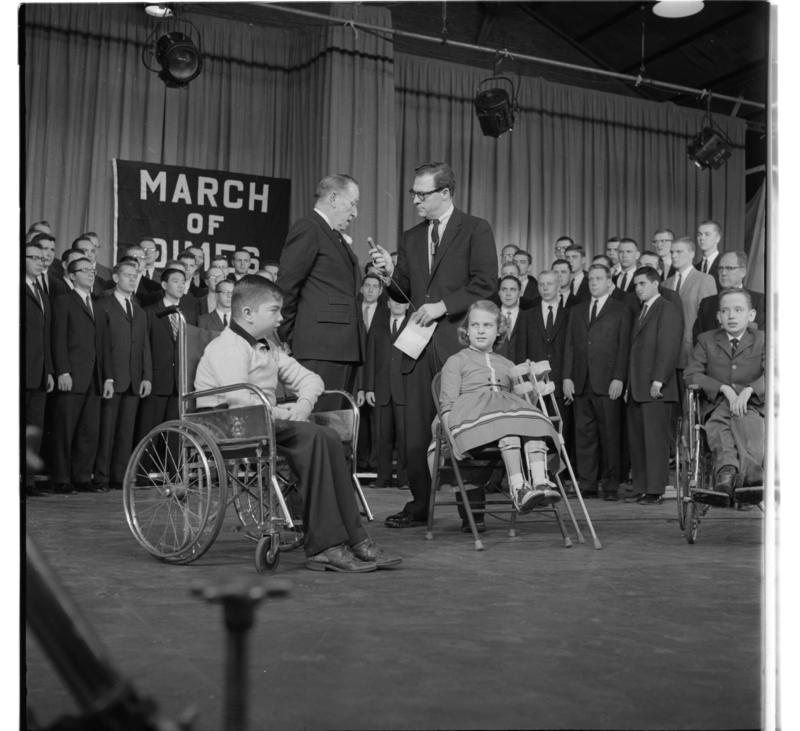
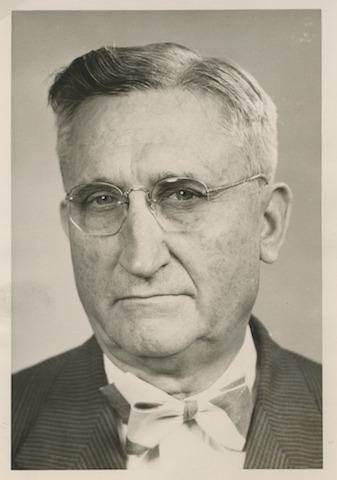
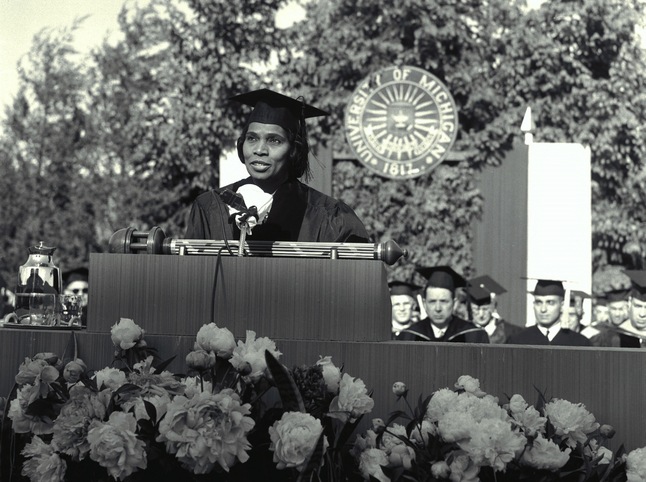
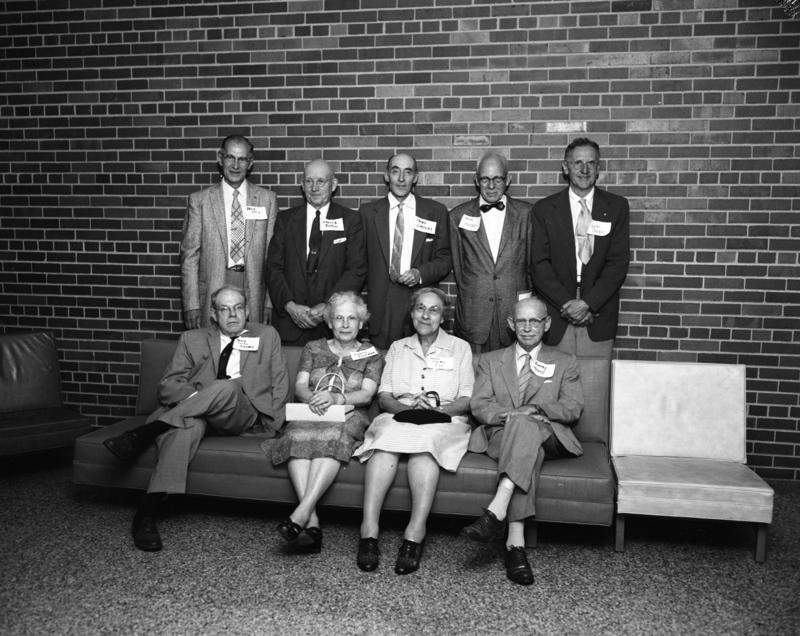
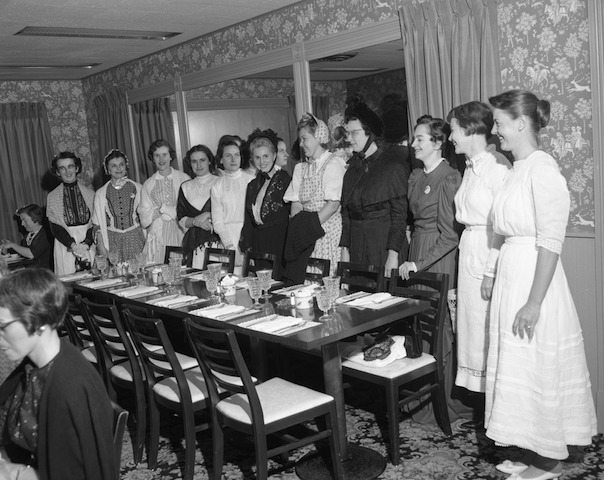
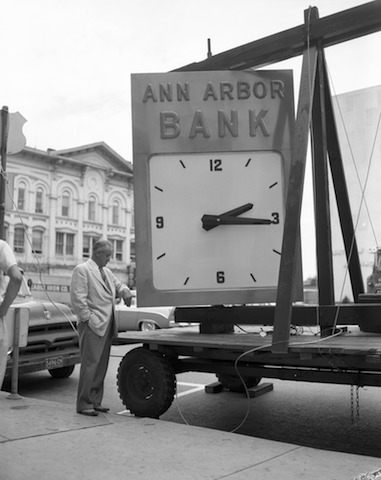
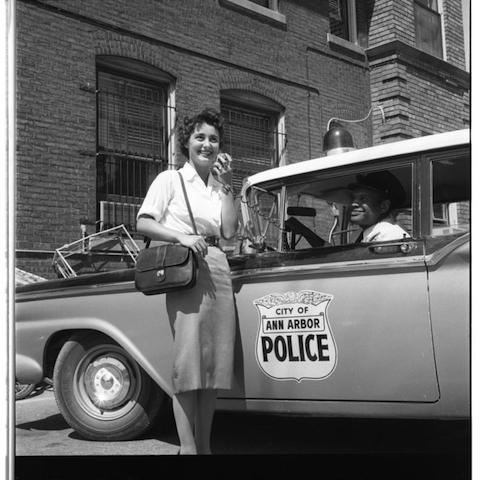
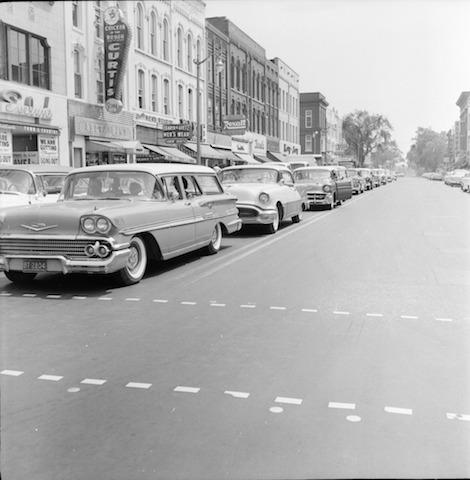
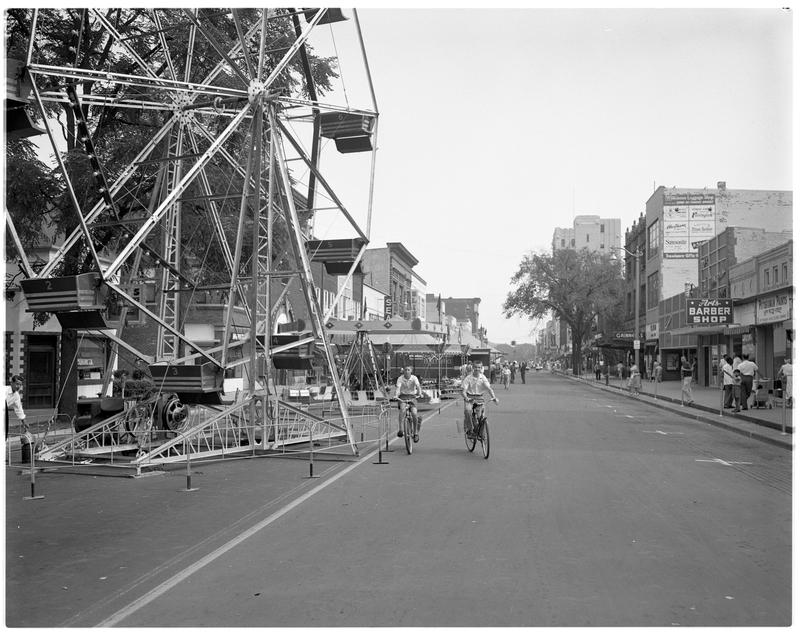
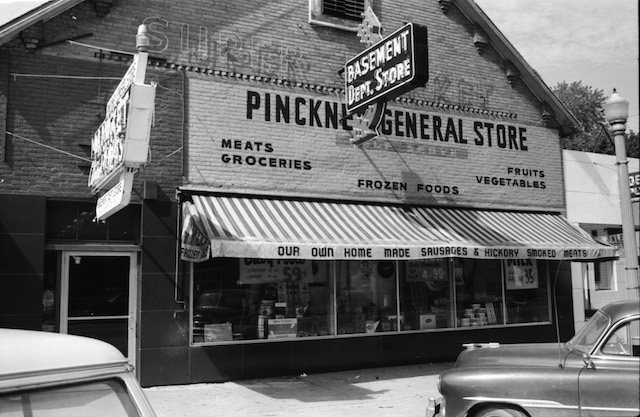


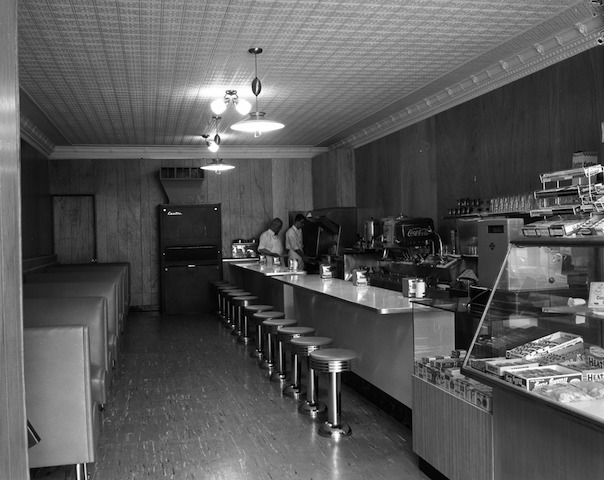
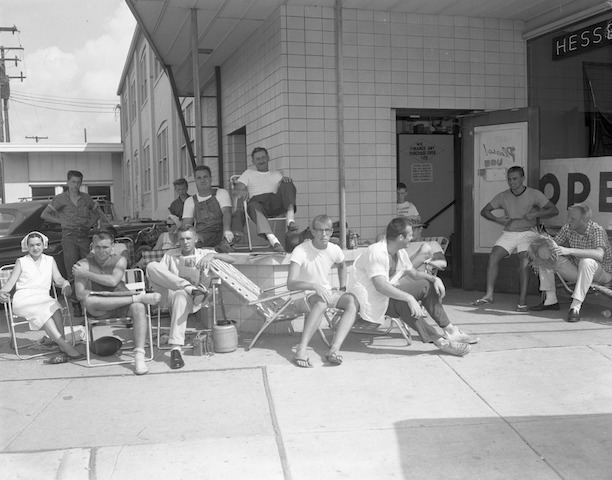

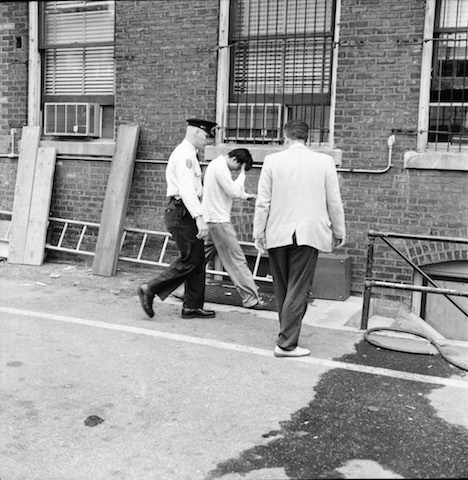
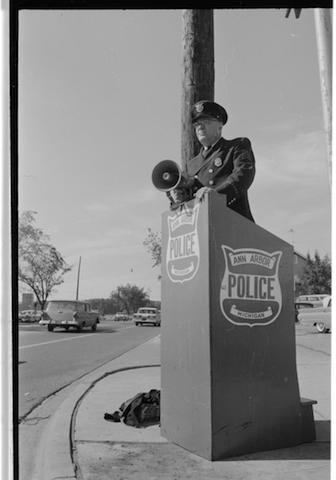
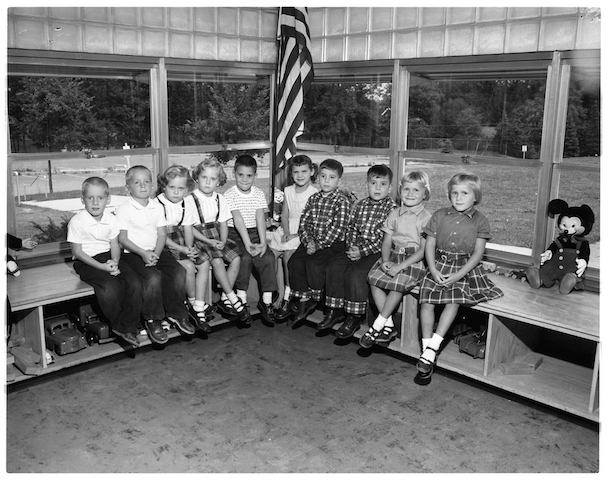


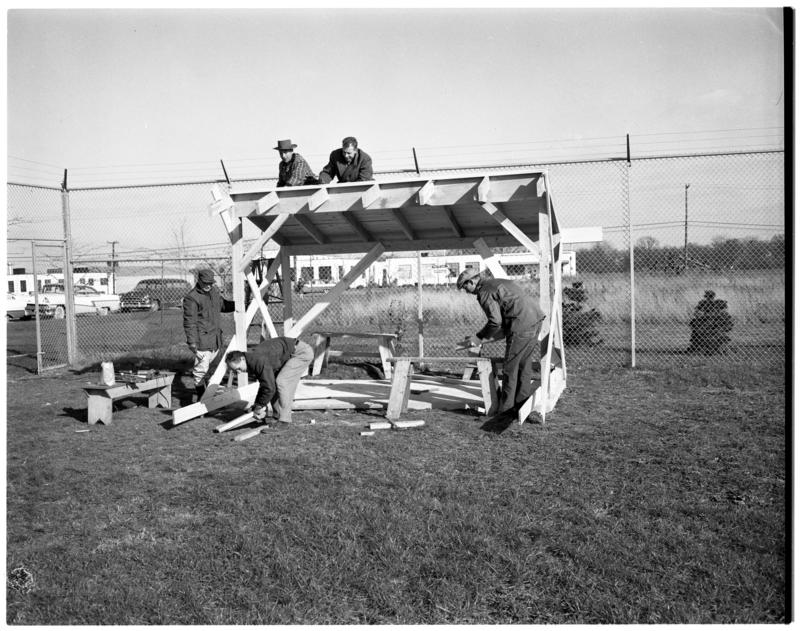

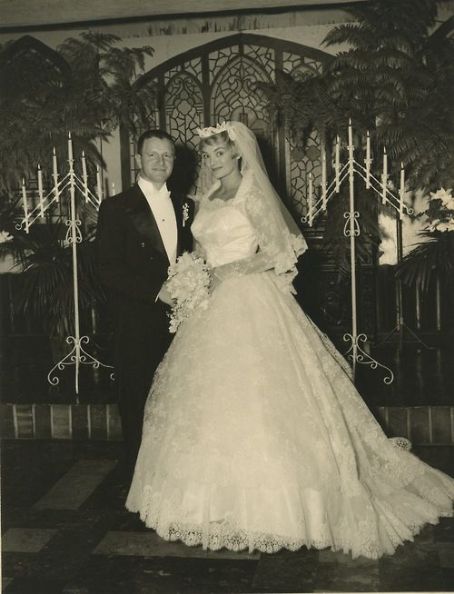
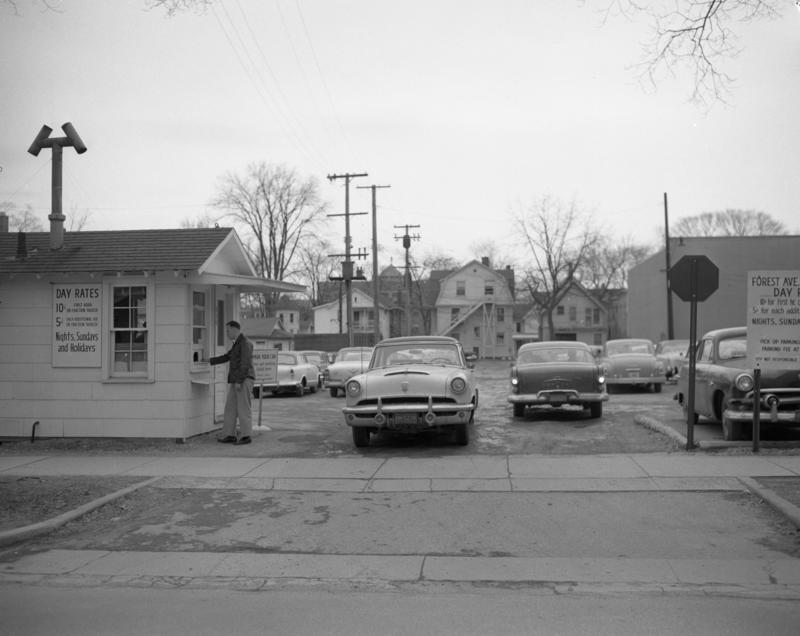
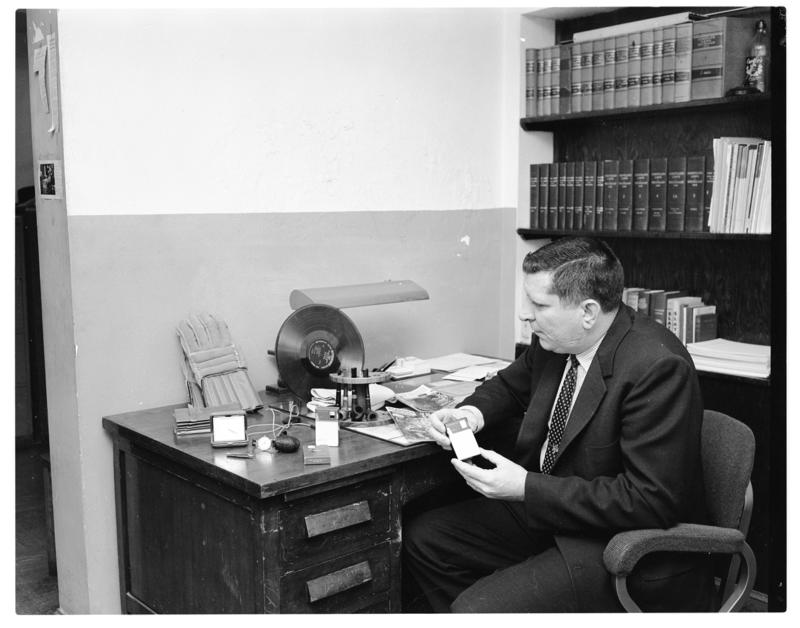

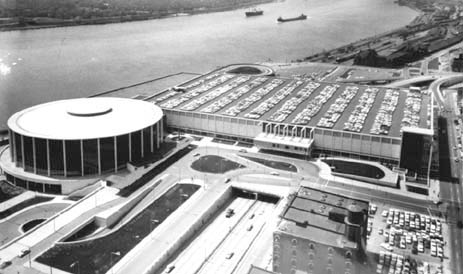
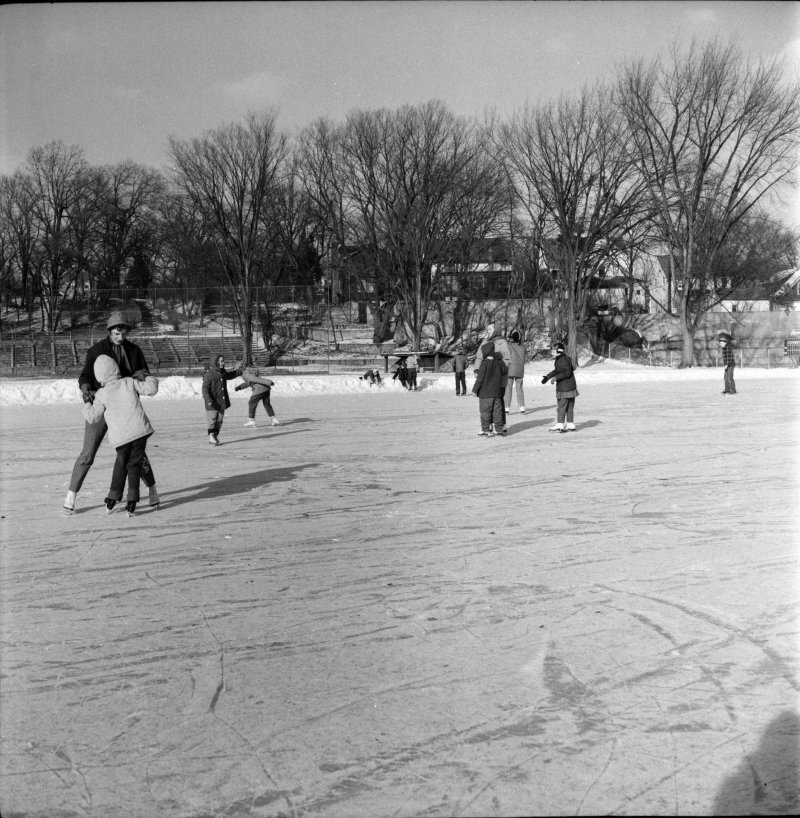
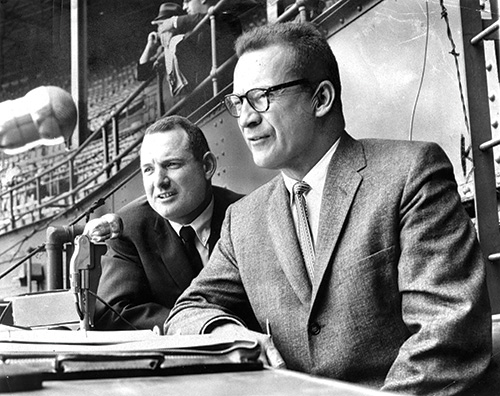
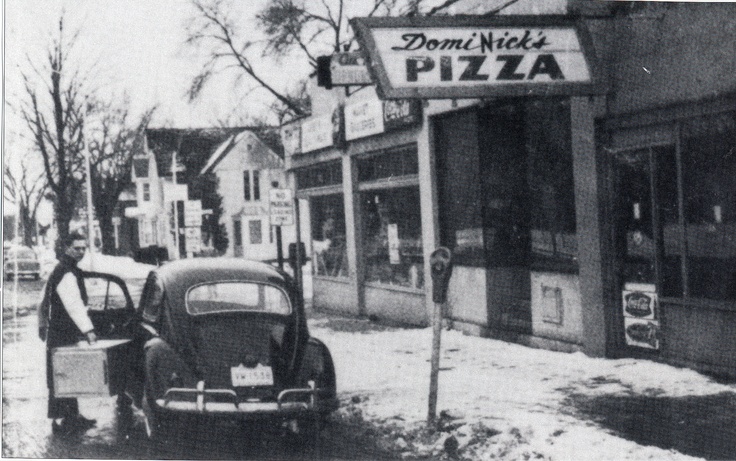
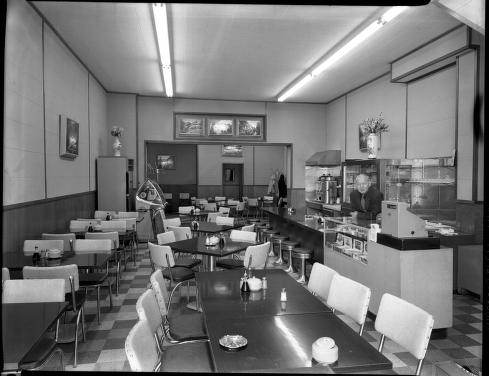
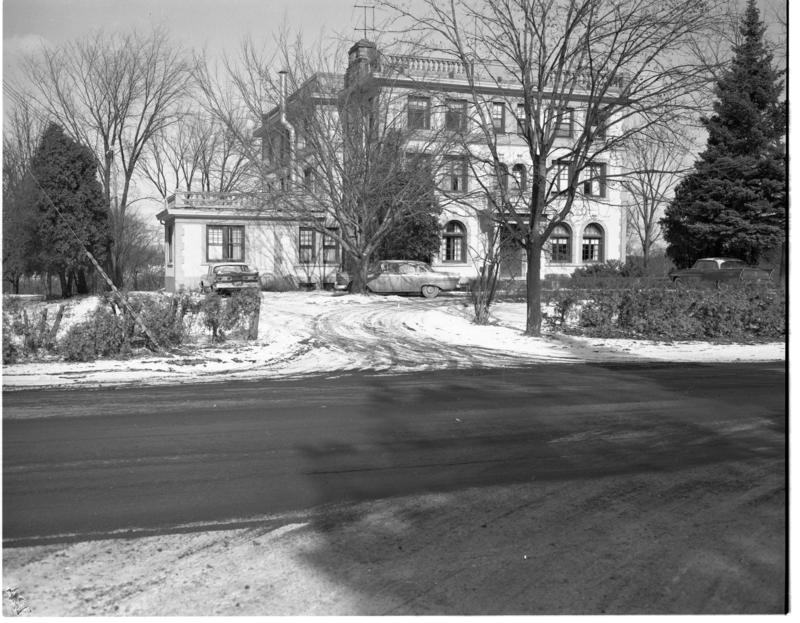
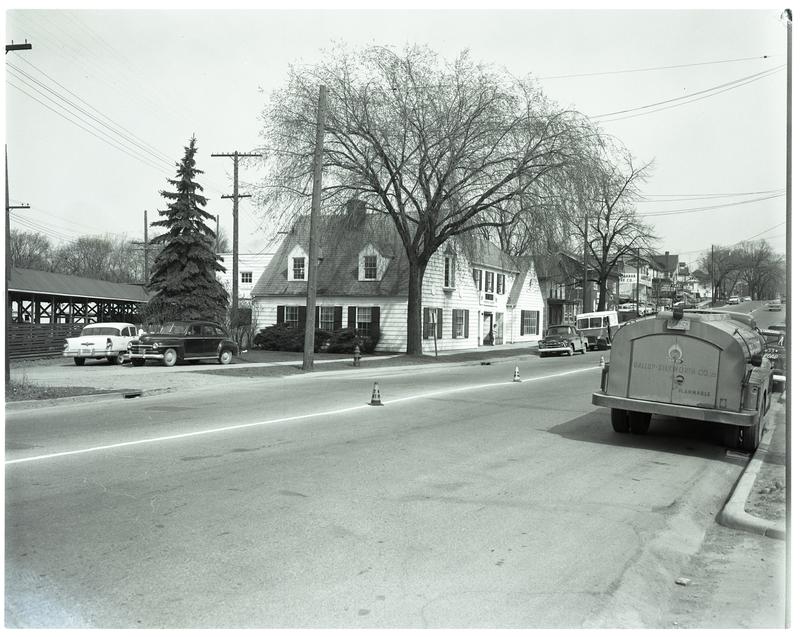
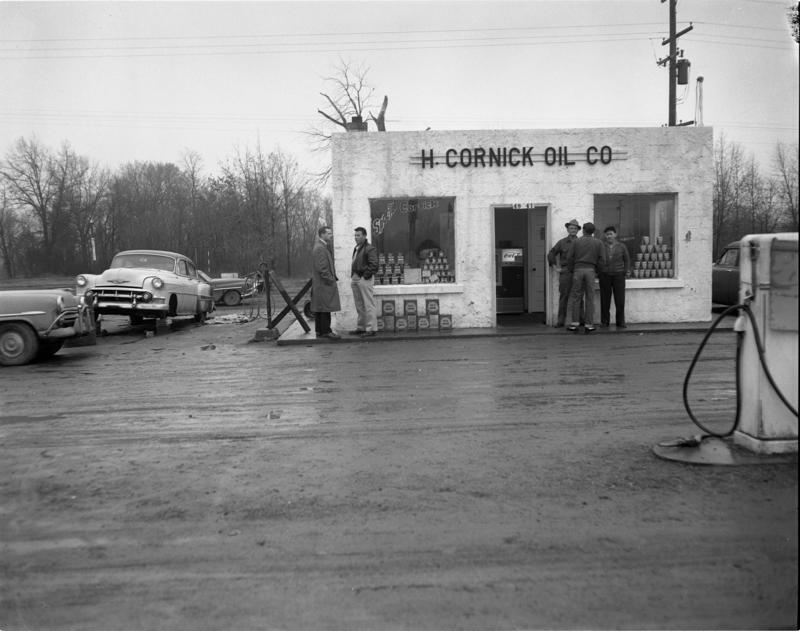
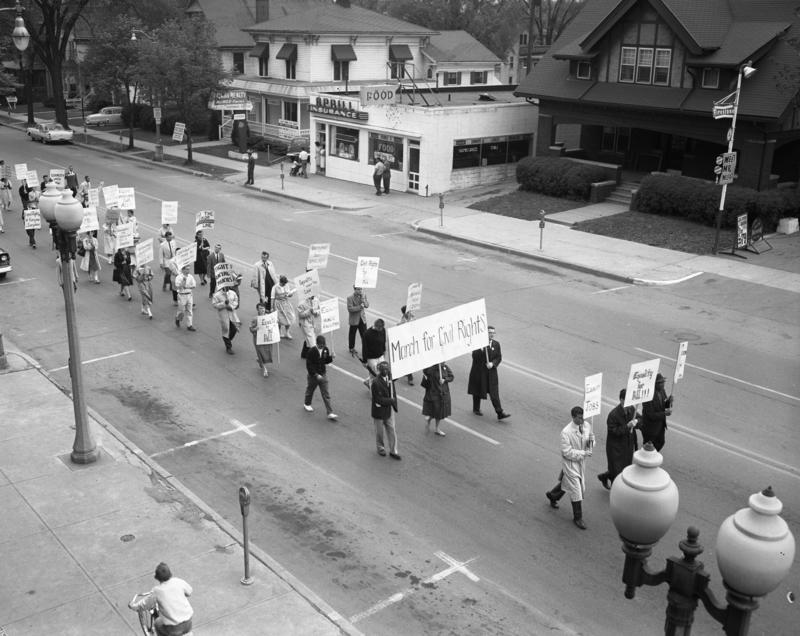
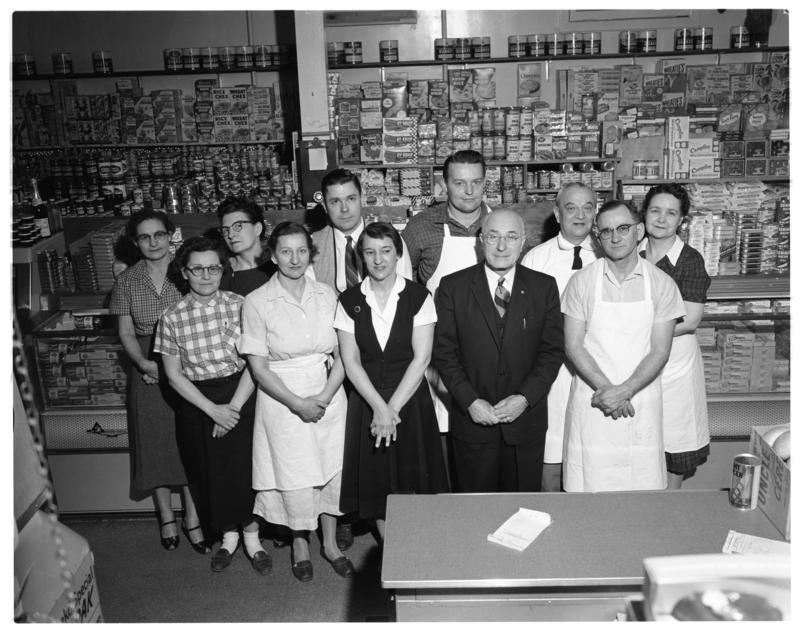

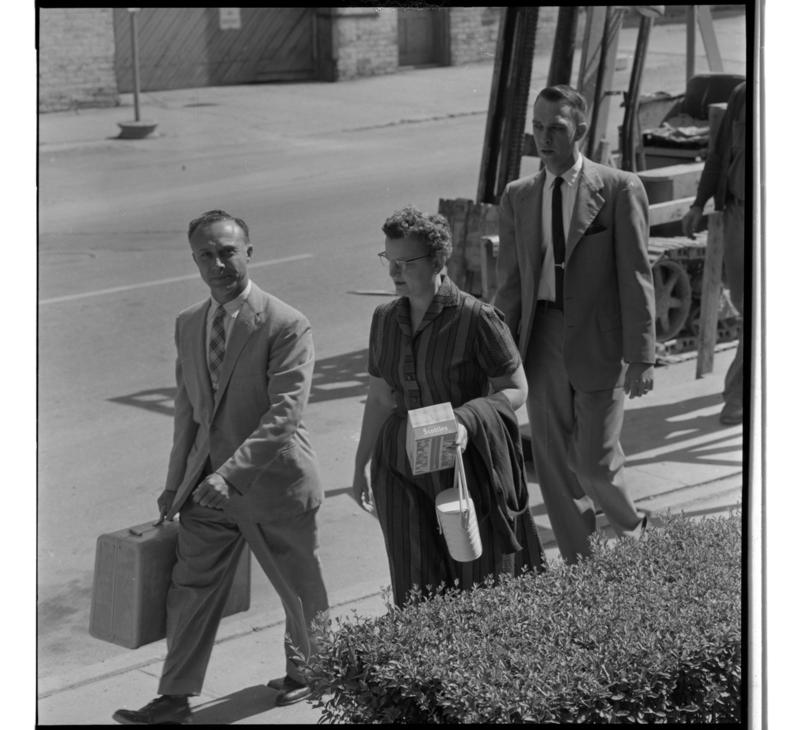
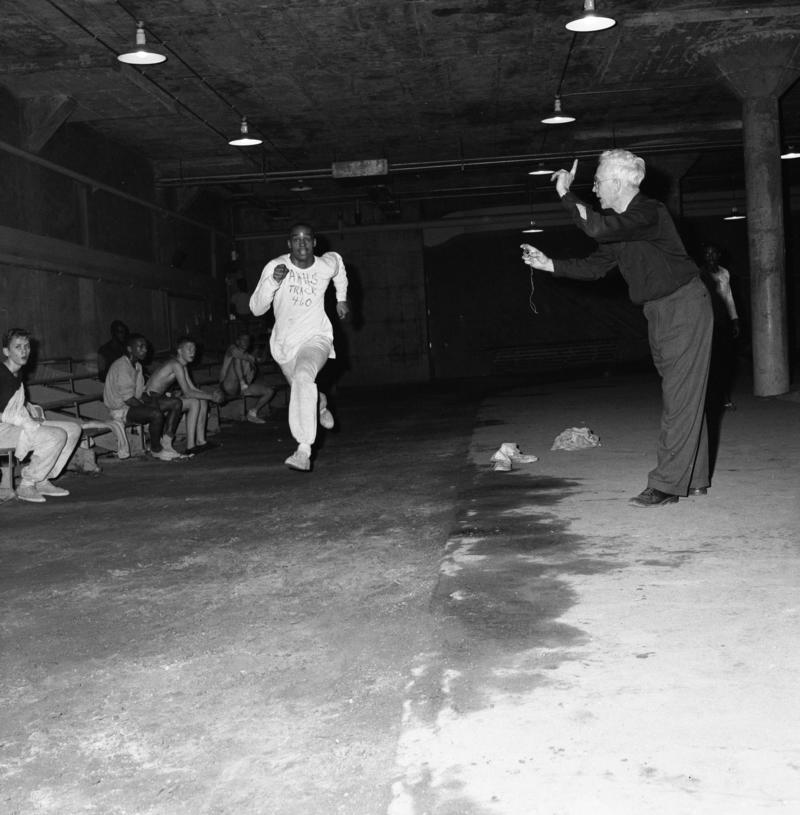
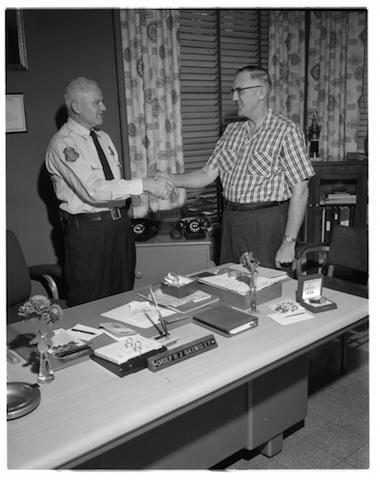
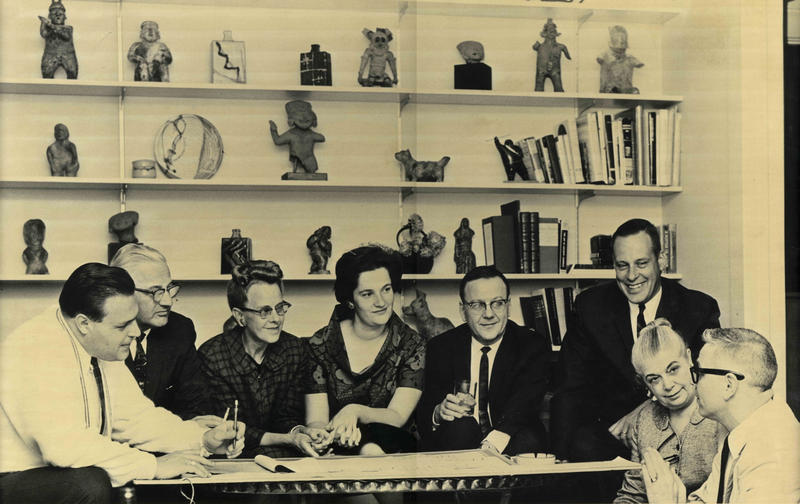

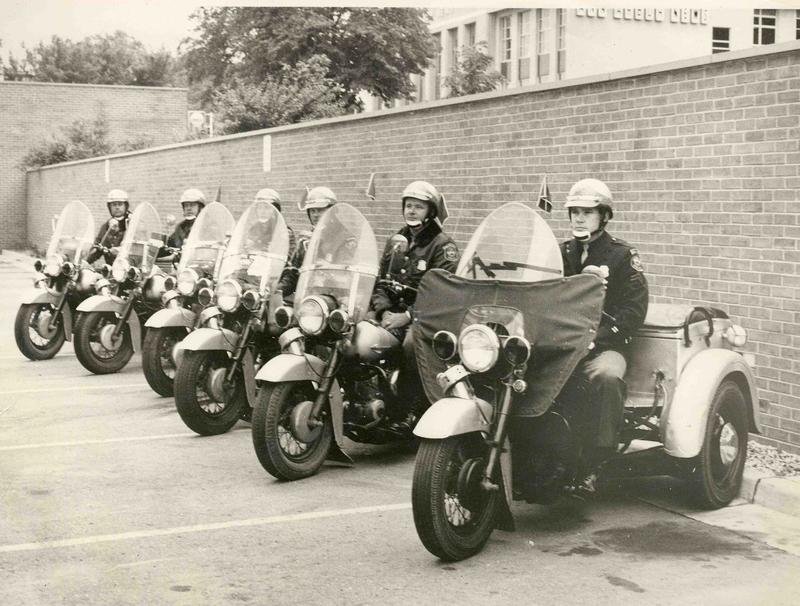


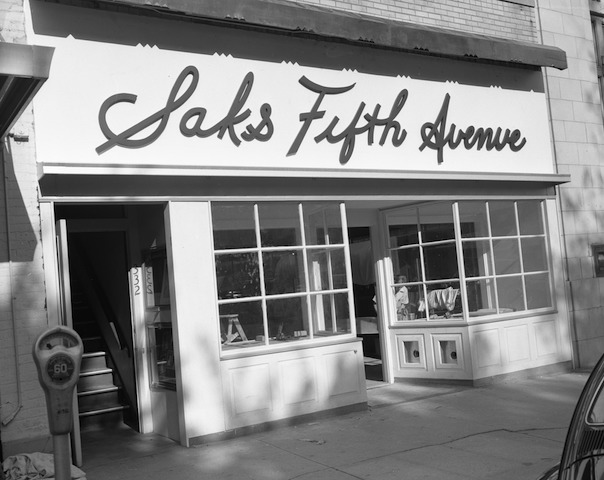
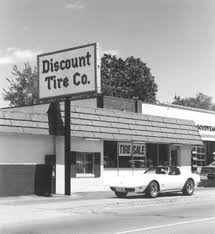

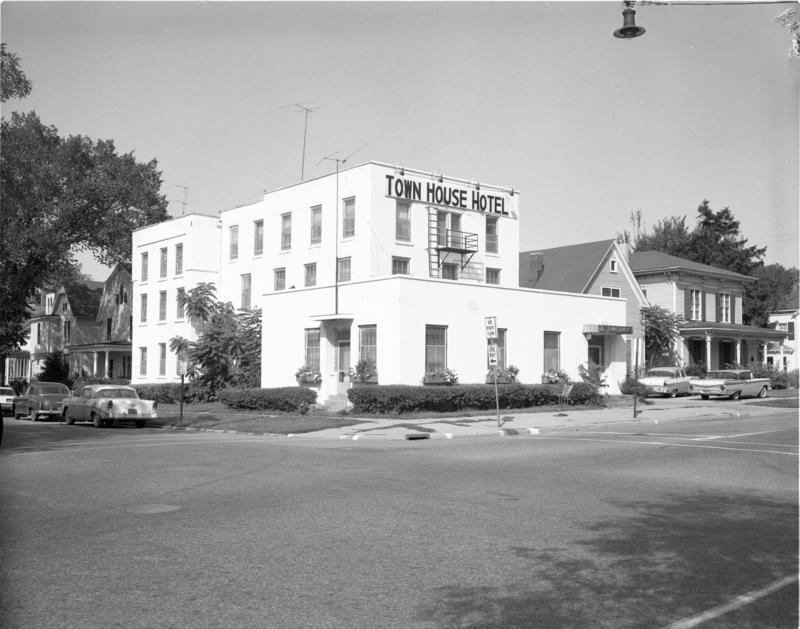
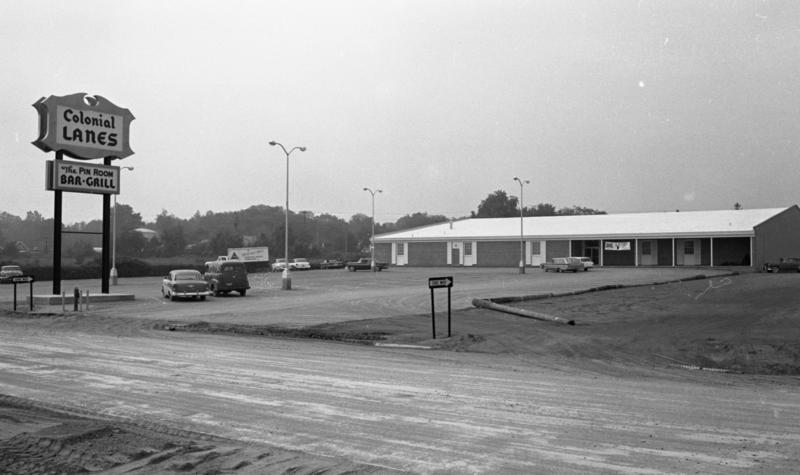


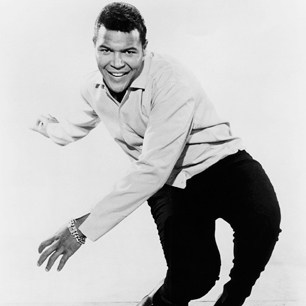
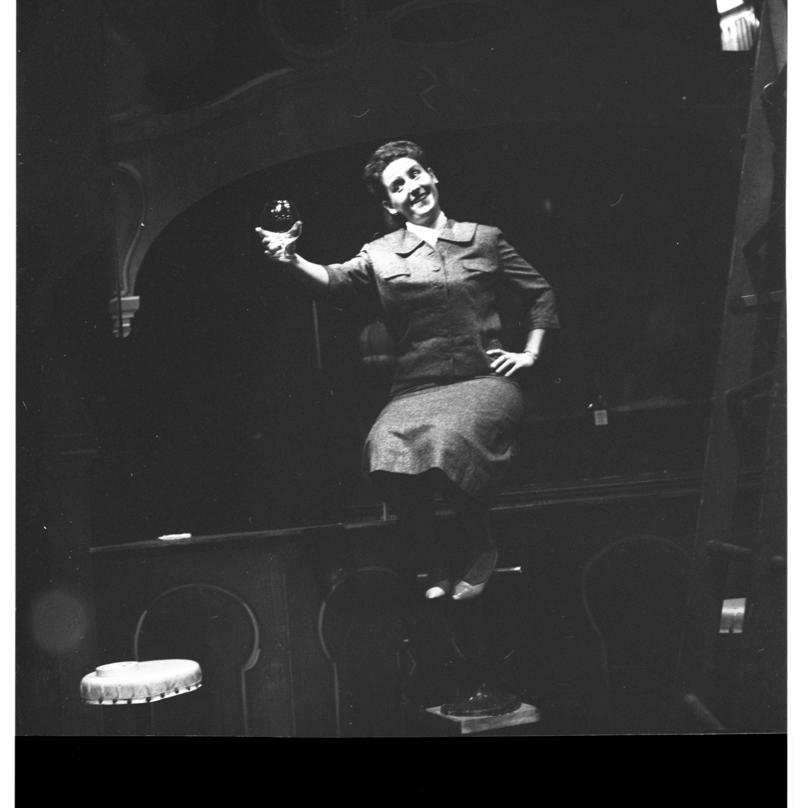
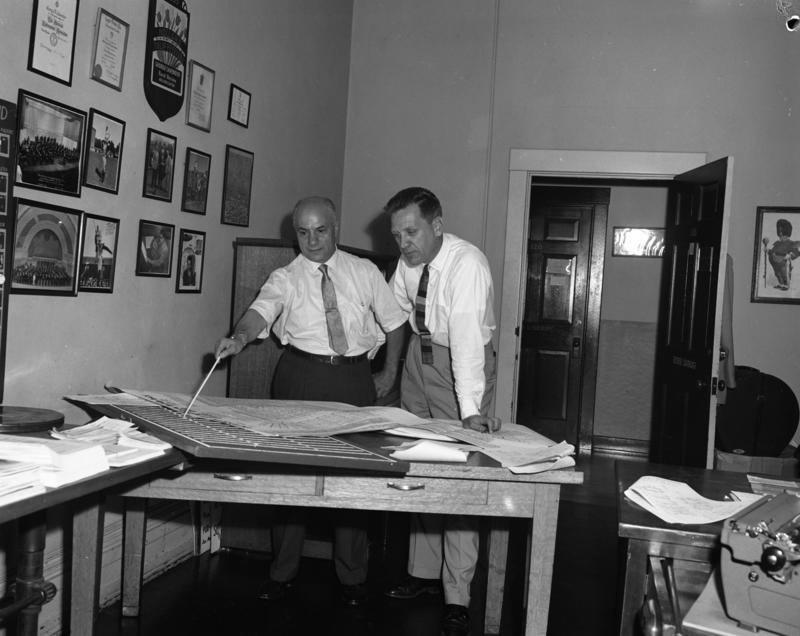


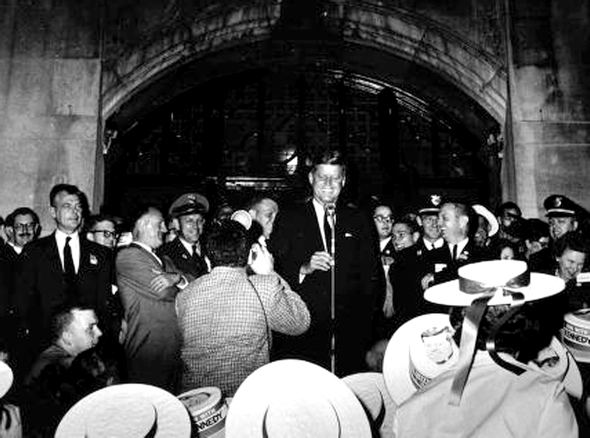
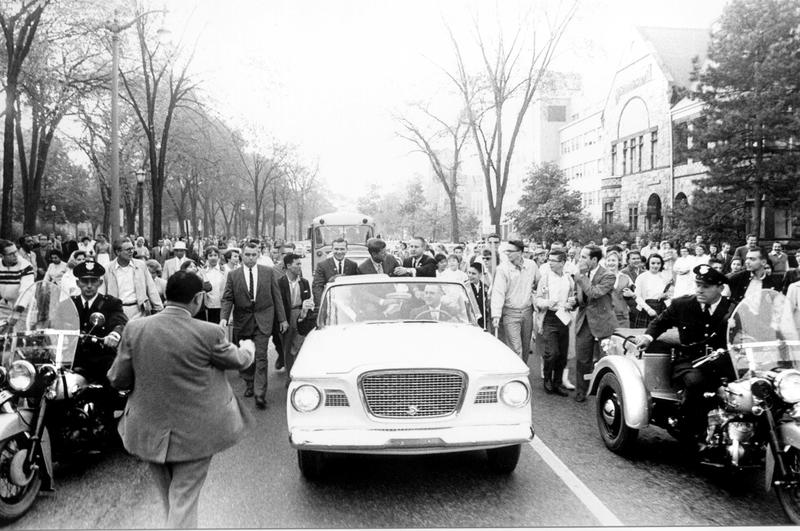

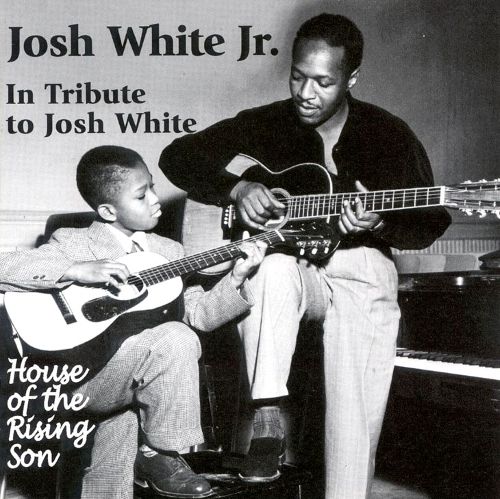
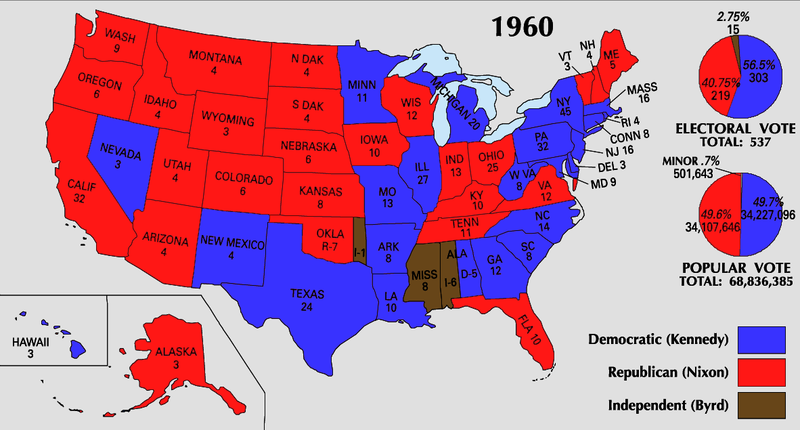





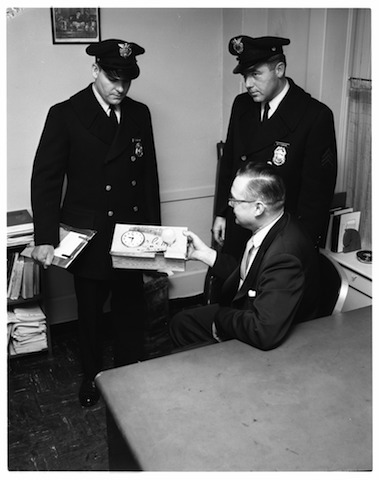
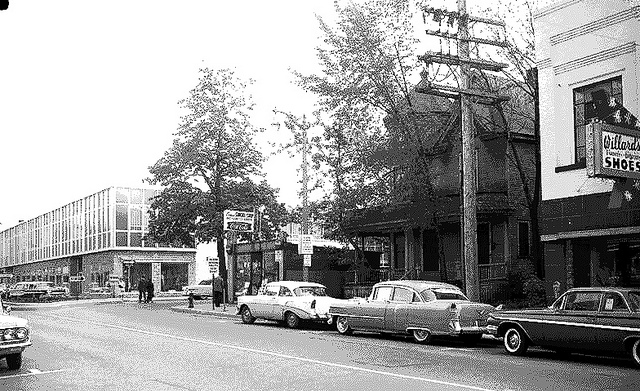

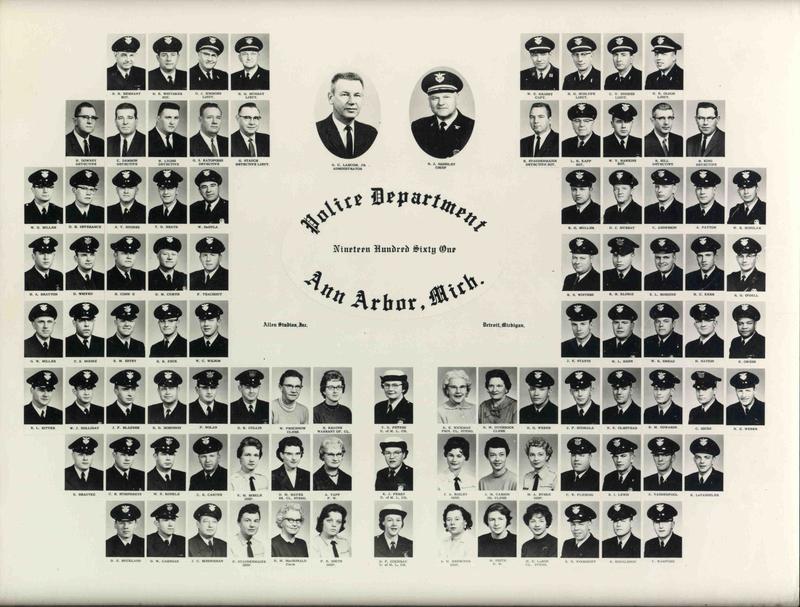
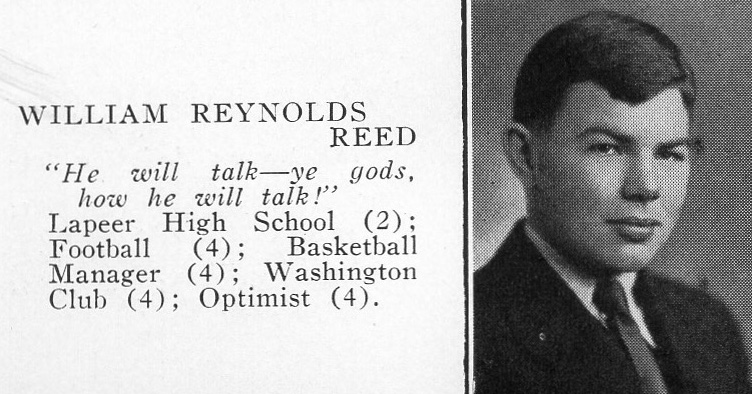
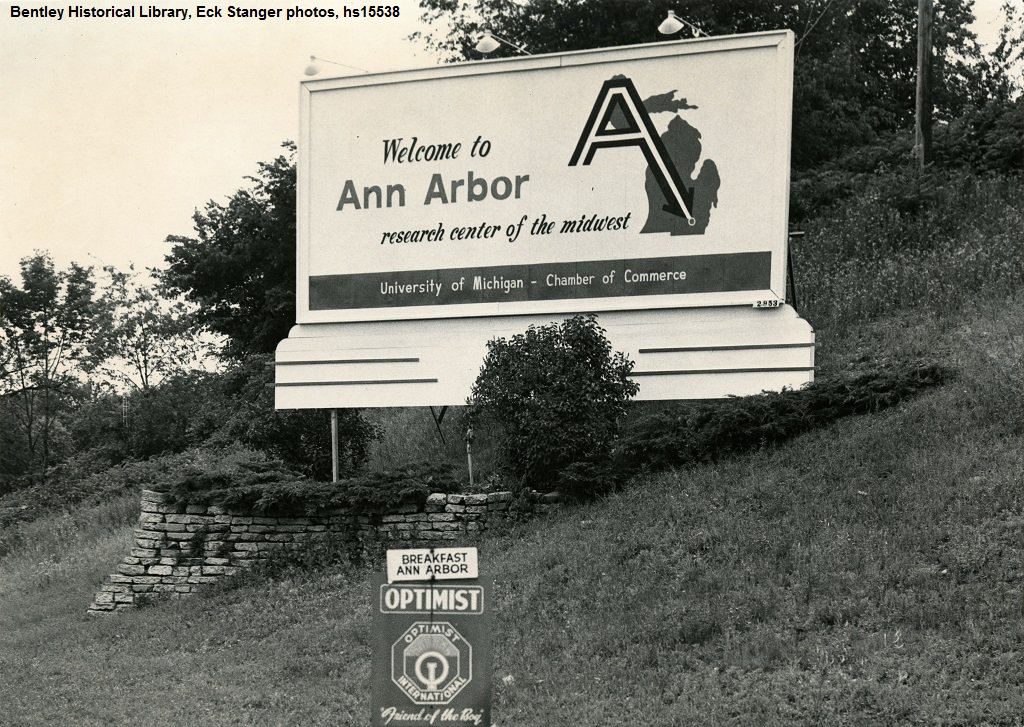
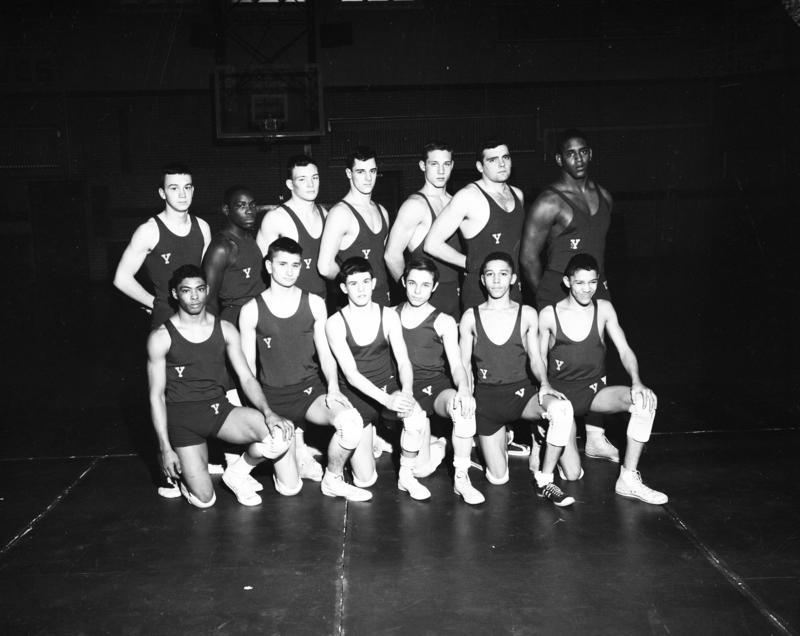

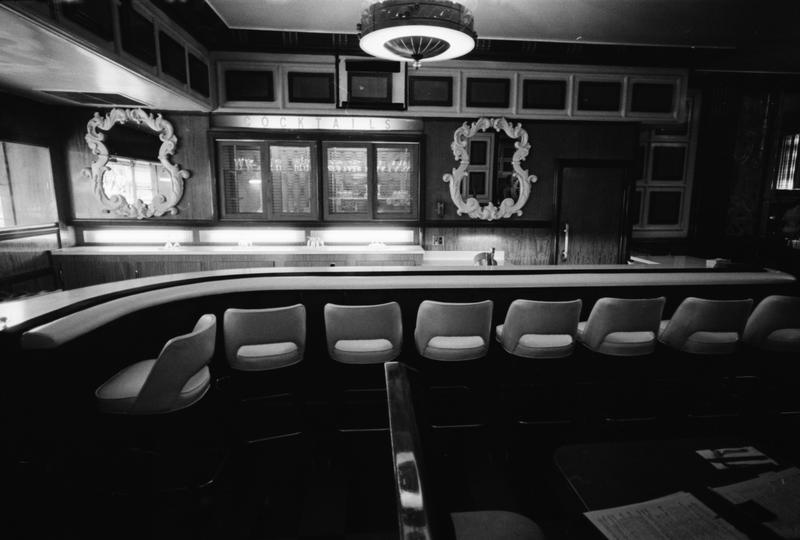
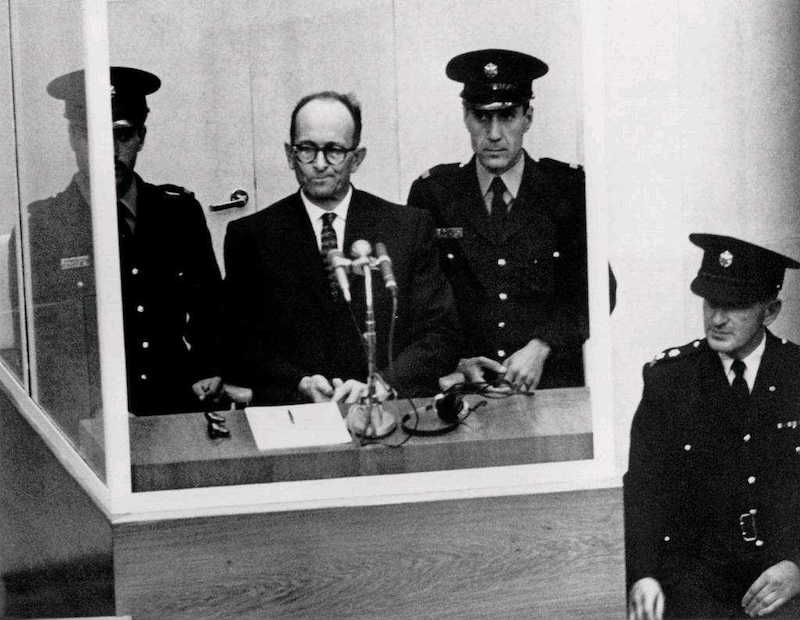

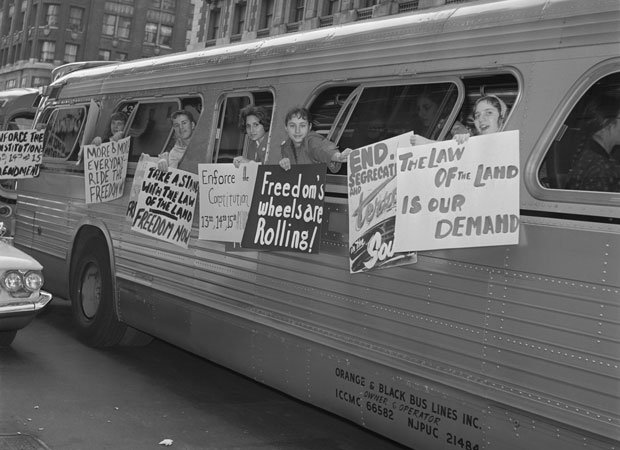
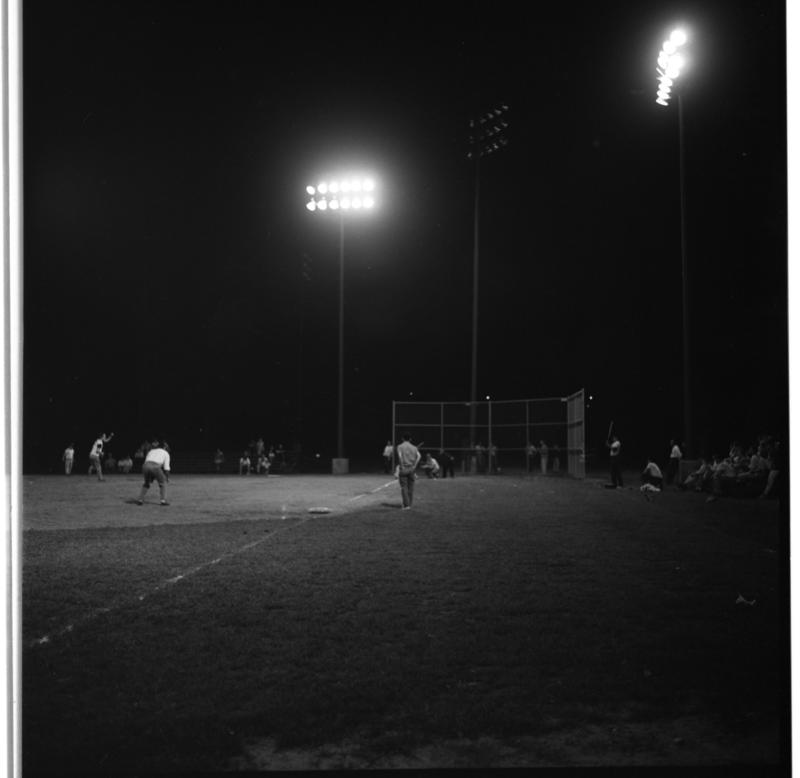
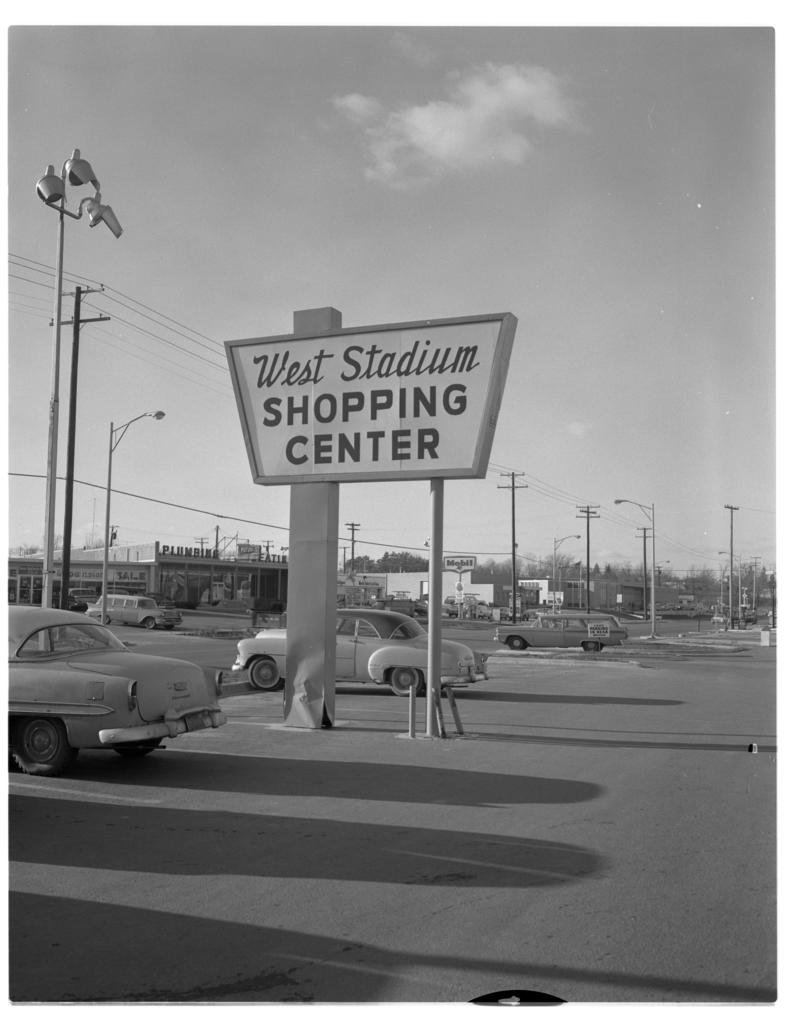
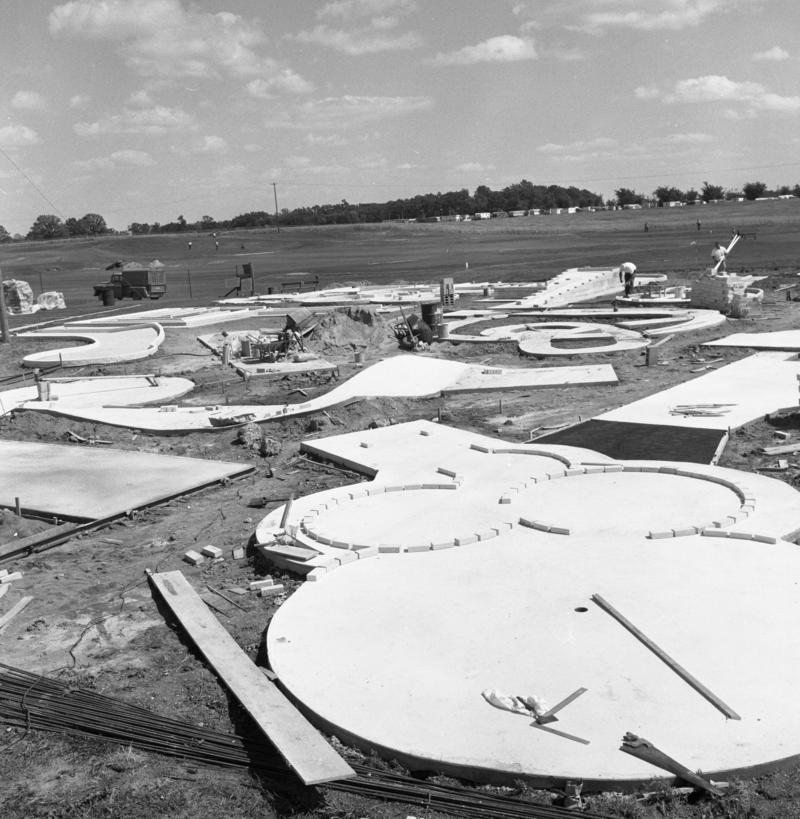
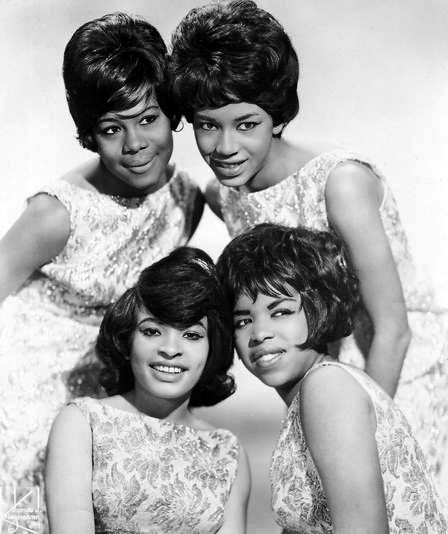
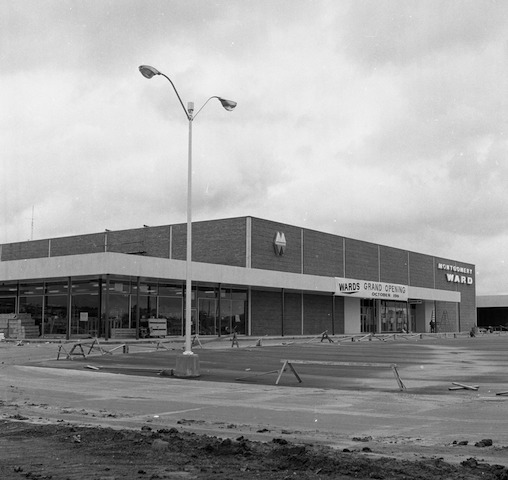
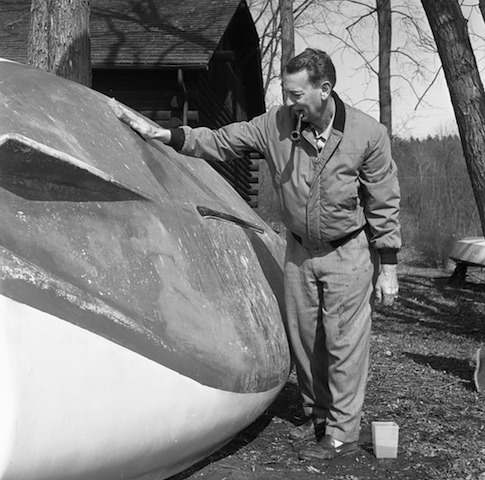
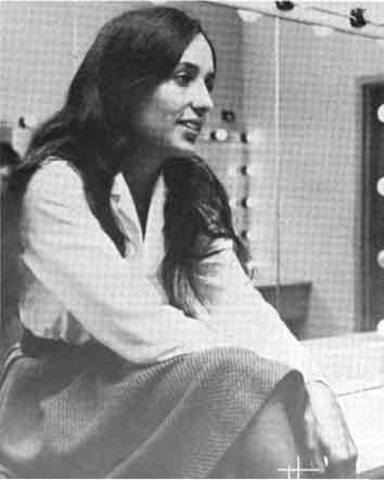

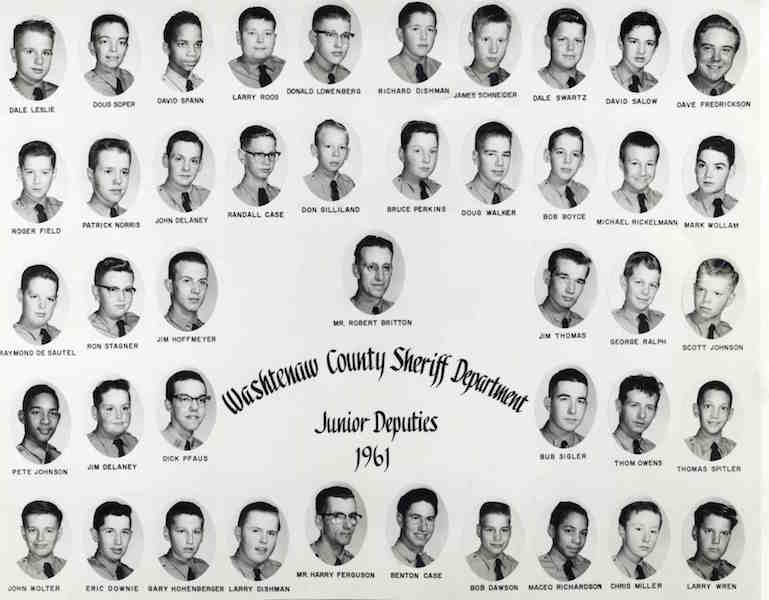
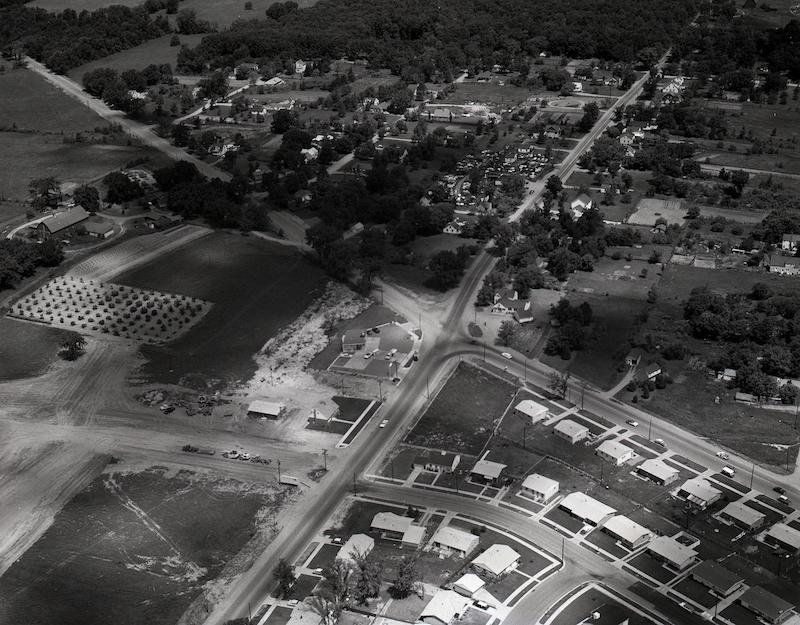
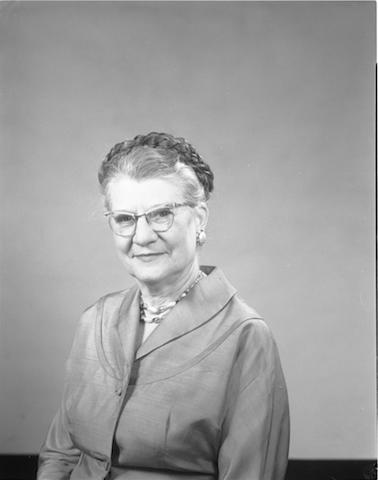
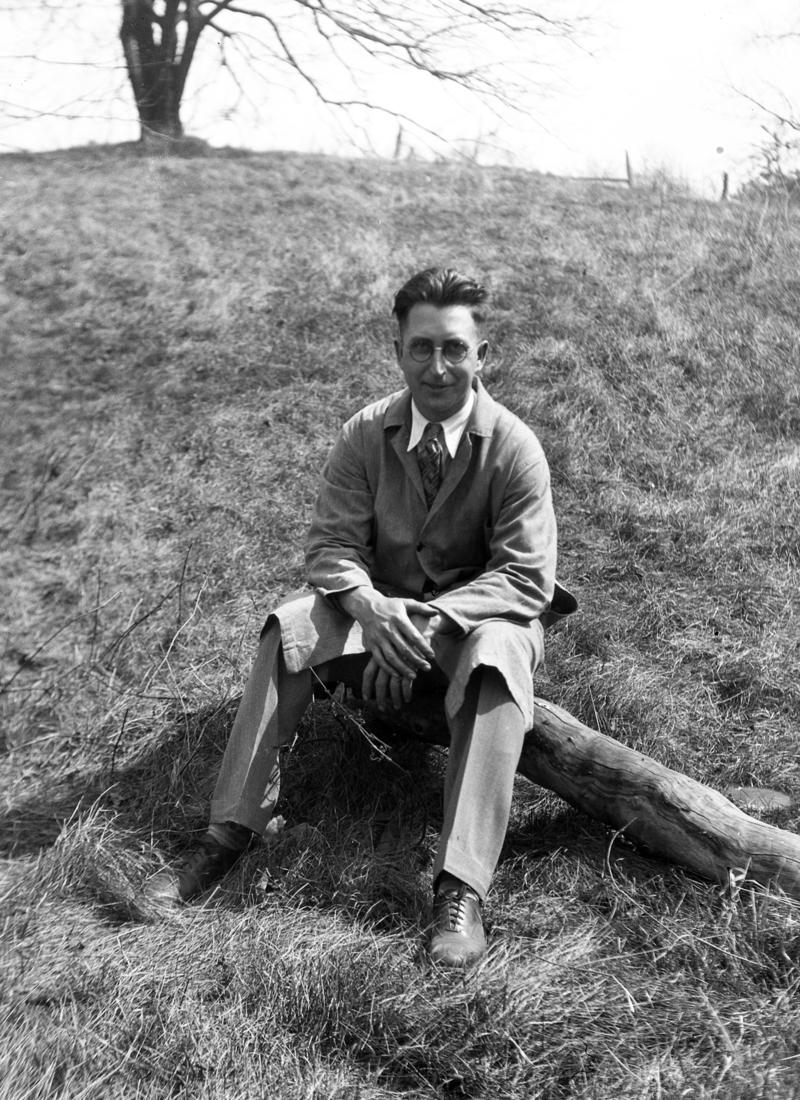



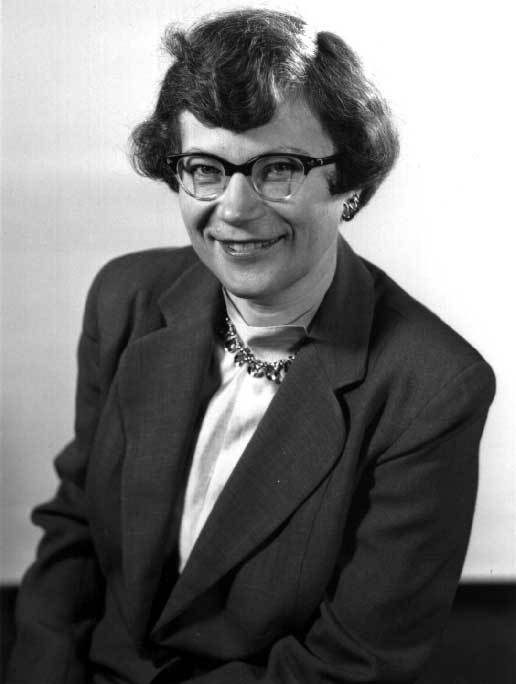
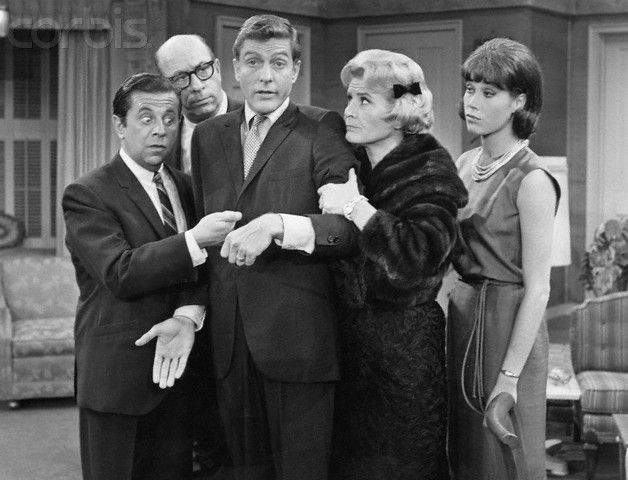


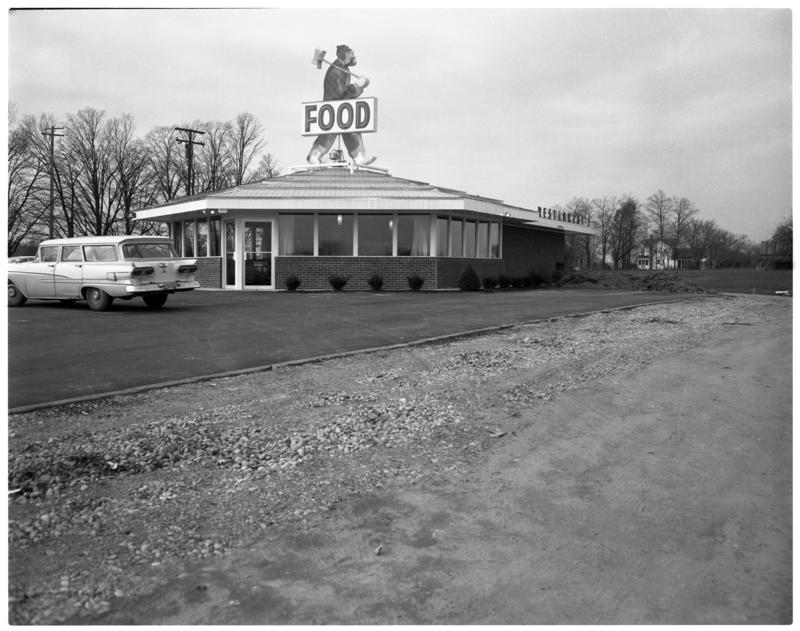
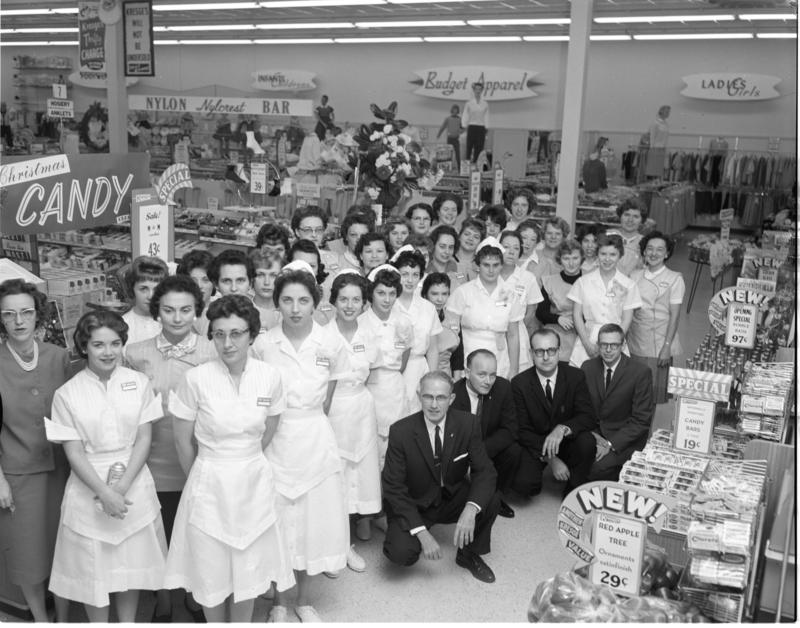
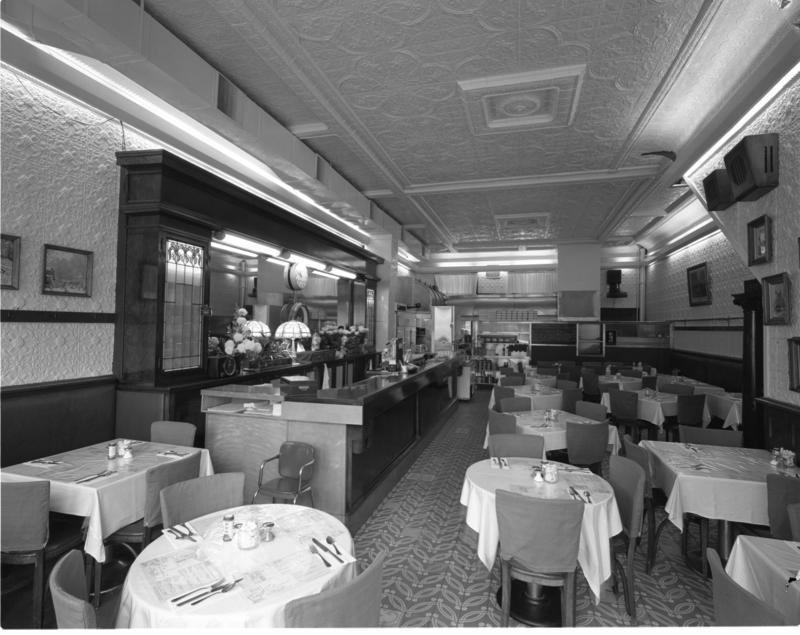
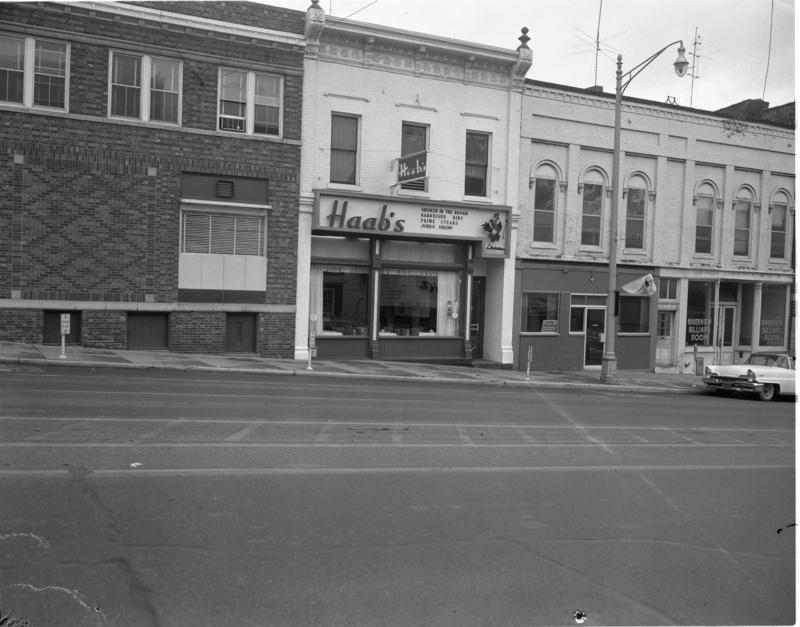
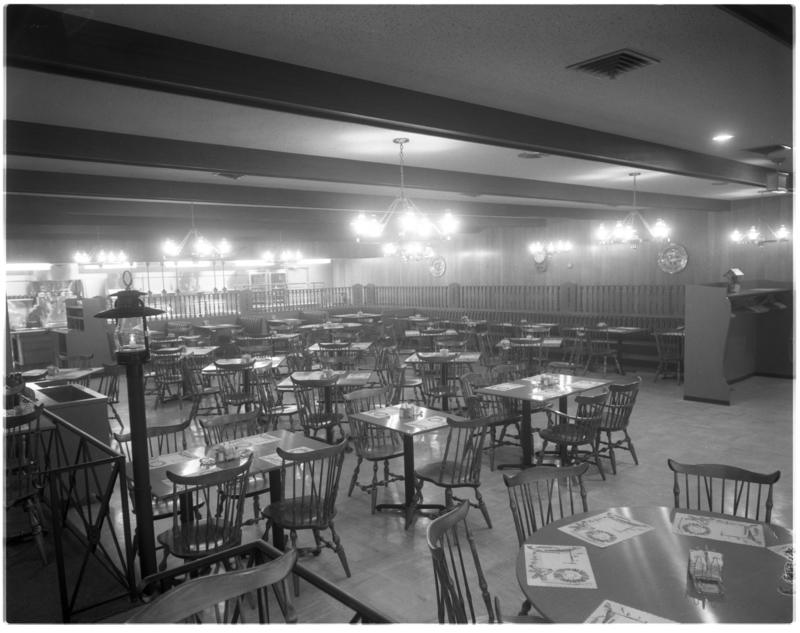
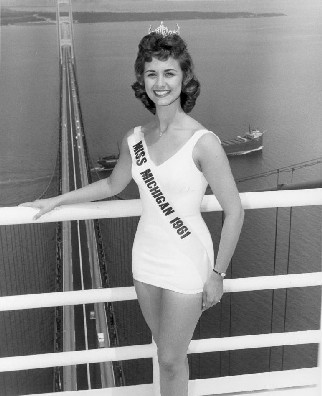
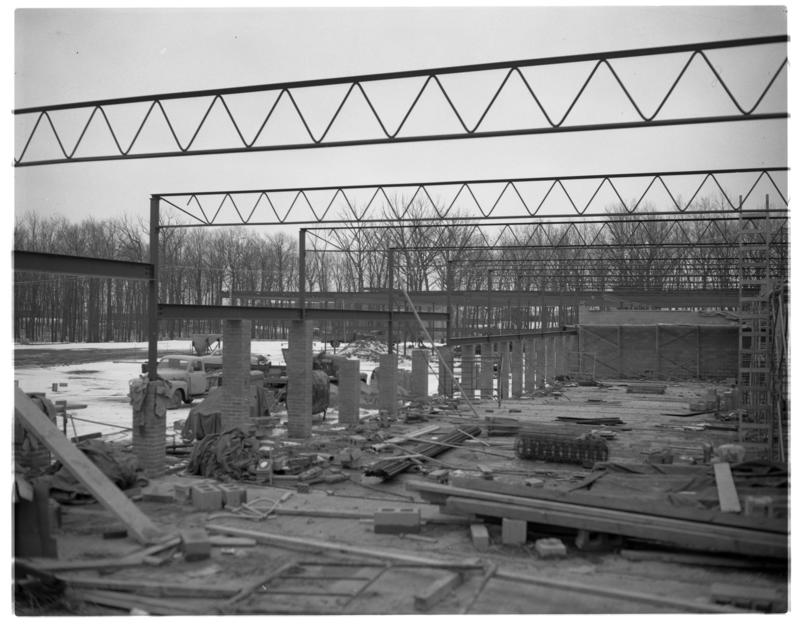
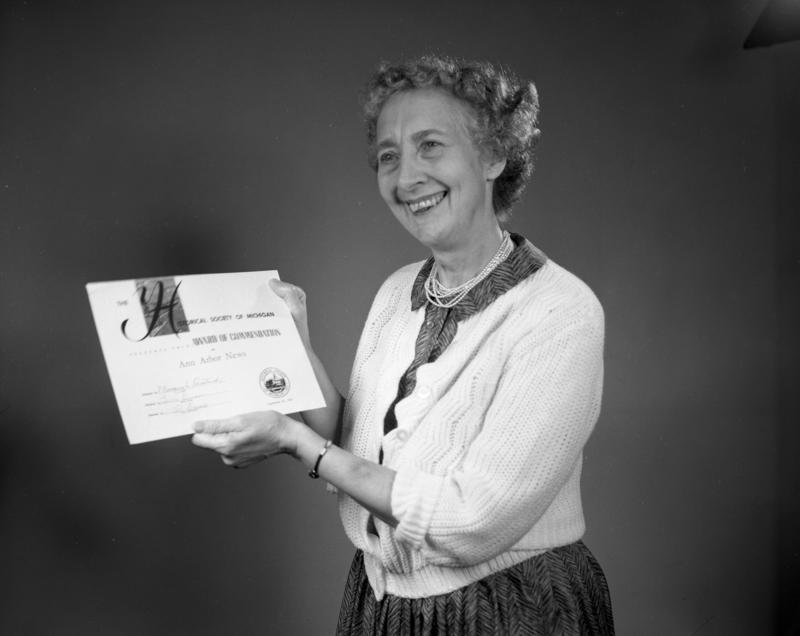
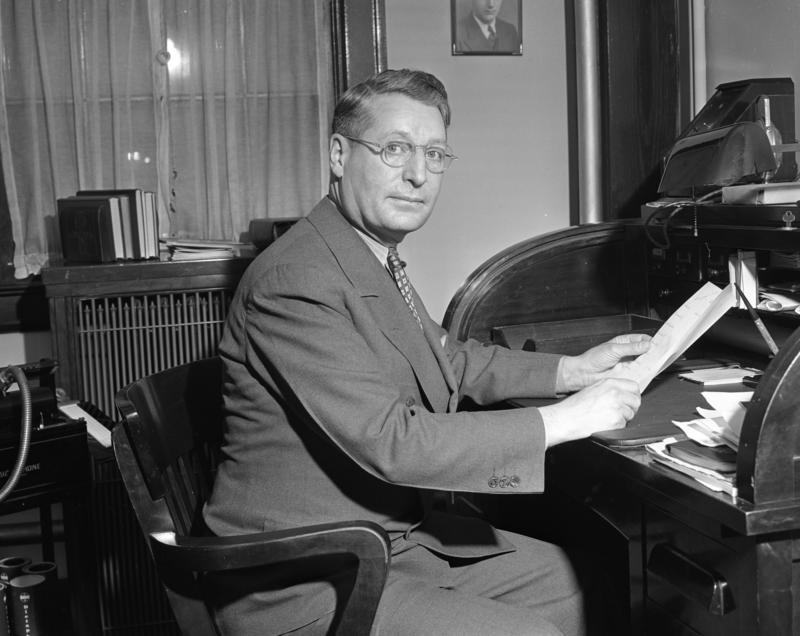
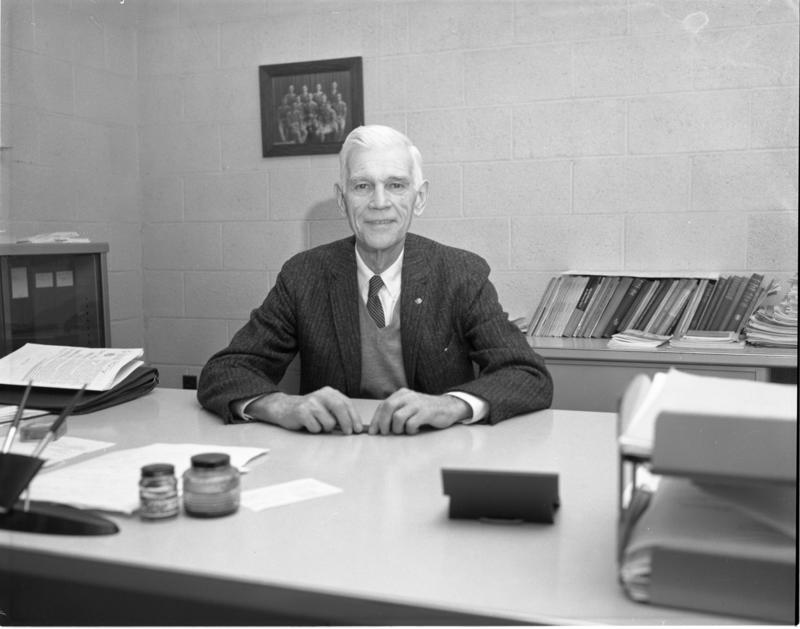
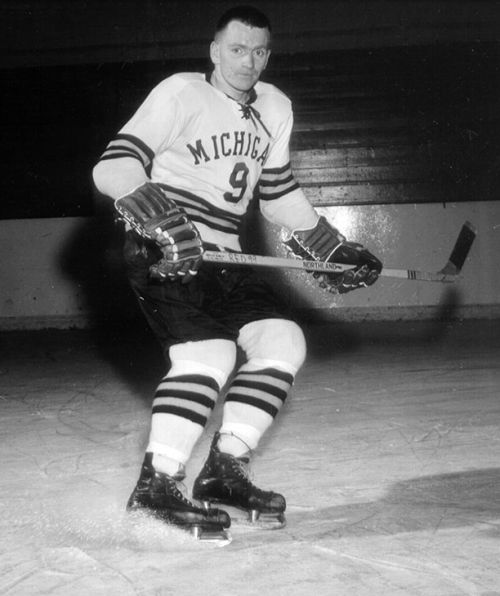
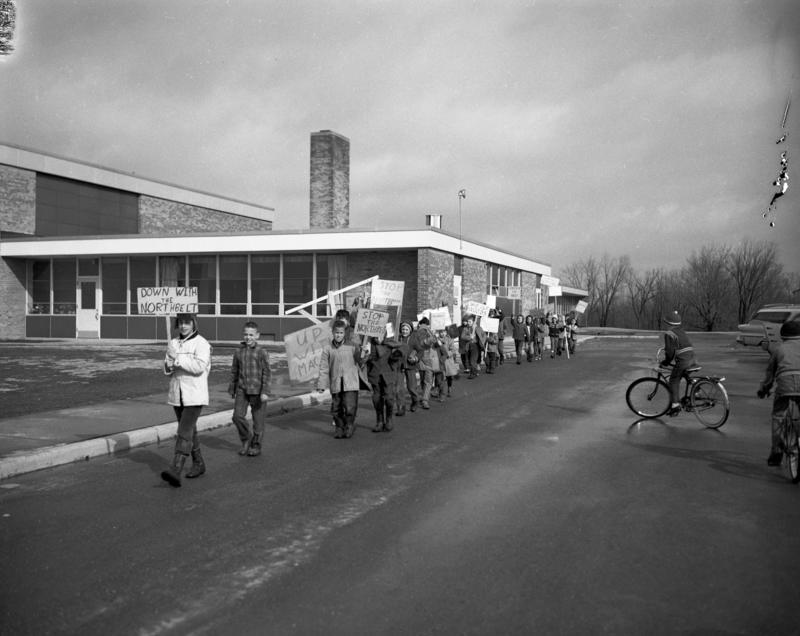

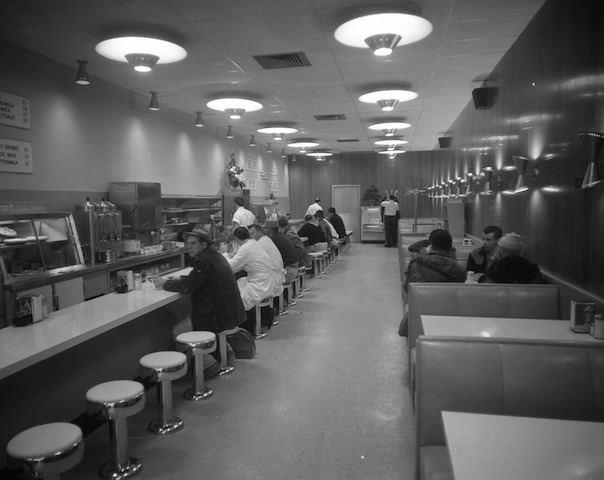
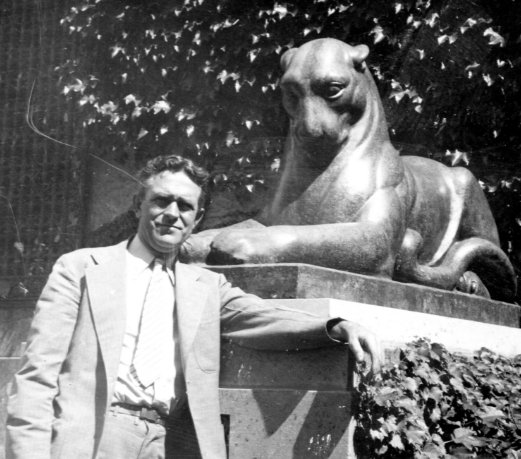
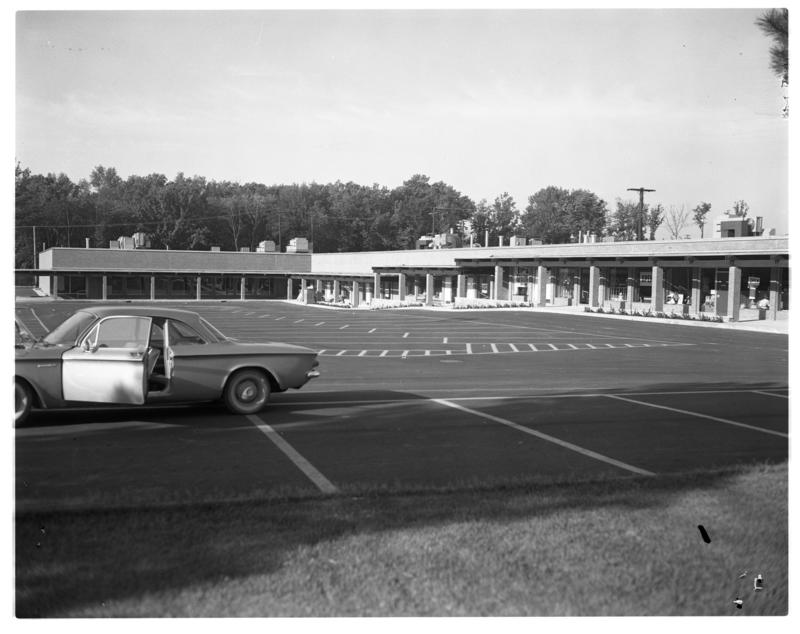
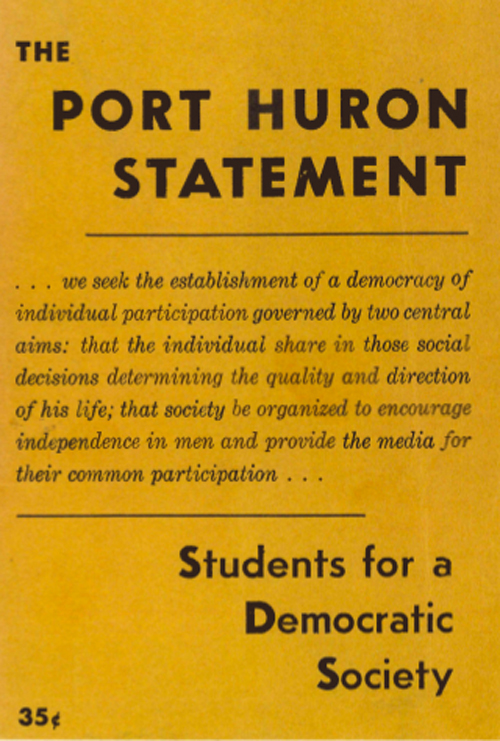

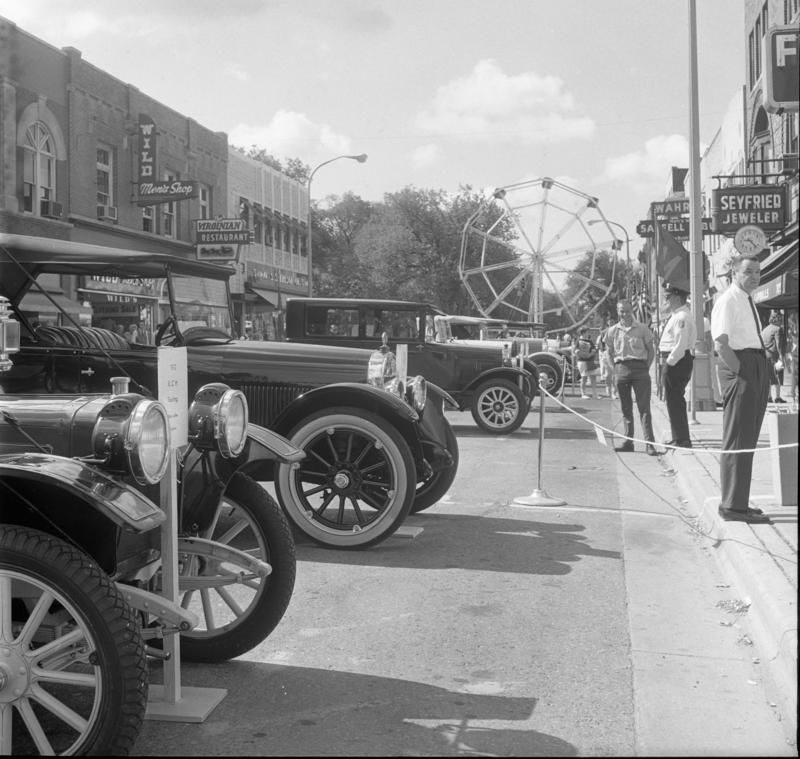



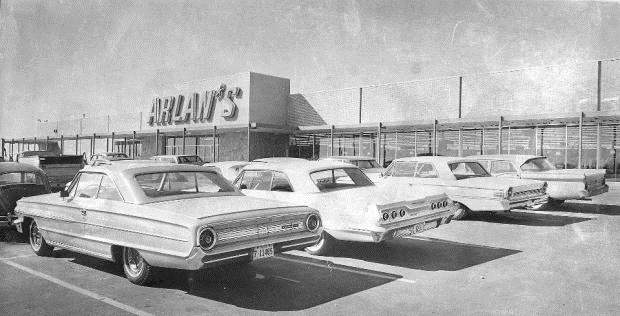




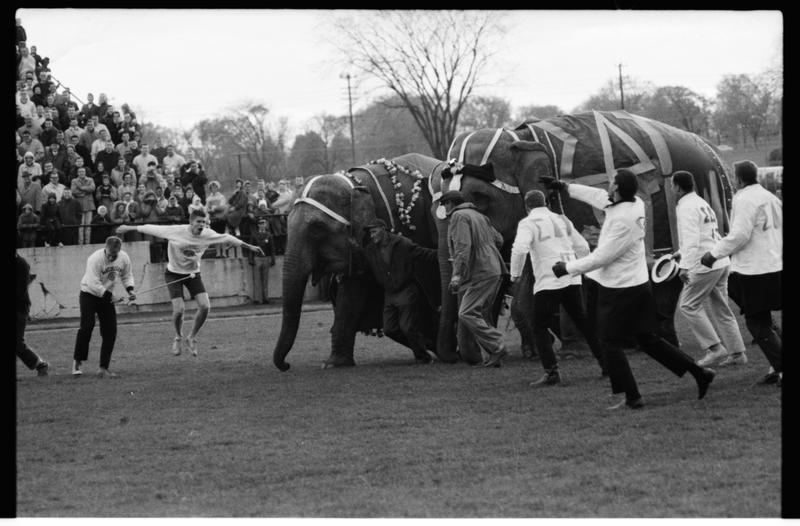

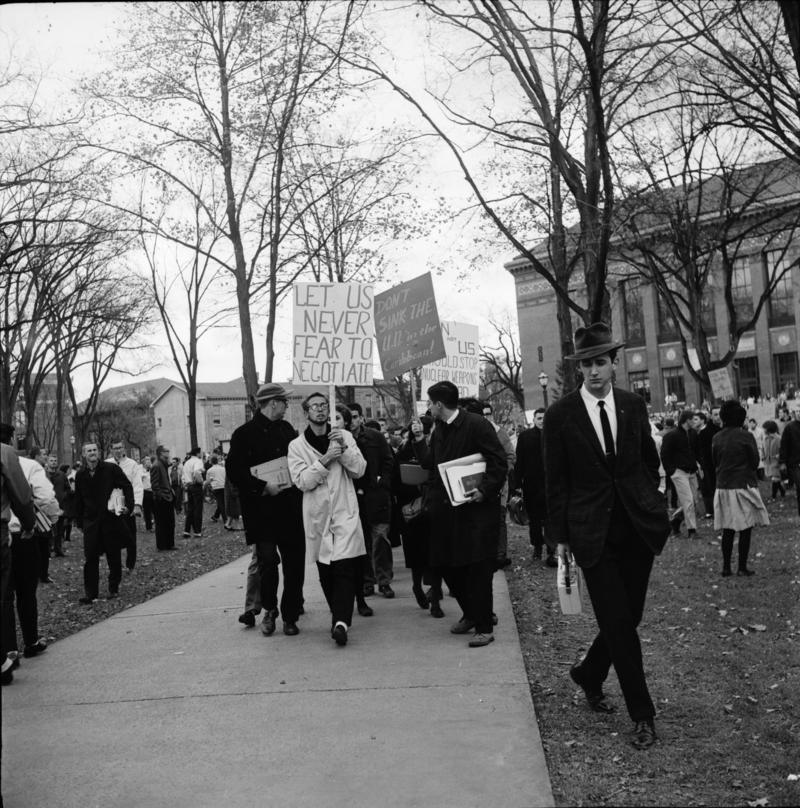
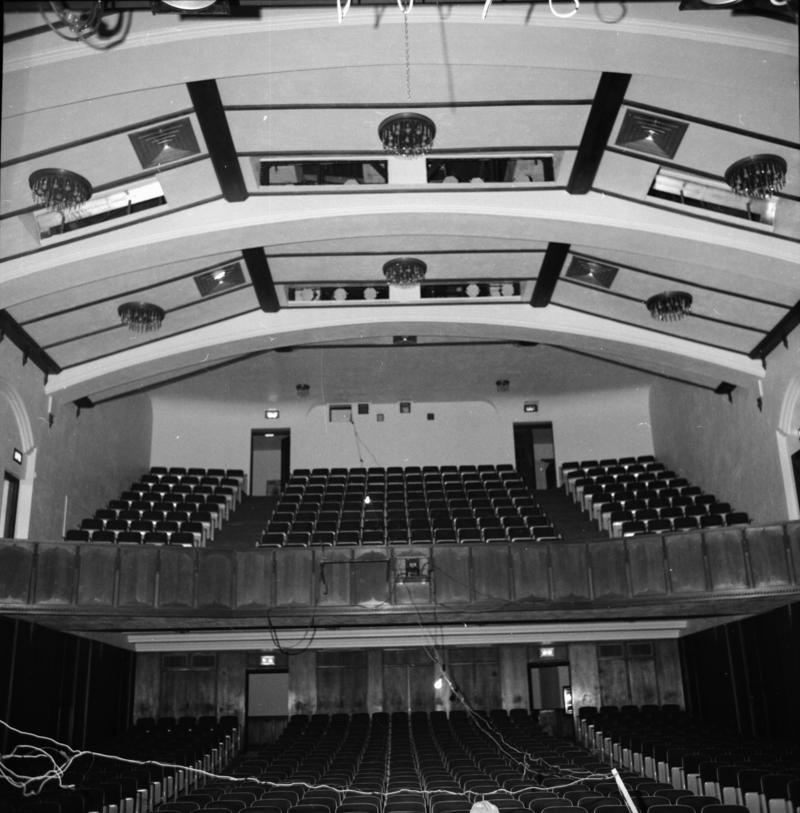

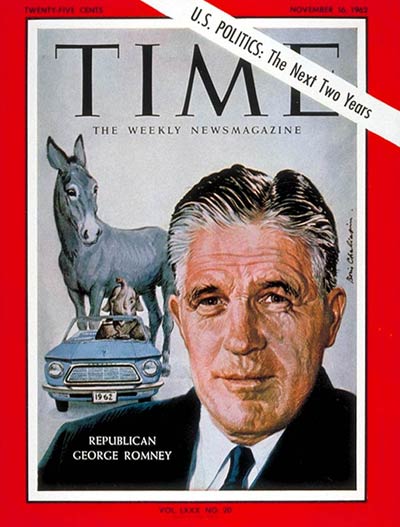
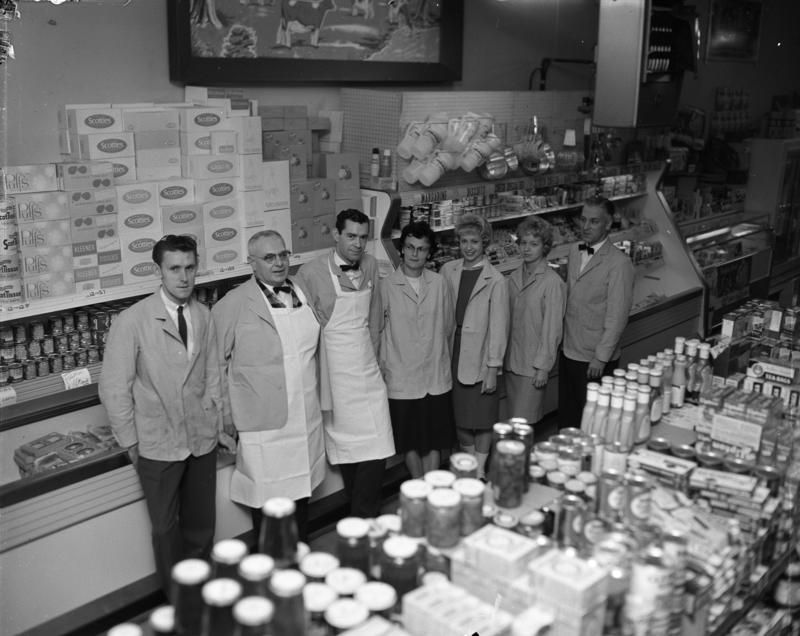

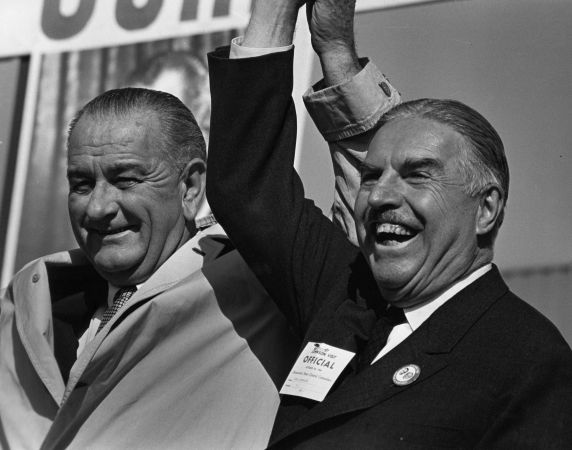

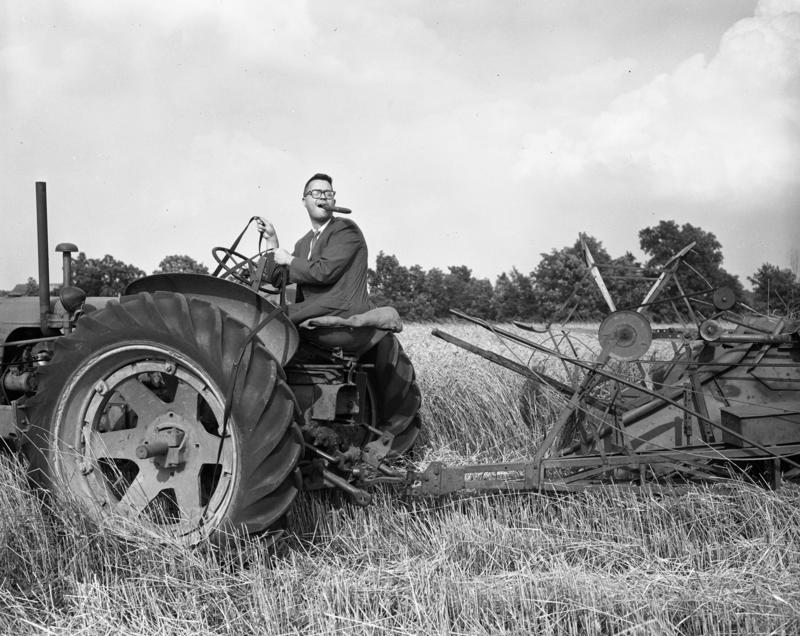
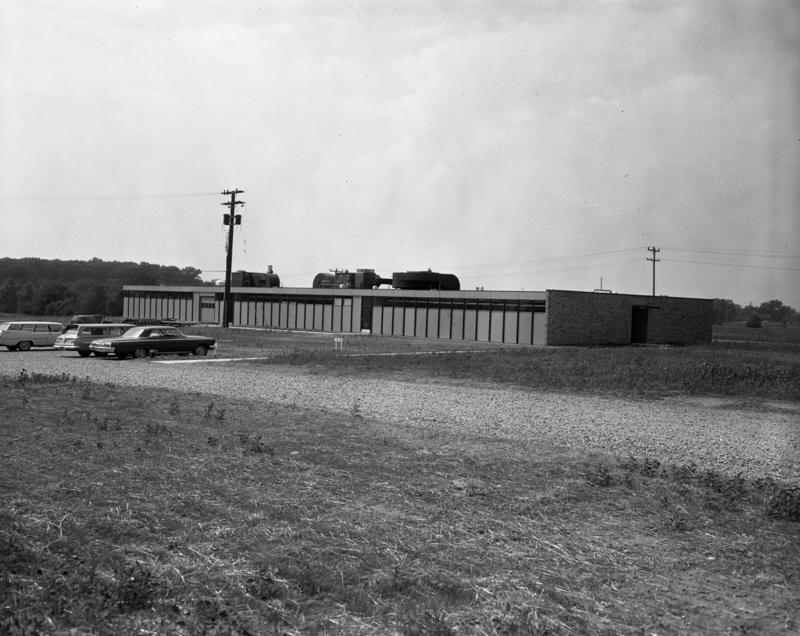
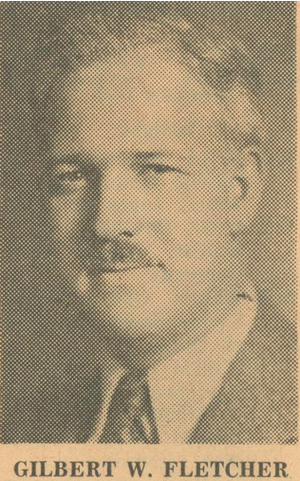
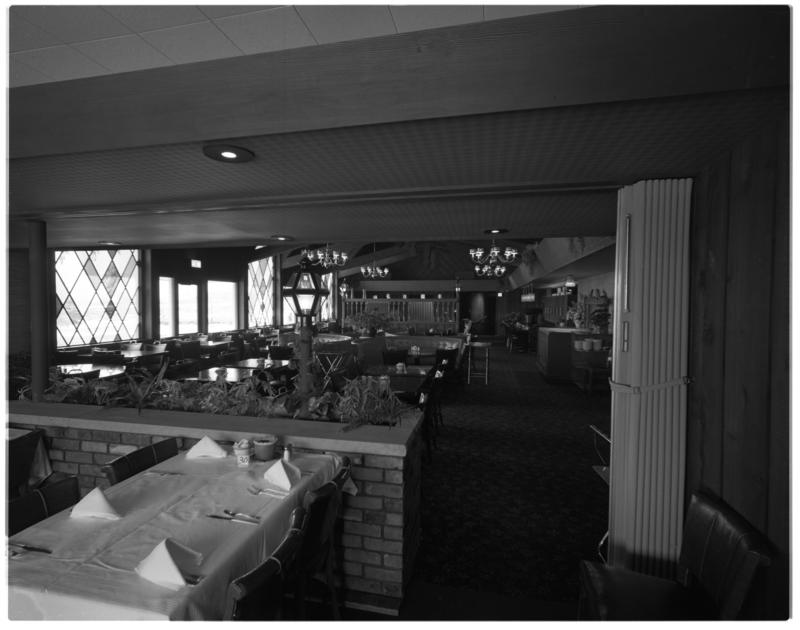
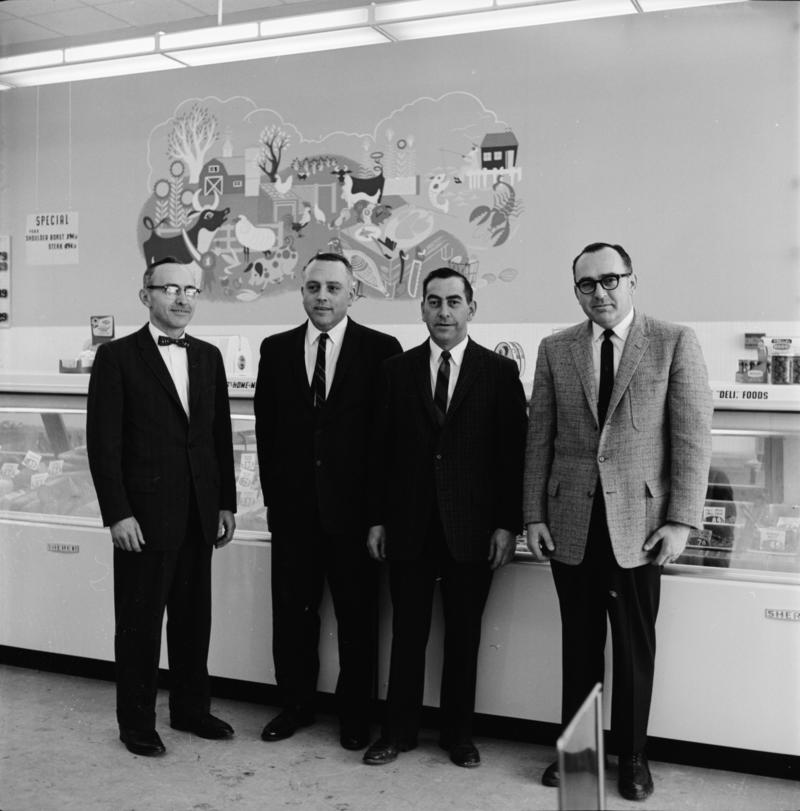

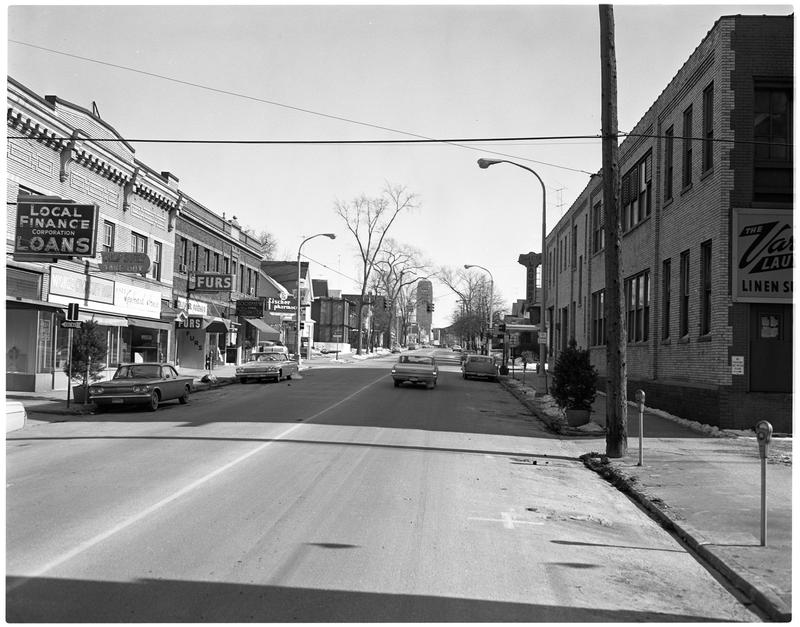
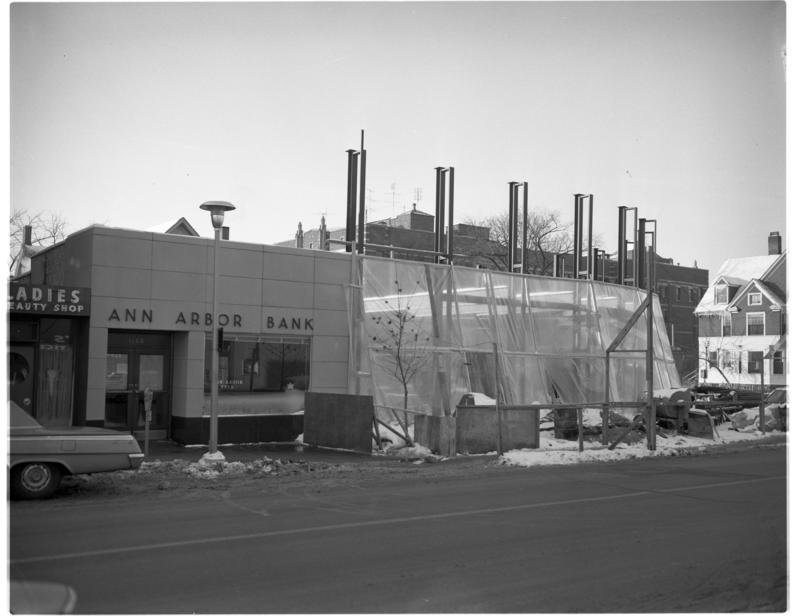
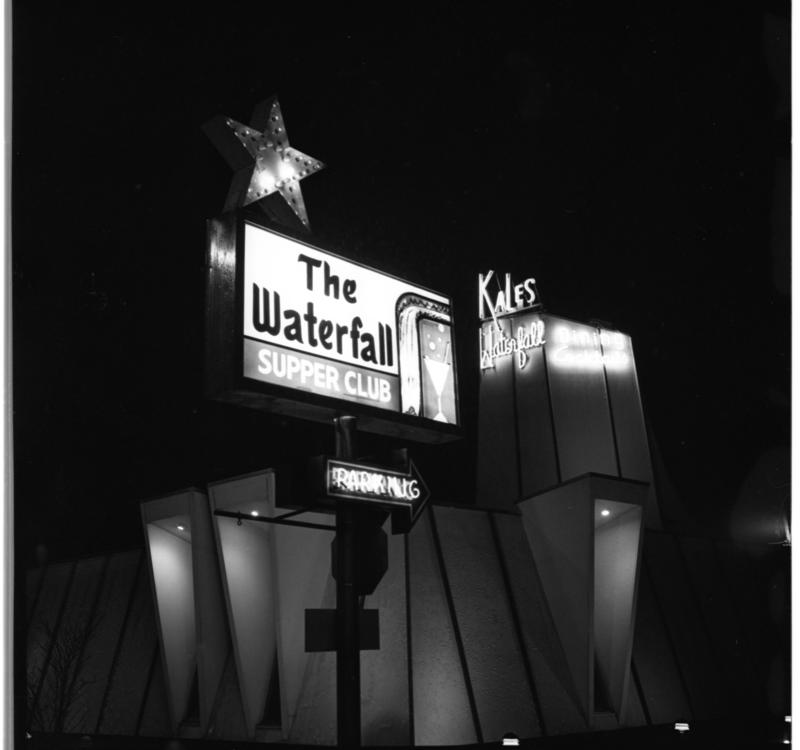

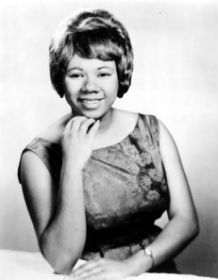
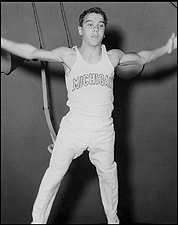
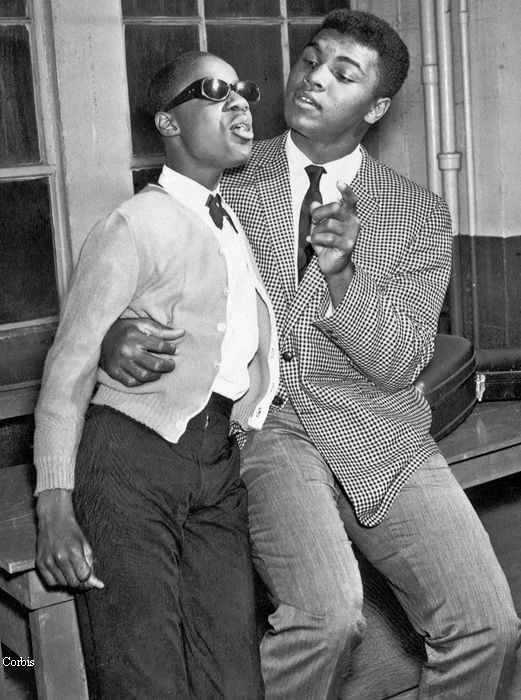

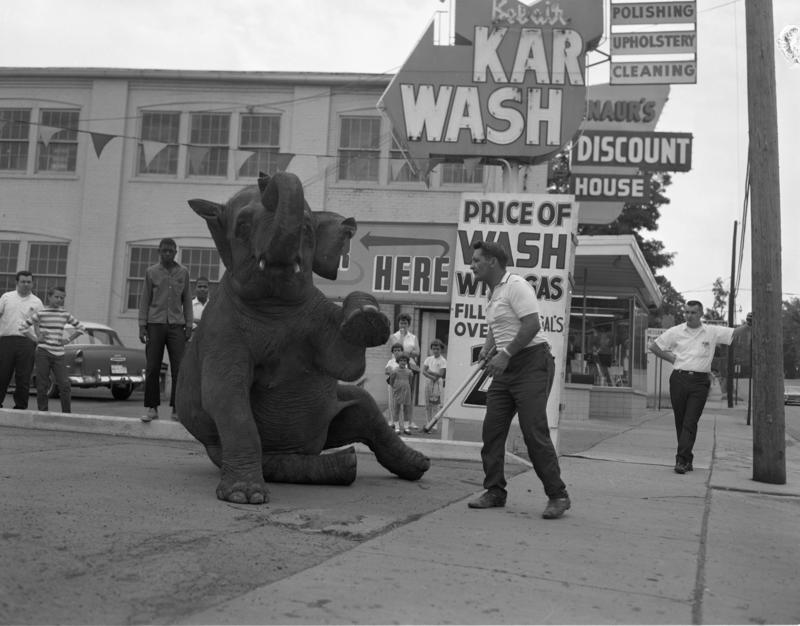

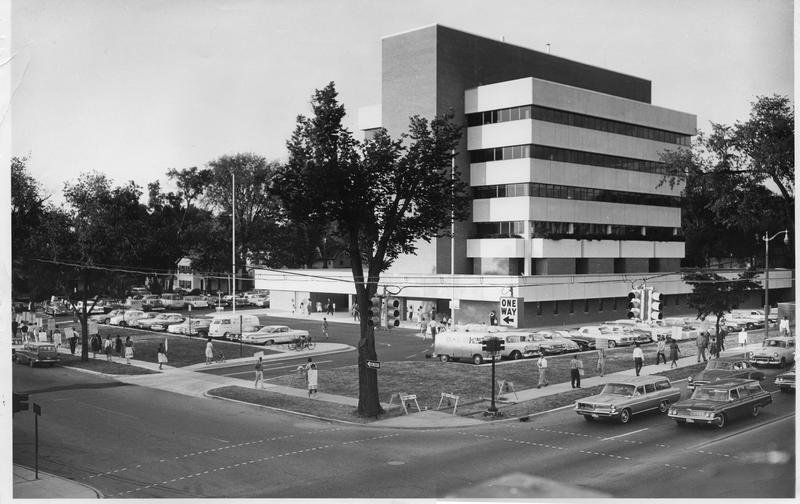
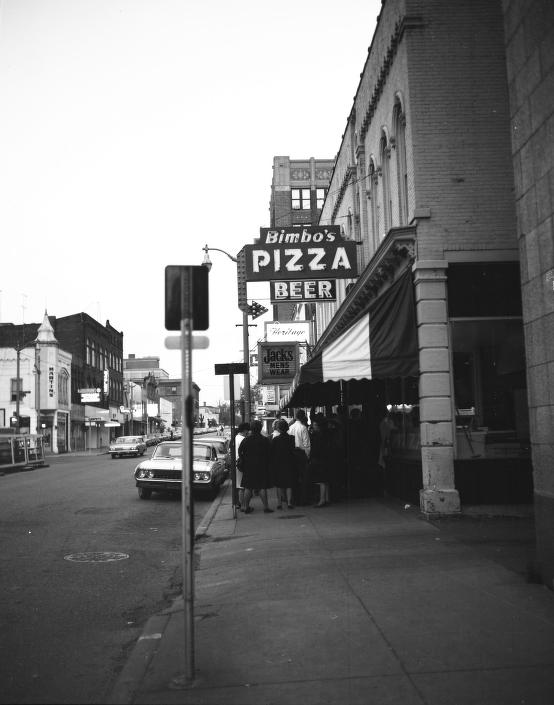
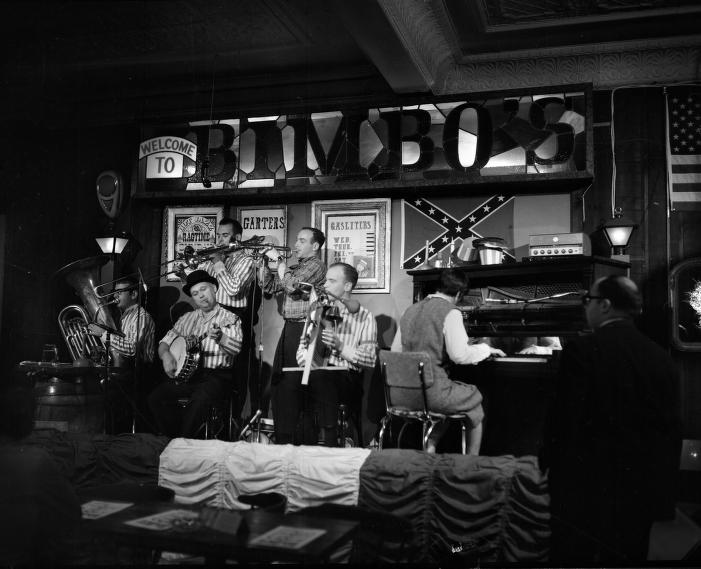
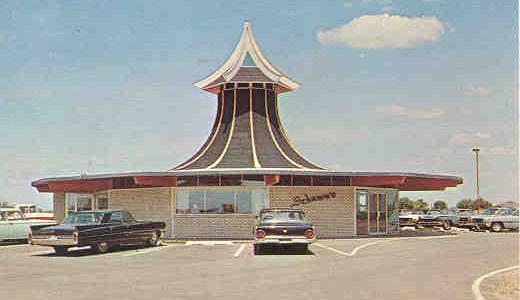

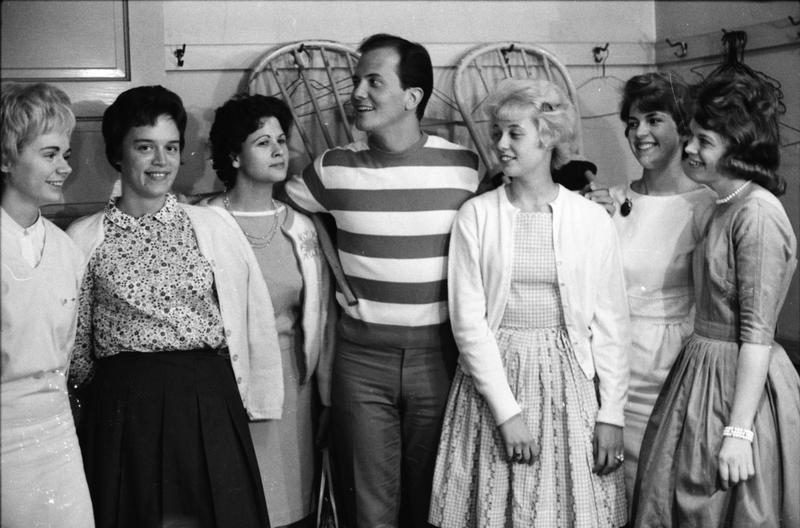

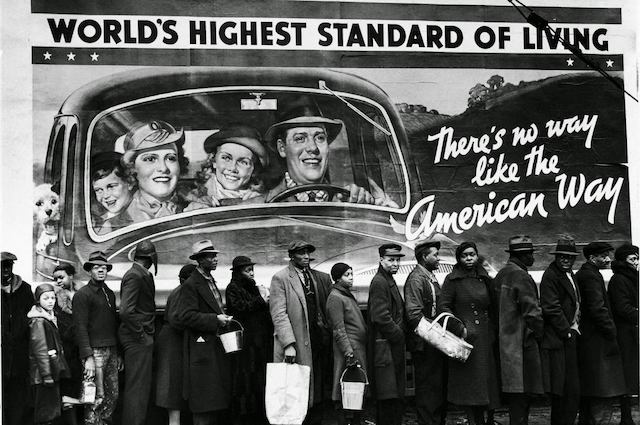
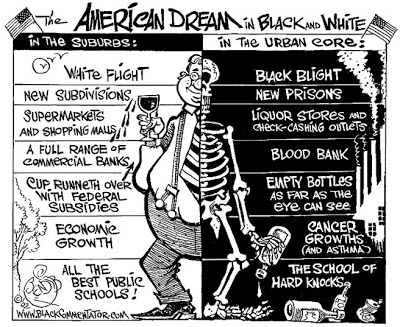
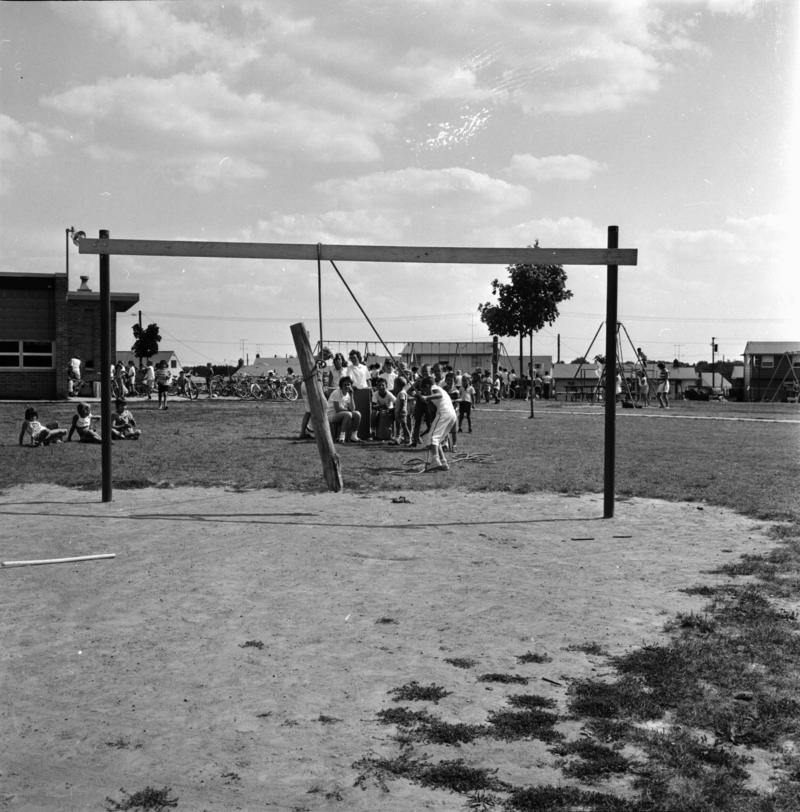

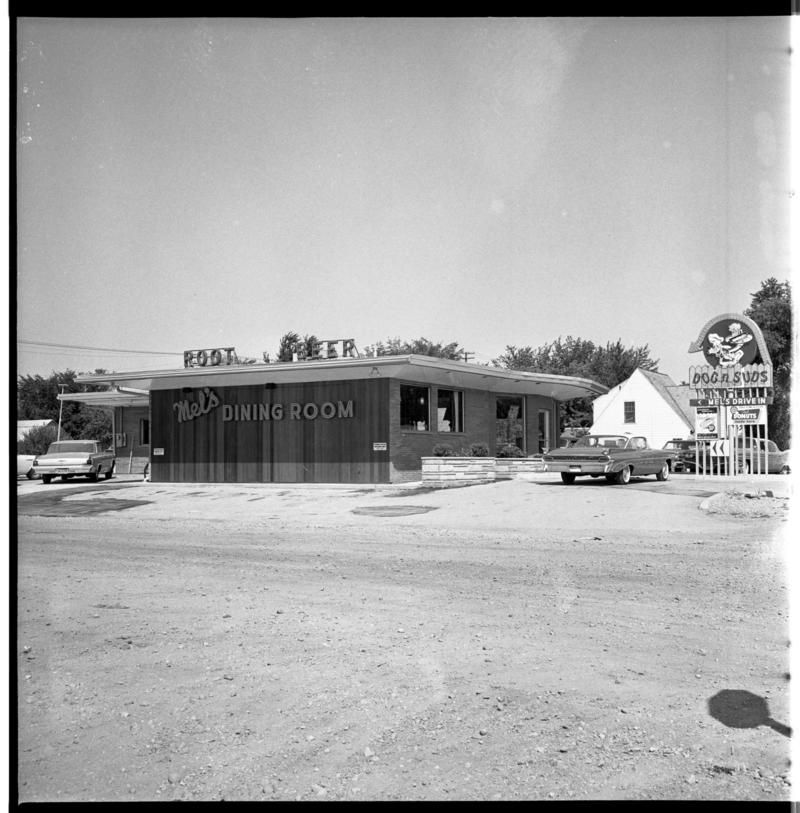

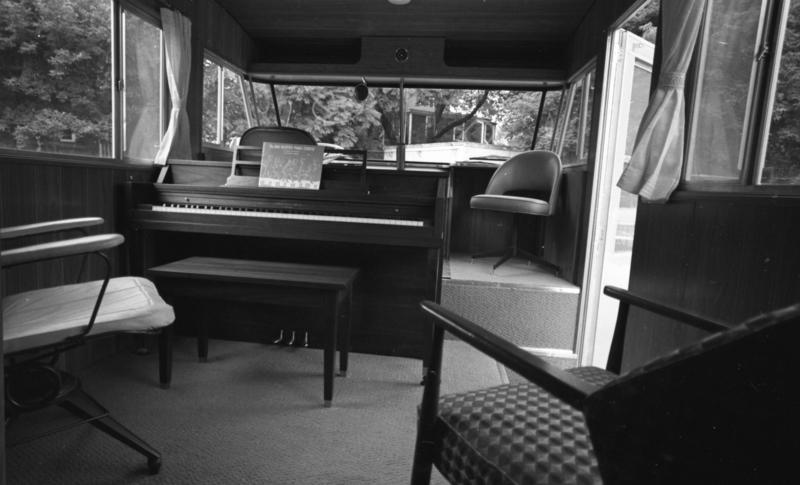

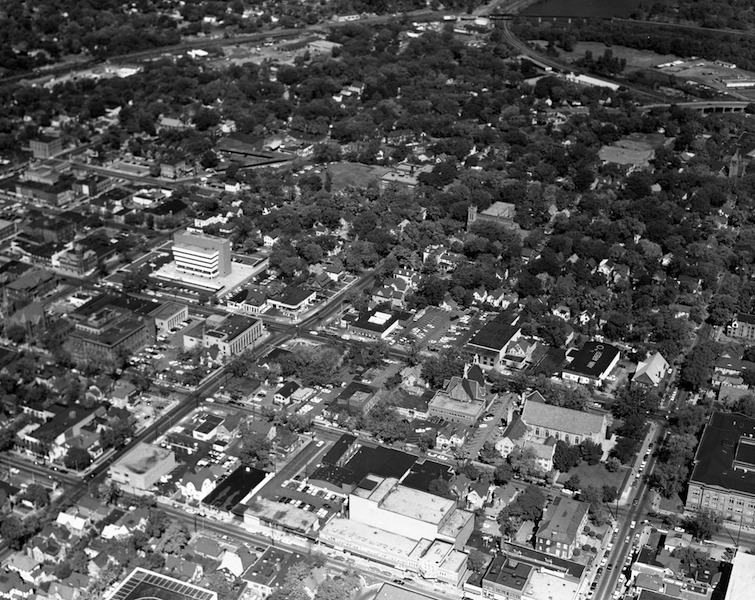
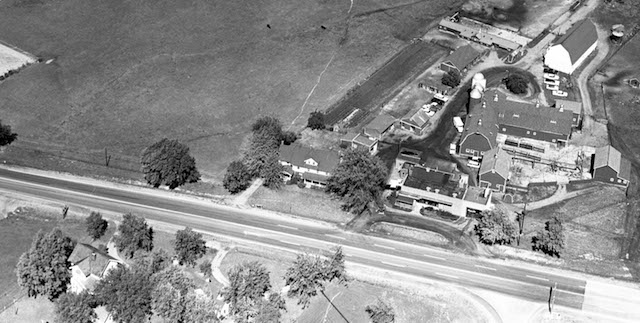
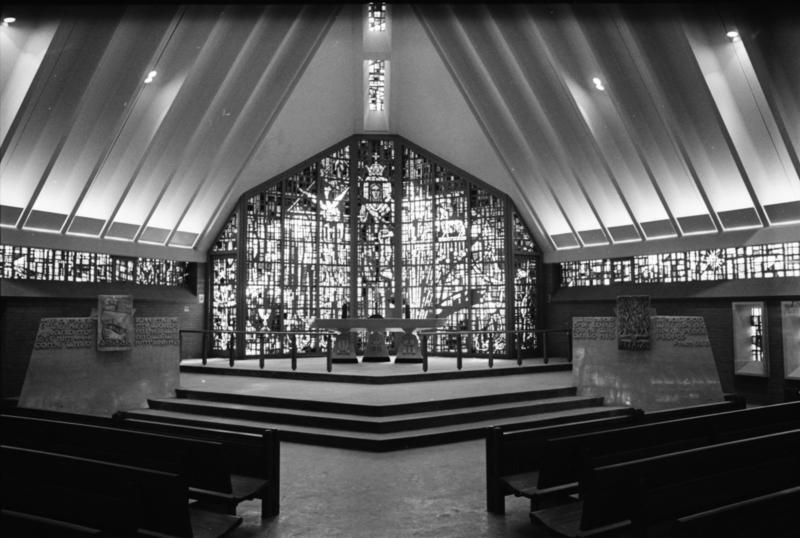

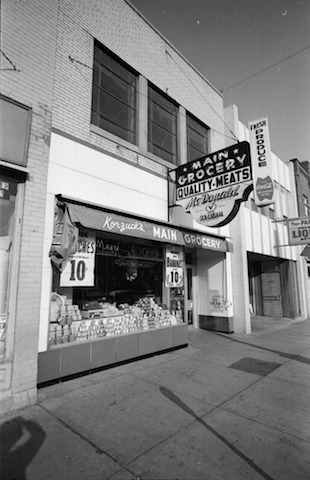


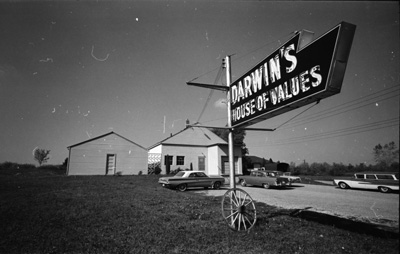
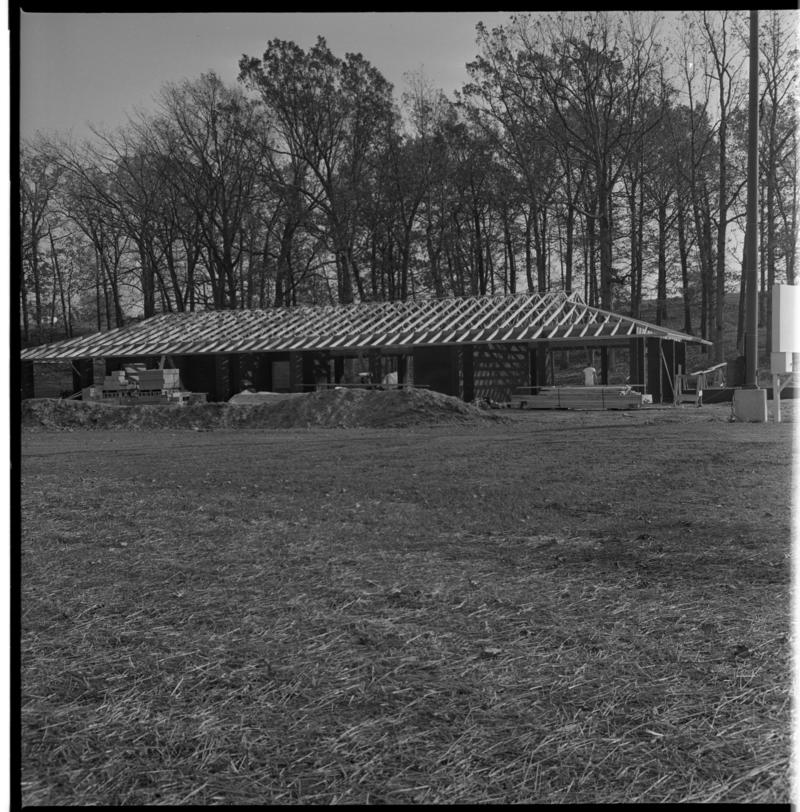

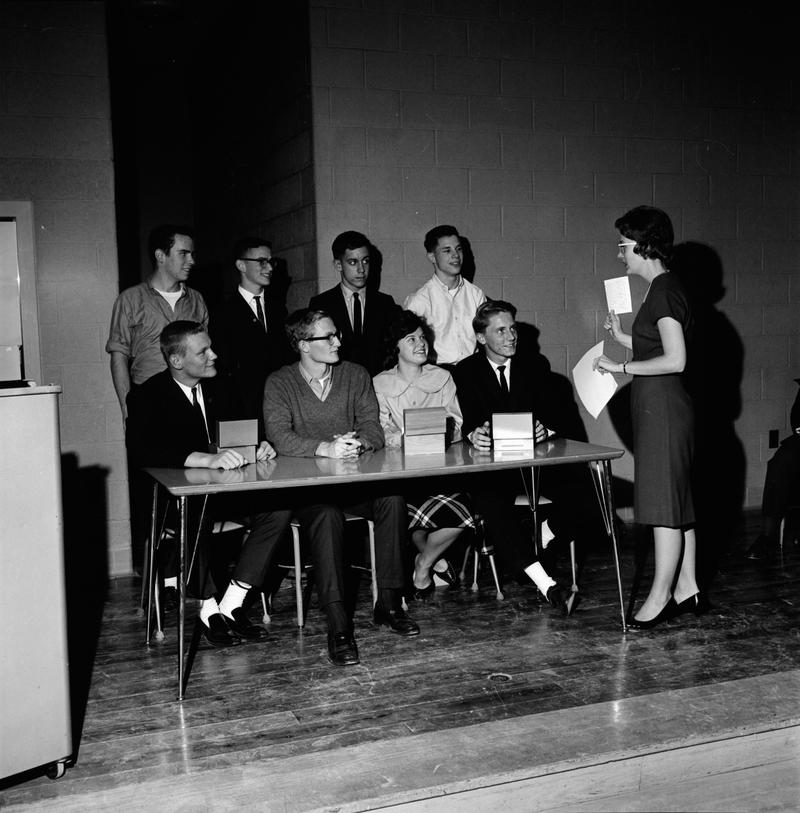
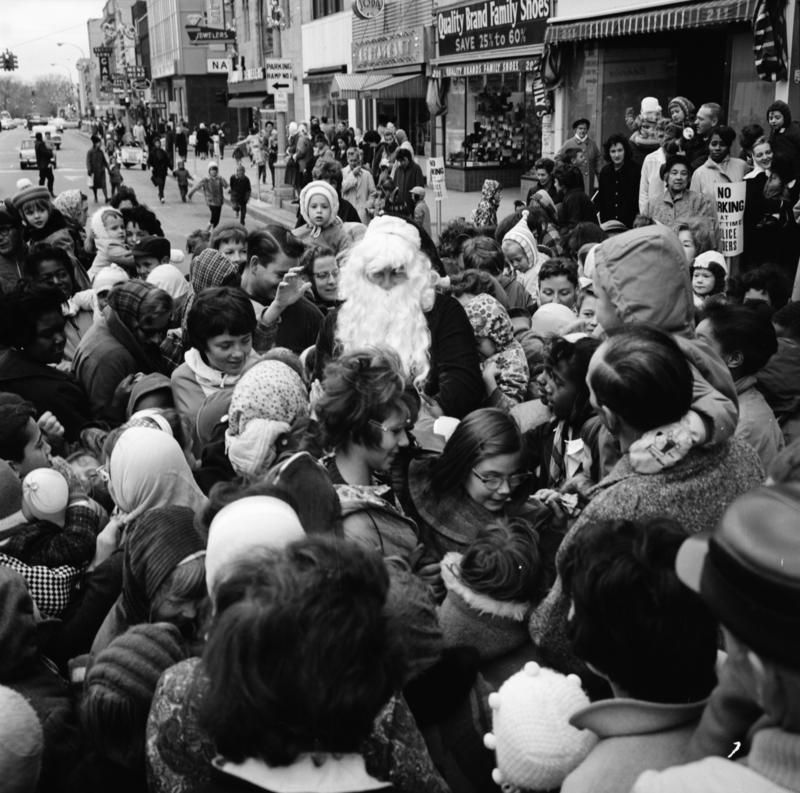
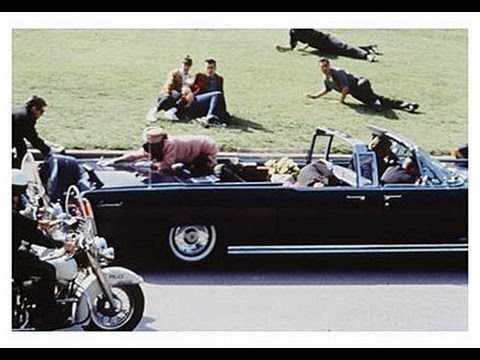
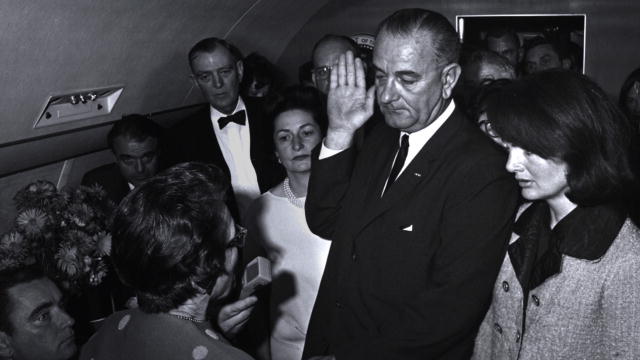
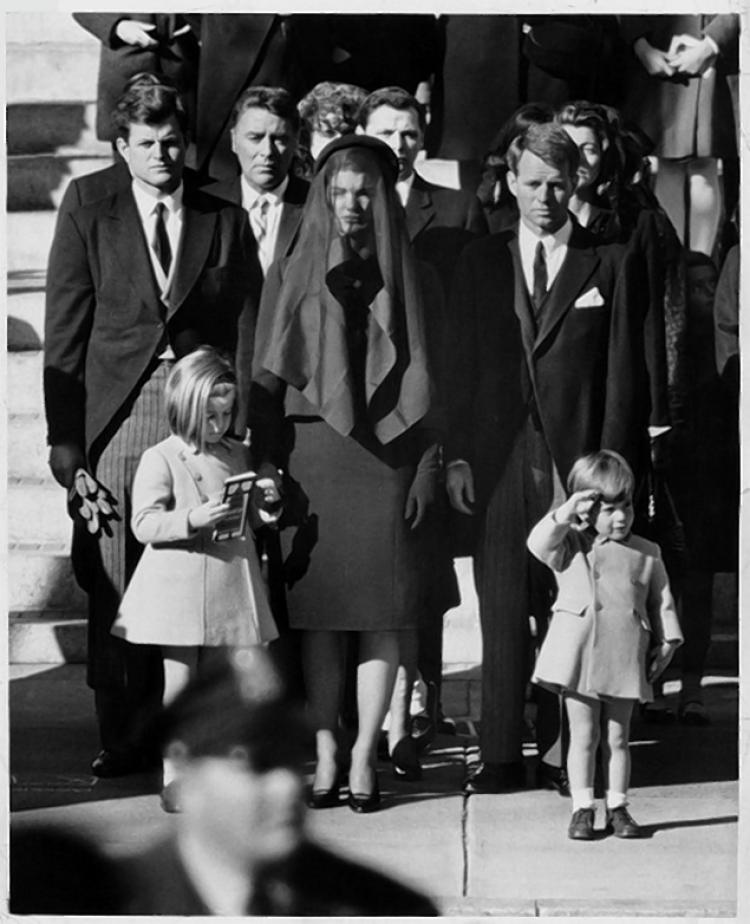
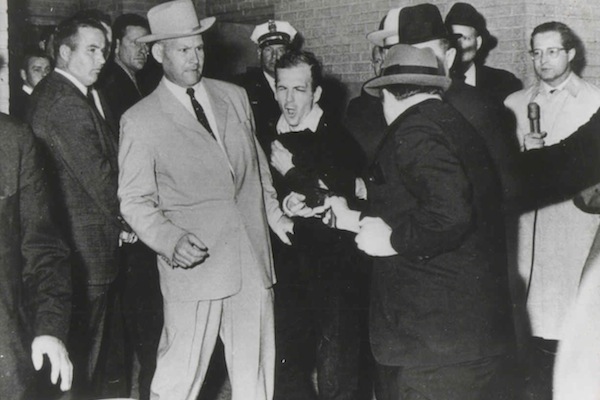

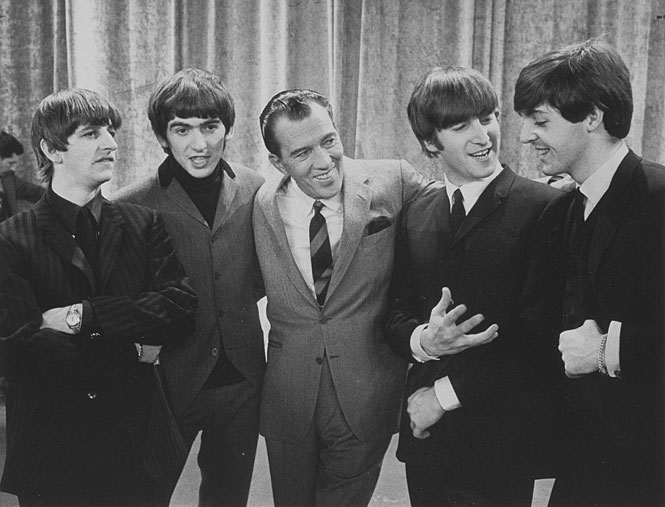
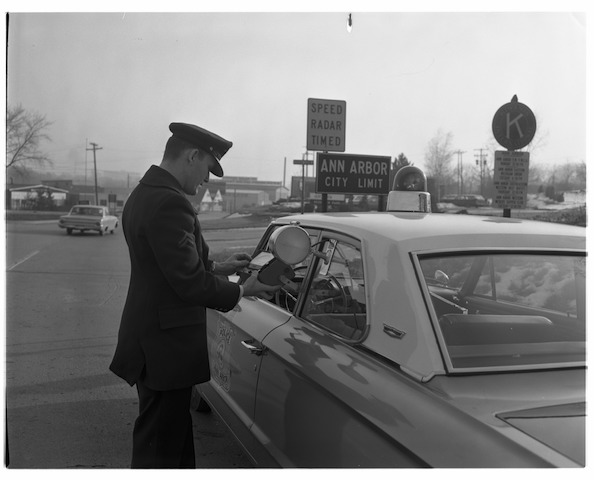

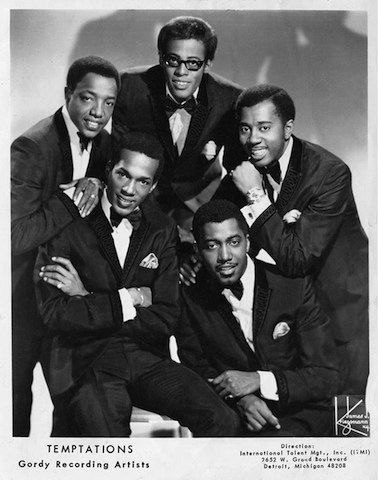


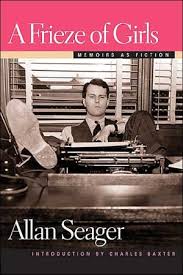





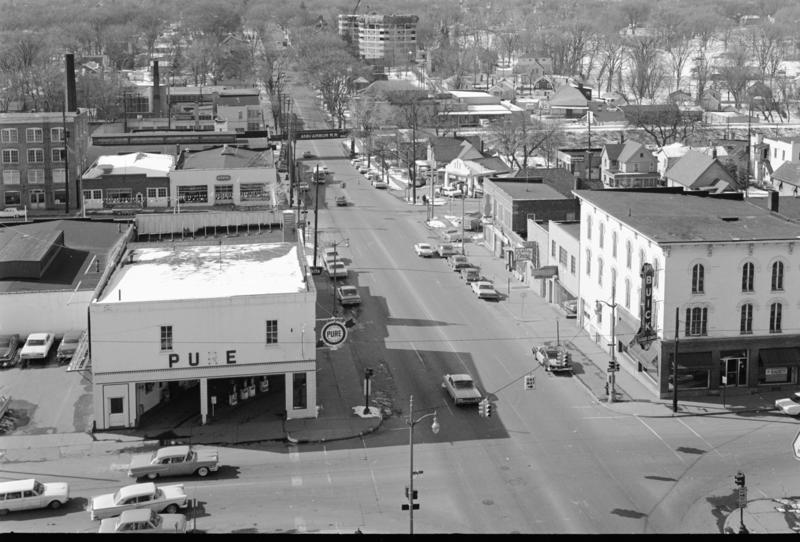


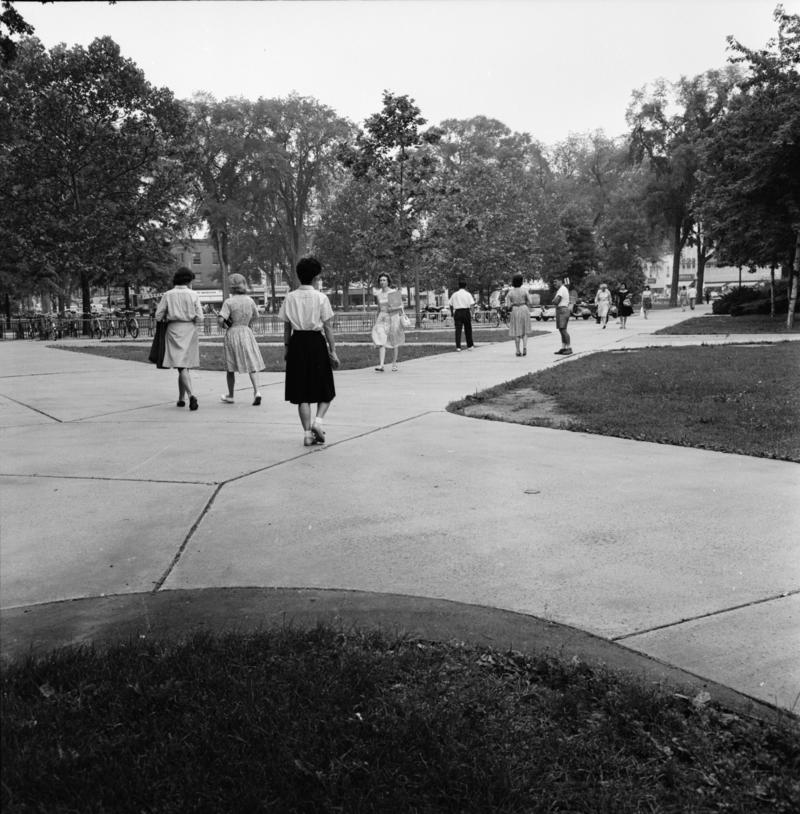
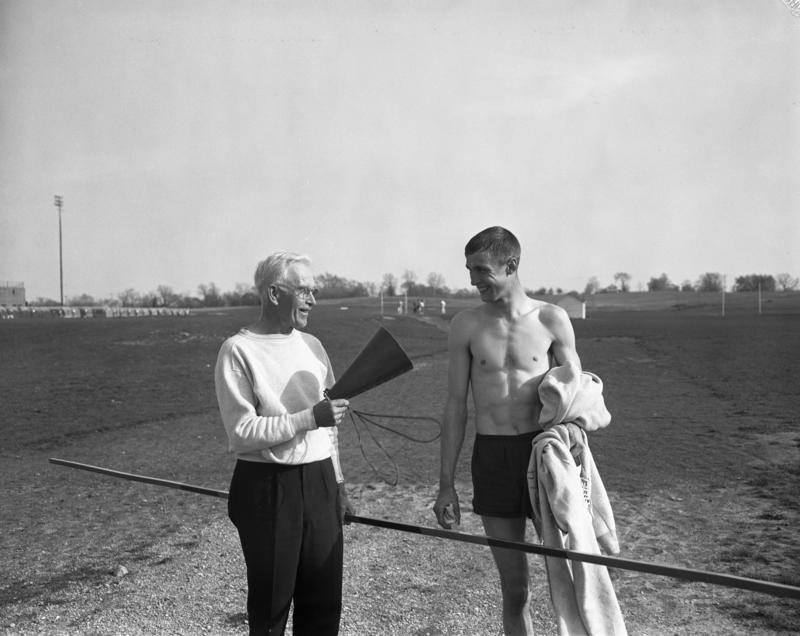

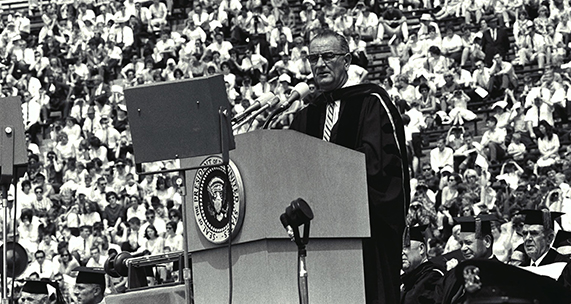

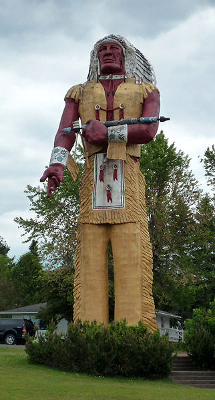

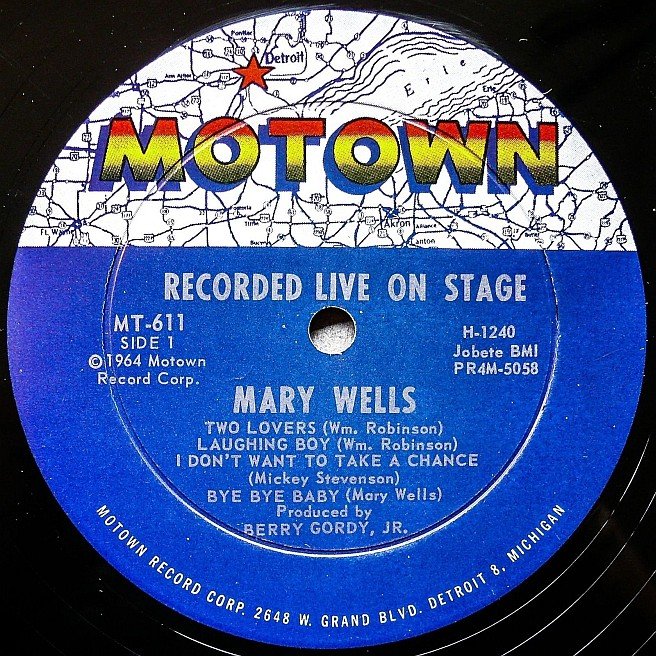
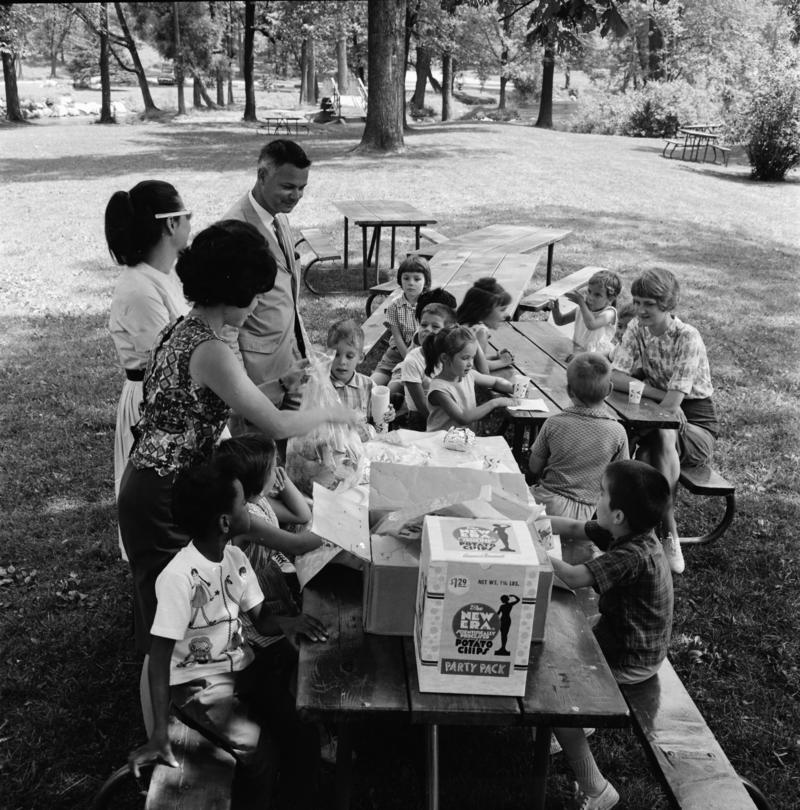
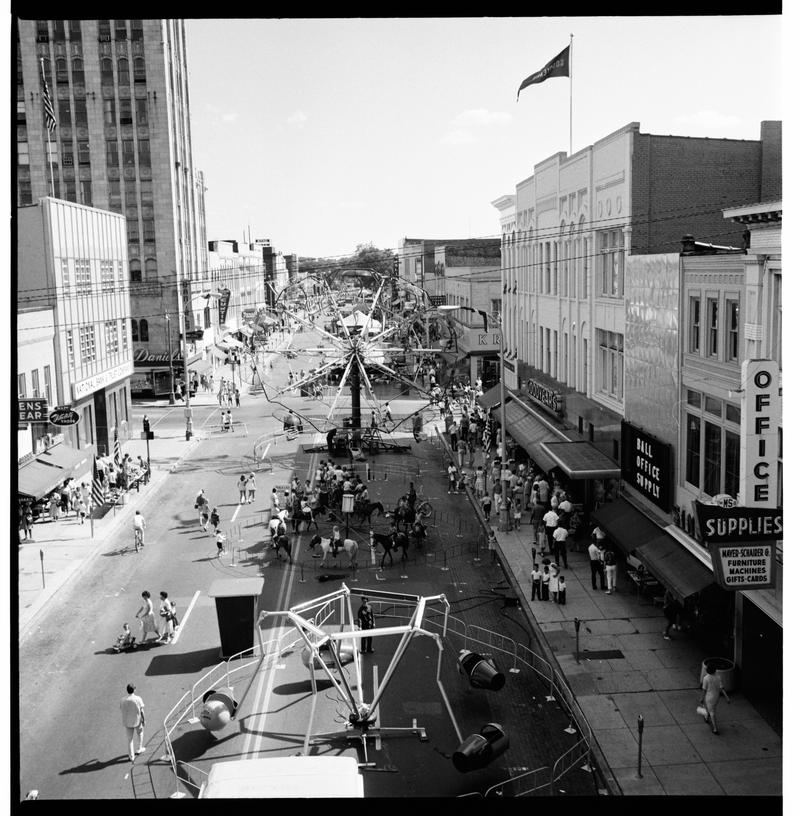
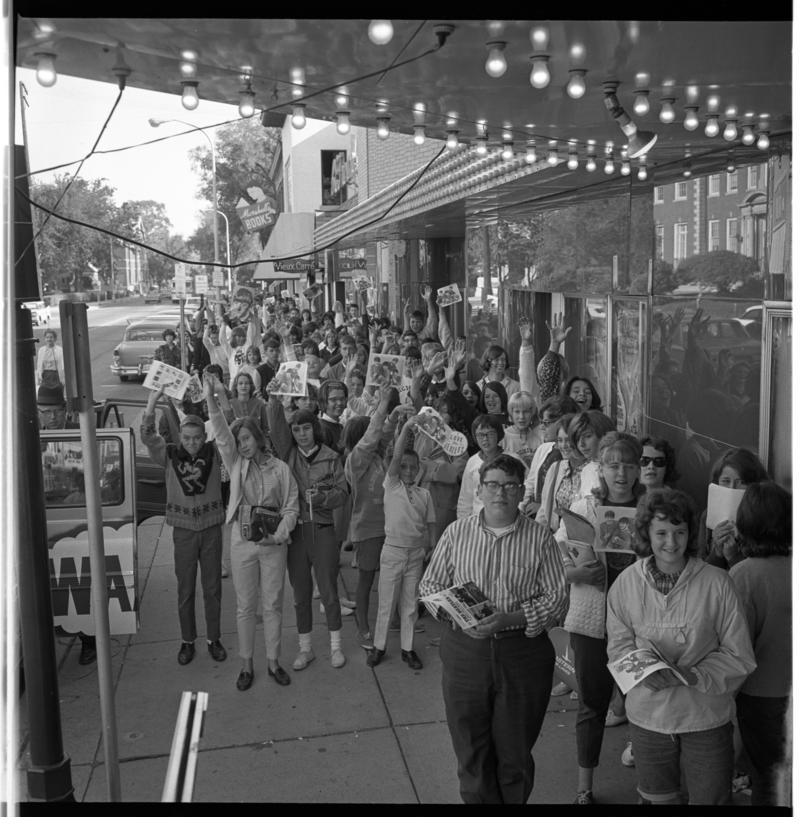




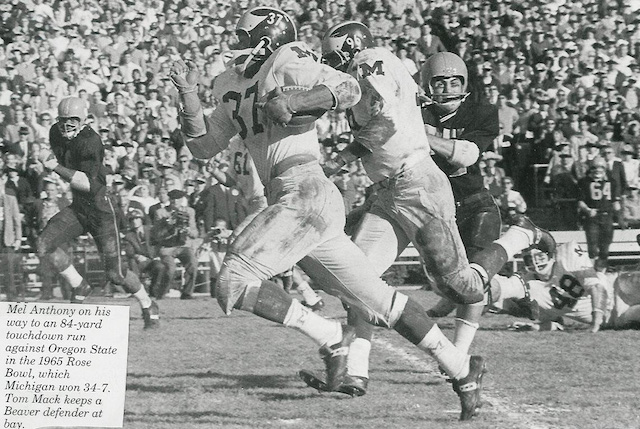


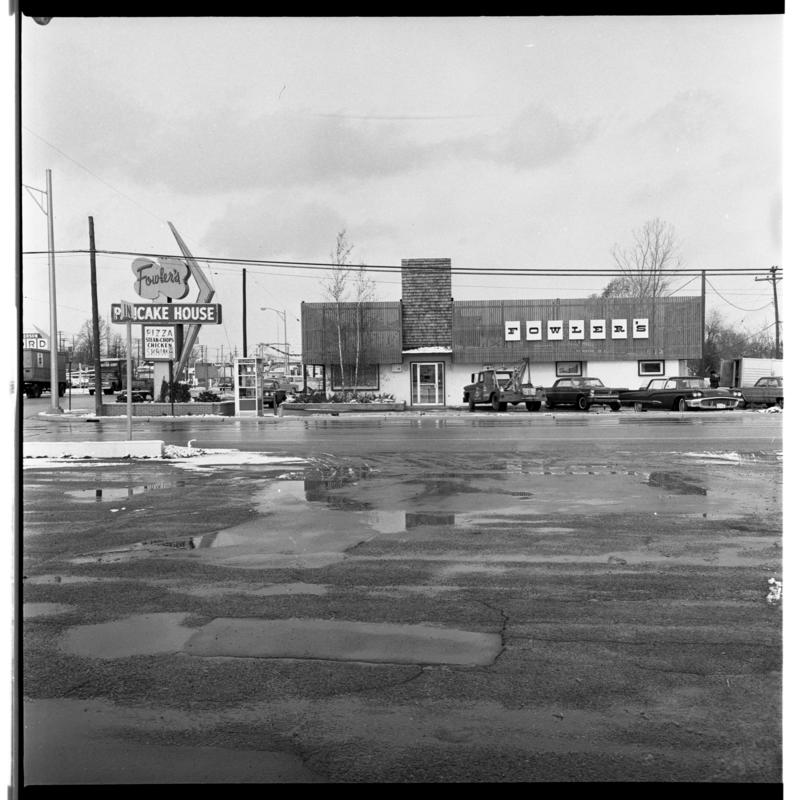


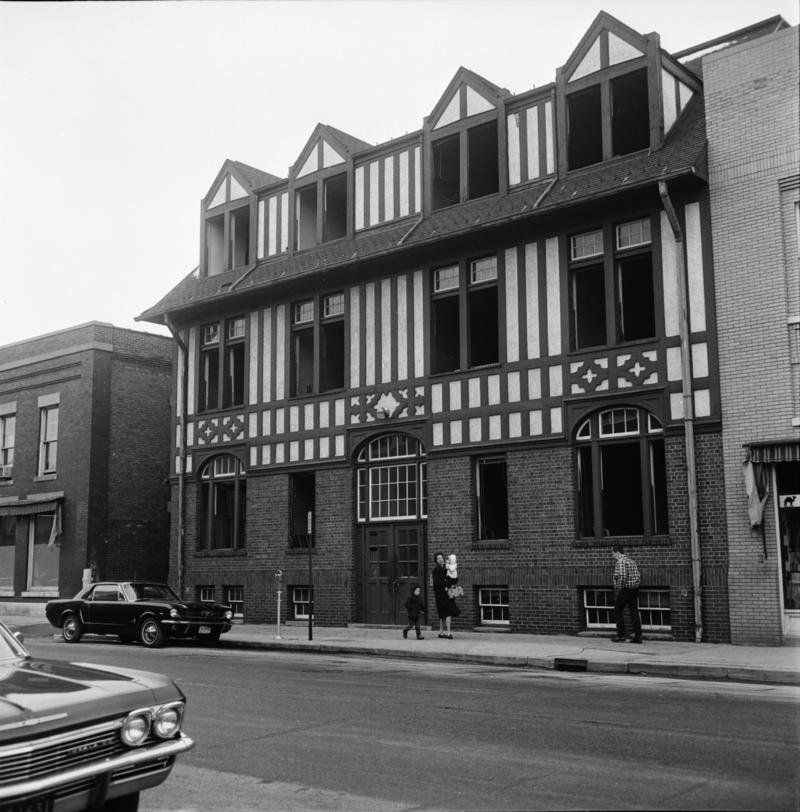
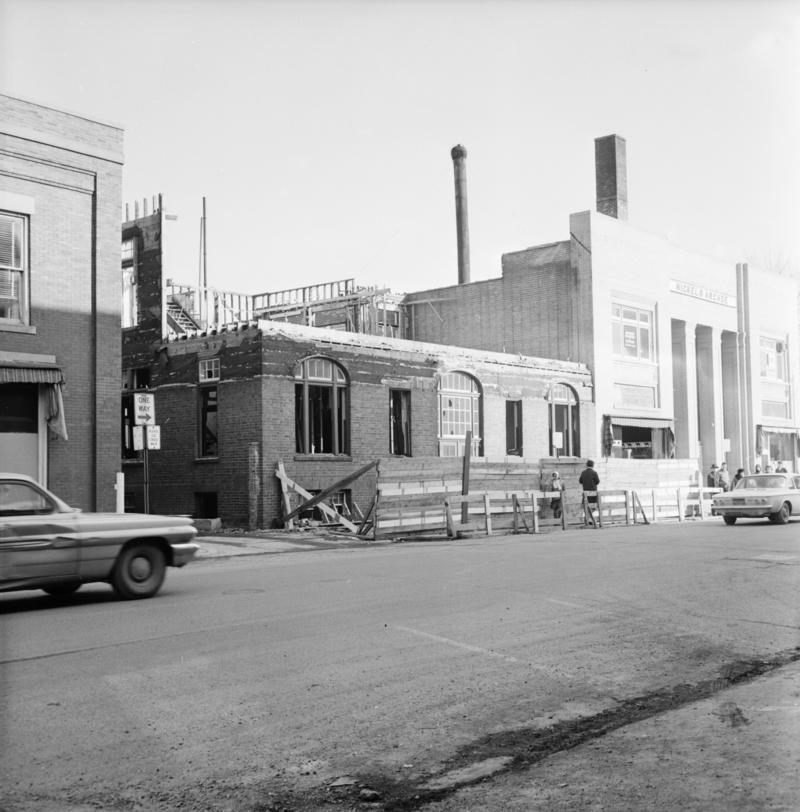
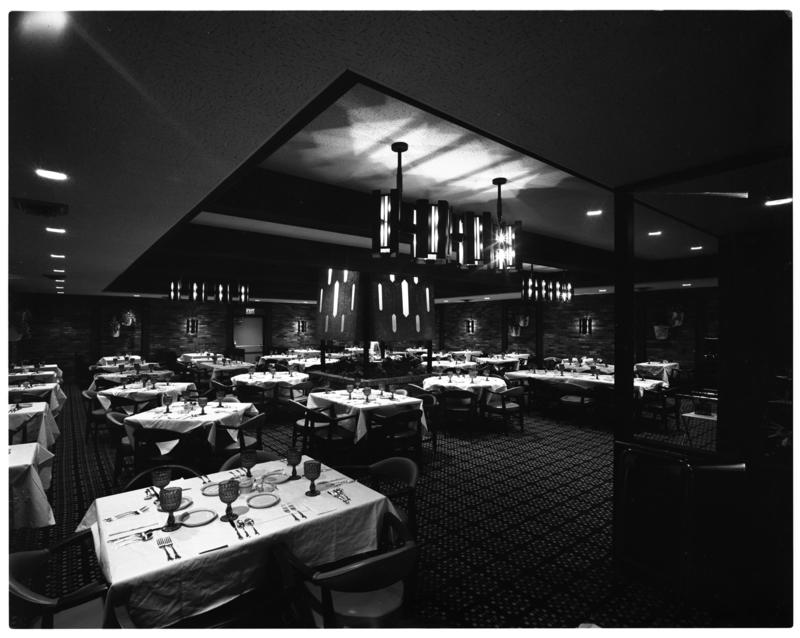

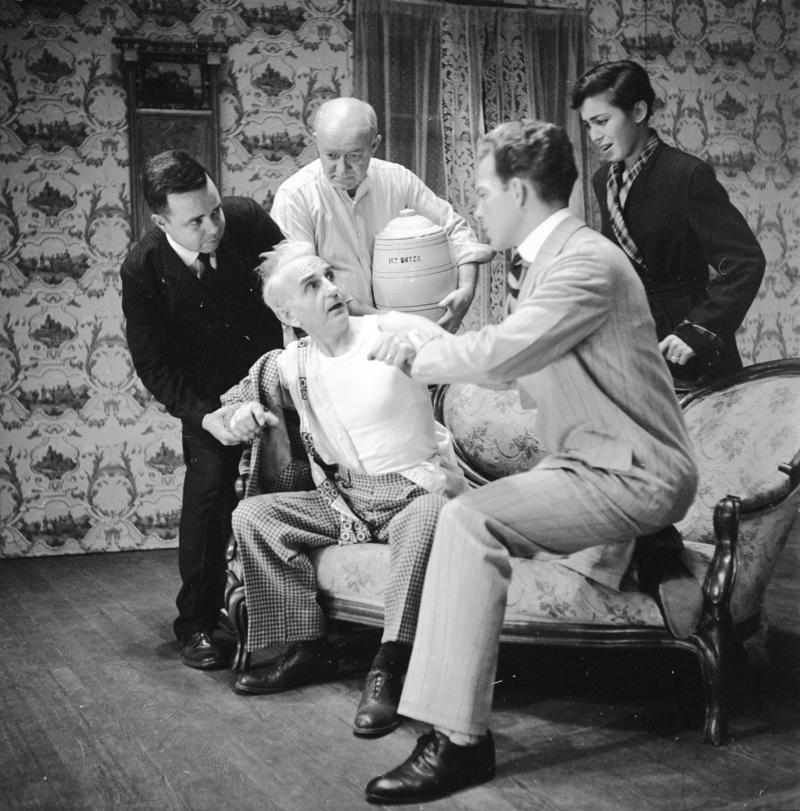
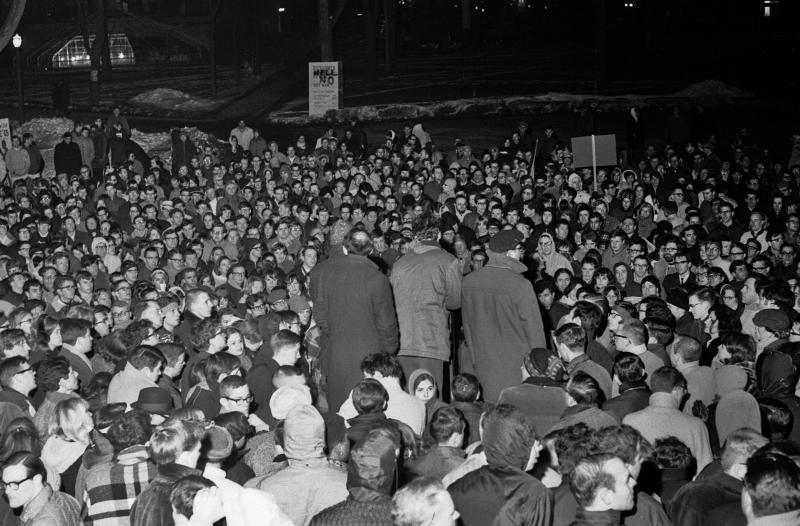

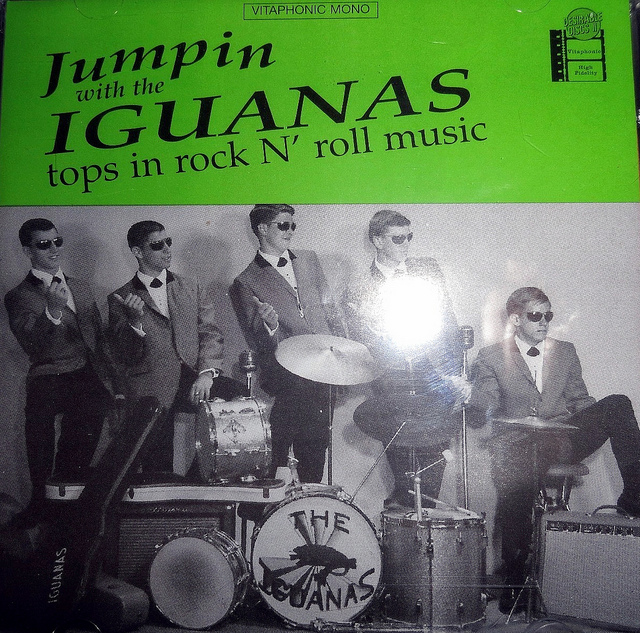
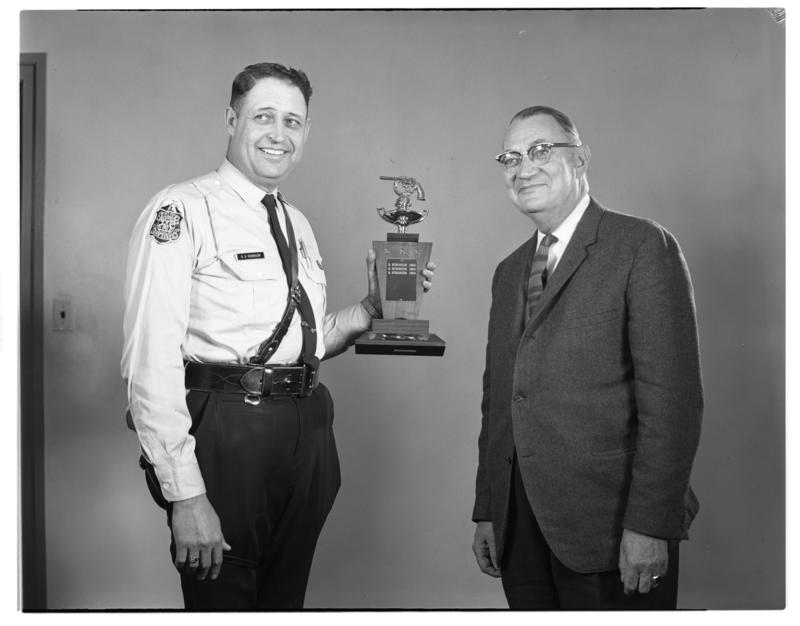
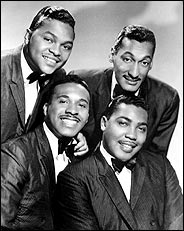

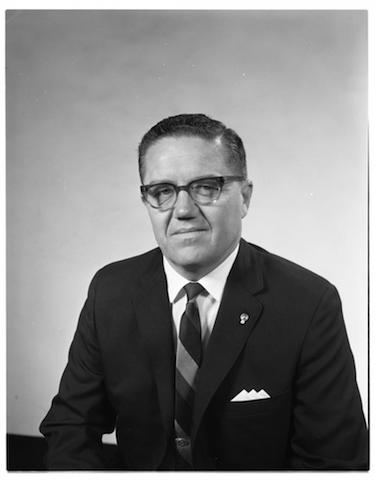


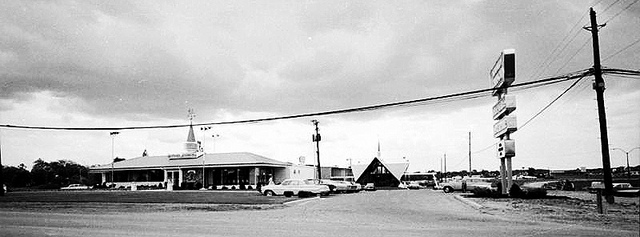
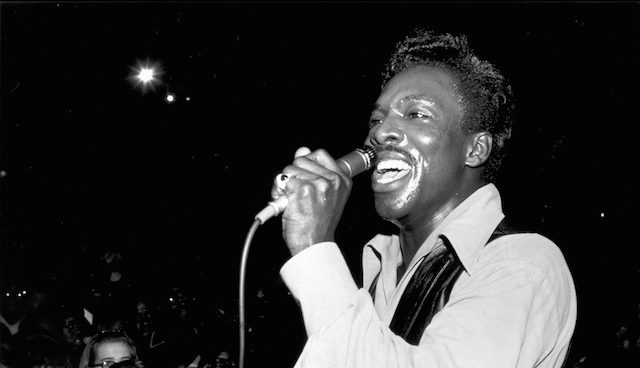

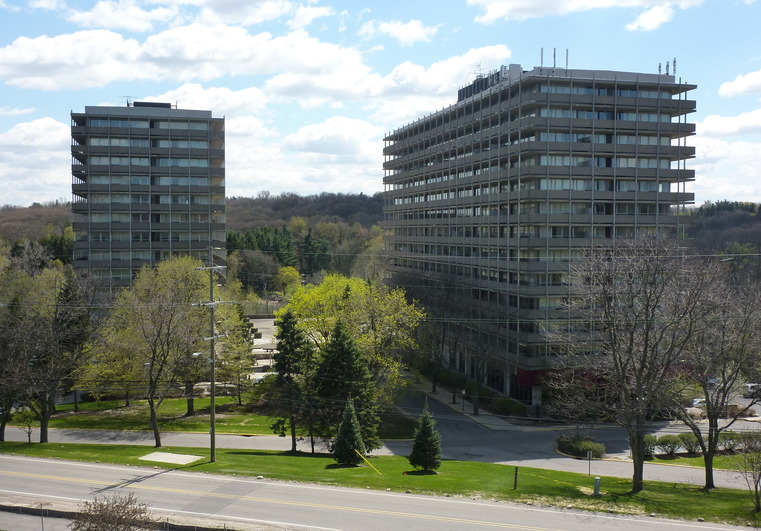




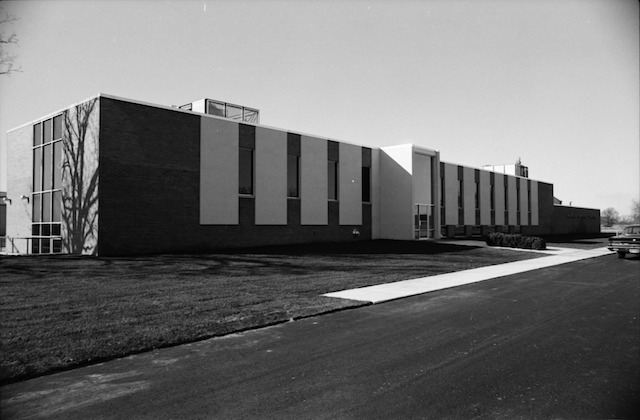
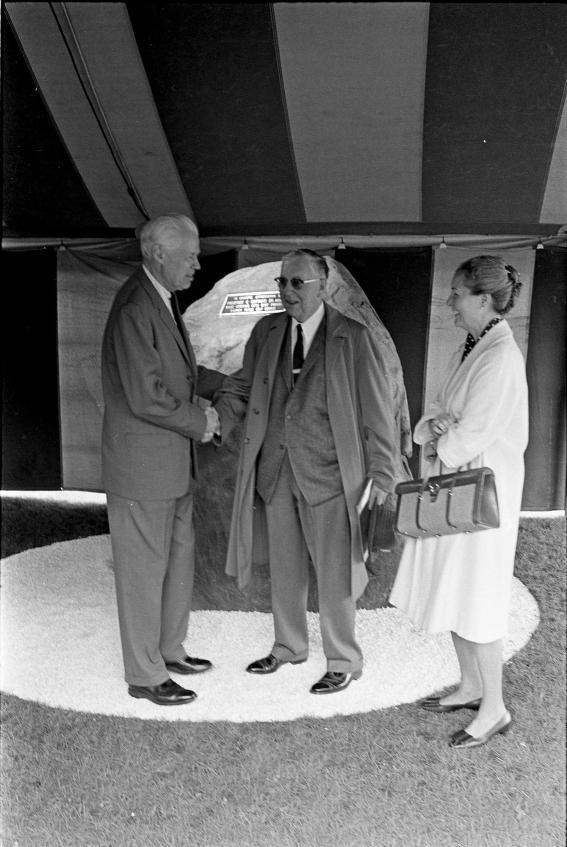
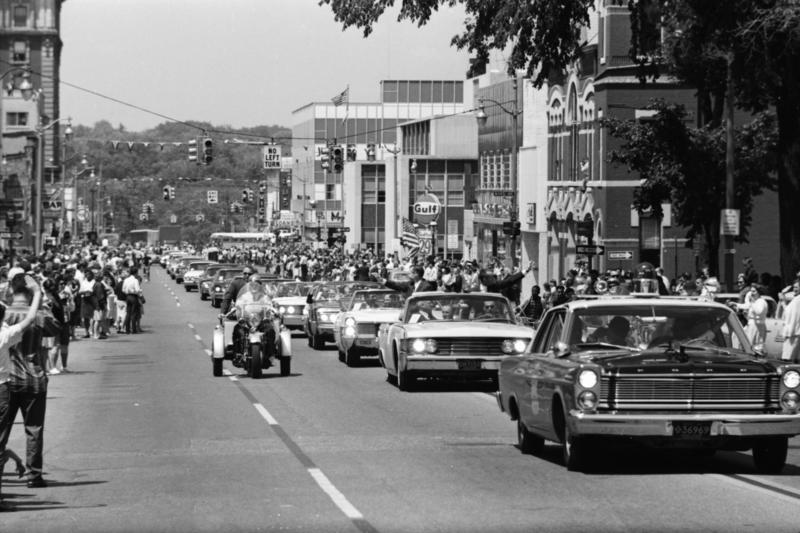



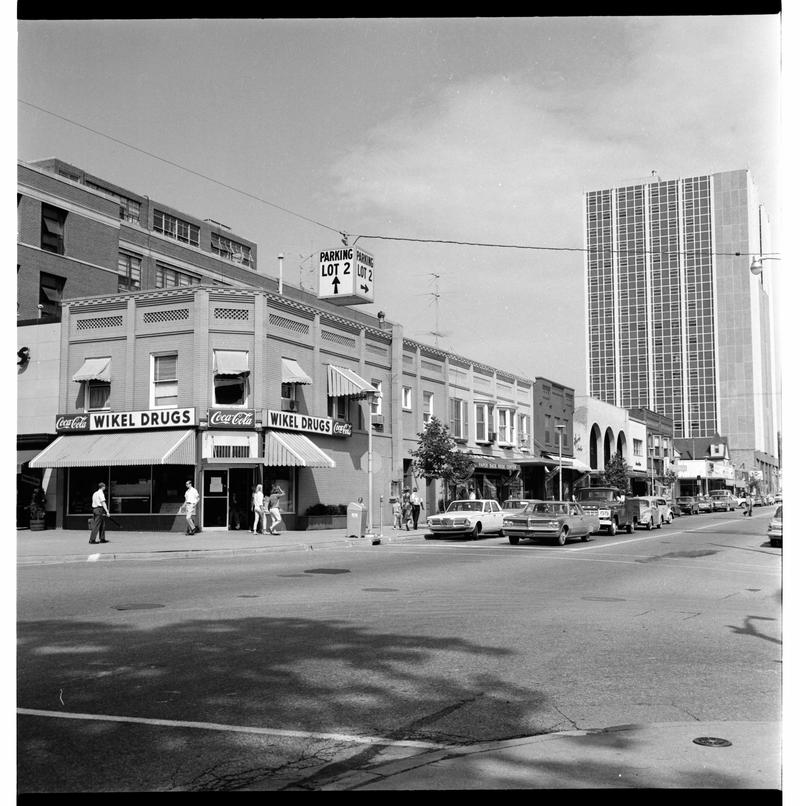
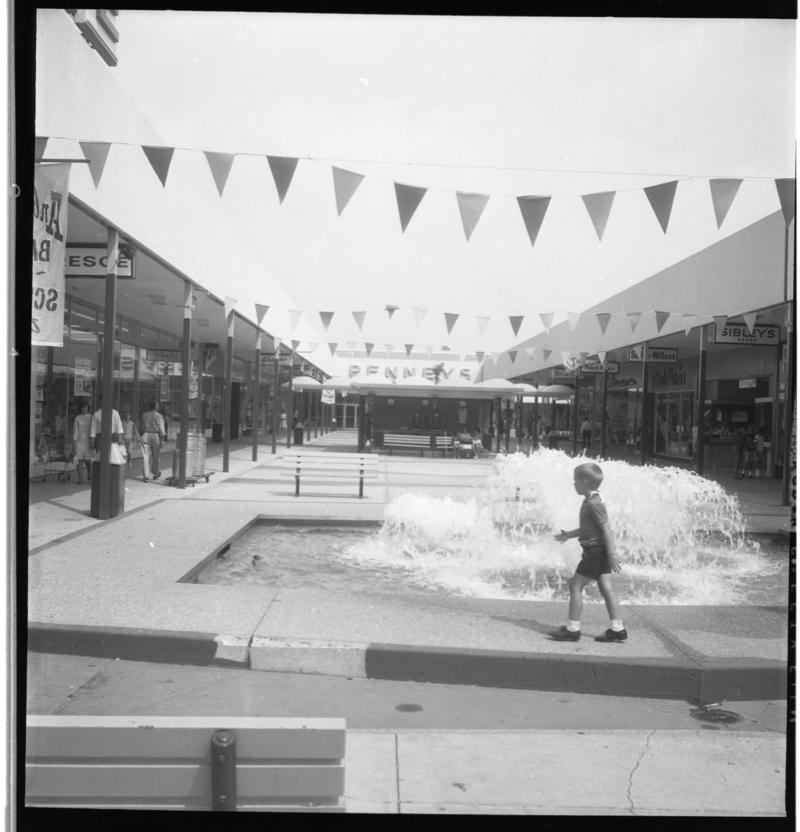
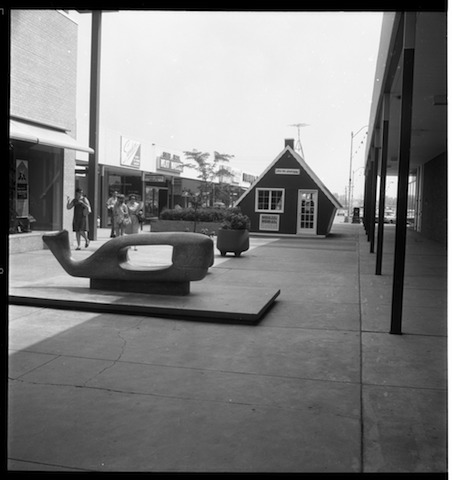
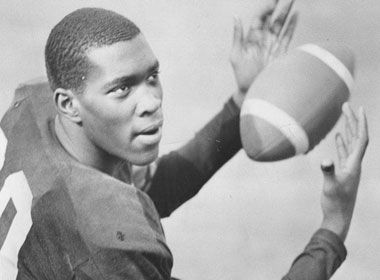
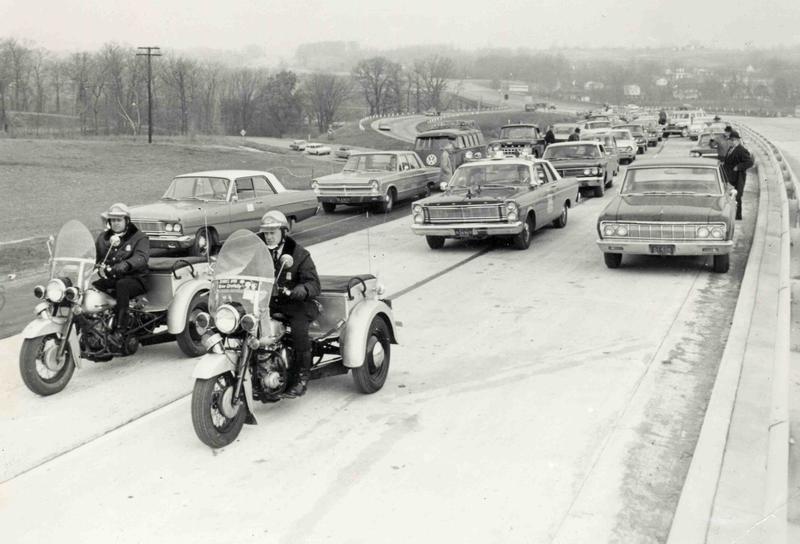

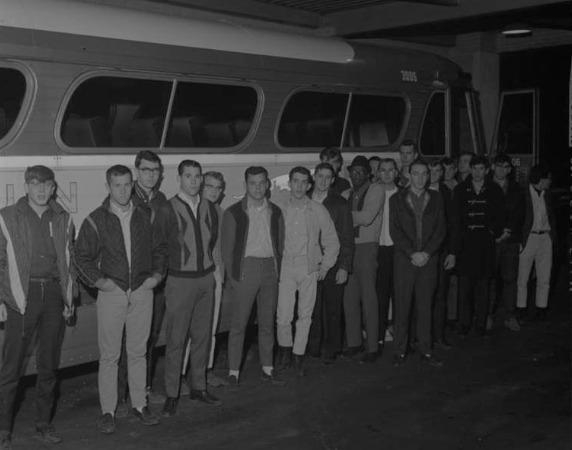
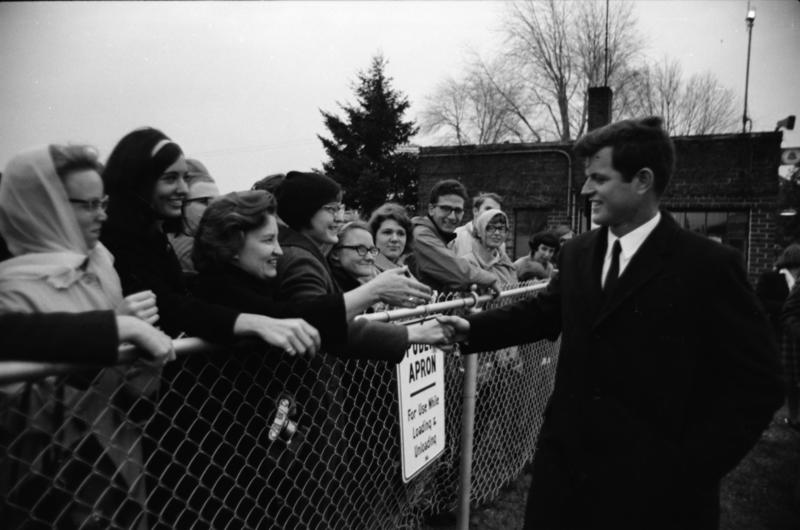
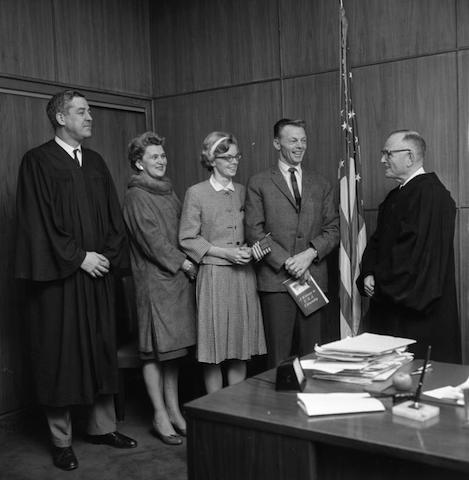
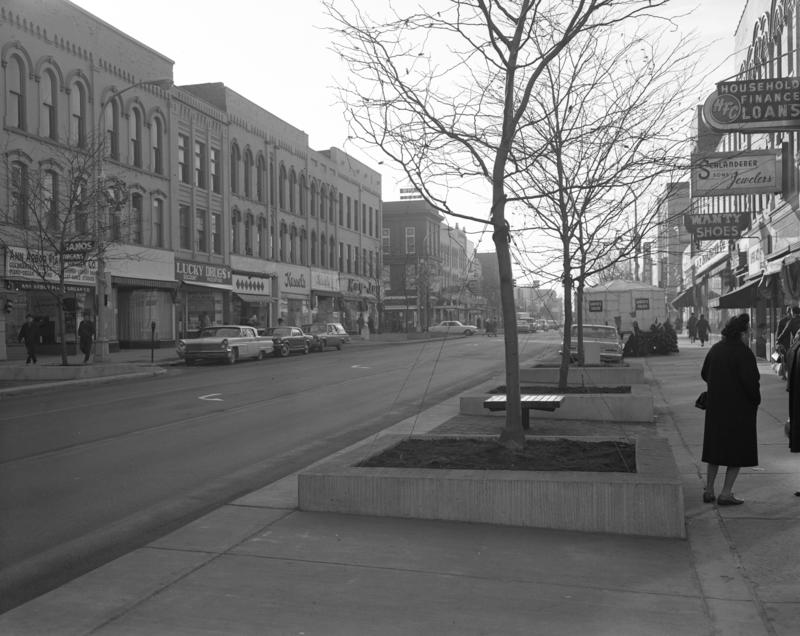




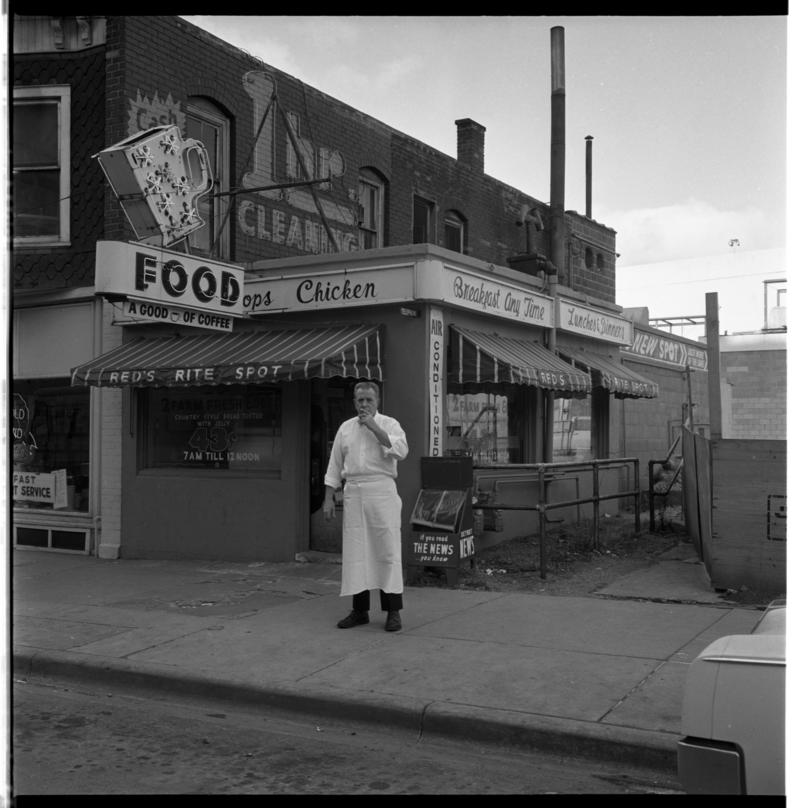



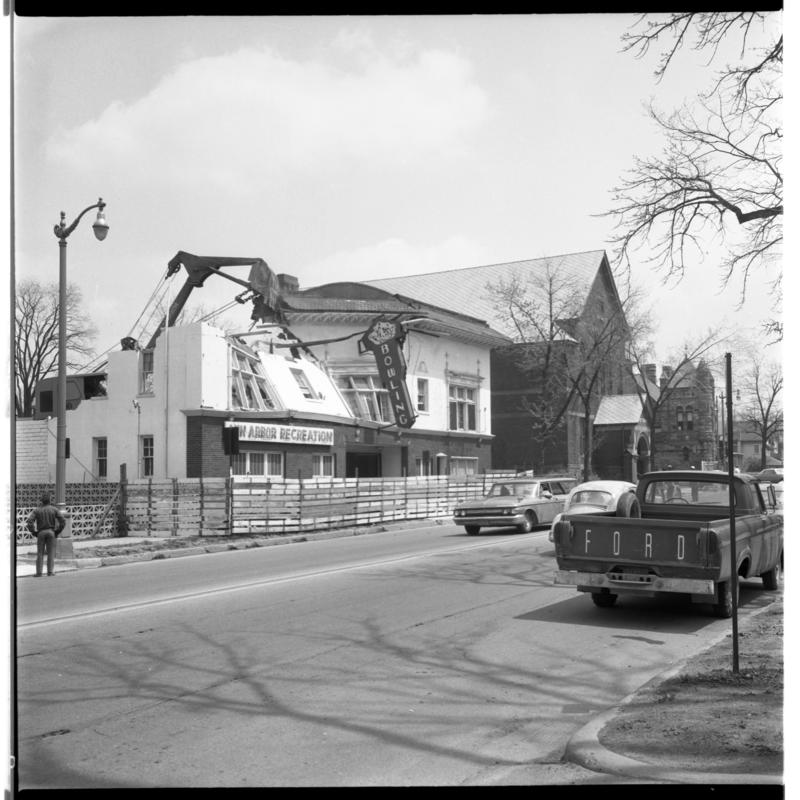
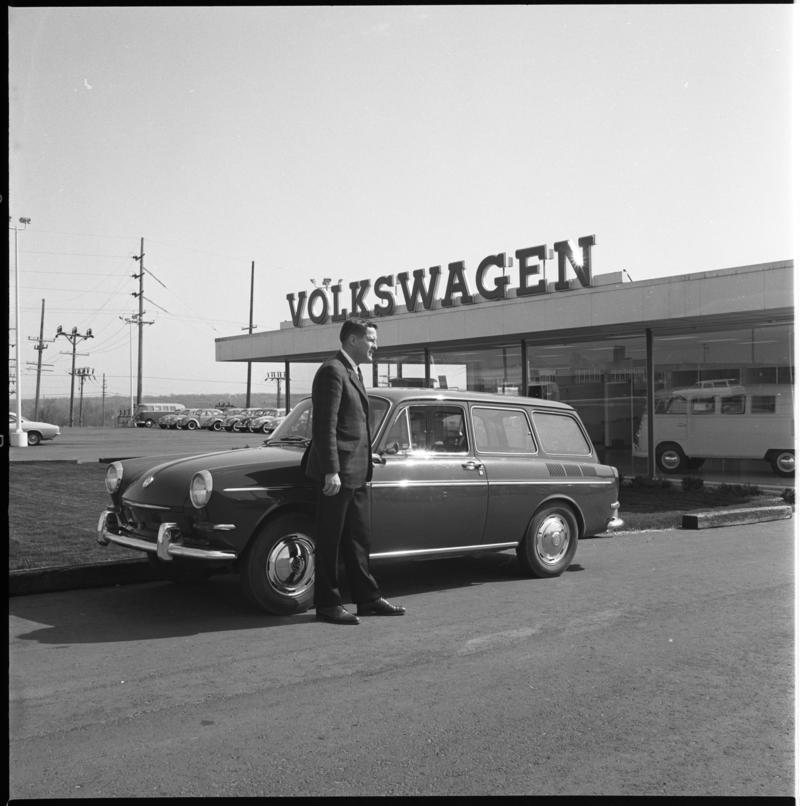
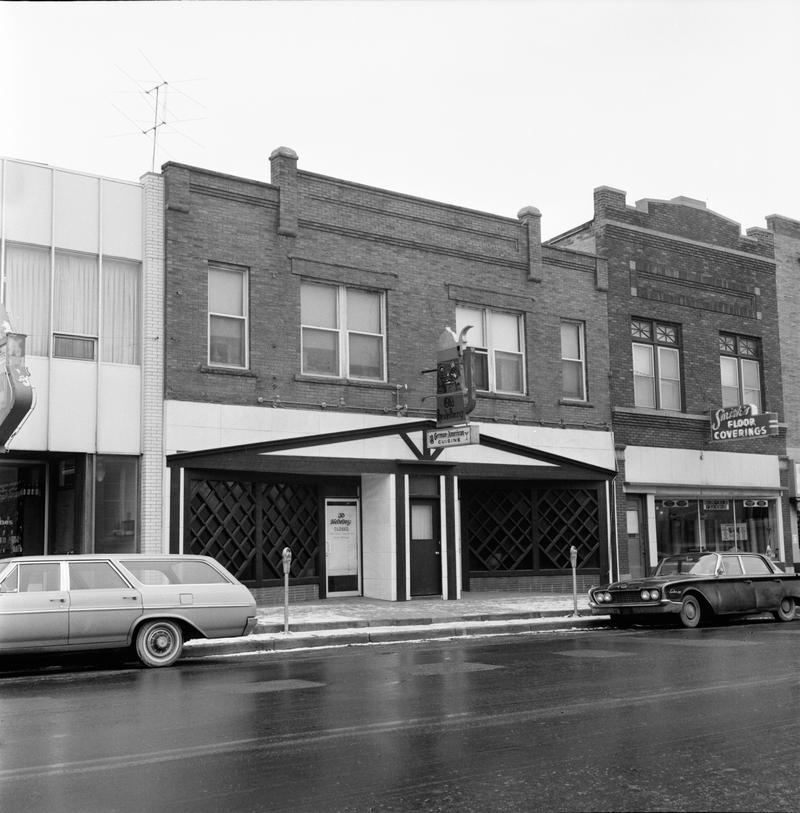

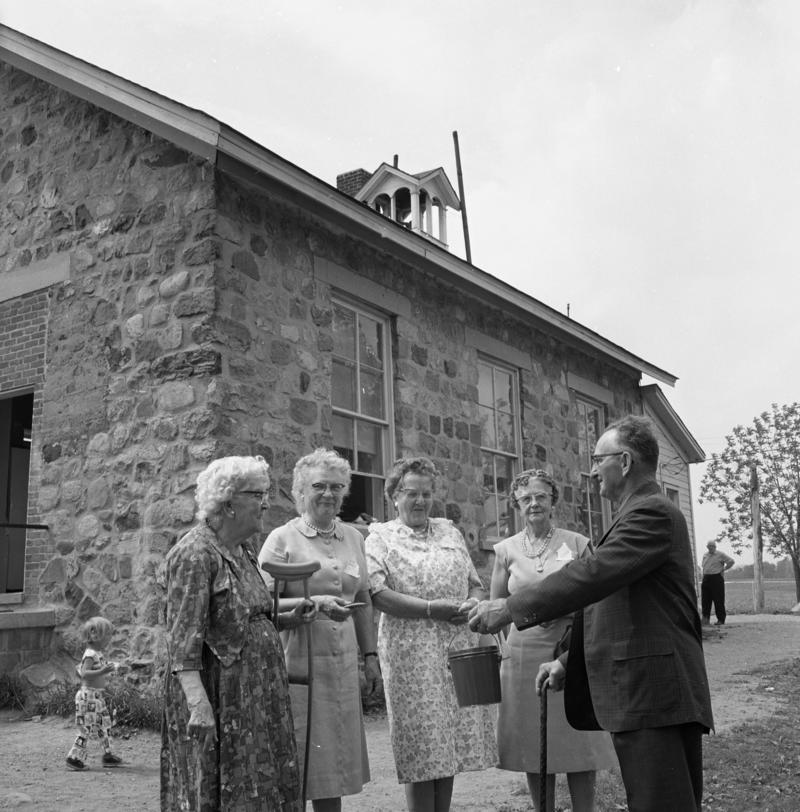
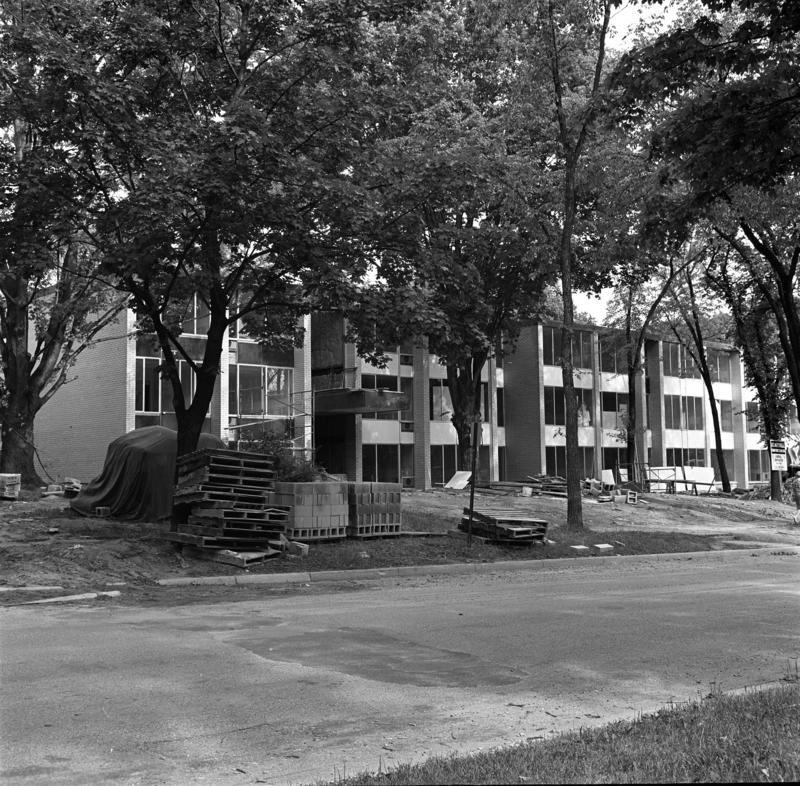
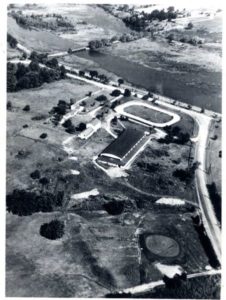

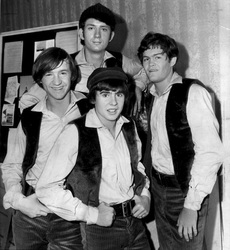
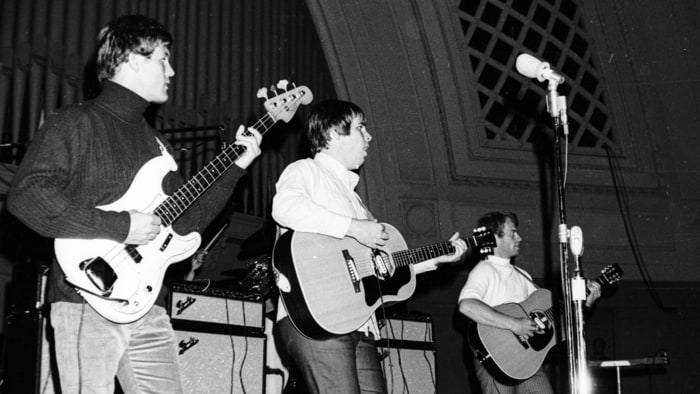
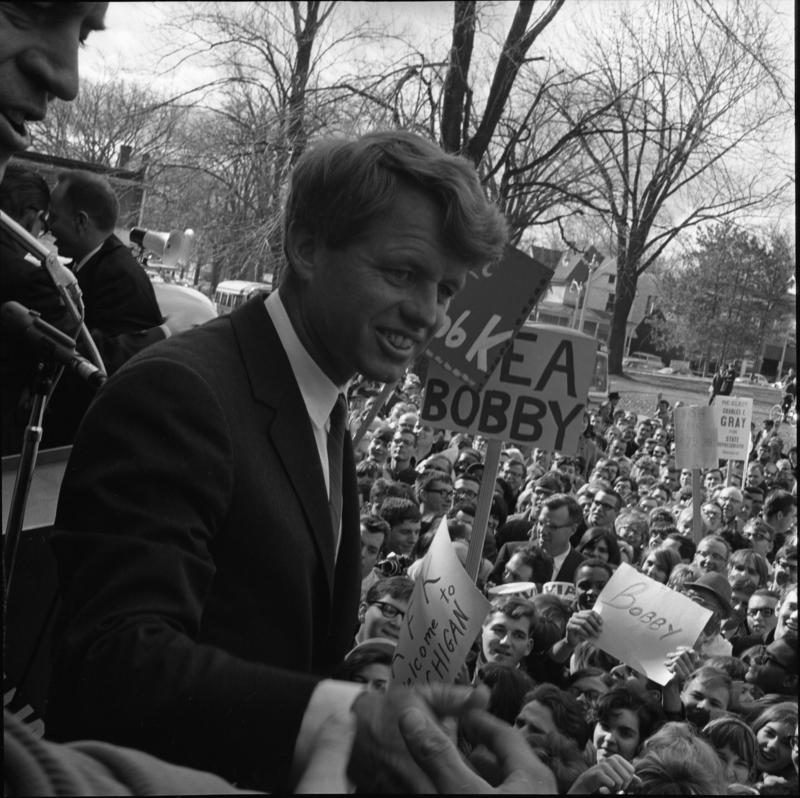
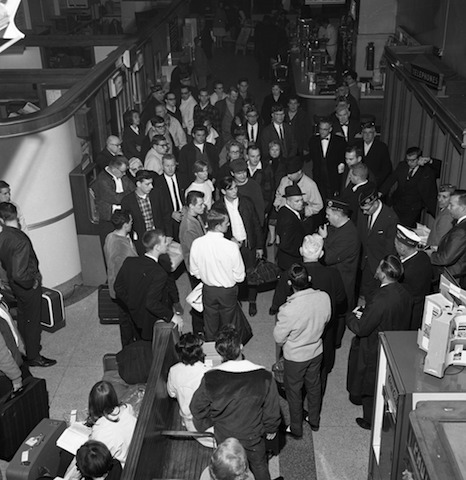

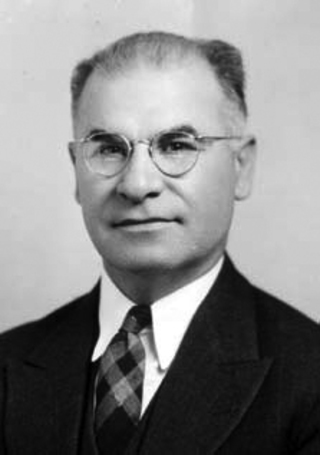
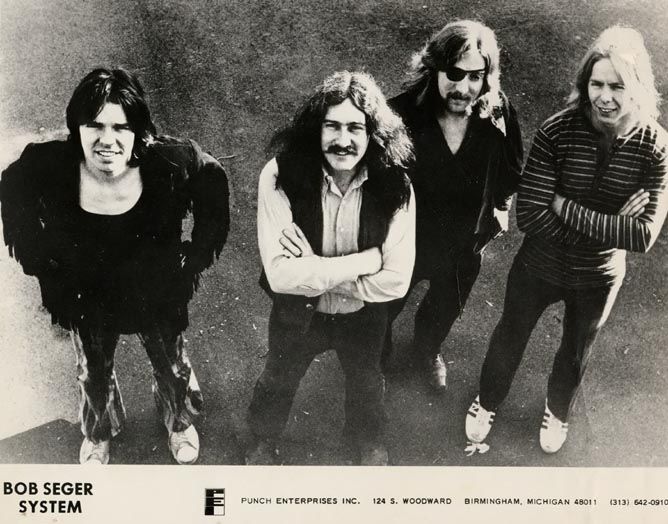
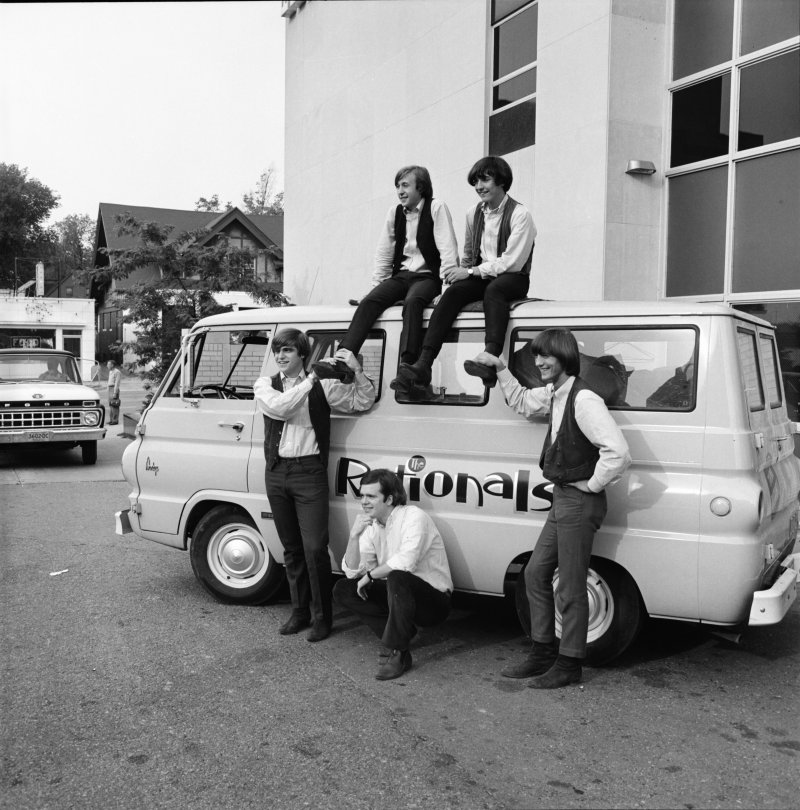

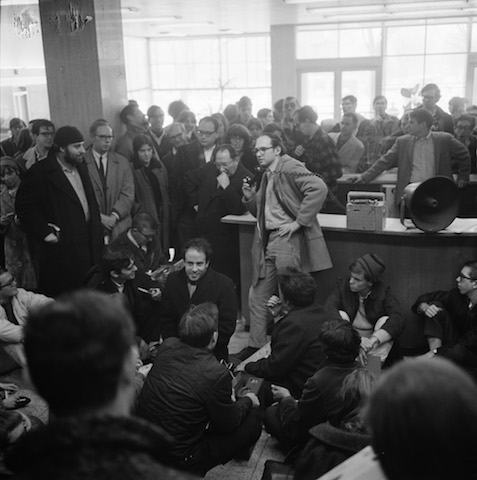

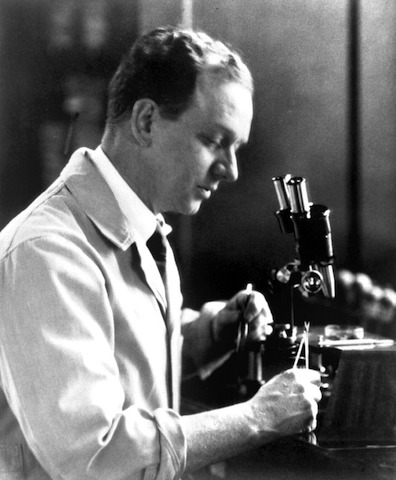
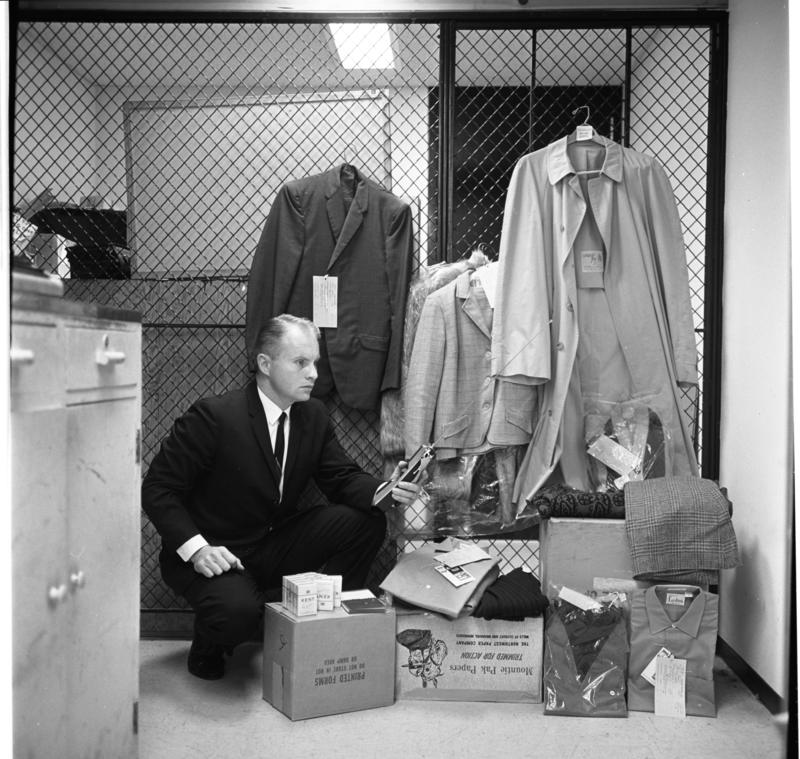

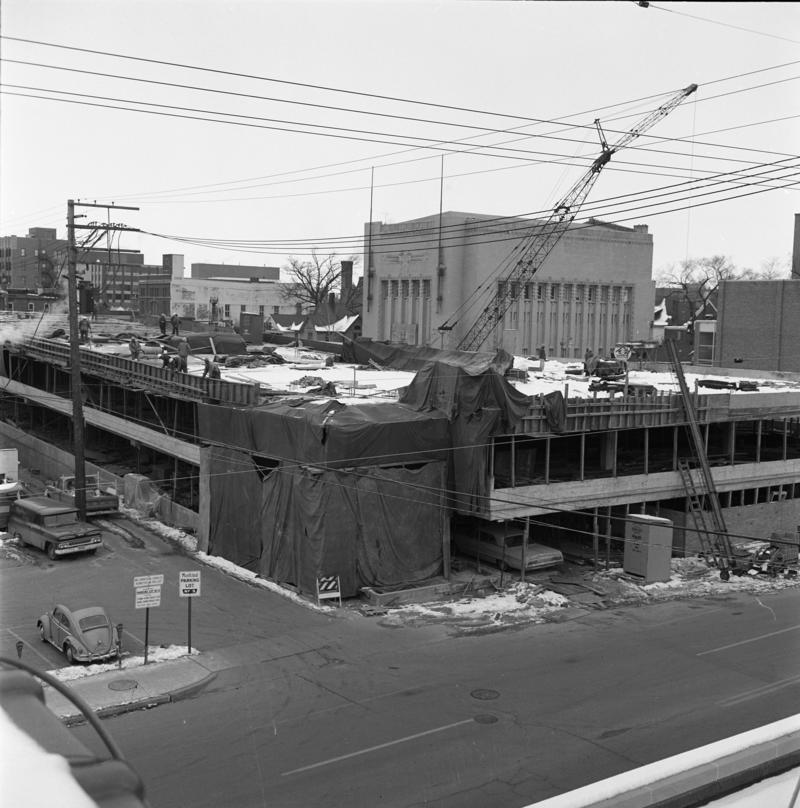
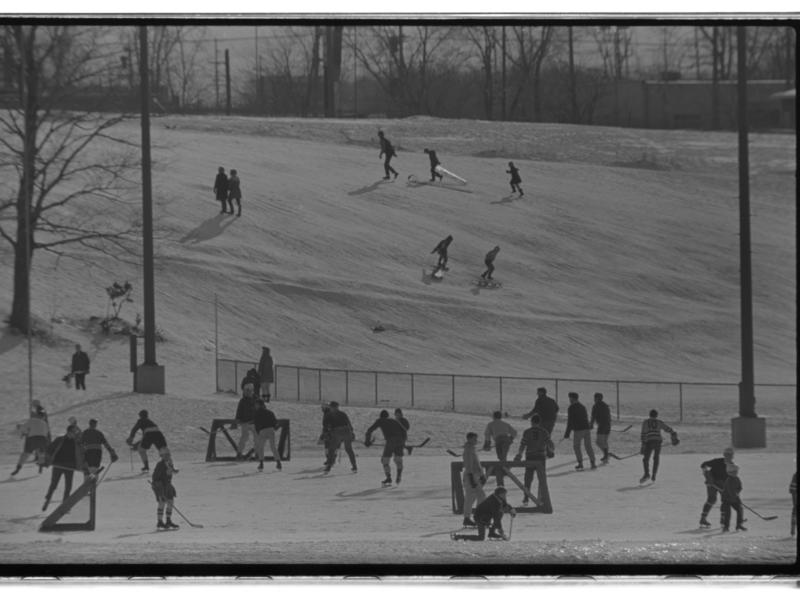

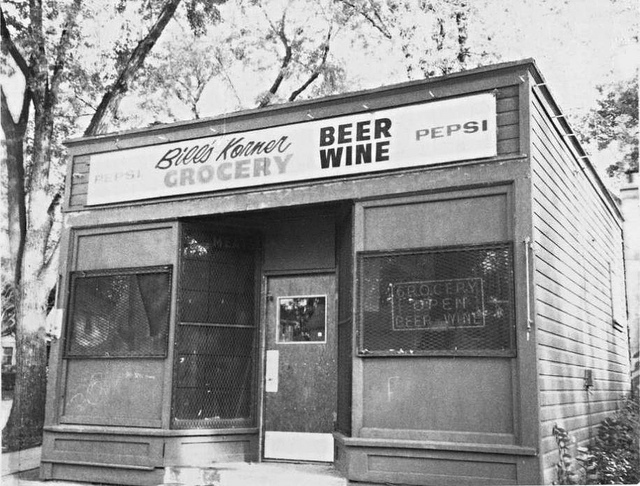





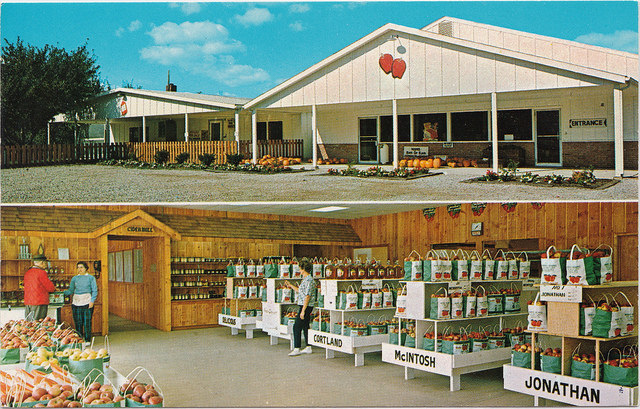
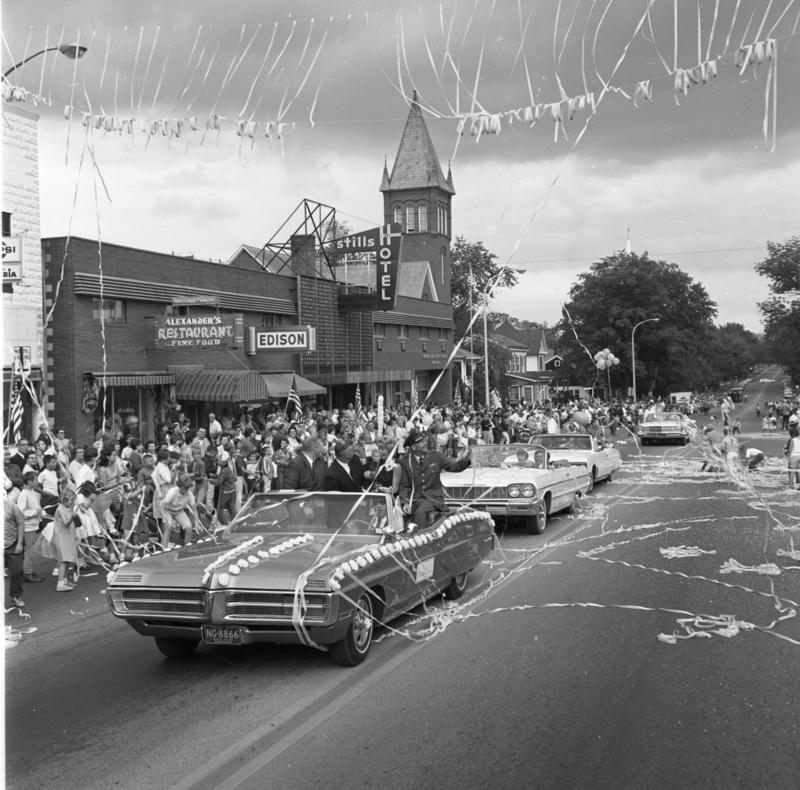
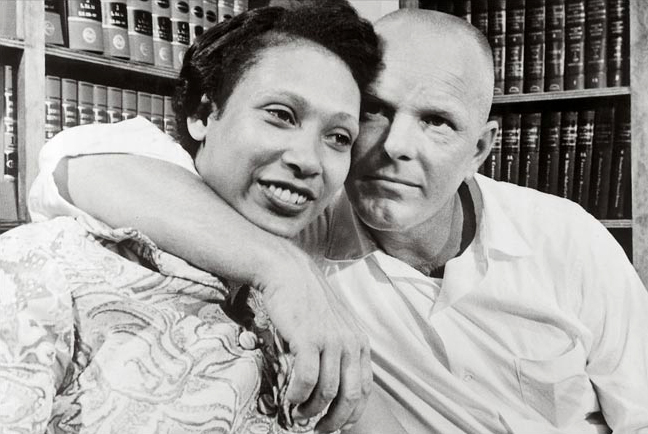

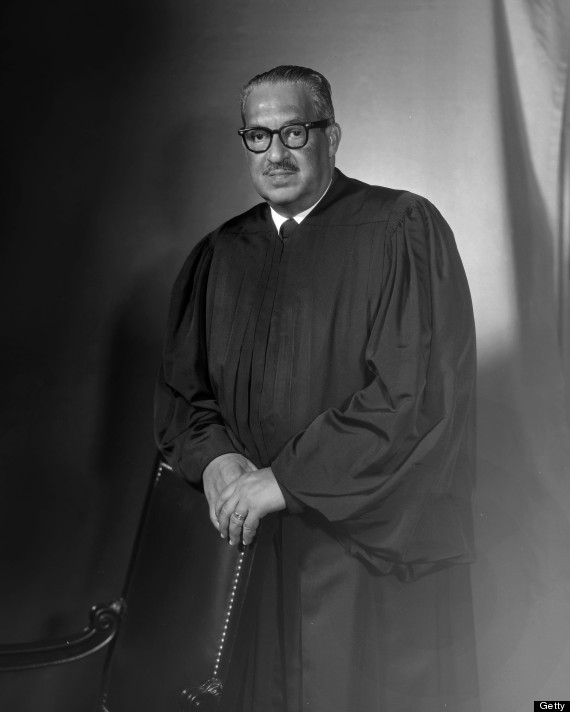
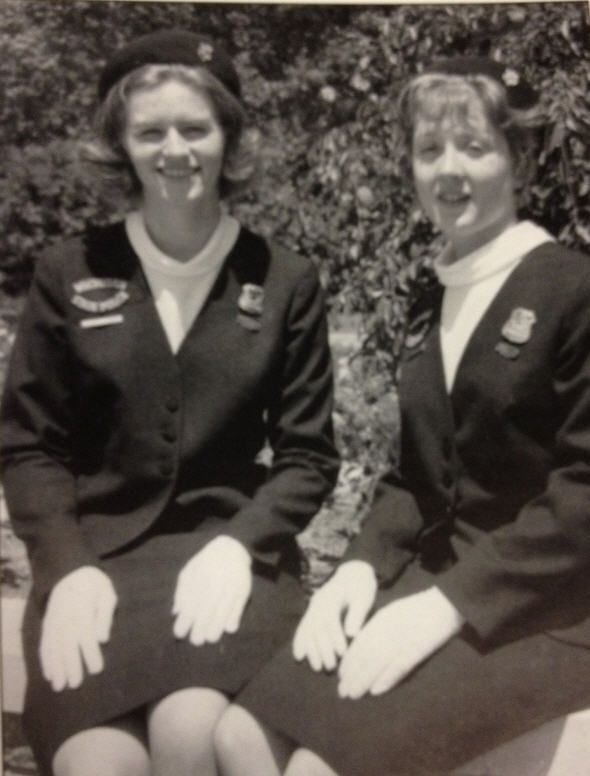

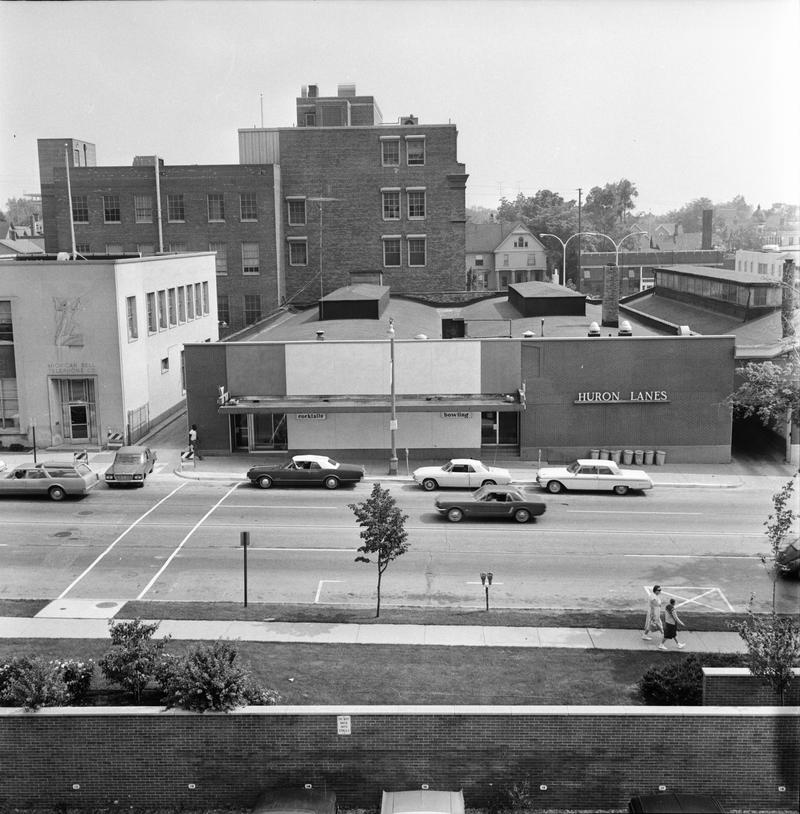
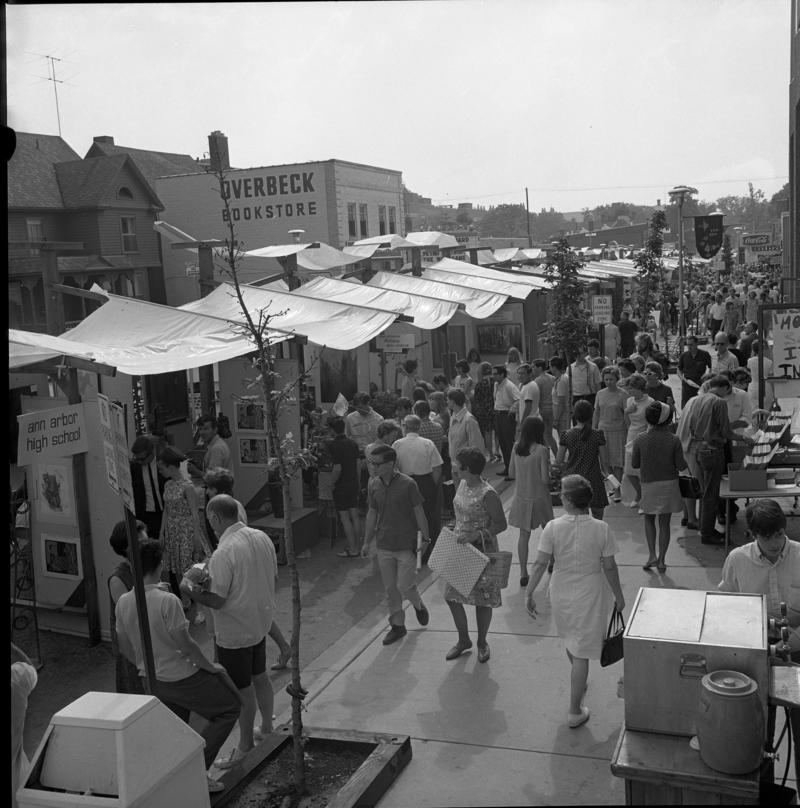


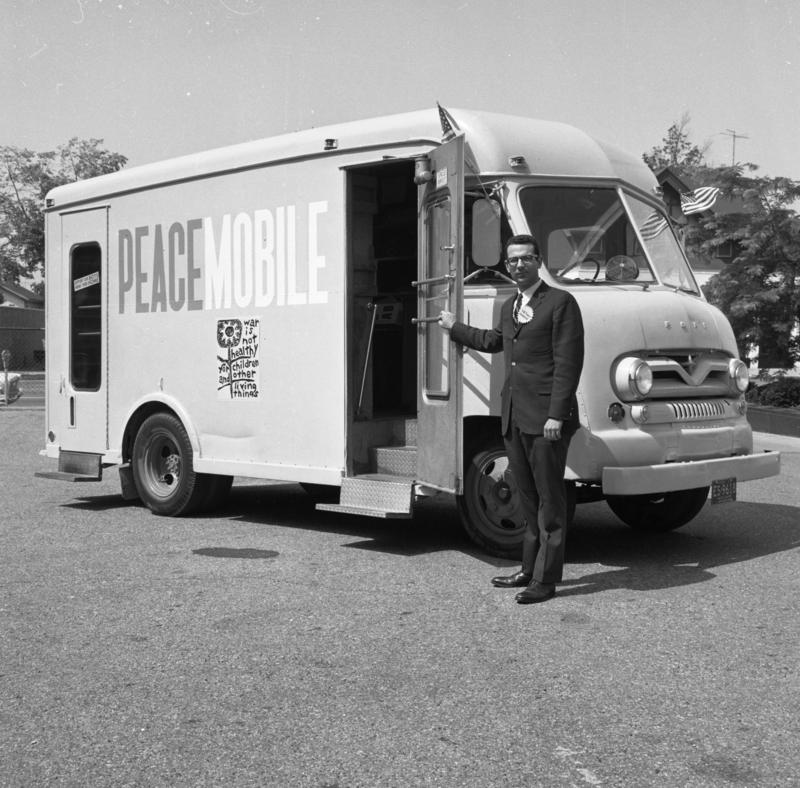
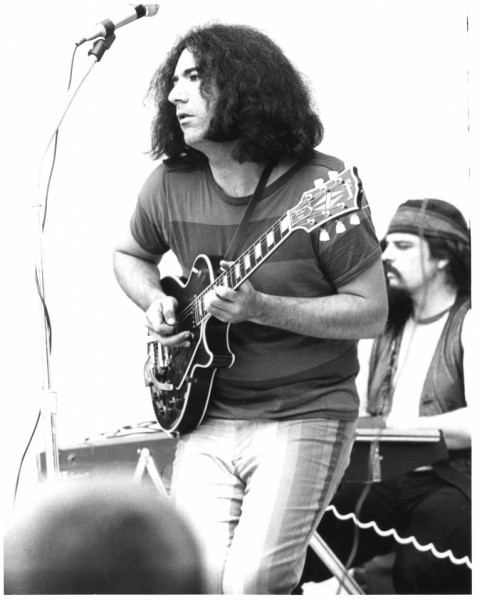
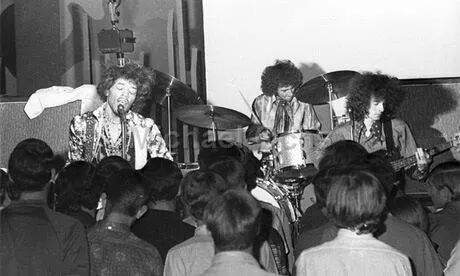
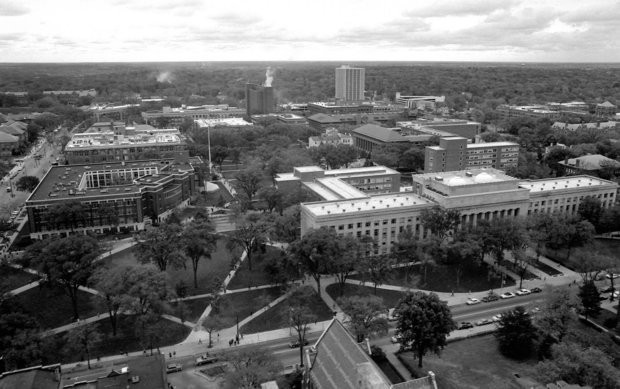
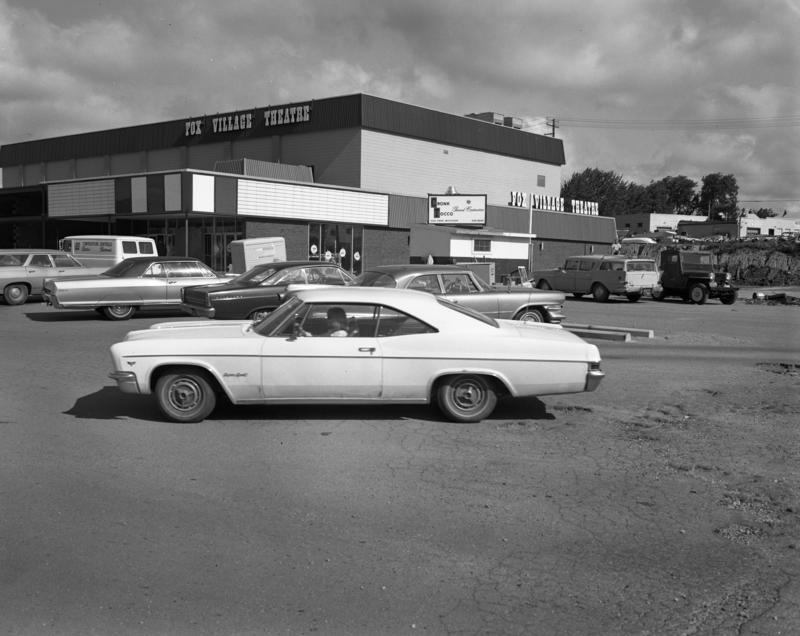
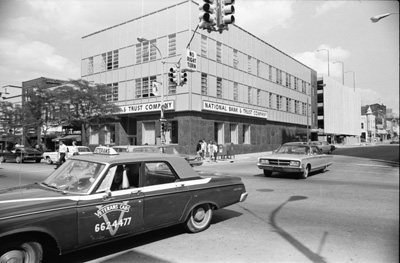
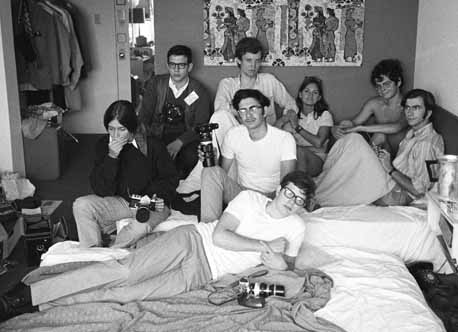
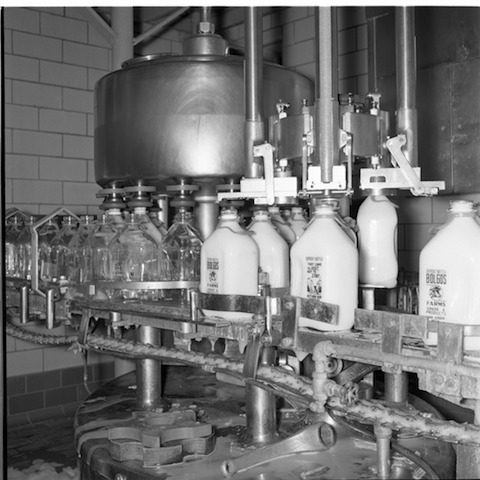
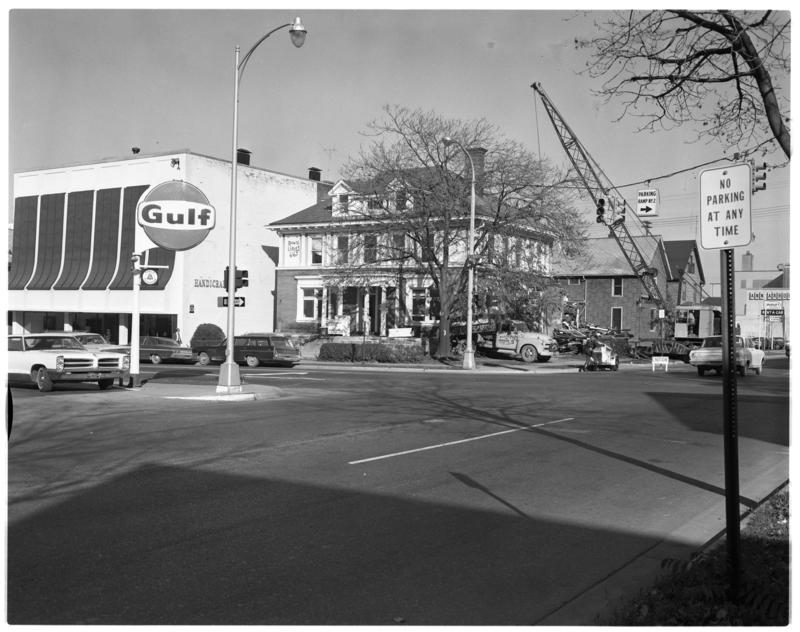
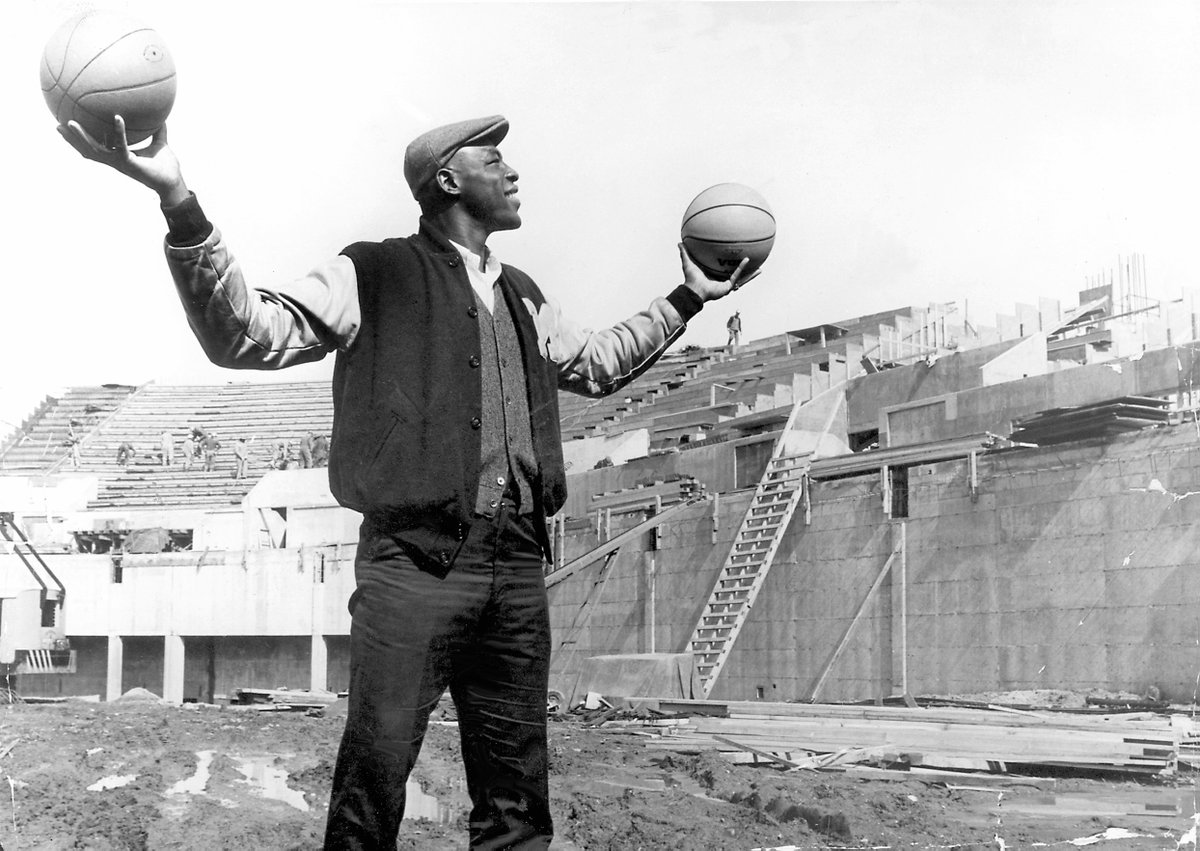


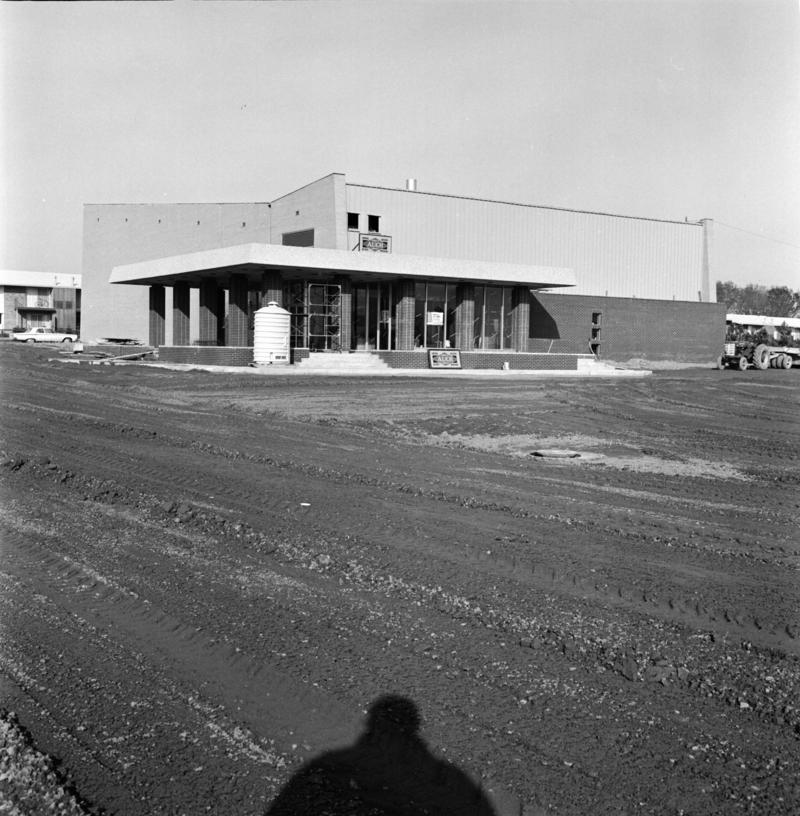



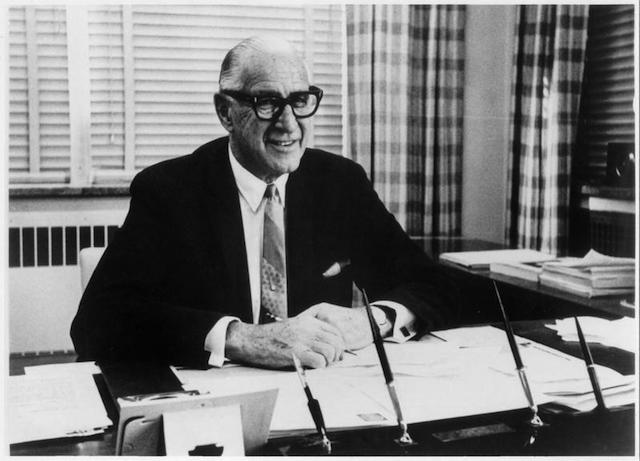
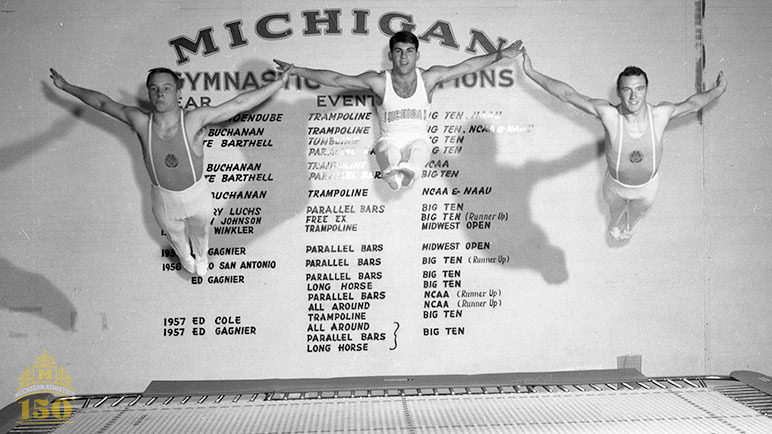


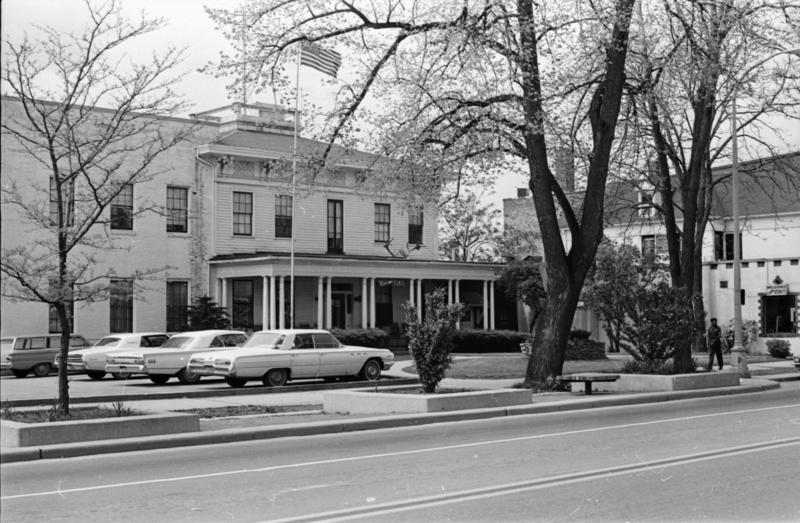
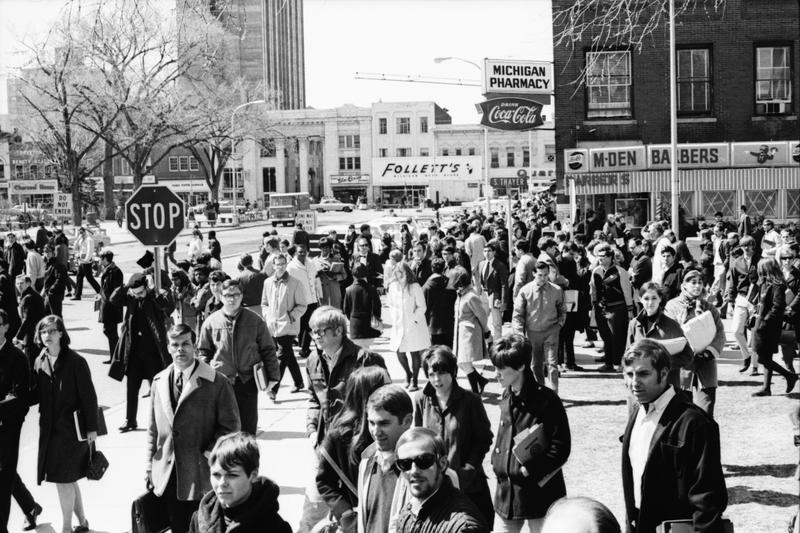
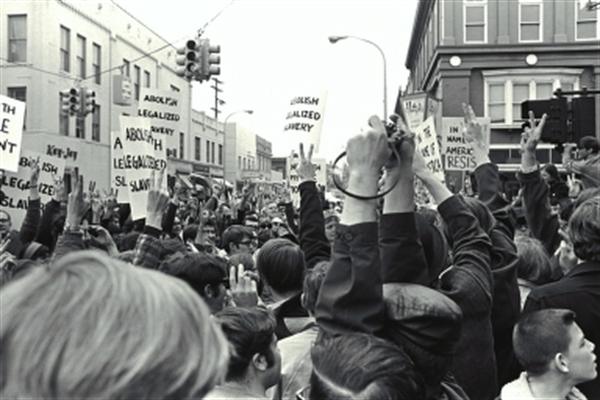
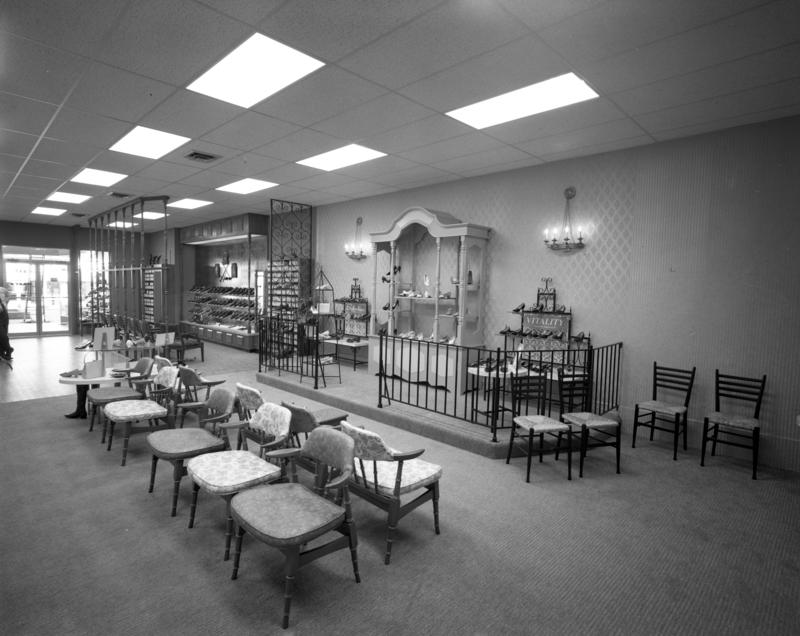
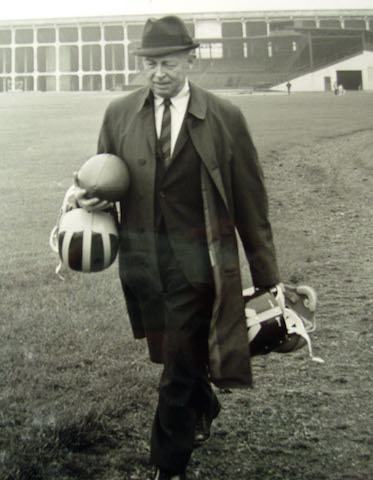

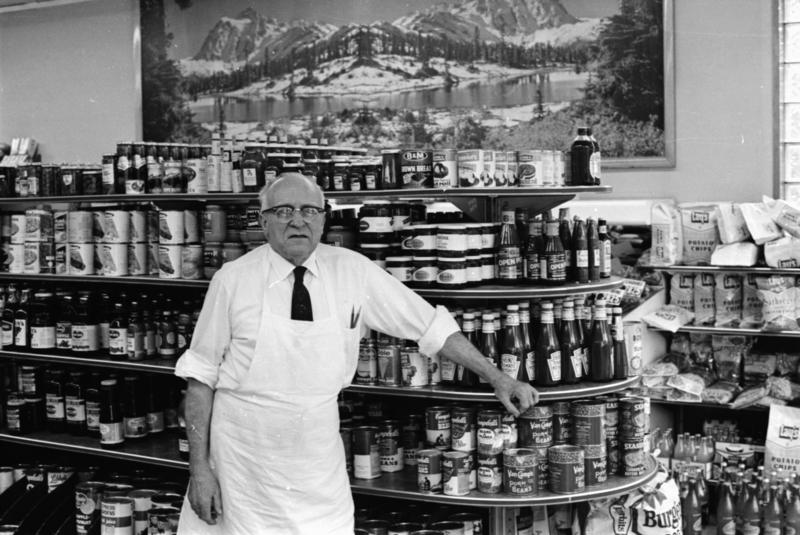
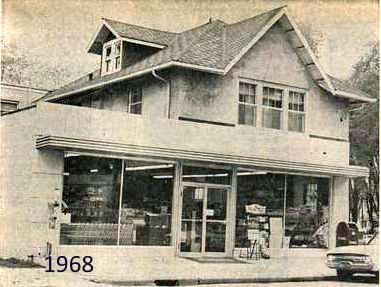

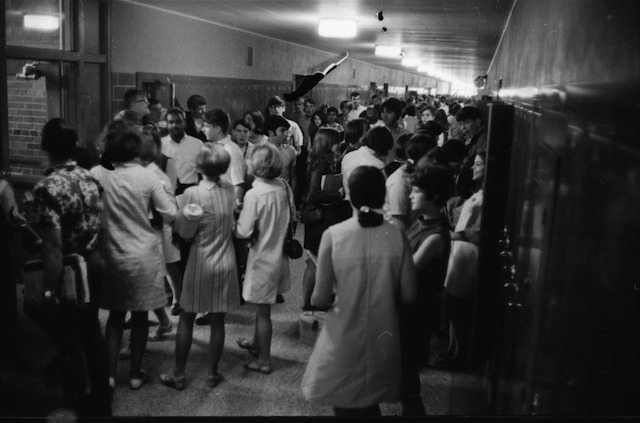
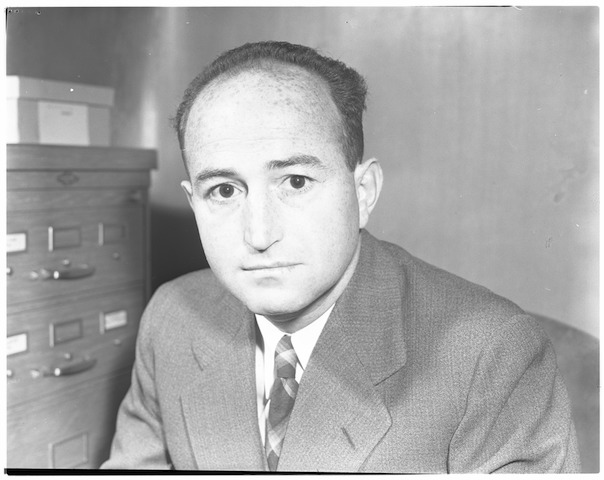
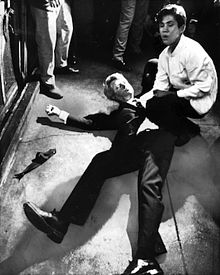
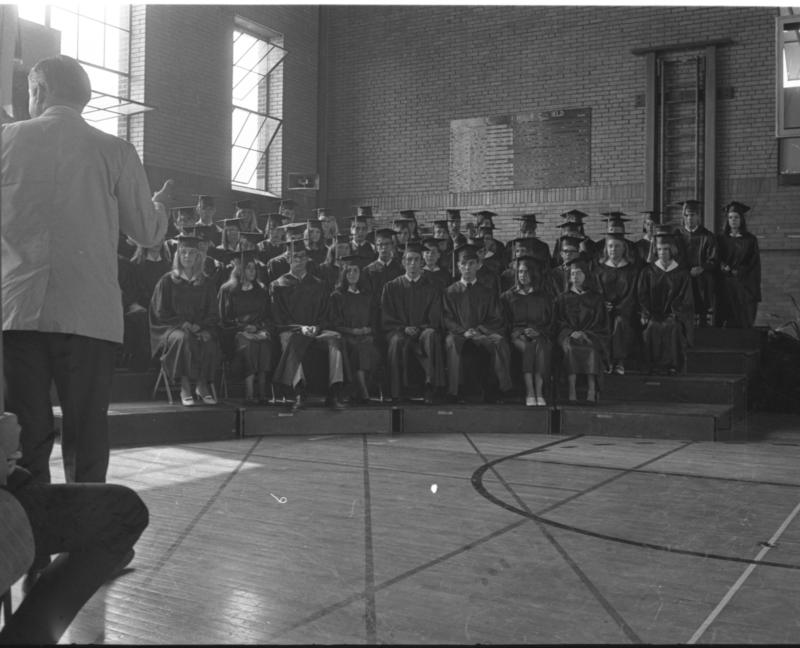

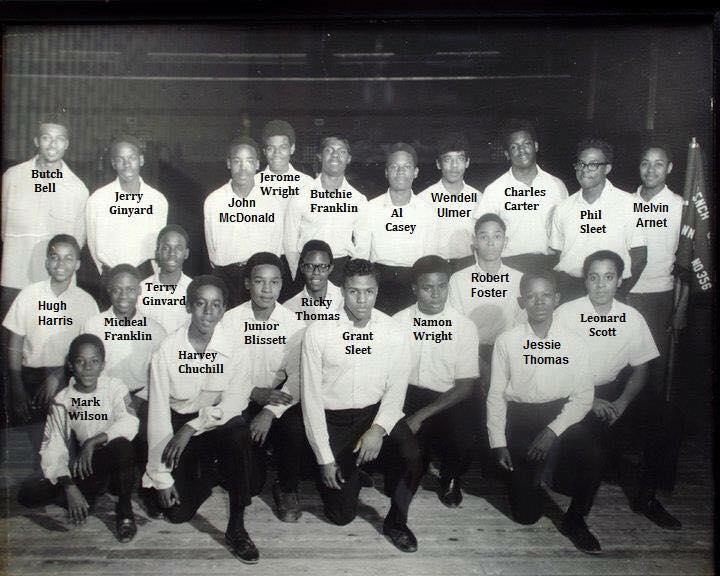

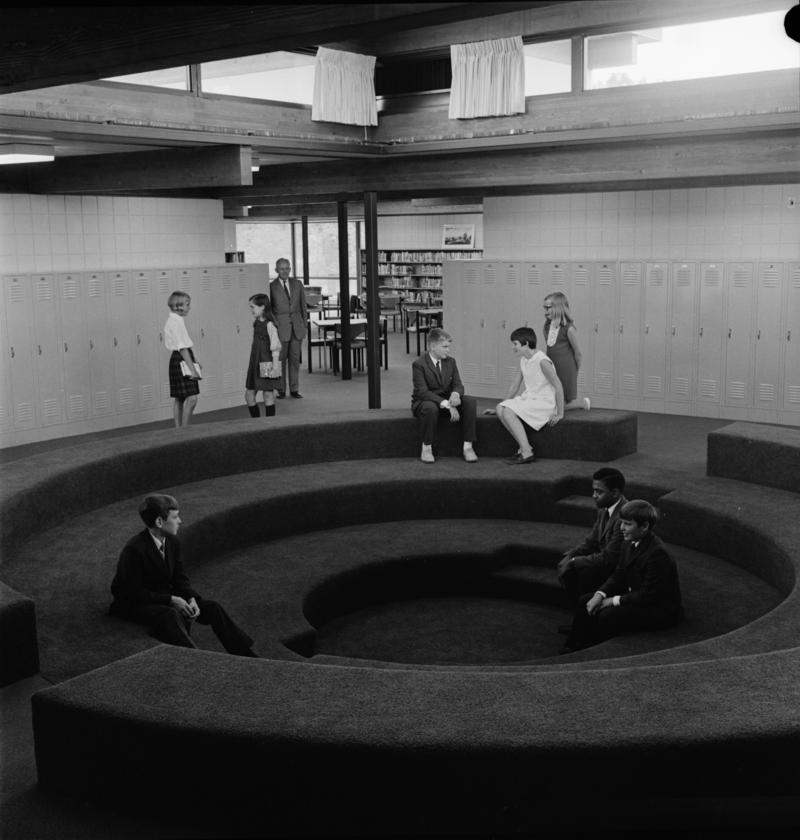




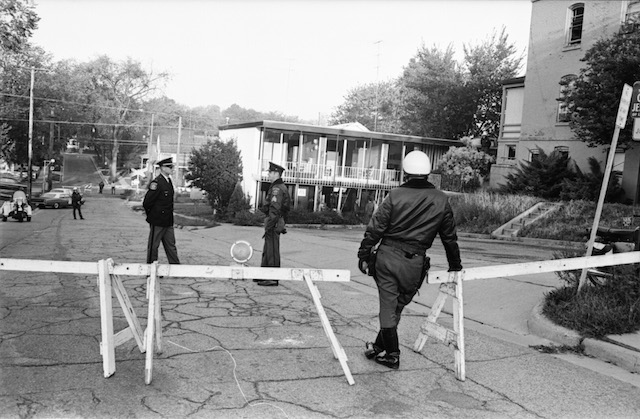



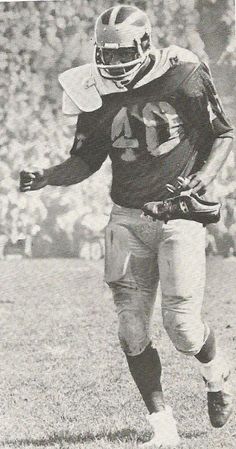
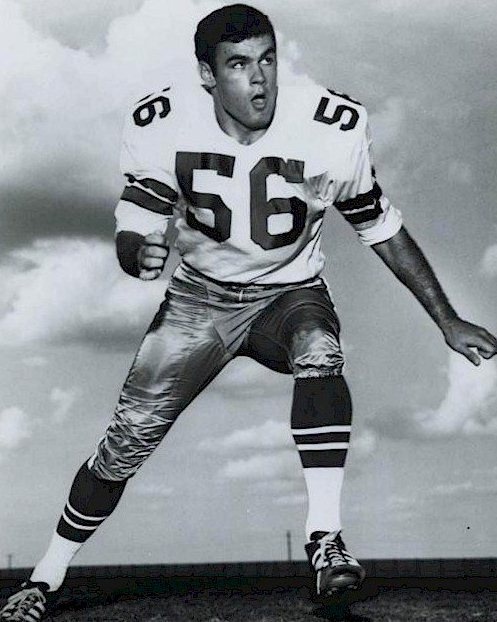

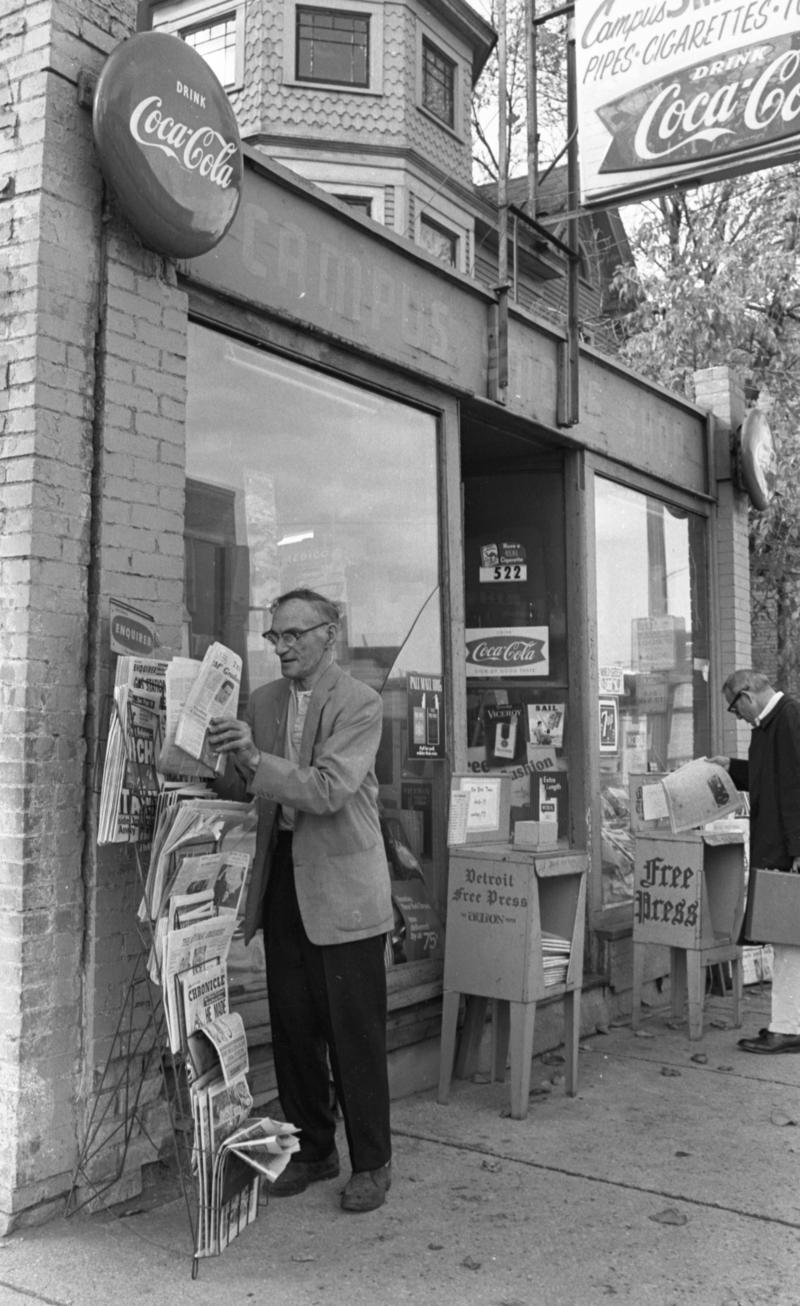
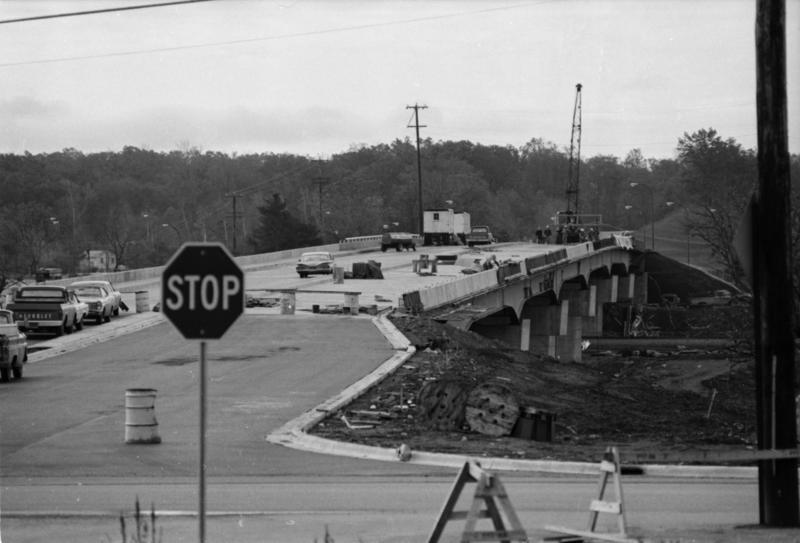
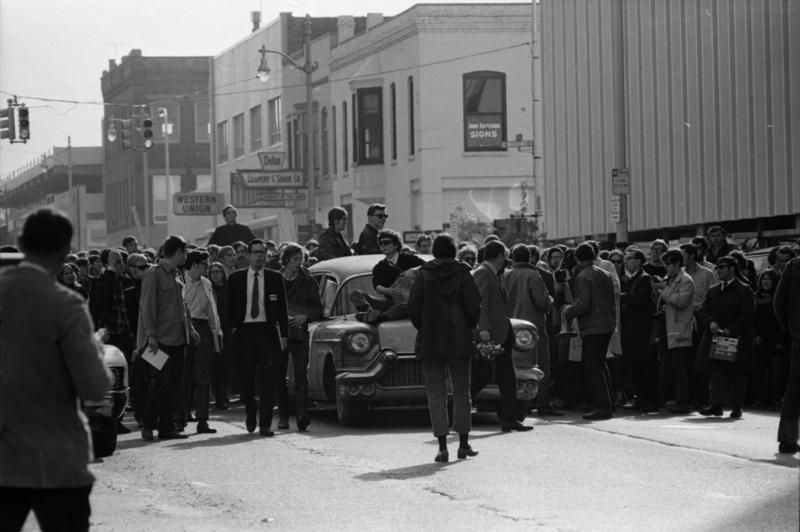
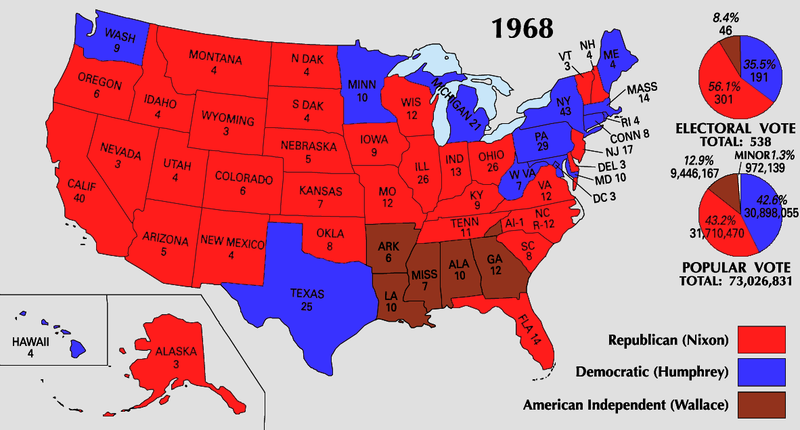
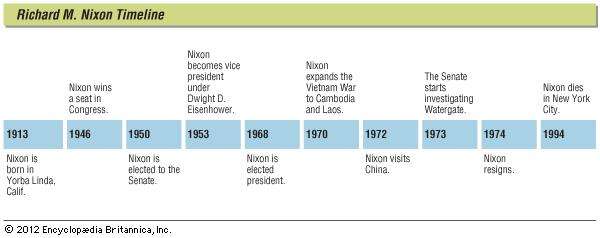
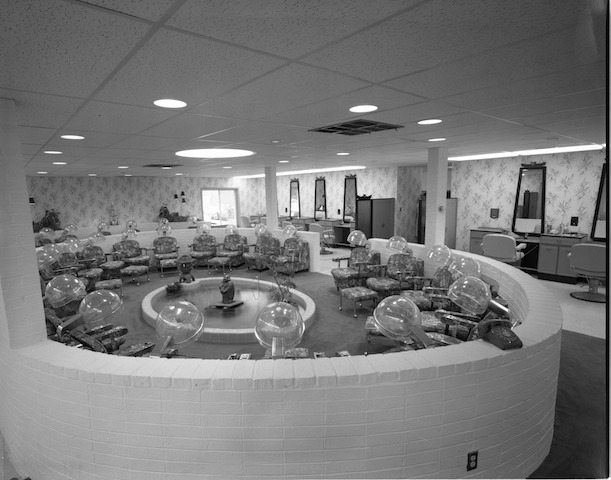

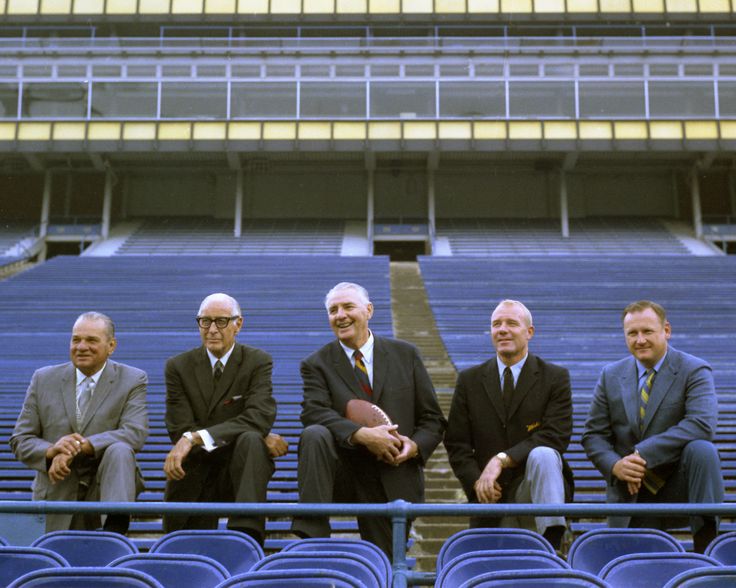

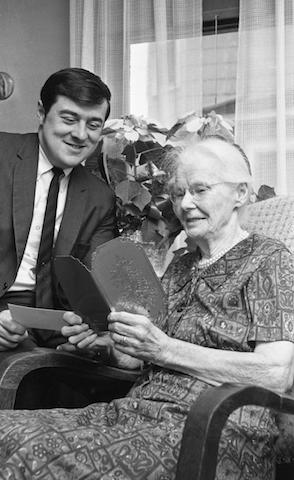


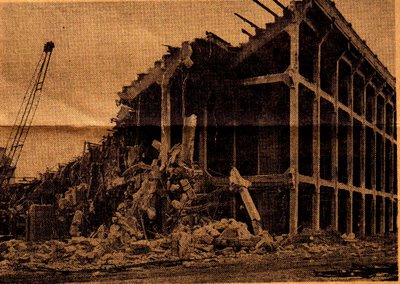
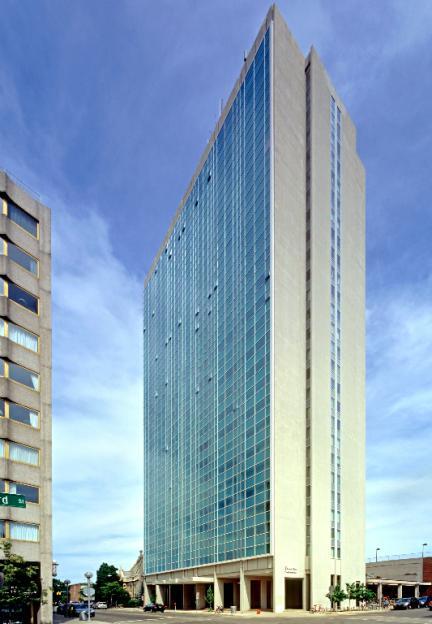


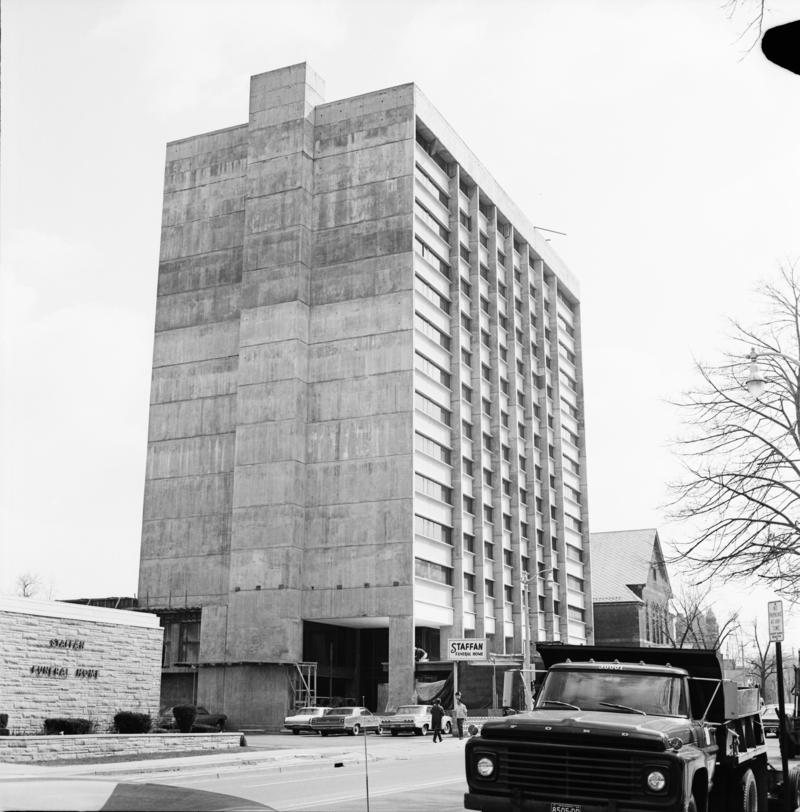

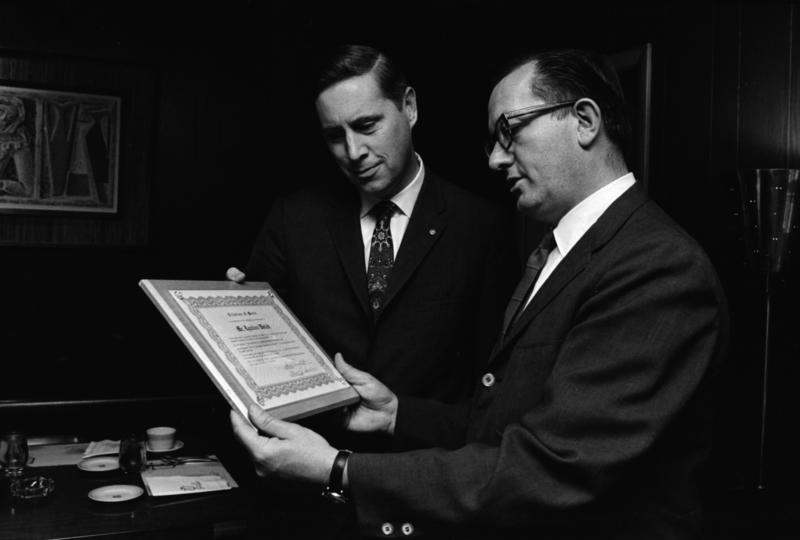
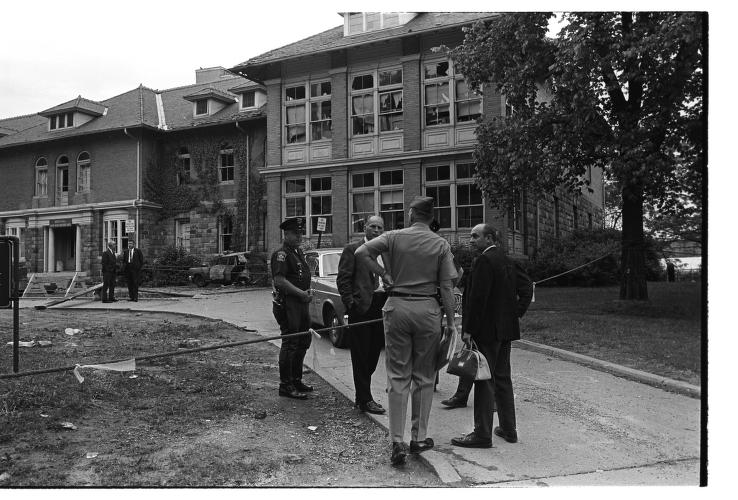
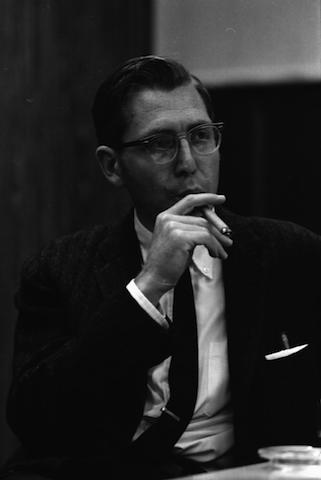
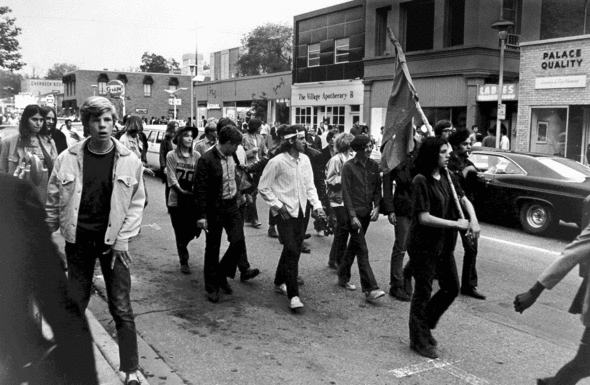
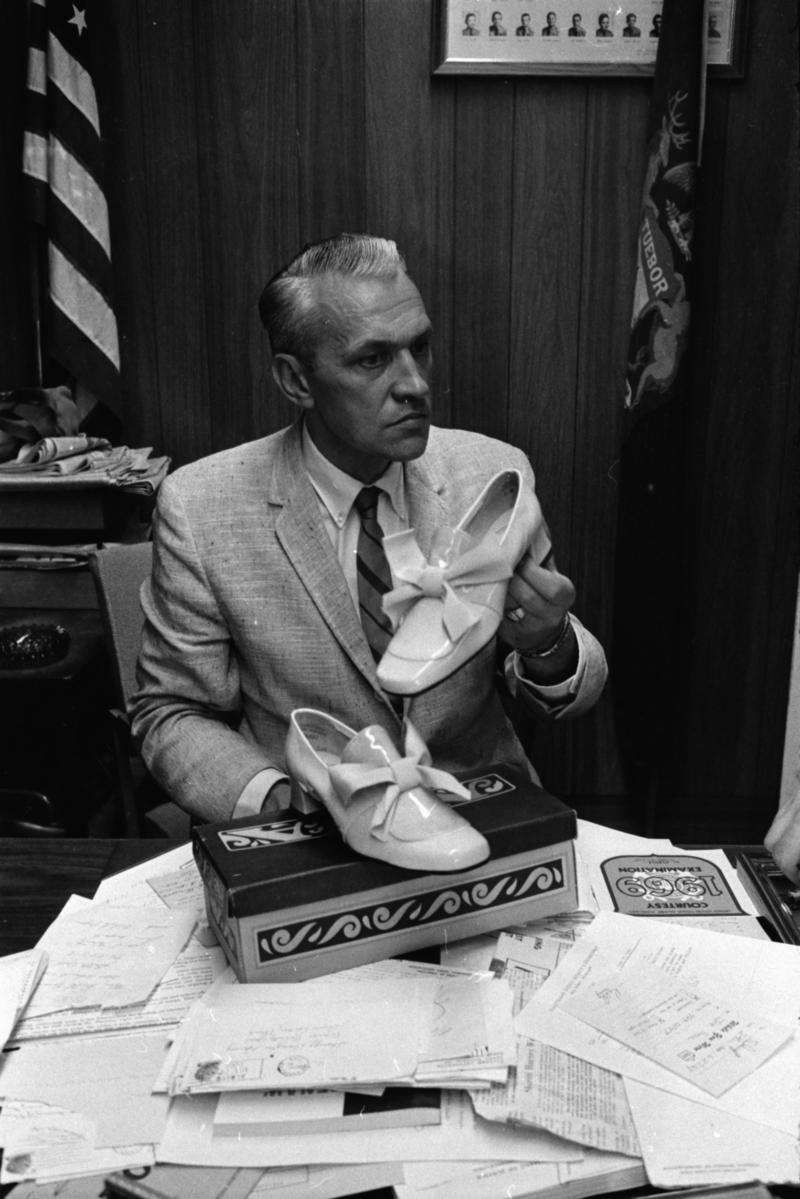

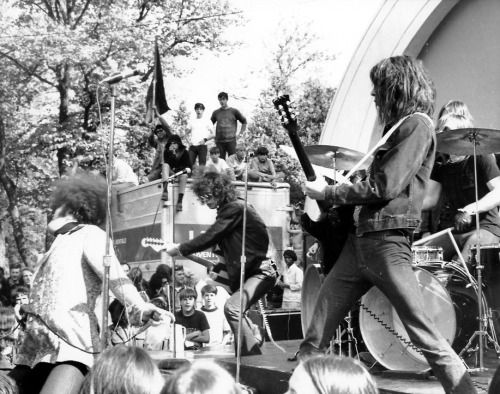
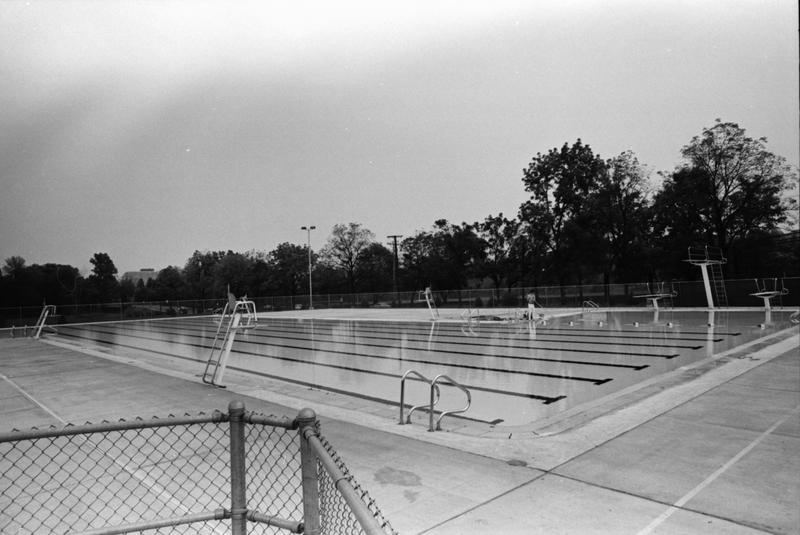
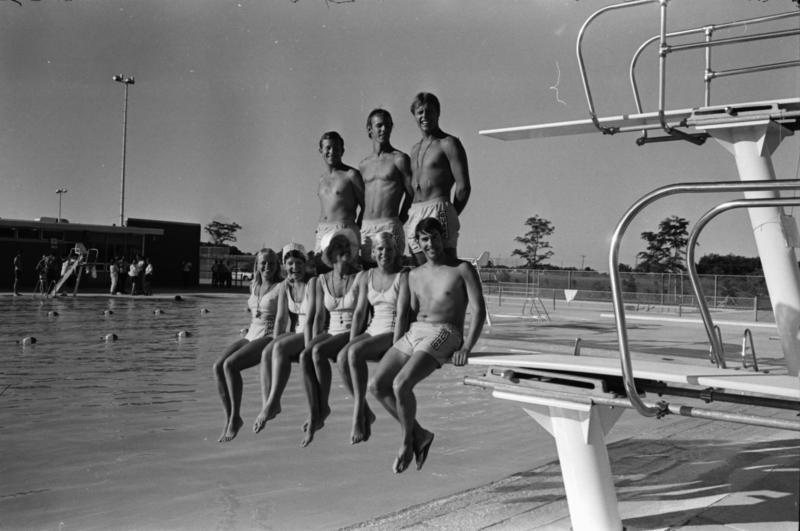
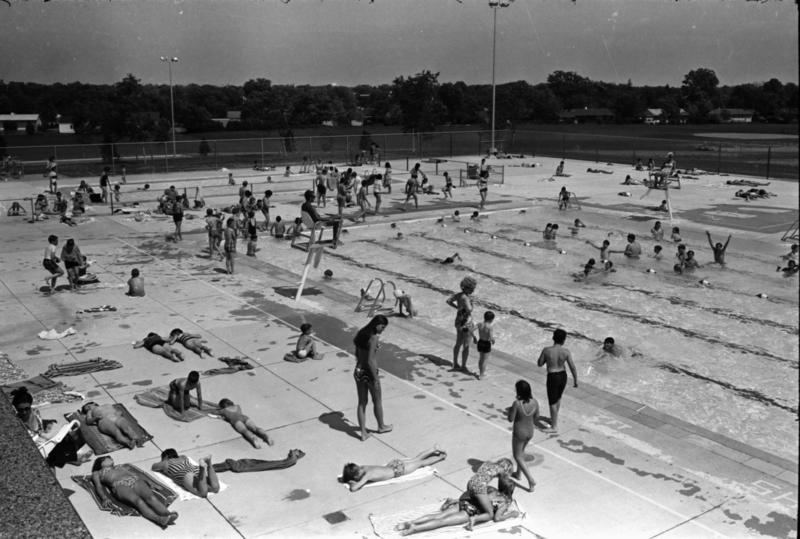
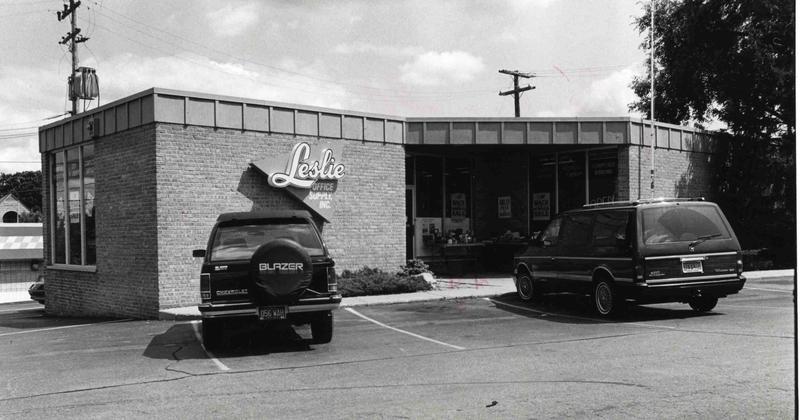


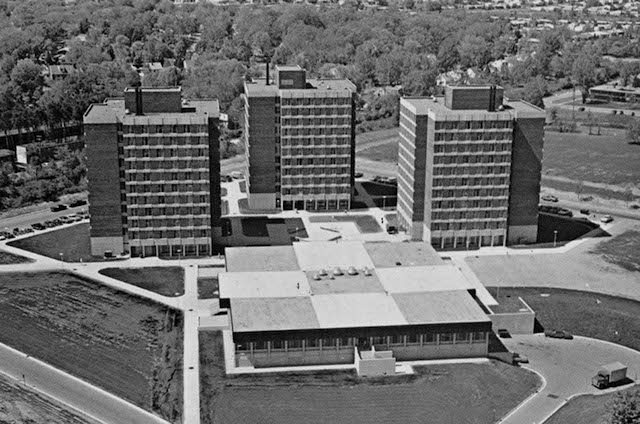
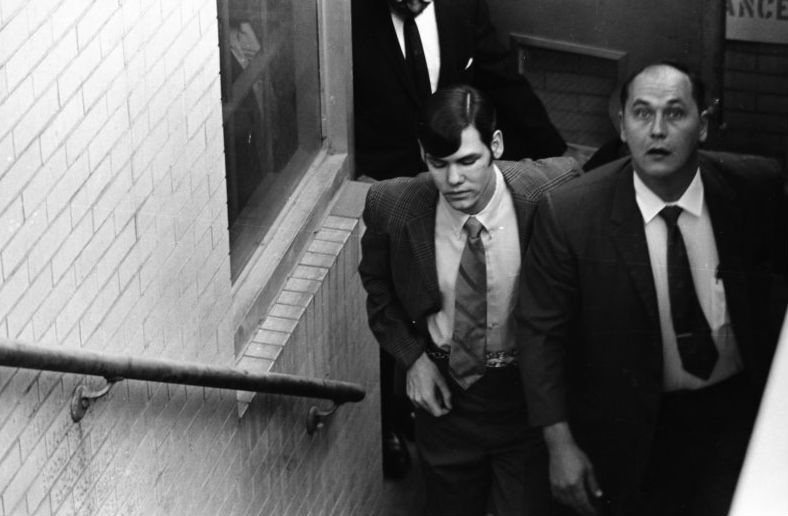

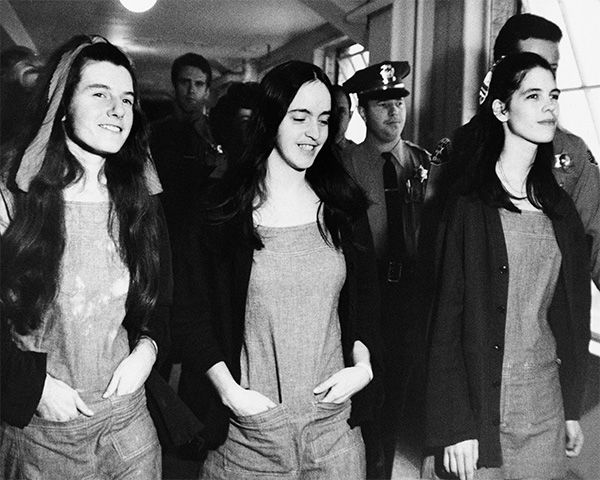
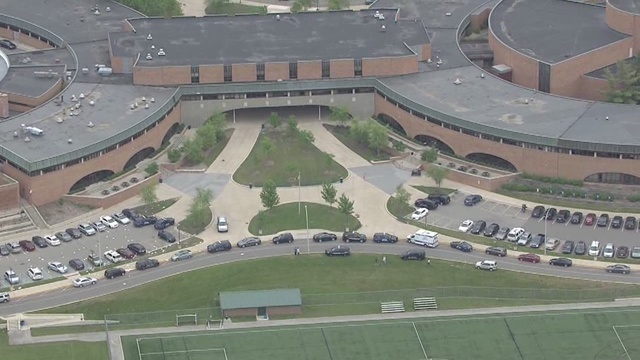
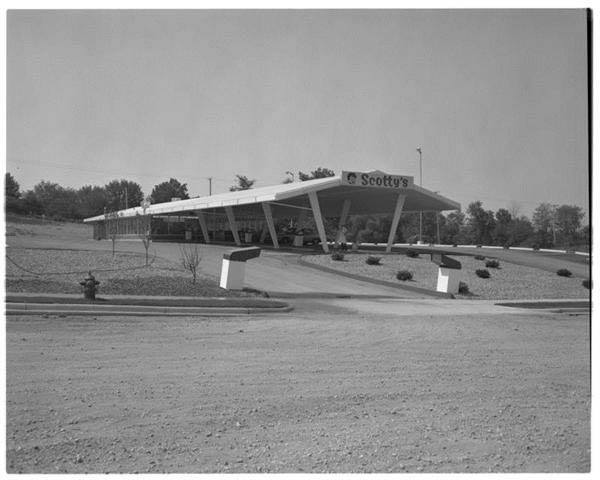
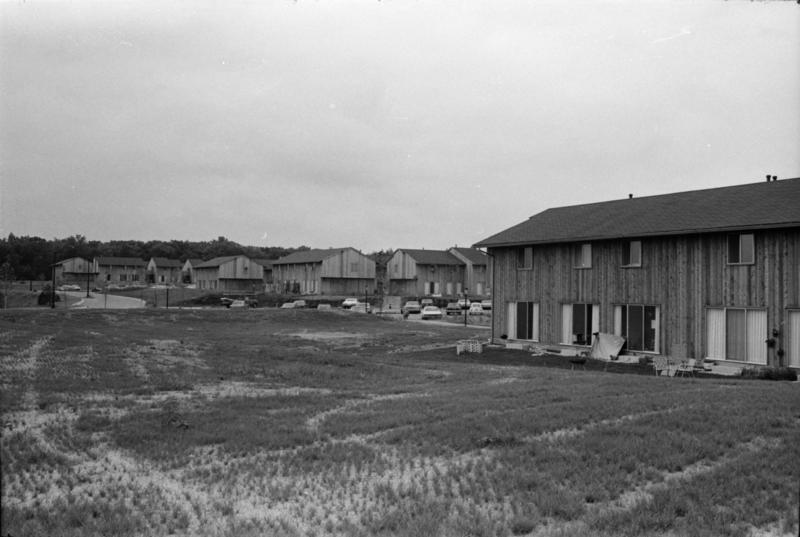


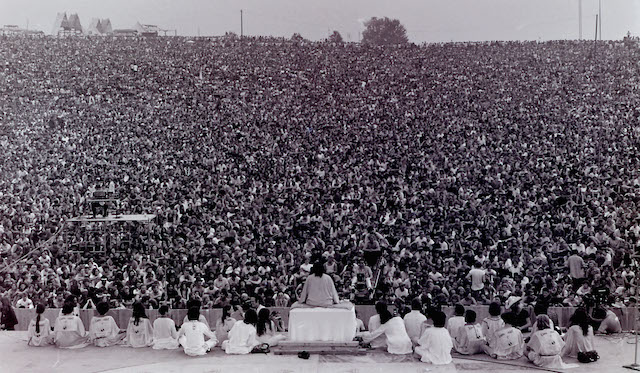
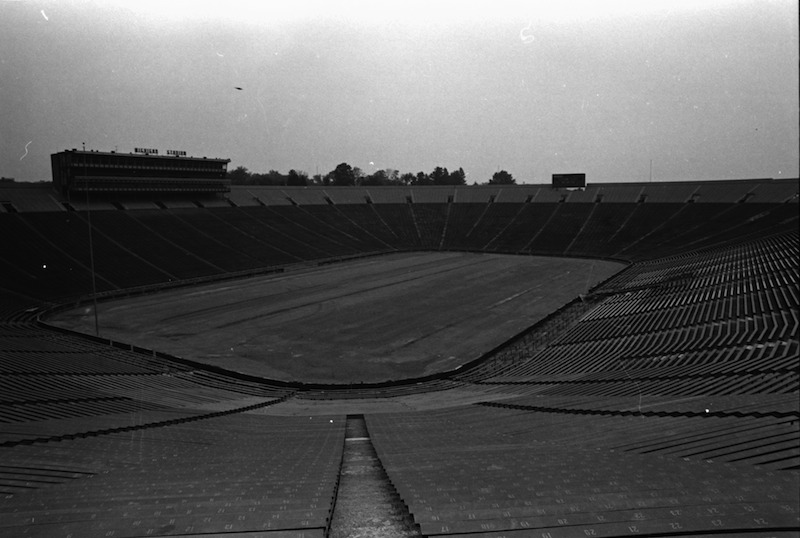
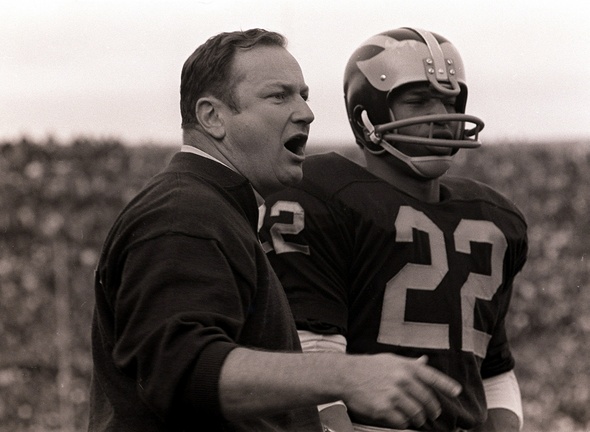




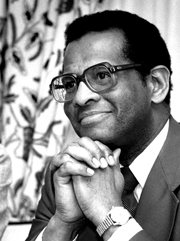

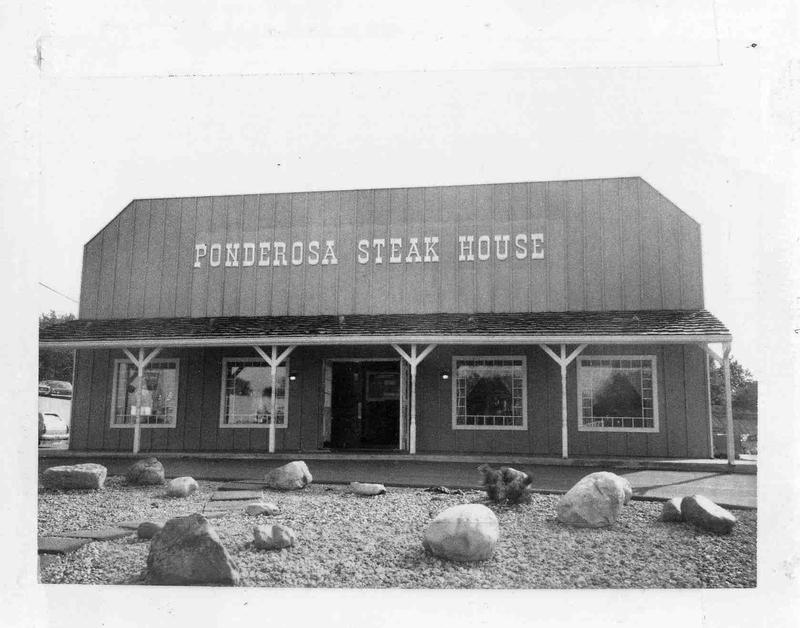

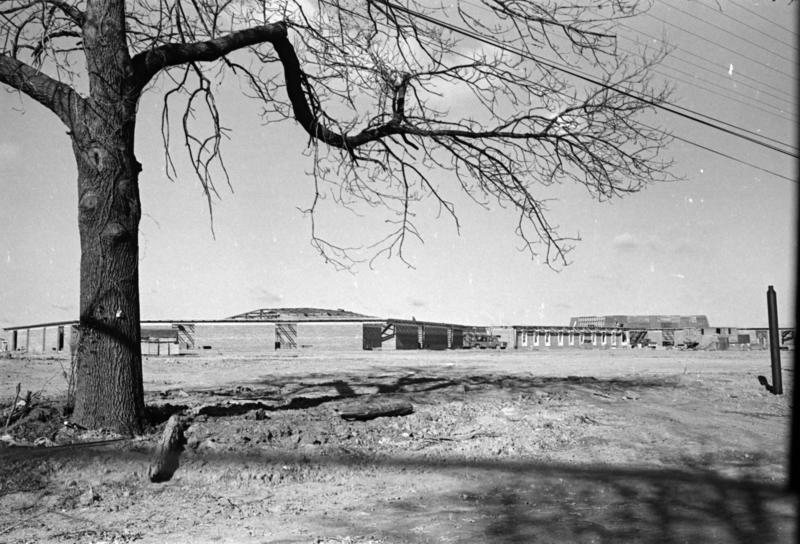
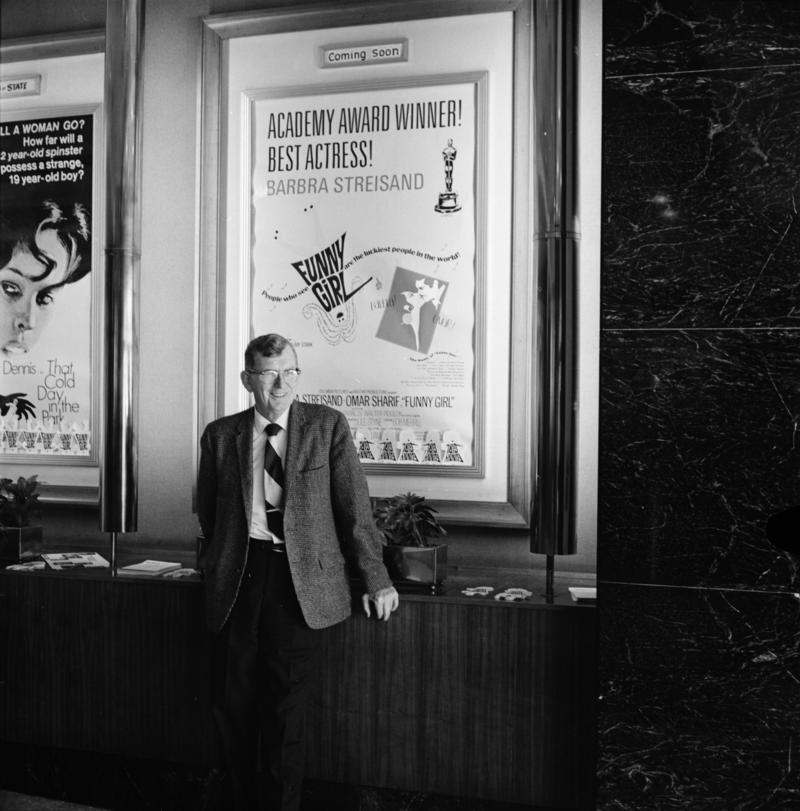



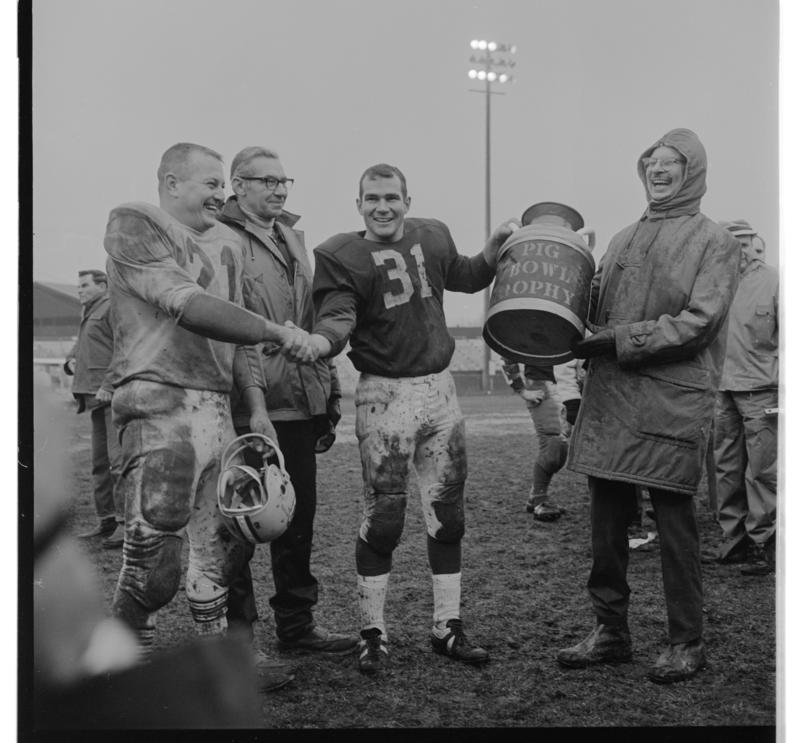
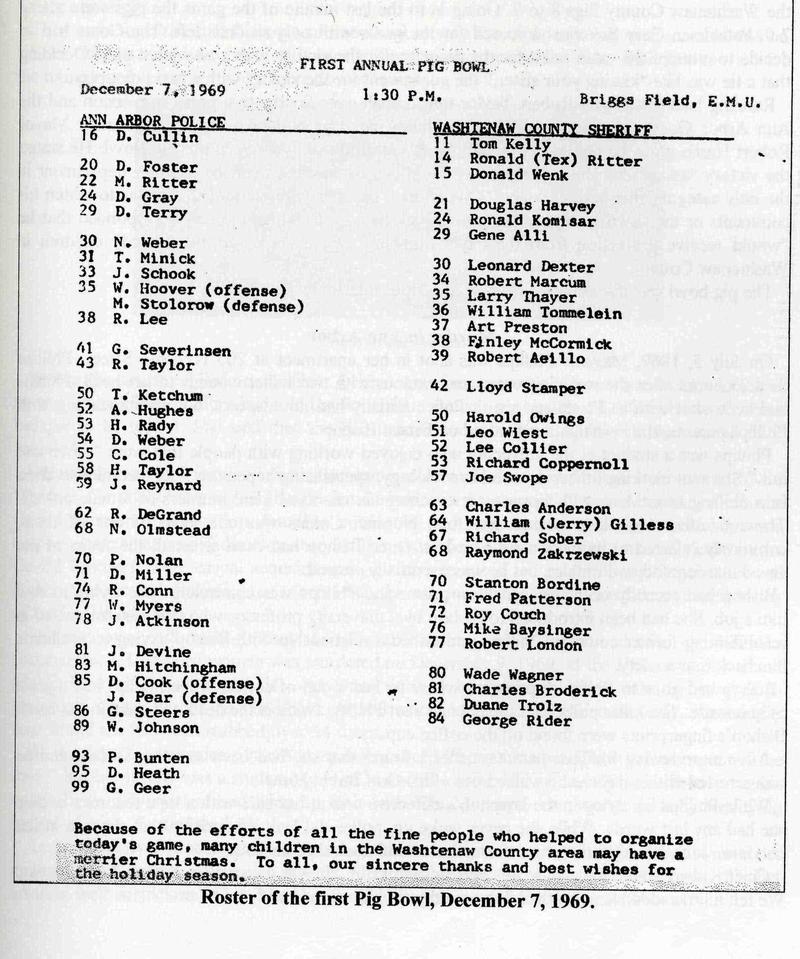
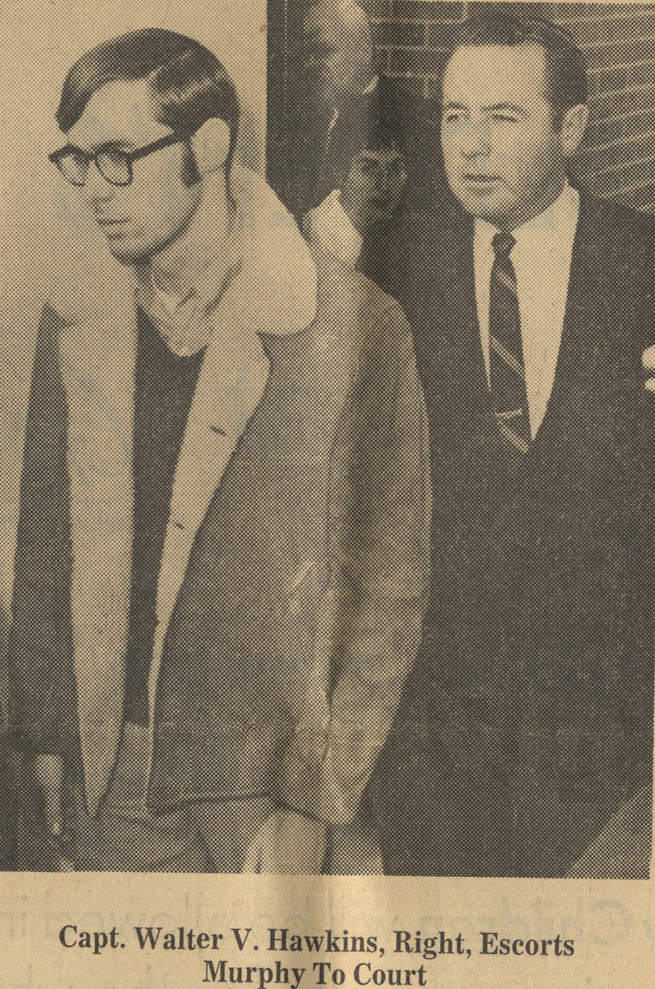
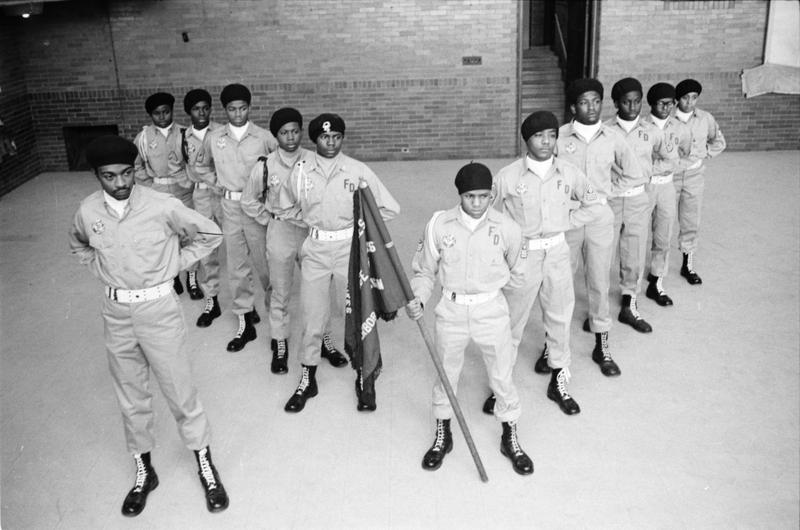
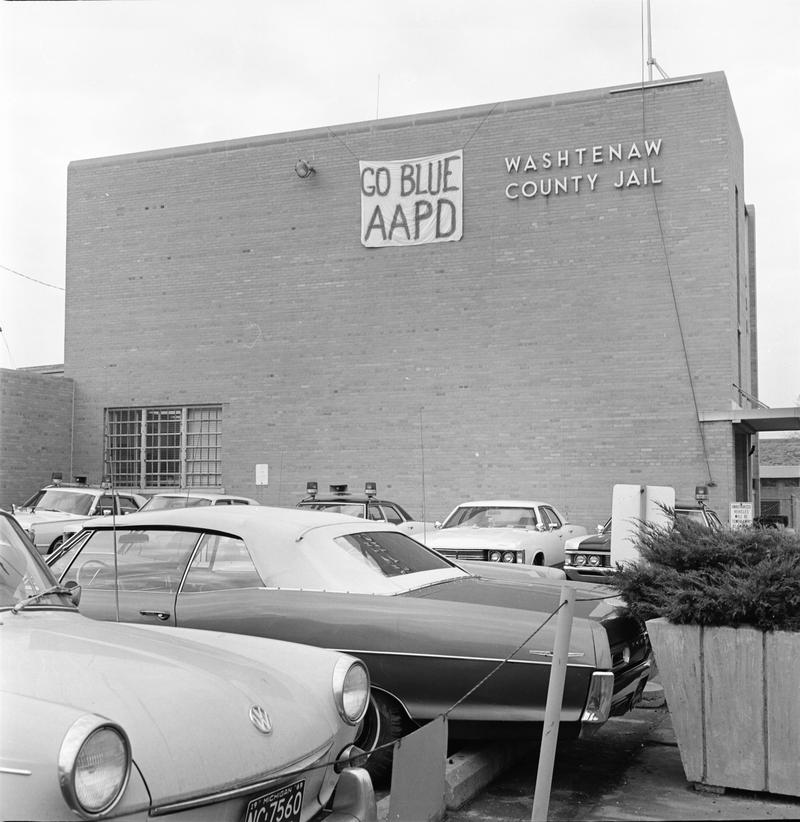
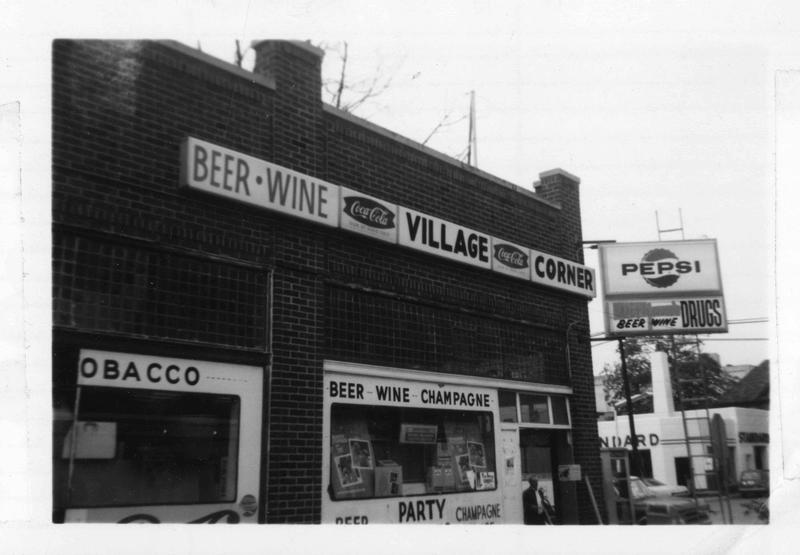

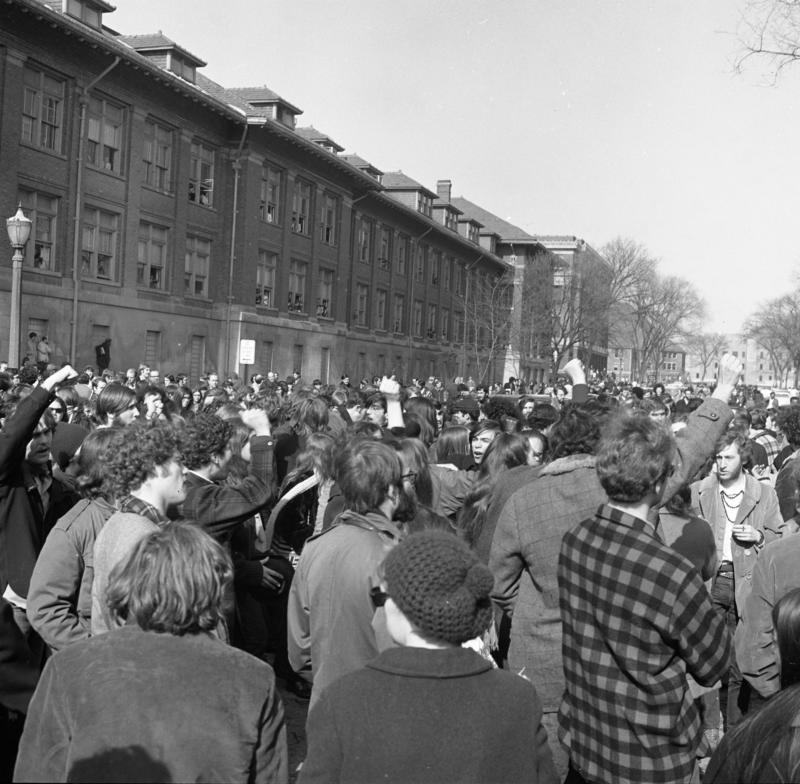

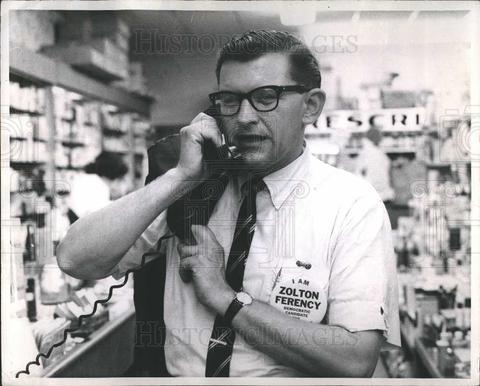
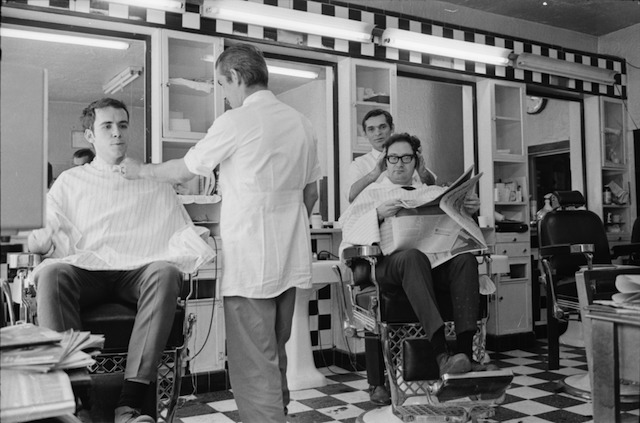
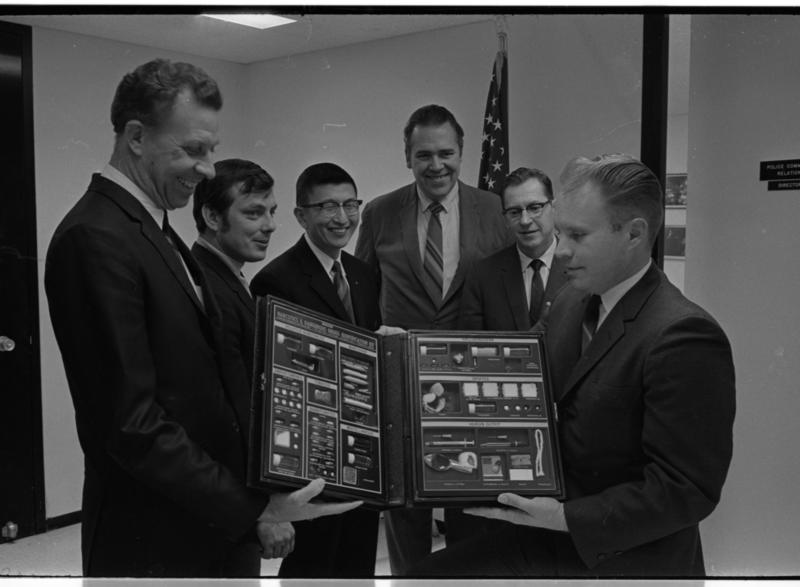


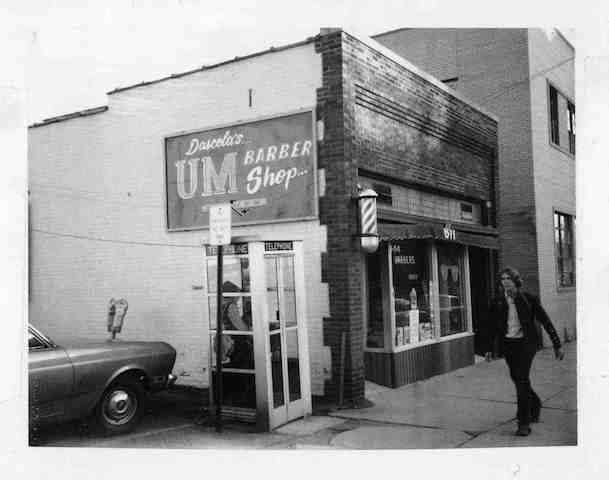
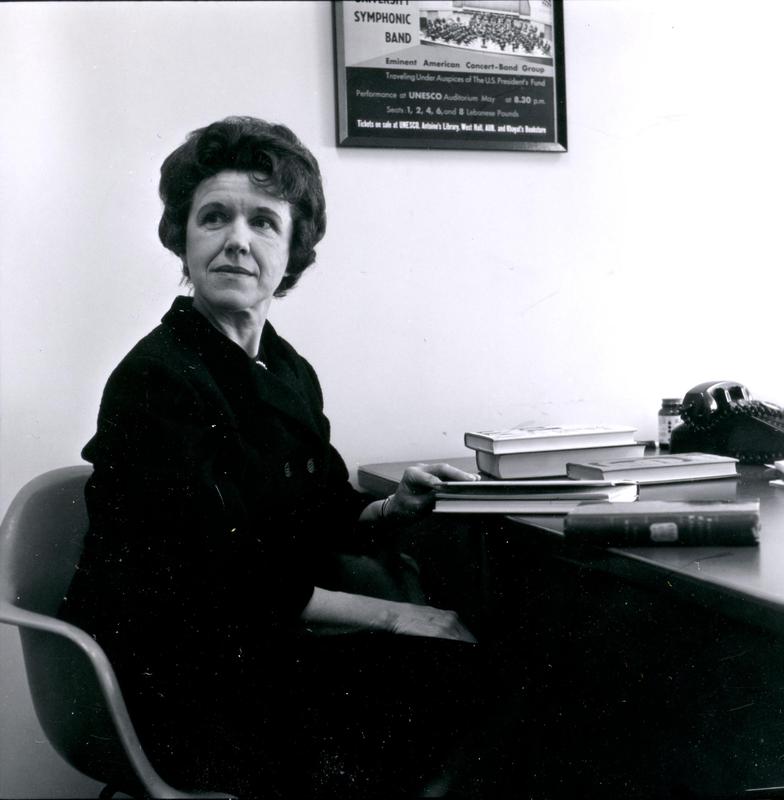
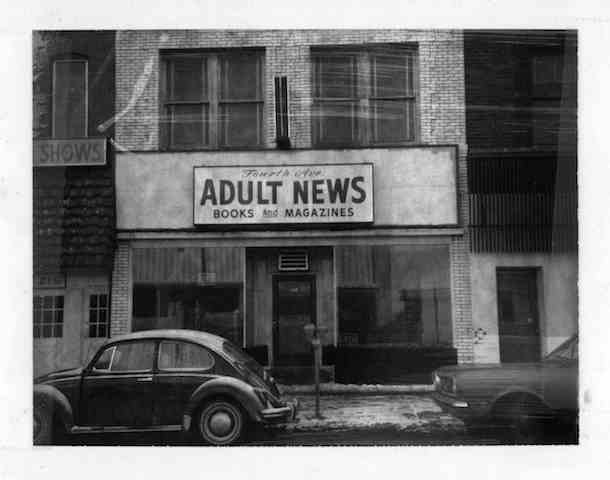


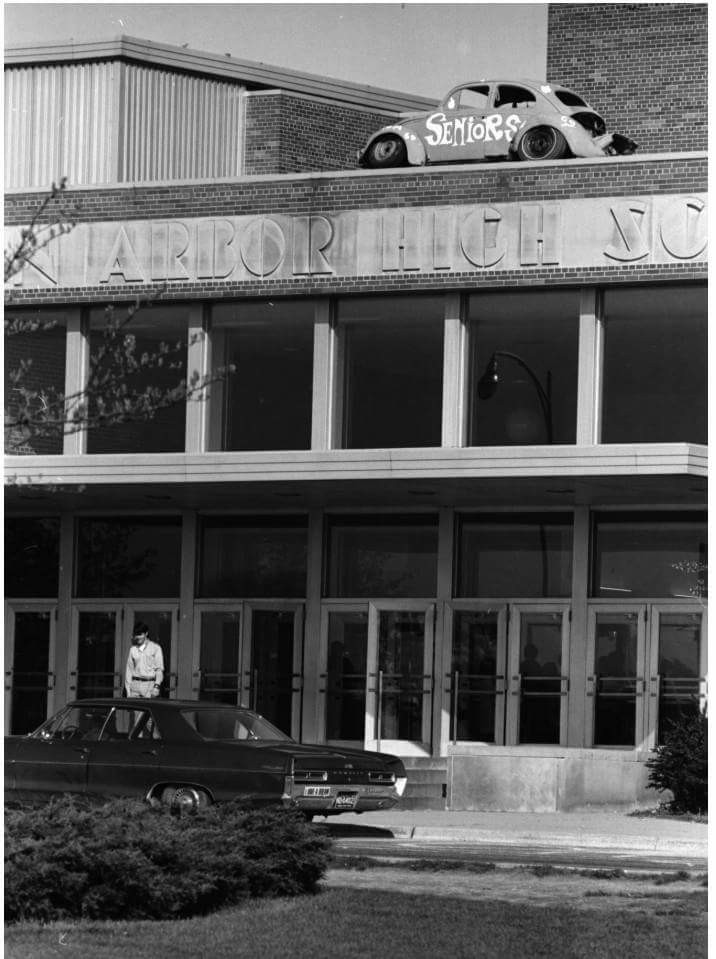


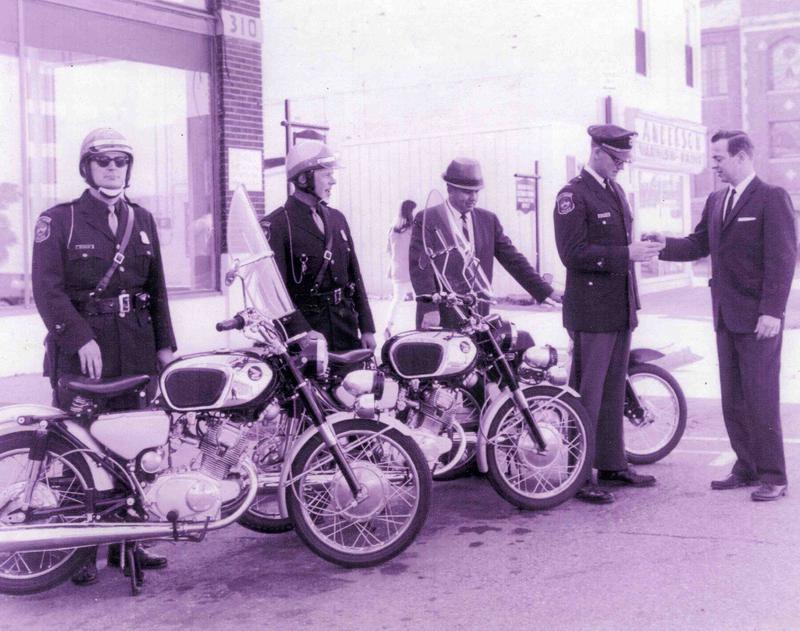



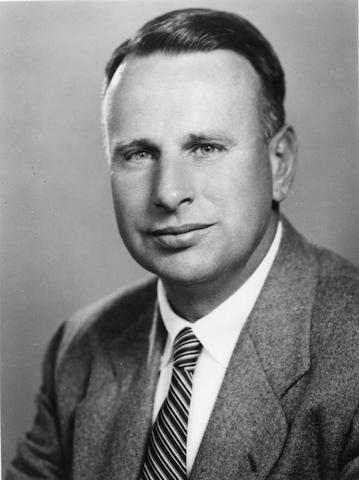


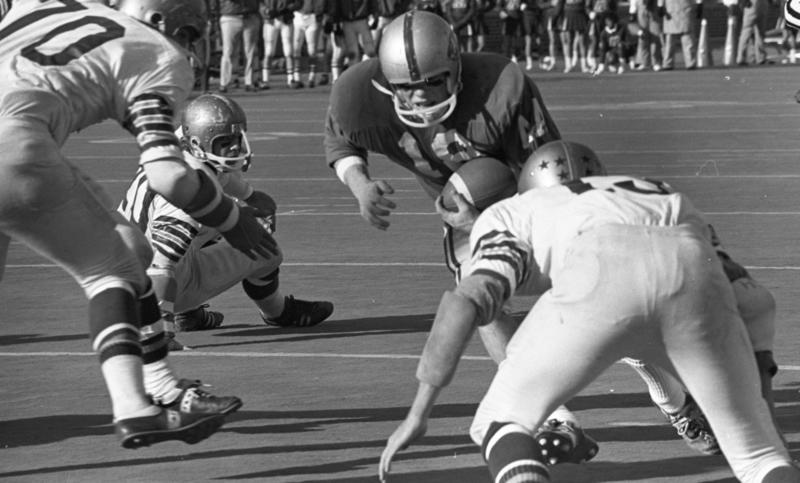
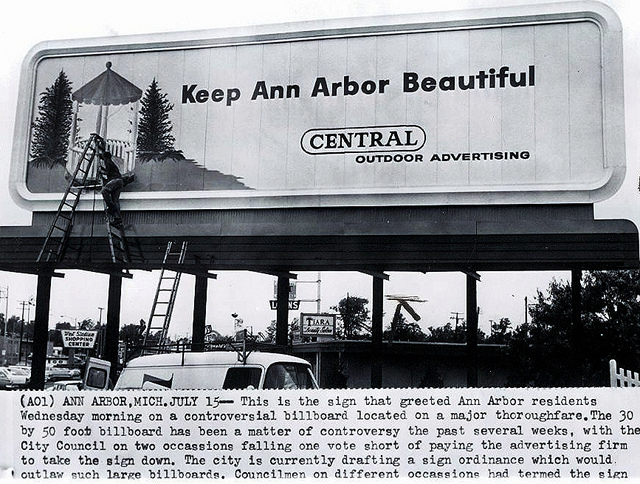
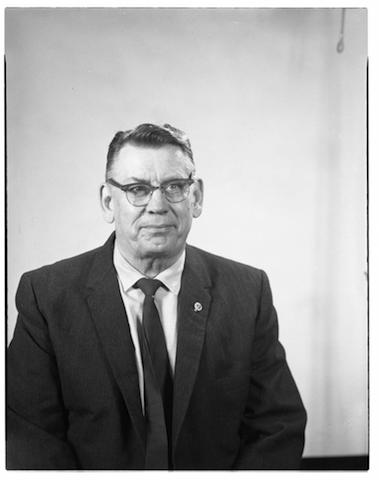

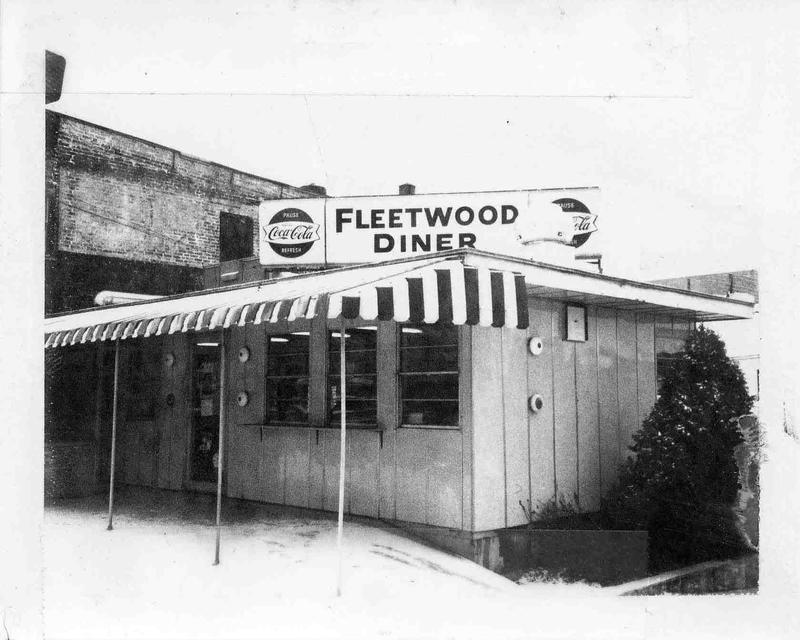


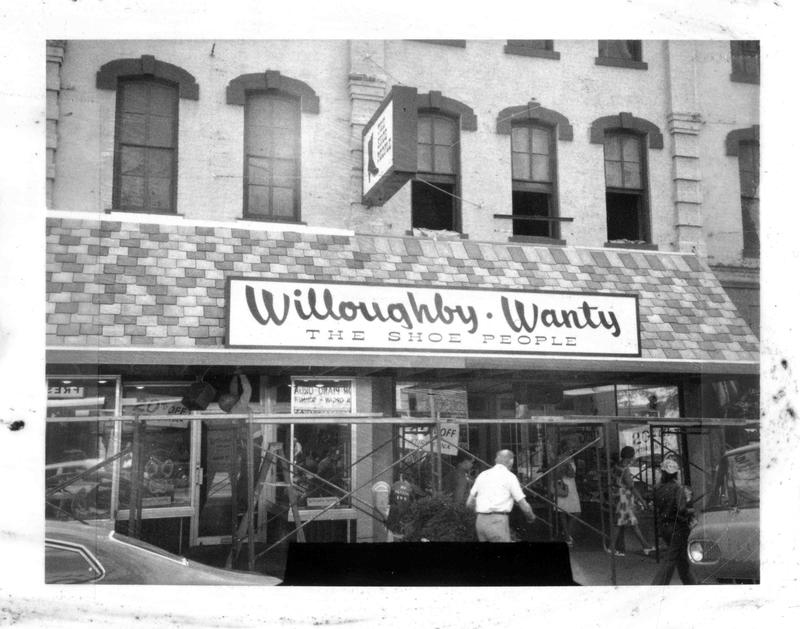
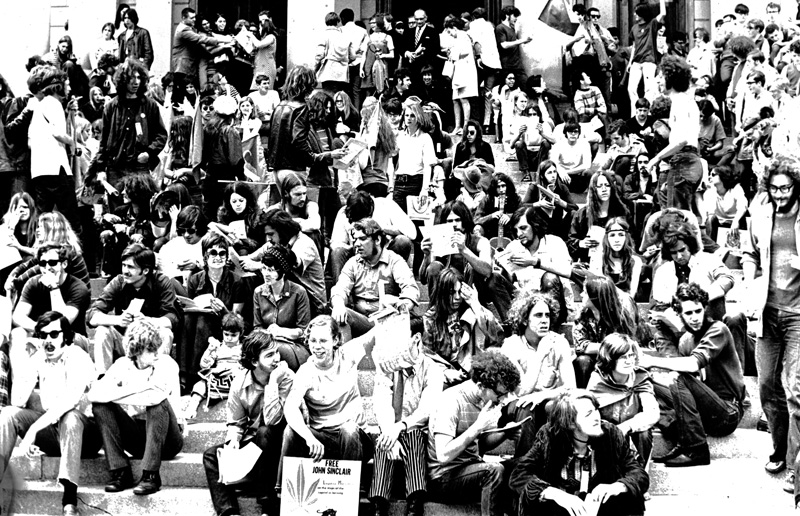
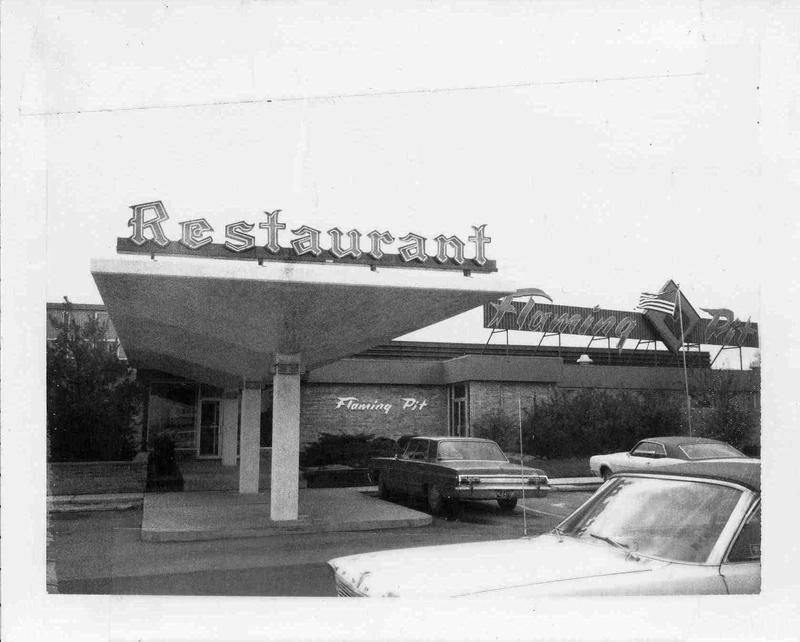
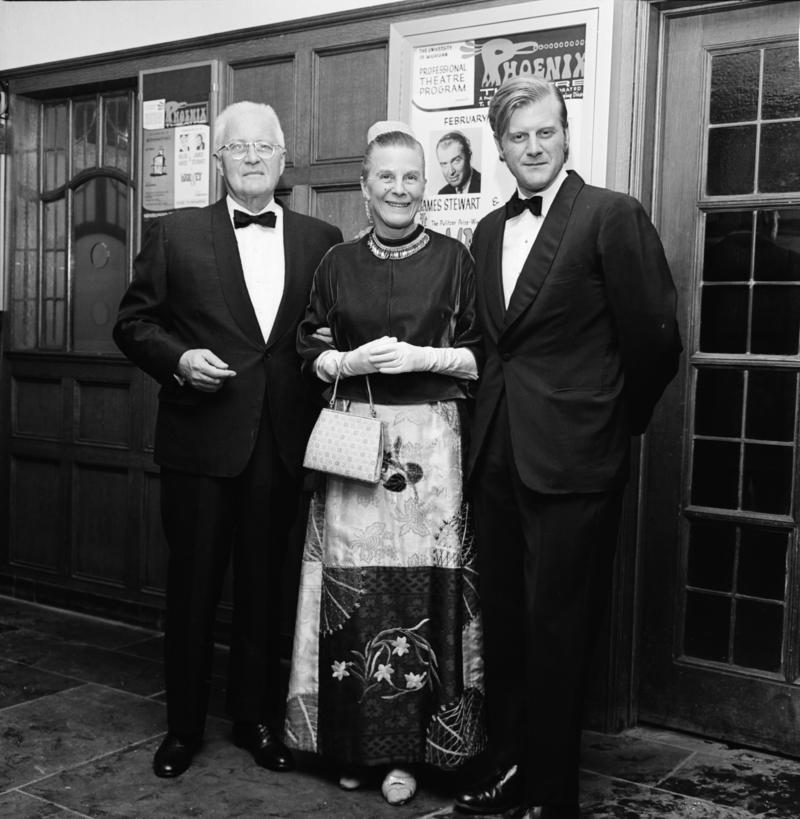
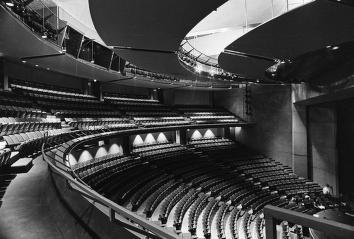
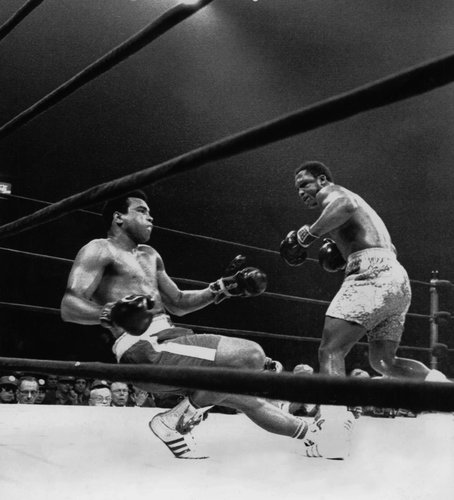

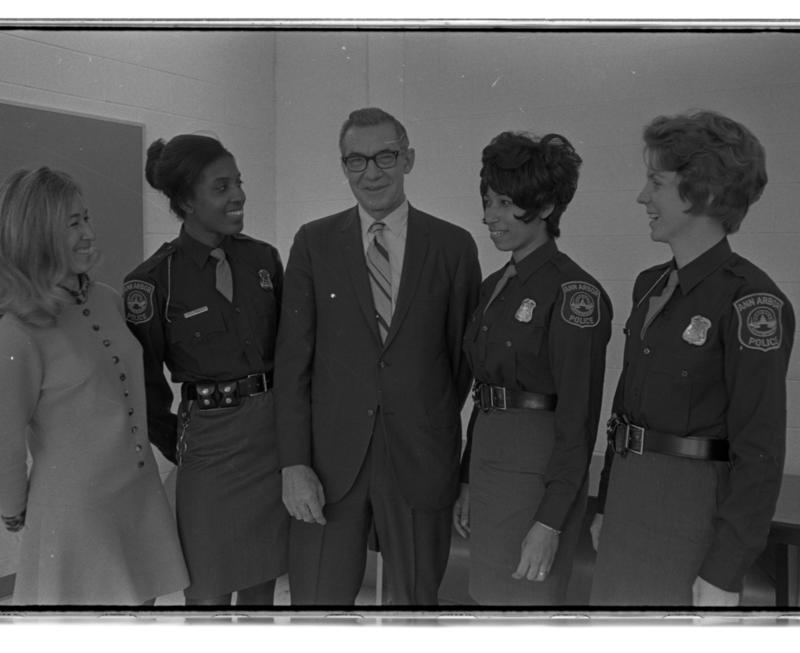

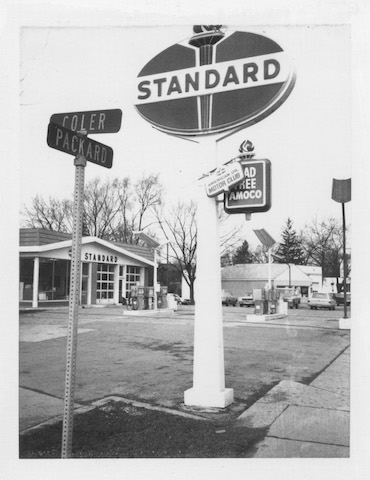

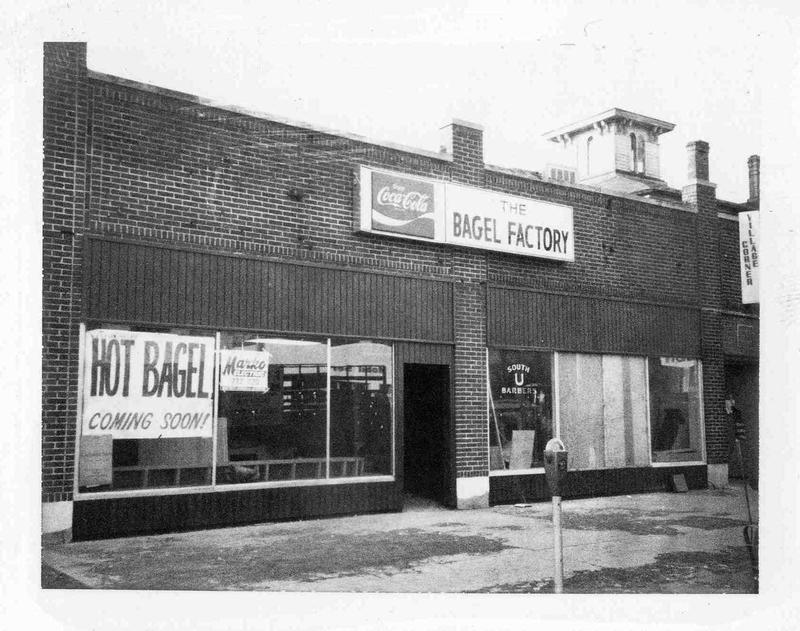

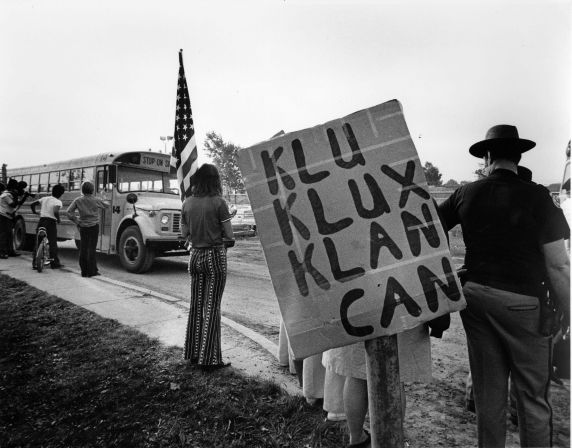

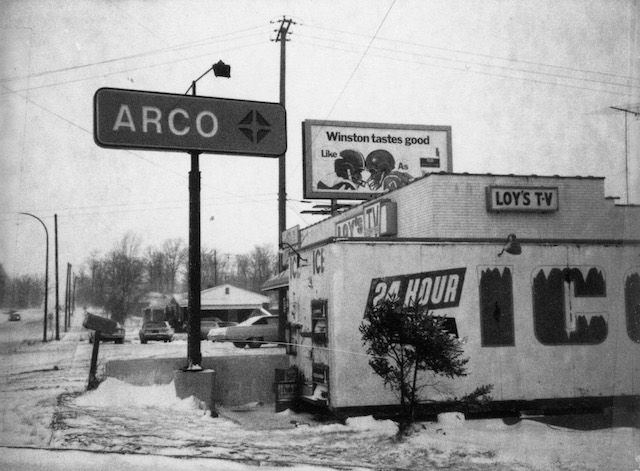
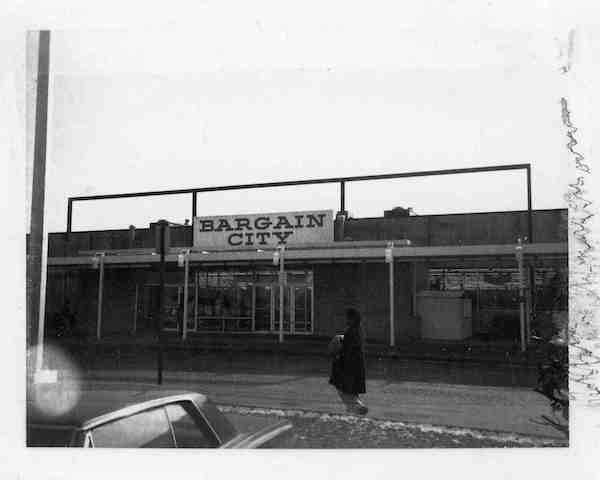
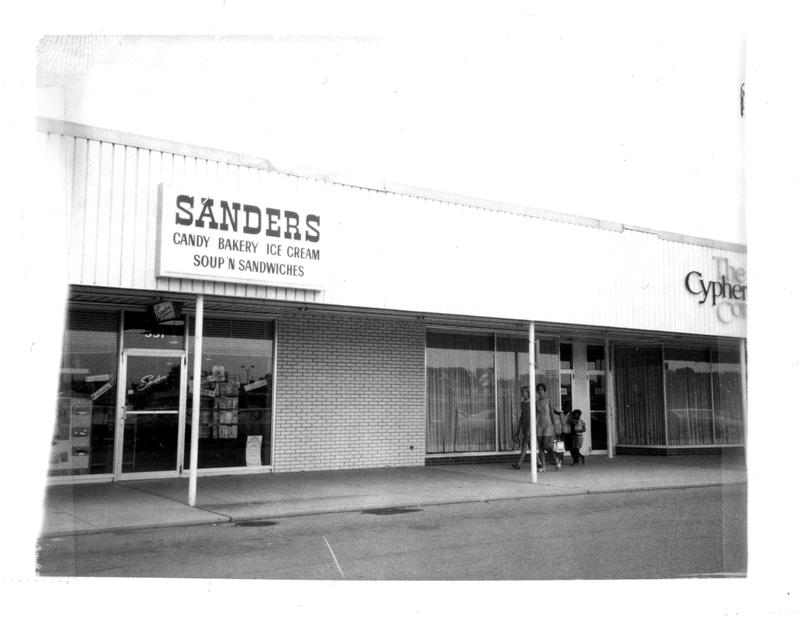

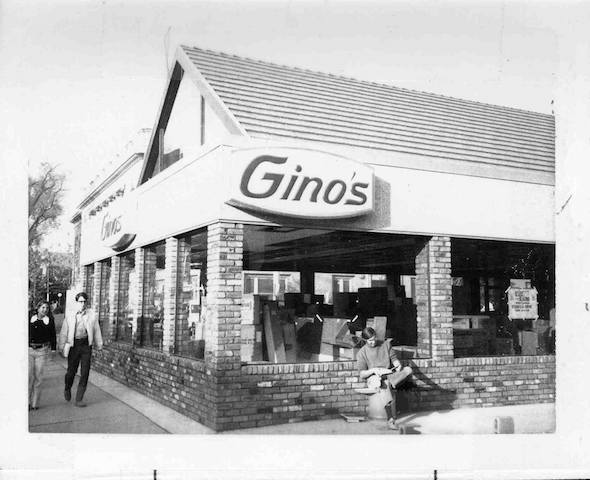

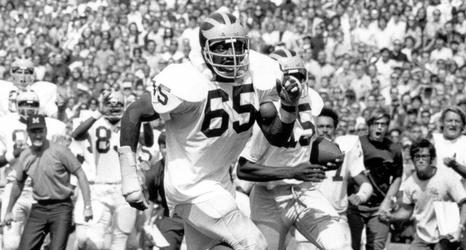
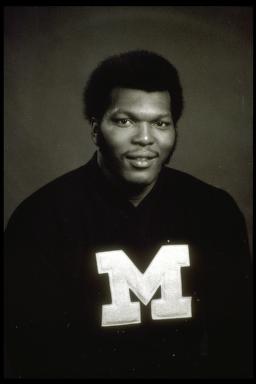
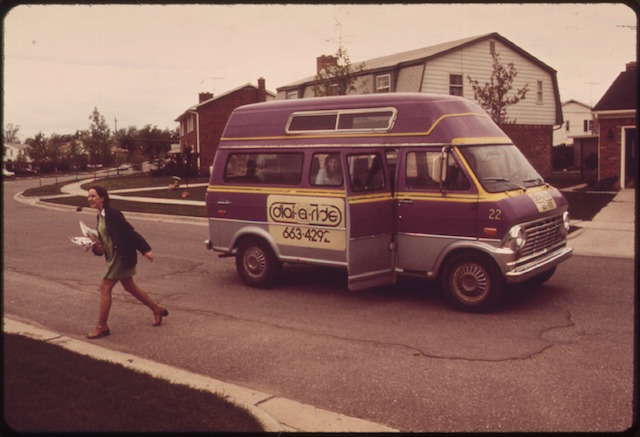
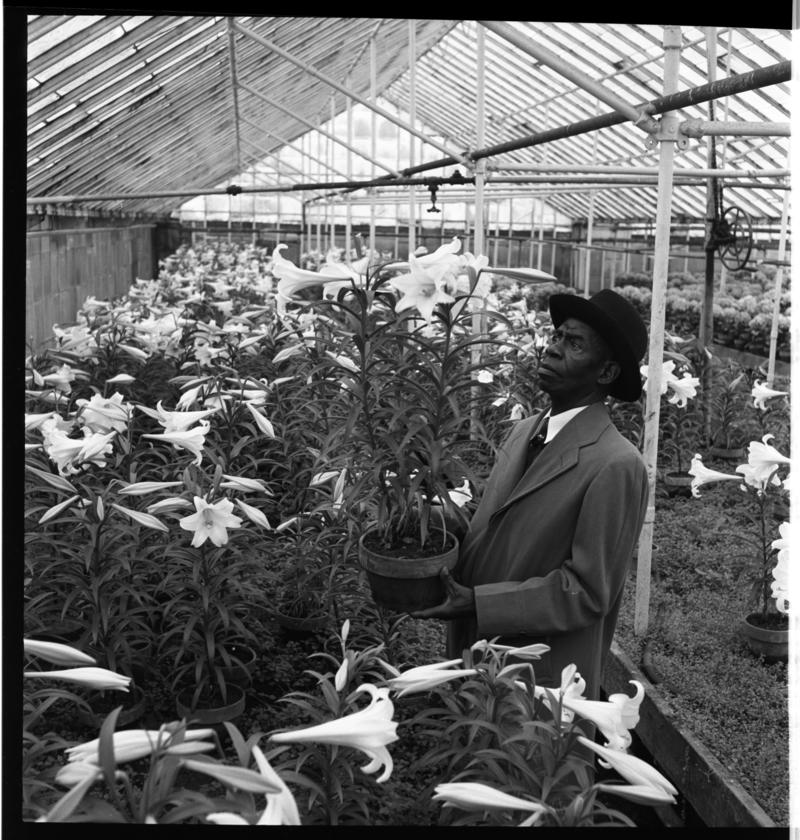
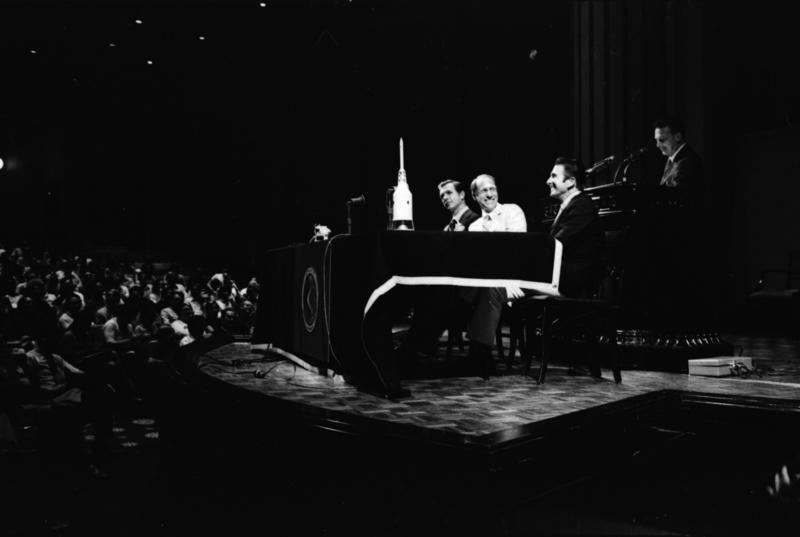
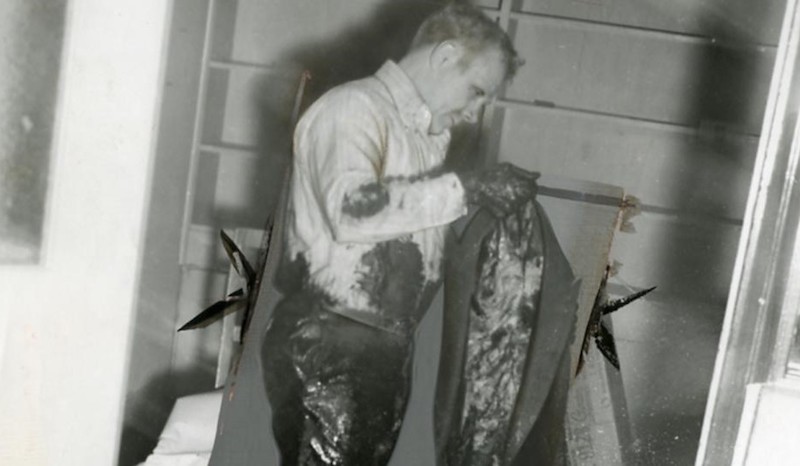
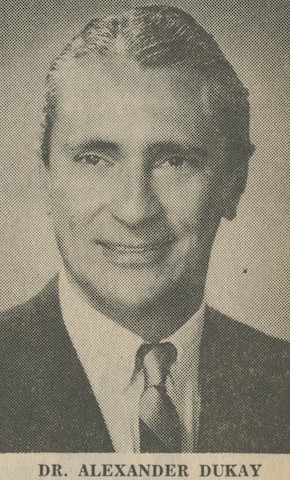

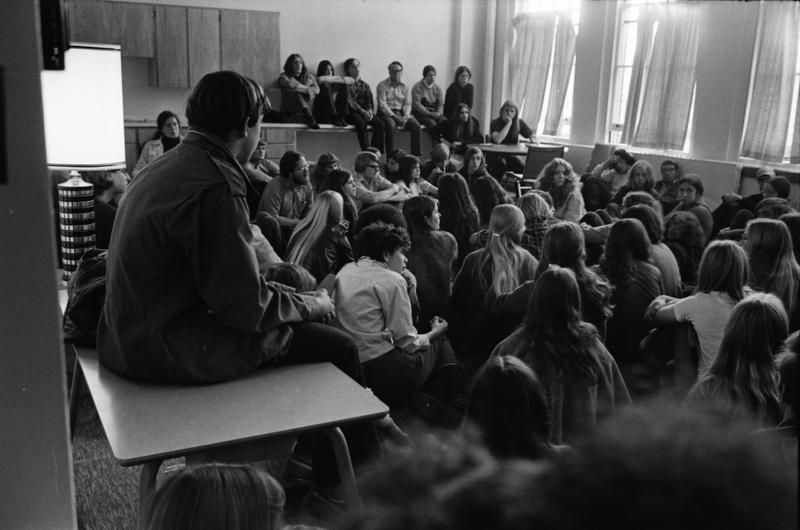
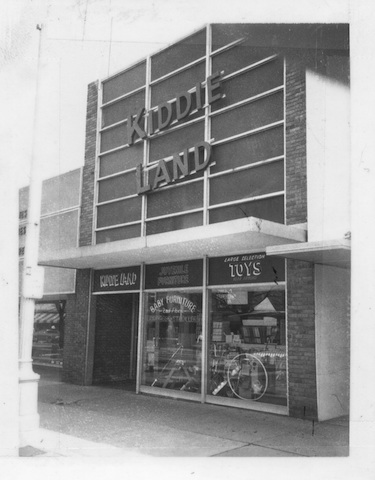


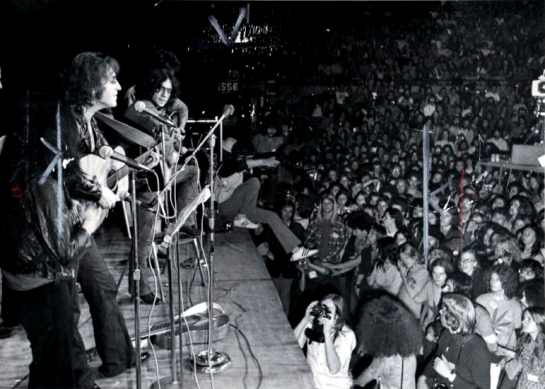
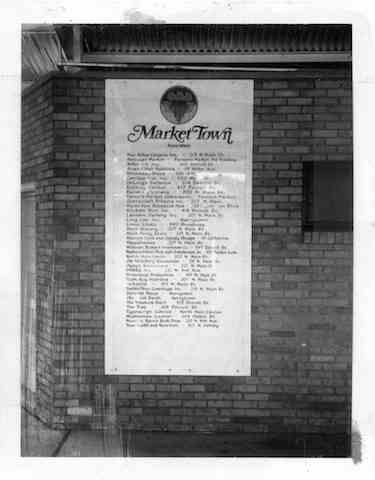
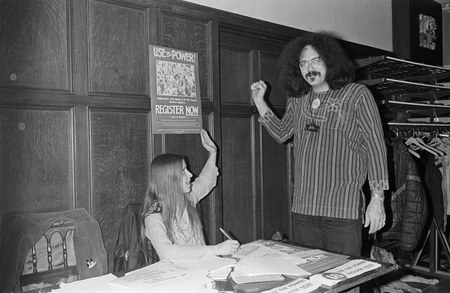
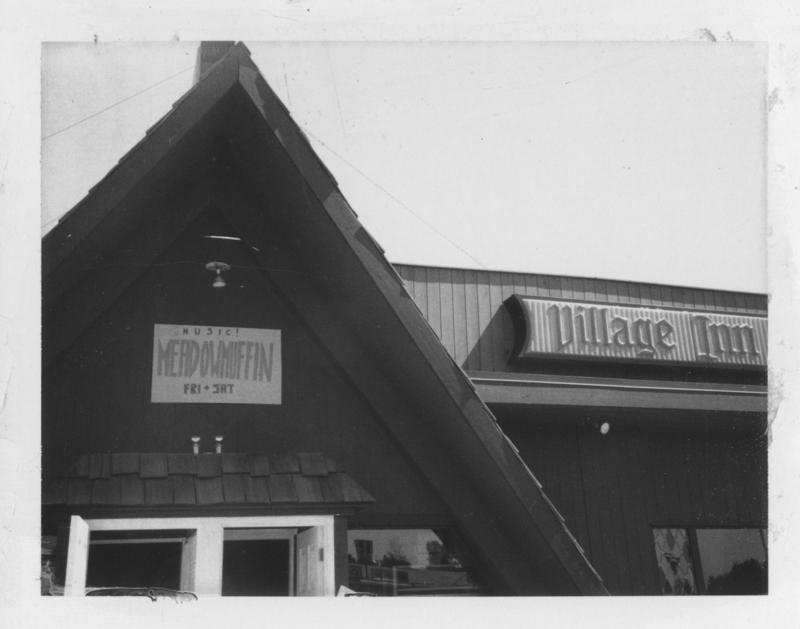
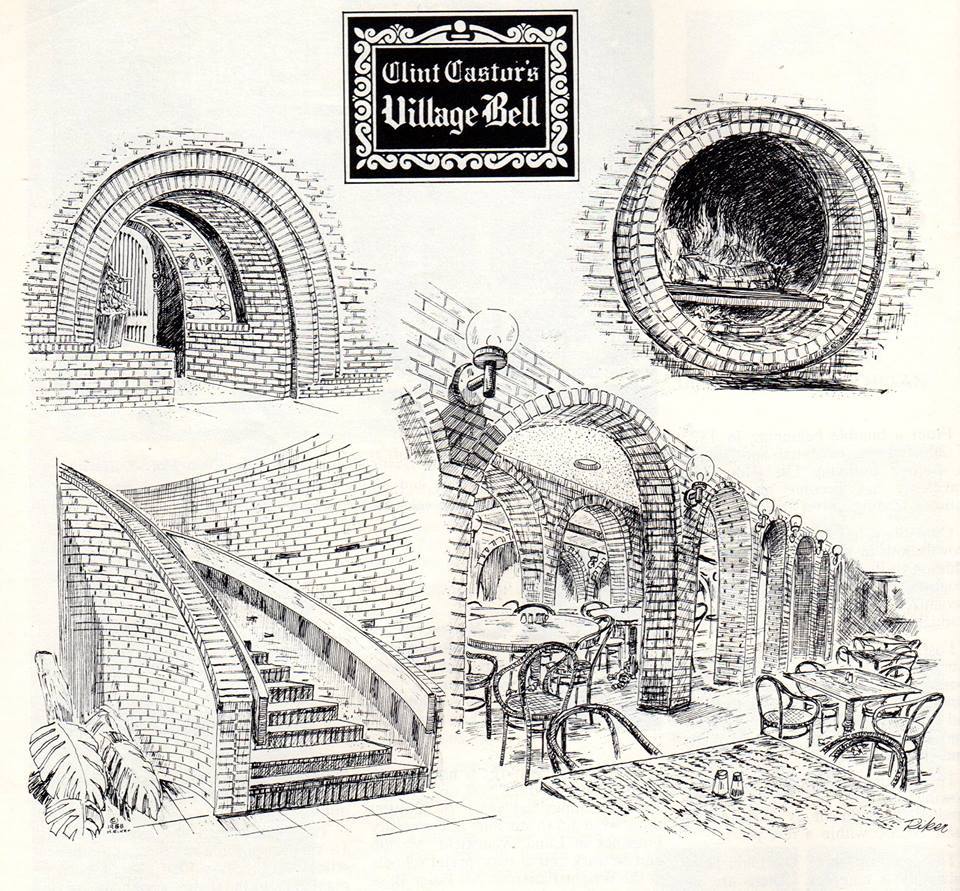

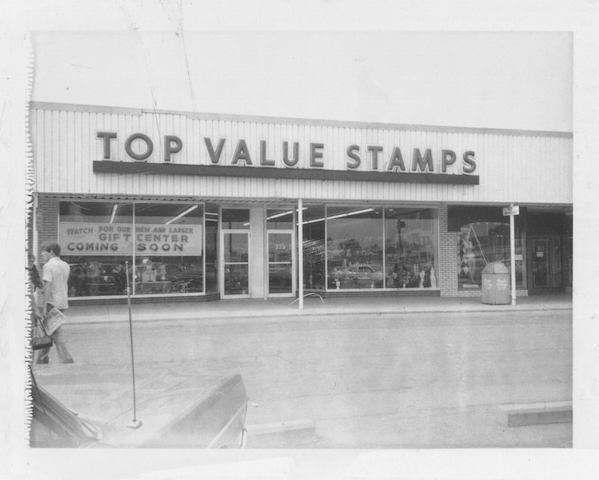
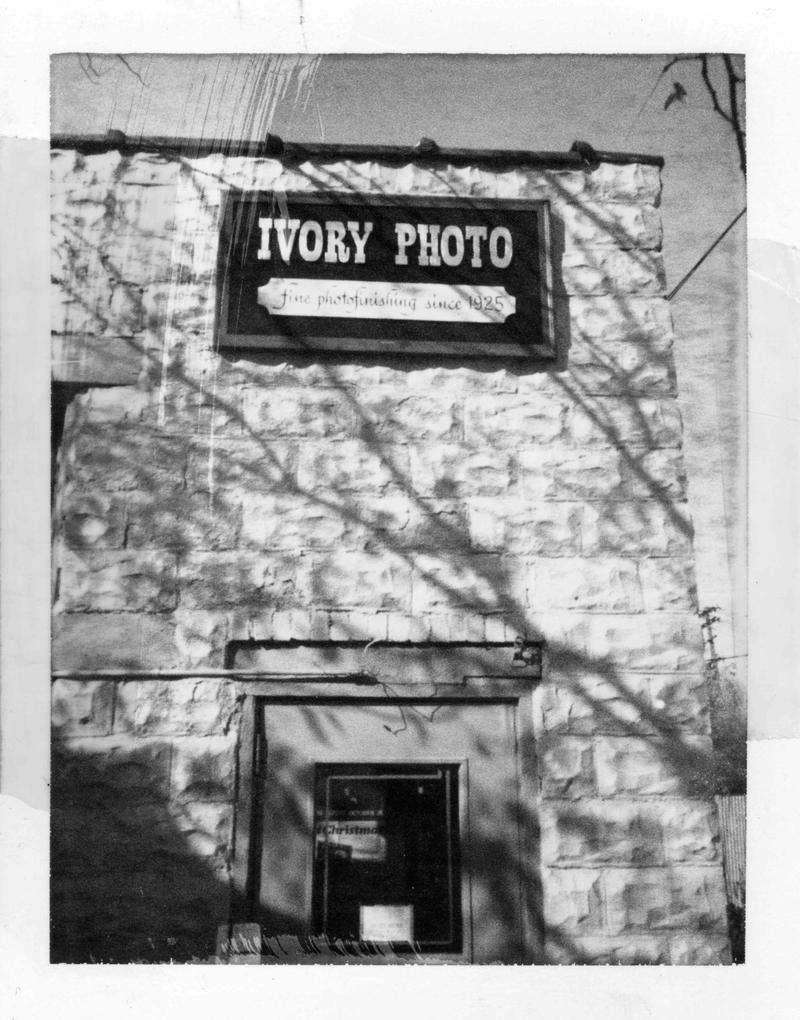
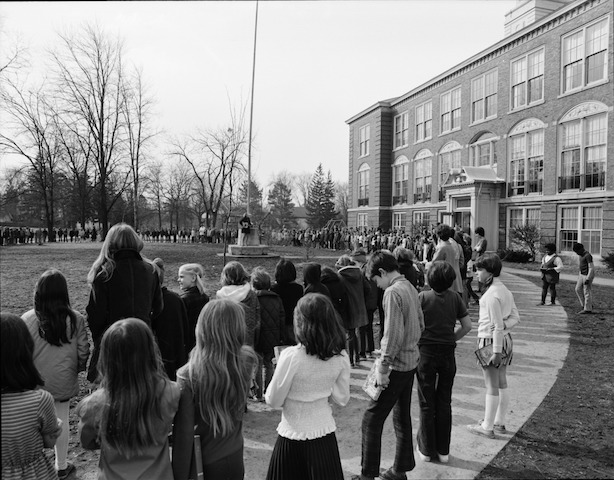
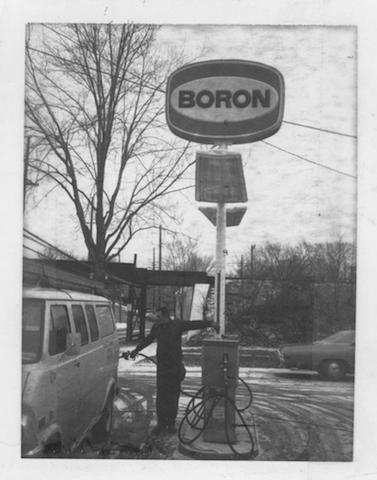
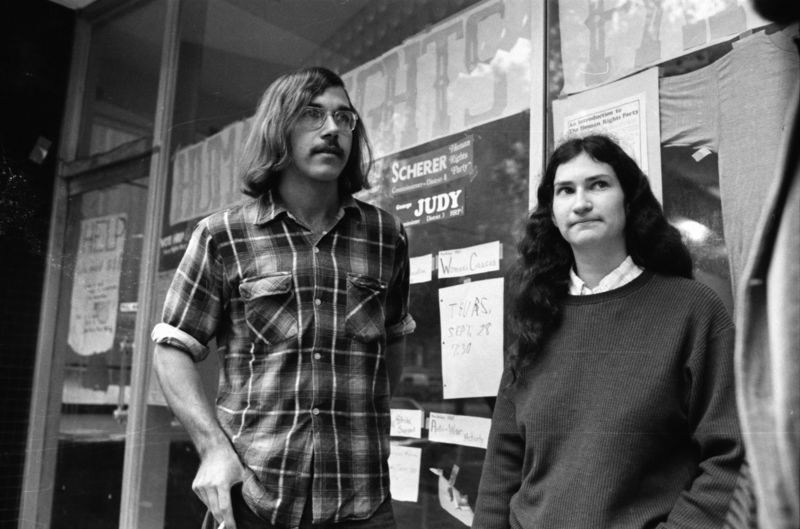


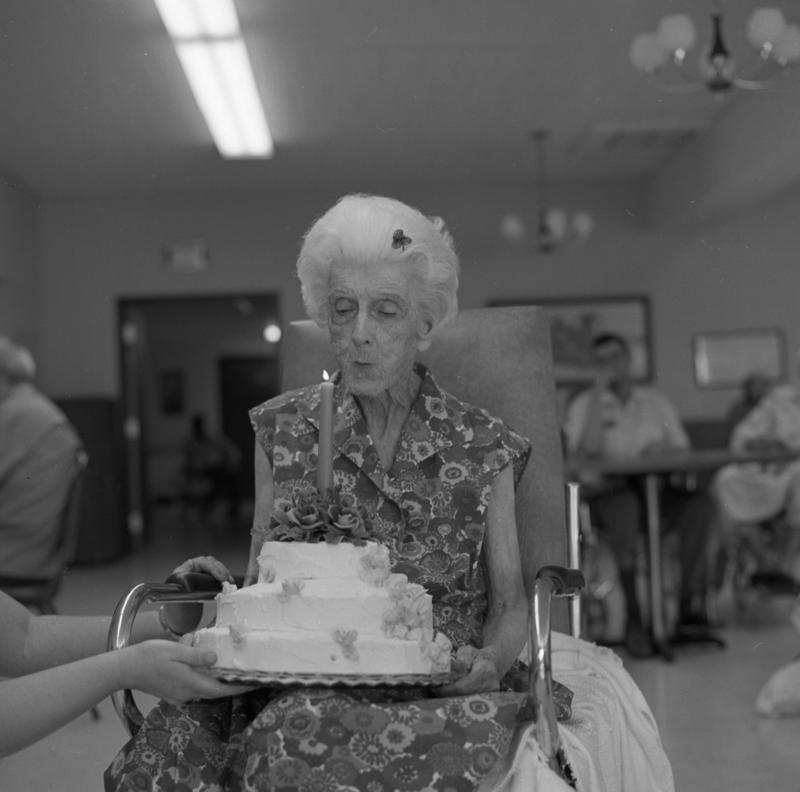


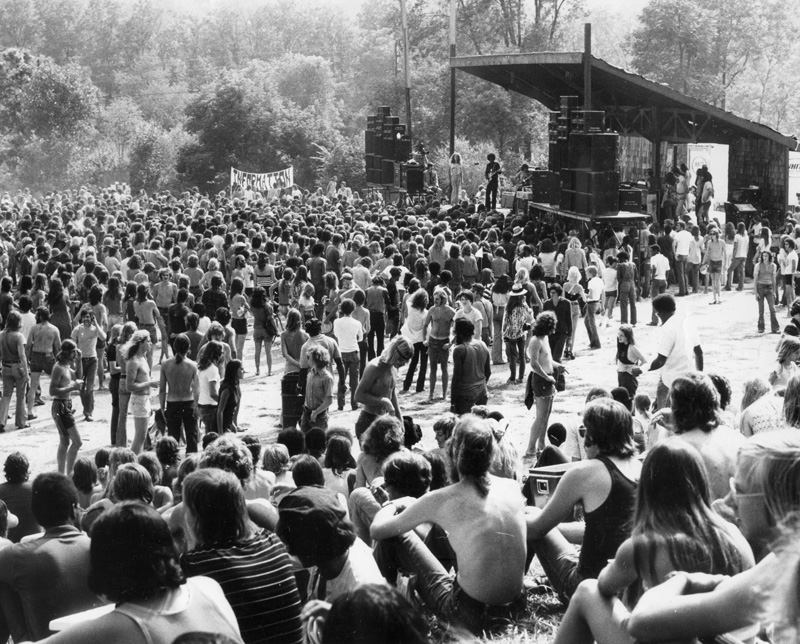
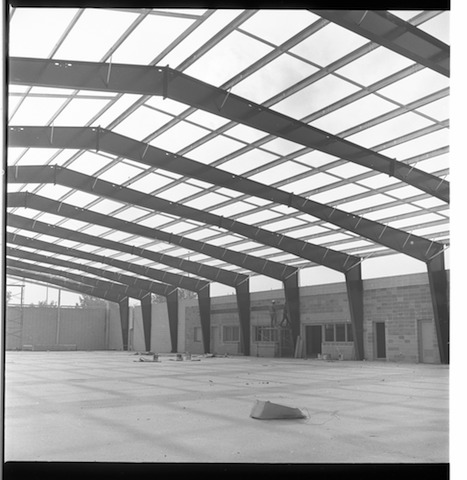
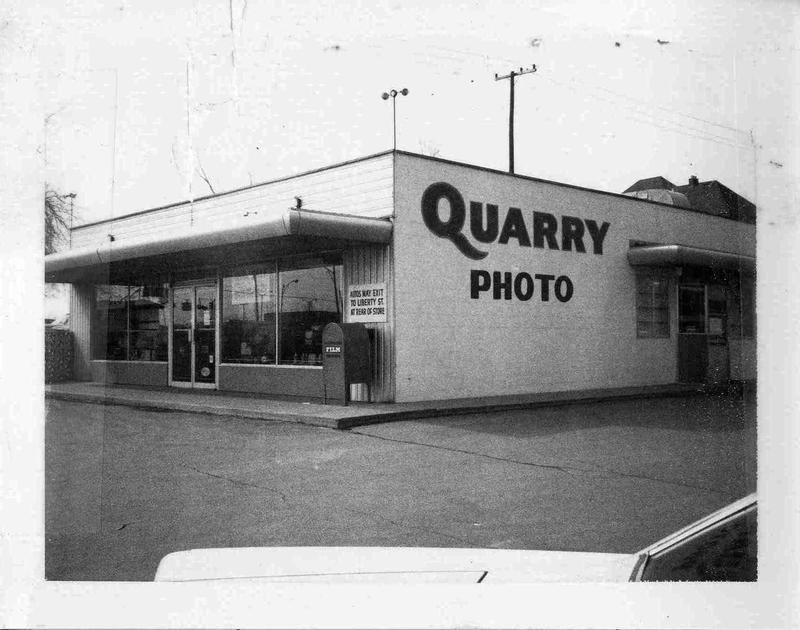
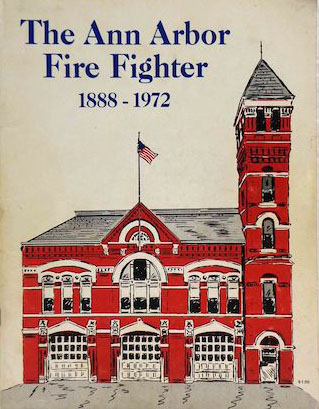
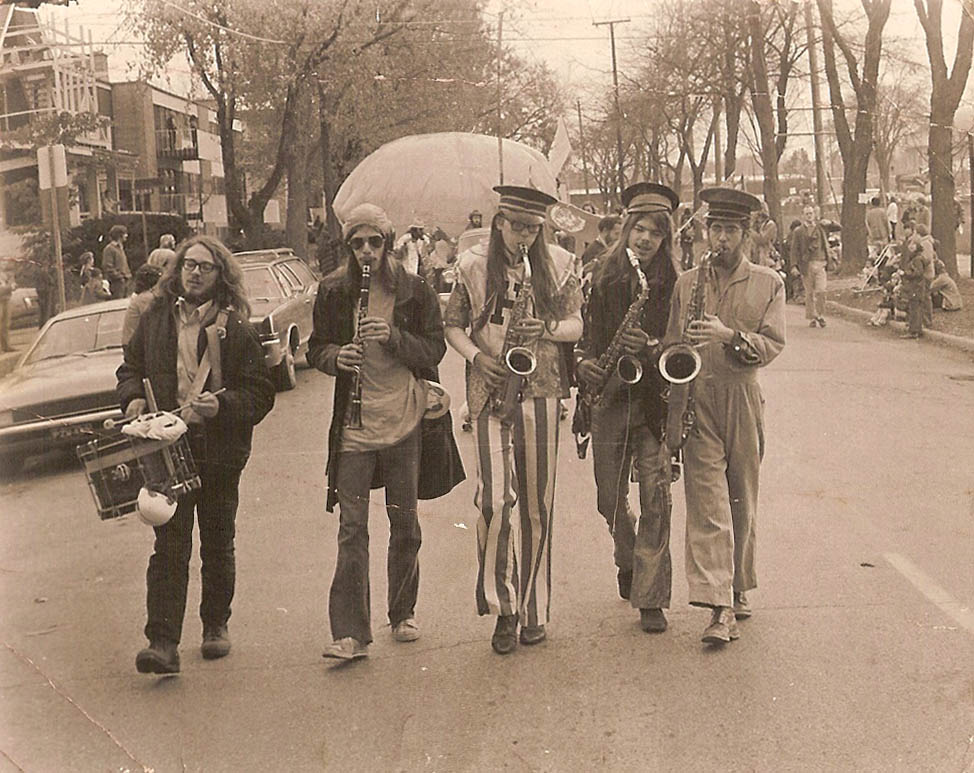

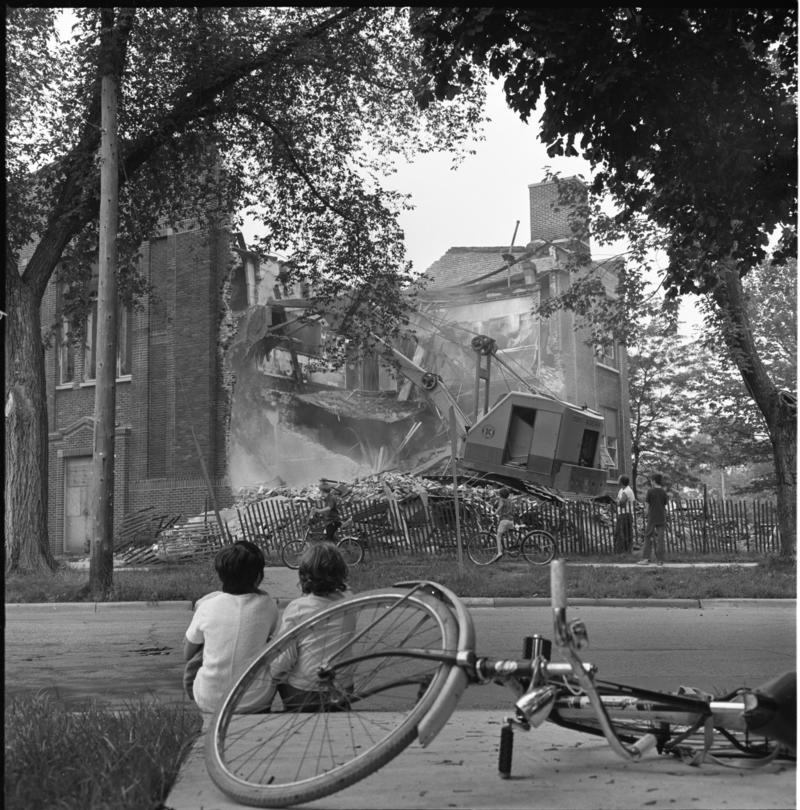
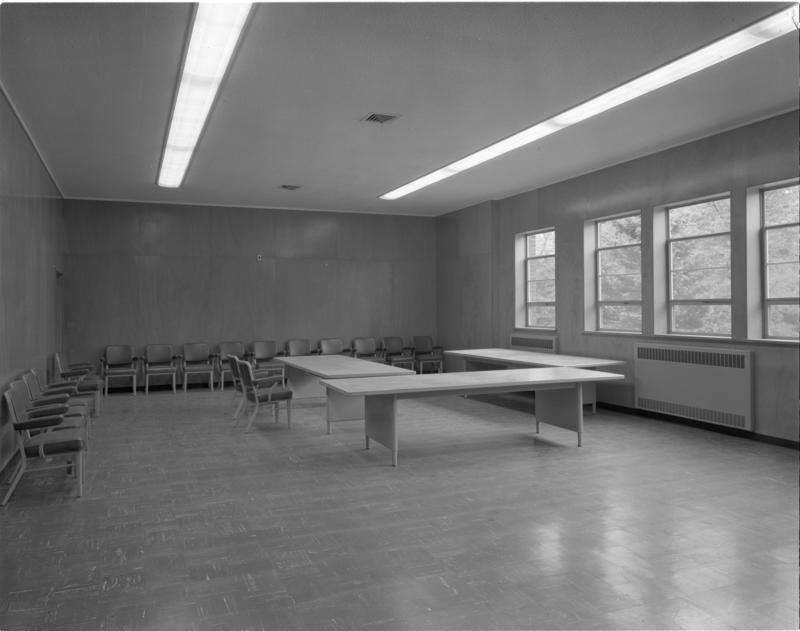
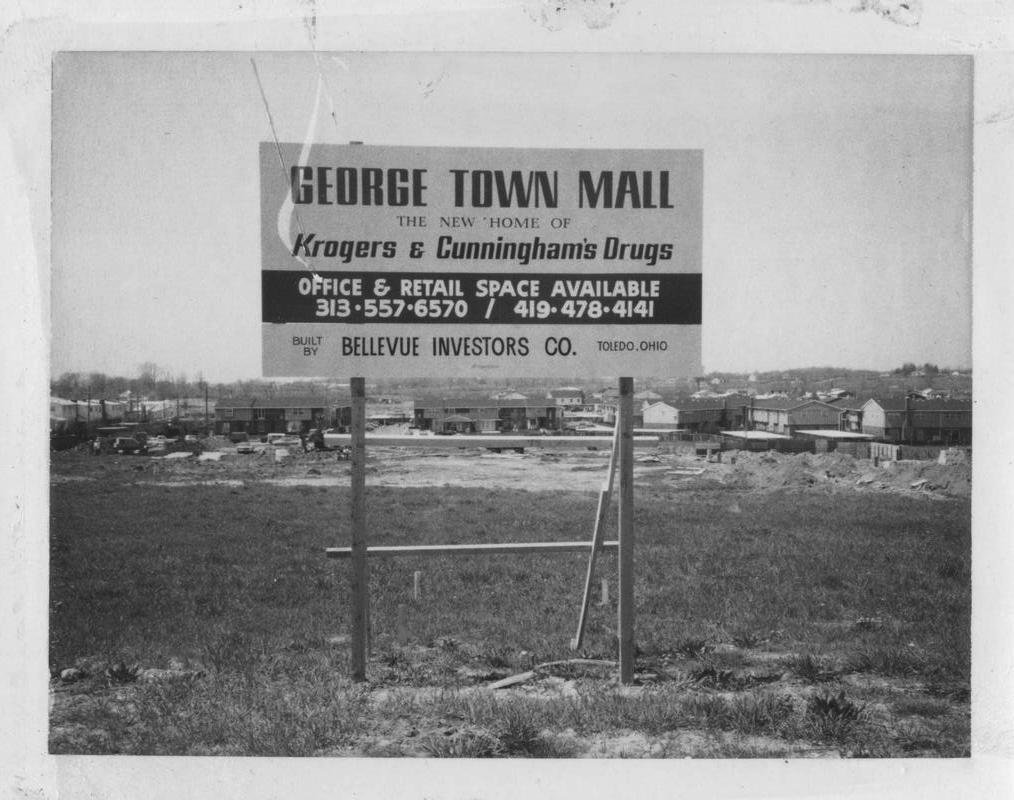



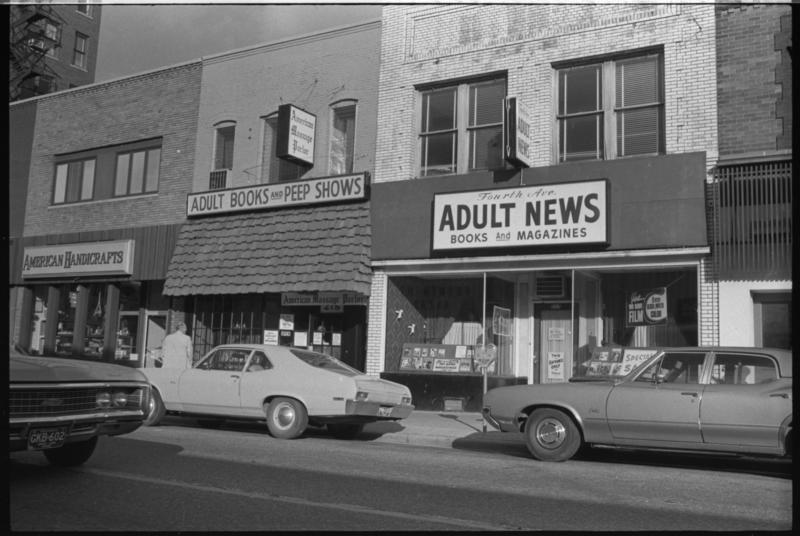
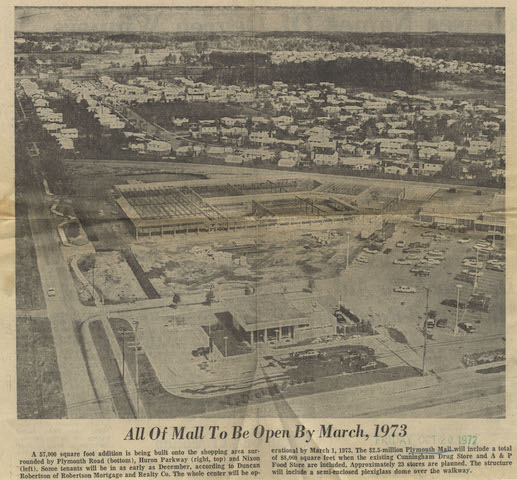
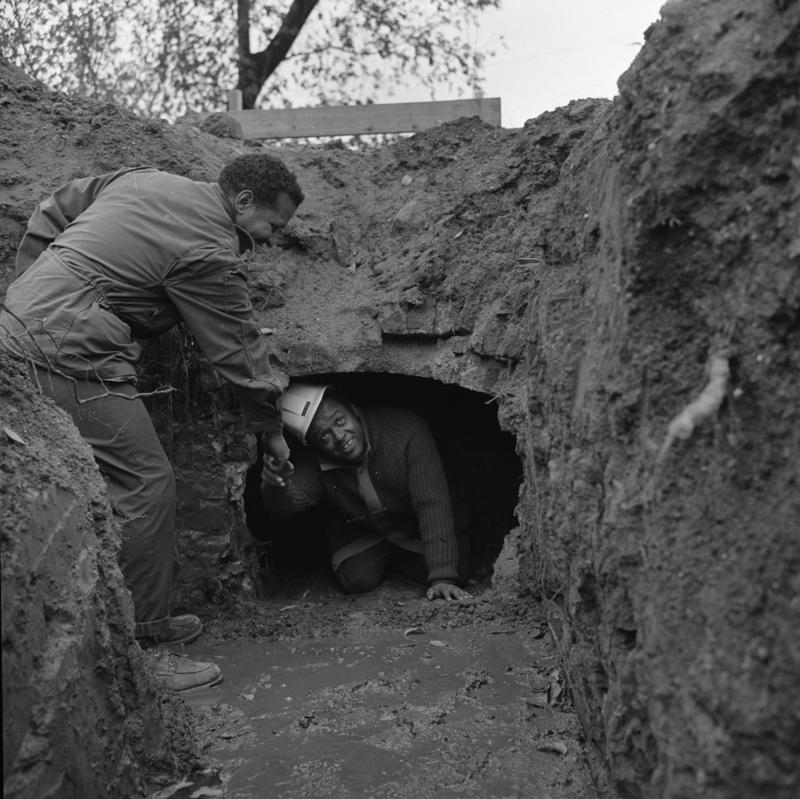
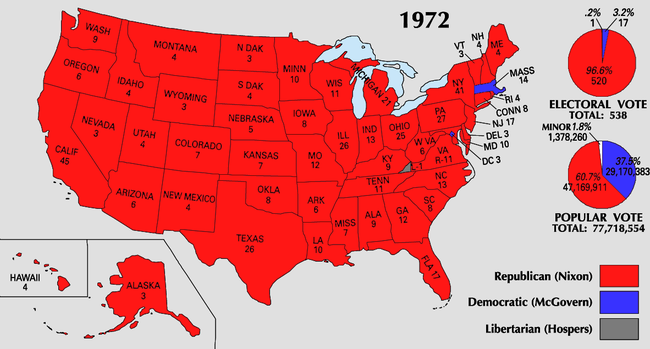
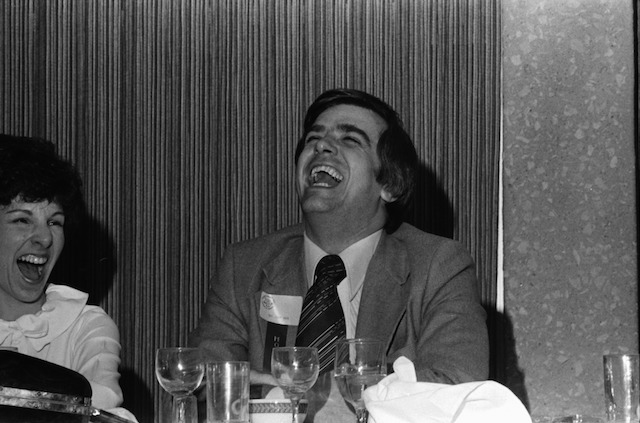
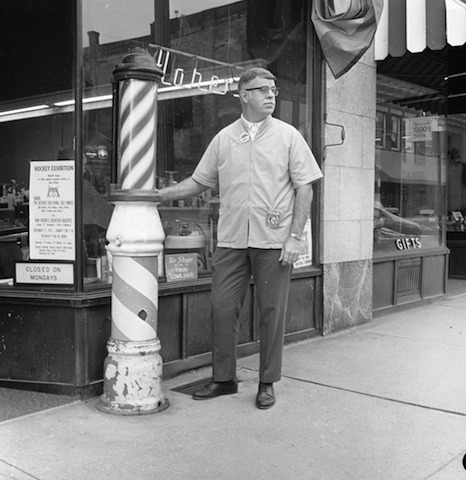

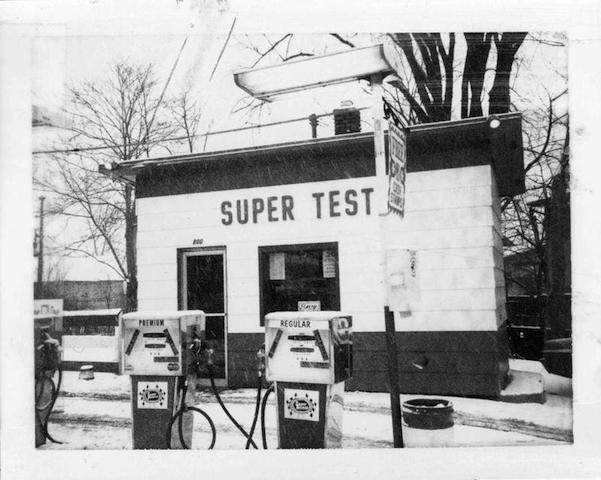

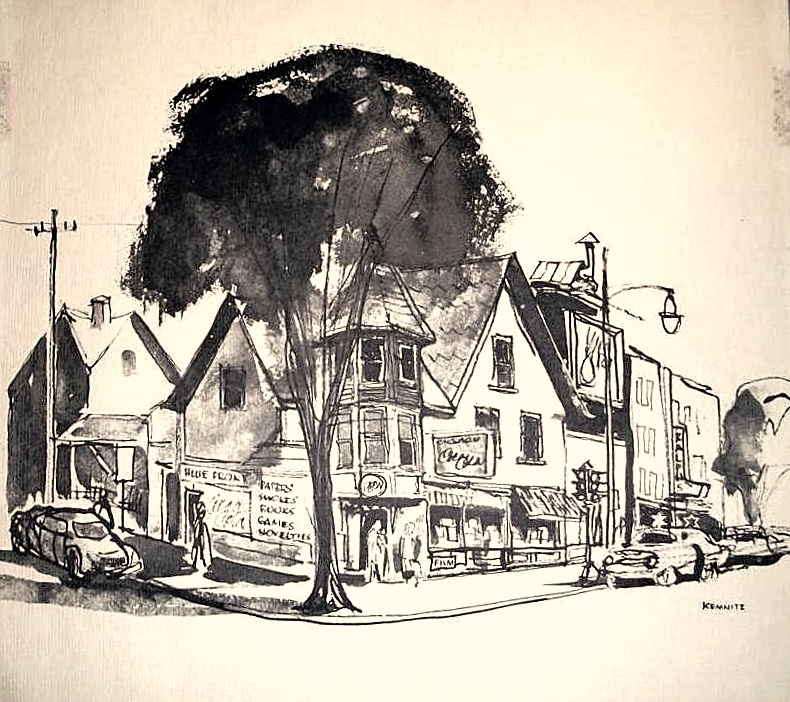
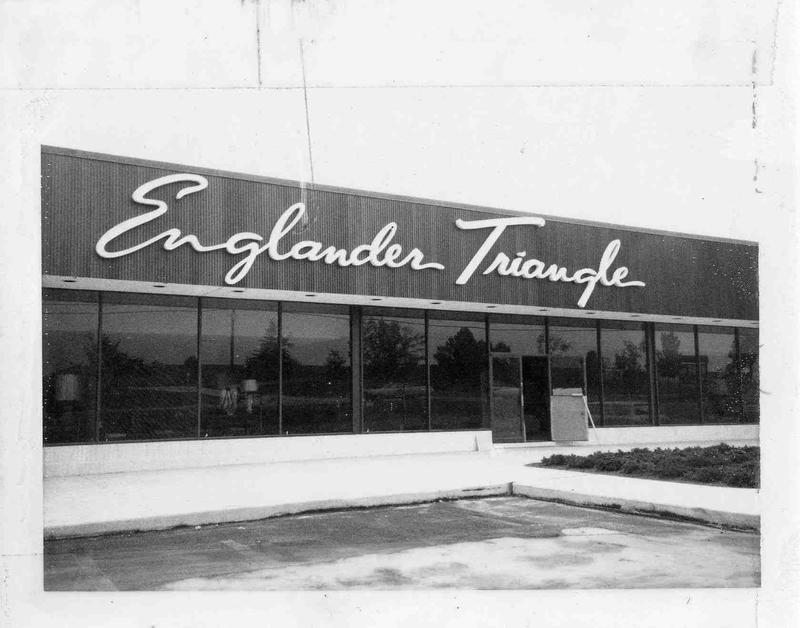



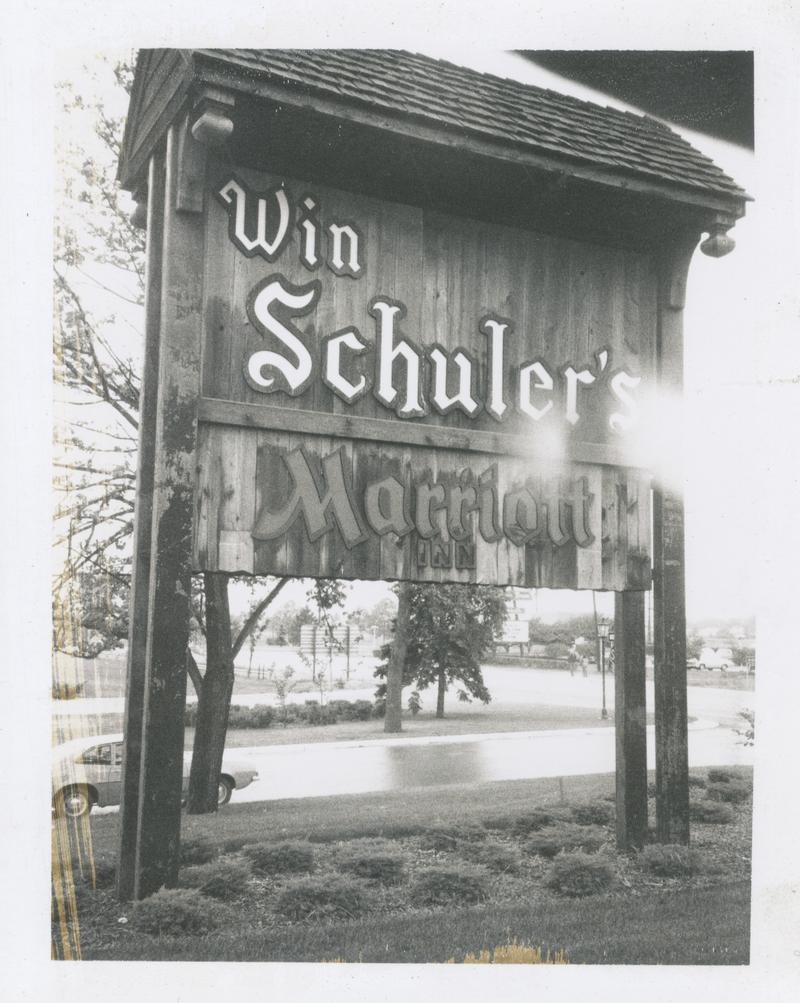

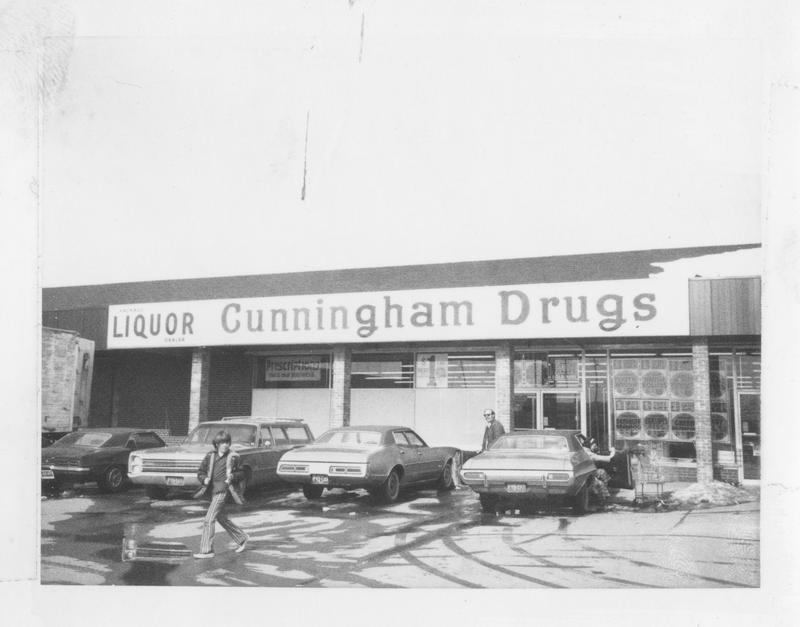
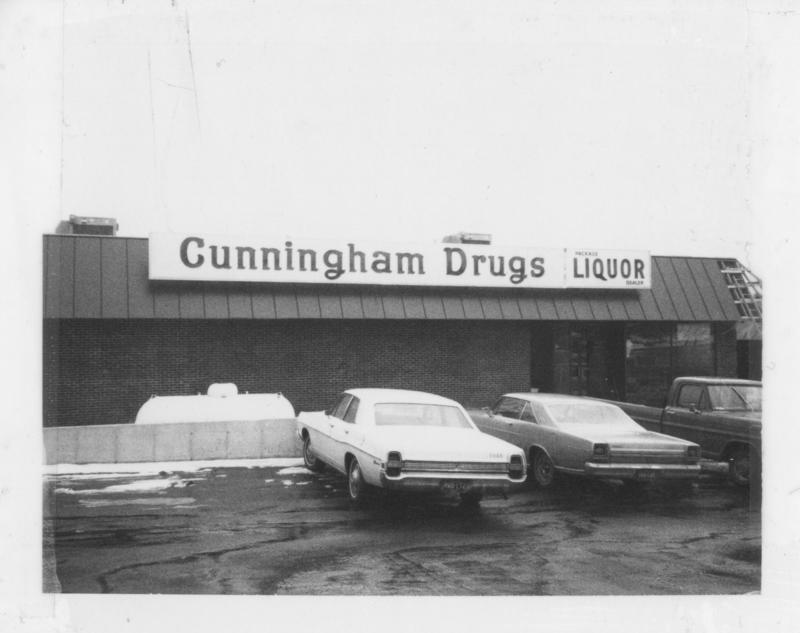
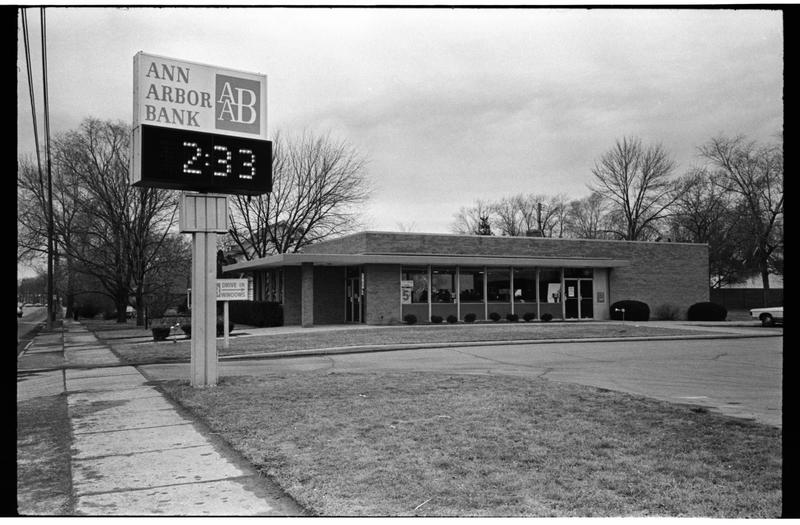
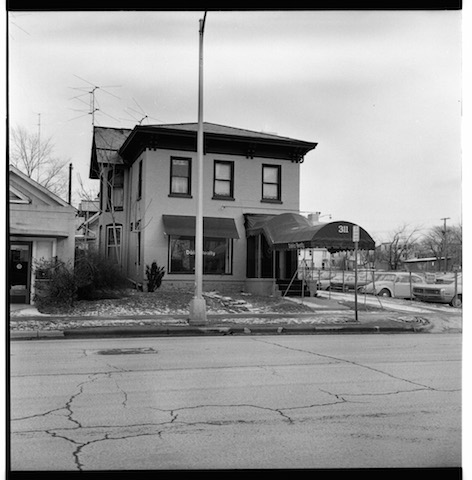
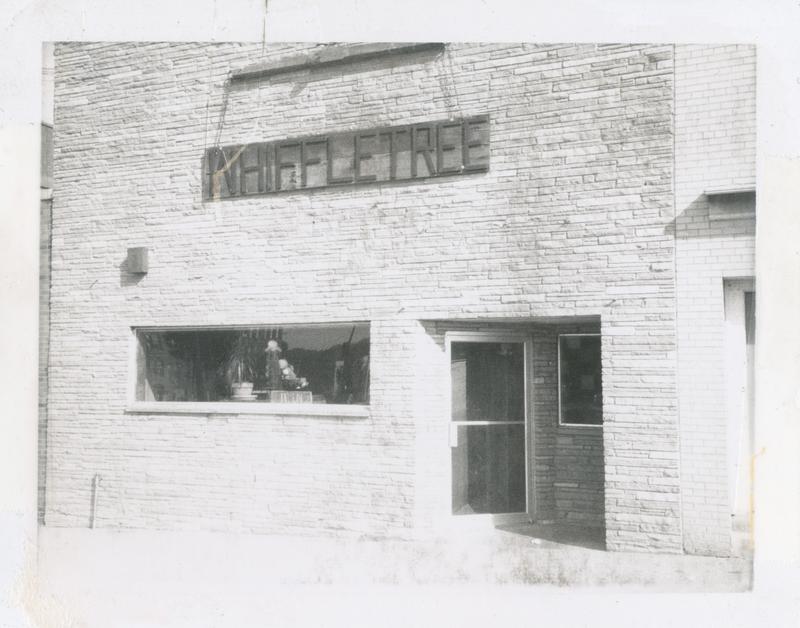
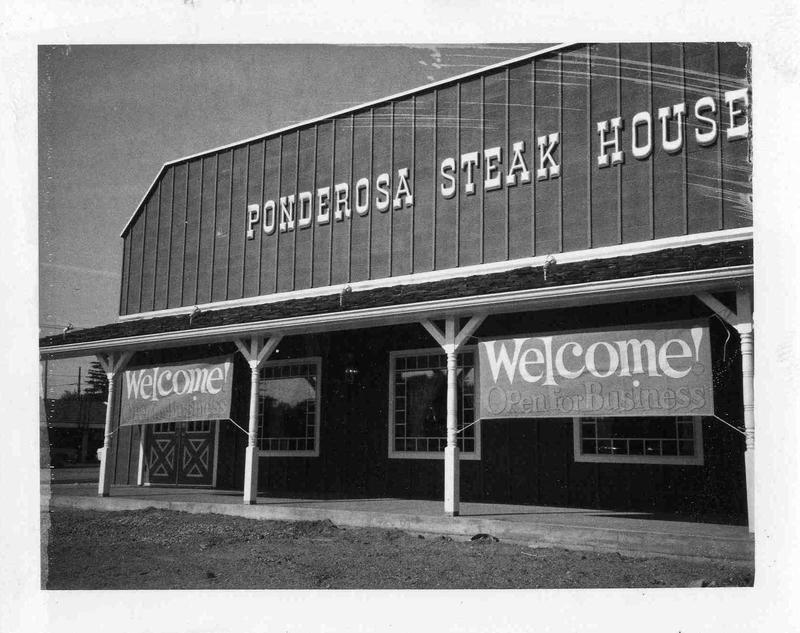


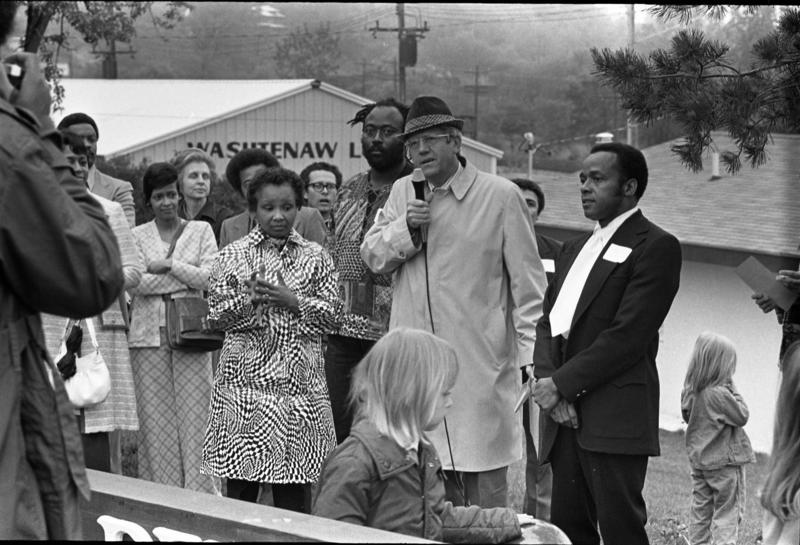
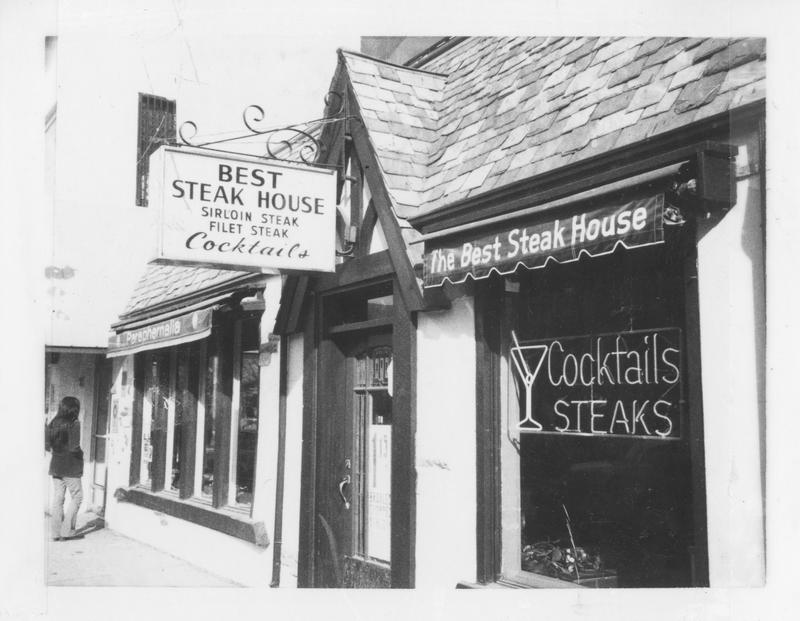

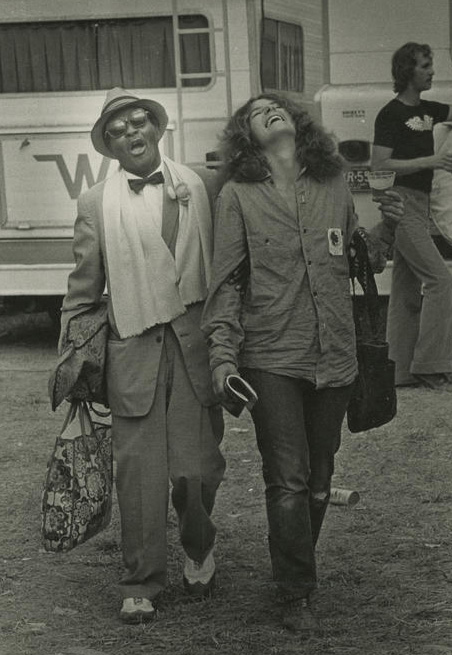
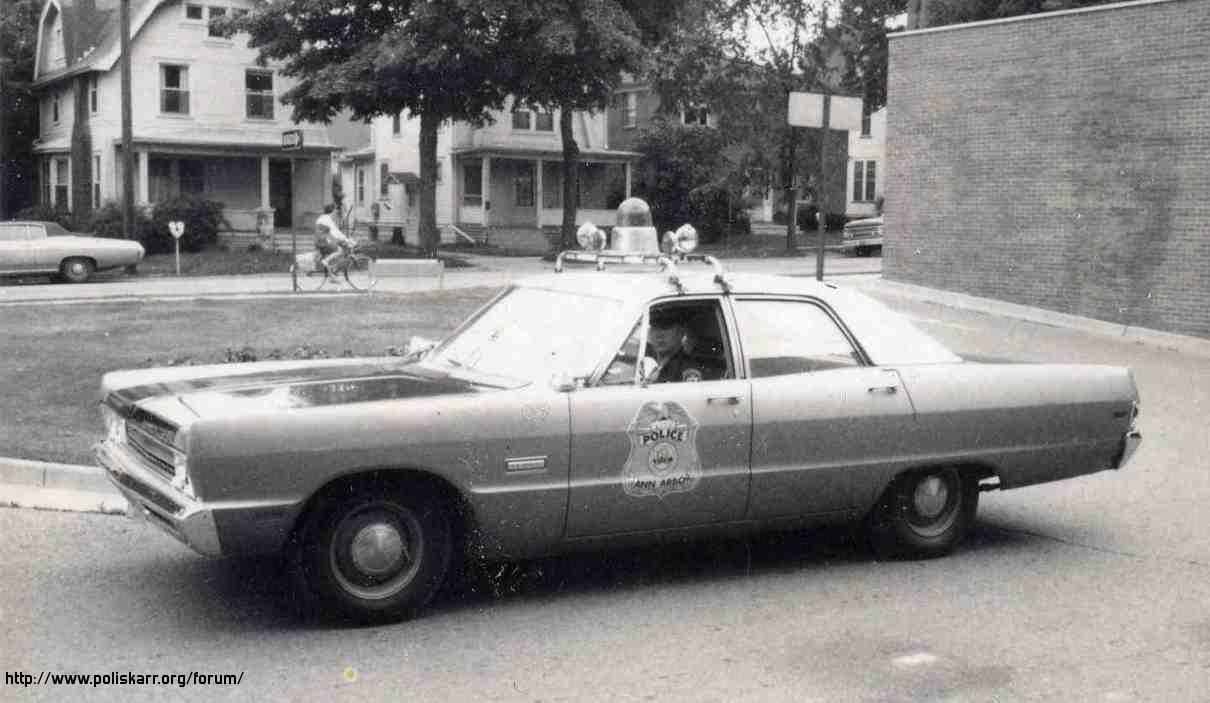

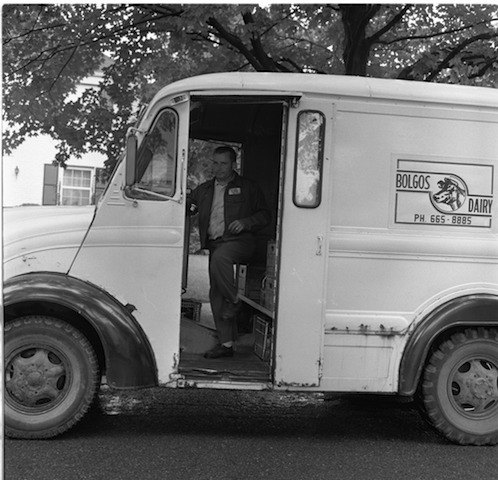

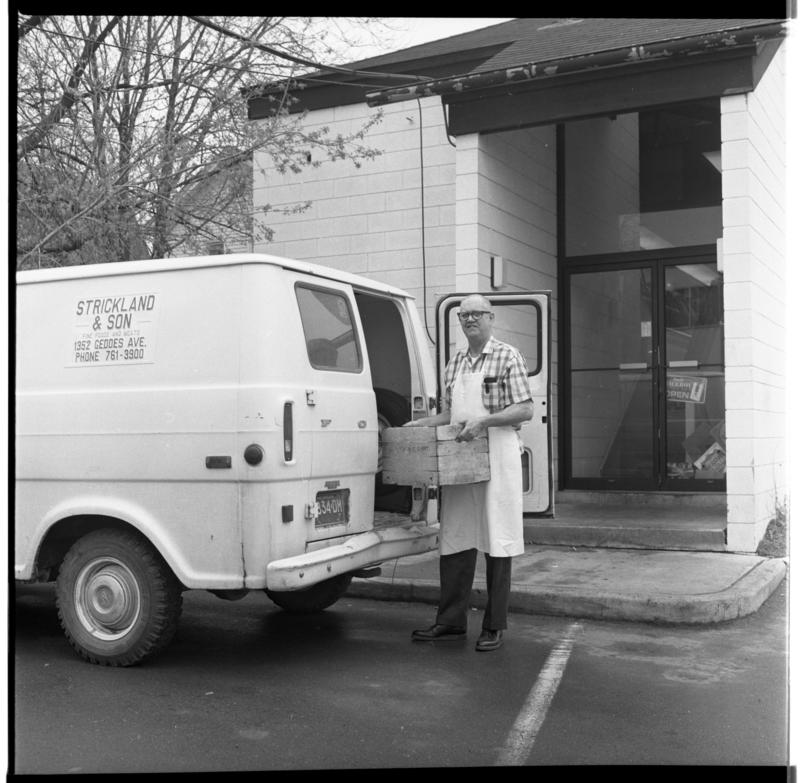
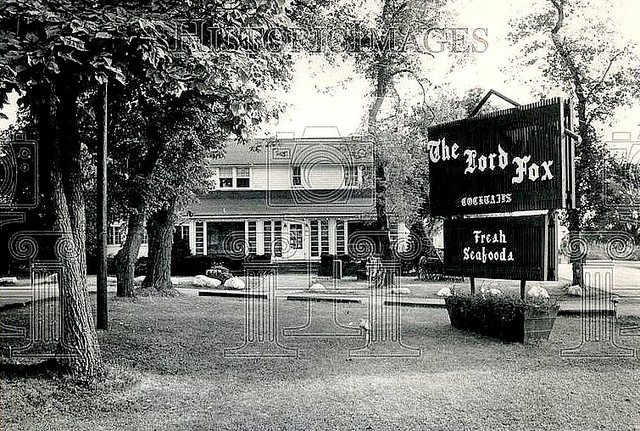
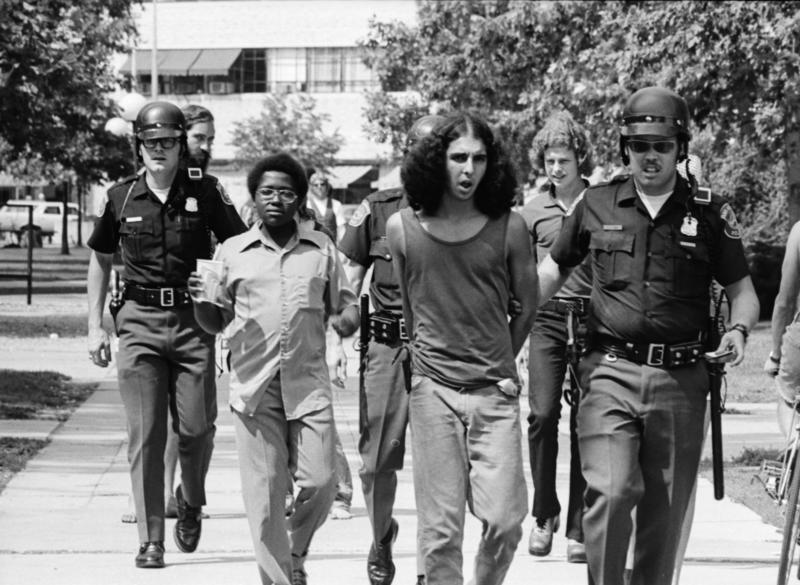
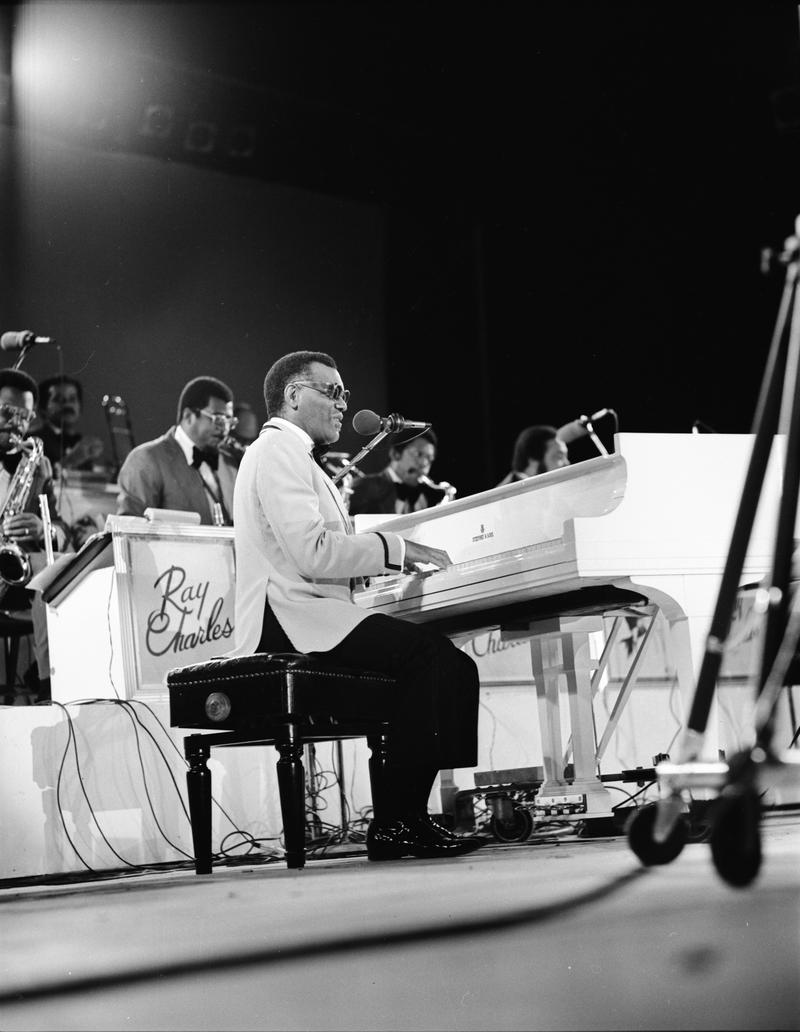

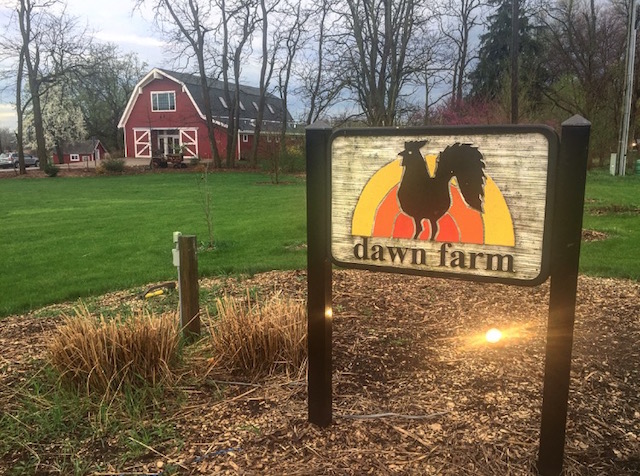
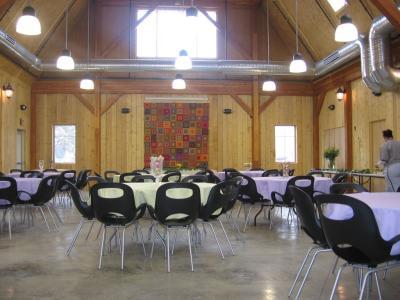
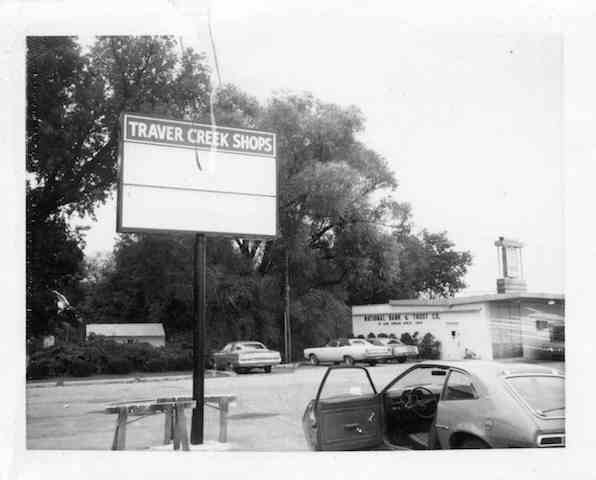
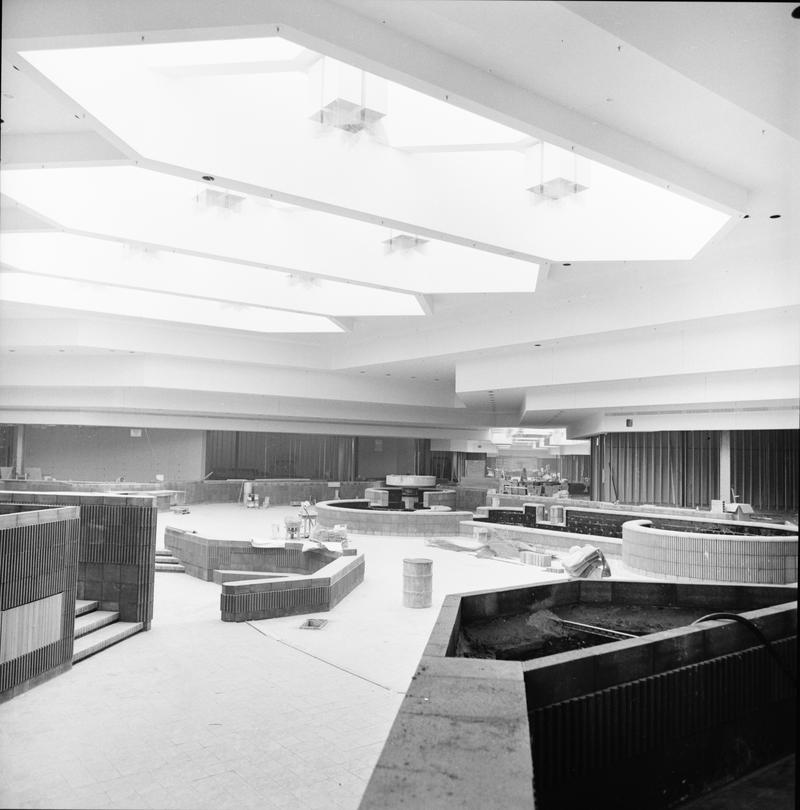

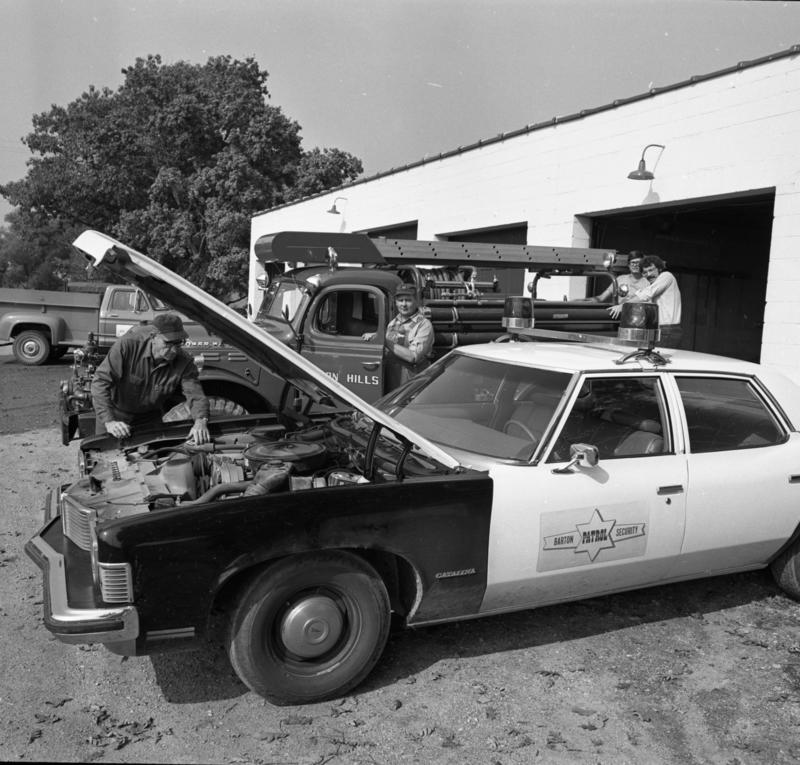

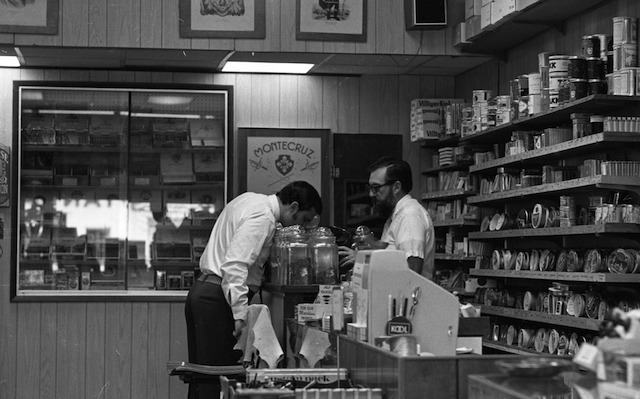
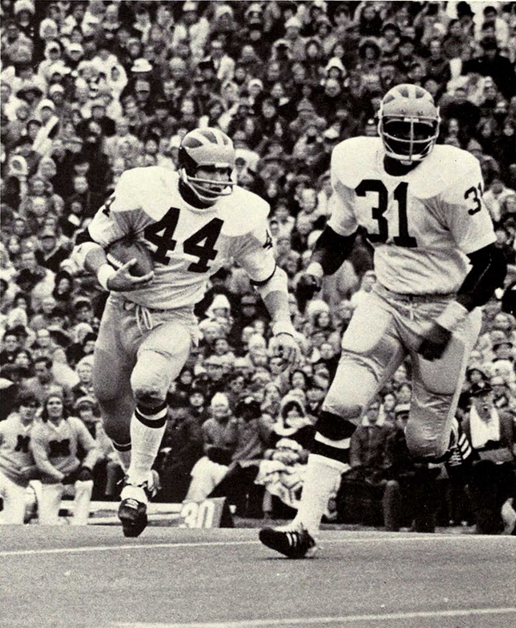
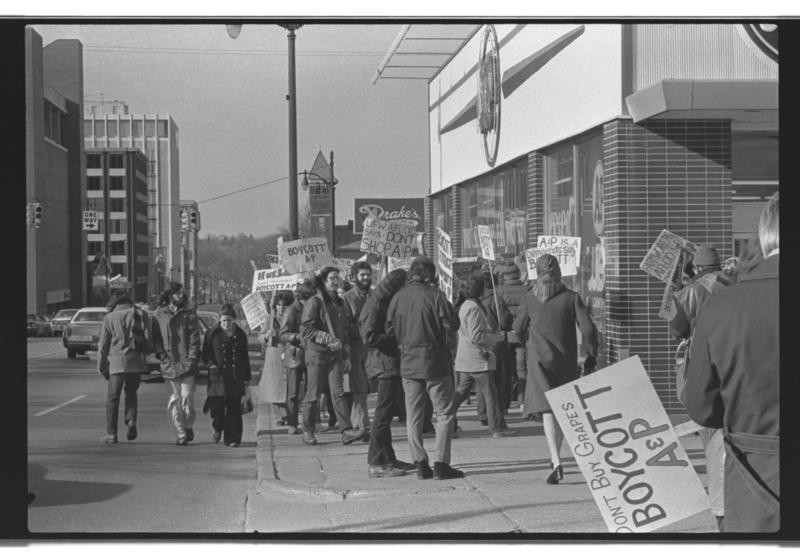
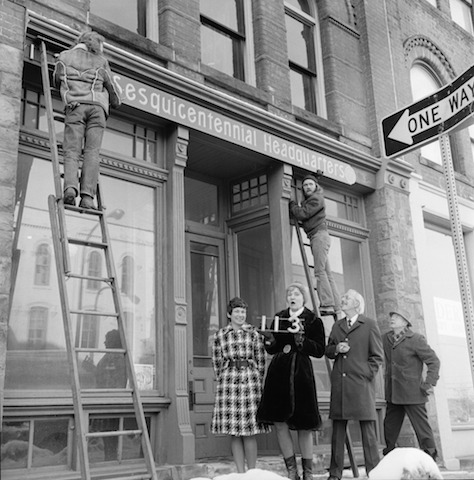
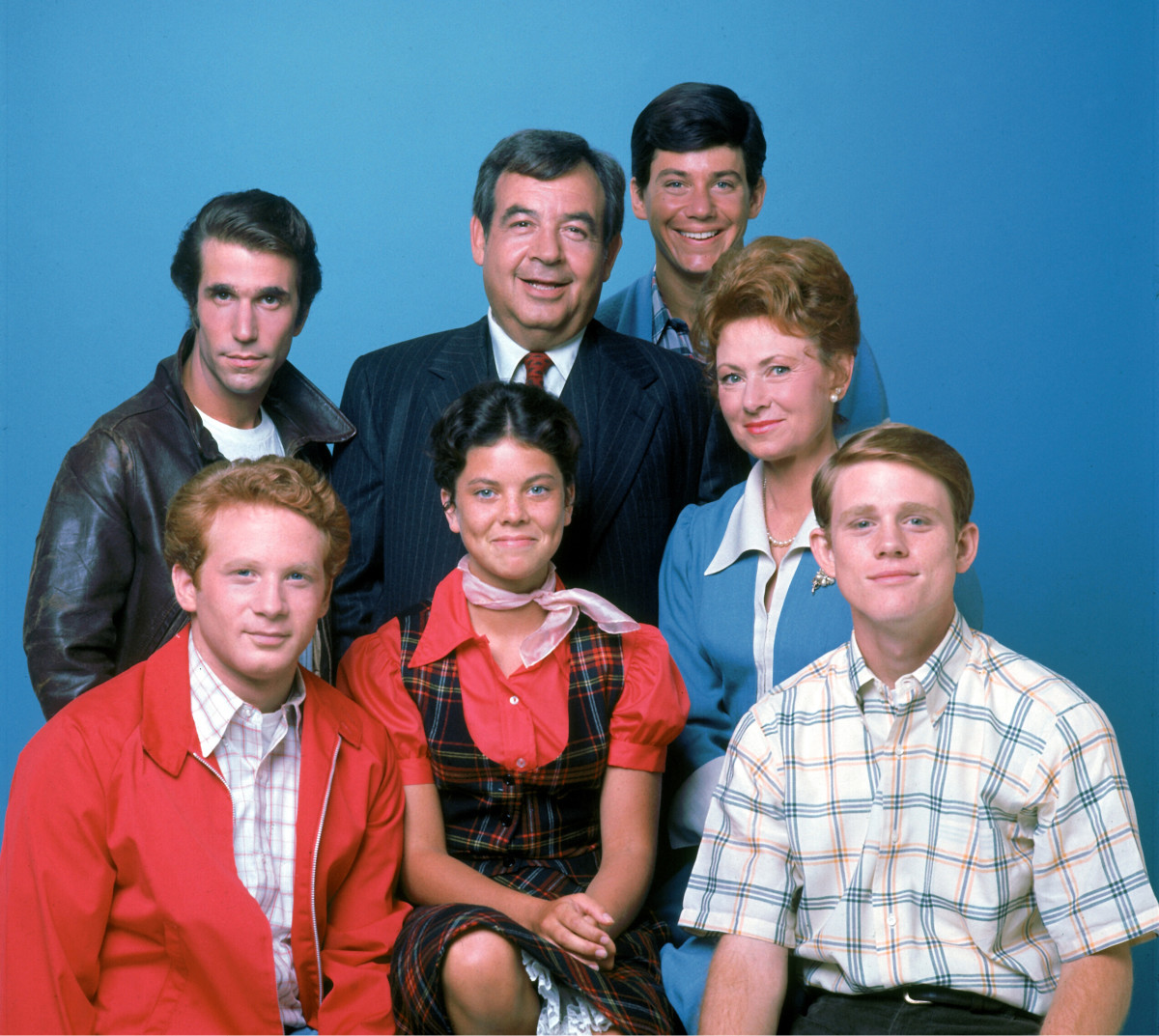

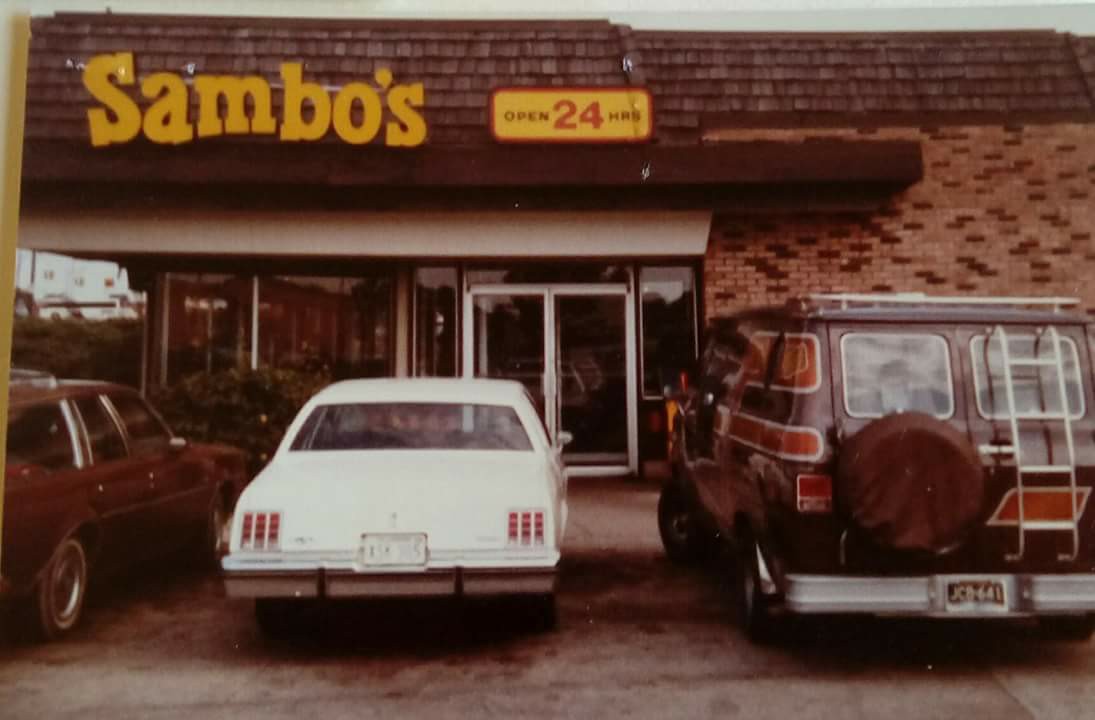
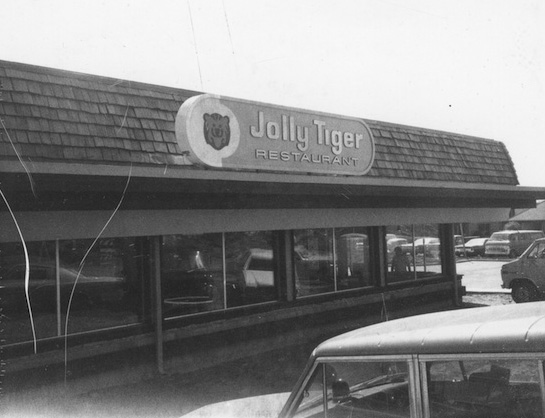
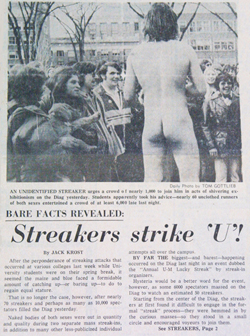




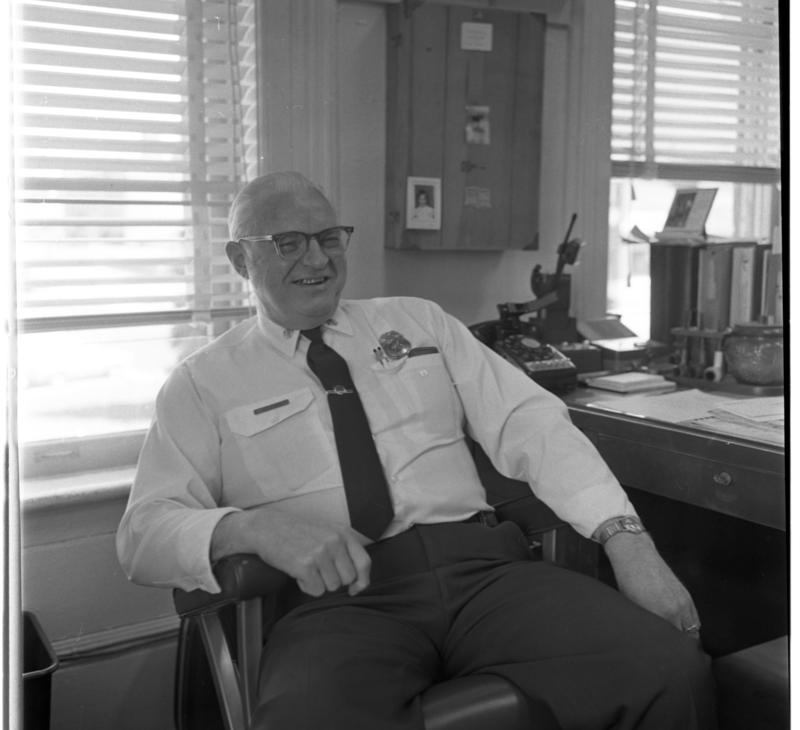

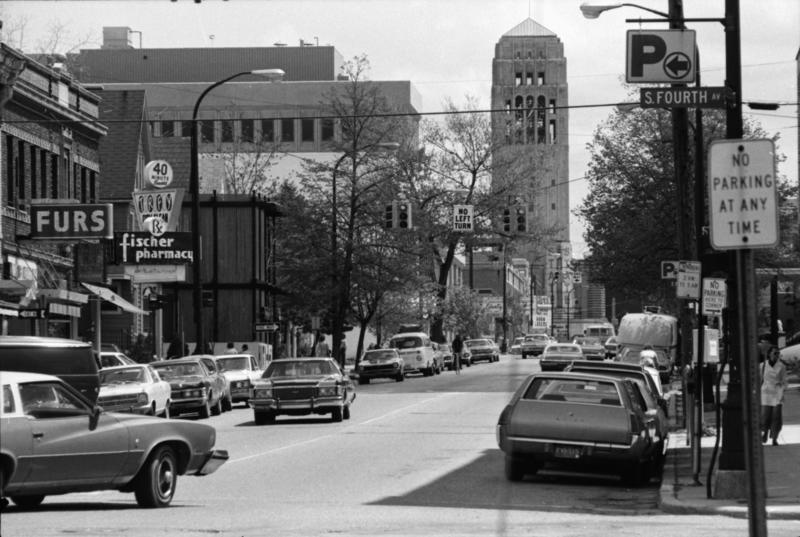
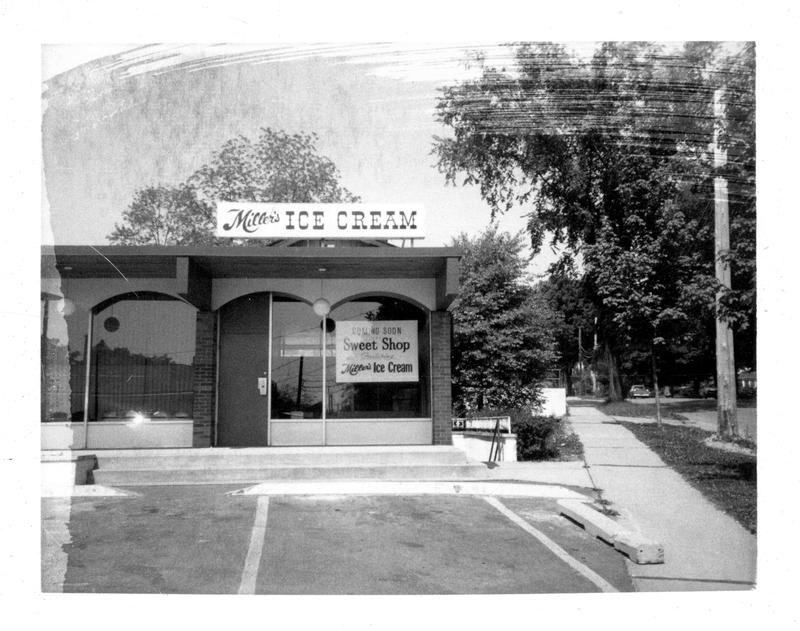
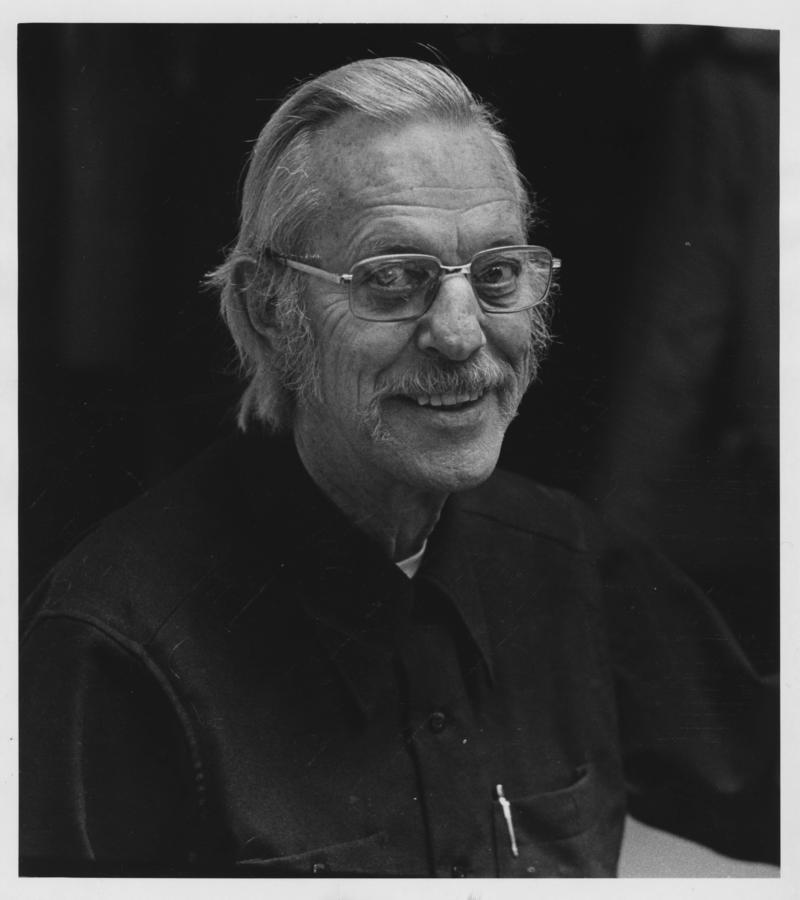
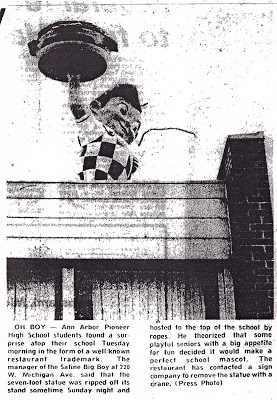
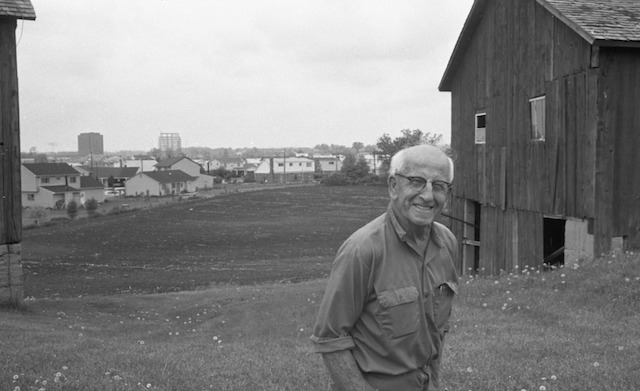


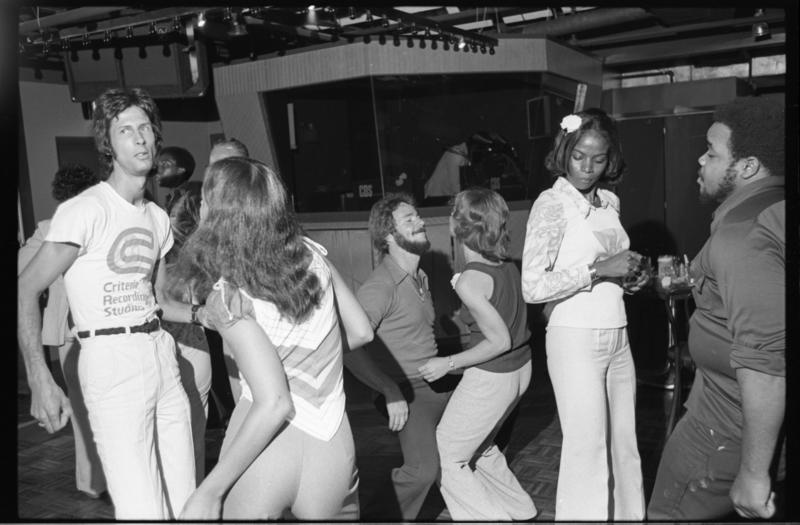
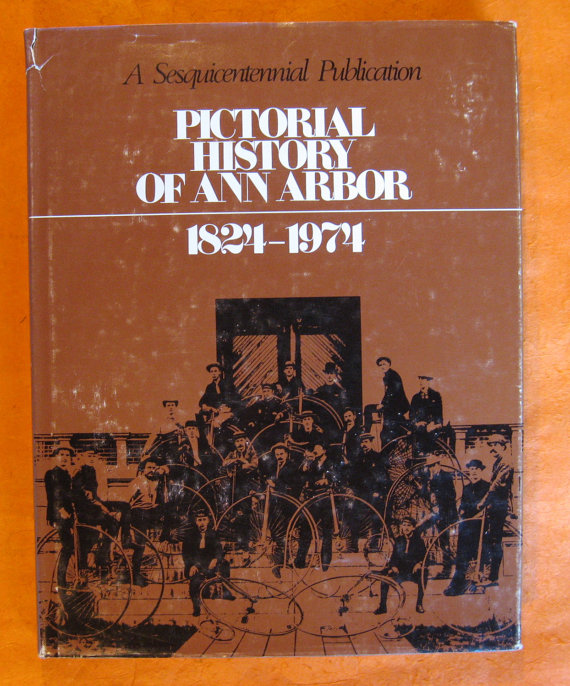
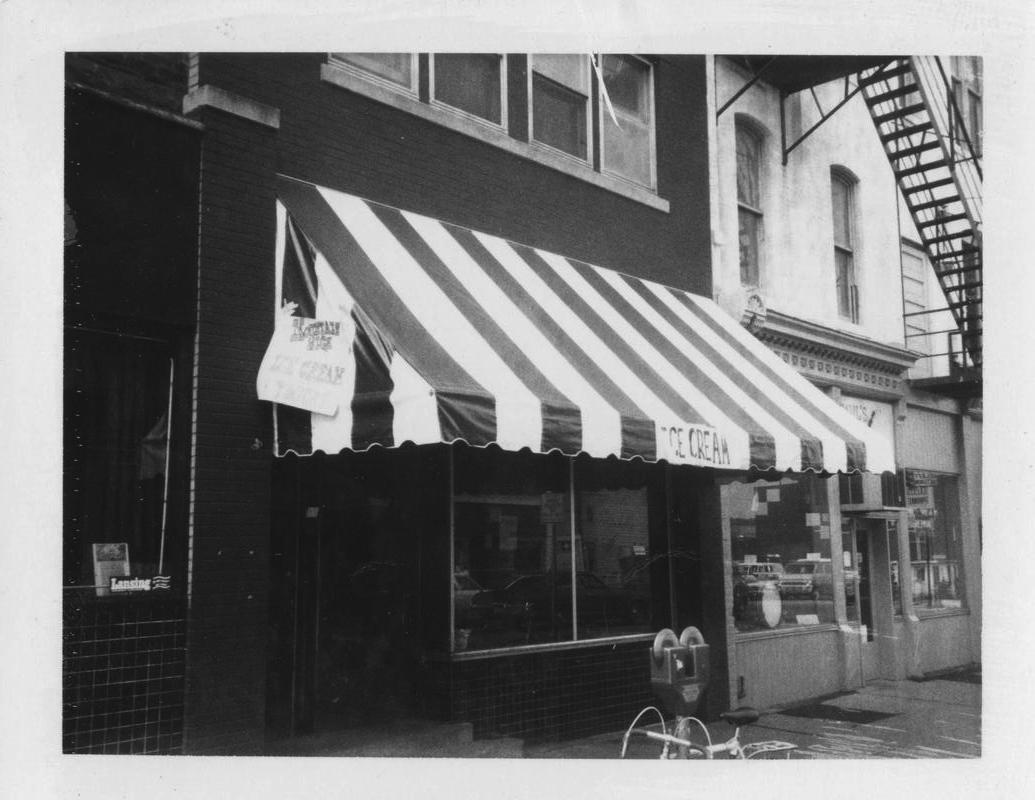

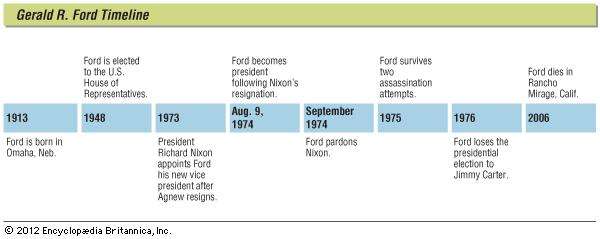
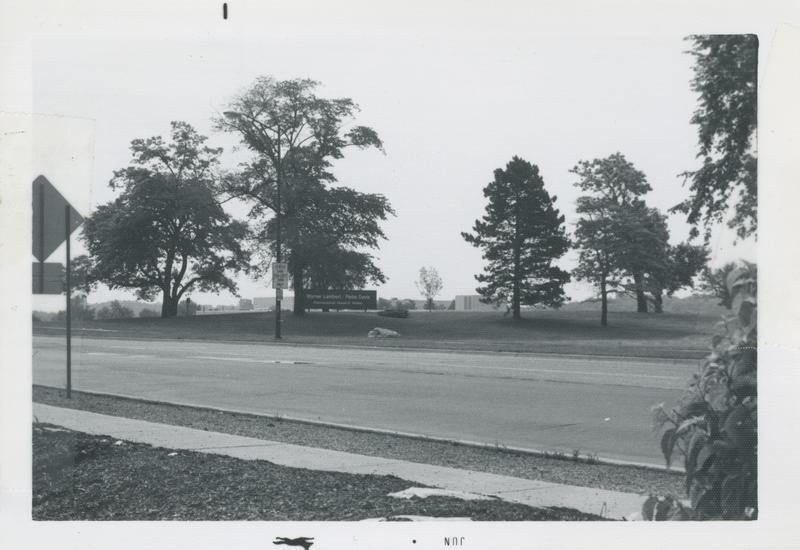
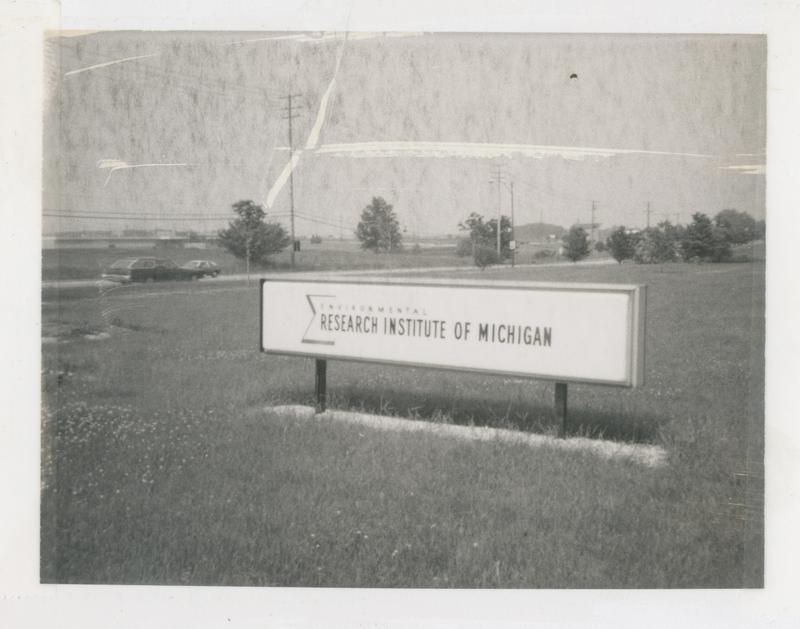

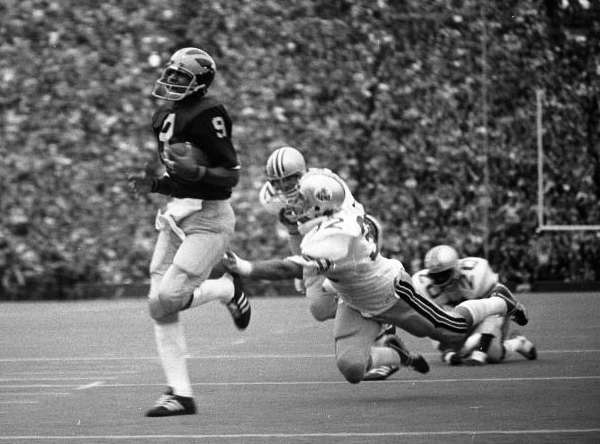
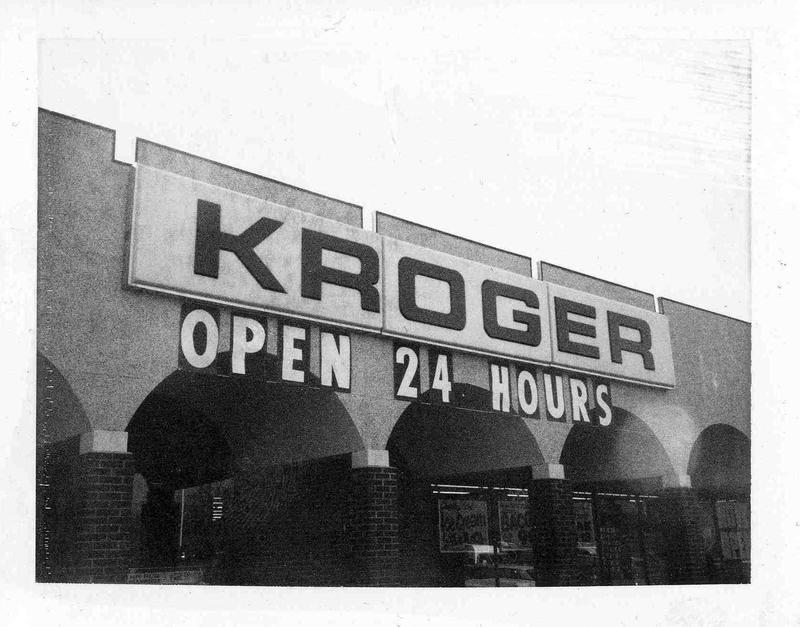

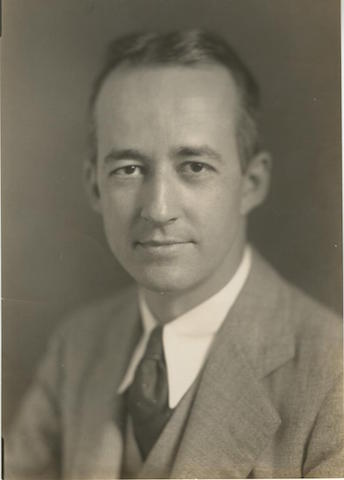
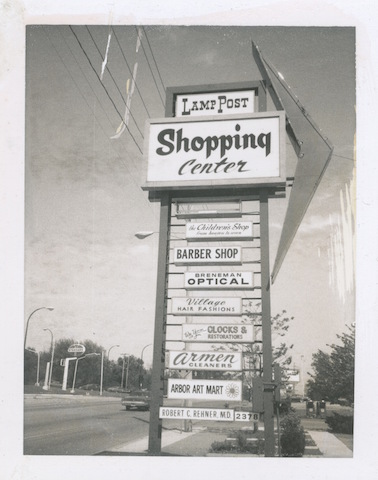
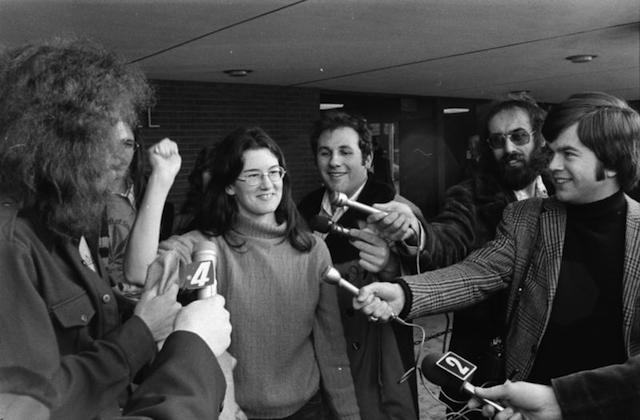

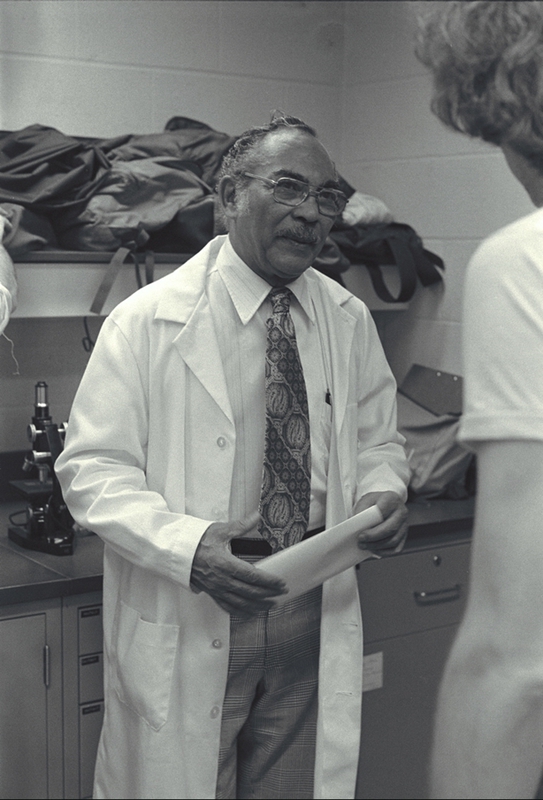

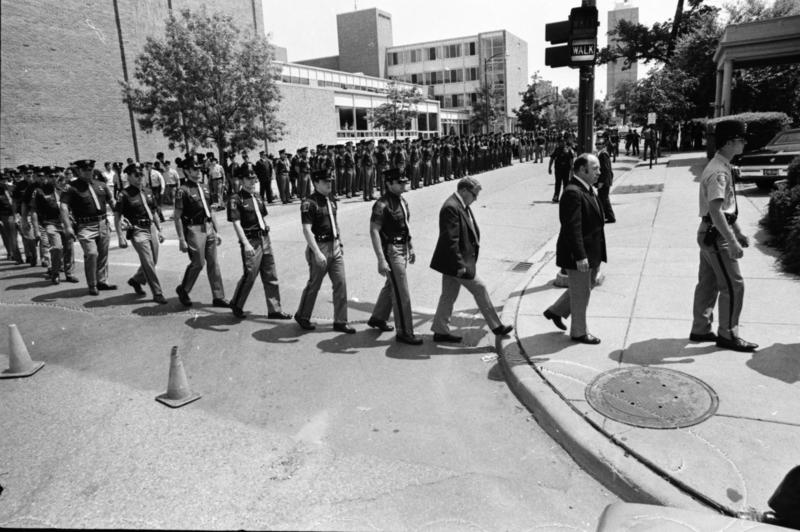
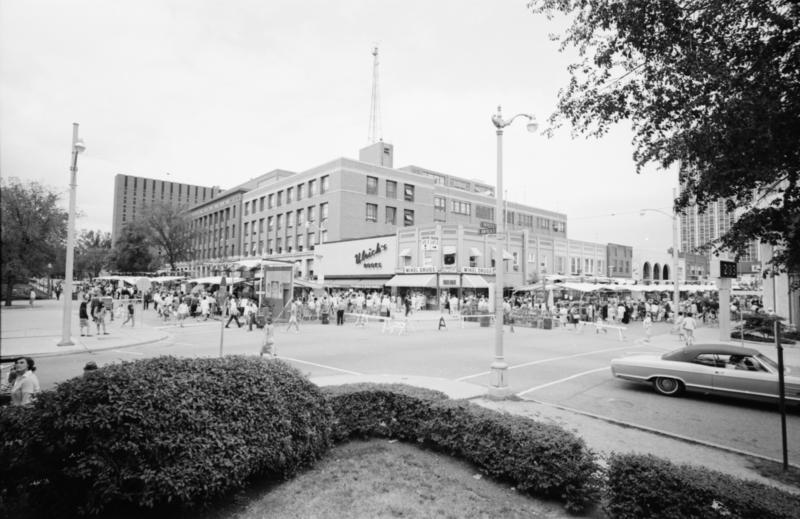
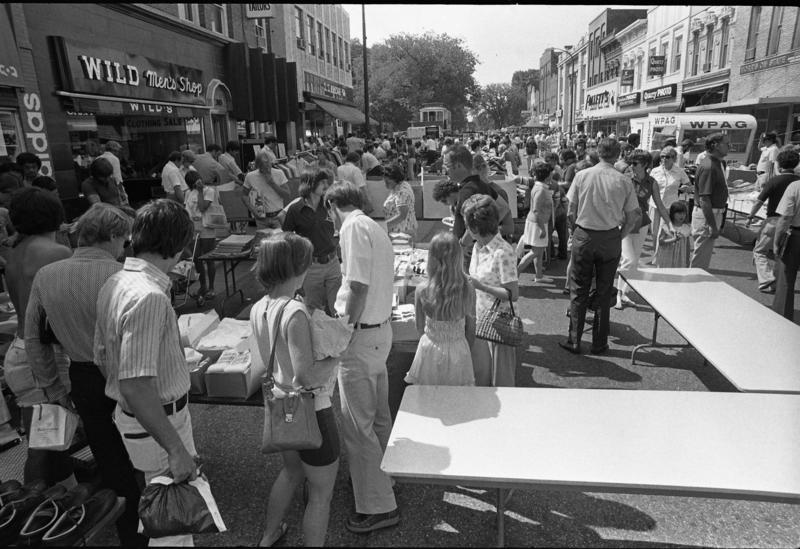
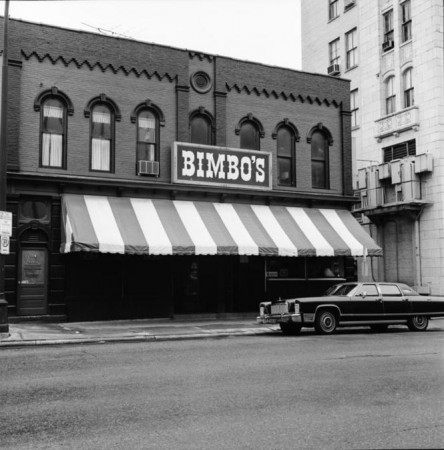
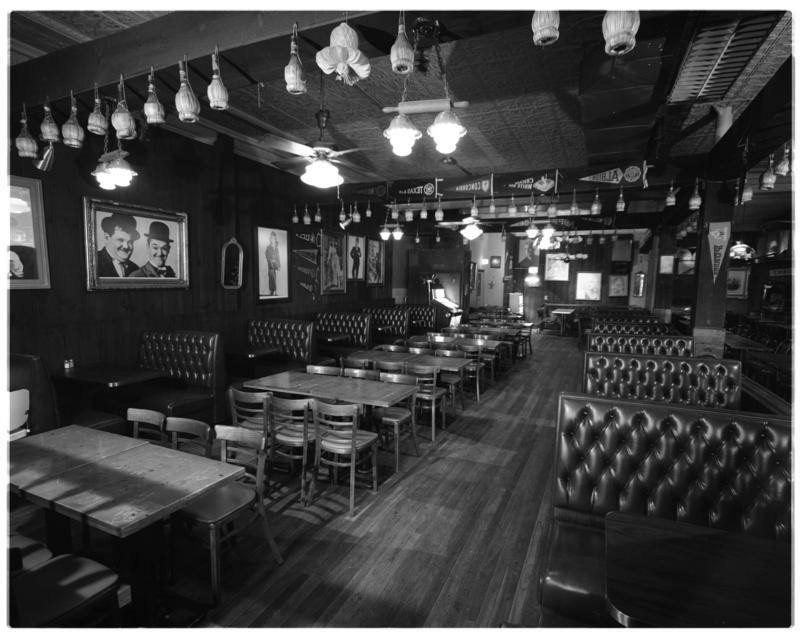


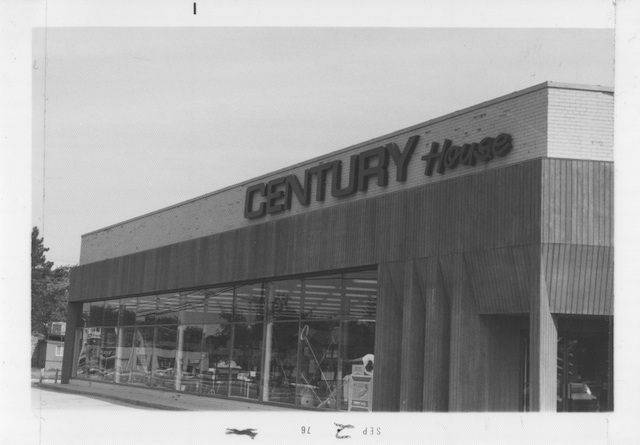
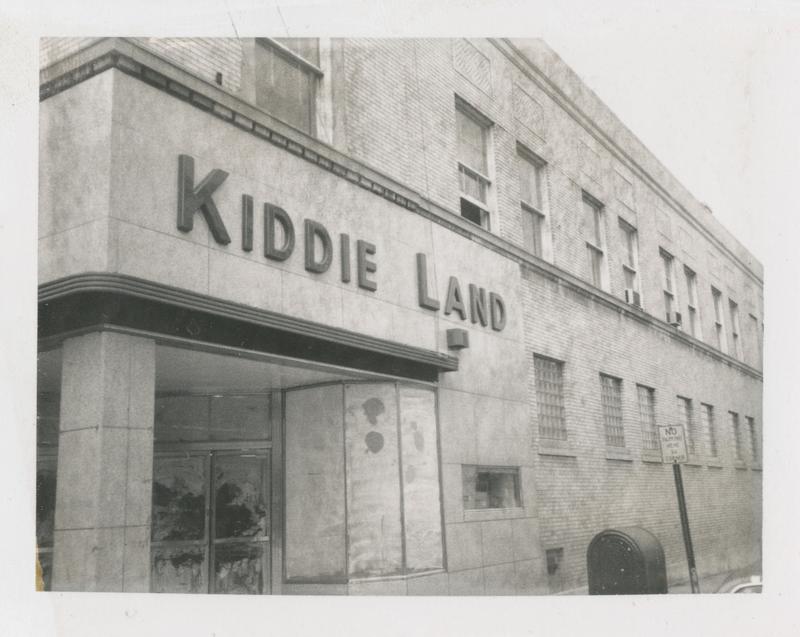
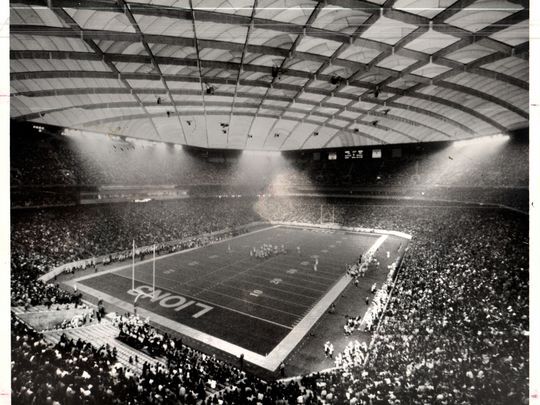
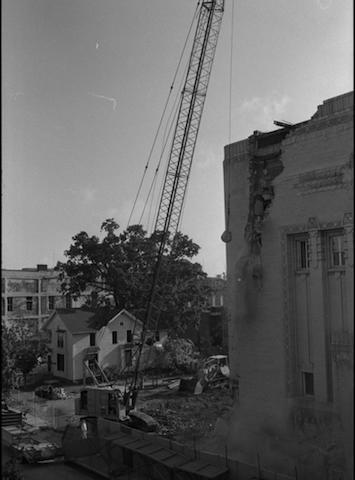
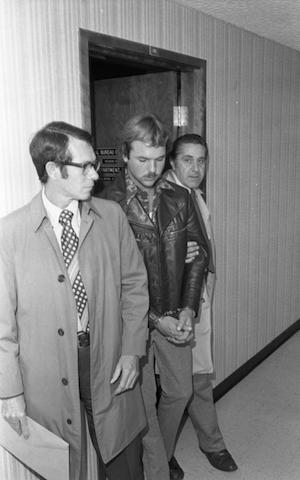
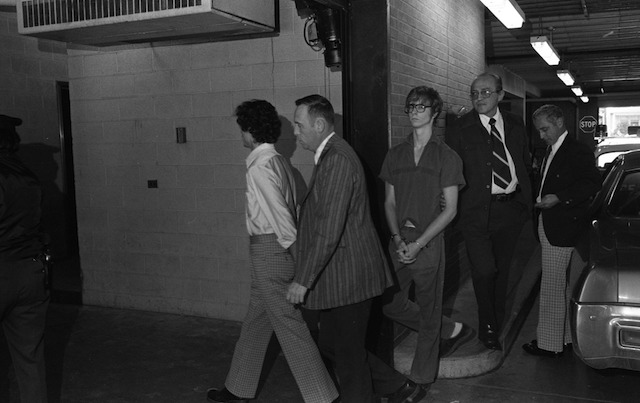
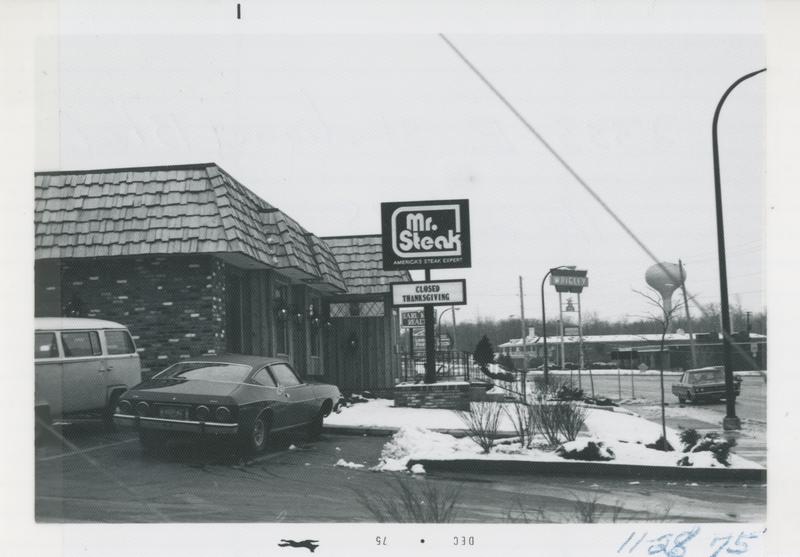

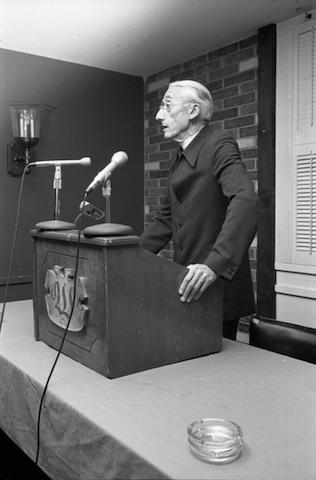



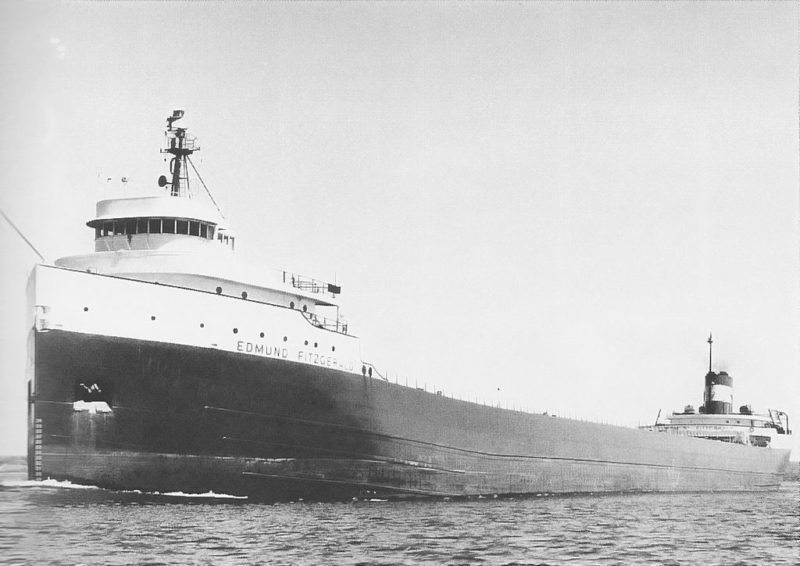

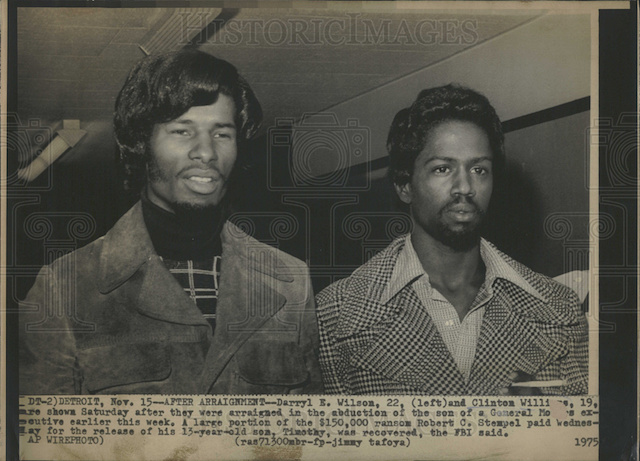

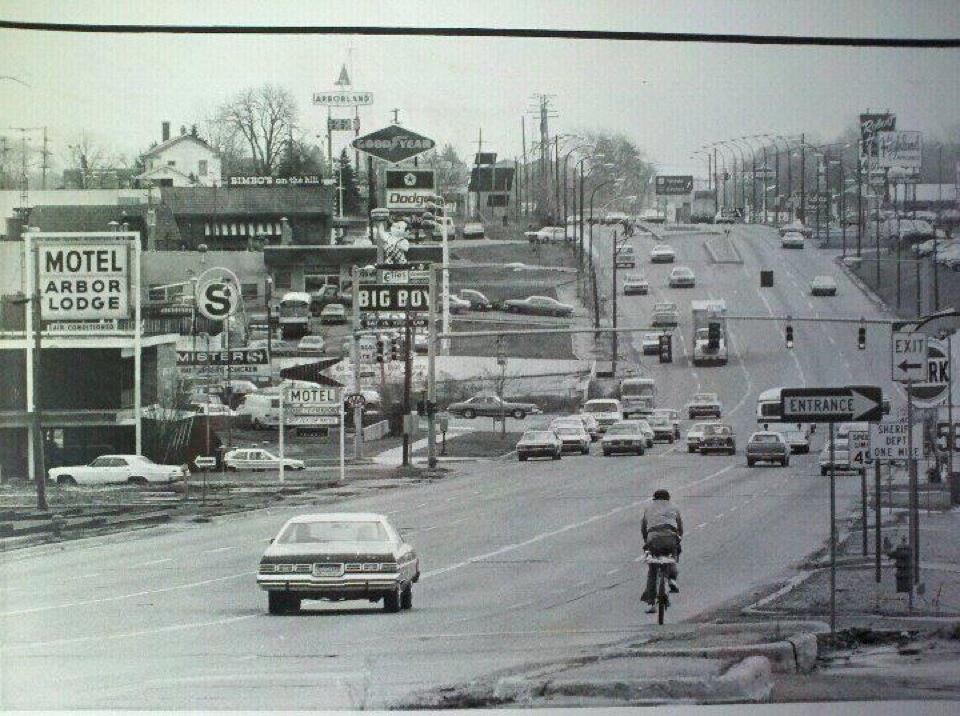
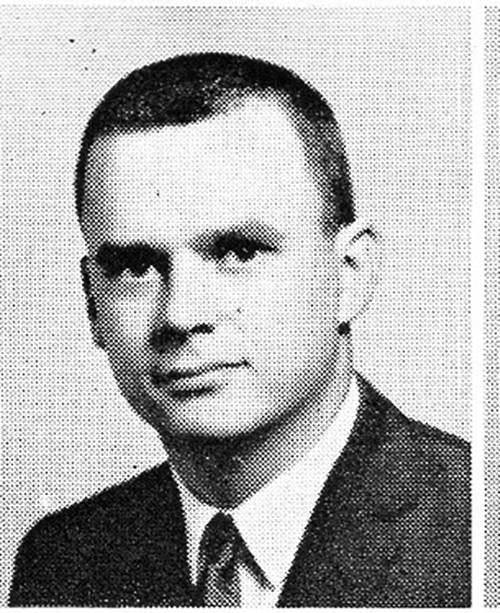

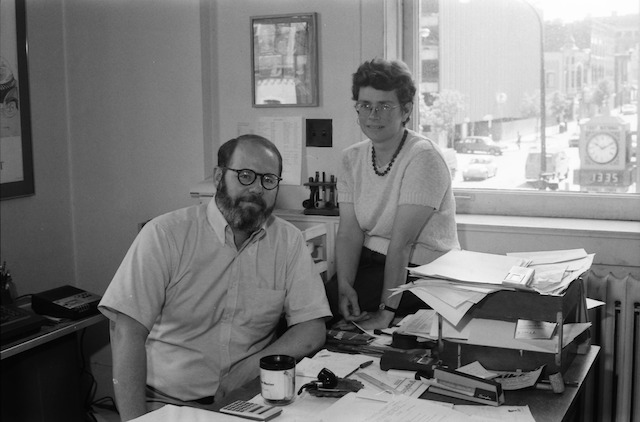



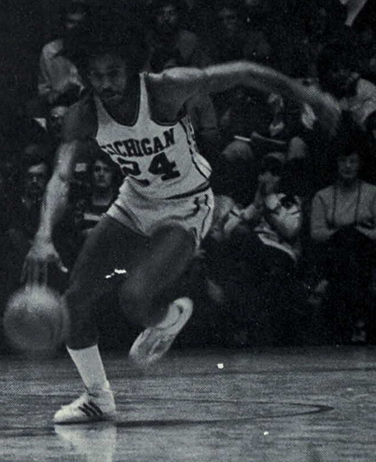



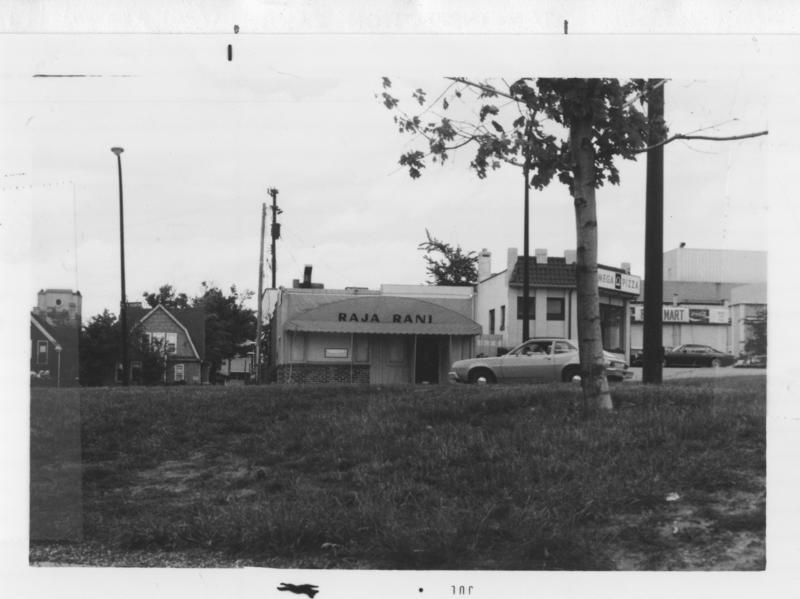

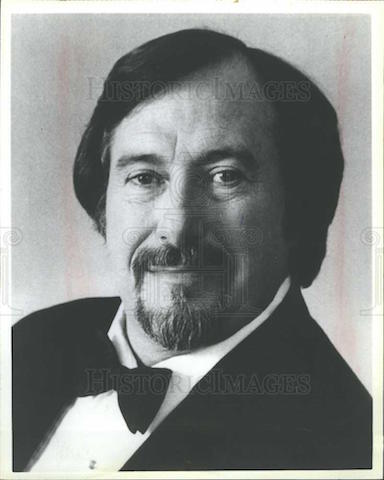

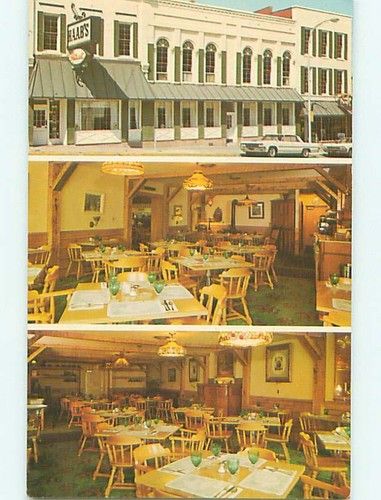


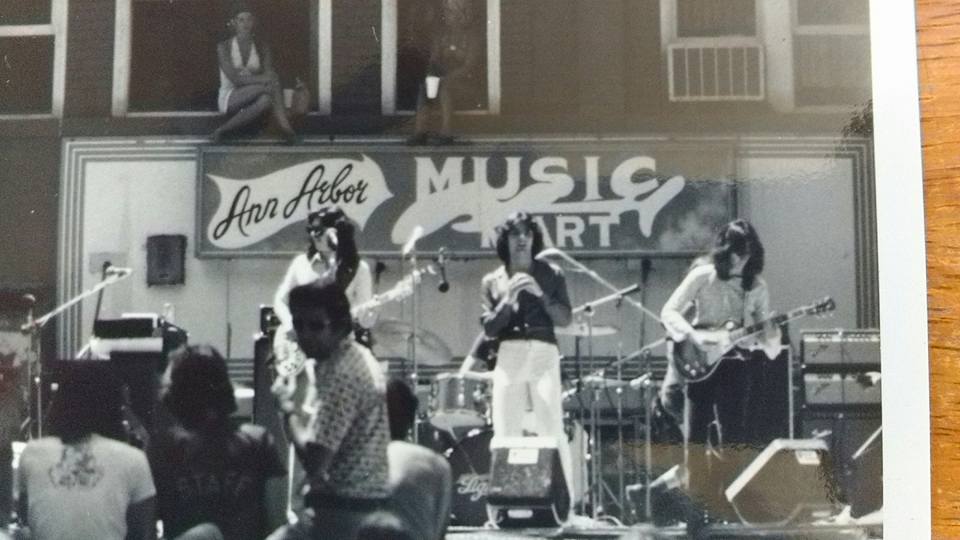






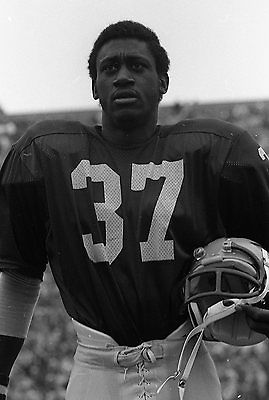
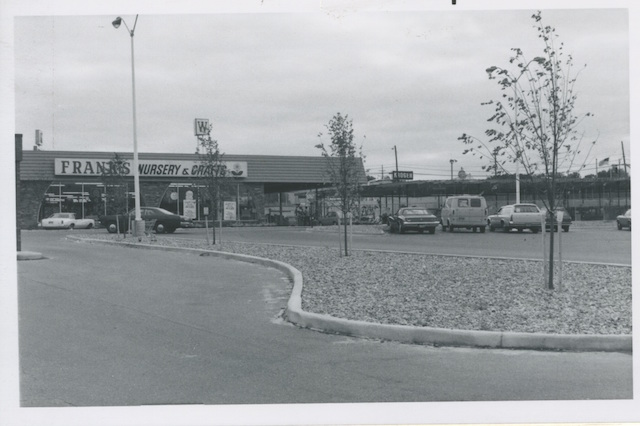
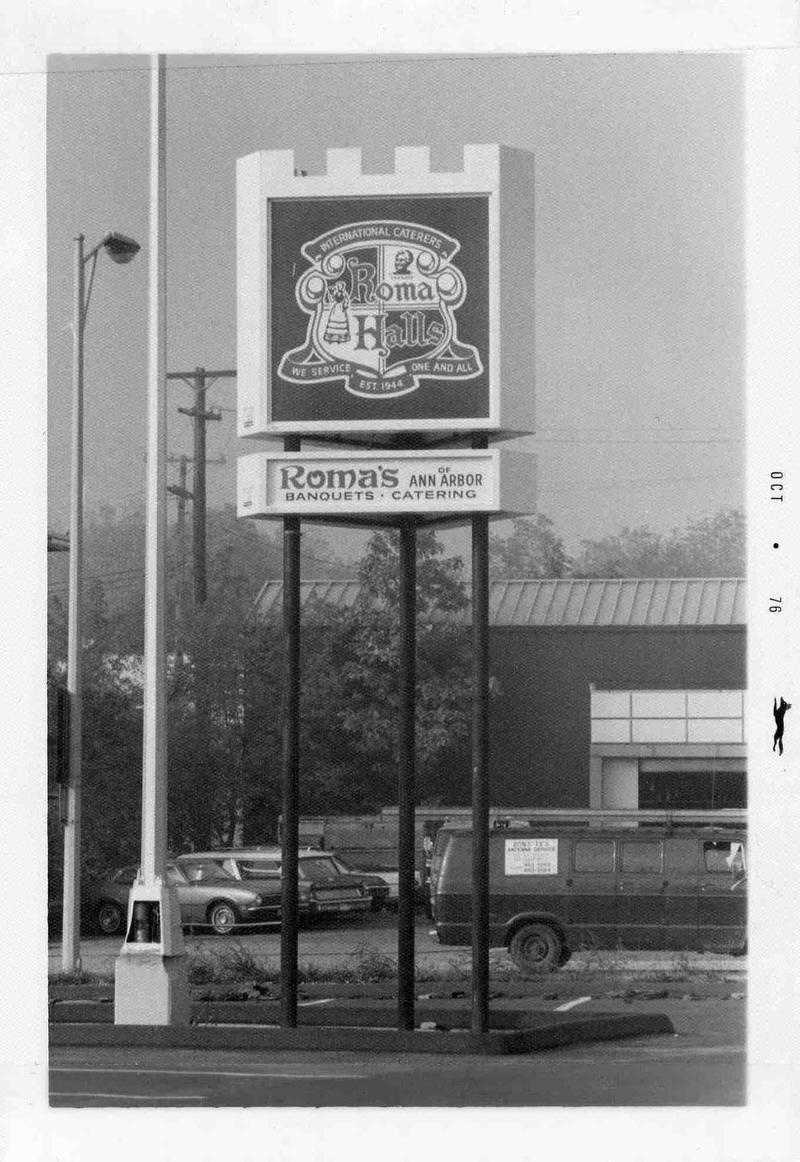
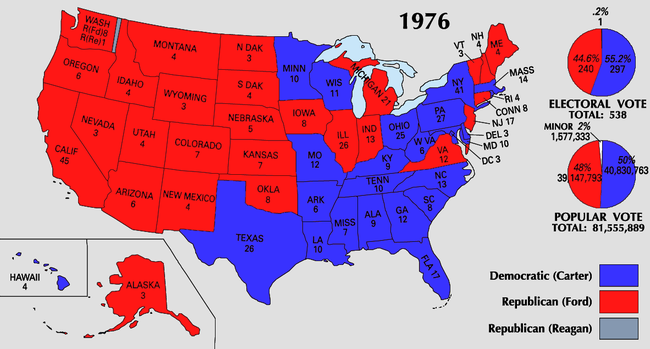
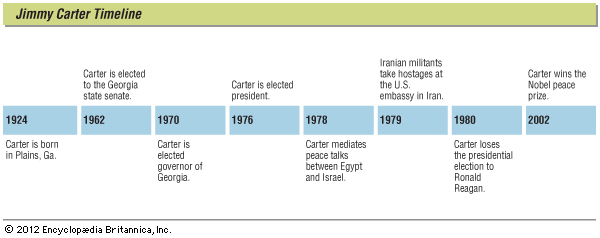

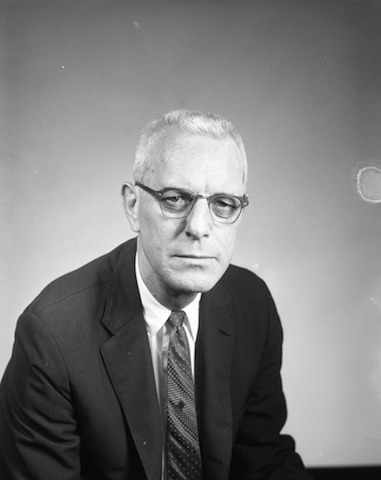


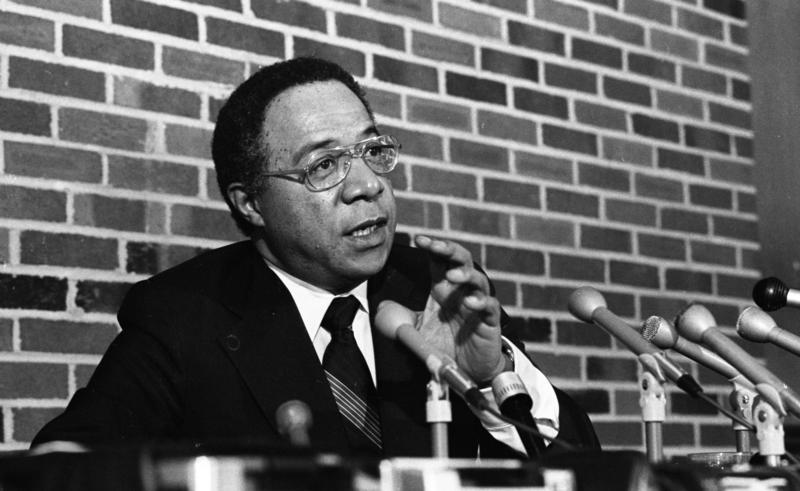
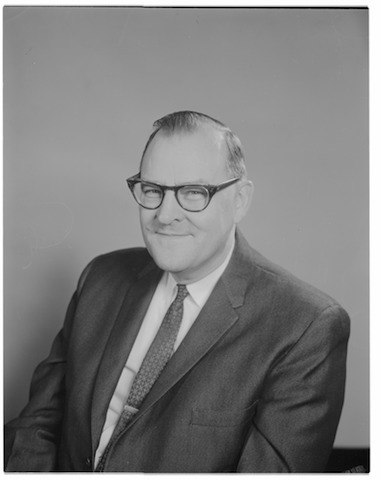
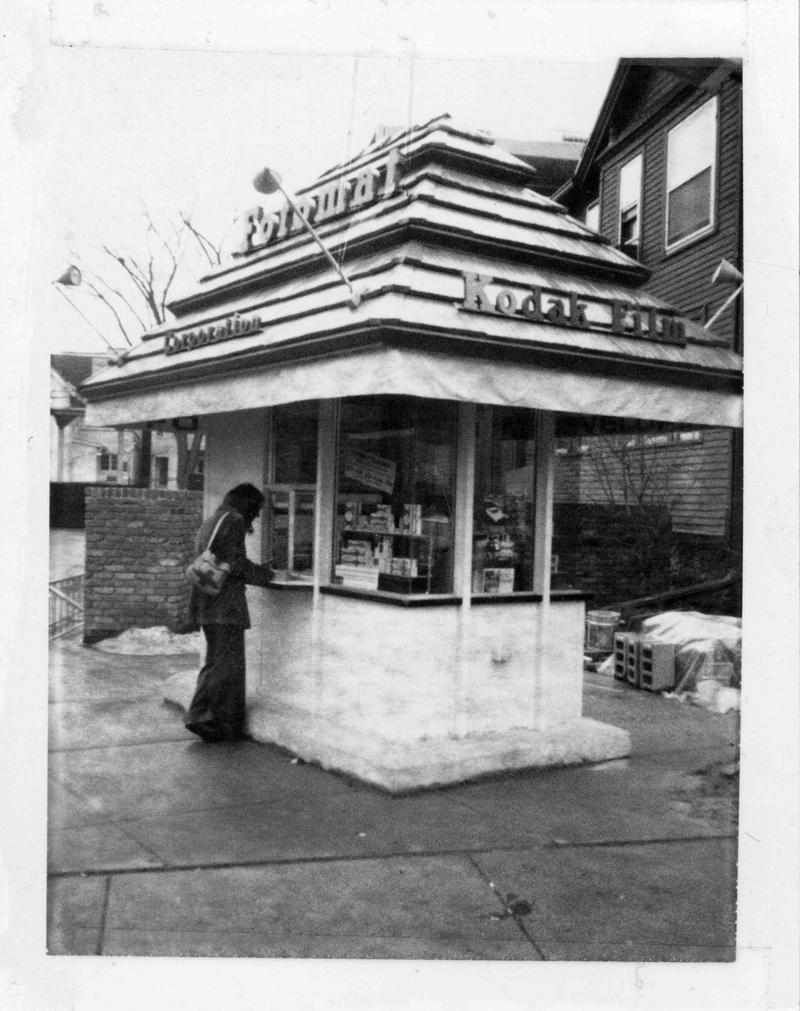



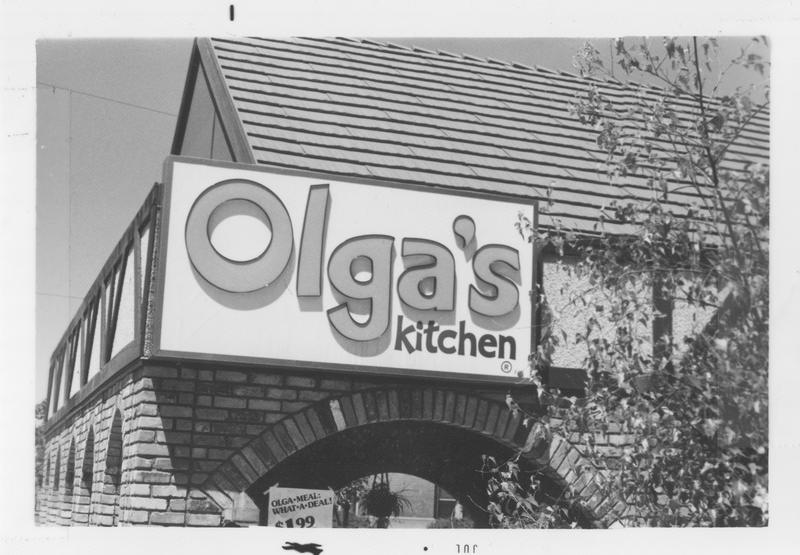



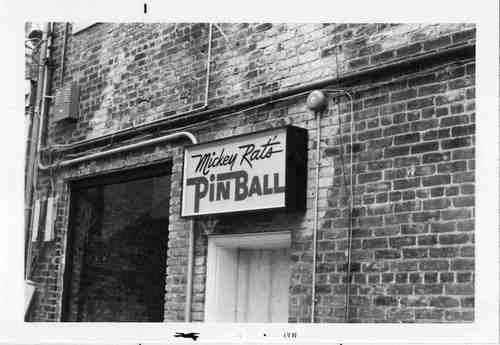
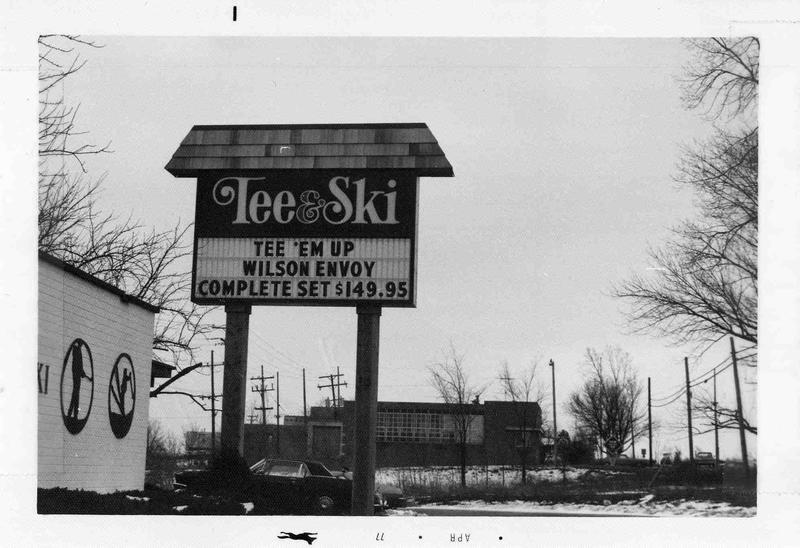


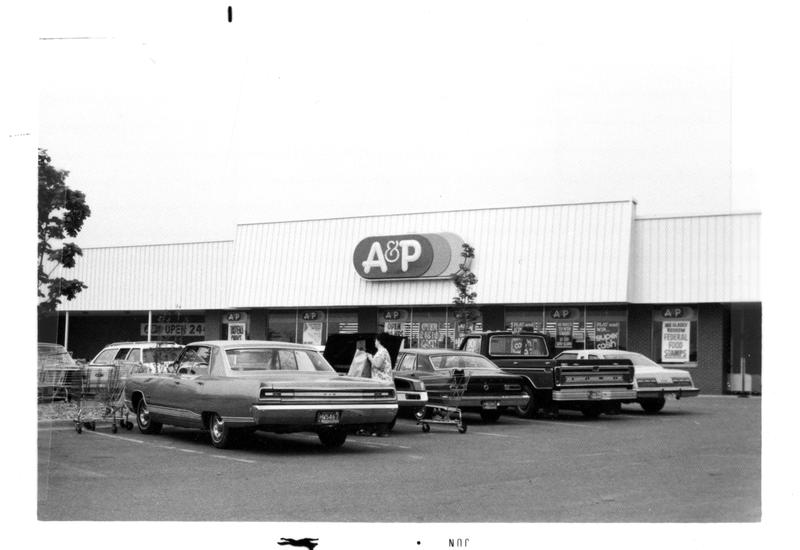

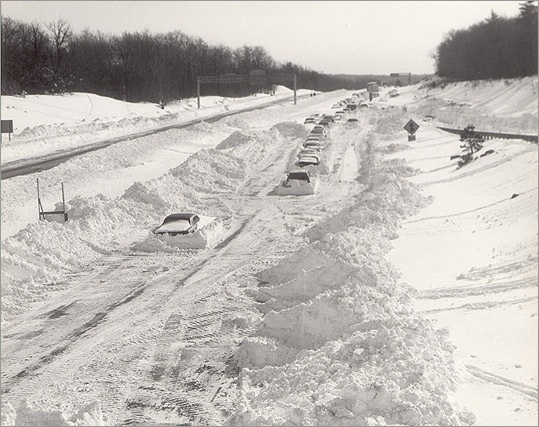


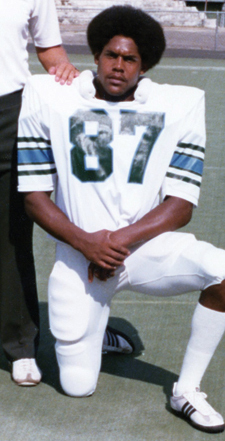

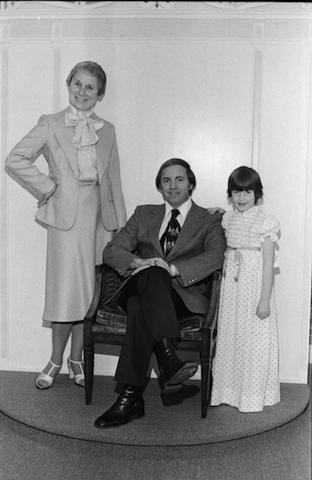
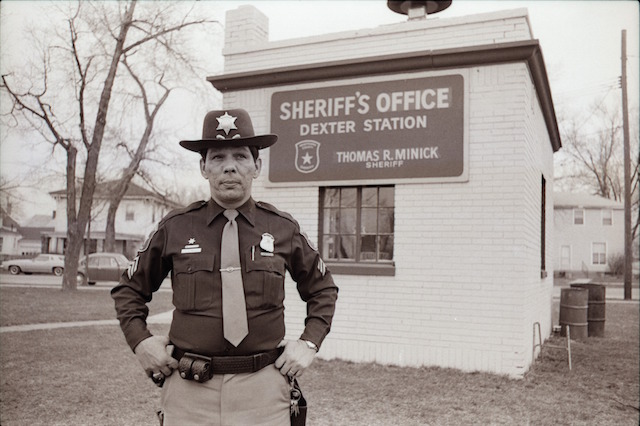





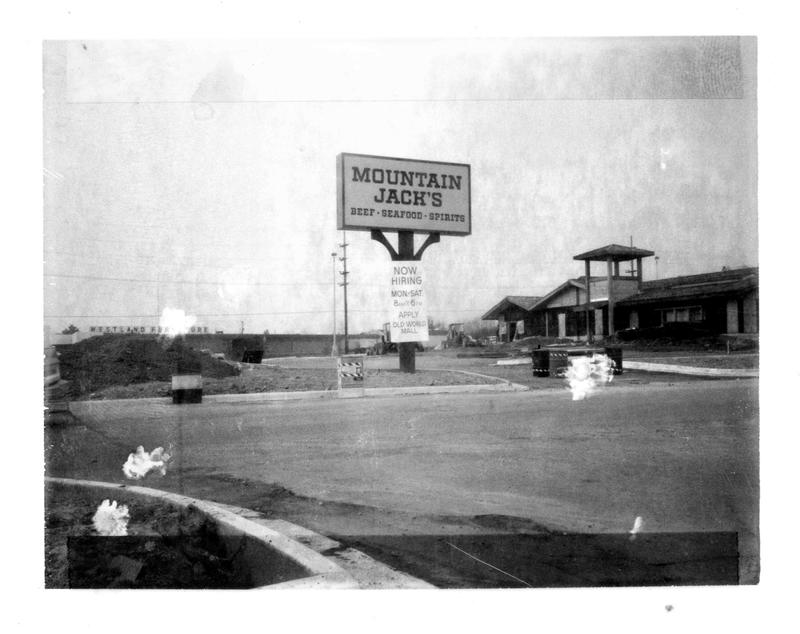



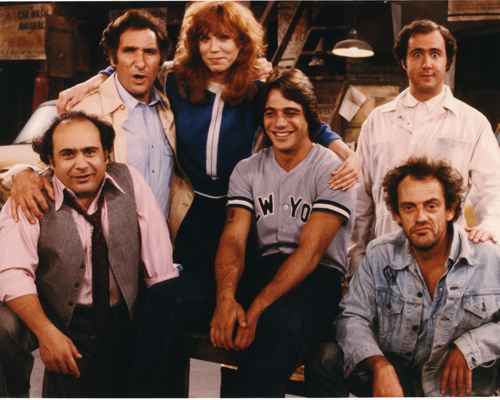
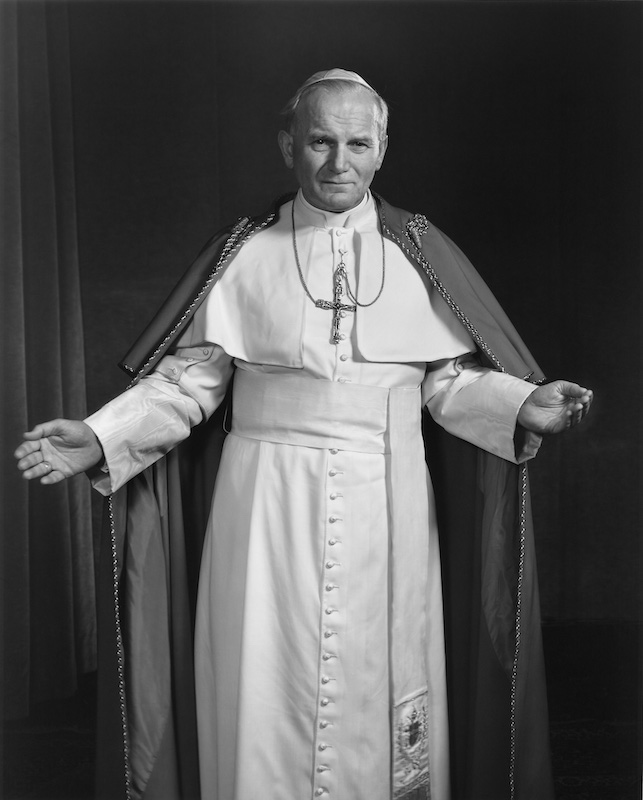
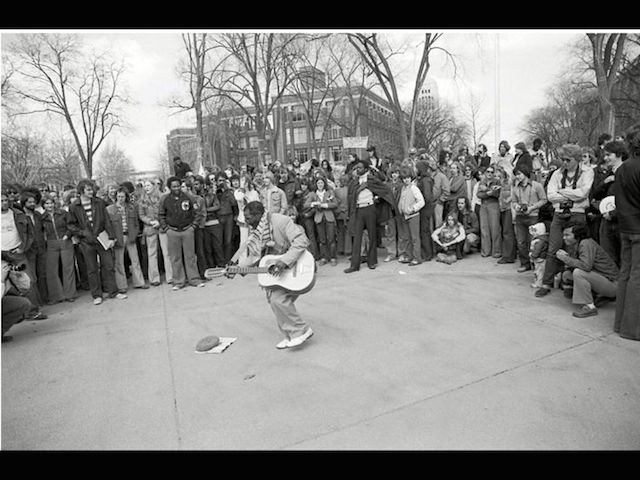
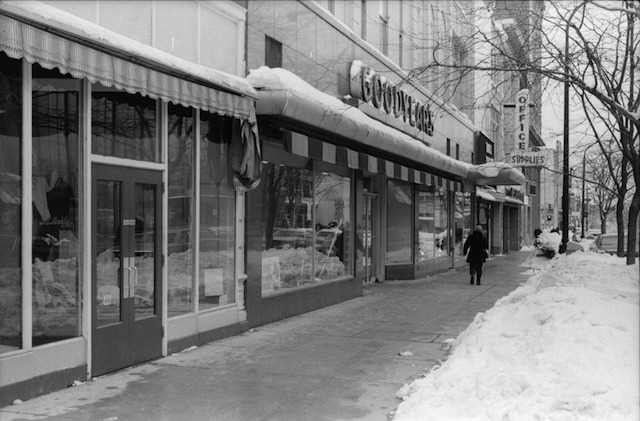
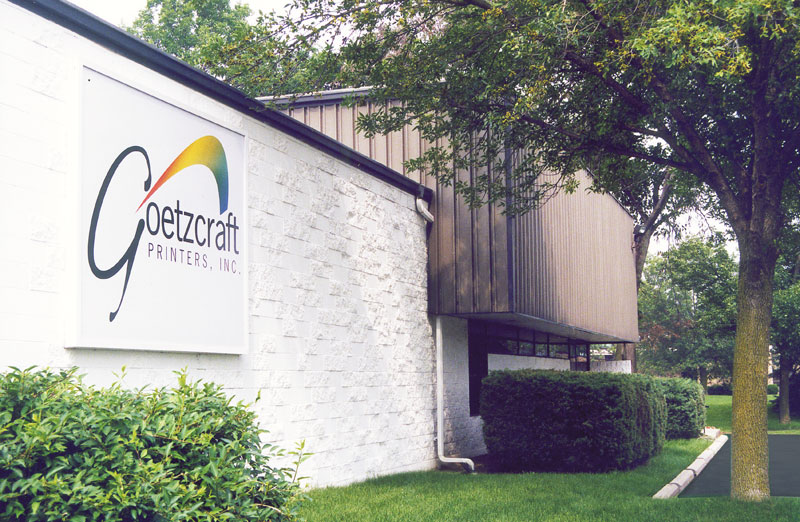
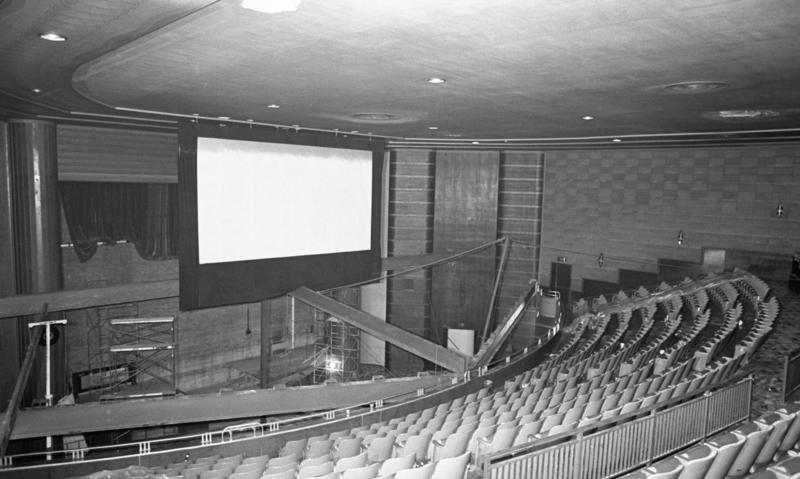


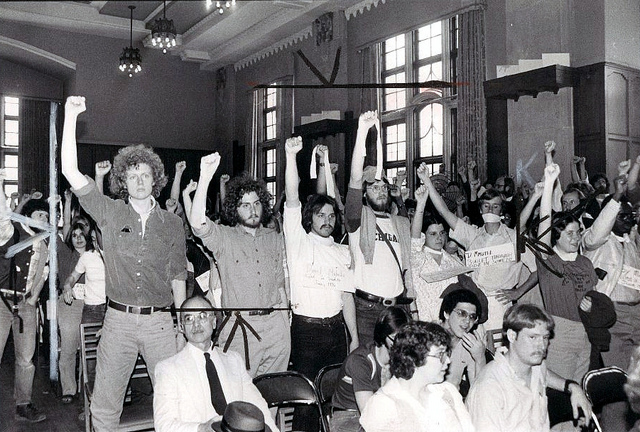

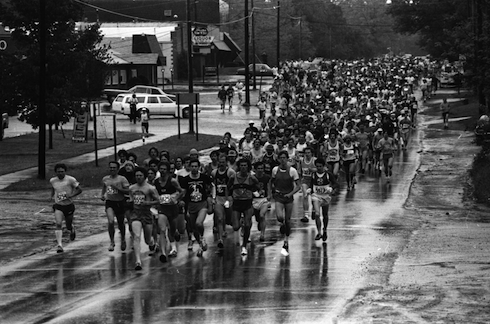


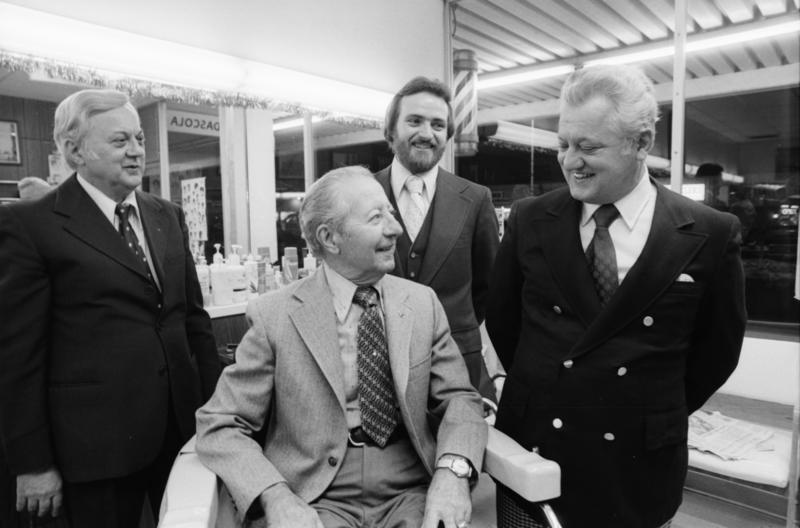


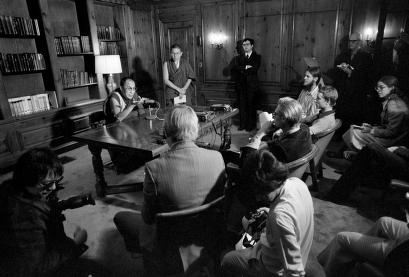


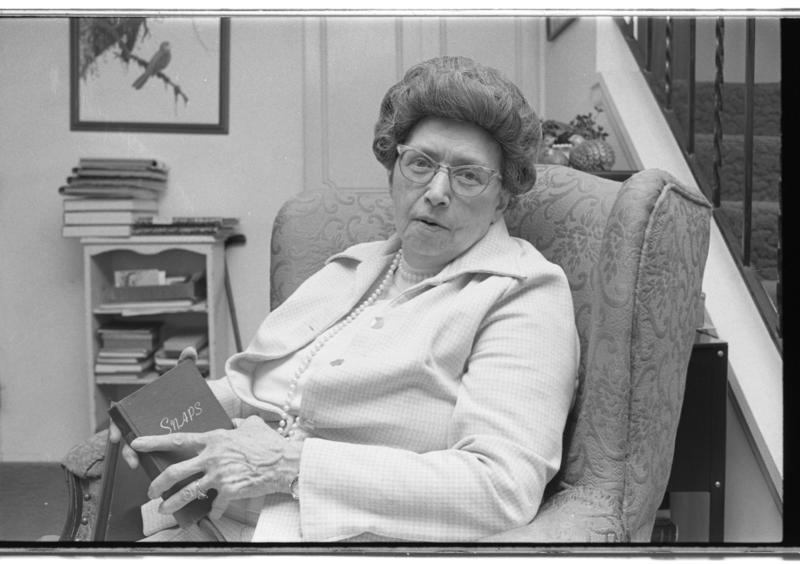

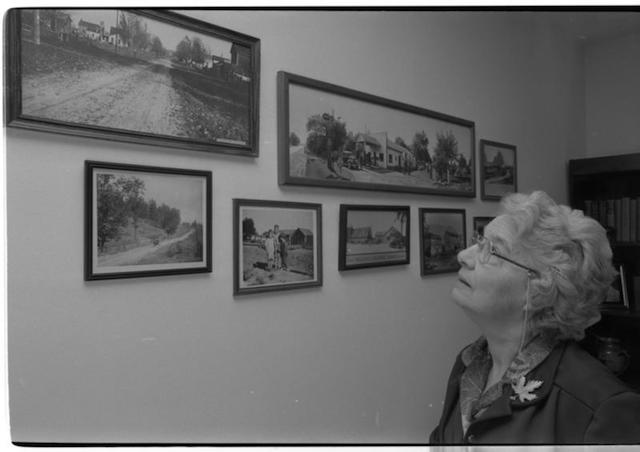
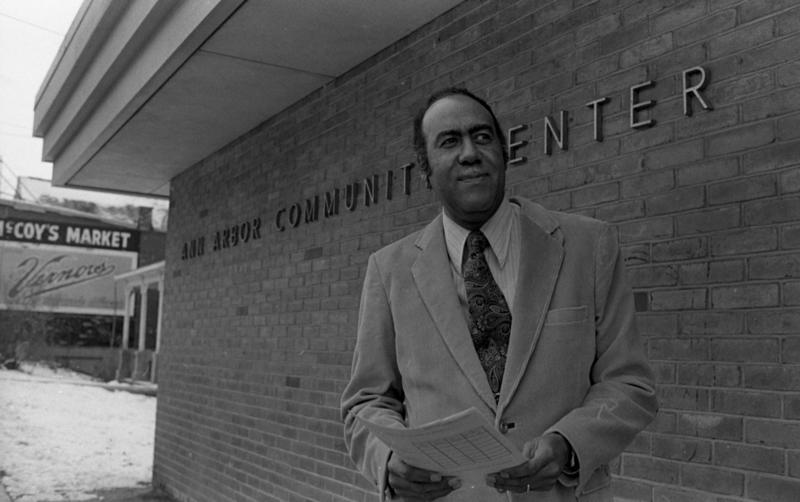
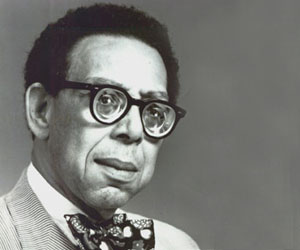

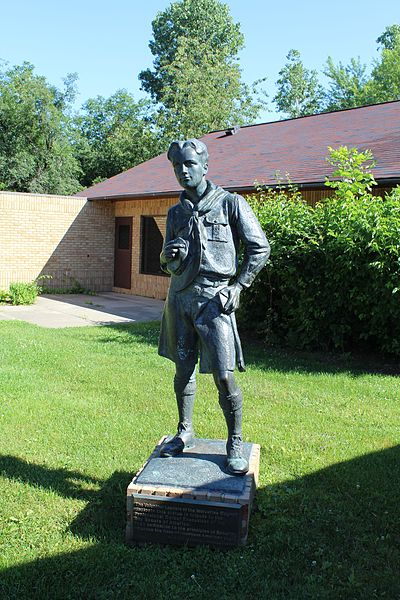



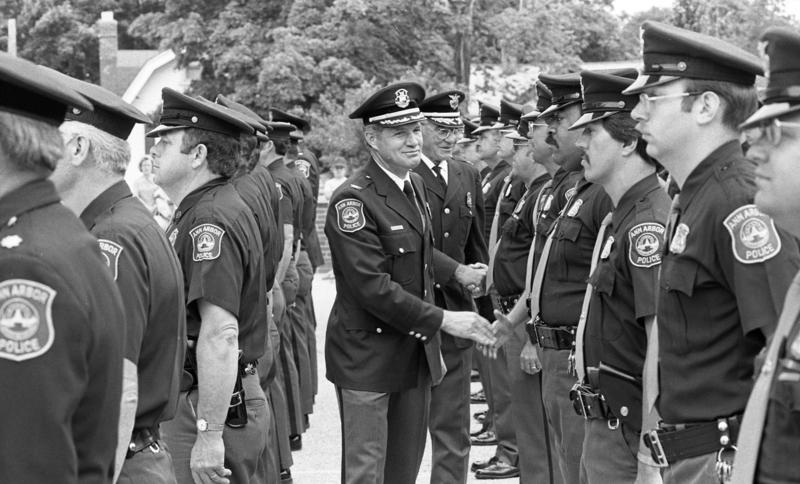

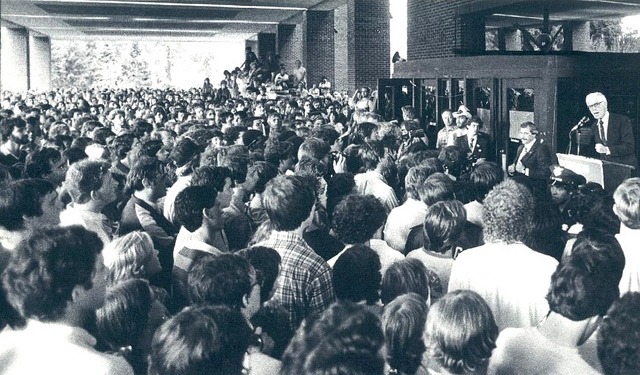









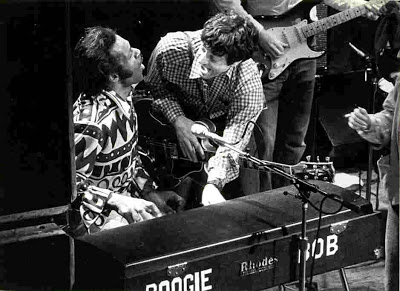
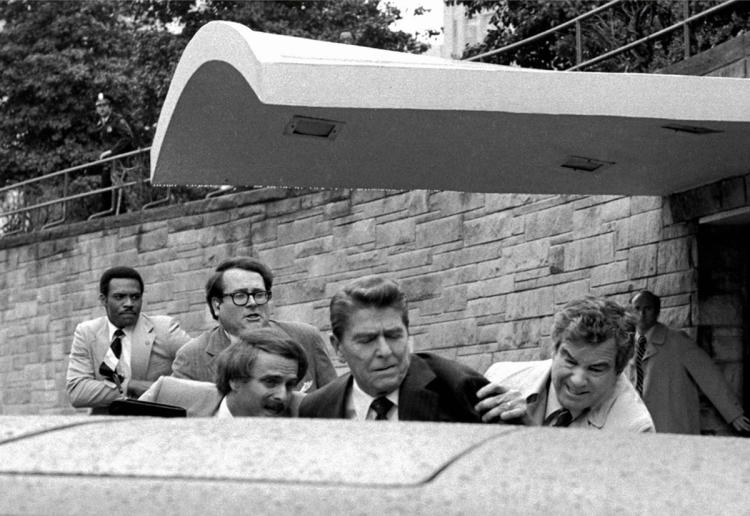


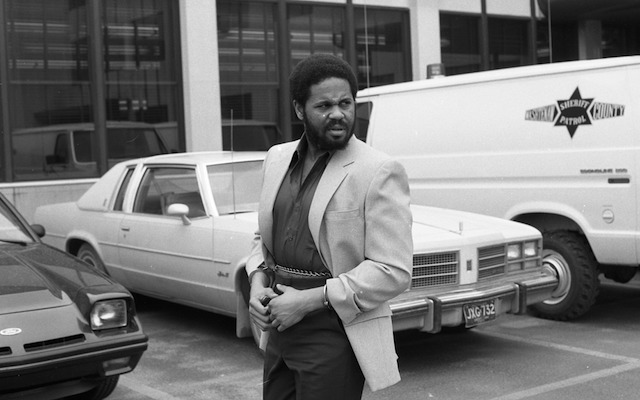
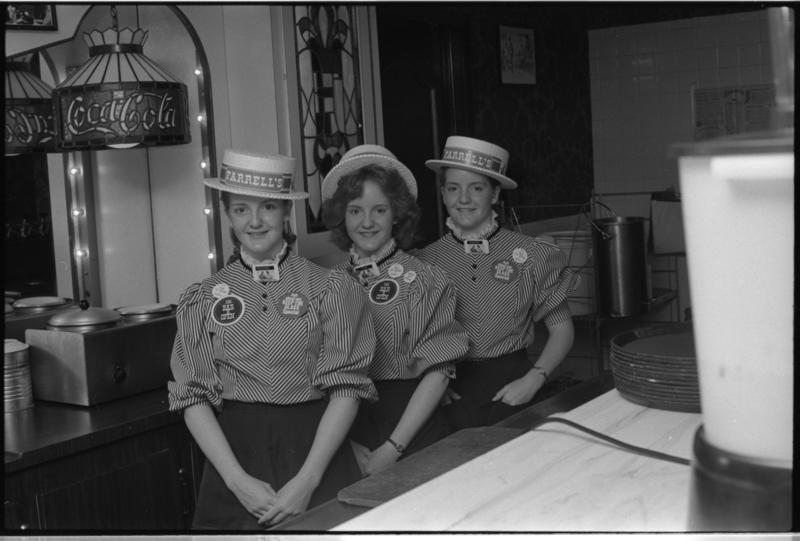
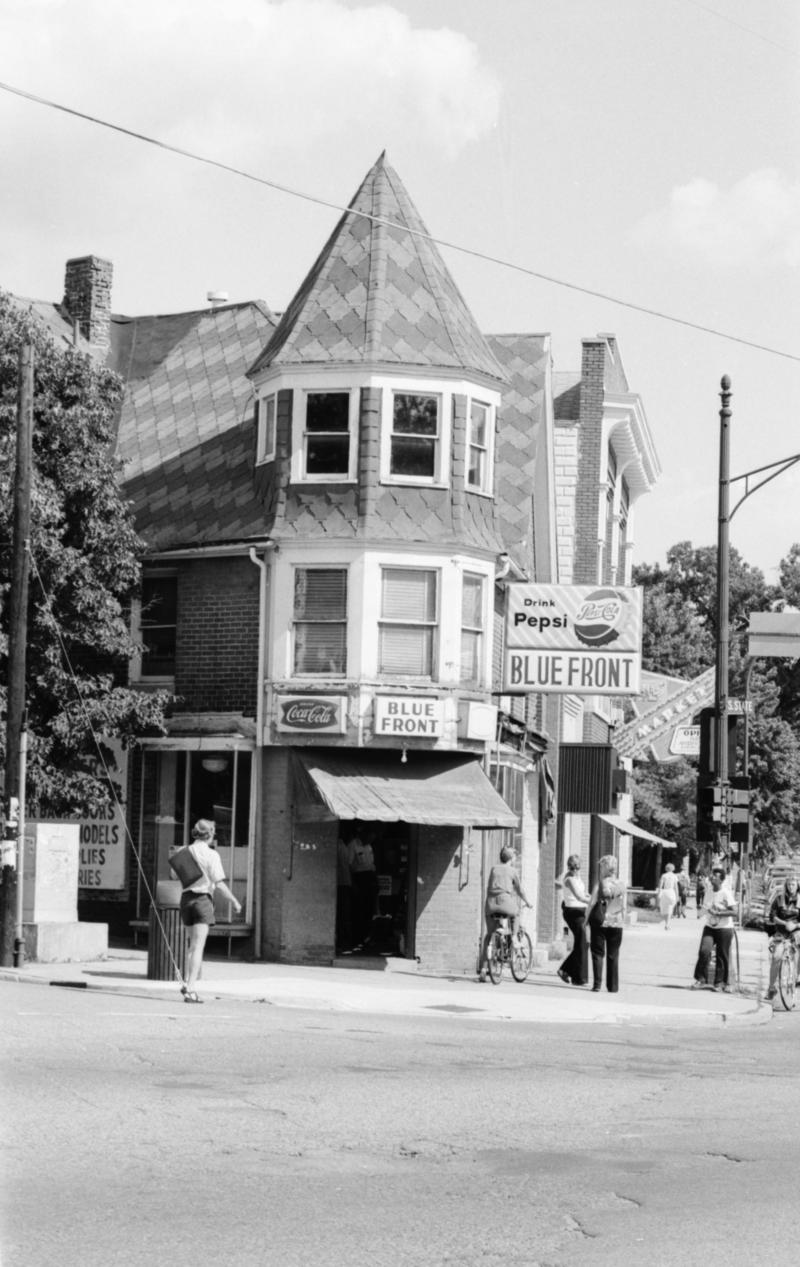



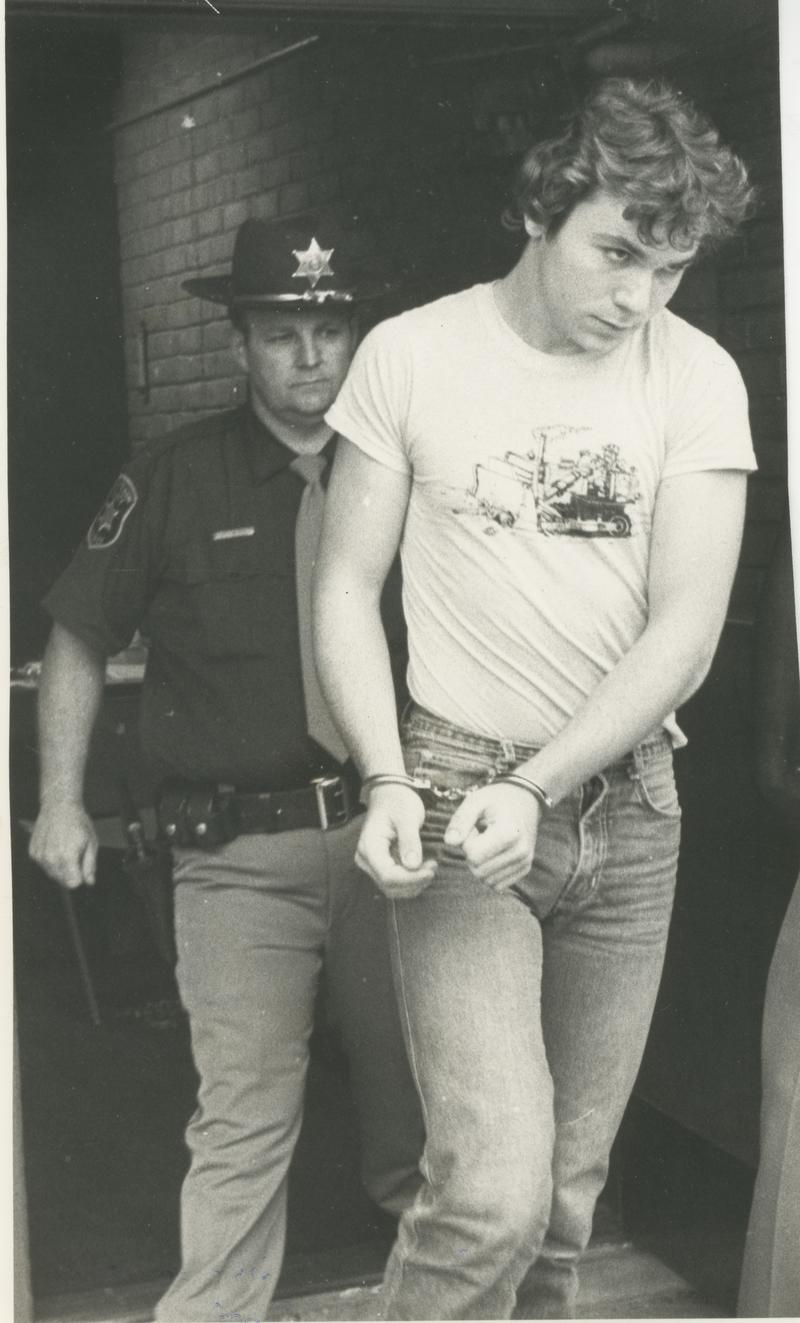

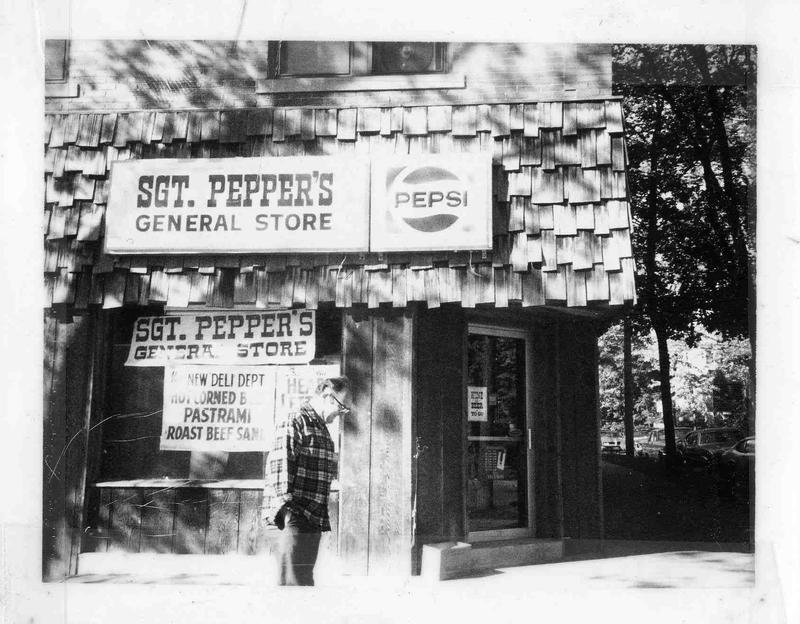
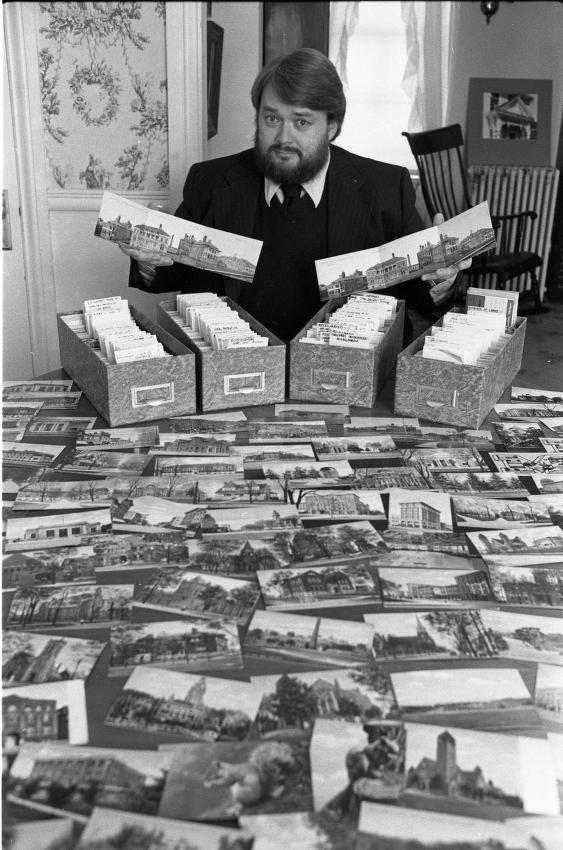



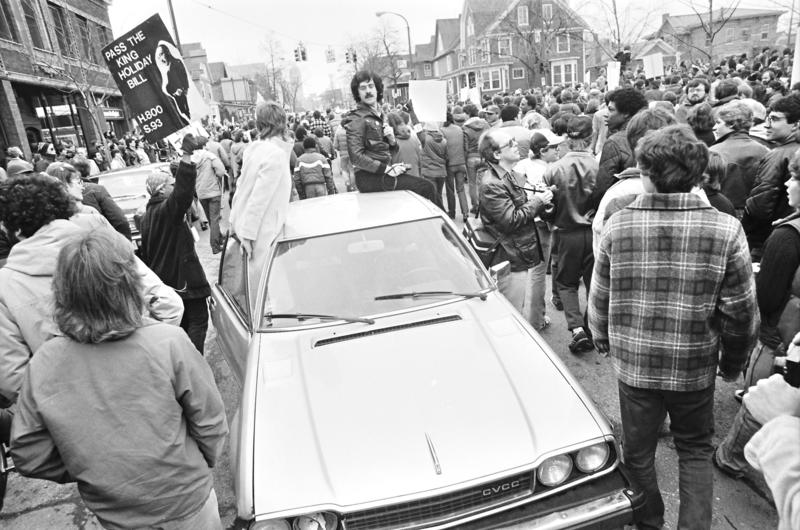
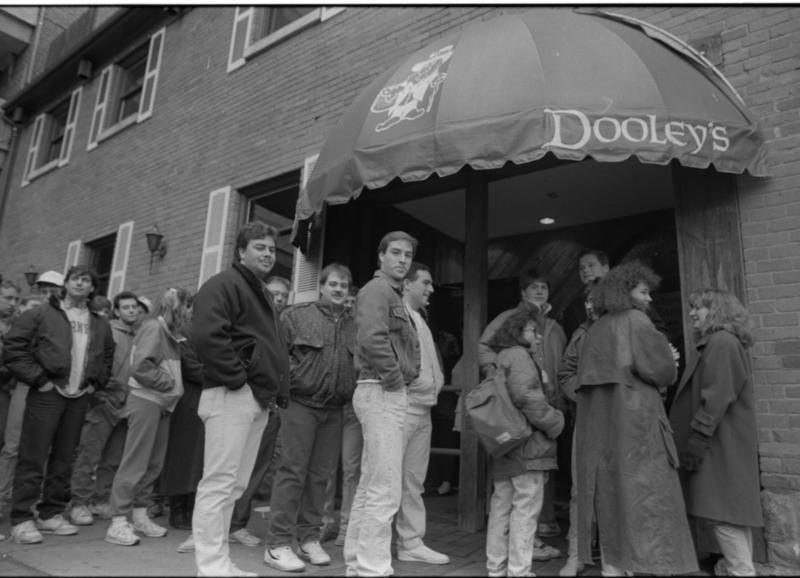





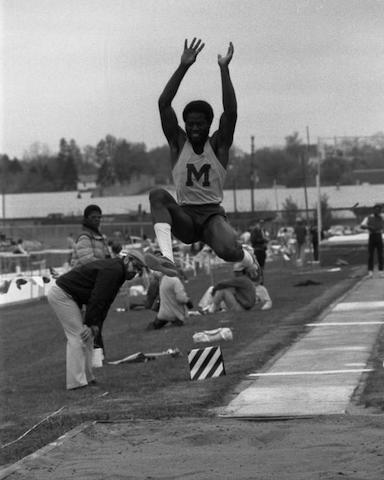


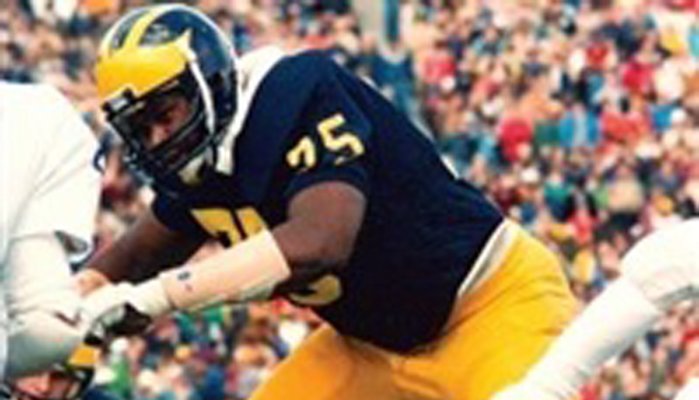


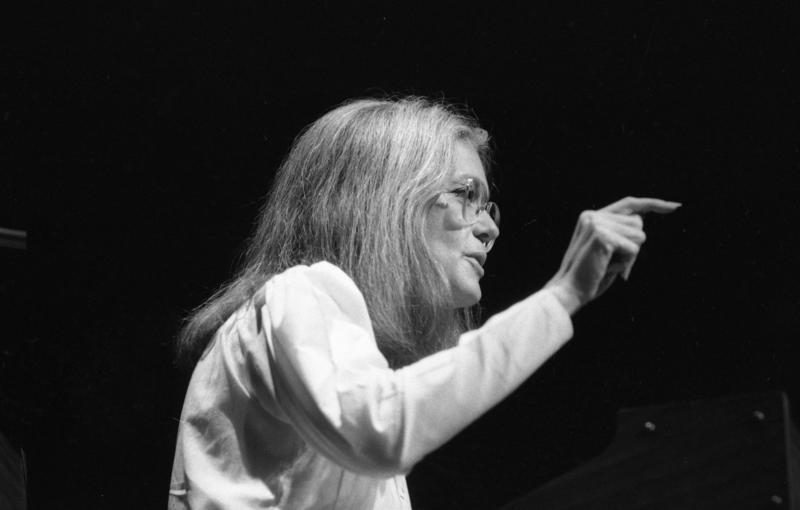
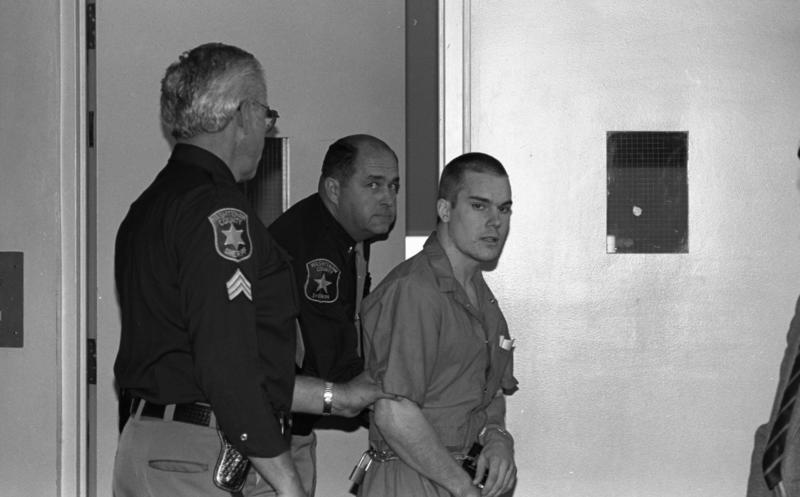

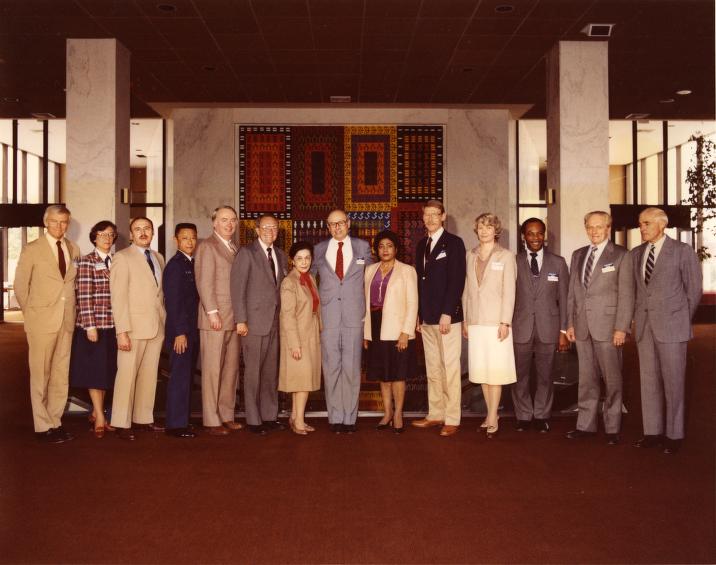


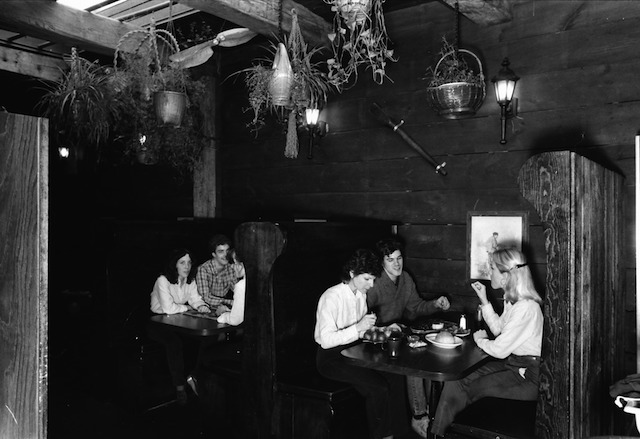

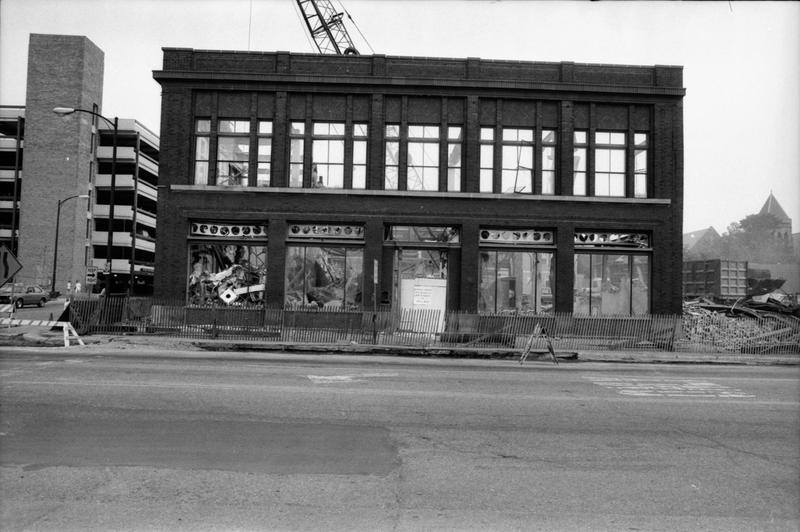
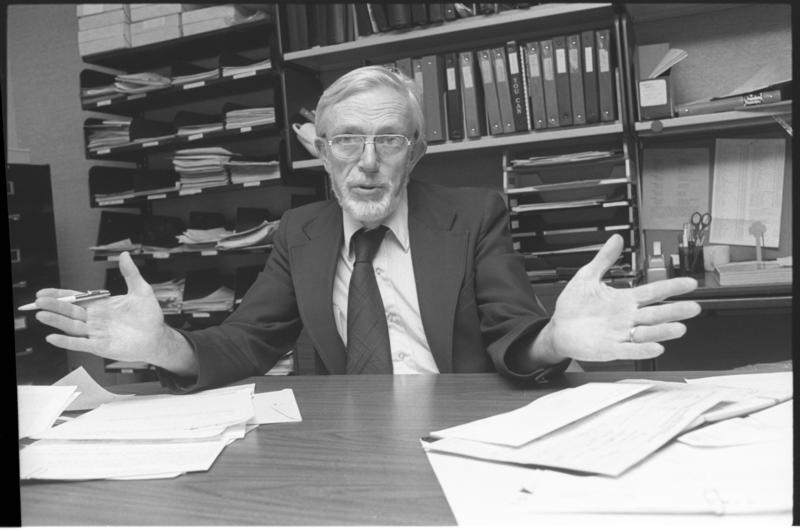

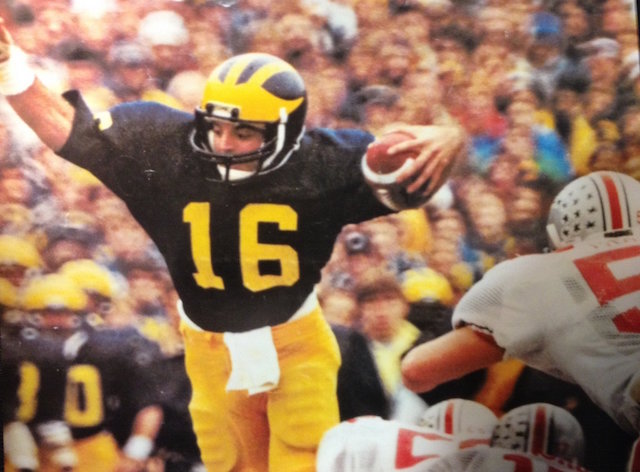
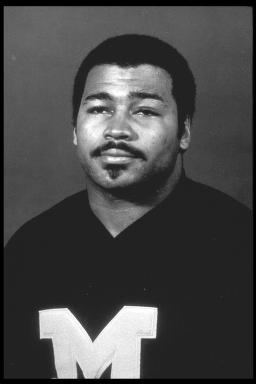


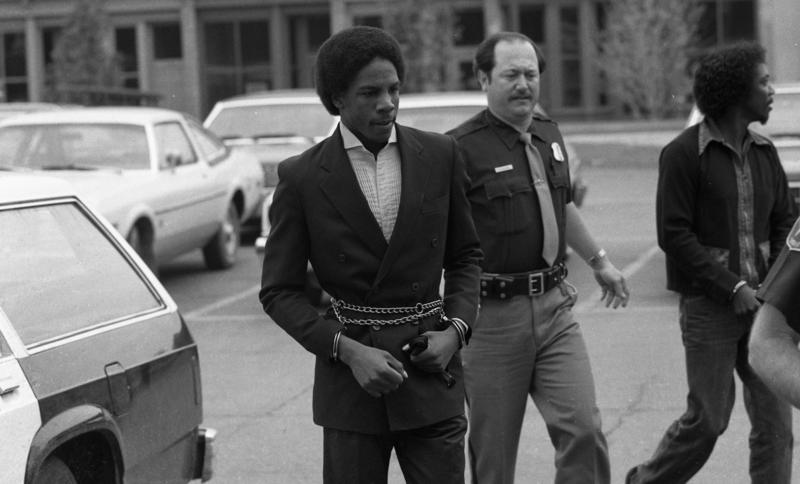
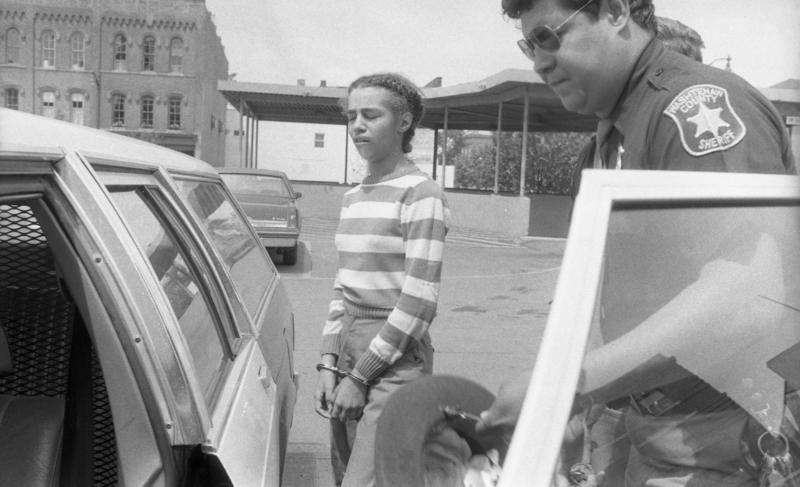
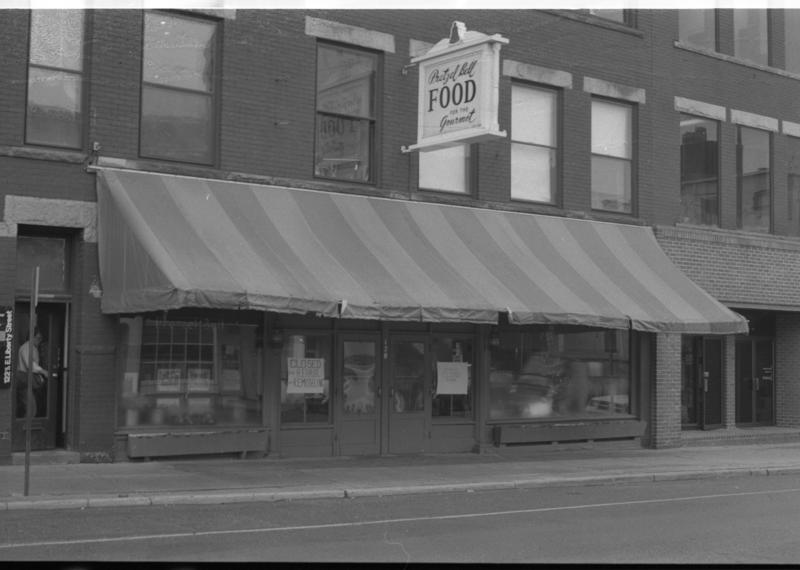


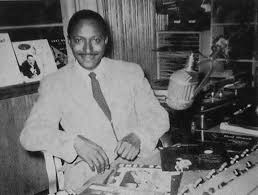

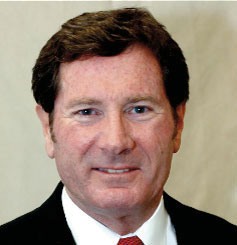


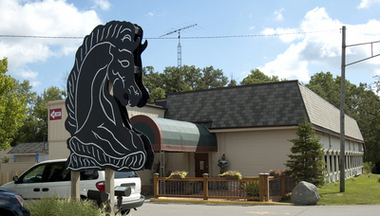

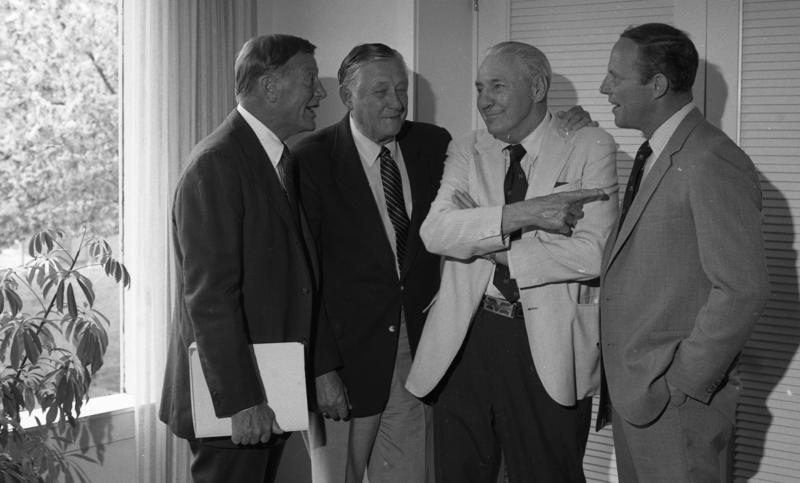






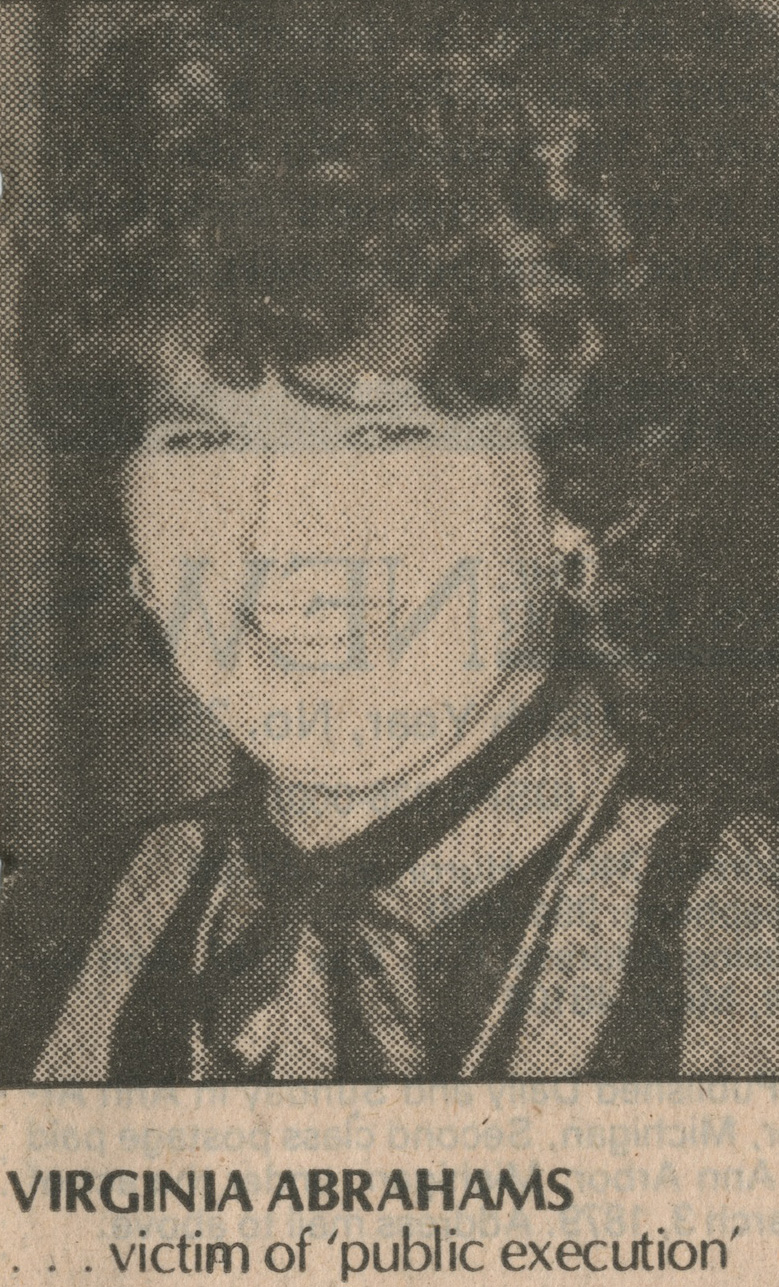




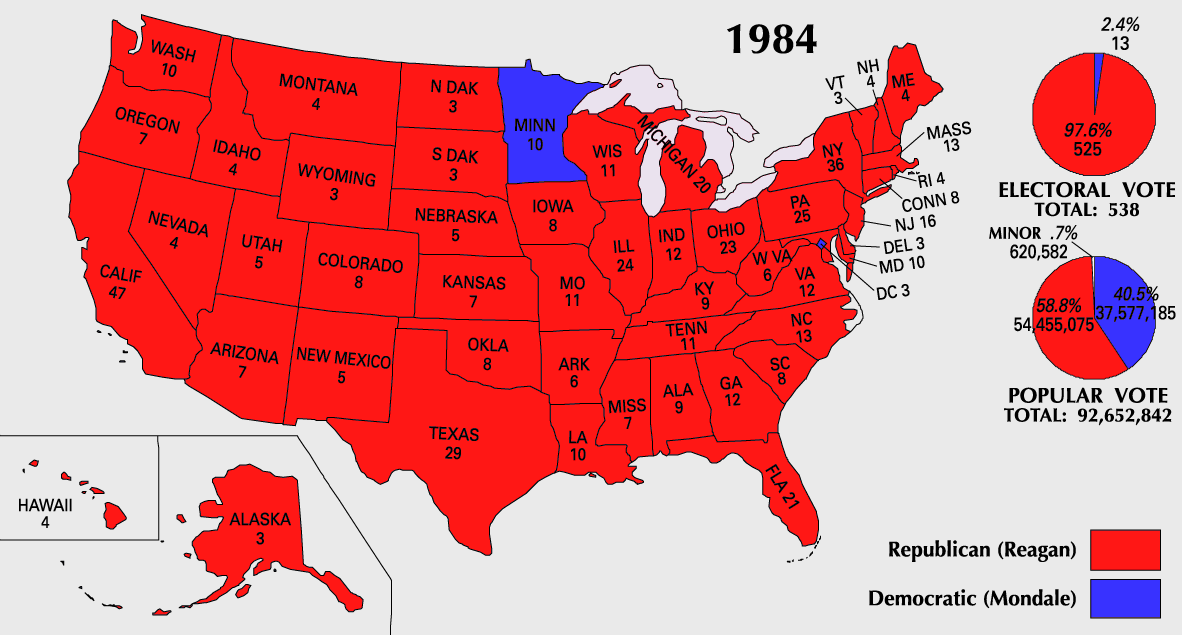
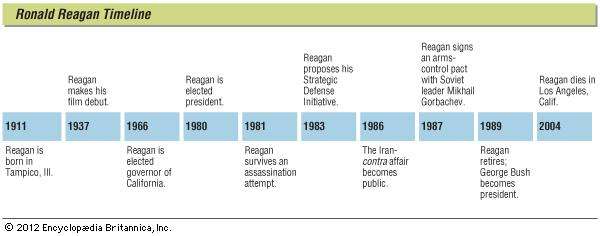
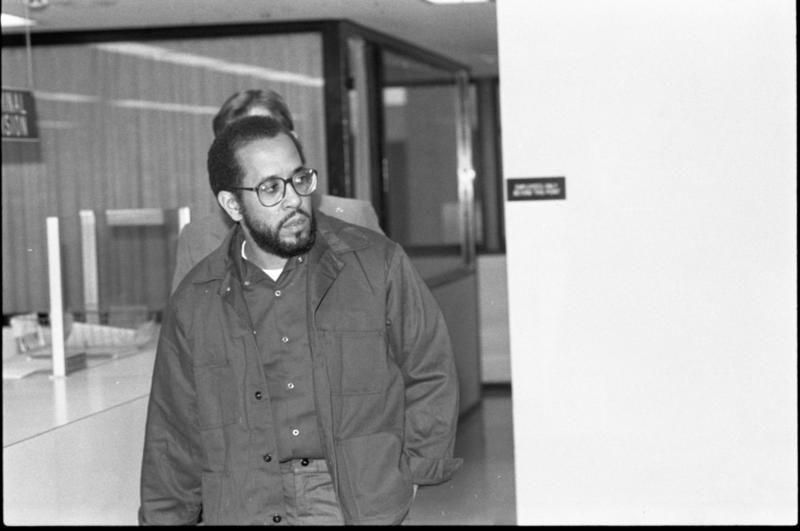

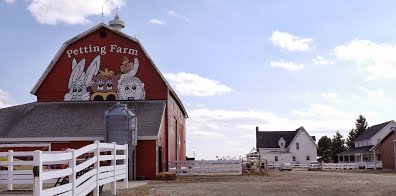

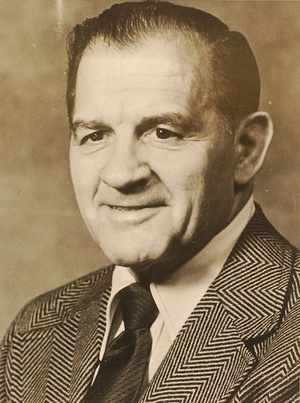
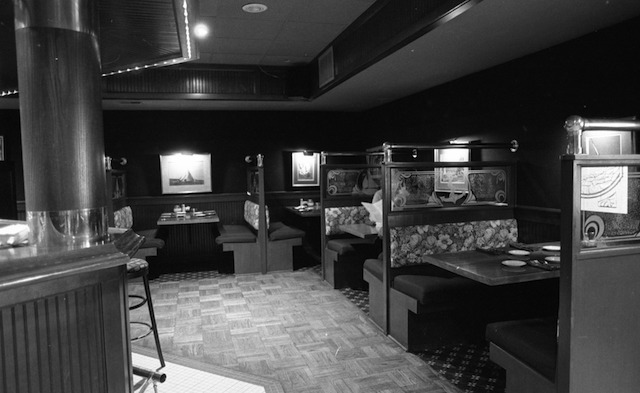

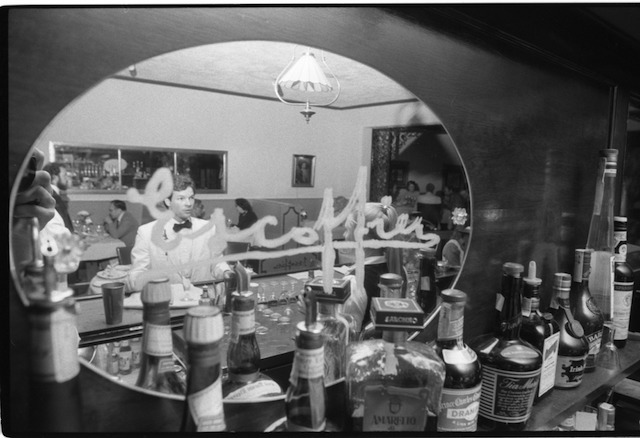
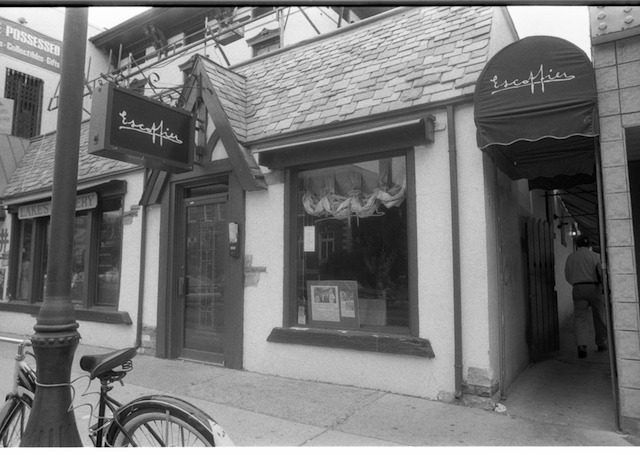
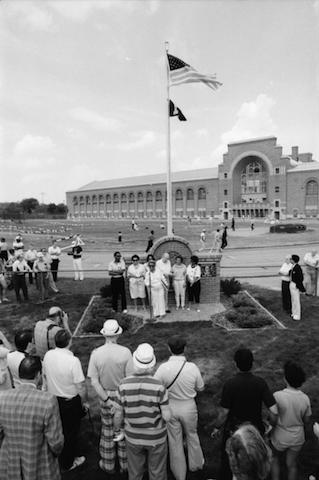


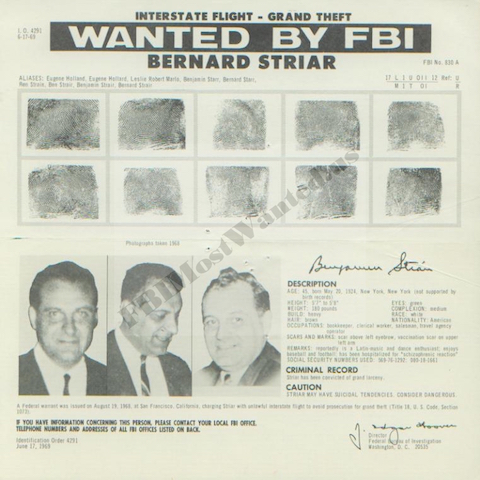


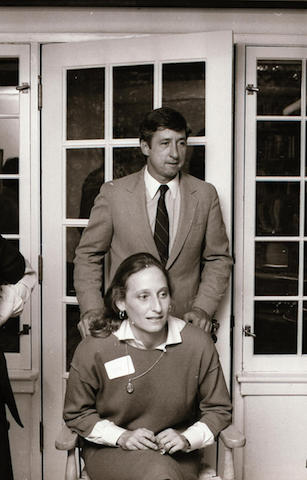
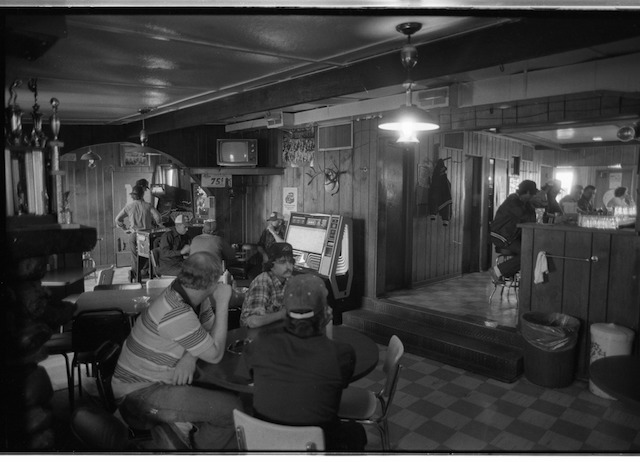
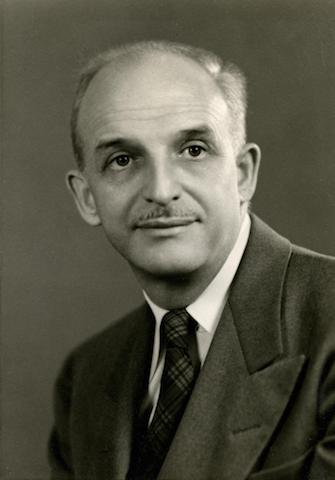


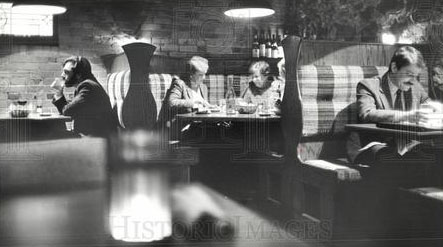
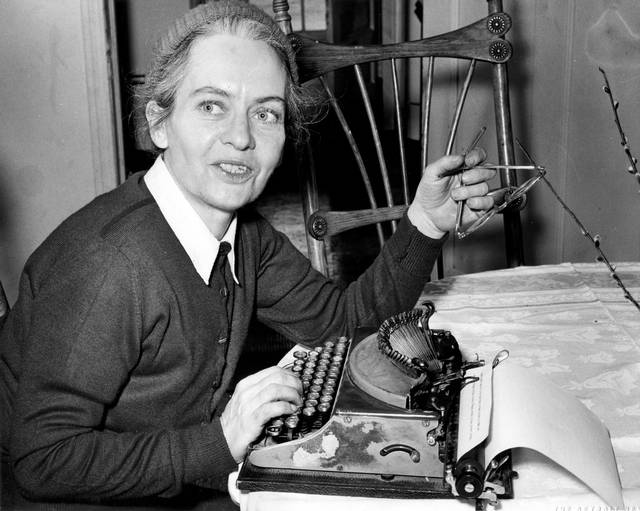


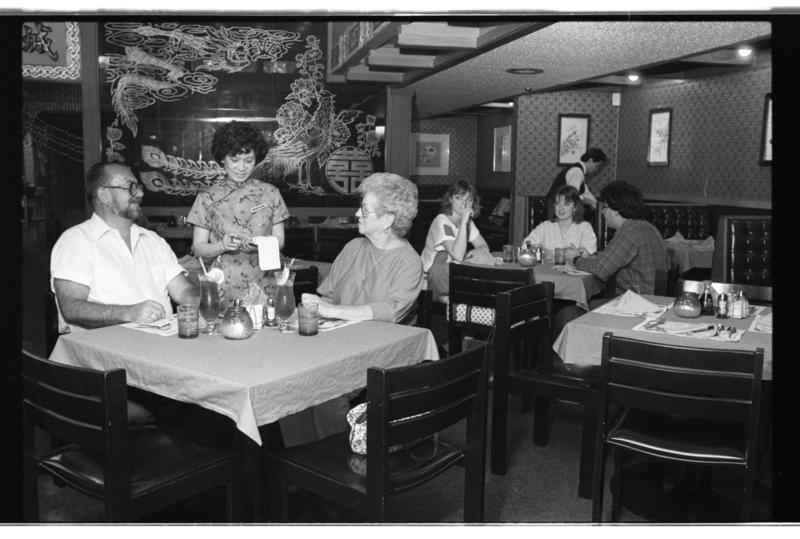

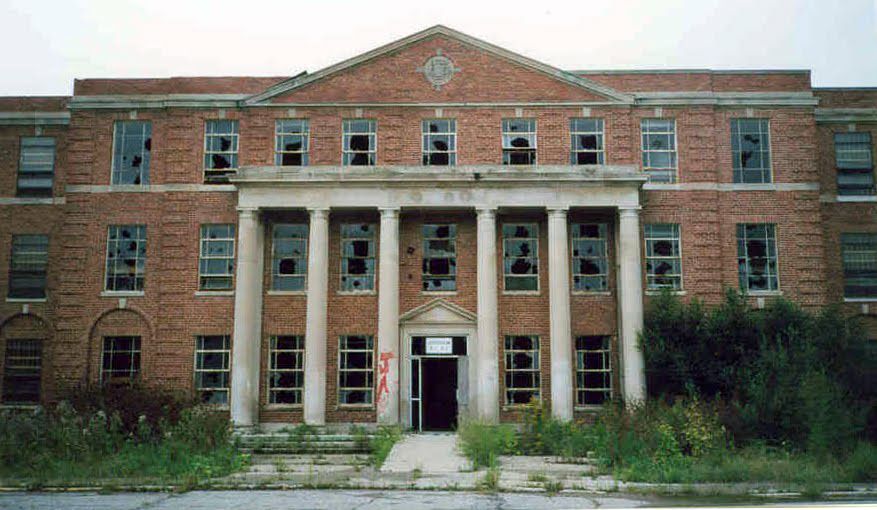
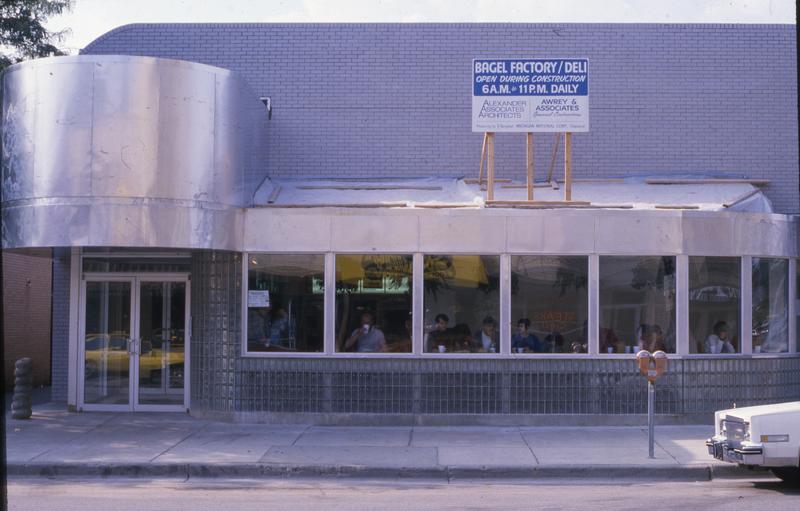



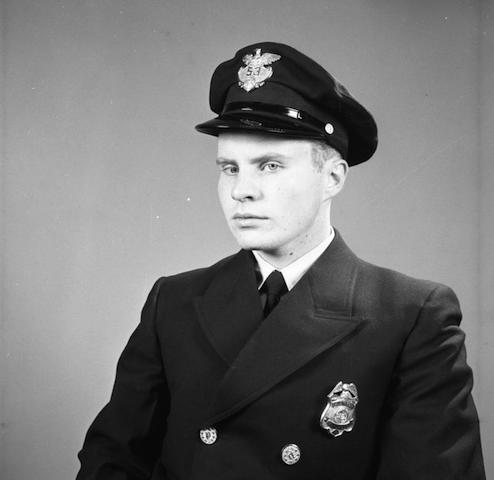



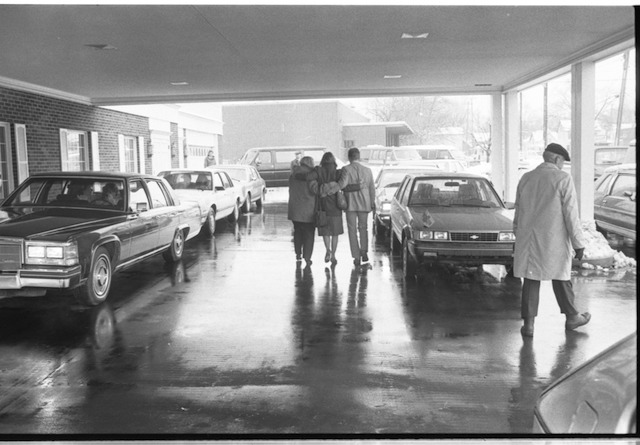
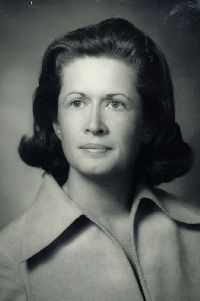

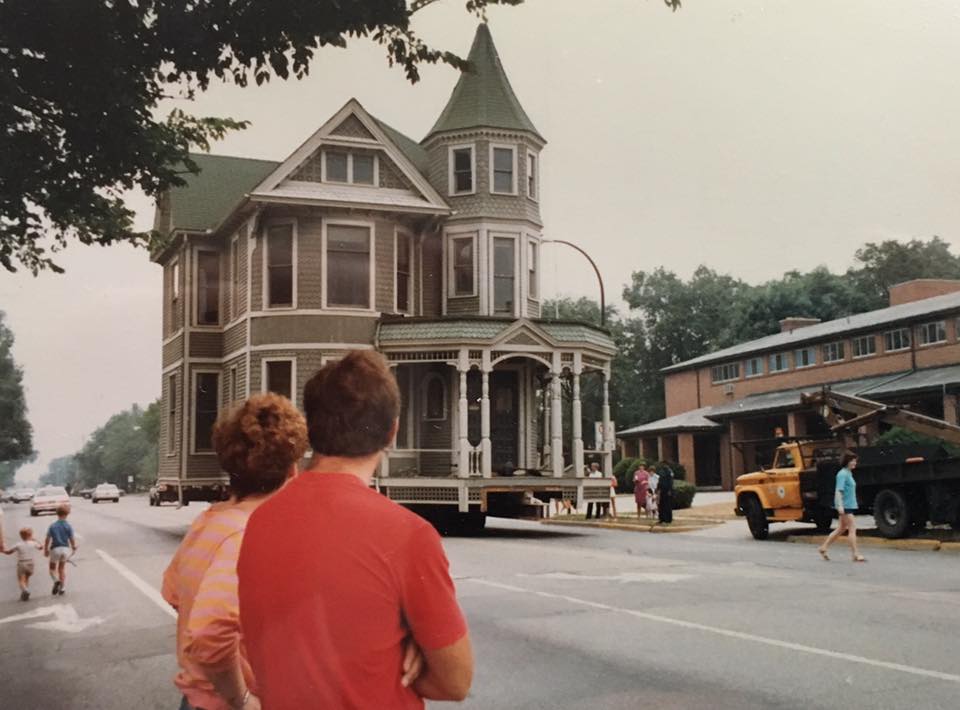



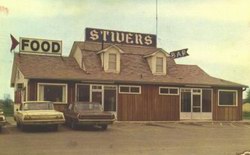



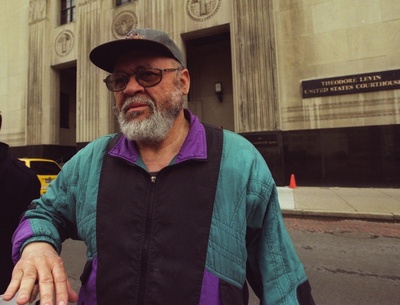





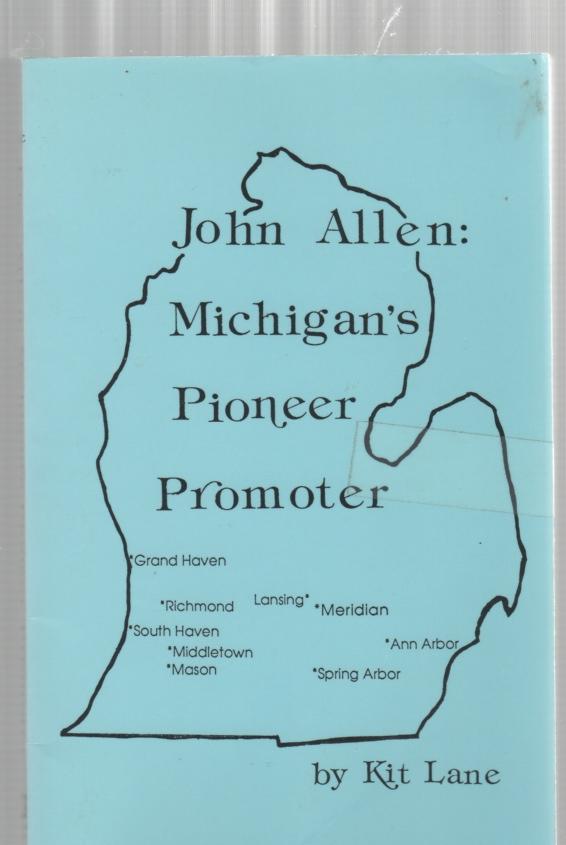


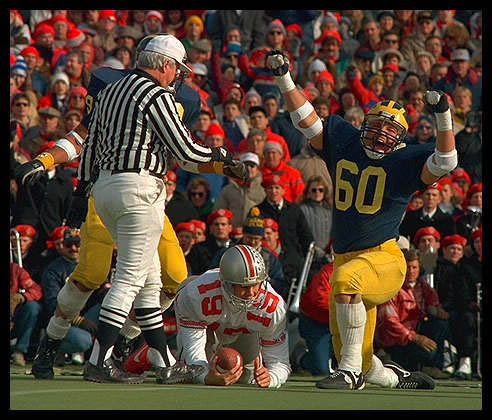
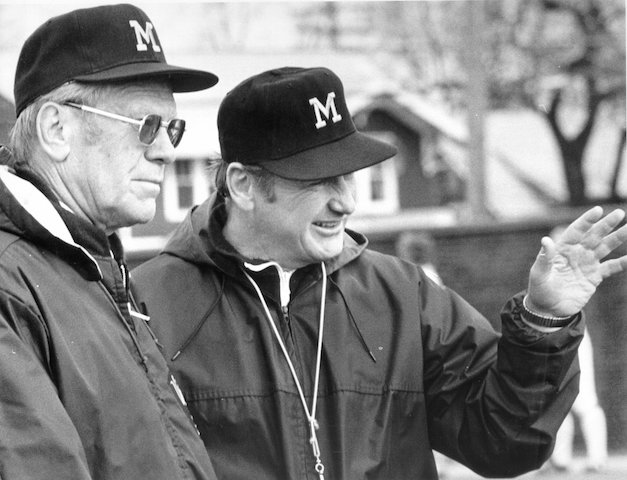

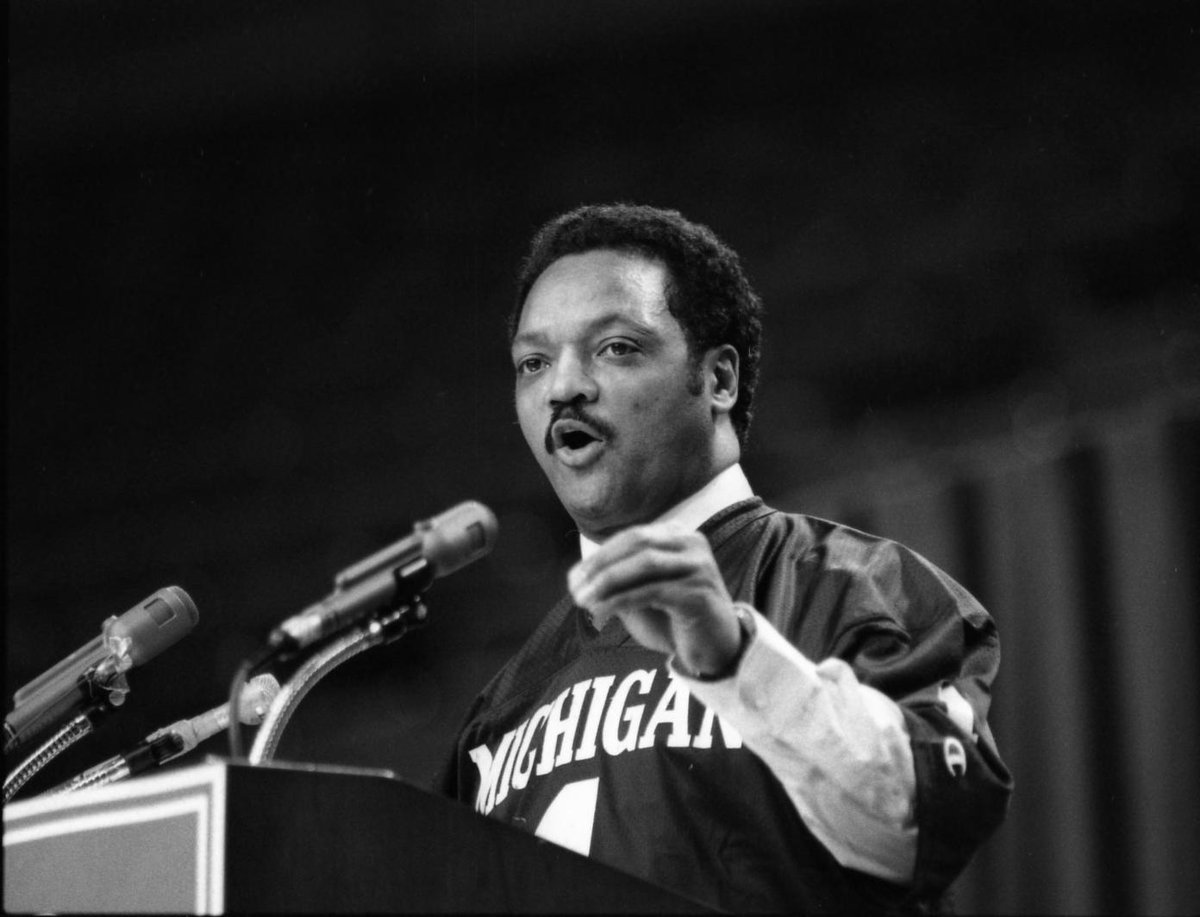

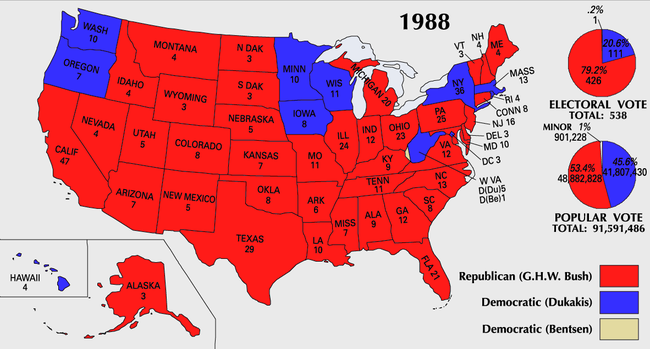



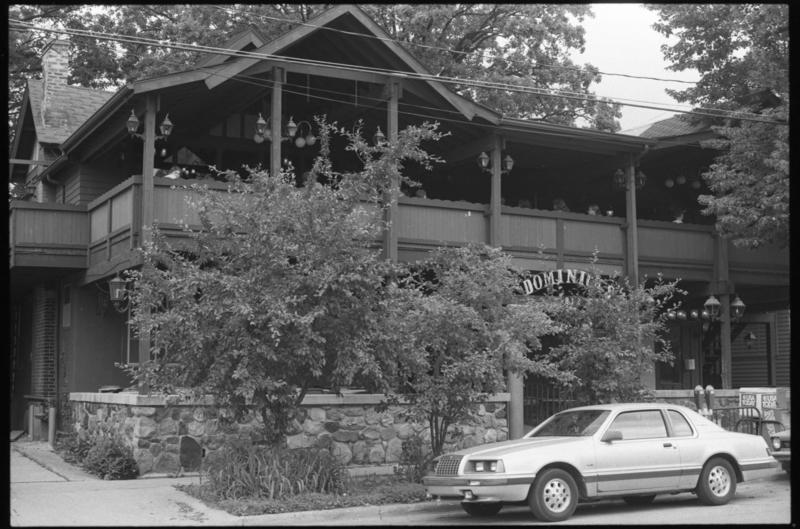
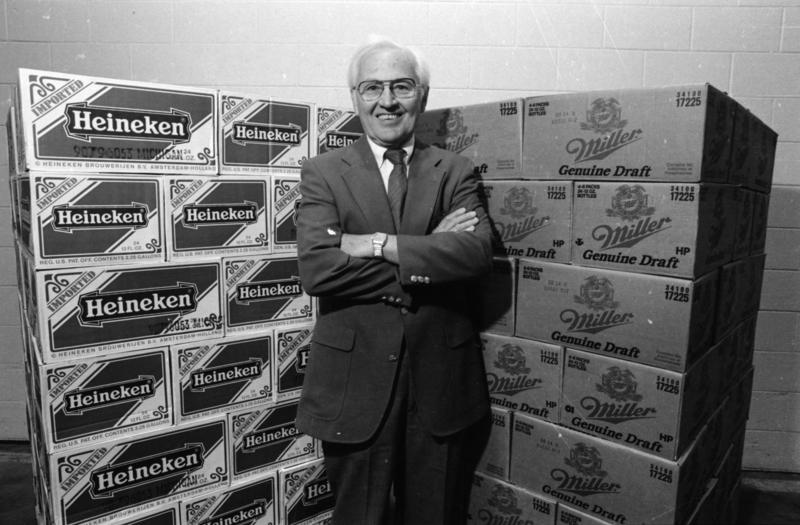



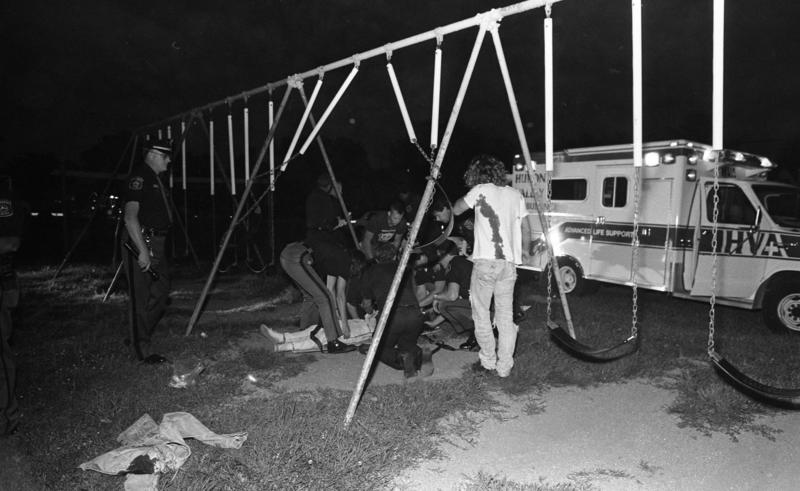







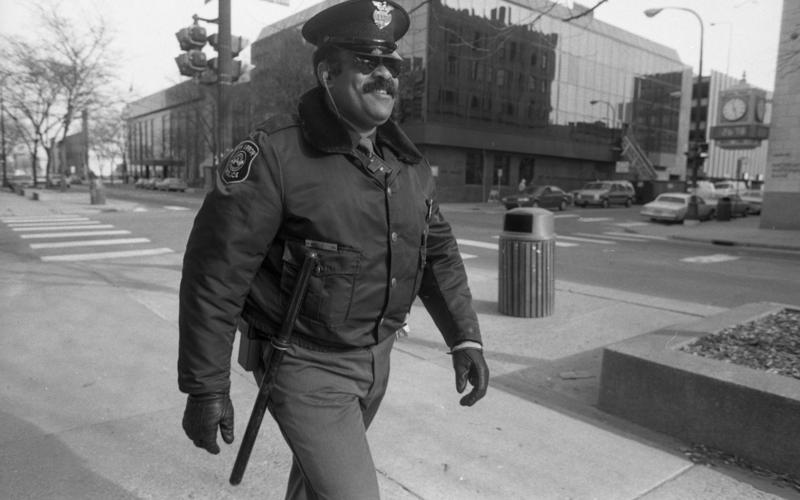


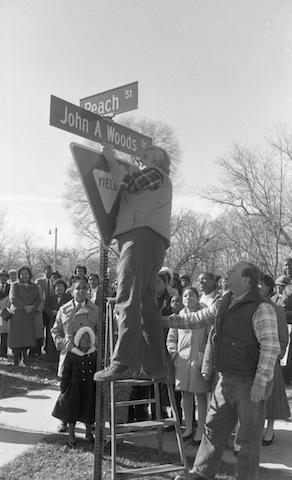
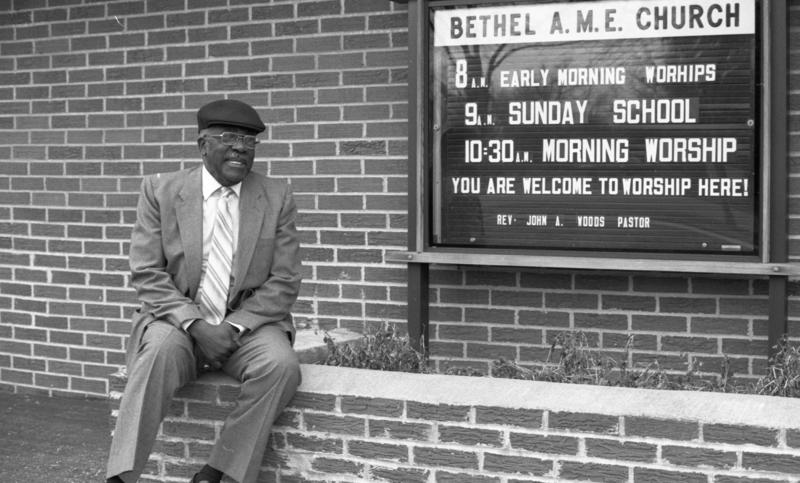
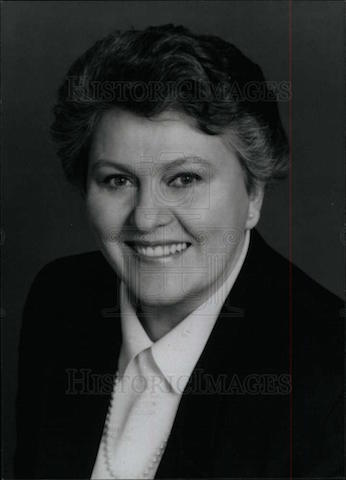



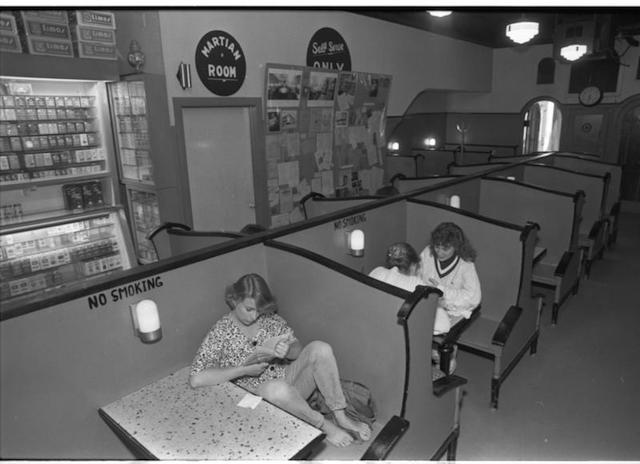

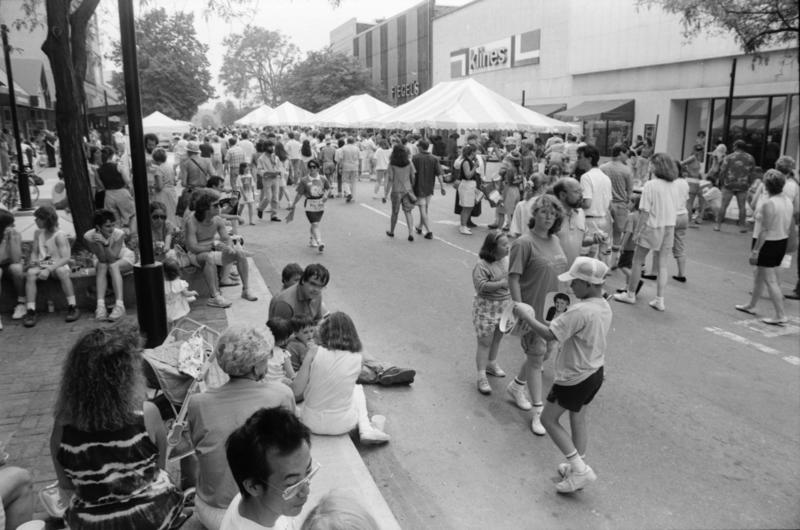
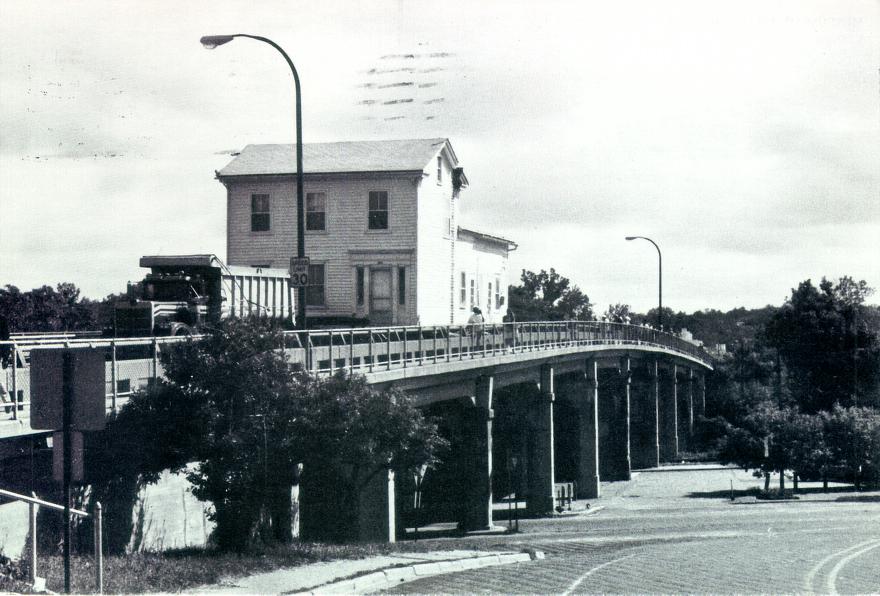








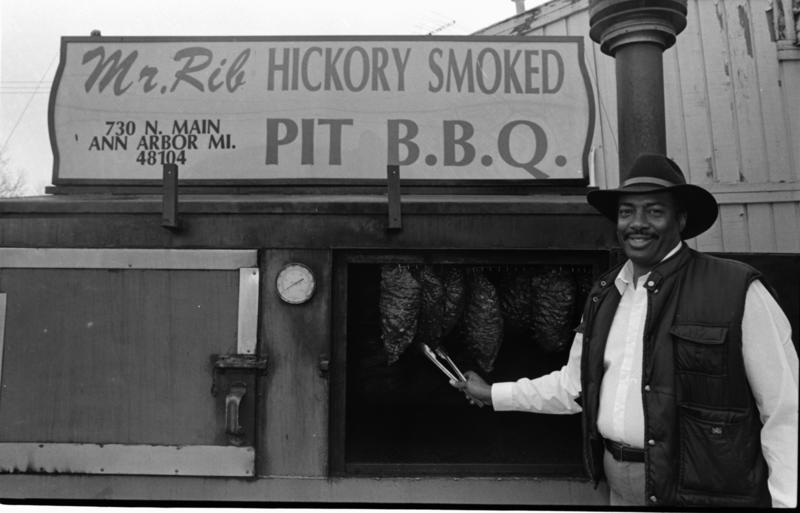
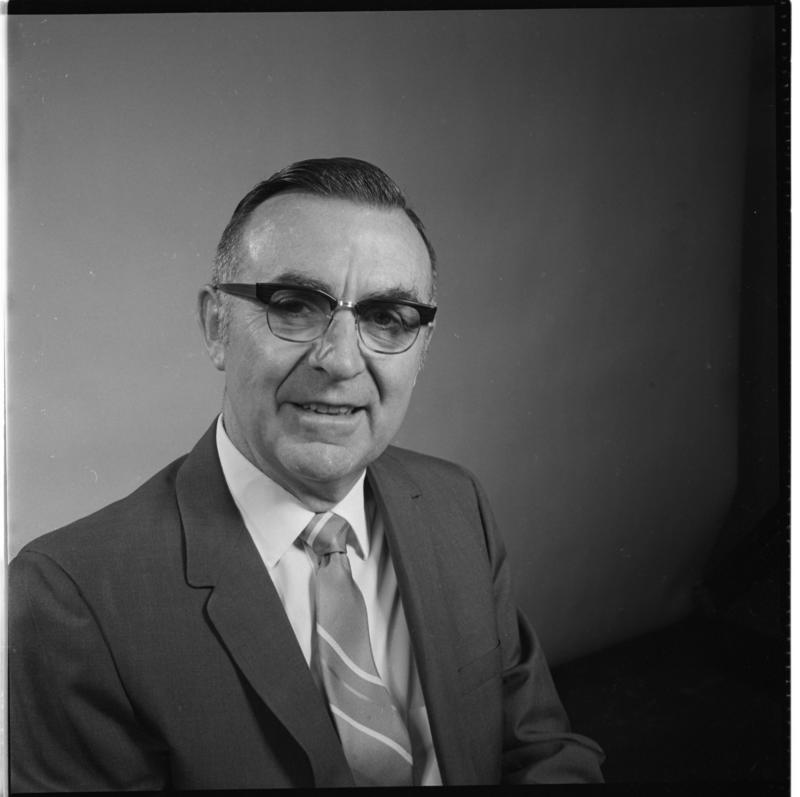
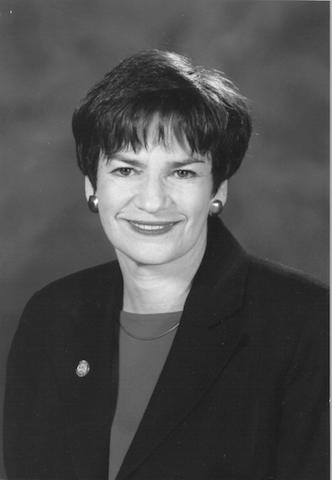


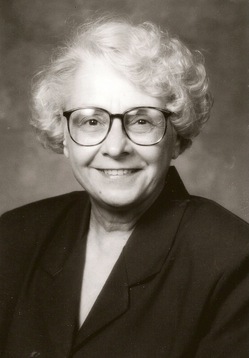
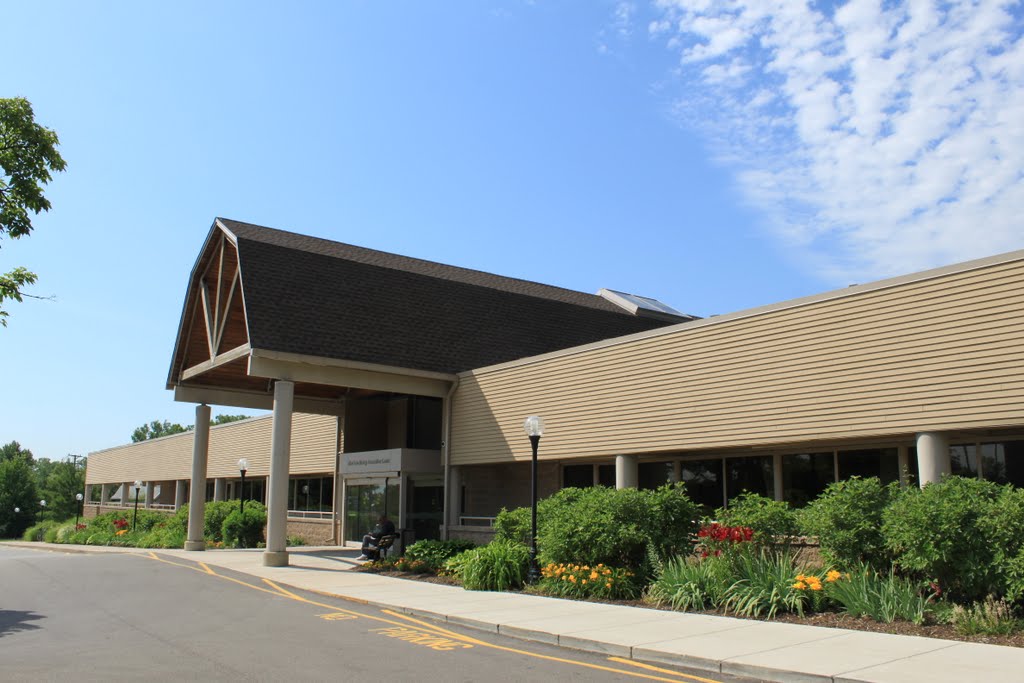


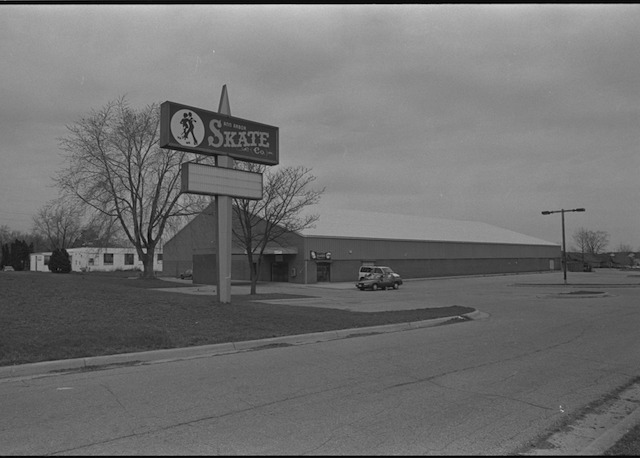
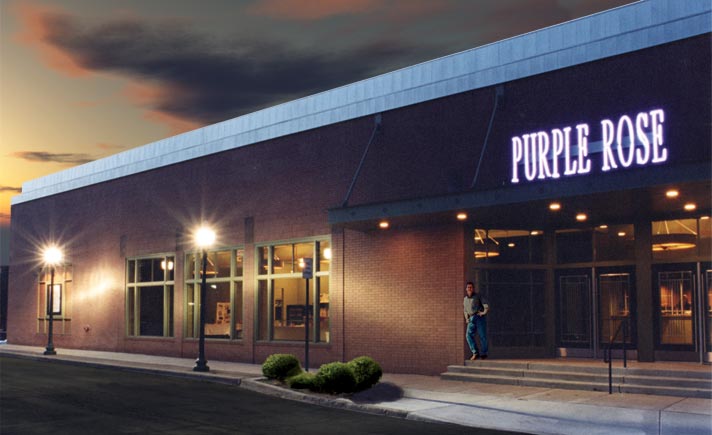


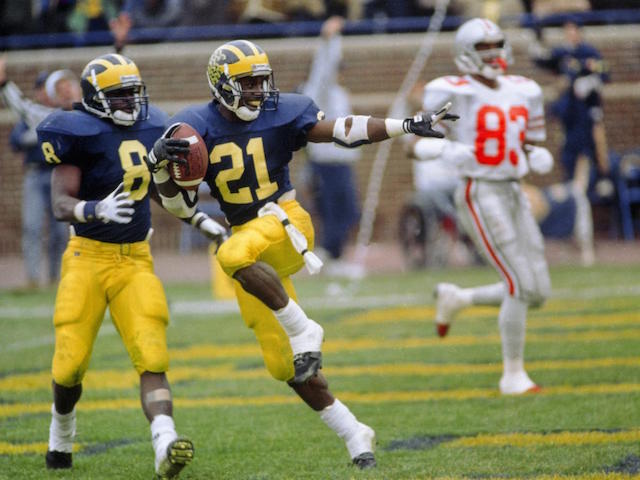


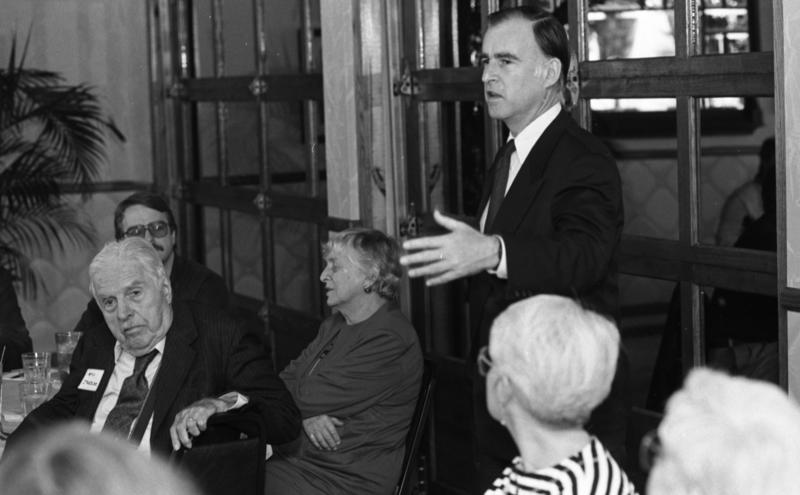 https://en.wikipedia.org/wiki/Carl_Pursell
https://en.wikipedia.org/wiki/Carl_Pursell
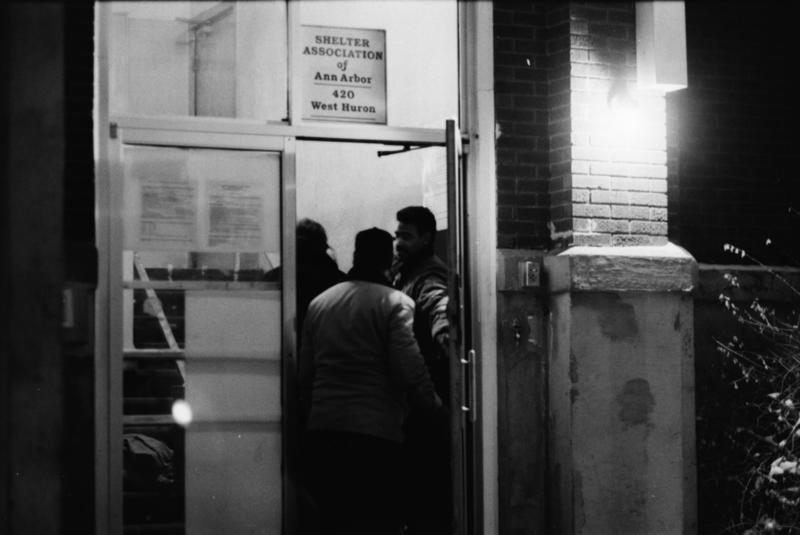
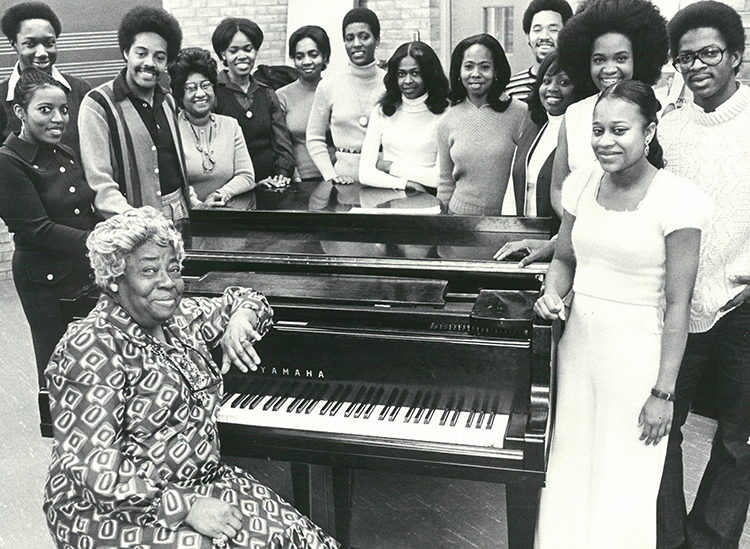








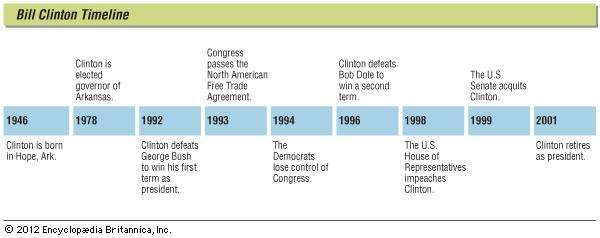


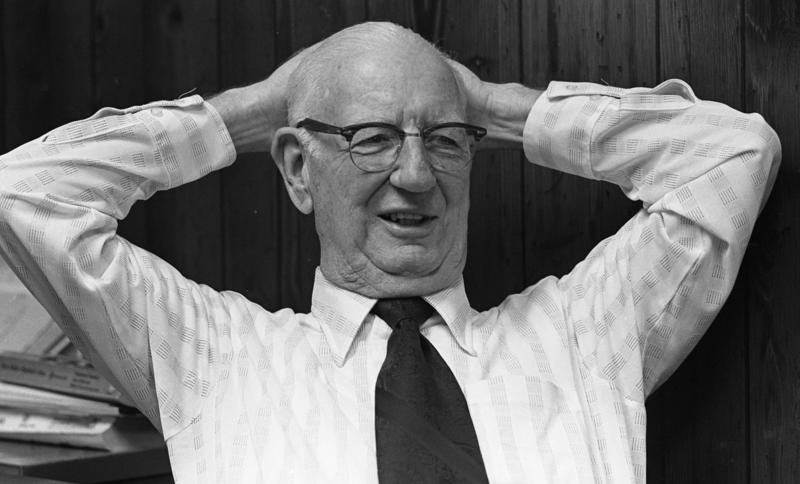
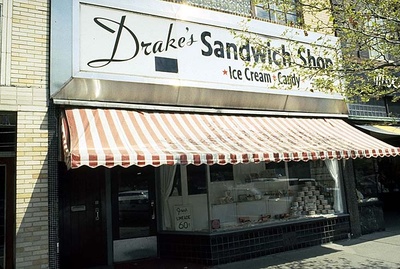



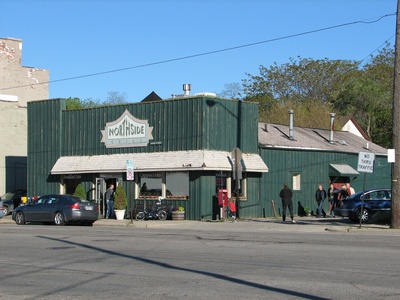



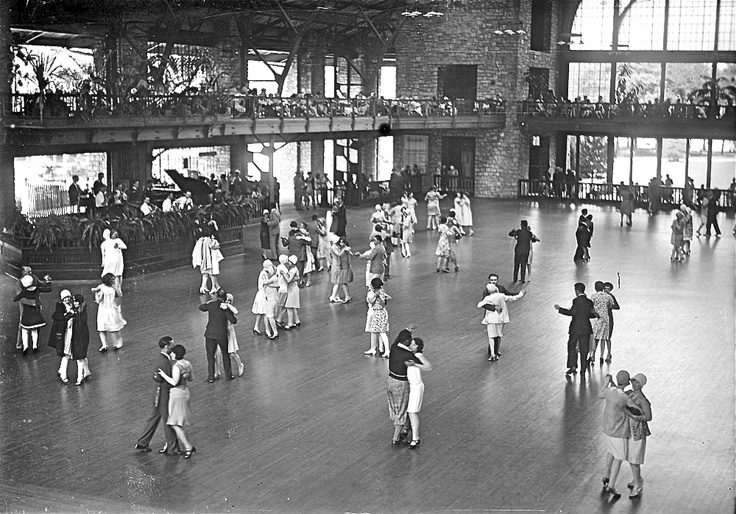
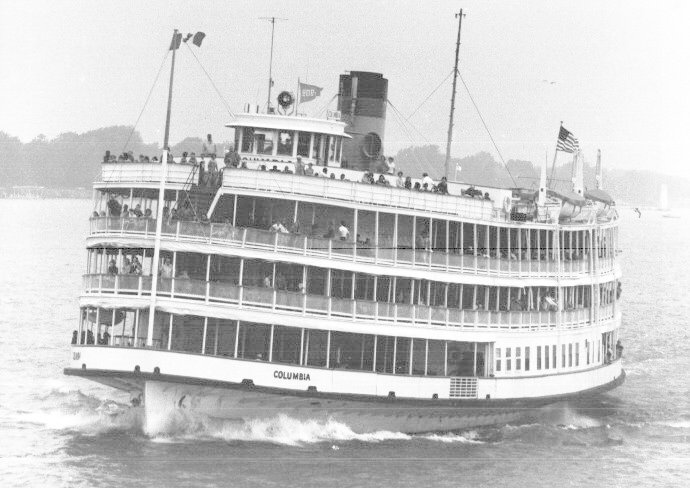


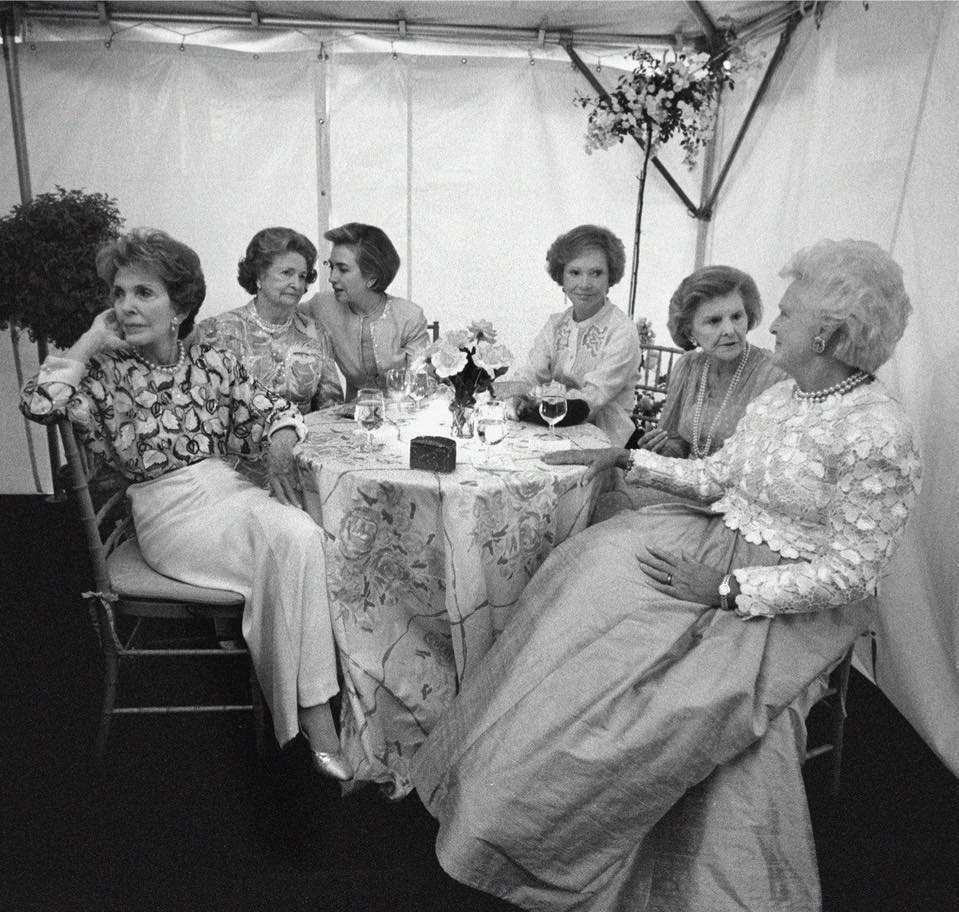

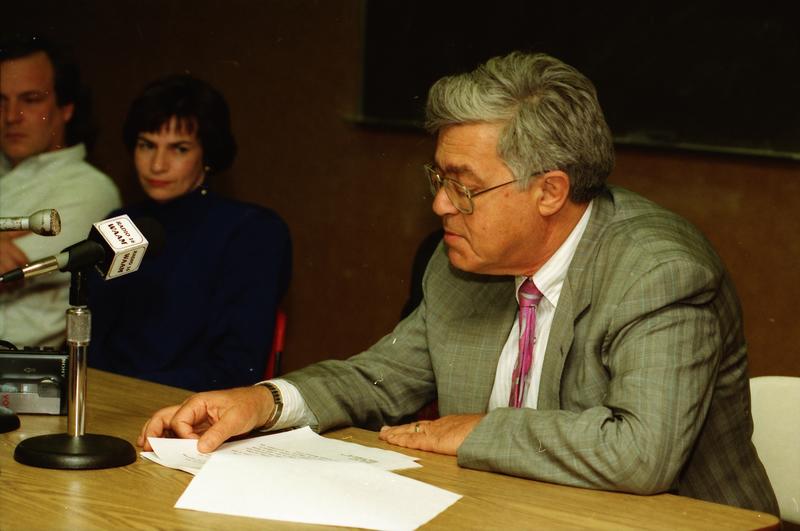
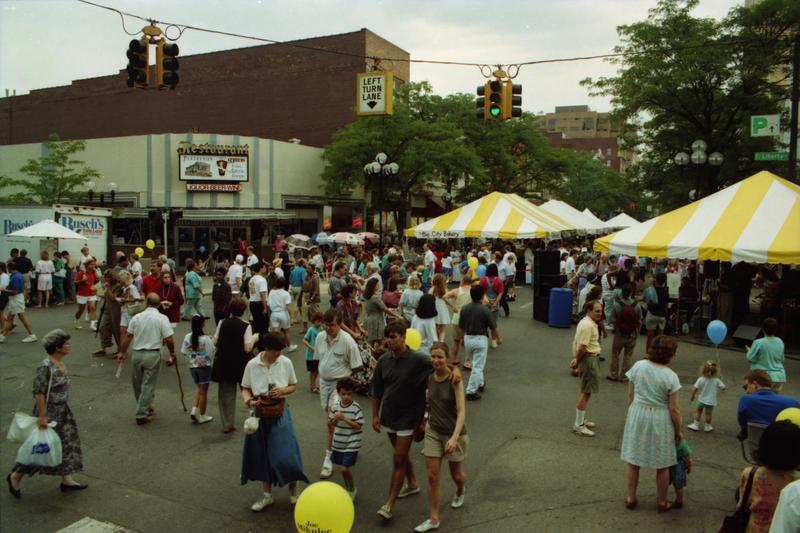











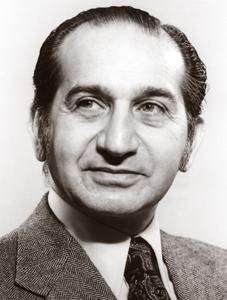


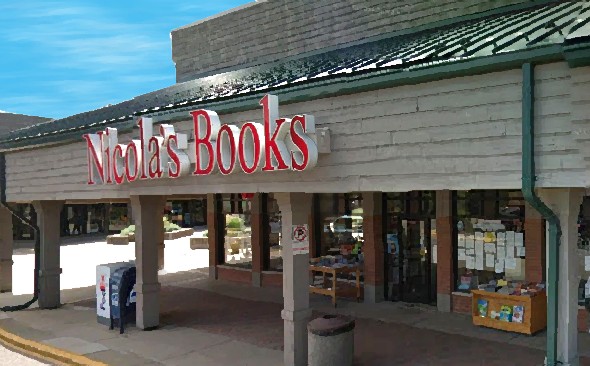
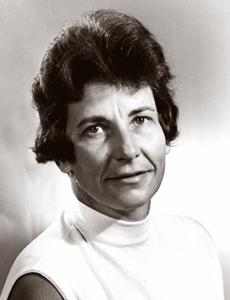
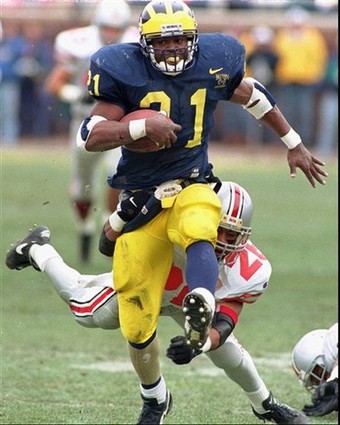



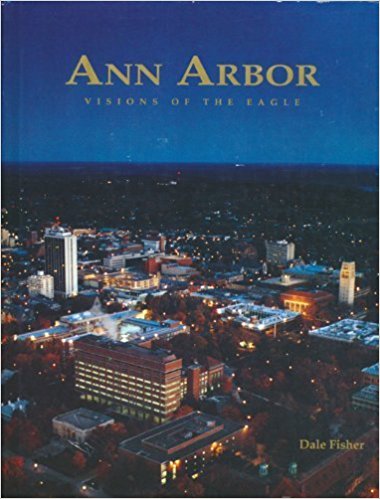

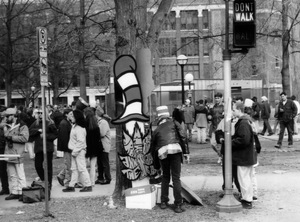
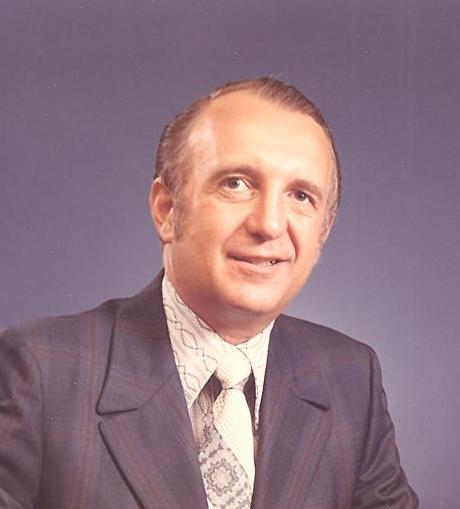



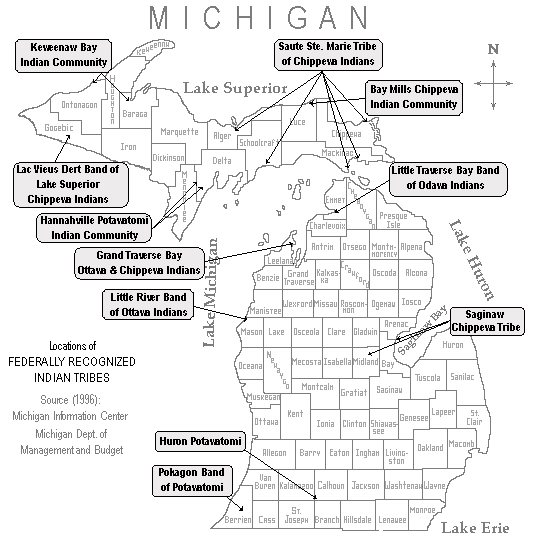


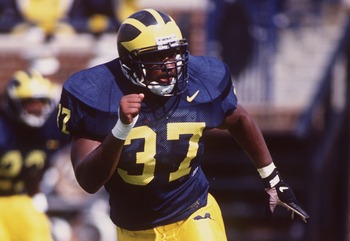

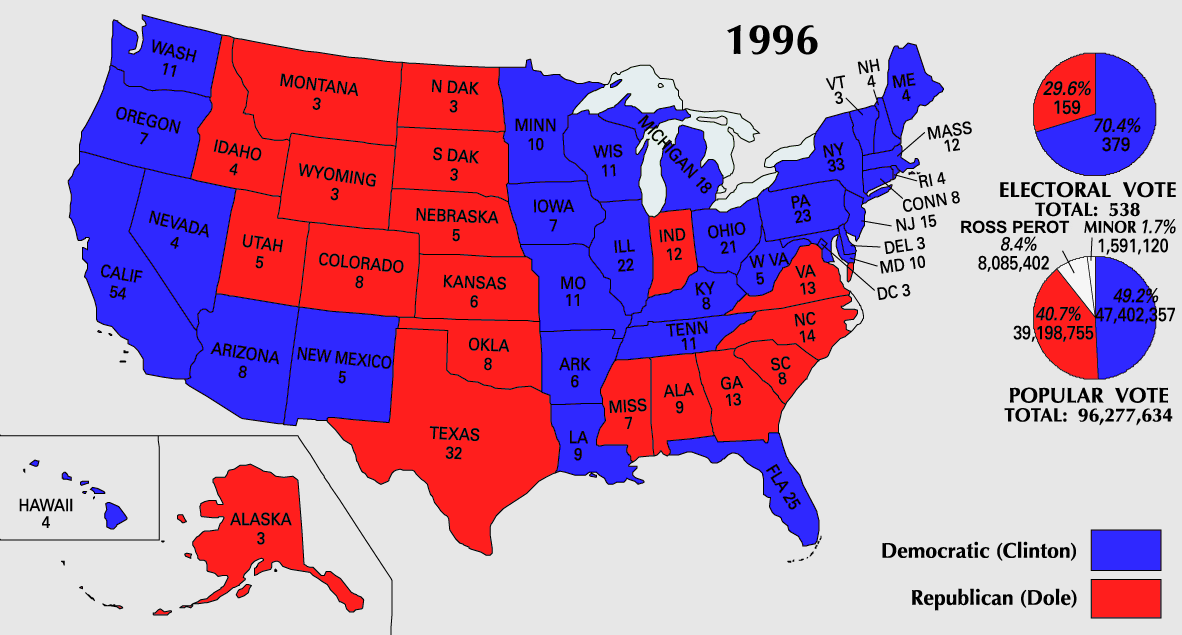





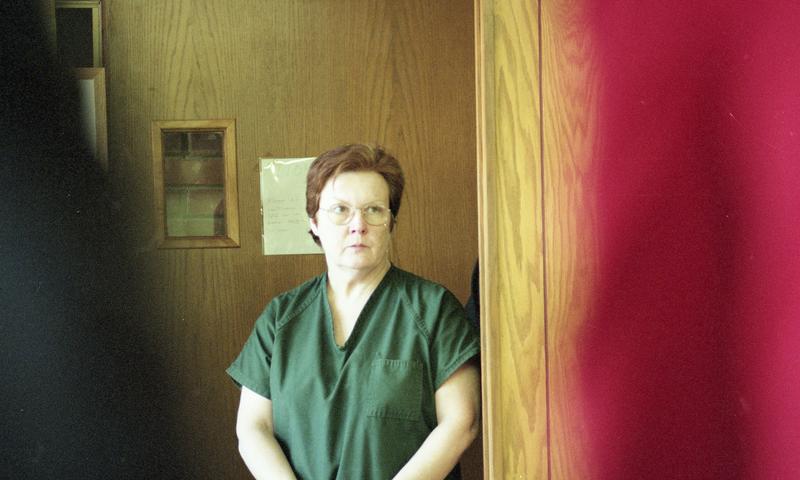


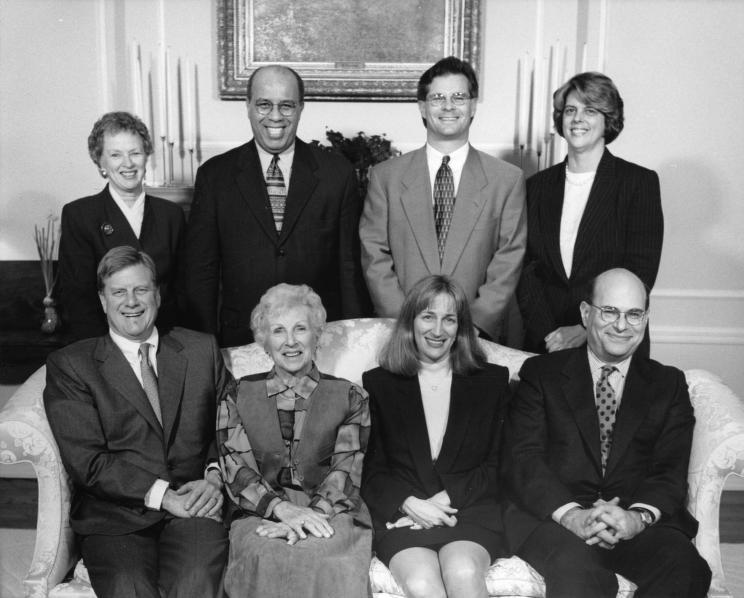

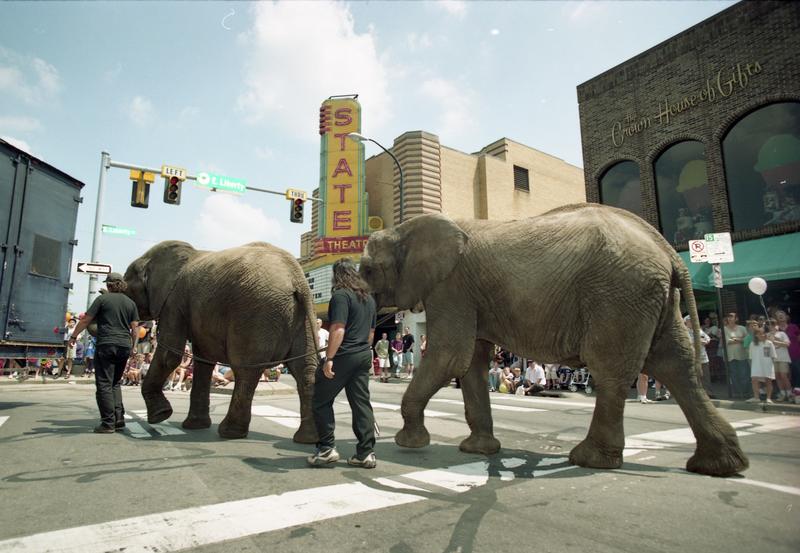





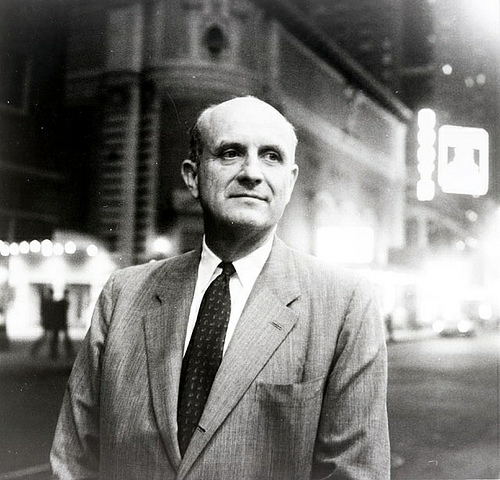




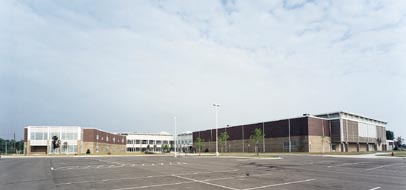

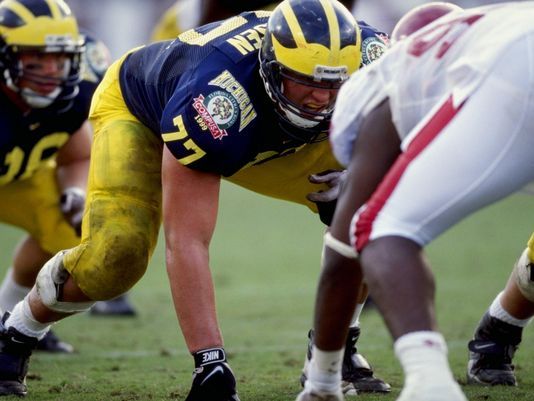


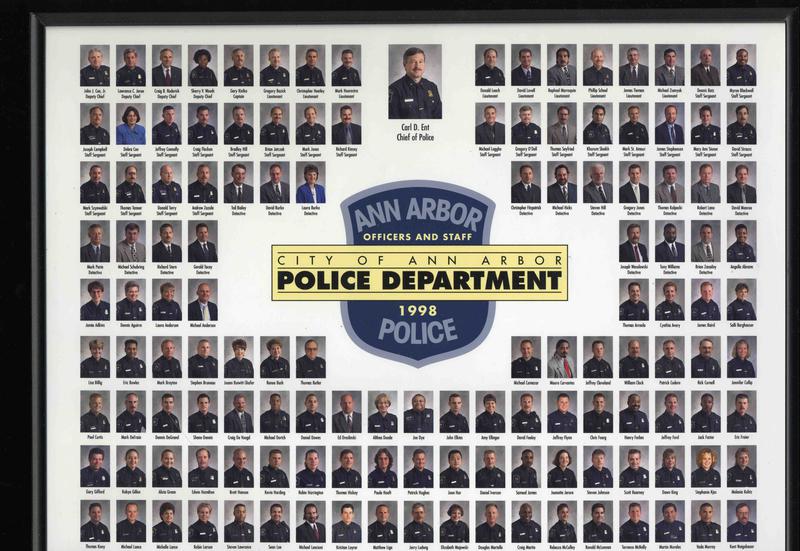
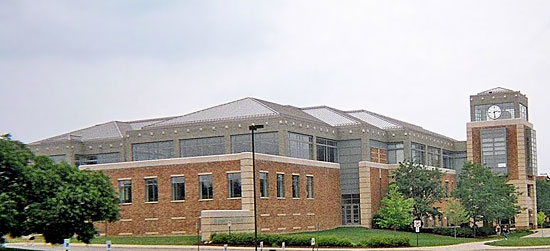

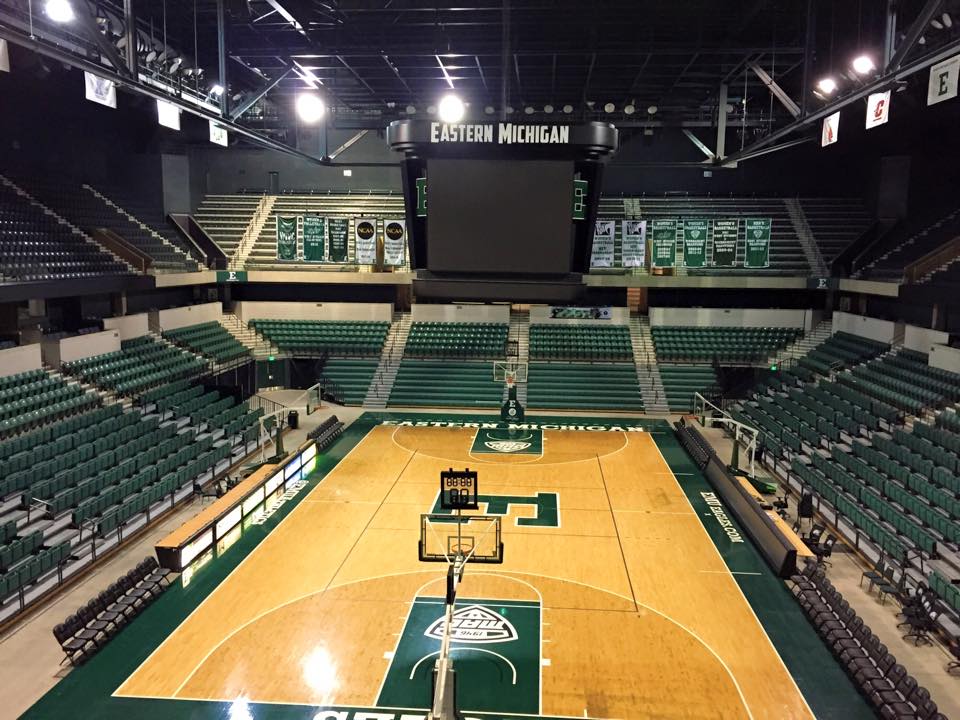









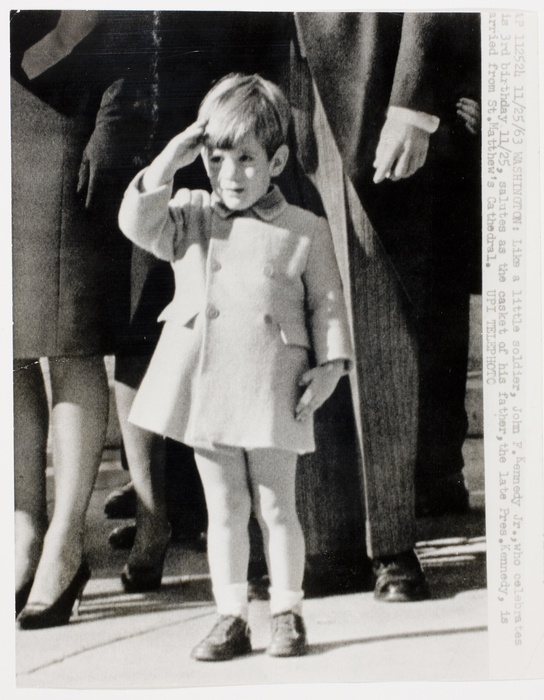
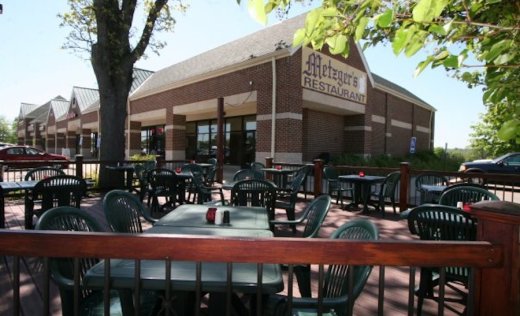
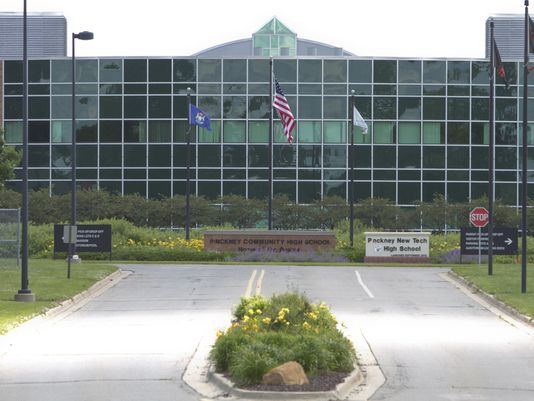

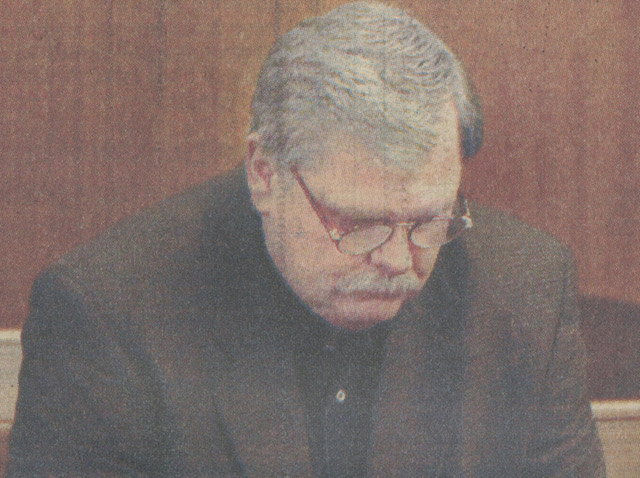
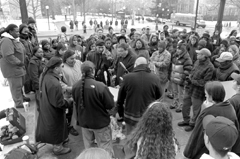
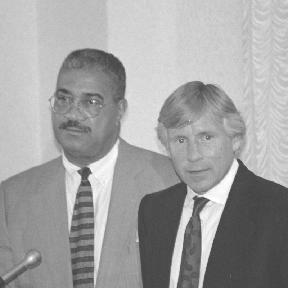




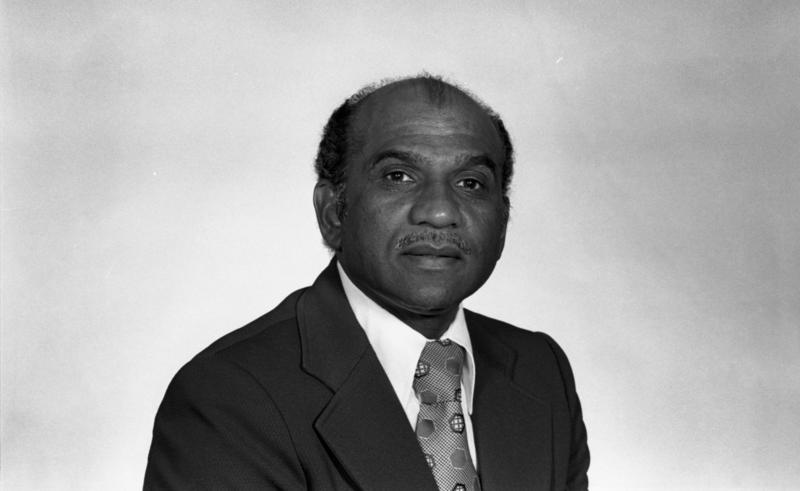

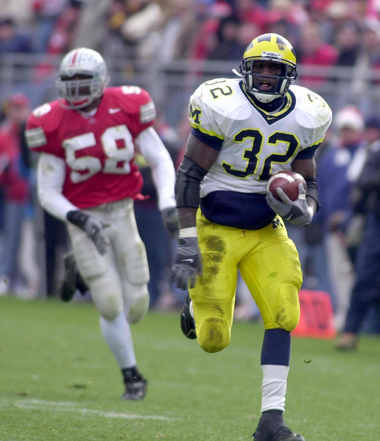
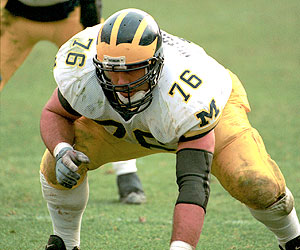
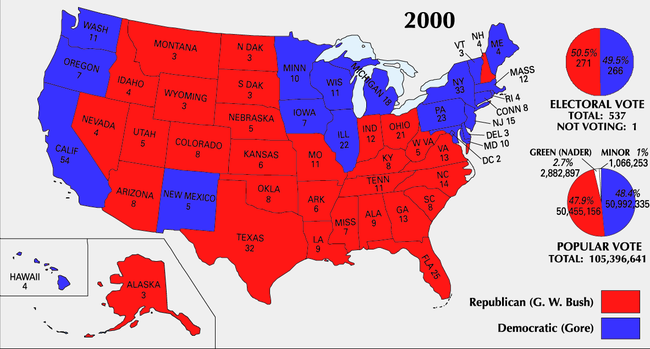

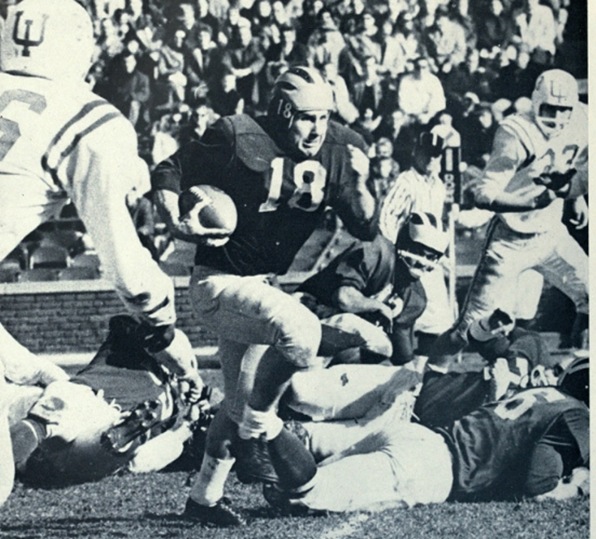


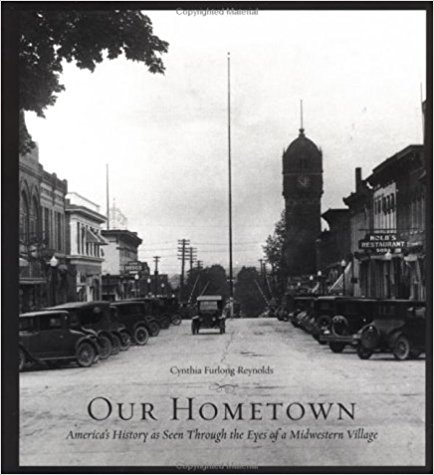




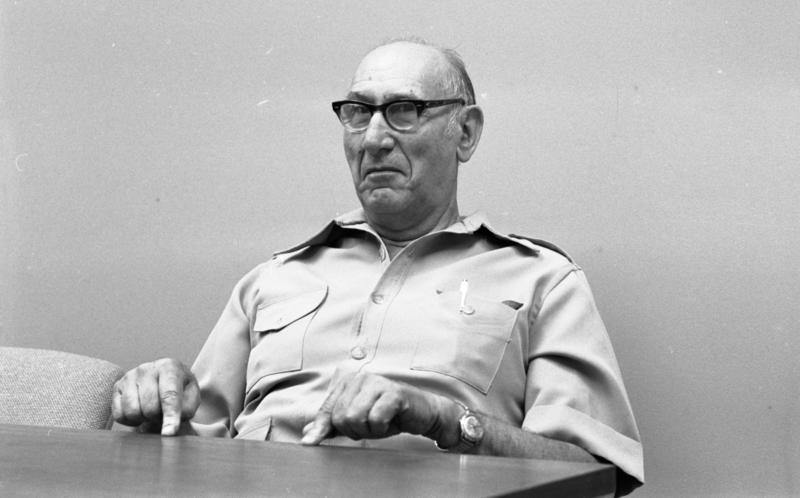


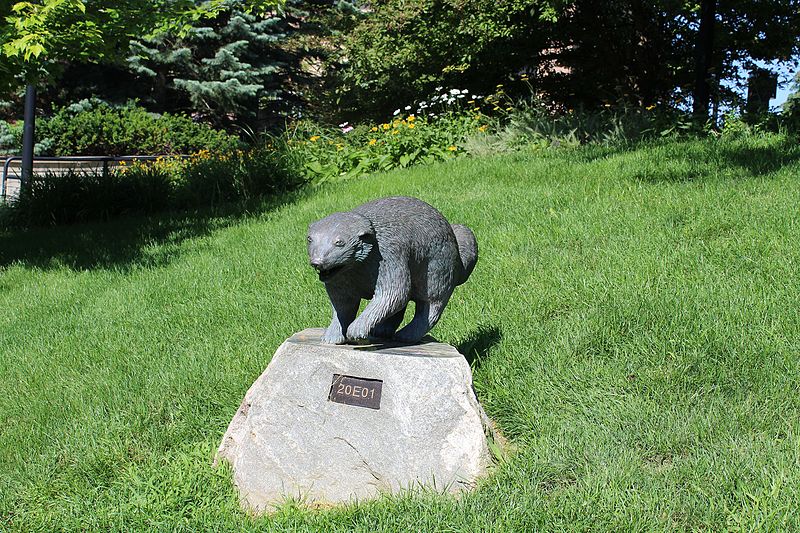


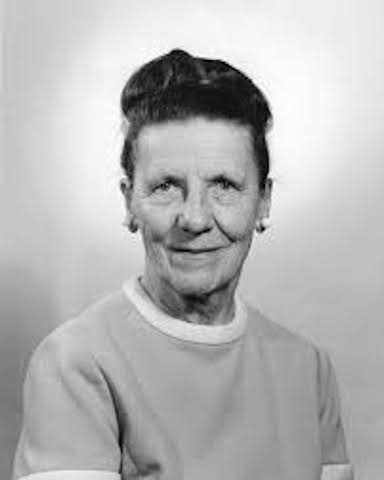
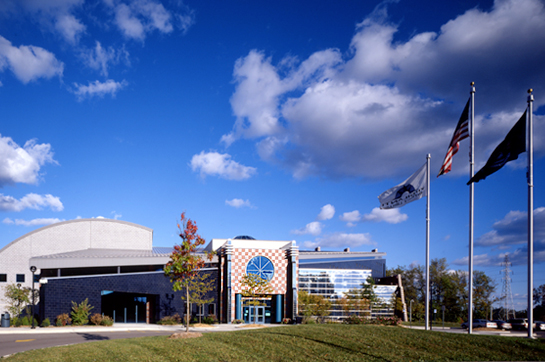
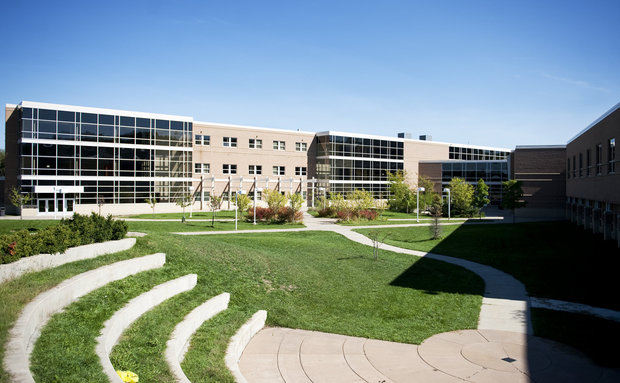






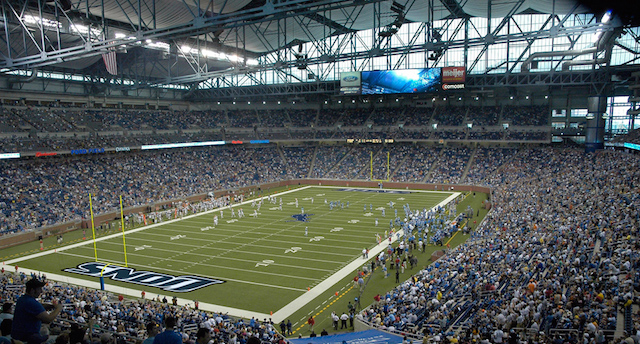




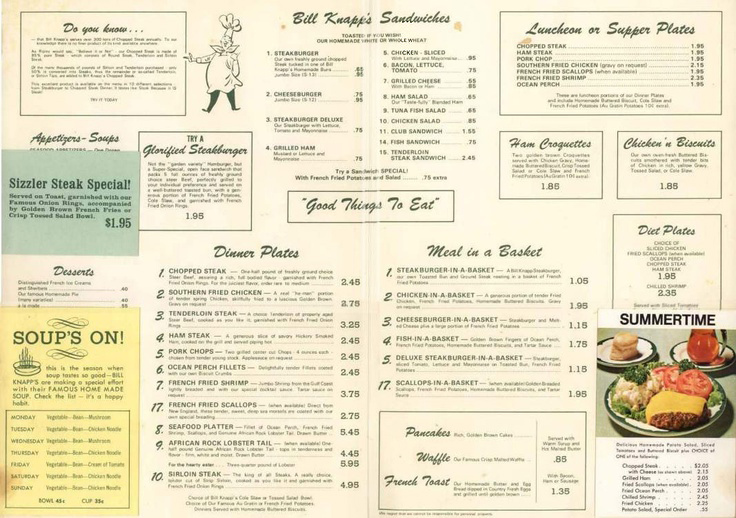

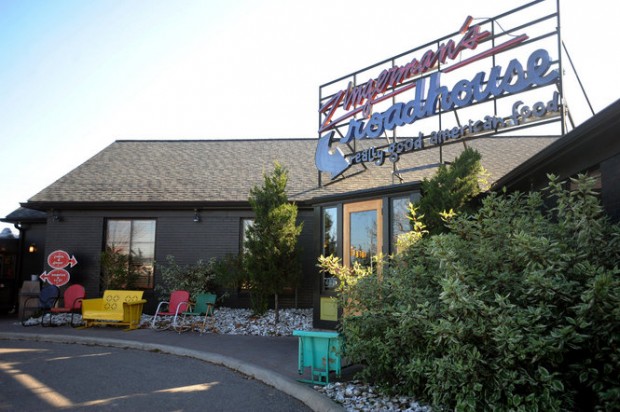
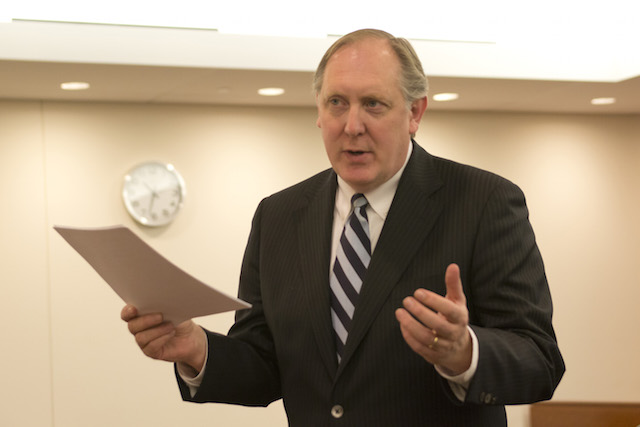
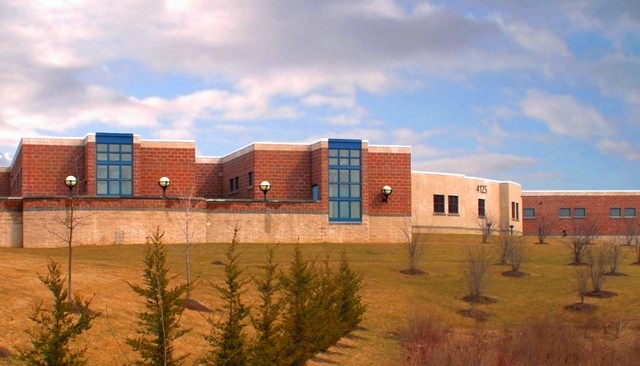
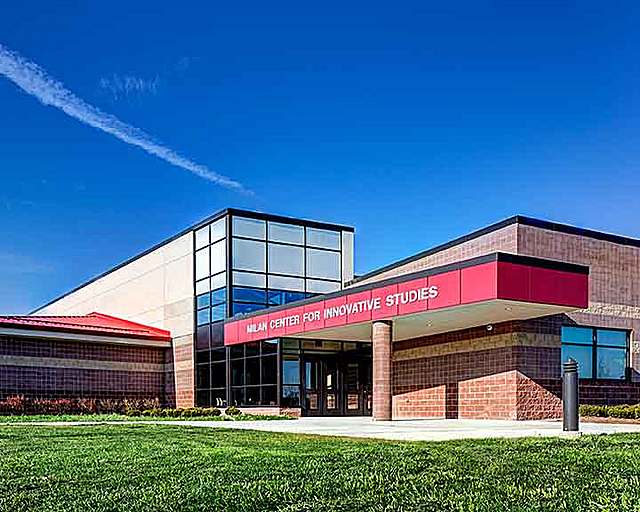
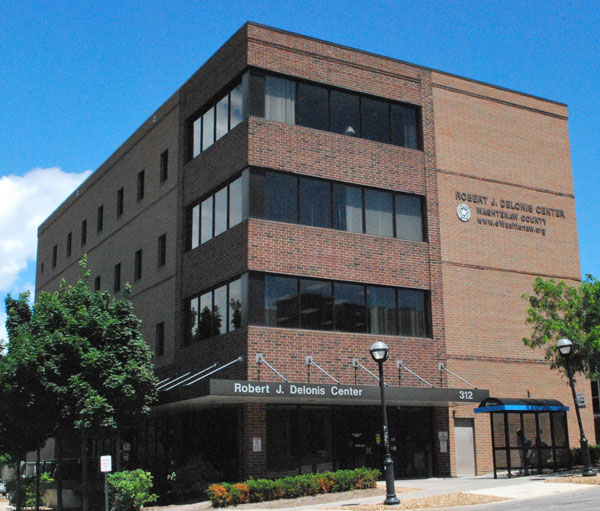
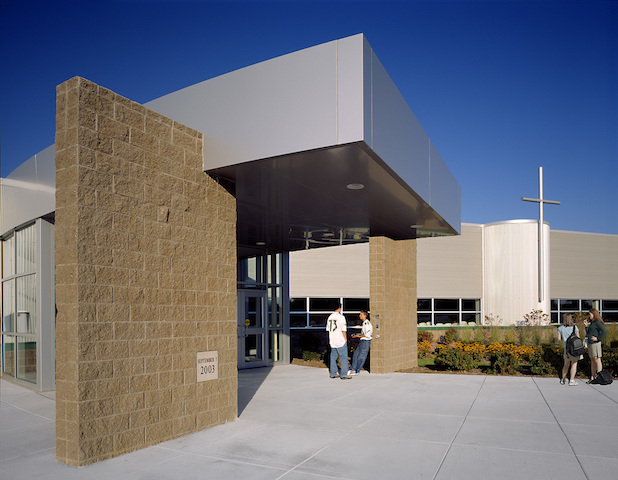

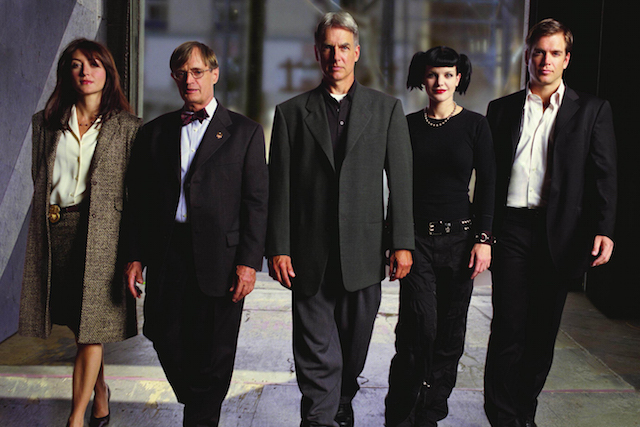
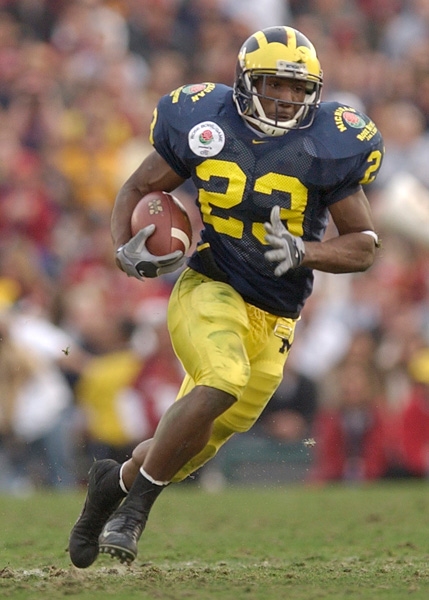
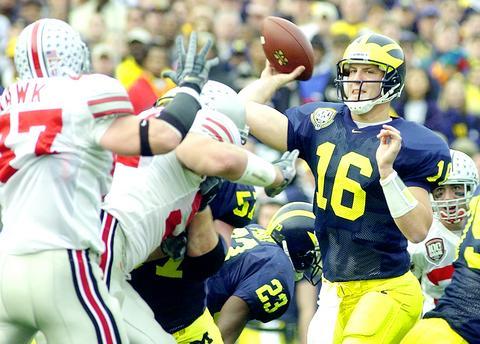
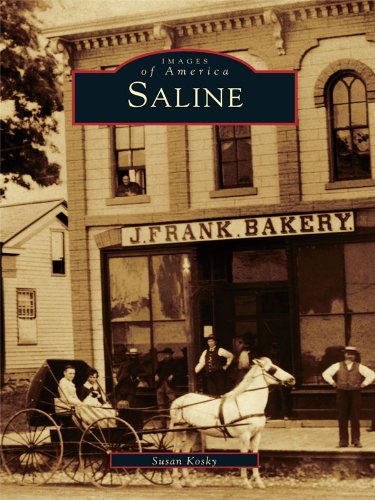

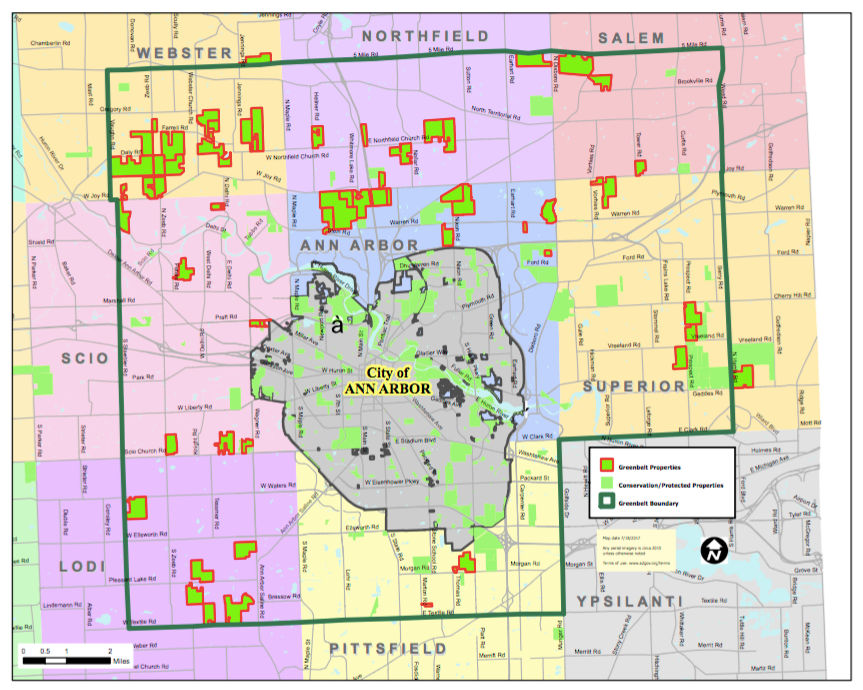
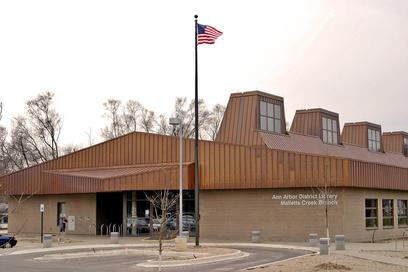
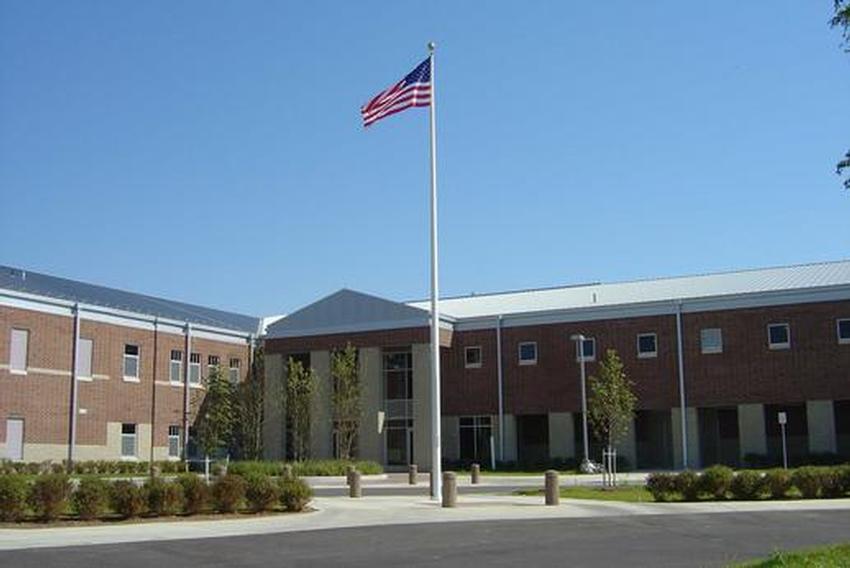



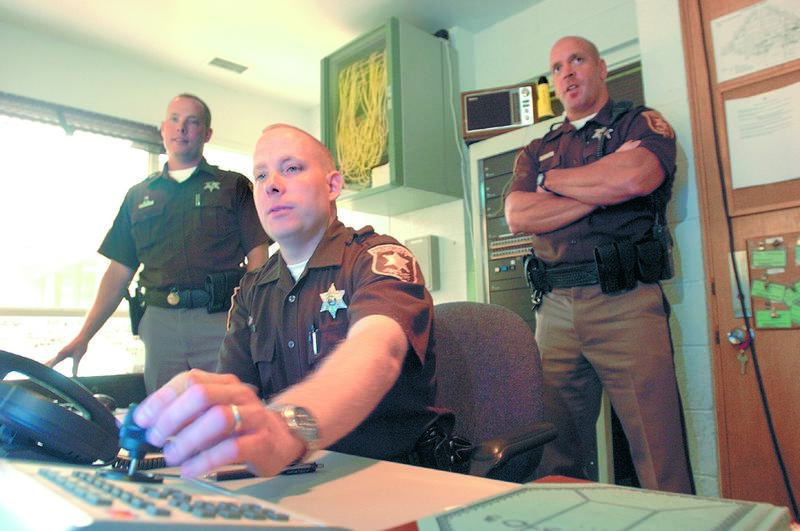



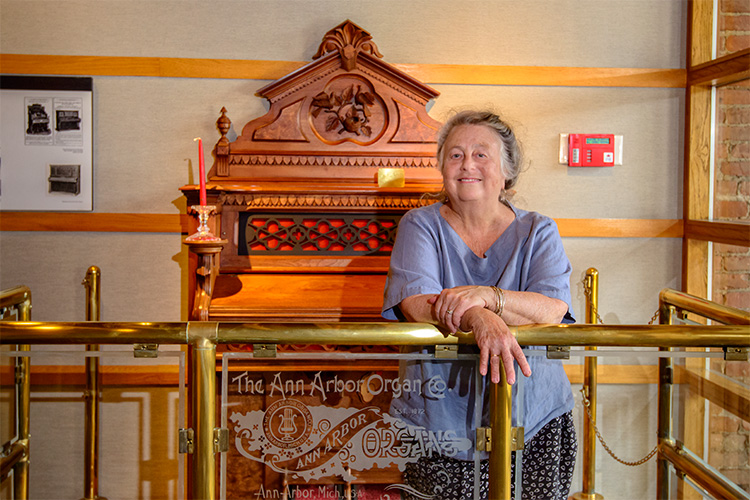


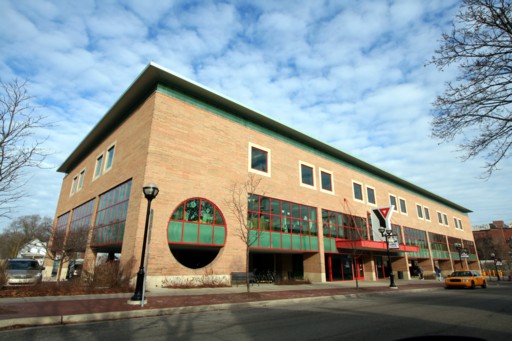







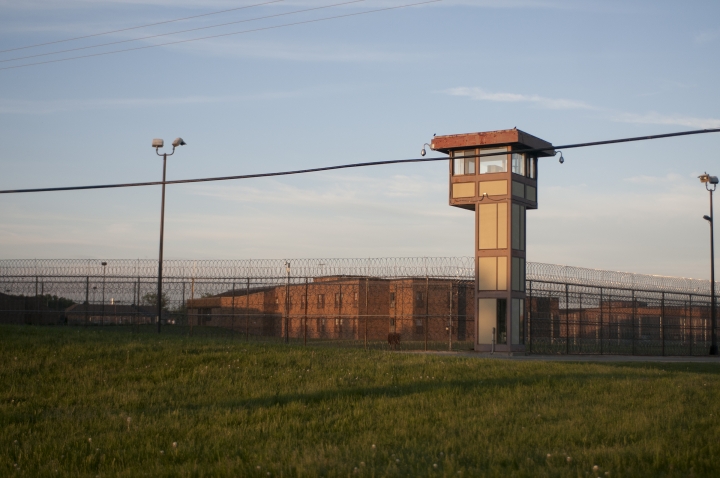
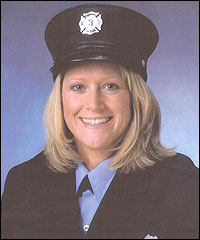
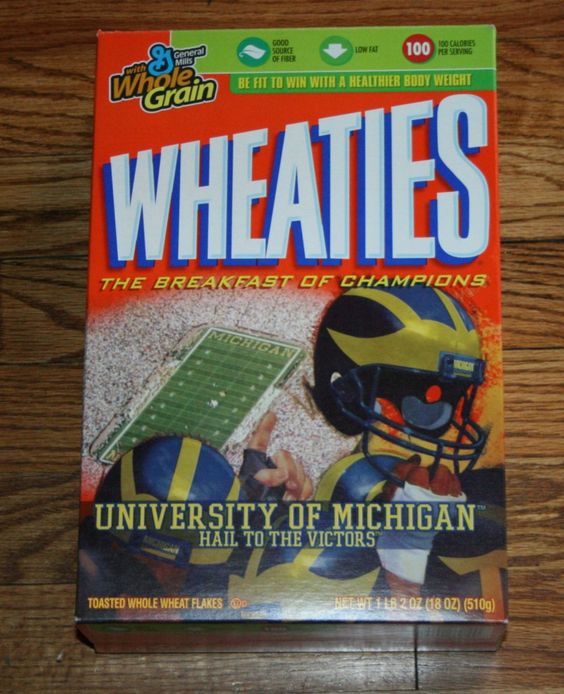


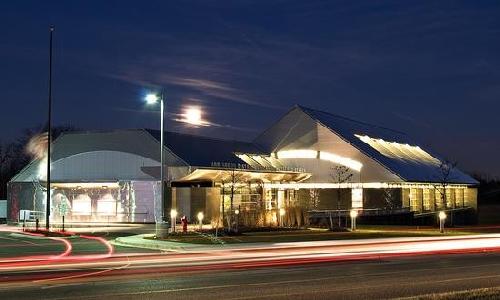


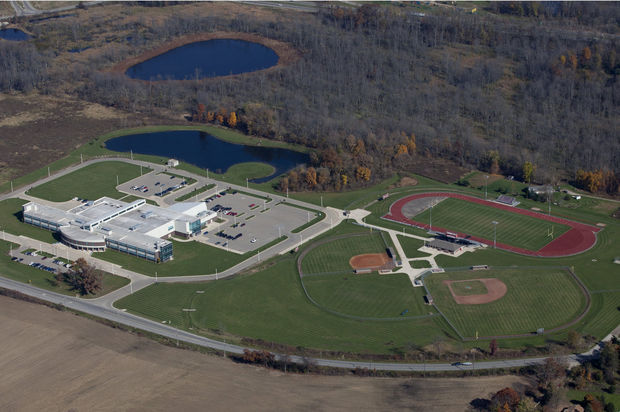
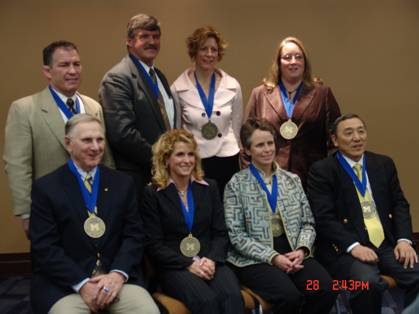


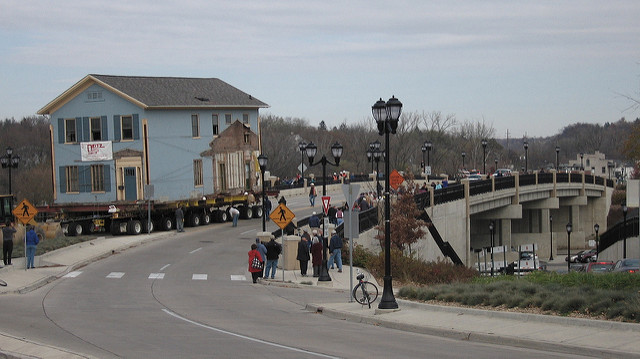





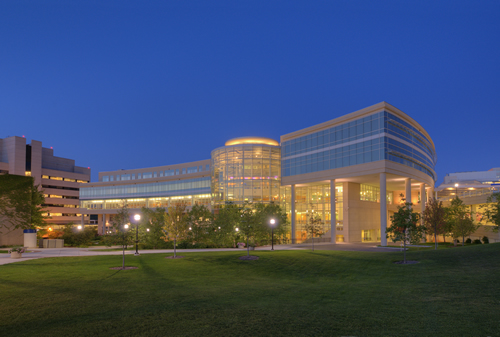


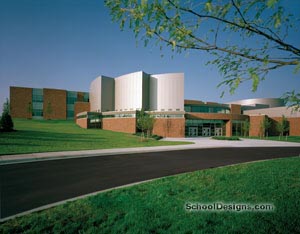

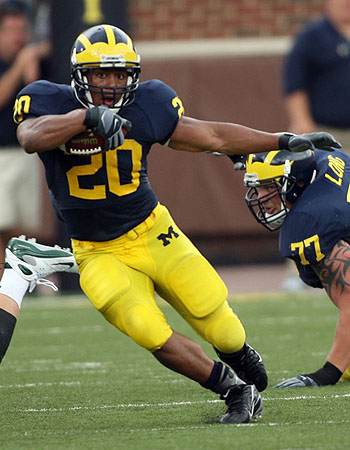
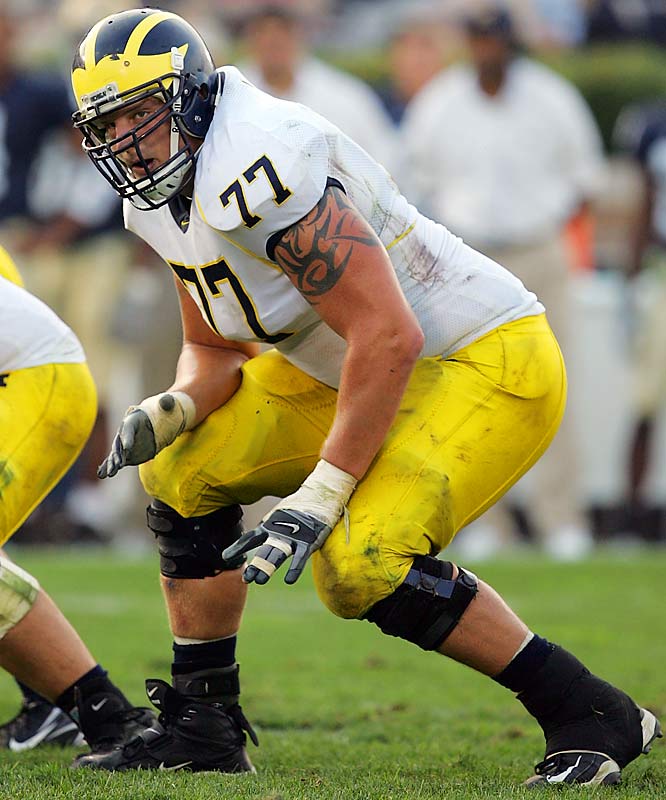 Michigan defeated #9 Florida in the
Michigan defeated #9 Florida in the 







